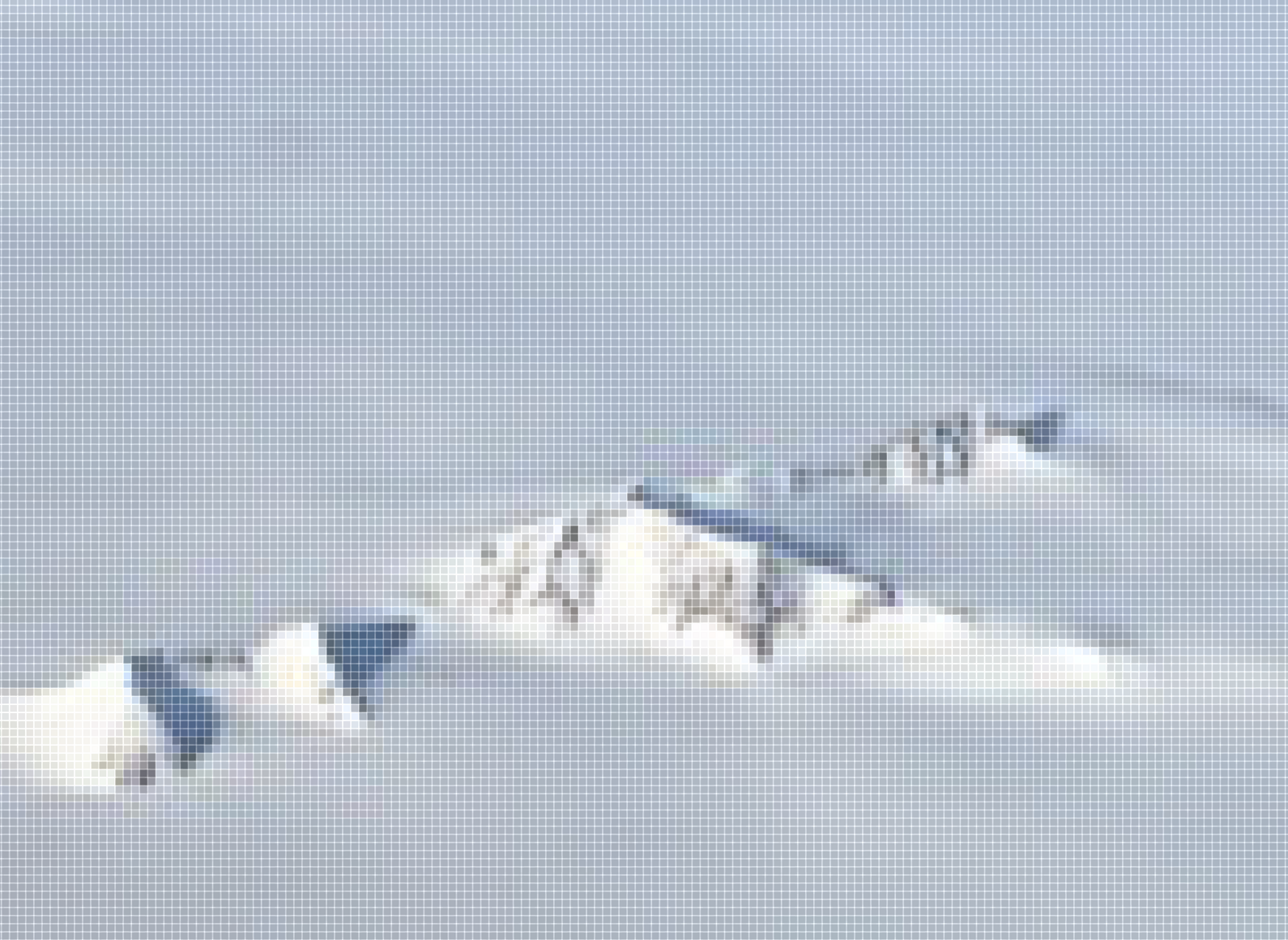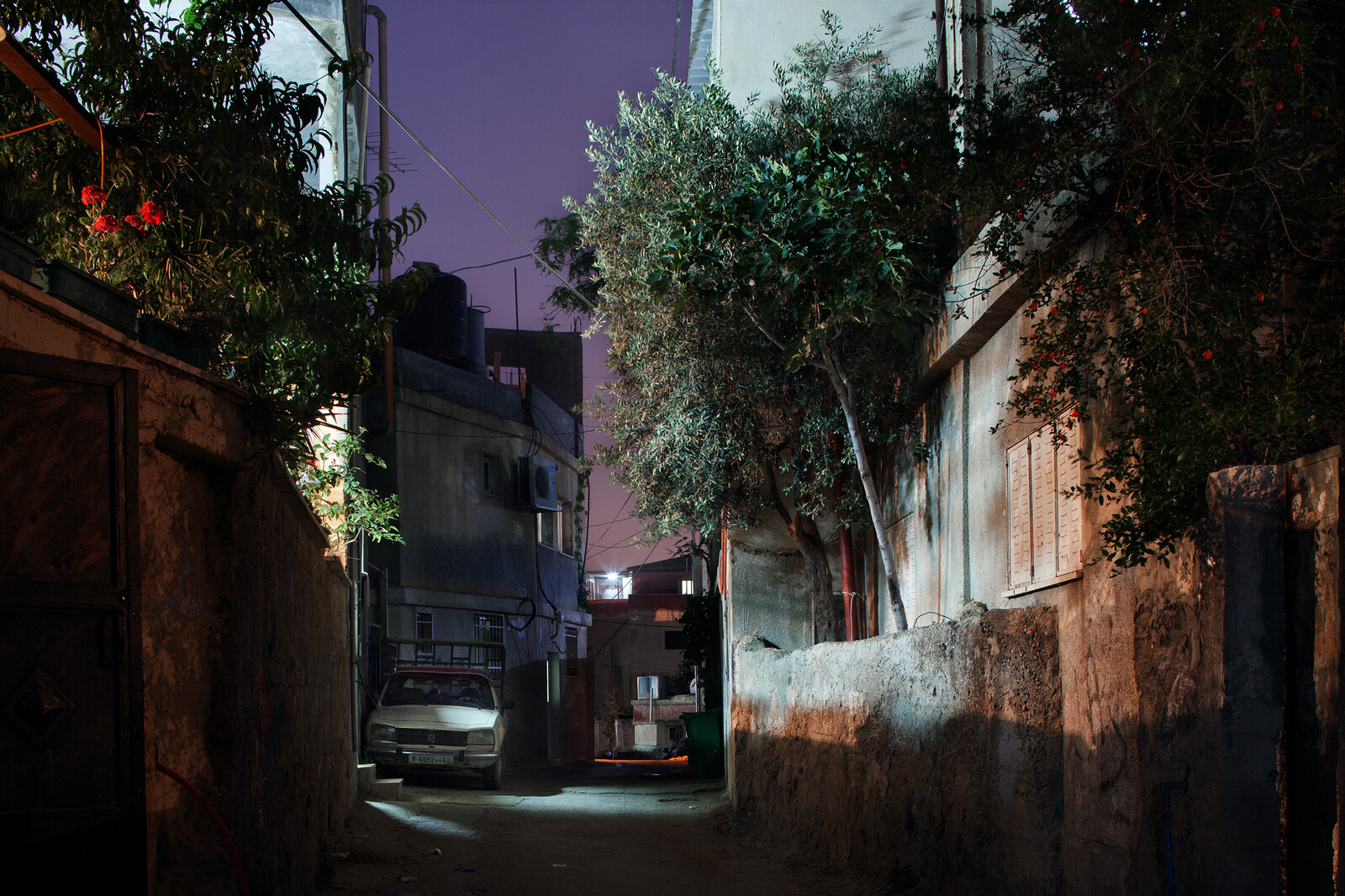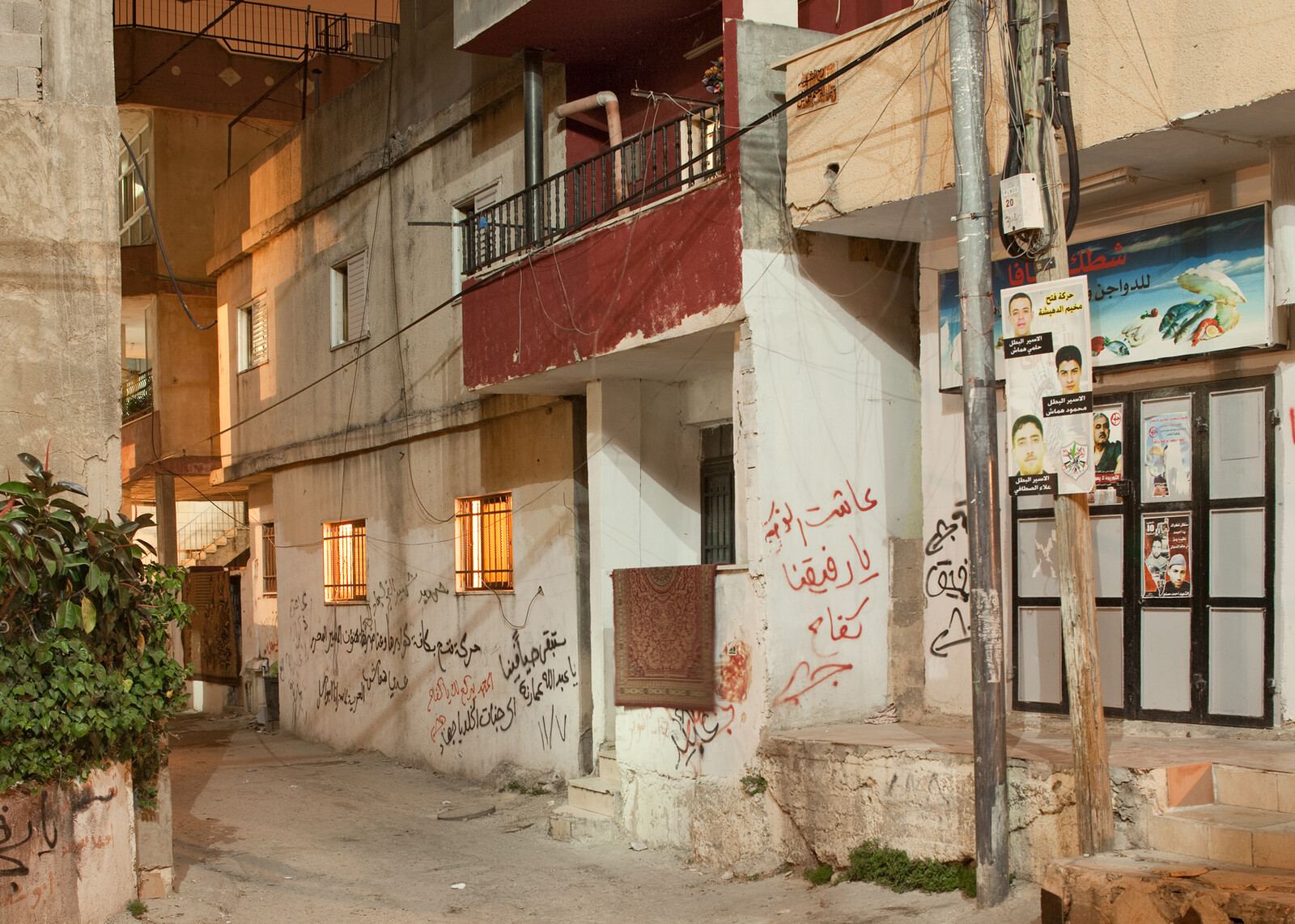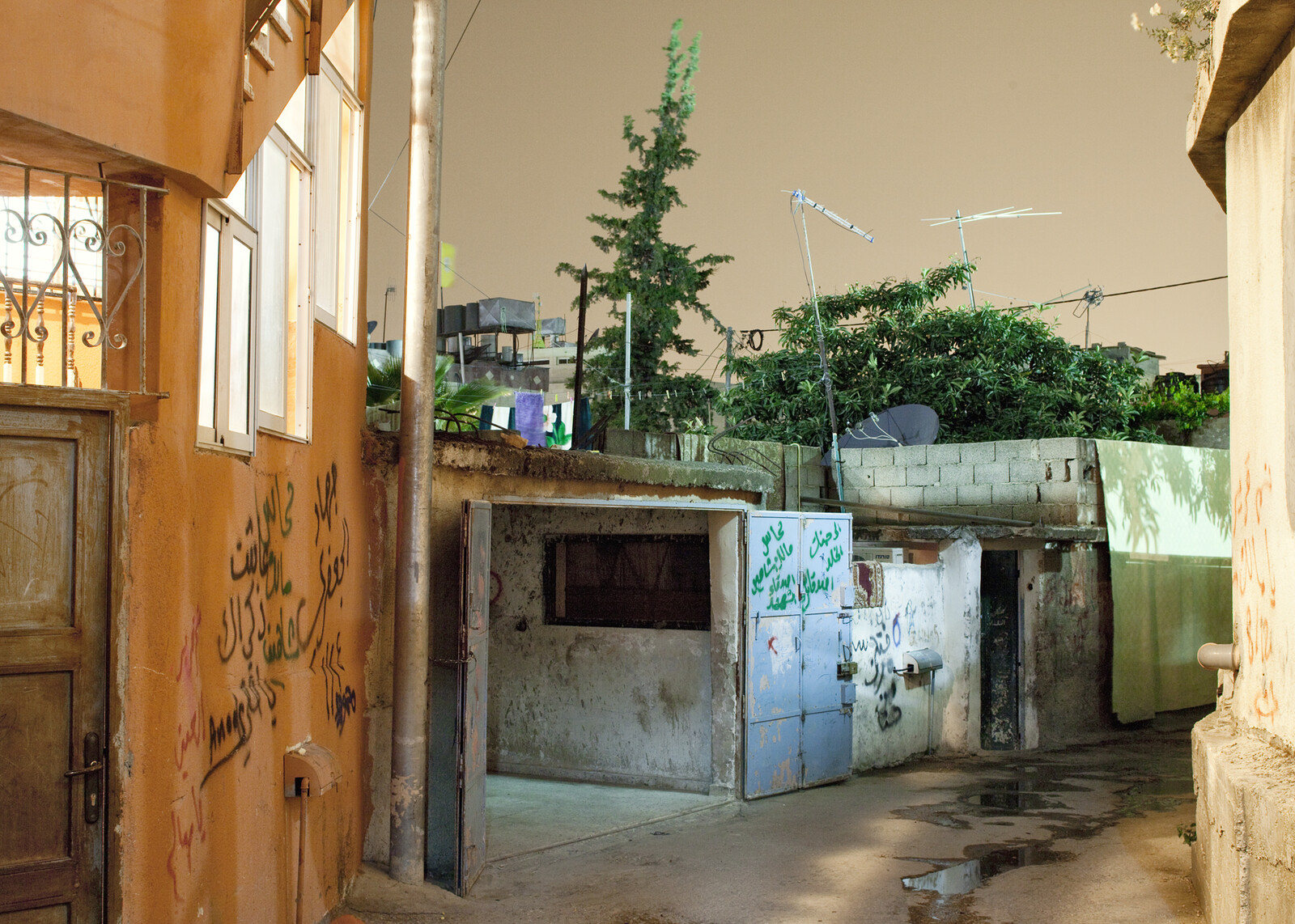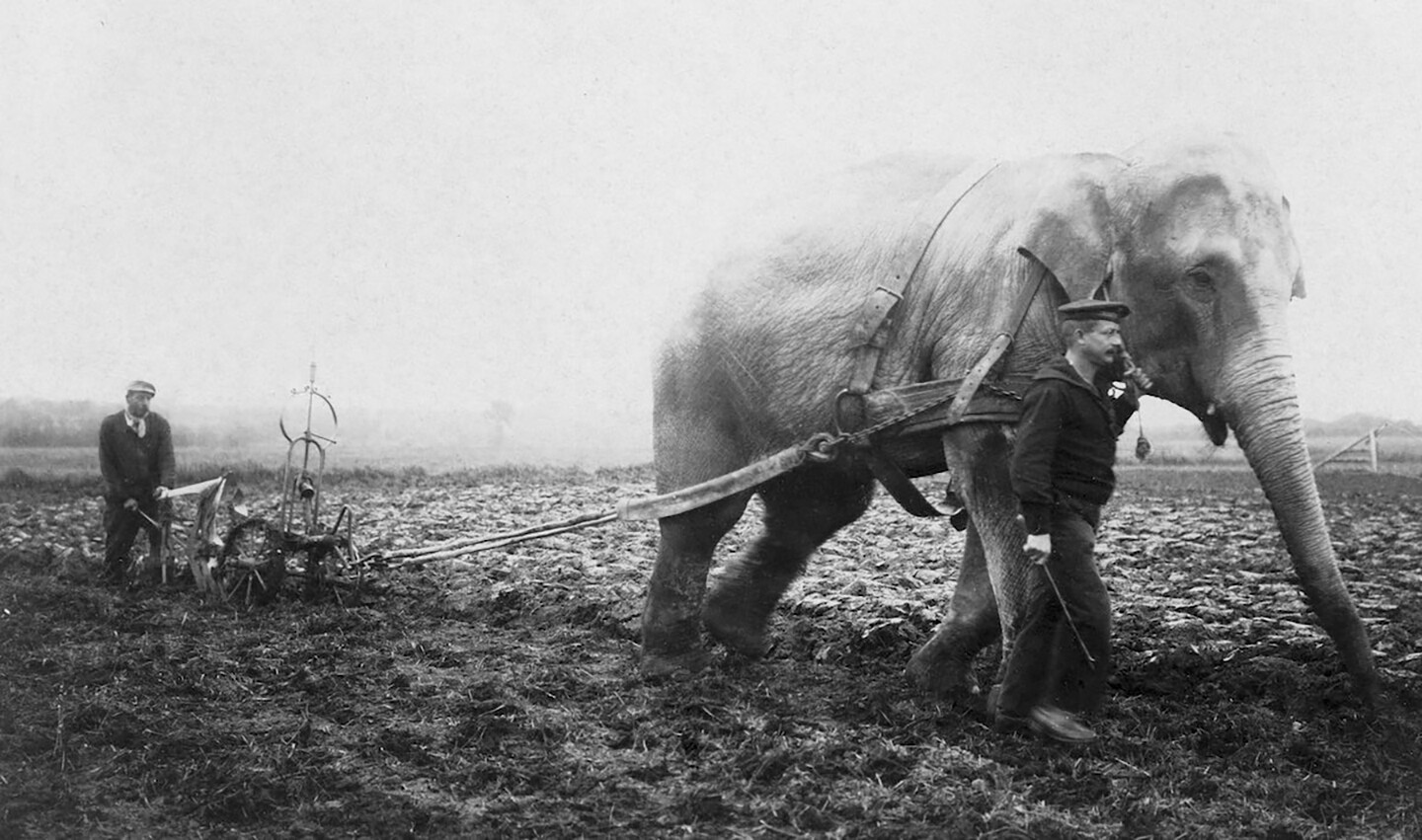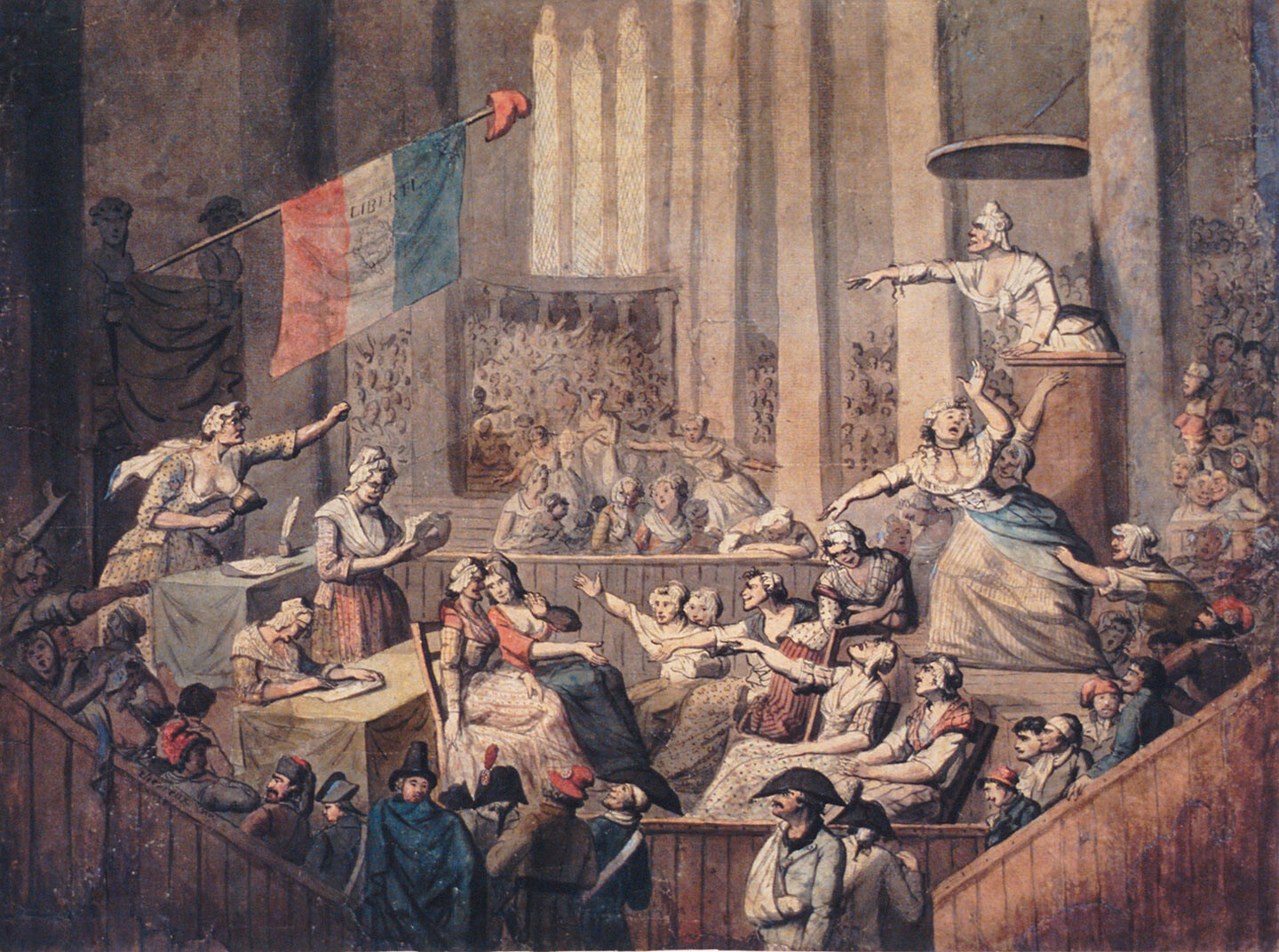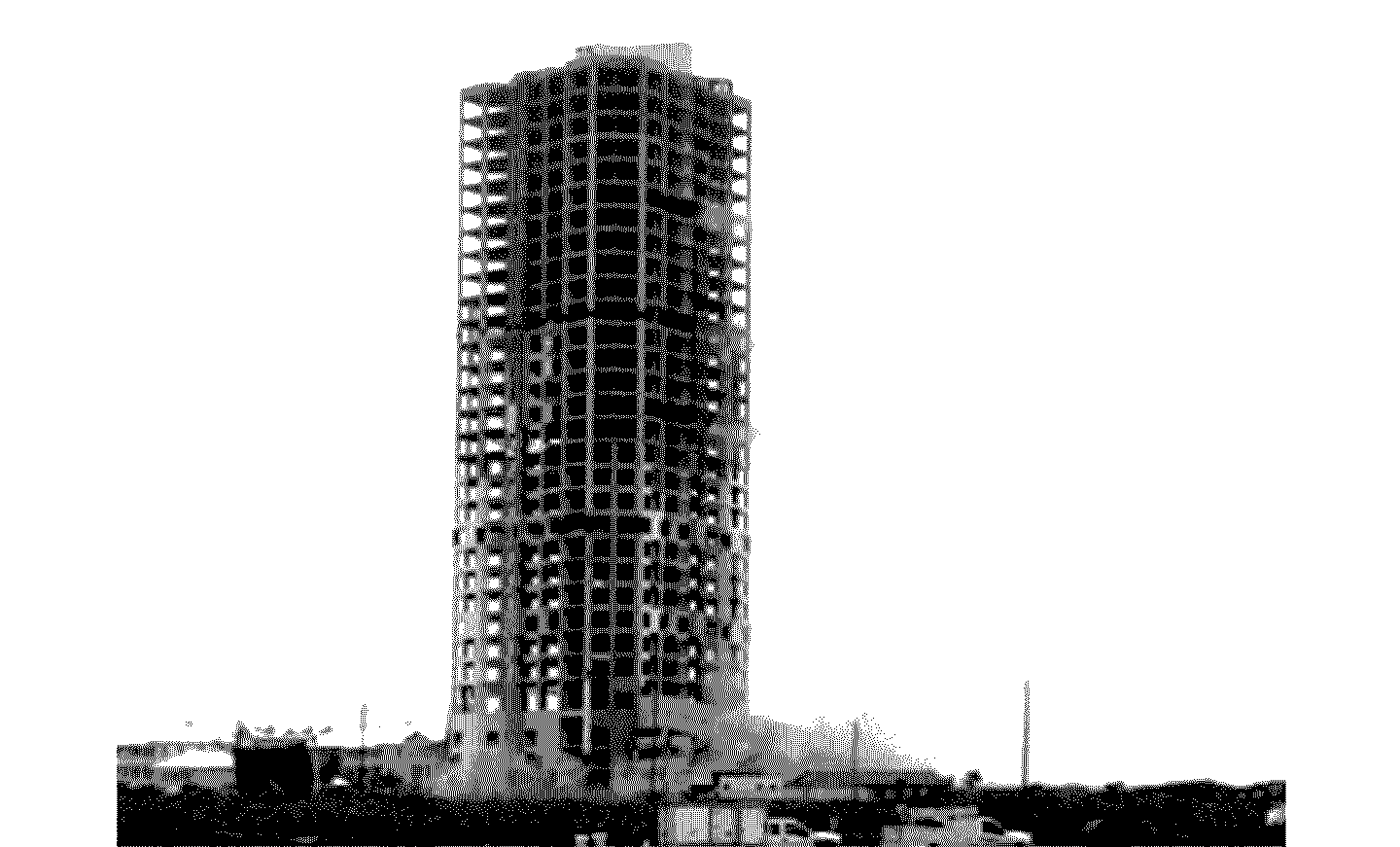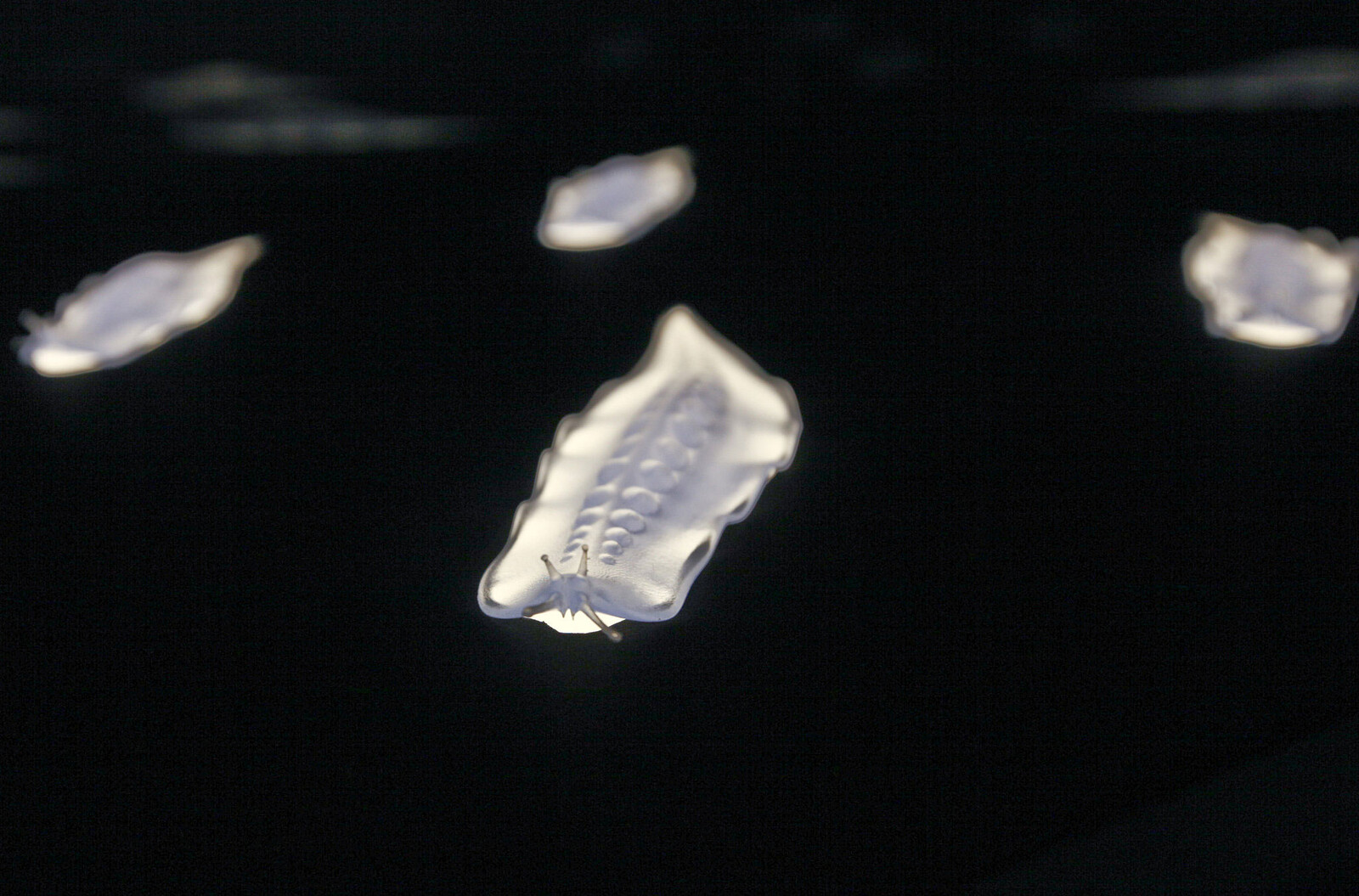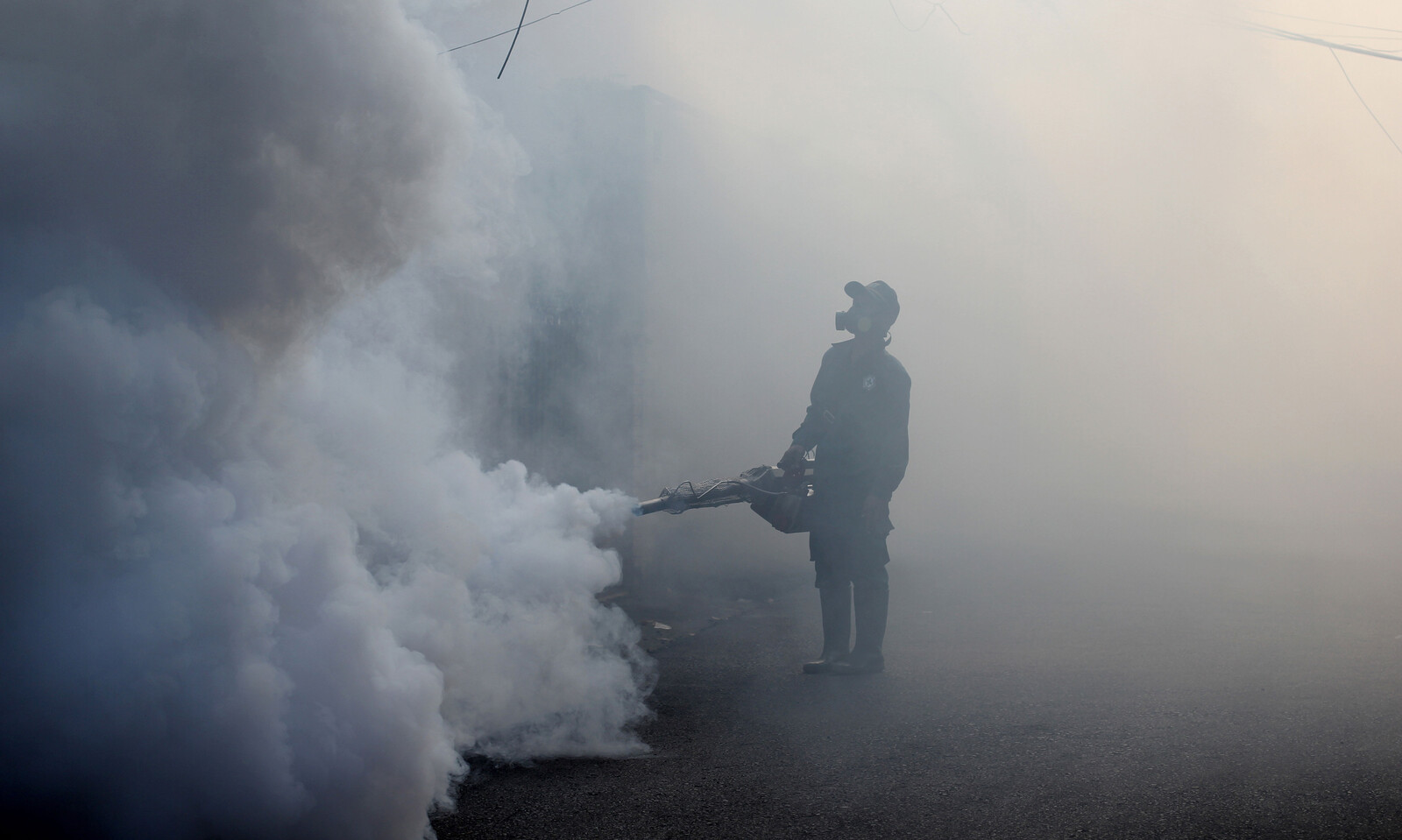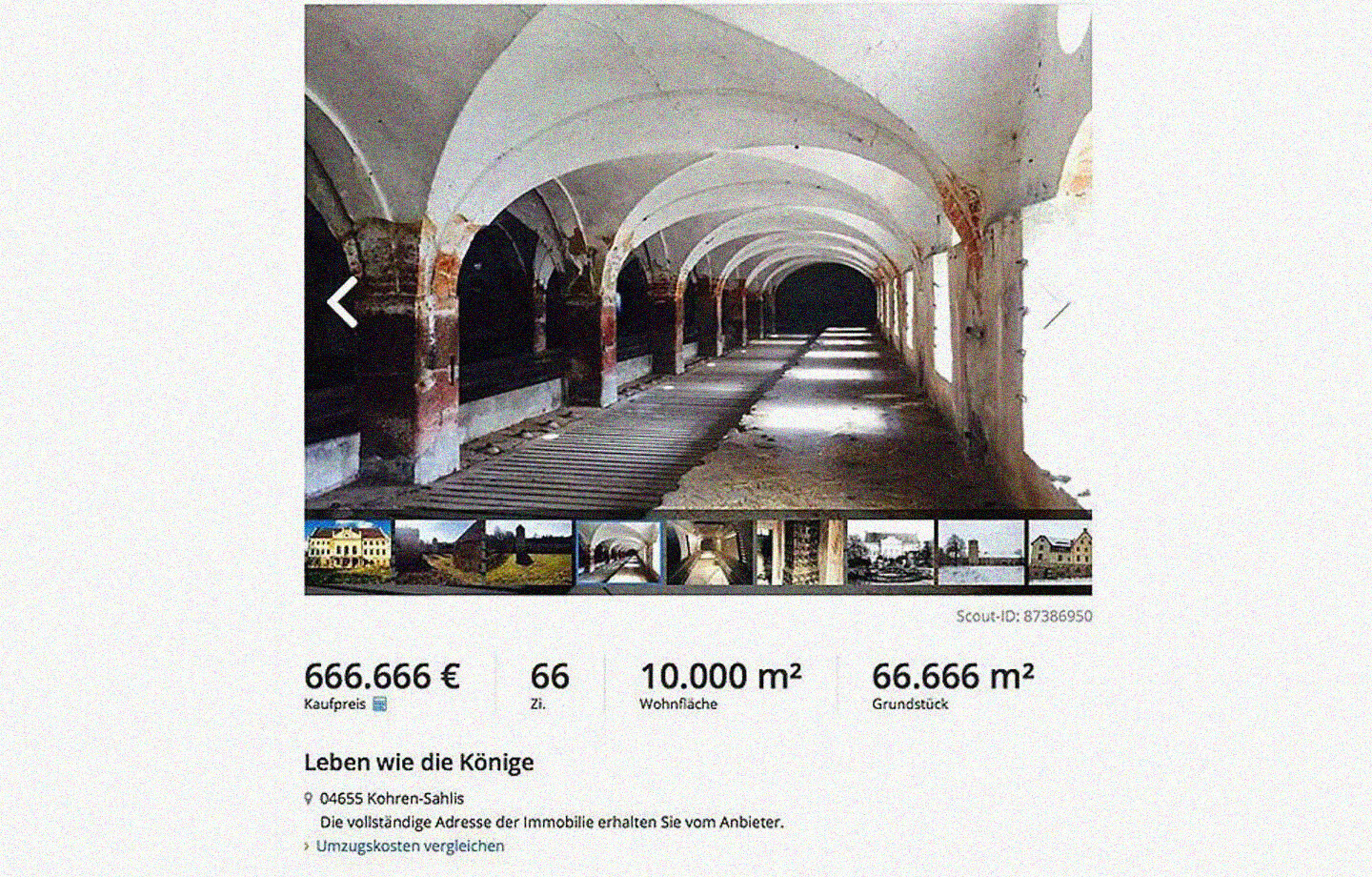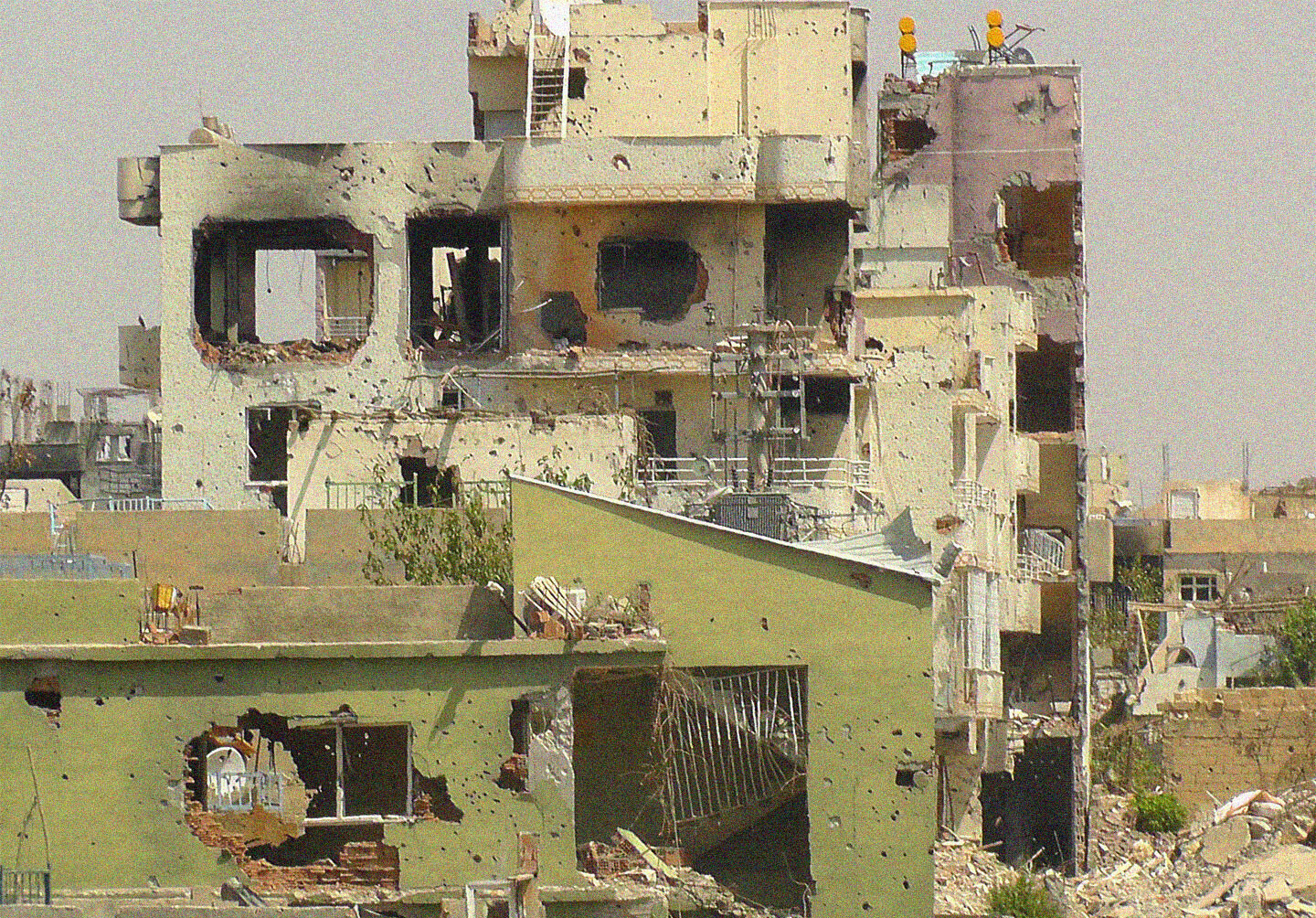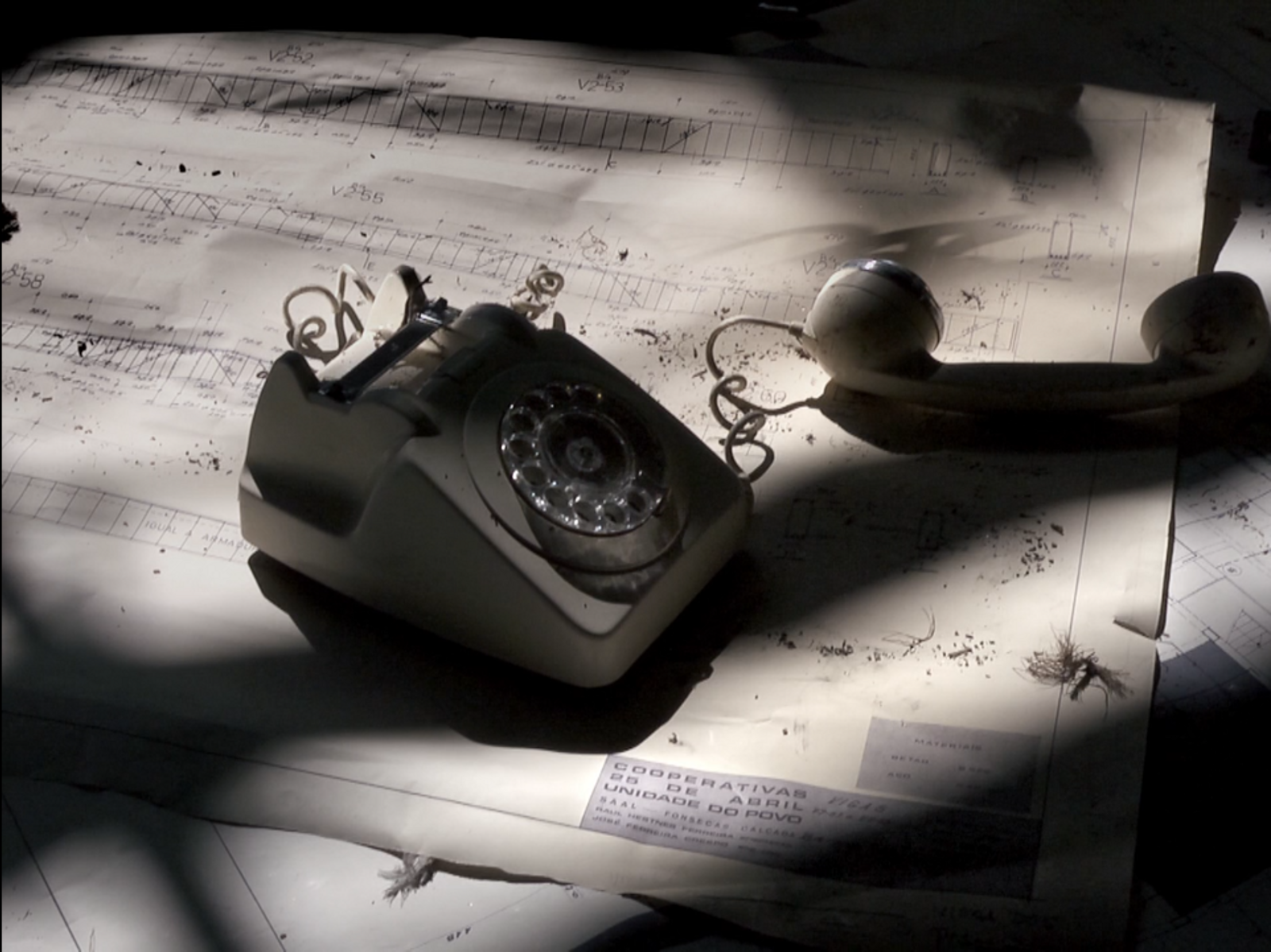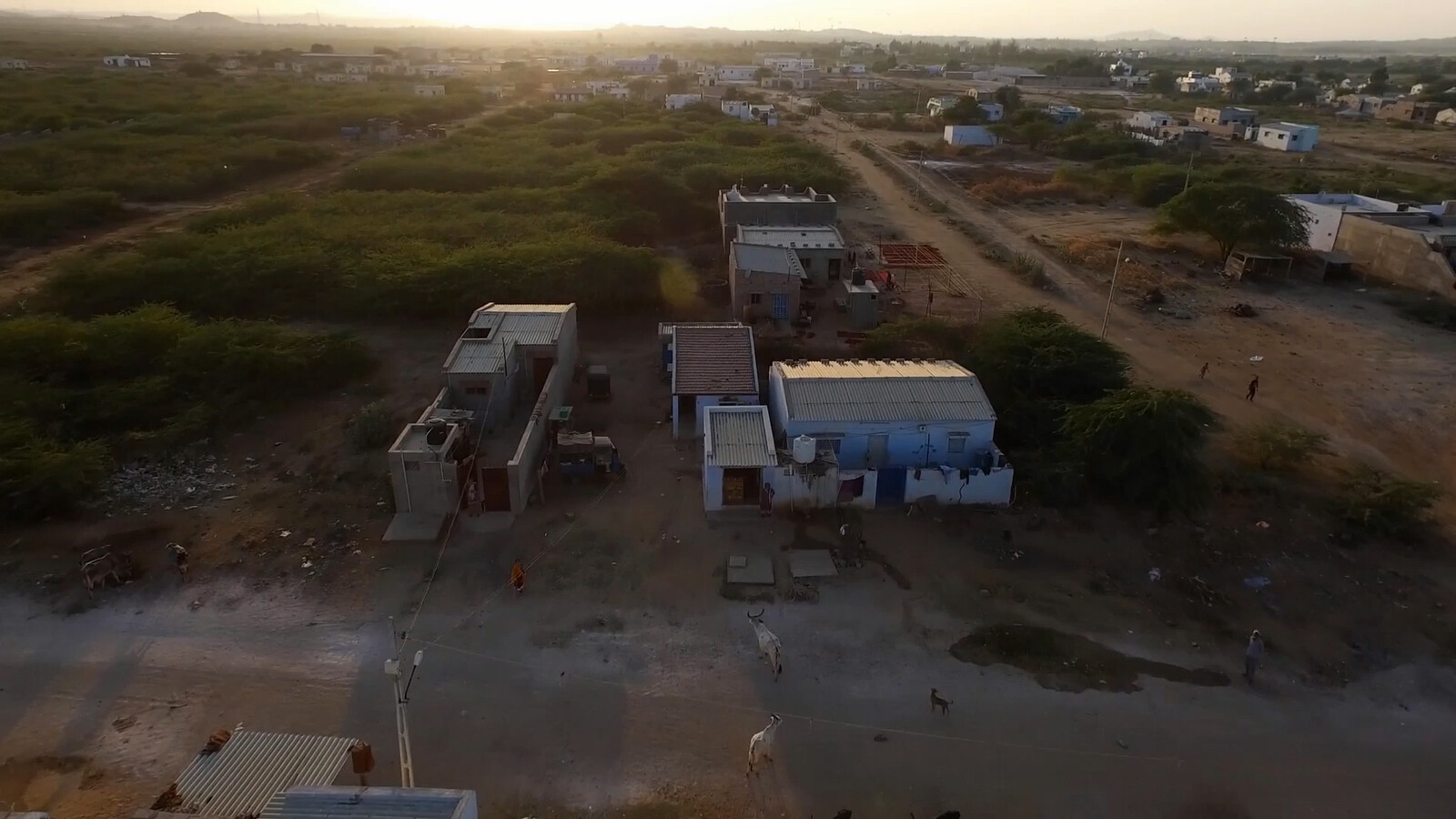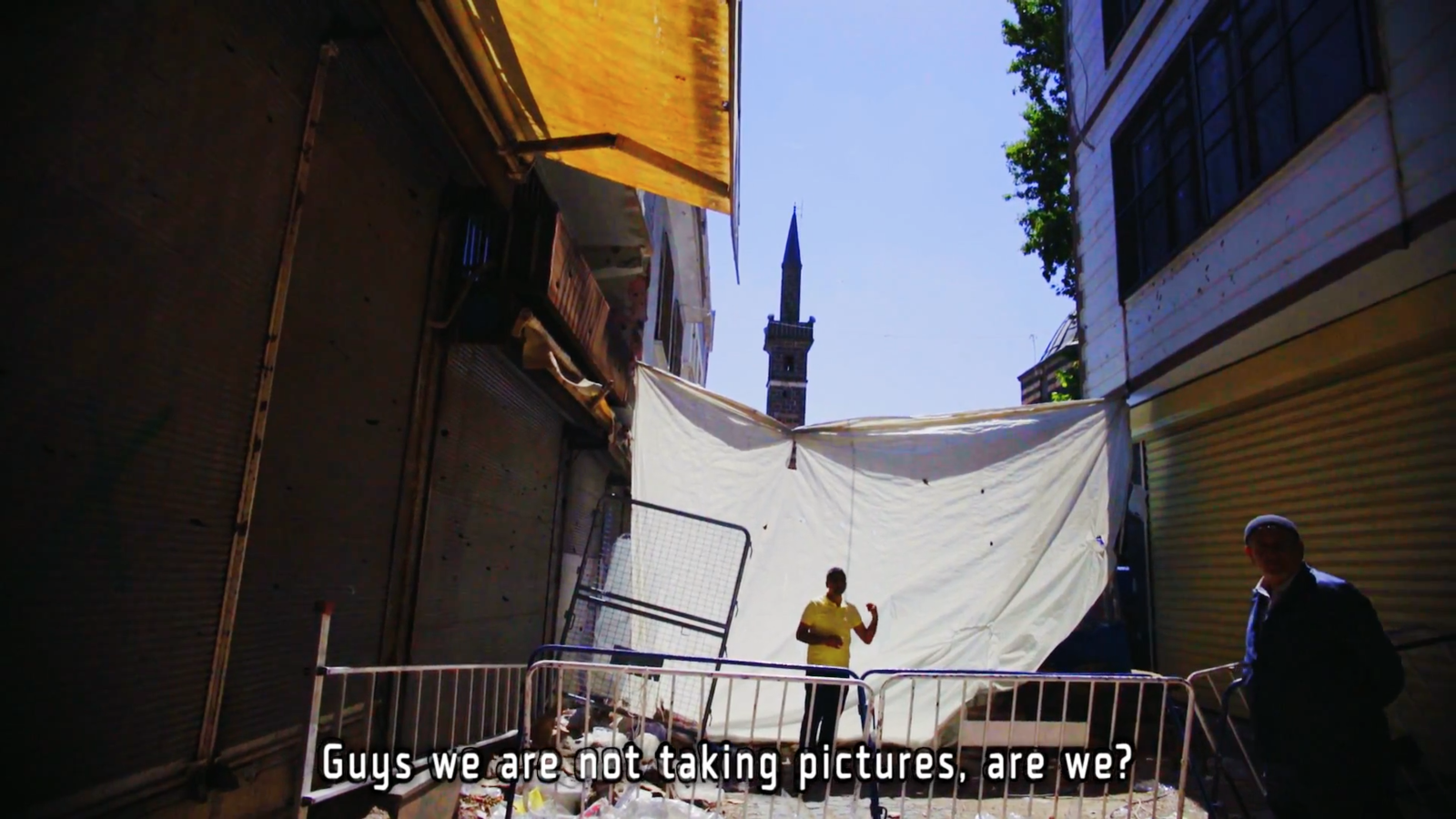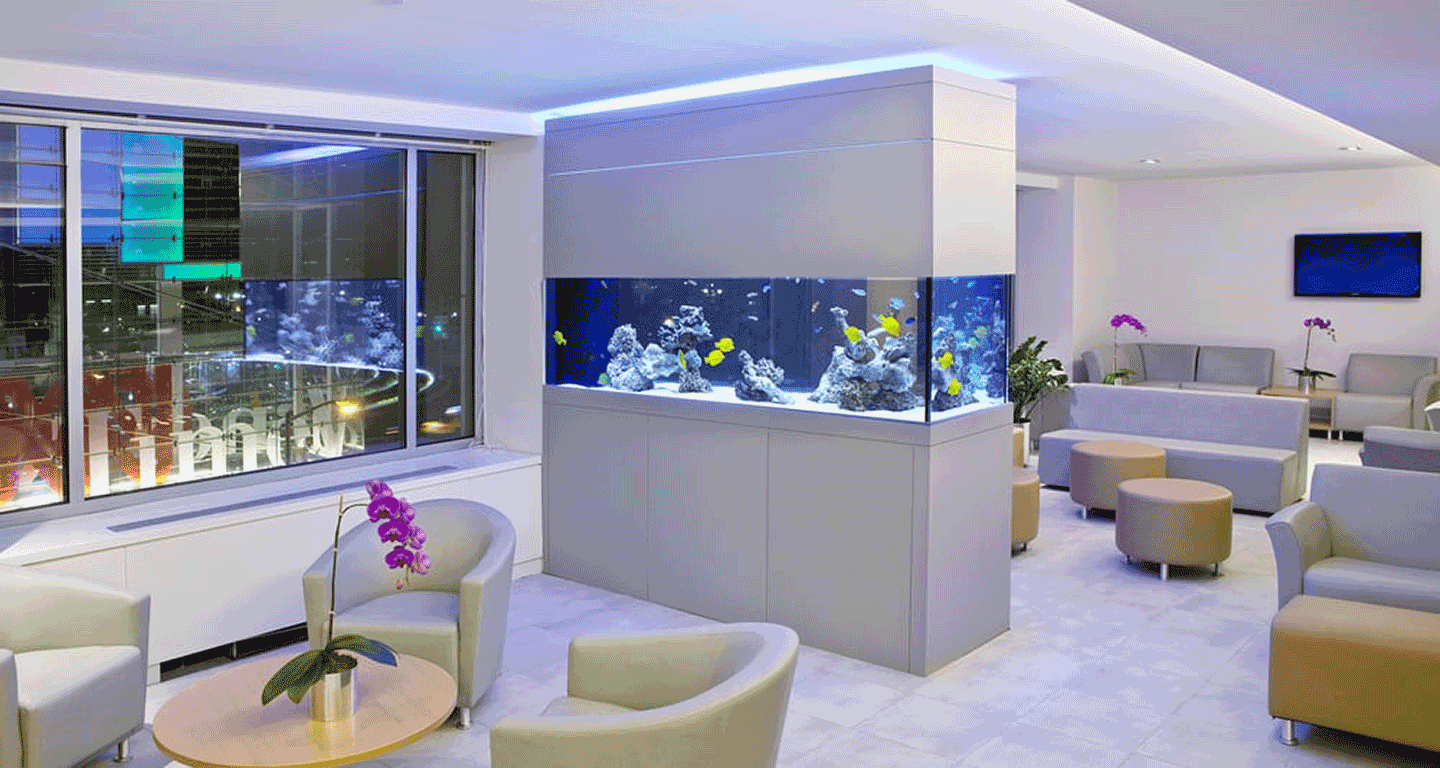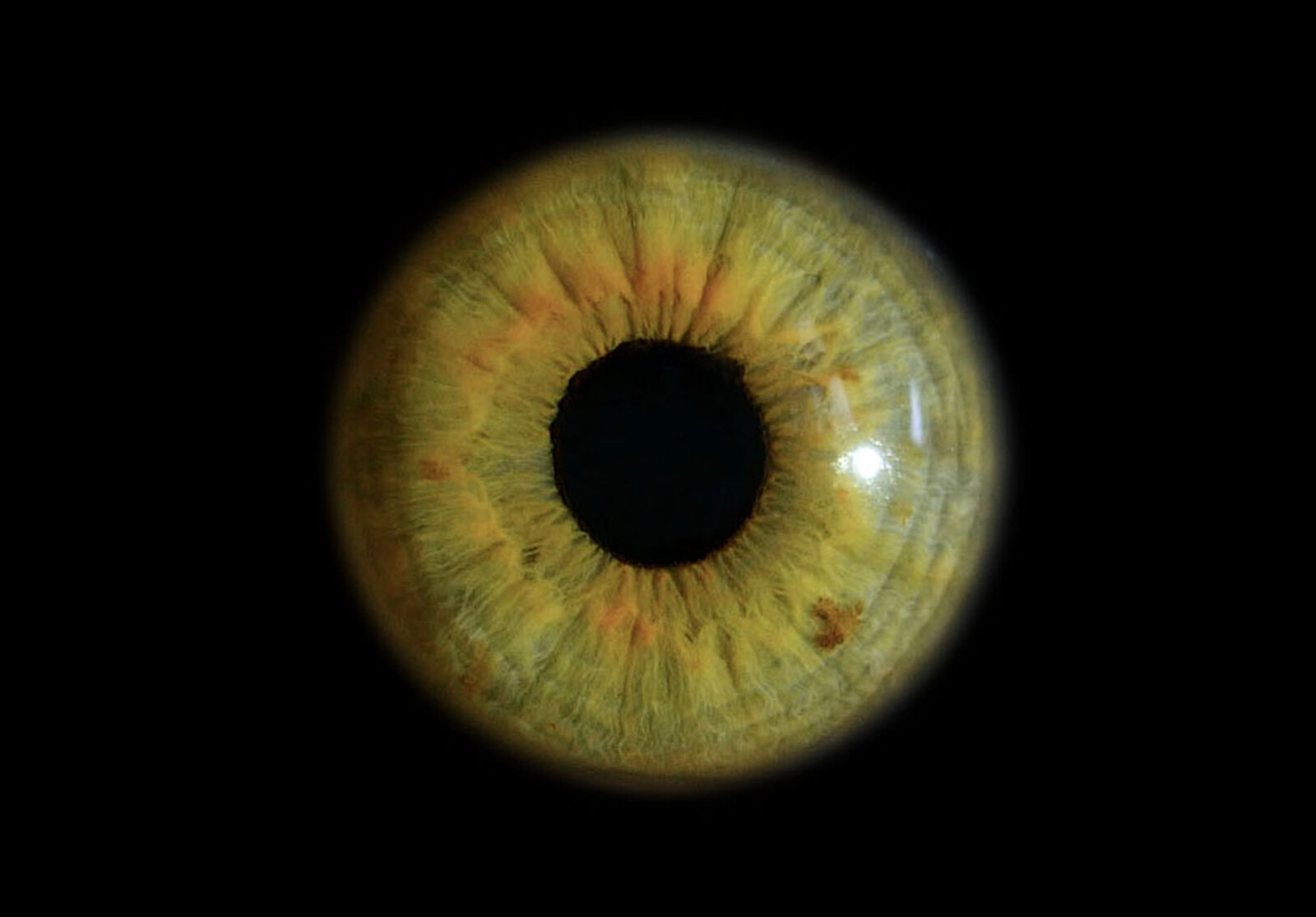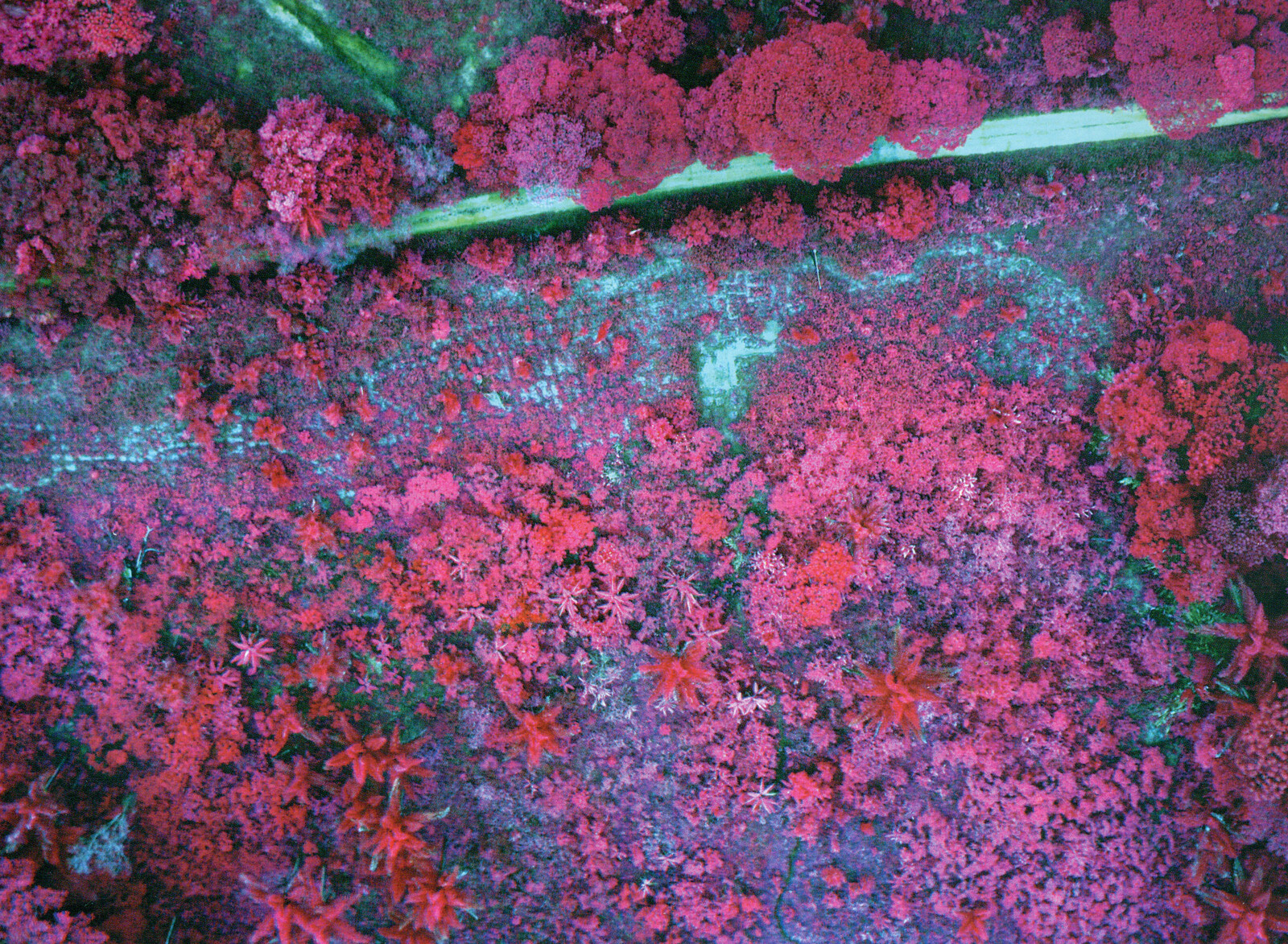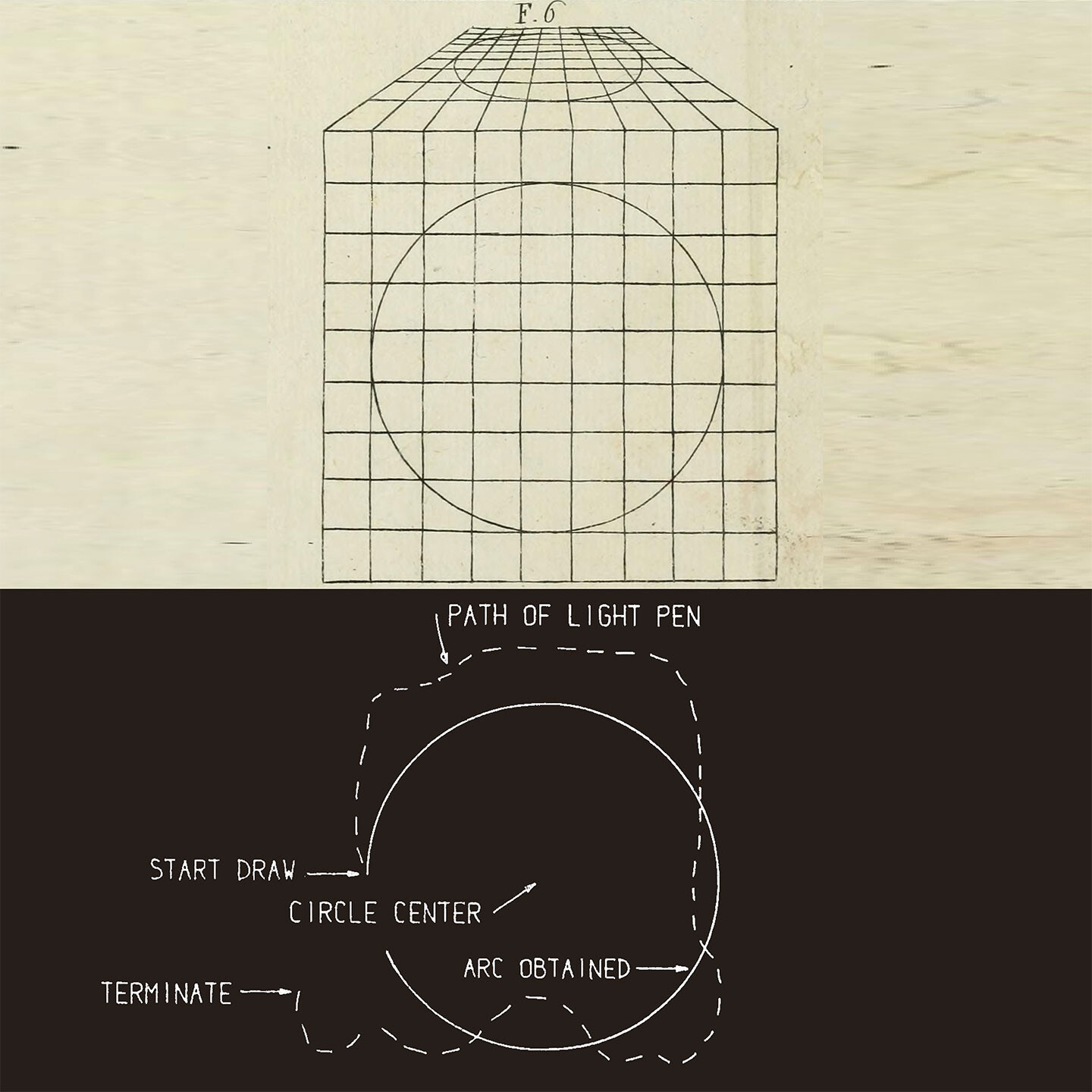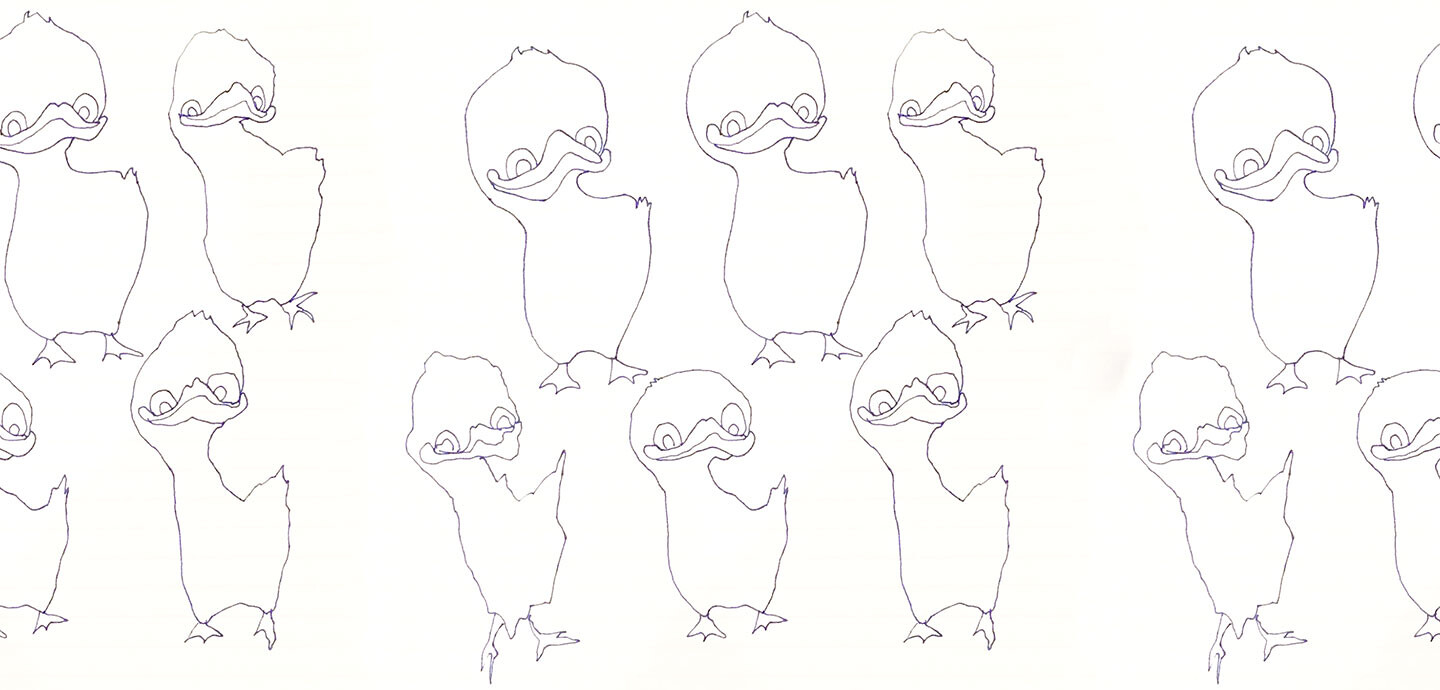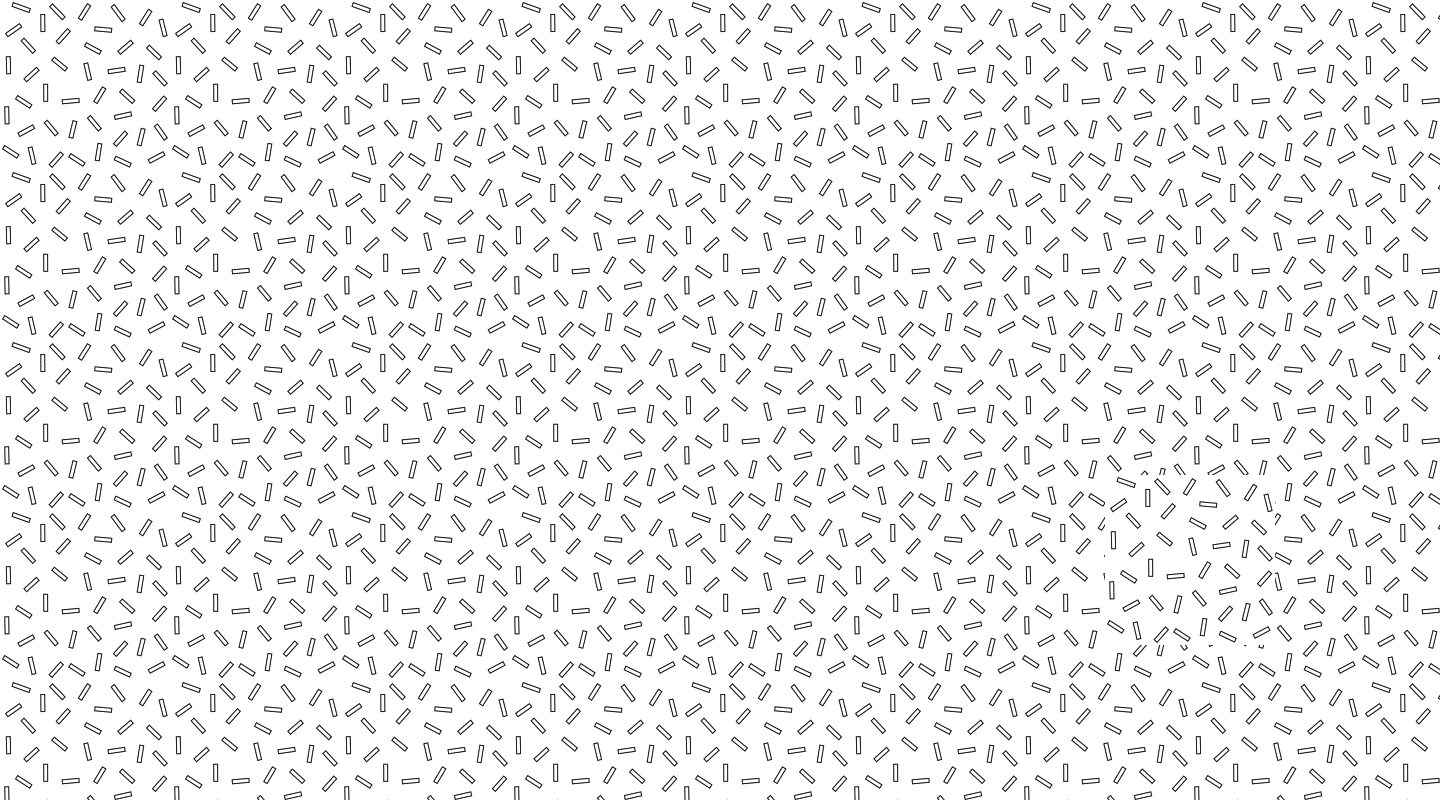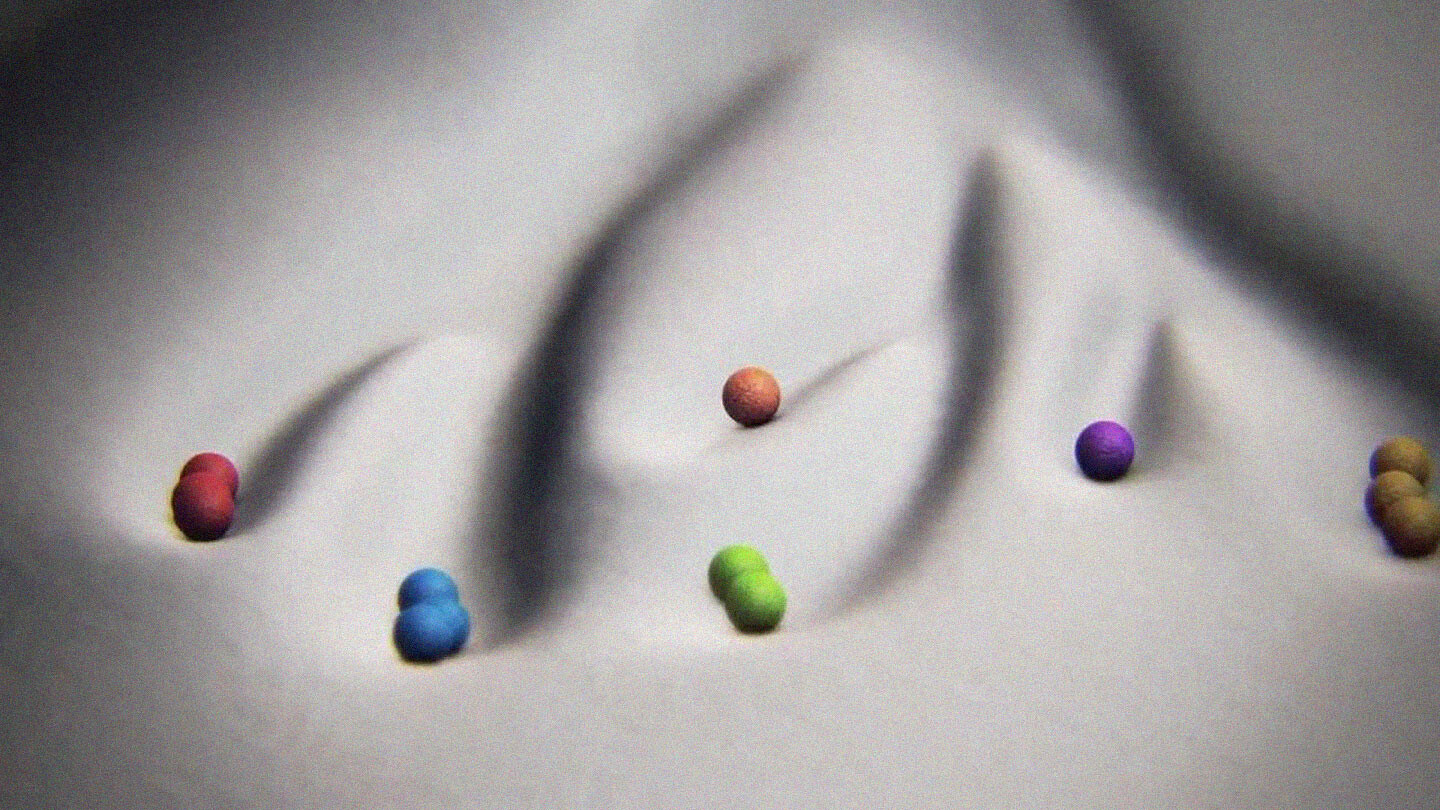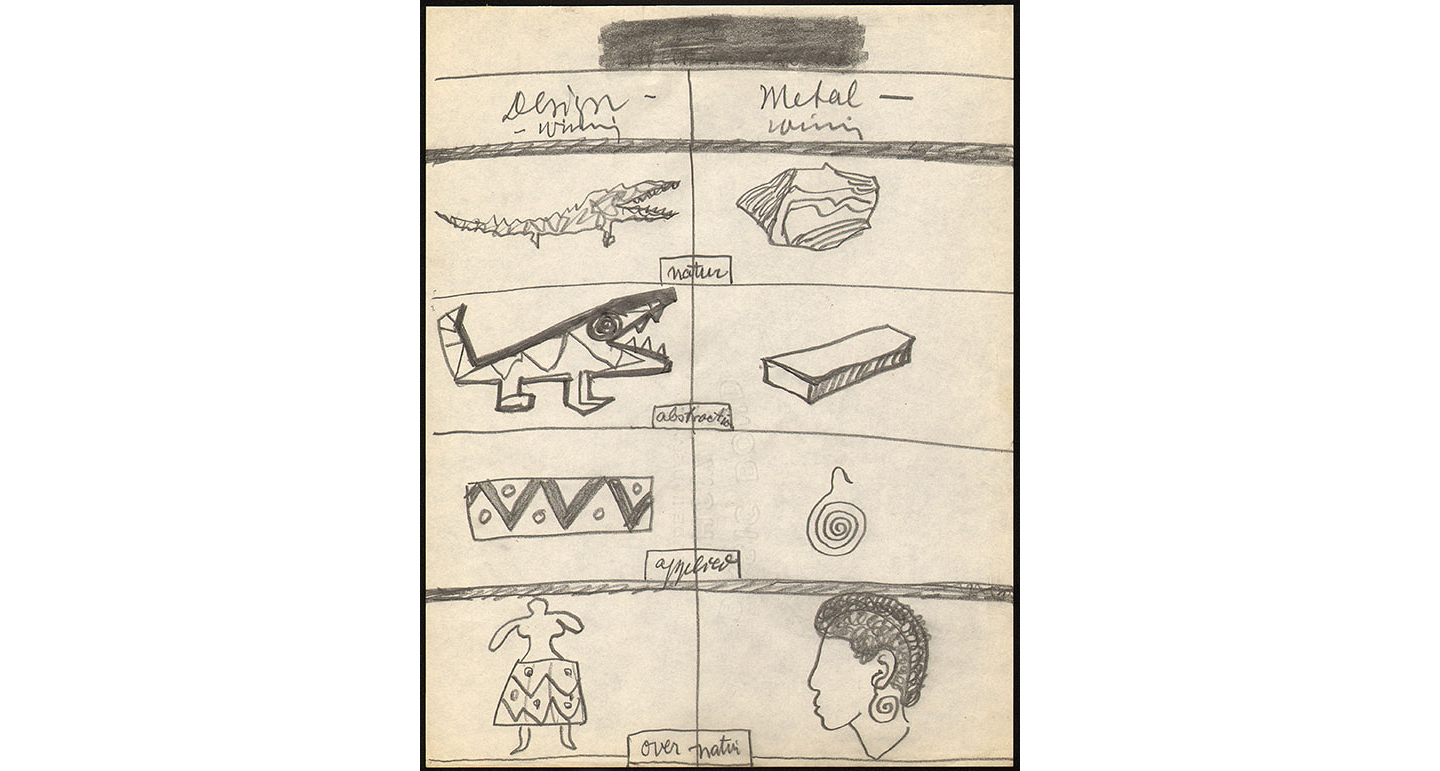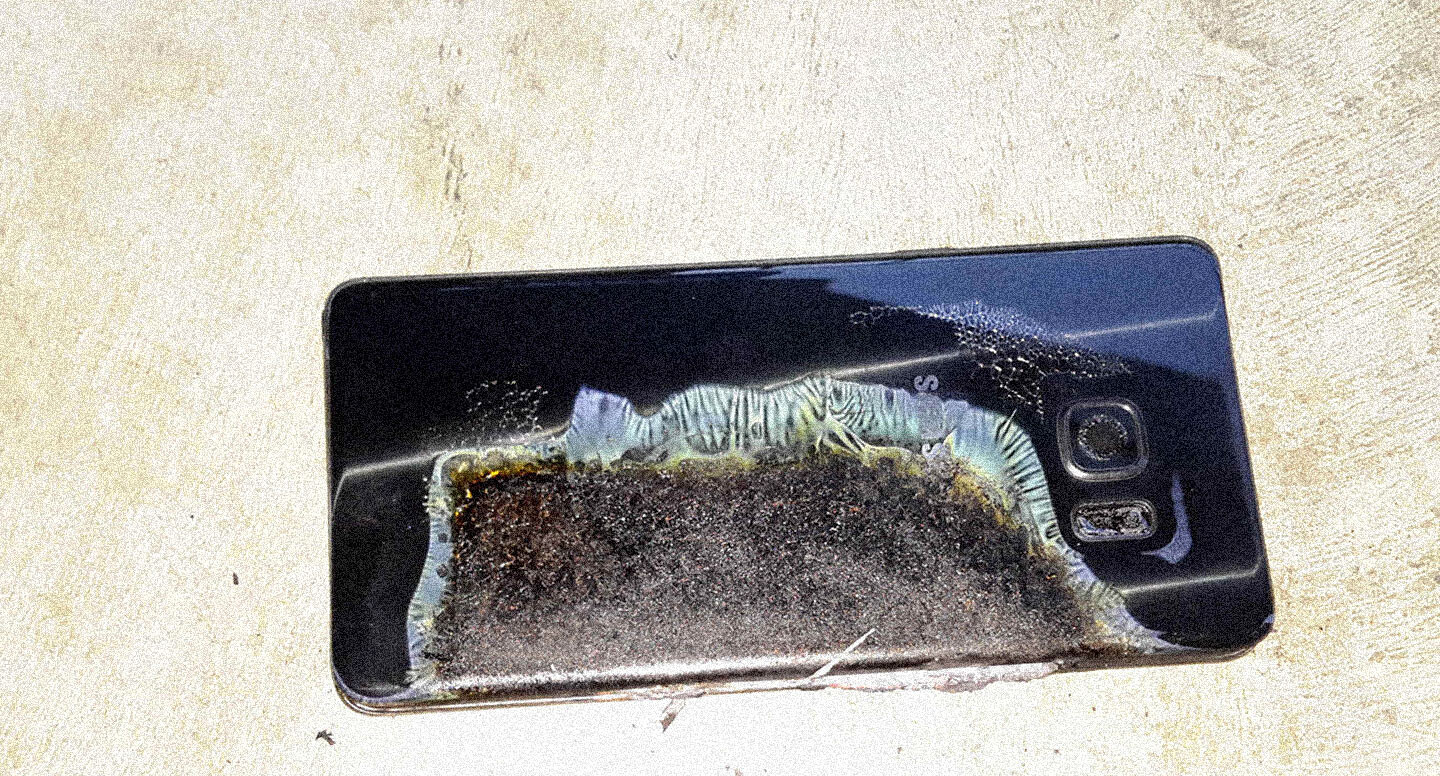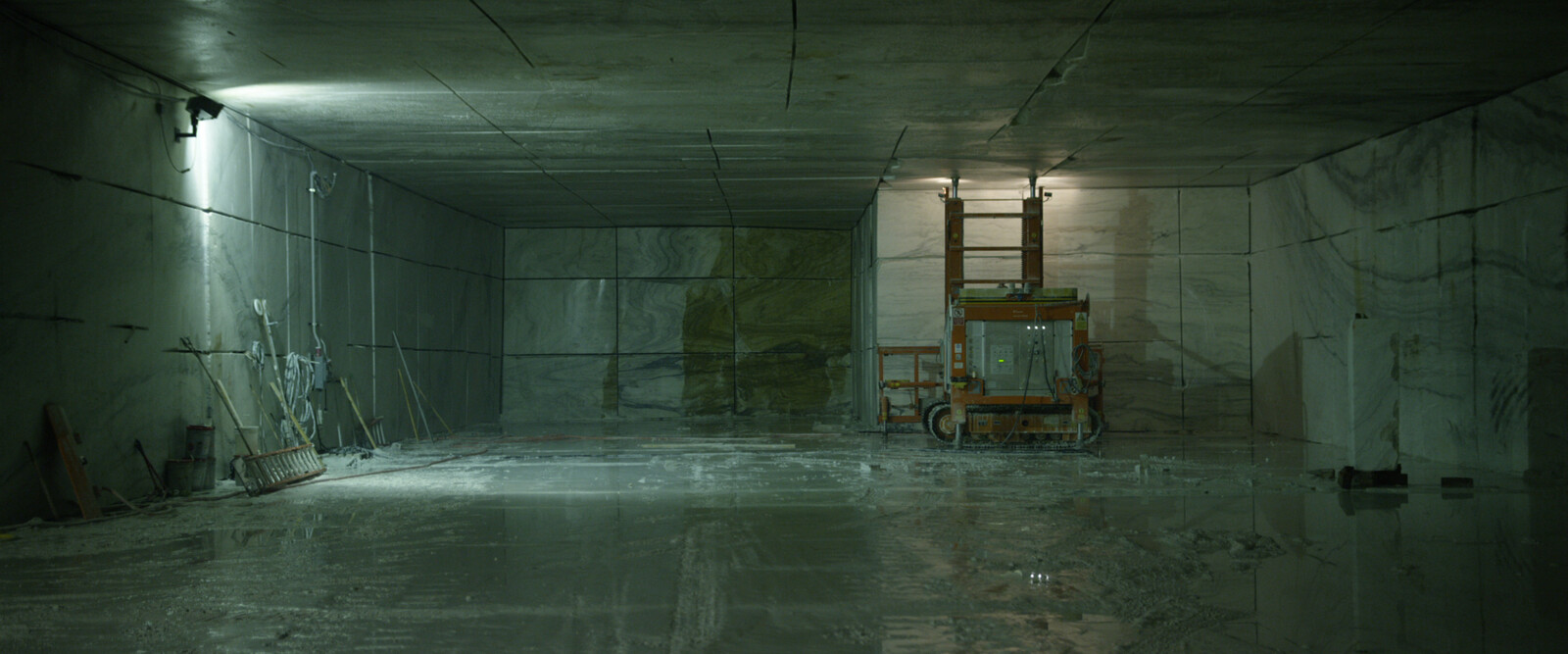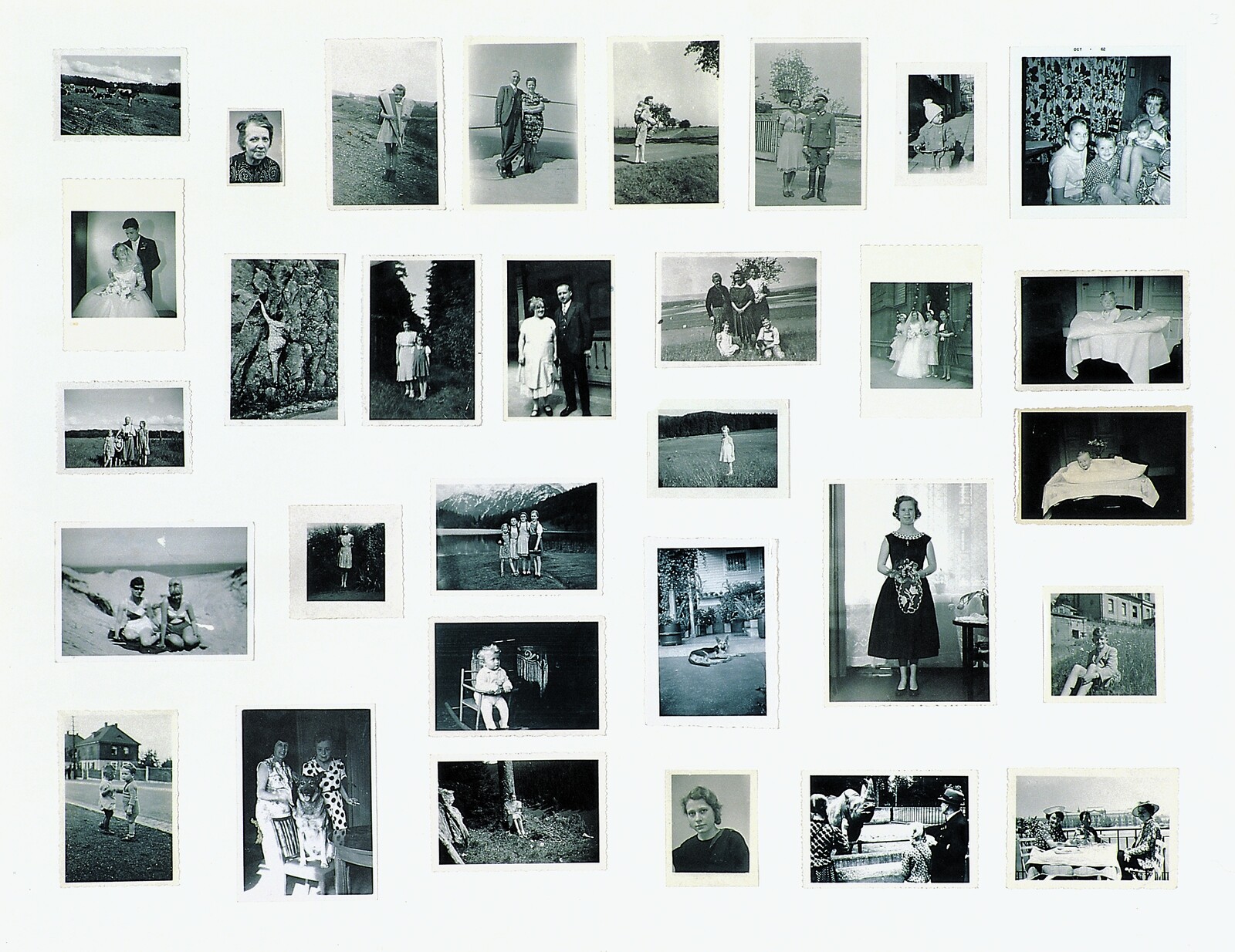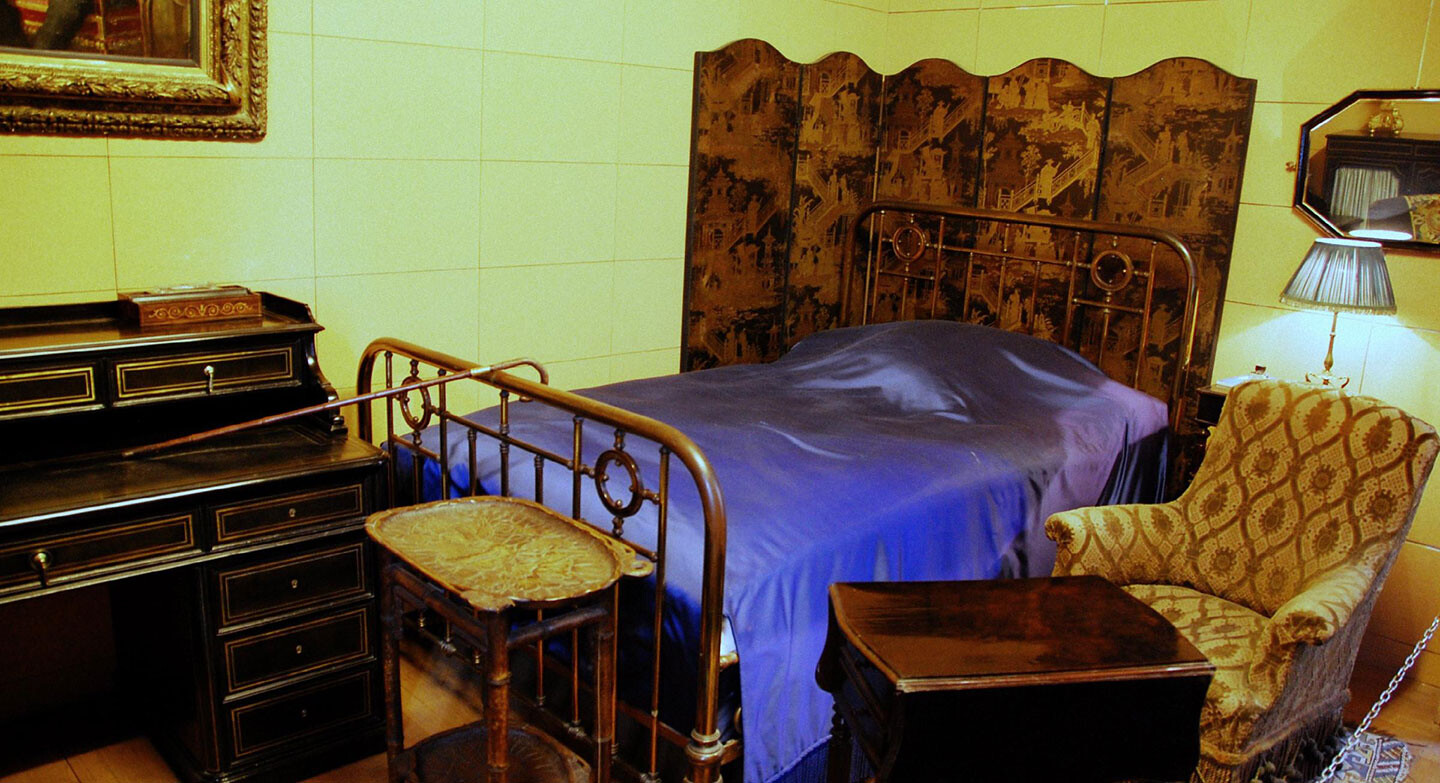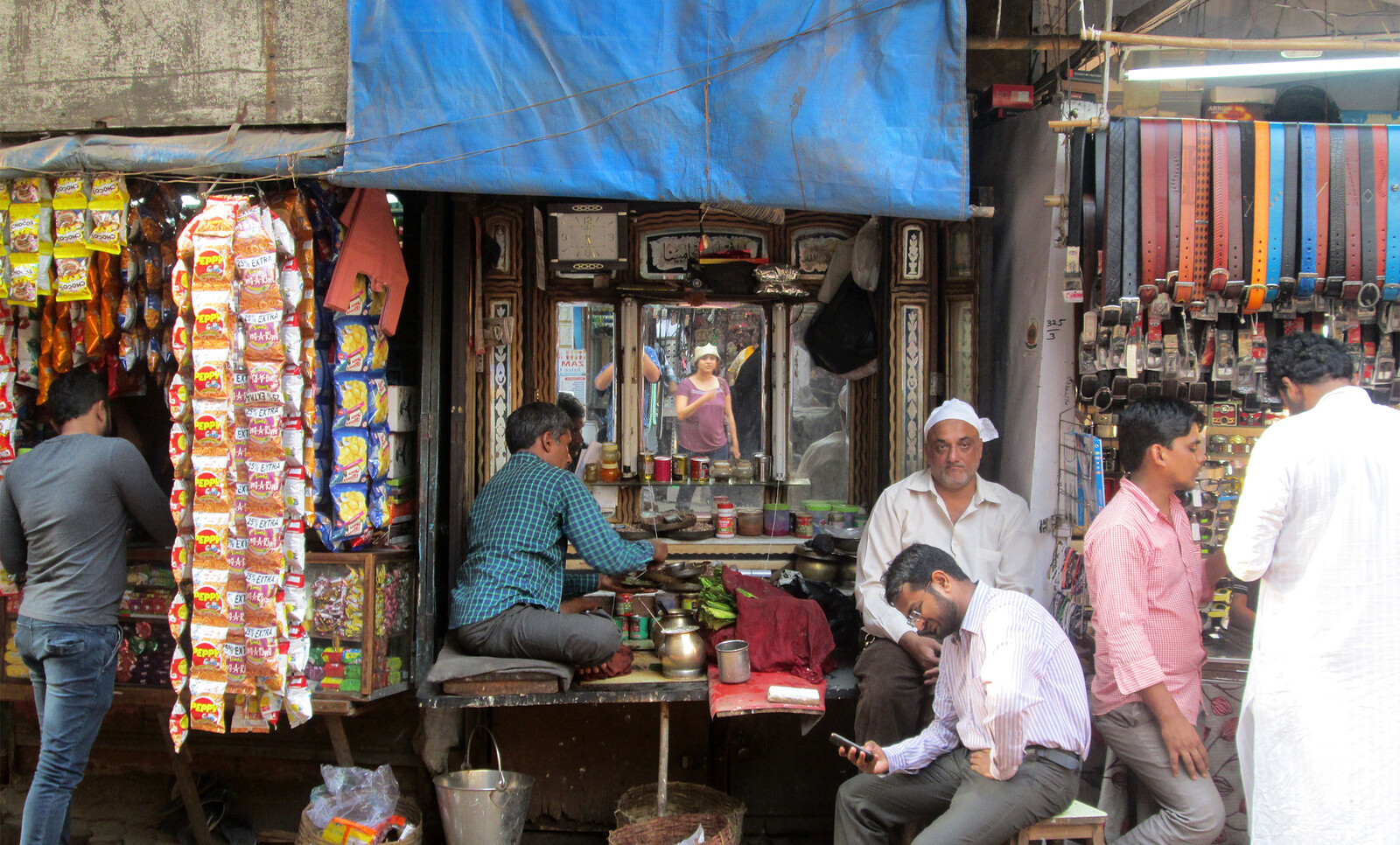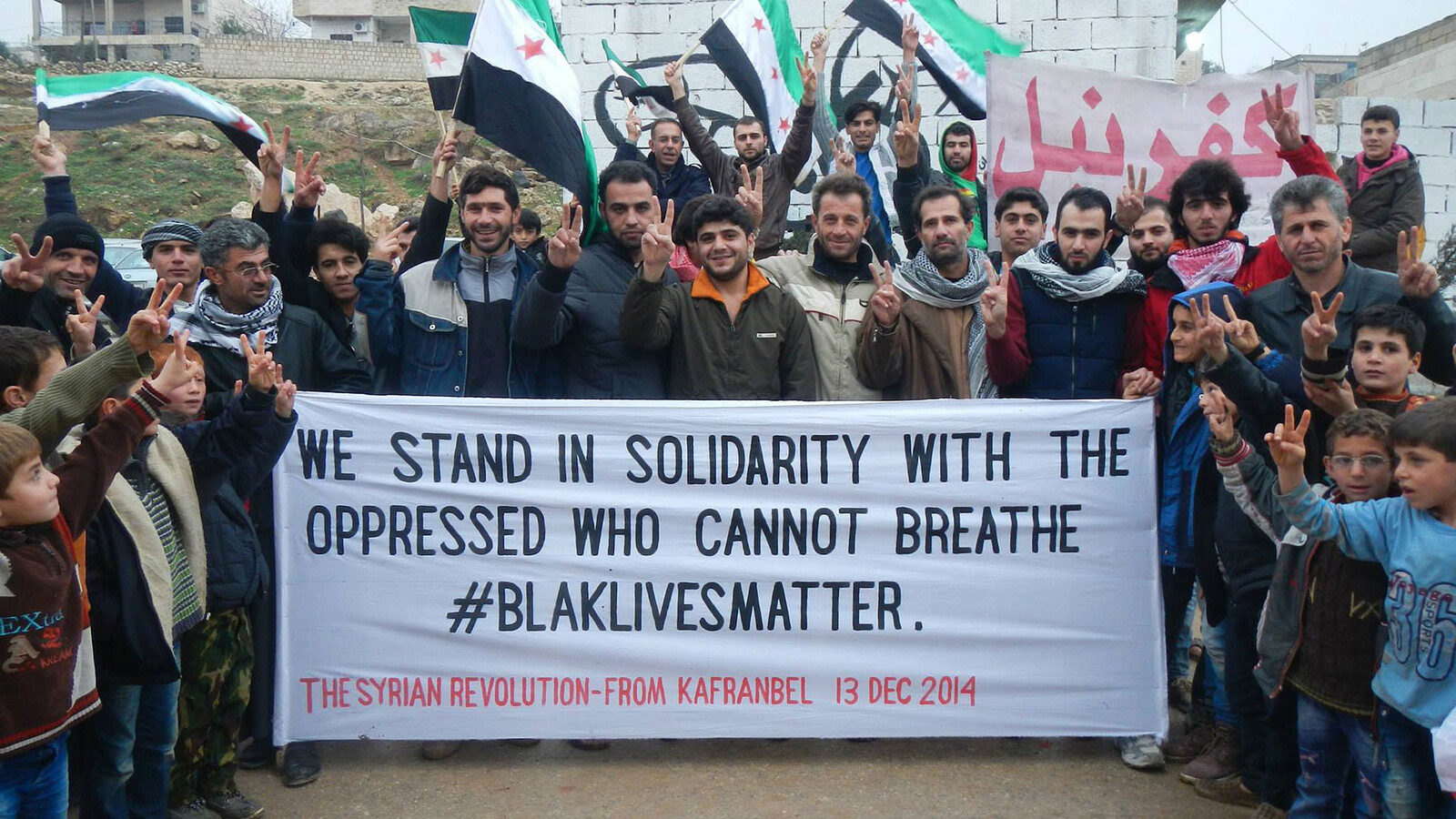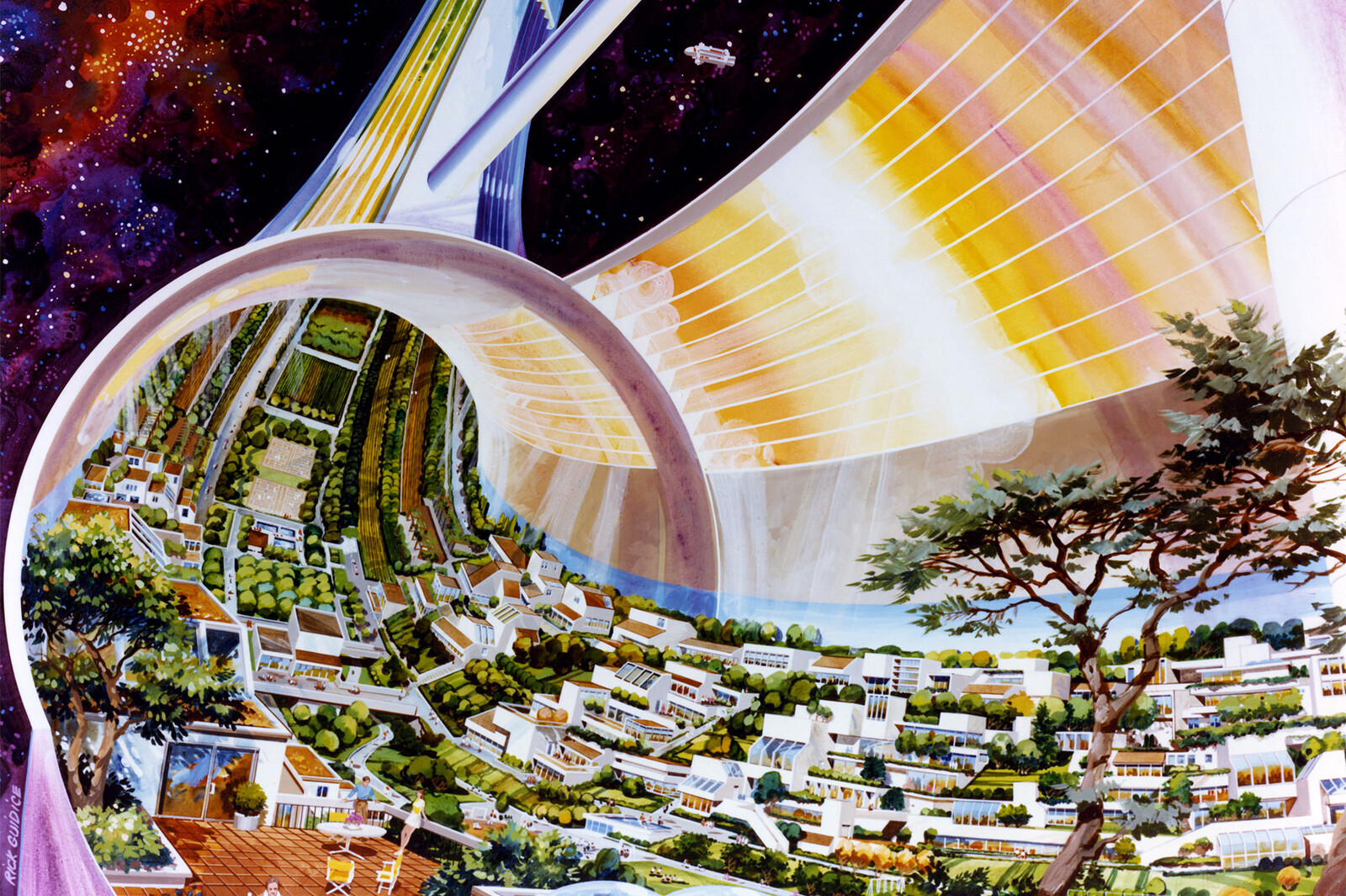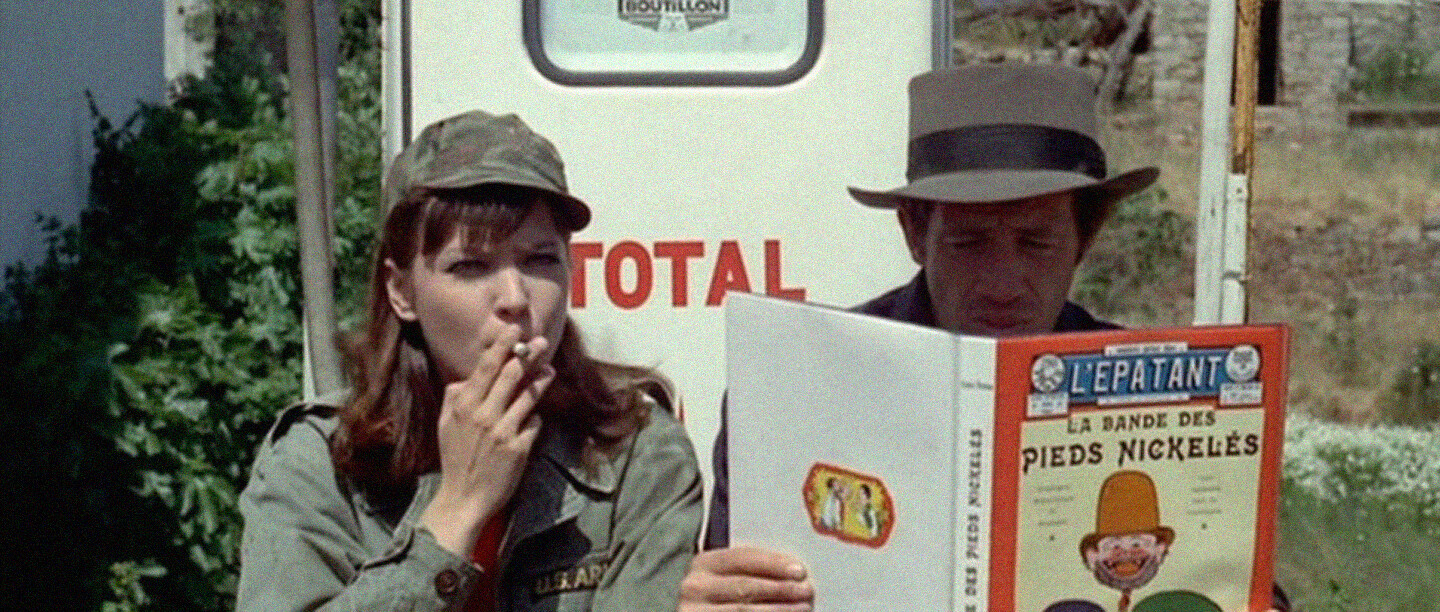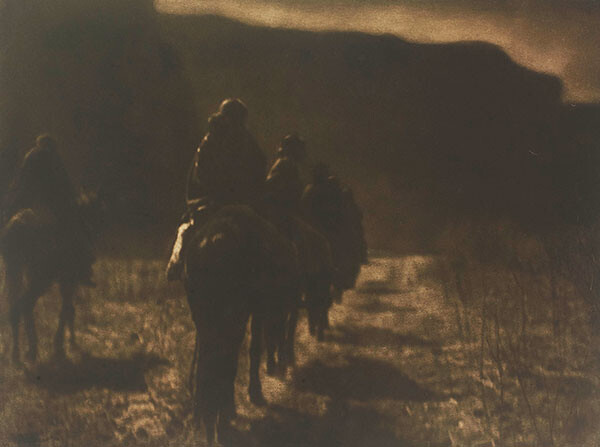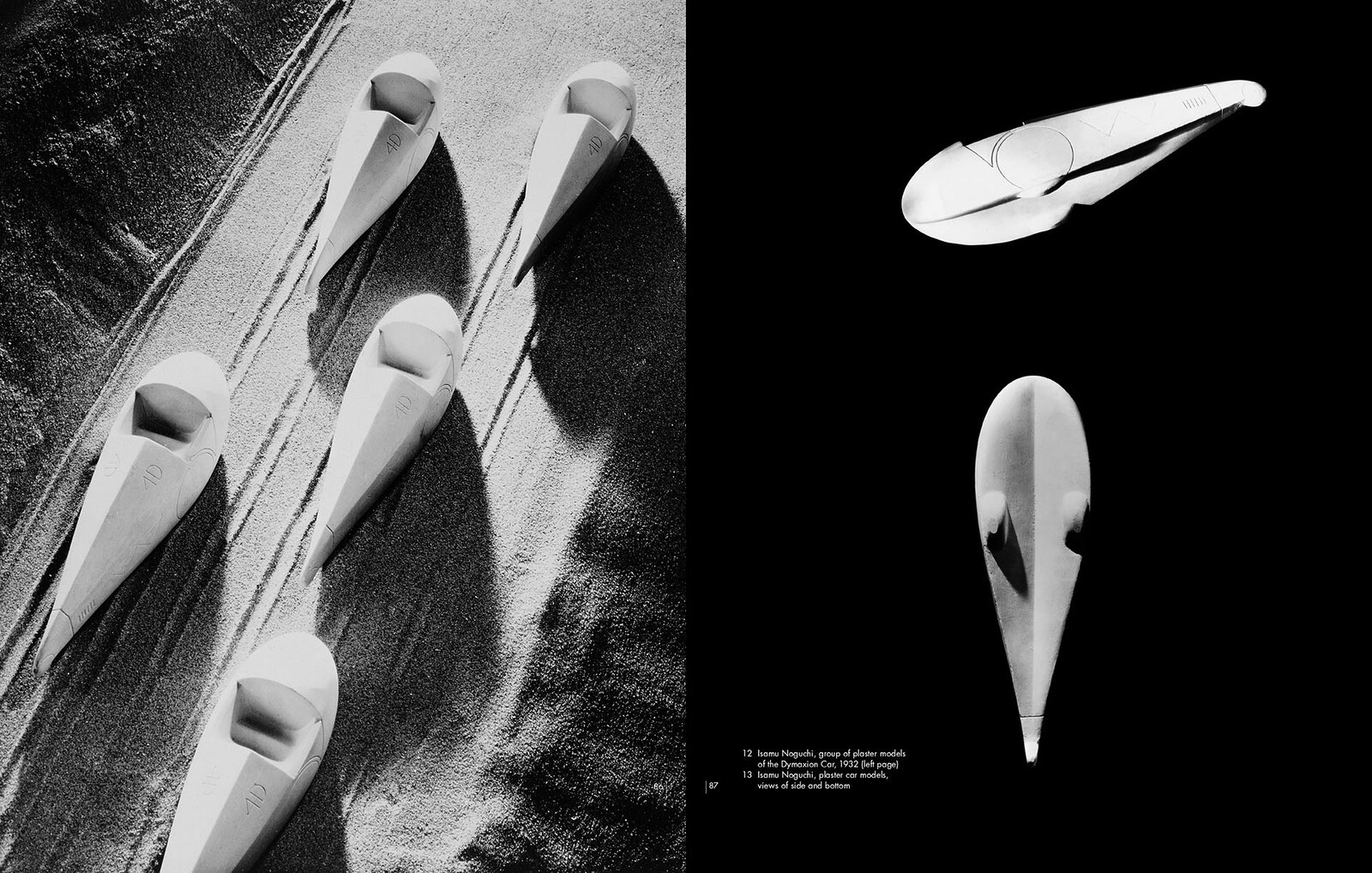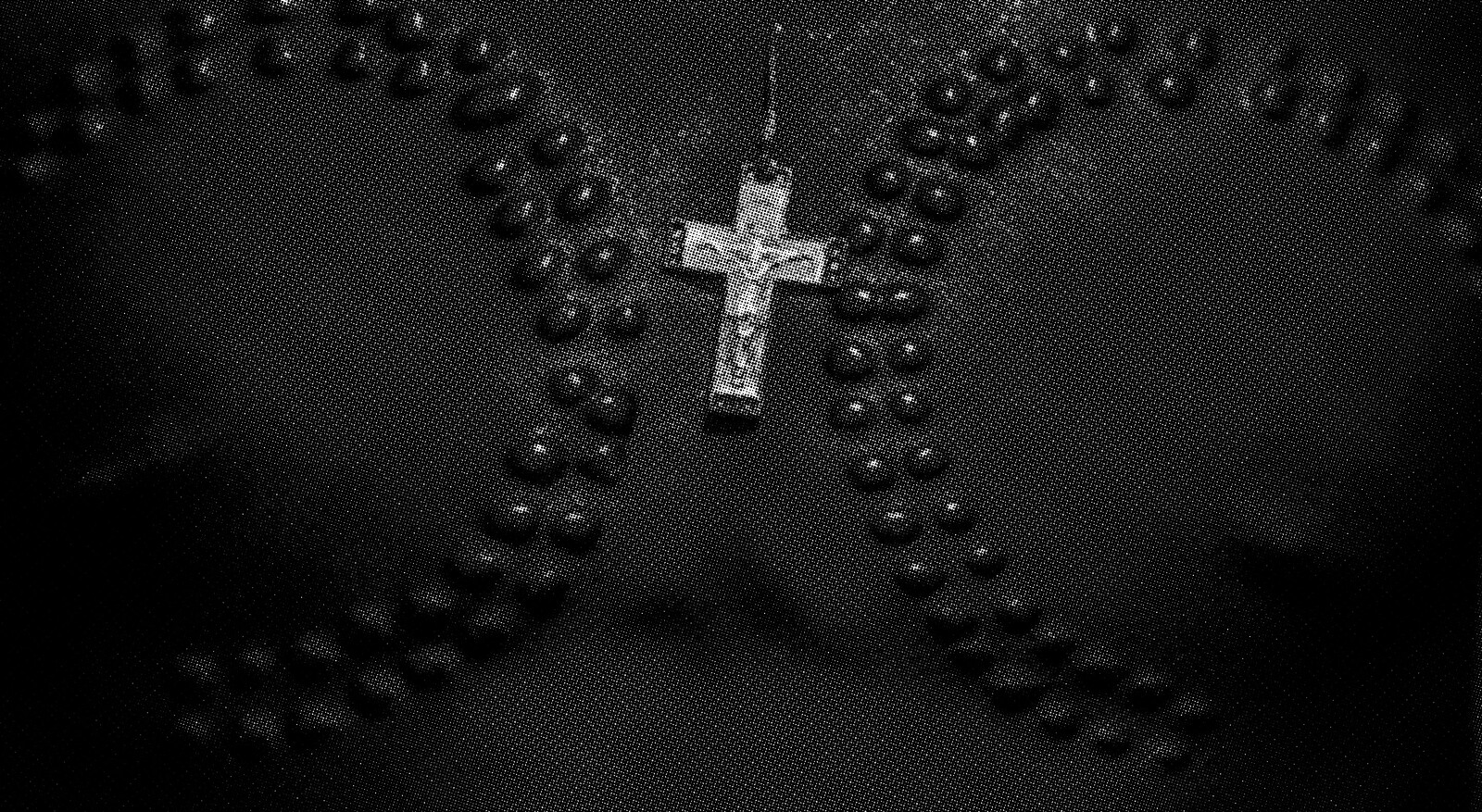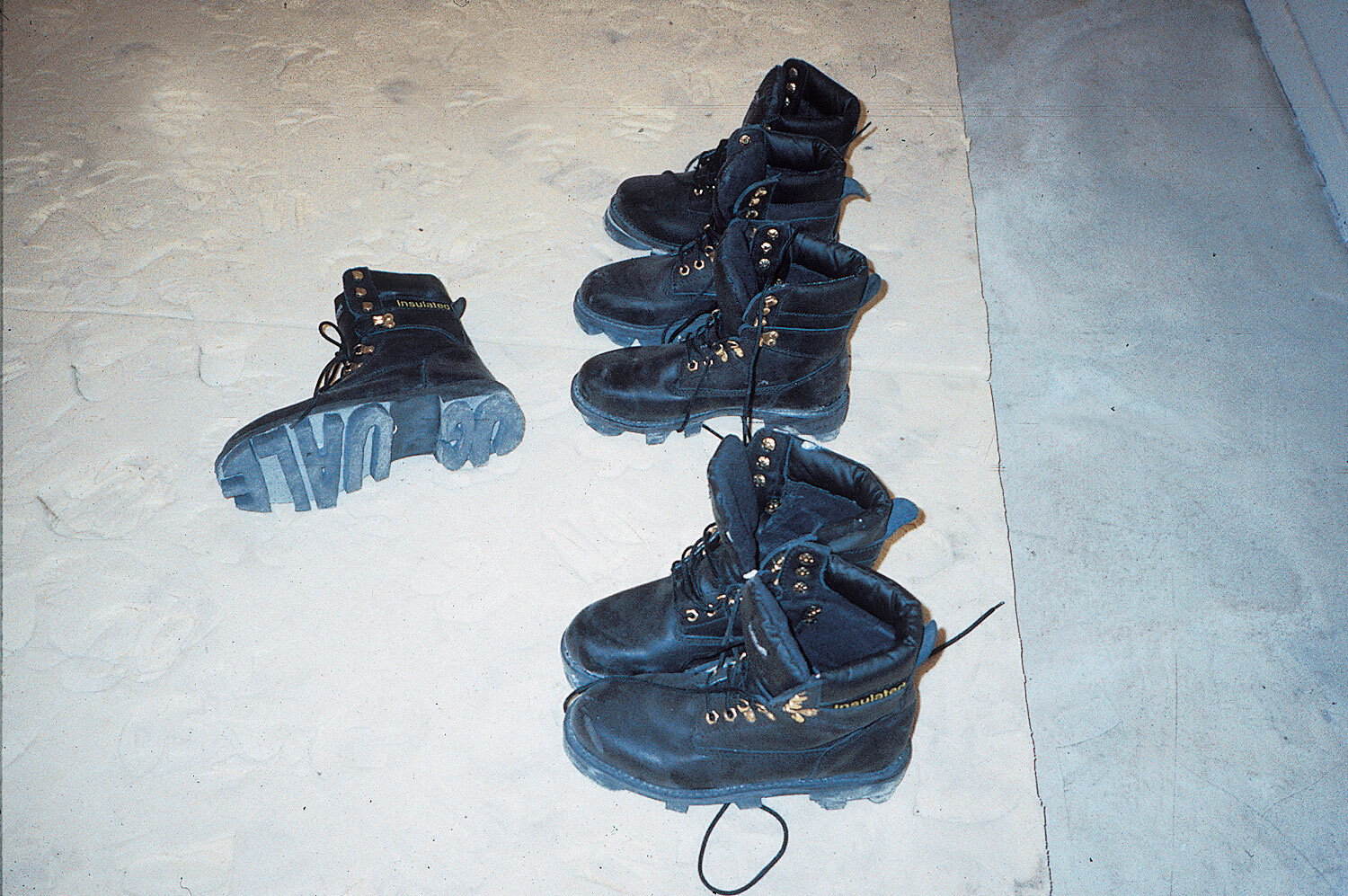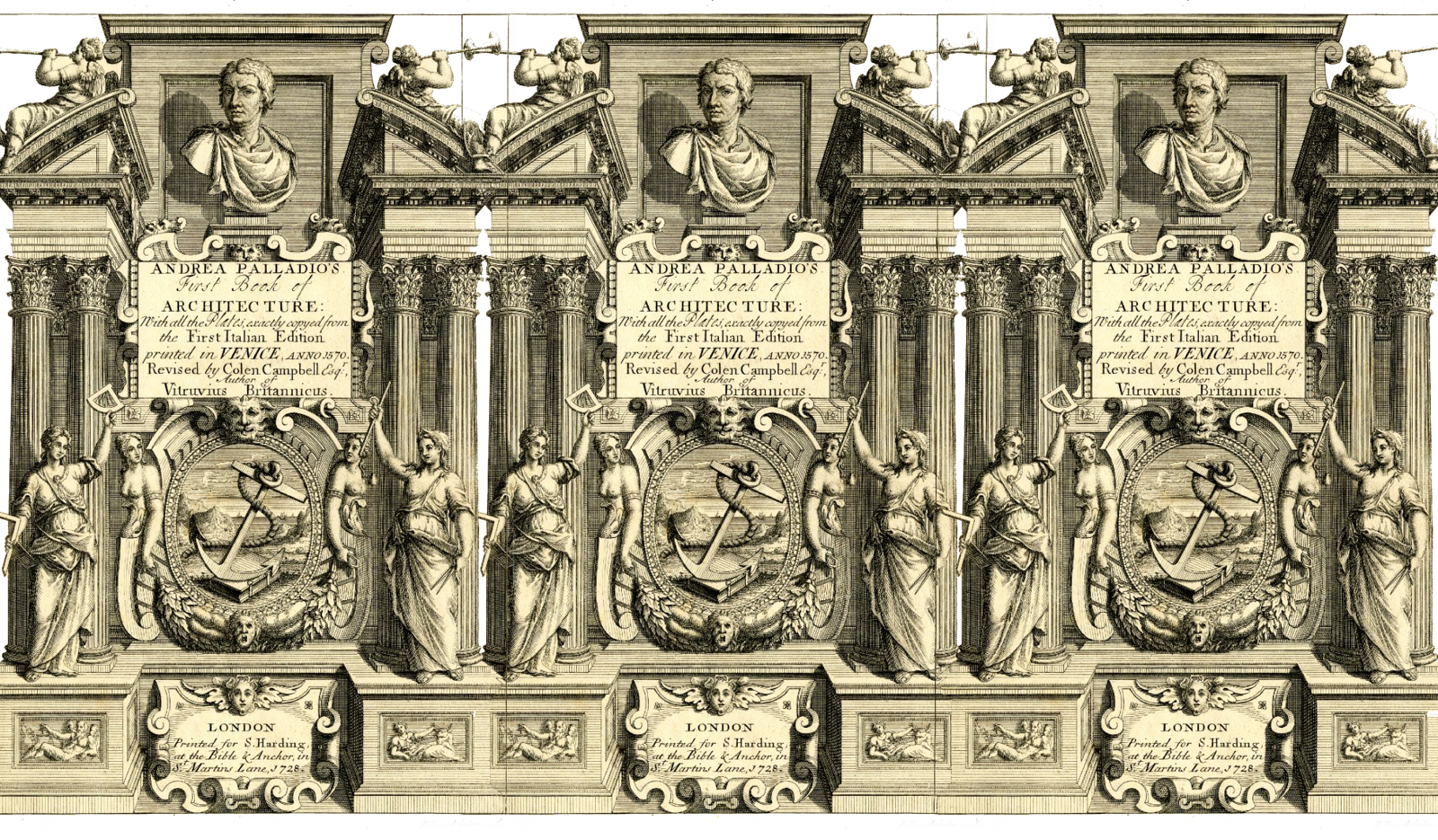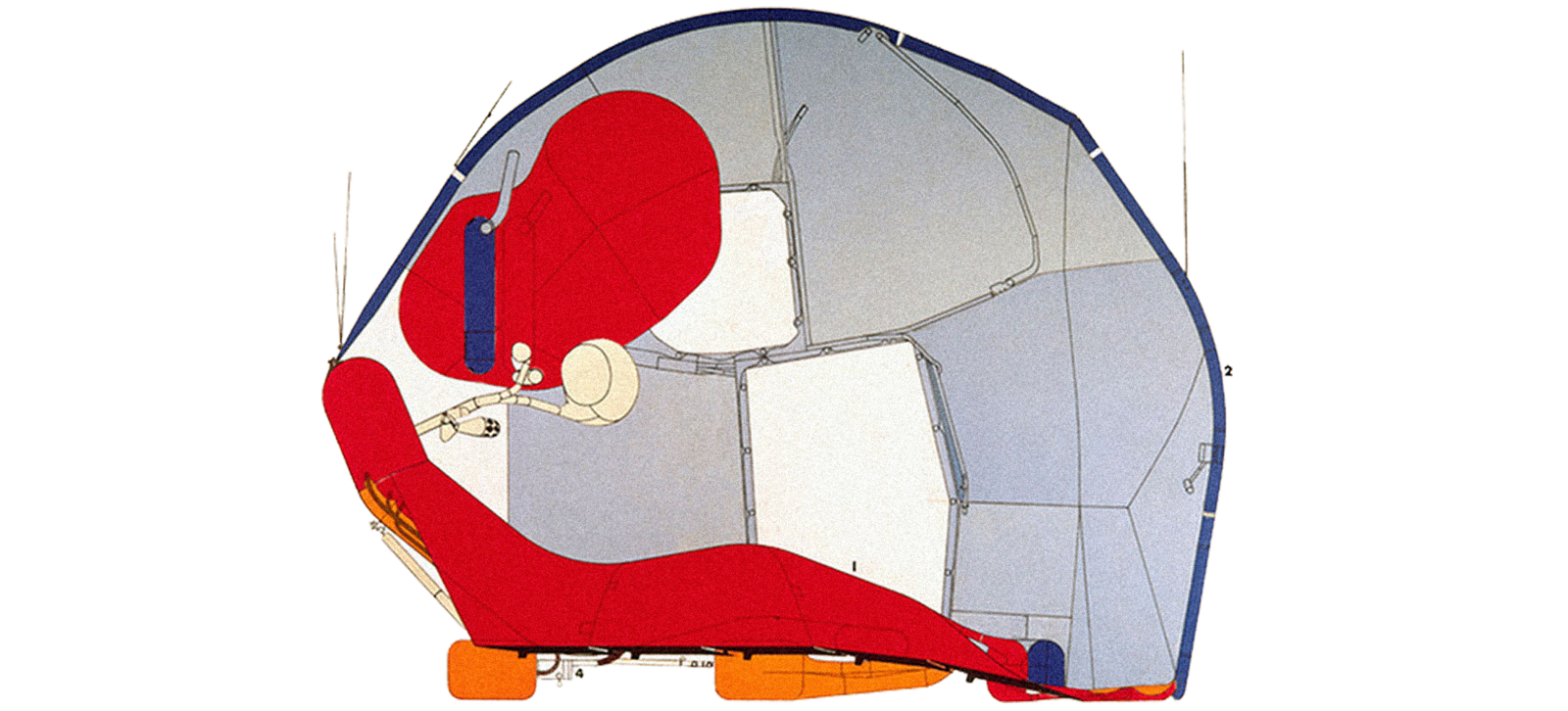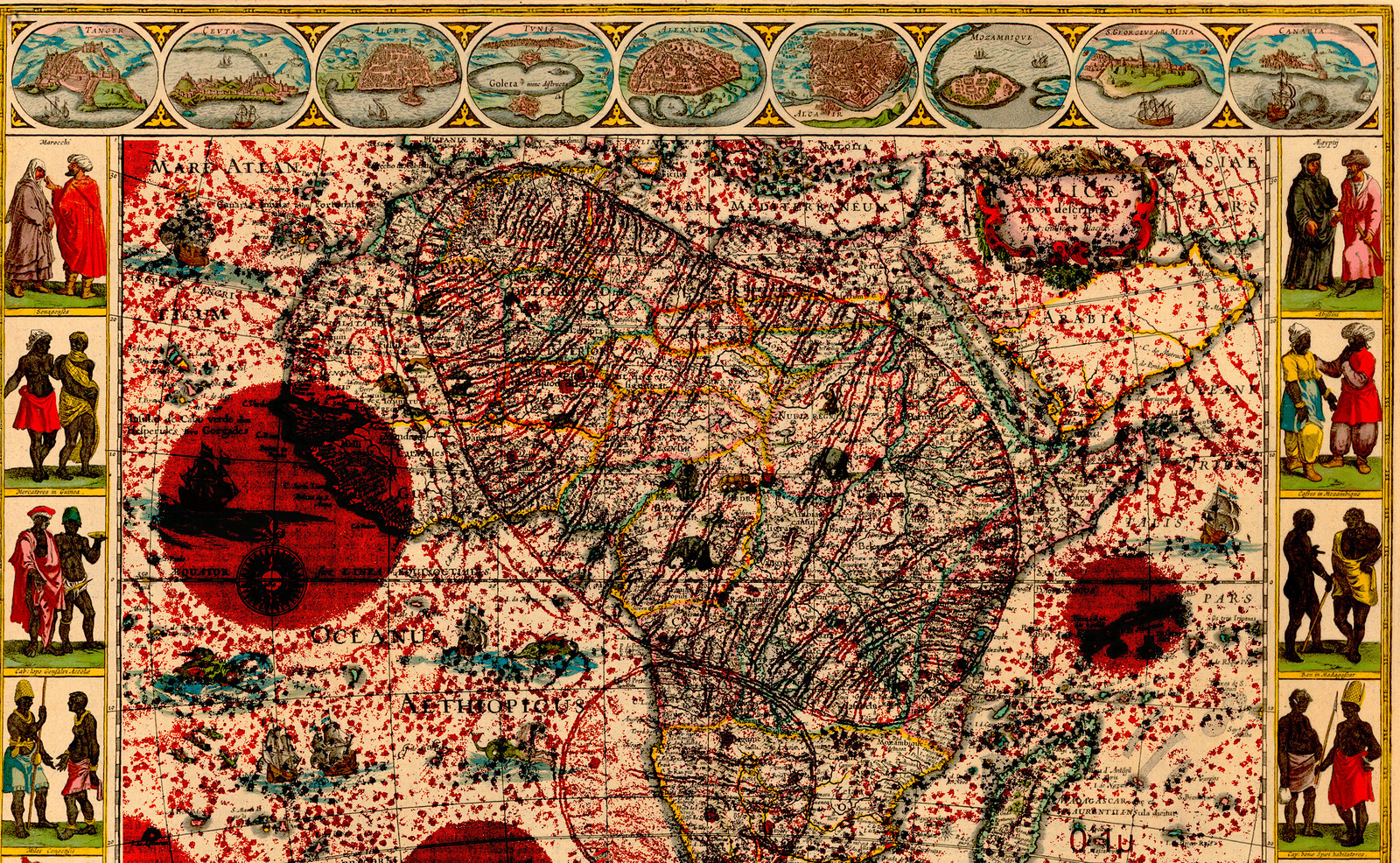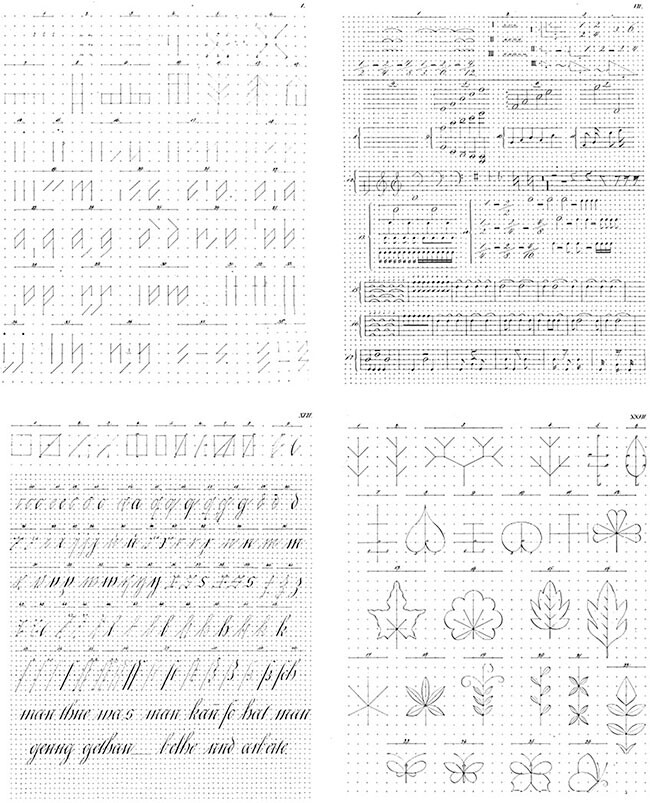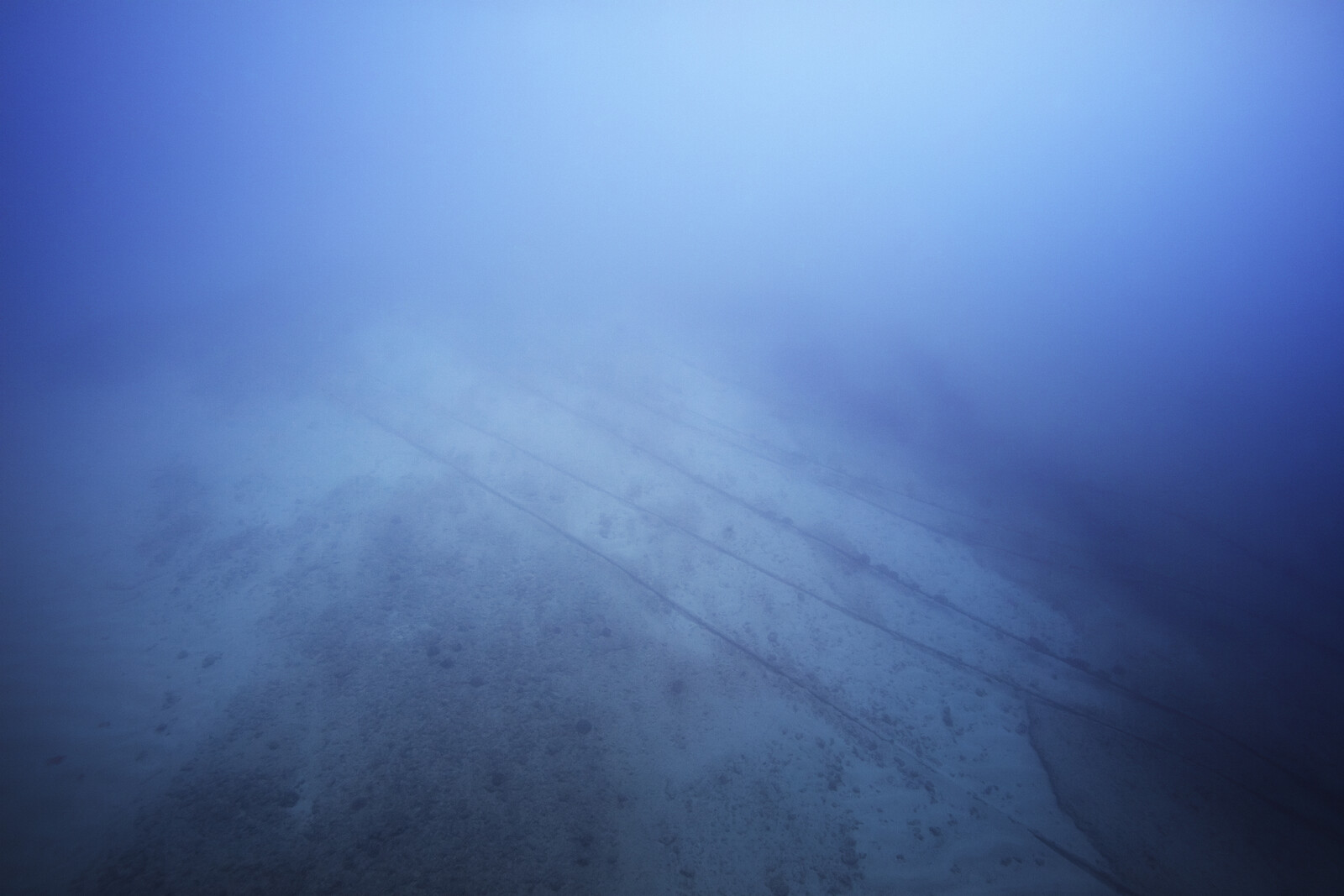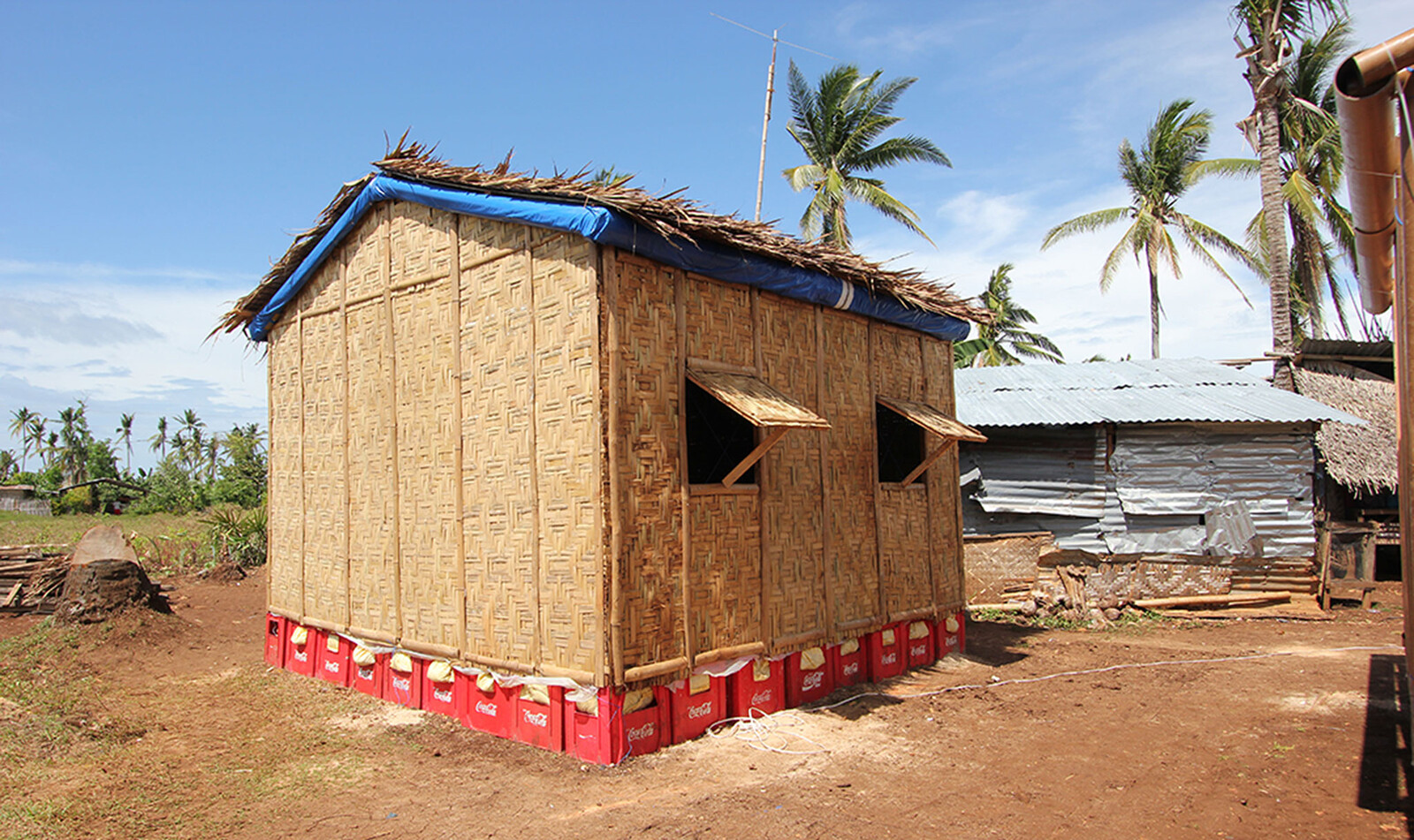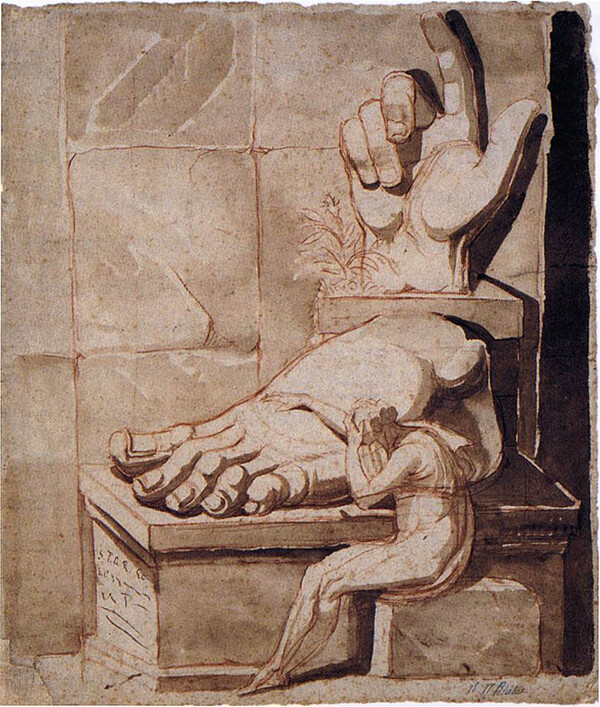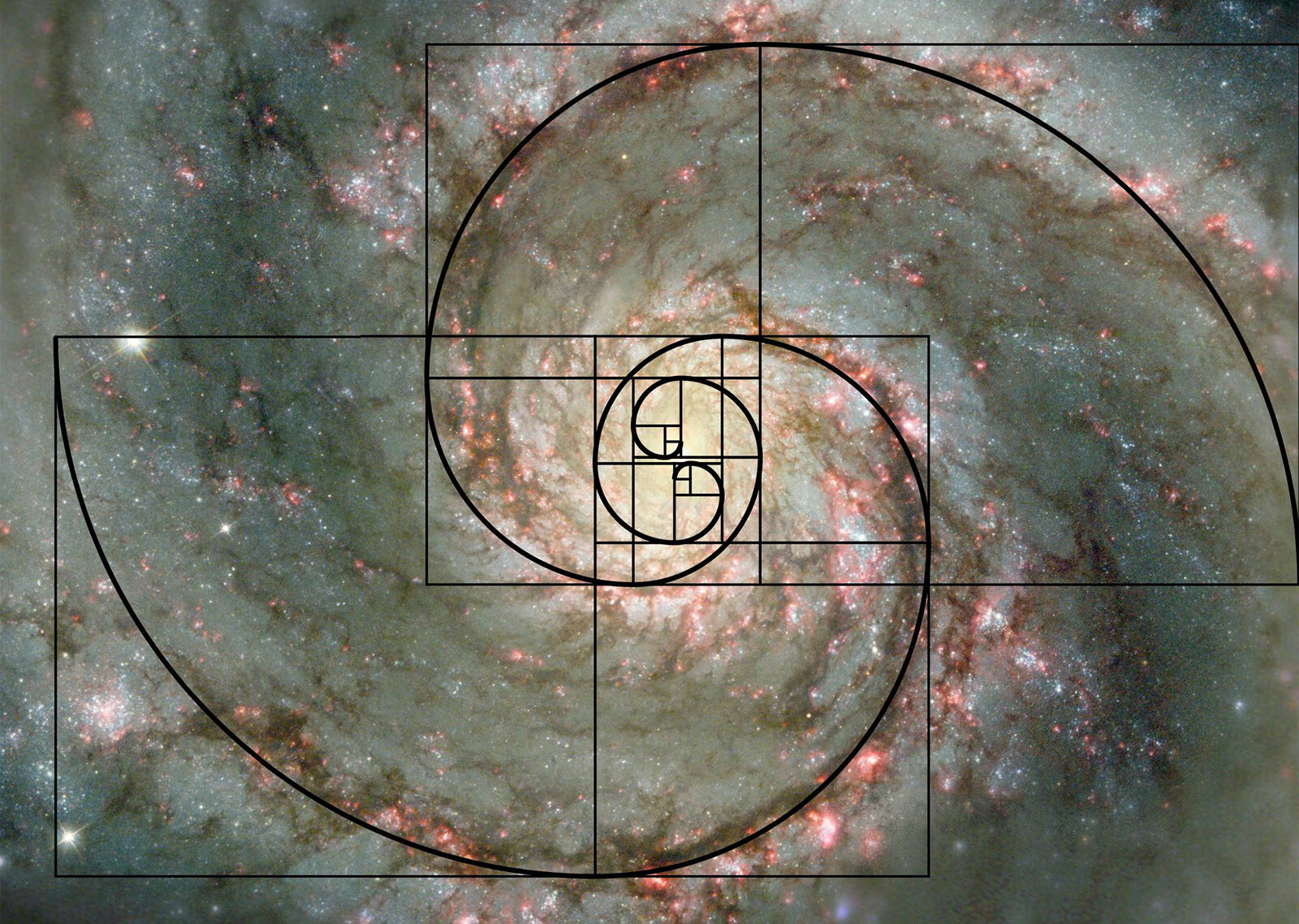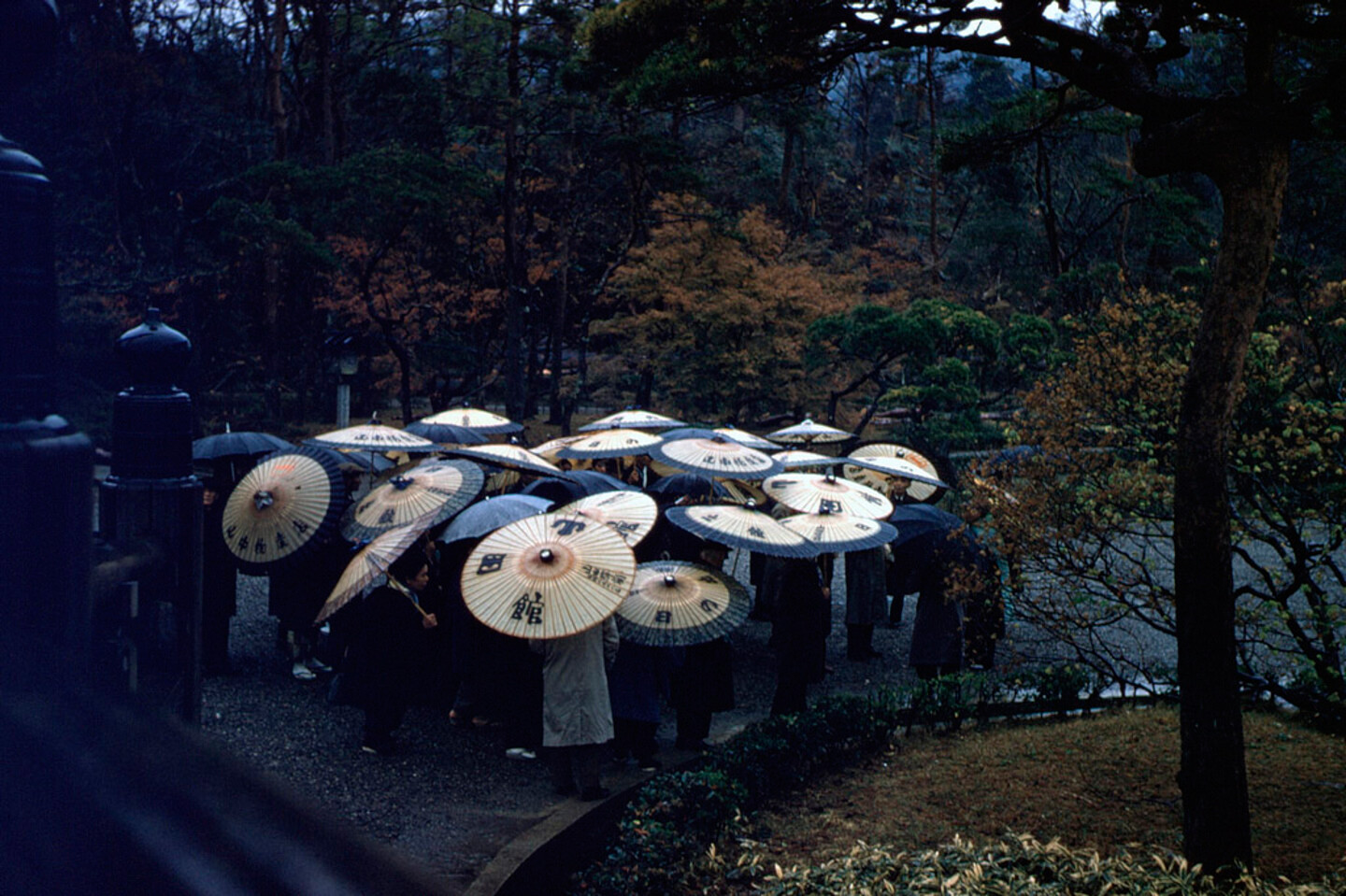On December 30, 1973, the space crew of Skylab 4—Commander Lieutenant Colonel Gerald P. Carr, Dr. Edward G. Gibson, and Lieutenant Colonel William R. Pogue—called for an urgent meeting with NASA’s Mission Control Center in Houston, Texas.
For thousands of years, both natural and industrial processes have caused the bedrock of the Rio Tinto in Spain—a river that has been mined since antiquity and that now lends its name to a global mining conglomerate—to become highly acidic and full of heavy metals.
Off-Earth is a collaboration between e-flux Architecture and the Luxembourg Center for Architecture (LUCA) following “Down to Earth,” the Luxembourg P…
The older people get, the more frequent the occasions to experience one’s body being subjected to the logic of clinical expediency.
In Britain, the National Health Service (NHS) is not so much admired as revered. It is more than just a state-funded, free-at-the-point-of-access health service: it is a profoundly politicized cultural icon, imbued with nostalgia for the postwar social contract and the “golden age” of the welfare state.
Hospitals are among the least appealing projects for an architect, second, perhaps, only to prisons. The brief of a hospital project is long and complex enough to discourage creativity.
The next time you happen to be in a hospital (hopefully as an observer, rather than as a patient), you will likely find yourself surrounded by machines: X-ray machines, fMRI machines, ultrasounds. The images they make constitute the flashiest products of modern medical knowledge
As keystones of the healthcare sector, hospitals have developed into highly-complex organizations, ones that are internally arranged according to the intricate processes they execute, but are frequently barely legible as architecture.
To find the source of the Loutra Ypatis, “the baths of Ypati,” follow the sulfurous smell. It will lead you to a hexagonal kiosk in the middle of a rather unkept park in a village that sits at the foot of Oiti Mountain, some 200km northwest of Athens.
In the mid-twentieth century, answers to the question of what (and whom) hospitals are for would have been self-explanatory.
Decades of socio-economic difficulties, waves of diasporic migration, and more than ten years of Russian invasion have presented Ukrainians with overlapping challenges that have been insufficiently met by the state and market alike.
After the invasion of Ukraine, many cultural practitioners and artists were faced with the question of how to be useful and help our country in its struggle against Russia. We personally found the answer to this question when we arrived in Mykolaiv to volunteer.
A man opened the door with an ax. We were laughing and wanted to film it, but he said, “Better not.” The building was previously a sports school, so the rooms were filled with boys’ sneakers.
Stories, or at least conventional stories that are driven by plot, are machines to interrogate the relationship between intentions, actions, and their consequences.
The benches on Katerynoslavskyi Boulevard are gray and cold. We sit on this granite, not particularly afraid of catching a cold, laughing a lot and discussing plans for the future. It is October 2013: one month before the beginning of Euromaidan in Kyiv, which would quickly spread to Dnipro and the rest of Ukraine. It is also the beginning of Kultura Medialna.
Traveling into, around, and out of Ukraine, to the factory where the housing modules are built and to the region where the modules are delivered and installed, my thoughts kept returning to the theme of mobility, to the freedom to move.
About six months after we started working there, a friend who was still volunteering in Przemysl met a family from Slatyne who were returning from Germany because they had heard people were doing repairs in the village.
Not merely since the beginning of Russia’s full-scale invasion in 2022, but since the start of its invasion, occupation, and obliteration of Ukrainian territory in 2014, Ukrainian grassroots reconstruction initiatives have sifted through, cleared up, and re-used bricks, rubble, and ruined matter.
In 1965, architect Cedric Price proposed replacing the Palace of Westminster with a “Pop-Up Parliament.” The project sought to redefine the relationship between the people and their political representatives.
When you begin stitching, it is rarely with new material (“new” meaning purpose-made, industrial-grade, fully sealed, and never-before-touched). S…
To “animate” means, among other things, to give life to inert objects. As contemporary biology moves steadily away from the underlying laws that define life in favor of an open field of generative, dynamic collaborations that enliven organic matter, a new theory of materialism has emerged across the disciplines of political science, philosophy, and geography.
Viewed through an environmental lens, the televised 1972 Pruitt-Igoe demolition is a poignant reminder of the ubiquity of dismantling buildings by brute force.
In 2022, an agriculture company unveiled China’s first vertical hog farm in the city of Ezhou: a twenty-six-story high-rise building, the latest experiment in intensified hog-raising. Inside the megafarm, which resembles an apartment block, the company expects to raise 25,000 pigs a year on each of the twenty-four breeding floors.
Ever since the harnessing of fire, humans have nurtured an independence from the sun that has been wielded as a foundational force in shaping architecture.
Materials are typically described as raw resources, fixed products, or inert objects to be sourced from a shelf in the store—as commodities more than prerequisites for or products of making.
Since the 1990s, conservation scientists have worried about AC’s carbon footprint and thus started to question this approach. Newer research suggests the flat, unchanging museum environment is likely unnecessary for many types of collections.
Borders are like burials. They enclose the land and the people and the more-than-human beings who inhabit it. Borders inhume possibility by limiting interactions between complex ecologies, disregarding the ever-changing dreams of the commons and disrupting the “movements and migrations” of bodies in transit.
Infrastructure cannot be separated from the long history of Western imperialism that is manifested in Caribbean spaces through intense dependency.
Sand is a material that I have often overlooked. At the same time, I can be overwhelmed by the immensity of it, and the idea that each tiny grain, once amassed in large quantities, determines how coastlines form and evolve over time.
Algarabía: The Song of Cenex, Natural Son of the Isle of Alarabíyaa (Graywolf Press, 2025) is an epic poem that follows the journey of Cenex, a trans being that retrospectively narrates his life while navigating the stories told on his behalf.
We dwellers are simply demanding too much from buildings, and not enough from ourselves.
History is certainly not the sole province of cinema, but, as an art form, it is tremendously powerful in allowing people to see other possibilities, other histories, other futures, other perspectives—even within oneself, inside one’s own community.
Given that architecture is responsible for creating spaces and experiences for society, privileging visual gratification based on an aesthetic concept of beauty doesn’t only thwart and limit the potential appreciation of these spaces, it also signifies an absence of truth and purpose as much for the architect as for the communities they serve.
The voice of the Loudreader does not explain because explaining is a form of ruling. She just tells stories of breakaways, of collectives that defeated loneliness, of worldmakers of the past that conjure other futures. “This world is a bubble” she reads, “put a knife to it.”
Under the colonial construction of time, the Caribbean is now 532 years into loudreading planetary futures. Here, radical struggles for emancipation, solidarity, and worldmaking subsist despite the planetary scale destruction and repression born out of its tropical plantations.
Architecture can reduce dependence on carbon fuels by reimagining the collective relationship to comfort.
Past and contemporary litigation by Black and Indigenous Americans over the inequities built into the histories of American property reveals how land ownership has been used as a blunt instrument: it overdetermines people’s relationships to space, their ability to acquire financial security and wealth, and their physical and social relationships to one other.
Malta is still a portal to and buffer for contemporary developing global networks, exemplified by contemporary Chinese interests and infrastructures like the Belt and Road Initiative (BRI) and Huawei’s communications networks.
Over the past few years, the flimsy states and territories that cover the Eurasian continent as lightly as gauze have been getting pushed and pulled into a new way of being. In response to temperatures creeping ever higher, forests burning, and deserts growing, China is reordering the internal logic of the supercontinent under the banner of a technological dream of endlessly renewable electricity.
How many psychoanalysts does it take to change a lightbulb? Told at the expense of national or social types, lightbulb jokes poke fun at the excessive effort expended on a paradigmatically simple task.
Spaces of global production are formed by a diverse set of spatial figures that result from and support a global division of labor.
Todzhiev shared the workers’ grandiose plans and uttered five words that Hughes felt most accurately described the essence of the entire Soviet project: “Then there will be light.” With the completion of the power stations in Chirchik, there would be light not only for Uzbekistan, but also for India and China; indeed, for the whole world.
Beyond the embellished representations of Baghdad, whether romantic or horrific, lies a city striving to remake itself in the wake of multiple crises.
The dream of the canal and its potential benefits have lingered in public discourse, progressively becoming part of more local, transnational rhetoric. At the same time, the ghostly footprint of the canal, which can be seen in policies protecting lands through which it was supposed to pass, has resisted erasure, even today.
Hours after he got off the plane from a five-day trip to the USA in September 2021, a hard-hatted Narendra Modi visited the Central Vista Redevelopment.
In December 2021, on a forested hill at the edge of an expansive infrastructural development area called Gui’an New Area, the telecoms giant Huawei unveiled an eighteenth-century-style European town that looks quite a bit like Prague.
From the roads of the Roman empire to the paper proposals for Google’s Sidewalk labs, from screw gauges to time zones, from urban plans to computational protocols, the genealogy of platforms is replete with grand and mundane schemes.
Infrastructural horror is a way to investigate and expose the infrastructure of colonial expansionism in its inherent monstrosity. As a genre, it aims to create discomfort, repulsion, or suspense by exposing the architecture of dispossession and destruction as an omen.
As a constellation of geographical imaginations and unfolding spatial experiences, these entwined linkages shape the North–South Corridor just as much as the physical and built architecture.
Ghost planning is a mode of ideation and ideological expansion that proceeds through incantatory media, reports, and communiqués, renewing and rearticulating existing infrastructures of mobility and extraction. Its projects, both contemporary and historical, aim to reorganize resources, cultures, and geographies through a scattered, murky logic of extrapolation, narration, assumption, and myth.
Although modernization in wealthy Nordic countries has completely transformed ideals of residential comfort, thousands of vernacular log houses still remain in residential use throughout Fennoscandia, the Baltic states, and Western Russia.
Wars, flood, and fire threaten today’s most vulnerable collections, while better resourced institutions develop ever more pristine and hermetically sealed spaces. Modern art preservation is modeled on the idea that one can—and should—keep the world out.
The goal is fungibility—to assert equivalence between activities by people or environments so that emissions created over here can be traded and (theoretically) compensated for by actions removing or reducing carbon over there. The means is, of course, commodification. Offsets privatize planetary metabolism.
But no matter how we choose to do it, internet measurement—like all data-centric disciplines—inevitably bumps into questions: what are we trying to measure? What does it mean for the internet to be working the way we want it to? And who is we?
The recognition that investment firms—not “irresponsible” individual home buyers—increased the severity of the crash marks a significant departure from prevailing public narratives about this period. Yet the policy response in the United States since the crisis has largely been to double down on promoting profit-driven investment in housing.
I learned about the mass grave in 2018. It is located about five minutes by car from the Texas house I grew up in. I had driven past it every morning on my way to school, in the last dark hour before the sun took to stage.
Since the 1970s, punitive blocklisting technology has amalgamated various data sets, including eviction records, criminal records, credit rating data, and more, which can then be packaged and sold as recommendations to landlords on whether someone will be a “good” or “bad tenant.”
So much depends on our ability to forecast the weather—and, when catastrophe strikes, on our ability to respond quickly. An architecture of forecasting is crucial for providing accurate and timely weather information and collecting essential weather and climate data.
Spatial Computing is a collaboration between e-flux Architecture and the M.S. in Computational Design Practices Program (MSCDP) at the Graduate School of Architecture, Planning, and Preservation (GSAPP) at Columbia University, featuring contributions by Dare Brawley, Catherine Griffiths, Laura Kurgan, Sam Lavigne and Tega Brain, Erin McElroy, Lai Yi Ohlsen, Mimi Ọnụọha, and Lucia Rebolino.
The twentieth century electric revolution came and went, the choice was made to trade in one form of burning for another, and, at some point, the coal-burning stove was exchanged for the gas-powered radiators we have today.
“The purpose of the home is to keep inside inside and the outside outside,” writes Jonathan Hill, implying a deep, psychological layering of what …
The frenzy to amass these precious resources unleashed a regime of forced labor, violence, and unchecked atrocities for Congolese people. These same two and a half decades of contact with the Congo Free State remade Belgium—what was then a new, small, and neutral country, squeezed and exposed on the map of Europe—into a global powerhouse, vitalized by an economic boom, architectural burst, and imperial surge.
The renovation of rural, abandoned villages does not need to entail a radical, metamorphic transformation of their functions and physical configuration. Rather, it can take place through a slow, continuous practice of inhabitation.
The speed and magnitude of rising sea levels are the cause of considerable levels of uncertainty and flood risk in coastal communities. Approximately 10% of Earth’s population live in coastal areas less than ten meters above relative sea level, and 40% live within 100 kilometers of the coast. Denmark has followed global trends in concentrating new urban development in low-lying former wetlands and land that has been reclaimed from the sea, both of which are flood risk zones.
The former British Post Office building in Istanbul came into our lives during the Covid pandemic. Or, perhaps more accurately, that is when we walked into its life. It was the first post office that the British built beyond the borders of their empire.
When does the scope of architecture stop and landscape architecture start (and vice-versa) relative to thermally safe public environments? Disciplinar…
Nick Axel: Your recent work in Italy looks at renovation beyond the material condition, towards a more historical, political, and almost metaphysical …
For many practitioners, “inclusive” and “gender neutral” design is viewed as the “gold standard” for public placemaking. However, these approaches can paradoxically negatively impact many people, and can have particular concerning consequences for women and girls in cities.
The environmental crisis adds a layer of complexity to the development and management of public housing in the city. To address this complexity, it is crucial to explore new ways of transforming existing housing stock and reducing demolition waste.
Think about your last meal. Visualize its ingredients, colors, and flavors. Now, try to think about how it ended up on your plate; what sort of spaces it passed through, what kinds of architecture and infrastructure were involved in such a journey. Let’s begin at the everyday laboratory that is your kitchen, where your meal has likely been assembled from tiny cans, containers, and packages.
There is a strong, albeit latent, relationship between the local identities of village communities, collective memories of place, and abandoned buildings. The potential for renovation in these rural villages is not so much about restoring derelict buildings to their original state, but rather rebuilding community cohesion through their transformation.
Do you rent an apartment or own a building? Are you involved in the building sector? Are you concerned about the environment? Well, you should be.
Not all old factories can become cultural foundations; not all white sanatoriums in pine forests have the spotlight of contemporary design shining over them. Most of the built environment, even some the sleekest of modernist monuments, must seek other ways to survive.
Framing Renovation is a collaboration between e-flux Architecture and the Faculty of Architecture of the University of Ljubljana within the context of the 2023–24 LINA Architecture Program.
If the industrial age dreamt of perpetual motion, then we must dream of perpetual climate.
My first thought was “How do I create a building that responds to the weather better than most,” so that I don’t have to use air conditioning? That was my primary focus.
The WZB, conceived a year later as part of the Internationale Bauausstellung (IBA) program, seemed to breach the codes of modernism even further. Its pavilions, diagramming historical building types, decked out in bright pink and blue stripes, and huddled behind an ornate late-nineteenth-century entrance block, seemed to many British and European critics to be a betrayal of the ethic of the Modern Movement.
Imagine for a moment what life would be like if you and everyone around you ate the same foods at every meal, never experienced weather or the sky’s changing light, heard only a constant monotone with no music or bird song, and lived devoid of art to delight the eye.
The Universal Hall in Skopje is one of the city’s main landmarks, and has stood as a symbol of global solidarity for over sixty years.
Turning down a gift of this magnitude, especially within a context of acute need, was more than just a mere departure from norms. It was a sobering declaration that illuminates the complexities of producing social impact design within communities marred by long-standing neglect, and highlighted the nuanced, occasionally fraught, nexus between philanthropy and the practice of architecture and urban design.
The confrontation between China and the Soviet Union/bloc during this time was ideologically charged by the question of how to get socialism right, and the difference between their respective aid practices illustrated this.
As I was writing this, the mid-June daytime temperature in Beijing reached 40°C, exceeding the average by nearly 10 degrees. In times like these, it …
Things are not necessarily limited to being either a challenge or opportunity. They are often both. There are times when the building is a great challenge, while there are other times when it is an opportunity because it forces us to think differently.
Plugged In to the Community
In order to explain the influence of technology in East Palo Alto, California, it is best to start by examining the his…
From parliamentary structures and other protocol architecture to World Expositions, history is replete with buildings whose interiors have served as the ultimate theatres of power.
Since the founding of your office, you’ve built several cultural projects across New York City, but, recently, you have started working on housing projects, all of which are in Brooklyn.
Besides the university’s own experimental farms supervised by the Faculty of Agriculture, individual farming activities were not foreseen by the Cubitt plan, nor by the plans that followed. The presence of farmers reveals an ecology defined by agricultural production that ties the campus to the towns and villages nearby.
In the second half of the twentieth century, Ulaanbaatar, the capital of Mongolia, experienced a significant transformation in its infrastructure and housing.
The Gift is a collaboration between e-flux Architecture, Architekturmuseum der TUM in the Pinakothek der Moderne, and Taubman College of Architecture and Urban Planning, University of Michigan.
Today’s drug of choice is convenience. We live cut off from its side effects, surrounded by unnoticed magic. Flick a switch, and cool air decants from expected places.
Bioclimatically conditioned public spaces can bring equity to the city by making comfort more accessible. But these public spaces could also be something more.
Today, comfort in the home has too often come to mean excess. Home describes not a space to be comfortable, but rather a space that is convenient, a servant to the whims of its occupant.
We aimed to approach the architecture in the same way, which meant carefully observing and reinterpreting the environment, climate, way of life, spatial arrangements, and materialities that can be seen in Kampala.
When describing the time leading up to the beginnings of Centre d’art Waza, an art center in Lubumbashi that he co-founded in 2010 and has led ever since, Patrick Mudekereza speaks in a voice full of gratitude and contagious with joy.
From my point of view, your way of producing art in Kinshasa and circulating it creates surreal situations by breaking down the boundaries that separate social, geographical, and conceptual realities that coexist in the same space of the city. Could you tell us how your duo came about?
At a time when the Berlin Wall had largely lowered the city’s temperature and shifted the focus of the Cold War elsewhere, its symbolic presence was multiplied exponentially by films that cemented Berlin’s reputation as a city of intrigue and action.
The Color, Green
We scuttled along
village roads
we pretended
were runways.
Back then
Green was just a color
and not a manifesto
Back then…
The narrative of the tall timber building has, in the last ten years, become firmly tied to carbon. The typical narrative is that that the more we build with timber (any timber), the more we make a climate-positive impact.
The infrastructure of the “global” internet has long been concentrated in the geographic North. Data centers—the warehouses of the internet wher…
Unlike the enduring half-life of radioactive materials whose toxicity lasts for thousands of years, evanescent clouds in the sky are the embodiment of impermanence and ephemerality.
NEST, short for “Next Evolution in Sustainable Building Technology,” is an experimental building and research center on the outskirts of Zurich that seeks to re-imagine how society can produce and use buildings differently.
One of the most densely populated cities in the world, Hong Kong is known as much for its position as a major global financial center as for its tightly packed high-rise urban form, a reputation proliferated through distinctive images of its skyline and towering residential housing.
I am at the ruined Shell refinery. Bitumen was made here until 1986. Now it is shaggy yellow berms with rubble inside. Thistles, snails in a tube, a plastic-coated chain-link fence falls from the post, brambles with plastic bags. A concrete slab scoured by ocean waves. Rusted rebar, mounds of granite, shattered loading docks, a pipeline to nowhere. The refinery remains are eroding into the ocean.
Architects and designers tend to think of themselves as agents of change and innovation, yet what they do is overwhelmingly reactionary. Indeed, design mobilizes and transforms disparate objects and materials towards one another, unlocking their ability to communicate and interact.
The funneling of profits from resource extraction into the museum and cultural industries, as well as within digital economies, is central to uncovering the submerged capitalist relations and their inevitably close connections to more generalized conditions of pollution.
In comparison with land and later the oceans, both the air and subsoil have historically better resisted processes of observation, appropriation, exploitation, and control. However, in the context of global warming, international protocols and technoscientific innovation attempt to territorialize aerial and underground realms.
Economic theories and calculations shape the way societies construct value, which in turn structures architectural production, which in turn influences the environment.
What does it mean to engage the architectural worlds of cinema at a moment when cinema no longer dominates the experience of moving images, when celluloid film has been displaced by digital video, and when atomized online streaming has largely eclipsed the collective reception of movies on the big screen?
While The Lion King was praised for its realism, automated vacuum cleaners are ridiculed for their inability to navigate the home. Both, however, rely on virtual environments, digital twins created in game engines to replicate the real world.
The environmental crisis could lead to the emergence of a new, strange form of communion between beings and things. But up until now, the opposite has happened.
It’s August, 1971. Things are generally quiet on campus at Simon Fraser University (SFU), the newly constructed modernist icon from architect Arthur Erickson, set upon a grand hill overlooking Vancouver’s downtown core and its backdrop of the ocean harbor and north shore mountains.
Hollywood’s botanical apathy has often borne radical fruit, enabling motion pictures to represent vegetal life in ways which trouble orthodox systems of thought “bent on setting knowledge and existence within exact epistemic and ontological limits.”
Material and design elements of the built environment that are durable rather than ephemeral, distinctive in their shape and tied to the unique character of places are what he calls “constituent facts” and exert a semiotic force. They are “those tendencies which, when they are suppressed, inevitably reappear.”
Impostor Cities is a collaboration between e-flux Architecture and The Museum of Contemporary Art Toronto within the context of its eponymous exhibition, which was initially commissioned by the Canada Council for the Arts for the 17th Venice Architecture Biennale.
The modernist optimism that saw the advent of air-conditioning, mass produced materials, standardized buildings, and global distribution networks is predicated on the illusion that we have transcended our ecologies. However, as we have continued on this trajectory, our bubbles have come to seem increasingly porous.
The present conditions we are experiencing—and trying to designate with different names, all equally inadequate: Anthropocene, climate crisis, Capitalocene, etc.—are unprecedented, not only from a historical or ecological point of view, but also and especially from a cognitive and political point of view.
The construction of the Santa Clara dam (1963–73) on the Mira River created a 12,000-hectare “irrigation perimeter” for hydro-agricultural exploitation along a 41-kilometer strip of Portuguese coast in the southwest of Alentejo, between Vila Nova de Milfontes and the village of Rogil.
Only a few hours after the heavy rain began, water and detritus overflowed and destroyed the stream banks of the island’s principal localities. Taking back areas of unduly occupied flood plain, torrents of water swept away everything in its path.
Despite all design intentions, nothing ever goes as planned. Everything eventually breaks down. Ultimately, whatever is there will have to be fixed.
In the design of Karachi’s largest public university, notions of identity and specific visions of development have long overshadowed conversations about thermal comfort and heat exposure.
This paradigm of site-specificity was eliminated with the introduction of fossil-fuel driven HVAC. However, dealing with local climates has not been totally forgotten; even celebrated modern architects like Le Corbusier and Louis Kahn made efforts to adapt to different climate zones.
The Hansen family clothed and unclothed their home according to the rhythm of the seasons. During heatwaves, they would place a tulle curtain in the doorway. During frosty weather, a thick, quilted fabric was nailed to the front door to insulate the hall.
After Comfort: A User’s Guide is a project by e-flux Architecture in collaboration with the University of Technology Sydney, the Technical University of Munich, the University of Liverpool, and Transsolar.
We all are now witnessing what globalization is all about. We realize that our degree of interdependence is such that it is not only our shared humanity that makes us care about what’s happening to the population of Ukraine, but also our daily lives, sometimes in painful ways.
Amidst these ongoing debates and reconstruction efforts, past experiences of rebuilding are continuously being invoked. There are comparisons being made not just with reconstruction precedents, but also with regard to the war itself. Reconstruction is indeed often linked to the type of war fought, the levels of destruction, the impact on cities, the morale and cultures of memory connected to it.
Narratives that brashly equate “Soviet” with “russian” have been noxiously amplified both within and beyond Ukraine since the beginning of russia’s full-scale invasion. These narratives are complicit in the obliteration of Ukraine’s twentieth-century cultural heritage, which was already threatened by the indiscriminate process of decommunization and scornful ambitions of urban developers.
Allowing myself to talk personally is something that’s helped me a lot during wartime. I’ve had to lean on these emotions, on the belief that it’s okay to feel all these things. It’s really difficult to allow yourself to go through such a traumatic experience and try to understand, to feel everything.
These numbers are immense. Where the funds to rebuild will come from and in what form (loans, investments, grants) are questions of great importance. But of equal importance are the questions of what gets rebuilt, where, when, and how.
Lost lives cannot be rebuilt. The human psyche and culture has, however, developed mechanisms to cope with loss. This is the work of the living to mourn and remember. But the lives of the dead will be never repaired. Reparation is a gift to the living, those who can repair and reconstruct their lives and their environments.
The expert panel and open roundtable “Restitutions: Appropriation, Expropriation, Regulation” was held on September 11, 2022 as part of the international symposium “The Reconstruction of Ukraine.” An edited transcript of the panel is below, and a transcript of the roundtable which followed will be published separately.
Through the systemic protracted destruction of networks and connections between bodies, places, and things, trauma gains a “collective, spatial, and material dimension.” This trauma, or rather multiple traumas, is also emplaced in the urban fabric, as cities and the urban way of life has become a particular target of attacks in attempts of what can be called “forced demodernization.”
It was the summer of 1989. Residents of Fergana, one of the largest cities in what was then the Uzbek SSR, brought carefully picked garden fruits, vegetables, and herbs to the bazaar, their sweet-spicy smells beckoning. Cats crawled around, trying to get any kind of attention. Locals and tourists alike flocked to the square.
As the most social, eternal, and solid form of heritage, architecture is also the most vulnerable and fragile during the war. It’s impossible to protect it.
How is it possible to envision rebuilding when the field is in a constant state of flux? How long will it take until any strategy proposed is rendered obsolete? What value can scholars offer when war, destruction, and resistance are still underway and there is no end in sight?
An integral theme that runs across both the British and Mexico pavilions is to draw attention to the forgotten and underrepresented public spaces that shape and are shaped by diasporic and indigenous communities. These spaces, often unnoticed and overlooked, have become the foundation for both pavilions to highlight architectures that represent a future in which social practices of collectivization are celebrated and accounted for within the built environment.
However, the biennale’s recognition of the Nigerian “artist-designer,” an honor typically reserved for better-known architects and architectural theorists like Lina Bo Bardi, Kenneth Frampton, and Paulo Mendes da Rocha, brings Nwoko’s ideas and design approach to the fore, as well as those of the Zaria Art Society movement he was a part of as a student. Nwoko’s work, which spans from painting, carving, and sculpture, to theater set designs and architecture, is characterized by experimental tropical builds and a veneration of traditional West African craft, and stands as a prime twentieth-century example of decolonial and decarbonized African architecture.
Yet despite its decline, Pan-Africanism’s ideals of emancipation, unity, and sovereignty remain in the collective African consciousness, informing political organizations and new cultural and artistic formations. The 18th Venice Architecture Biennale is one such formation.
There is a Queenstown on every continent on Earth except for Antarctica. Wherever there is a Queenstown, indigenous land has been overwritten with names and symbols of British colonialism.
“Often, the story of Tropical Modernism is told as one of a gift to Africa,” explains Nana Biamah-Ofosu, co-curator of the Applied Arts Pavilion i…
The backslashes represent the colonial acts of land division and dispossession that founded the country and allowed for the commodification and privatization of housing, which in turn led to housing alienation, defined here as the condition of being separated from our fundamental connections to home. In this sense, the eclectic team of six curators draw a structural connection between historical acts of settler colonialism and contemporary forms of housing alienation.
These dualities—both between the earthworks’ nurturing and defensive purposes, and between the frivolity of the Biennale and Ukraine’s participation while under invasion—make the Ukrainian Pavilion a surreal, conflicting experience.
For the fathers of the dam, a masterpiece of Italy’s rapid post-war industrialization, Paolini stated that there is an eerie sense that the mountain collapsed, but the dam—sculpted to a morbid perfection—survived the ensuing landslide. Casting a great shadow into the ravine, Vajont now stands as a tomb to the megalomania of hydropower engineering.
In response to the worldwide economic recession of 2008, the housing cooperative La Borda was born from the desire of a community of people to create a dignified living environment.
Beware of the Triple C, like a tendency to conflate, capture, and capitalize.
Communities as collectivity aren’t necessarily the same as communit…
Making home is a practice of creating a common space with the presence of many other pasts. Home is always both present and distant; a difficult and contested terrain which must be worked at and maintained.
What is required to address these issues is nothing less than a general reorientation and reorganization of social space, away from extractive economies and industrial production, and towards maintenance, stewardship, repair, and care.
Beyond implementation, however, mosque architecture in France remains largely influenced by the places of origin of its immigrant Muslim populations, which consolidates the image of Islam as foreign to France, rather than a legitimate part of the national religious landscape. Public architecture of French mosques fails to reflect the diversity—and thus meet the needs—of the French Muslim community.
With this encounter we had two aspirations: Firstly, to meet the city in a confrontation with reality that refuses the purely aesthetic (the former often being stronger than the latter) and removes the idea of the city. Secondly, we wanted to confront the specter of the past and present being positioned as dual paradigms. How, then, do we meet and situate ourselves in the city as a site; how do we see it and render it not as a subject or scene, but as real conditions in time?
Lagos is a megacity of twenty-four million people, where the legacies of slavery and colonialism have set in motion a great migration of an estimated two thousand people daily from across West Africa. As infrastructures of extraction—from the slave factory to the mega port—intensify development along the coastline, more and more people are drawn across a threshold of no return.
Since 2011, the Studio Experimental Design at the HFBK Hamburg has been offering support to people in the neighborhood of St. Pauli and elsewhere in the city who, for economic or socio-cultural reasons, do not have access or are prevented from wielding the agency of design.
Among the most successful models in Latin America that have managed to foster a life in common across generations, many demonstrated that living beyond the ideology of capitalism can be sustained through an alliance between collective property and popular education.
In Common is a collaboration between e-flux Architecture, the Chicago Architecture Biennial, UIC College of Architecture, Design, and the Arts, and ar…
Draining the Marshes
In the mid-1970s, a forty-five-minute-long documentary film by Kassem Hawal titled Al-Ahwar (The Marshes) presented a window i…
e-flux Architecture is proud to announce a collaboration with alumni from the fourth cohort of New Architecture Writers, an intensive year-long progra…
Thus, Ibn Tufail claimed, all true philosophers are born: by looking around and inside themselves, and then translating their observations into practical abstractions that can guide their lives.
In 2086, without precedent, a great, discretionary power was granted to the organization for the Decarbonization Initiative. People from all walks of life united by a shared vision temporarily put aside their main professions and sat down at the roundtable.
I’m on Fire Island, and I met a ghost. I had to tell you, and apparently the only way to do so is a handwritten letter! They cut off our phones and augs. This is such a bizarre format, but here we are.
If there is any civilization remaining on earth in the year 2086, it will be an ecological civilization. An anti-ecological industrial civilization that exceeds the earth’s capacity will likely still exist on a much smaller scale than today, but we will no longer call it “civilization.” People in regions that fail to adapt to the rapidly changing conditions on earth or fail to build an ecological civilization will live lives like scenes from disaster movies, constantly pressed for survival.
The body sought out what it could no longer sense, but the brain couldn’t stomach that absence. It was as if the reduction of the senses also shut down the sense of self, negating one’s existence in the world.
There is an abundance of data, predictions, and signs that the climate crisis is on the verge of catastrophe. However, I do not want to imagine a future without humans. Even in the very worst case, I don’t want to give up hope that a small number of people, living close to the land in a small corner of the earth, will survive.
Tomorrow’s Myths is a collaboration between e-flux Architecture and “2086: Together How?,” the Korean Pavilion at the 18th International Architecture Exhibition, La Biennale di Venezia curated by Soik Jung and Kyong Park.
In the many forms it took throughout 2020, the movement challenging statues is irreversible and that is why it is under attack. It is part of the global challenge to a modernity that shaped the world according to racial and sexist criteria that destroyed cultures, silenced voices, erased knowledge, and pillaged to fill its museums and palaces.
Anti-colonial discourse has presented an opportunity to better understand the legacy of Africa as it pertains to the architected environment. One such area is that of classical architecture and the legacies of North Africa.
A lot of communities in Brussels don’t have Belgian roots, but they are living in the city, and make the city what it is. KANAL asked my studio and I to create an exhibition that could bring visibility to the Congolese community, in relation to the colonial history that brings these two communities together: the Belgians and Congolese.
The future will tell us whether Belgium’s public space can still become the site for reconciliation with the country’s colonial past, or whether the report will remain as a paper, decolonial utopia.
Though it is becoming increasingly clear that Africa had many long, rich, and diverse traditions of writing from ancient times to the present that have been largely unacknowledged, most people in Sub-Saharan Africa did not adopt phonetic writing systems until the late nineteenth century. Without easy access to self-produced written documents recording African history, historians have relied on documents written by Arab and European visitors with their attendant problems.
Arguing that the pioneering days were over and time had come to guarantee a return on investment, Leplae made a case for the colonizer’s house as the crucial instrument for a successful mise en valeur (exploitation) of the colonized territory of the Belgian Congo. “To colonize the Congo,” Leplae wrote, “it is necessary to make it inhabitable.”
Appropriations is a collaboration between e-flux Architecture and CIVA within the context of its exhibition “Style Congo: Heritage & Heresy,” featuring contributions by Germane Barnes, Sandrine Colard, Johan Lagae and Paoletta Holst, I.I.I. Osayimwese, Debora Silverman, Rolando Vázquez and Sammy Baloji, and Françoise Verges.
In founding mythologies of the world, water can be the beginning or the destruction of everything; fertility and creation; everything that existed before the ashes.
Hydroreflexivity is a collaboration between e-flux Architecture and “Fertile Futures,” the Portuguese Pavilion at the 18th International Architecture Exhibition, La Biennale di Venezia curated by Andreia Garcia with Ana Neiva and Diogo Aguiar.
It is September 4, 2022, the day our comrade and friend, Isaac Nana Osei Kwadwo (aka Ashanti immigrant) would be finally laid to rest in his hometown in Offinso, Ashanti Region, Ghana.
To some people, it’s a barely noticeable gate in the slip road by a busy highway, concealed by a splatter of potted plants and tall trees. To others, it’s a curiosity, an enigma, either a place of derision or wonder. It’s good, bad, confusing, needed, comforting, unsettling, too broad, and too specific by turns.
Depending on the direction you are coming from, you may need to walk or drive through a street with a confusion of names to get to the Vernacular Art-…
The following diagrams redeploy the visual language of evolutionary histories of architecture to reveal the racial epistemologies that animated these discourses in the past.
If we look at buildings as architects, what matters is not so much what digital technologies can do, but what we could not do without them. This is the critical component of innovation, and only an enquiry into this creative leap may help us understand why and how digital tools have changed the way architecture is conceived and built, and the way it looks.
For the past few years, we’ve been working together with the community of Bospolderplein, another public square in Rotterdam West, on a project called Het Plein, or “the square.”
Given that architecture’s future is written in its schools, we contend that of the many predictive diagrams that Charles Jencks produced, it was his 1969 dissimilarity matrix of the most future-shaping architects of the day that possessed the keenest foresight.
In 1986 Fischer Black, one of the founders of contemporary finance, made a rather surprising announcement: bad data, incomplete information, wrong decisions, excess data, and fake news, all make arbitrage—purportedly risk-free investments, such as the profit that can be made when one takes advantage of slight differences between currency exchanges (or the price of the same stack) in two different locations—possible.
A vast landscape of feminist spatial practices around the world, stretching back in time and forwards into the future, resists power and imagines new futures through experimental storytelling, community-building, educating, material testing, and fabricating new architectures.
The digital twin is more than simply a visual representation of the physical structure, however: it collects and analyzes real-time data about the different environmental and behavioral influences acting upon the structure to optimize user comfort, security, and energy performance.
It is well known that within Marxism the term “base” addresses the way in which human beings produce and reproduce themselves, while “superstruc…
Without the pretence of a stable discipline producing fixed objects, architecture becomes part of a febrile and disrupted world, vulnerable to its contingencies. No longer standing outside and applying superficial patches to the wounds of climate, architecture is climate binds the discipline and its humans to the scars, violence, and emotions of climate breakdown.
While the world tackles a myriad of calamities—a pandemic, floods, wildfires, hurricanes, famine, systemic racism, structural inequality, and police violence, among others—the possibility of nuclear disaster inexorably returns to arrest our attention.
September 2021: I find myself in a dusty corner of New Mexico to see one of the wonders of the American West: the Waste Isolation Pilot Plant (WIPP) in Carlsbad, New Mexico, the United States’ only deep geologic long-lived radioactive waste repository.
Idinthakarai is one of many fishing villages, hemmed in with coconut trees, which dot the Tamil Nadu coastline. Out here, the sea, the church, and other people’s lives are almost always within earshot. The village’s quaint appearance, however, belies Idinthakarai’s status as the epicenter of India’s longest anti-nuclear struggle.
When confronted with ambiguity, it is often hard to allow a specific identifier to take hold, as it can be difficult to find out what that is. The perception that many have of something they don’t know—like Rym’s identity and origins—has so often in her travels lifted to the surface as confusion, the need to name her, and then an odd type of fear in their unknowing. She feels this fear too, because in this country, she’s not safe. Few Indigenous women are.
On February 13, 1960, the French military detonated the first of seventeen atomic bombs in the Algerian Sahara. The site of the inaugural bomb was Reggane—a district with a town, villages, and an oasis—located in the Tanezrouft Plain of the colonized desert, approximately 1,000 kilometers south of Algiers.
In the days when the mail arrived in an envelope—franked by a stamp, delivered by a postman, and slid under the door—there used to be pen-pals. This was a friendship of strangers, for strangers, by strangers. The more distant, the stranger the proximity.
The ocean is our mat. Woven from dried pandanus leaves, like the currents of the ocean, our mat connects us to one another across our wansolwara, our sea of islands that stretches from West Papua to Mā’ohi Nui (French Polynesia). This mat is one where we come to talk story, share, feast, laugh, learn, and imagine with one another.
If you can harness plutonium, the element at the heart of the nuclear inferno, then you can magnify human power to a super-hero level. In tandem, plutonium has the power to re-map territories, produce new borders—not just between people, but between humans and the environment. By extension, plutonium spatializes power.
Half-Life is a collaboration between e-flux Architecture and the Art Institute of Chicago within the context of its exhibition “Static Range” by Himali Singh Soin, featuring contributions by Kate Brown, Camille Georgeson-Usher, Samia Henni, Sabu Kohso, Talei Luscia Mangioni, Livia Krohn Miller, Radiowaves Collective, and Raqs Media Collective.
No one is quite sure who the Trickster is, where it came from, what it is, or what purpose it serves, but it tends to unexpectedly show up in cultural narratives, often exposing human flaws and reminding us of our collective interactions, including exposing our unscrupulous behaviors.
Model making has no clear point of origin or single intention but rather constitutes an action that is constantly remade by its execution. Model making has functioned not only as an operation characteristic of certain forms of production or professional institutions, but also as a significant cultural technique when, under delimited historical situations, it intersected with other epistemic, technological, and social systems.
The ecology of the artworld in South Africa today relies on support from public and private institutions. Yet there is a deficiency of state and municipal funding for maintaining public art institutions as well as supporting exhibition programming, acquisitions, and publishing.
The Center for Contemporary Art, Lagos (CCA) was founded as a not-for-profit art space, gallery, library and educational center in 2007, a year before my first visit. Its intention was to allow new voices to emerge along with new forms of artistic thought and expression. A space for Lagosians to find, interact, learn, and share from the wealth of creative knowledge and practice that has existed and exists in the city as well as from places far and wide.
Originally from this vast region, Bebson Elemba aka Bebson de la Rue is in the process of turning his Ngbwaka home into an autonomous space for collective participatory creation. Step by step, an informal avant-garde will begin to take shape around his artistic practice.
The history of the Drill Hall, of the 1956 Treason Trial, became fertile ground to expand our programming with the After School Programme. Some of the publications that we printed about the heritage of the Drill Hall and the history of South Africa were meant to become integrated in local school curricula, which doesn’t speak much about the 1956 Treason Trial.
Inventive forms of collaborative and critical practice are often born in cities where the infrastructure of cultural funding and subsidies is limited. In parallel to supporting artists and curators themselves, independent art initiatives often serve fundamental roles in their wider communities, too.
In Dubai’s industrial district of Al Quoz is a museum of failed futures. More precisely, it’s a warehouse filled with 3D-printed architectural models.
Faced with climate change and other interconnected existential crises in the twenty-first century, it is quickly becoming a cliché to say that there is a strong need to “imagine better futures.”
In February 2016, the solar power station of Ouarzazate was inaugurated in Morocco, on the north-western edges of the Sahara.
It must be said from the outset that Lila disagreed with the whole idea of Geffen’s father coming to live with them.
The interface between land and water is nature’s metabolic process. In this messy, everchanging, and unpredictable zone, different kinds of porosities emerge and become the birthplace of many more-than-human livelihoods. Water channels are nature’s blood vessel network.
What does it mean to be a skillful cook? Over the last several centuries, the skillful cook was arguably the one who most successfully healed the historical wounds of modernity by reconciling traditional dishes with modern techniques.
The term “circularity” implies a kind of supreme intentionality, where the lifecycle of a material has been pre-ordained by wise planners, long in advance of its “birth,” in a series of cute diagrams.
The challenges of repairing broken food systems in this time of dire climate crisis necessitates cross-scalar strategies.
Embryologically-speaking, your living home is grown from a primitive architectural streak which is cultured by hand in our studio using the stem cells that you provide.
For the last two years, a battle has gripped the southern rim of Atlanta. Much more than a local conflict or environmental defense activism, the battle for the South River Forest brings to the fore critical questions of urban life in the age of climate change.
In a context of uncertainty about the political, economic, and environmental future of the Arabian Peninsula, marketing and promotional material for NEOM plays a vital role, demonstrating that Saudi Arabia will diversify its economy away from fossil fuels and overcome possible ecological, social, and financial crises with the help of new design solutions, business models, and technological innovations.
“Before” and “after”: no expressions can be more commonplace, yet none, when you come to think about it, can be more perplexing.
Architecture has long been one of the most powerful means of imagining, visualizing, and constructing futures. Like a projectile, the architectural project is thrown forward, reaching into and determining the conditions of what is to come. But where architecture ultimately lands— and what actually makes it to the end of the trajectory—can never be known fully in advance. Not to mention the multifarious costs and effects—the value—of bringing it down to earth.
Who can pick up the weight of Britain,
Who can move the German load
Or say to French, here is France again?
Imago. Imago. Imago.
—Wallace Stev…
Models are epistemic tools that assemble and disseminate knowledge, progressing a design incrementally while converging on a final object, form, or space. However, models are also physical and conceptual instruments of the cosmopoietic (world-making) act, capable of creating partial or entire worlds.
The pandemic condition of practice revealed the extent to which designers’ thinking depends on scale models.
On Models is a collaboration between e-flux Architecture and The Museum of Contemporary Art Toronto within the context of its exhibition HOUSE OF CARD…
Hot, moist air has long been a powerful, yet largely invisible, working fluid in the colonial and modern enterprise. Processes of air conditioning represent acts of metabolism, ensuring the adaptation of air to the project of human domestication.
Urban mining is the process of recovering materials that are lodged inside an already standing anthropic mass. Seeing material forms as resources rather than landfill waste can prevent mineral matter from being inefficiently re-buried.
Digestion turns the outside into an inside. Our organism is never simply in the world but an intricate folding of outside into an inside. More precisely still, it is a fold that produces the very sense of an outside by constructing an interior seemingly detached from it.
Digestion is a collaboration between e-flux Architecture and the 2022 Tallinn Architecture Biennale, curated by Lydia Kallipoliti and Areti Markopoulou, featuring contributions by Rachel Armstrong and Rolf Hughes; Montserrat Bonvehi-Rosich; Aude-Line Duliere, Juliet Haysom, and James Westcott; Reif Larsen; Mae-ling Lokko; Meredith TenHoor; Mark Wigley; Lindsey Wikstrom; and Feifei Zhou, Zahirah Suhaimi, and Jefree Salim.
Located roughly thirty kilometers east from Amsterdam, the Oostvaardersplassen nature reserve stretches out over about 5,600 hectares, about 3,000 of …
In the 1970s, my parents were not allowed to live in the Van der Pekstraat in Amsterdam-North. Not around the corner in the Meeuwenlaan either. The reason? Amsterdam had designated neighborhoods, areas, streets, and apartment buildings where Surinamese were not welcome, even though they had a Dutch passport like everyone else.
With its iconic archipelago of polders, clear-cut boundaries between rural and urban, straightened or purposely bent waterways, and highly efficient y…
Introduction: Earth and the City
About three years ago, I started a presentation at the Annual Meeting of the American Association of Geographers b…
Where is Here? is a collaboration between Het Nieuwe Instituut and e-flux Architecture following Who is We?, the Dutch pavilion at the 2021 Venice Arc…
For all the scientific discovery and technological progress heralded by late modernity, its lasting legacy is also one of disenchantment and alienatio…
Resolution WHA67.8 was published as part of the World Health Organization’s 67th World Health Assembly in 2014, which offered a point of action for …
Liberated from the exaggerated dreams of a healing environment, architectures of care can repair the old logic of separation for persons with mental a…
We do not see the woman as inferior, but rather as having a different mission, a different value, than that of the man. Therefore we believed that t…
In May 1919, the literary magazine Xin qingnian / La Jeunesse published a short story by Chinese writer Lu Xun called “Medicine,” in which Old Chu…
What would it mean to design buildings that exceed the economic accountings of liberal biopolitics, that instead offer an entirely different rationale…
In 1913, a year before the Panama Canal was completed, the journalist Frederic J. Haskin wrote that “the conquest of the Isthmian barrier was the co…
On October 1, 1998, subcontractors with the US Department of Energy set up a “situation room” in downtown Richland, Washington, to monitor a myste…
I am convinced that the trailer or an improved version of it is, for better or for worse, the low cost dwelling of the future—lacking in solidity,…
Take Nebraska Interstate 87 as far as you can North till it becomes South Dakota Interstate 407. Where these two highways meet, you’ll see a tipi on…
The Covid-19 pandemic has revealed that international borders pervade far beyond their physical sites in order to alienate from within. In the United …
Every city, Vitruvius assumes in his first-century bce treatise On Architecture, needs walls.1 Deciding where to put them is the first thing to consid…
Questioning the Potemkin Metropolis
The interplay of rhythms—the rhythm of urban capitalism and the body’s rhythmic propensities—sometimes sy…
Of the many notorious origin myths of architecture, the story that directly relates to the insatiable, primordial human desire to eat remains one of t…
As far as Harriet Ann Brent Jacobs knew, life for an enslaved person was ghastly, and like many enslaved people she had learned to navigate the thin l…
Arrested in motion, Earth appears precariously imbalanced. Crowned with a turreted city model, the personification’s muscular body twists auspicious…
A Highly Controlled Visibility
Up until 1968, L’Hôpital de la Pitié-Salpêtrière in Paris treated women exclusively. During the time that Doc…
Discussions of architectural form demonstrate how disability is negatively imprinted into the field of architecture. In architectural theory and the h…
Le doy fuego a la Fortaleza como se supone
Y al otro día voy a la iglesia pa’ que me perdonen
Mejor no quieras probar de qué estamos hechos
A…
Plague Clouds
On August 27th, 1883, the volcano of Krakatoa in the Indonesian islands erupted. Ashes and rocks flew miles high. Barometers wobbled …
At the inauguration of the First Brazilian Congress of Eugenics in July of 1929, the physician and anthropologist Edgar Roquette-Pinto addressed an au…
People have stopped visiting Los Angeles. They know if they wait long enough Los Angeles will come to them. So, watch for Los Angeles, appearing sho…
Partitions of territory are often ascribed to historically specific moments of accountability. While colonial partitions set the terms for politics an…
The horizon is present in every exhibition. Most times it is simply an afterthought, a subliminal line that follows the viewer through the gallery, an…
For visitors, the audio guide is a crucial point of access to the ideas and imaginations behind an exhibition. It is a friendly voice, arriving somewh…
The neoliberalization of public services and austerity-led stripping of government finance towards the operation of museums across North America and…
Exhibitions are environments of rigid climatic control. The ideal interior weather for artworks and artefacts require temperature and humidity to be k…
Captioning is anything but a routine curatorial task. There are styles and tendencies, even existing criteria for excellence, with annual awards given…
The brief, a specific genre of architectural writing, constitutes one of the necessary starting points for any architectural project, defining its obj…
Settlement
Many explicate that labor is constructed through settlement, and perhaps the most readily visible and visiblized histories of work, and …
The ground is all memoranda and signatures
and many objects covered over with hints.
—Ralph Waldo Emerson
Ghost: Mark me!
—William Shakesp…
Interior, pizza arcade.
Sioux Falls, 1995 or thereabouts. Family groups and clusters of post-soccer-practice tweens sit around napkin-strewn table…
In the context of contemporary forms of labor, “production” is often discussed and glamorized. But what is overlooked is the exhaustion that follo…
“Oh, that’s definitely a post.” I didn’t agree, but I posted it anyways. Not because it was done (it wasn’t), but because I was finished.
*…
Scene 1: Fantasy Cities
I have no idea where I am. The landscape for some time now has looked like a non-place; as unremarkable and replicable as a…
Women, War, and Work
While housing has long been intimately connected with capitalism via speculative finance, mortgage debt, and property developm…
During the strictest Covid-19 lockdowns in the UK, the continued labor of waste collection workers and supermarket delivery drivers allowed other part…
And if the wreckage of this inheritance will not be complete; if notwithstanding the crimes committed during this “civilized” war, we may still b…
From myriad sources, including the lived experience of our own lives, we know how deeply problematic practices of labor sourcing, organizing, and regu…
Oppressed peoples are always asked to stretch a little more, to bridge the gap between blindness and humanity.
—Audre Lorde1
On May 28, 2020 at a…
Delivery Lines: Amazon’s Supply Chain
In 2019 Amazon CEO Jeff Bezos made a critical articulation about contemporary capitalism, akin to Vanderbil…
Workplace is a collaboration between e-flux Architecture and the Canadian Centre for Architecture within the context of its year-long research project…
The will to influence is at the core of any exhibition.
—Bruce W. Ferguson1
The making of culture relies on interpretation for its own validity. …
Having served as director of two Los Angeles-based non-profit organizations dedicated to architectural exhibitions, I am often implicated in the makin…
Western cultural institutions like the museum often presuppose an orderly spacing of time. The queue, in this sense, is anticipatory, but almost alway…
Architects are often taught that everything is architecture. That they are educated in a discipline with no boundaries, which reaches all aspects of l…
A decade and some years ago, I was preoccupied with the question of laying out the fundamentals for a new institution, an institution for the present….
I once designed the exhibition for the collection of an important museum. The brief was simple: we were asked to work with the relationships between a…
This contribution is intended to be listened to.
The exhibition is open only at specific hours, from dusk to midnight. During these periods, you …
It is timely to write a self-reflexive account of building the permanent architecture collection at M+, a museum for visual culture encompassing visua…
You are most likely sitting down while reading this. If not, please look for a place near you where you can take a seat and spend a moment. This text …
Dear reader,
What happens in an architecture exhibition? What, and who is it for? What does it do, and how does it do it? Solicited: Proposals is a s…
Humanity has been a constant, sometimes blind force in the history of the living world. To achieve its project of universal domination once and for al…
The plain of Tavoliere, which makes up the largest portion of the district of Foggia, in the upper part of Italy’s southeastern Apulian region, toda…
In the mid-twentieth century, apartheid South Africa was home to some of the largest, deepest, and most profitable mines in the world. Operating more …
Since the 1950s, various petroleum and gas wells have been dug in African Saharan soils. Thousands of kilometers of pipelines have been built on Afric…
Garissa Lodge
Garissa Lodge is widely known as the first “Somali mall.” A multi-story building hosting mixed-use shopping and residential accom…
In her 2019 novel The Old Drift, Namwali Serpell writes about the Kariba Dam, southern Africa’s largest hydroelectric power source, and the great Za…
I
The Italian colonization of Libya began in 1911 and escalated under fascist rule, eventually leading to the brutal repression of the armed resist…
It is July 1990. Janet Love, an uMkhonto we Sizwe (“Spear of the Nation,” abbreviated MK) commander, sits by herself in an office in Johannesburg …
In the mid-1880s, Kimberley’s diamond mines began constructing massive complexes to house their laborers.1 The closed compounds—so named because m…
Coloniality of Infrastructure is a collaboration between e-flux Architecture, Critical Urbanisms at the University of Basel, and the African Centre fo…
De Hogeweyk, in Weesp, the Netherlands, might seem eerily familiar, even if you’ve never been there.1 That is entirely by design. Opened in 2009, th…
The strange story of the dreaming nurses of Münsterlingen came to me by a chance find in the archives. While researching the extensive experiments wi…
In 1925, on an undeveloped tract of forested land at the outskirts of the young city of Houston, entrepreneur and oil magnate George H. Hermann built …
In the April 1881 issue of The Modern Review, a British periodical published from 1880 to 1884, a sardonic Frances Power Cobbe wrote: “It is the mis…
When scholars first charted the nineteenth-century “invention” of the modern hospital around a half century ago, they posited a crucial change: a …
Treatment is a collaboration between e-flux Architecture and the Institute for the History and Theory of Architecture (gta), ETH Zürich, featuring co…
Applications Invited: Transdisciplinary Scholar to Assist in Re-Designing Higher Education.
Project Tasks: Whose knowledge? What is knowledge? What…
The movement that began from our fields
Has travelled well beyond our fields,
Your nefarious game stands exposed,
This people’s movement will not…
My little Tasmanian farm sits at 43° south. At this latitude, we are closer to Antarctica than we are to the top of Australia. The southerlies that c…
As I began writing this essay, an opinion piece titled “A Giant Poor Sighted Bird Stands in the Way of India’s Green Goals” from Bloomberg Green…
Illuminating the overlooked history of so-called twentieth-century architecture in Hawai‘i, this special preview of A Justice-Advancing Architecture…
Lubumbashi, a market
Seforah is sent by her mother to Marche Kenya1 to purchase sombe2 and ngai ngai3 seeds along with bitoyo4 and kabambale.5 Tant…
The word nostalgia derives from a sickness of home, from the trauma and longing one feels after being artificially and involuntarily ripped from your …
Those of us subject to and subjected to the most brutal of human degradations have had to cultivate modes of being, other kinds of living, so that n…
In the mid-1980s, I was looking for a place to live and photograph.1 A place to lean into, to know in an intimate way. For years, I had been inspired …
Unleashing Ecocide
The paradox of Western supremacy is that it begins with its own. Its practices of dispossession, barbarism, violence, and imperi…
I’ve been still too long and my memory of home sustains me.
But my memory of home is fuzzy and I need you to remember with me.
I’ve been told my…
Axel Wieder You have recently participated in a series of online discussions on indigenous or more specifically Sámi art and architectural practice, …
The COVID-19 pandemic has included mass social mobilization toward a mutually-accountable separation from one another. Its bioethics sees each of us a…
This feels like an in-between moment—something tricky to be present to, as if we are caught between a contested and violent past and a not-yet that …
The artist Julia Norton recently described a unique form of epilepsy that she has been managing, one that took her years to get diagnosed due to the a…
Cultivate Christchurch, the Aotearoa New Zealand based urban farm and youth wellbeing project, has inspired people all over the world with its grounde…
Life Support
What time is it? 6am? 10pm? I am once again waking up to the reflection of my face against the perpetual darkness outside, peppered by…
Within the last decade, fueled by global marketing campaigns and health trends, the coconut and its primary derivatives—oil, butter, milk, sugar, wa…
Hearing the buzz
We humans evolved to survive in a world with specific types of matter and energy; our particular hominid ancestors thrived by favo…
The video Wet-on-Wet (2021) by Jenna Sutela and Markus J. Buehler will be available to watch here on e-flux Architecture for the duration of Surviva…
On June 26, 2029, the Director launched the new moon. It was named Ruda, after the ancient pre-Islamic lunar deity. It made the bioluminescent coastli…
They said with wonder and admiration, you are still alive, like hydrogen, like oxygen.
—Dionne Brand1
In Christina Sharpe’s book In the Wa…
1. Pinch Points
I write from the watery, mountainous Pacific Northwest of North America. This is the bioregion that pulses between the tar sands, t…
The Macon Housing Authority says they may have found a time capsule buried in the ground. The CEO of the authority, June Parker, says they discovere…
The first people I fell in love with were terrorists. The German fear of the communist Red Army Fraction (RAF) peaked in 1977, when I turned eight yea…
Dominions of Mythologies
All of us caught in the hurricane of the modern world are refugees from our bodies and our senses. It’s the natural animal…
Gender-based violence in South Africa is often referred to as a silent pandemic, yet one that is widely known. In the first five days of the national …
Dig. Geology and its kin network of extraction, natural resources, architectures of geomorphic transformation (dams, river straightening, climate chan…
The North American Rift was discovered shortly after the end of the Great War, when it bisected a tractor on the morning run. Initial, informal tests …
Survive. Exist. Strategize. Close. Endure. Hide. Reveal. Persist. Hope. Thrive. Plan. Create. Mobilize. Open. Propel. Writing and speaking about survi…
Midway through my life, I wake to find myself in a techno-dystopia, with no sense of where my proper pathway has gone. I have a muse, but no mentor to…
Blackgirls young and old are memory keepers, cultural workers, love pillars, freedom mappers, and actors.1 Radical love is a regular praxis through wh…
I have to write a story I am not entitled to tell. A parallel botanical story of myself. A story that I was made to tell.
Once upon a time, I was …
Sigidm hanaa’na̱x, Smgyigyit, Łagyigyet, ada txa’nii gyeda galts’ap.
Sm Łoodm ‘Nüüsm di waayu. Mootgm Goot di nooyu.
La̱xsgyiik di p…
As mostly solitary animals, octopuses tend to avoid humans. They spend their time in the depths of the sea in places we cannot easily visit. They are …
Having spent most of my life between cultural dissonance and cultural isolation, double consciousness has always been a part of my daily reality. Stru…
I’ve been walking along this mountain belt for hours. I think I’m getting close—at least, according to the footage my drone captured yesterday. …
The South African Nobel Laureate Nadine Gordimer once wrote that “[to write a short story] is to express from a situation in the exterior or interio…
Welcome to the shores of Moreton Bay, just to the east of the sunny, sub-tropical city of Brisbane (or Meanjin, in the language of the Turrbal people)…
In the small north island township of Tāneatua stands Aotearoa New Zealand’s first living building. This building, known as Te Kura Whare, is locat…
My 7’ x 30’ forty-eight-piece mono print installations exist in two combined forms: a set of twenty-four primary prints accompanied by a set of tw…
While generational resilience and resistance in the United States has been in my blood for four generations, like most immigrant families, my family n…
There is flame, there is light. The flame scorches my pages, light illuminates and brightens them. When I write with the flame, it is because somethi…
Survivance is a collaboration between e-flux Architecture and the Solomon R. Guggenheim Museum, with guest editors Natchee Blu Barnd, Black Quantum Fu…
“This can’t be architecture…” Kali wrote on his yellow layout paper while gripping his clutch pencil. He sat obtuse against his chair looking …
When the Contagion reached Hong Kong in 1997, Philip Tose traveled to 2047 to take a lump sum loan from himself. Most people blamed the magnitude of t…
Cascades is a collaboration between MAAT - Museum of Art, Architecture and Technology and e-flux Architecture within the context of the exhibition X i…
For almost all of human history, reproduction was inexorable, unimpeded, and imperative, as well as socially and medically dangerous. Reproduction ref…
The heraldic symbol of the Red Hand is believed to embody Ulster’s founding legend, in which the first to touch the land in a boat race claims its s…
“Akka,” Umesh began, making eye contact through the rearview mirror as he expertly chauffeured the car down the highway, and I sat in the back sea…
The In/Fertile Crescent
From the delta of the Tigris-Euphrates to the valley of the Jordan river, curving around the Great Syrian Desert and passing …
Soil is the basis of life and a symbol of fertility. It has played a crucial role in history, giving birth to and fostered a variety of cultures and c…
For many Native American communities, understandings of family, fertility, and “collective continuance” are closely rooted to the protection, pres…
Exhausted is a collaboration between SALT and e-flux Architecture within the context of CLIMAVORE: Seasons Made to Drift, a new solo exhibition by Coo…
Apparently, we are cursed. In early September, they call. “We need an exhibition display for a show to be viewed remotely. Optional lockdown, no vis…
In 2019, I started working on a project to reinforce a wall, which is still in progress. The wall divided the corridor from a room at Residency 80121,…
In her text about Afro-pessimism and its intellectual consequences, Catherine Malabou calls for a different understanding of life in prison than one n…
In 1963, Prime Minister Lee Kuan Yew (1959–1990) called Singapore a “society in transition,” pushing the country on an upwards trajectory toward…
In Yangon, Myanmar, displays of conspicuous wealth adorn high-end real estate developments located at strategic downtown intersections and clustered a…
Nick Axel: As you move through this series of drawings, you start to realize you’re moving through a landscape, one that’s inscribed with history….
Covered in vaseline, polycarbonate, and mylar tape, the circular compound eye of knowledge occupies spaces and dreams, zones and fields, areas and sea…
Nathaniel Whitfield The university and the prison both exist as metaphors and metonyms. As part of the Underground Scholars Initiative and the UCLA Pr…
This text takes form through a spatial and (ever)special dialect.1 Liminal spaces between letterforms and words are (re)inhabited to extend and (dis-)…
The cooking show is as old as television itself. But why do we enjoy watching the preparation of a meal that most of us will never cook, let alone eat…
On December 1, 2020, when the result of the Covid-19 test performed twelve hours earlier came back positive, I was transferred to a secure building in…
Kitchen tools offer a support structure that generates social, environmental, and spatial situations, due to the gestures they involve and relations t…
Somewhere between the stereotomic stonework of classical architecture and the “service cavity” logic of the modern plenum wall lies a different co…
Olive trees hold the living knowledge of Mesopotamia. Since ancient times, they represent life, peace, and solidarity in the region. Soil composition …
The diffuse house is the archetypal form of domestic space under late capitalism. The diffuse house operates 24/7. The diffuse house is ubiquitous. …
In Laura Wilson’s Trained on Veda, a malted loaf and evolving artwork connect bakeries and galleries through veda bread. This film departs from that…
Every night on this planet, about six percent of humans sleep in tents. We can guess this figure based on the 1.6 billion who lack adequate housing an…
Since the 1980s, a number of buildings have been reconstructed in Germany that are intended to contribute to the formation of German identity. While t…
The Perpetrator
On November 29, 2017, I was in Rotterdam, having a meeting in a café, when I received a text message from my mother. I’d been ne…
The New World Syrup & The Fever Hand is a performance–lecture inspired by the return of yellow fever in South America. This old disease is deepl…
The three of them were summoned to the parlor. As per the protocol, they would from there on out be addressed as Subjects A, J, and P, respectively. T…
Filmed during and just after a two-month lockdown in Marseille, Let Us Heal Together is a visual exploration of a chalky, herbaceous landscape, as wel…
Six degrees of separation is the theory that humans are always six or fewer social connections away from one another. Six degrees of freedom (6DoF) is…
In Moon Cook, Nelly Ben Hayoun and chef Rabah Ourrad both prepare a traditional North African dish, couscous royal, from their kitchens in London and …
Danças is a meditation on the employment and preparation of three ingredients that connect the cuisines of Turkey and Brazil—okra, chilis, and oran…
Meghan Rolvien At first, every landscape presents itself as immensely chaotic. Your maps question territorial realities and present a certain geograph…
The Homogenizing force of capitalism is incompatible with any inherent structure of differentiation: sacred-profane, carnival-workday, nature-cultur…
Consider the space of your kitchen. Who do you share it with? Are they human? Non-human? Could others be let in?
Softening Cultures takes its time…
This is a large and a small building at the foot of the Andes mountains. In fact, it is an aggregate of twelve different buildings separated from each…
To be contemporary might mean to re-learn how to dwell in instability, in uncertainty. Now that the notion of progress (or capitalist modernism) seems…
On December 7, 1927, Antonio Gramsci reached the island of Ustica after five attempts to cross the sea from Palermo. He was the fifth political prison…
Searching for forms and histories in the architectures of diaspora, migration, and the overlooked, we may find possibilities for forms of representati…
Riders Not Heroes investigates the precarious conditions of food delivery riders in Milan. It makes the case for riders as essential workers, stuck at…
1
9:00–10:00 am
Reinsurance, call 115, distribution of exceptional travel certificates, medical appointments, contact tutor for budget managemen…
March 20, 2020
I am in New York, “the epicenter of Covid-19,” the news on TV keeps blaring, as if proud of the achievement. New York has always b…
After the Maidan revolution and Russian military occupation of Ukraine in 2014, the realm of memory has been occupied by militarism and political reac…
In the March 1923 issue of National Geographic, a sketch of a tired-looking businessman invites the reader to the Tucson Sunshine-Climate Club. In the…
Sylvia Rivera’s Home
On the bleak spring morning of April 6, 1996, the TV station WPQG interviewed Sylvia Rivera at her home in New York. The cam…
In a long, narrow, modernist kitchen, Mayar El-Bakry, a Swiss-Egyptian designer, is cooking. Using anonymously designed cooking tools and objects ubiq…
Sara Sherif How did your work against the violence of prisons with The Funambulist begin?
Léopold Lambert I think it started from an intuition tha…
i.
Not what is critique. Not what is a concept or a book. But perhaps, why this critique, this concept, this book? Why Geontologies and its obsessi…
We know that narratives are made of silences, not all of which are deliberate or even perceptible as such within the time of their production. We al…
My childhood playspace was in the basement of a condominium in suburban Connecticut. The room was allowed to be messy, disorganized, and filled with l…
Eyes set on a village in the distance, a man stands in the midst of a peaceful landscape. Two crutches support his posture. His hands rest firmly on t…
Nature is Healing presents the reflections of a character who has fled Brooklyn for the countryside during the spring of 2020. The protagonist documen…
An illustration of loneliness, togetherness, sameness, selflessness, laziness, asceticism, libertinism, domestication, inhabitation, socialization, in…
In 1975, tired of its reputation for being a “soft state” blemished by charges of corruption, security threats, labor unrest, and uncontrolled pov…
California and its northern population center, San Francisco, owes much of its character and development to disease. “Gold Fever,” as it was calle…
On May 28, 1914, the Institut für Schiffs- und Tropenkrankheiten (Institute for Maritime and Tropical Diseases, ISTK) in Hamburg began operations in …
An antidote to our relationship with the material world—generally framed by a rationalist apprehension of reality—object*oriented*magic creates ne…
Dear xxxx,
I hope everything is well.
I moved in. It is a bit strange. The space is immense.
The place here is organized so the blue part is …
With the early twentieth century development of a series of immigration stations, quarantine facilities, and hospitals at the main ports of entry to t…
I
As the plague smoldered in Milan in 1630, three French youths—a scholar, a painter, and an artisan—journeyed to the city from the north, in t…
Whitewash is extremely moral. Suppose there were a decree requiring all rooms in Paris to be given a coat of whitewash. I maintain that that would b…
Sick Architecture is a collaboration between Beatriz Colomina, e-flux Architecture, and the Princeton University Ph.D. Program in the History and Theo…
A confluence of forces—human invention, neoliberal economic legislation, a wellness food trend, and patents taken out on nature—have led to the co…
Nick Axel How has Forensic Architecture’s work with witnesses evolved over the years?
Eyal Weizman In our first experiments, we were inspired by …
The Tijuana-San Diego border region is a global laboratory for engaging the central challenges of urbanization today: deepening social and economic in…
Broadcasting from Crown Heights, Your Mouth Has Power is a collective message from Brooklyn about food sovereignty, resilience, and culture during a p…
Prologue I
A schedule. Planning for a project. And to make things clearer, some things are put in color. Not just in color. Outline and typography …
To be wary, to beware, or to be aware: there are choices to be made by the architect in handling the algorithm. Semantic hairsplitting might be someth…
Networks and Society
Whether it is online or in our daily physical routines, we interact with others—close friends, acquaintances, familiar and u…
Empathy begins with acknowledging the position of our body in the world, not simply in relation to a different body, but also across time and dimensio…
To build a public building was to create a place for citizens to gather. To build a house was to create a place for a family and friends to be togethe…
When the CCA’s new Double Ground campus expansion opens in San Francisco in 2022, students will be learning and making on land where people have d…
The Black Archives is an Amsterdam-based historical archive for conversations, activities, and literature from Black and other perspectives that are o…
In the last few decades, new approaches have been taken to address the urban and territorial impact of public works in Chile, particularly in their re…
The Deceptive Tranquility of Settler Colonial Landscapes
One of the ways in which settler colonialism operates is by concealing its logics in seemi…
The Case of Meat explores manifold stories behind the meat industry in Argentina. Beginning with the personal narrative of Tata Moya, a former worker …
Critical Cooking Show is a collaboration between e-flux Architecture and the Istanbul Design Biennial within the context of its fifth edition, Empathy…
The plantation is a persistent but ugly blueprint of our contemporary spatial troubles.
—Katherine McKittrick 1
Sustainability is the new ar…
In the seventeenth century, Duke Jacob Kettler of the Duchy of Courland, a Polish-Lithuanian vasal state in an area that is today western Latvia, comm…
In the wake of the contra-monument protests led by the Black Lives Matter movement, I made a post on a social media group of the architecture school o…
These are unprecedented times. The Covid-19 crisis lays bare our interconnectedness. We are all in this together. Or so we are told. On March 27, 2020…
The Settler Colonial Present is a collaboration between the Settler Colonial City Project and e-flux Architecture, featuring contributions by Anita Ba…
As the destruction of the environment deepens and broadens, leaving no leaf unturned, we continue to perform what once took place inside architecture….
The Prison of Language
In his inaugural lecture for the opening of the Chair of Semiology at the Collège de France in Paris (1977), Roland Barthes…
We are outfitted with senses that convey the surfaces of things…our ways of probing the viscera of the world is to turn them into yet more surface…
El Valle de los Caídos, sixty kilometers outside of Madrid, houses a colossal basilica and an eighty-meter-high cross that towers over the highway. T…
Black desire
Enclosed
Clouded, shrouded, 10, 11, need
Chapter 6
Health
MY PRESENT STATE OF HEALTH
‘My monthly periods have just b…
Dream House
The Mesopotamian Epic of Gilgamesh tells a story of the journey to the Cedar Forest. On each day of the six-day journey, King Gilgamesh…
Nikolaus Hirsch Your drawing is an axonometric representation of the Cape Coast Castle, a building outside of Accra, the city where you have lived and…
Confinement is a collaborative exhibition taking place both online at e-flux Architecture and on site at ETH Zürich, curated by gta exhibitions (Fred…
And we, Spectators, always, everywhere,
looking at, never out of, everything!
It overfills us. We arrange it, It falls apart.
We rearrange it, an…
Sebastia, a small archaeological town, sits on top of a hill Northwest of Nablus, Palestine surrounded by Shavei Shomron, an illegal Israeli settlemen…
On a gloomy winter day of 1970, Willy Brandt, the Chancellor of the German Federal Republic (1969–1974) stepped out of his car and slowly walked tow…
In October 2019, along a dusty stretch of a back road in northwestern Mississippi, workmen and activists installed a historical marker, the fourth one…
Monument is a collaboration between e-flux Architecture and Het Nieuwe Instituut, featuring essays by Arna Mačkić, Wayne Modest, Philipp Oswalt, Jor…
Researchers, activists, and citizens are speaking more and more about “getting away from the system of production.” The goal is no longer simply t…
I. Moraine (Kangerlussuaq, Greenland)
Delayed in Kangerlussuaq, Greenland, we stand at the moraine of the Greenland Ice Sheet. We are a short dista…
Buildings are primarily characterized in the discipline of architecture as objects. The composition of a building, for example, is what emphatically m…
Just as the fear of hell drives the marketing schemes of paradise, so too does the desire of paradise fuel the schemes of hell.
—Anna Tsing1
…
Precarious Entanglement
In the Anthropocene—the current terminal period of neoliberal capitalism marked by climate change, environmental degradat…
The insurance industry is an influential consolidator of knowledge about risk. Accident after accident and plague following plague, insurers earn thei…
Every year, humans move more earth, and more rock. More than what rivers carry with them as they rush to oceans and lakes. More than what is eroded by…
Singapore, 2030
A tropical storm is brewing. A group of anonymous hackers recently leaked confidential government documents showing that Singaporea…
Frequency Fishing
It’s only when we dive that we understand.
—Pak Harun Mohamad1
“[To] get a sense in air of [a dolphin echolocati…
Not so many centuries ago places, buildings and cities were their own and only form of visual representation. They stood in one place and could not be…
A scene from a likely near future: an architect wakes up to a chirping phone. She sits up and looks at the messages that prompted the noisy wakeup cal…
Architects deal in imagined conditions, seeking to imbue their images with a mix of plausibility, desirability, and futurity so irresistible that the …
It feels like only yesterday that a cat was a cat and a computer was a computer. But today, instead of tidy distinctions, humans, animals, and machine…
The Communist bosses of Peiping dropped a bamboo curtain, cutting off Peiping from the world.
—Time magazine, March 14, 19491
After World Wa…
On the surface, the way we document buildings may still look the same. Modeling software, like any other tool in history, helps architects depict, des…
Software as Infrastructure is a project by e-flux Architecture as part of “Eyes of the City” at the 2019 Bi-City Biennale of Urbanism\Architecture (Sh…
The Azores archipelago has long been considered a site of geostrategic relevance for geopolitical and resource exploitation due to its natural wealth …
Staircases can be perspicaciously complex. The staircase is one place where architects visually and physically connect people within buildings, and wh…
Historically, the idea of home has mirrored a faithful image of society’s deeper social structures. Consequently, housing has often been used as an …
The oceans throughout history provided seemingly inexhaustible fish for people brave and skillful enough to exploit them. Whenever fish catches declin…
Introduction
After three months of stringent restriction on travel to and within the EU, Monday June 5 was heralded by the EU Commission as the “…
Earth’s oceans are a permanent feature of its surface. They are visible, even though very faintly, six billion kilometers away in deep space. On a g…
Most philosophers—in fact, most people—would agree that use presupposes property; that in order to use something legitimately, one needs the autho…
In the wake of World War II, decolonization and the Cold War reshaped urbanization processes around the planet.1 The untangling of Western European em…
Flying above oceanic anchorages near the world’s largest oil ports reveals a tangle of all sorts of cargo ships waiting to bunker (refuel), as well …
Grady Ranch is a vast, 1,039-acre estate in the rolling hills northwest of San Rafael, CA. The Ranch has been at the center of a controversy since 201…
George Kafka Can you explain the genesis of FICA and, in simple terms, how the model works?
Renato Cymbalista (FICA) Around four years ago some peo…
Georg Vrachliotis What are the biggest issues facing housing today?
Nathalie de Vries We have to create livable cities while living together with e…
There is a contradiction at the core of contemporary urbanization. Cities and urban regions are expanding rapidly and exert a growing political and ec…
In March 2019, the Movement for the Survival of the Ogoni People (MOSOP) acquired a leaked letter that would signal a new stage in their struggle for …
“The difference between a good and a poor architect is that the poor architect succumbs to every temptation and the good one resists it.”
—Lu…
When groups of lesbians started to break into and squat vacant council properties across London in the early 1970s, they had to learn how to install l…
Rent control and anti-eviction measures in general have attracted enormous attention in recent years because they directly address the issue of displa…
We will never again shout, sneeze, or cough unmasked without provoking anger and fear. We will never again hug each other without the thrill of shared…
“Apartment Buildings for New York” is a previously unpublished manifesto by Frei Otto written in 1959. It is a continuation of Otto’s longstanding…
Housing is a collaboration between e-flux architecture and the Karlsruhe Institute of Technology Chair for Theory of Architecture featuring contributi…
monster
From monstrum, monere: to show, warn, or remind
by which gods give notice of calamity
Hence:
monstrous
premonition
demonstration
…
Remote education was originally invented to overcome distance, to make learning accessible to those who could not converge in centralized campuses. So…
The Weather
As an embodied experience and agentic force, weather moves, scars, imprints. Our armpits dampen in response to the heat; our jaws and t…
0000
The horizon is the interception of sight with the surface of the planet. It is a space that marks both a position and a transient flux: it is …
Oceans in Transformation is a collaboration between TBA21–Academy and e-flux Architecture within the context of the eponymous exhibition at Ocean Sp…
Unlike tracings which propagate redundancies, mappings discover new worlds within past and present ones; they inaugurate new grounds upon the hidden…
In May 2012, the United Kindgom’s then-home secretary Theresa May announced in an interview the introduction of new, groundbreaking legislation in t…
In early March 2020, the Turkish government found itself stuck in a military conflict with Russia in Idlib, a border city in northwest Syria. The conf…
Almost everyone, outside of North Korea, thinks that the Democratic People’s Republic of Korea (DPRK) will eventually collapse and be absorbed by So…
30 hours.
On Thursday, March 12th, the newspapers were on fire. Every four hours their headlines changed. We woke up to the news that the following…
The colonial genealogy of the contemporary nation-state border frames any politics of their opening. Borders are opened when they are approached, conc…
Red Zones
The first time Italians heard the expression zona rossa (“red zone”) was in June 2001, in the lead up to the G8 in Genoa. In addition…
The South China Sea is a semi-enclosed sea. It is located south of China and Taiwan; east of Vietnam; and west and north of the archipelago composed…
Within the short course of a few days, we’ve all come to meet and live on Zoom.1 In pivoting to online learning, we deliberate on how new forms of c…
The border between the US and Mexico was first defined by the “United States and Mexican Boundary Survey” (1848–1855) in accordance with the Tre…
1. The Beetle and the Seagrass Against the Port
If property depends on clearly defined boundaries … then coastal/marine property is complex and…
1. Wall
On February 27, 2020 Ned Norris, Chairman of the Tohono O’odham Nation, addressed the United States House of Representatives Committee on…
¶
I imagine limbo as an extraterritoriality without walls, without corners, windows, entrances or exits. I can also cast it as ocean and desert wi…
Jostling around our necks, the dosimeters flashed their readings and the ticking of the handheld geiger counter spasmed sporadically in alarm. We were…
The US-Mexico borderlands can be defined by shifting and intensifying bands of ultraviolet radiation that impact bodies in asymmetrical ways, enact ne…
What is the opposite of an exodus? Not the flooding of people into a city, but its emptying out by a kind of implosion—the city withdrawing into its…
The Dam
On the 10th of March, news reports emerged suggesting that Bulgaria had released water downstream from the Ivaylovgrad Dam on the Ardas, a …
In Pursuit of a Single Map
Munir is a 23-year-old high-school-educated data technician hired by a private geospatial mapping company in Bandung, an…
Borders are indispensable to capital’s formatting of the world. As social institutions, borders not only mediate relations of capital and state but …
At The Border is a collaboration between A/D/O and e-flux Architecture within the context of its 2019/2020 Research Program, featuring contributions b…
Ralf and Robert arrive to collect me from my hotel on a snowy Vienna morning to drive to the wartime labor camp at Mauthausen. I’ve been invited by th…
I began writing this essay weeks before I left South Africa in November 2019 for good; picked it up again a week after my arrival in New York City and…
It is for the sake of the present and of the future that they are willing to die.
—Frantz Fanon1
But if we rediscover time beneath the subject…
The beginning of the twentieth century in England saw an increase in social welfare and educational reforms, the birth of the Garden City movement, an…
The other day, Matt Mullenweg (chief executive of Automatic, which owns the WorldPress blogging platform) stated: “This is not how I imagined envisi…
In the United Kingdom, the Education Act of 1944 introduced secondary schooling for all children in government funded education, with a system of gram…
The April 1968 issue of the American magazine Progressive Architecture and the May 1968 issue of the UK Architectural Design journal both featured a t…
The late 1960s saw the birth of two radical ideas in the fields of education and environment. In education, the deschooling movement began with a semi…
Representation fails to capture the affirmed world of difference. Representation has only a single center, a unique and receding perspective, and in…
Architectures of Education is a collaboration between Nottingham Contemporary, Kingston University, and e-flux Architecture, and a cross-publication w…
This visual essay was assembled out of some spontaneous and short, and other carefully planned and longer, trips through Tajikistan and Kyrgyzstan. Th…
On October 15, 2015, a clash broke out between the residents of Okunraiye, a town in Ibeju Lekki, an area east of Lagos, and the workers of Dangote In…
rec·la·ma·tion
noun
1. the process of claiming something back or of reasserting a right.
1.1 the cultivation of waste land or land formerly un…
On September 8, 2013, Chinese President Xi Jinping gave a speech at Kazakhstan’s Nazarbayev University to launch the Silk Road Economic Belt (SREB),…
The “strategic invisibility” of desert spaces accommodates the pursuit of activities out of public view and beyond the realm of judicial and civic…
Belt and Road is a project in both writing and reading history. To date, international scrutiny has fallen overwhelmingly on the former; how Chin…
The 3rd Digital Belt and Road conference was held in Tengchong, in southern China, in early December, 2018. Initiated by the Chinese Academy of Scienc…
There is a mud volcano on the periphery of Gwadar, a coastal town in Pakistan’s Balochistan province, locally known as “sumunder ki naaf,” or th…
The standard way of writing about infrastructure is to start from the question of space and treat time as a consequence. Infrastructures create channe…
New Silk Roads is a collaboration between Aformal Academy and e-flux Architecture. The project has been supported by the Design Trust and produced in …
The Siren Call of Participation
Lingering in the dispersed and forgotten archives of the post-Sputnik crisis age is evidence of myriad attempts at …
Learning is not a process of accumulation of representations of the environment; it is a continuous process of transformation of behavior through co…
From the point of view of the ordinary educated citizen … the World Encyclopaedia would be a row of volumes in his own home or in some neighboring…
The Analytical Engine has no pretensions whatever to originate anything. It can do whatever we know how to order it to perform. It can follow analys…
I. A Catalog of Catalogs
We are so lucky… We are so lucky to have been raised amongst catalogs!
— Meg Swan, Best in Show1
Growing up in…
Intelligence is an Online ↔ Offline collaboration between e-flux Architecture and BIO 26| Common Knowledge, the 26th Biennial of Design Ljubljana, S…
0.
In a time out of joint, what is the most untimely question that could be asked?
1.
In the 1990s, Peter Märkli built a museum for the scul…
The Original Sin
When addressing contemporary housing crises, it is common for architects, planners, and the public to refer to a shortage of affo…
Urban collectivity, the emotional connection of individuals to place and to others, has been at once a strength and weakness of cities since the earli…
Nothing works. And to worry that things might go wrong is to miss the point. Things will always go wrong.
Problems, errors, risks, and failures are…
“It had rained earlier, and the fragmented, light-filled clouds worked off each other.”
—Teju Cole1
rain
What makes one housing build…
1989 was the year the Berlin Wall fell. The year of protests in Tiananmen Square. The year Frederik Willem de Klerk initiated the end of apartheid in …
We enter the terrain at sunset. It is silent, and even the water in front of us does not give away any movement. Along the dusty entrance, a wall is l…
Collectivity is a collaboration between the Seoul Biennale of Architecture and Urbanism 2019 Thematic Exhibition and e-flux Architecture, featuring co…
Nick Axel Your work has always engaged with the dialectic between the abstract and the concrete, the virtual and the actual. In a lot of your early wo…
Mumbai’s water network has long distributed water, difference, and inequality through the city. Delivering over three billion liters of water daily …
Nick Axel As a conceptual material designer, you’ve recently invented lithoplast. What is lithoplast?
Shahar Livne Lithoplast is an experimental …
Many conventional economists argue that a healthy economy needs to grow at between 2–3%. This conveniently overlooks the fact that, if all countries…
Nikolaus Hirsch The notion of time seems to be very essential to Rotor’s practice. Your work on material cyles provides a different understanding of w…
Nikolaus Hirsch Your practice is known for museums, such as the Kunstmuseum in Basel, the Swiss National Museum in Zurich, or the upcoming extension t…
Nick Axel Your practice, Snøhetta, has for the past thirty years pioneered questions of sustainability and problematized ecological challenges facing…
Architecture today is addicted to four basic products: steel, concrete, glass, and plastic. Each is a figure in the hyper-industrial world in which we…
Nikolaus Hirsch You recently won a competition to build a new hospital in Tambacounda, Senegal. A project like this can be thought about as a product,…
At the end of 1975, after Morocco invaded Western Sahara, the Saharawi resistance began to gather photographs belonging to Moroccan soldiers who were …
In 1954, a young Egyptian girl living in a village hundreds of kilometers away from Cairo could start her primary education in a brand-new school buil…
In Mumbai, the word “slum” carries not just a pejorative linguistic connotation, but also juridical weight. Since 1995, with passage of the Slum R…
In Johannesburg, spaces are divided with walls of varying thicknesses, sizes, gradients, and varying degrees of opacity. Physical walls and dividing i…
In 1962, Jørn Utzon, the architect of the Sydney Opera House, published a short yet seminal essay titled “Platforms and Plateaus.”1 The text is a…
1.
In his 1957 book Oriental Despotism, historian Karl Wittfogel regaled his readers with the bleak fate of the East Asian rice farmer, condemned b…
Conditions is a collaboration between the Sharjah Architecture Triennial and Africa Is a Country, Ajam Media Collective, ArtReview, e-flux architectur…
On a southwest corner in Hollywood stands the Fountain Vine Plaza, a two-storey strip mall with stucco walls and a blue-tiled roof built in 1984.1 It …
An unprecedented local referendum in 2011 forced the city of Berlin to remunicipalize its water utility after more than ten years of partial privatiza…
We who draw do so not only to make something visible to others, but also to accompany something invisible to its incalculable destination.
—John …
Puerto Rico is composed of several sub-tropical islands in the eastern Caribbean. Sources of fresh water in Puerto Rico are abundant.1 Hundreds of riv…
Nick Axel Architecture features prominently in your virtual reality and simulation work as a narrative device. How do you see the medium of open-world…
Trust is good, control is better.
—Vladimir Lenin1
For an outsider, particularly one without any Mandarin to lean on, thinking clearly about…
Discourses about the possible alliance of art and technology have informed institutional projects across the history of modern art and contributed to …
I.
Vienna, sometime in early January. I am on my way to visit the site of what might be a red herring for Vienna’s public housing model. Colleagu…
The word “homophily” was coined in a highly-cited 1954 essay by Paul F. Lazarsfeld and Robert K. Merton on friendship in a mixed-race housing proj…
Daniel Birnbaum Koo Jeong A’s augmented reality artwork density (2019) hovers in the air in a hidden garden in Regent’s Park, London. Nobody can s…
Mud is another element. One comes to love it, to be like a wading bird, happy only at the edges of the world where land and water meet, where there …
Are Friends Electric? is a collaboration between e-flux Architecture and Moderna Museet within the context of its exhibition Mud Muses: A Rant about T…
“Queerness is not here yet. Queerness is an ideality,” writes José Esteban Muñoz in his introduction to Cruising Utopia: The Then and There of Q…
Emergency exits frame and regulate contemporary life in the city—a life of excess, expenditure, and accumulation. Hidden, usually behind the elevato…
Nick Axel How would you describe your Living Room project?
Sandi Hilal Living rooms are traditionally where the private home opens itself to the gu…
In her book In Catastrophic Times: Resisting the Coming Barbarism, Isabelle Stengers calls into question the dominant perspective of growth, which “…
By the late 1960s, Alan Solomon was established as one of America’s most innovative and influential curators. He had organized dozens of exhibitions…
Less and less do you need to force things, until you arrive at non-action. When nothing is done, nothing is left undone
—Lao Tse1
The purpos…
Go, go, go, said the bird: Humankind
Cannot bear very much reality
—TS Eliot1
It’s about 10am on a Saturday morning at Stansted airport a…
Many years ago, I graduated from college with a degree in architecture and moved to New York. It was 2003, and I got a job as a research assistant to …
February, 2019. The large, natural harbor in the innermost part of Prestfjorden, Vesterålen is throbbing with activity in the pitch black, Northern N…
Your tour will begin in less than one minute. Please put on your hard hats and headphones now.
You are on a construction site. This is a dangerous…
1. A Fire Station
The critic sits at her office busy with her private quests and investigations. She has been trying to lose the label of being a c…
Overgrowth. Excessive growth. Uncontrolled proliferation, even. Degrowth. Growth in reverse. Green Growth. Economic growth with a sustainable use of n…
In the days of the wheel so much energetic expenditure was used in overcoming friction: a constant drag on progress and perpetuity. Caused by the need…
There exists a point at which anticipation is exhausted and naked absence is exposed. No matter what the guardians of neoliberal wisdom suggest, the a…
Nikolaus Hirsch It seems as if the practice of designing architecture is changing. Not dramatically but there is—despite or because of the ubiquity/…
This building has never been built, nor does it ever plan to be. Yet this mythic edifice has been scrupulously documented, updated, circulated, and st…
In what is arguably one of the most disturbing scenes in the history of cinema, Danny Torrance, a young boy left to his own devices by his neurotic pa…
The corner lot at 550 West 20th Street wears all the markers of a disused prison, because it is one. Somewhere else, in the media ether of do-good dev…
When they talk about their work in public, Zurich-based architects Thomas Padmanabhan and Oliver Lütjens invariably begin with a series of seemingly …
Architecture was once a plant. By this I do not only refer to the grasslands and savannas that sheltered early homo sapiens or the trees used in the c…
Since e-flux Architecture launched almost three years ago, it has become a locus for contemporary debate and research into architecture in the expande…
Inherently multiplicitous and predisposed to vary, water confounds attempts at fixity. Water’s defining traits are a tendency toward form-shifting, …
Contemporary life is sustained by the mediums and networks of global supply chains and logistics. As they infiltrate everything from our material land…
The notion that land requires improvement because its inhabitants are also in need of civilizational uplift, and vice versa, is no accident of histo…
According to the worldview of my ancestors, wai (water) is everything. To us, the Indigenous peoples of Aotearoa New Zealand, known collectively as Ma…
The digitization of the contemporary world enables even the farthest reaches of our planet to be connected with relative ease and be transformed by de…
“Attention,” a voice began to call, and it was as though an oboe had suddenly become articulate. “Attention,” it repeated in the same high, na…
When our small group of activists began resisting the privatization of Seattle’s municipal transportation system in 2012, we were confronting a corp…
More than a decade ago, I would have found the idea of a forensic institute to be rather abhorrent. Coming from the field of left activism and critica…
In Cochabamba, the third largest city in Bolivia, water and its scarcity are at the center of daily life. Water is both a productive source of health …
To the Committee on Transportation and Infrastructure
Subcommittee on Water Resources and Environment
Thank you, Chairwoman Napolitano, Ranking Me…
Not only the sun. Man-made tunnels, cisterns, and terraces to channel and retain water in Sicily have turned the largest Mediterranean island into one…
Nick Axel What brought you to this idea of building a 10,000-year clock?
Daniel Hillis I started thinking about it in the late 1980s, early 1990s. …
Nick Axel How did the project of unMonastery come about?
Ben Vickers In 2011, I was working for the Council of Europe doing social network analysis…
Nick Axel Your work stems from a series of false correlations, the first one of which is the correlation between the amount of space and the functiona…
Nick Axel You launched Openwater a few years ago. Can you tell us about it? What’s it trying to do?
Mary Lou Jepsen The idea of Openwater is to p…
Nick Axel What is calm technology?
Amber Case The question of calm technology is how to have things in our environment that focus our attention on …
Nick Axel You have a background in healthcare, and in particular, in designing joints for prosthetic limbs. But you’re now heading the Directorate of …
Nick Axel You founded the Architecture Machine Group (AMG) with Leon Grossier in 1967 at MIT to investigate and speculate upon the emerging relationsh…
Digital × is a collaboration between e-flux Architecture and the Norman Foster Foundation within the context of its 2019 educational program, featuri…
1. Where is Brussels?
Reflecting on W.E.B Du Bois’s inner state as he walked along Brussels’s great park and palace at Tervuren in 1936, David …
In the shadows of Elmwood Cemetery on Detroit’s east side, Bloody Run Creek flows freely. Most of its waters have been buried by urban development, …
This syllabus frames the production, transmission, and understanding of architectural knowledge through theoretical discourse. Each session theory is …
This syllabus responds to two current tendencies within the architectural profession: first, the increasing globalization of architectural practice an…
What are the sites that architecture must navigate today? How can these sites speak not only about contemporary architectural production but also of t…
Whether one is born in Hyderabad, Tangiers, Volgograd, or Bogota, the most critical problems of life are increasingly universal in nature. This univer…
One basic way to challenge architectural theory to think globally is to challenge it to think beyond itself. Thus, this syllabus aims to connect archi…
Throughout history and across cultures, architects have engaged in intellectual debates about the built environment. They’ve grappled with the quest…
This syllabus sets canonical architectural histories and theories in dialog with non-canonical texts that challenge, renegotiate, and/or otherwise exp…
Theory’s Curriculum is a project by e-flux Architecture and Joseph Bedford, featuring the collaborative work of Matthew Allen, Joseph Bedford, Elisa…
Liquid Utility is a collaboration between e-flux Architecture and the Temple Hoyne Buell Center for the Study of American Architecture at Columbia Uni…
Many contemporary videogames are inherently architectural, dealing with the depiction of constructed space and actions that take place within it. Beyo…
The curb is a simple demarcation between two spaces: the roadway and the sidewalk. While their origin had little to do with transport, they became ubi…
An End User Undertaking (EUU) is an agreement proffered by software manufacturers and signed by the representatives of software consumers that codifie…
Shapeshifting
In 2016, Joy Buolamwini, a researcher with the Civic Media group at the MIT Media Lab and founder of Code4Rights, developed the Aspir…
There is something provocative and at the same time revealing in the act of eliminating the kitchen from the house. The generalized social refusal tha…
The Indians were many and would replenish every hour … they could not have been more than a stone’s throw away when more than four hundred India…
A shining city on a hill
Cities of dreams have a long history. Utopia as a literary form dating from the reign of King Henry VIII is more than the …
Discussing who we are in the digital age is no easy task. Everyone and their grandmother, so to speak, has an opinion. But to call in data experts is …
Becoming Digital is a collaboration between e-flux Architecture and Ellie Abrons, McLain Clutter, and Adam Fure of the Taubman College of Architecture…
In Mumbai, a city permanently under construction and repair, bamboo scaffolding is ubiquitous. The city, with its concrete and brick architecture, is …
The notion of “degrowth” can provoke a mixture of annoyance, confusion, and frustration. There is, of course, an ideological and theoretical imper…
The good citizens of Oslo have high expectations of their city. And in the same way as cities all over the world, Oslo often fails to deliver. Things …
Jencks was right when he predicted that “the iconic building is here to stay.”1 Its generalization and expansion in the form of so-called “image…
(or, histories and theories of the prearchitectonic condition)
During discussions of “history/theory,” the term “architecture” often appear…
“History, Theory, and Criticism,” the title of many courses and even departments in academic schools of architecture, attests to the easy way in w…
Many have claimed that we are witnessing an end of architectural theory, the replacement of theory with history, or simply an era of disunified and un…
There is a minor, slightly ragged tradition among historians that speaks of the quest for a “usable past.” The expression, which was coined around…
The frame of reference for the vast majority of architectural histories and theories is central Europe and northern America, which often exclude the d…
The question of the current state of “history/theory” is, of course, now a fully historiographic issue. One has to remember that there was no such…
We will look back at these times from the future with total bafflement. There is abundant and ever-mounting evidence of the devastation our way of lif…
A strange mania governs the working class of all countries in which capitalist civilization rules, a mania that results in the individual and collec…
The degrowth hypothesis posits that a radical, multiscalar reorganization of society is needed in order to achieve a drastic reduction in resource and…
Overgrowth is a collaboration between e-flux Architecture and the Oslo Architecture Triennale within the context of its 2019 edition, curated by Inter…
Nick Axel Architecture is always a product of its time. It registers the social, economic, and political conditions within which a project has come in…
“El Caballo” (The Horse), a seven-ton bronze equestrian statue of general Francisco Franco, was removed from Ferrol’s Plaza de España in 2002. …
Nick Axel You have done a lot of work after the 2011 Tōhoku earthquake and tsunami dealing with reconstruction. Can you speak to the type of effect t…
The whole structure of American thought was against me.
—Chester Himes1
There is a building. Fisk Hall, on the campus of Northwestern Univer…
The air is a space, an object, a threat, a myth, a weapon, a common. While it might have once been forgotten, as feminist philosopher Luce Irigaray cl…
The globe is on our computers. No one lives there.
—Gayatri Chakravorty Spivak1
Being human is a praxis.
—Sylvia Wynter2
Multiple imag…
Geothermal heat is foundational to the planet Earth, but its distribution is uneven. In Iceland or along the “Ring of Fire” in the Pacific, heat l…
What role do—and should—images play in combatting global climate change? Since we experience weather, not climate, images have been used to regist…
Accumulation figures prominently in the environmental concerns of the twenty-first century. Greenhouse gases accumulate in the atmosphere. Toxins accu…
A firestorm is a fire whose intensity is so great that it creates and sustains its own weather. Its own wind system, to be more precise. The Horse Riv…
The advent of postcolonial theory in the 1970s and 1980s involved the realization that liberal political philosophy was guilty of masking, even erasin…
Nikolaus Hirsch Architecture is a schizophrenic profession. There is, on the one hand a form of practice that believes in design and building as a pro…
Nikolaus Hirsch Part of the architect´s profession seems to be the permanent reinvention of what it means to be an architect. A constant process of s…
Nikolaus Hirsch We are interested in the contradictions and potentials of today’s architectural practice, and in speculating on what this practice m…
Nick Axel How do you see your role as an architect today?
Sou Fujimoto My role as an architect is to create space for people, space that does not c…
Nikolaus Hirsch You have a very expansive practice, ranging from design to curating, art directing, and editing. How do you understand the role of arc…
Nikolaus Hirsch What is design?
Paola Antonelli I am not able to answer that question. It’s a little bit like asking what art is or what food is. …
Nikolaus Hirsch Recent projects of yours have put you in a very political role, or at least one with a certain exposure in the political field. Has yo…
Architects are turning towards justice. We can see this in the rise of socially-oriented student groups in architecture schools, new organizations foc…
Information is still unstable, but the scene of its instability has shifted. Through loss, noise, entropy, and error, an informational predilection to…
The late British architectural critic and historian Reyner Banham, who was originally trained as an aeronautical engineer, was an early advocate for i…
Today, most public officials and policy think tanks across the United States conceptualize the lack of affordable housing—and the related issue of s…
Arguments presented here grew from the deep input of refugees and aid workers I met in camps in Kenya and Ethiopia, and elsewhere. I am thinking caref…
I. The Alchemy of Debt
In the early 1980s, architect Yona Friedman and artist Jean-Pierre Giovanelli undertook a project titled une intervention su…
During the 1940s, Buckminster Fuller produced a number of maps of the earth with the title or caption “world energy” and “energy slave.” Produ…
Structural Instability is a collaboration between e-flux Architecture and PennDesign, featuring contributions by Ginger Nolan, Whitney Moon, Peg Rawes…
The City is a Res Publica.
The Right to Access to most of the City will be universal.
Everyone will be able to go everywhere in the City that’…
The real estate woman, who didn’t fathom she could have made an appointment to show her house to you, spends much of the walk-through telling your…
Imagine you are looking through a sequence of photographs. One image after another, all of empty rooms. On superficial inspection, they all look the s…
Thanos Zartaloudis The urban protocols started as a collection of images, designs, photographs, and sketches, which later took a new form in Archipela…
Global environmental change poses two immediate challenges to architecture: the first is how to respond to its myriad consequences, from rapid transfo…
Everybody knows that our cities
Were built to be destroyed
—Caetano Veloso
As the architecture profession continues to struggle in a contem…
Prelude: Pine Gap
Joint Defence Facility Pine Gap, code named RAINFALL, sits outside of Alice Springs, in Australia’s unincorporated Northern Ter…
For about as long as there has been a networked world there have been people adorning it with the accessories and ephemera of the nation-state. Some o…
Consider two terminals of American architecture, one positive, one negative, in an epicenter of global capital streams: a colossus and a void. The col…
There was nothing but land: not a country at all, but the material out of which countries were made.
—Willa Cather, My Antonia (1917)
In the…
Indifferent Systems
In November 2017, the Nebraska Public Service Commission voted 3-2 in favor of allowing the proposed Keystone XL pipeline to be…
From the day of its birth, the anomaly of slavery plagued a nation which asserted the equality of all men, and sought to derive powers of government…
[Citizenship] is an ordinary space of activity that many people occupy without thinking much about it.
—Lauren Berlant1
Even the distracted pe…
Dimensions of Citizenship is a collaboration between e-flux Architecture and the United States Pavilion of the 16th International Architecture Exhibit…
Imagine a corporation of great wealth. It owns land in the most valuable area of the city’s Central Business District. You saw the directors of the …
Depending on one’s perspective, the concept of geo-culture has two definitions. One is a view from the outside, from where geo-culture can be unders…
Expanding the Self
On a February evening of 1969, Coop Himmelblau’s Astroballon was presented at Galerie nächst St. Stephan, an avant-garde gall…
We’re Solarpunk because the only other options are denial or despair.
—Adam Flynn1
By now, dystopia may have become a luxury genre. Indulg…
One or two years ago, describing Junya Ishigami’s architecture would likely conjure imagery of delicate and immaculately conceived structures tendin…
We’ll build houses like we used to, without roofs and without walls
—Vincenzo Agnetti1
After World War II, the view of Milan from Monte St…
Psychotropic Air
A narcotic nimbus floats above us. As revealed in the 2012 report “Airborne Psychotropic Substances Monitored in Eight Big Itali…
With the emergence of information technology and cybernetics, it became possible to see humans and machines within the same information conveyance and…
I’m not interested in living in a fantasy world … What interests me is what the world would be like if we were free of conventional limits. Mayb…
In the 1950s, the famous American psychiatrist Bruno Bettelheim treated an autistic boy named “Joey.” After ceasing all communication with the wor…
A lot of people say that after they punch a wall they feel a lot better, but their hand is broken.
—David Wojnarowicz1
On June 14, 2017 a fi…
1. Dialectics of Living and Dead Labor
In “Fragment on Machines,” Marx made the case that with investment in automated technology, which he cal…
The Extinction of the Magic Circle
In Homo Ludens, Johan Huizinga writes that “civilization arises and unfolds in and as play.” According to Hu…
Death is a plastic force. Operating through communication channels and grounded in a culture of image sharing, domestic spin-off technologies in which…
The question of “superhumanity” presupposes that there might exist something other than the human in the human, a presupposition that might be as …
e-flux Architecture is pleased to announce the return of Superhumanity, in collaboration with the National Museum of Modern and Contemporary Art, Kore…
Computer models are essential for understanding any number of processes from the weather to economic collapse, and they are used in a variety of ways….
Inside the mountain, the cave. But right now, we’re sheltered under a modern structure fixed over the mouth of the cave like a kind of architectural…
Computers are machines: so we tend to think they work like all the other machines we know. They don’t. Computers are a new kind of machine. They do no…
In her classic work on The Concept of Representation, political theorist Hanna Pitkin draws upon the meaning of the Latin verb repraesentare—to show…
In Ansbach, Germany, sporting goods company Adidas is opening the first fully operational version of its so-called Speedfactory concept, in which trai…
Baishizhou, one of Shenzhen’s last remaining centrally located urban villages and home to approximately 140,000 people living in an area of just six…
The early boom in art biennales coincided with the post-1989 malaise of internationalism and a tentative burst in cosmopolitan thinking. It was also c…
Contemporary cities, it is argued, are formless, almost like a scrambled egg. They are fragmented collages, transmuting into global or cybercities. Ei…
Picking a present for an old friend can be difficult. The perfect gift has the right size (not too small, but not too extravagant either), is highly p…
The frontier is a space where actors from different worlds have an encounter for which there are no established rules of engagement. Whereas the “hi…
Andy Merrifield refers to the old architectural notion of the “urban tissue” as a “fine-grained texturing, as a mosaic and fractal form that has…
A strange symphony of ting-tong sounds echoes through Dong Feng in Jiangsu, roughly 450km north-west of Shanghai, when we arrive. In the background, a…
Urban Village is collaboration between e-flux Architecture and the 7th Bi-City Biennale of Urbanism\Architecture (UABB) within the context of its them…
For much of their history European cities have been unhealthy places. Until the end of the nineteenth century, they were traversed by waves of infecti…
In 1930, the French colonial regime celebrated the hundredth anniversary of France’s colonization of Algeria, known as Le Centenaire de l’Algérie…
A “modern” man has nothing to add to modernism, if only because he has nothing to oppose it with.
—Elias Canetti (1989)
The tautological evi…
What do we mean when we talk about “history” in an architectural context? Or, to ask the question in a slightly different way, what can “history…
During the eighth International Conference of Modern Architecture (CIAM) in 1951, Sigfried Giedion drew from Ancient Greece and Roman Antiquity to pre…
Reflections about the relationship between architecture and history are as old as reflections about architecture itself. In Vitruvius’s architectura…
It takes a broad definition of “representation” to tuck contracts underneath its purview. But contracts, while not a form of architectural represe…
“Mere decorating,” we say without thought. The former modifies the latter with such frequency that the words appear natural together. In fact, the…
“Elements” have always numbered among the fixed topoi of any conceptual preoccupation of architectural theory. They have long proven to be a centr…
Michael Bloomberg, once referred to as “America’s greenest mayor,” launched One Million Trees for New York (MTNYC) in 2007.1 This project, initi…
Peter Eisenman: The end of theory, even as a question, is not a neutral statement. And as a person who’s been faced with the end of theory for fifty y…
What is, or should be, the role of architectural history within architectural culture, education, and practice? It feels as though architectural histo…
The question what “history” means and why it should be studied is a periodic topic. Ever since Friedrich Schiller treated it in an exemplary way i…
Since the turn of the millennium, writing about architecture and its praxis have drifted apart; a distance that discourse has thrived off of. Writings…
All of architecture took on the same utopian idea, where each new building became a blueprint for utopia in the future, but ultimately was in compet…
It is, by now, commonplace to refer to the practices of reading, writing, and thinking about architectural production as the “history and theory of …
Who put the slash in history/theory? It was a consequential stroke, although its origin is hard to pinpoint. It seems first to have appeared in the la…
This year, the Institute for the History and Theory of Architecture (gta) at ETH Zurich is celebrating its 50th birthday. Founded in 1967, the institu…
History/Theory is a collaboration between the Institute for the History and Theory of Architecture (gta), ETH Zürich and e-flux Architecture, featuri…
The simple drag & drop interface makes drawing a floor plan easy. Simply click and drag your cursor to draw your walls.
—RoomSketcher Home De…
Architecture and Representation is a new lecture and publication series from Het Nieuwe Instituut, The Berlage, and e-flux Architecture, featuring con…
Karl Marx once observed that revolutionaries, seemingly engaged in “creating something that did not exist before,” will “anxiously conjure up th…
In 2012, Facebook signed on its one billionth user. To celebrate the occasion, the company commissioned filmmaker Alejandro G. Iñárritu—of Amores …
In short, when the muck comes back up onto the sidewalks, it is memory flooding back—a certain long-buried historic past that re-emerges suddenly …
It is hard to imagine how the many ruptures that have occurred in the composition of whatever may be called “normality” today do not render canonical …
Robotics has an anthropomorphic obsession. We build robots in the image of ourselves, but think of them more as objects that manipulate other objects….
There are two main methods to build the concrete core of a tower. The more usual one consists of building one floor at a time with formwork that is la…
There has been an excess of modesty in the feminist agendas of recent decades. Carol A. Stabile is amongst those who have been critical of an absence …
Fitter, happier
More productive
Comfortable
Not drinking too much
Regular exercise at the gym, three days a week
Getting on better with your as…
In the Italian mid-south, on a spur east of Naples and Mount Vesuvius, there is a small rustic village, Calvanico, ringed by the spectacular Picentini…
Intensive incompatibility marks our moment. The multiple crises we face, socially, economically, and ecologically (which are impossible to disentangle…
The West is in abandonment.
—Jacques-Bénigne Bossuet1
That abandoned being, for us—and by us, perhaps—corresponds to the exhaustion of tr…
The idea of home is ultimately a cultural construction whose malleable limits go beyond its physicality. A home, and its kitchen, is therefore a diffu…
Earlier this year, I visited Doha’s Museum of Islamic Art. The I.M. Pei-designed building is immediately stunning in its synthesis of different Isla…
Space is governed by a diverse, contingent, and often contradictory set of policies, practices, and physical artifacts that determine who gets to live…
Future Public is a collaboration between the New Museum’s IdeasCity initiative and e-flux Architecture for IdeasCity New York, 2017, featuring contr…
In the comedy of errors that is US car culture, contradictions and cross-purposes seem to thrive. The mid-twentieth century monovalent highway network…
Athens used to be small town. In 1922, following the war the Greeks lost against Turkey, she was asked to take in a large part of the 1.2 million refu…
Consider the following exchange from the infamous press conference conducted by the President of the United States in the lobby of his fading, brassy …
New technologies foster efficiency and madness in the same flow.
— Félix Guattari1
The massive concentration of internet-connected mobile d…
In 1993, artist Martin Kippenberger first envisioned Metro-net, a sculptural project that “reacted” to the impact of the internet on urban existen…
What does it mean to speak of “postinternet cities” or “postinternet architecture”? To invoke any post- term (postinternet, postmodern, post-t…
The pain was unbearable, like millions of blood-sharp needles poking your skin from the inside, freezing cold, filling all of your neural bandwidth,…
I.
London’s recent success as a global tech mecca clustered around internet giants’ headquarters, world-class research institutions, and start-…
The hand sketch or physical maquette has always been an essential tool for architects in the constant search for new form(s) and spatialities. In the …
Post-Internet Cities is a new collaborative project between MAAT – Museum of Art, Architecture and Technology and e-flux Architecture within the con…
Germany. A town with an industrial park. A medium-sized factory. Heavy rain drumming on the roof for days. Inside, a muffled patter. Markings on the f…
The provocation of automation, by whatever technologic means, is not an interface design question. It is not about our experience, or how friendly, hu…
It’s a doubtful thing to be in the cultural sway of Venice, especially when you are Montenegrin, like us and our robots.
In their 85th Biennale (th…
Science cannot get a decent break these days. Scientists around the world have even taken the unusual step of organizing a “March for Science” (on Apr…
For thousands of years, change and its associated discomforts have been a central feature of human societies and trans-generational struggle. Hubel an…
Artificial Labor is a new collaborative project between MAK Wien and e-flux Architecture within the context of the VIENNA BIENNALE 2017 and its theme,…
In his 2015 article, “Against the Anthropocene: A Neo-Materialist Perspective,” historian Tim LeCain argues that the term Anthropocene succumbs, h…
From the tailings of large open pit mines and omnipresent data centers to the over-concentration of capital in the hands of the few, we appear to be i…
With the rise of Trumpism, the US finds itself in nothing less than a state of emergency. We face a conflictual and volatile regime of post-liberal pl…
All the architecture that we know of is architecture of the Holocene. Architecture has had to deal with a lot of unpredictable factors, but the climat…
The Anthropocene renders visible new architectures of time and matter, both sedimenting existing genealogies of global-world-space and radically reorg…
Accumulation is a new project by Daniel A. Barber and e-flux Architecture, featuring contributions by Emily Apter, T.J. Demos, Robin Kelsey, Orit Halp…
4.a Present state of conservation
The right of return is a universally recognized human right of all persons. It was first inscribed in the 1948 Un…
In order to inscribe a site in the World Heritage list, the property should have outstanding universal values, defined as “cultural and/or natural…
The political and social evolution of Dheisheh has been inscribed in its urban form. Dheisheh is no longer made of tents. It is a completely original …
1.a Country
Palestine
1.b Province
Bethlehem Governorate, West Bank
1.c Name of Property
Dheisheh Refugee Camp1
1.d Geographical coo…
While seeking locations in Palestine for the film The Gospel According to Matthew (1965), Pier Paolo Pasolini discovered that Palestine was not the ma…
Humanity has always been a design problem. A problem of whose future is sculpted by design. Of the shape of its user. Its actual interface.
The hum…
Perhaps you have been struck by the frequency and regularity with which people find it necessary to state what one might think was the most obvious th…
Superimposed memories in the soil of postcolonial Korea
In 1936, amidst the Japanese occupation of Korea, a Japanese kaibatsu corporation called Ma…
I want to tell you a story I recently heard about a friend in New York—actually a friend of a friend, a young architect and entrepreneur named Peter…
Life is not what it used to be. Living things bearing genomes pared down, streamlined, or cobbled together from bits of synthesized DNA now scurry, sw…
Nothing can hold out against civilization and the power of industry. The only animal species to survive will be those that industry multiplies.
—…
The rise of right-wing populist, anti-liberal, and authoritarian political alternatives has brought a renewed attention to architecture. In opposition…
Anthropogeny is the study of human origins, of how something that was not quite human becomes human. It considers what enables and curtails us today: …
It was 2016, and the scales of territories, cities, buildings, animals, plants and human started to simultaneously expand and contract. Proximity and …
Pale light could be seen coming from gaps in a large, low building. A simple clarity had been disturbed. True size was hard to read. The function of t…
Anton Vidokle: When Beatriz Colomina and Mark Wigley (the curators of the Istanbul Design Biennial) told me the subject of the show—the question “…
Chapter 1
As I scan the fields below I see her, in the corner of my lens. She is playing below, in a town I have never heard of, in a place I will …
1. Cognitive Automation and Engineering of the Self
“Observing his subatomic self … no chronology was stable.”
—Jonathan Franzen, Purity…
Creative Destruction and Cybernetic History
I saw the future. It was empty.
A clean slate, flat, designed through and through.
In his 1963 fi…
My question is not “What is a human being?” but a smaller question, one that isn’t frequently asked but one that turns out to be important to un…
In the first three months of 2016, the number of wealthy Chinese couples hiring fertility and surrogacy gestation services at US-based clinics grew by…
There was a period shortly before the third end when a group of mechatronic engineers were incredibly productive. It didn’t last long, but we manage…
In 1986, during a flight over southwest Amazonia, the geographer Alceu Ranzi noticed a huge geometric earthwork cut through the middle of a vast tract…
If to err is human, to design corrective systems is all the more so. When in 1962 Ivan Sutherland designed the first drafting program that would allow…
Over the past twelve months, two international initiatives have been closely watched because they appear to set the terms for a new, globally punishab…
It’s just been scientifically proven that ducks have abstract thinking.1 The discovery neither alters nor surprises ducks, since they’ve known thi…
If you spot a “throbber,” you’ve probably got an issue with your hardware. These small digital animations, more commonly known as buffer icons, …
“There are no depths. Appearance is the summary of phenomena.”
—Joseph Brodsky
Life on Earth is a narrative written by the deoxyribonucleic …
Per Frederick Kiesler, design is born from a crocodile—a reptile caged inside the architect’s genealogical table alongside a solitary piece of met…
1
I saw the white light through the monitor of my mobile phone—a burst of white light that spread from the upper-left corner of the frame the mom…
The New Old Gentry
Housing is meant to make our lives more comfortable from the outside. Besides walls that protect us from hostile circumstances, we…
“Are we human?”1 A possible way to answer this question is to ask someone who is not human. So let me ask a “replicant.” This, you may recall,…
There is something elusive about the term “design.” English dictionaries tell us the word comes from French, French dictionaries point to an Itali…
One morning, while a man busied himself opening his shop, Design and Accident entered into a conversation.
Design proclaimed: “I have created human…
I
You burn me
—Sappho, addressing passion
A song from my childhood, by Fairuz, Lebanon’s most famous singer, goes like this:
I wis…
I was thinking of a book, but I didn’t like that idea.
—Marcel Duchamp1
Posthumous books are published, why not a posthumous show?
—Phil…
Speaking at the Conference on Space Manufacturing Facilities (Space Colonies) at Princeton University in May 1975, German-American aerospace engineer …
As of September 2016, “Brangelina” was no more.
That most super-famous of celebrity portmanteaus—Brad + Angelina—which began in 2005, durin…
If I am not drowned or killed trying to escape in the next few days, I hope to write two books. I shall entitle them Apology for Survivors and Tribu…
In 1936, the equation wasn’t yet common knowledge and it was still decades before you could look things up on a search engine.1 If you forgot someth…
Man is alone, desperately scraping out the music of his own skeleton, without father, mother, family, love, god or society. And no living being to a…
Some twenty years ago, the effects of an expanding regime of design were starting to be felt in the field of contemporary art. Increasingly, designers…
When Aristophanes was summoned in Plato’s symposium to speak of eros (έρως), he reverted to the root of human nature, the bodily reality of thre…
The first and sometimes last thing an architect designs is himself. Andrea Palladio was born Andrea Di Petro della Gondola in 1508, and only became “P…
Self-directed Exit Education
They called me a ‘snob,’ which, obviously, left me overjoyed. I was inventing culture for myself, and at the sam…
Field Note Excerpt I: By Invitation Only
Harvard Medical School (Boston, Massachusetts, USA), May 10, 2016.
Anticipation was in the air. Old fri…
Throughout the seventeenth and eighteenth centuries—the period when the conceptual framework of the “state of nature” reshaped moral, legal and …
If we contemplate any natural object, especially any part of animated nature, fully and in all its bearings, we can arrive only at this conclusion: …
I’ve long thought that conventional understandings of geography were a little too “horizontal”. That geographical concepts such as production, u…
This “space of Otherness” line of nonhomogeneity had then functioned to validate the socio-ontological line now drawn between rational, politica…
Apparently nobody wants to know that contemporary history has created a new kind of human being—the kind that are put in concentration camps by th…
The idea of self-design is a paradox. Or, to put it more accurately, the idea of self-design will be a paradox if the self involved is understood as e…
It is probably a mistake to elevate those attributes of the homo sapiens nervous system that long for the right answer, the unified field, the element…
The field of design has radically expanded. As a practice, design is no longer limited to the world of material objects, but rather extends from caref…
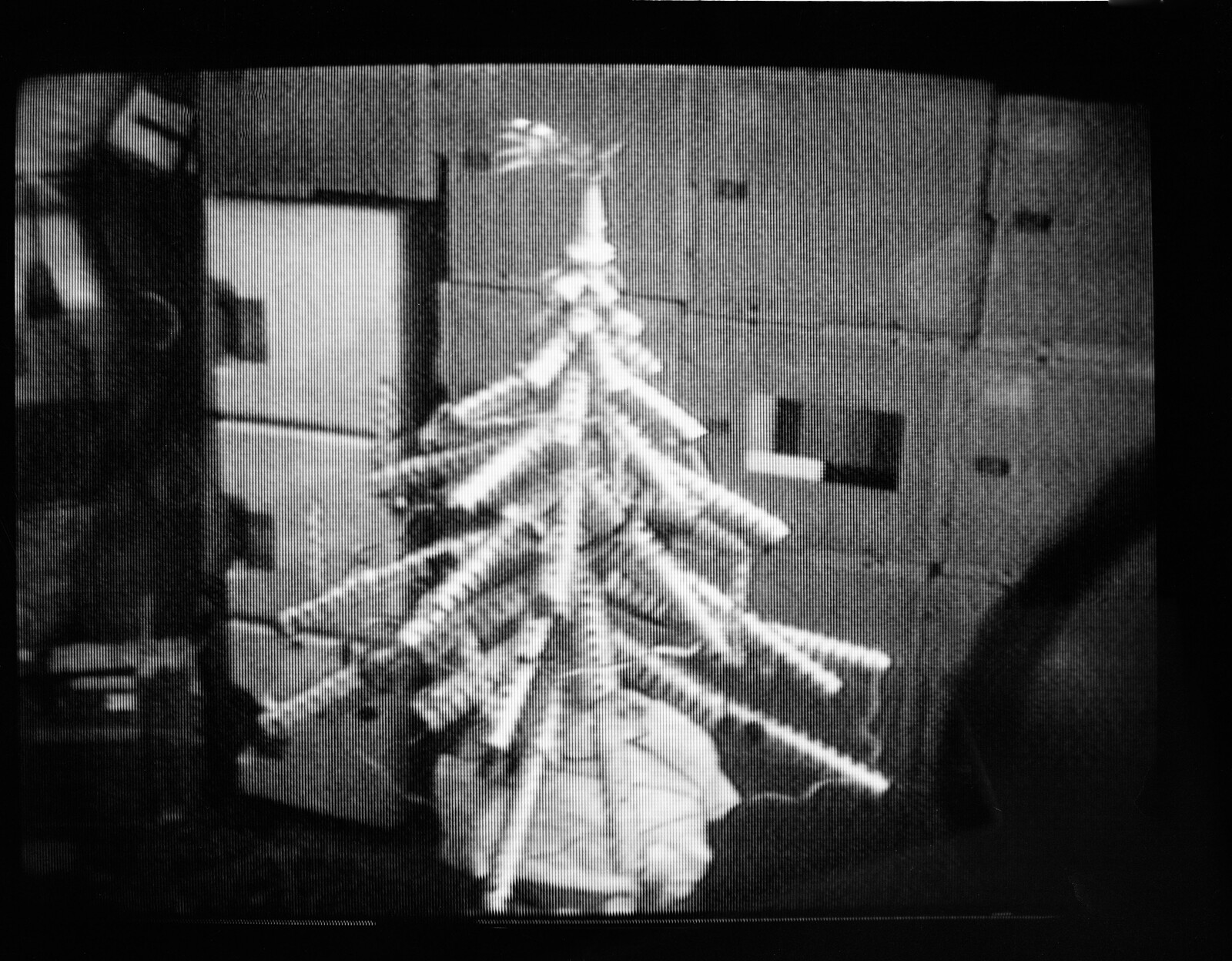
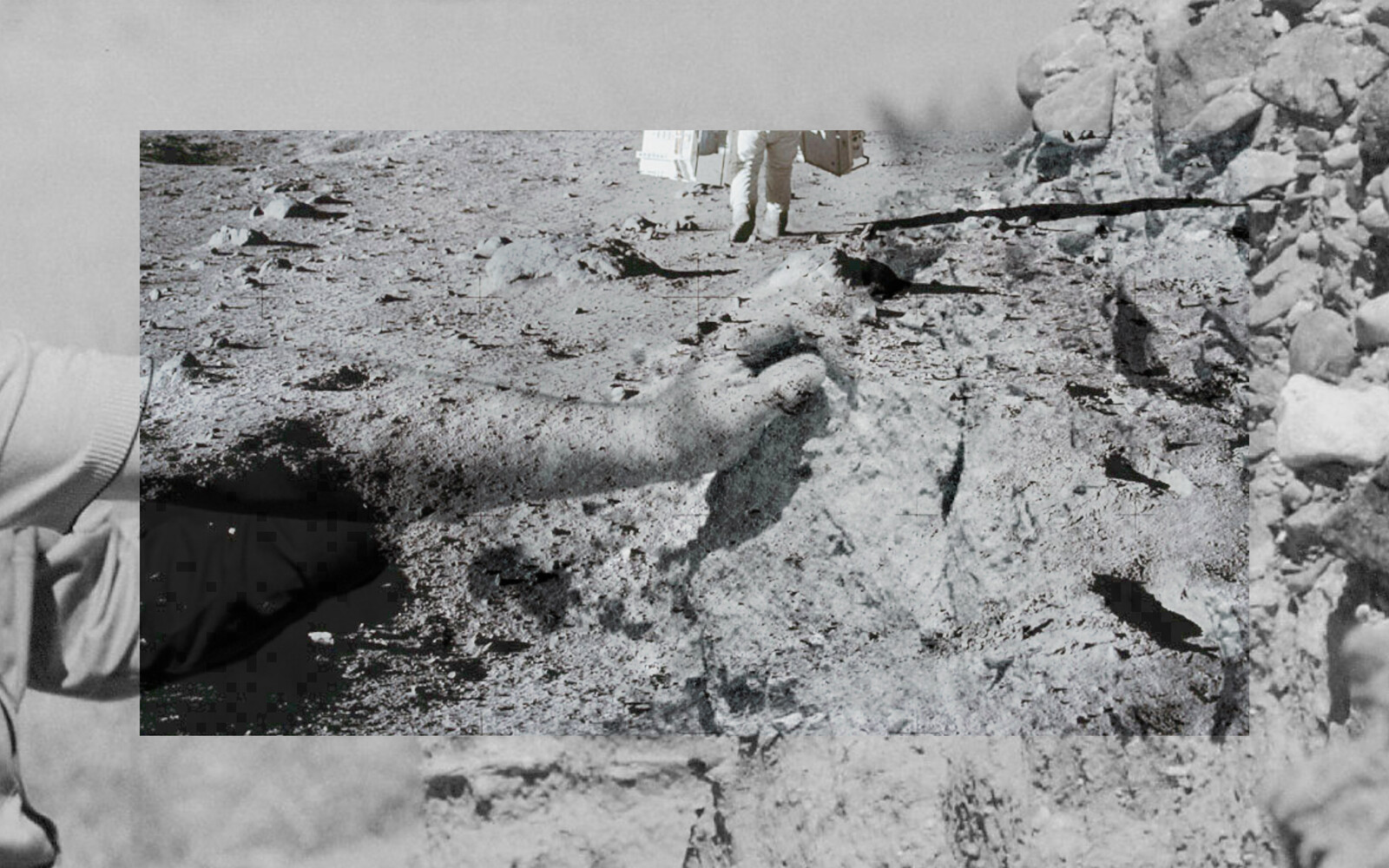
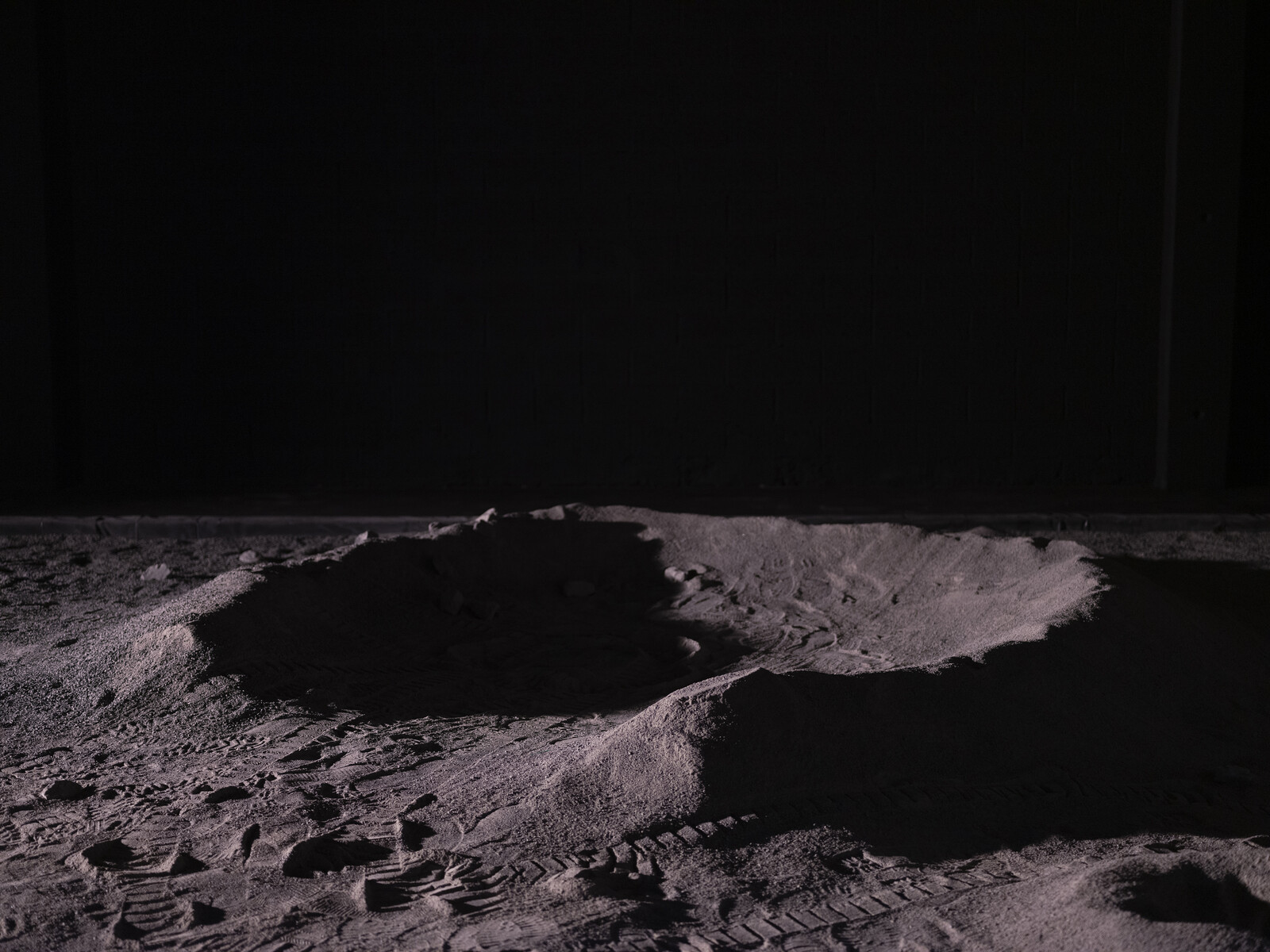
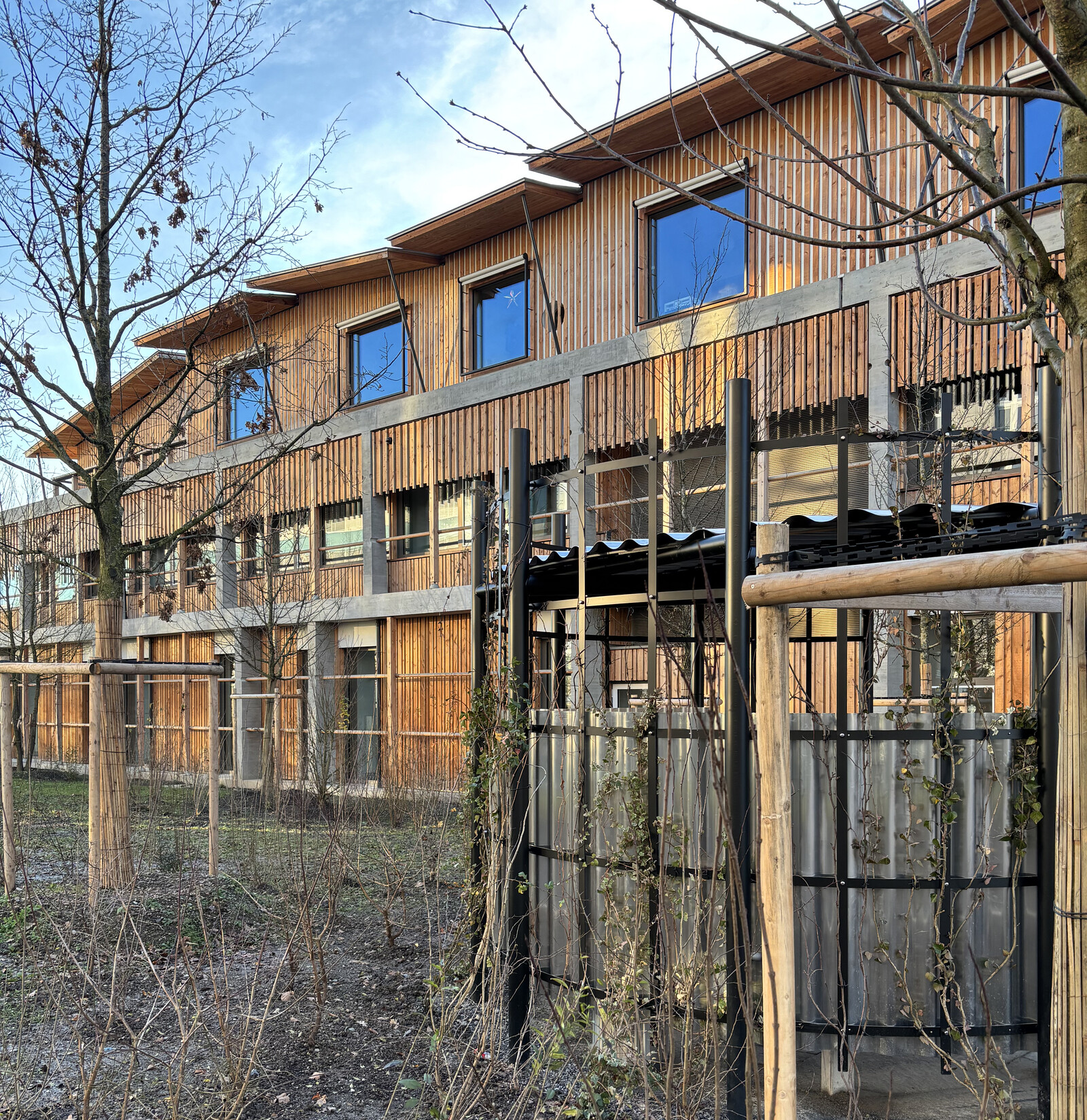
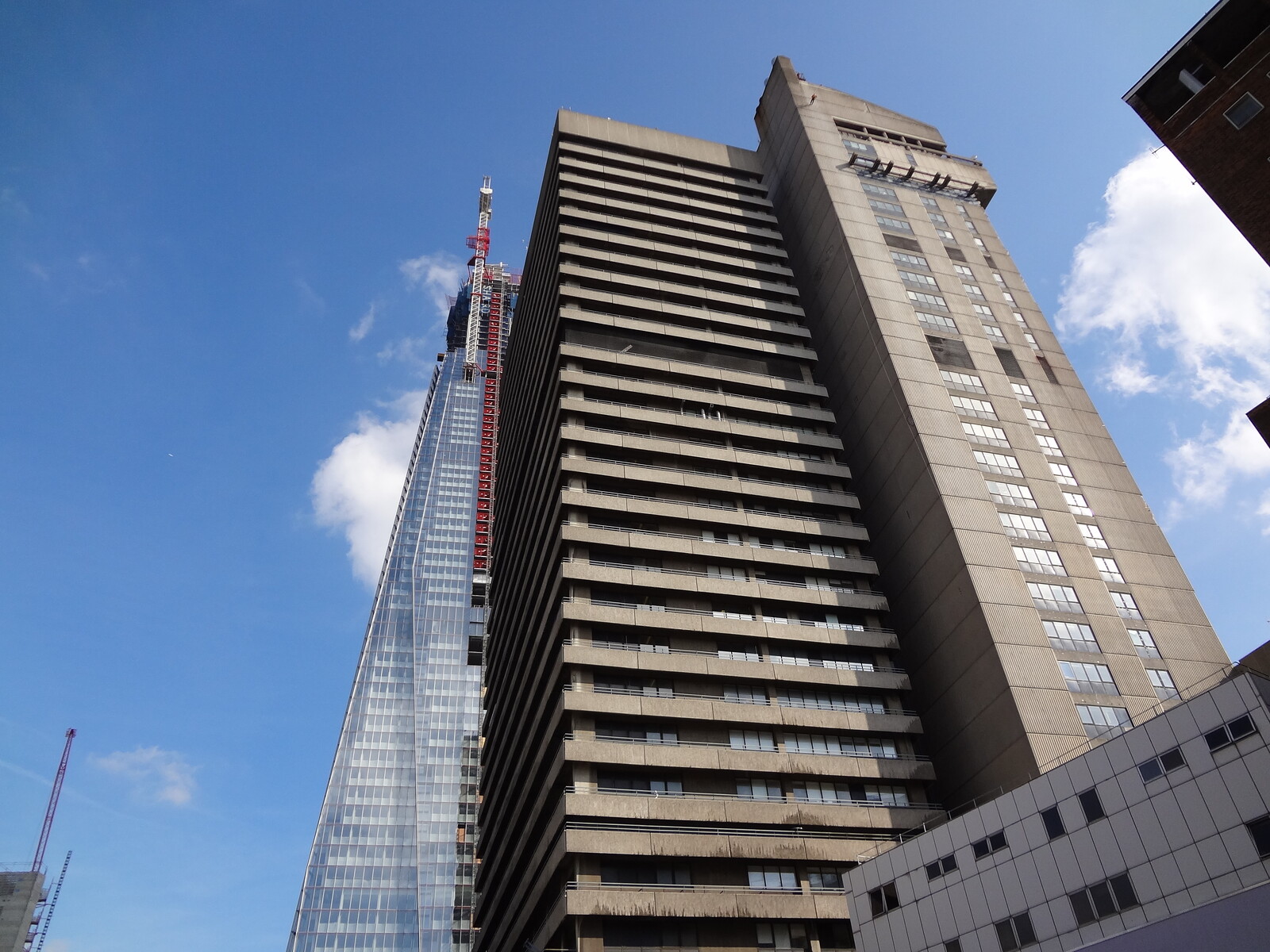
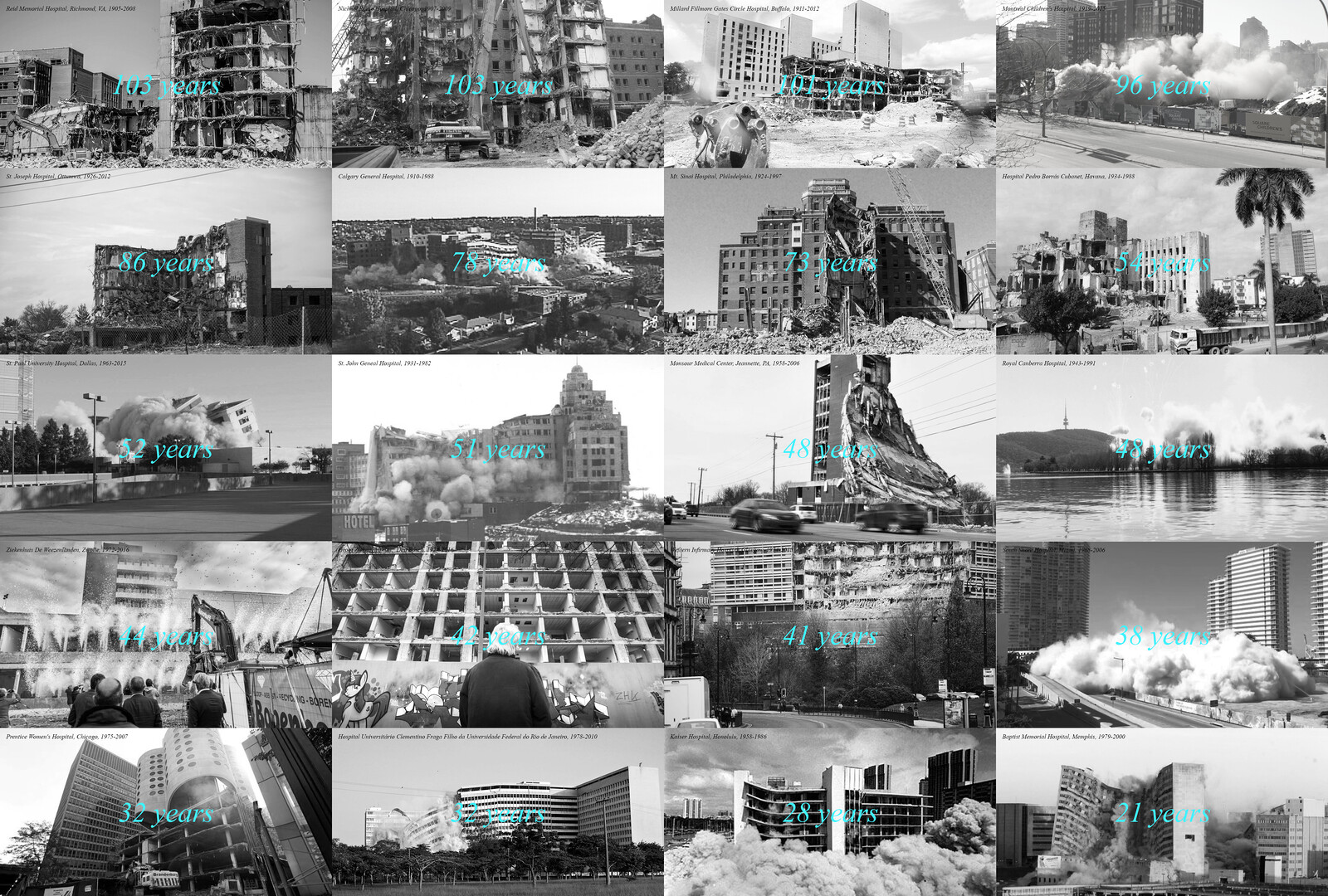
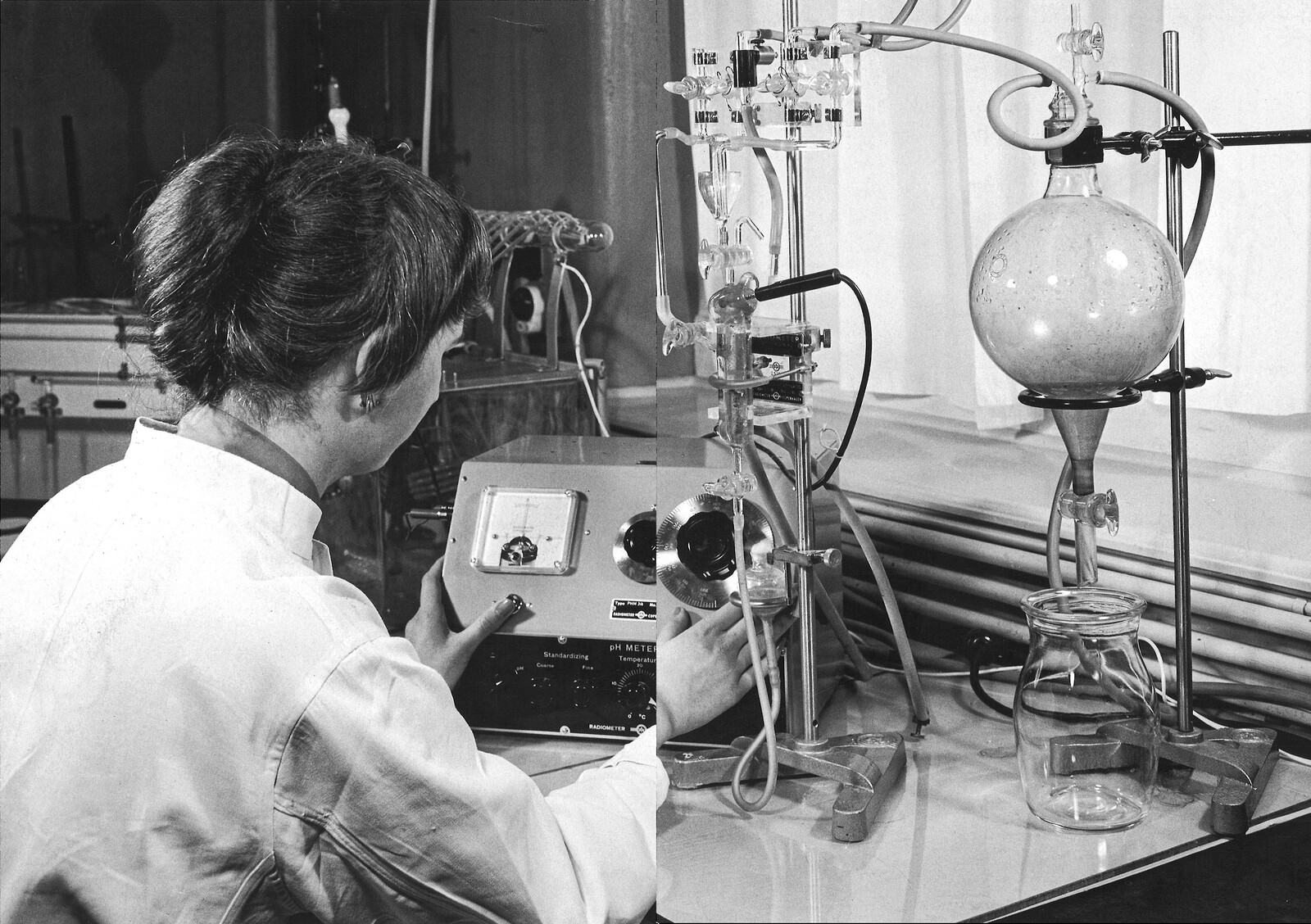
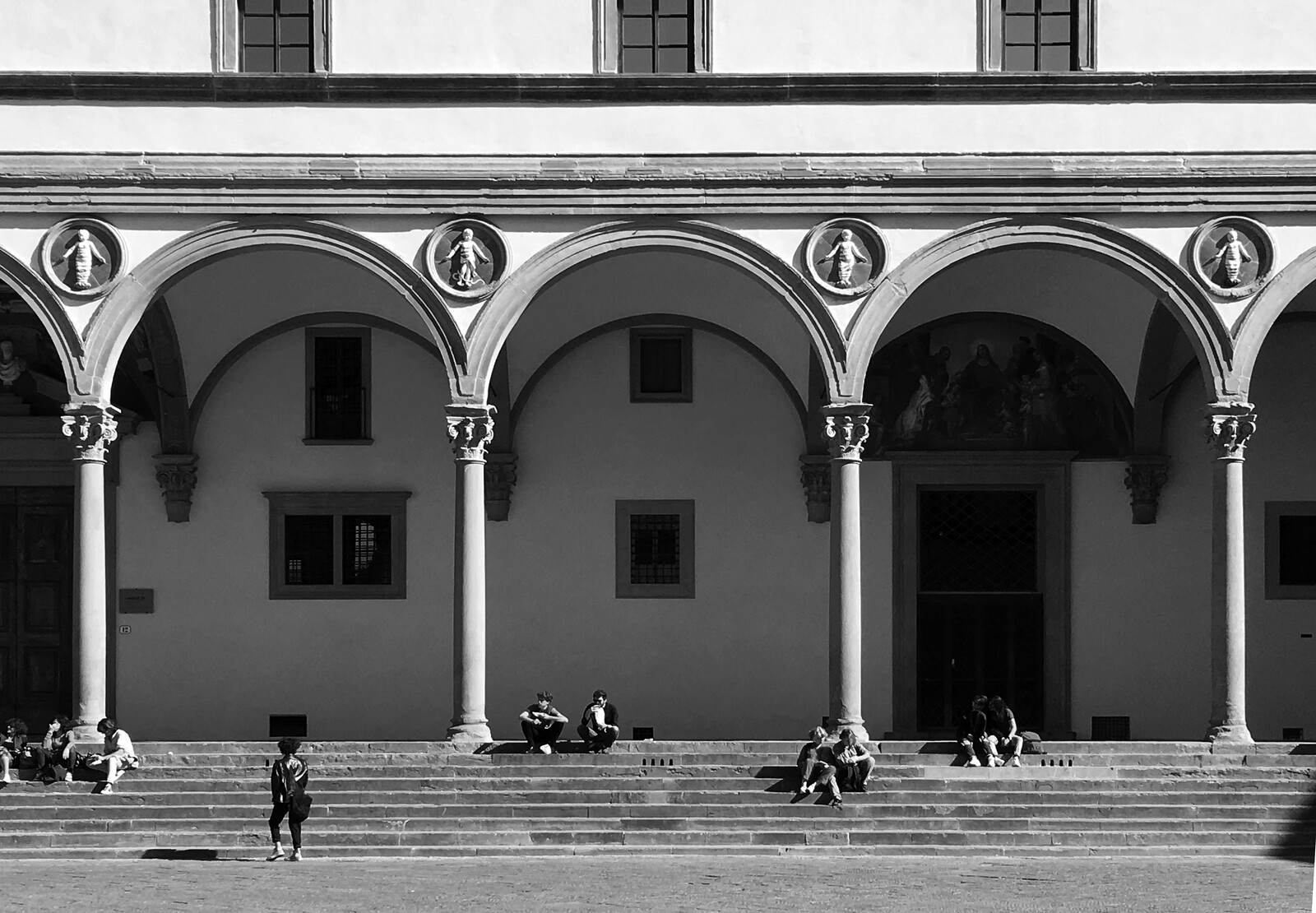
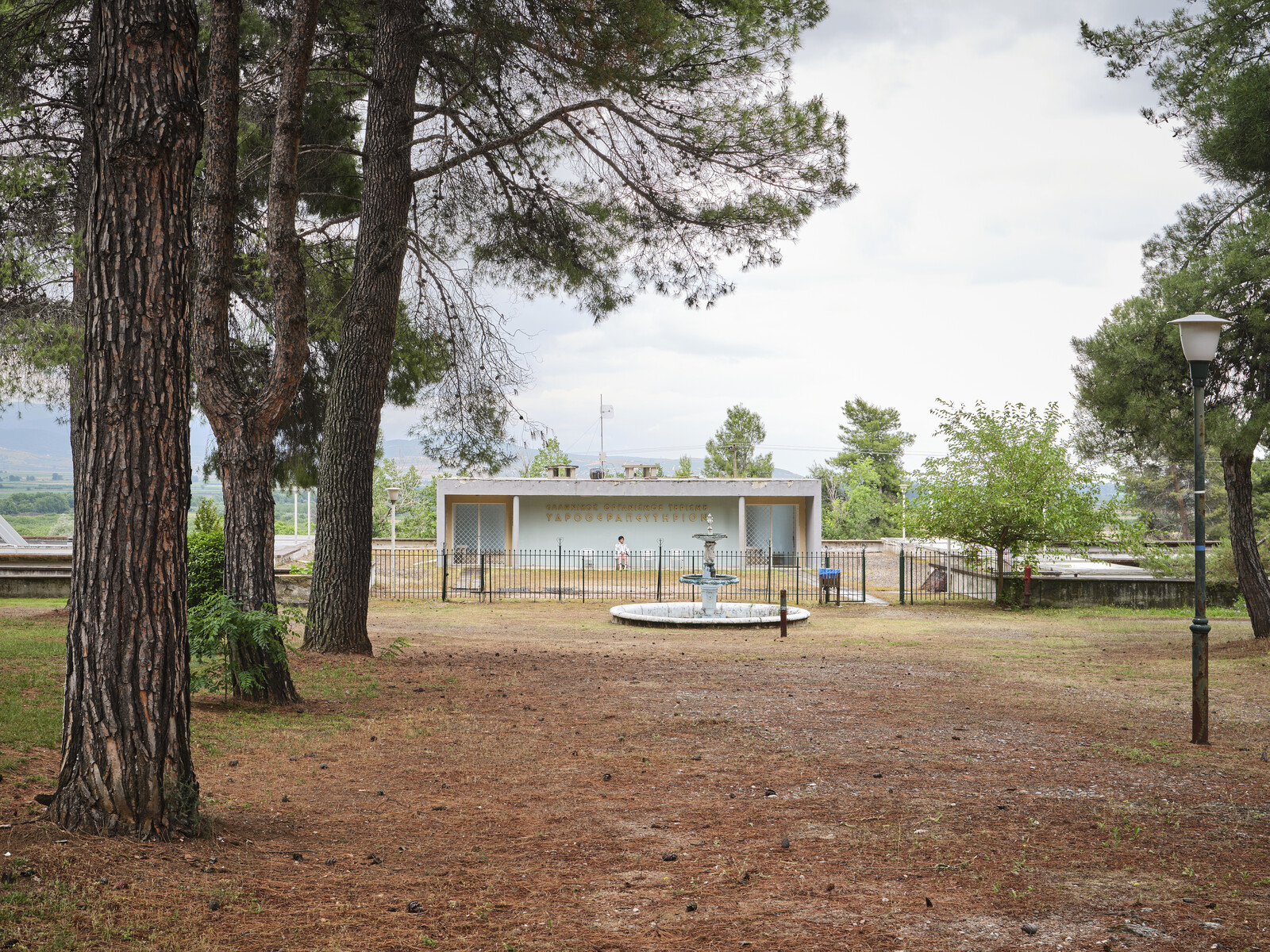
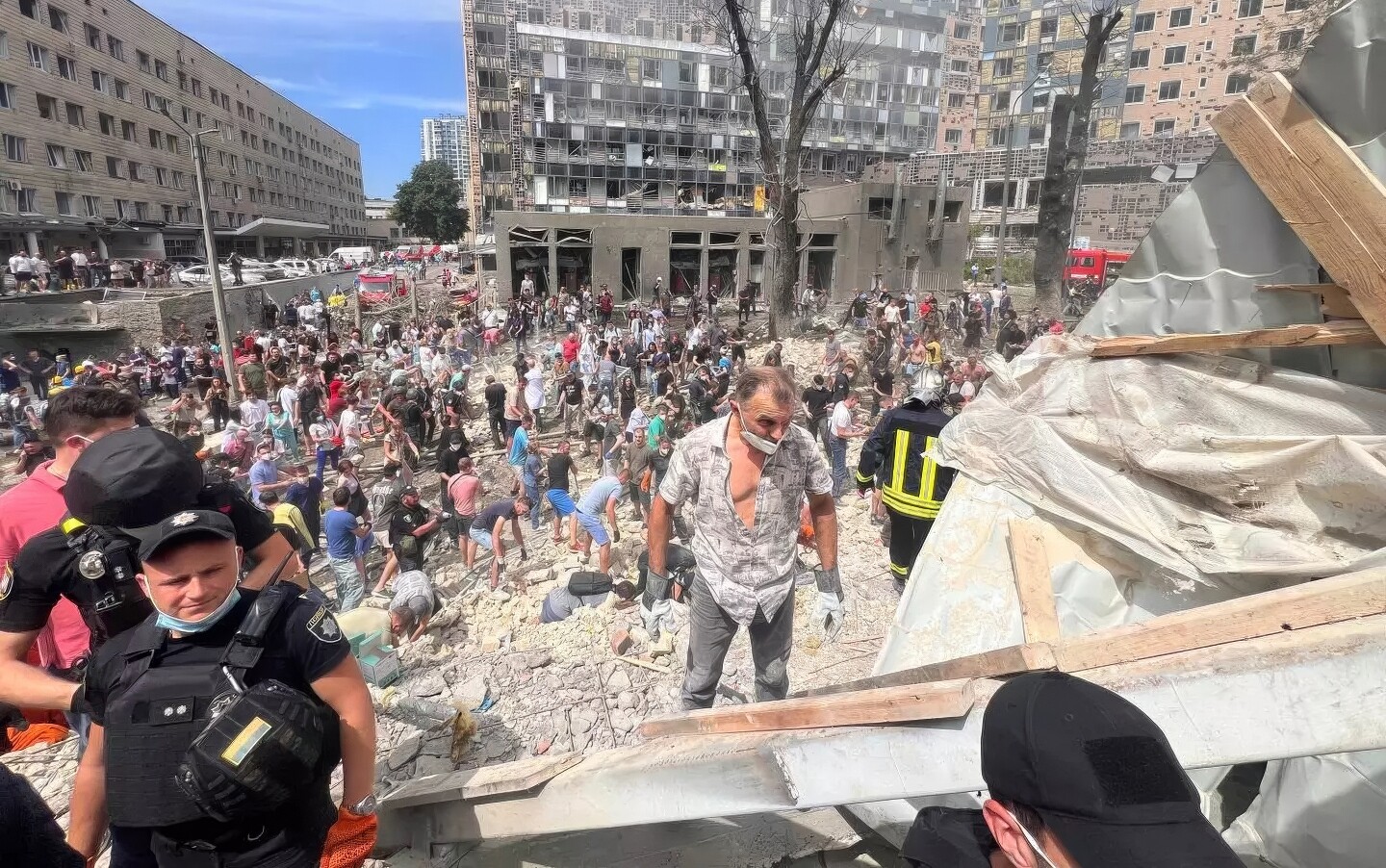
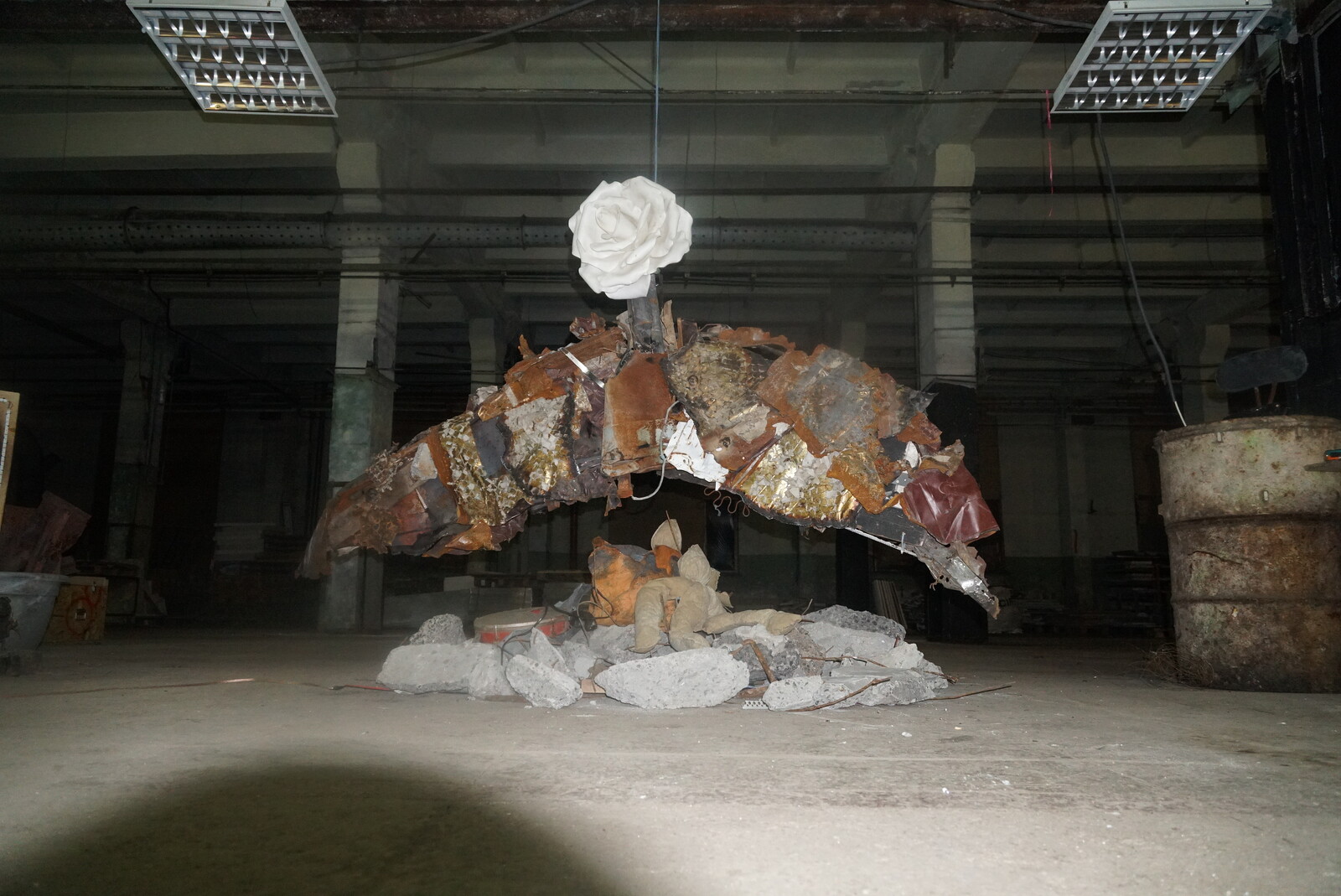
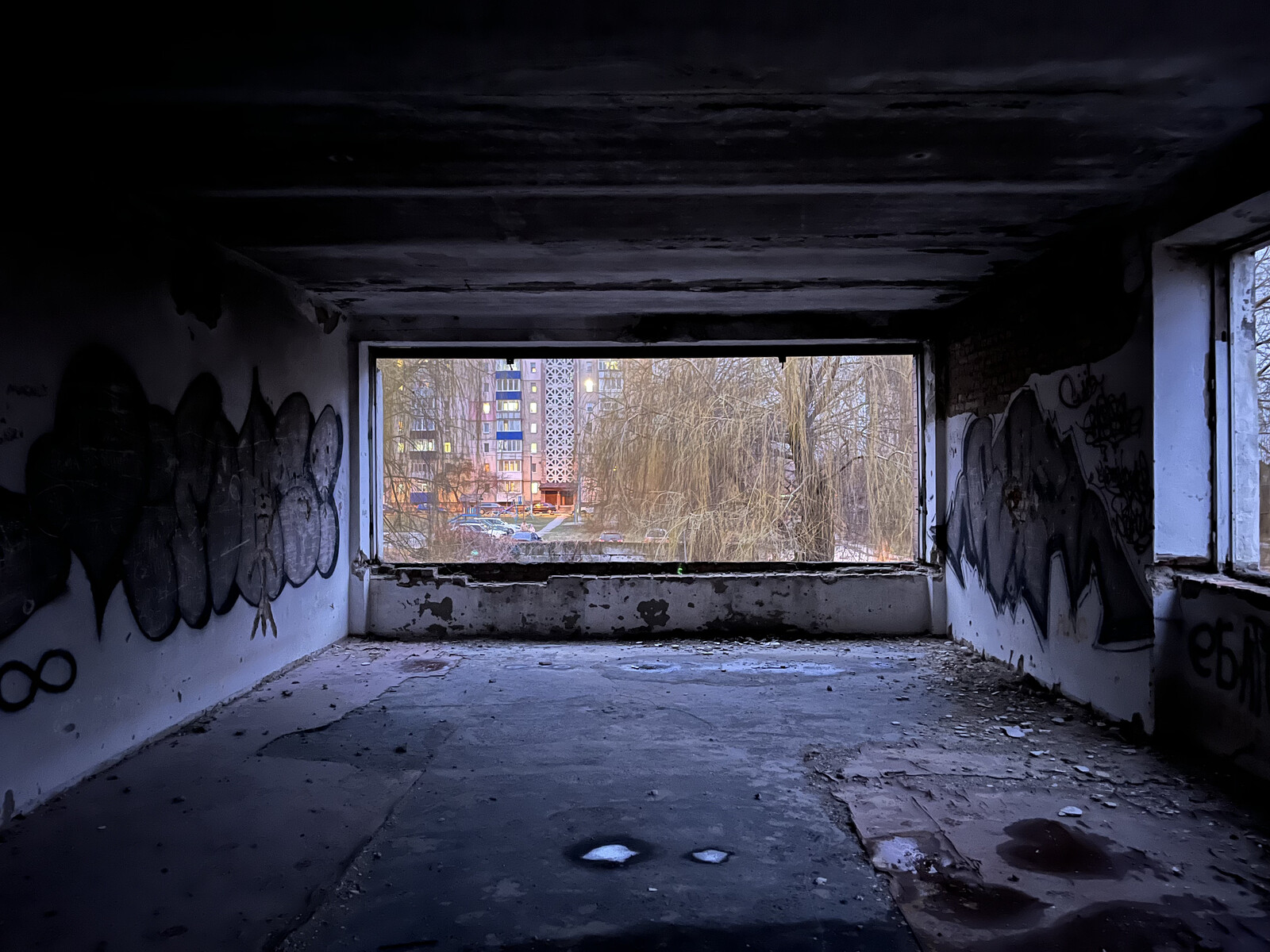
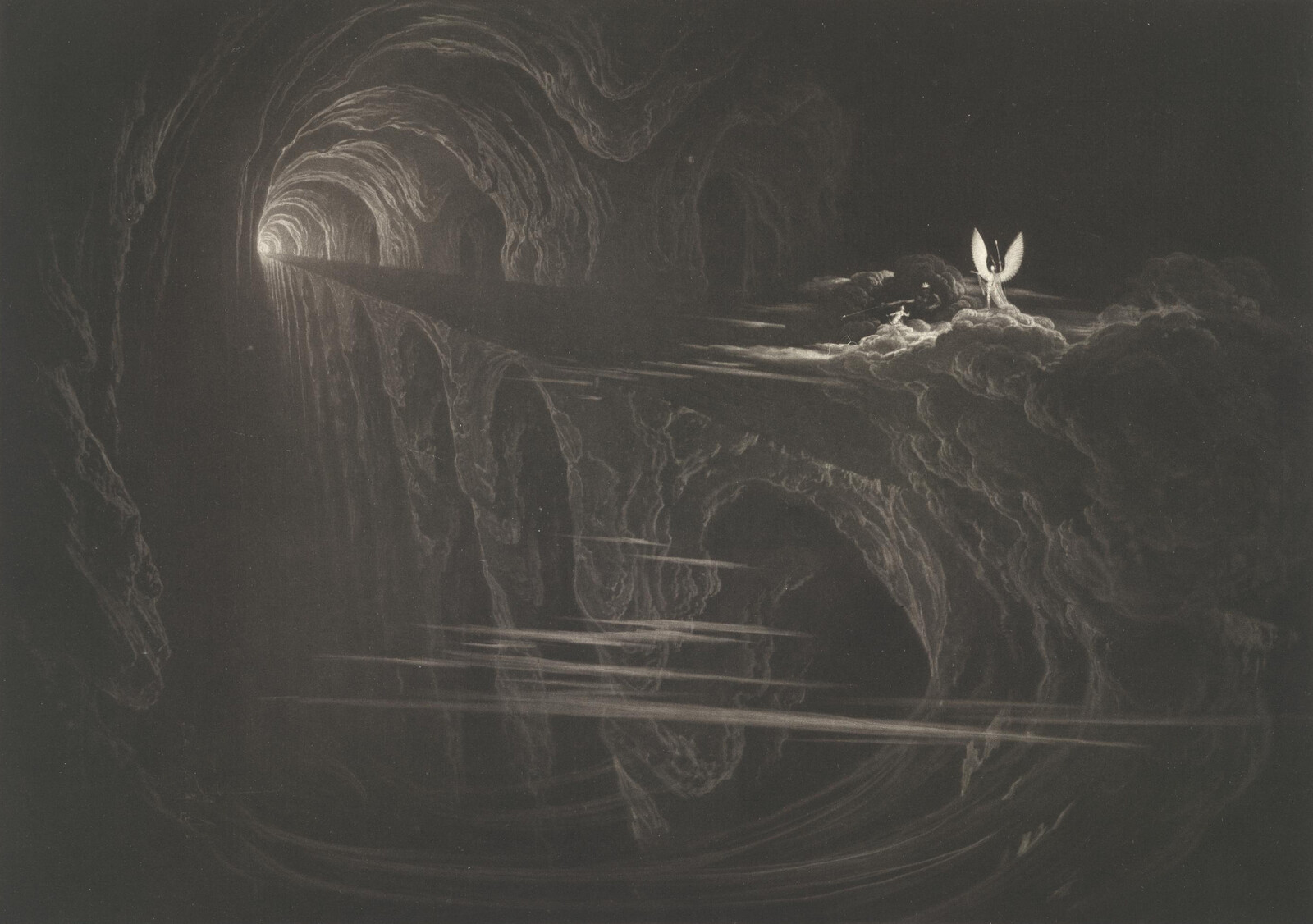
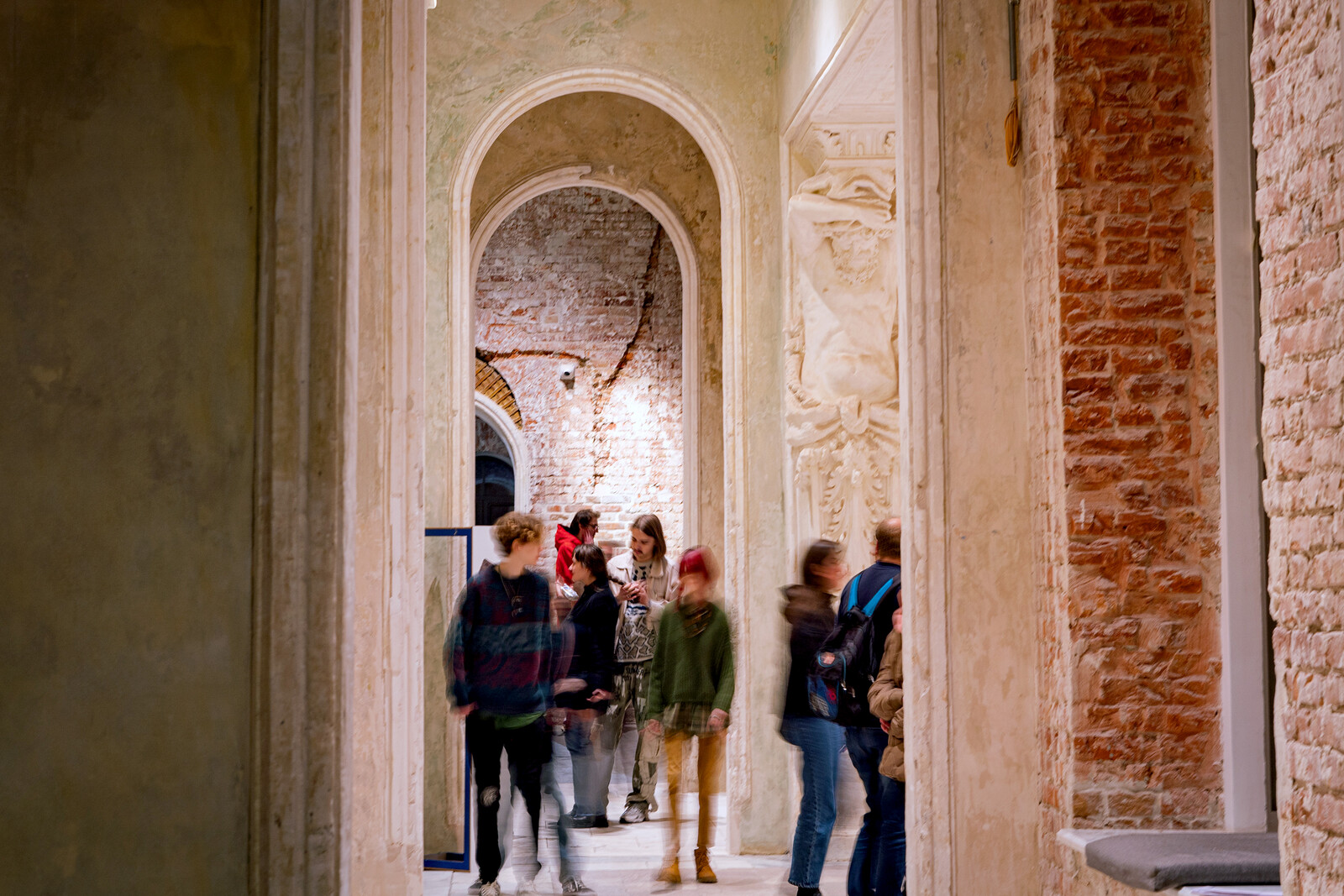
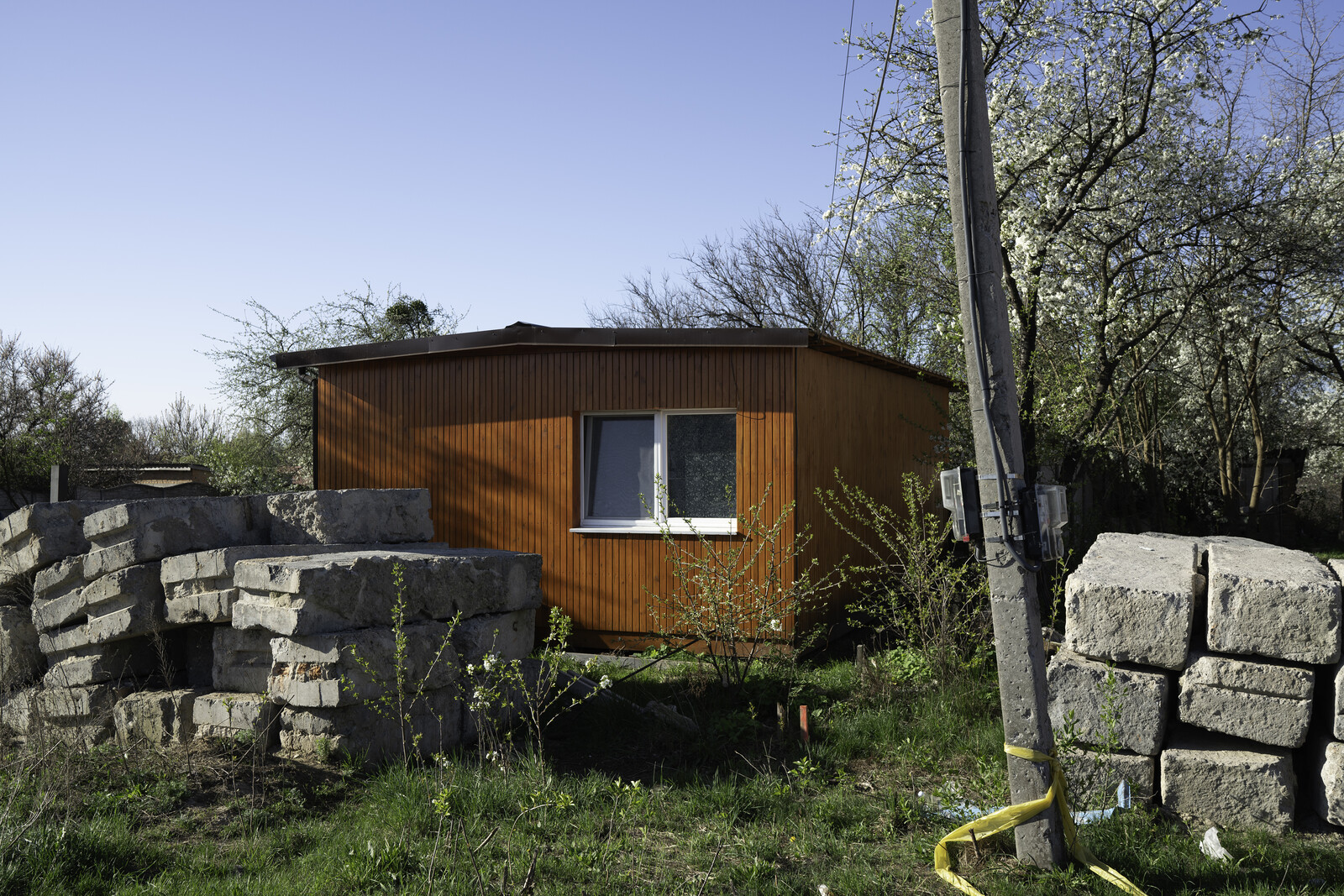
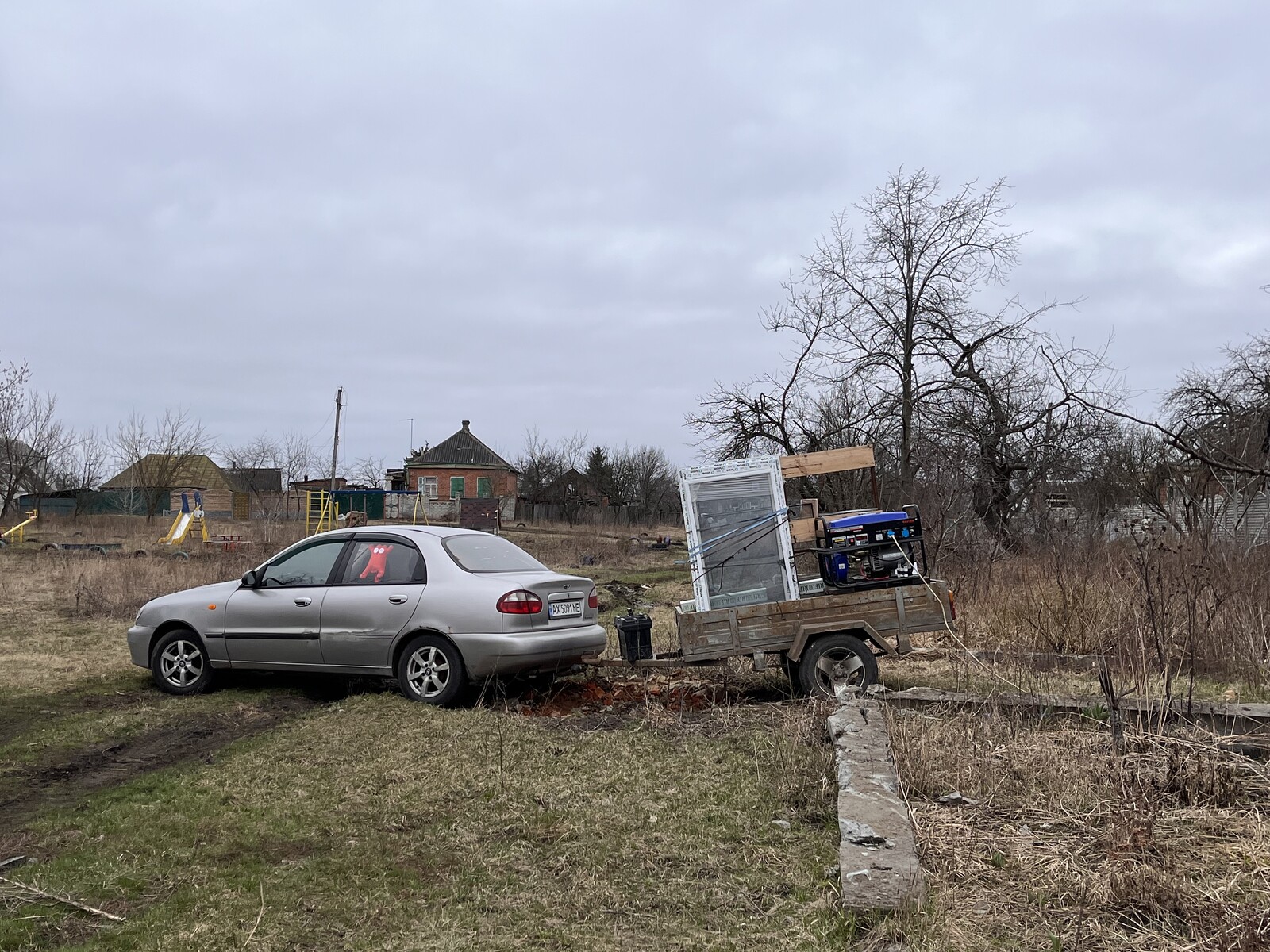
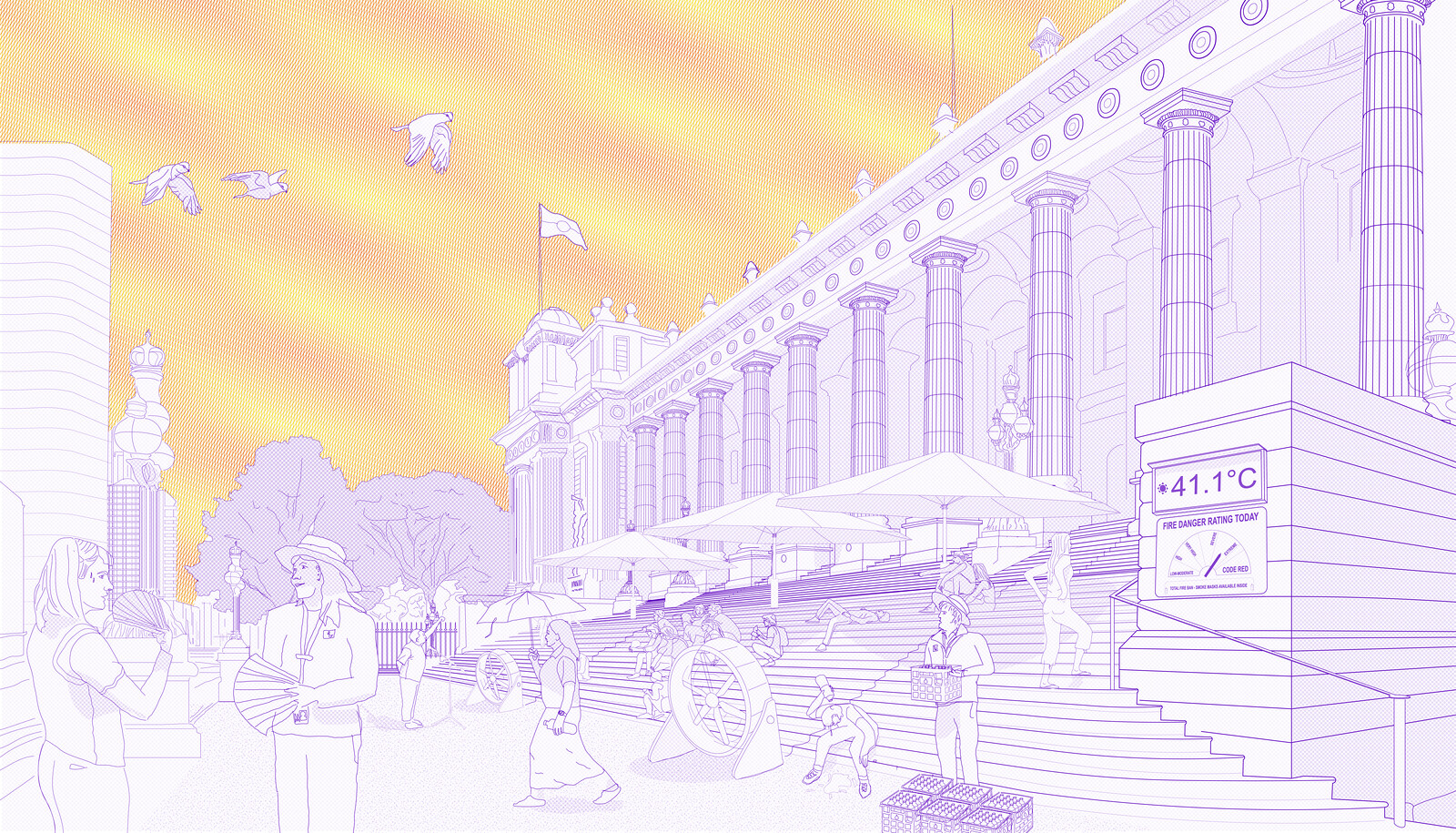
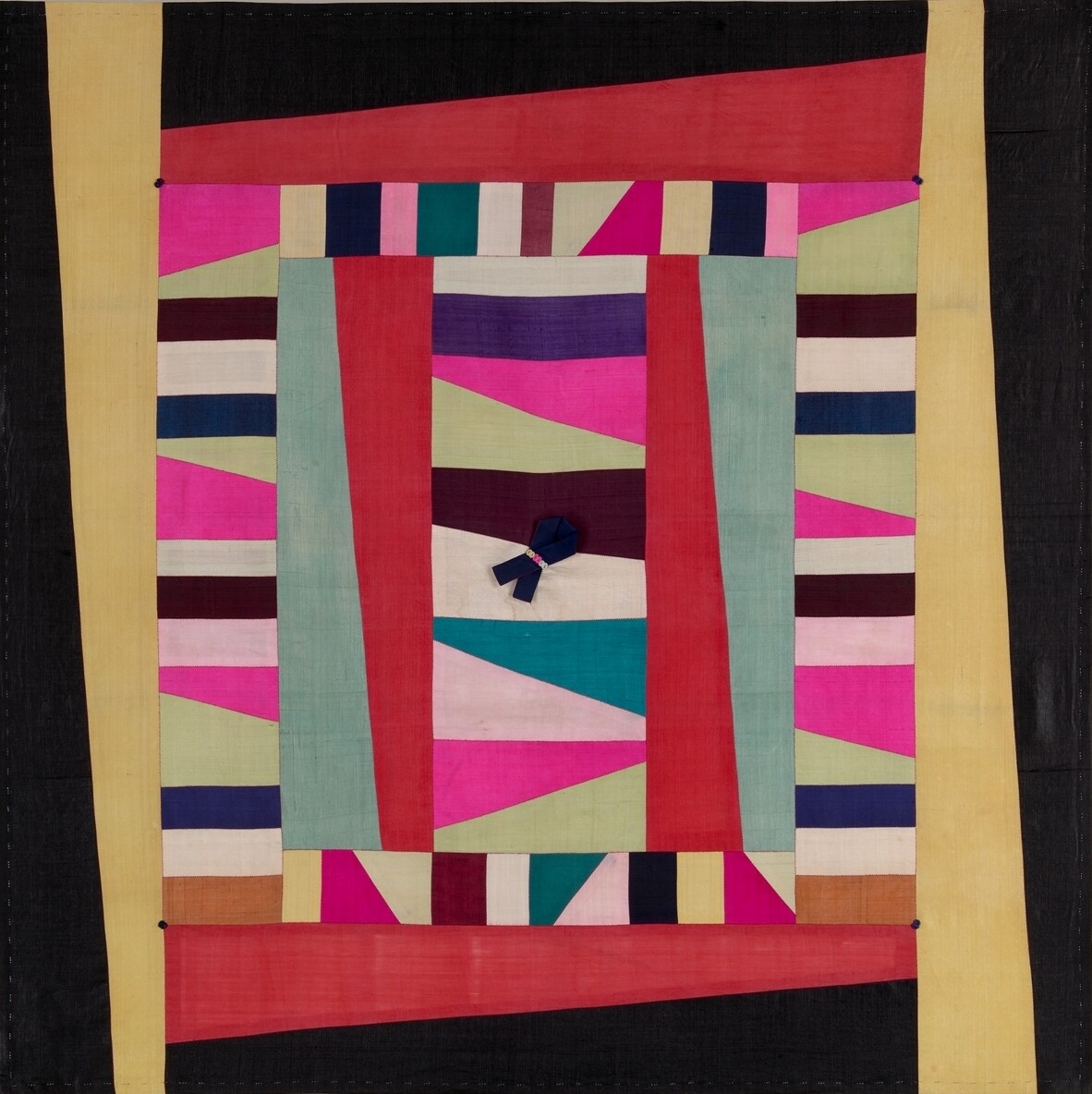

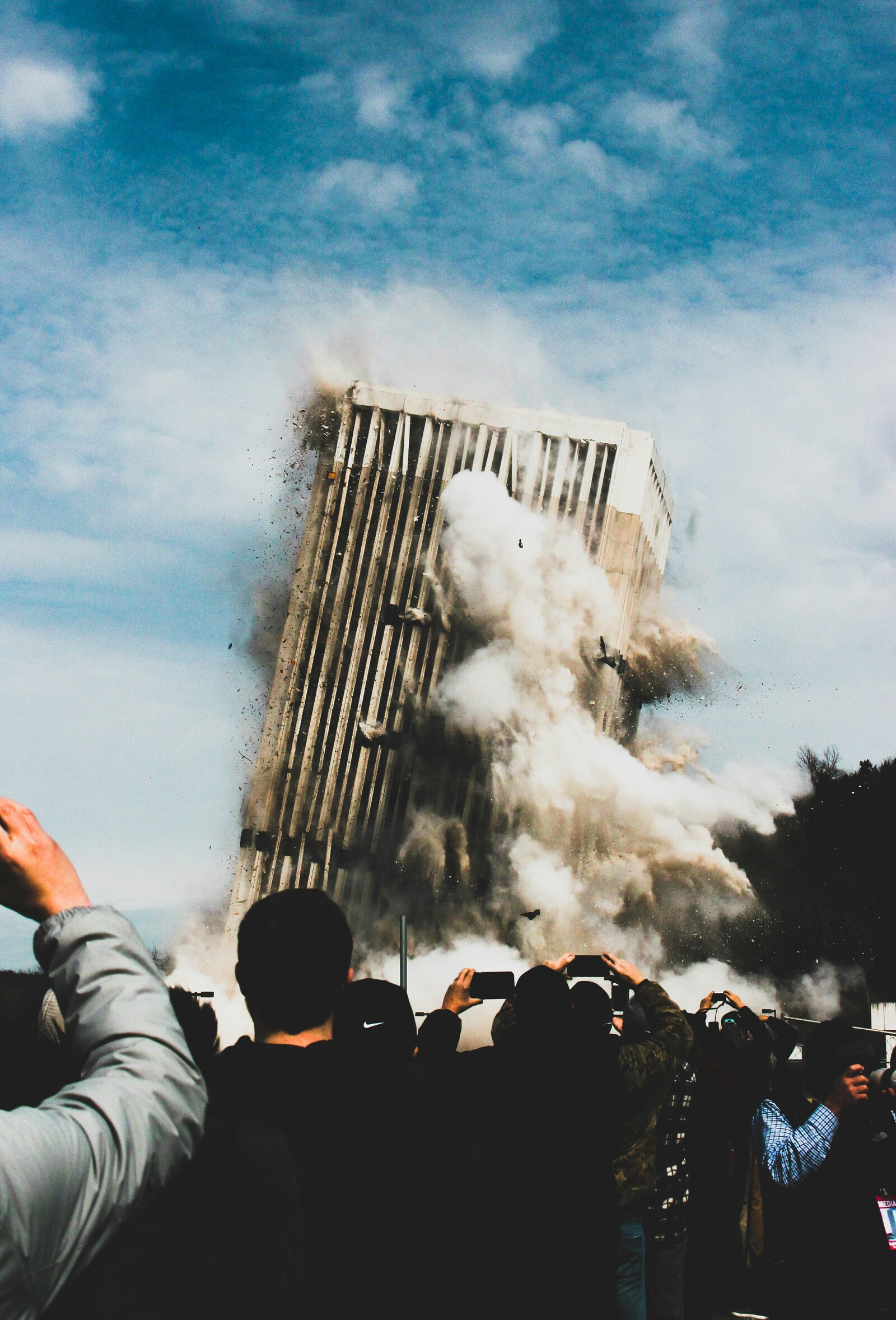
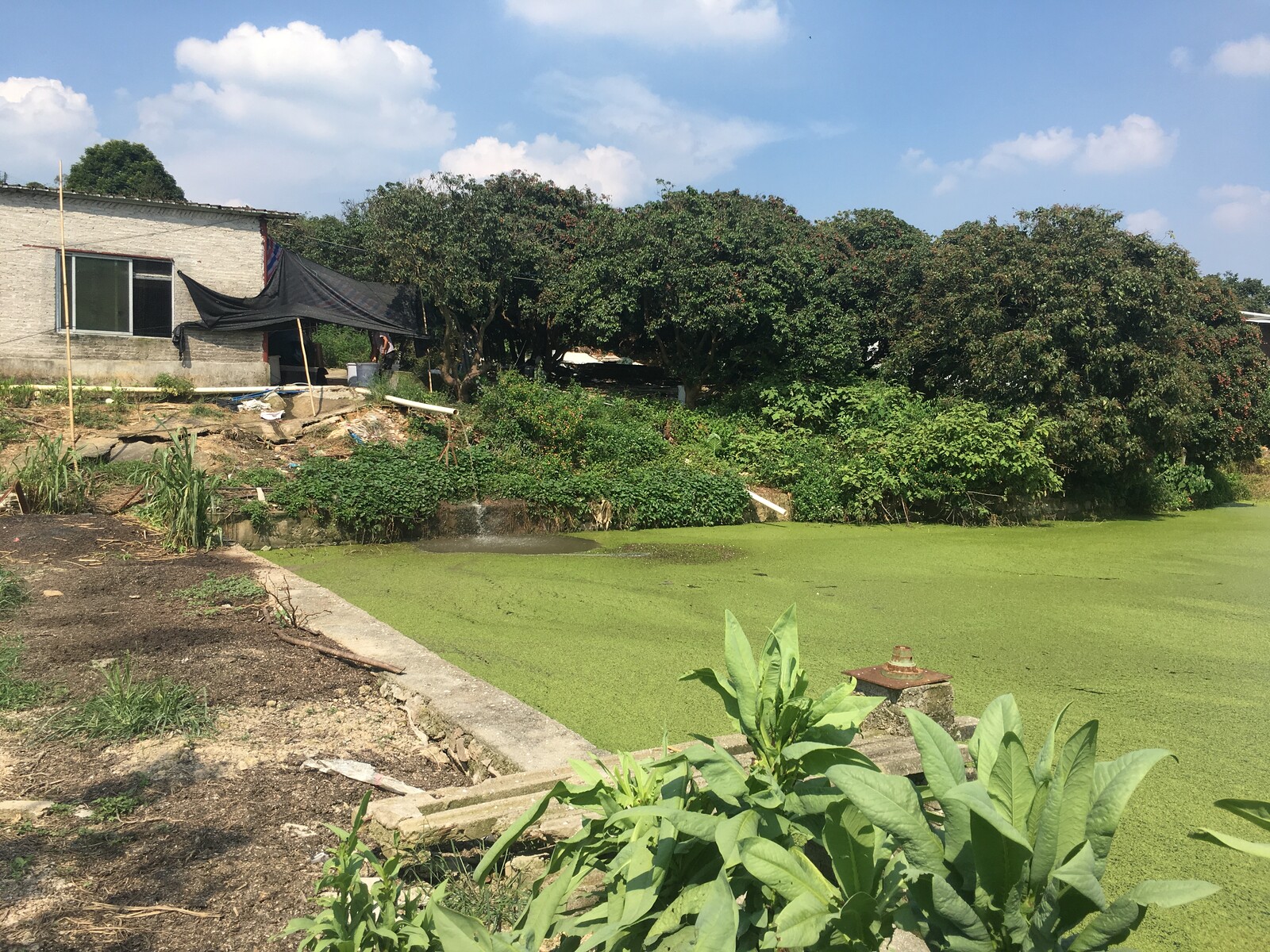
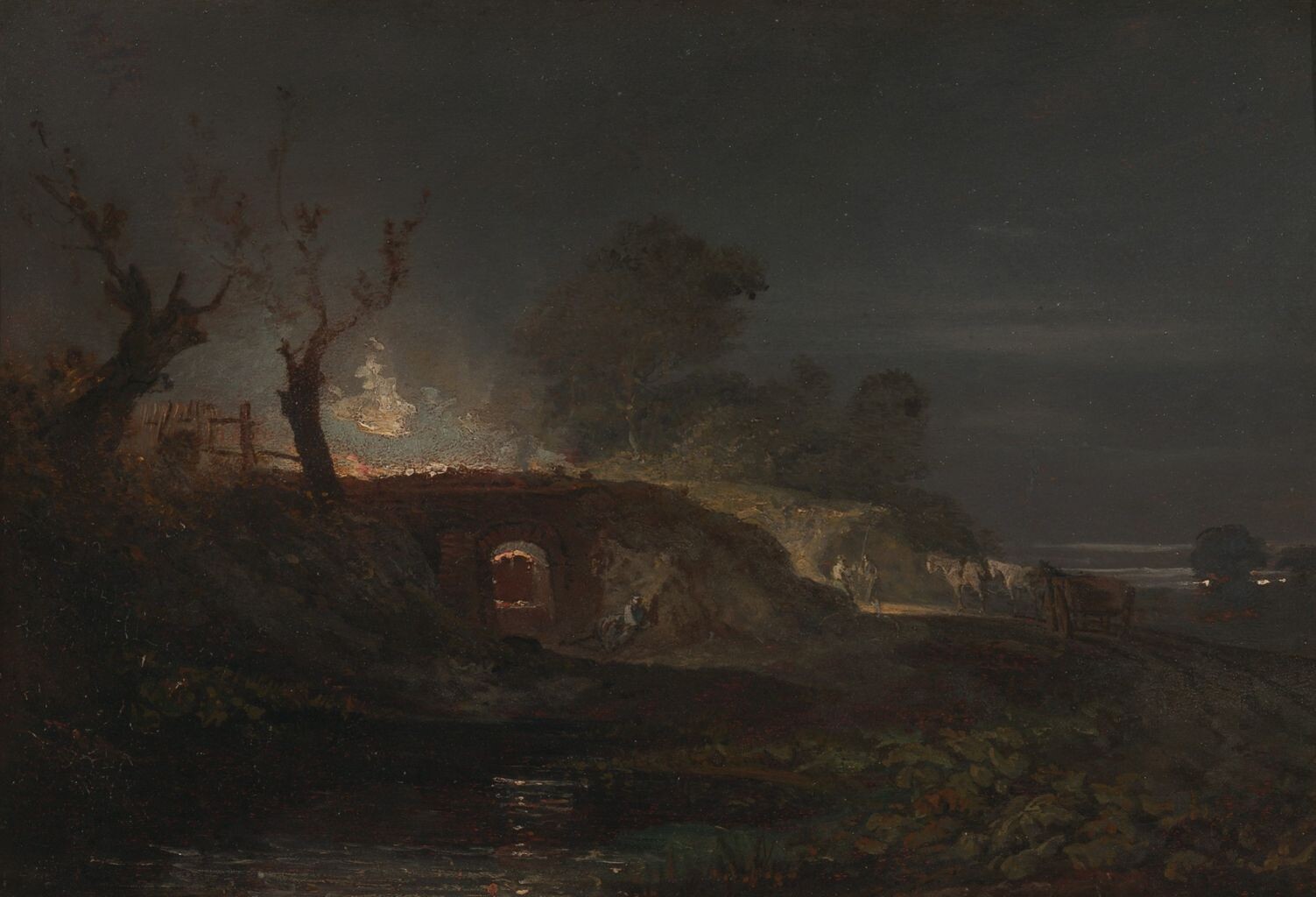
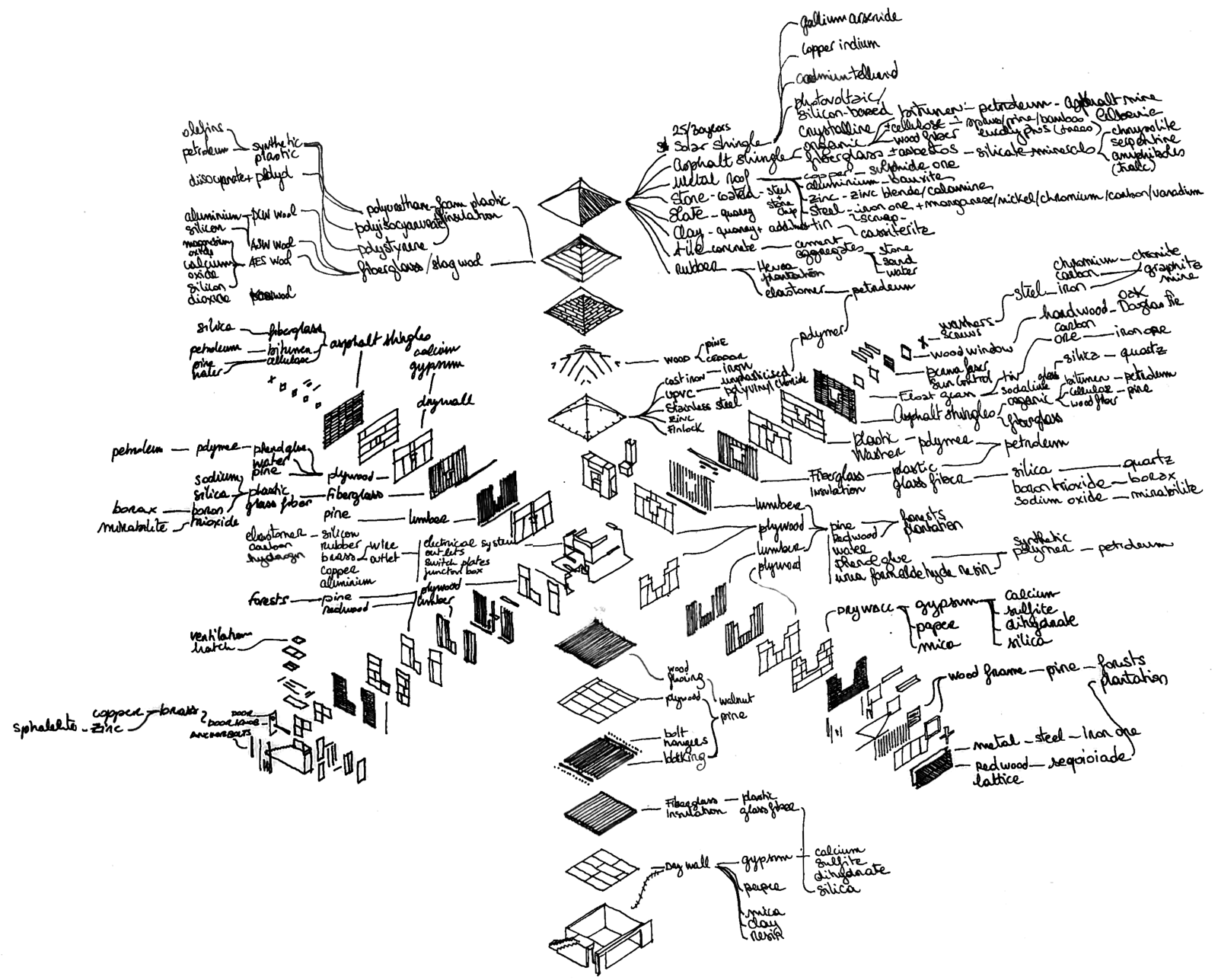
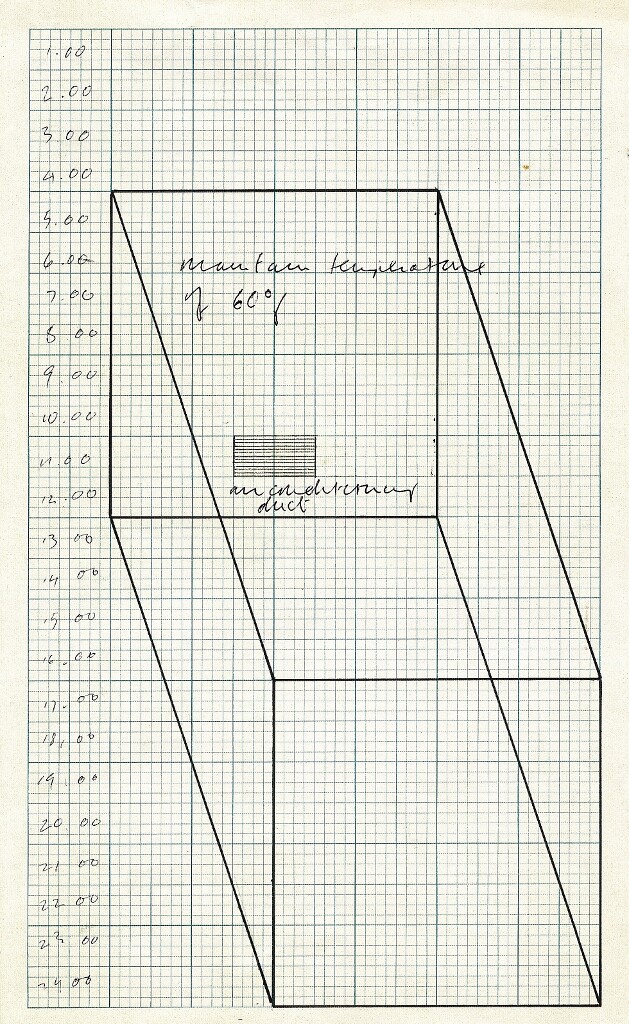
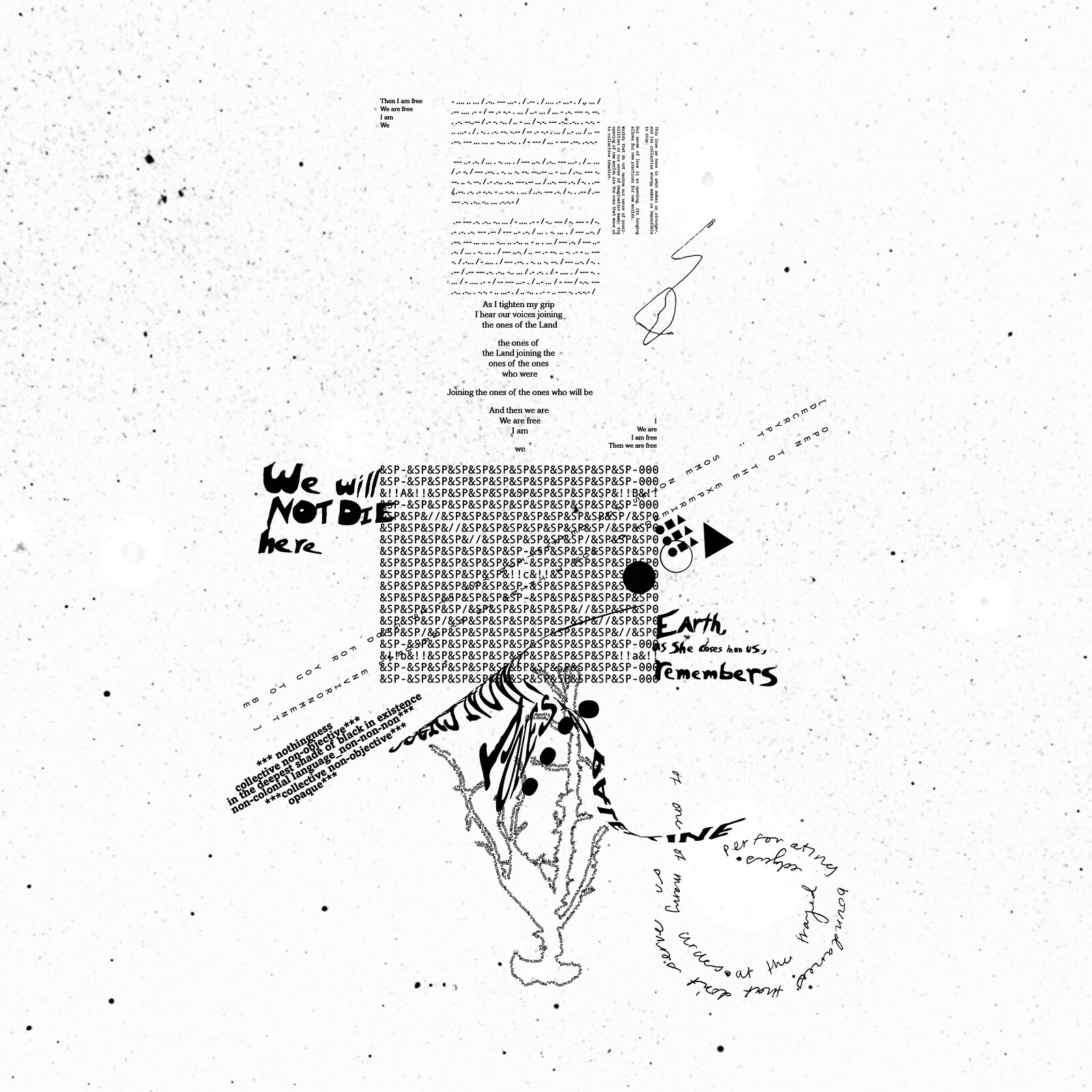
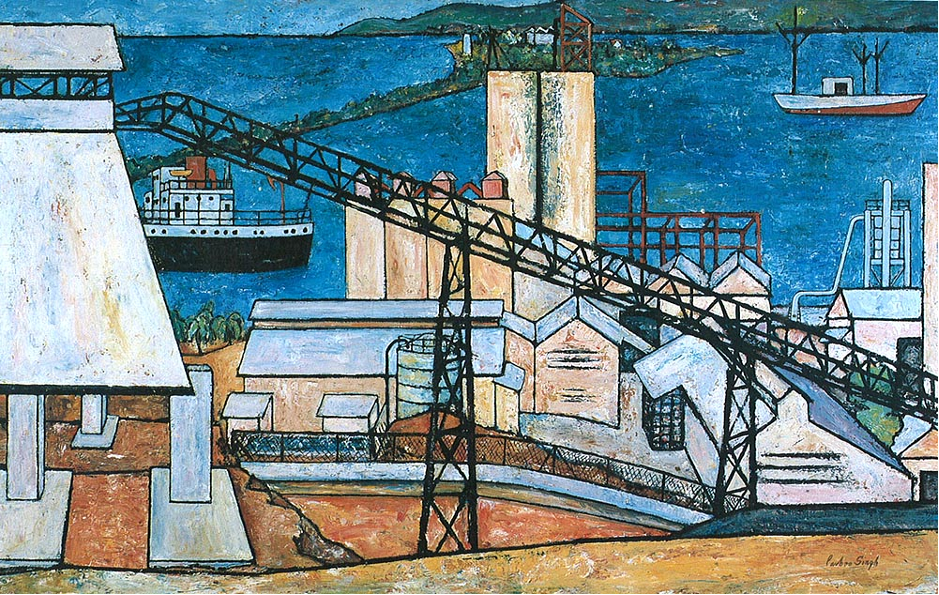

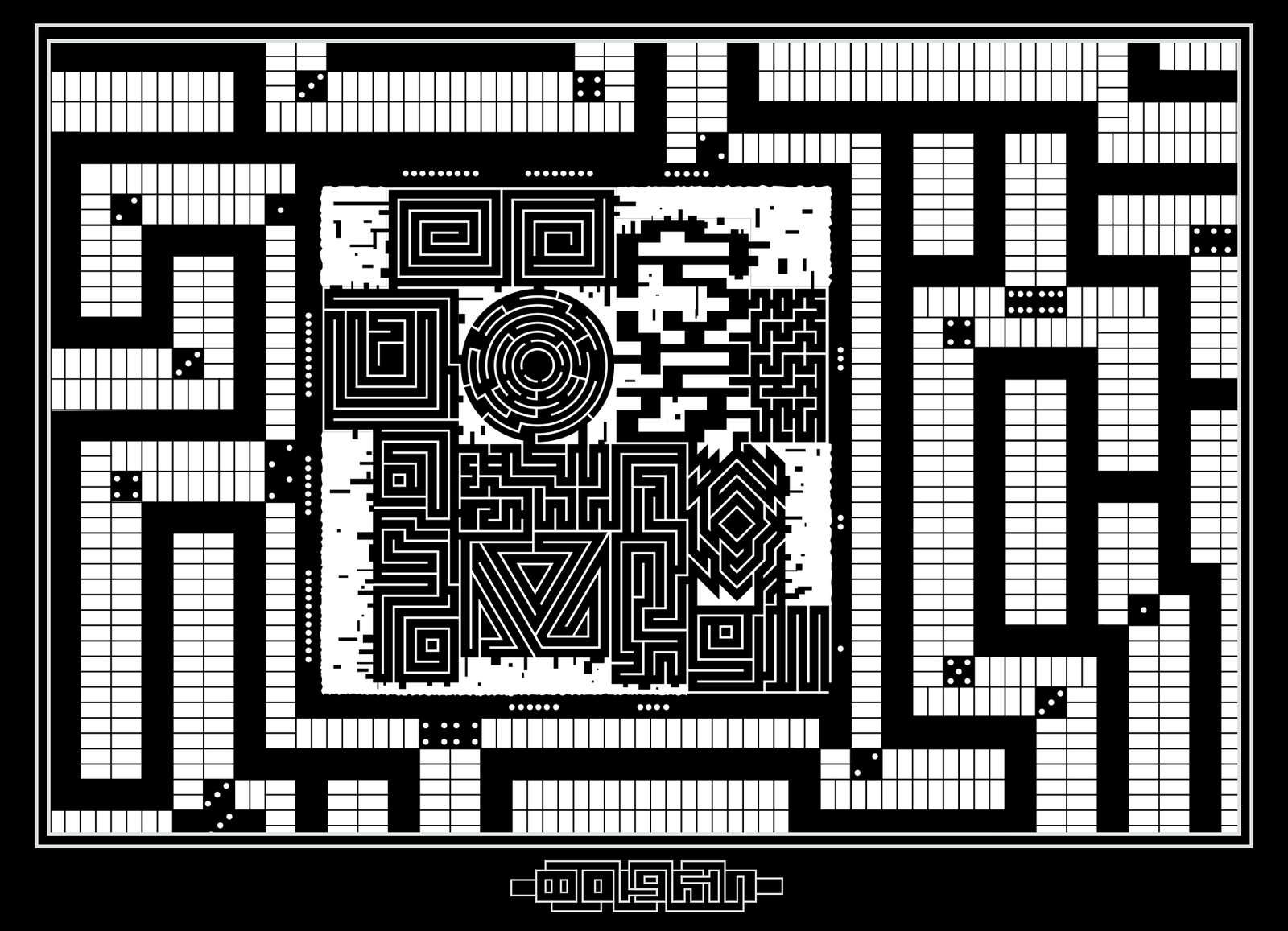
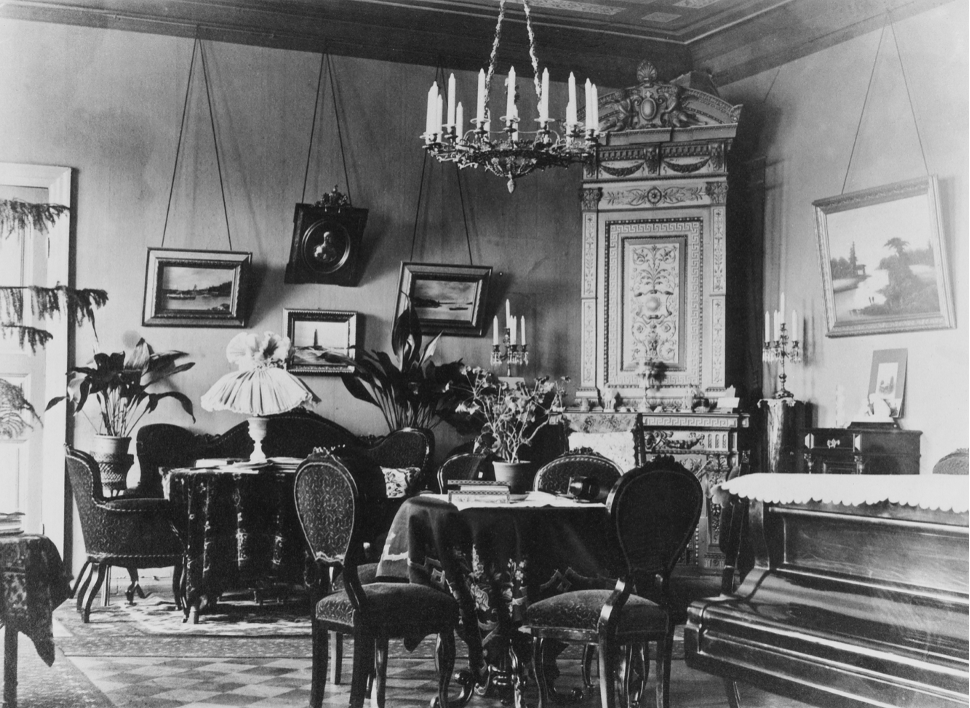
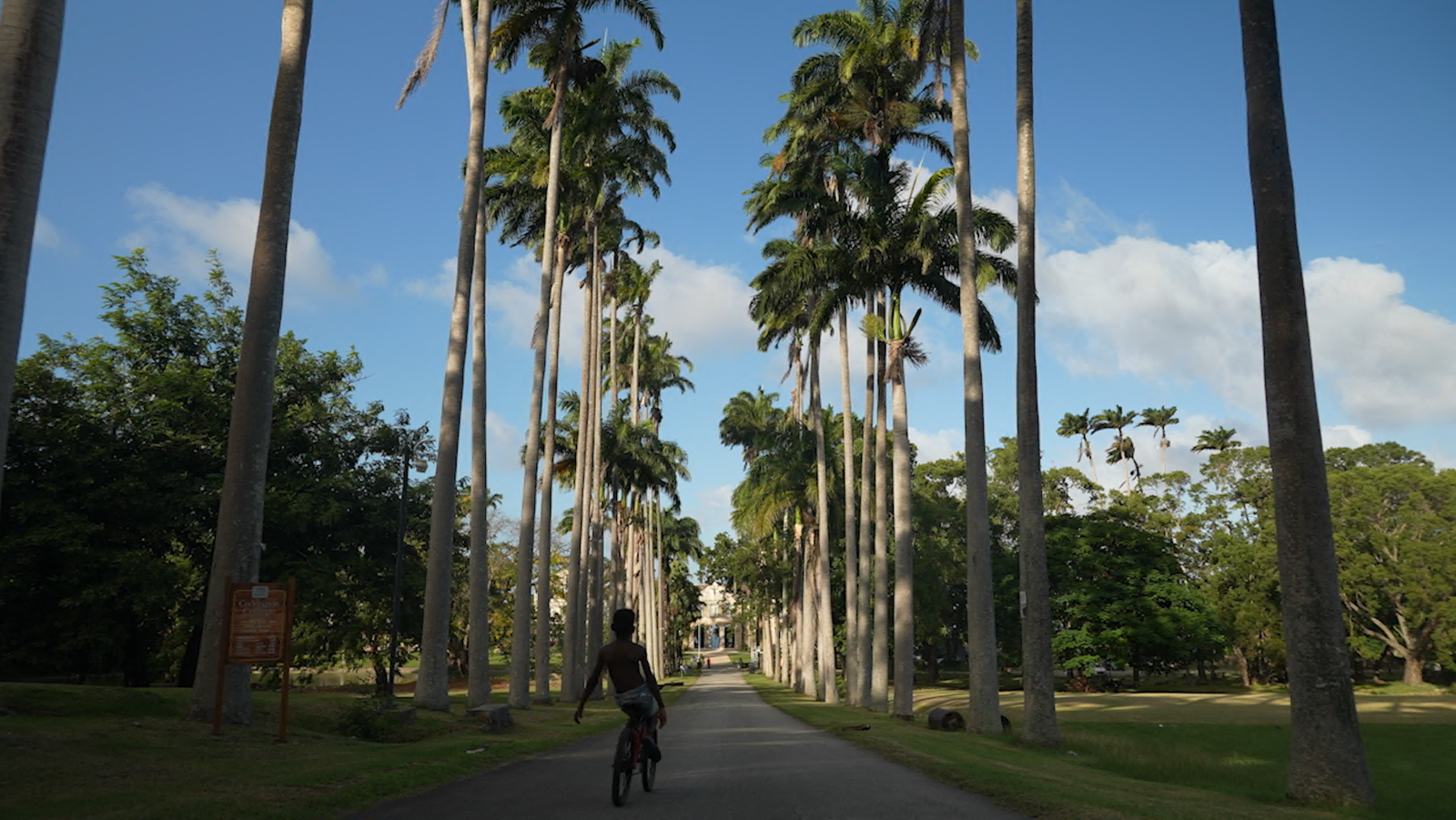

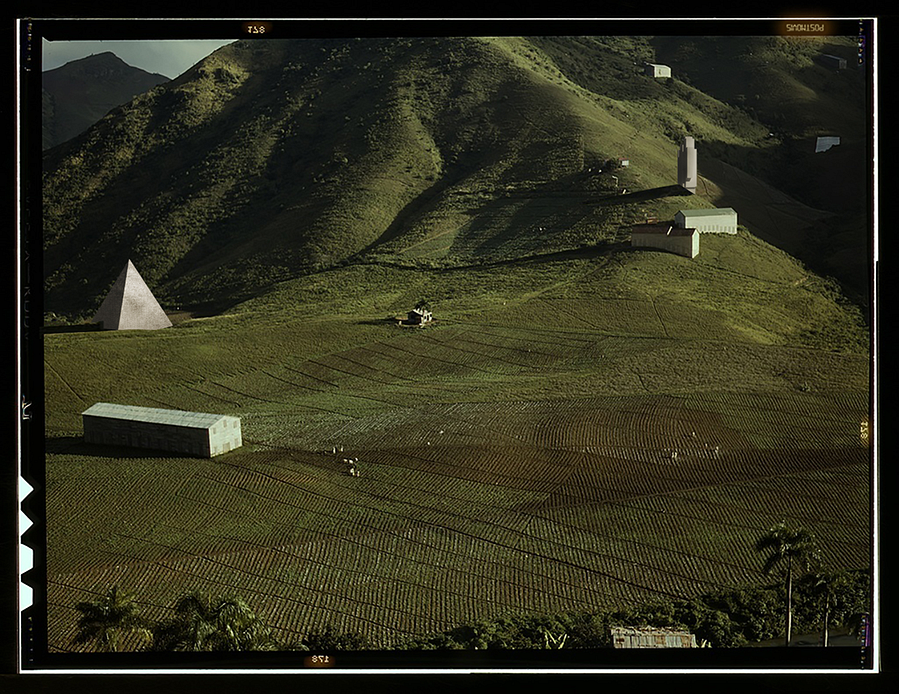
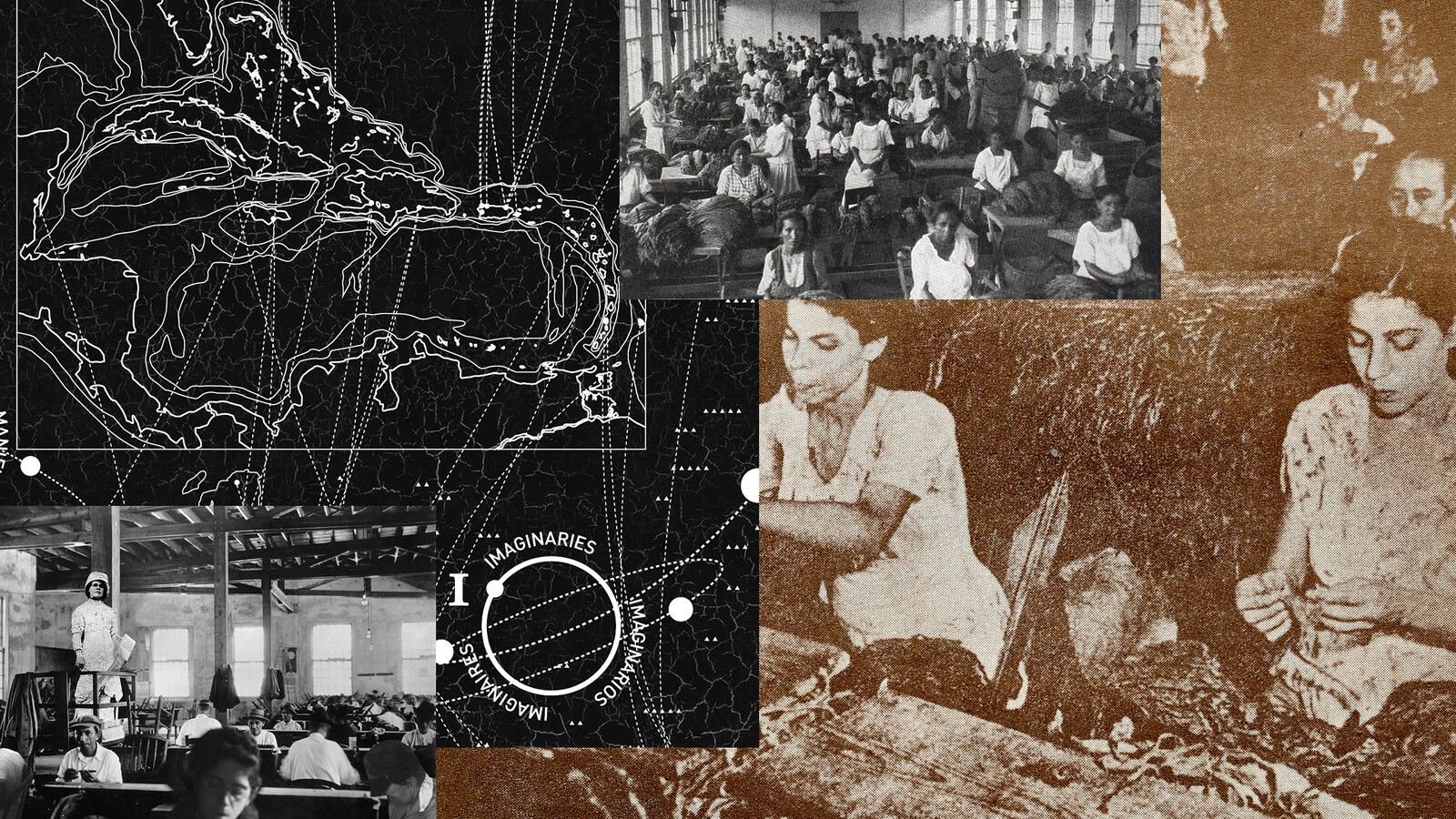
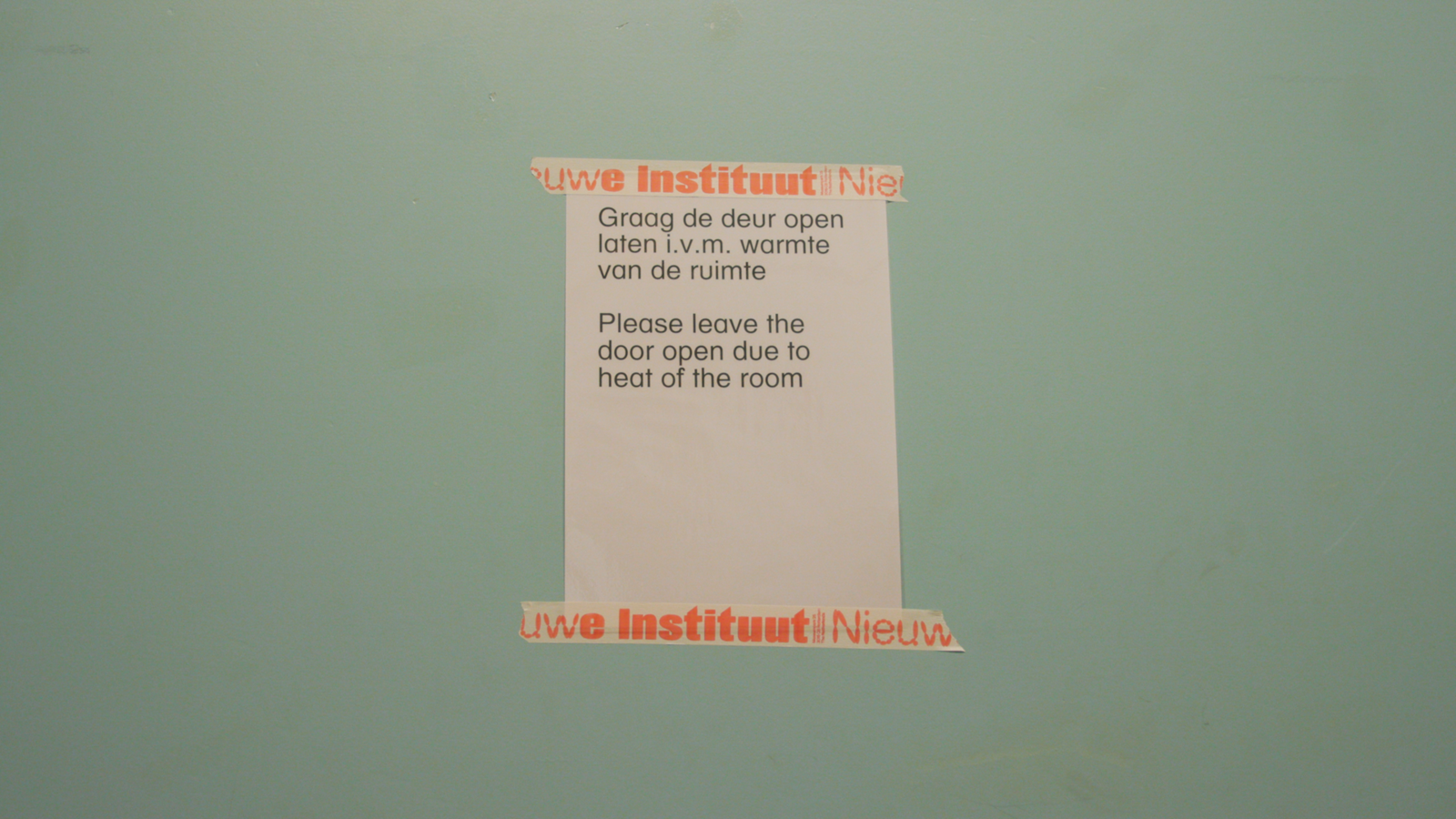
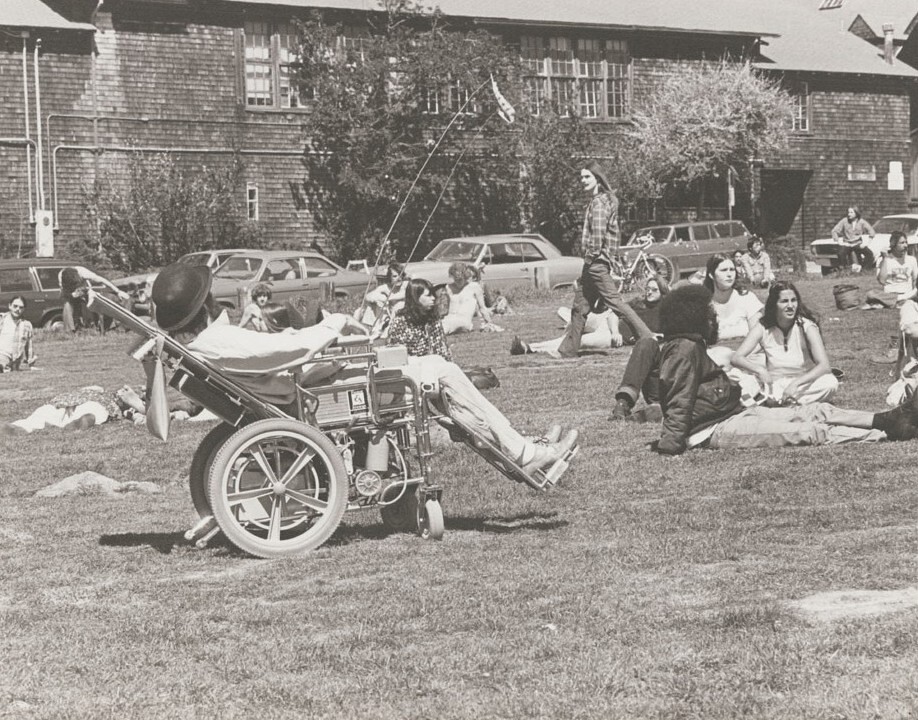
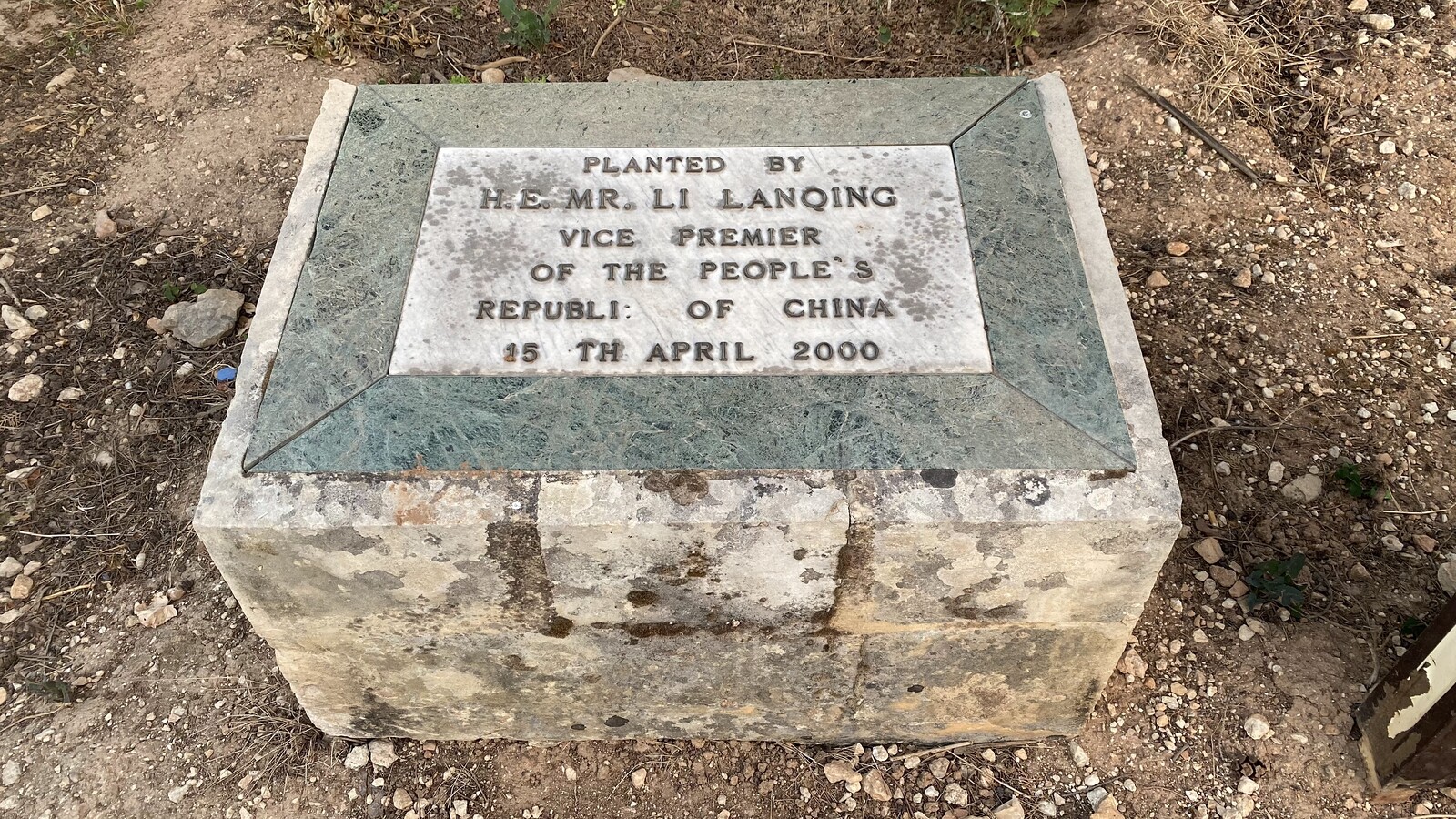

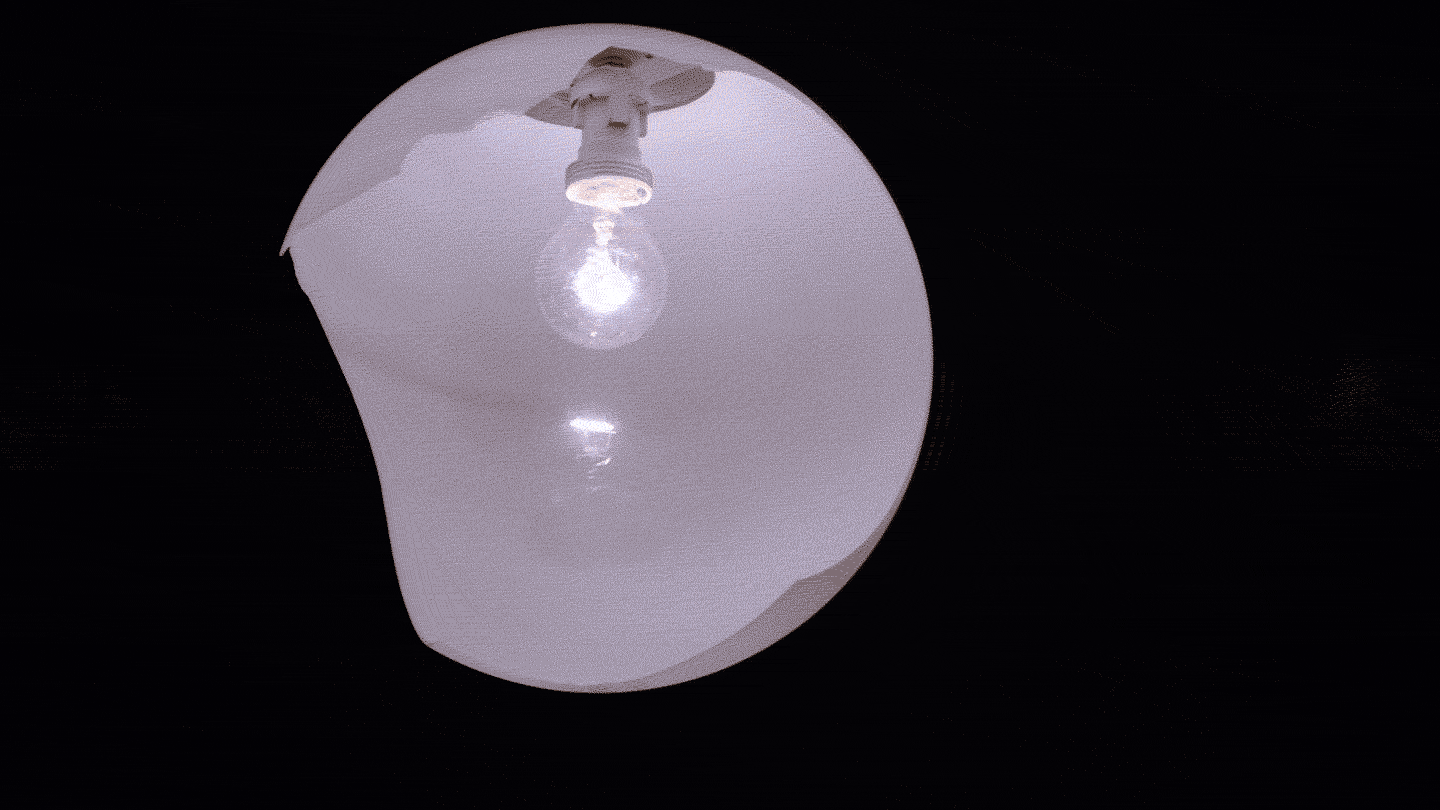
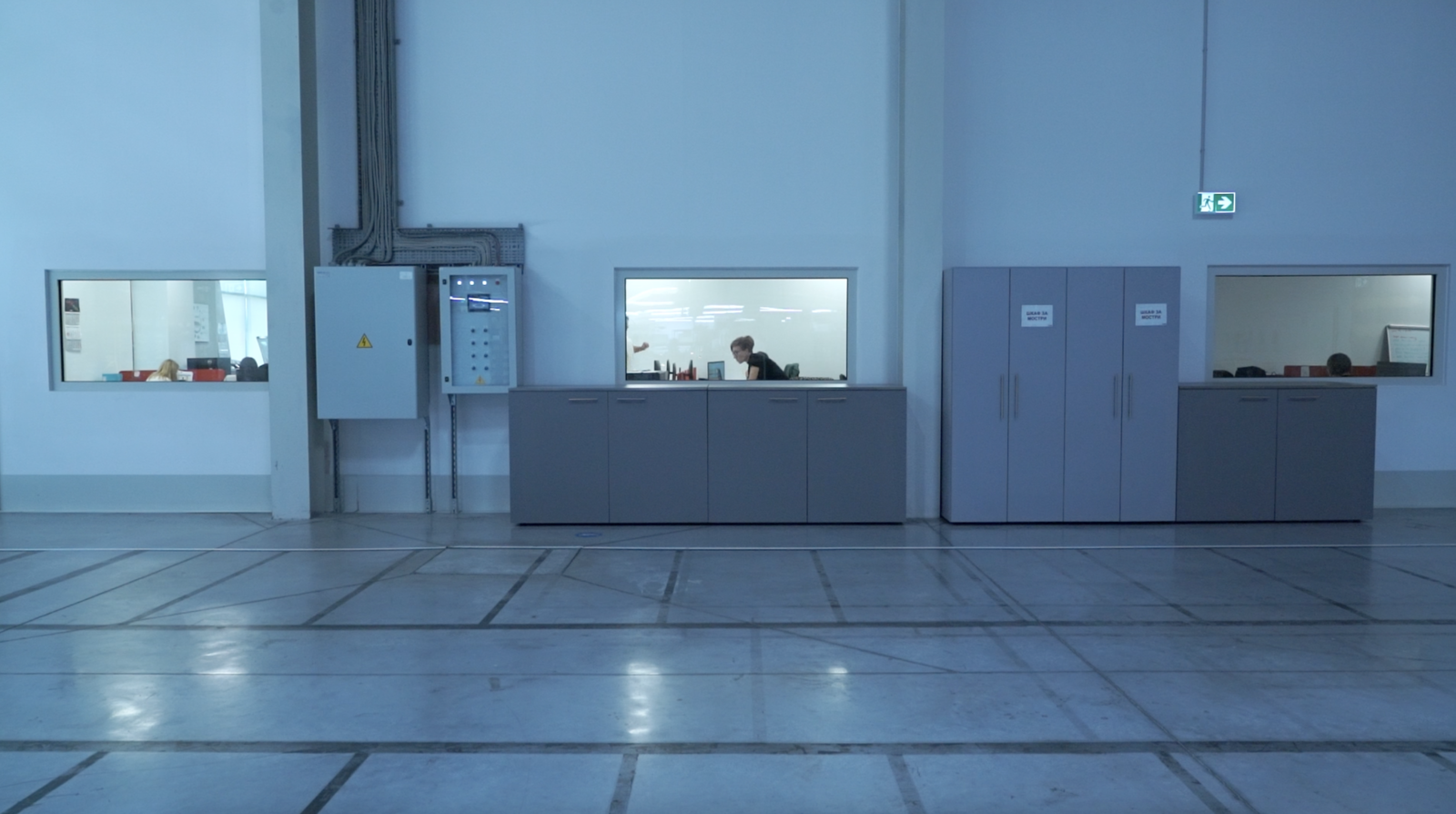
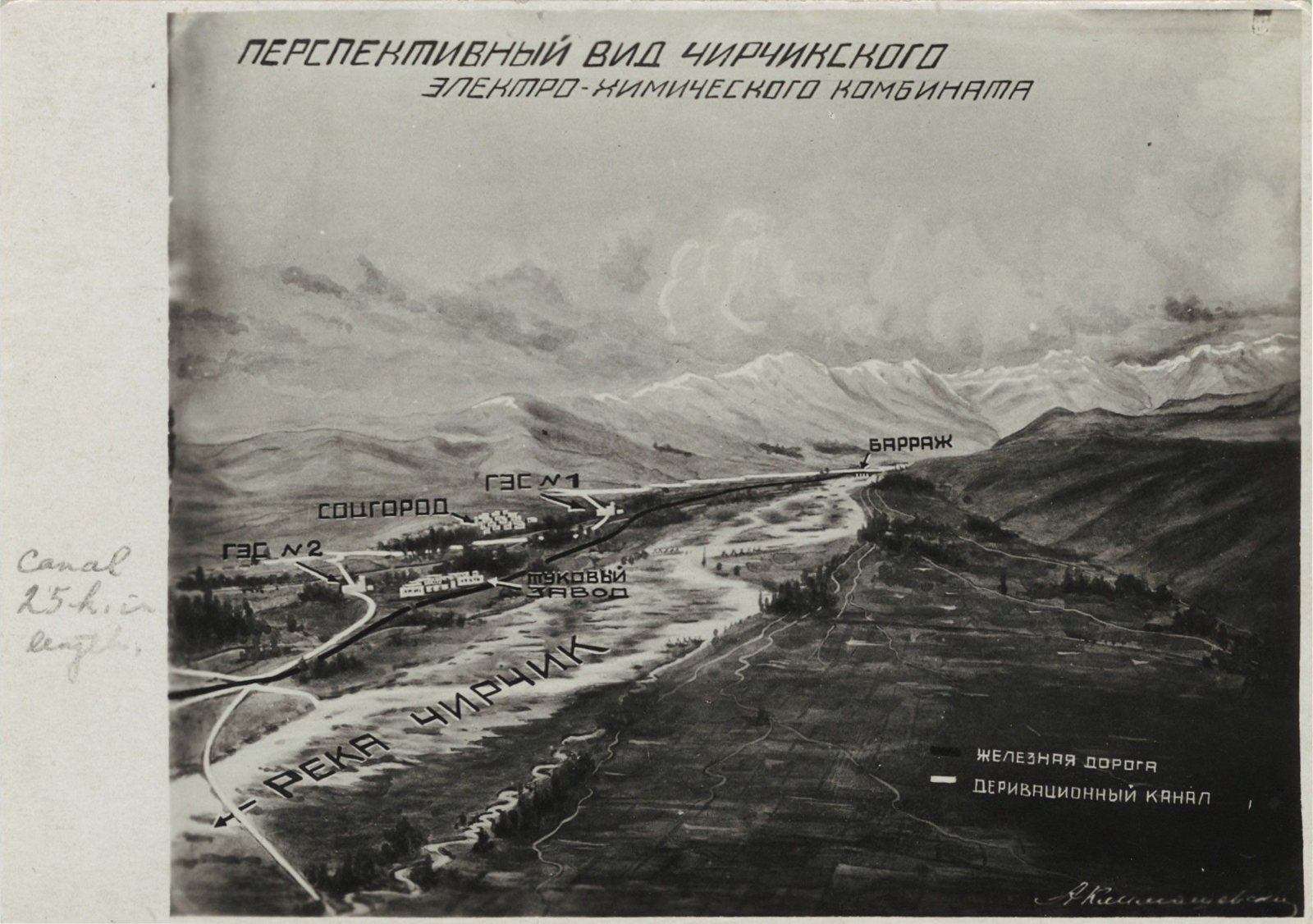
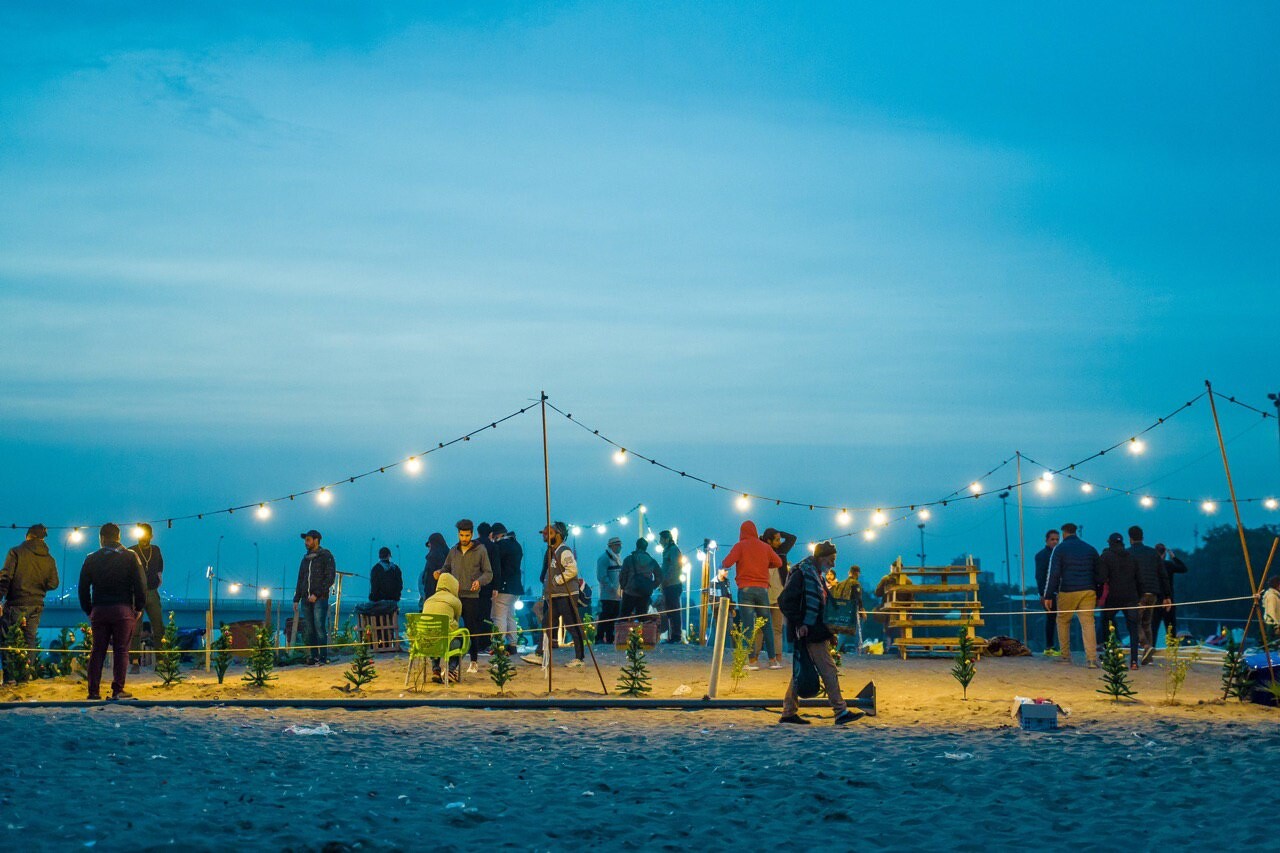
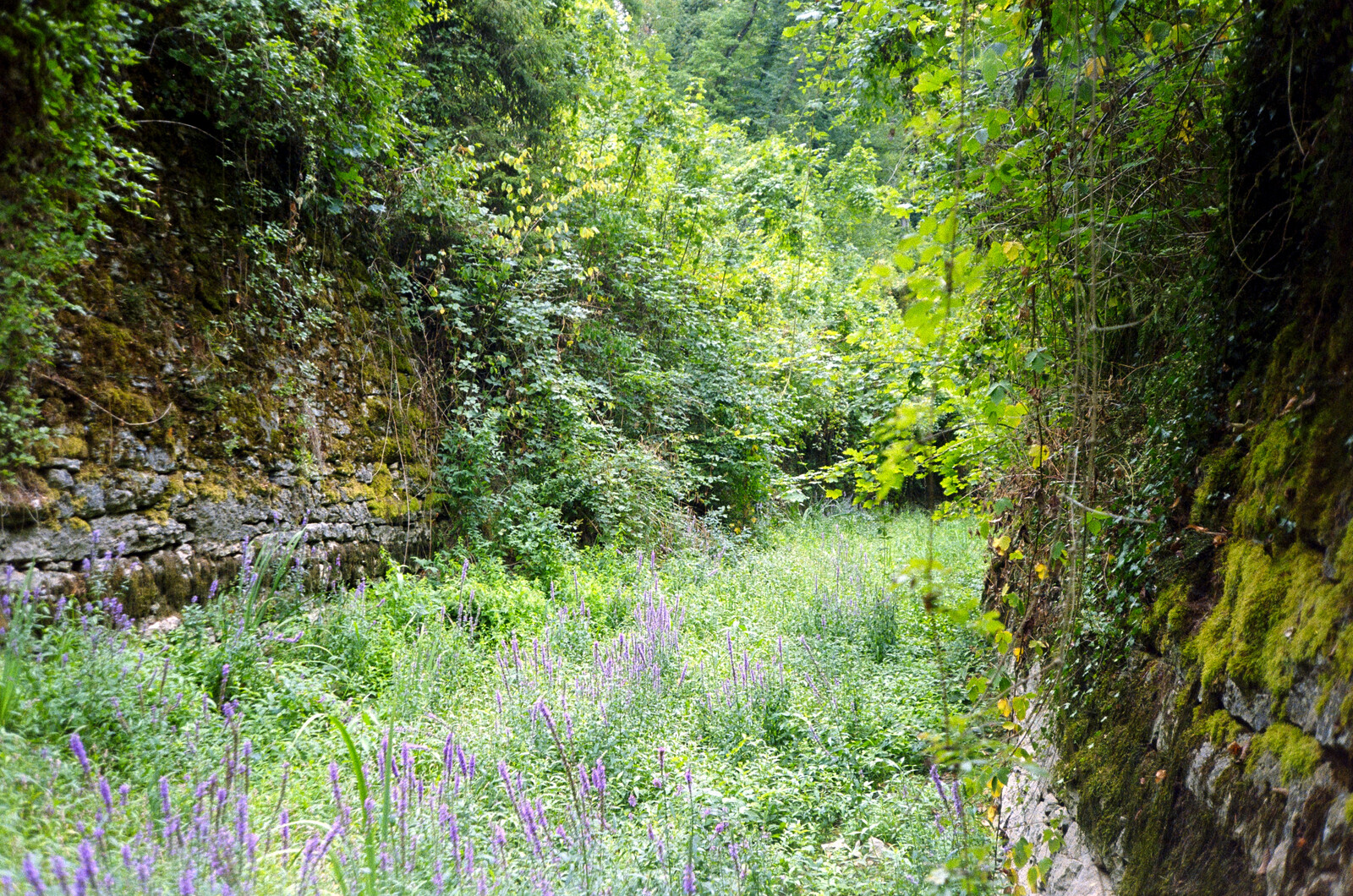
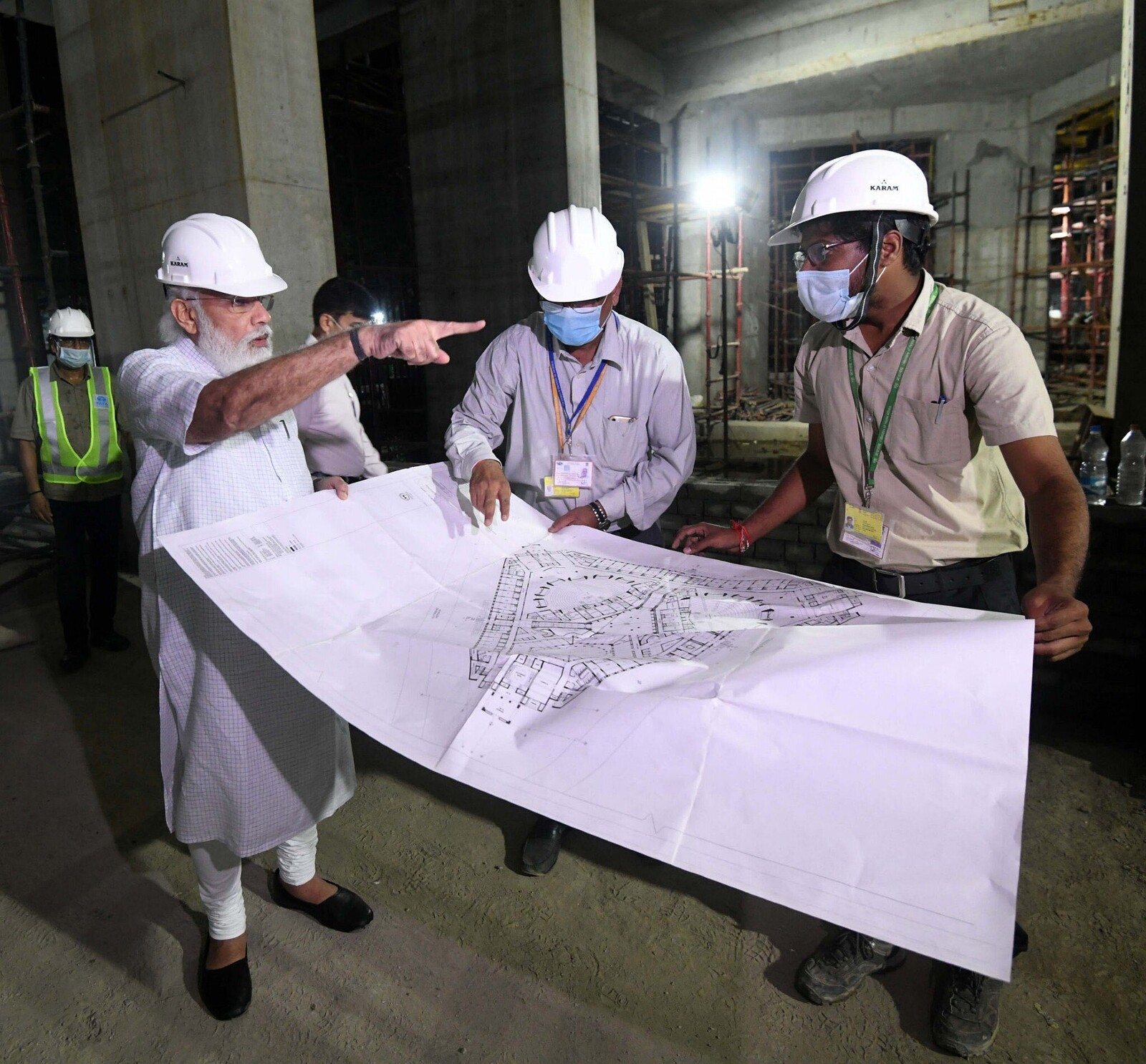
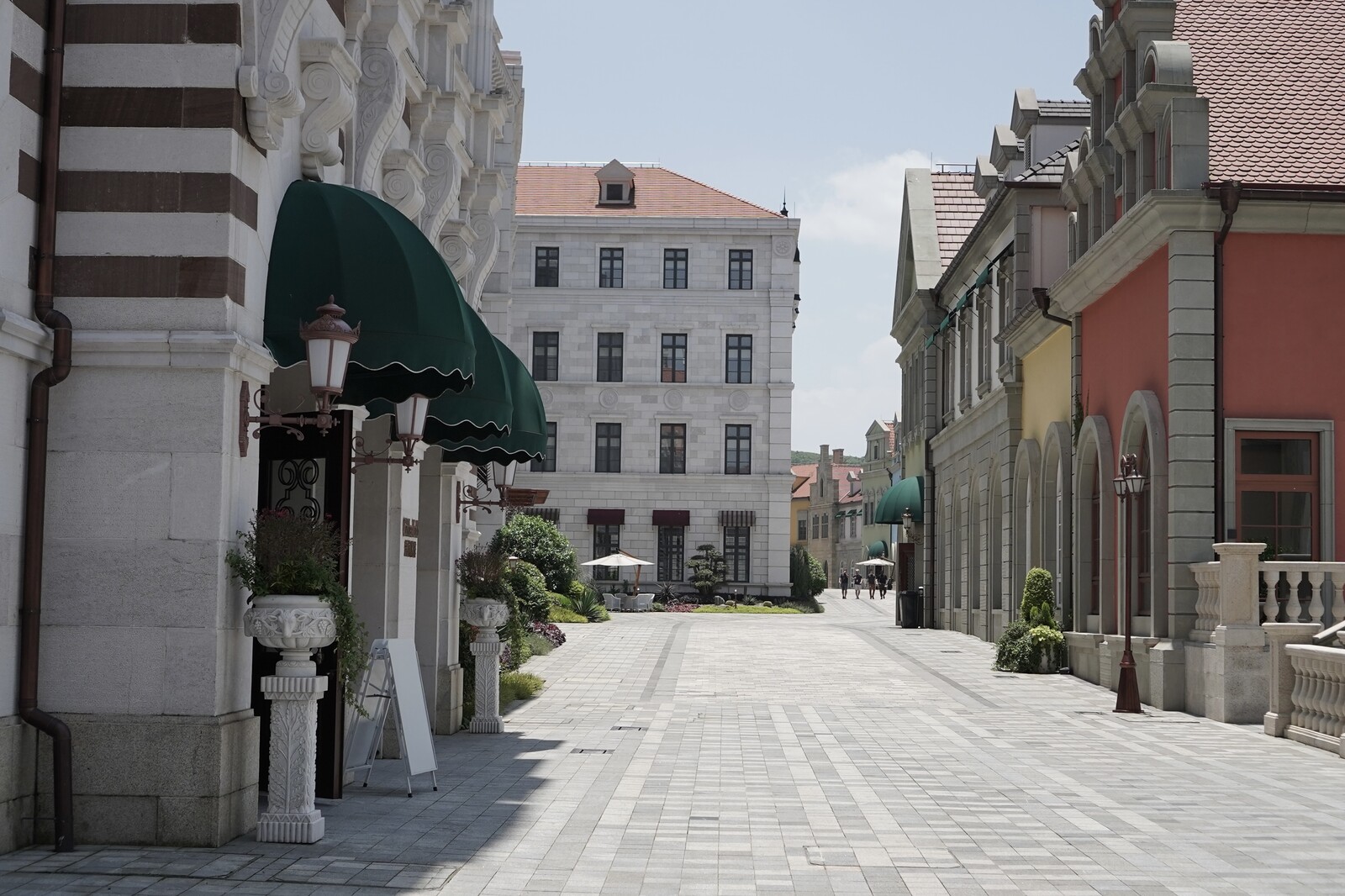
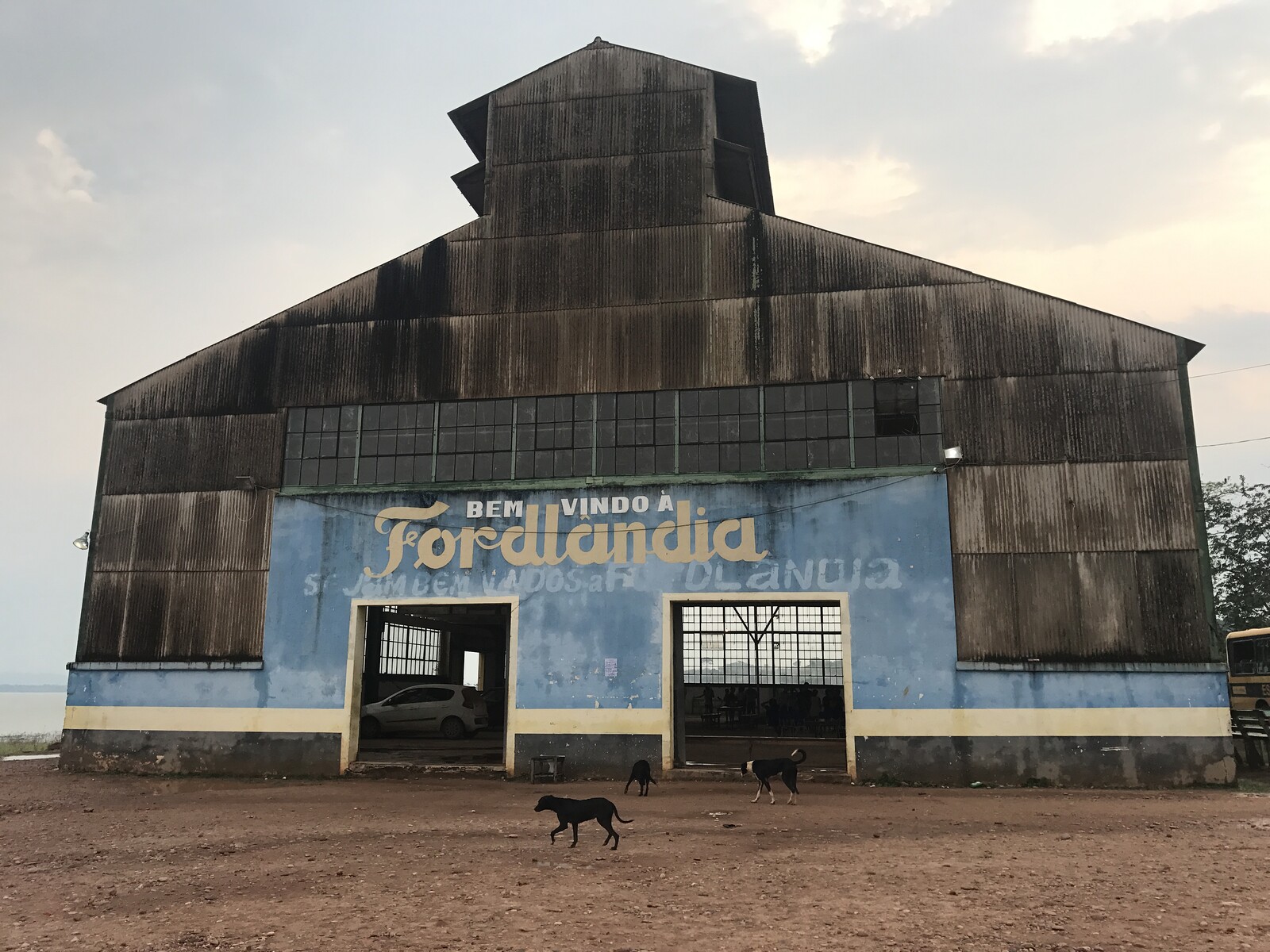
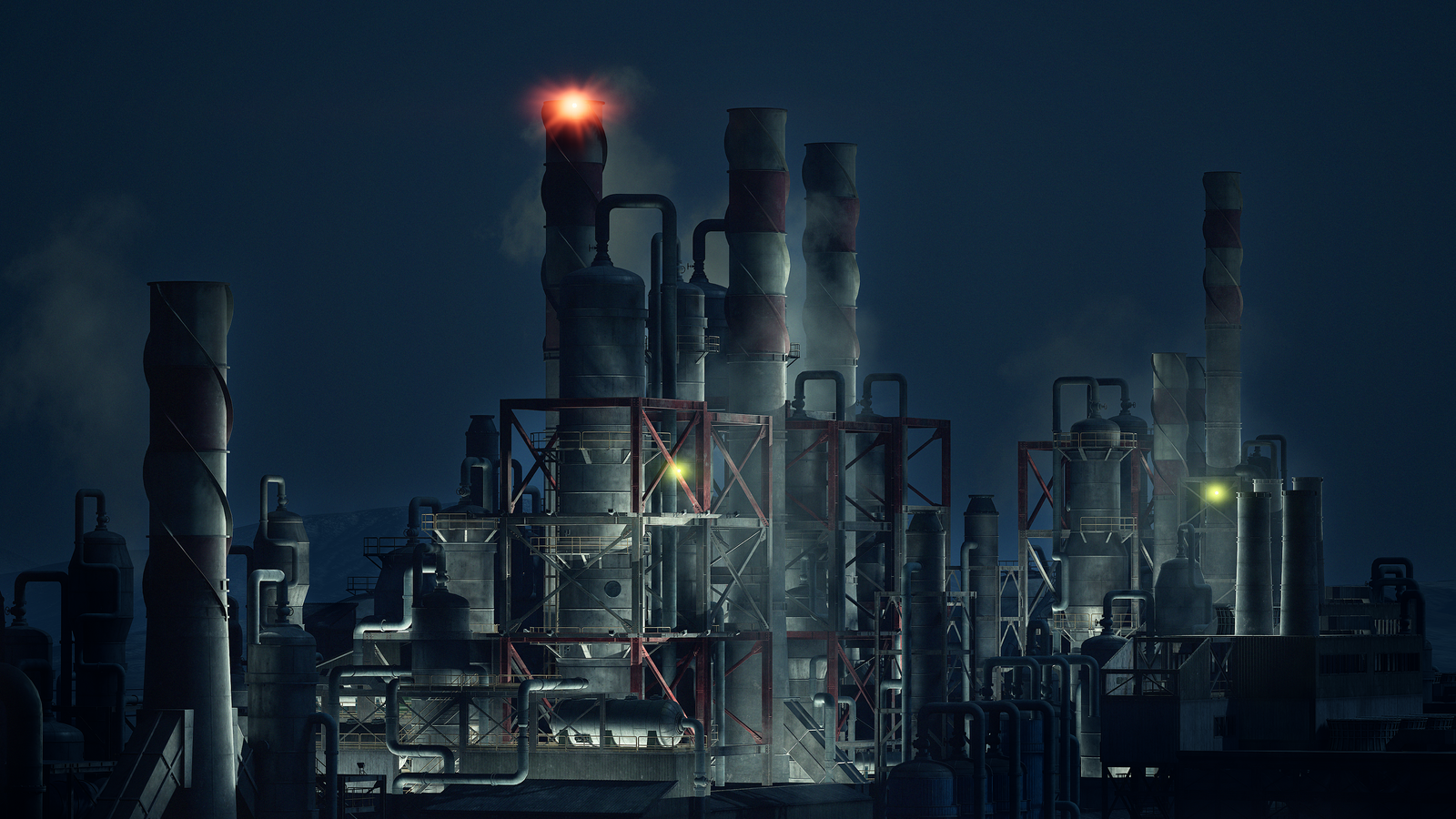
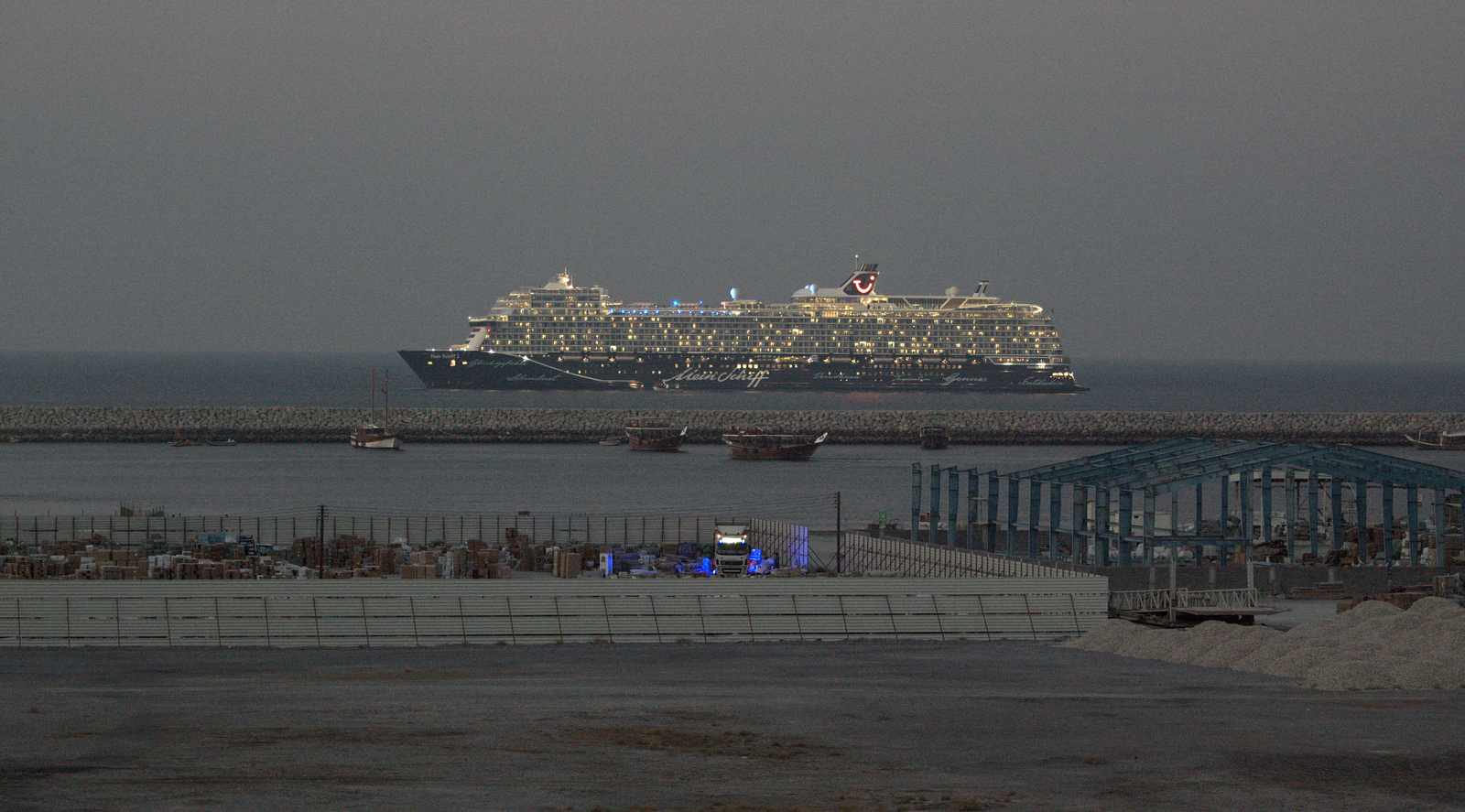
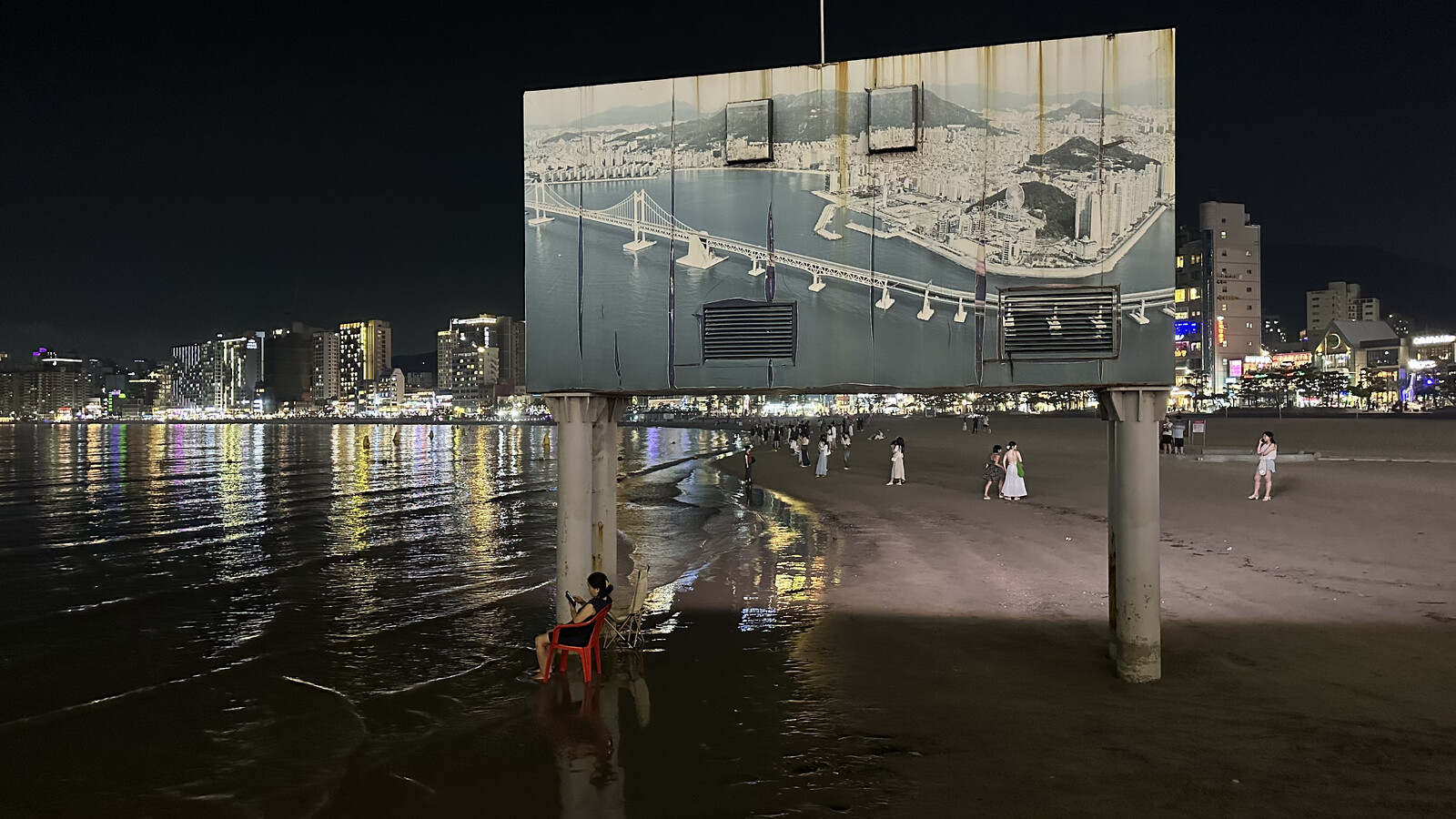
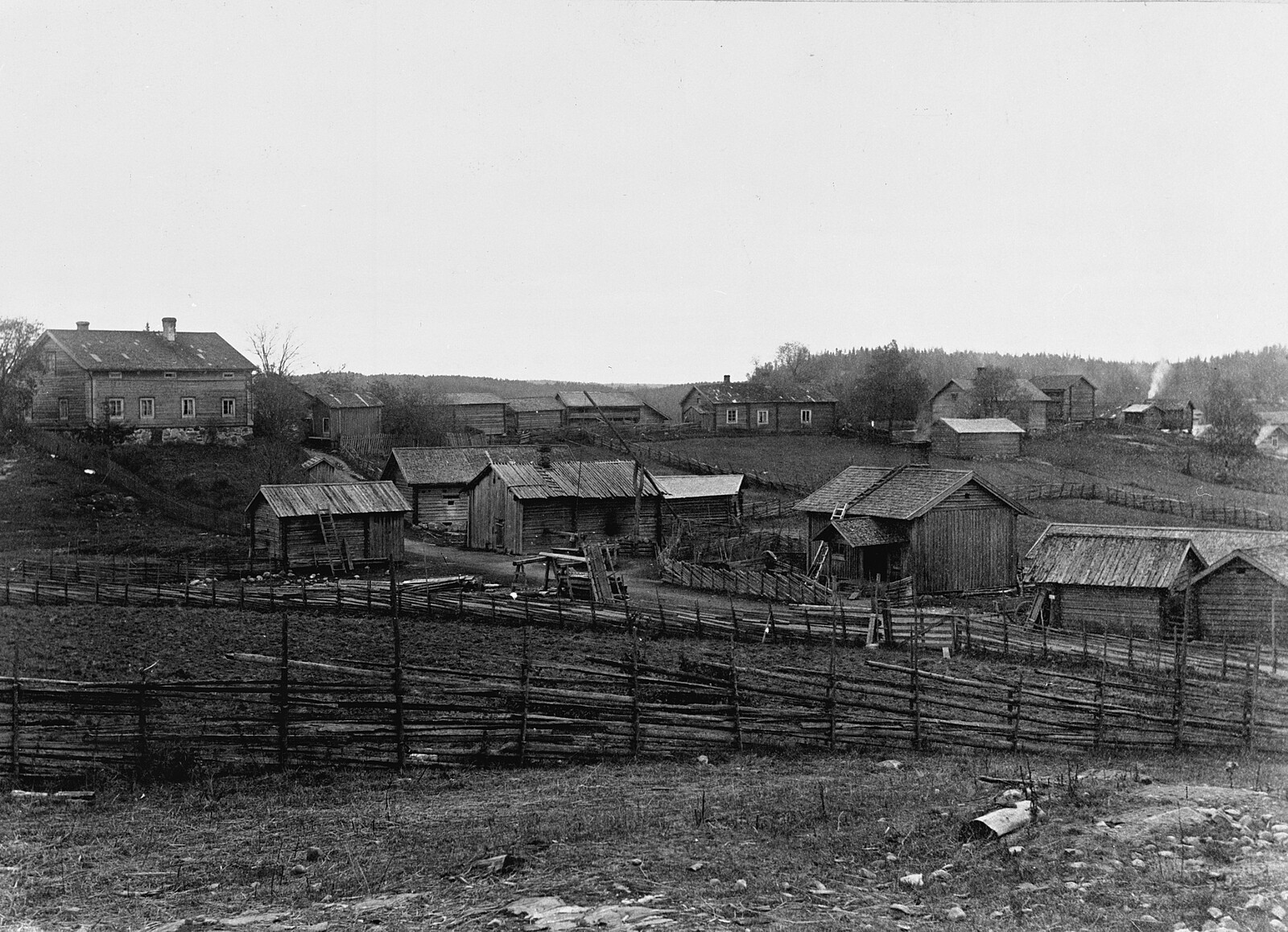
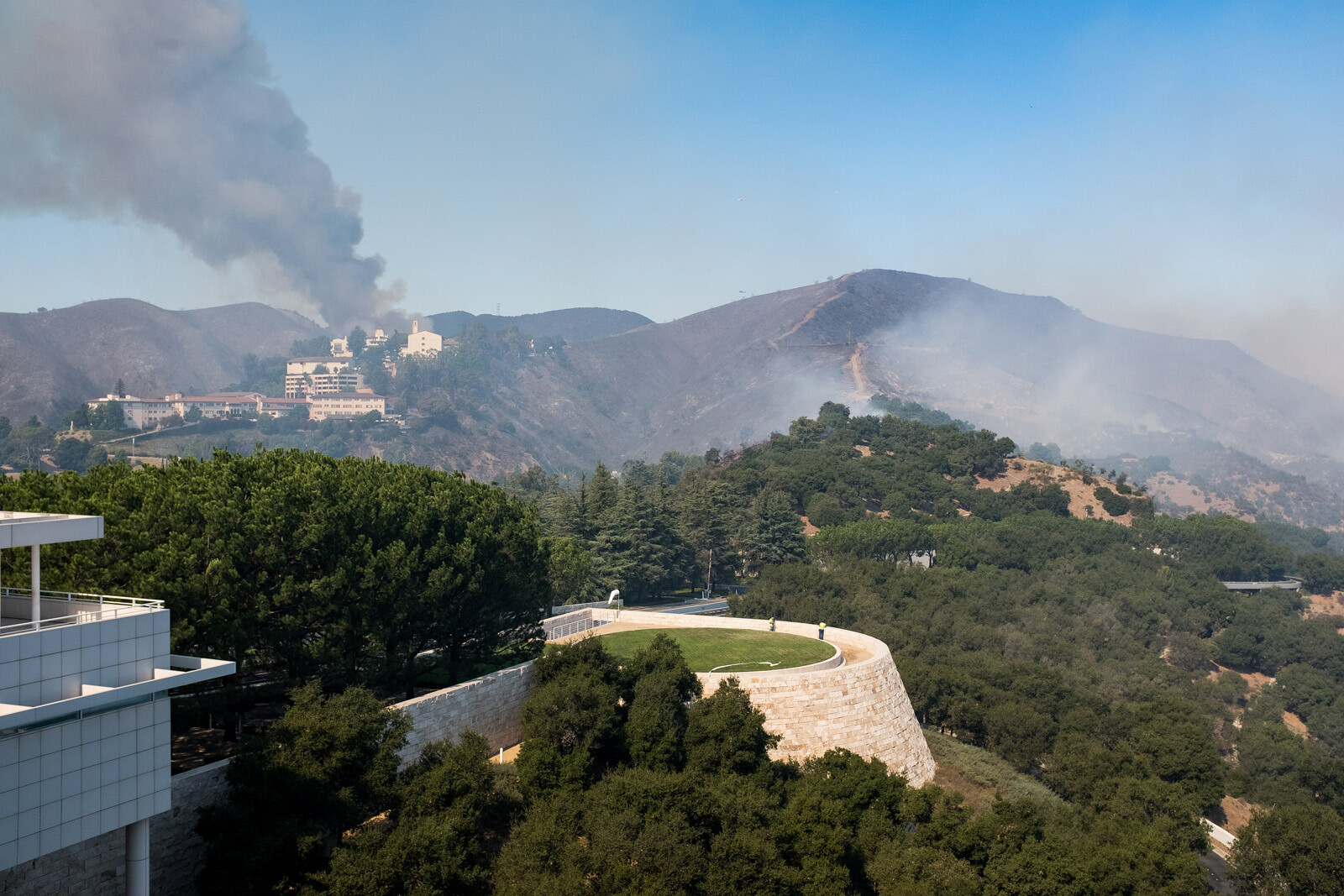
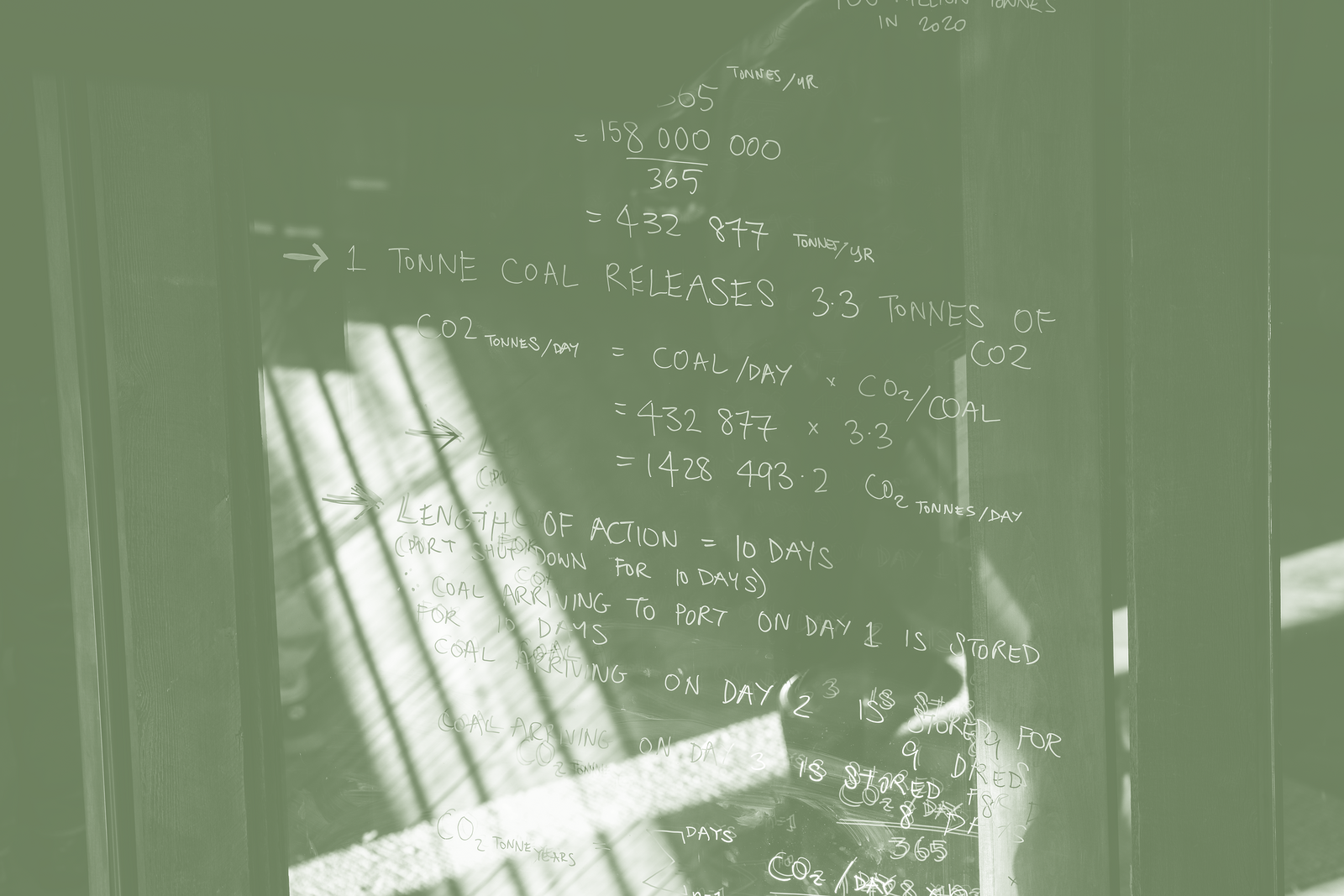

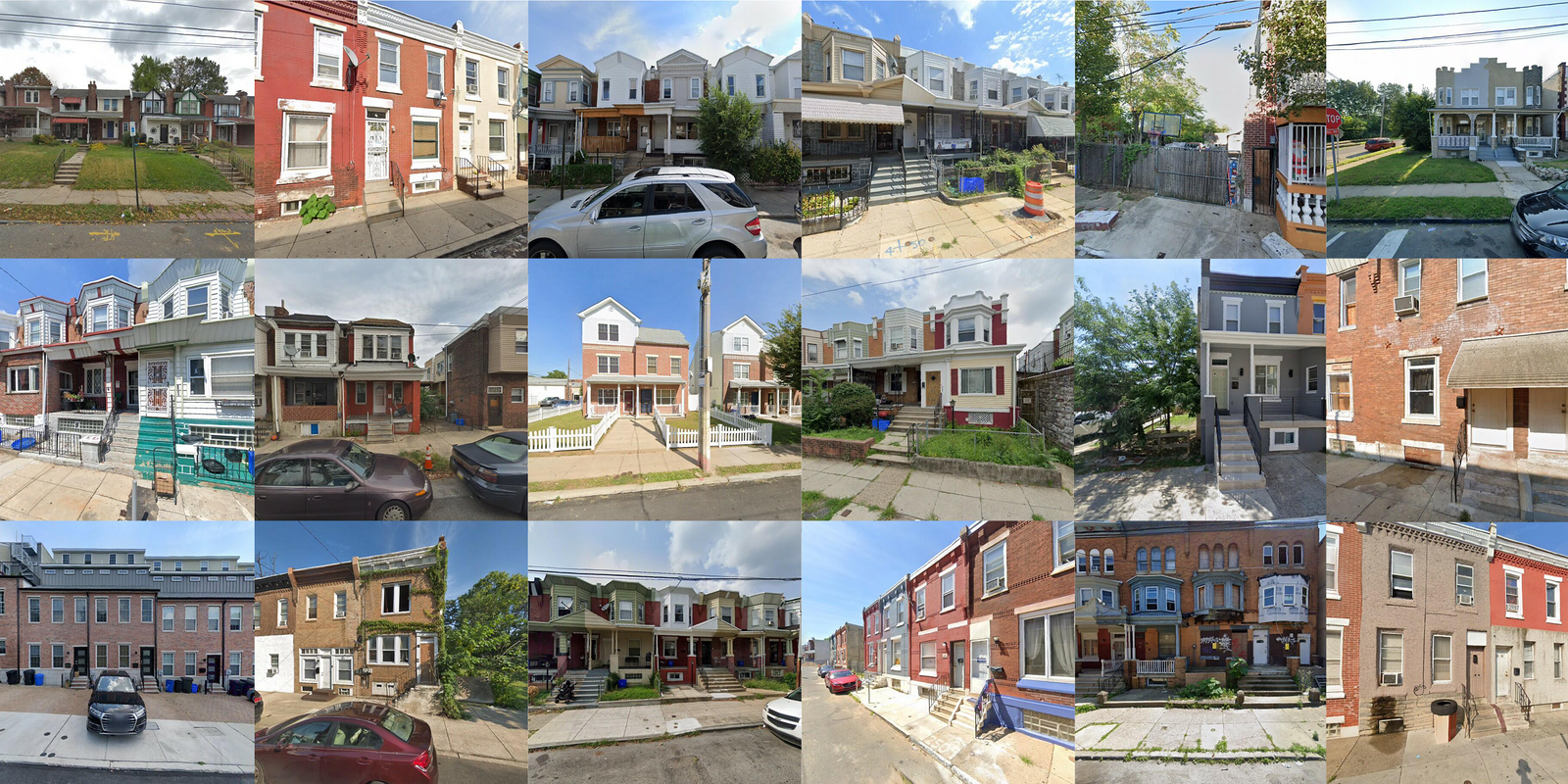

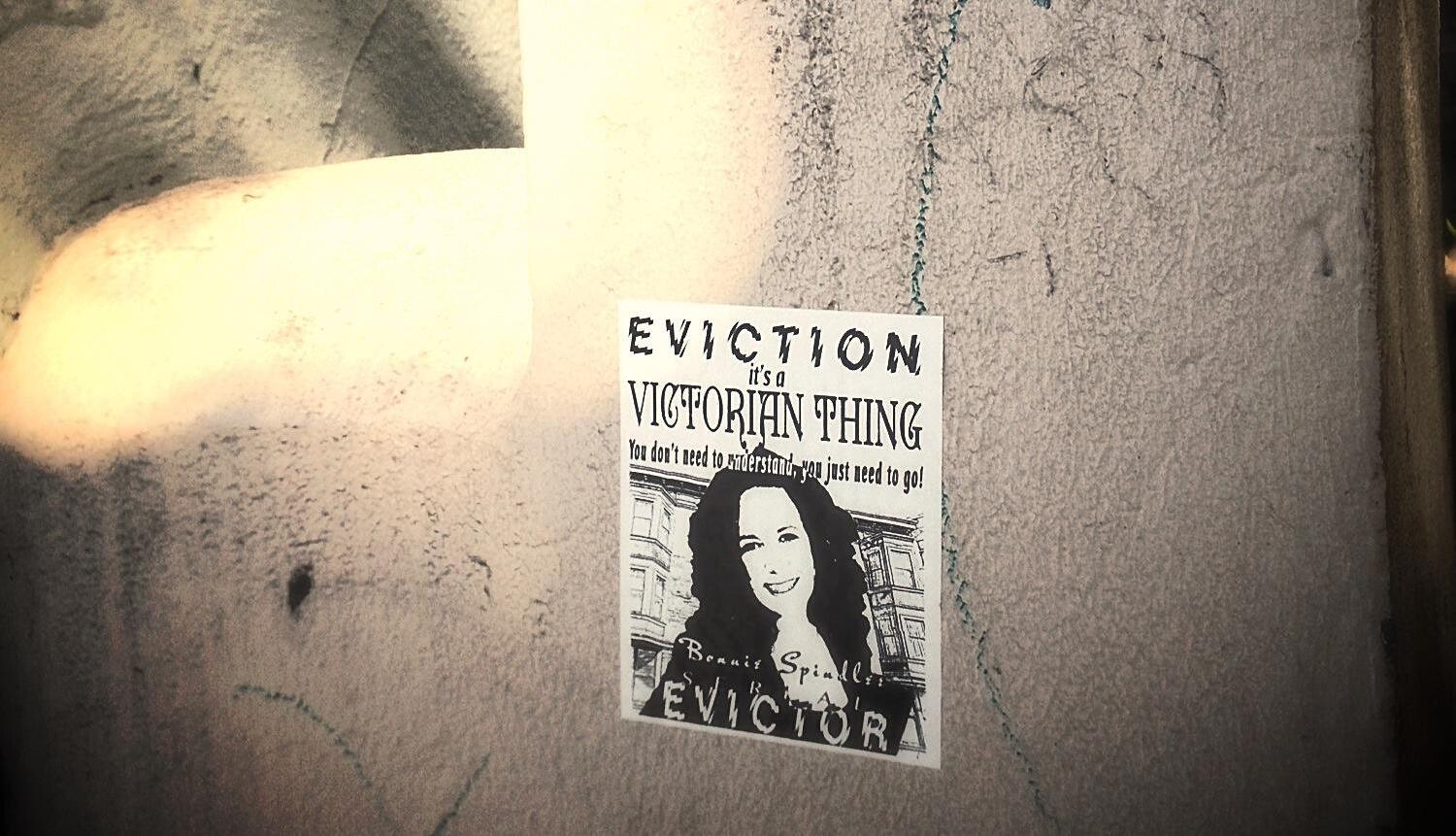

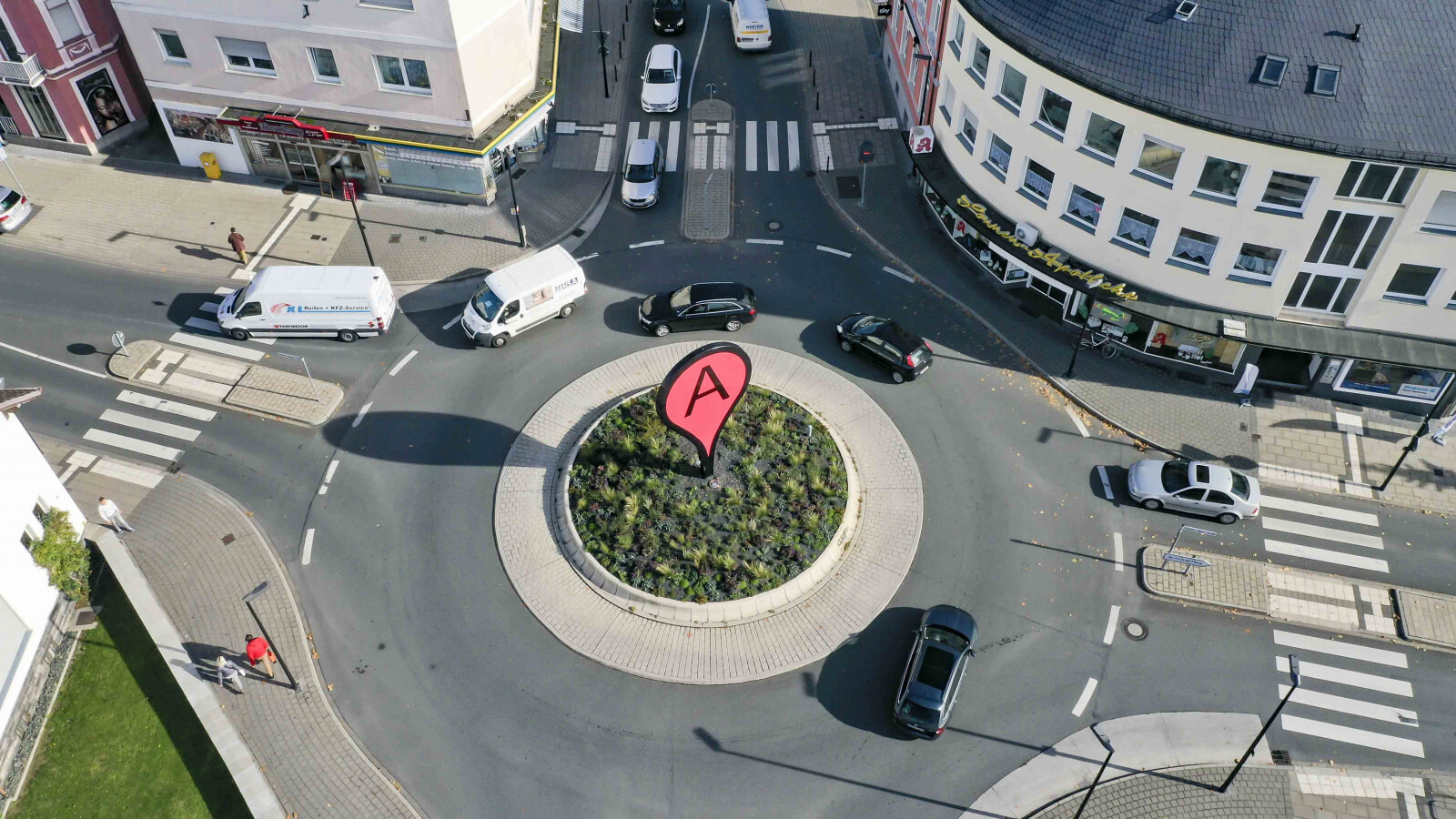
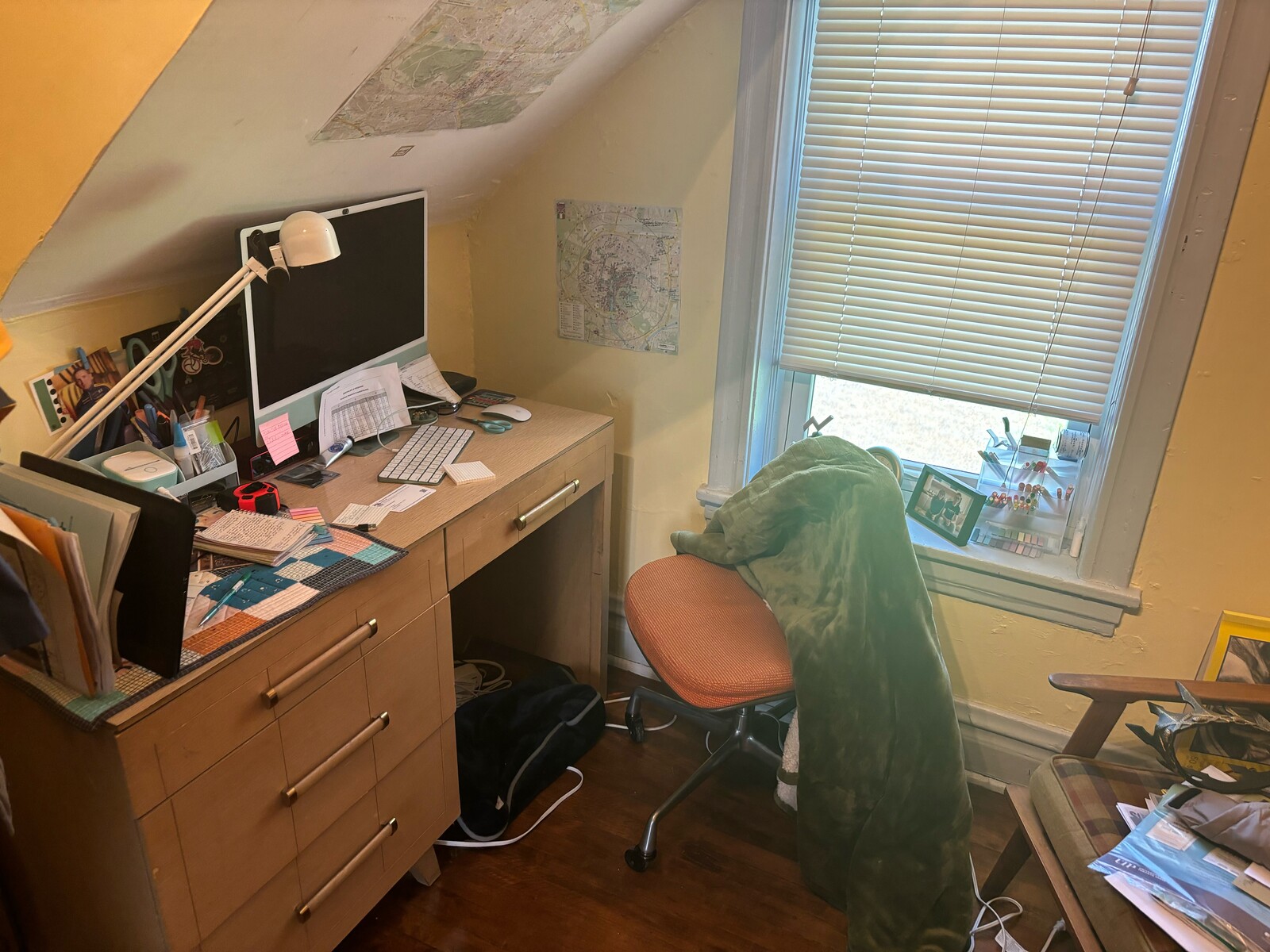
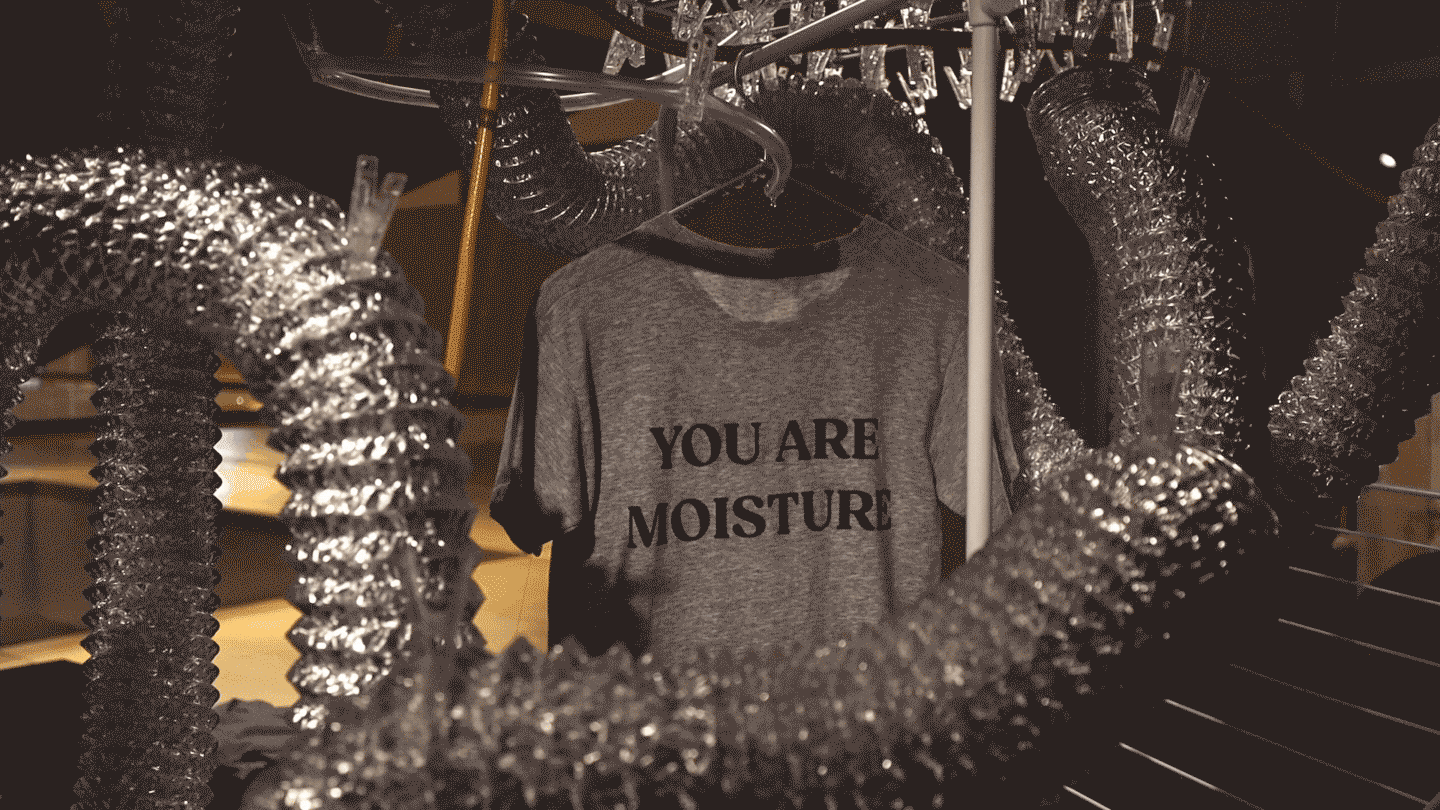
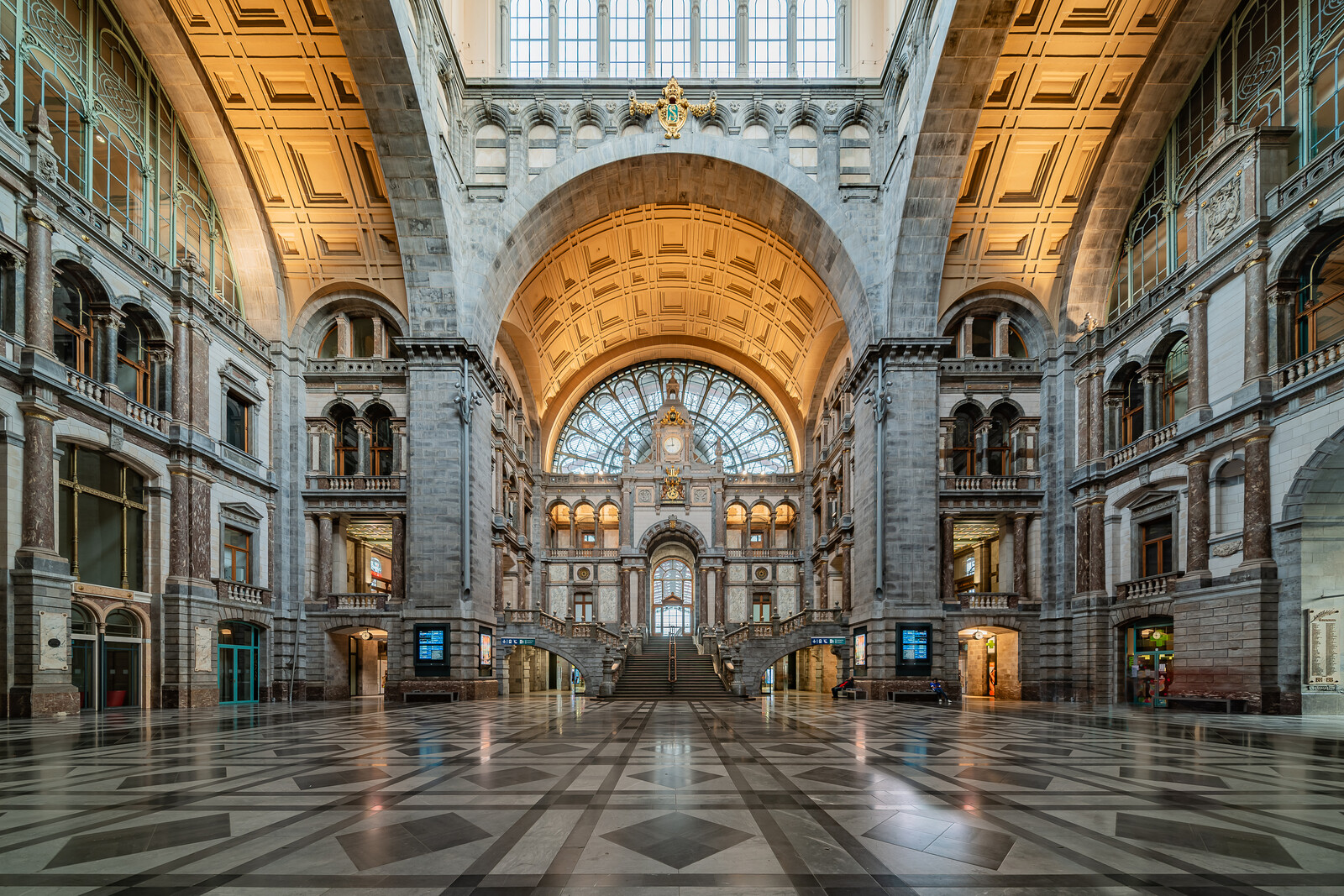
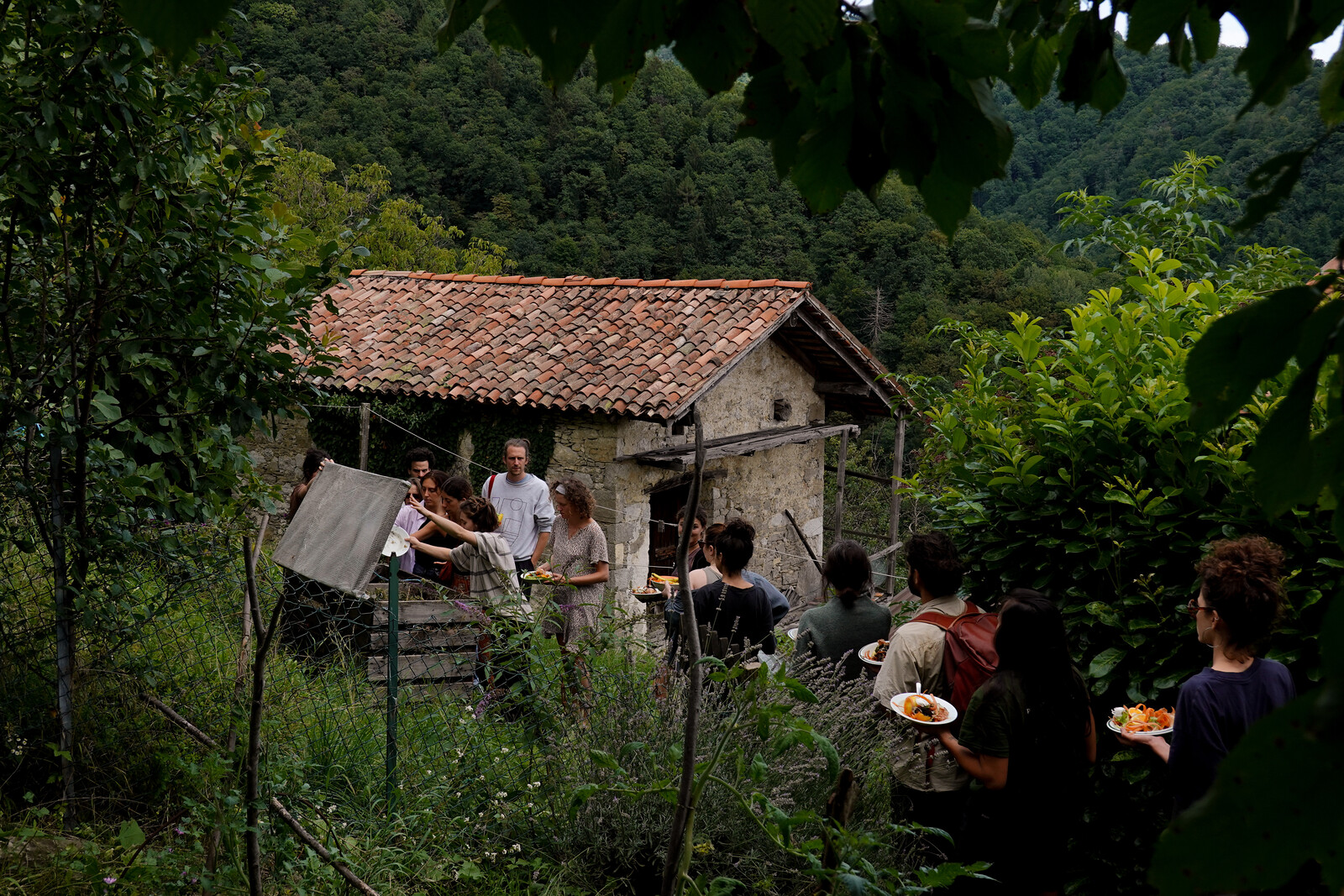
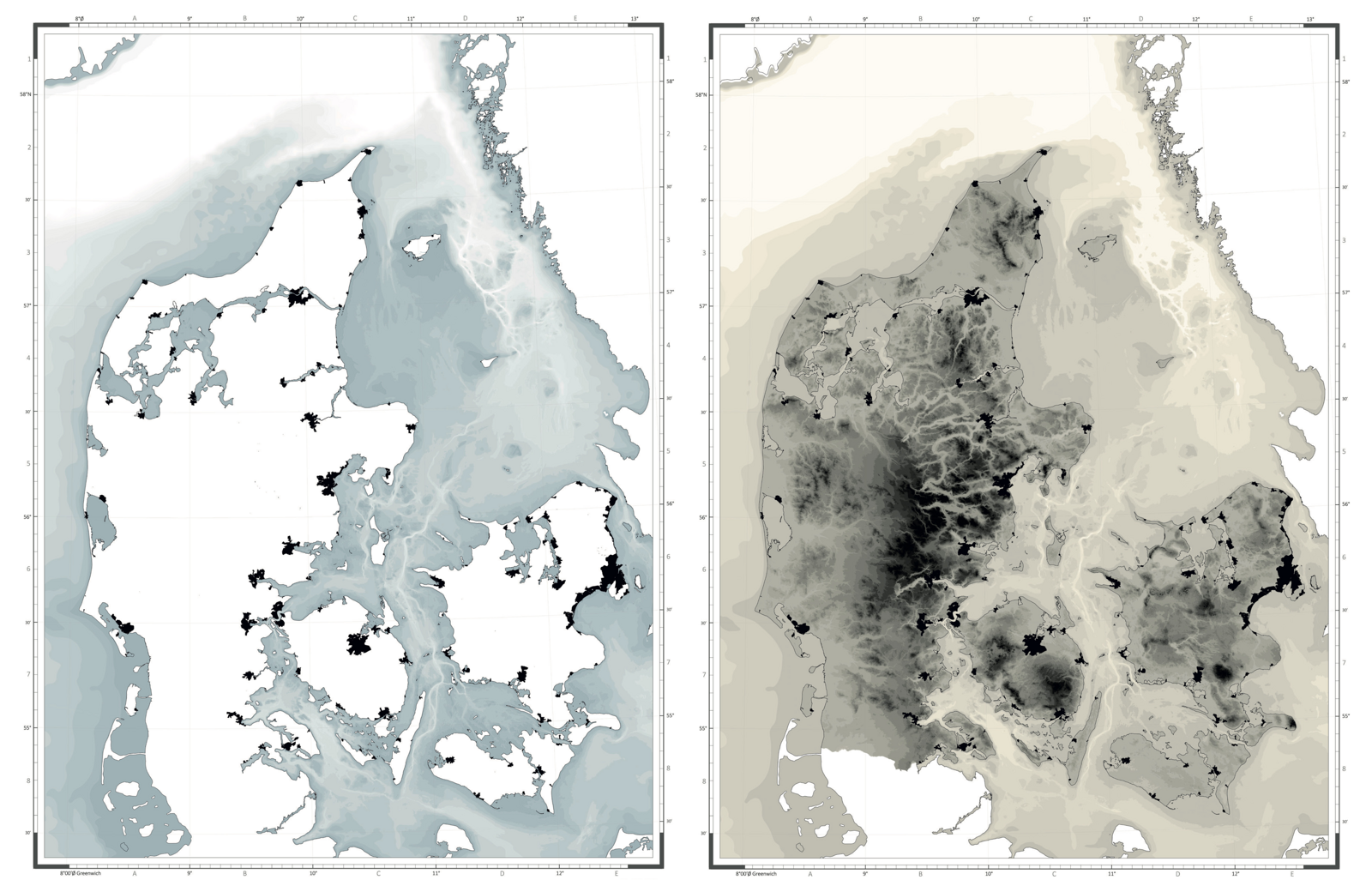
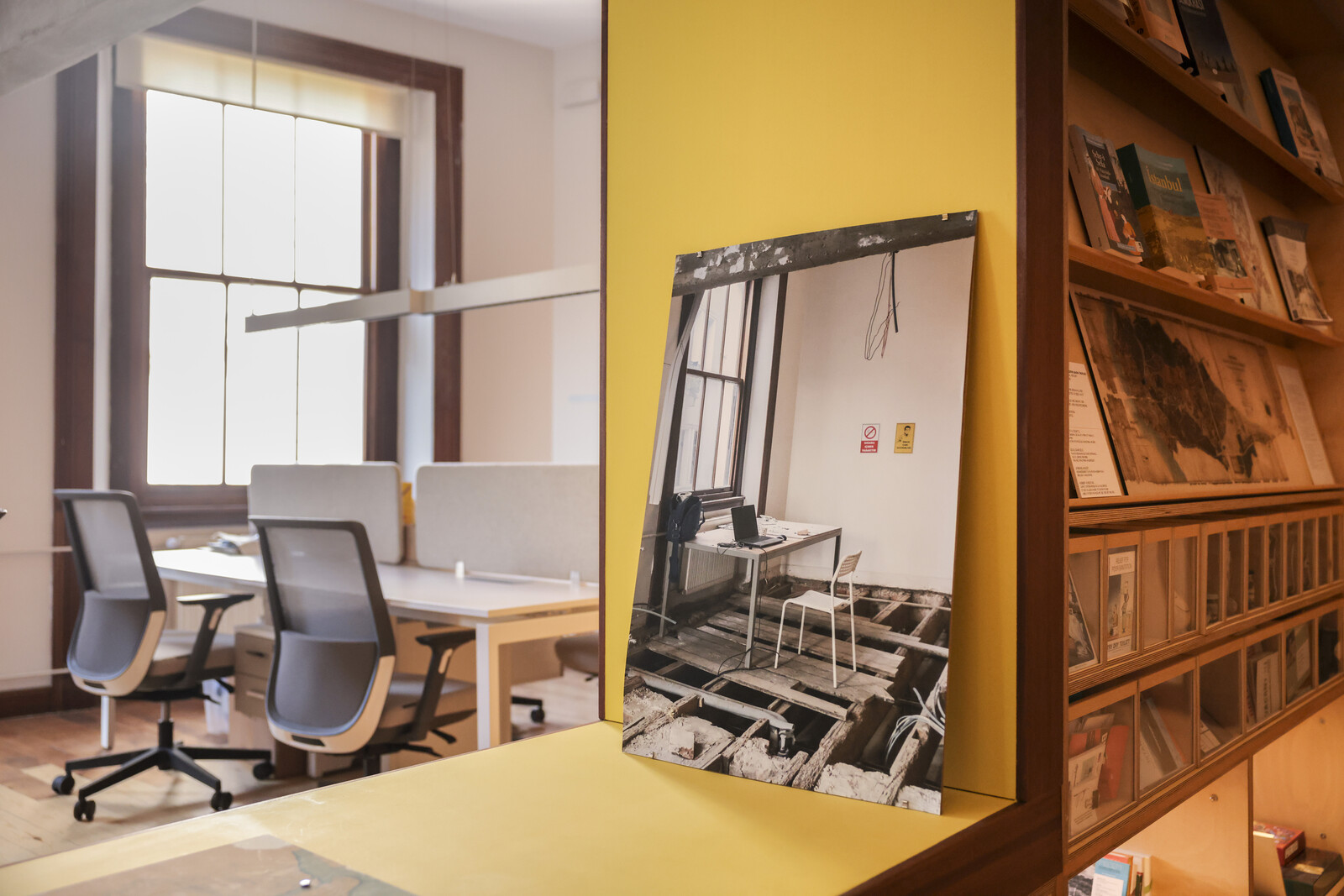
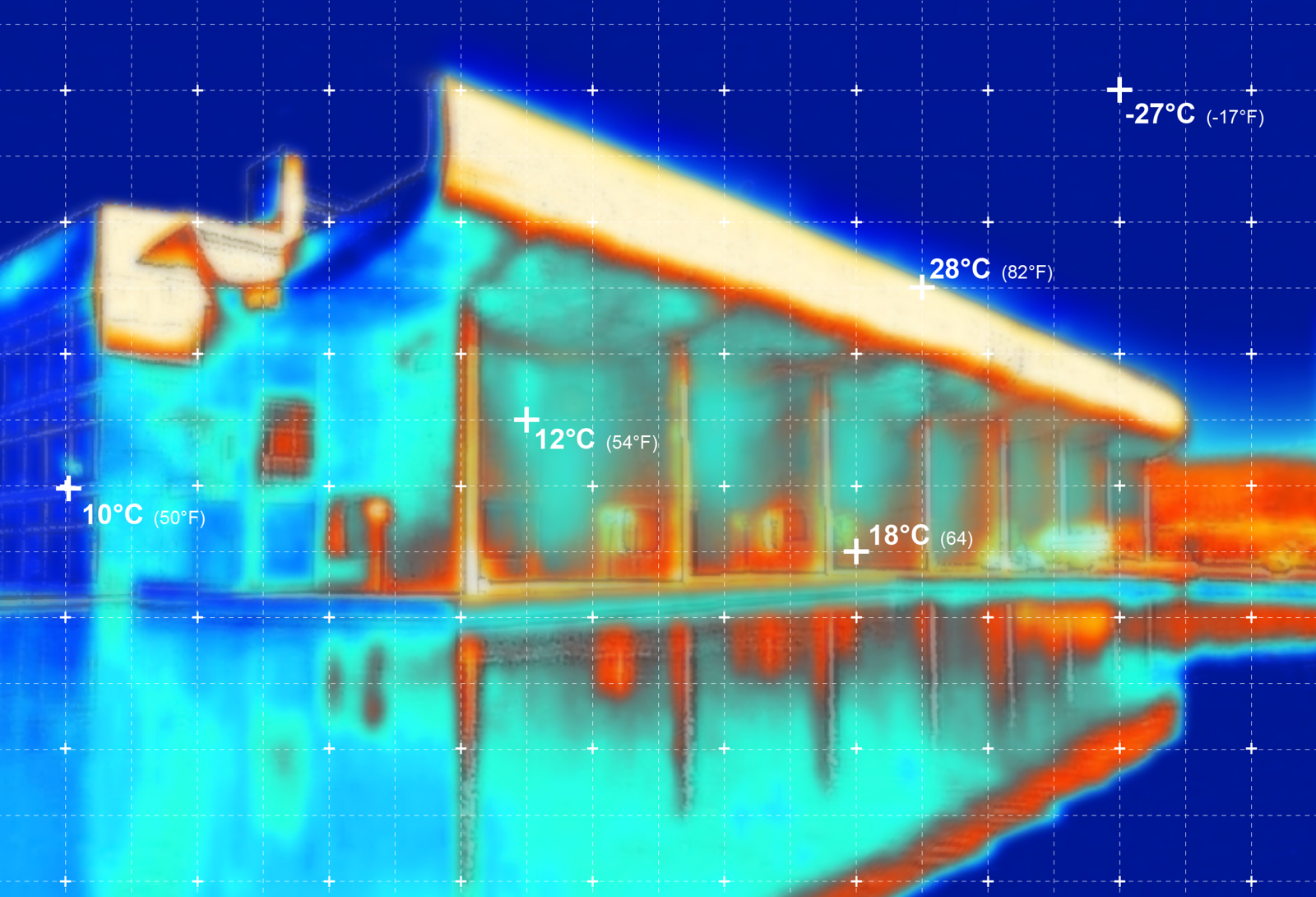
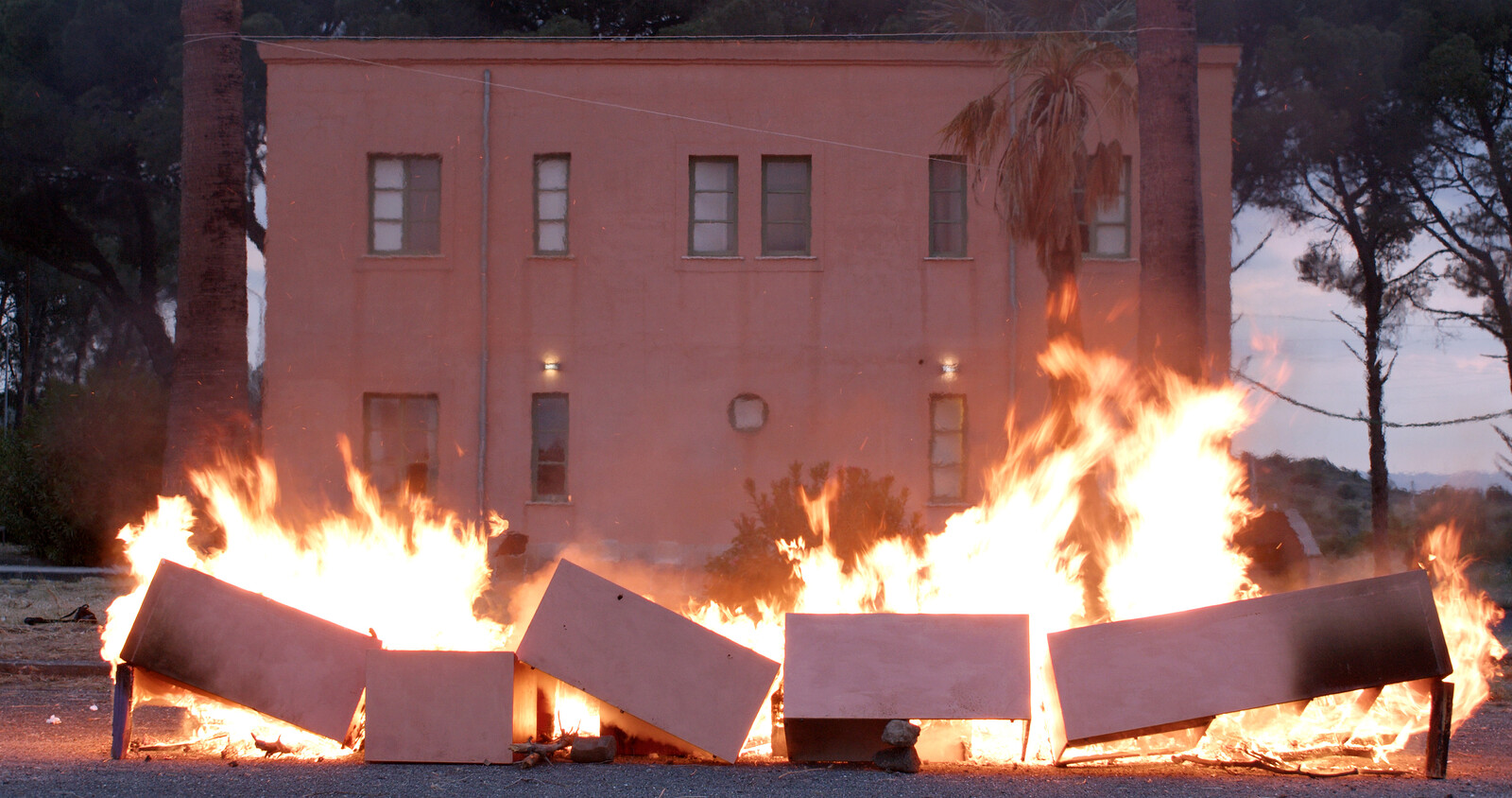
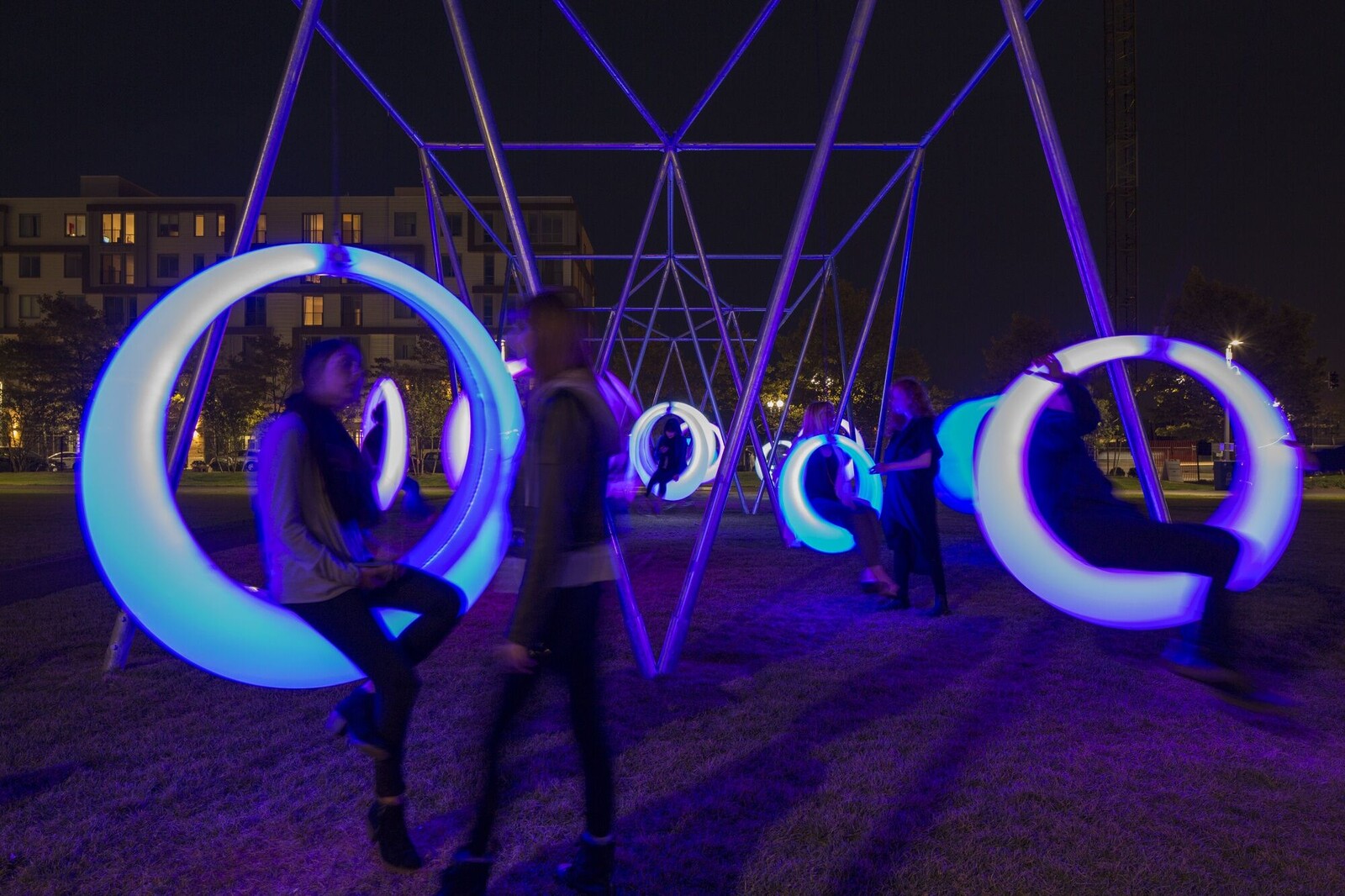
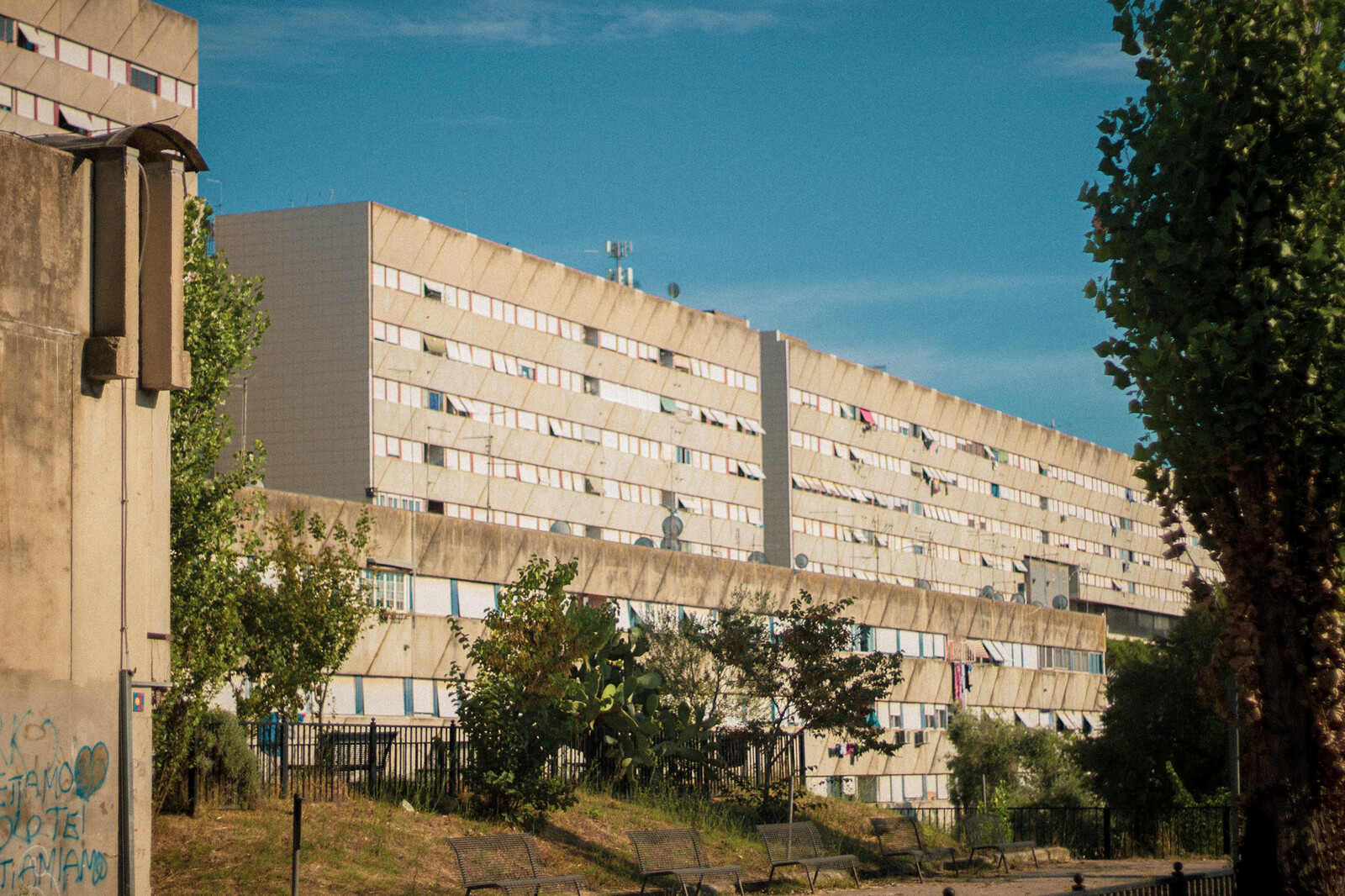
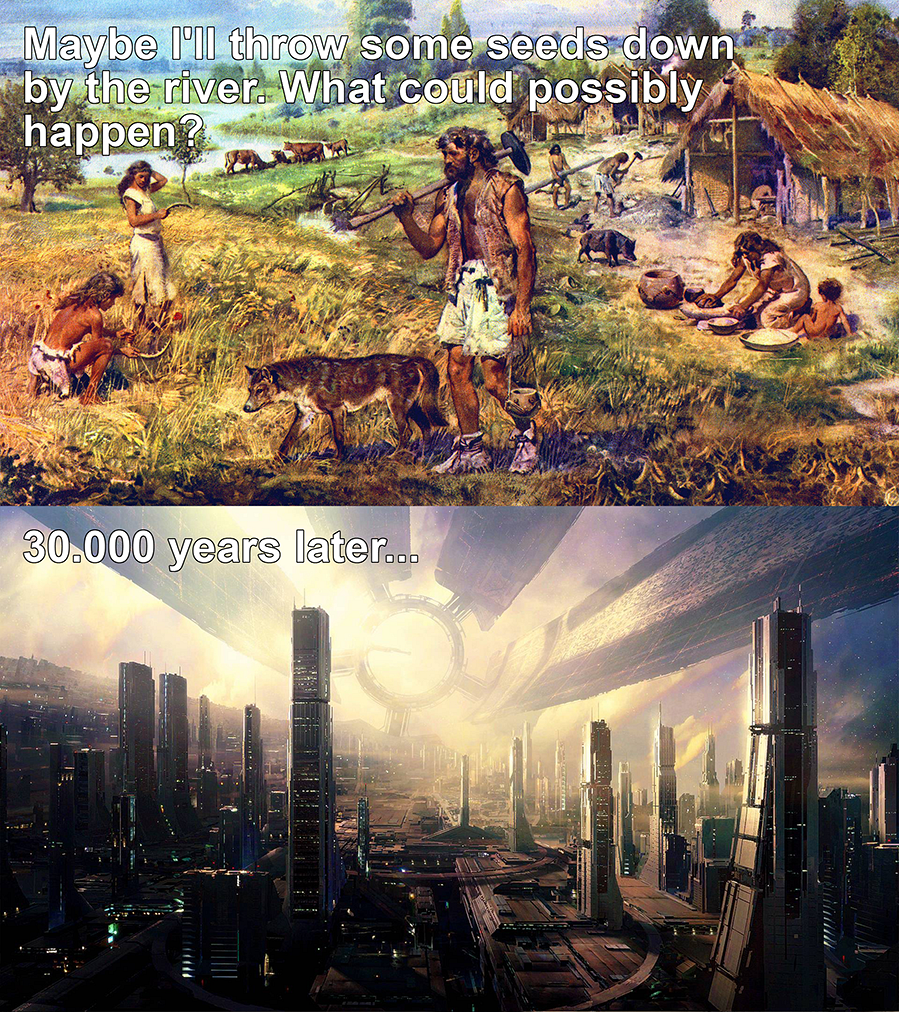

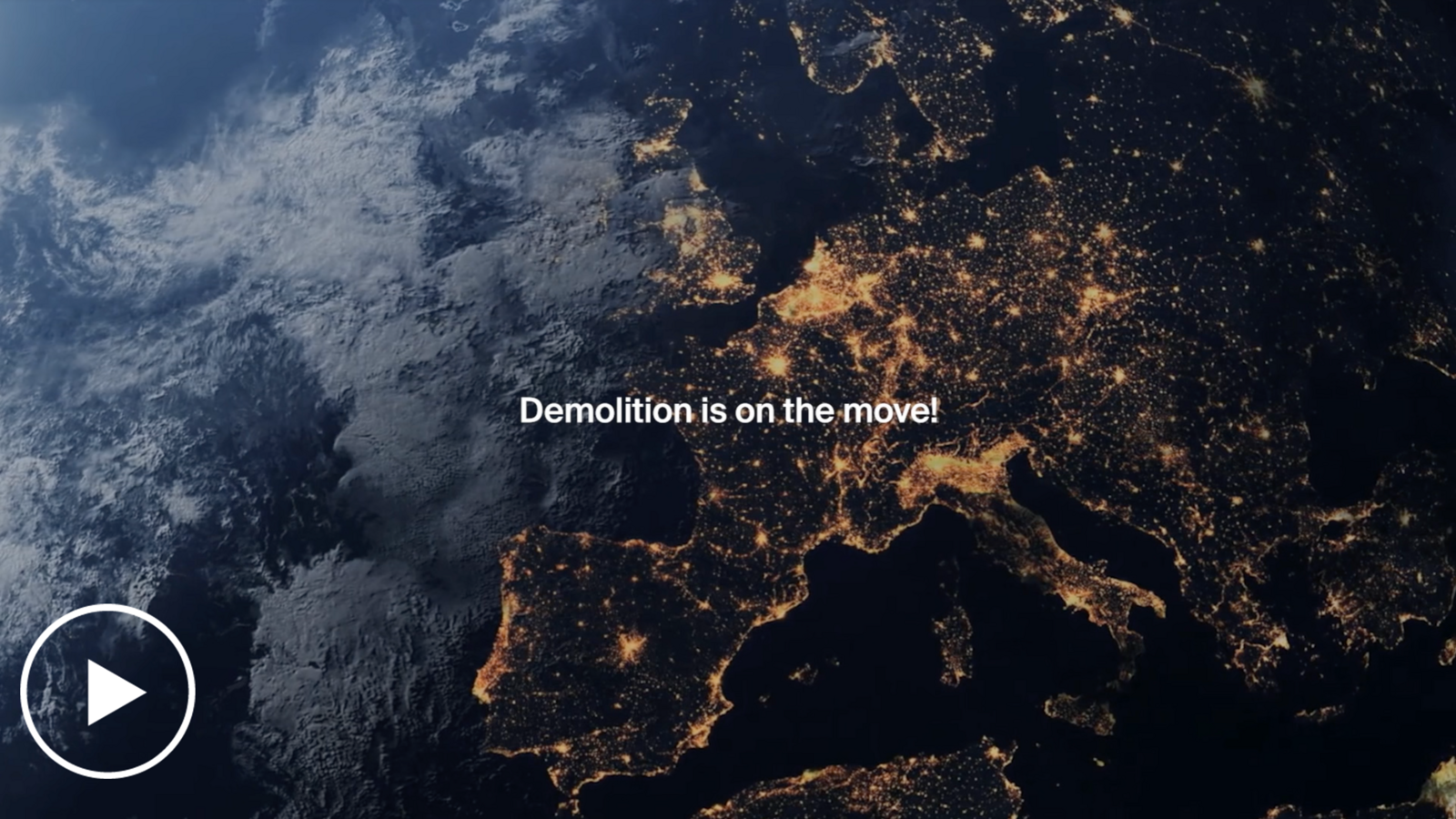
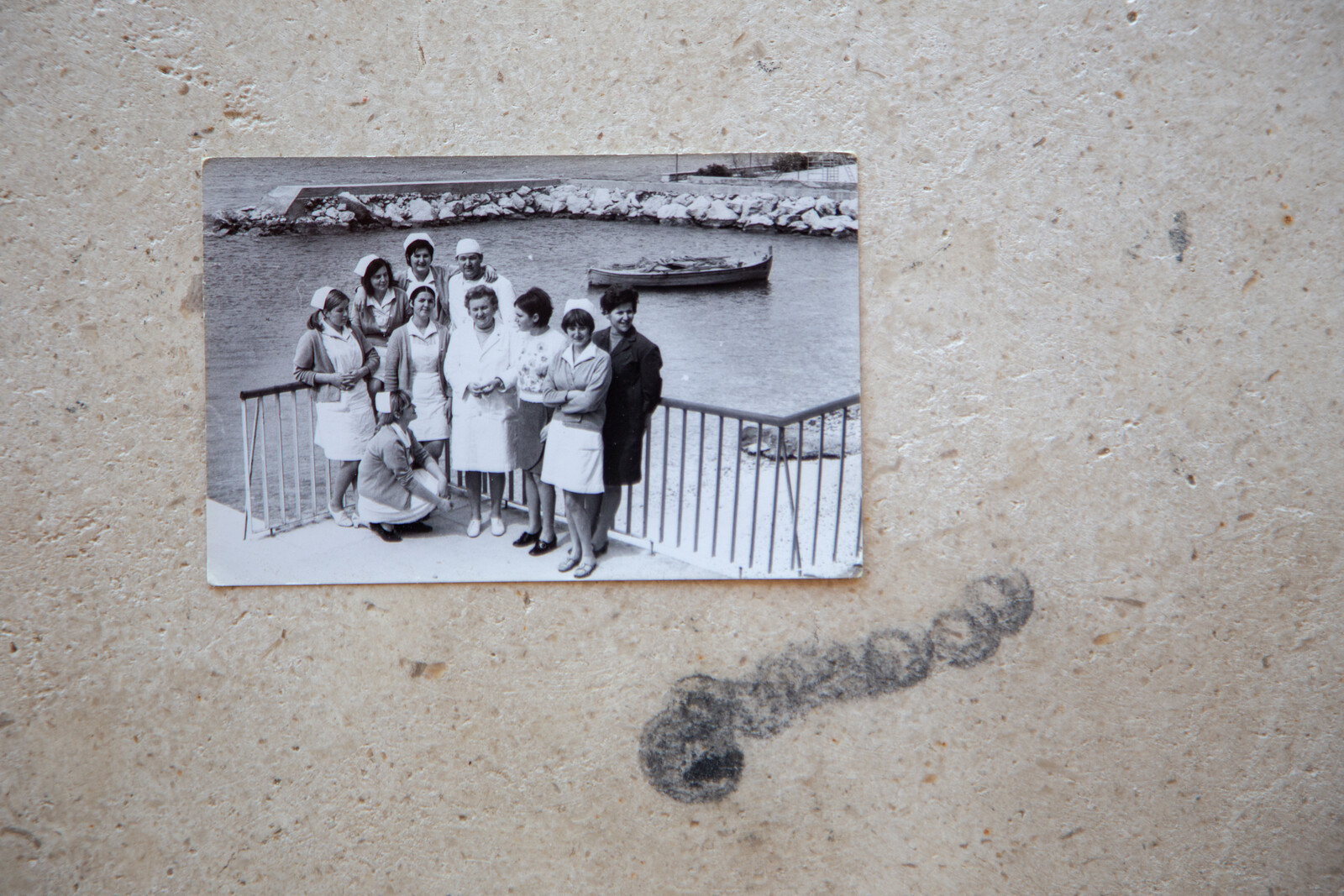
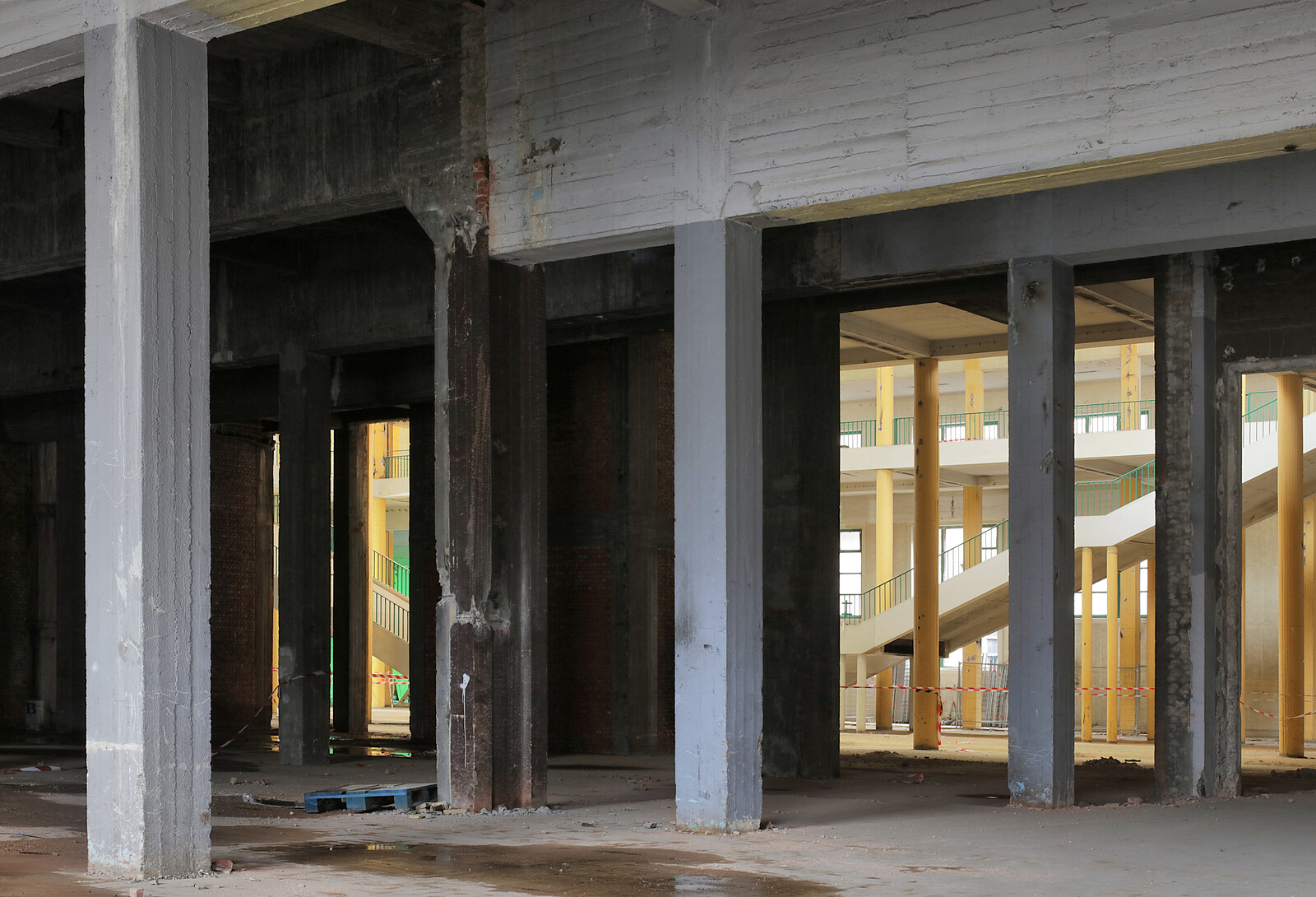

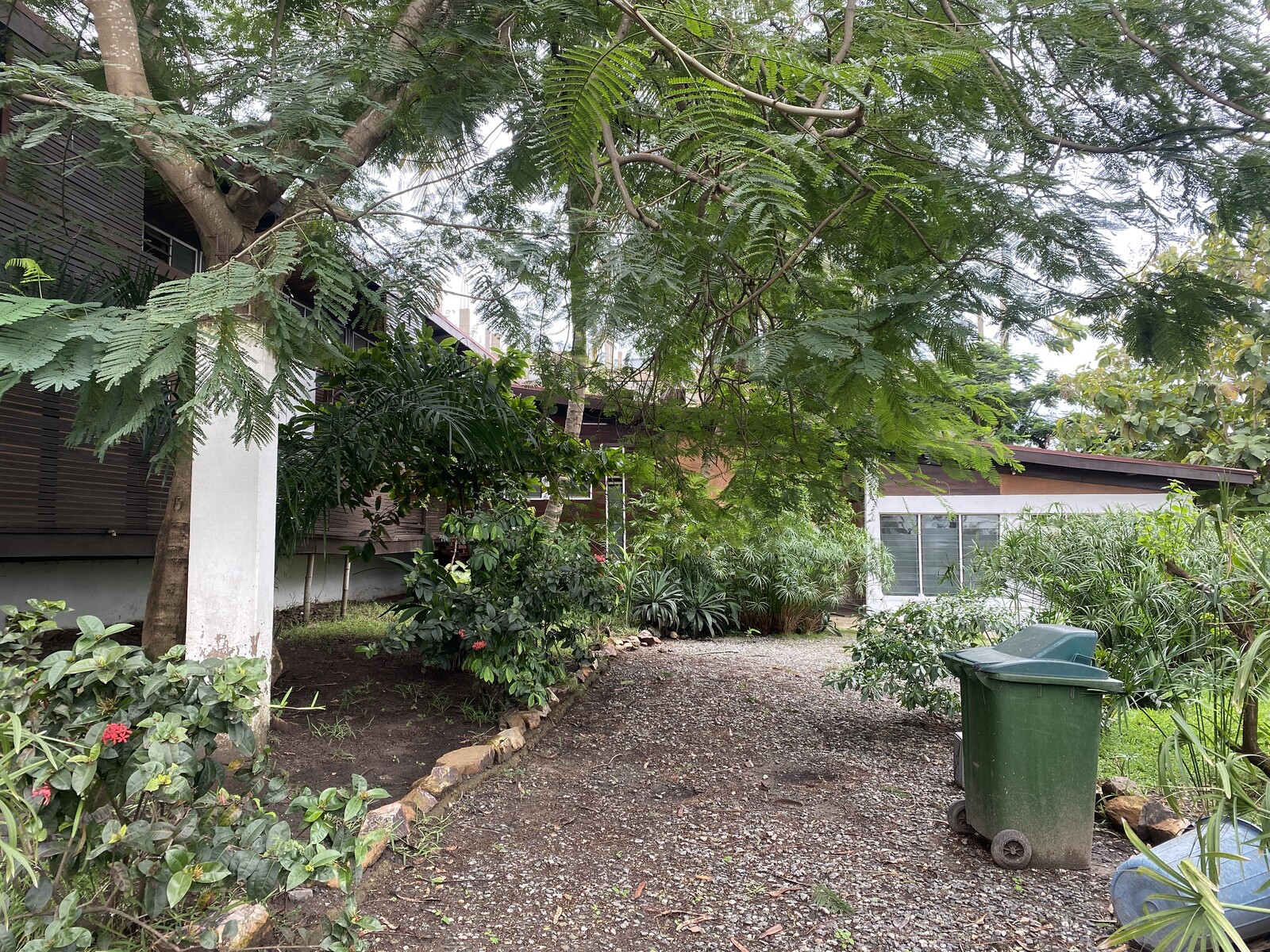
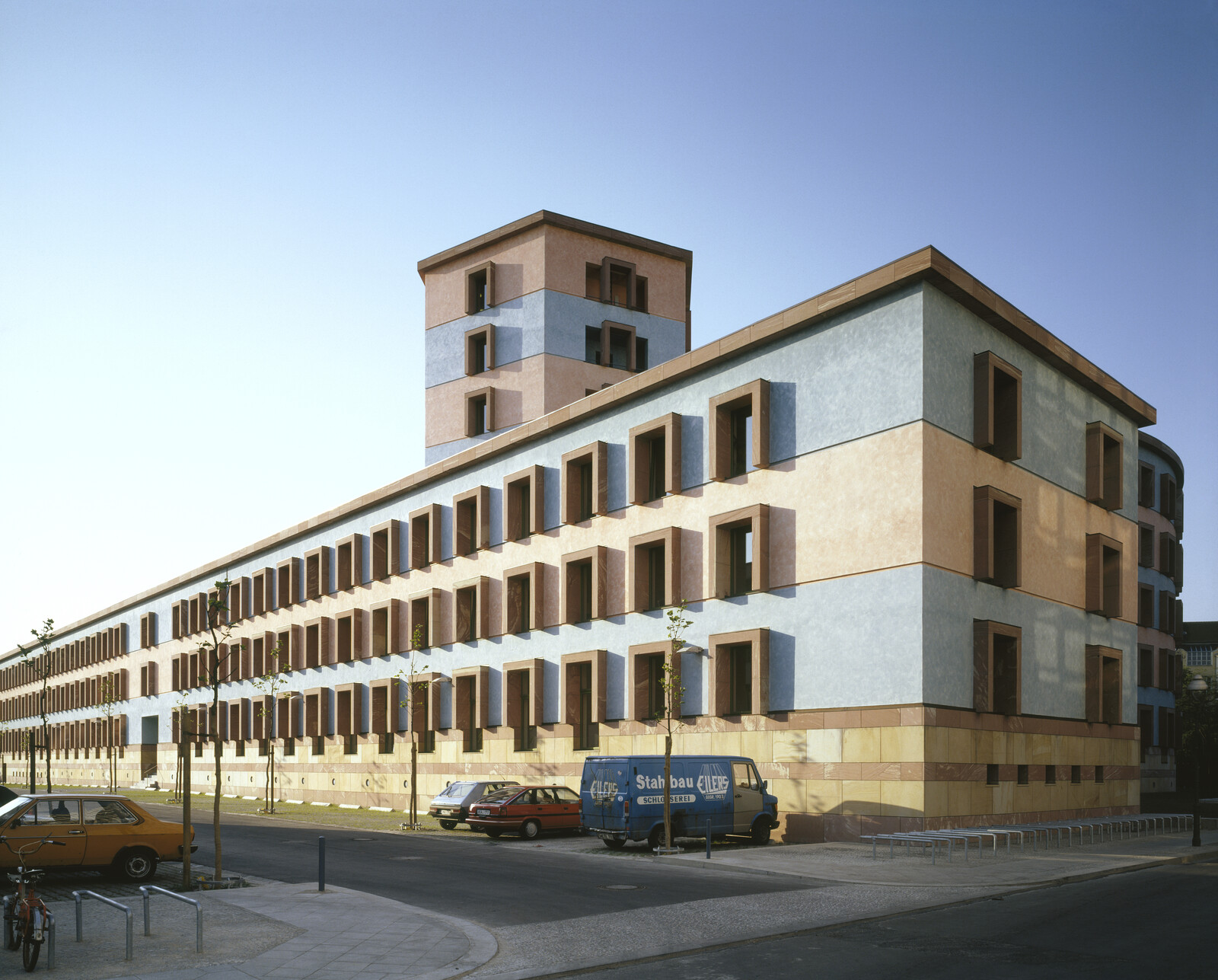

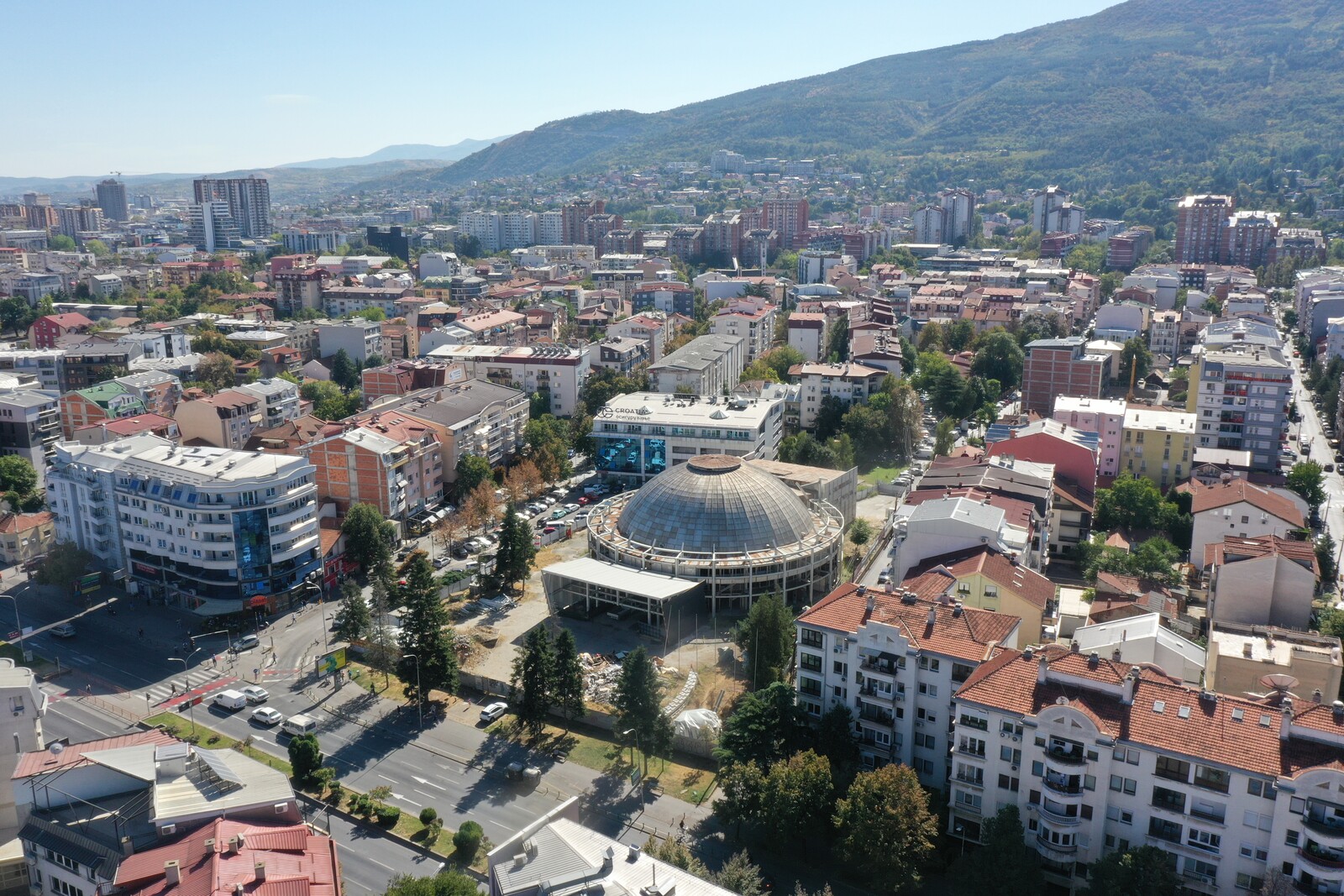
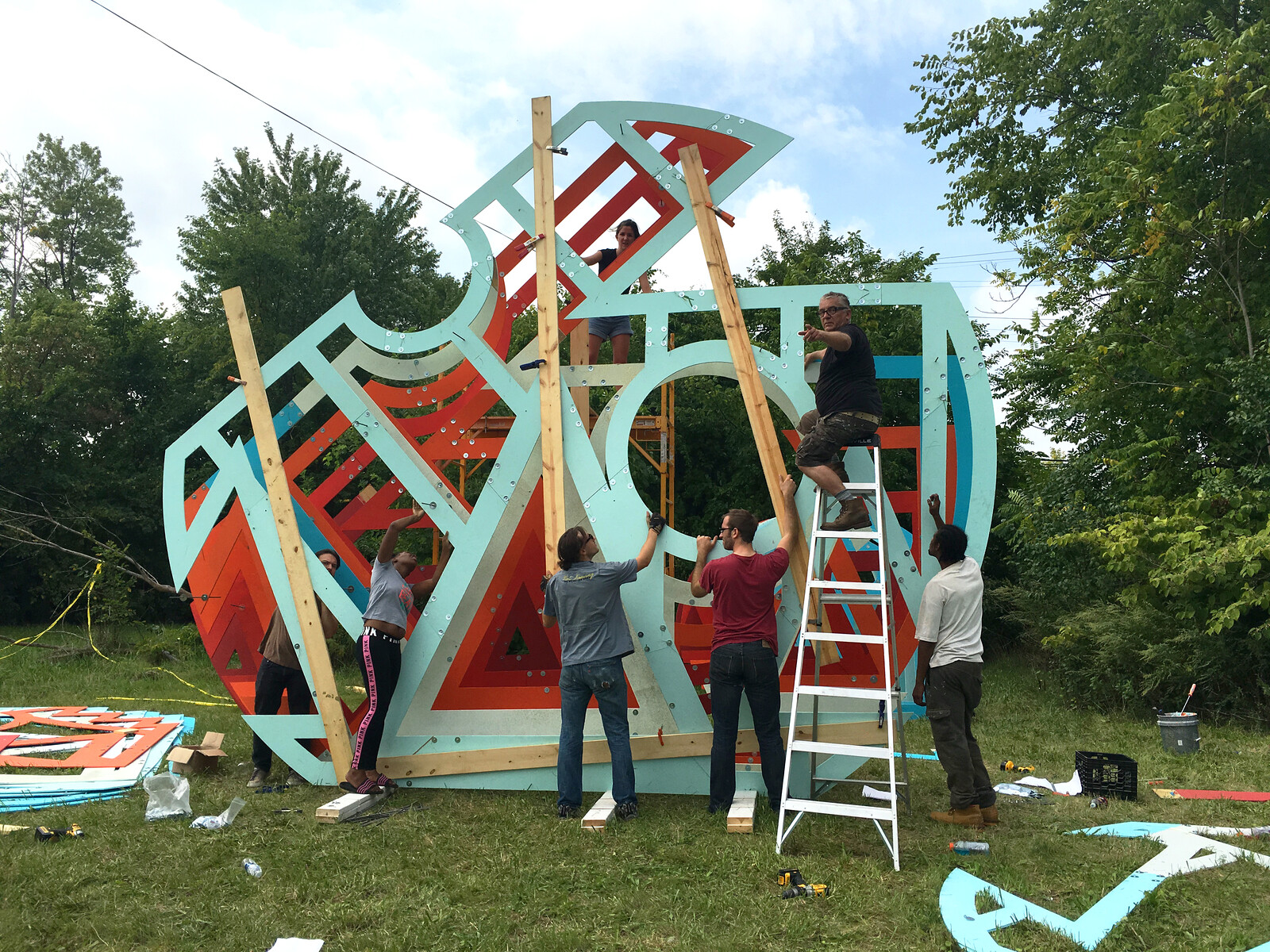

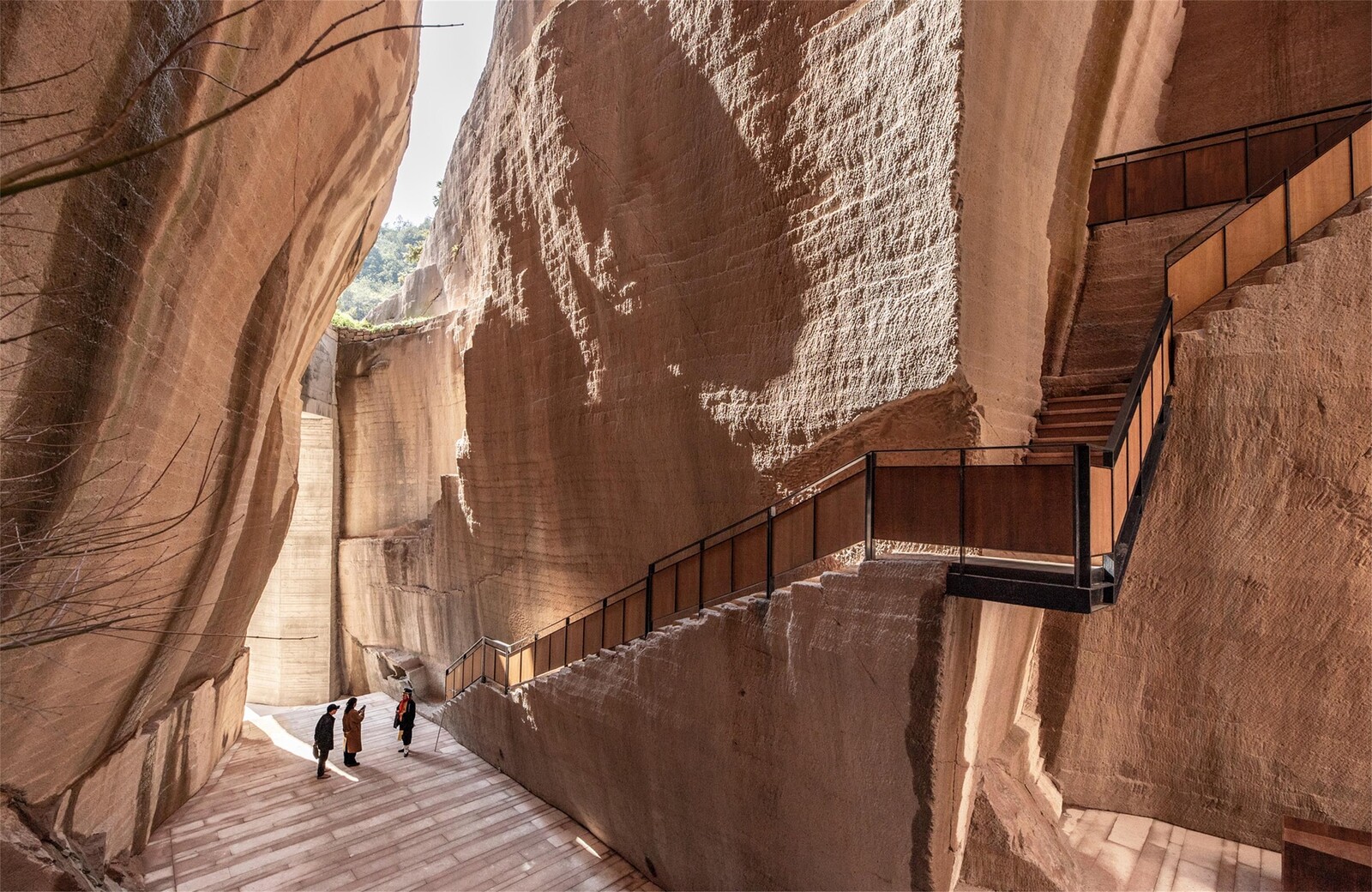
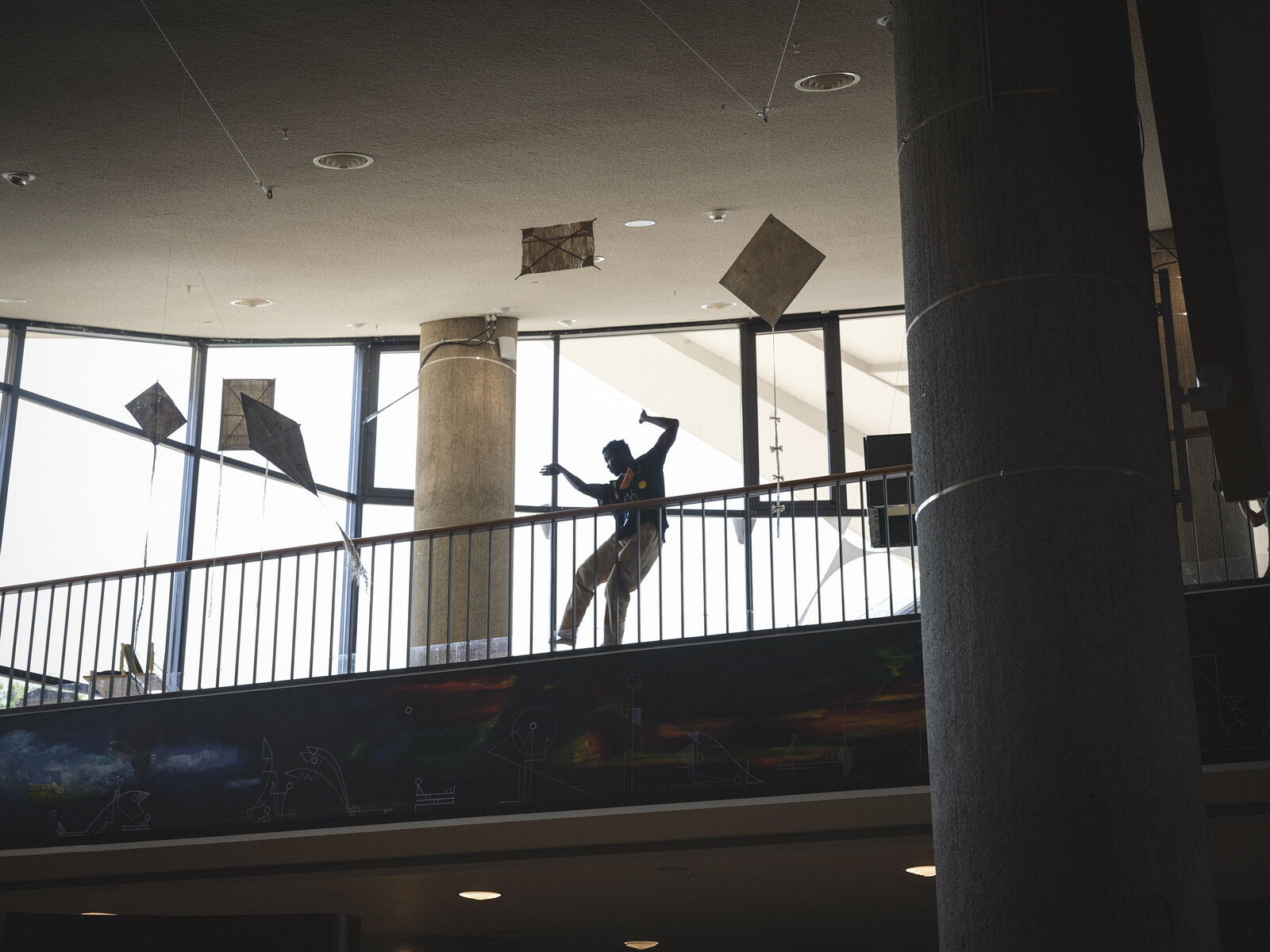
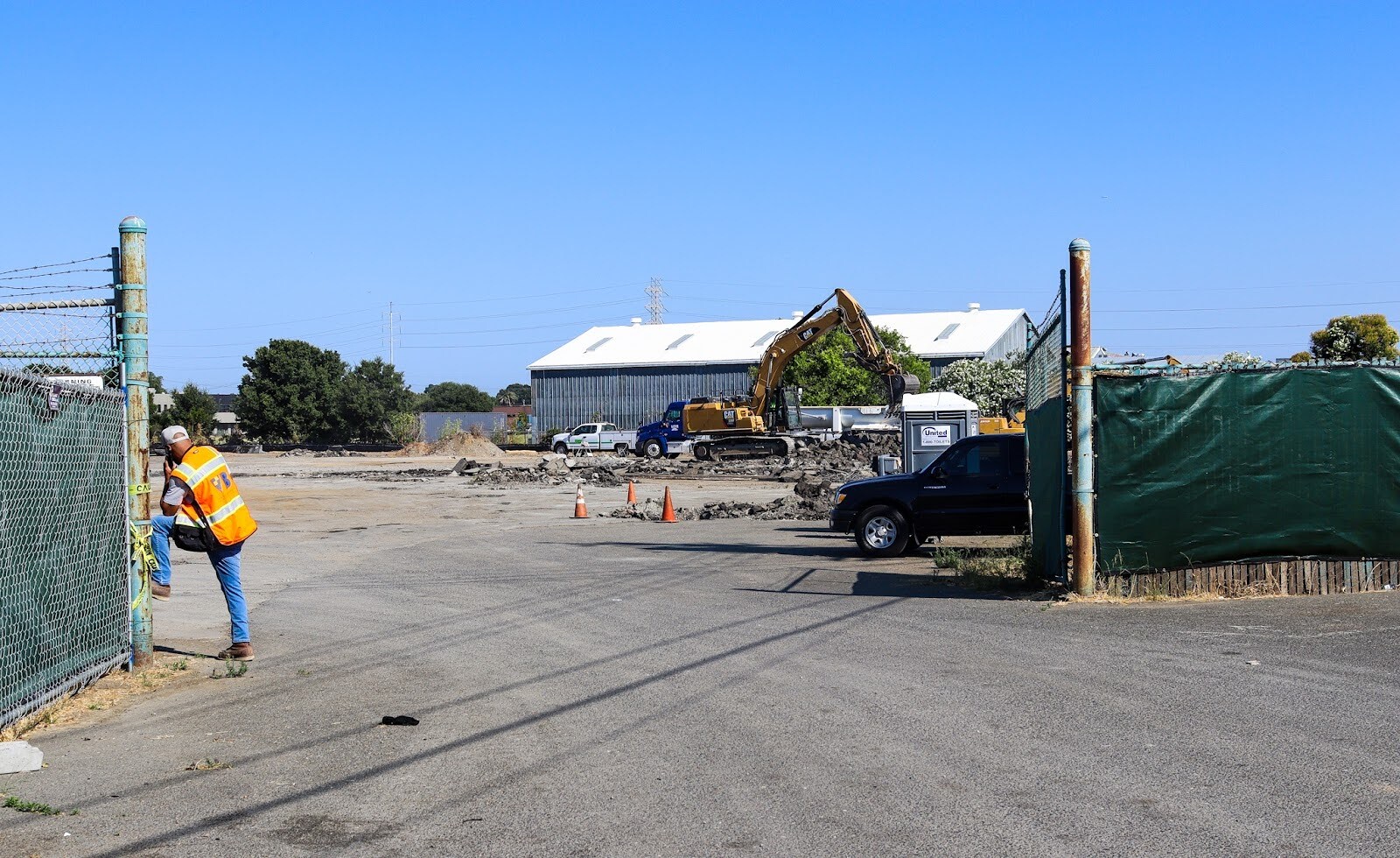

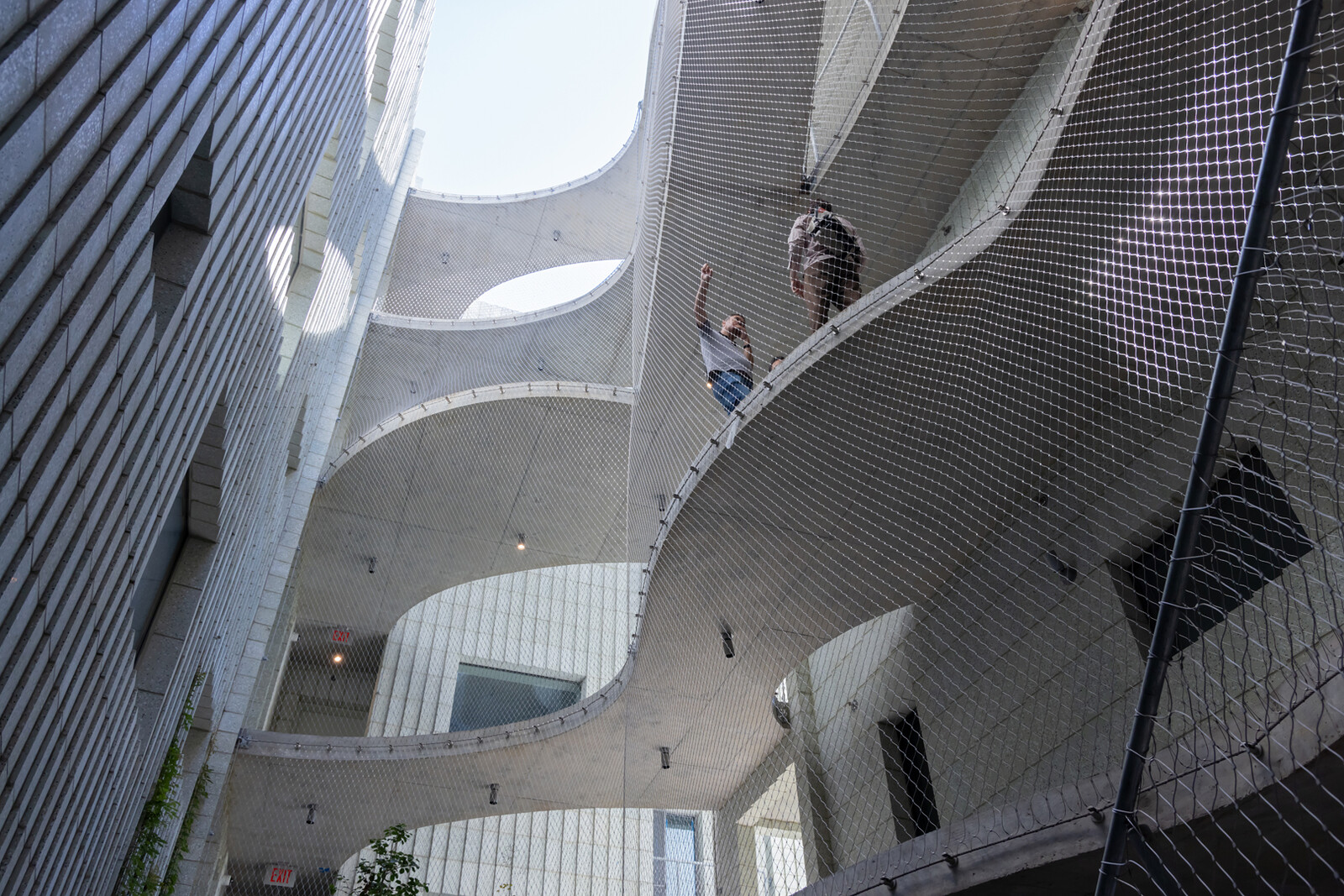
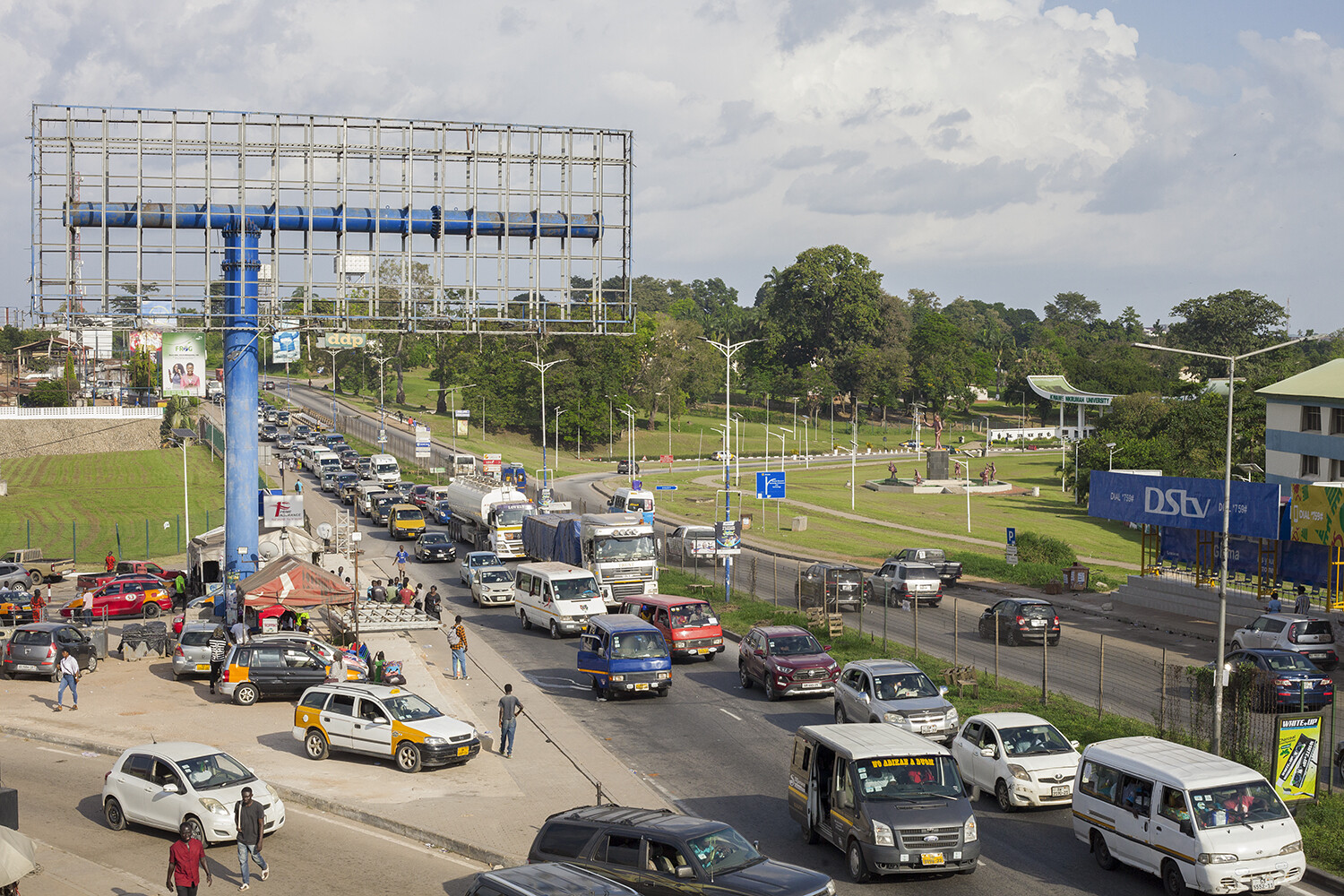
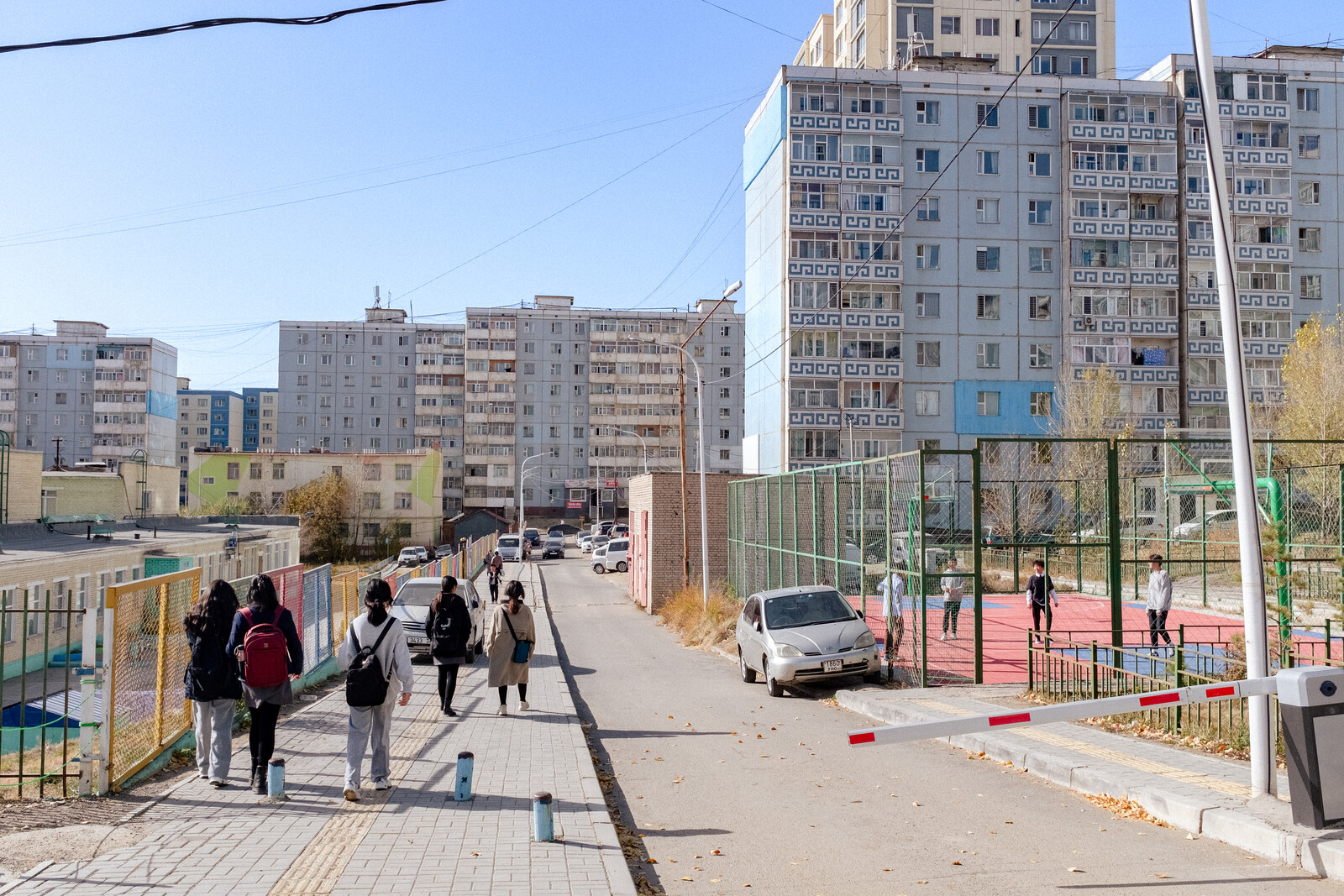

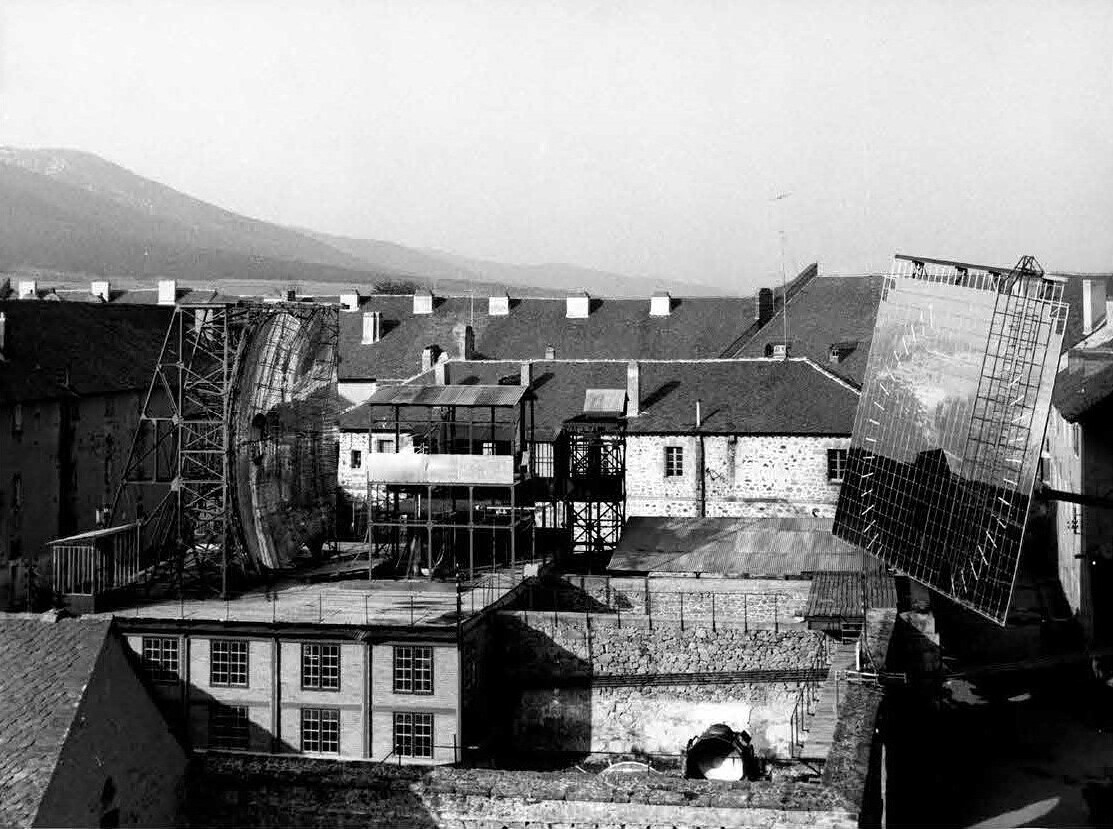
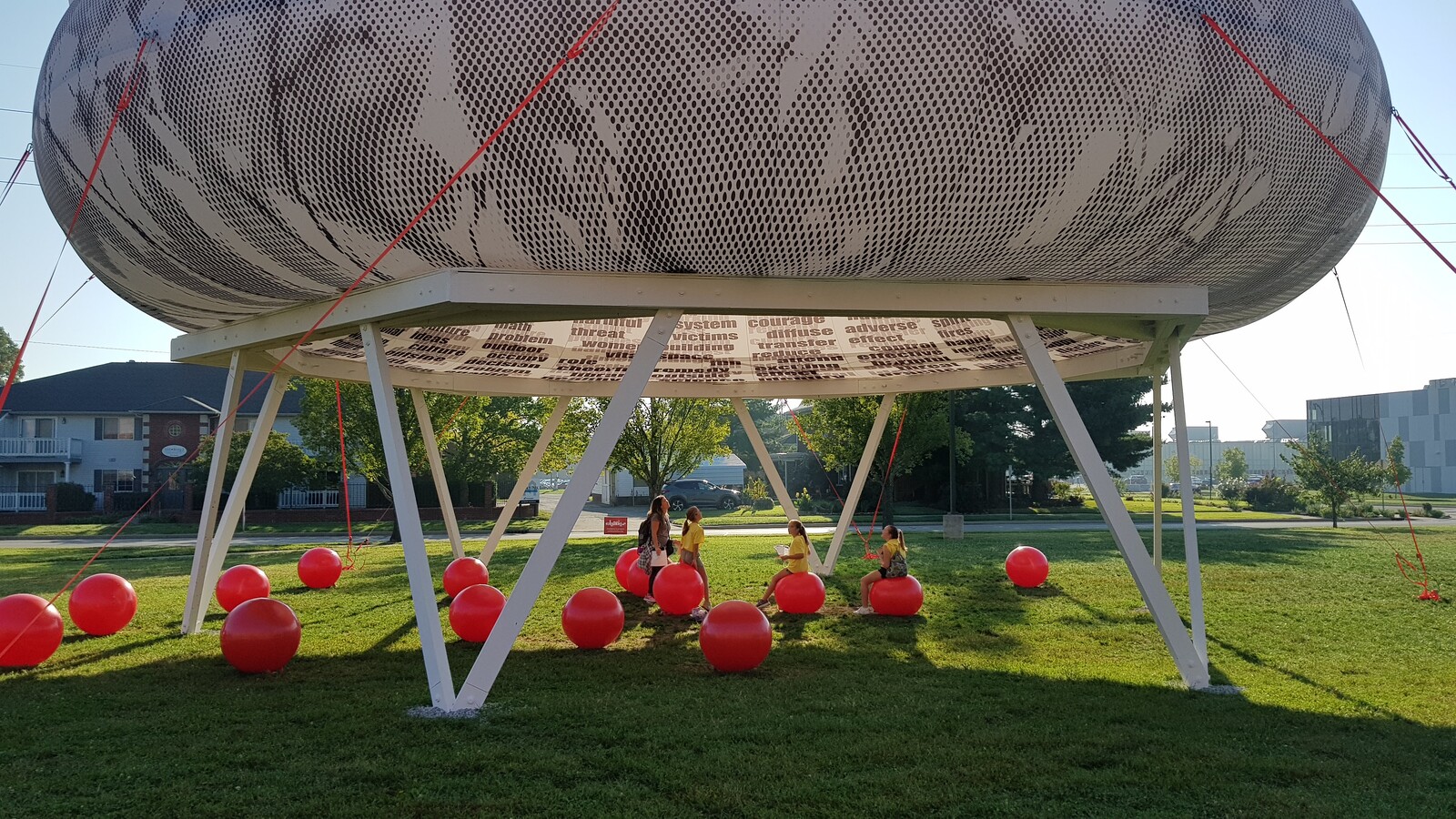
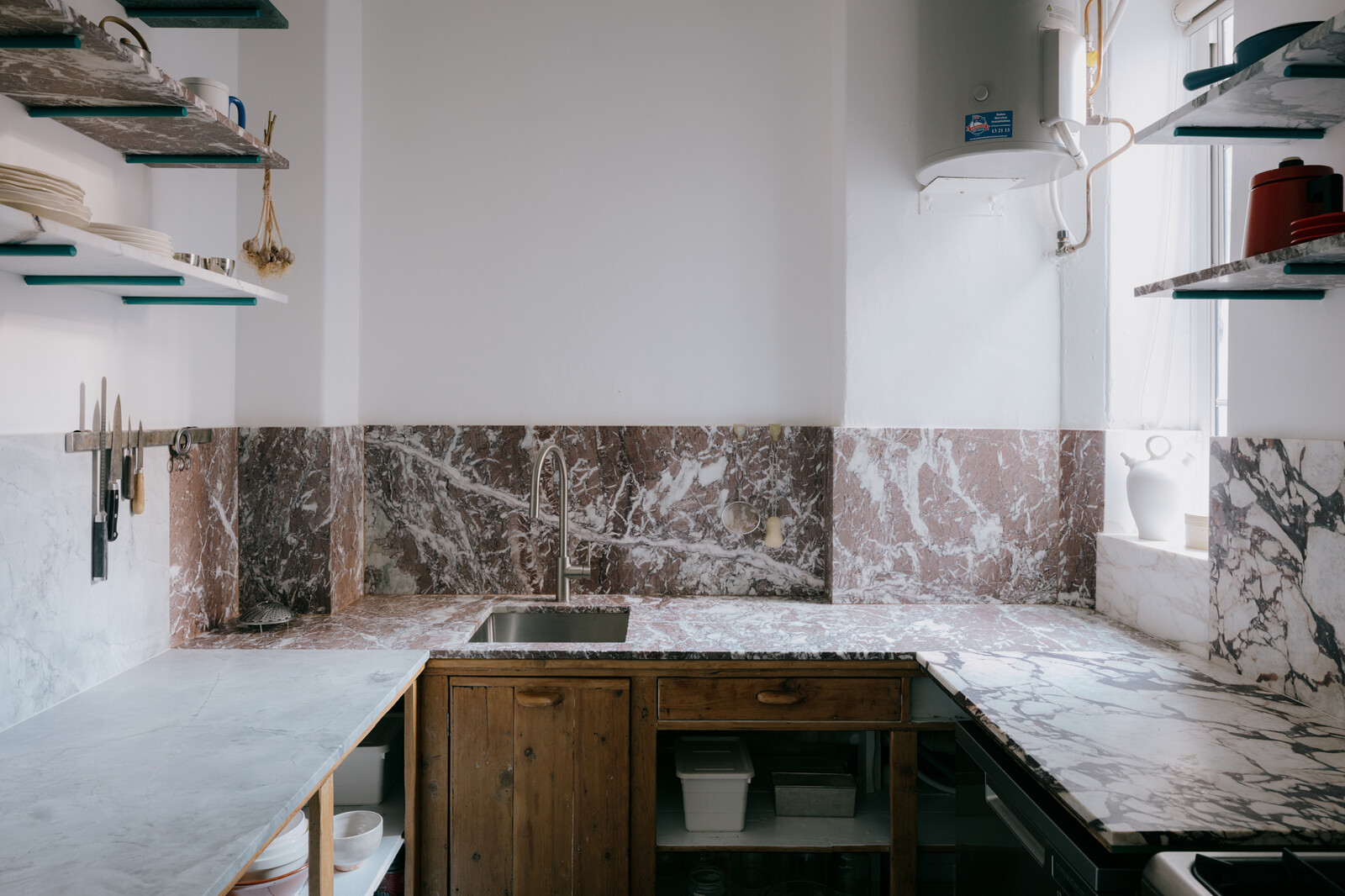
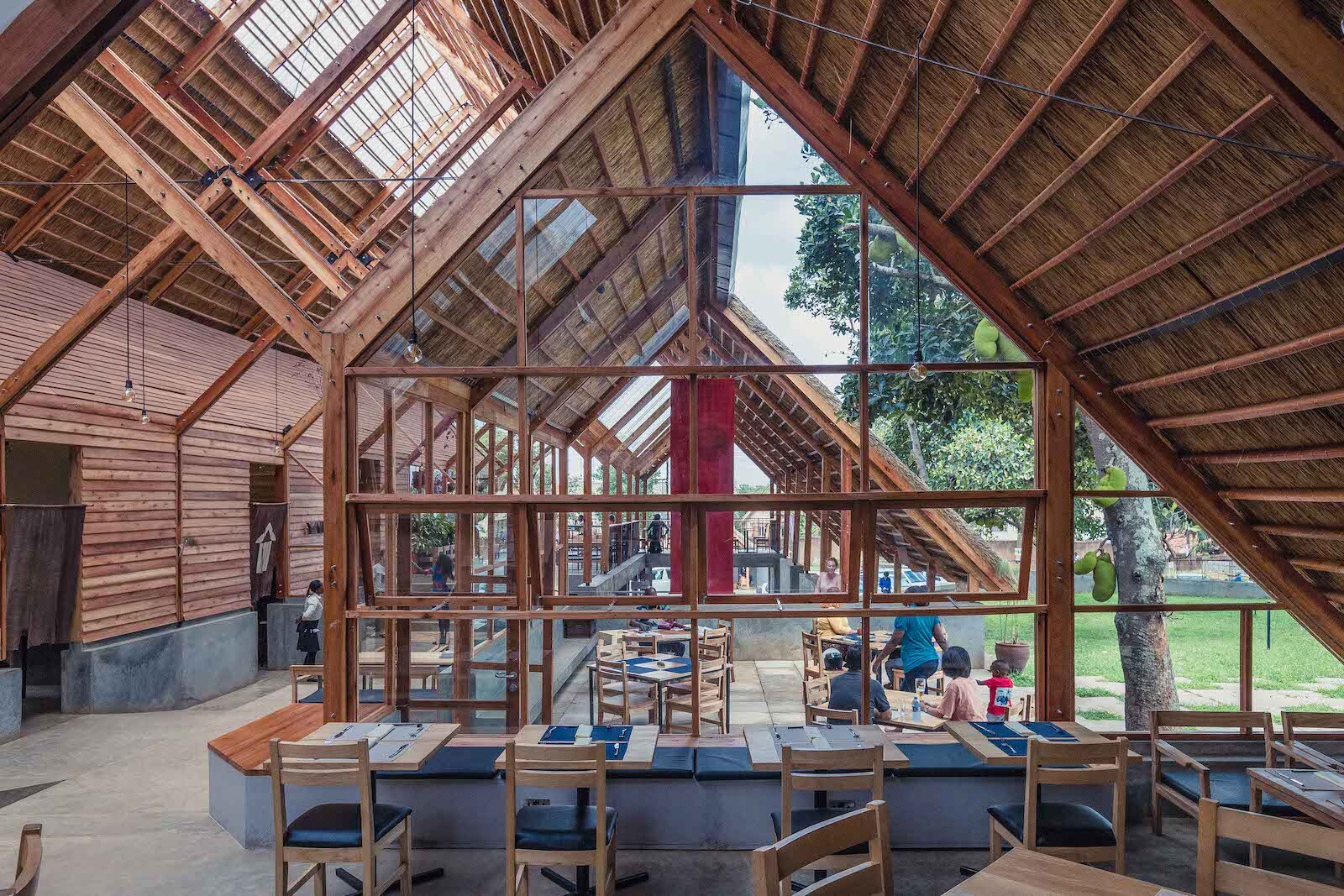
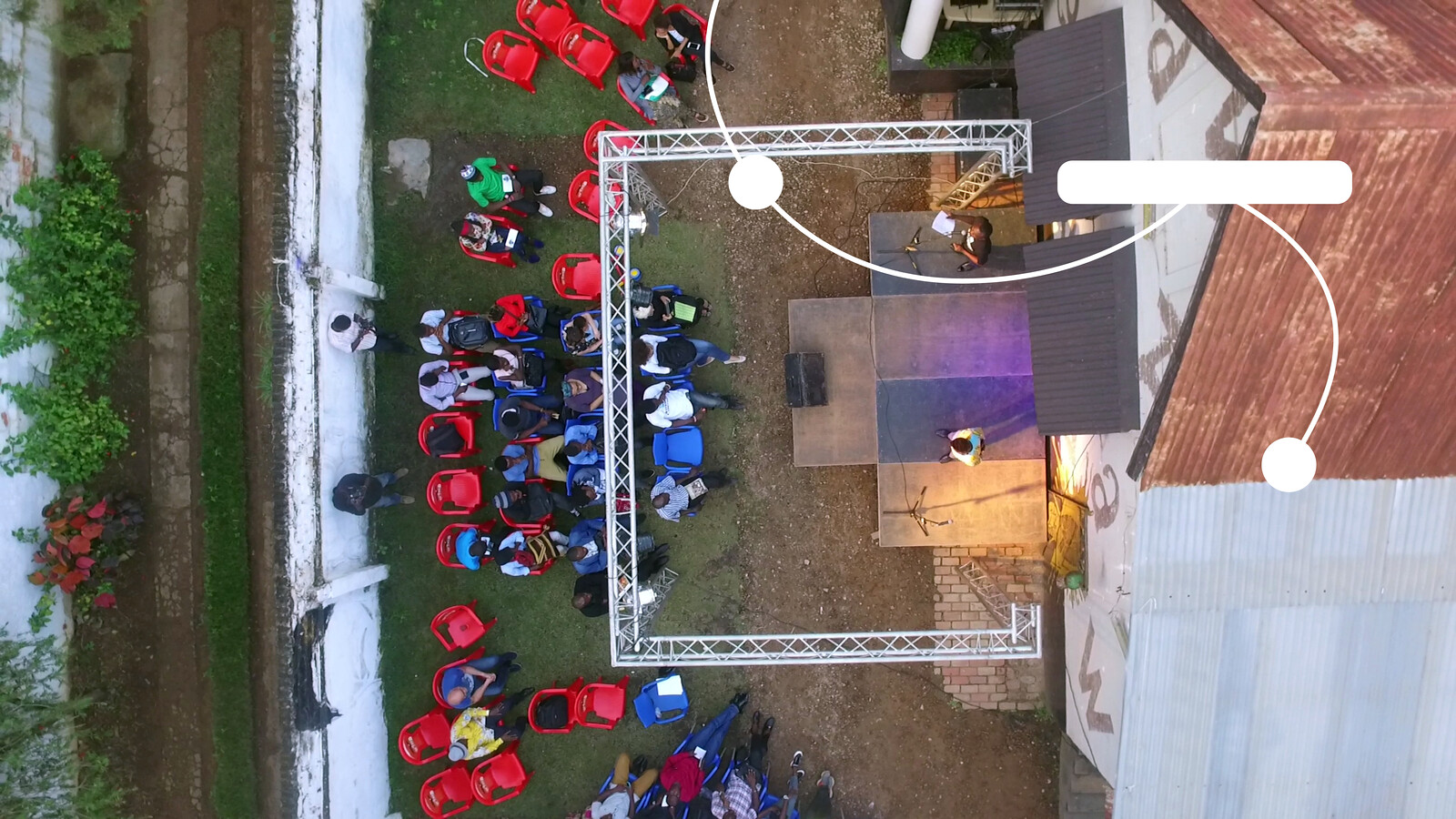
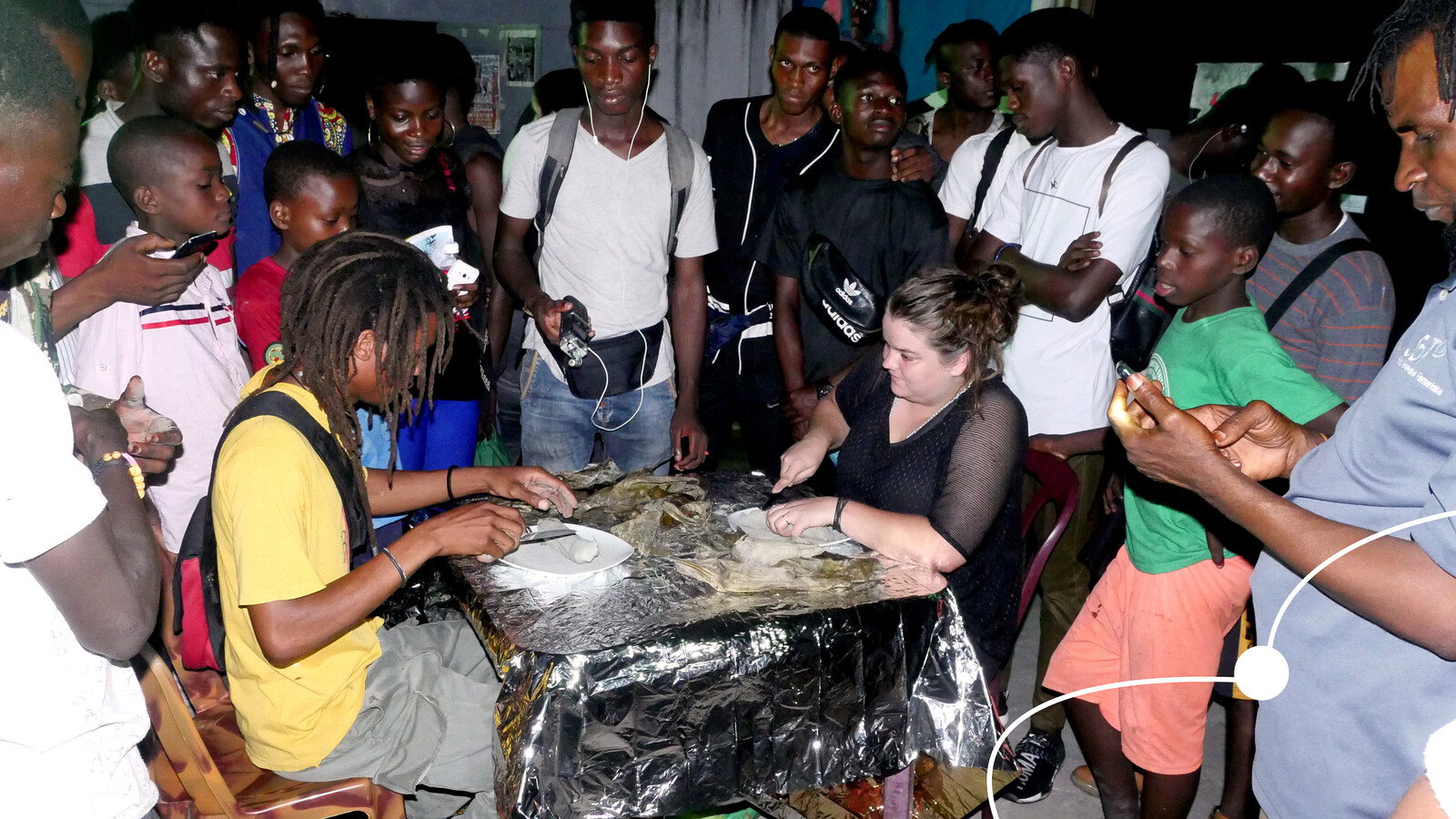
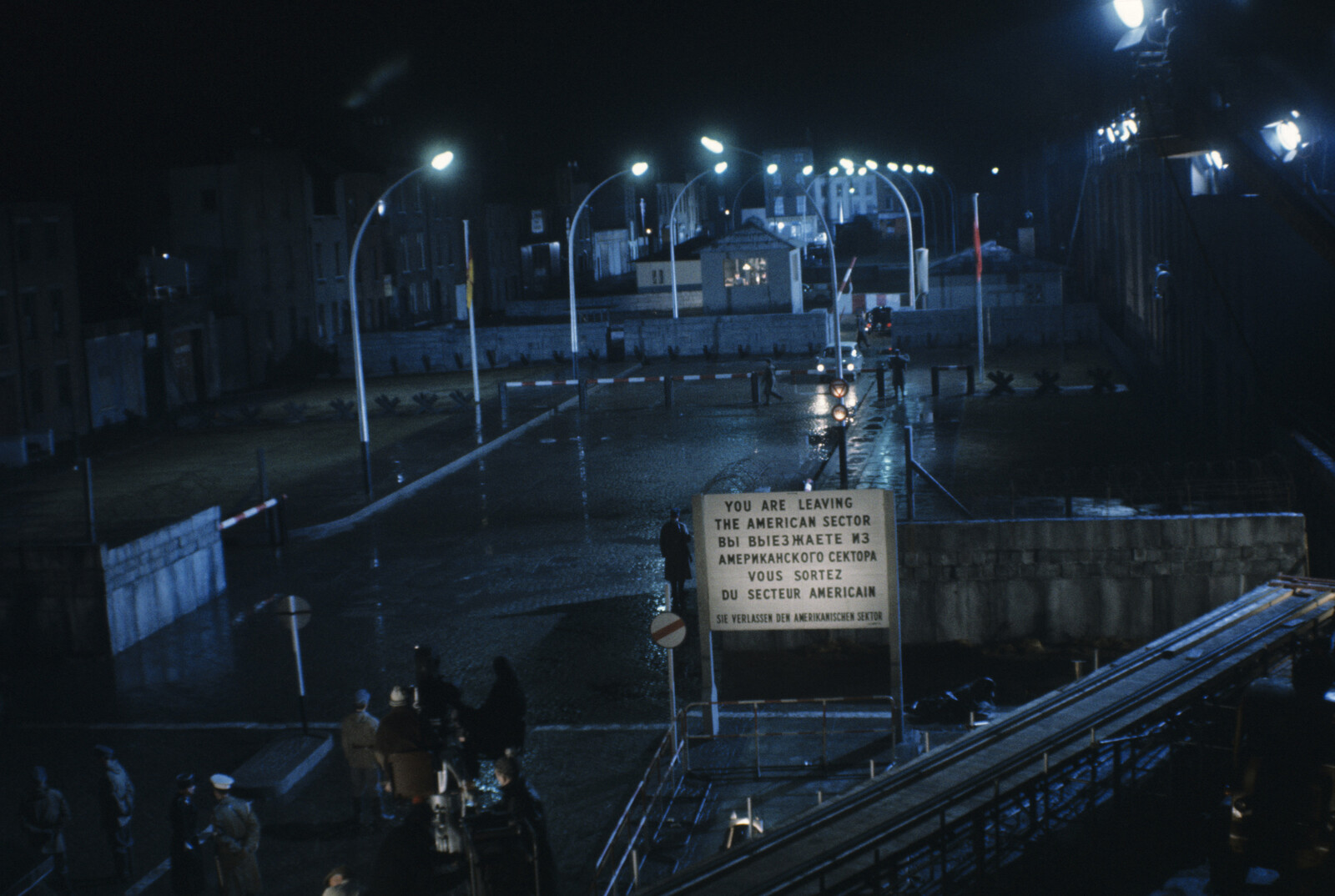
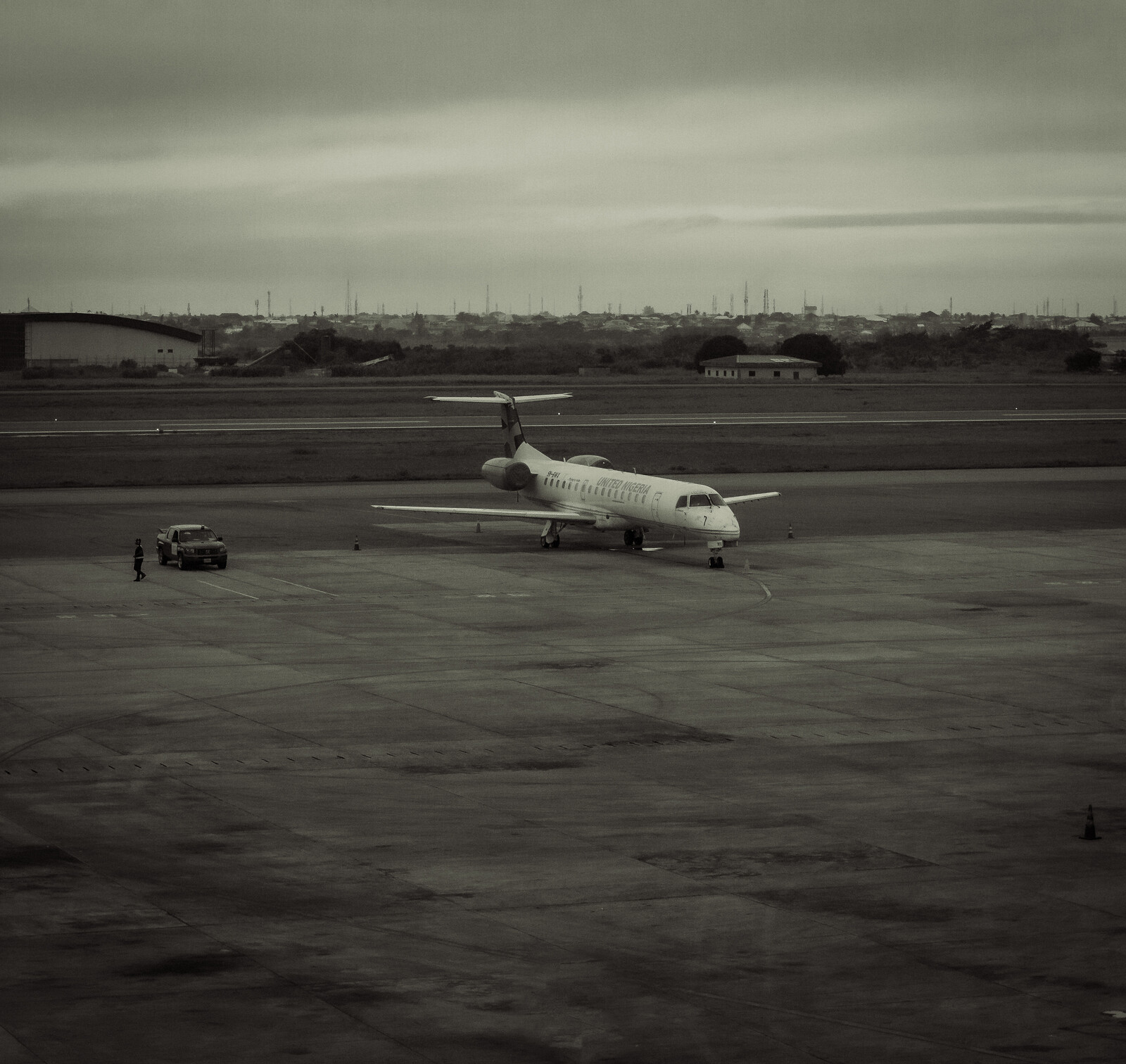
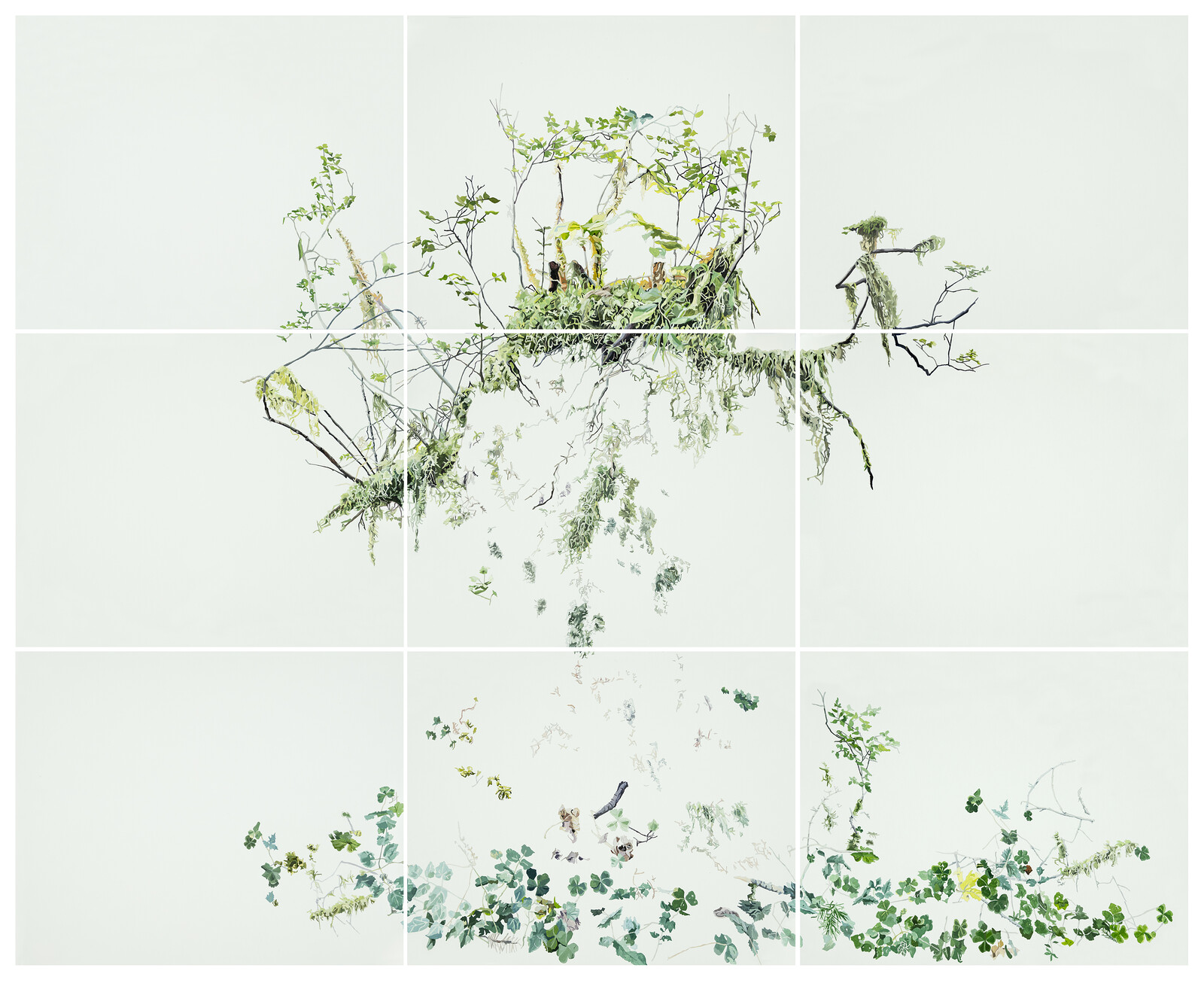
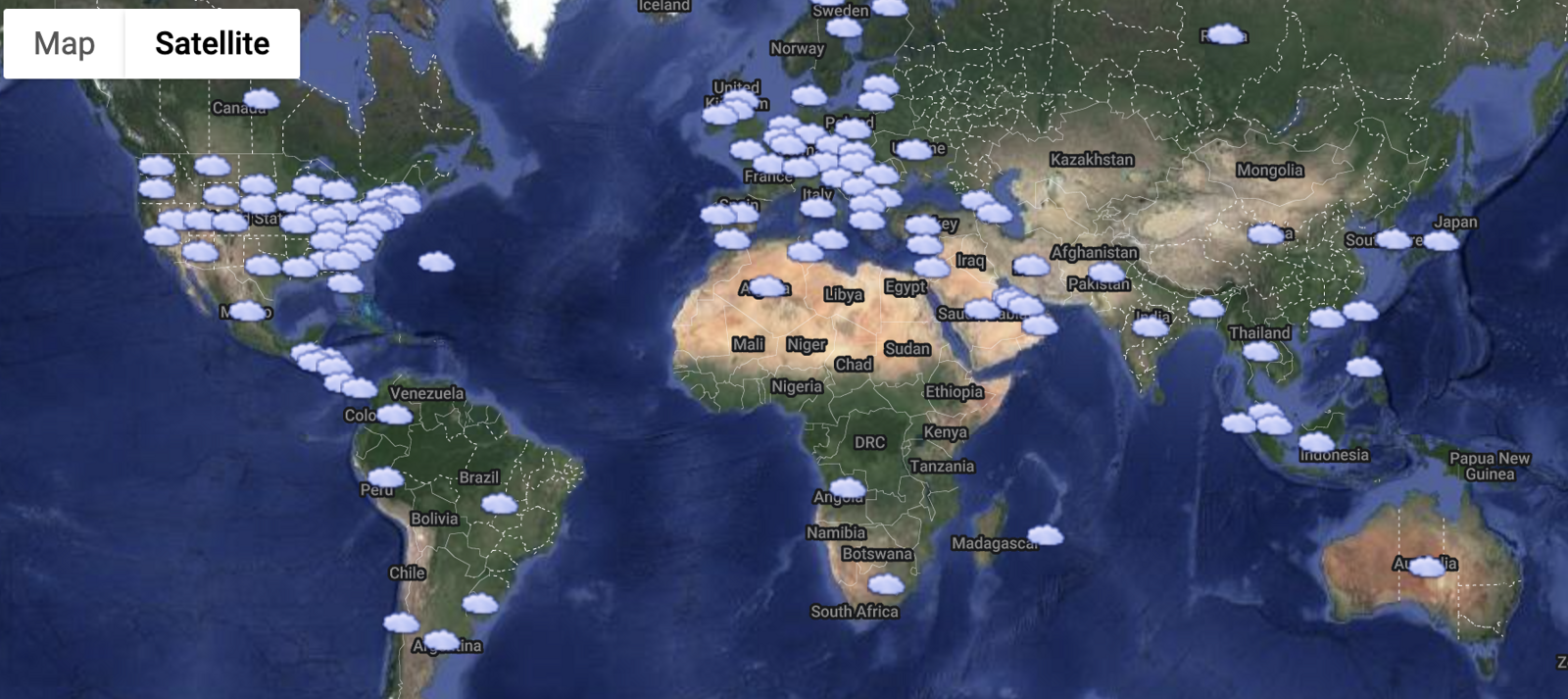
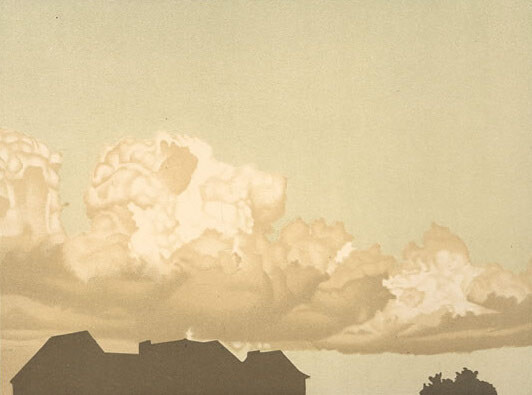
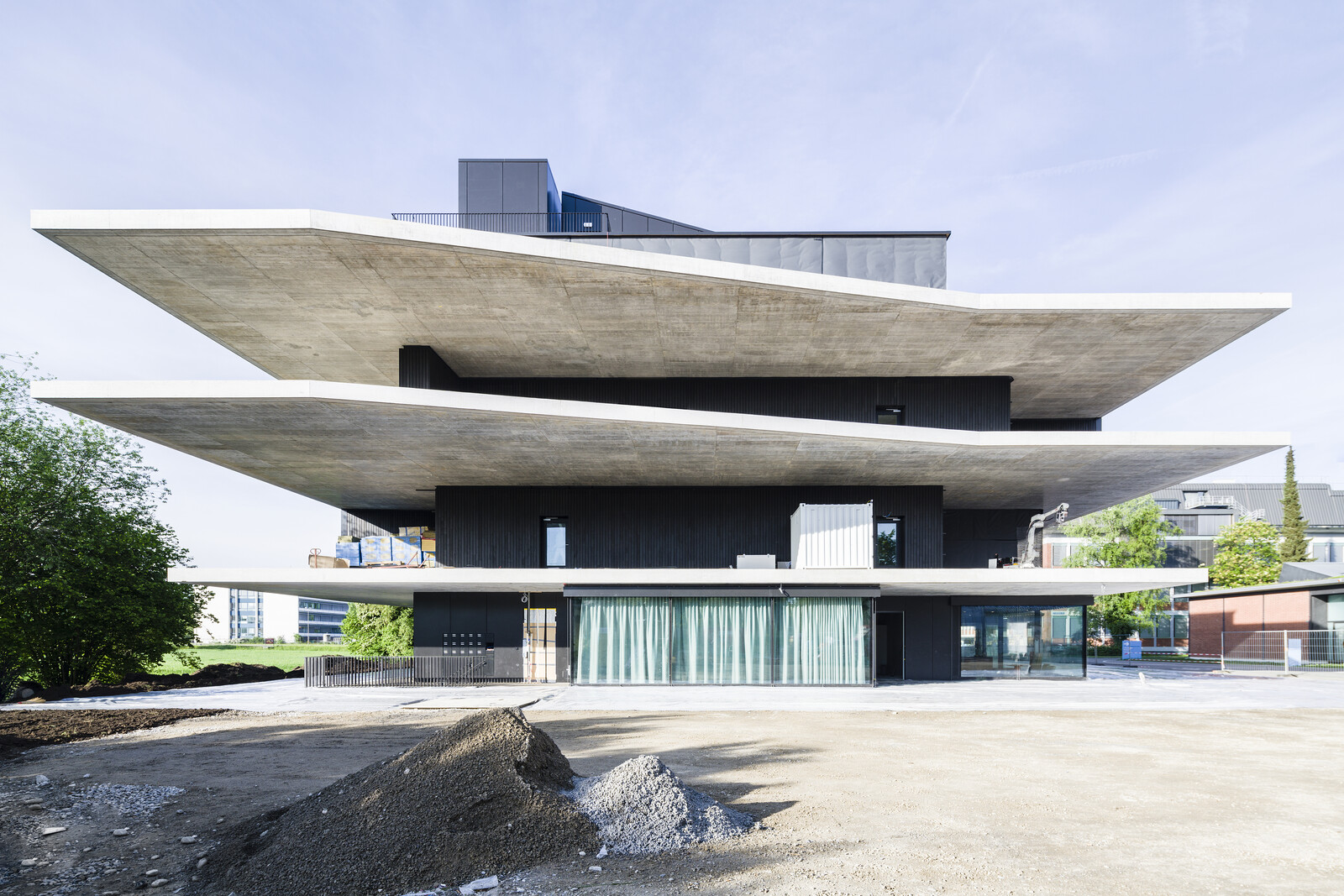
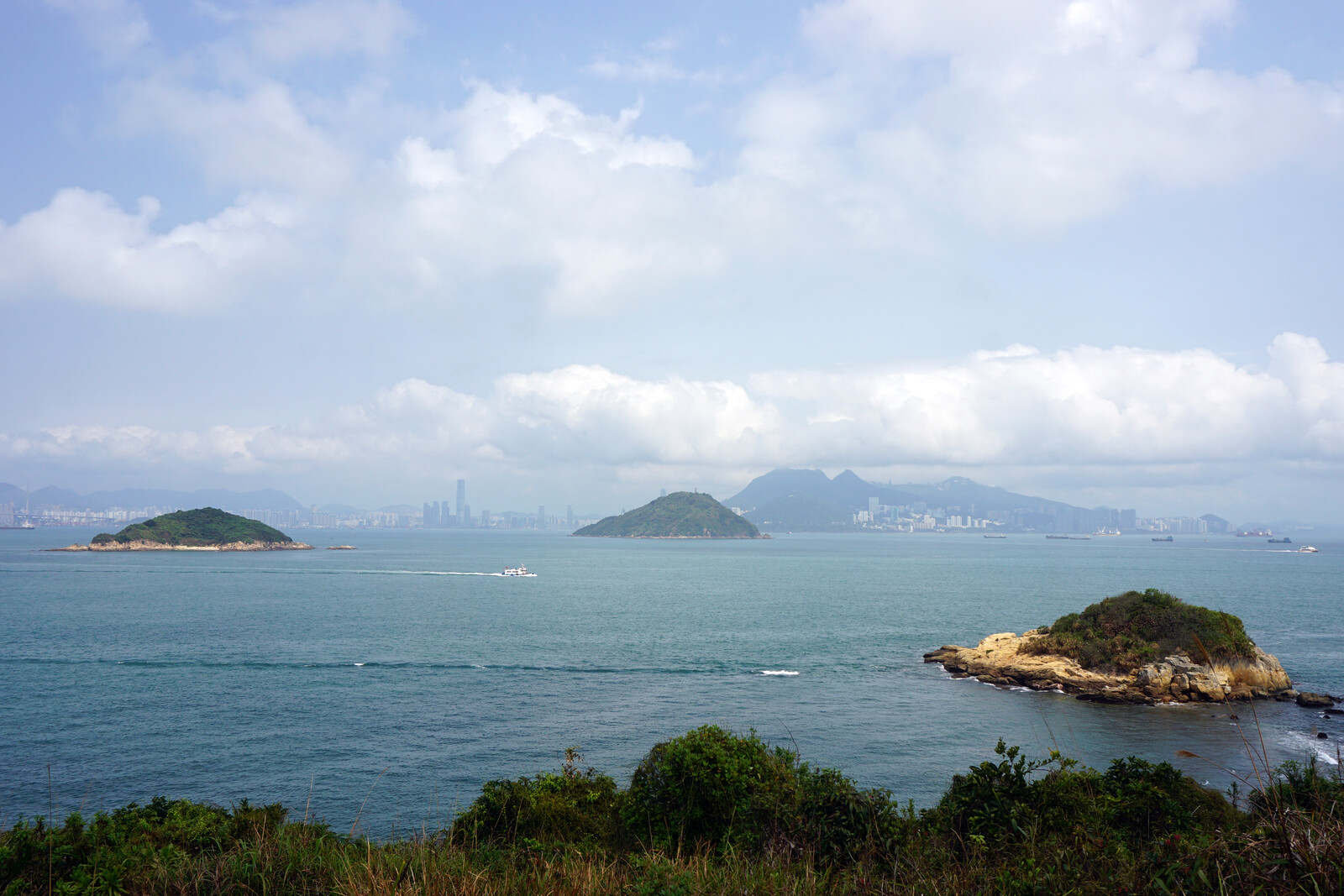
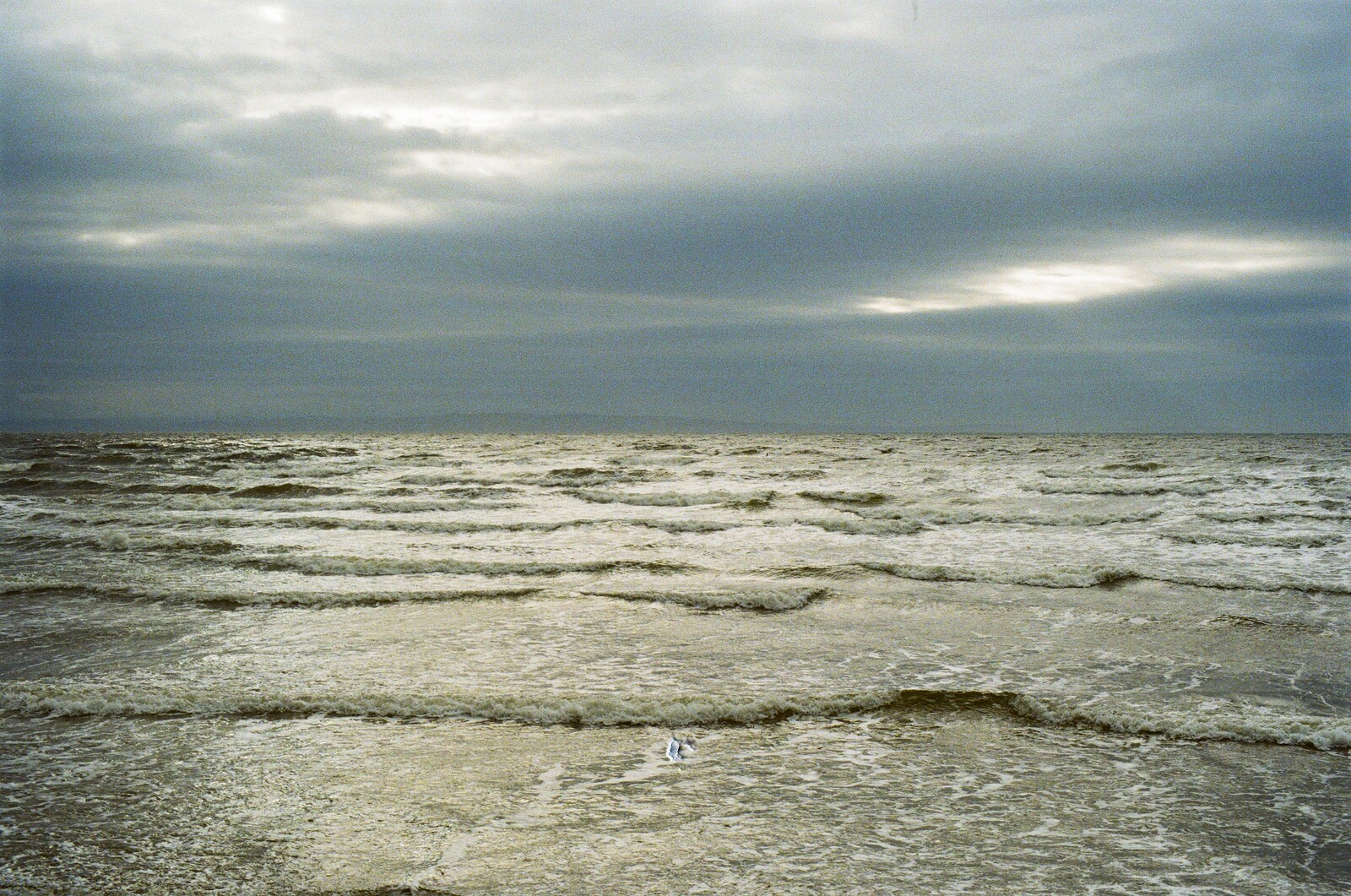
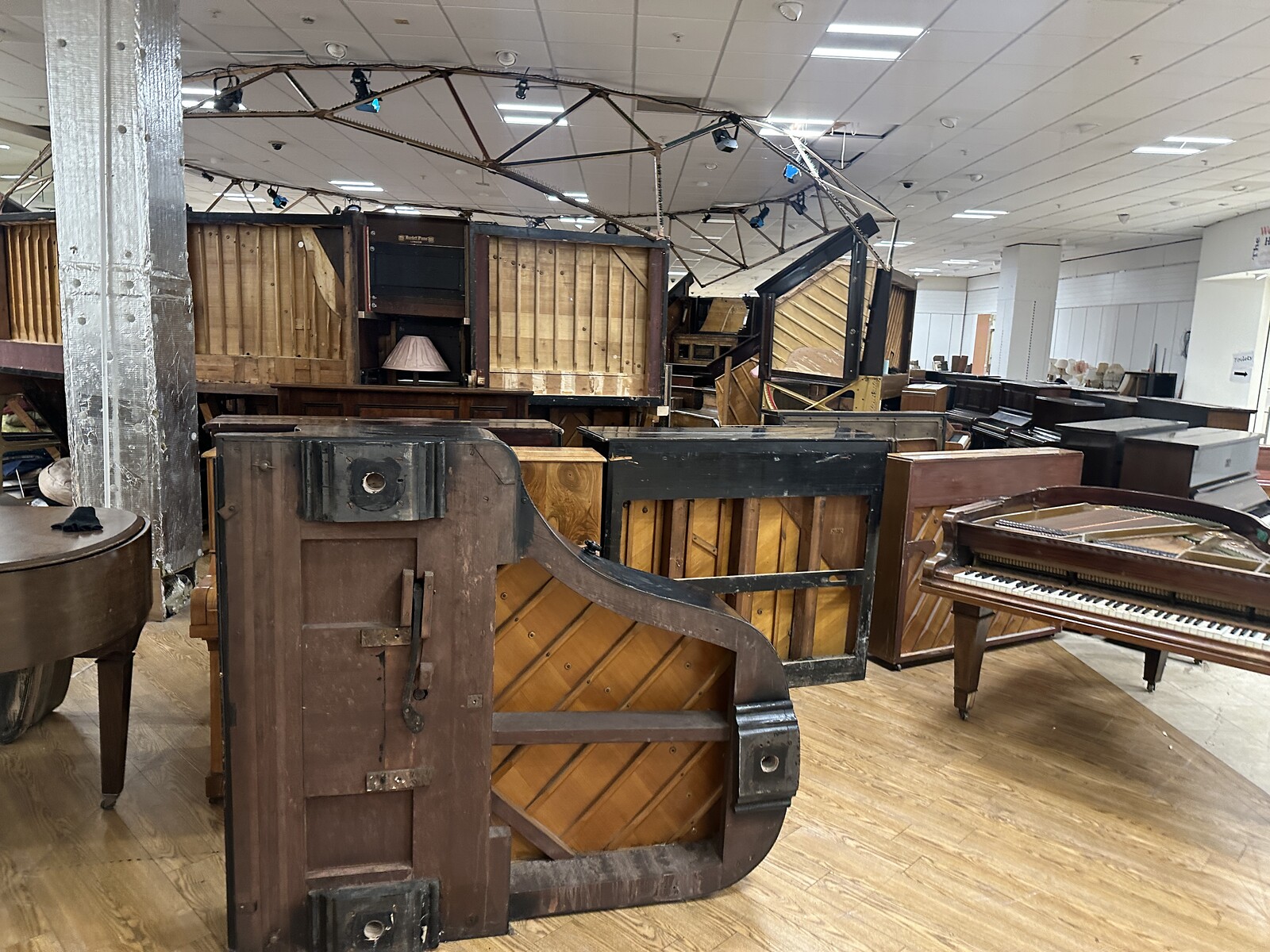
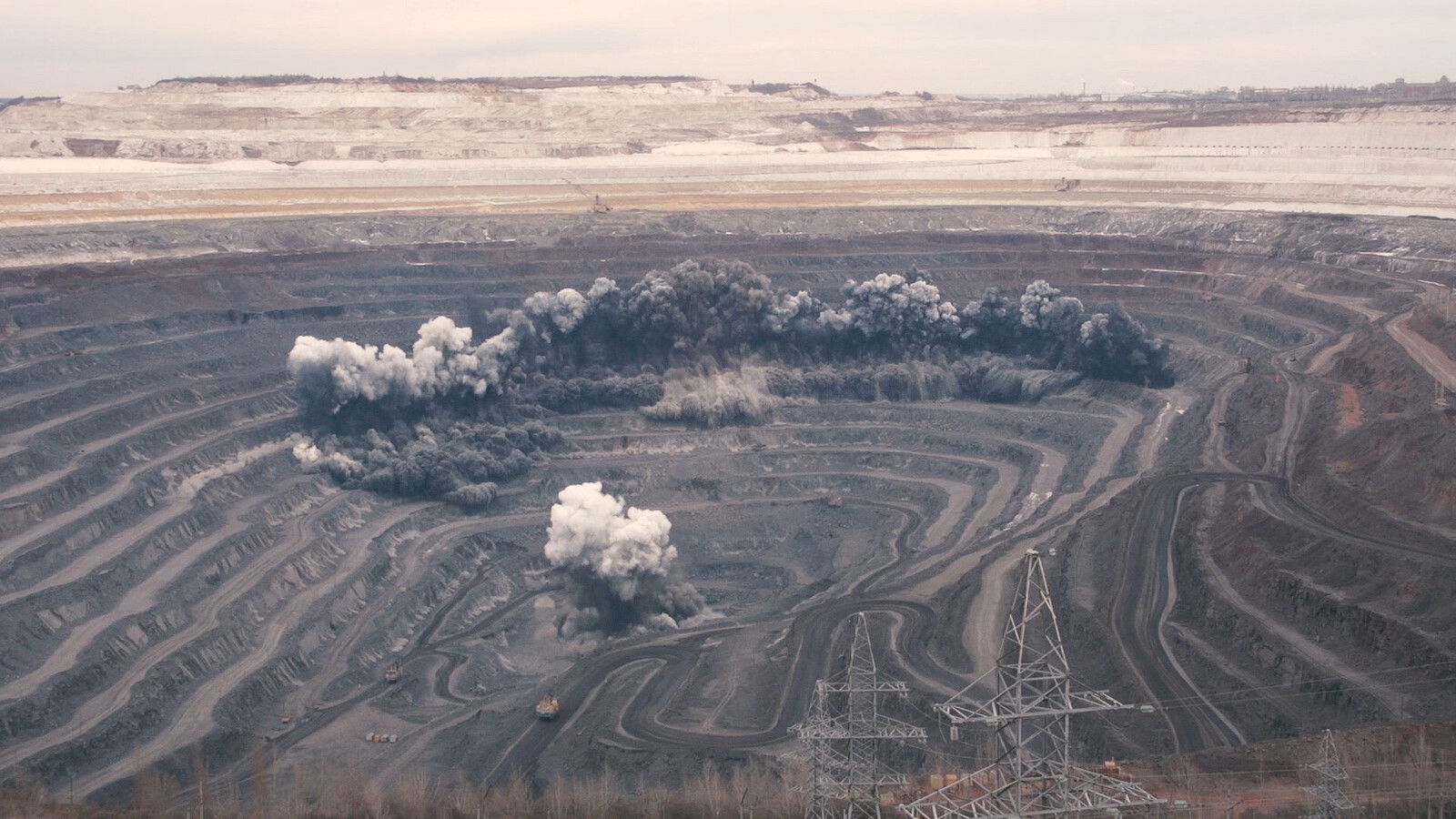
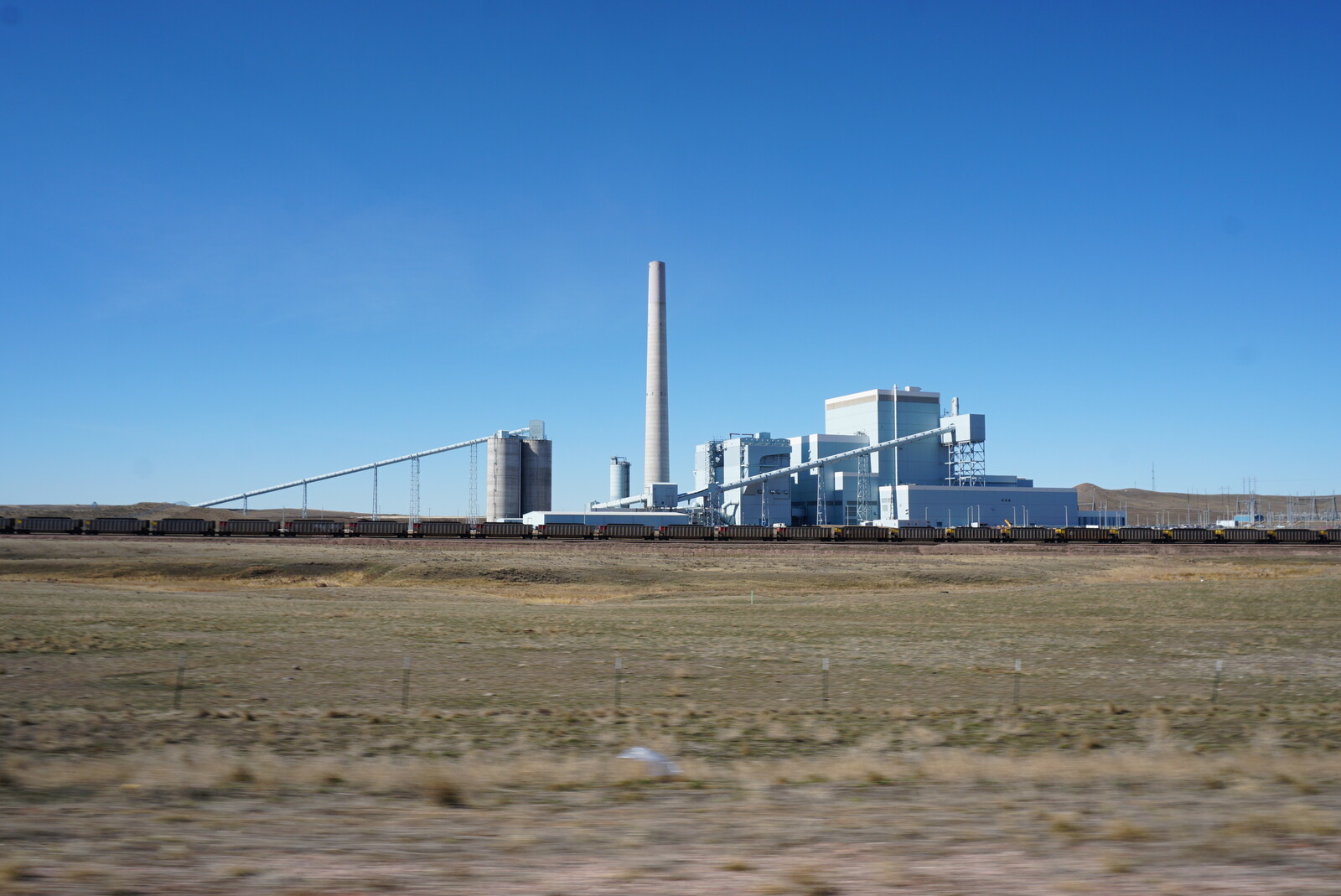
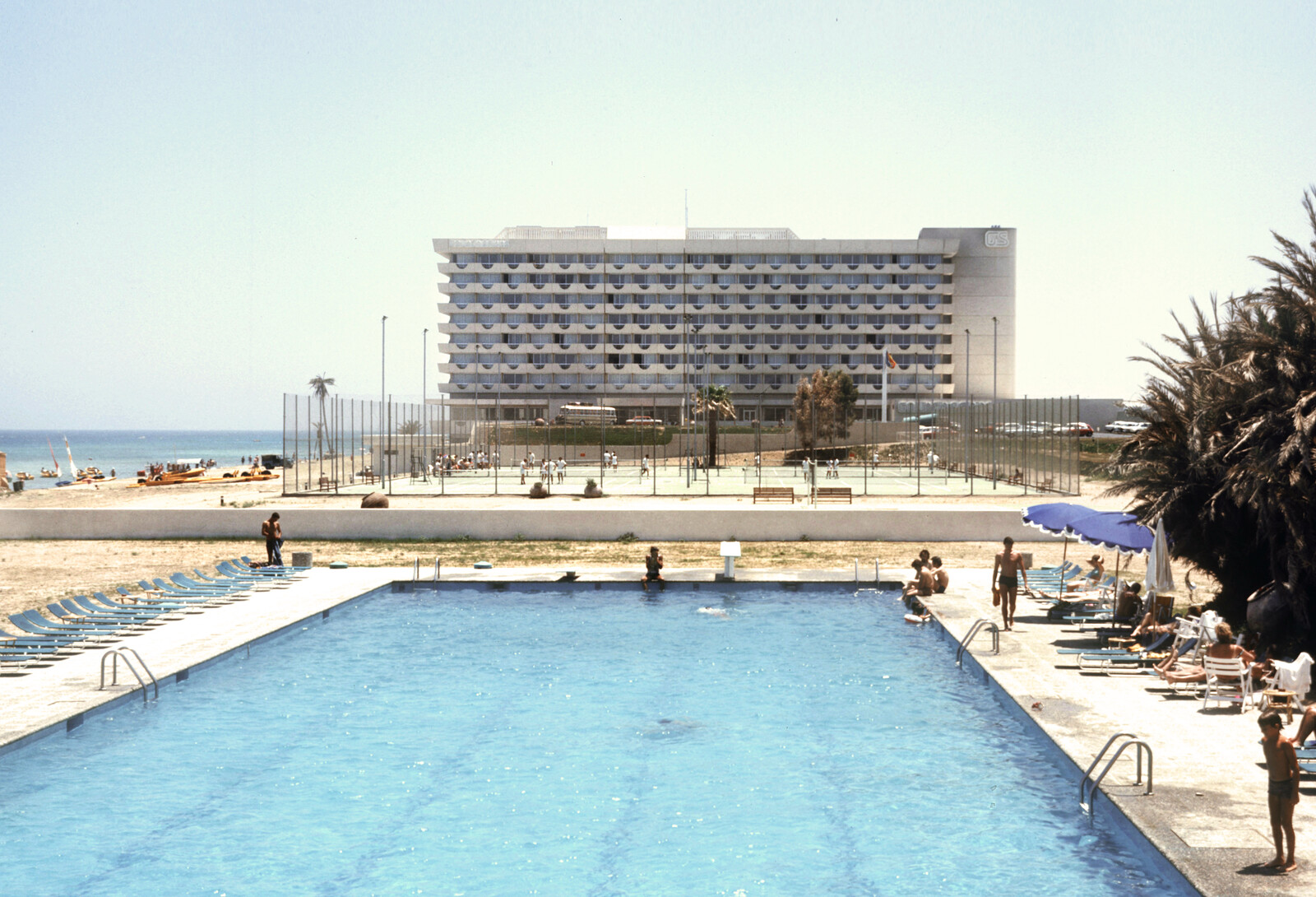
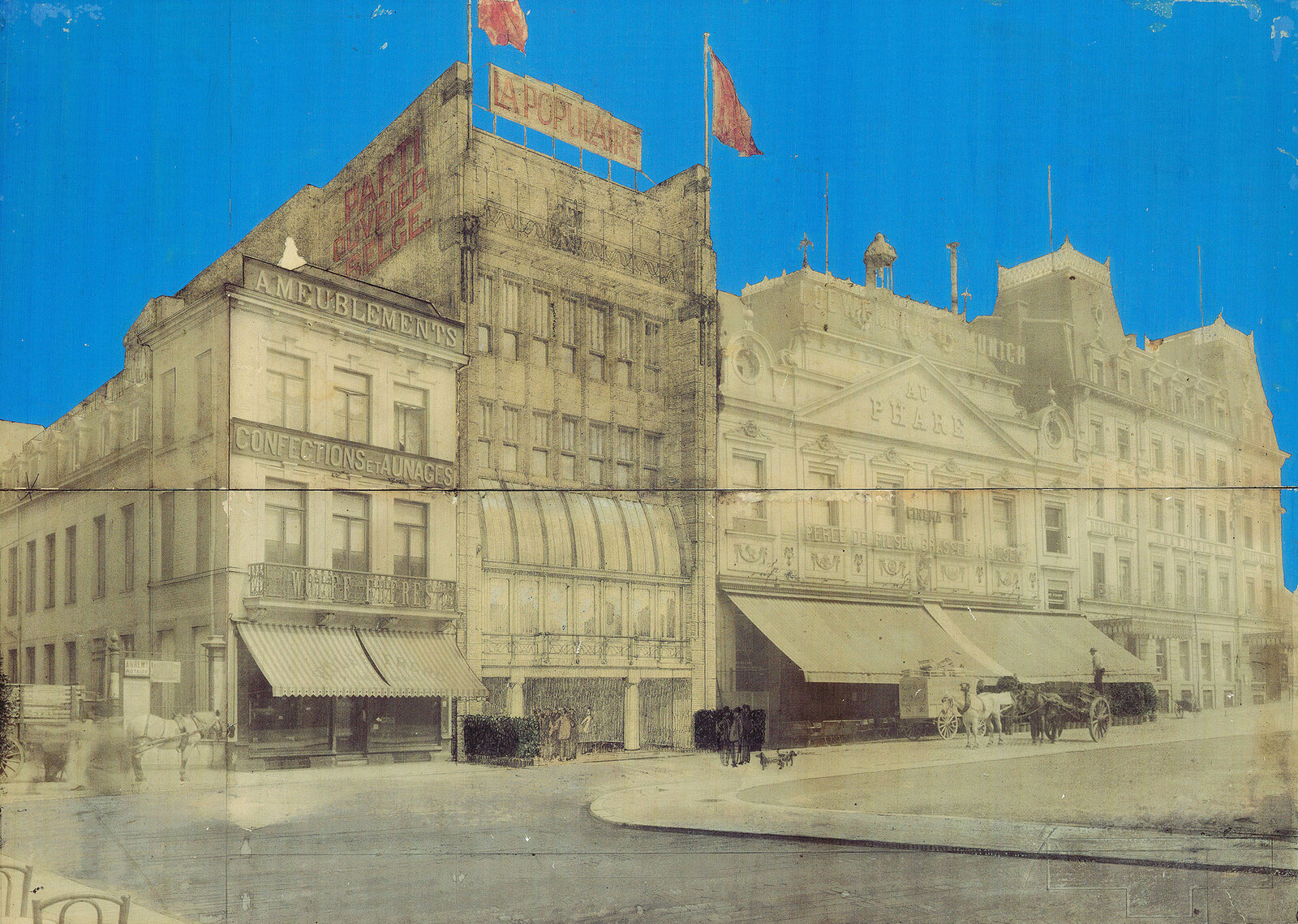
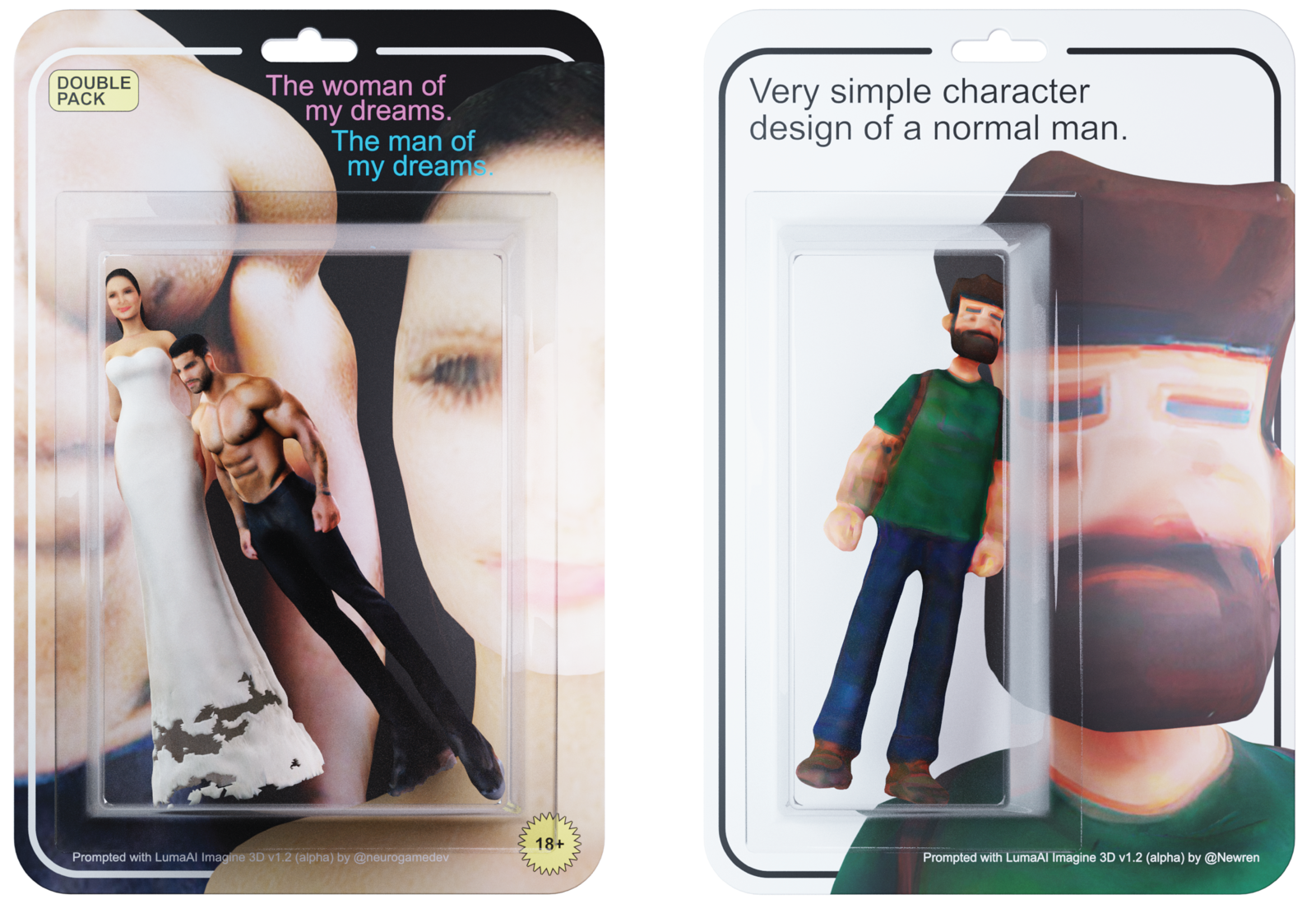
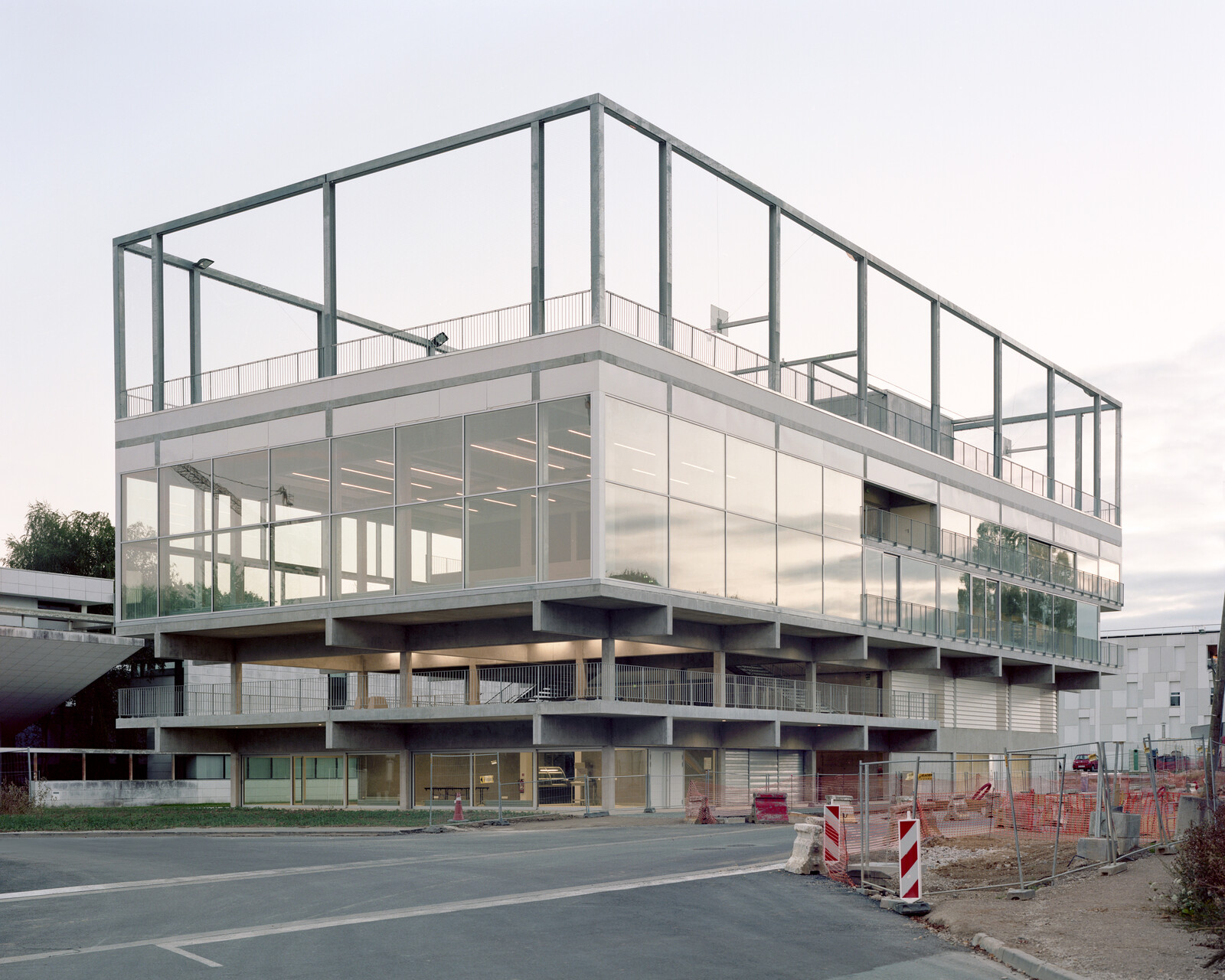
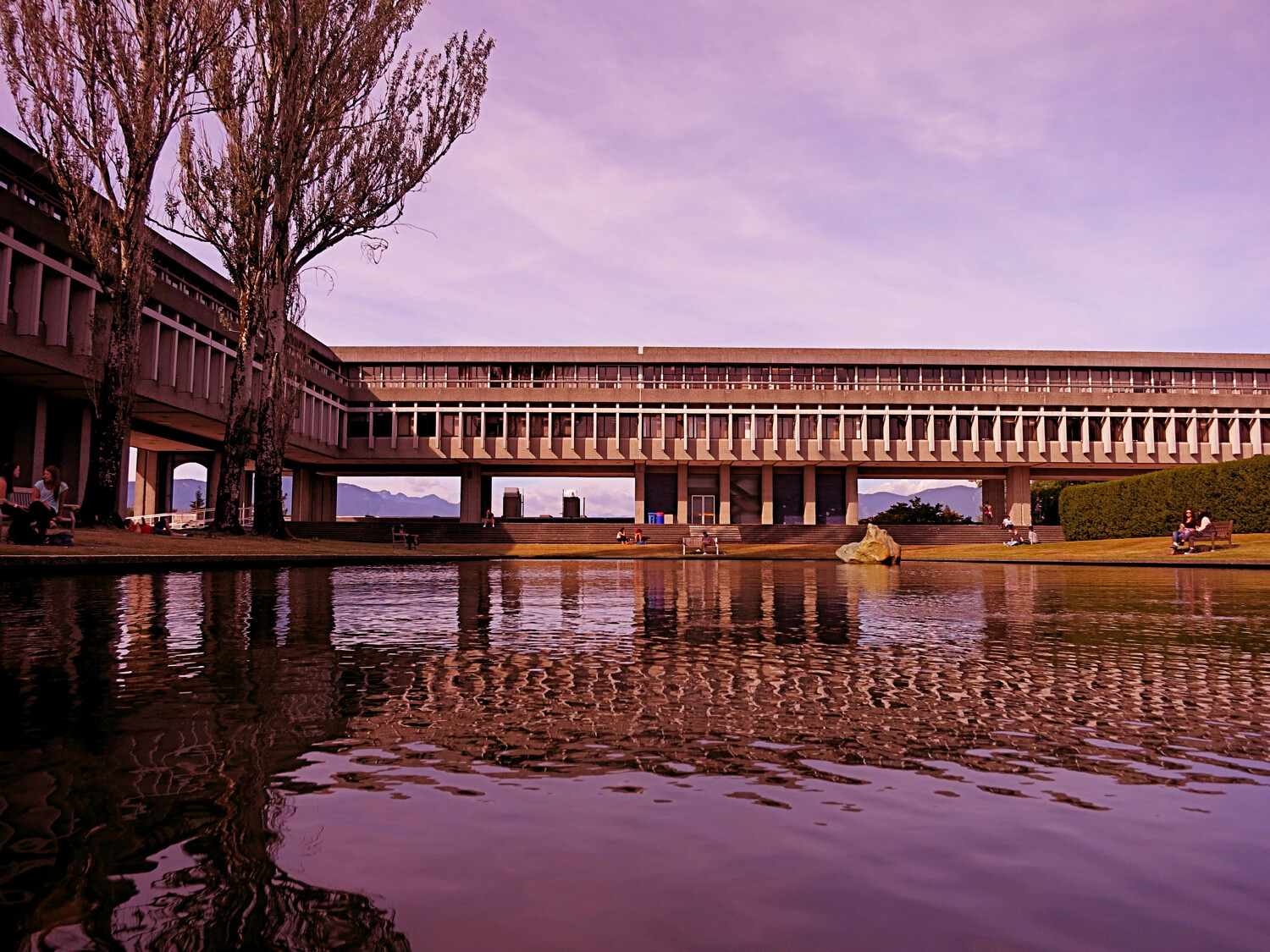
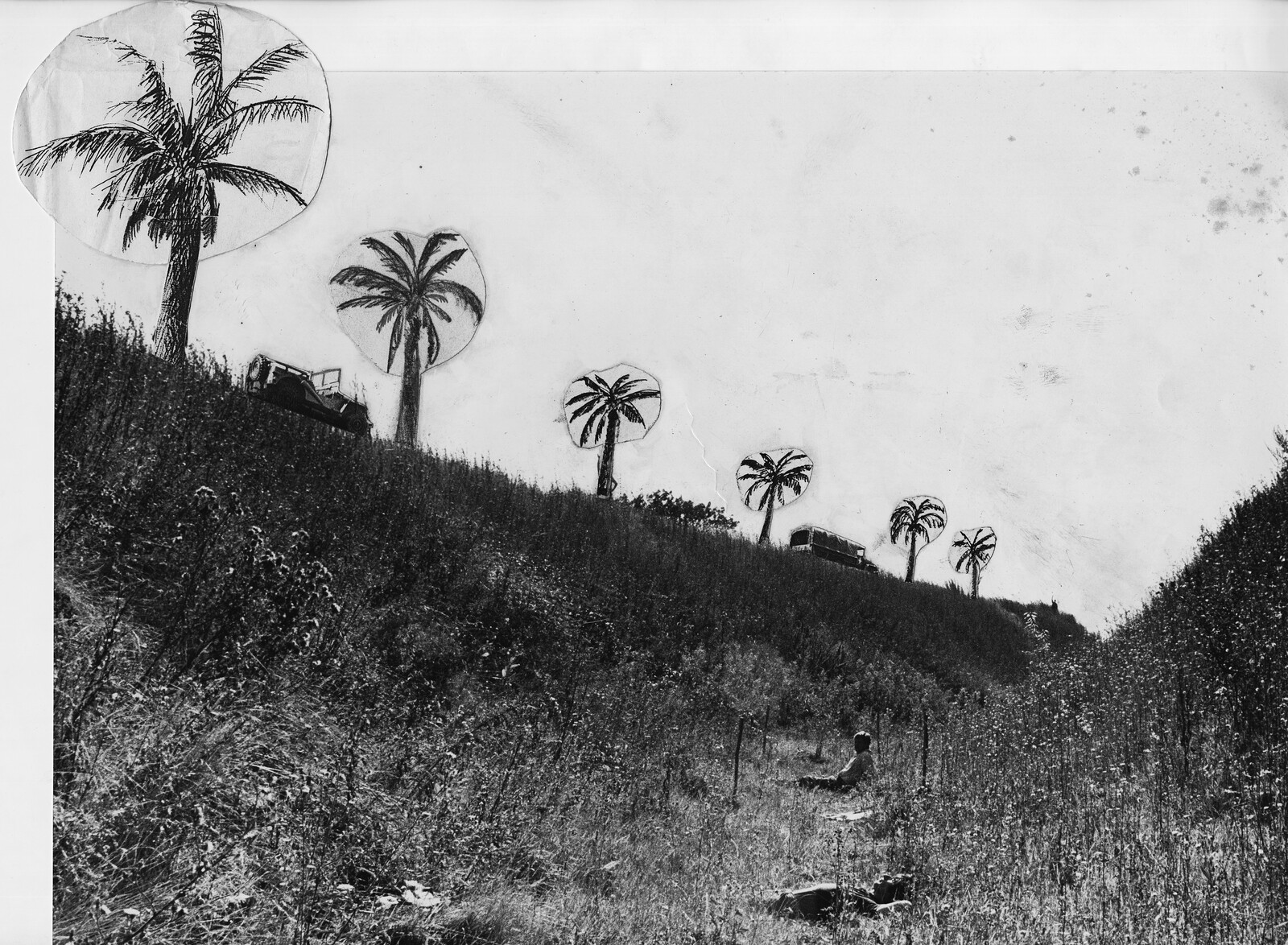
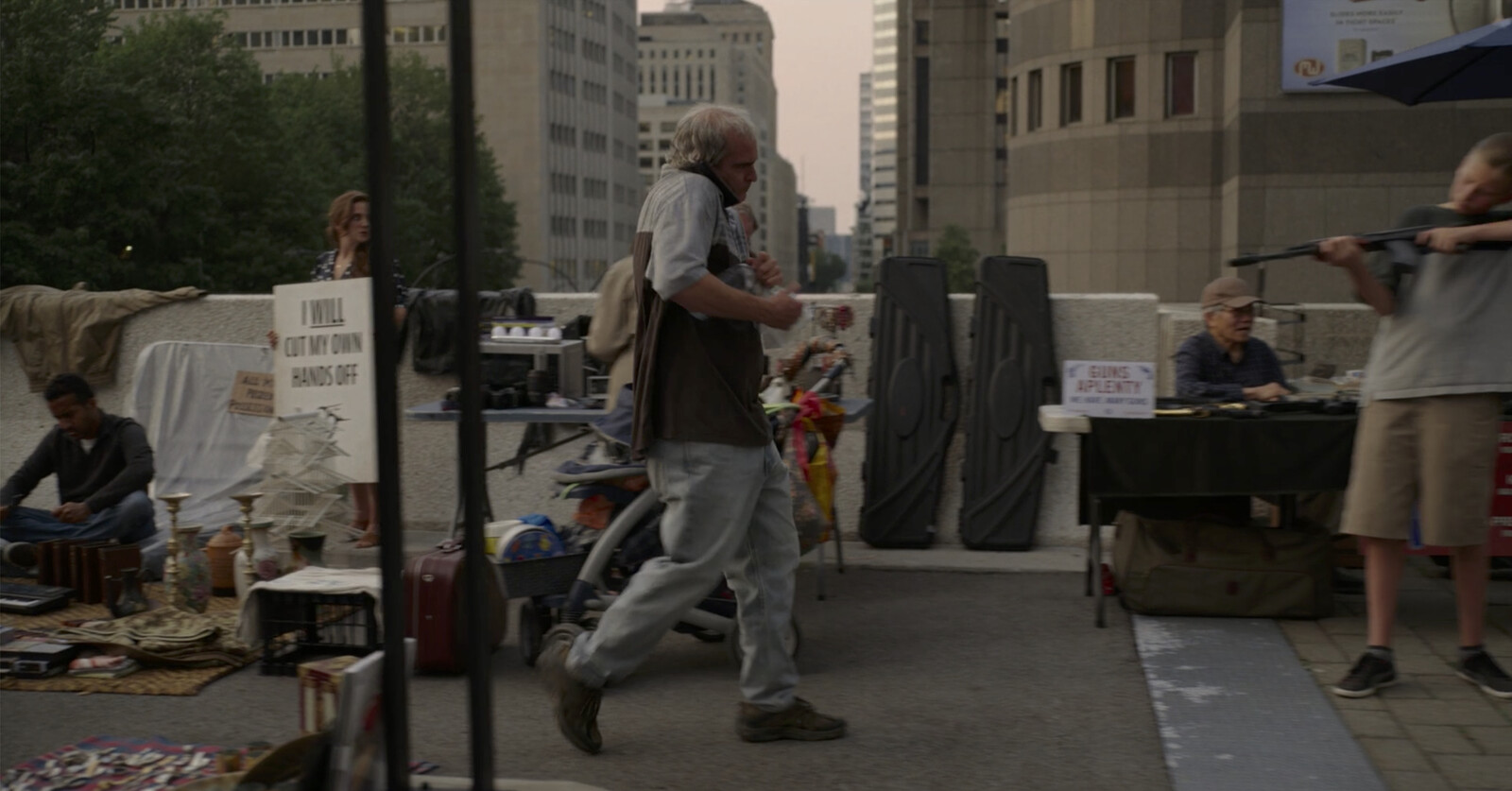
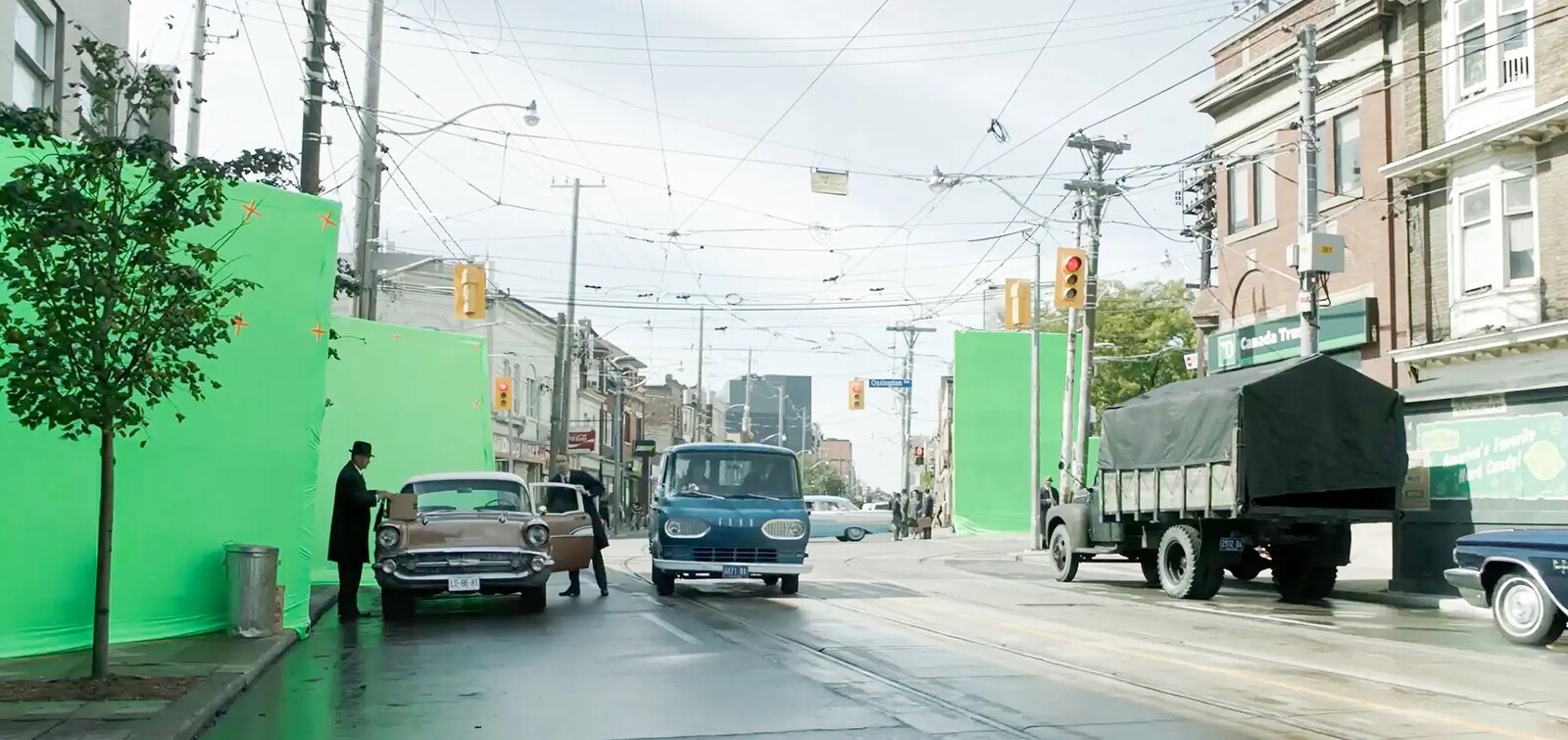
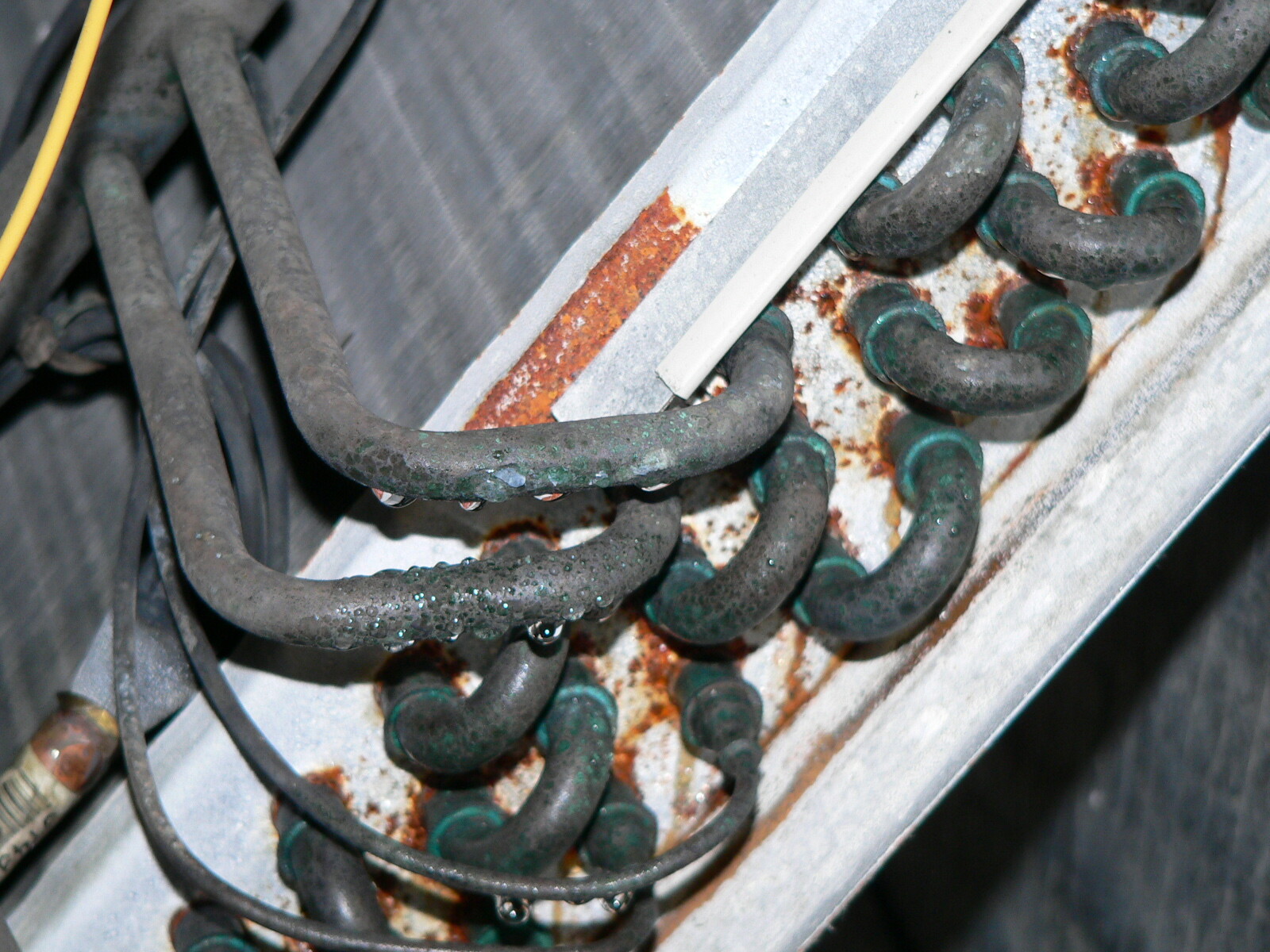
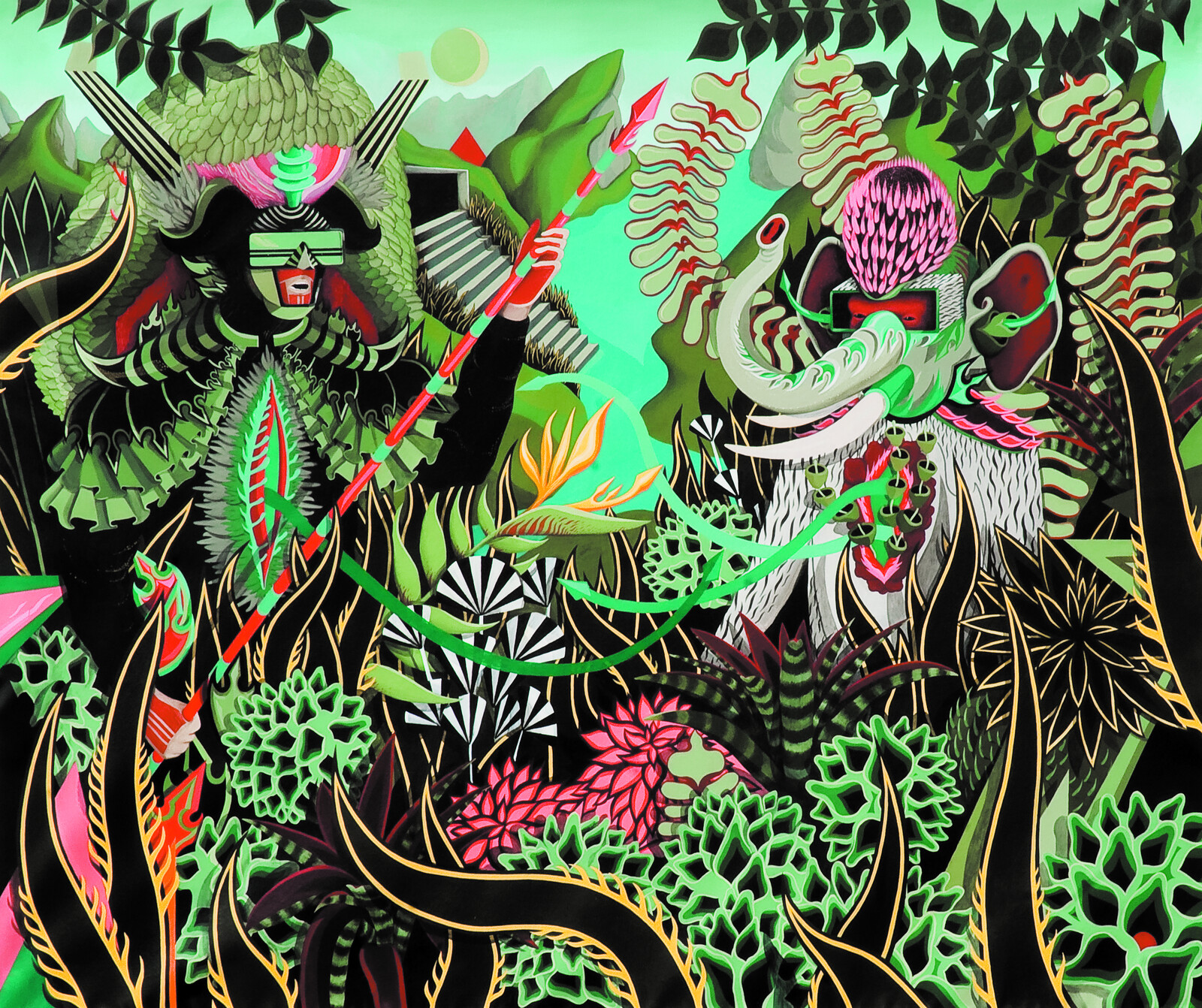
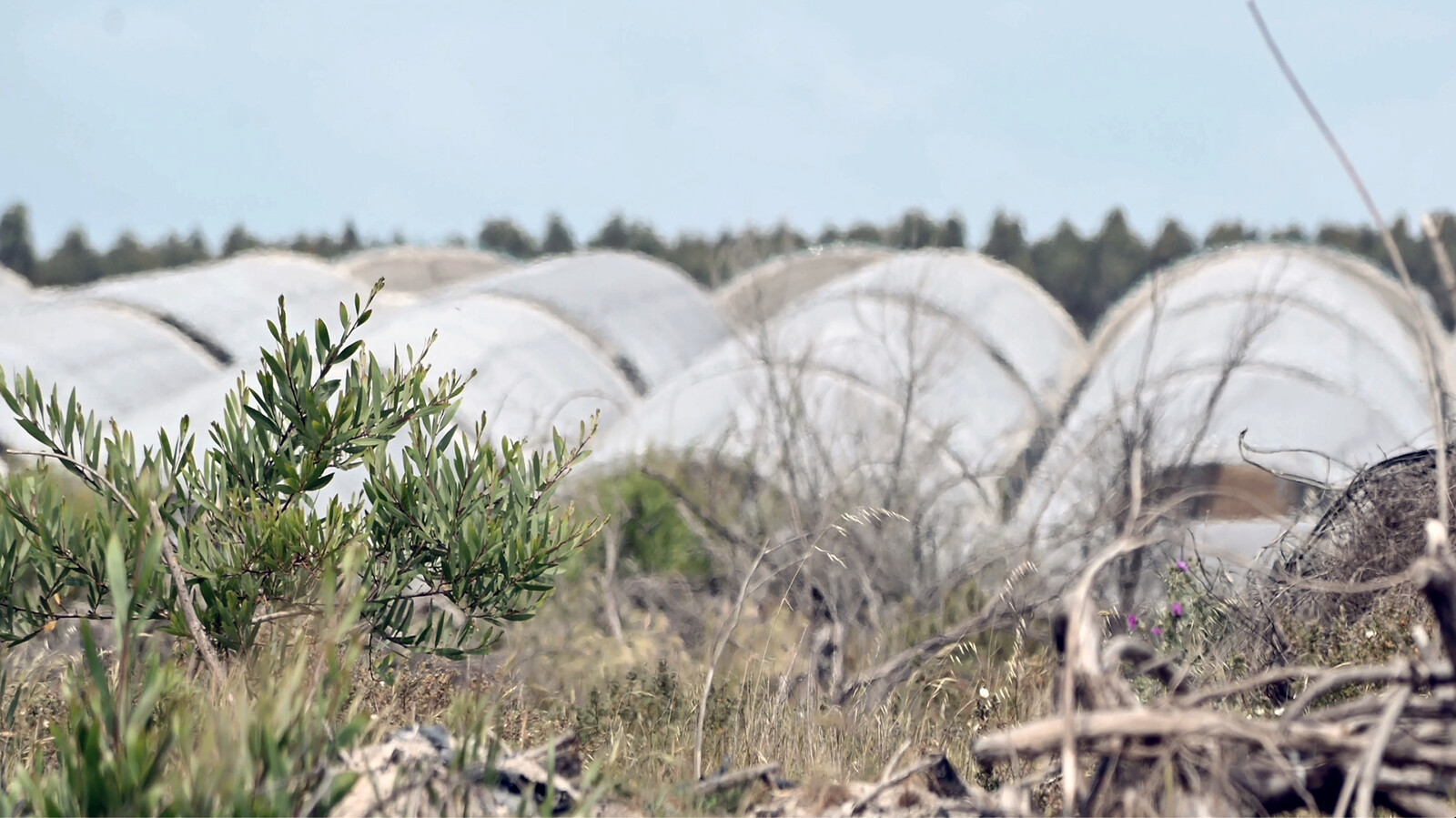
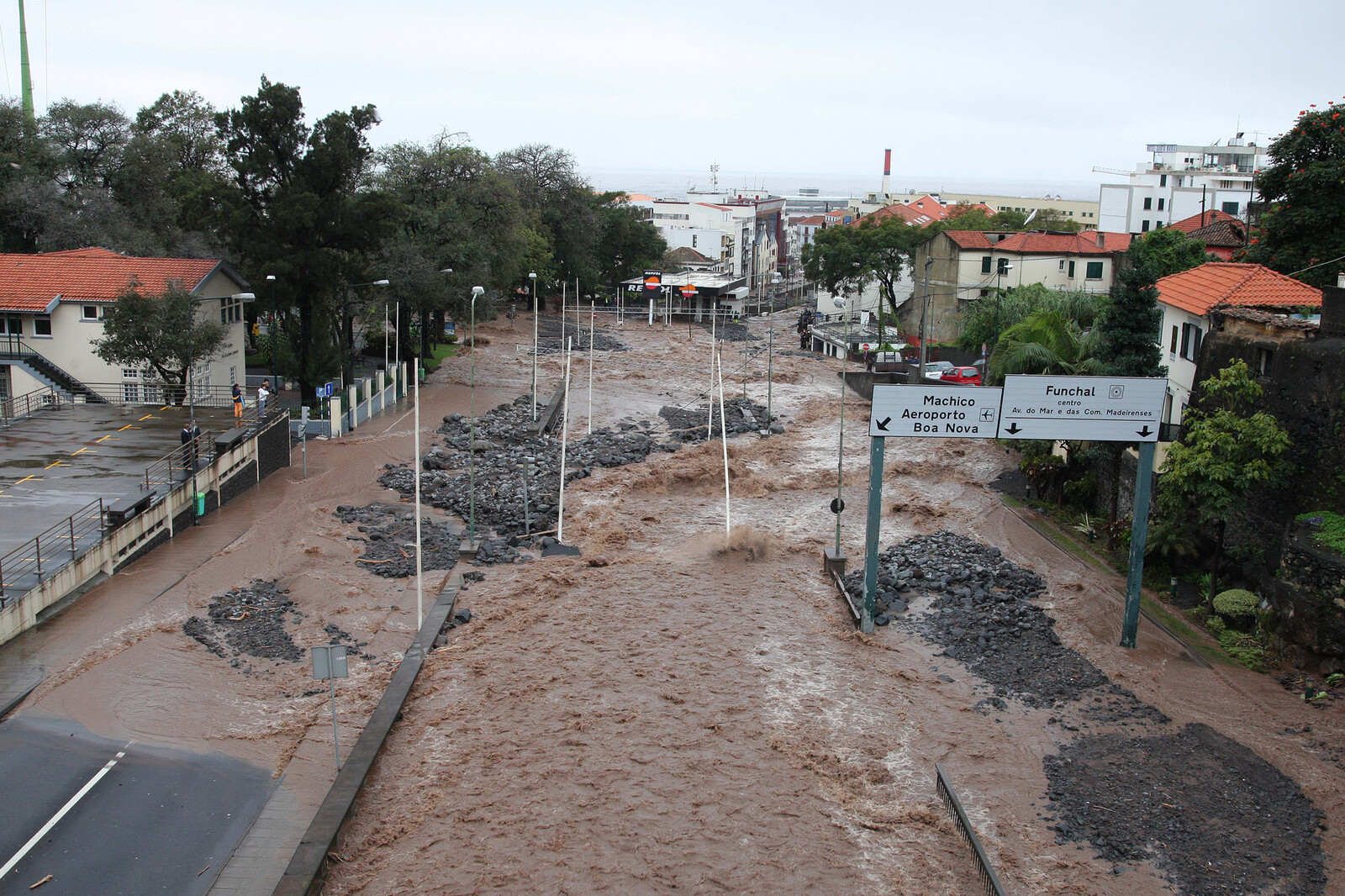
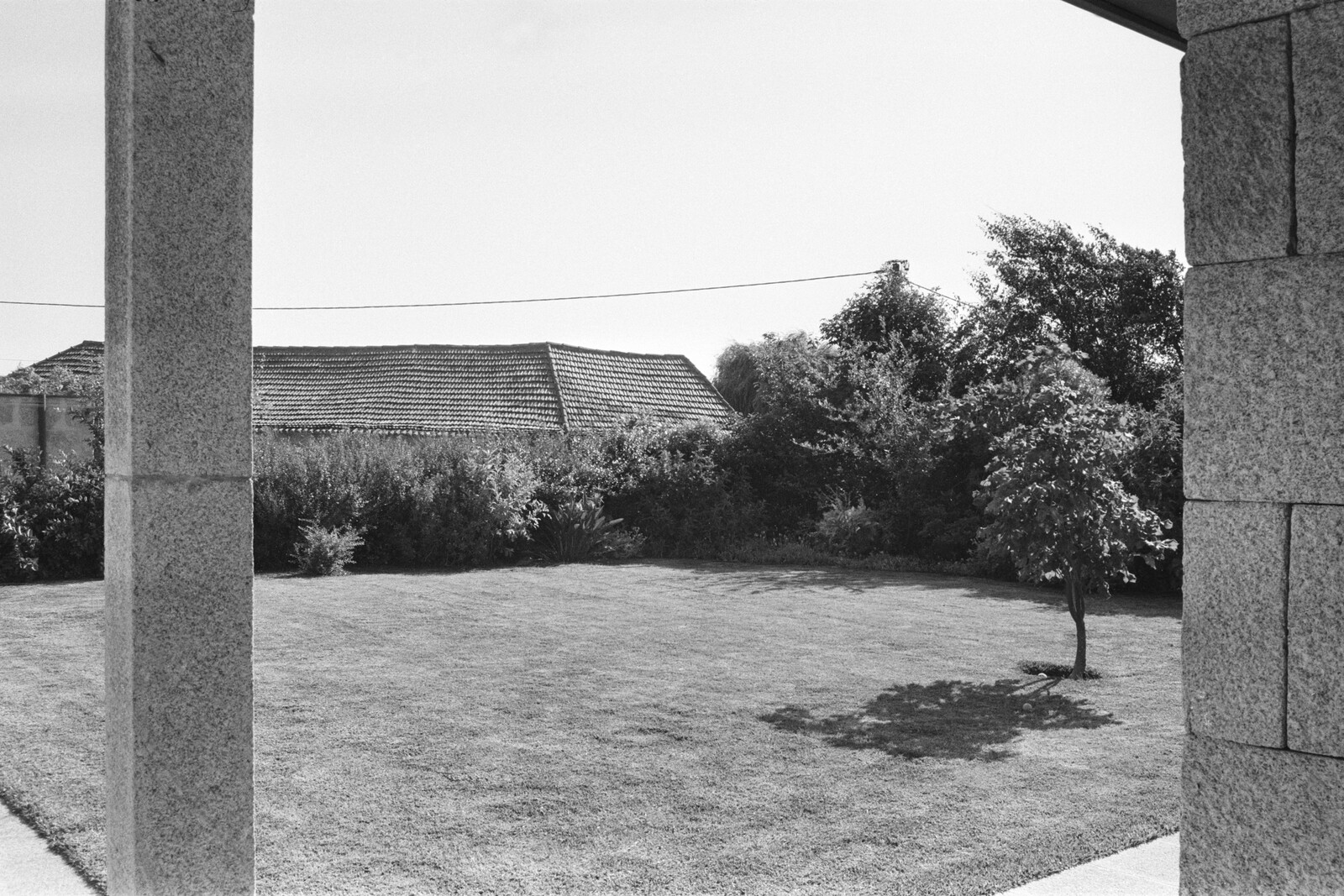
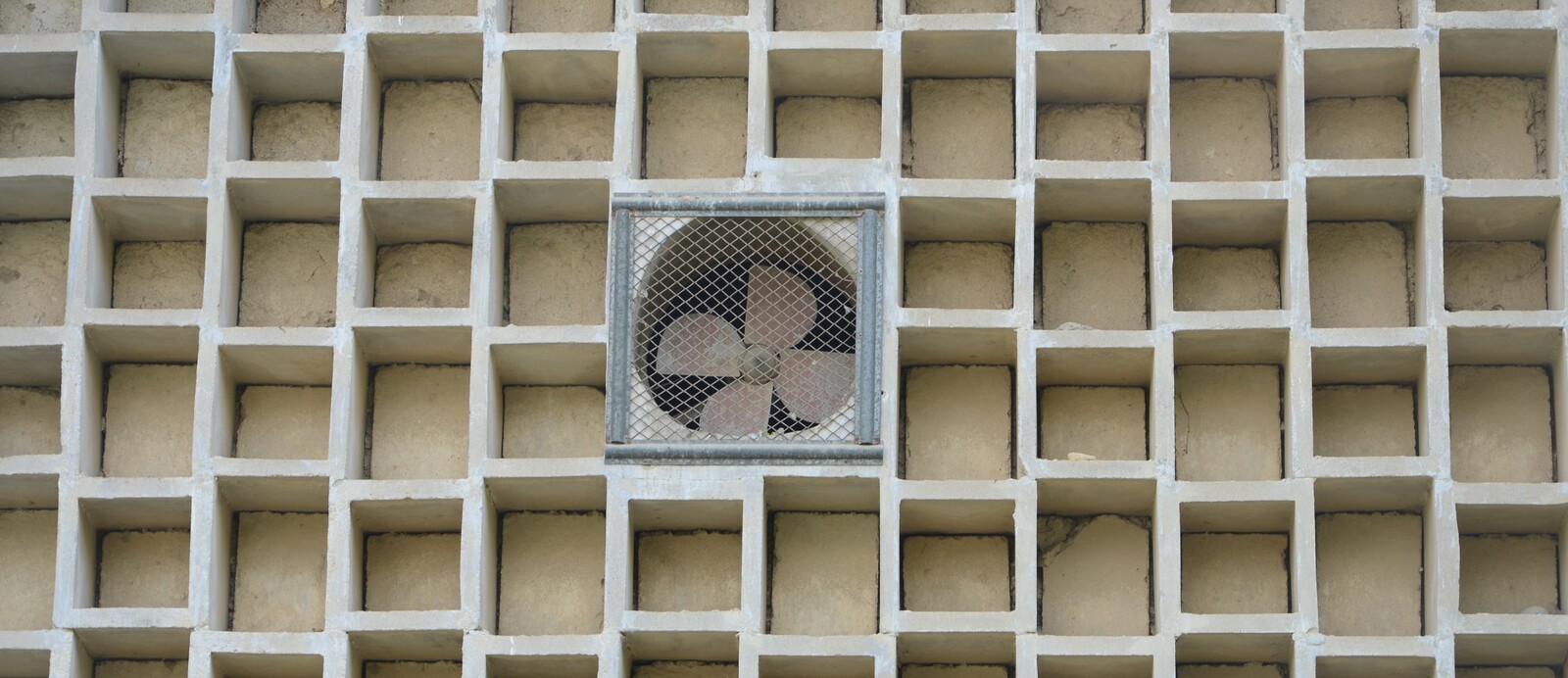
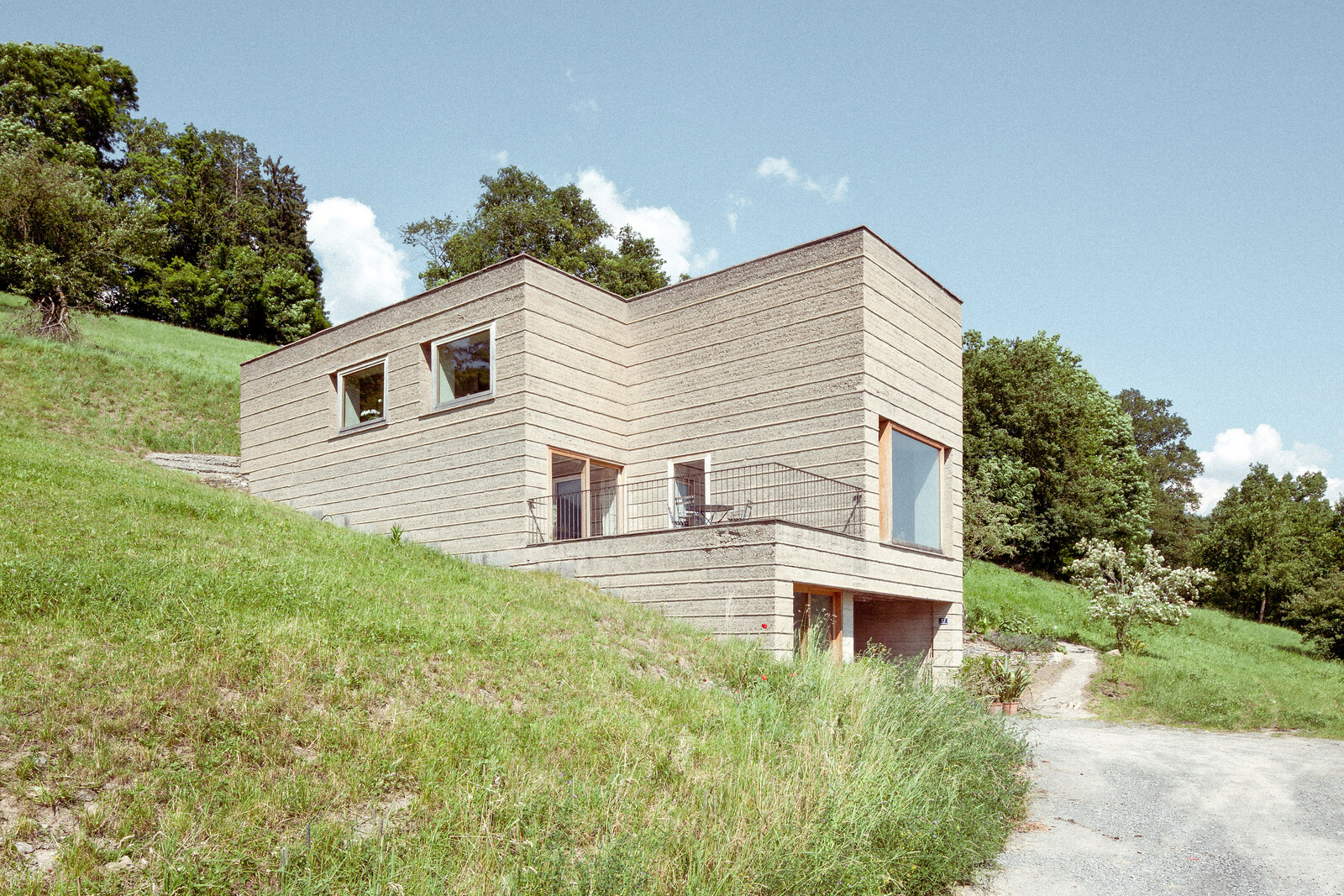
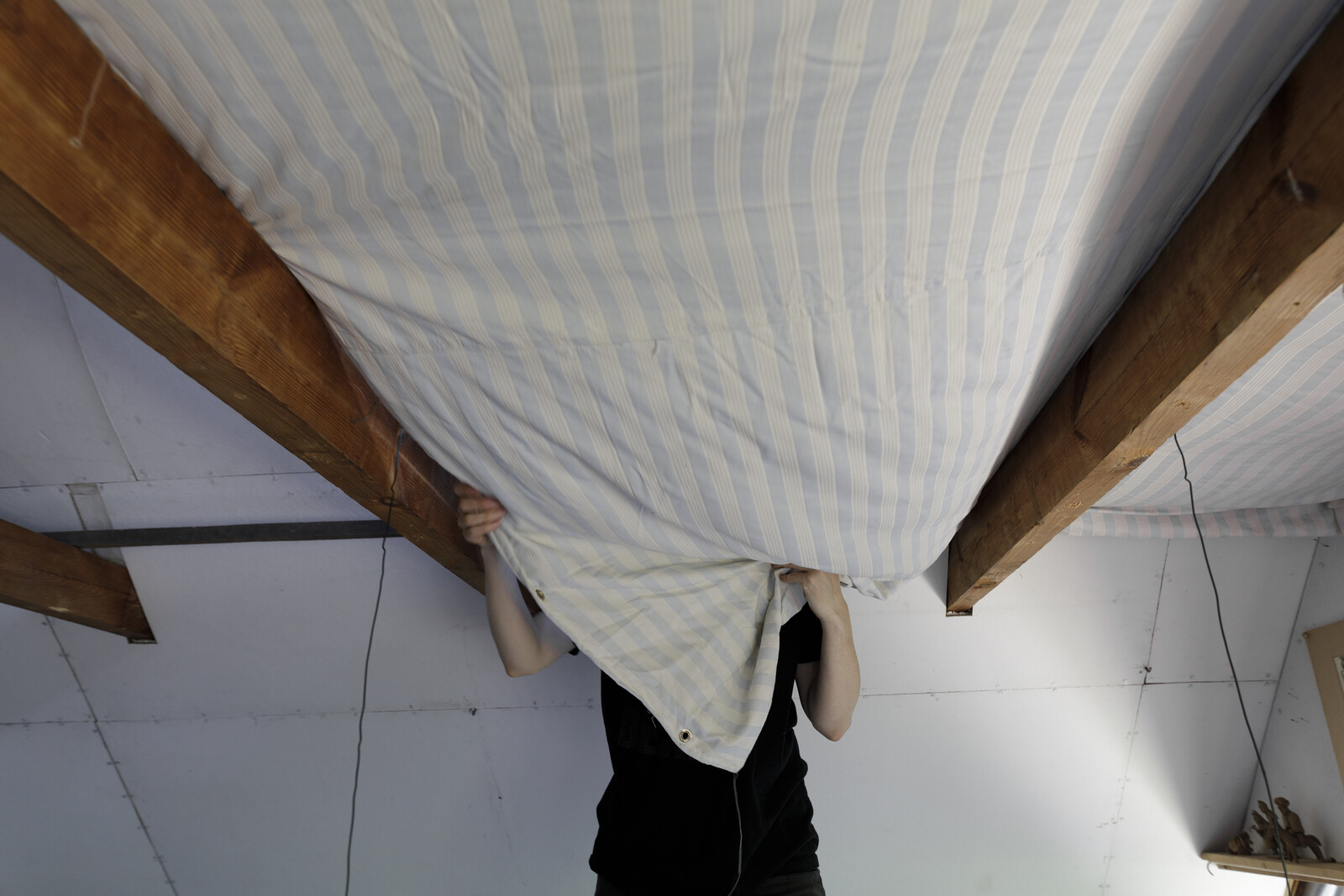

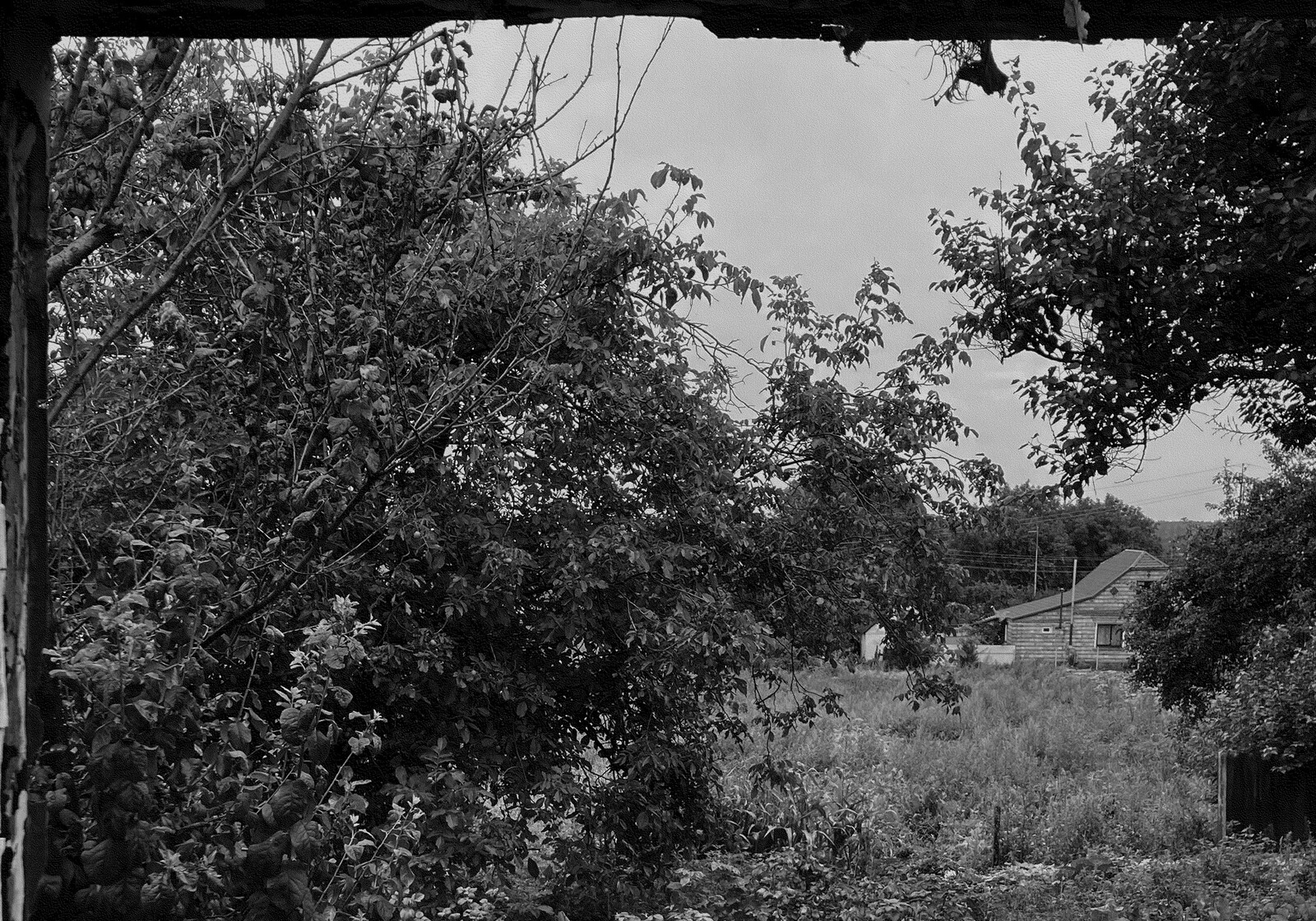
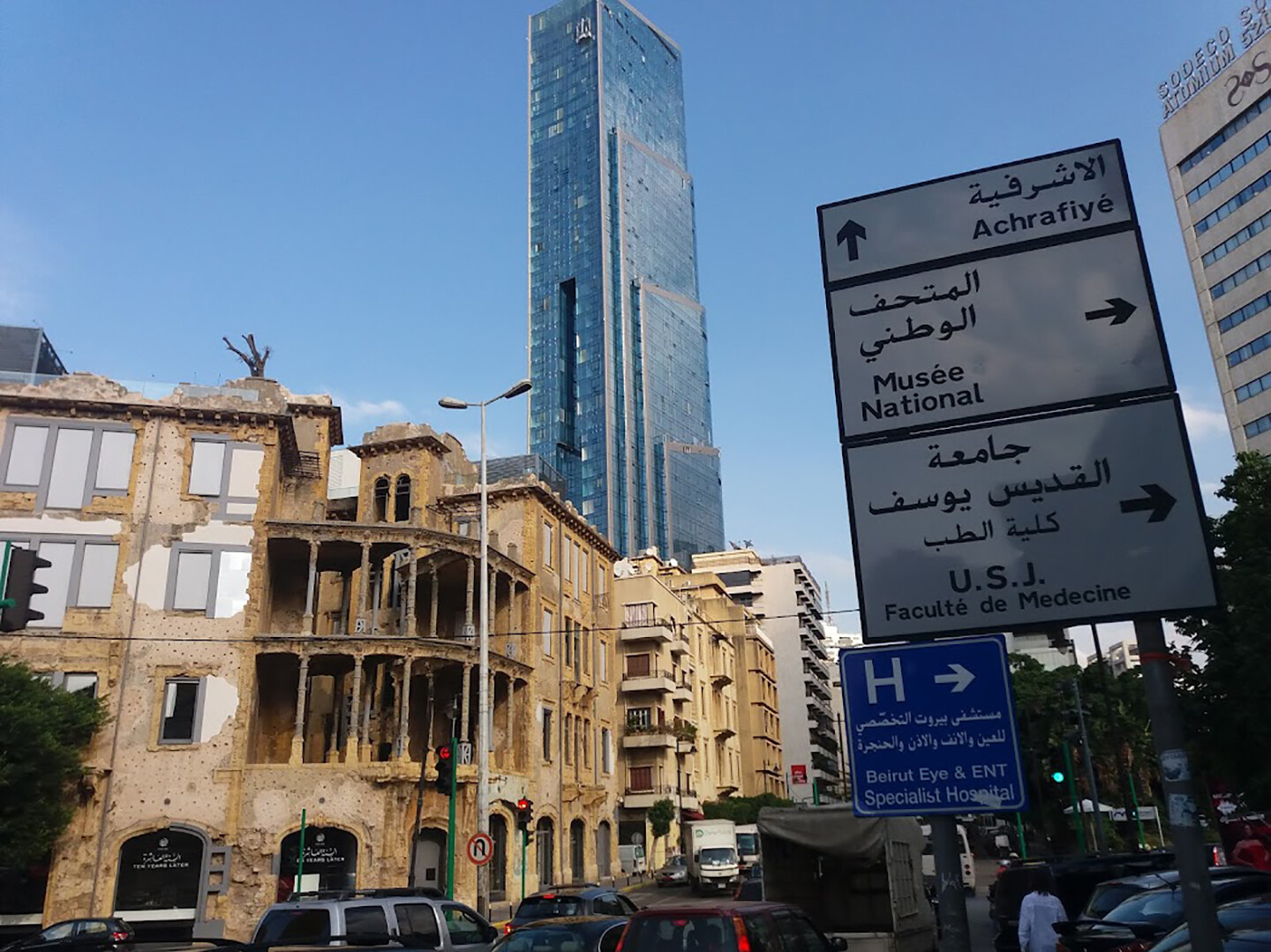
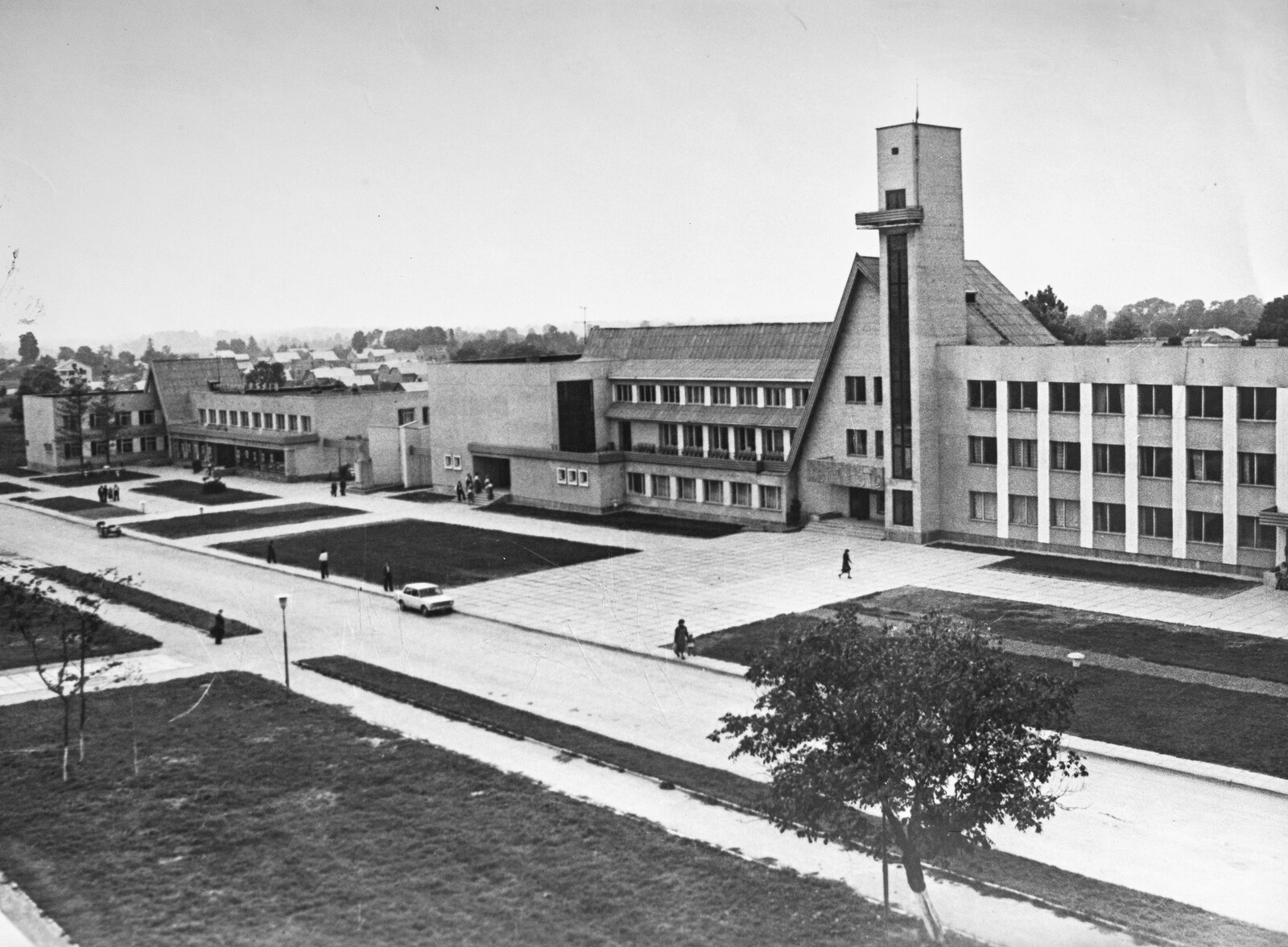
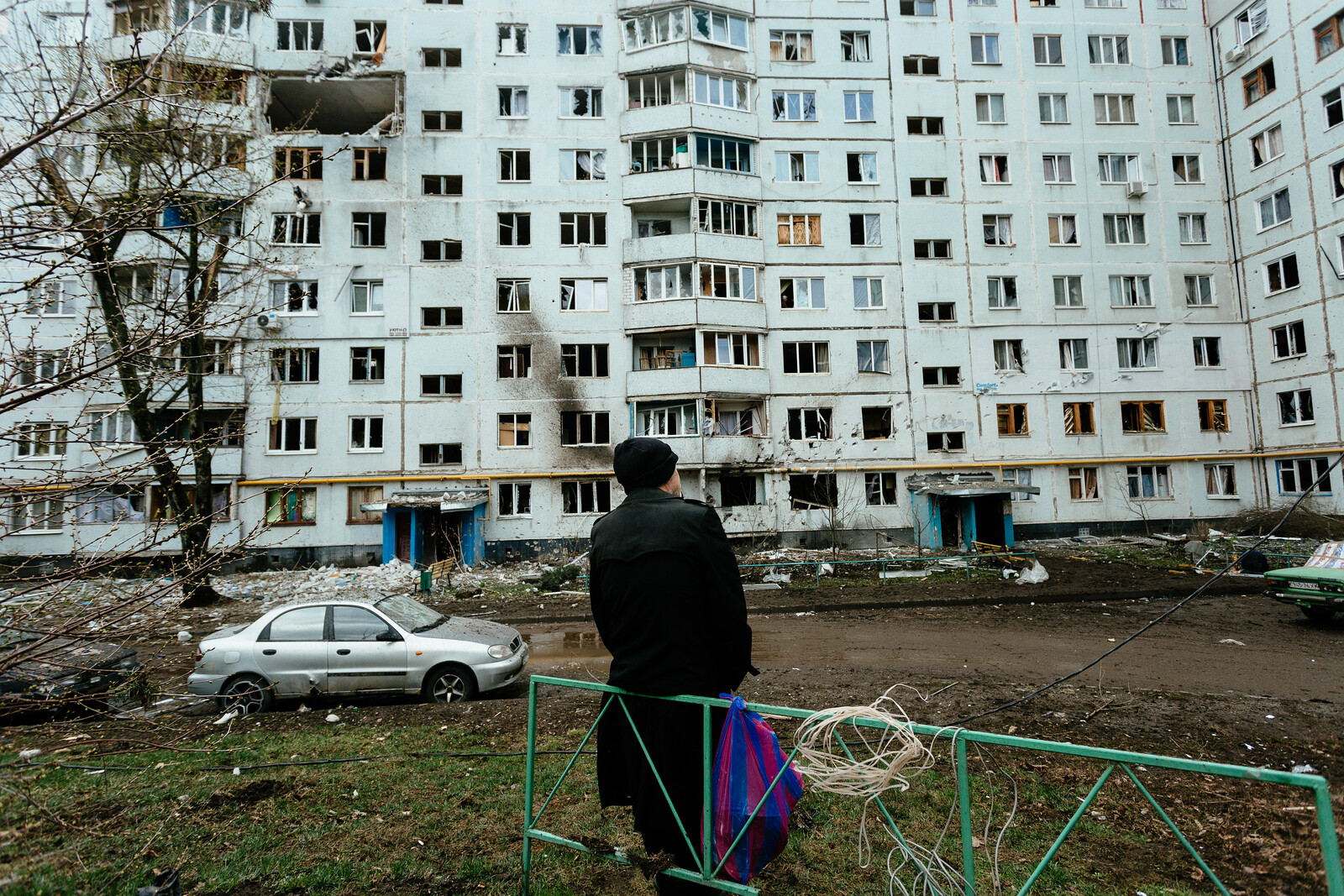
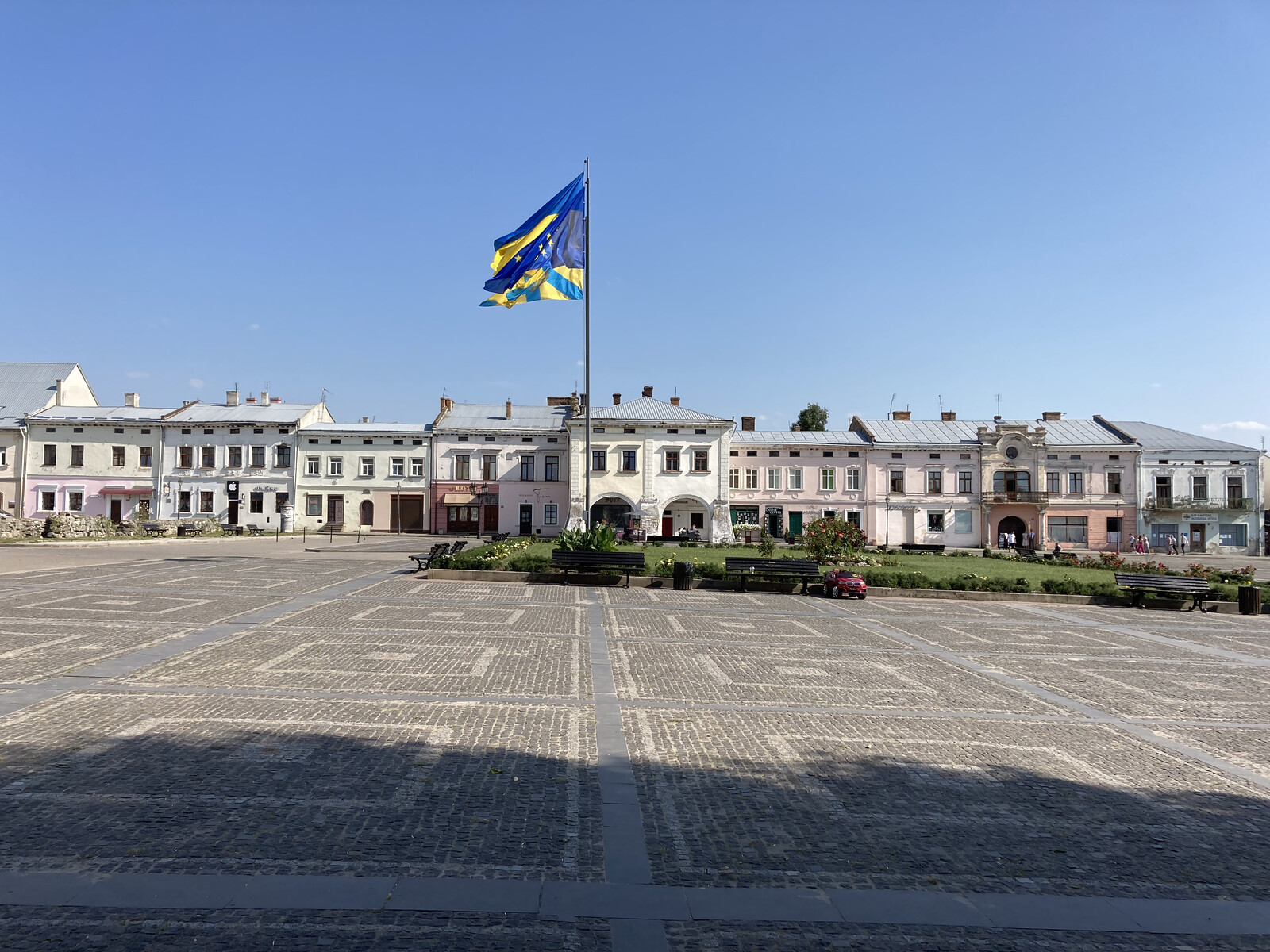
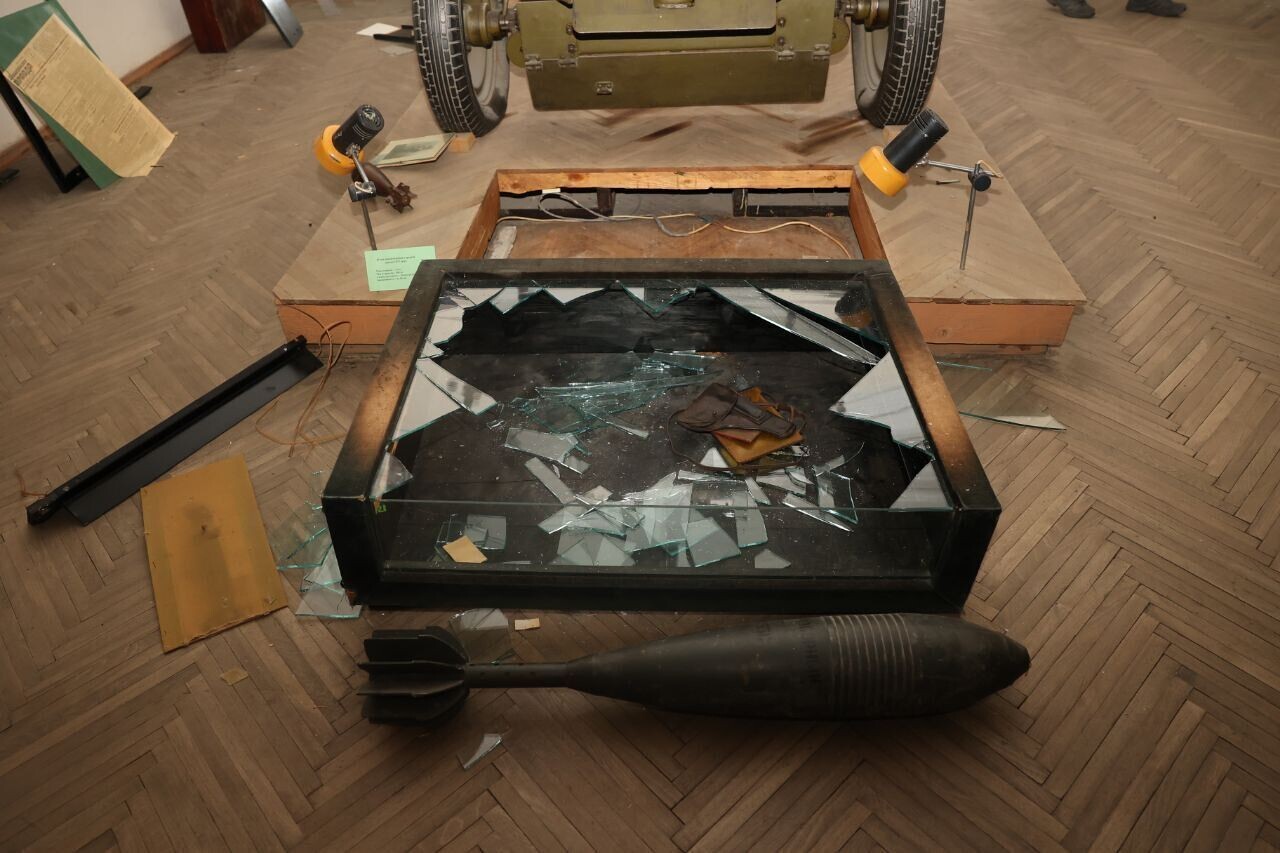
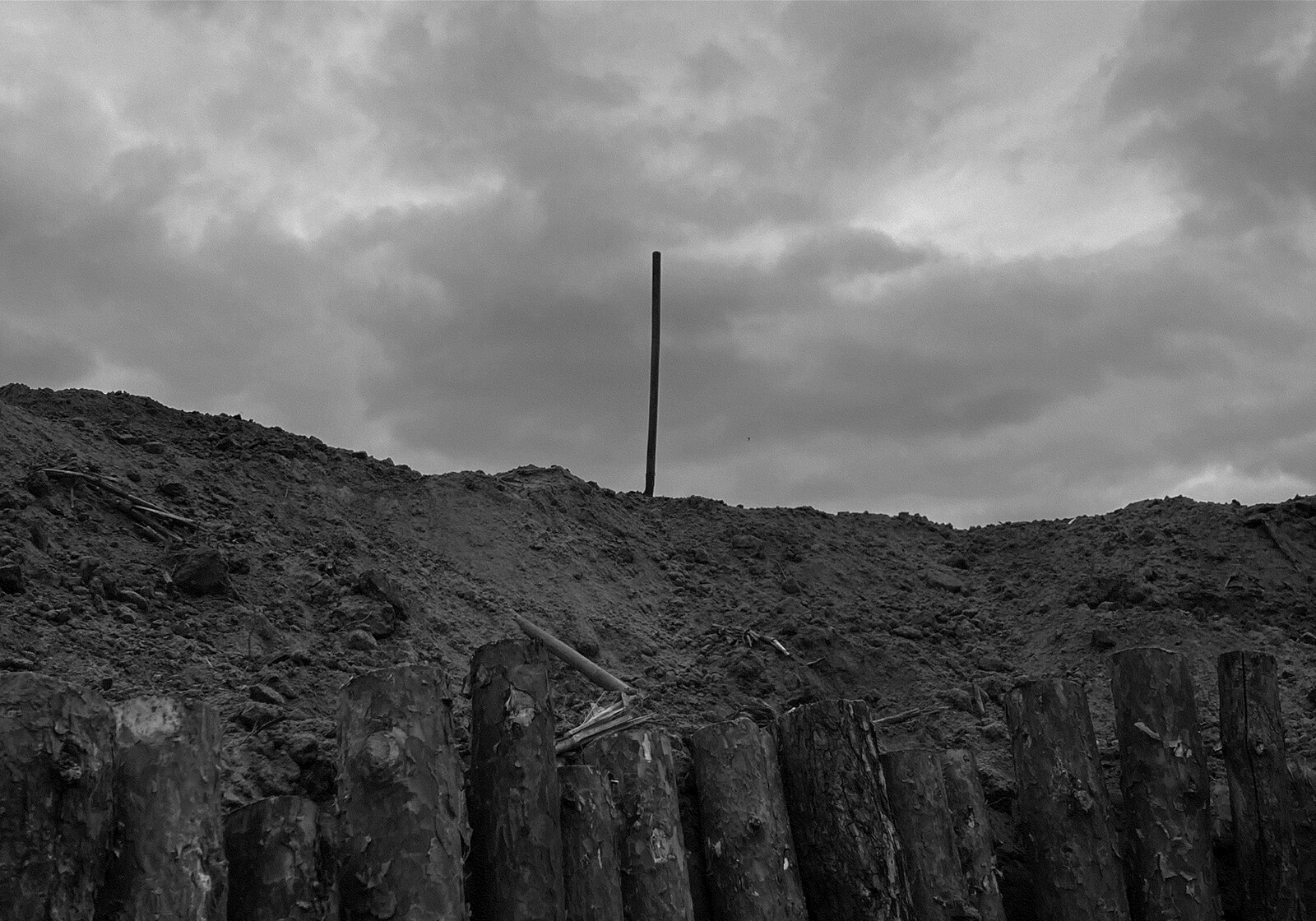
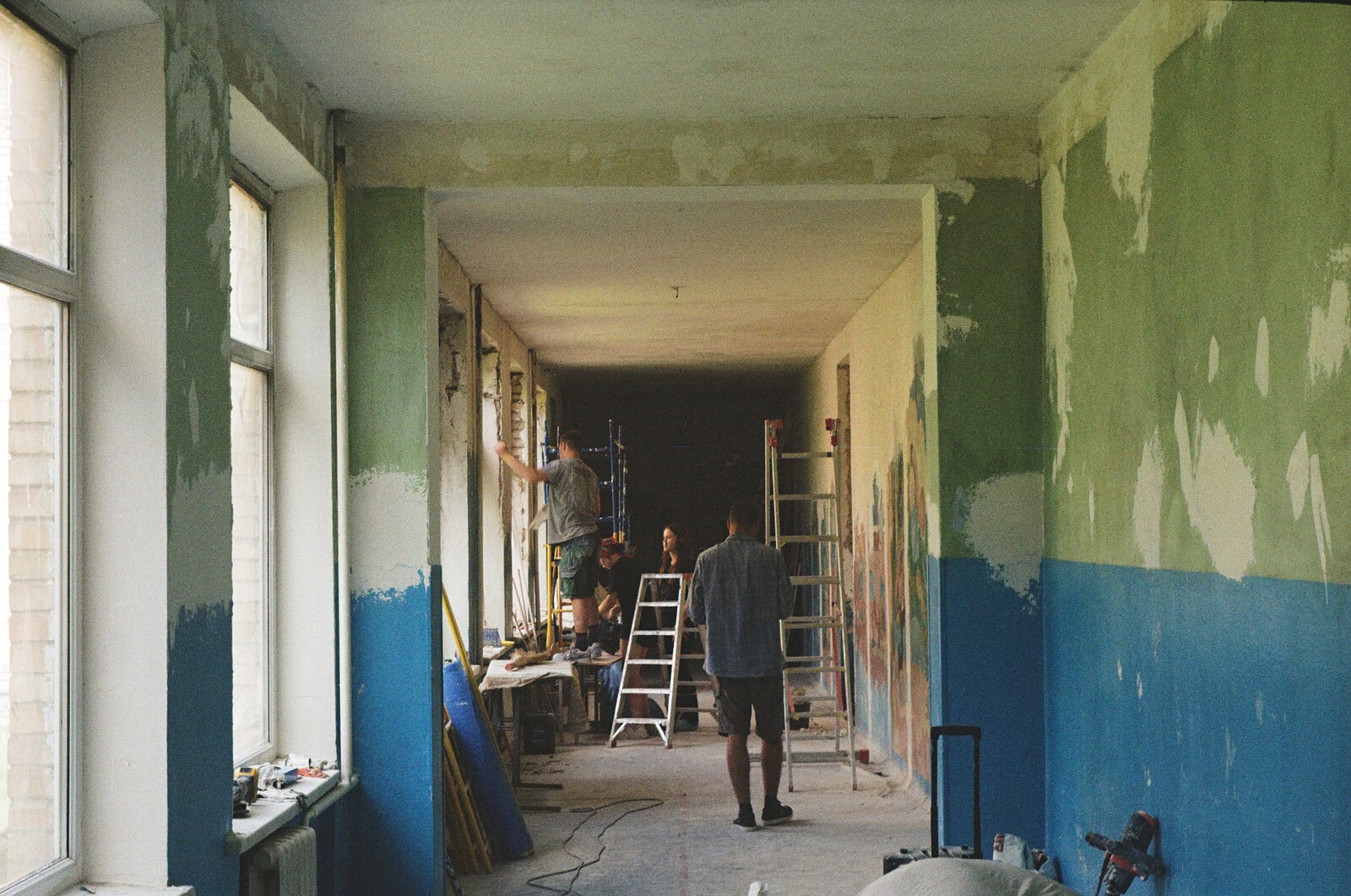
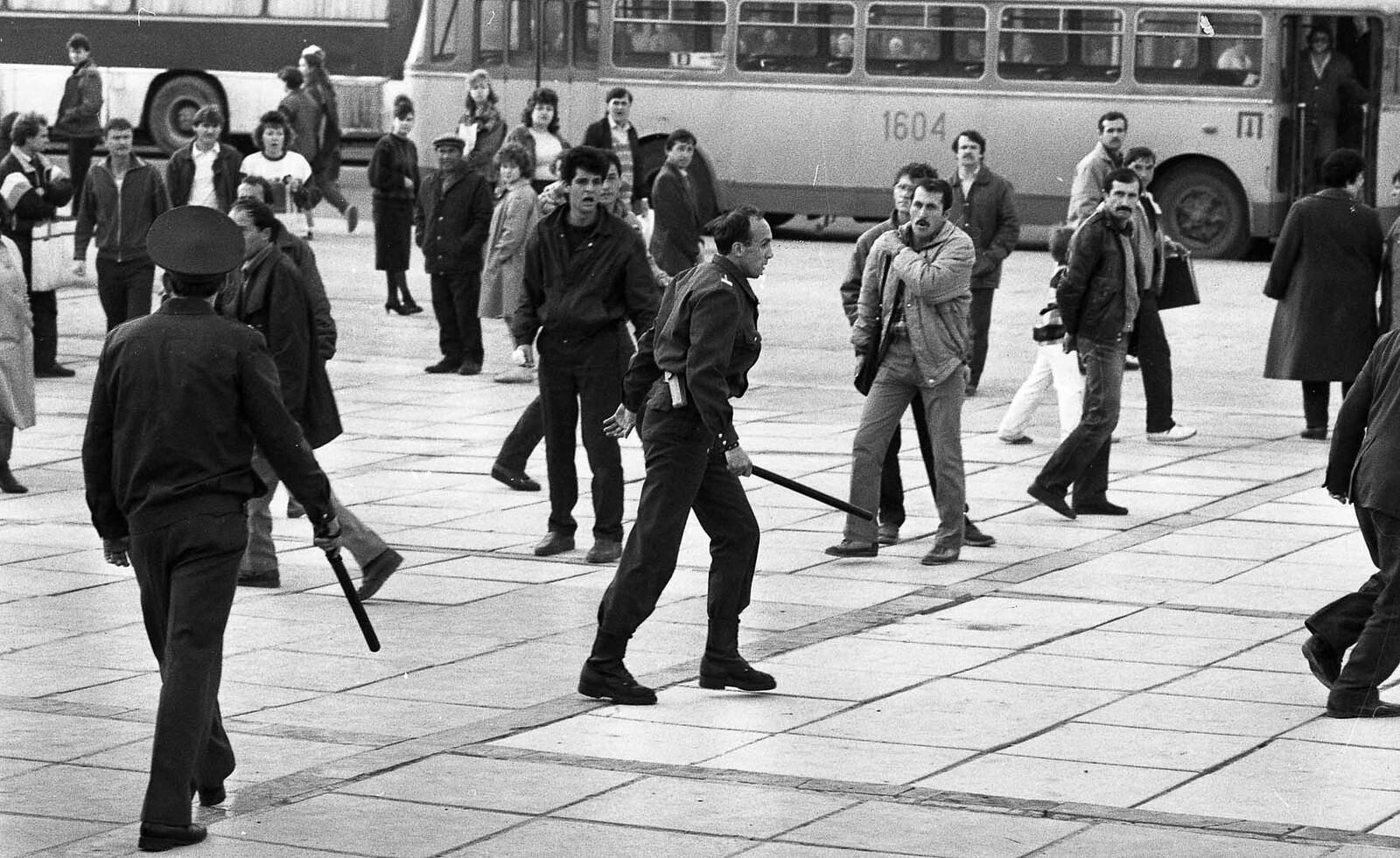
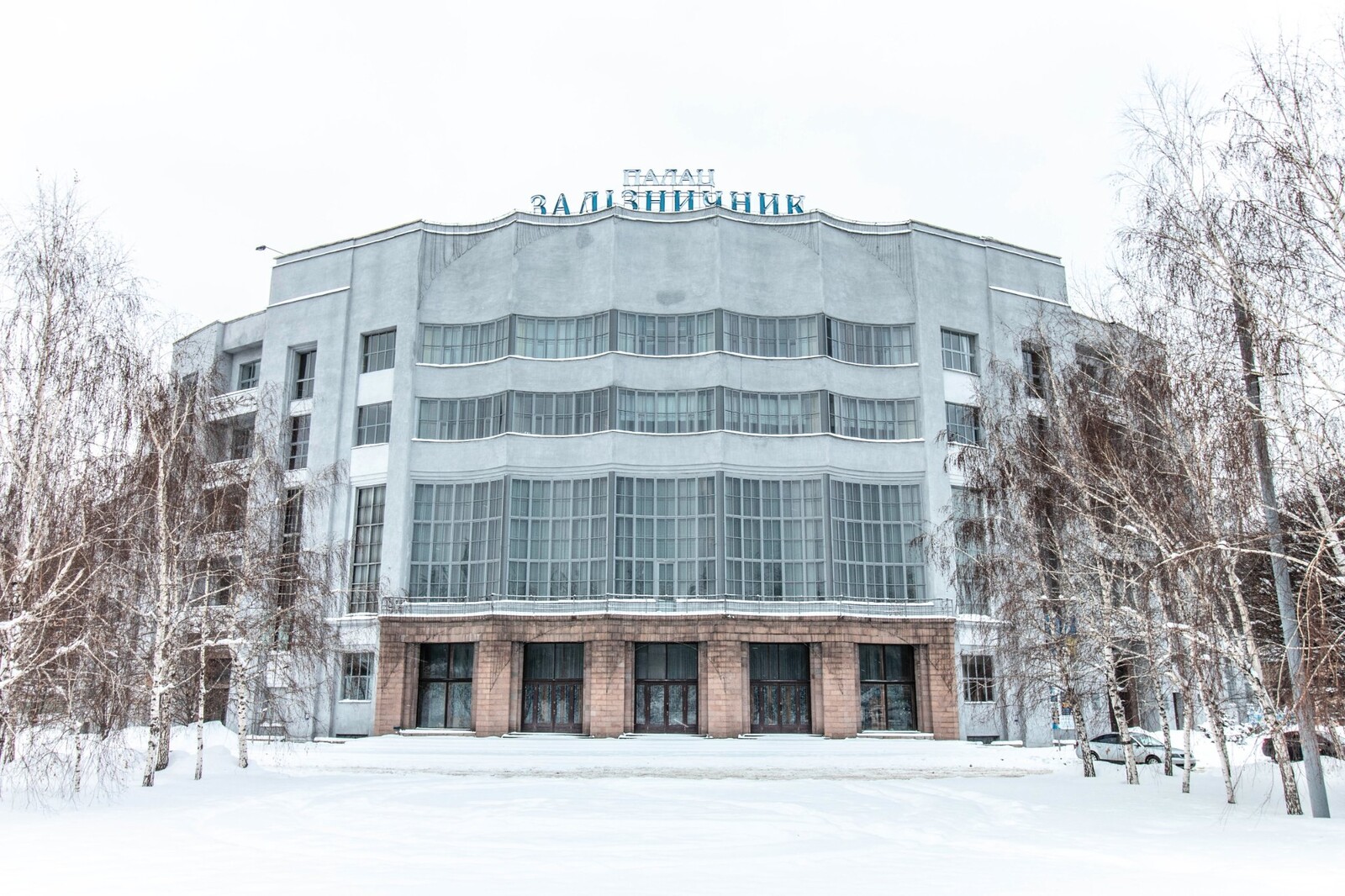
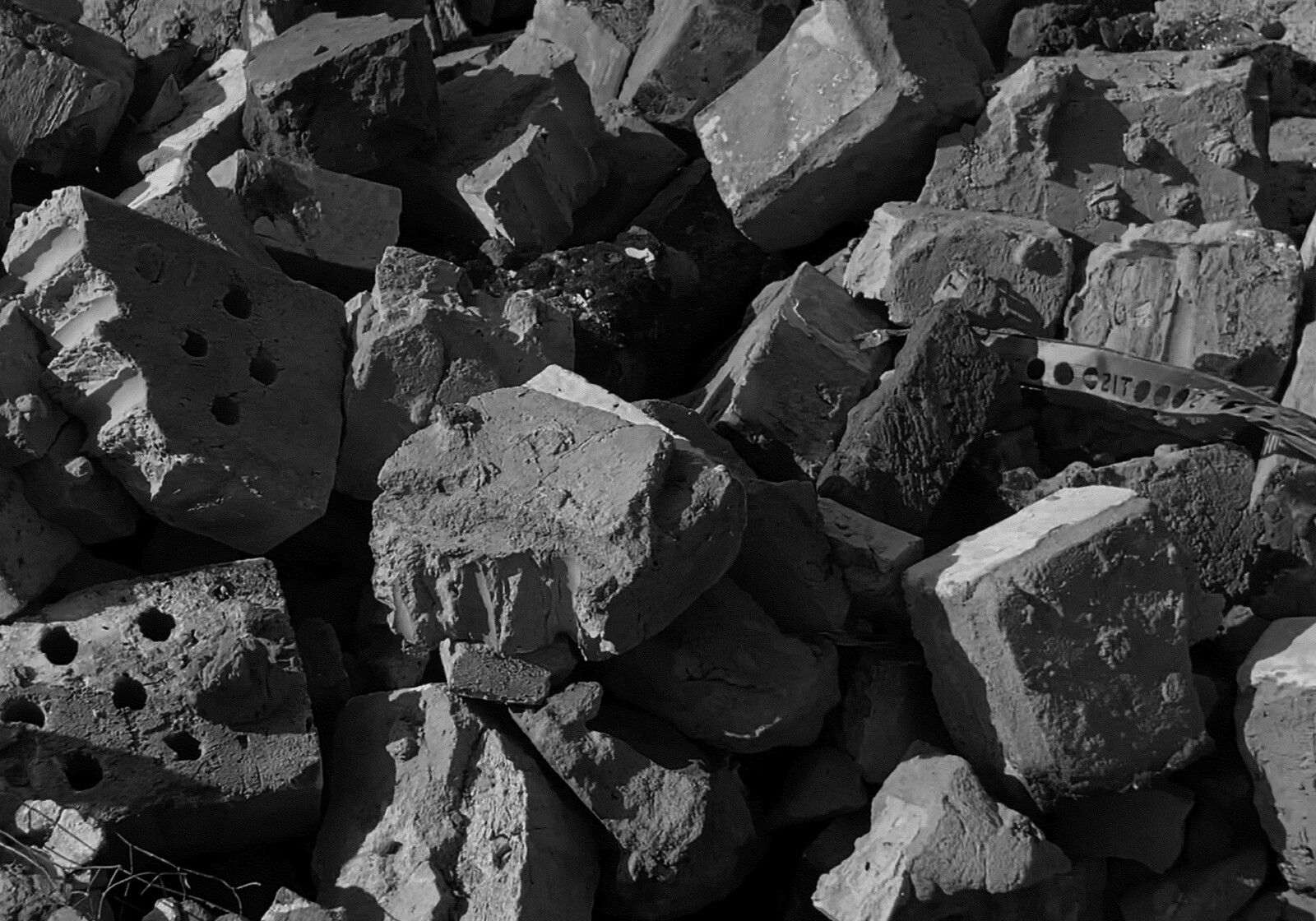
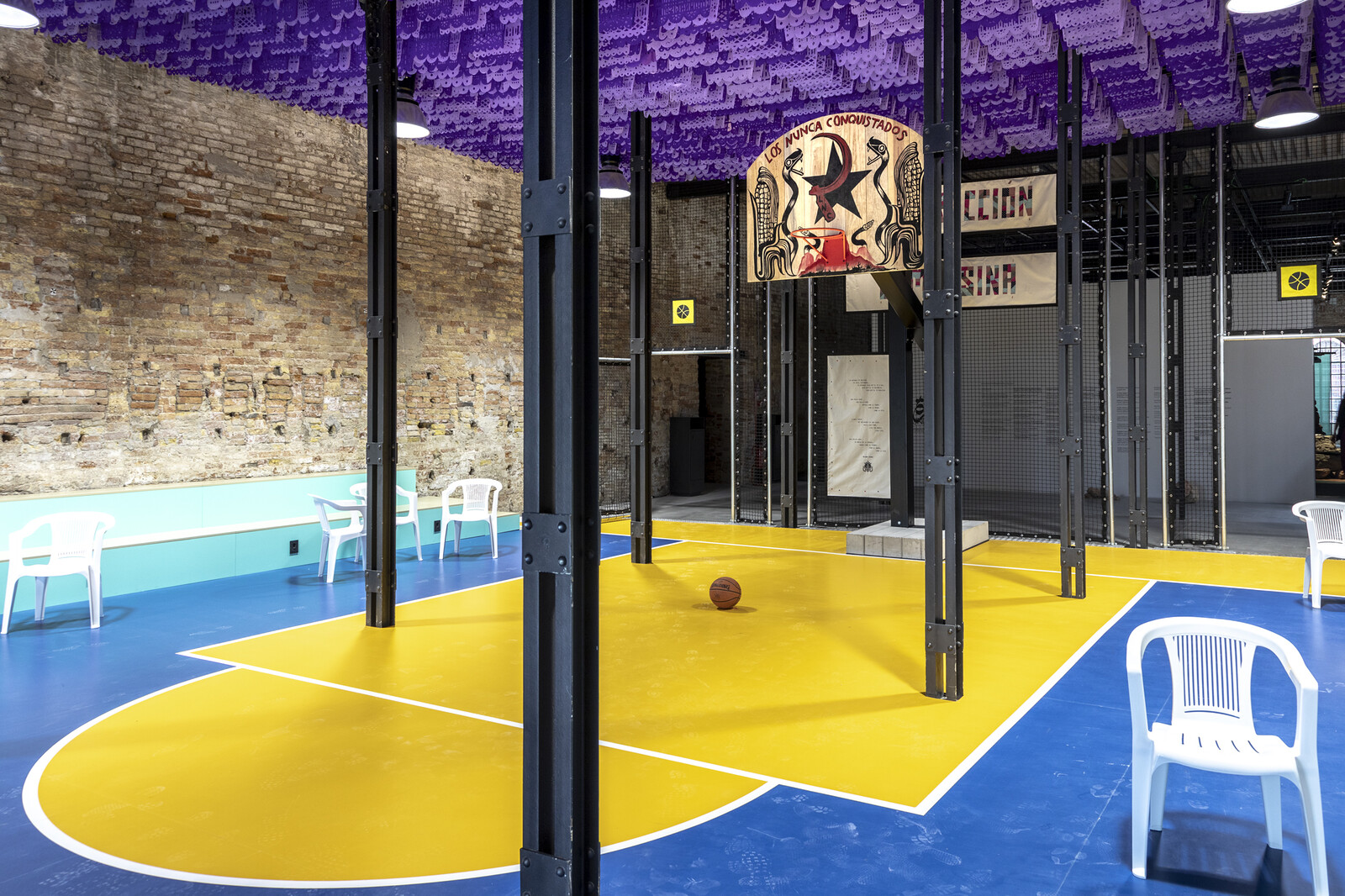
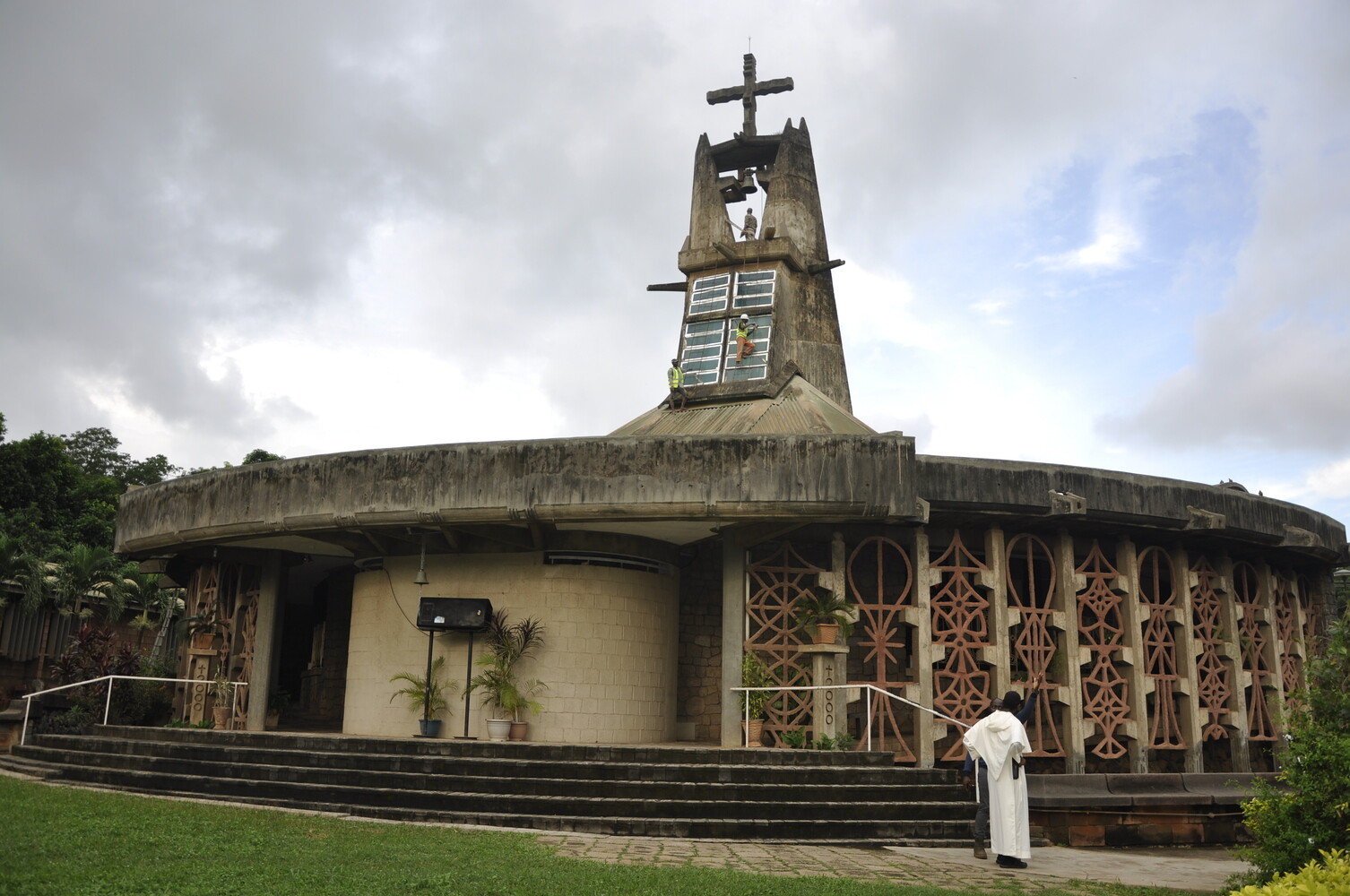
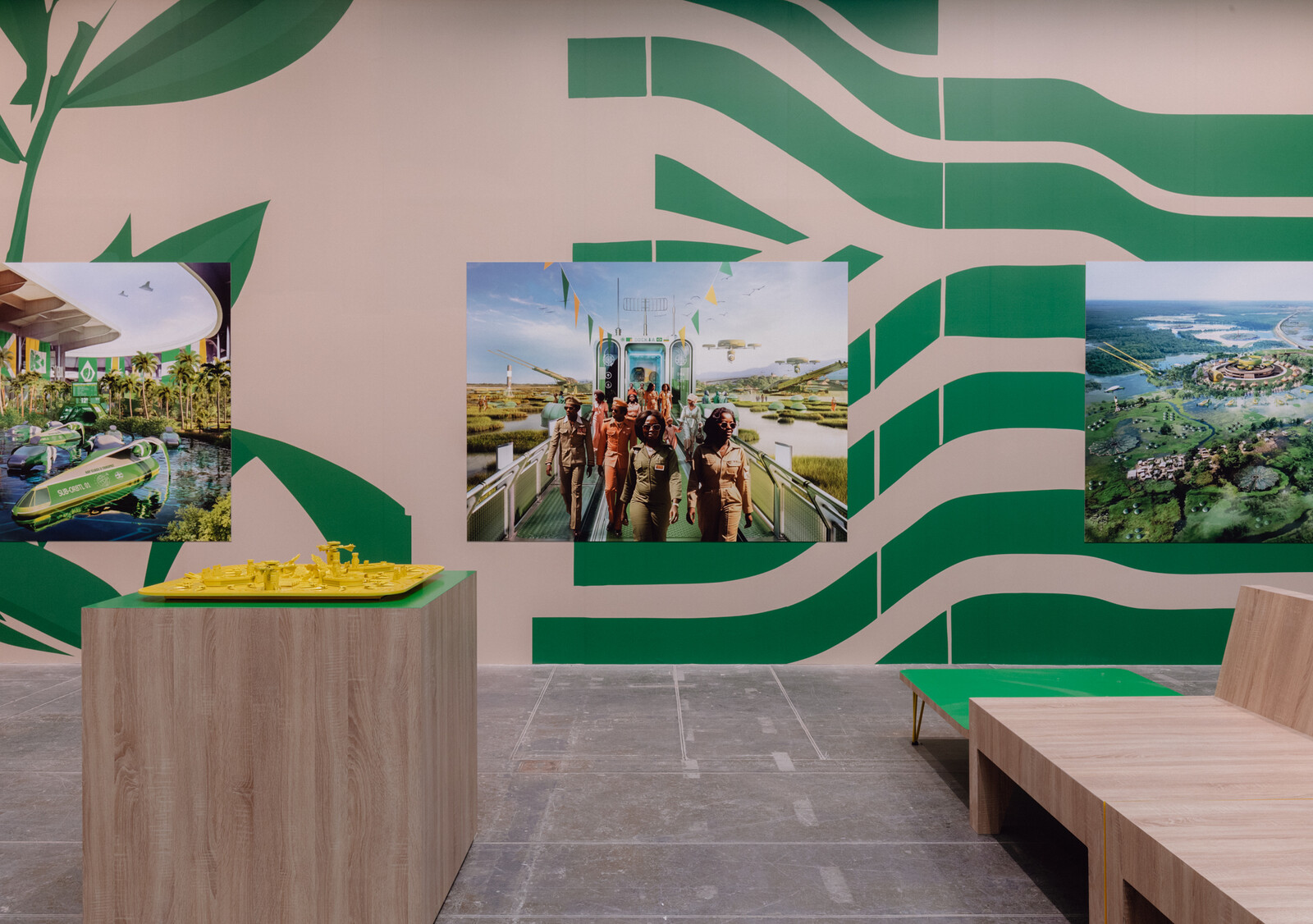
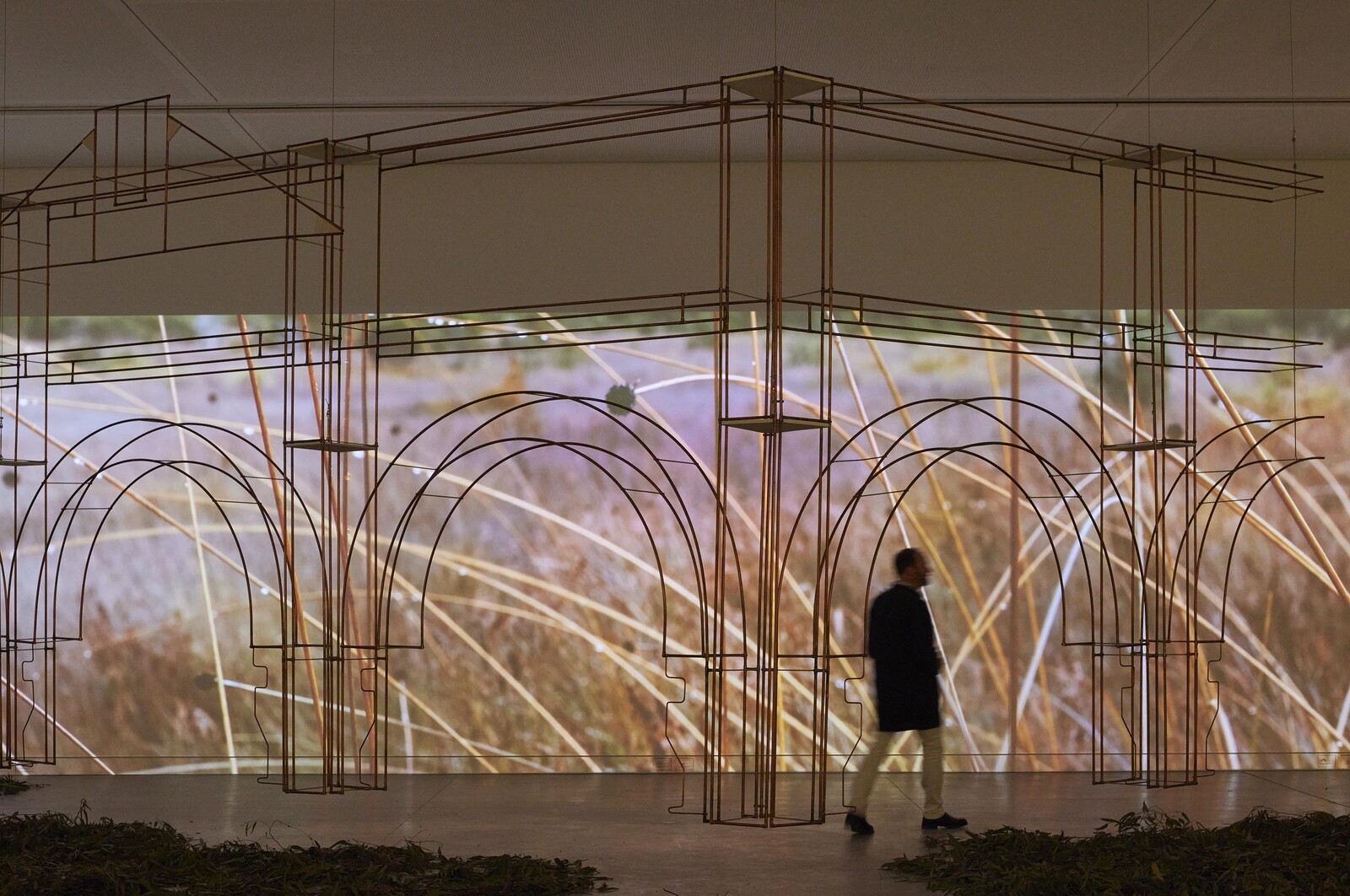

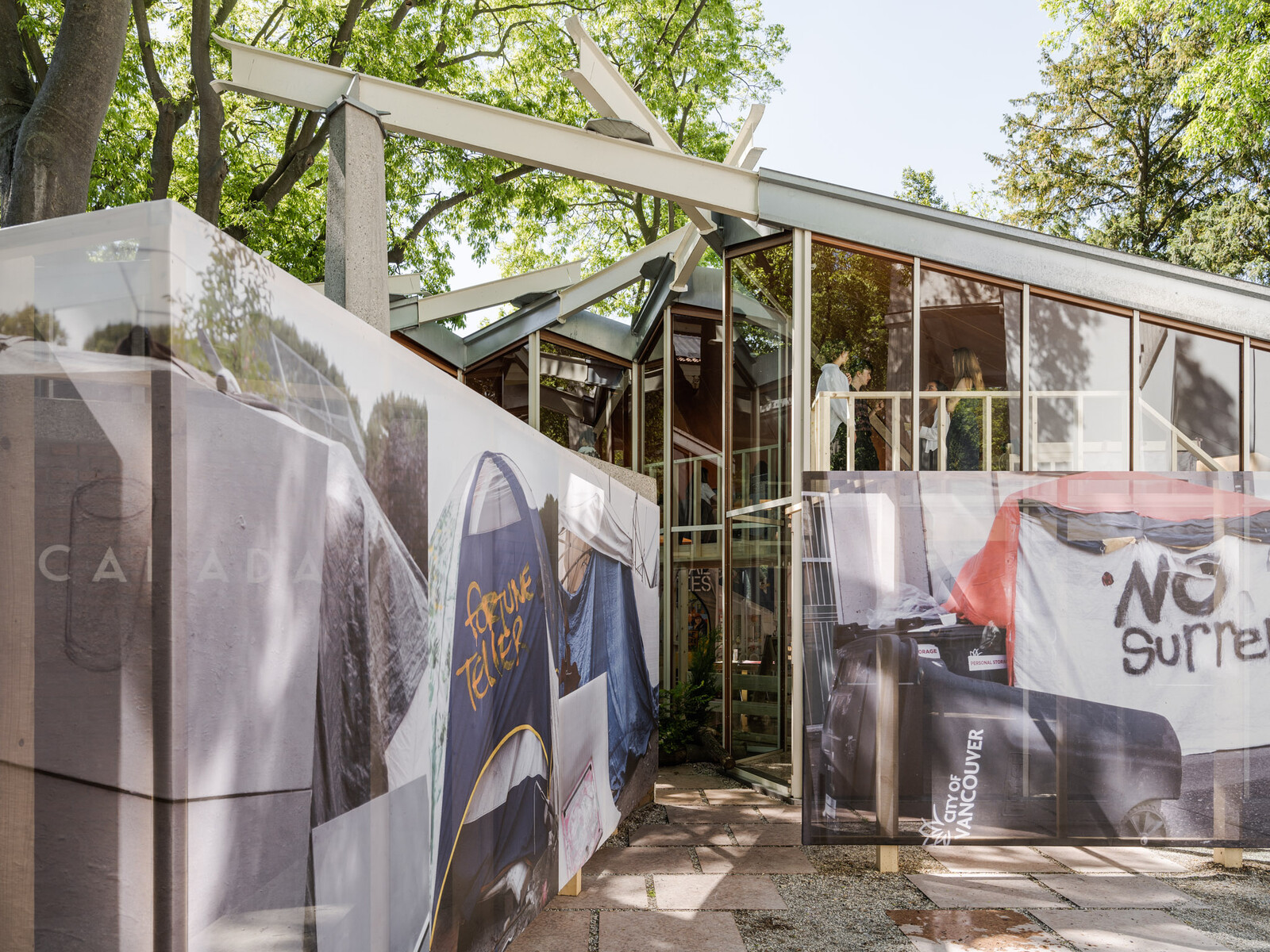
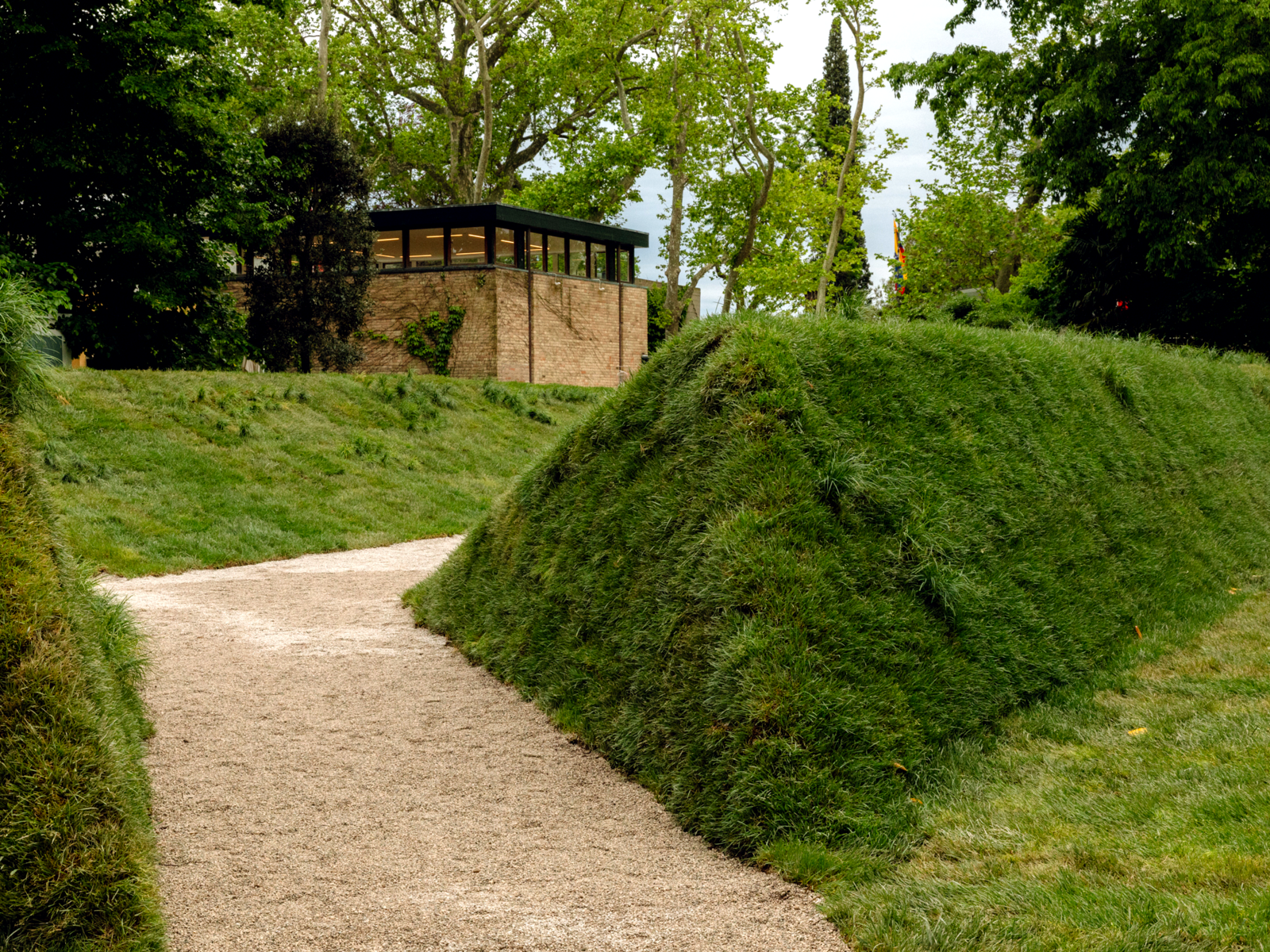
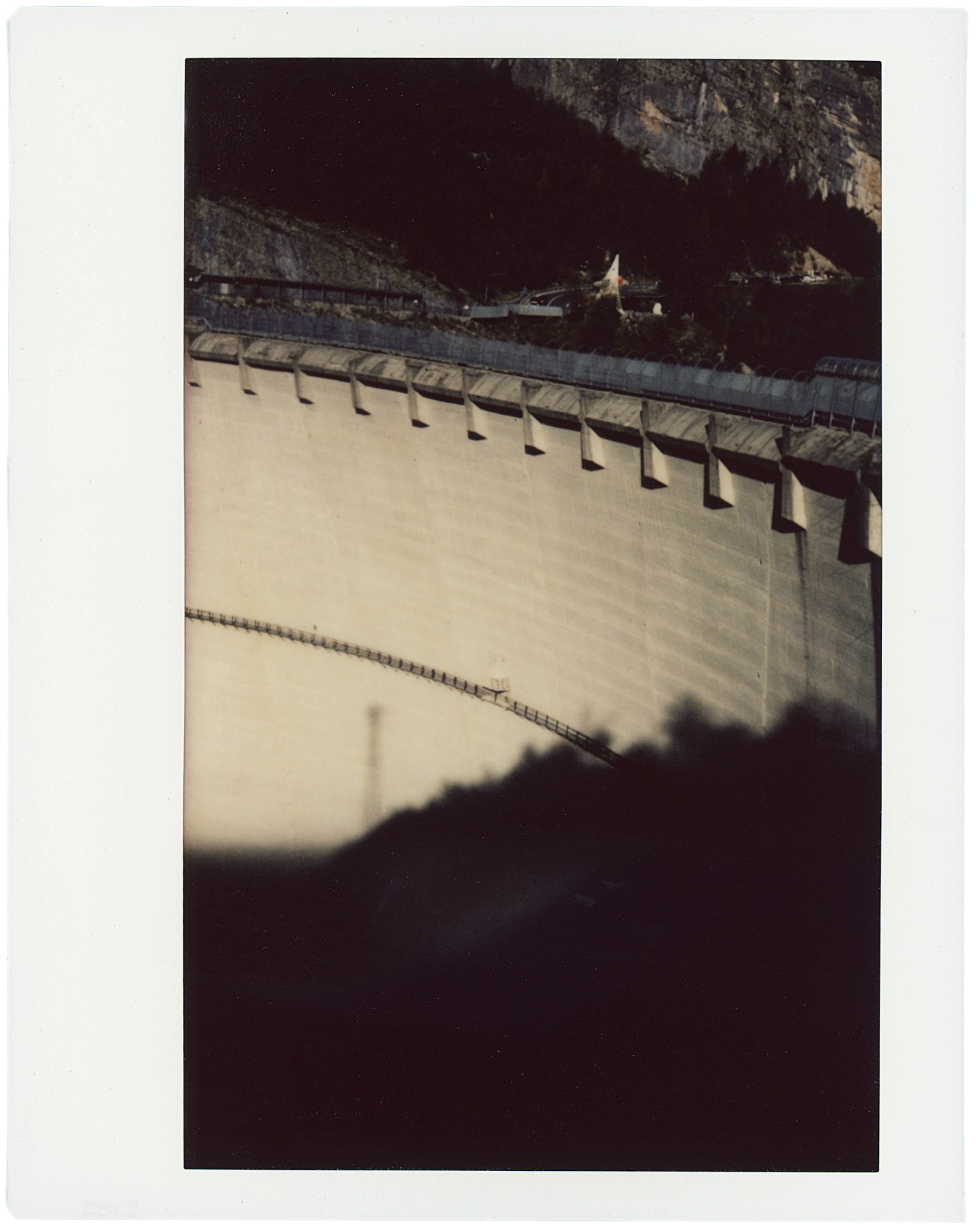
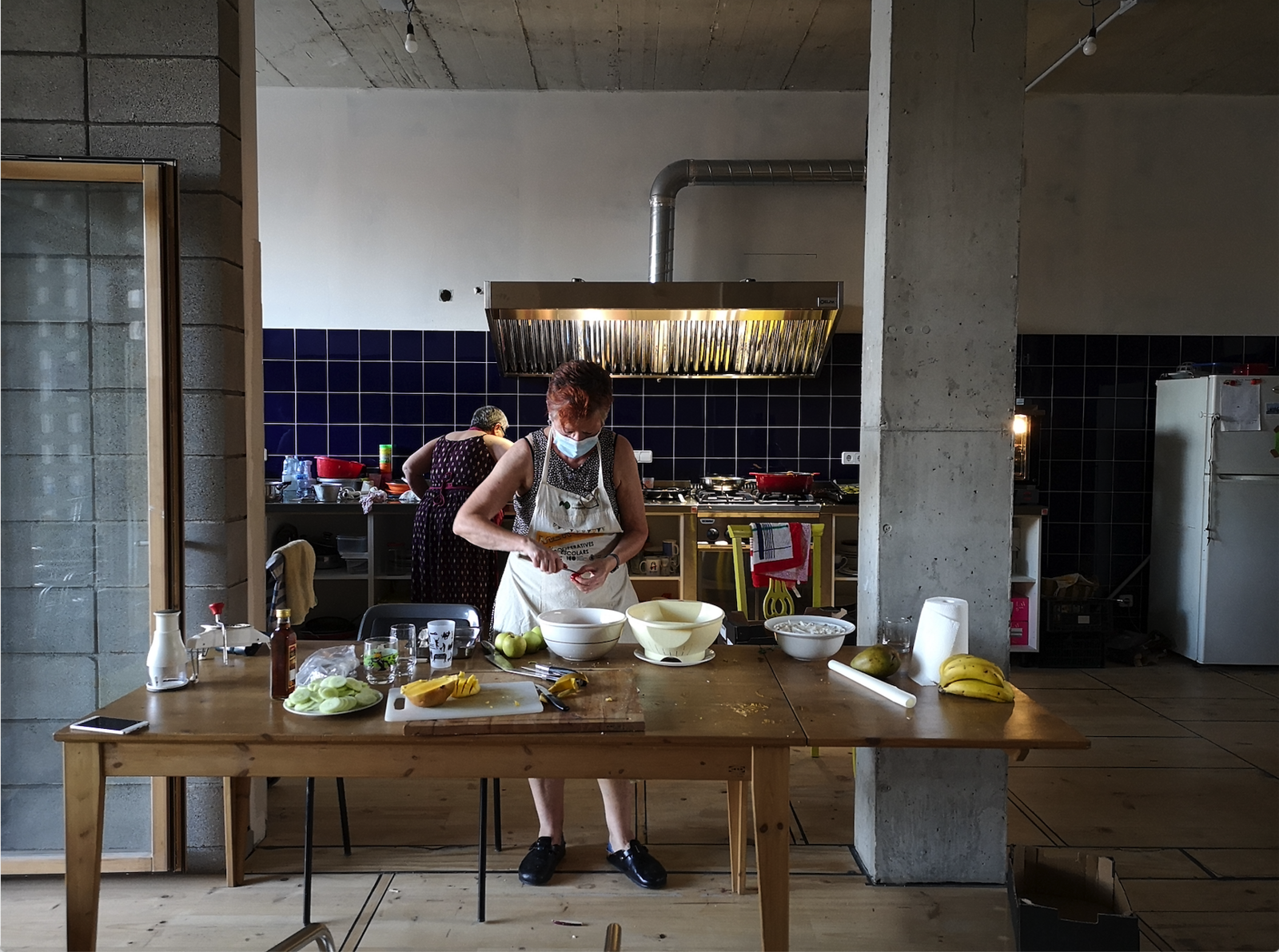
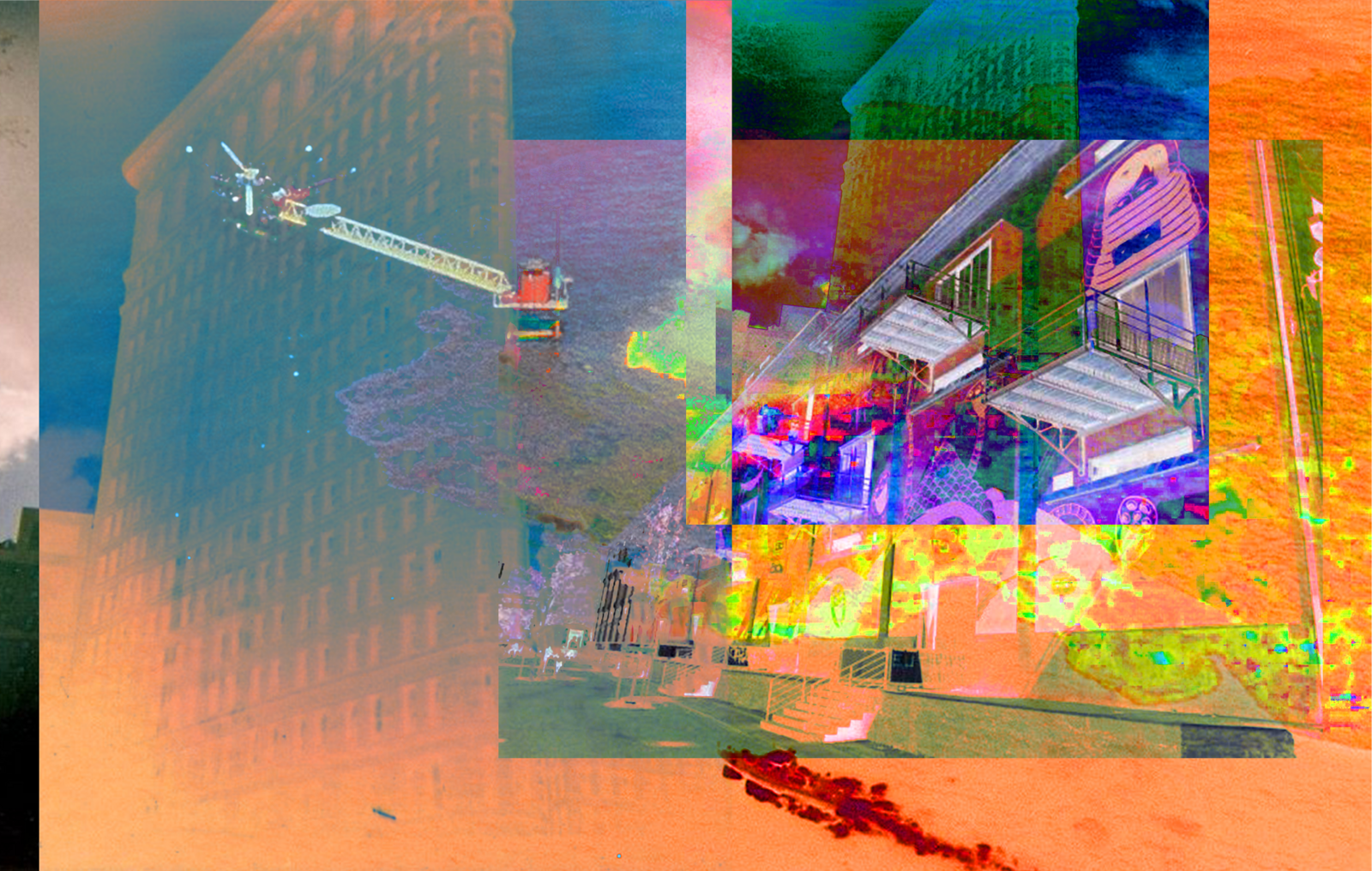
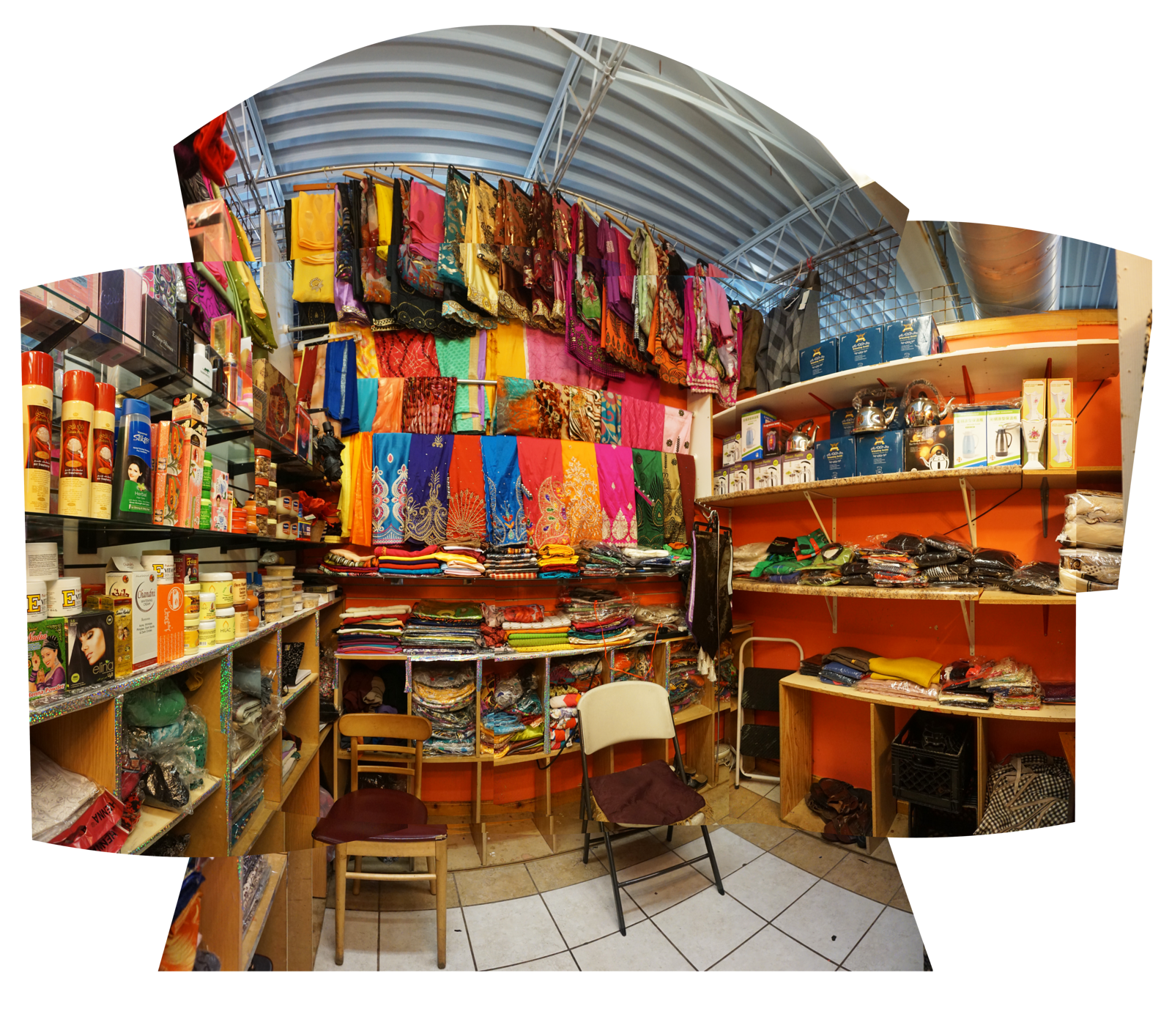
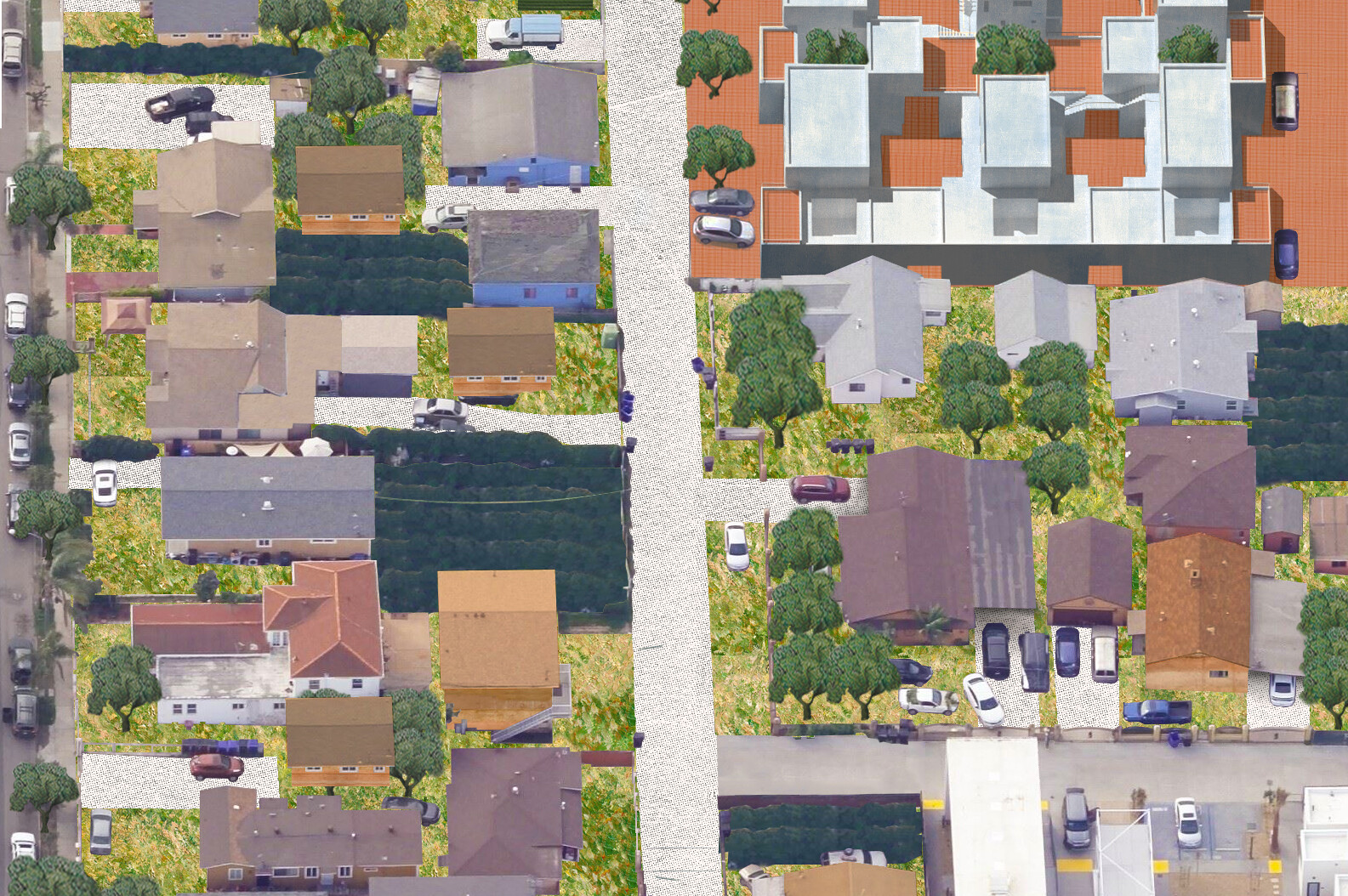
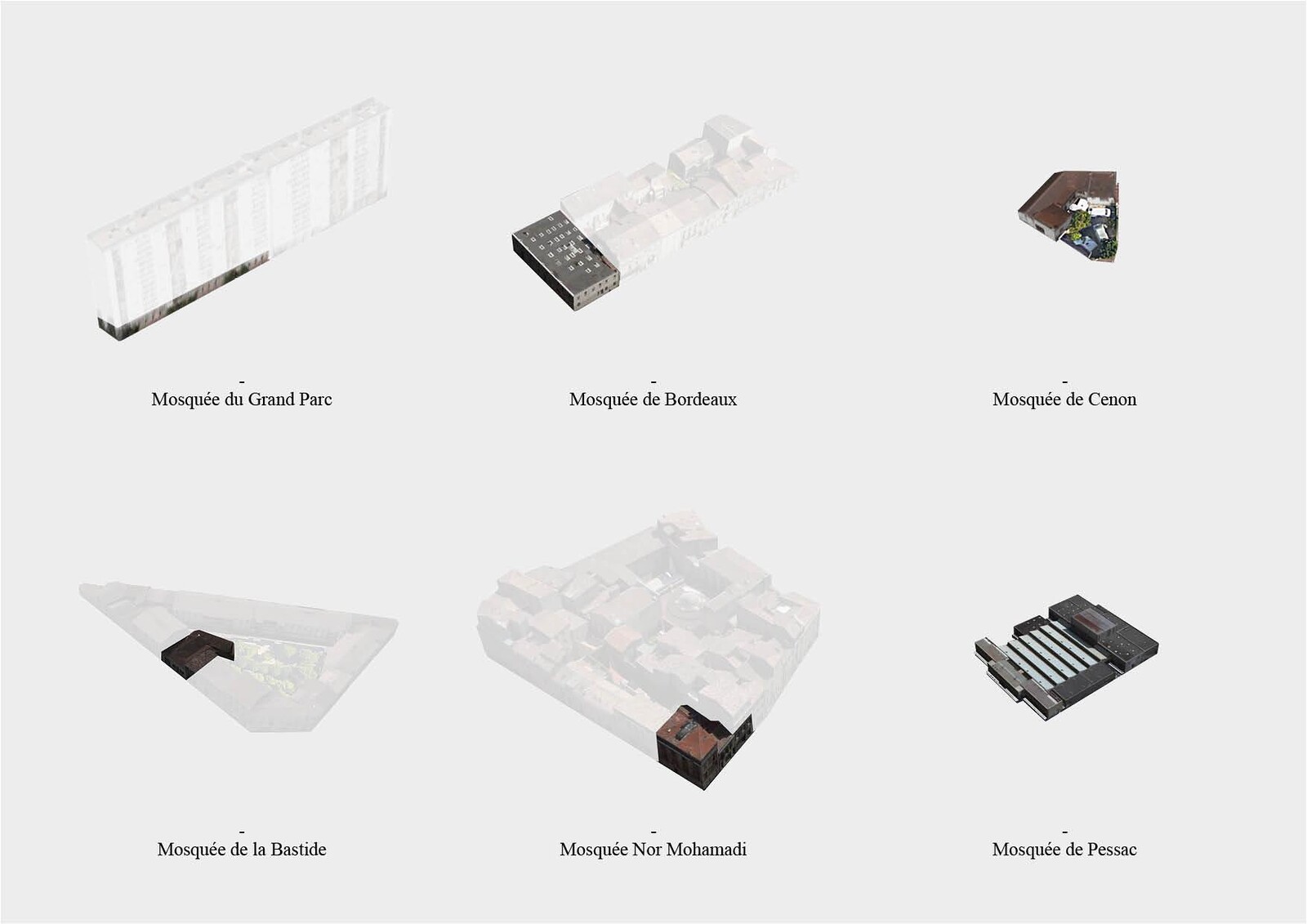
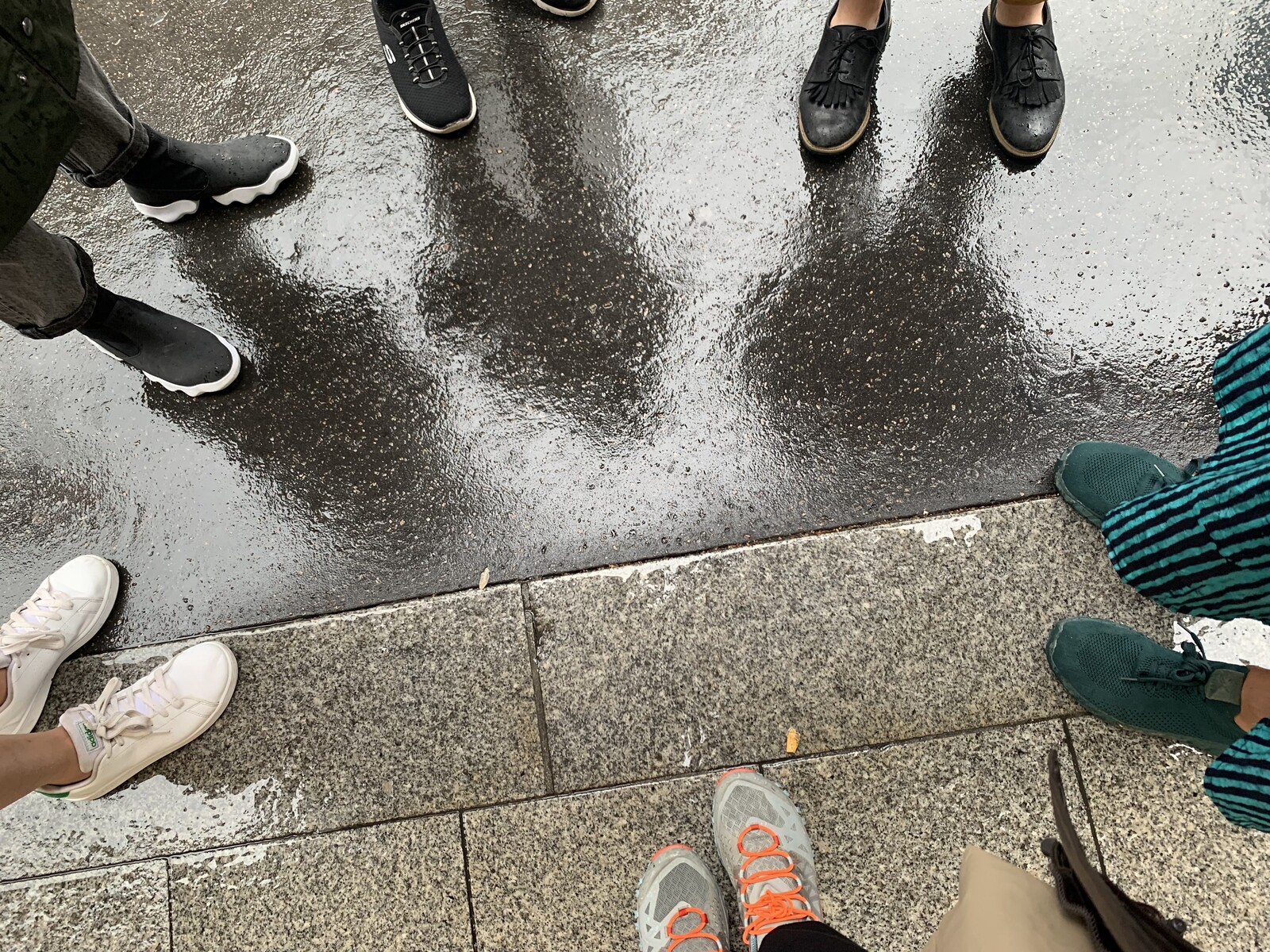
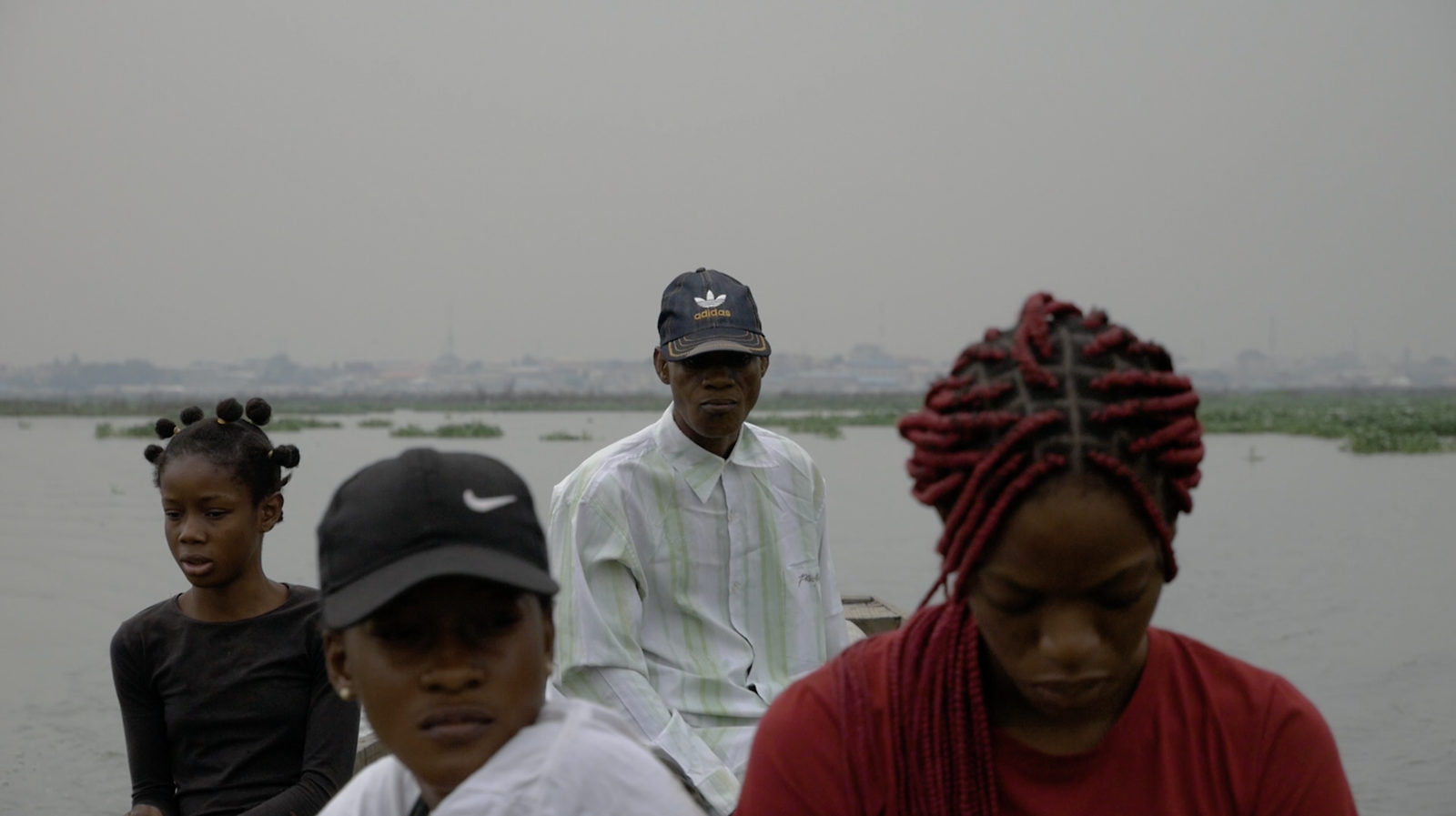
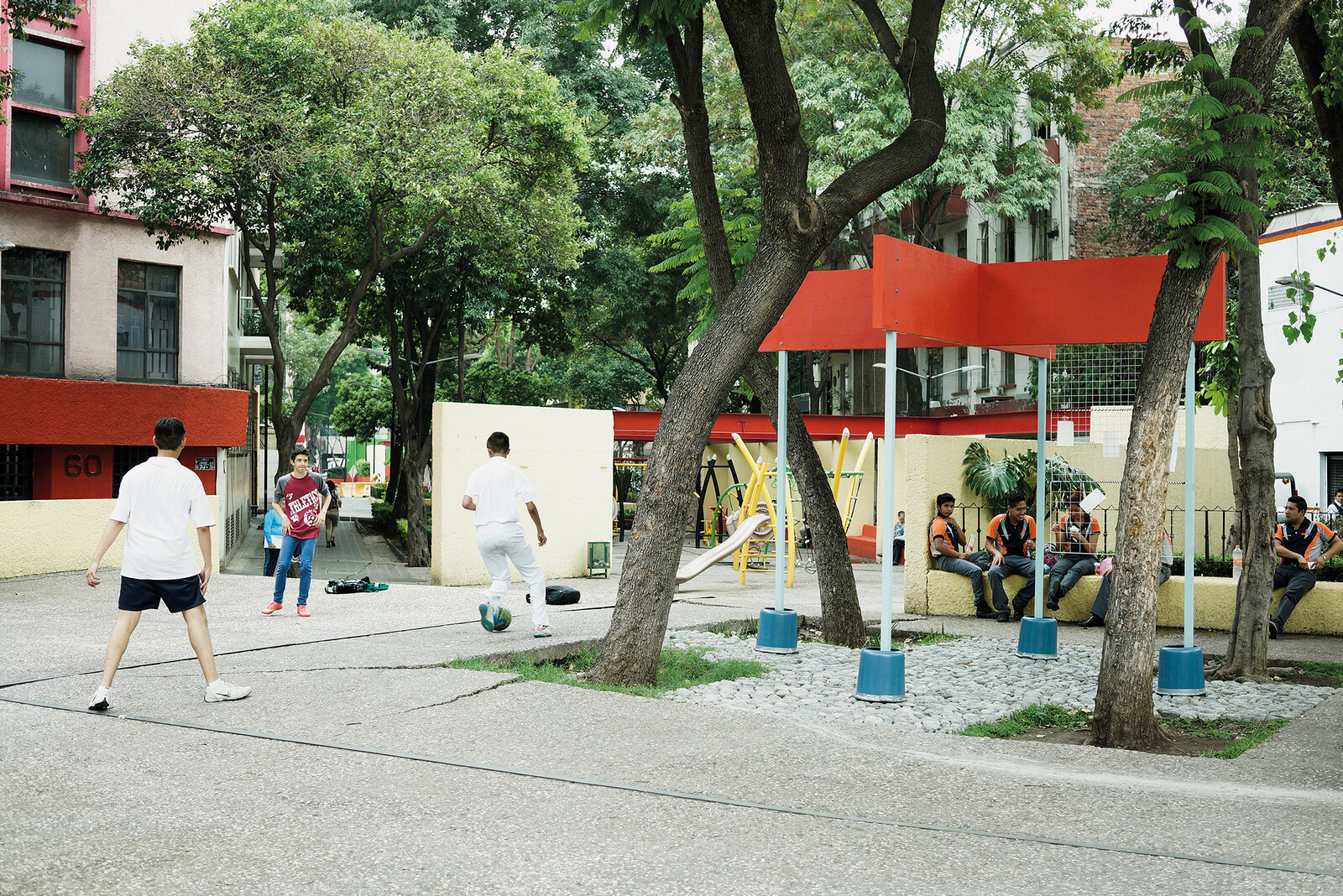
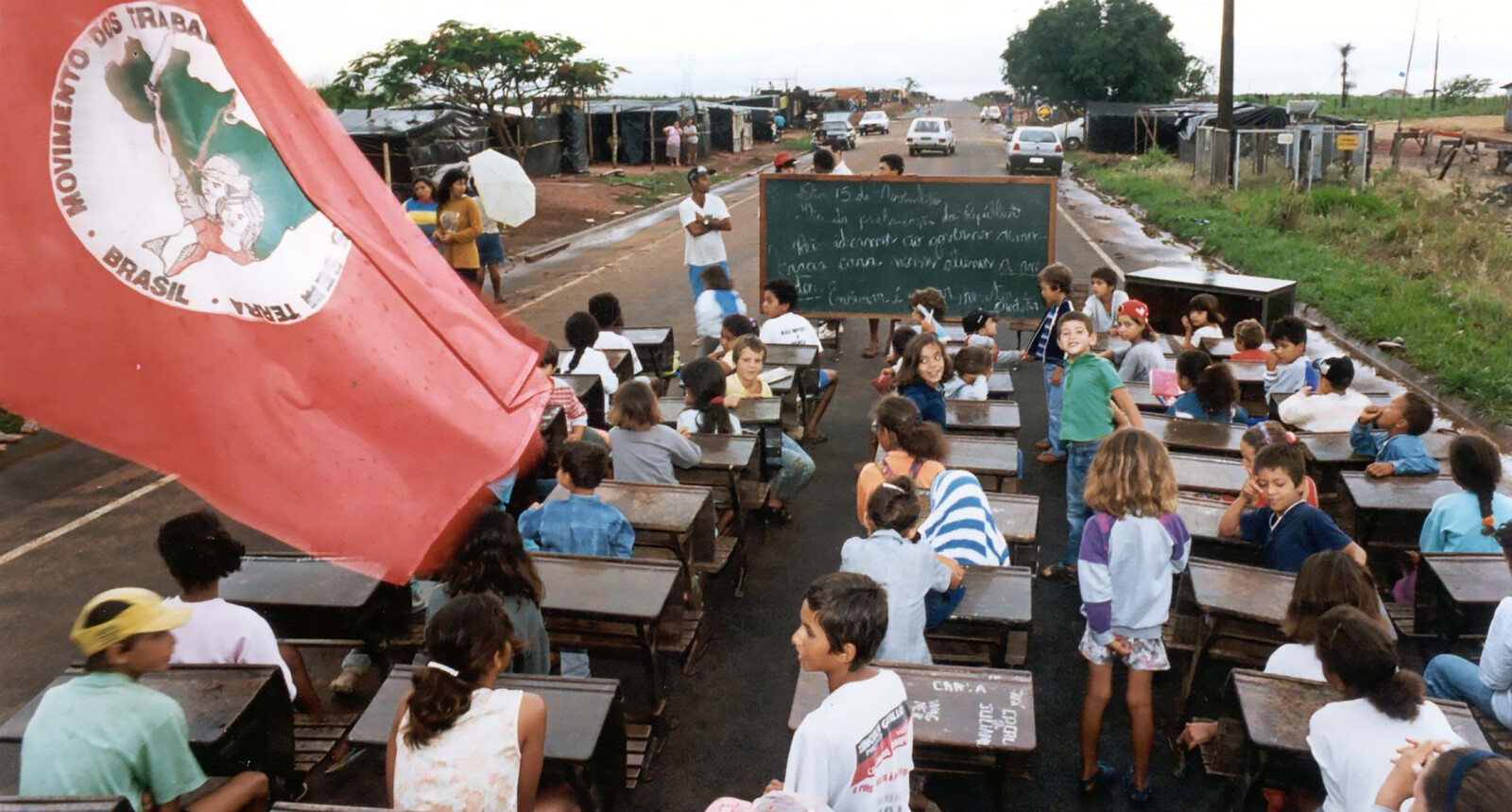
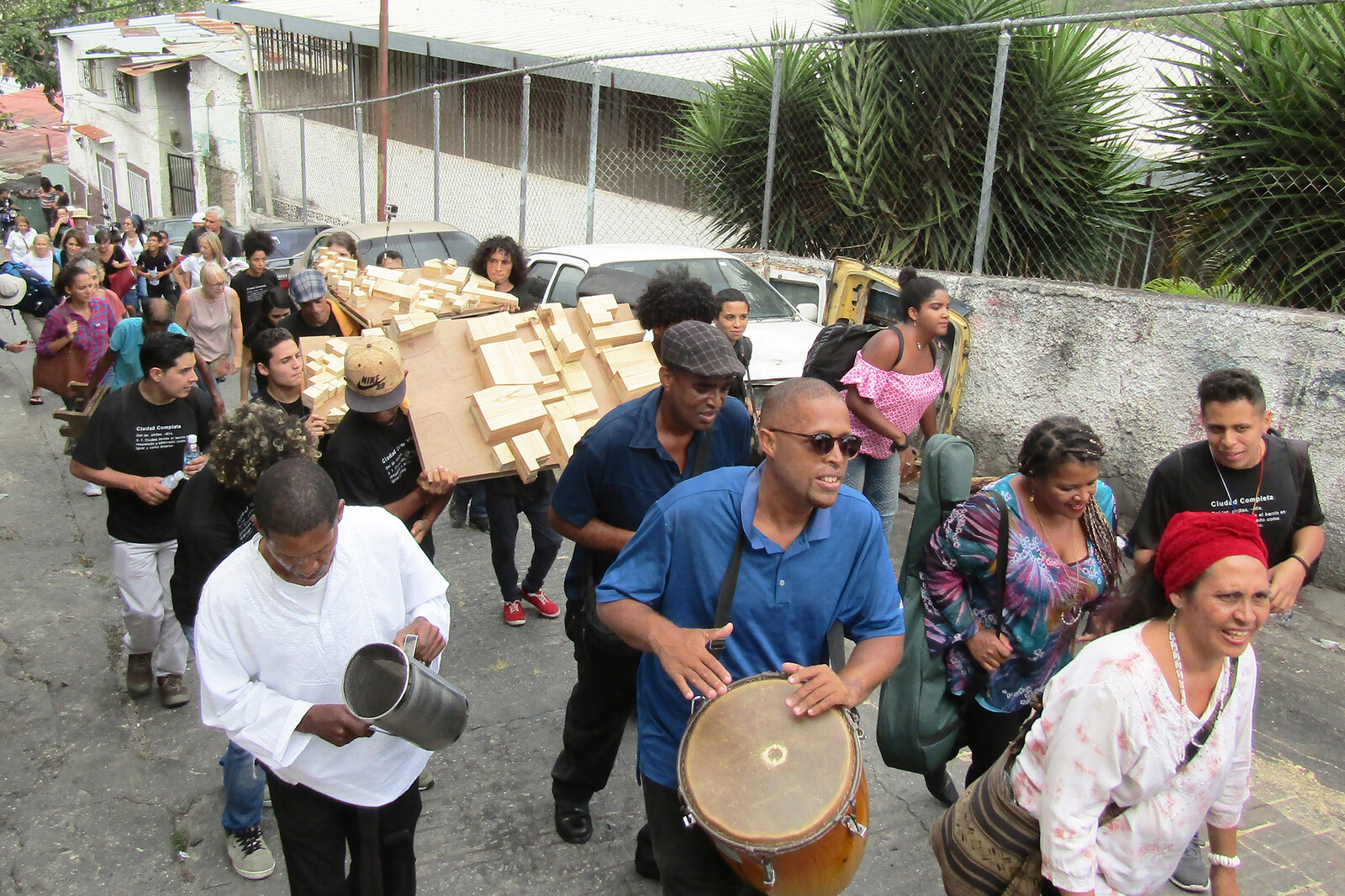

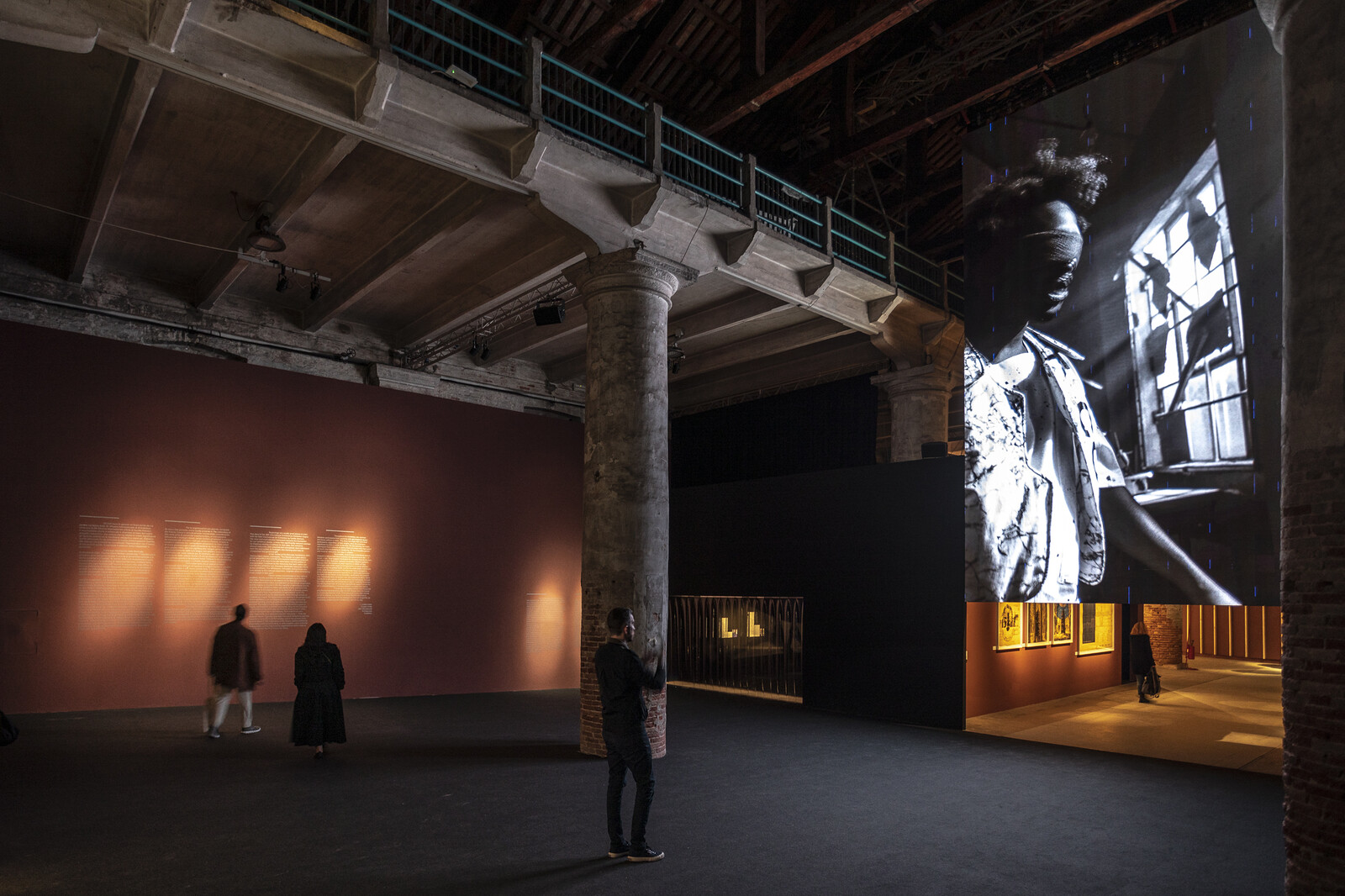





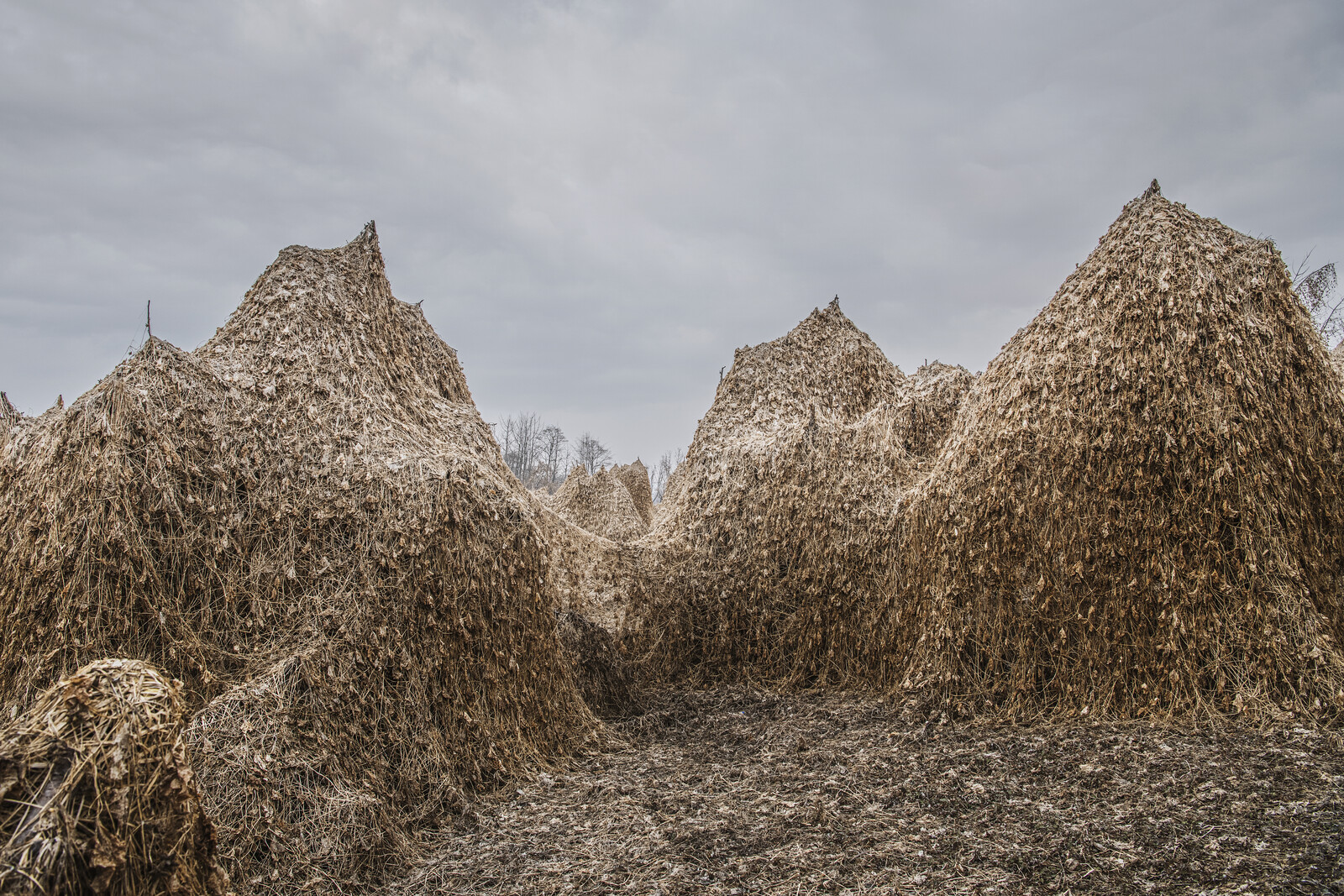
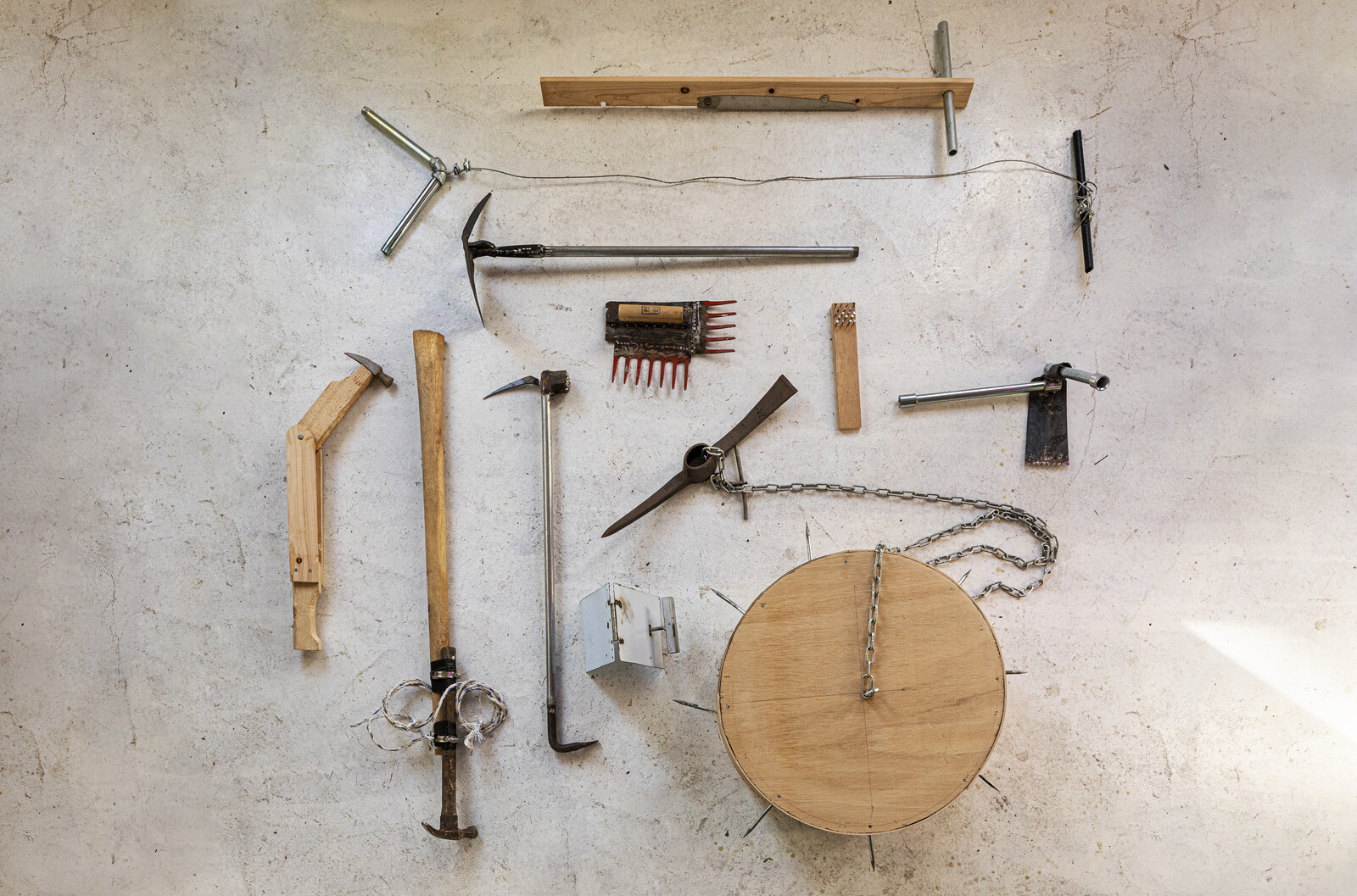
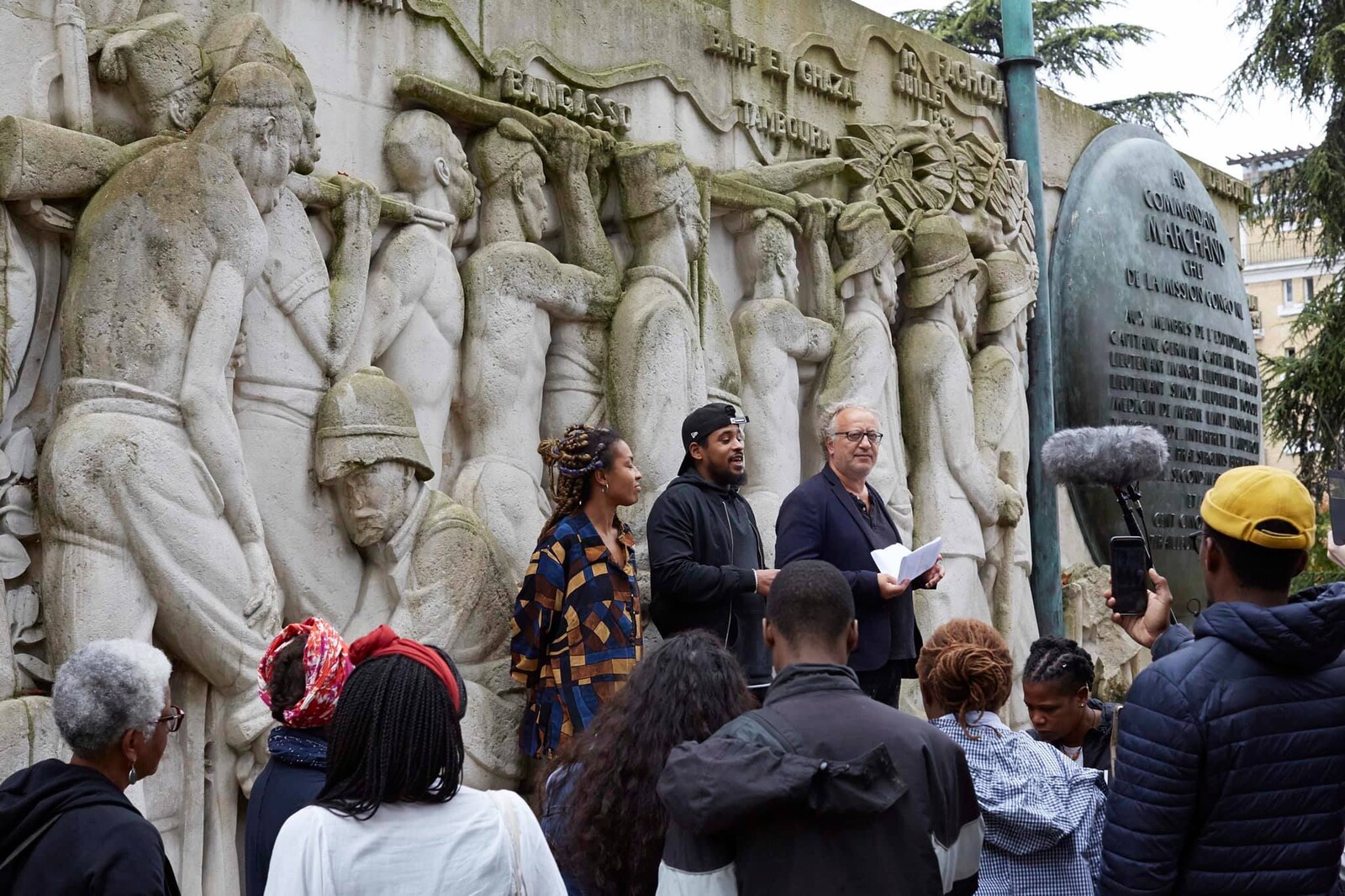
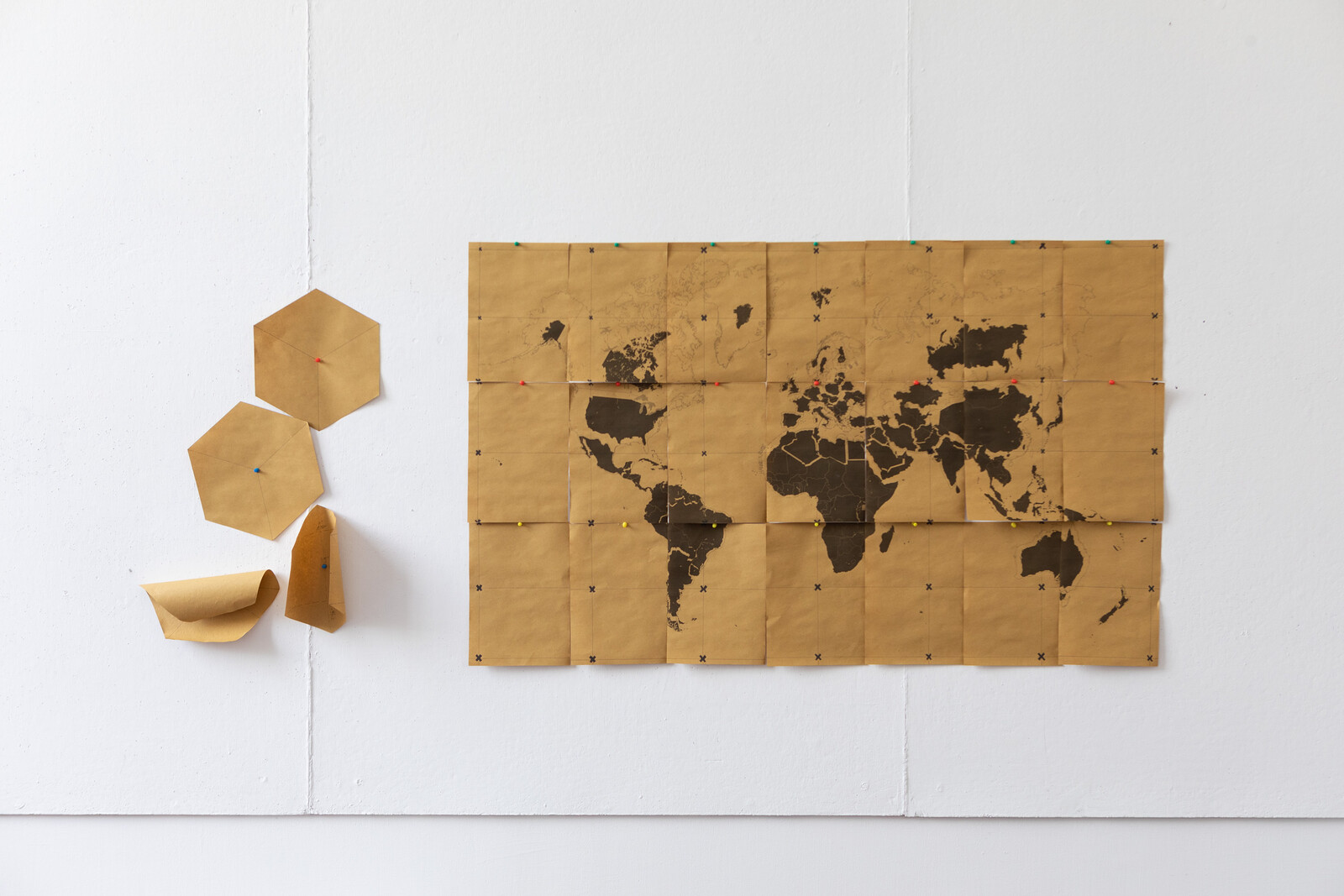

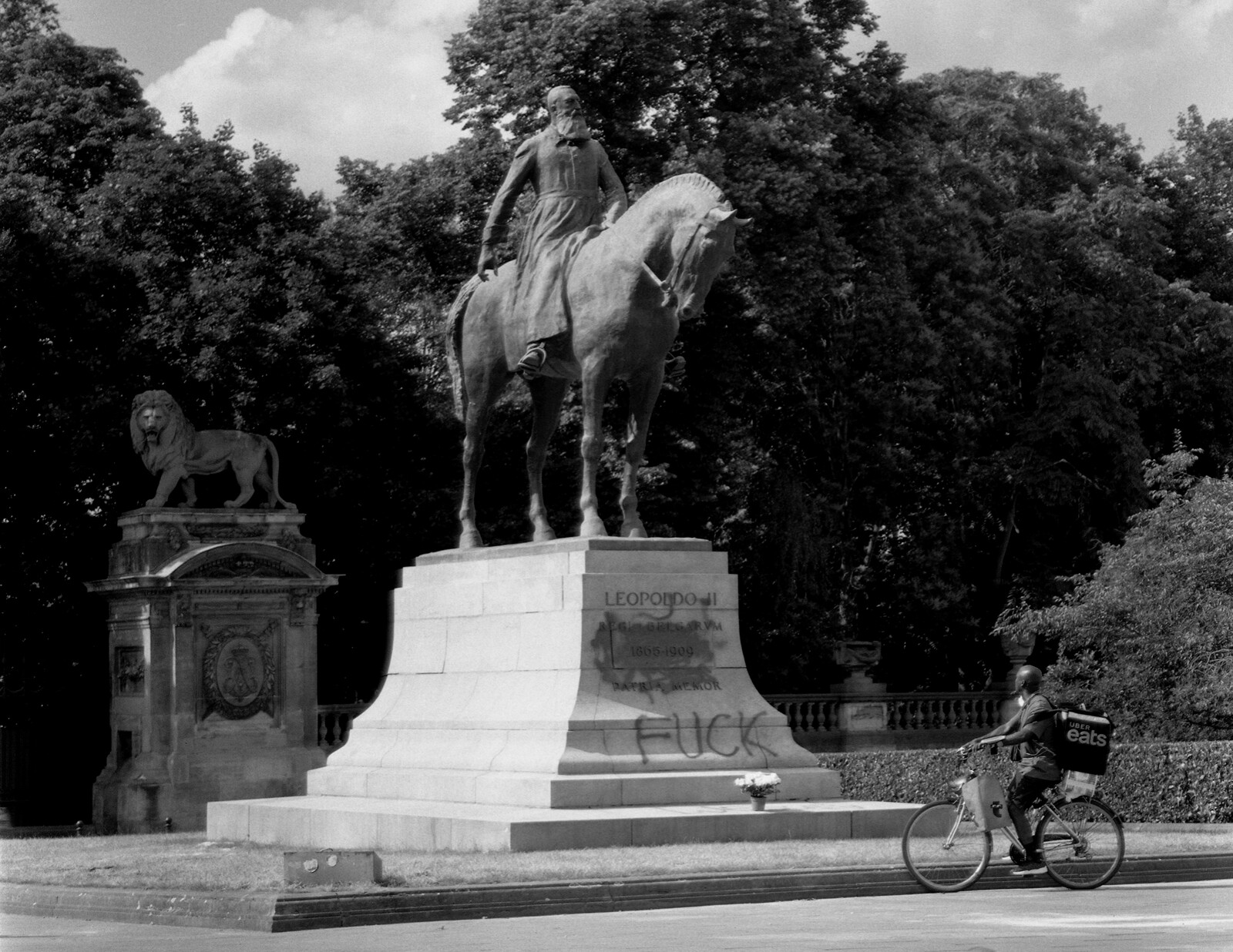
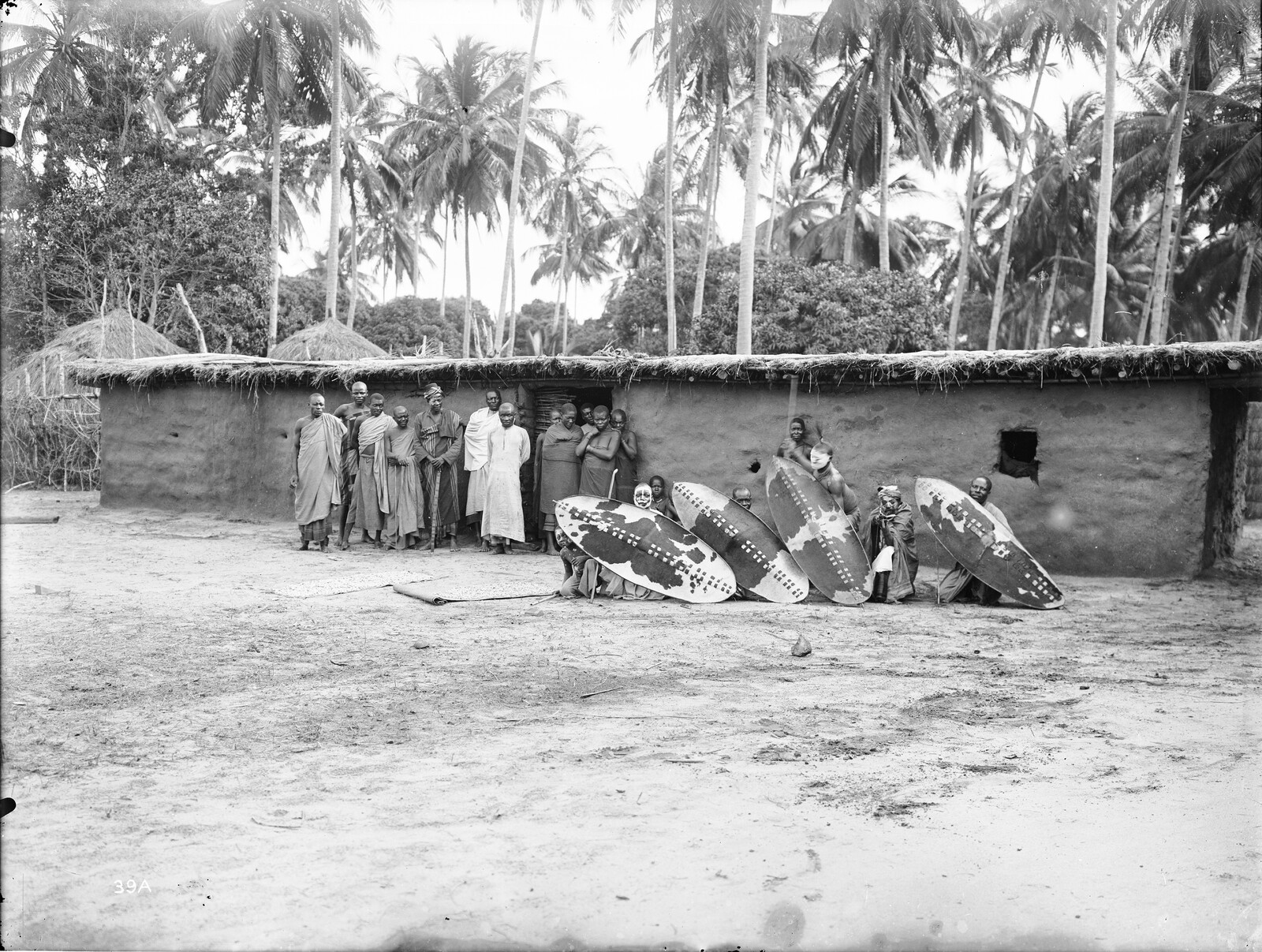
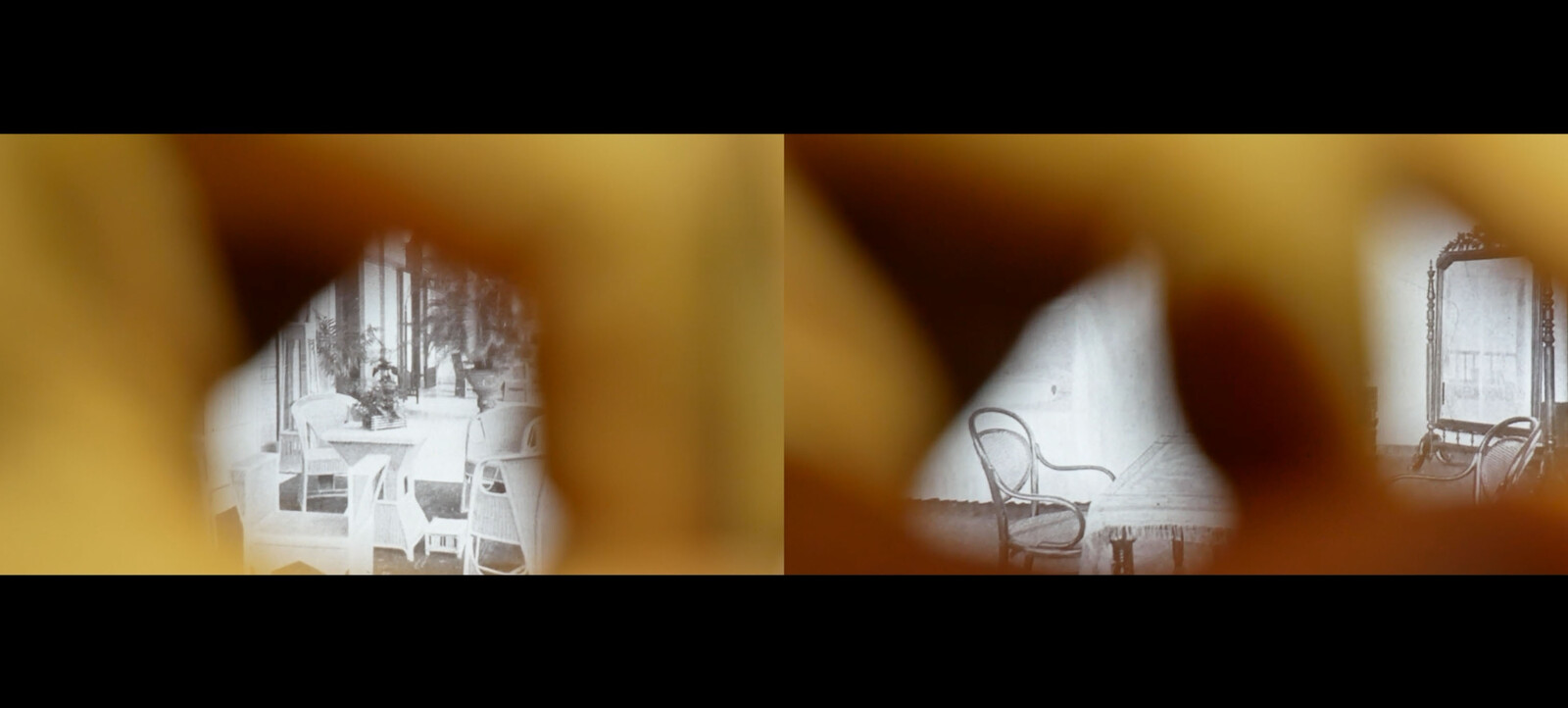
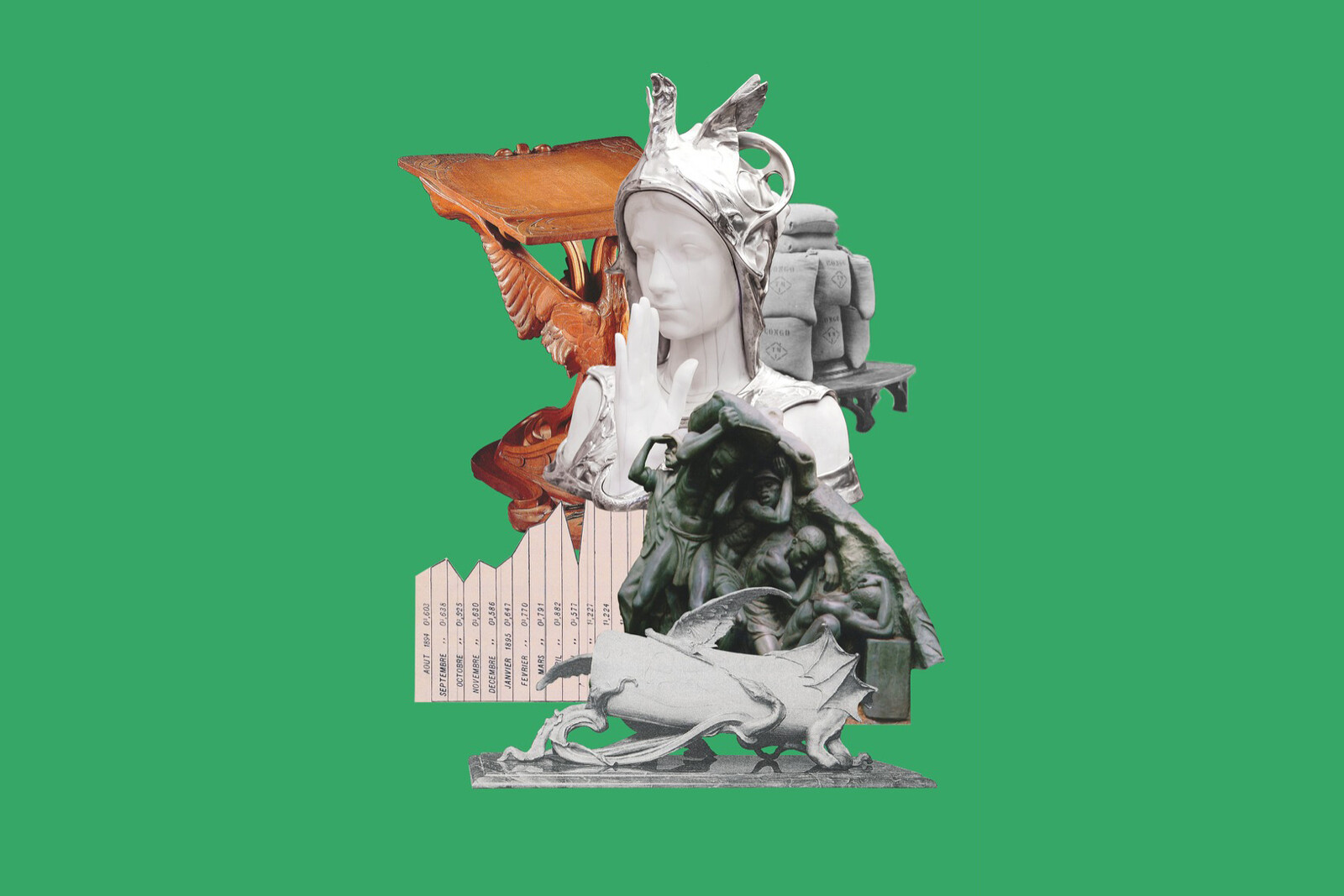
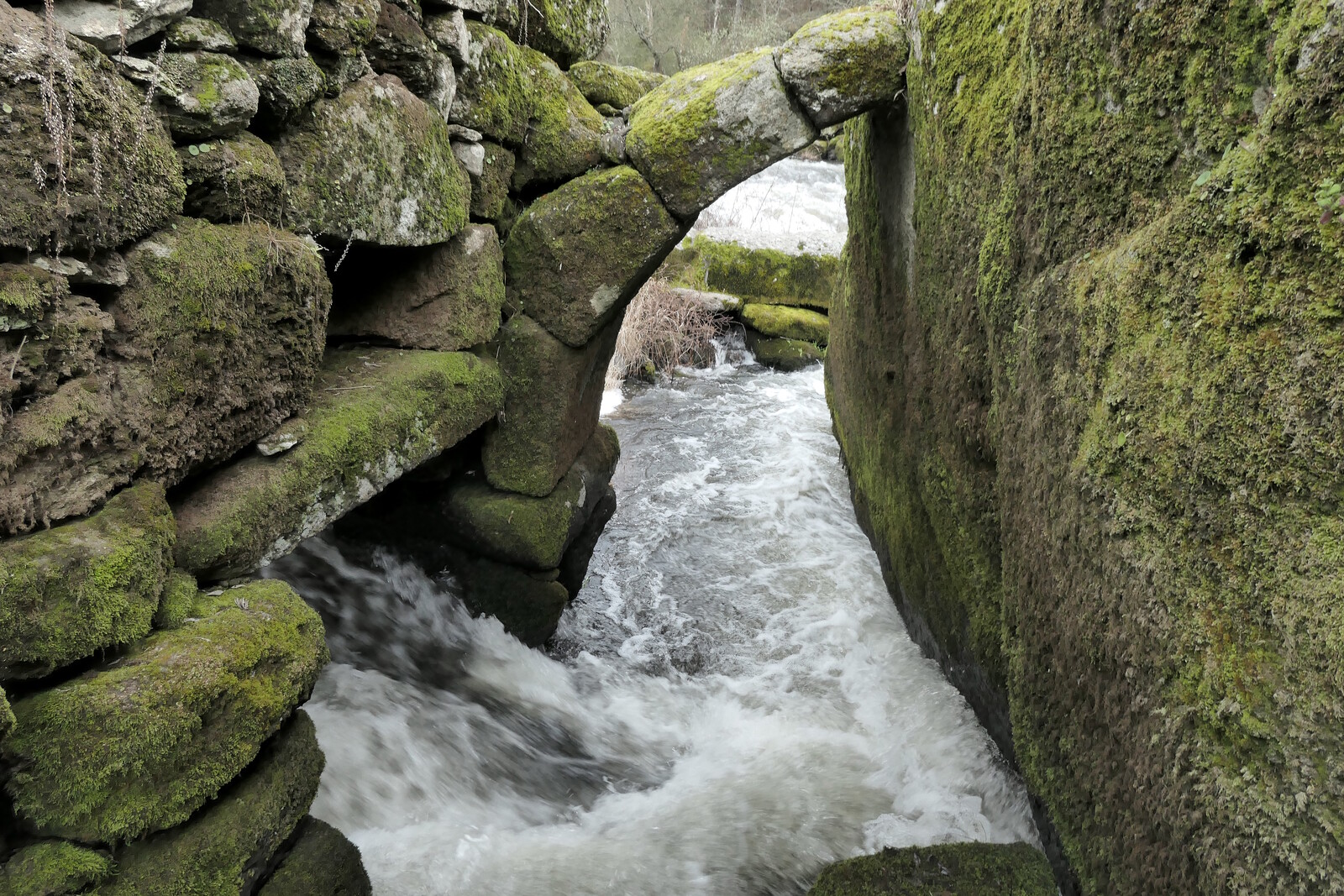
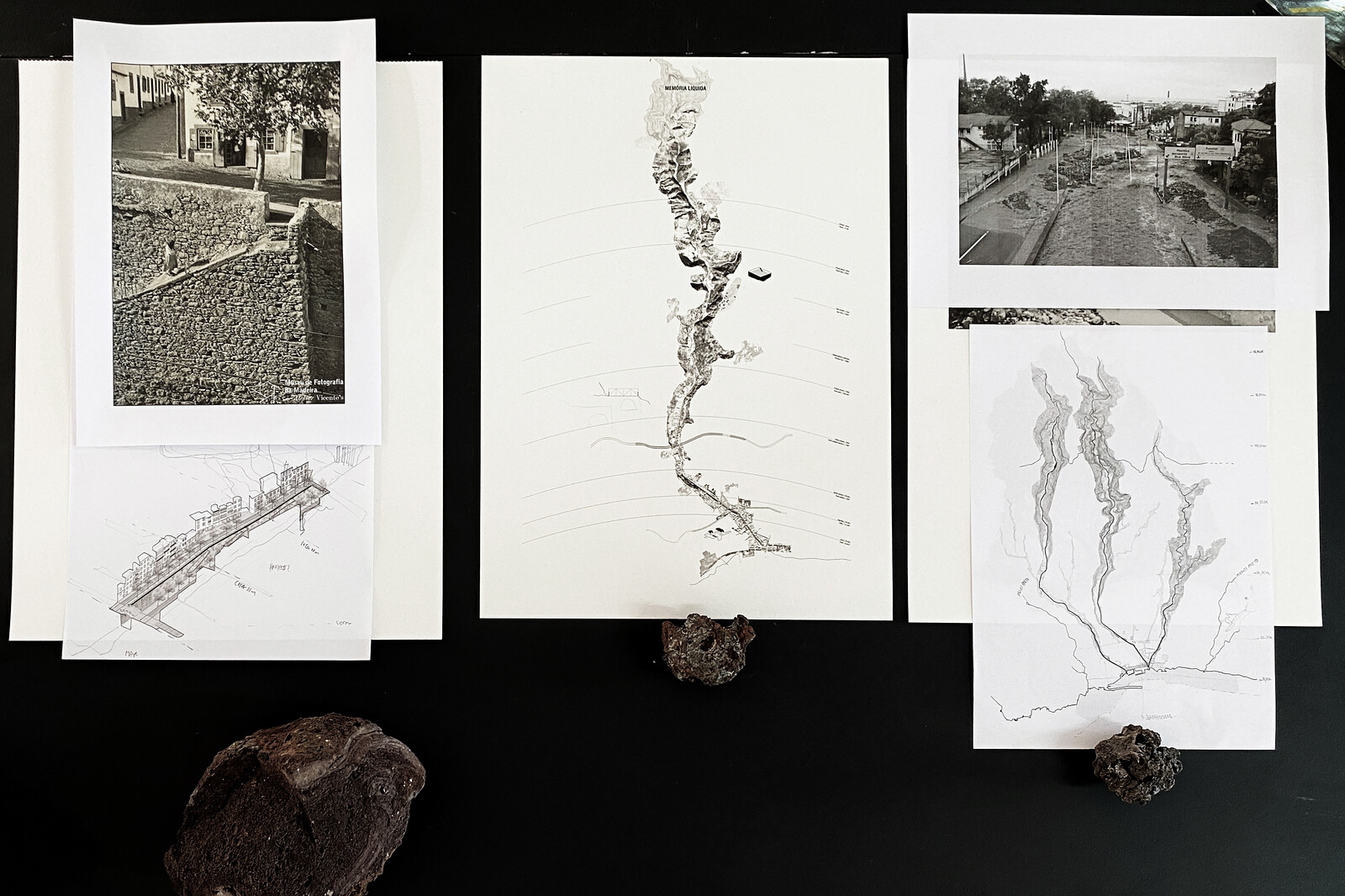
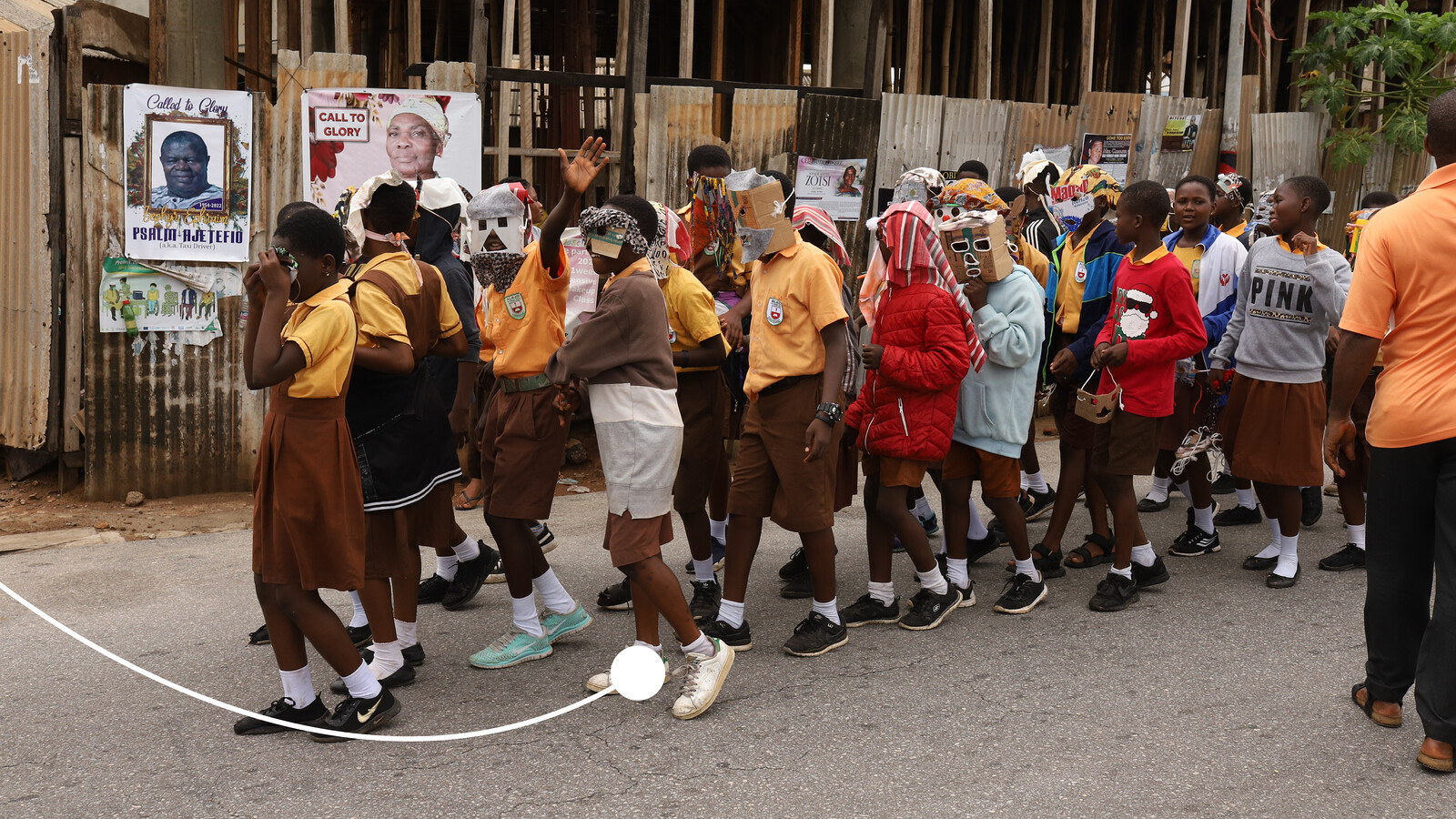
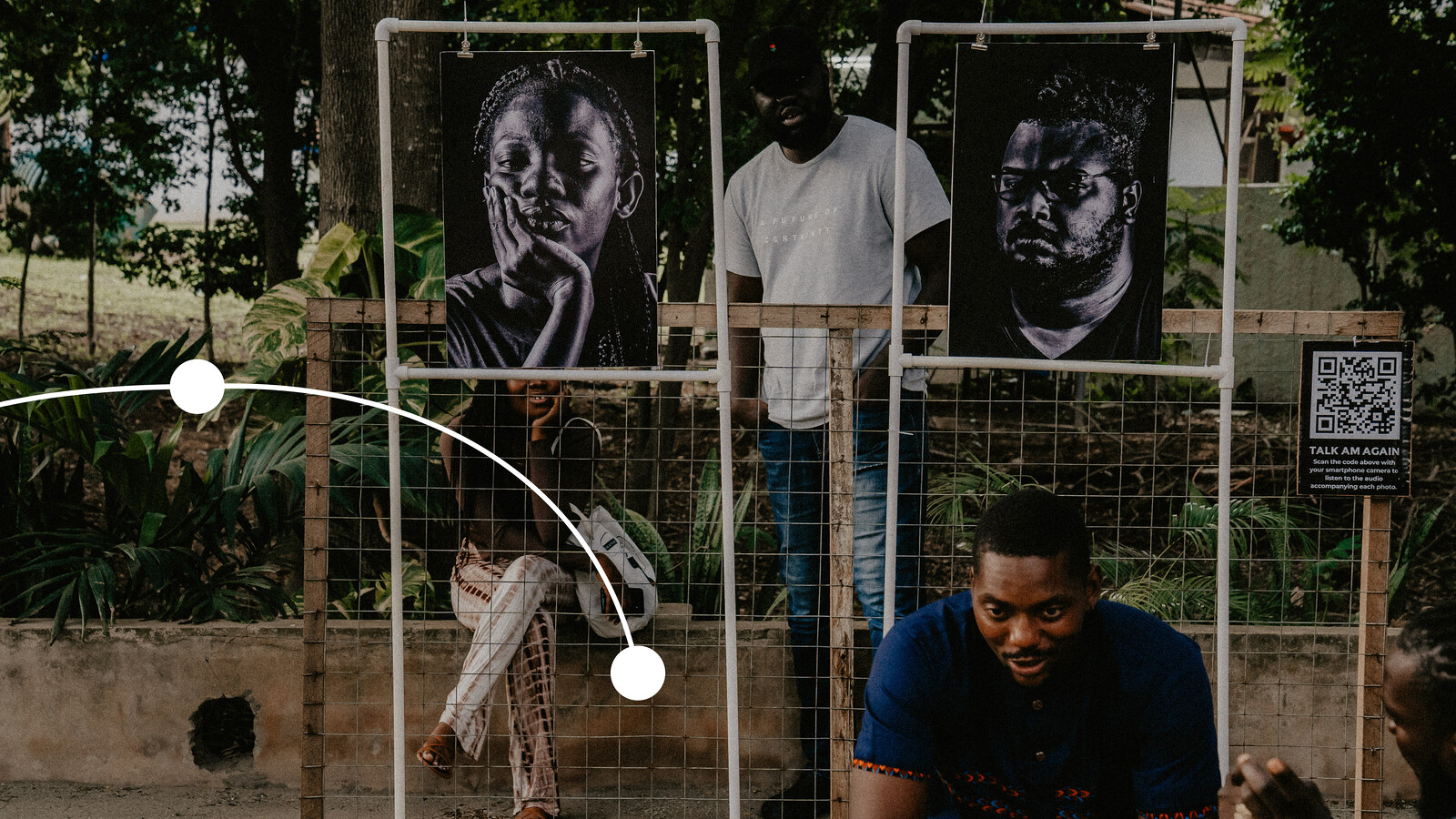
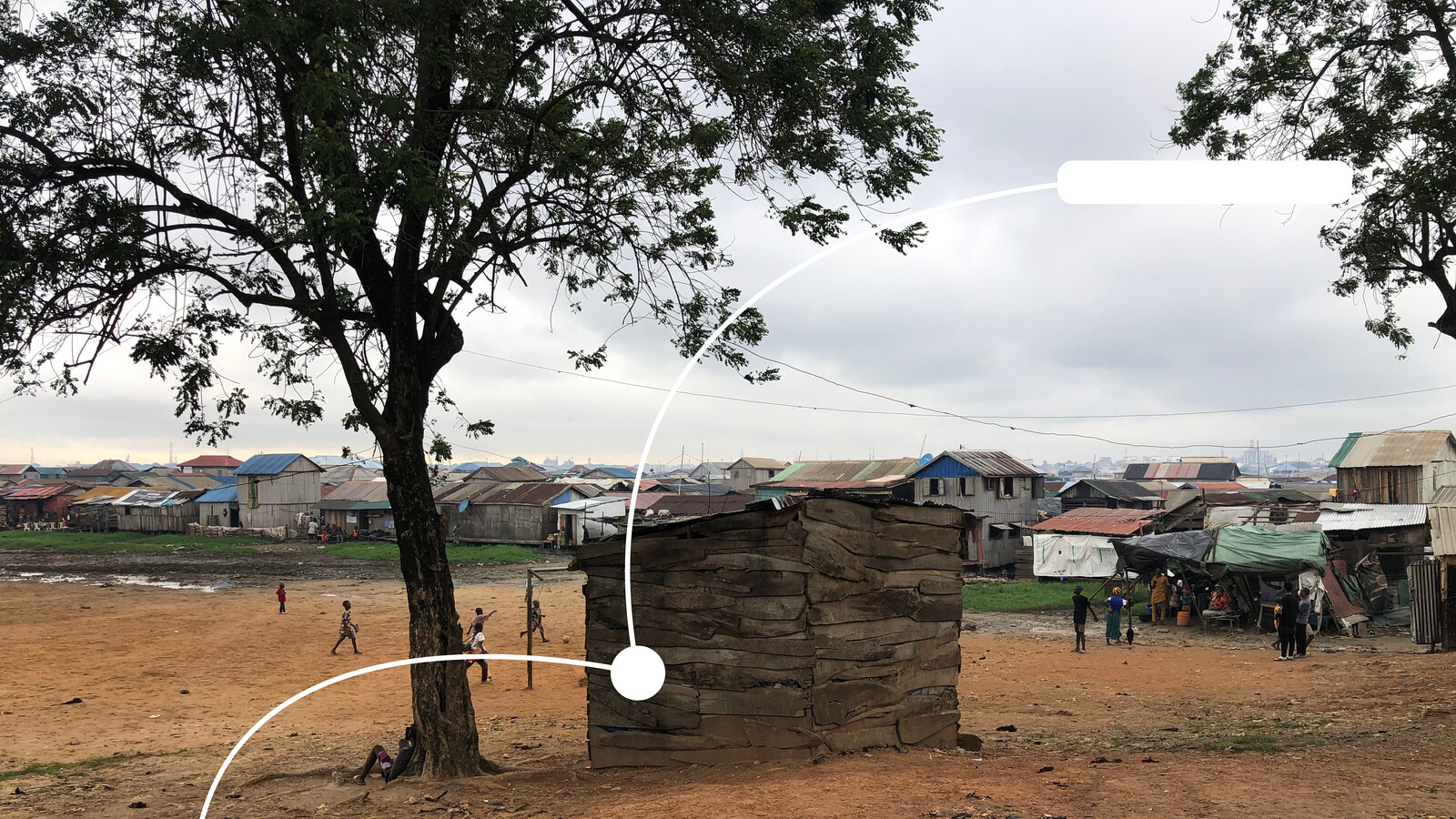
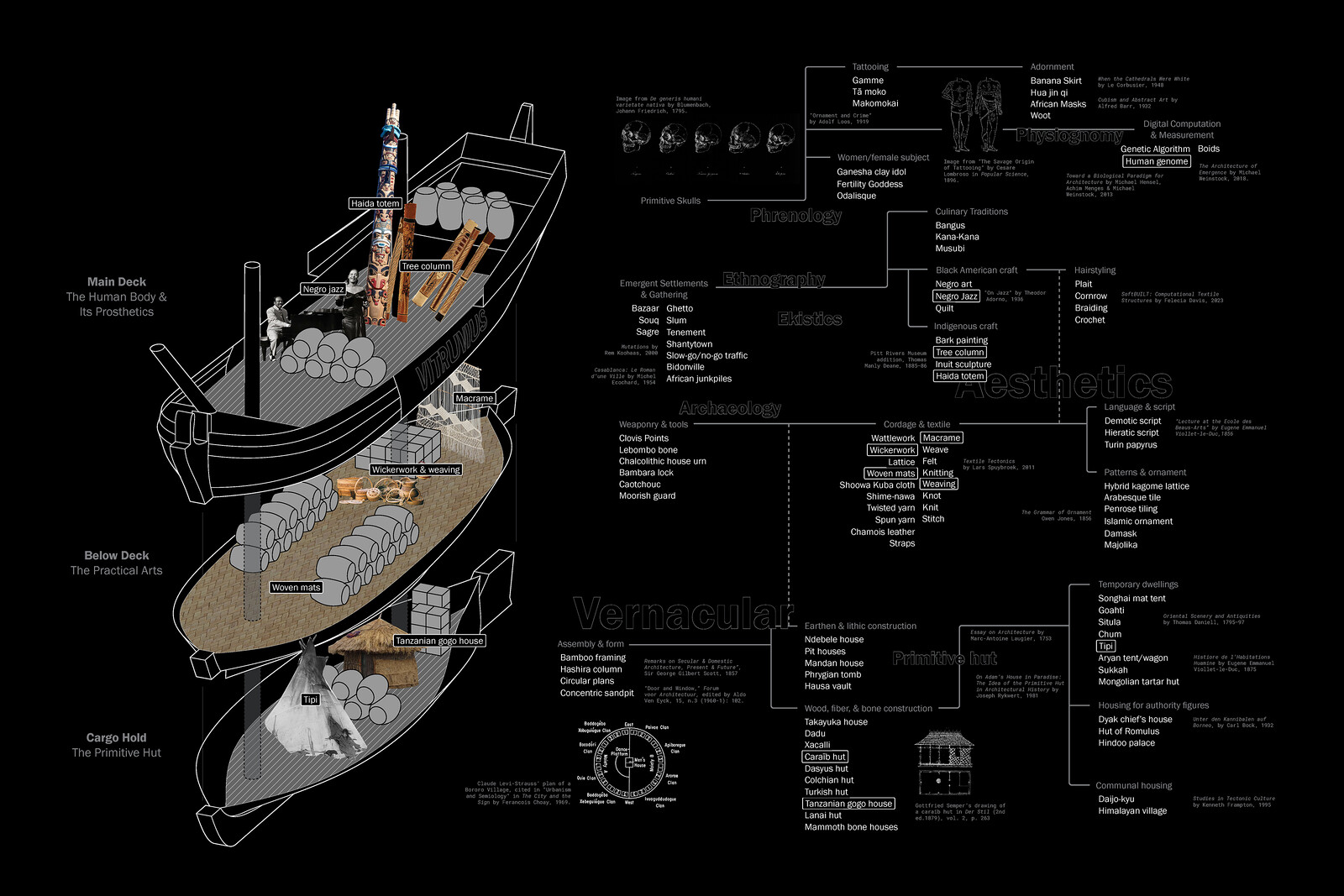
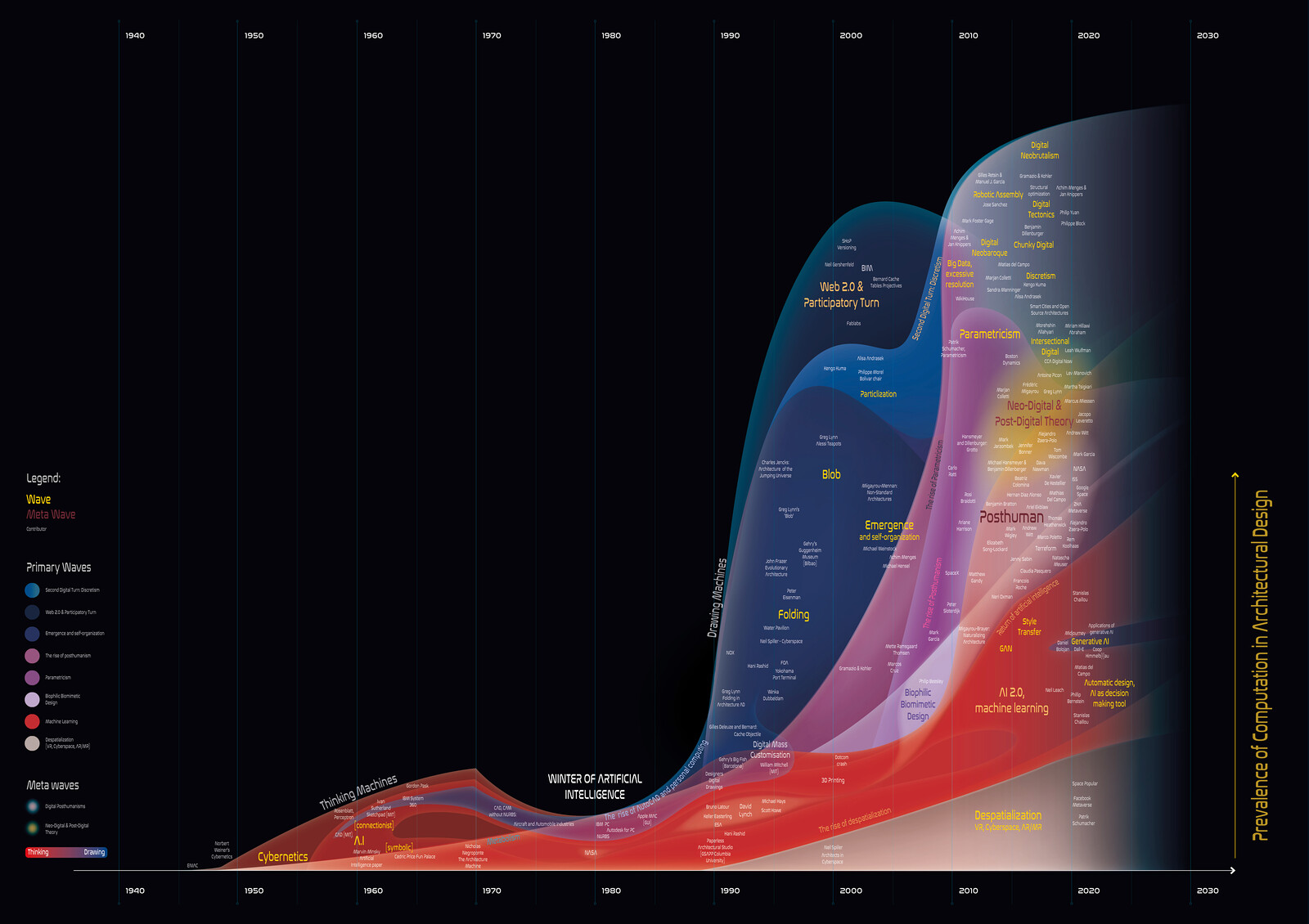
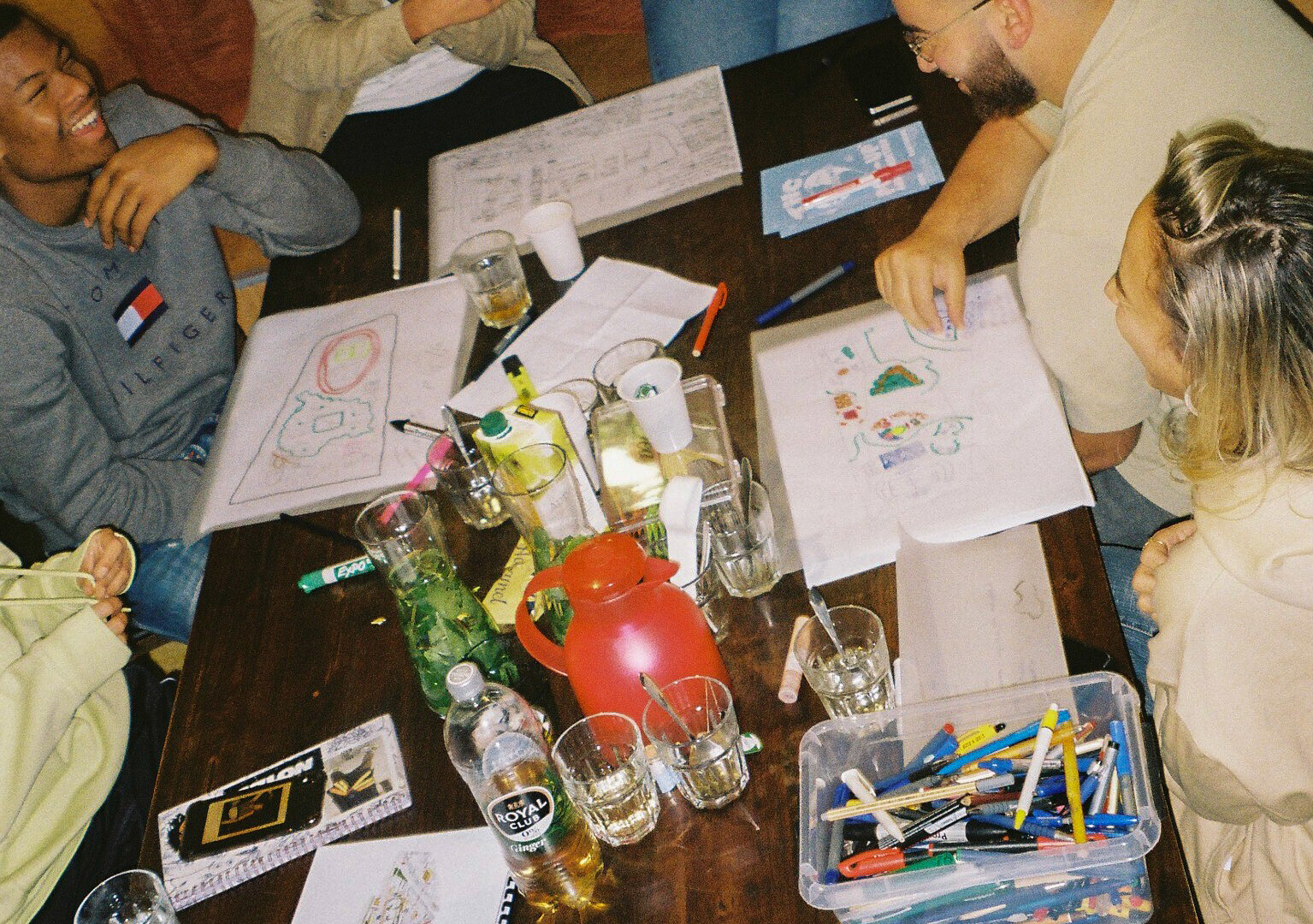
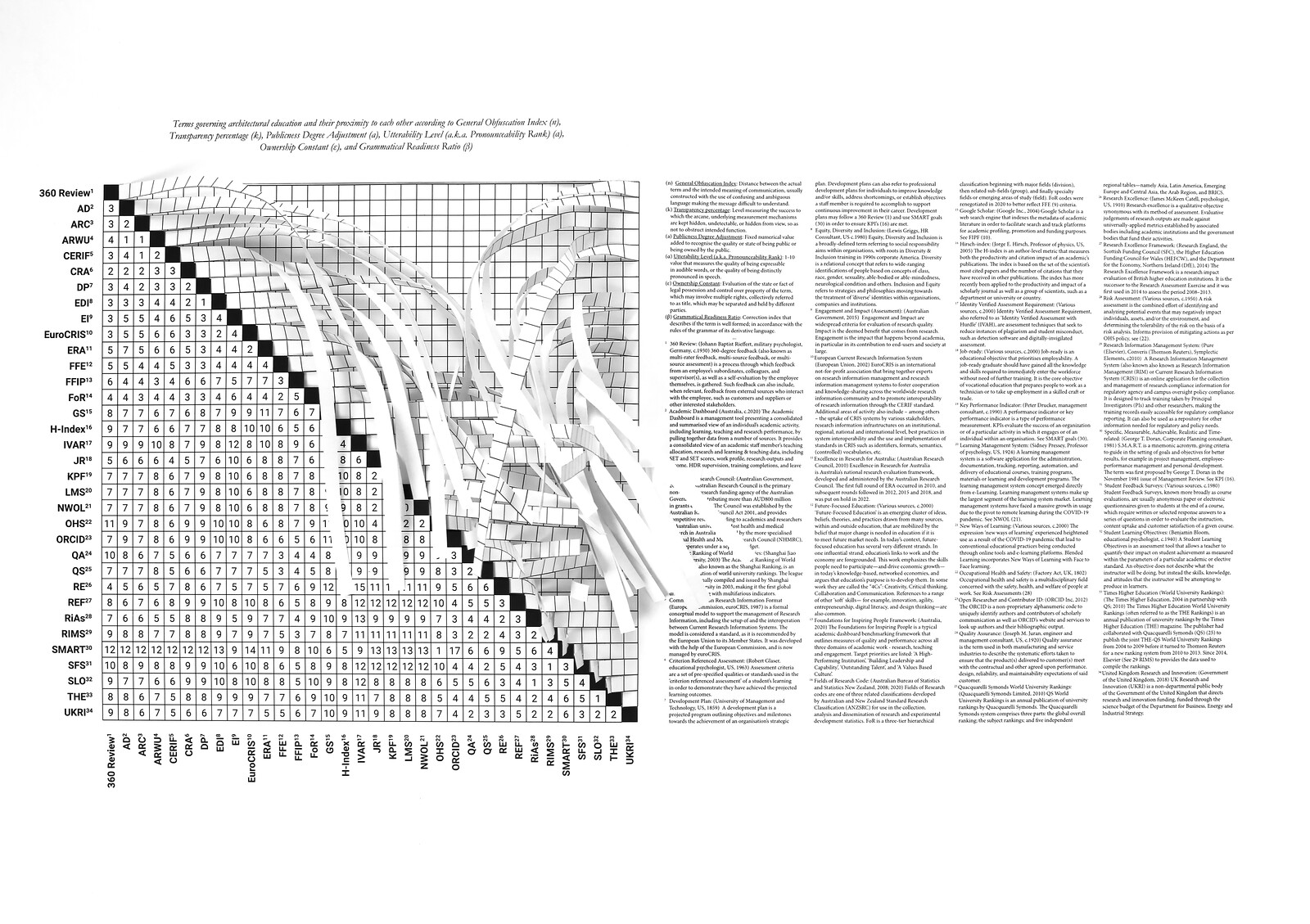
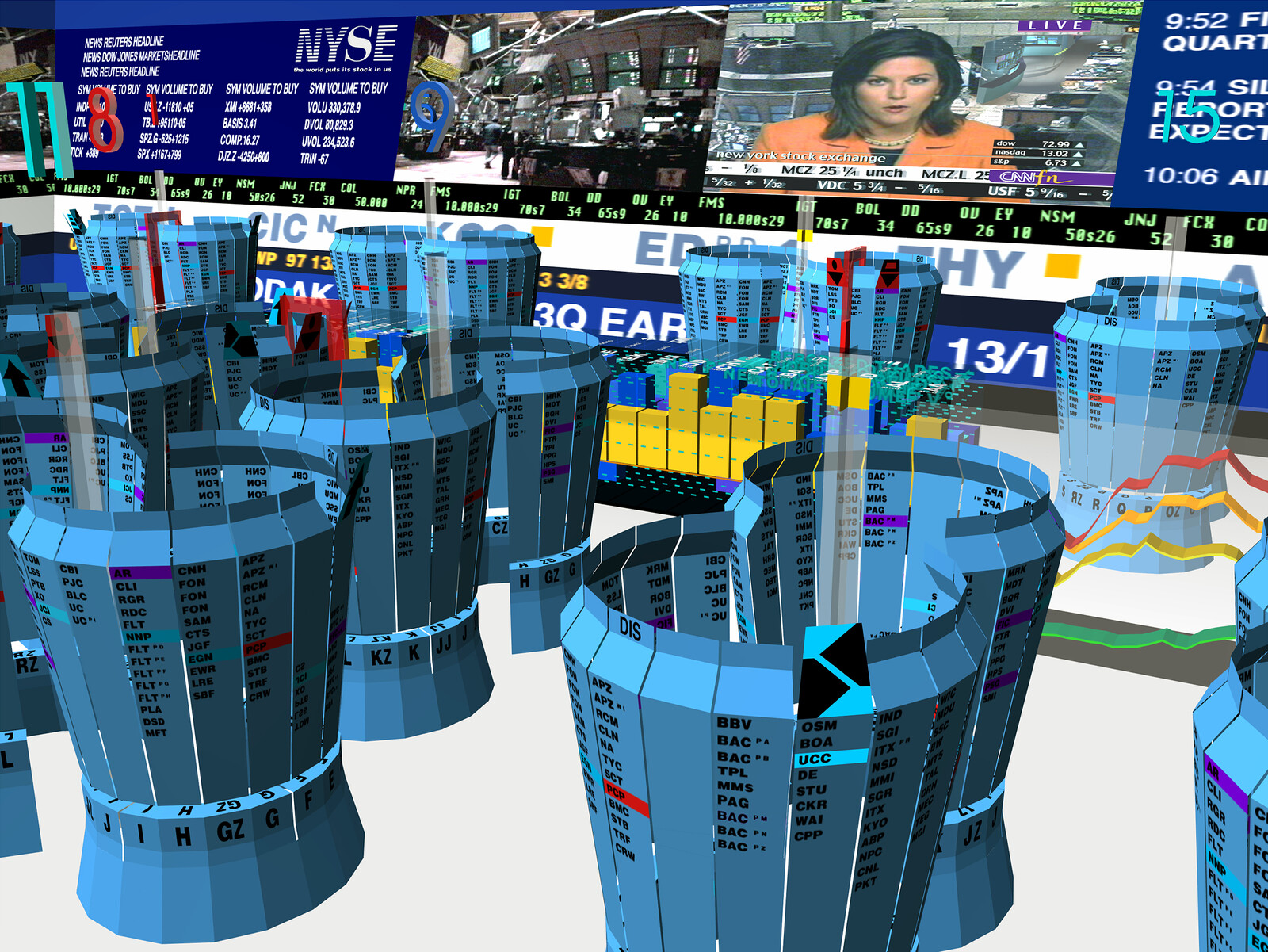
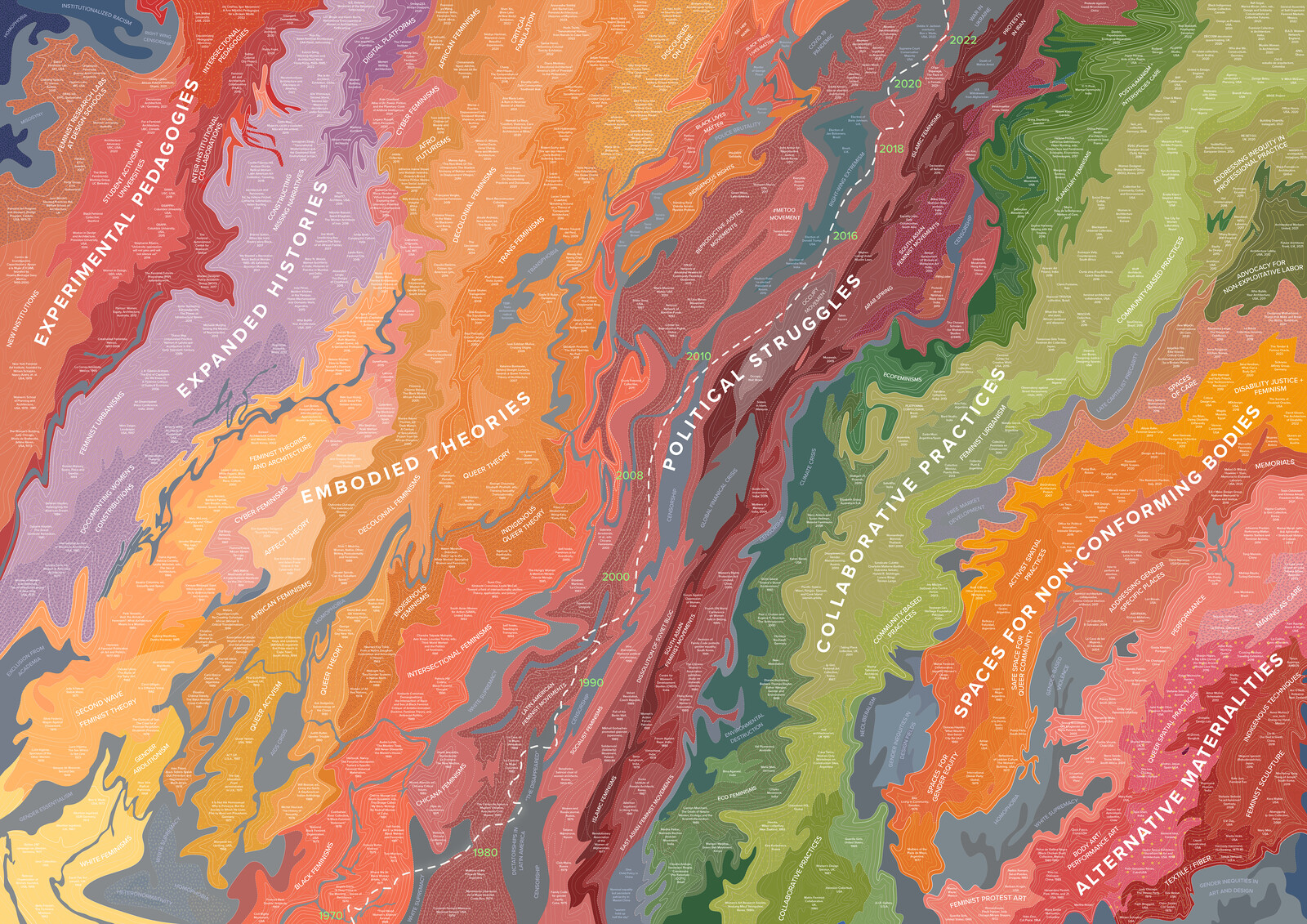
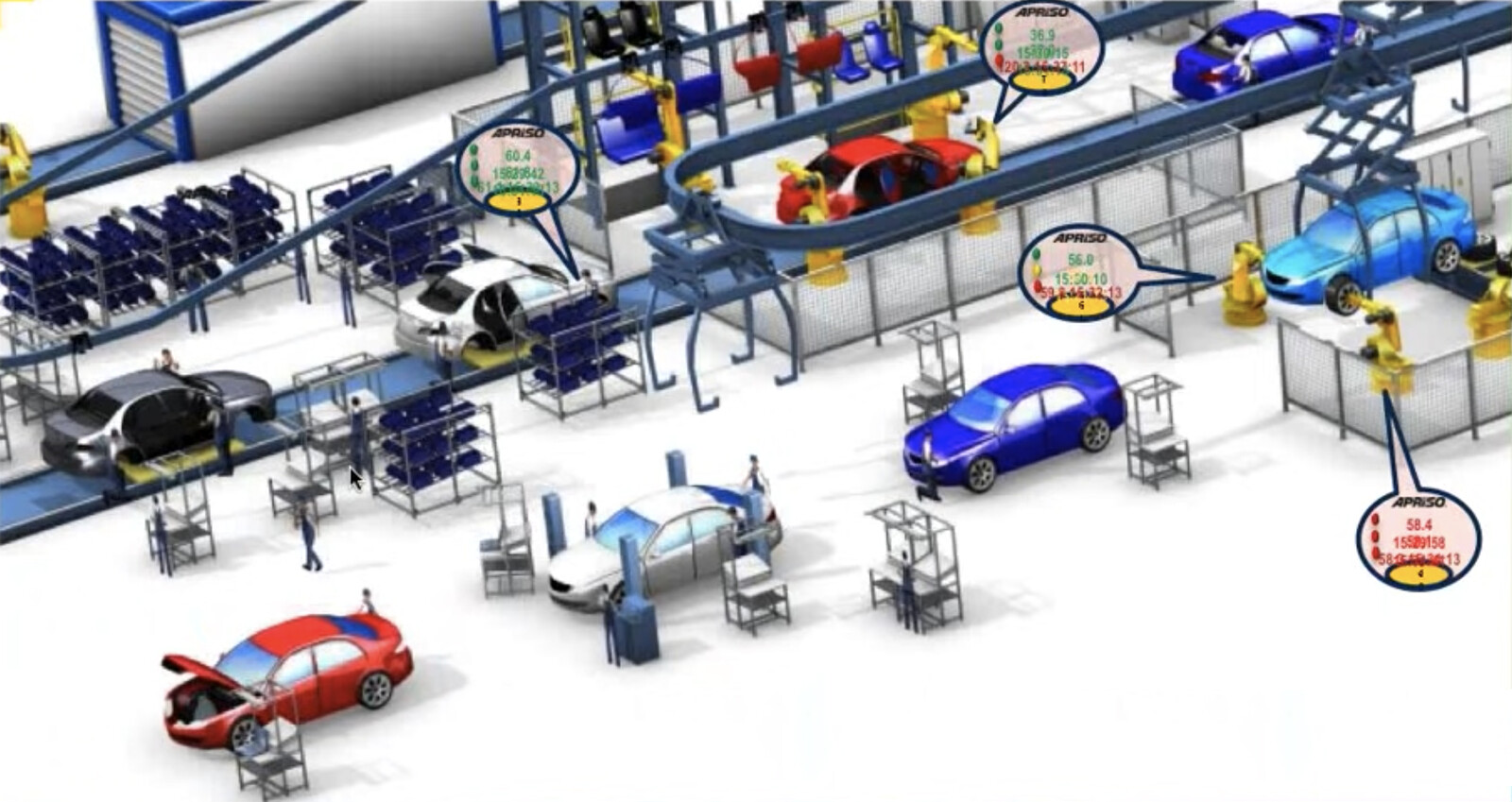
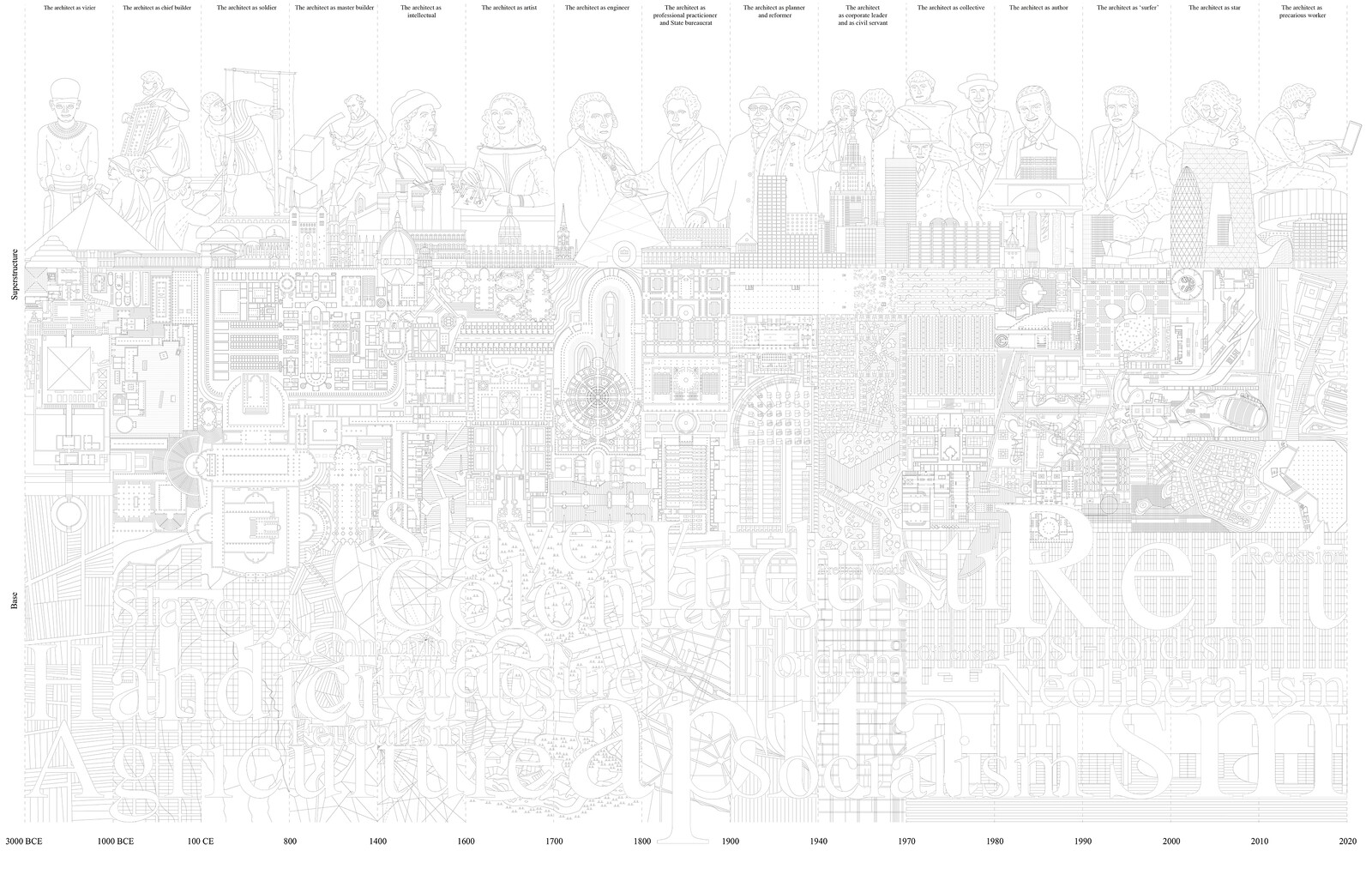
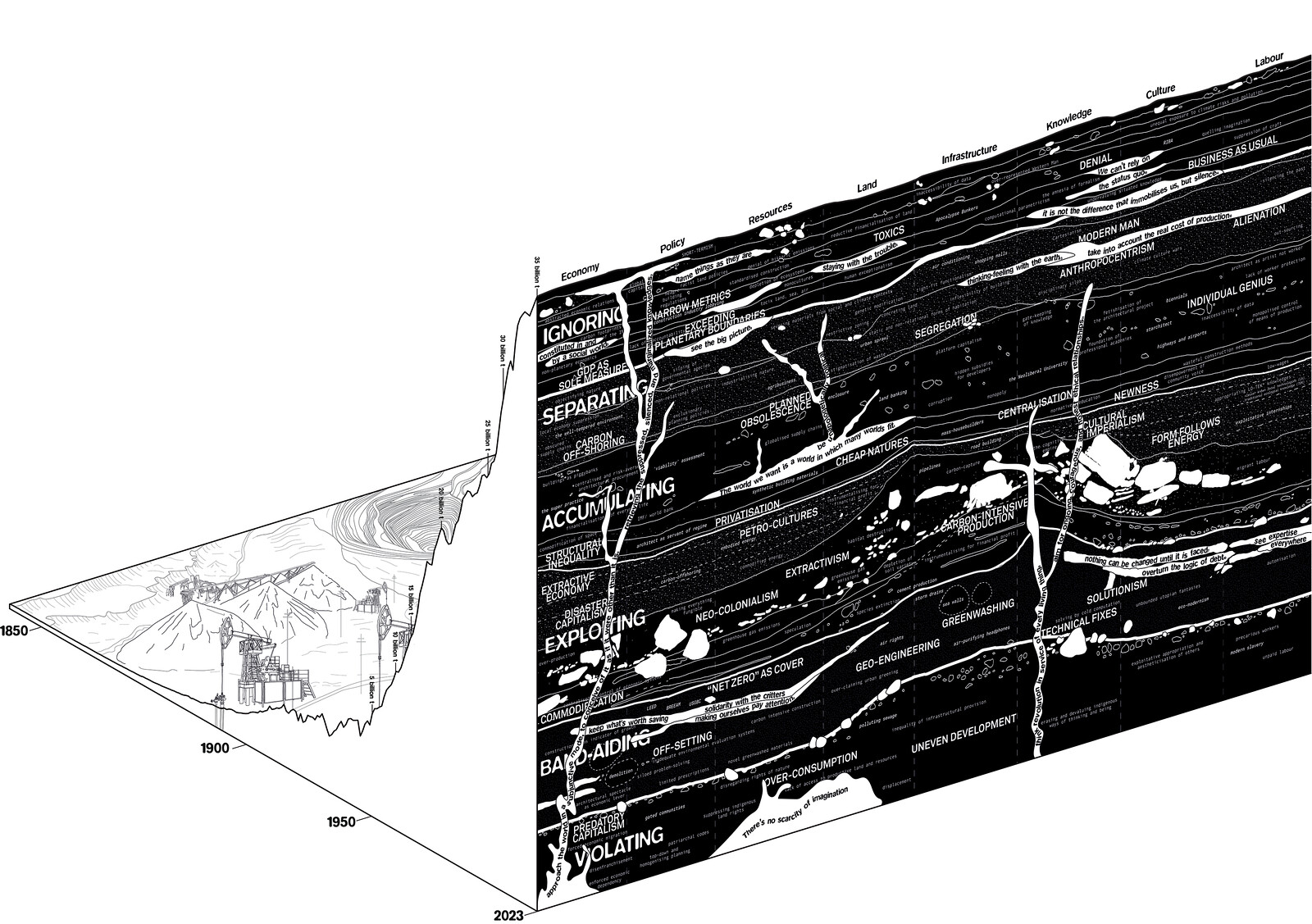
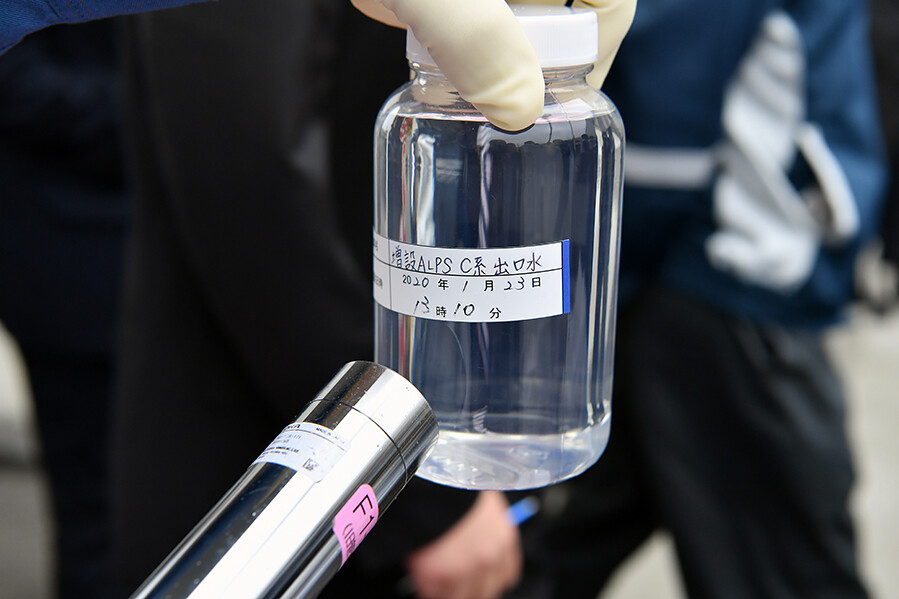
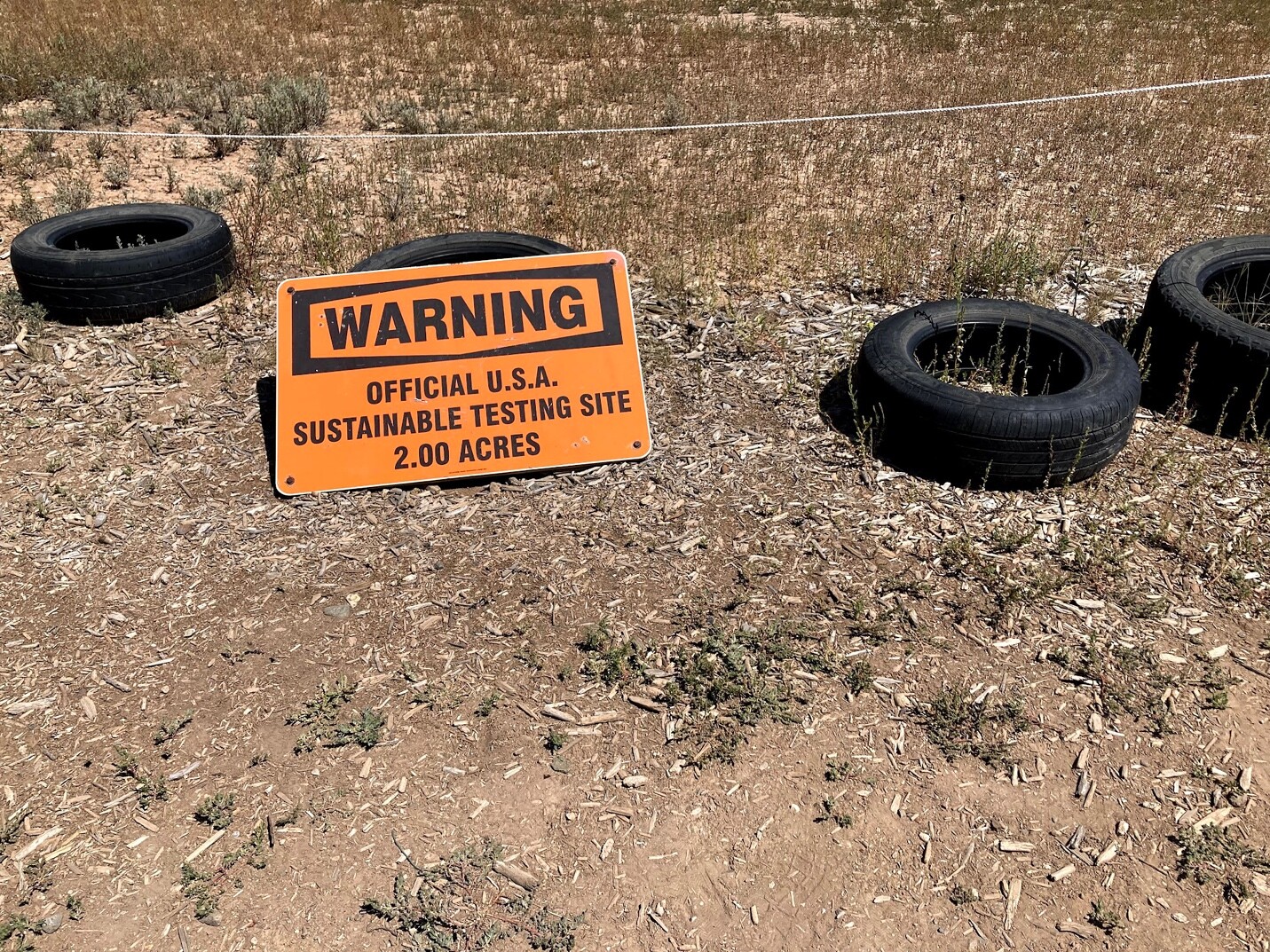
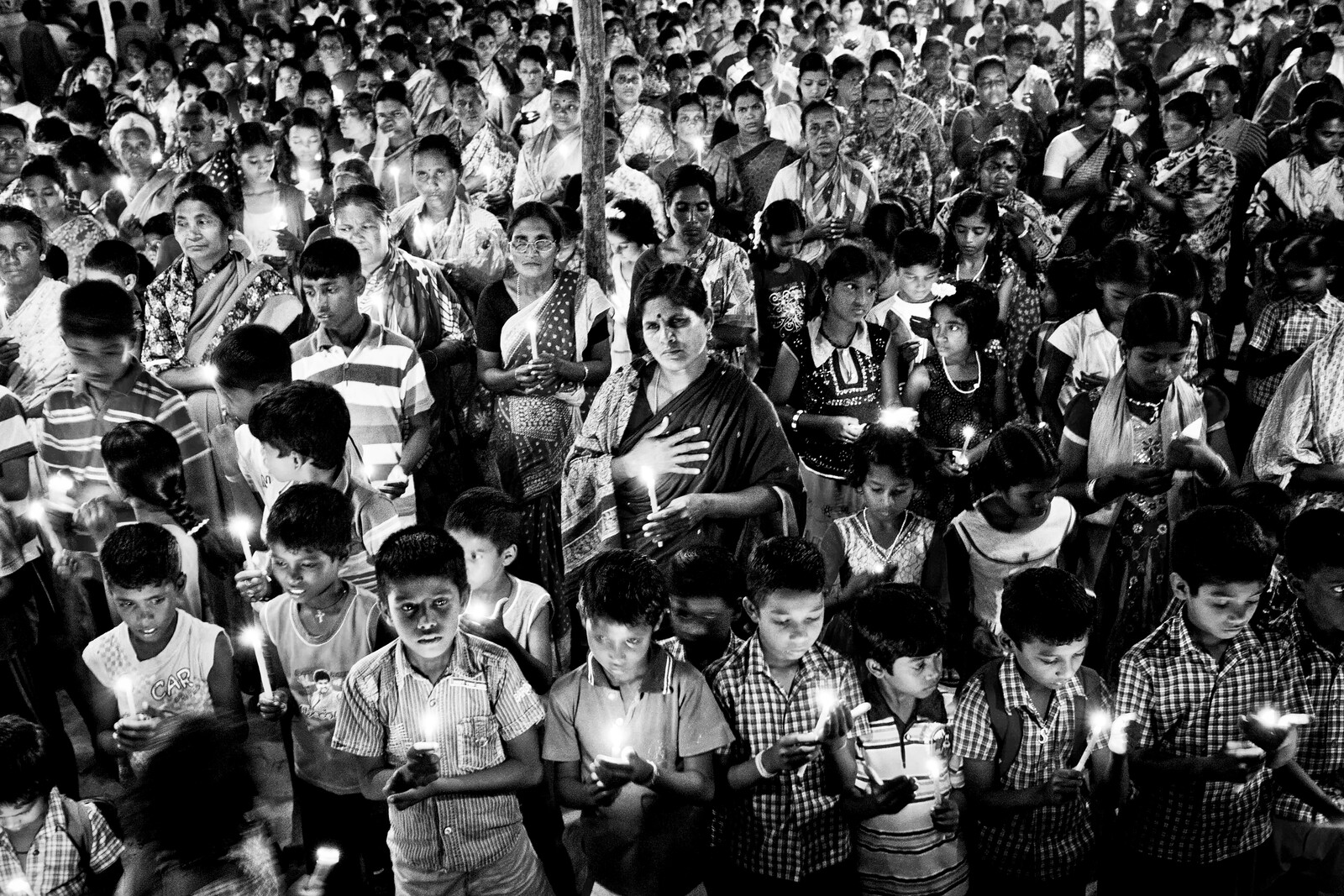
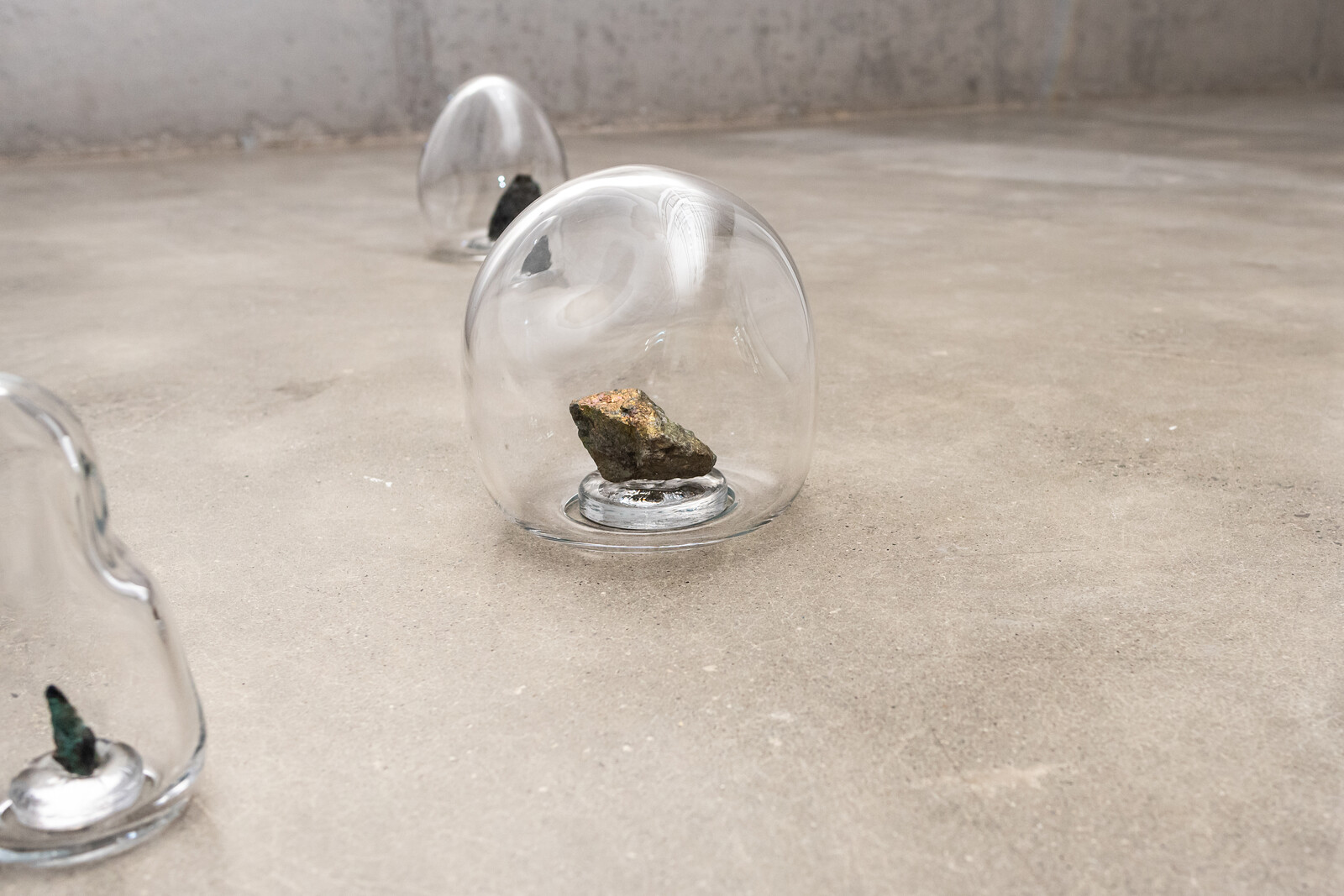
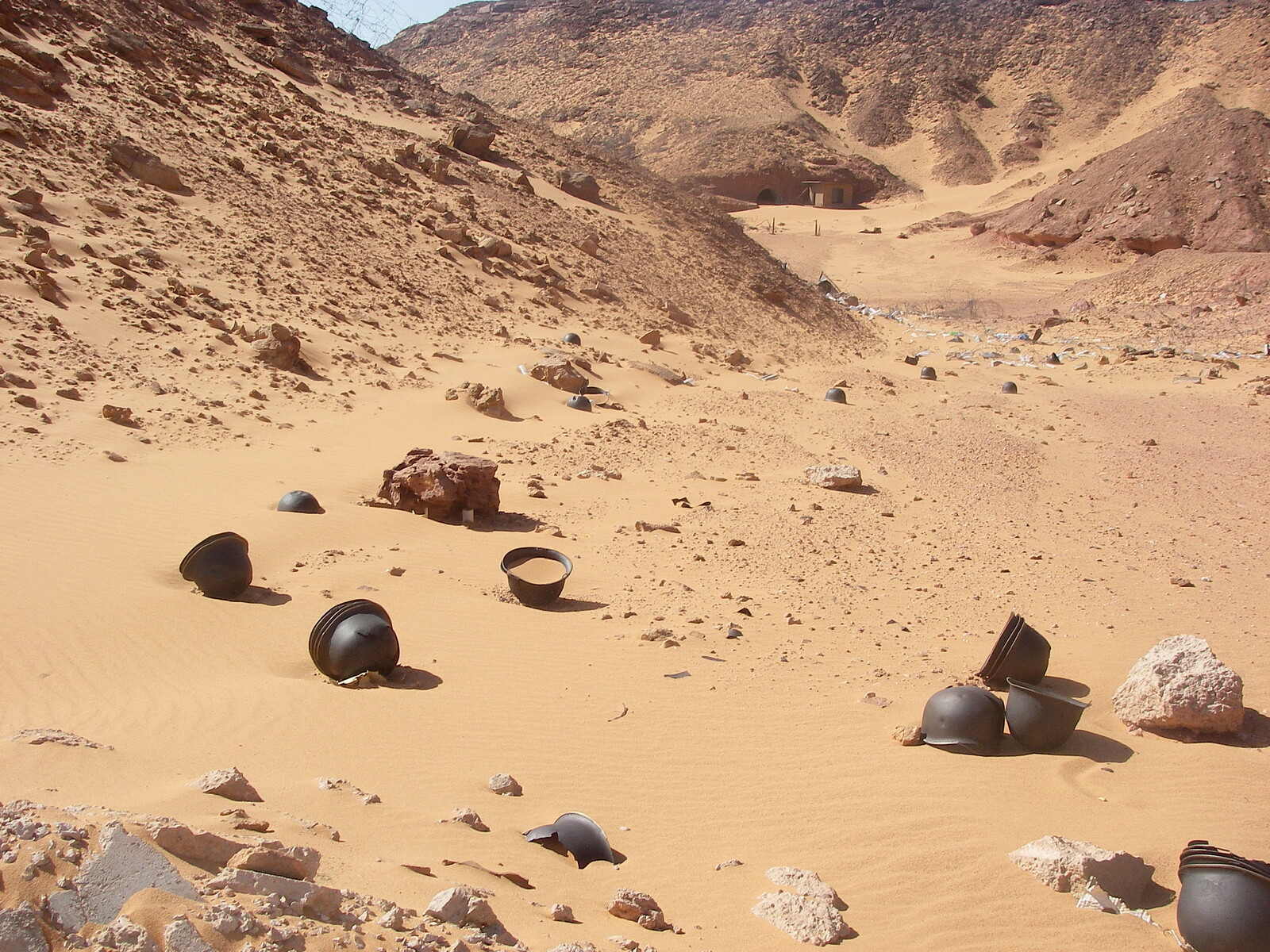
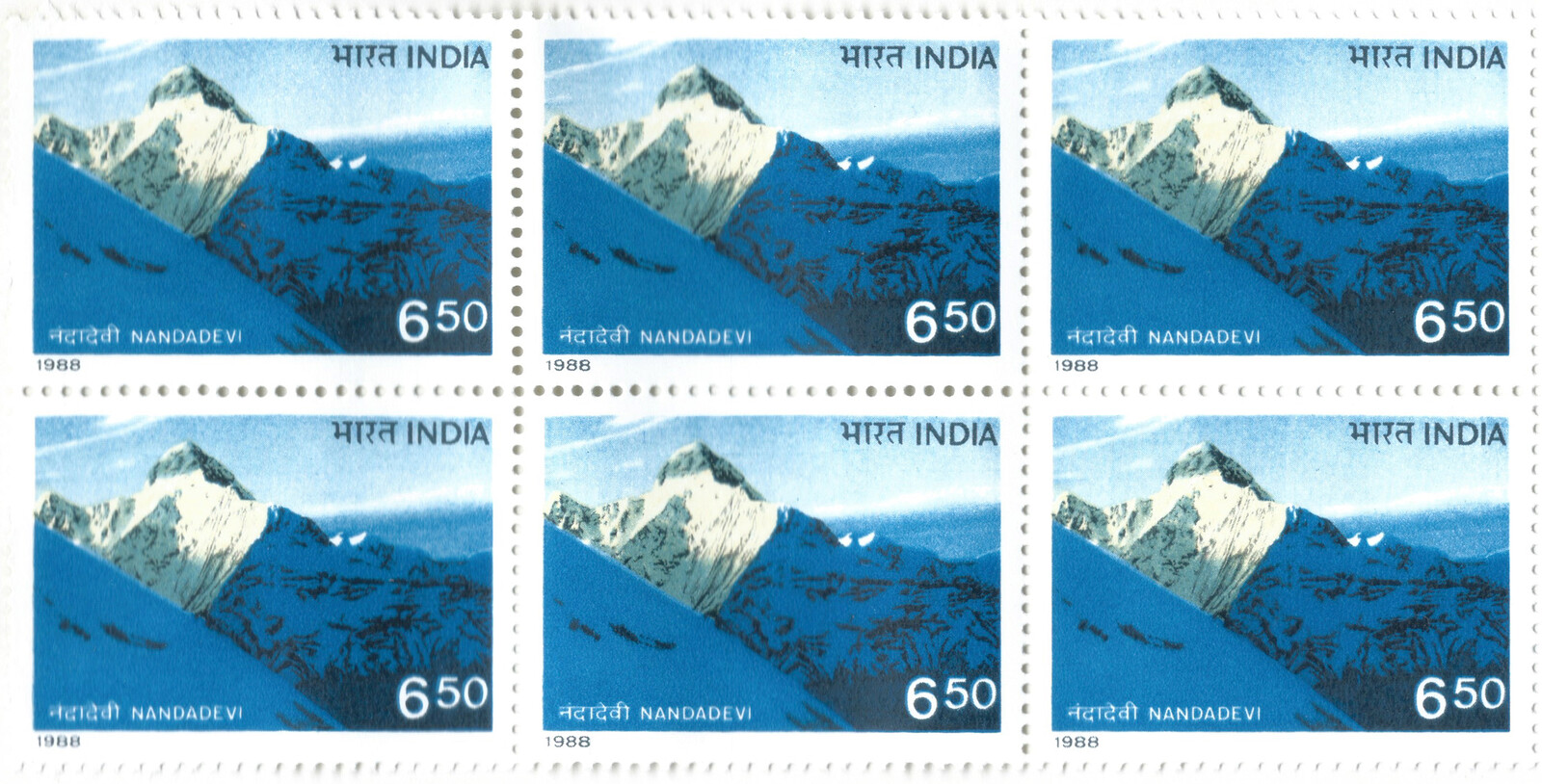
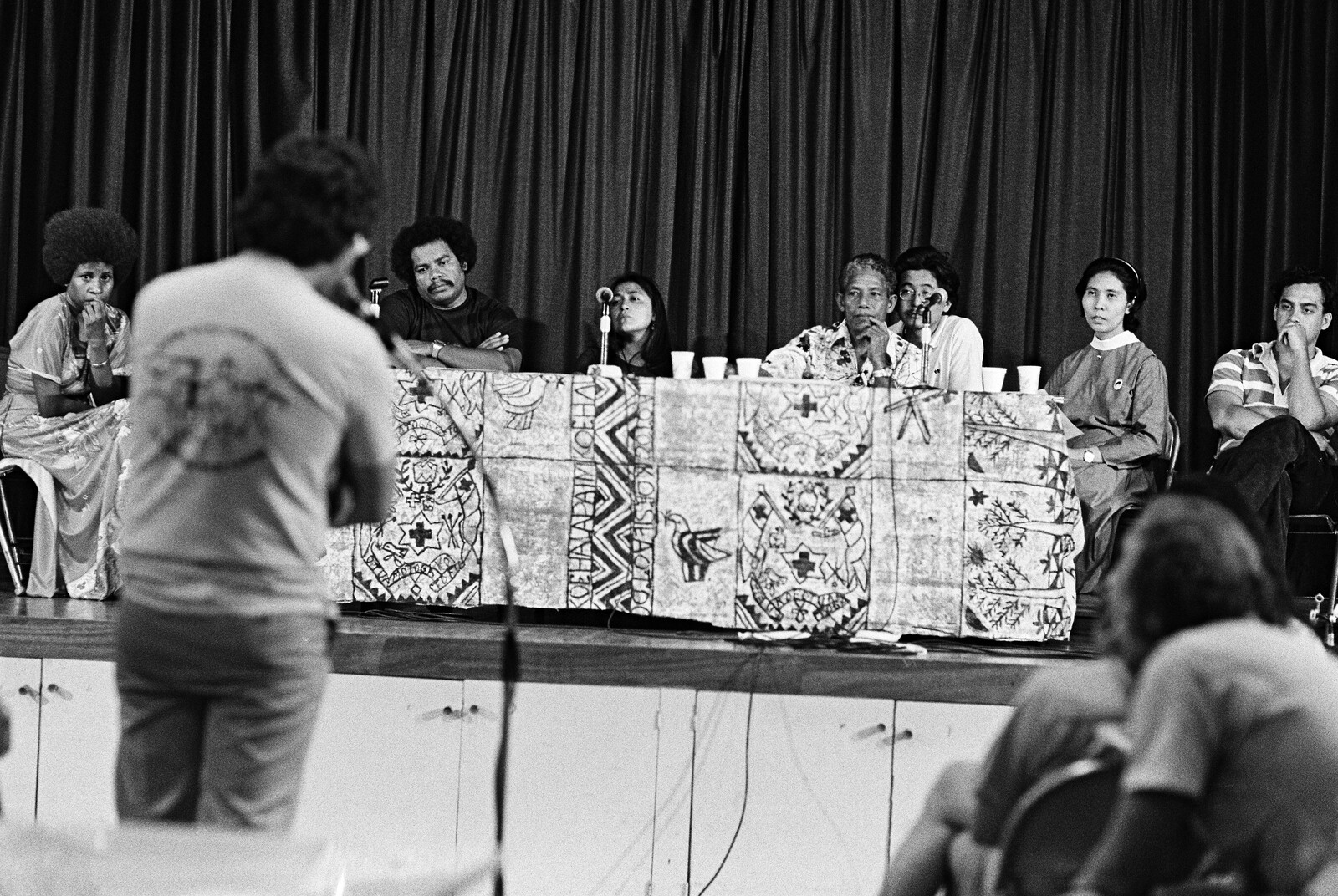
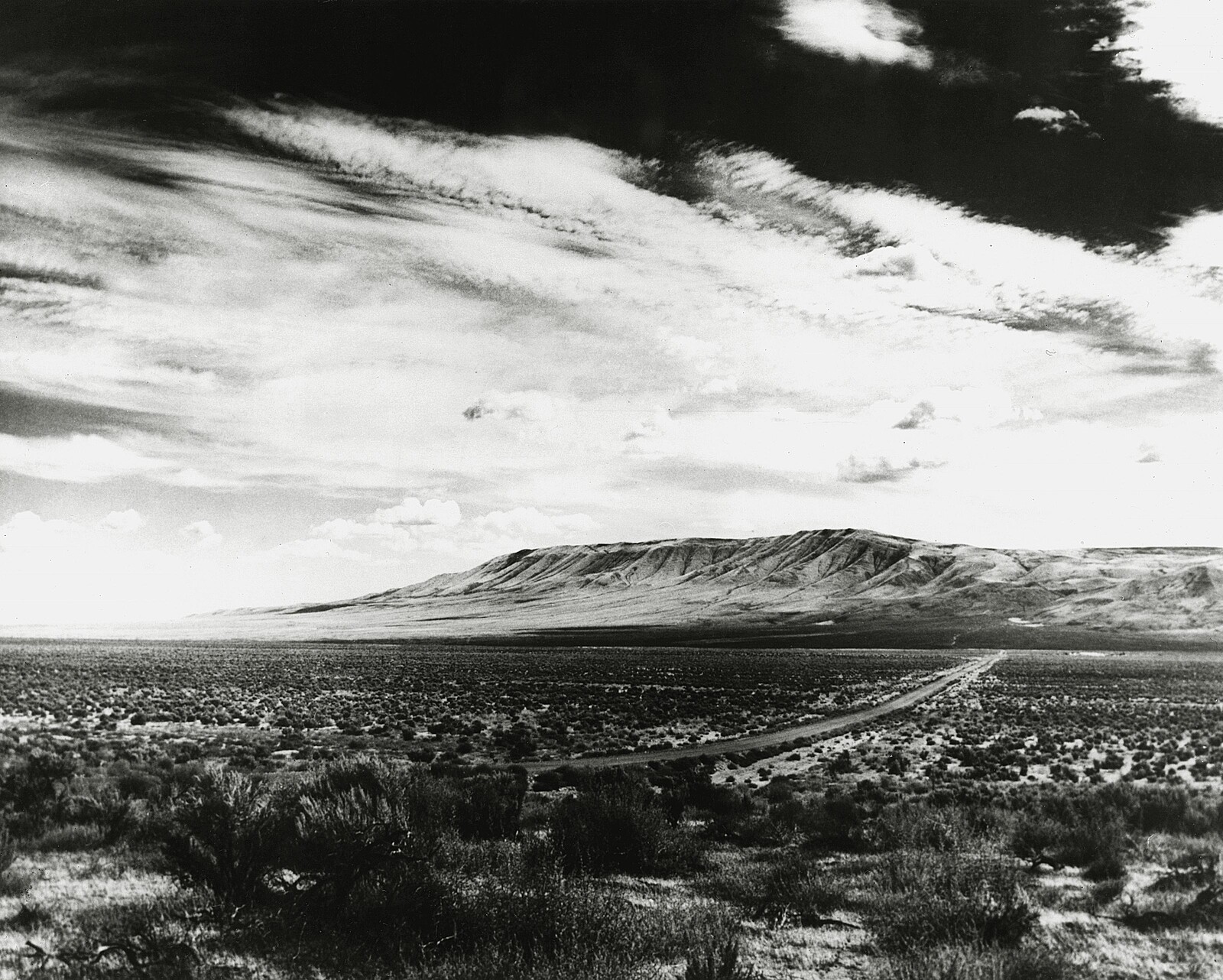
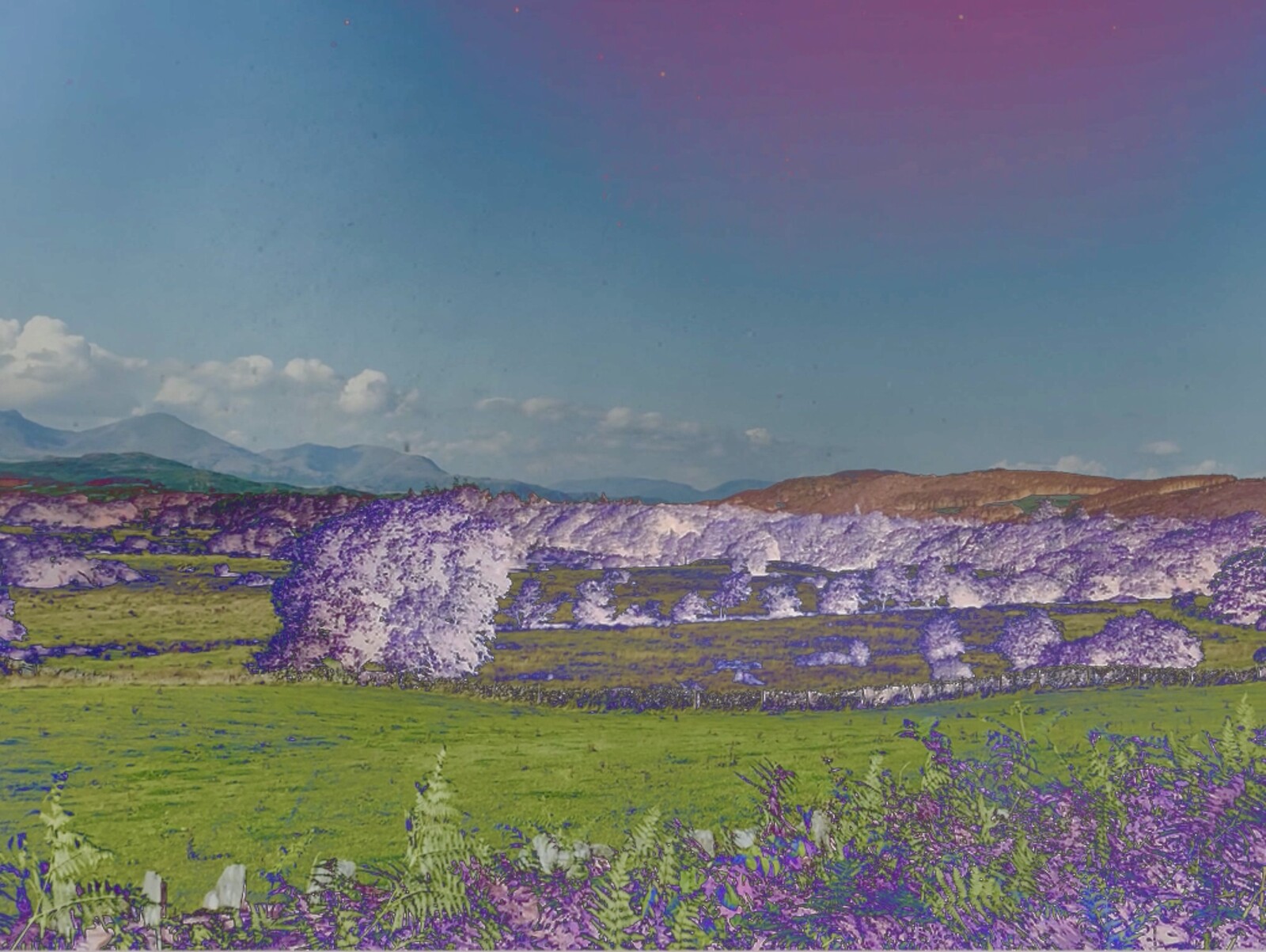
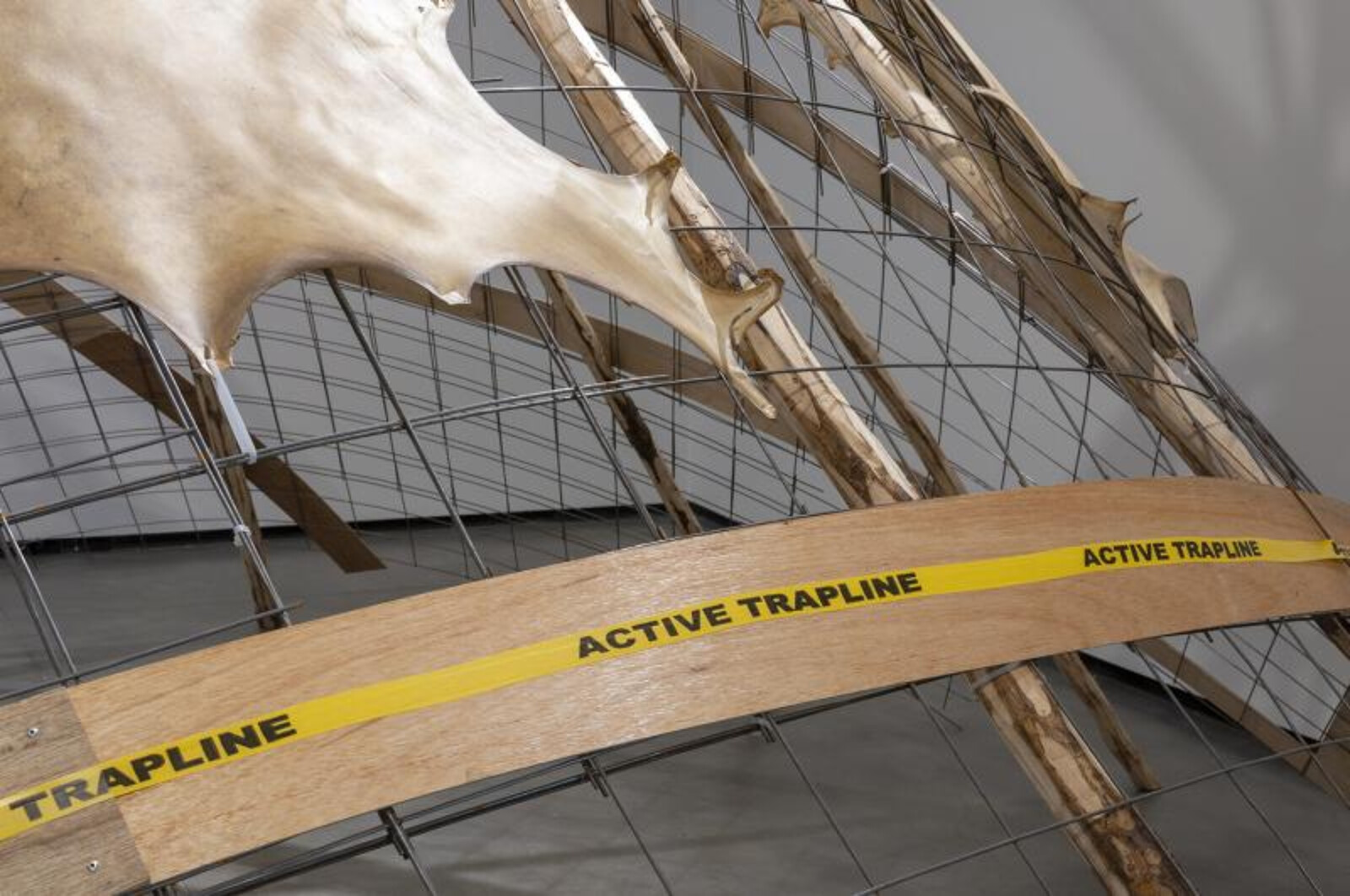
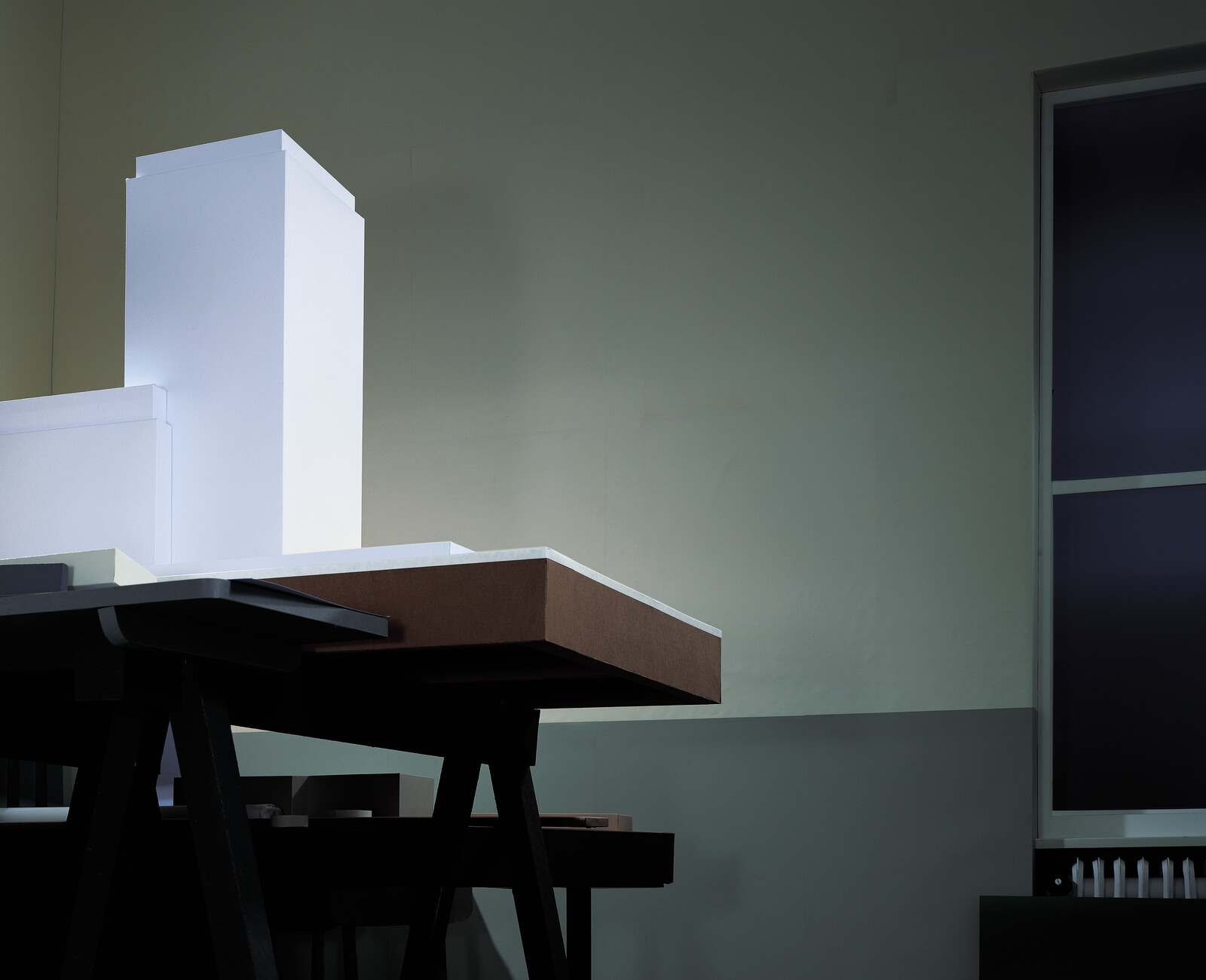
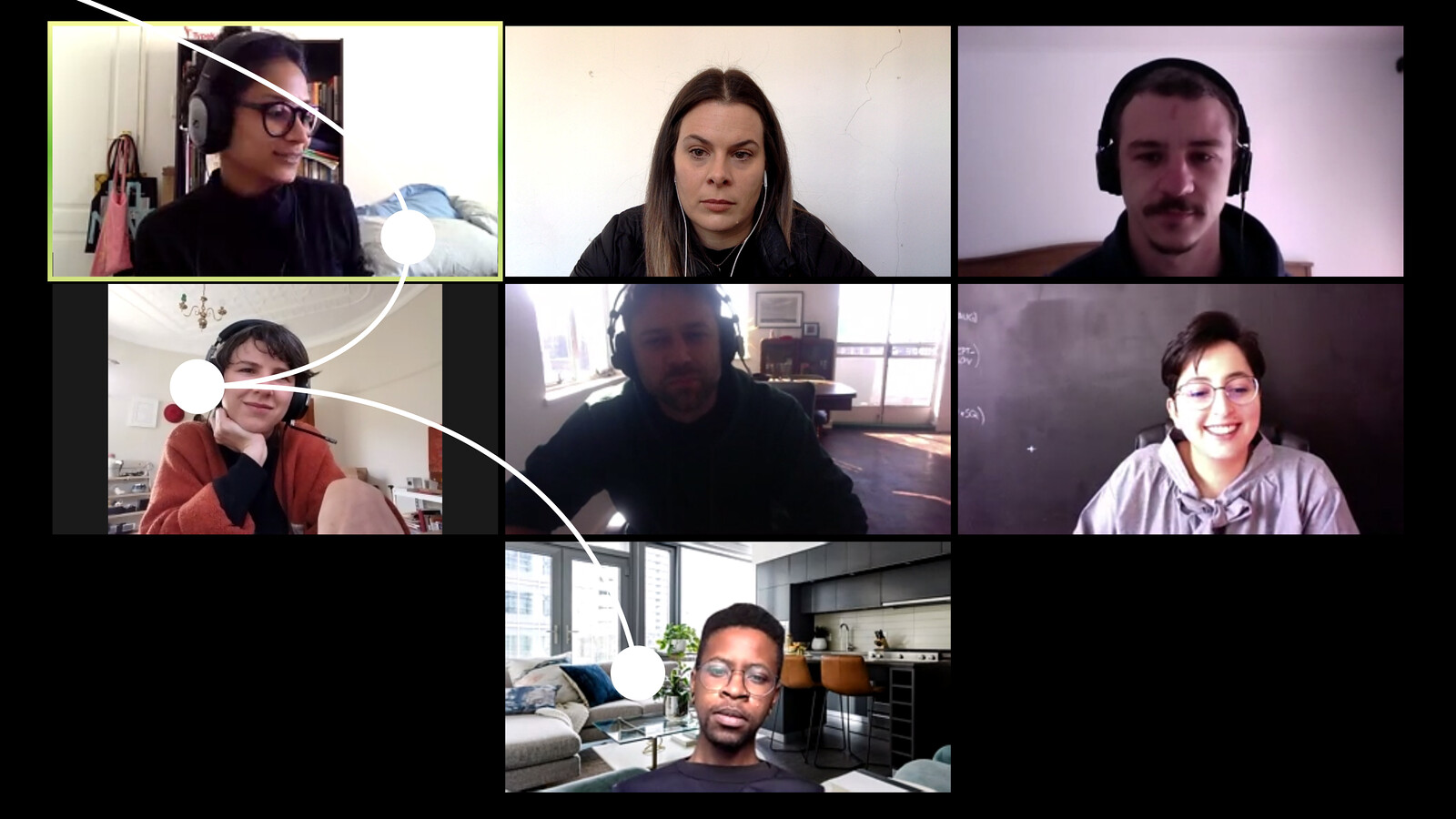
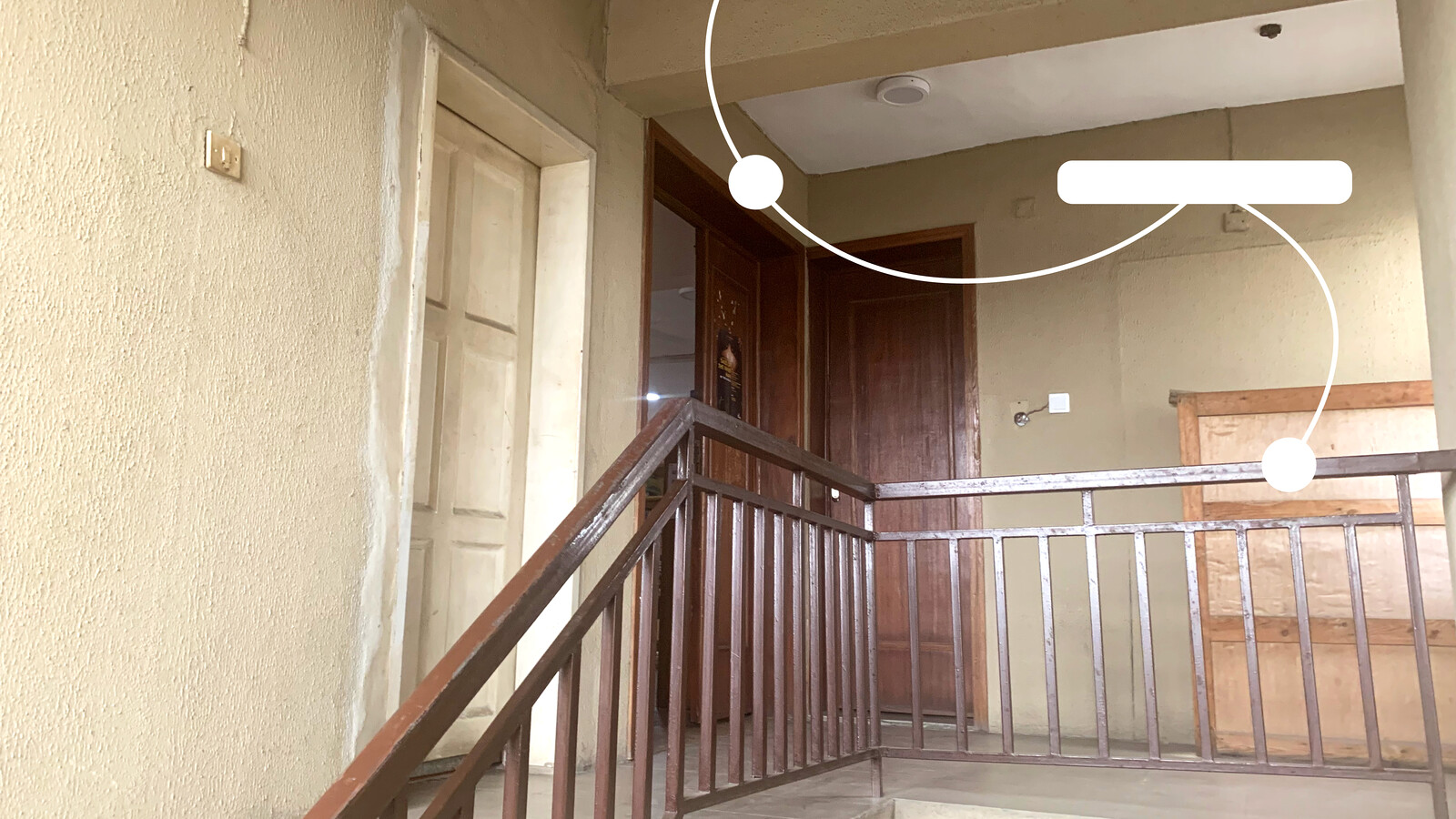
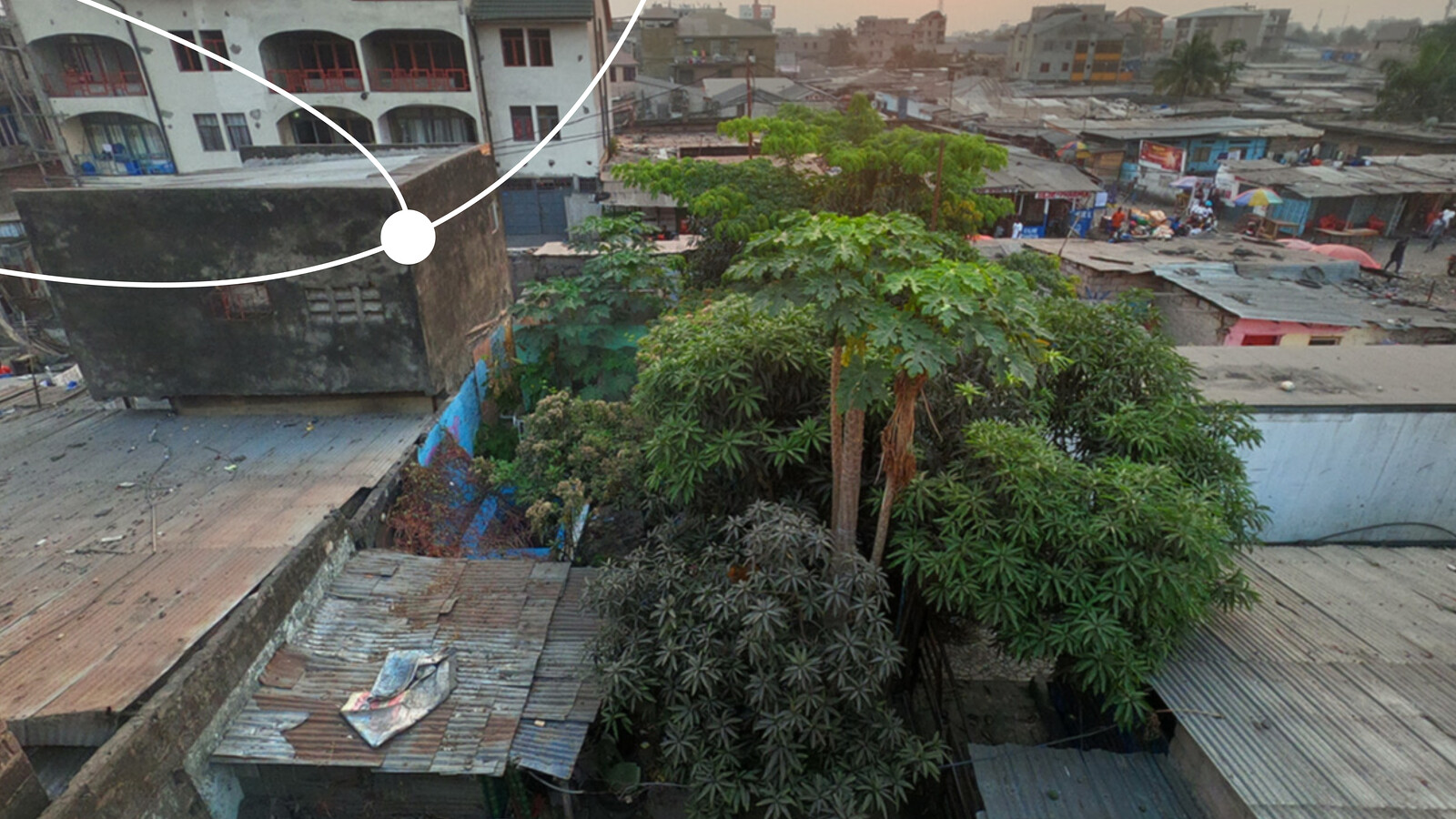
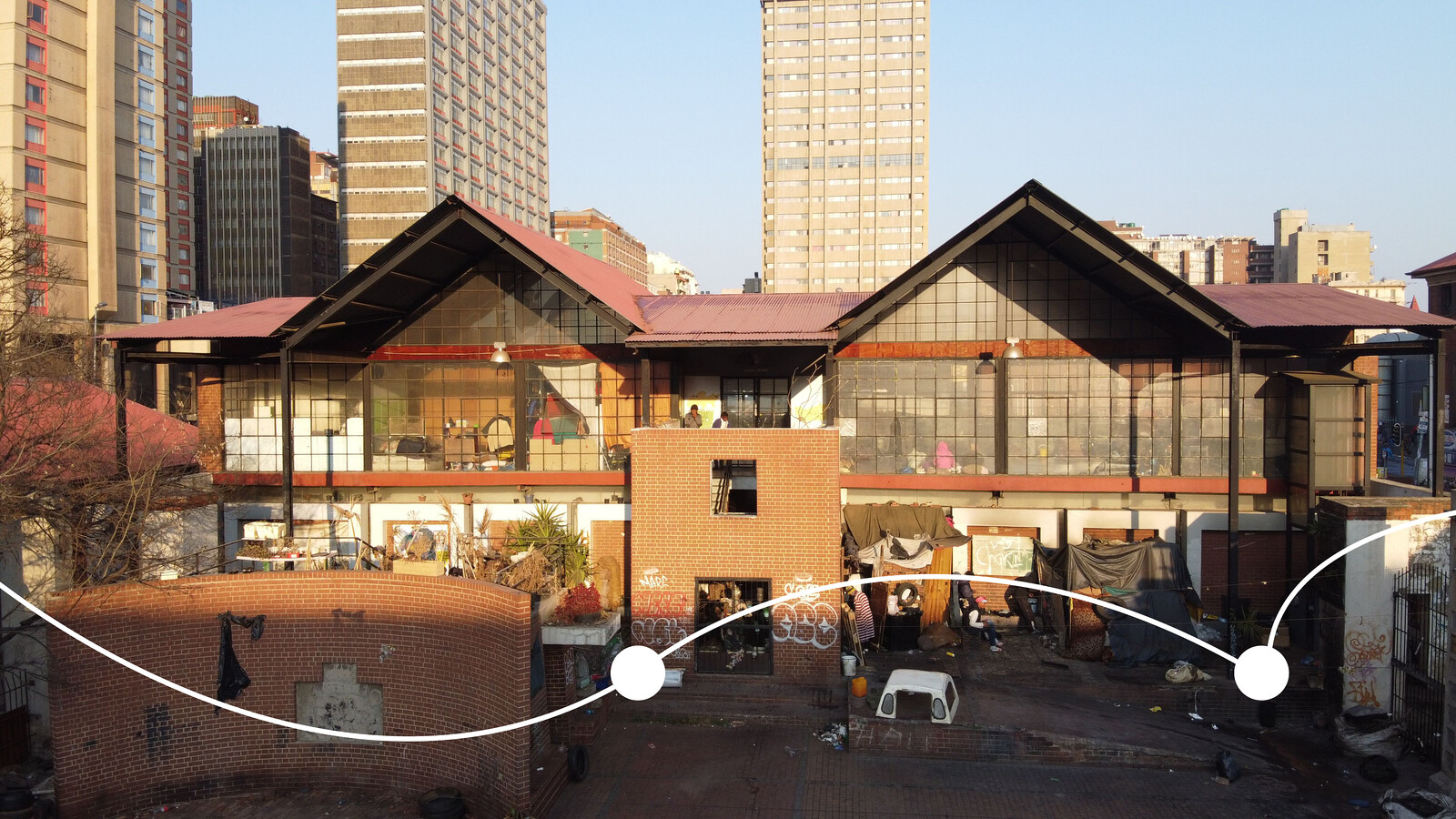
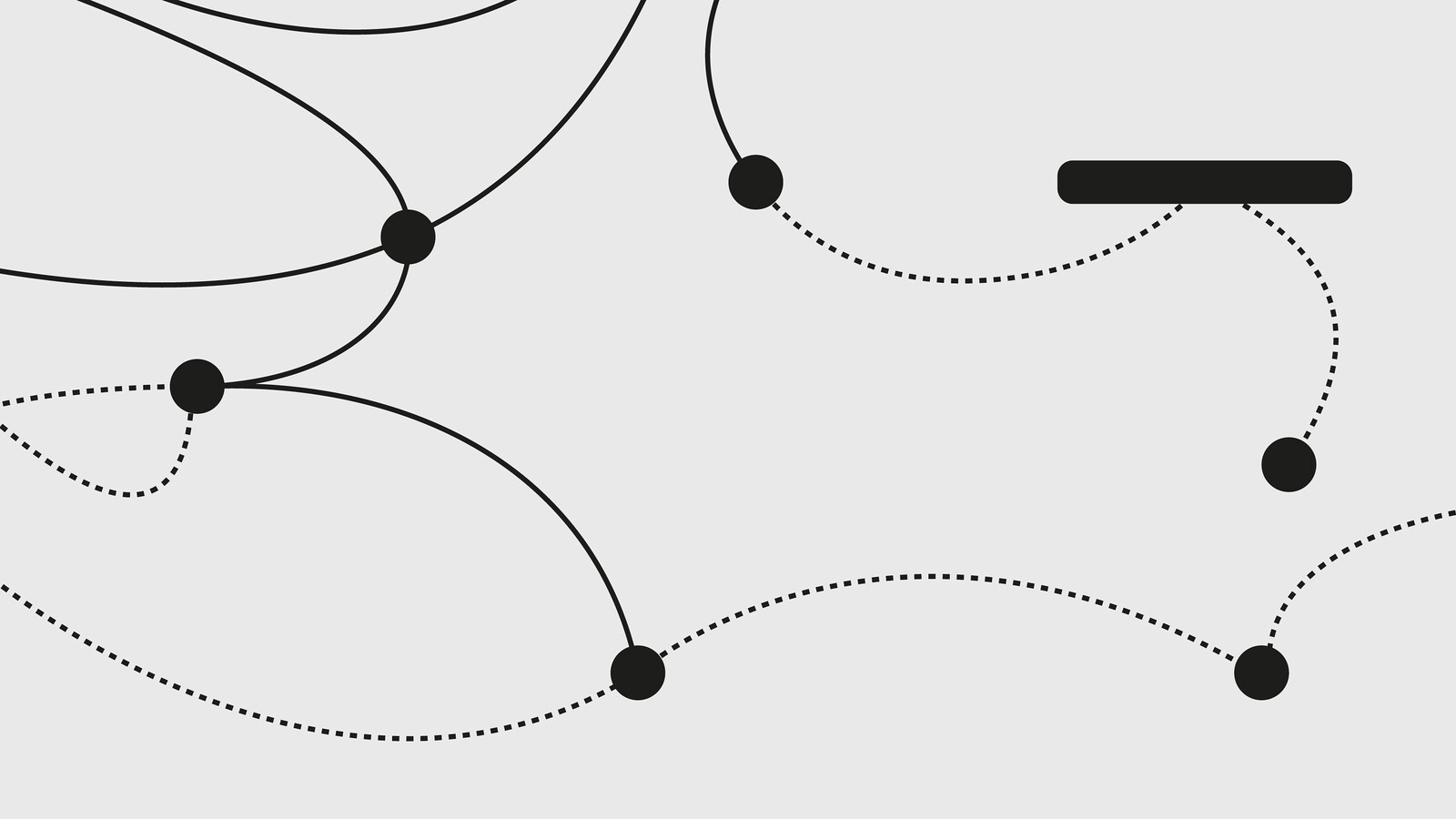

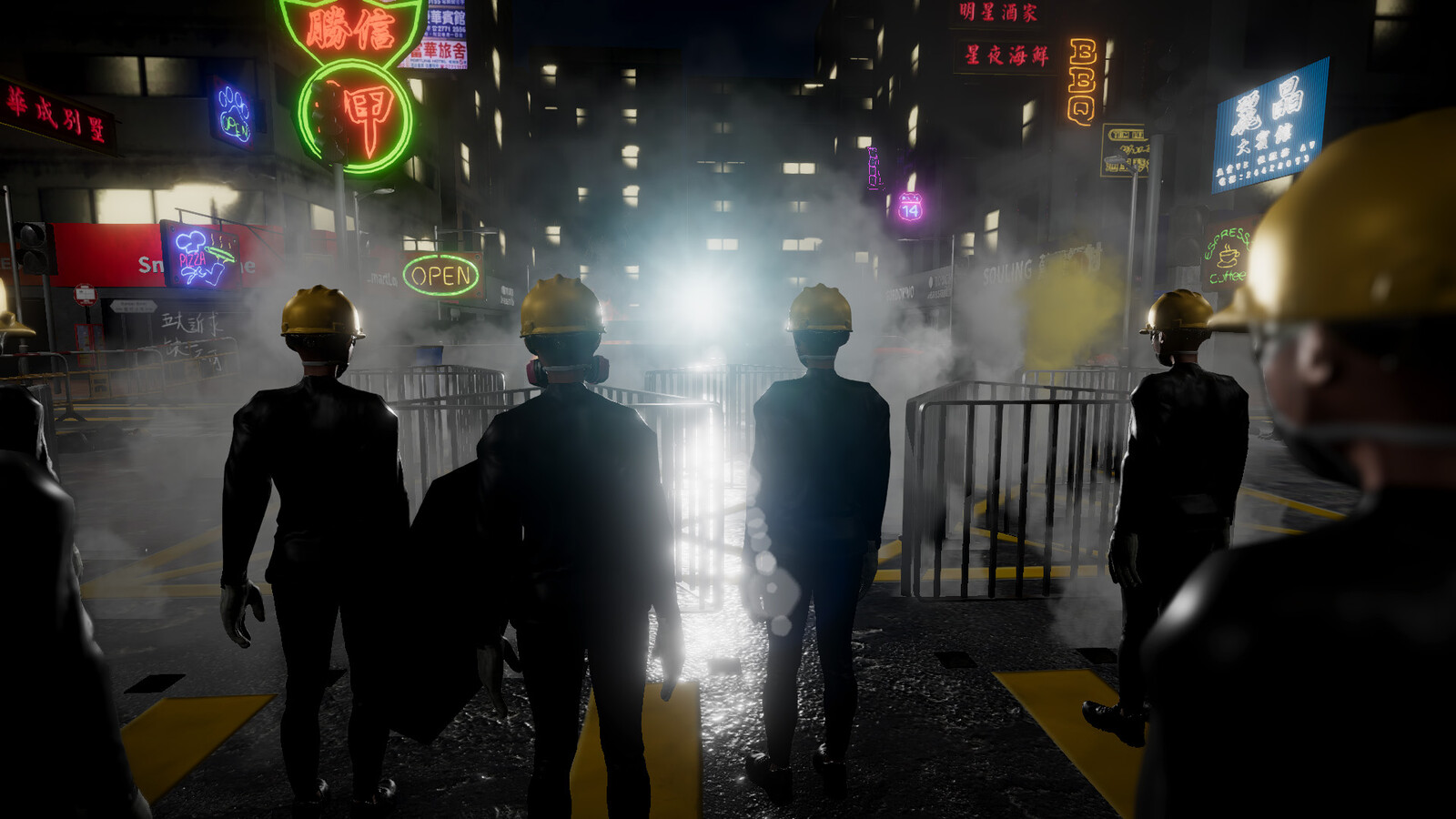
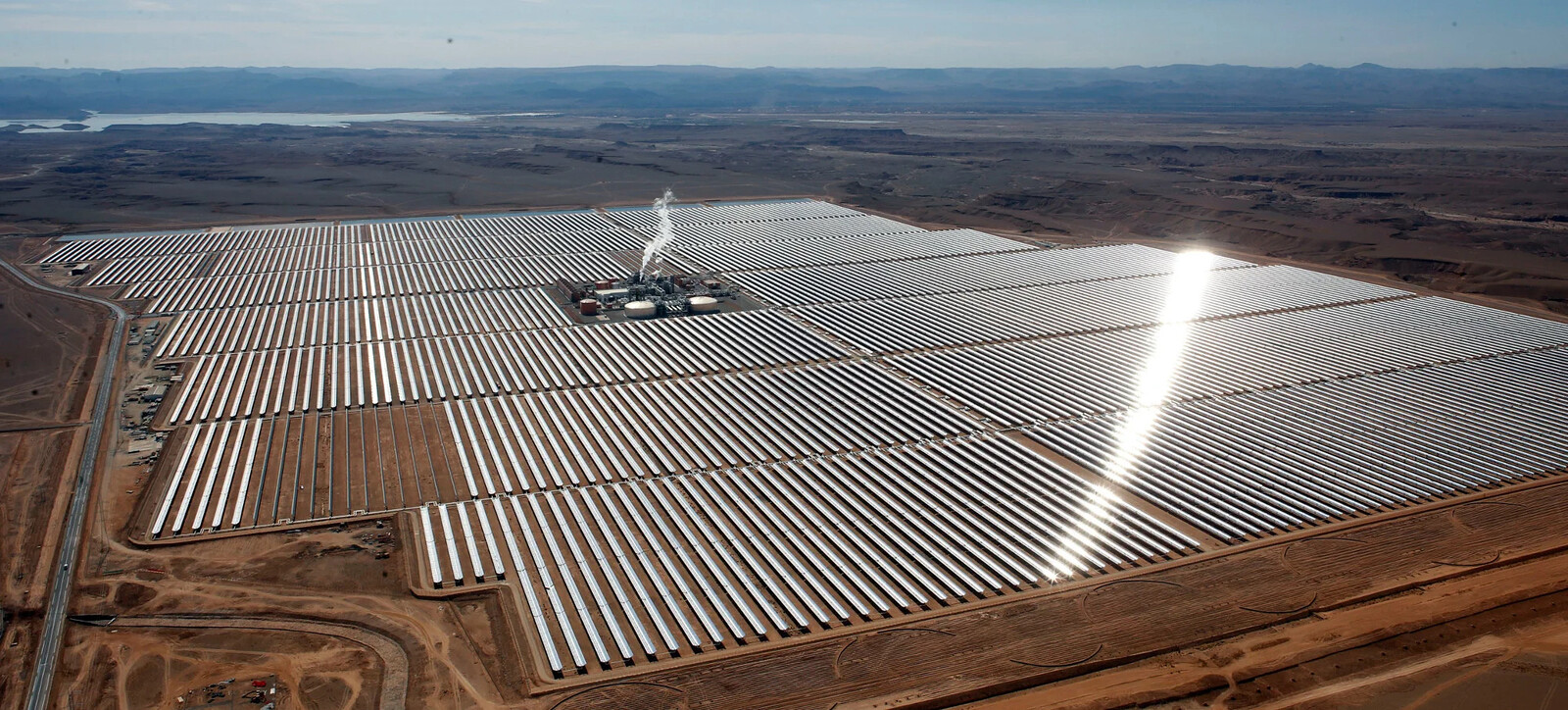
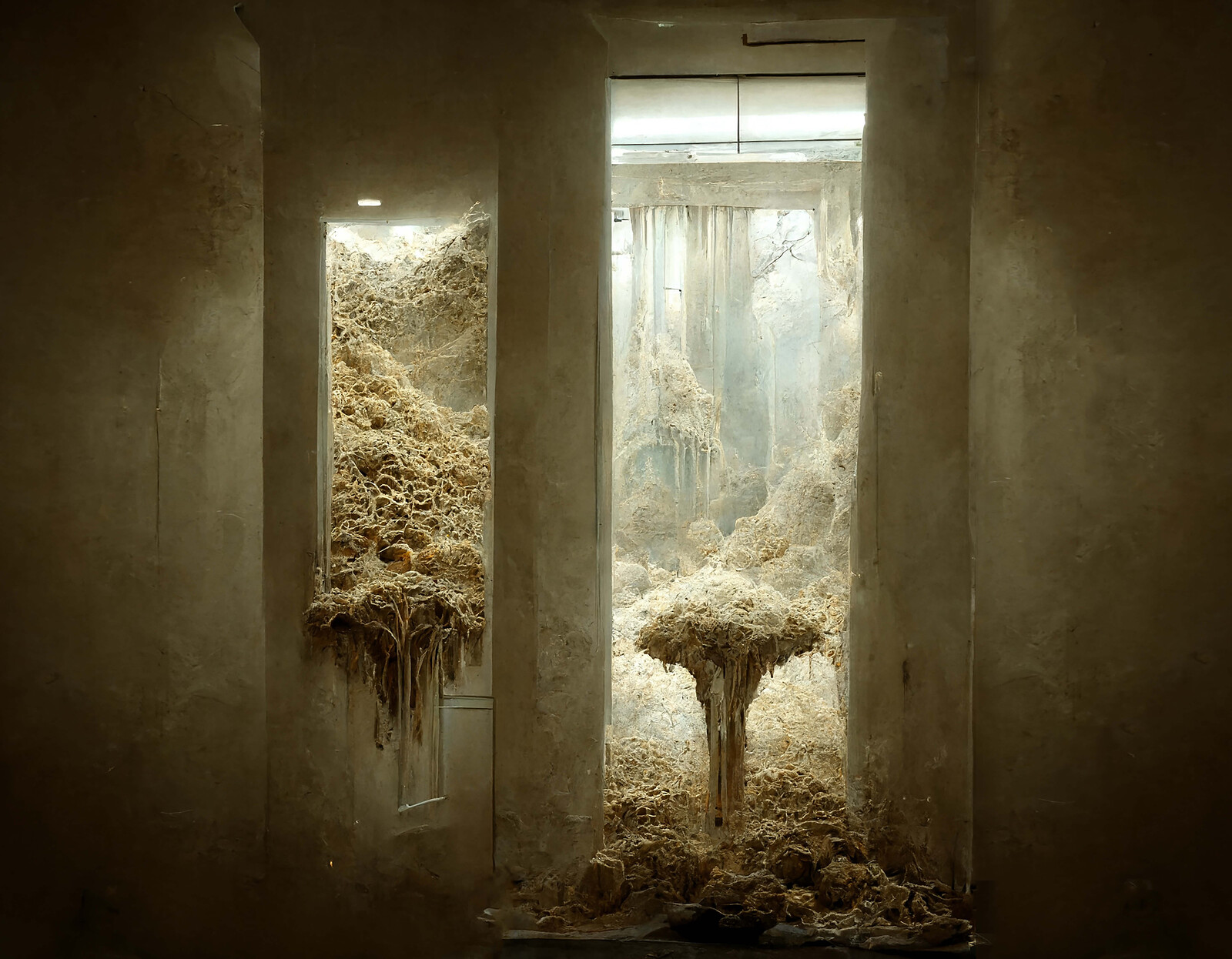
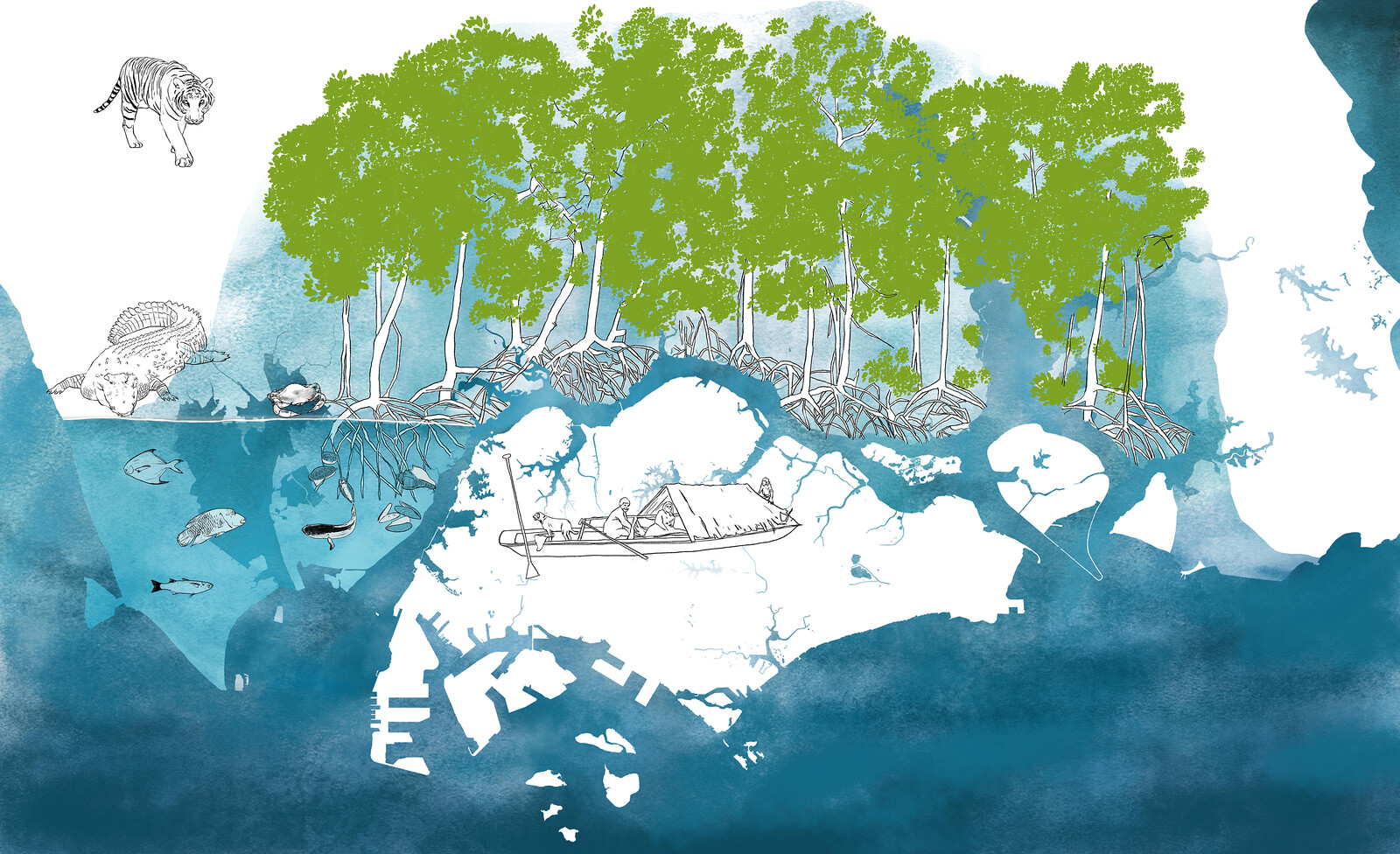
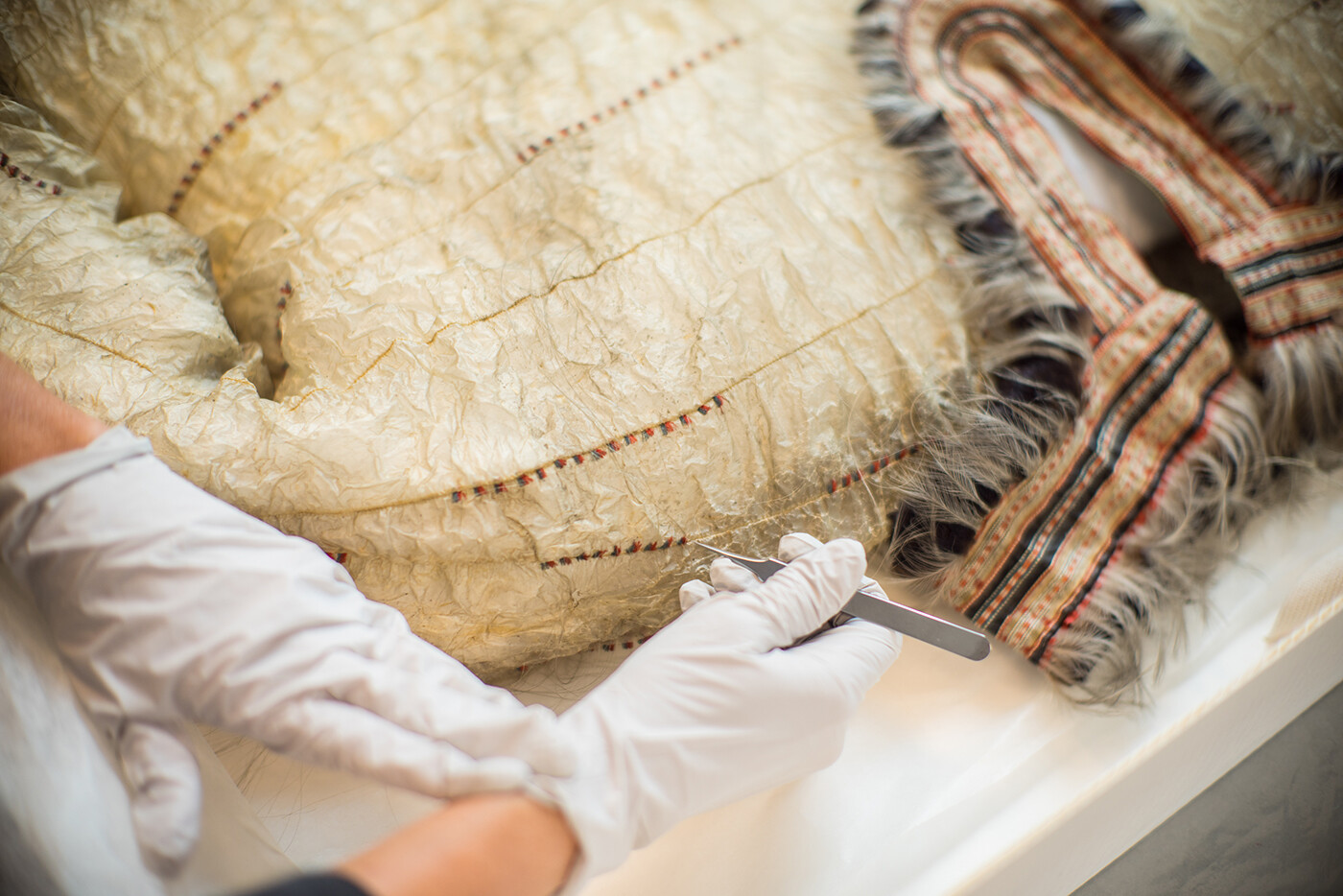
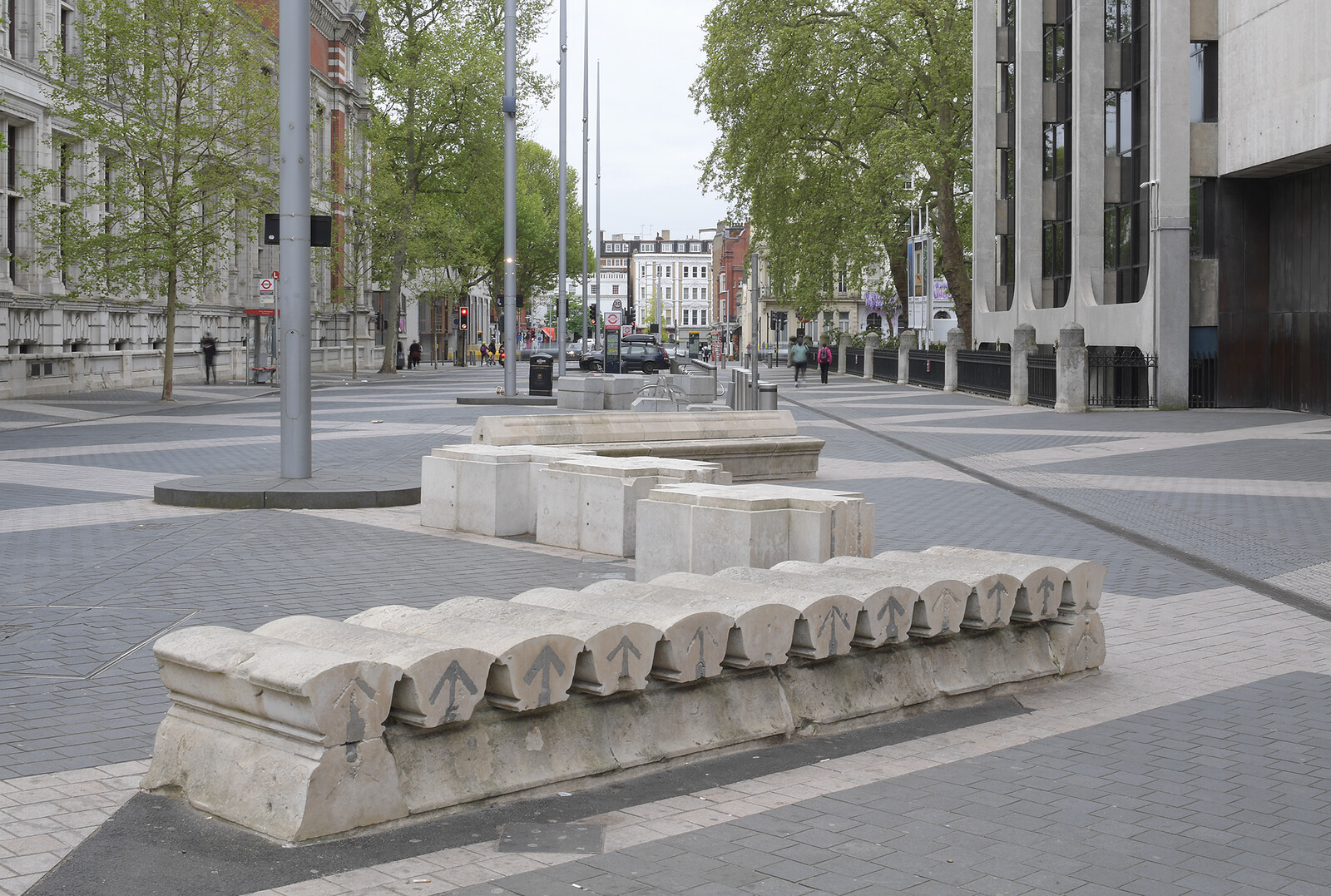
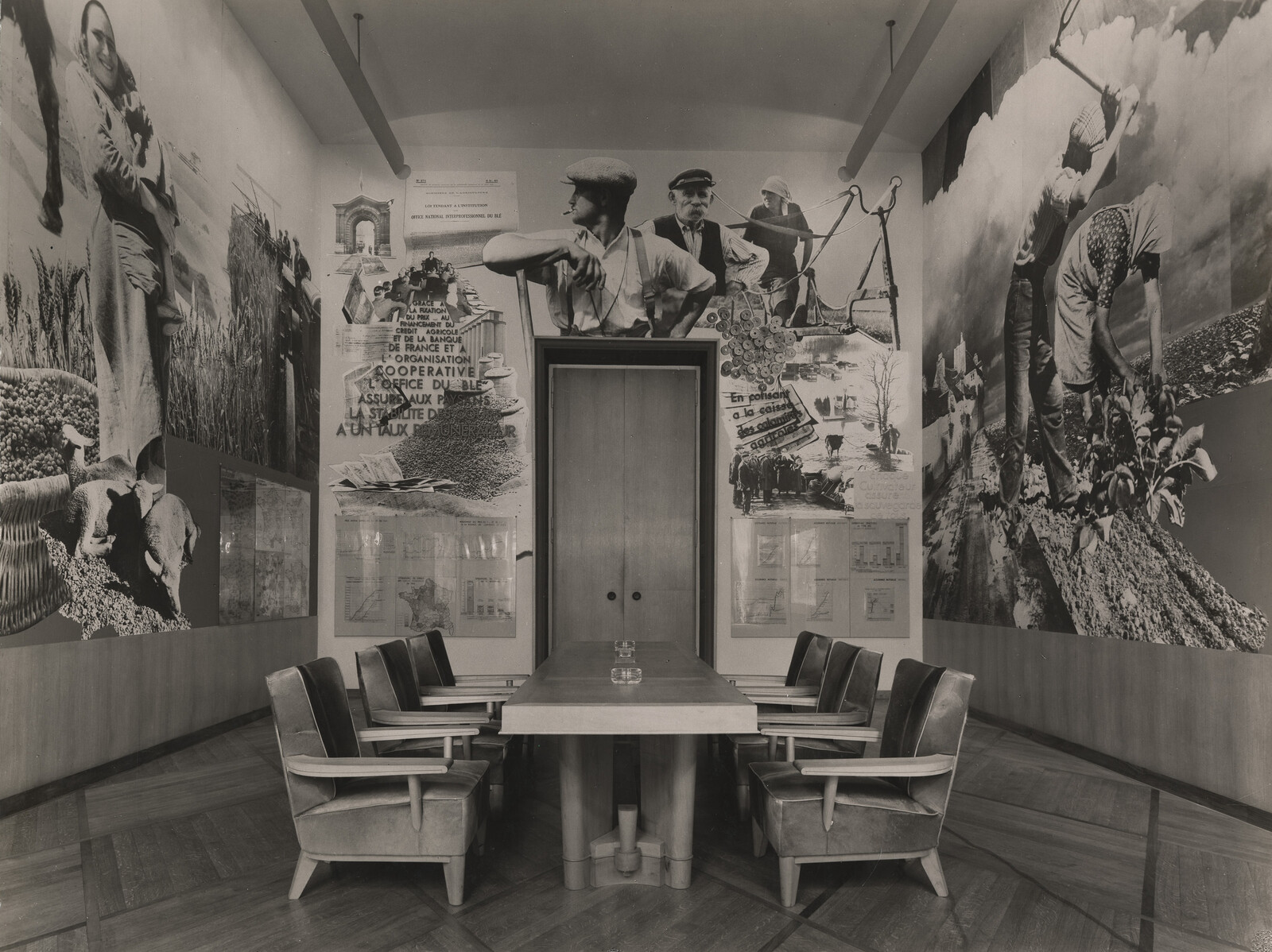
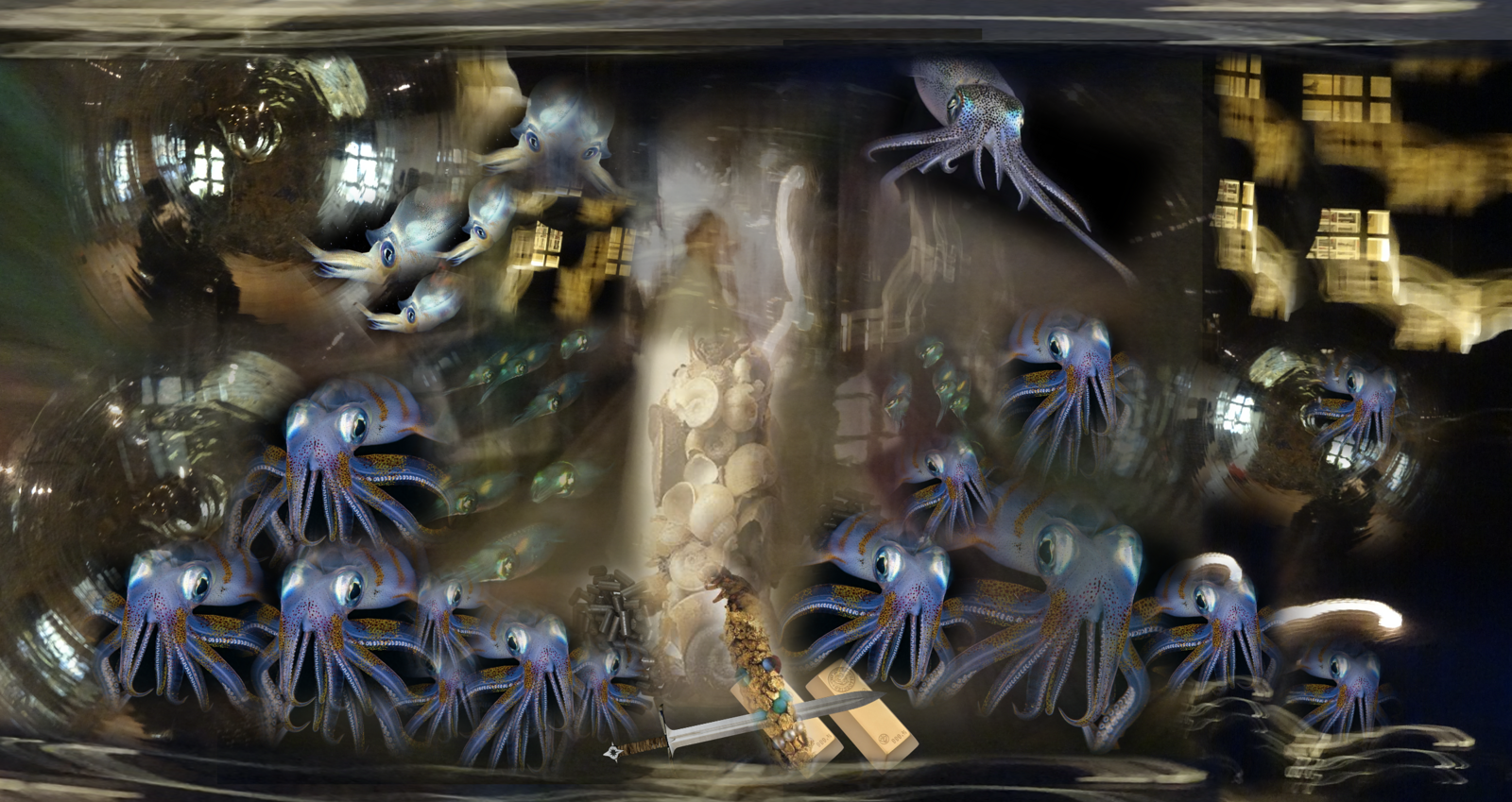
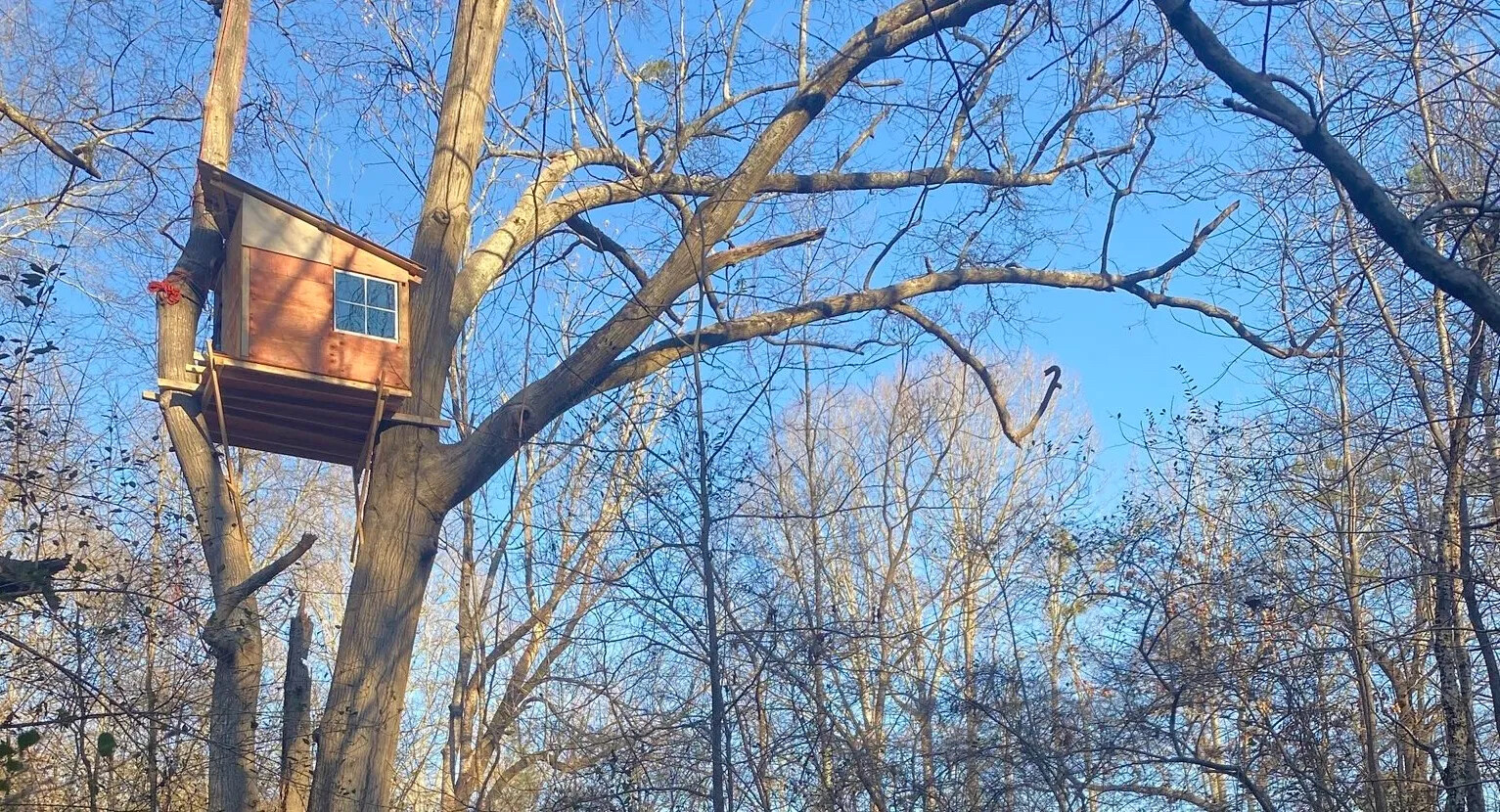
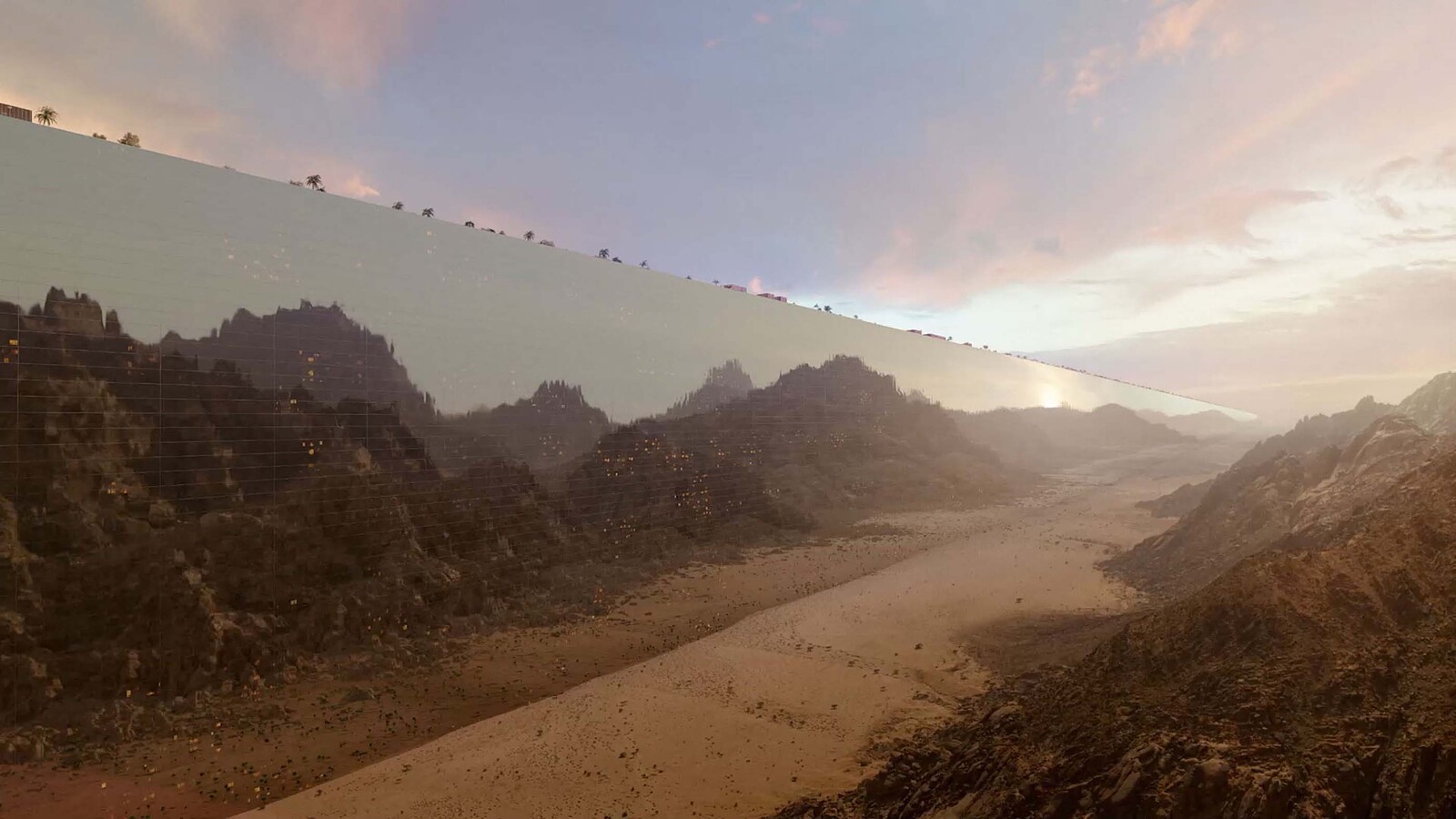
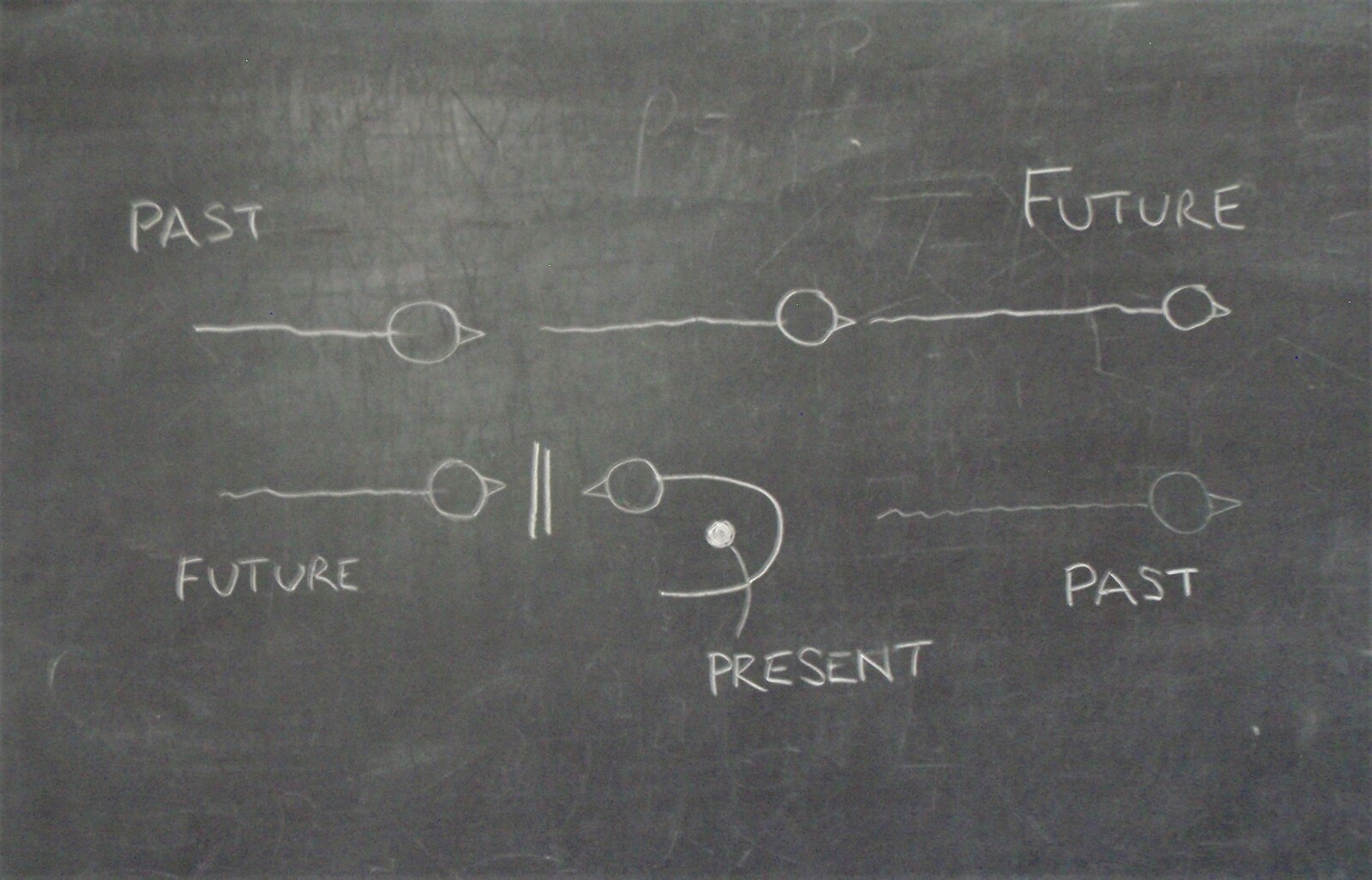
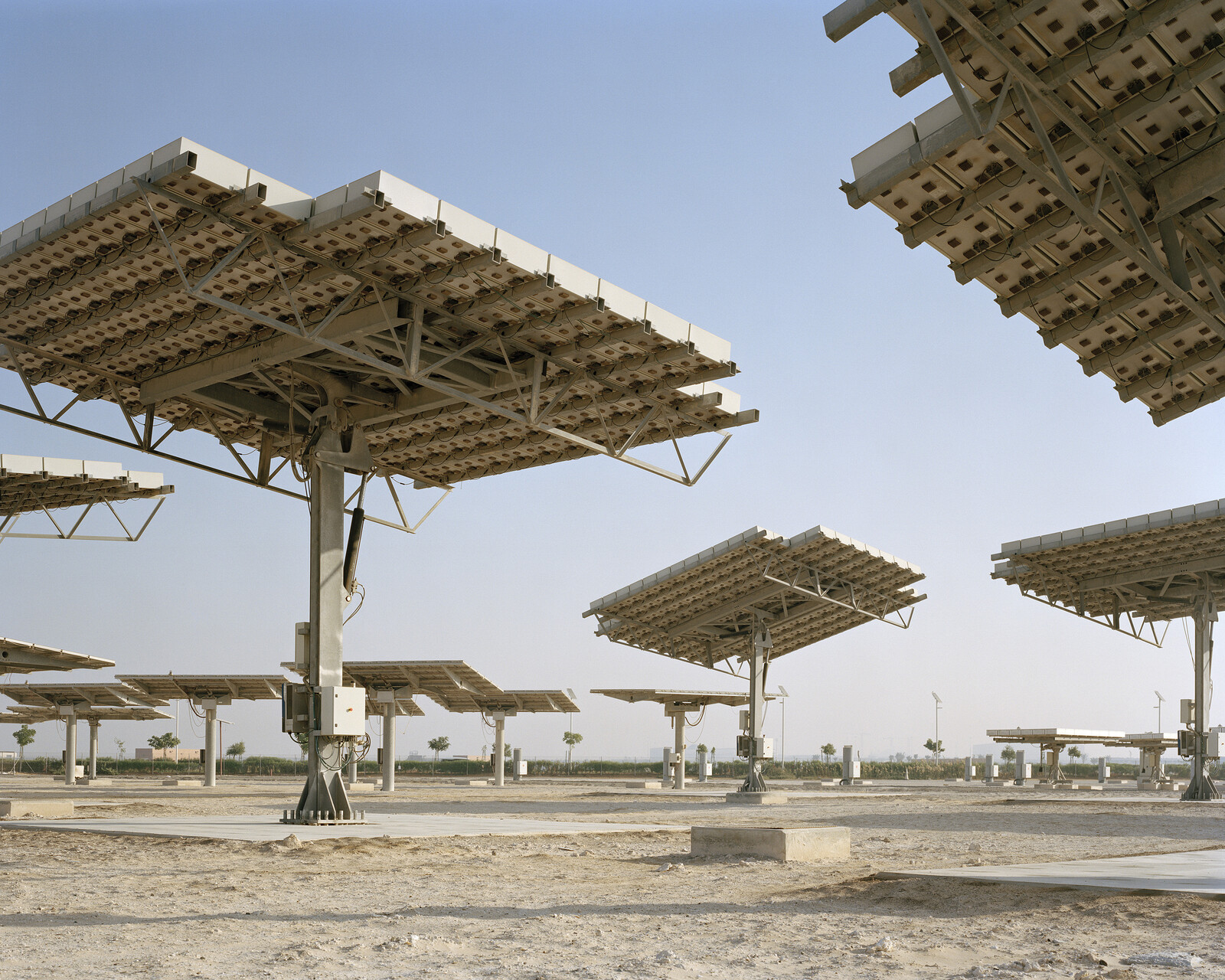
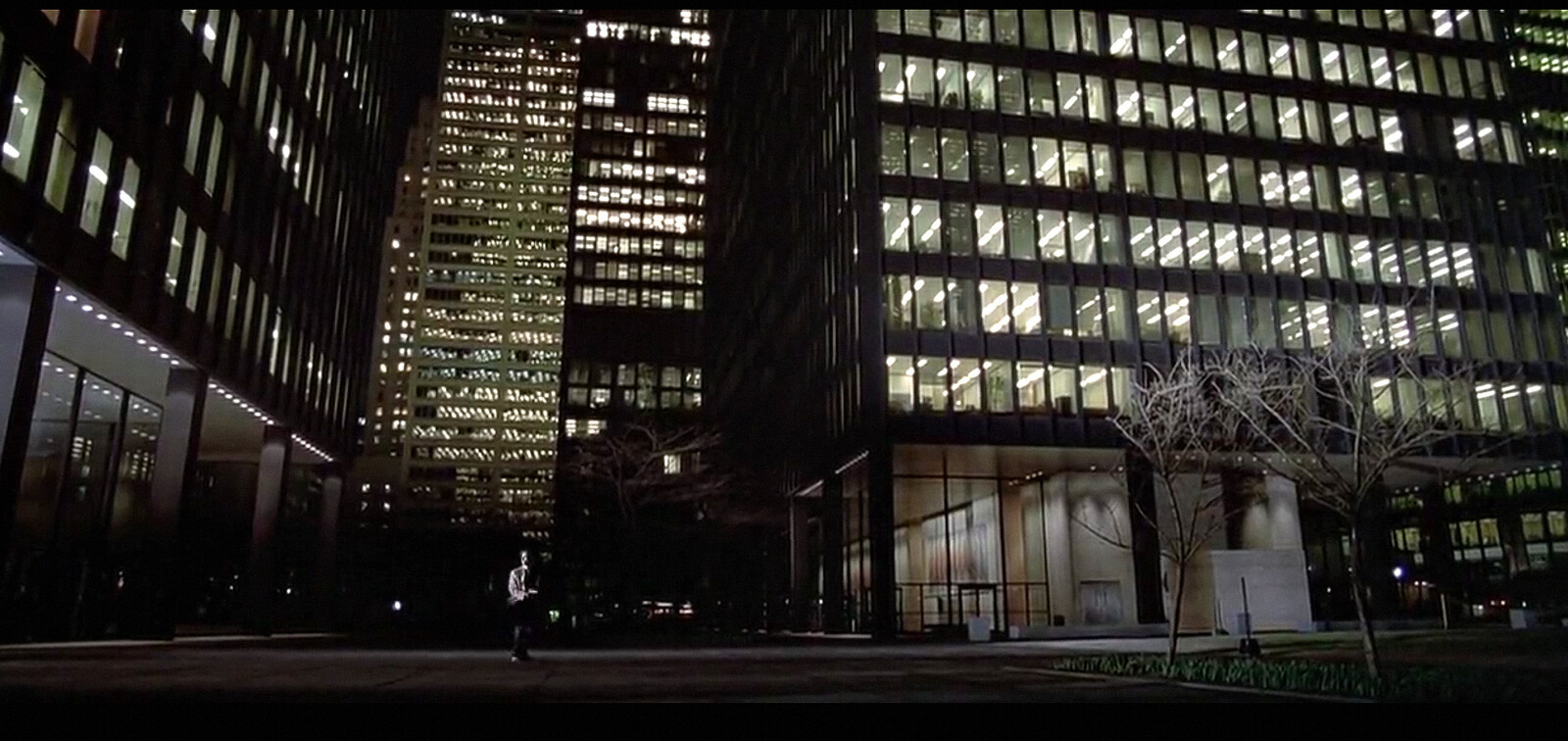

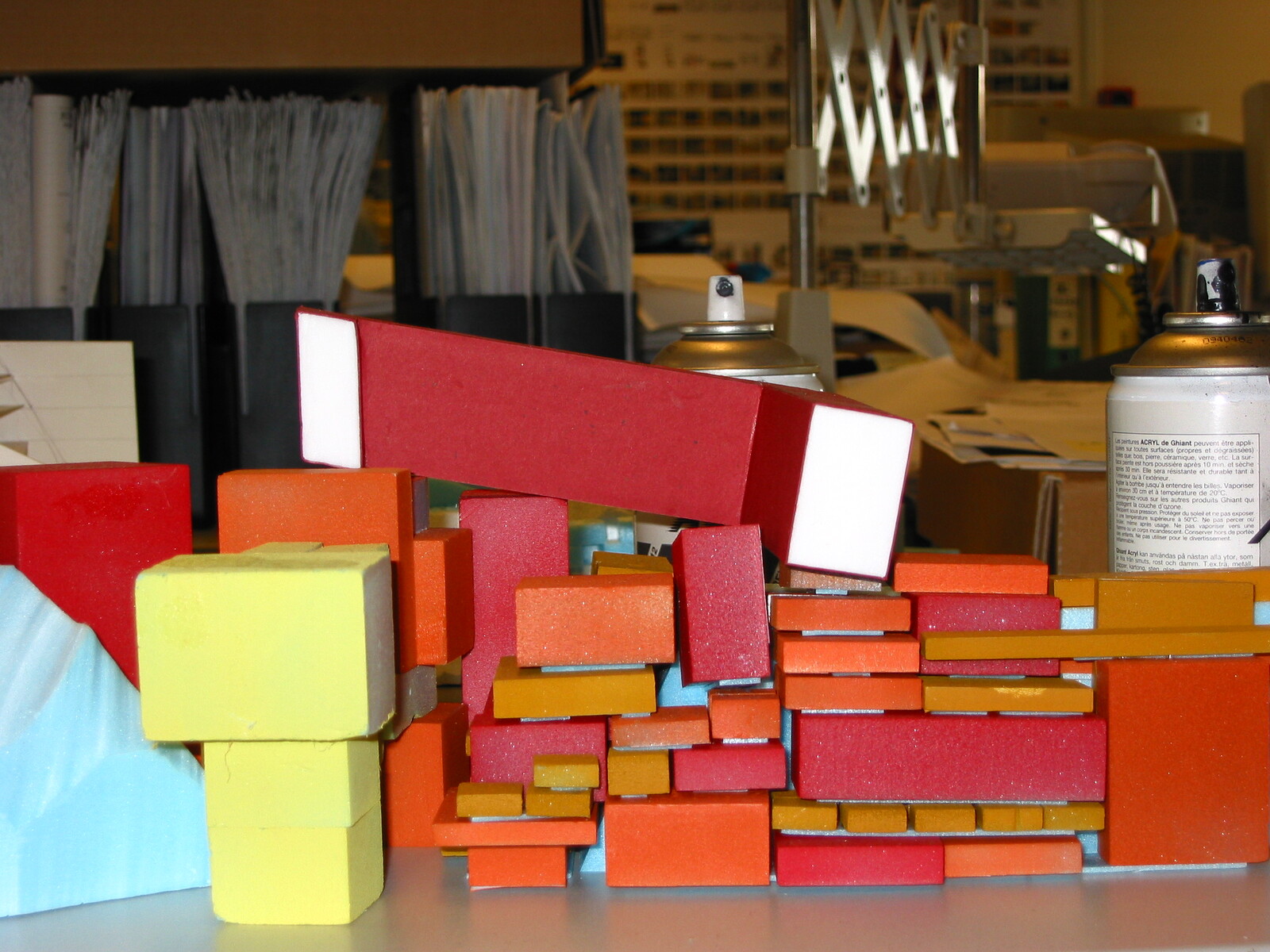
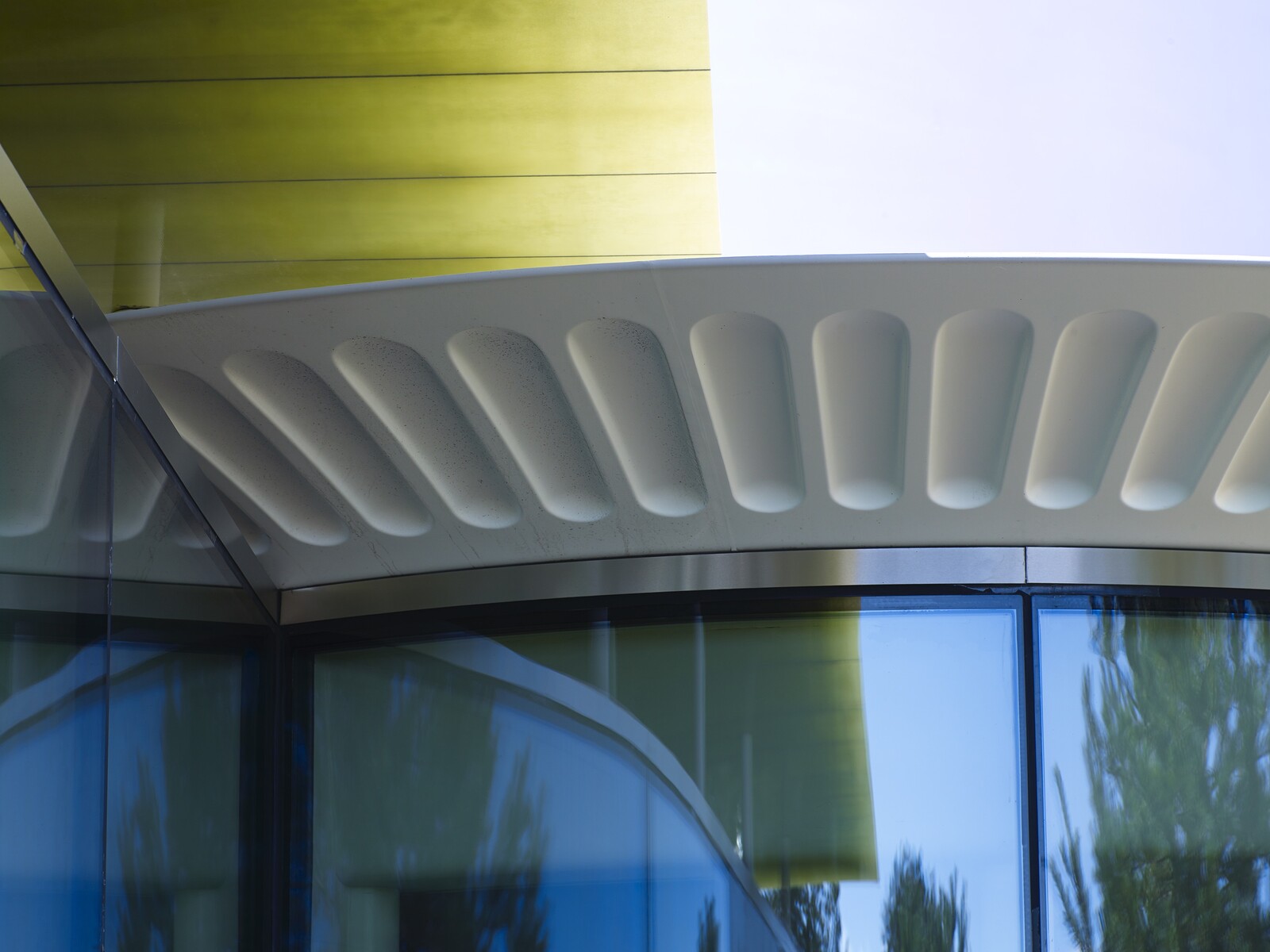
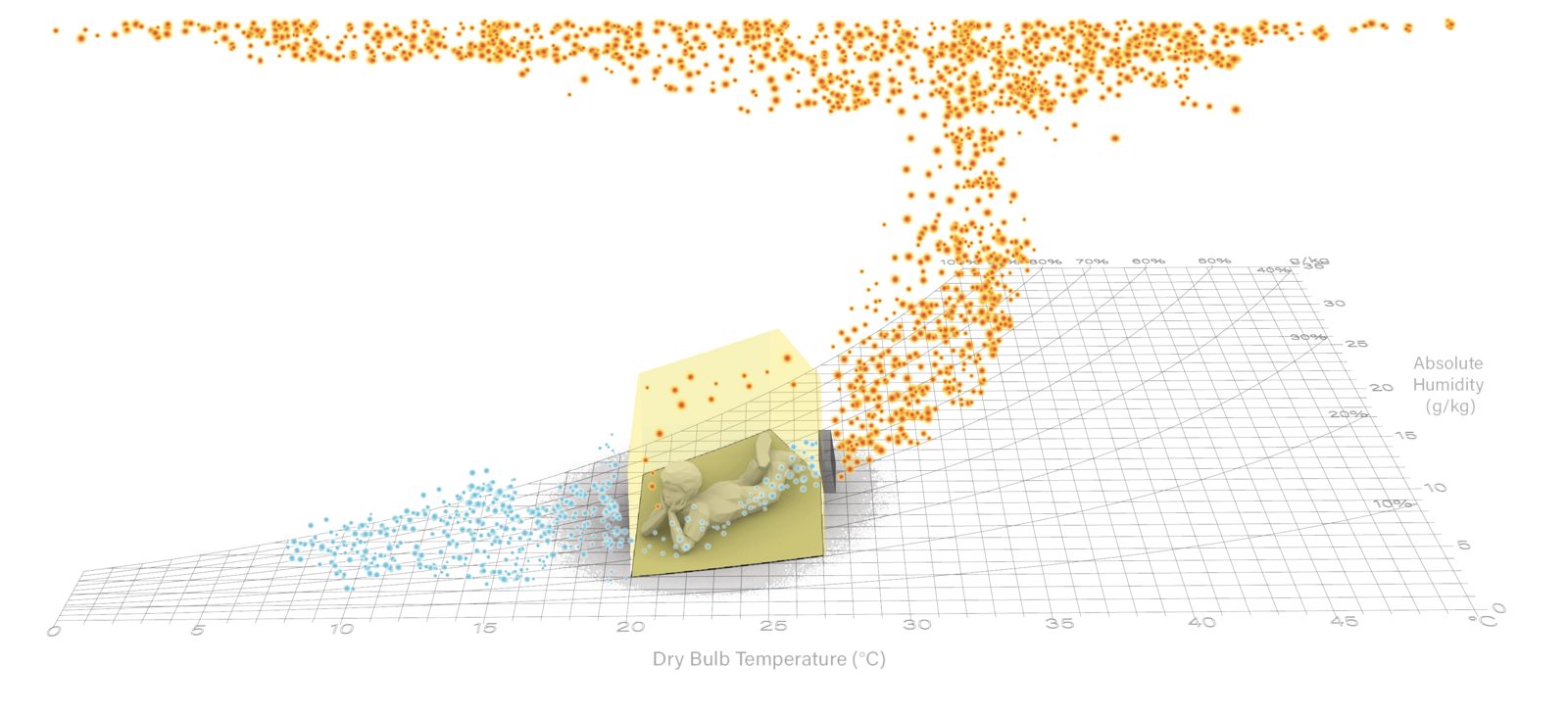
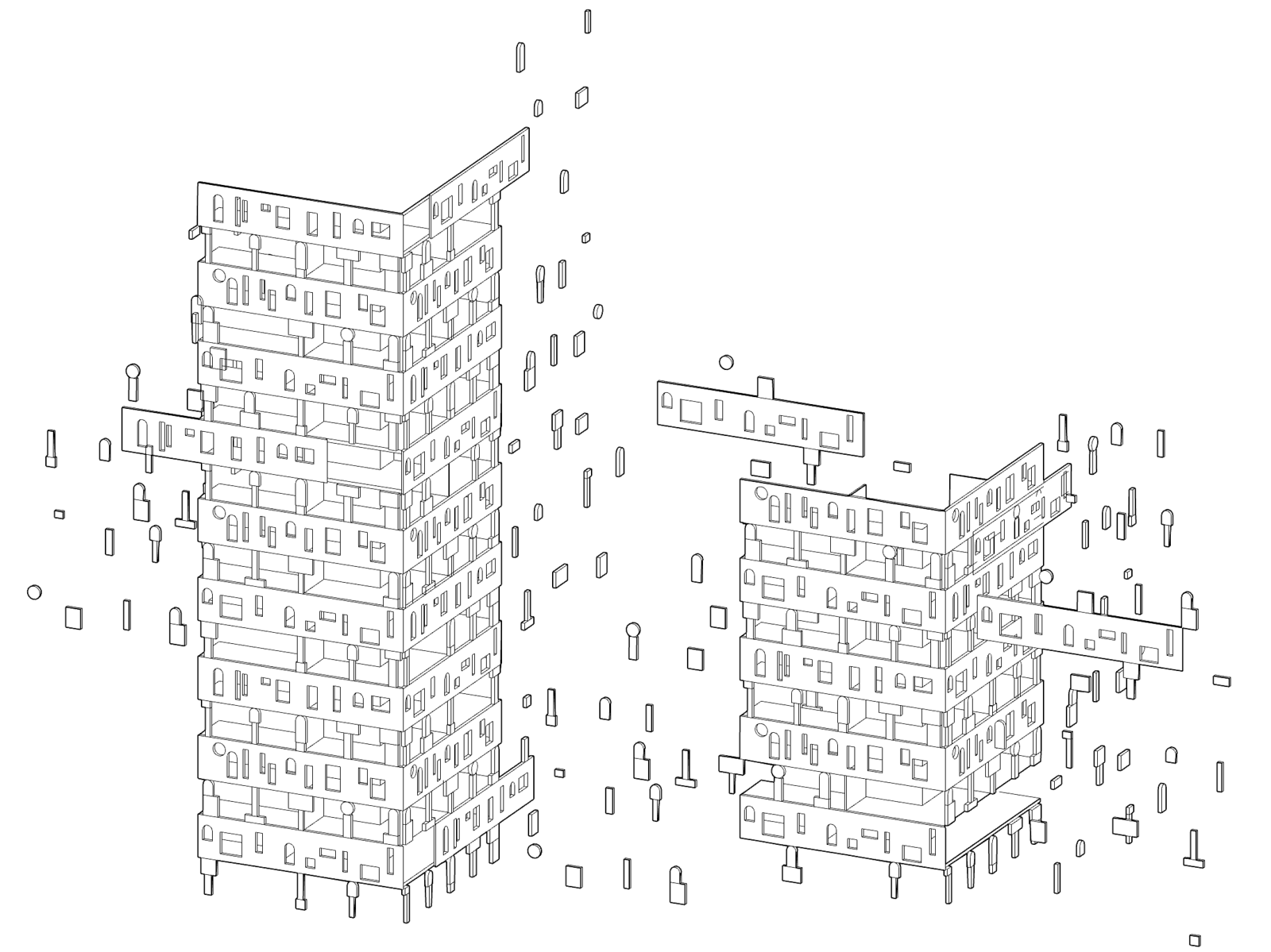
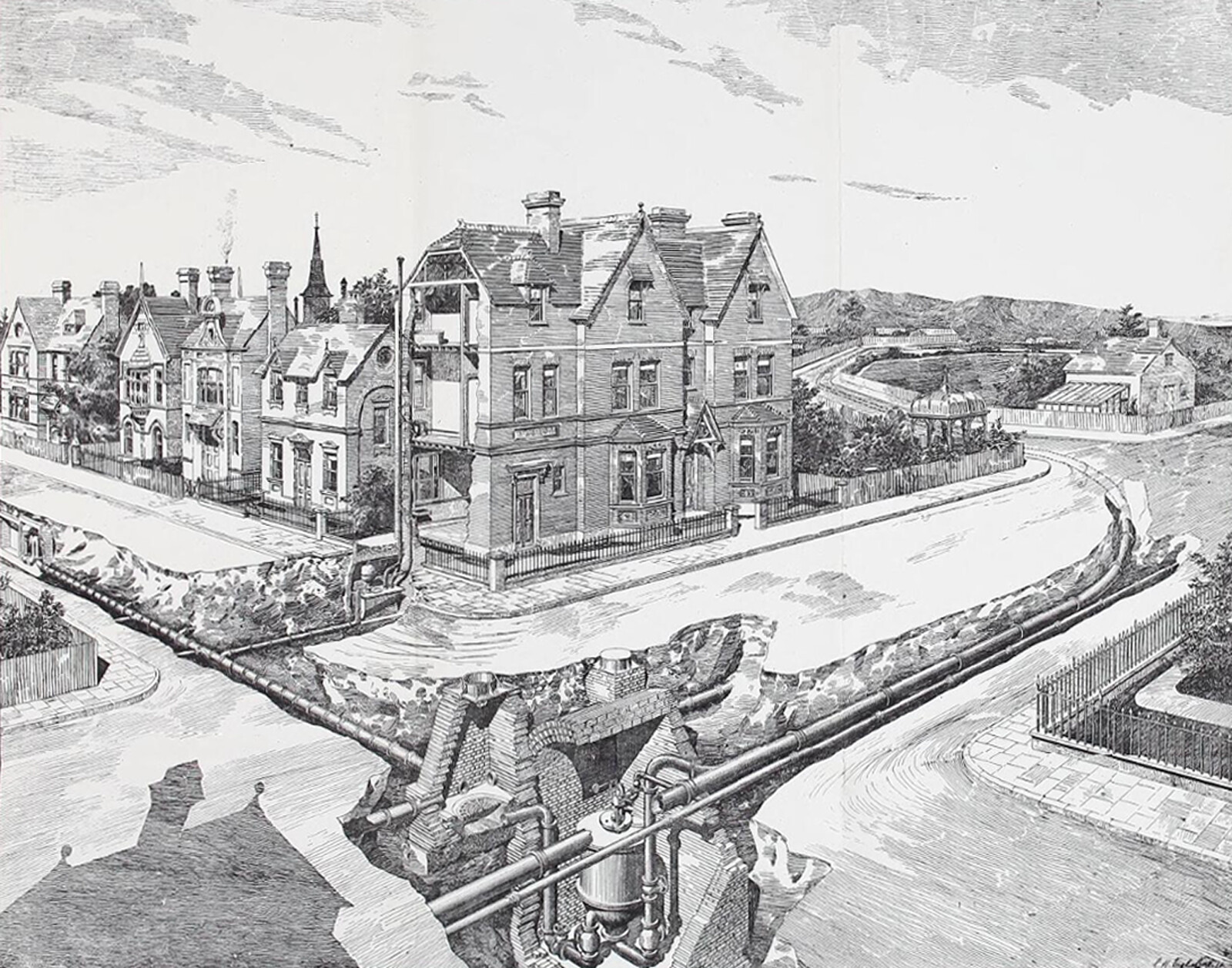
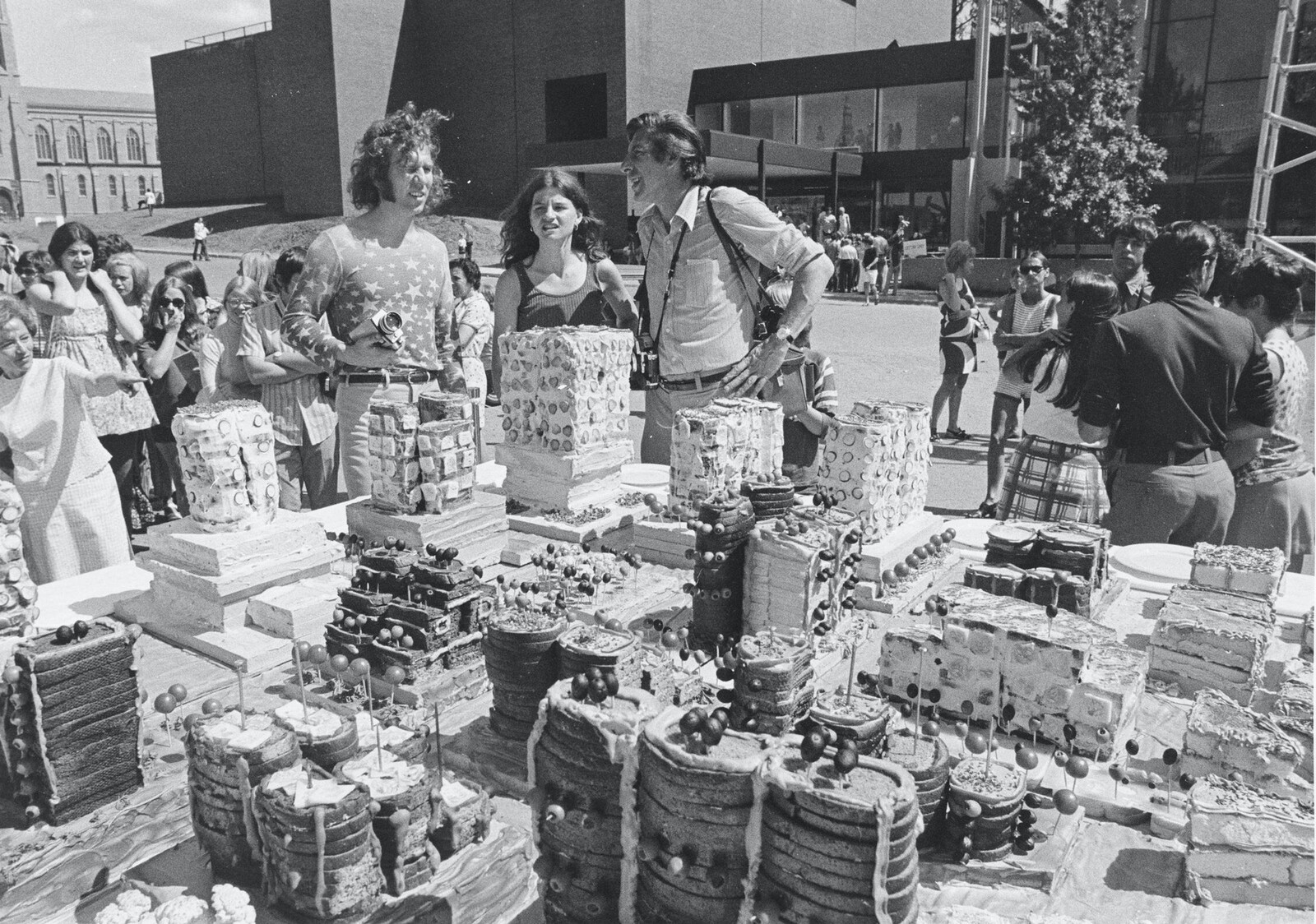
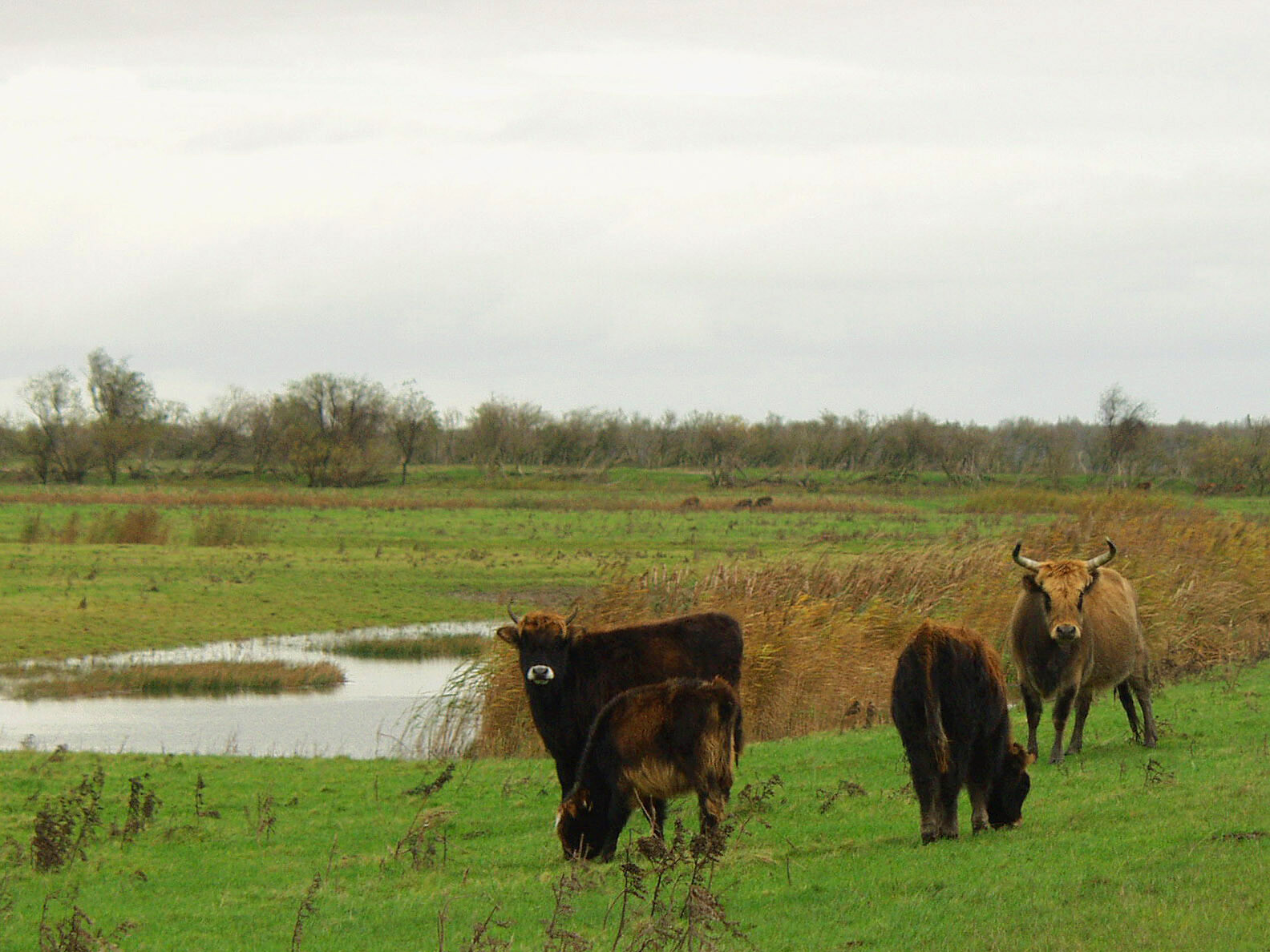
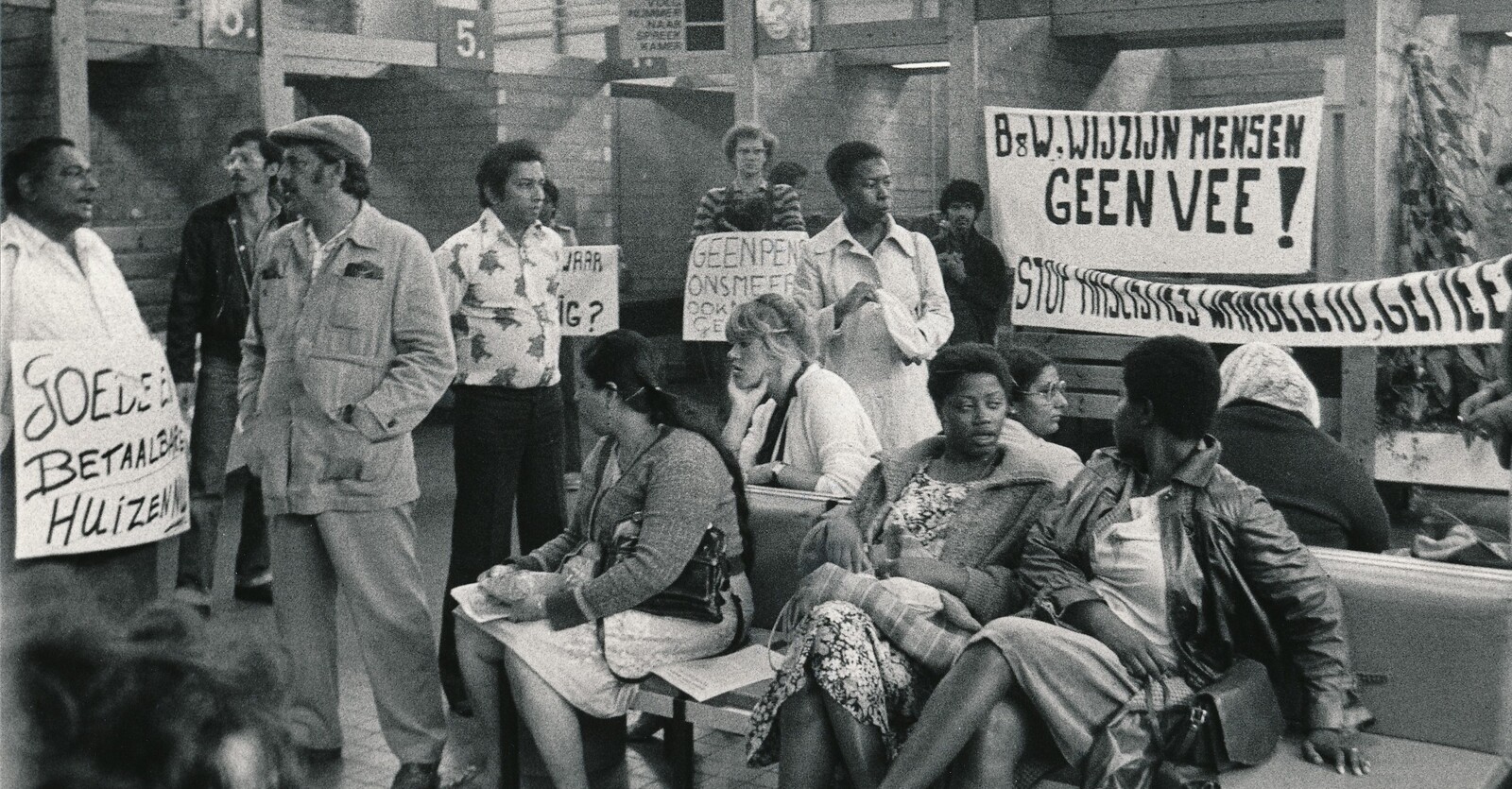

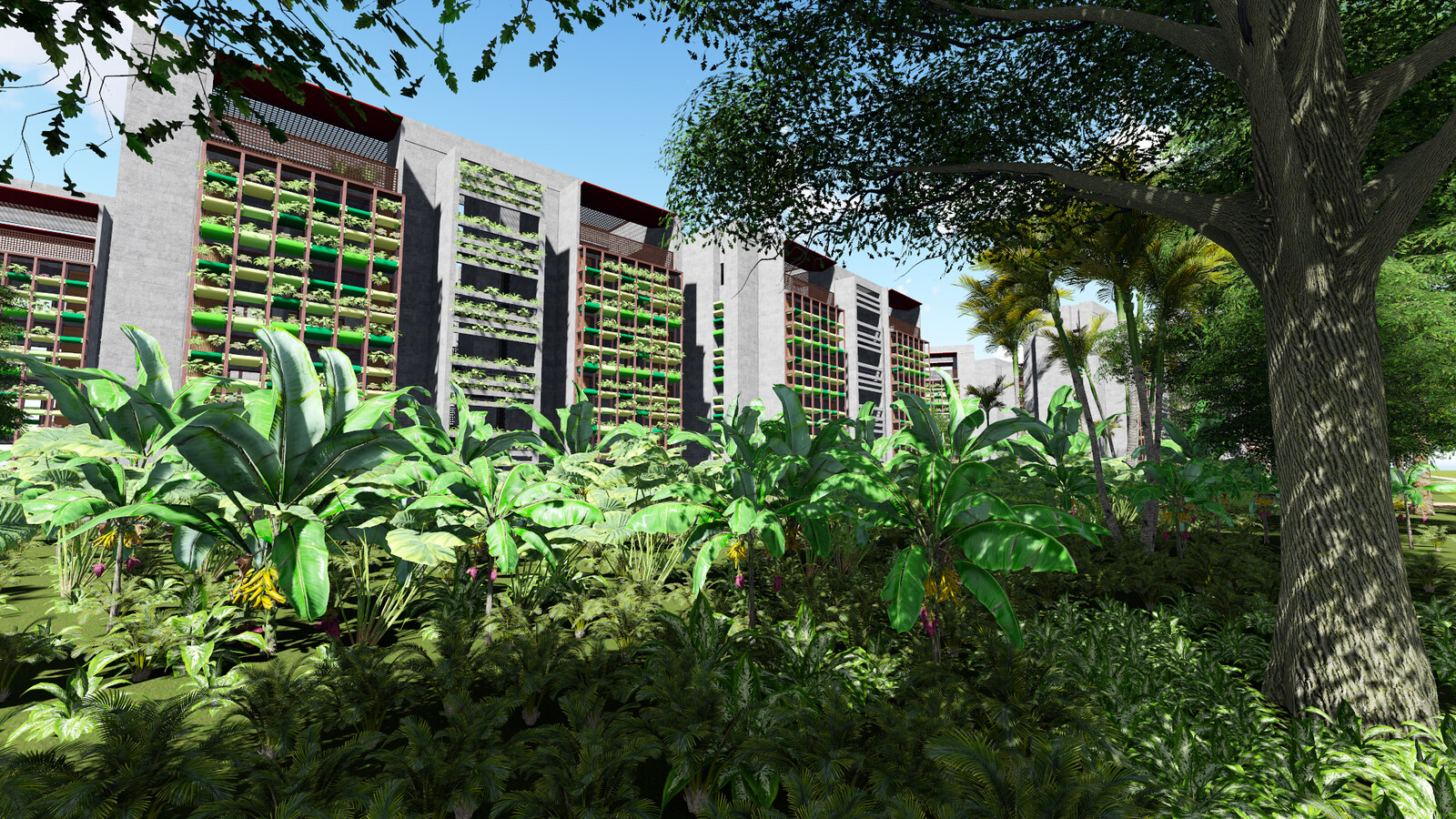
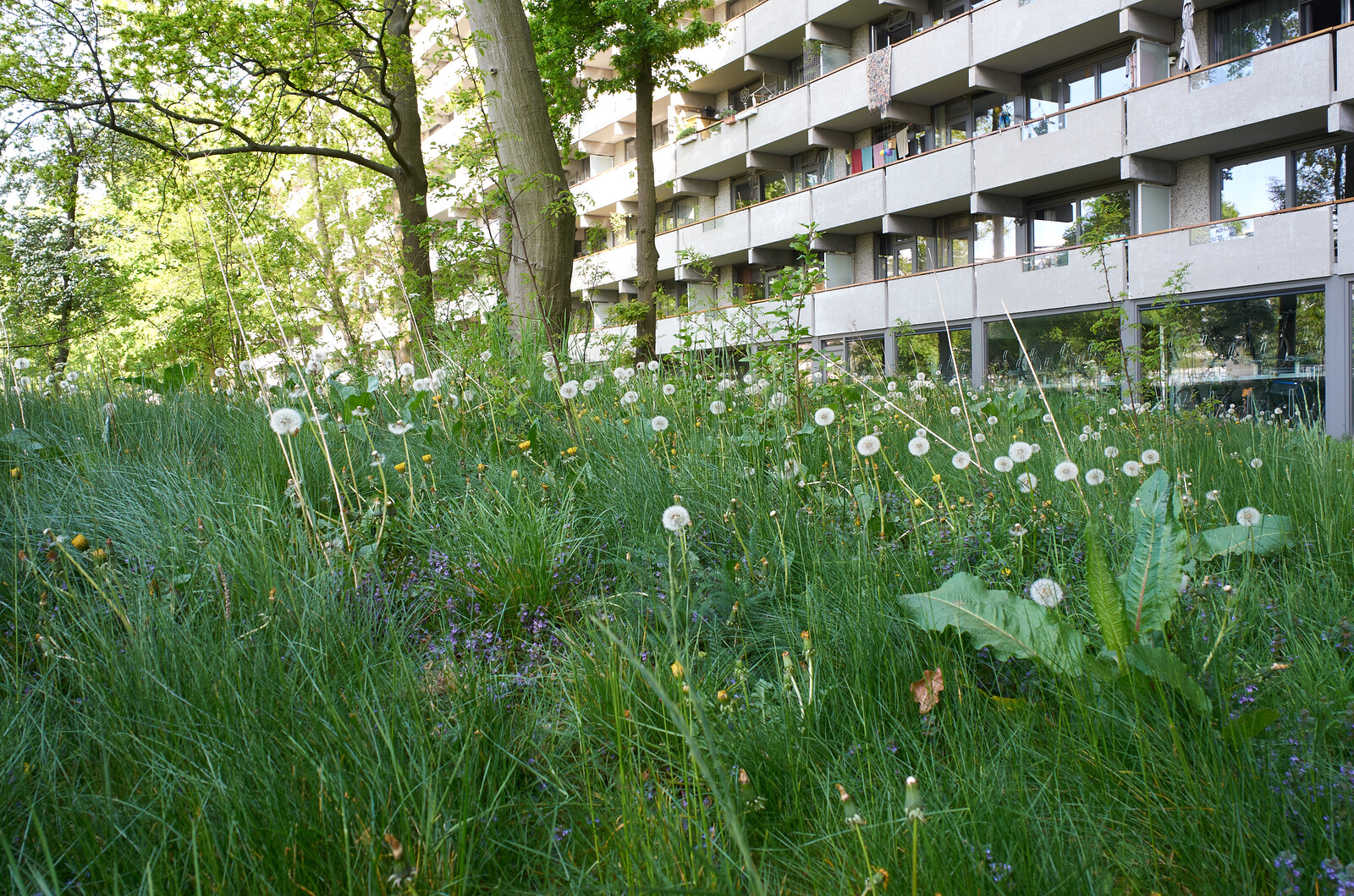
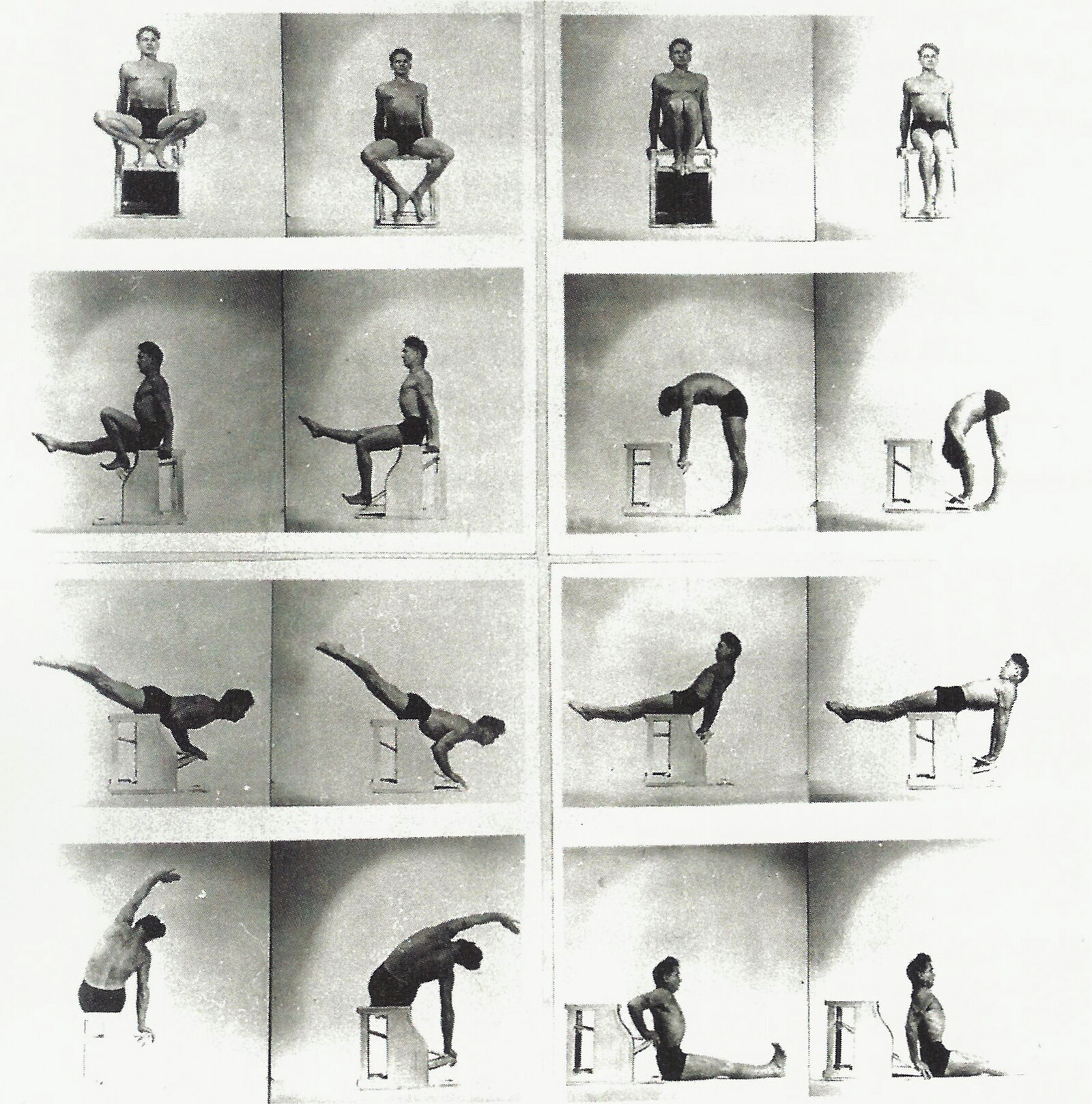
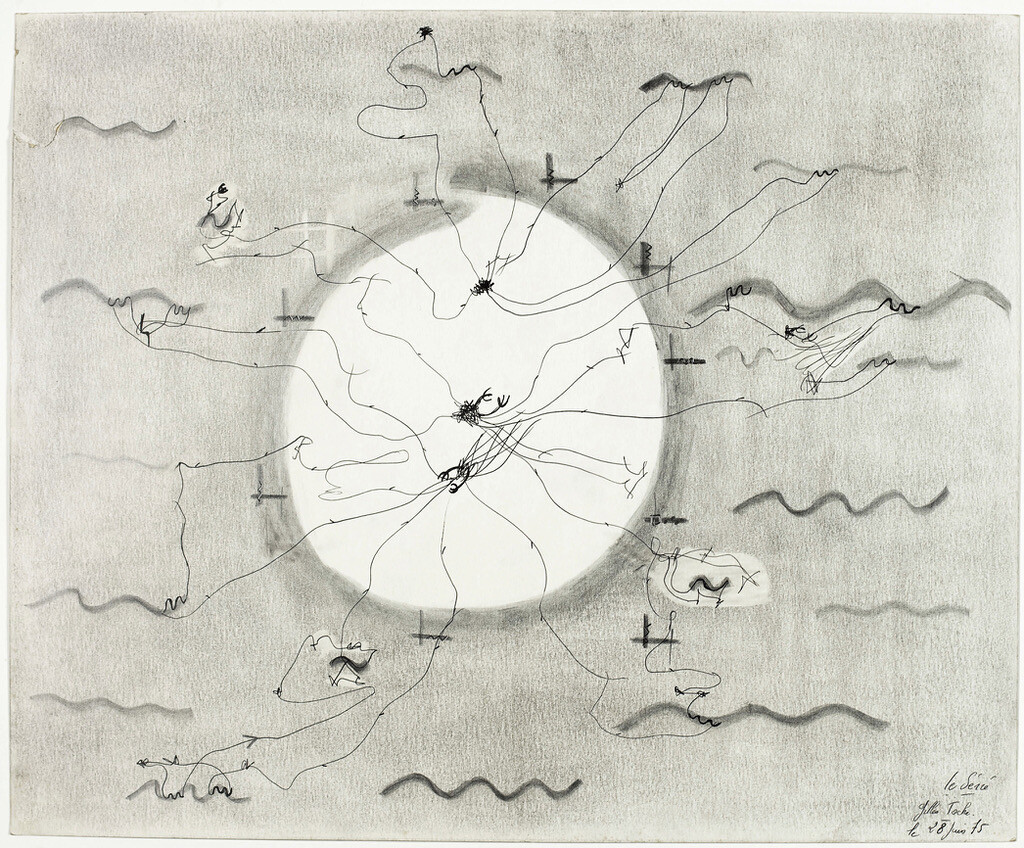
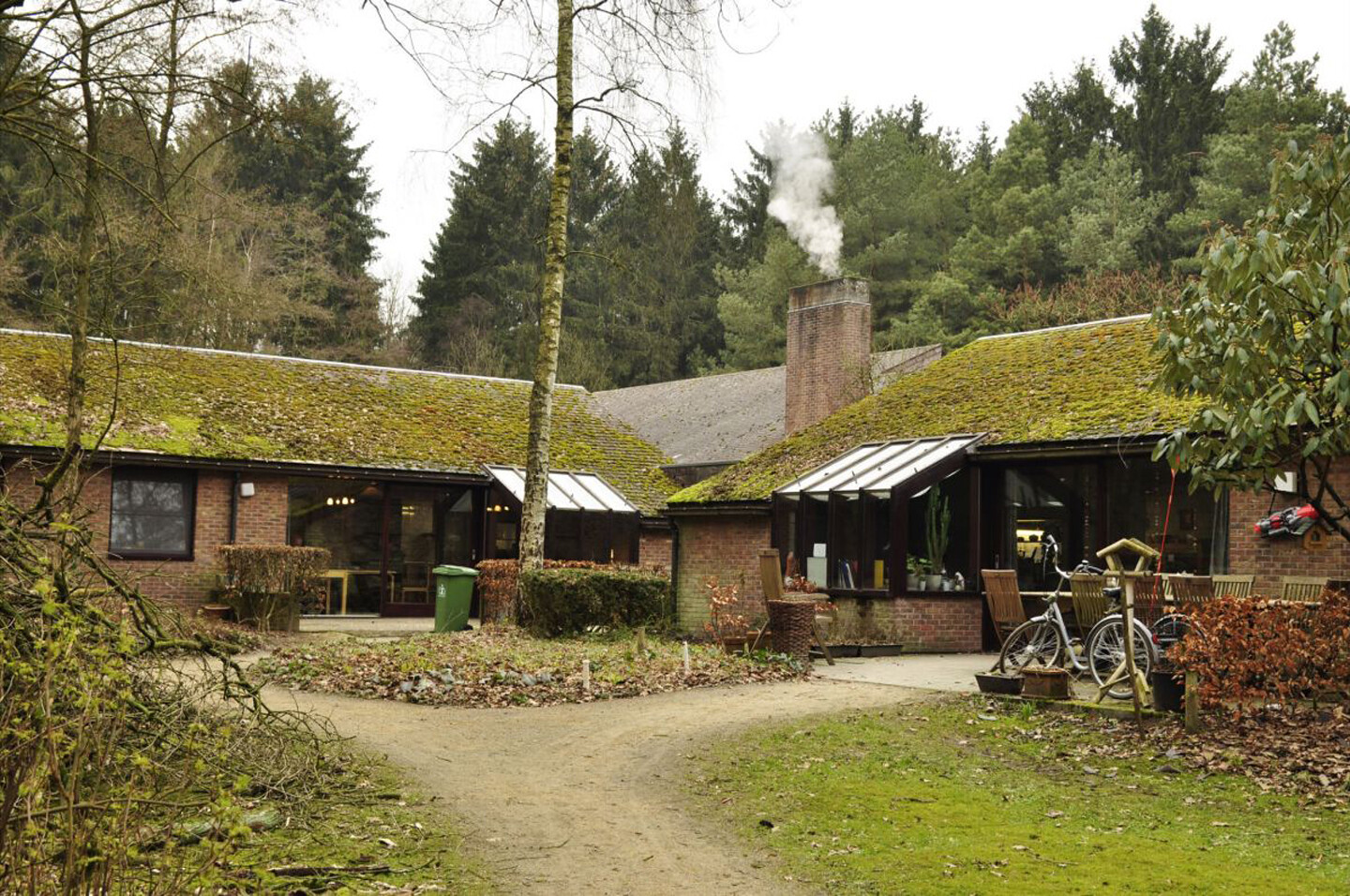
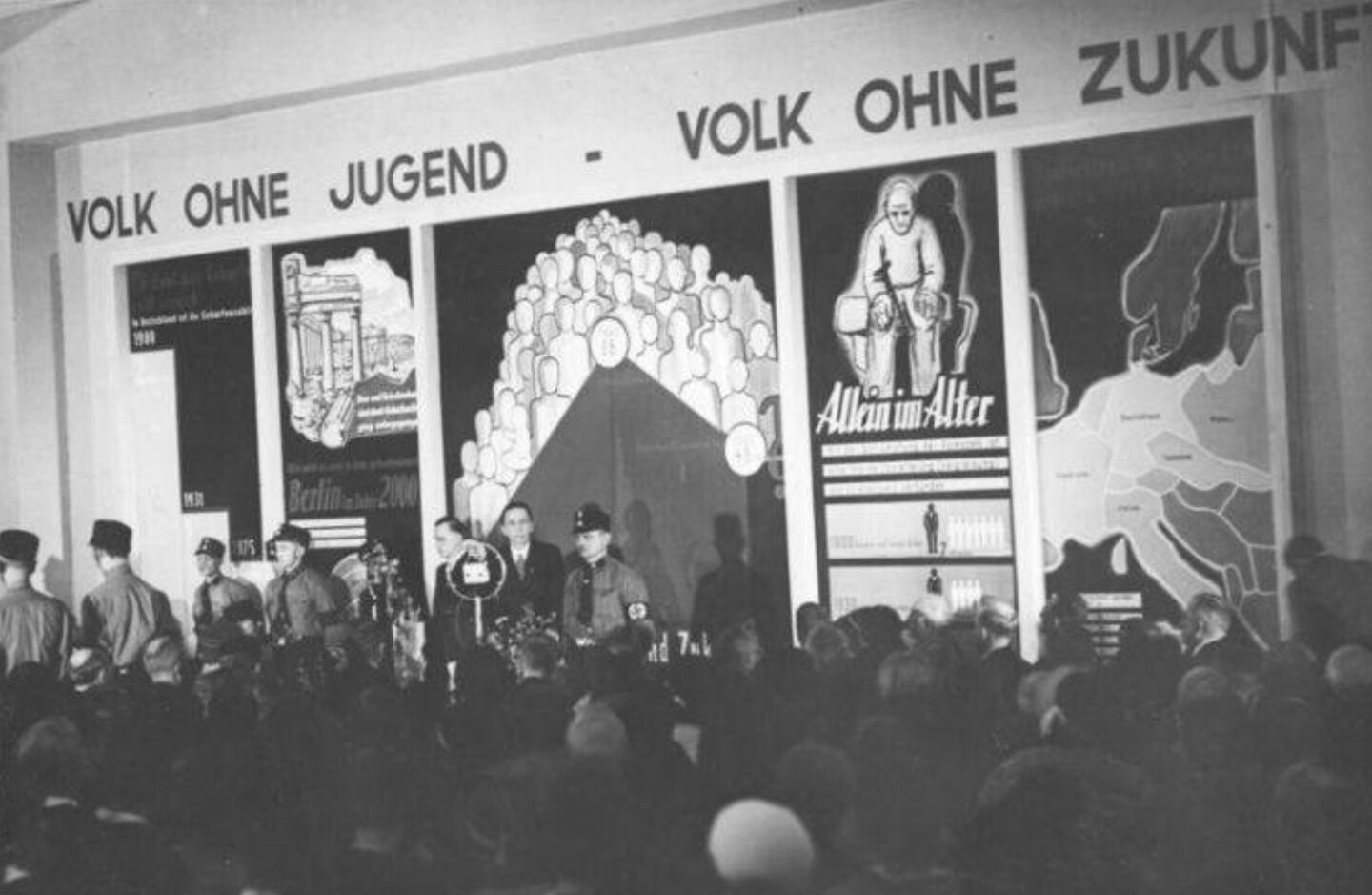
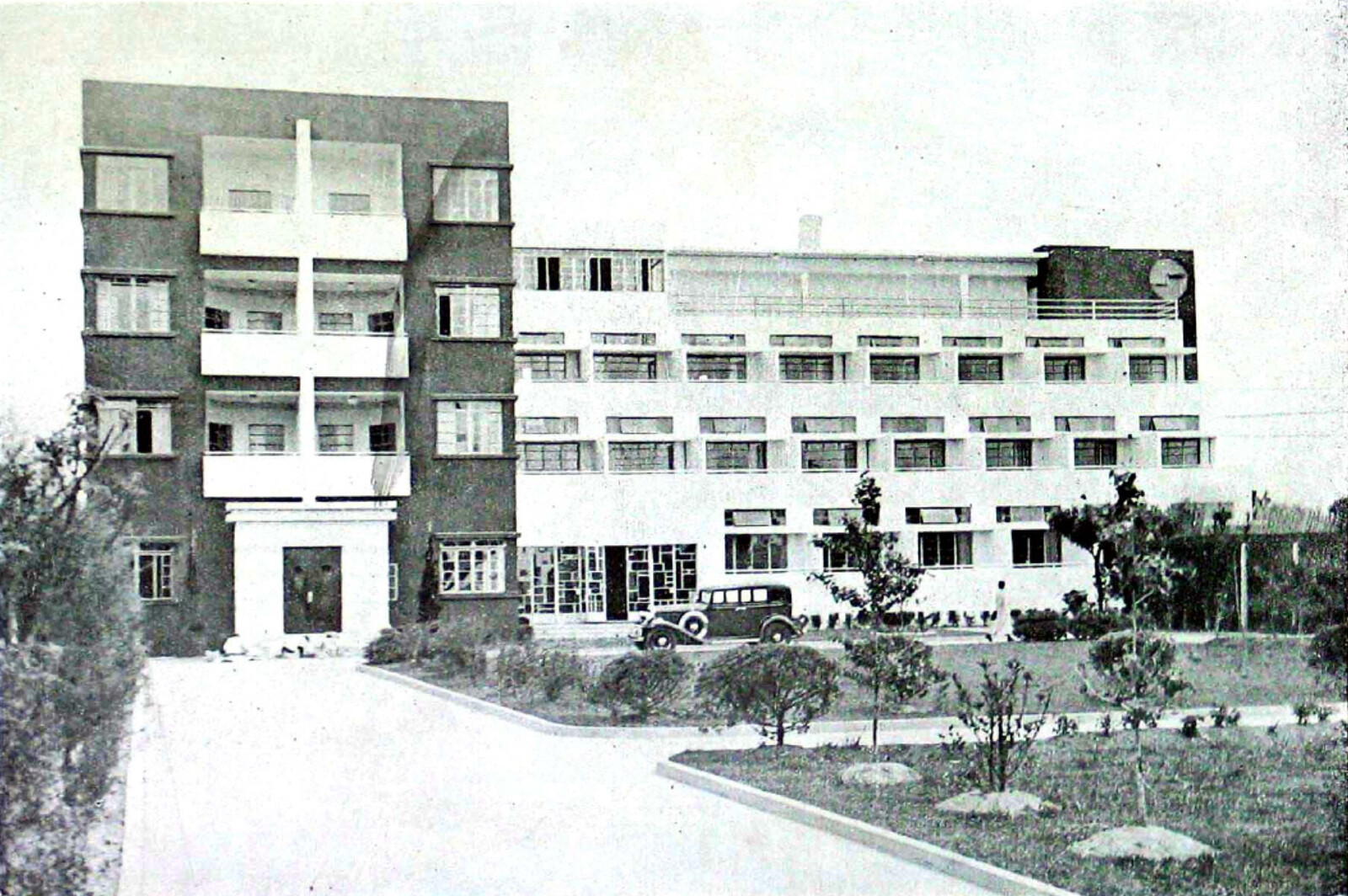
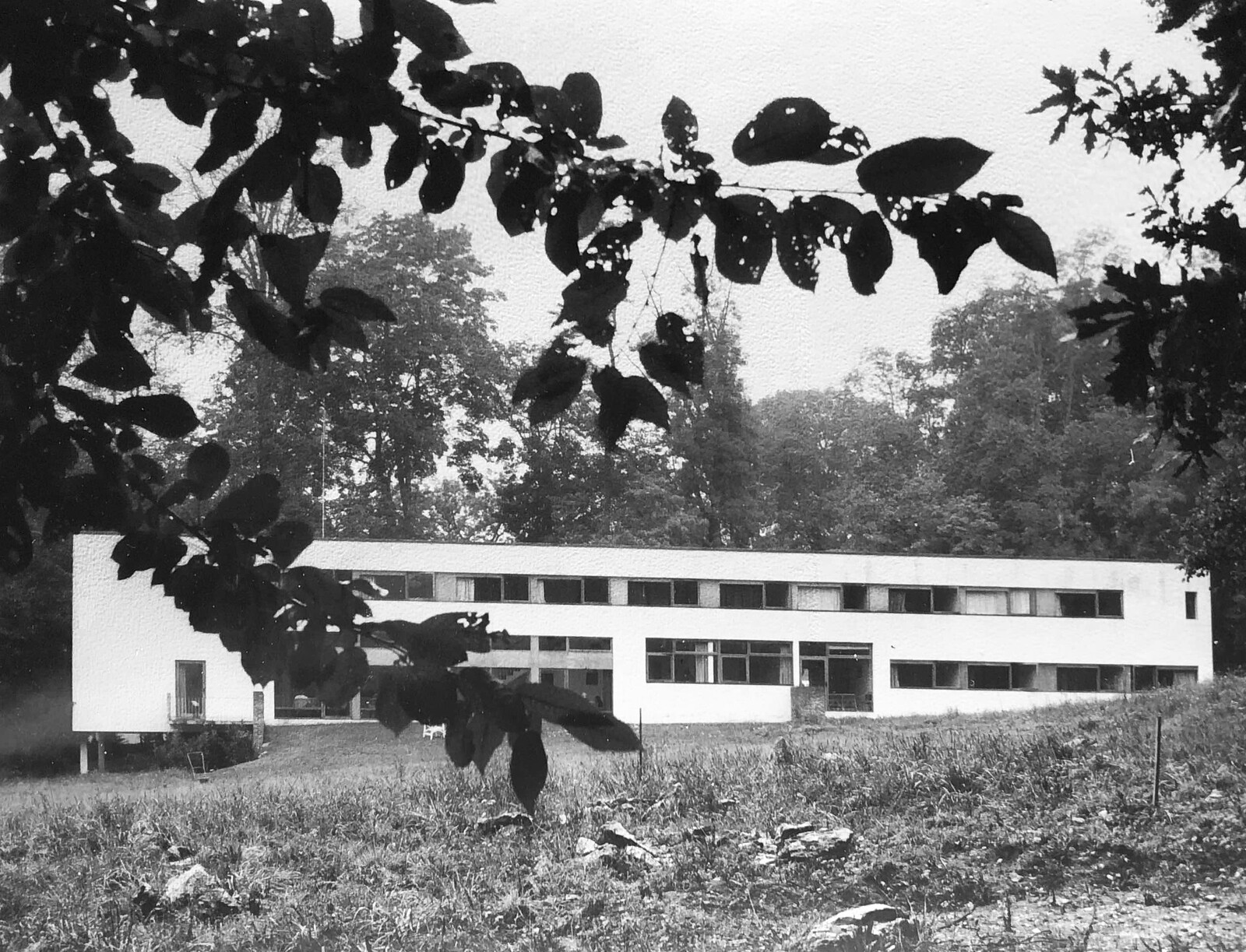
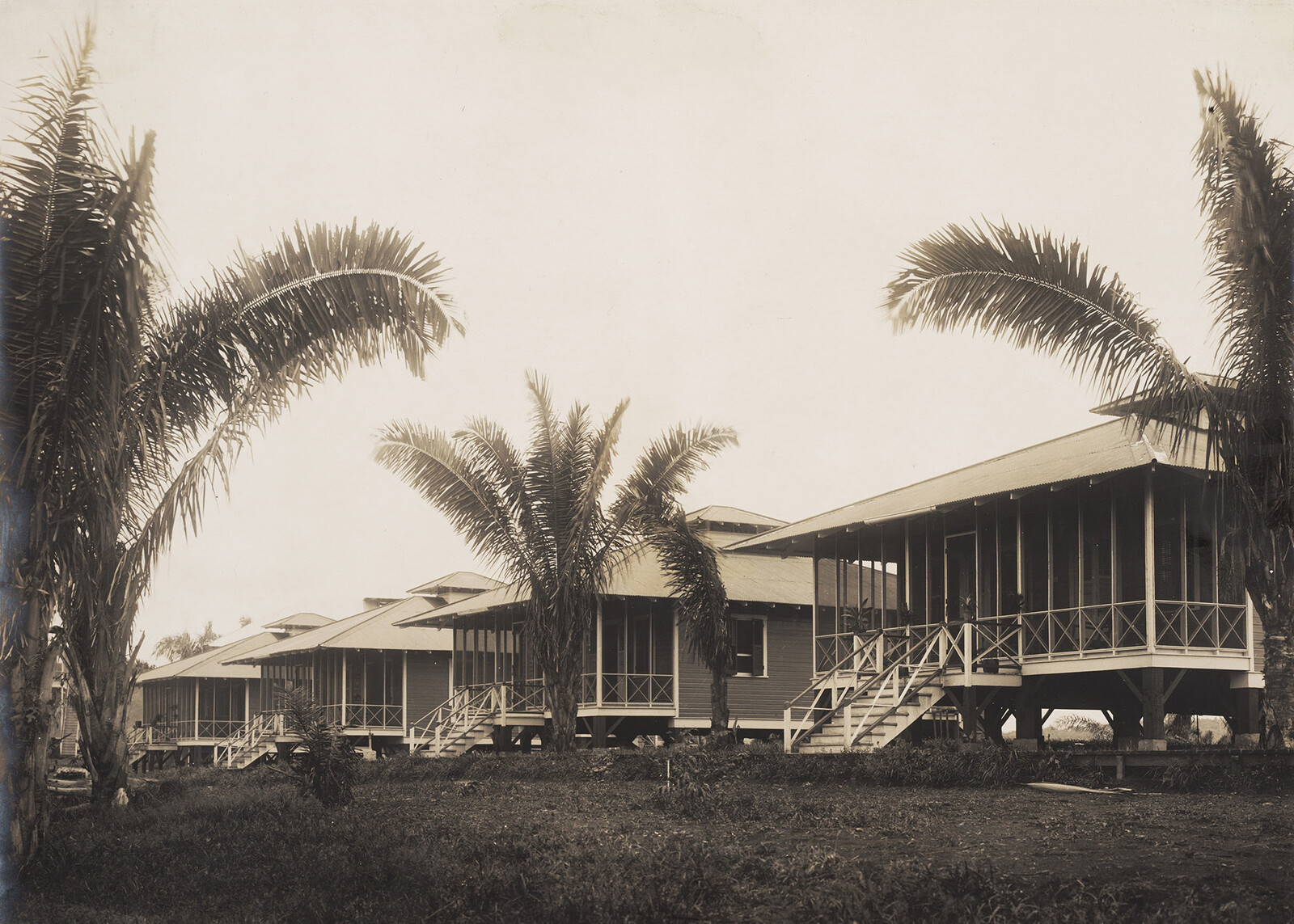
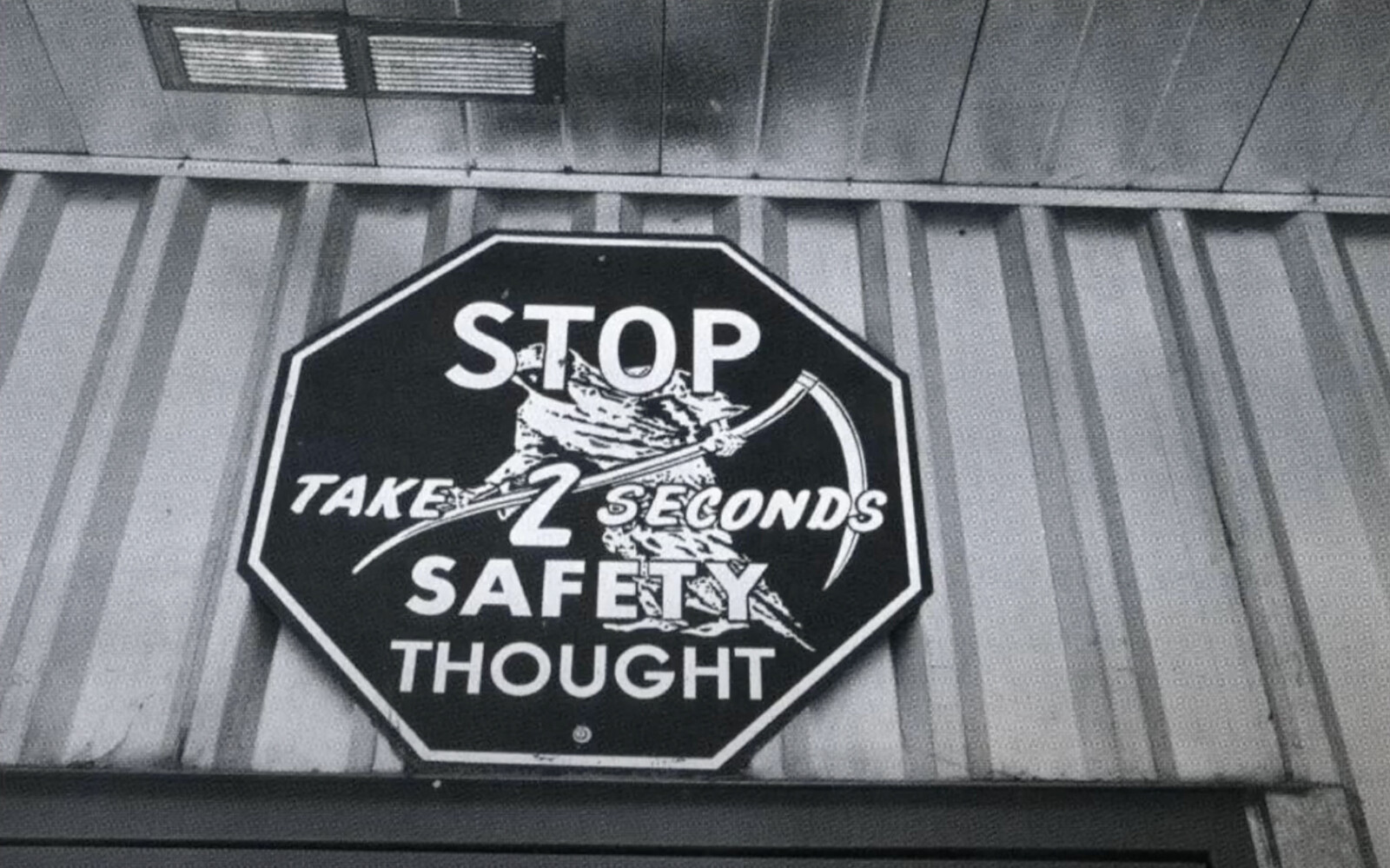
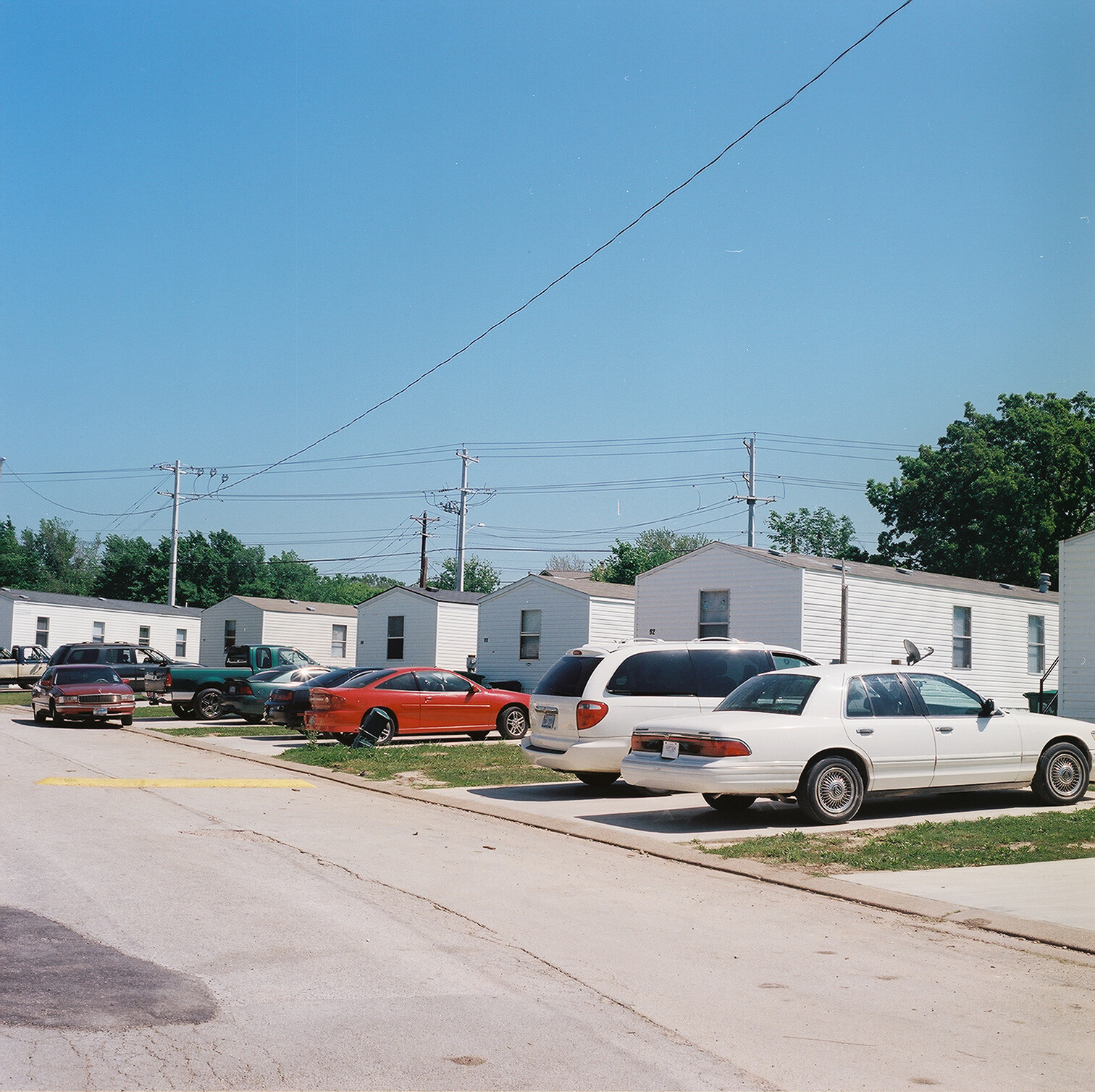

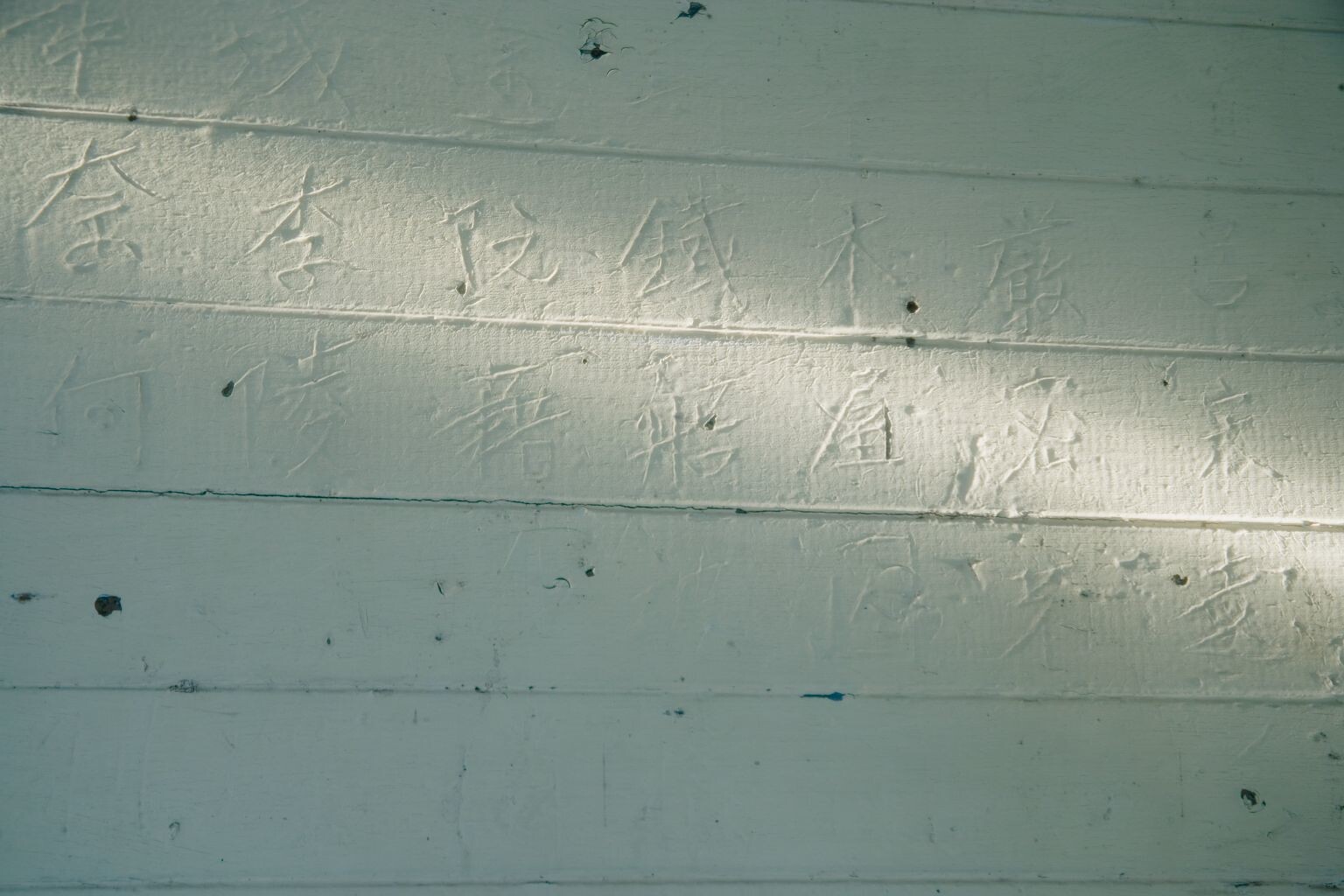
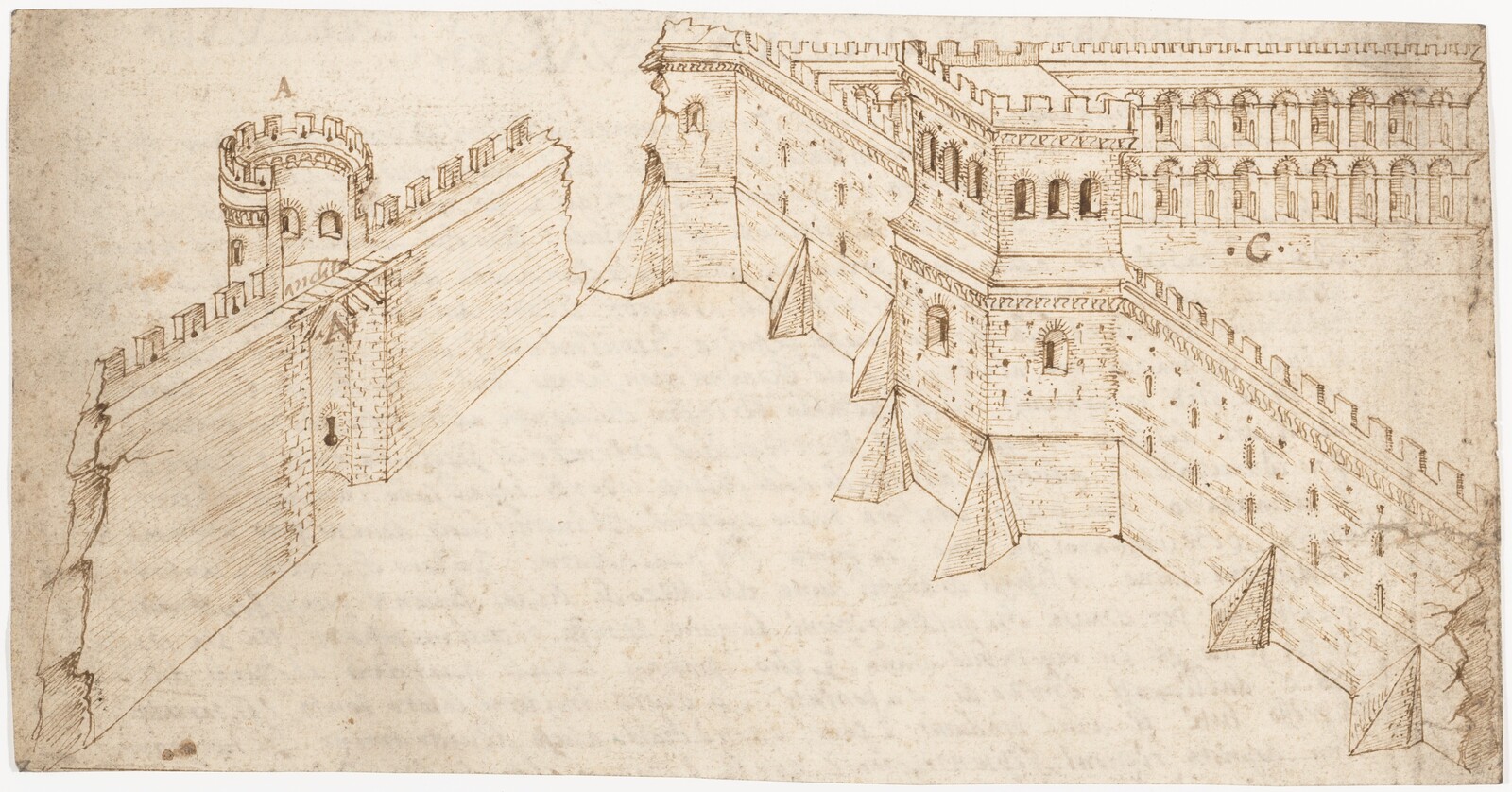
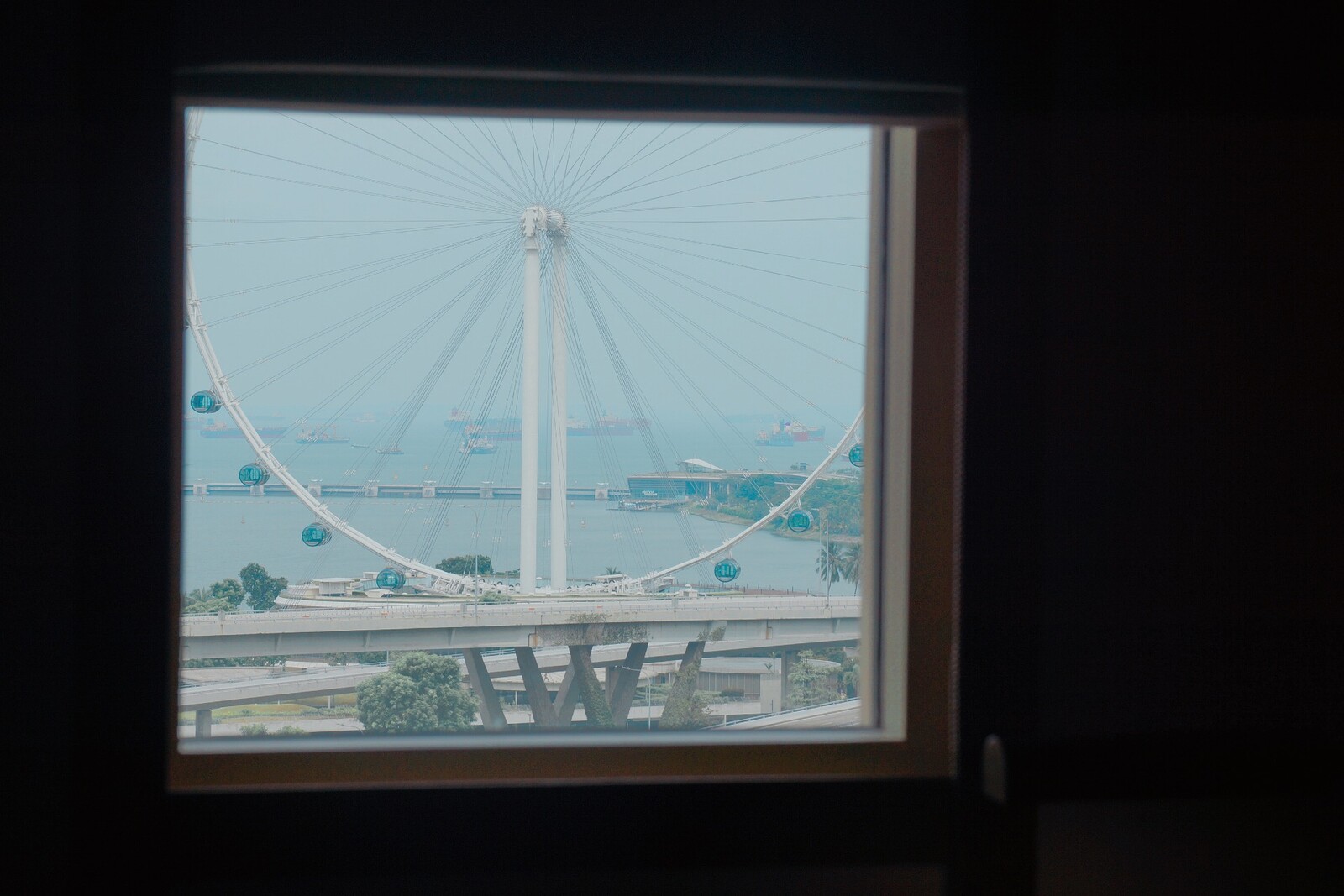
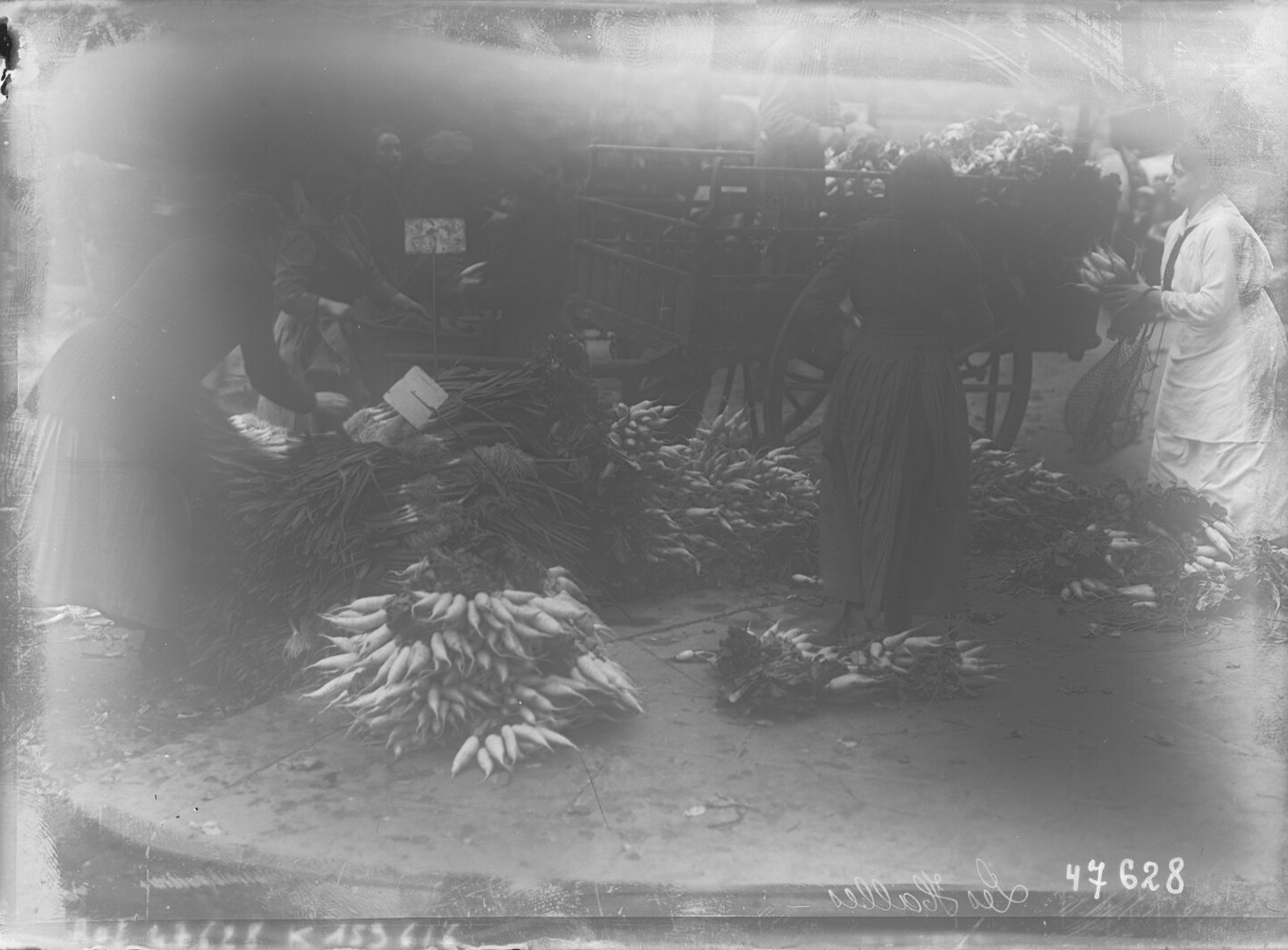
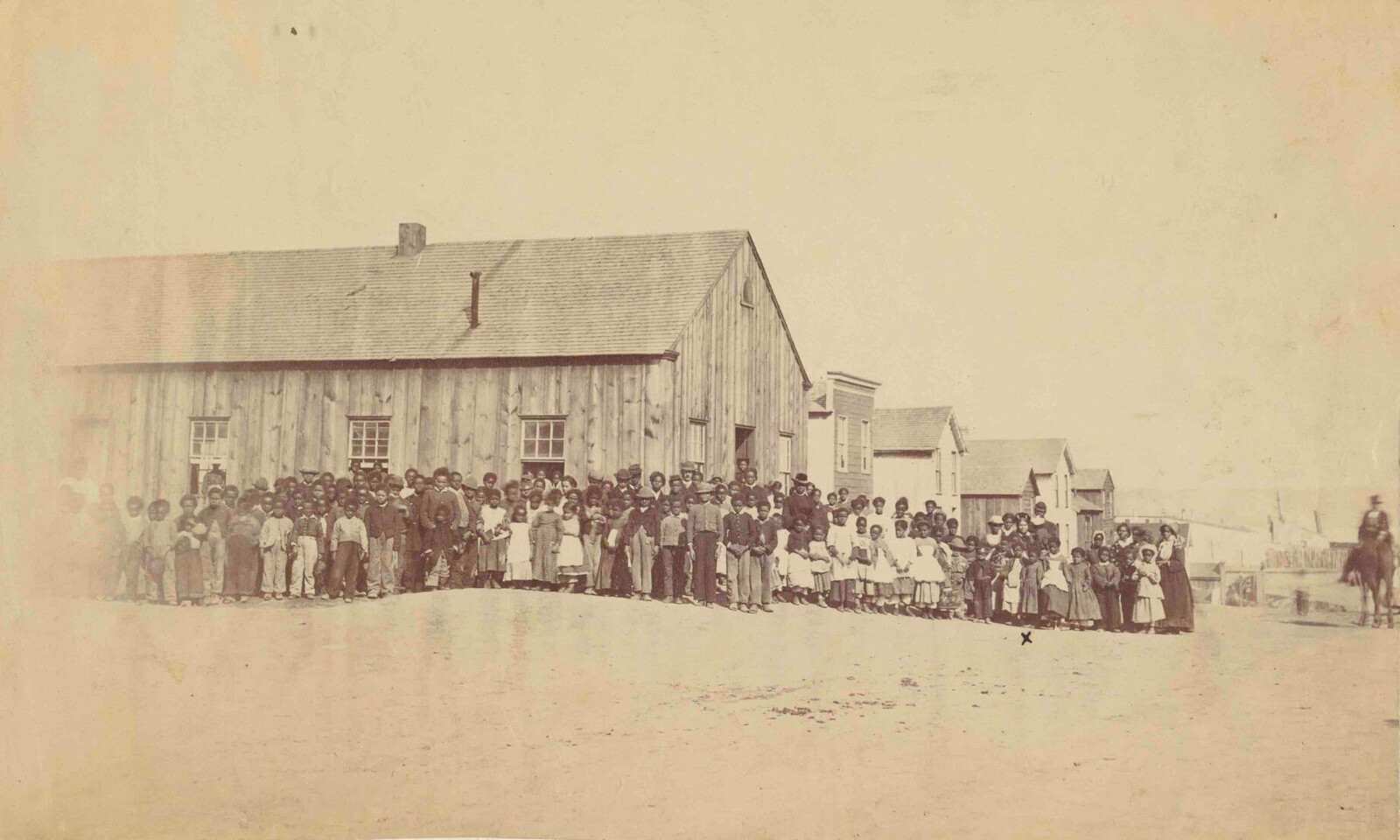
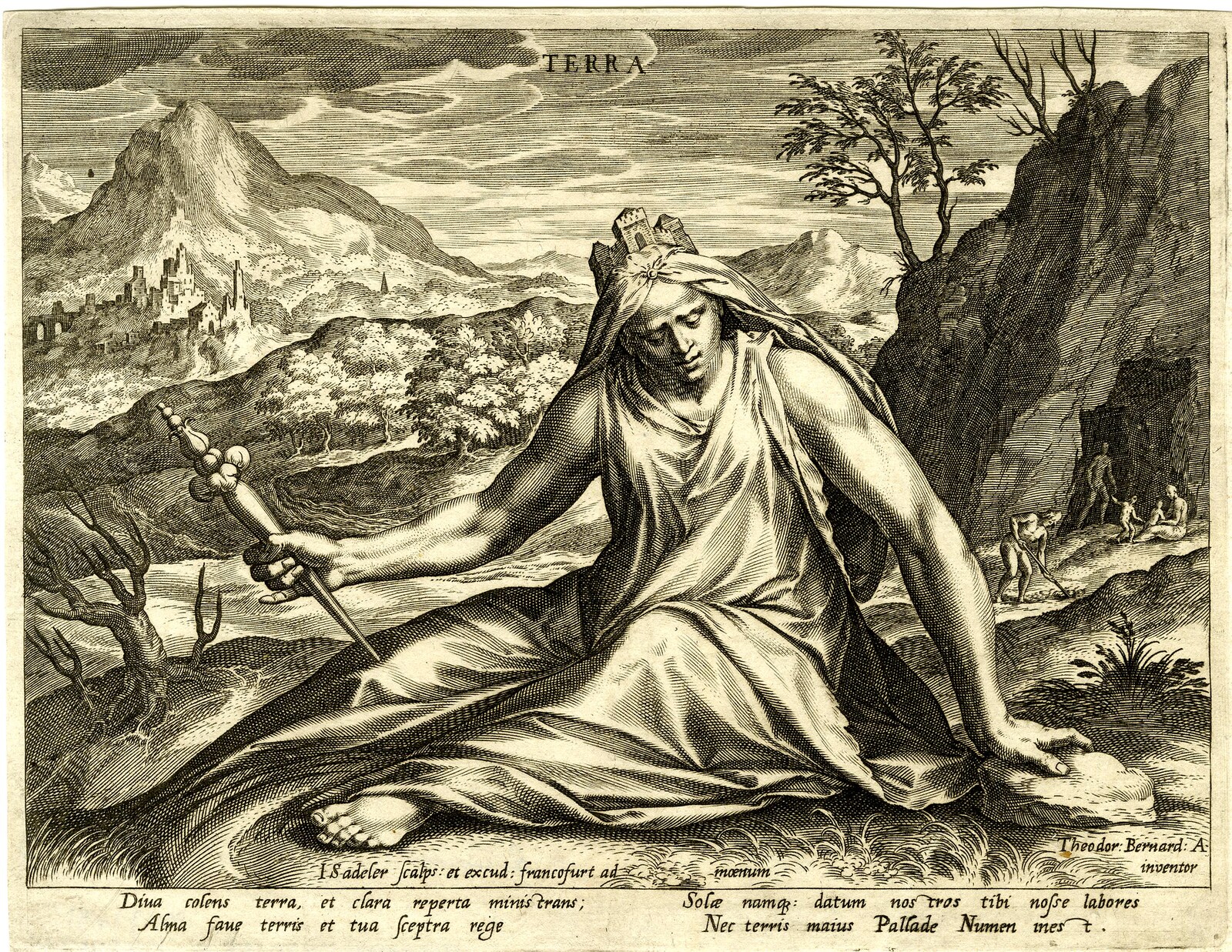
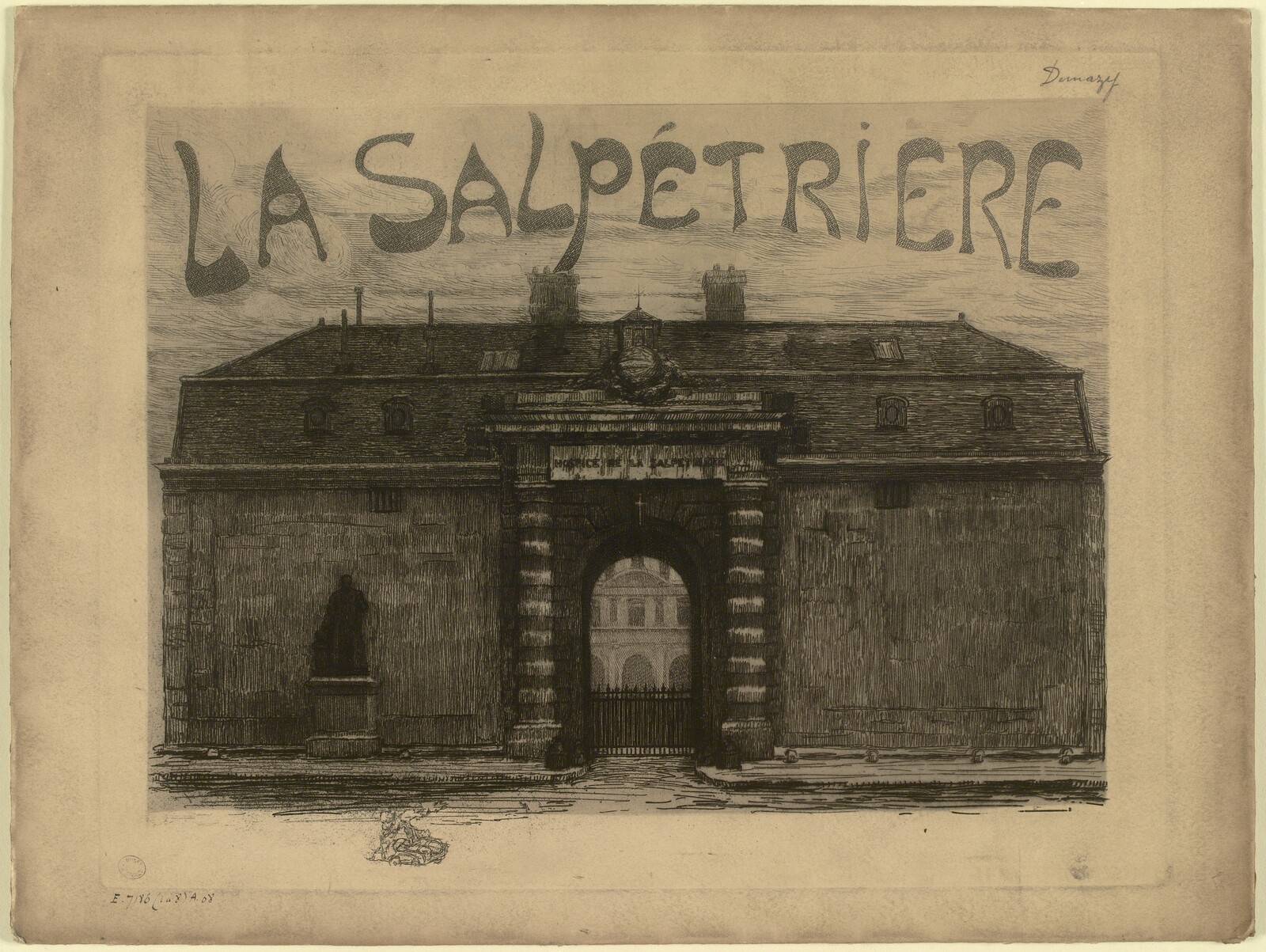
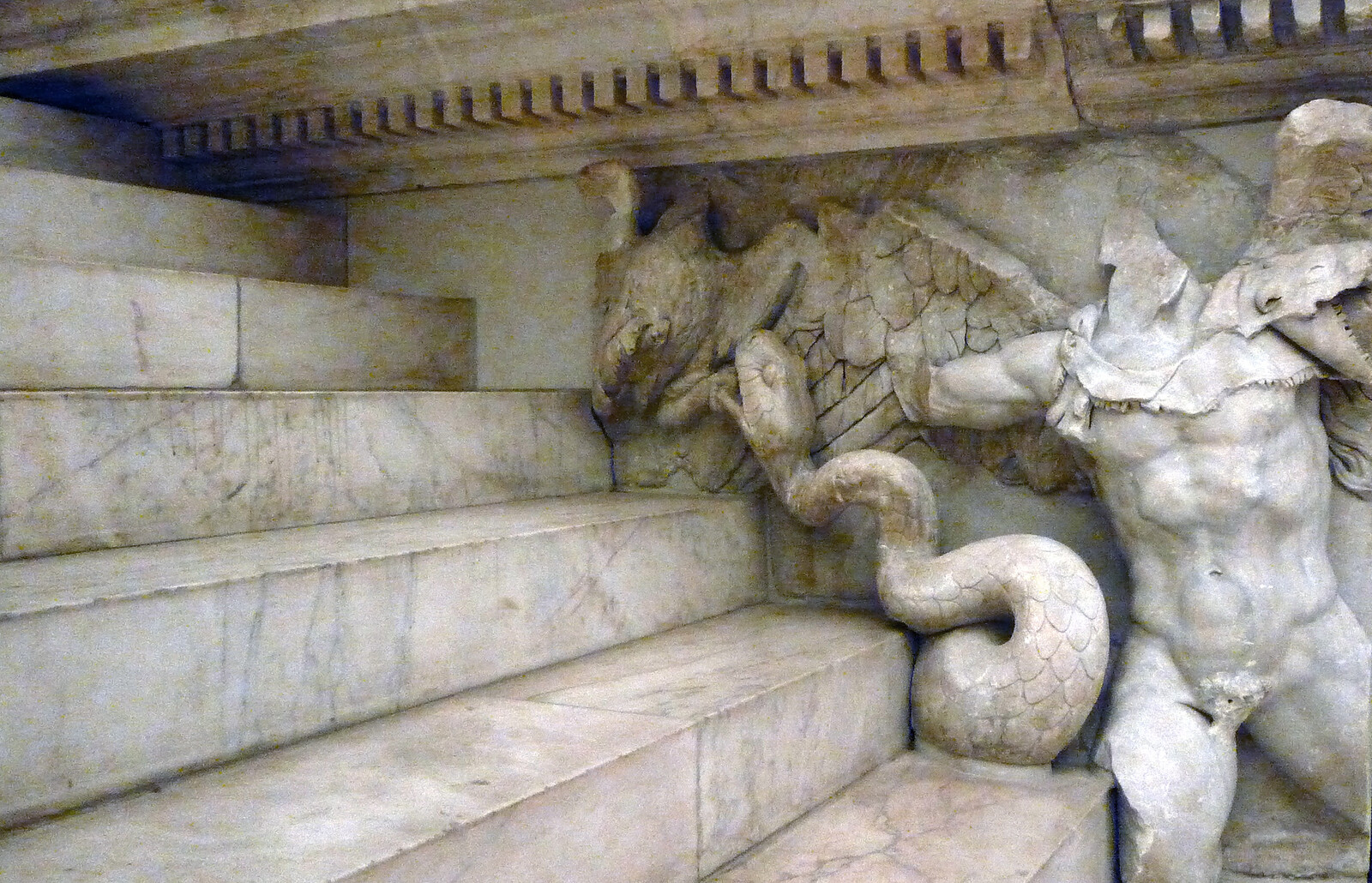
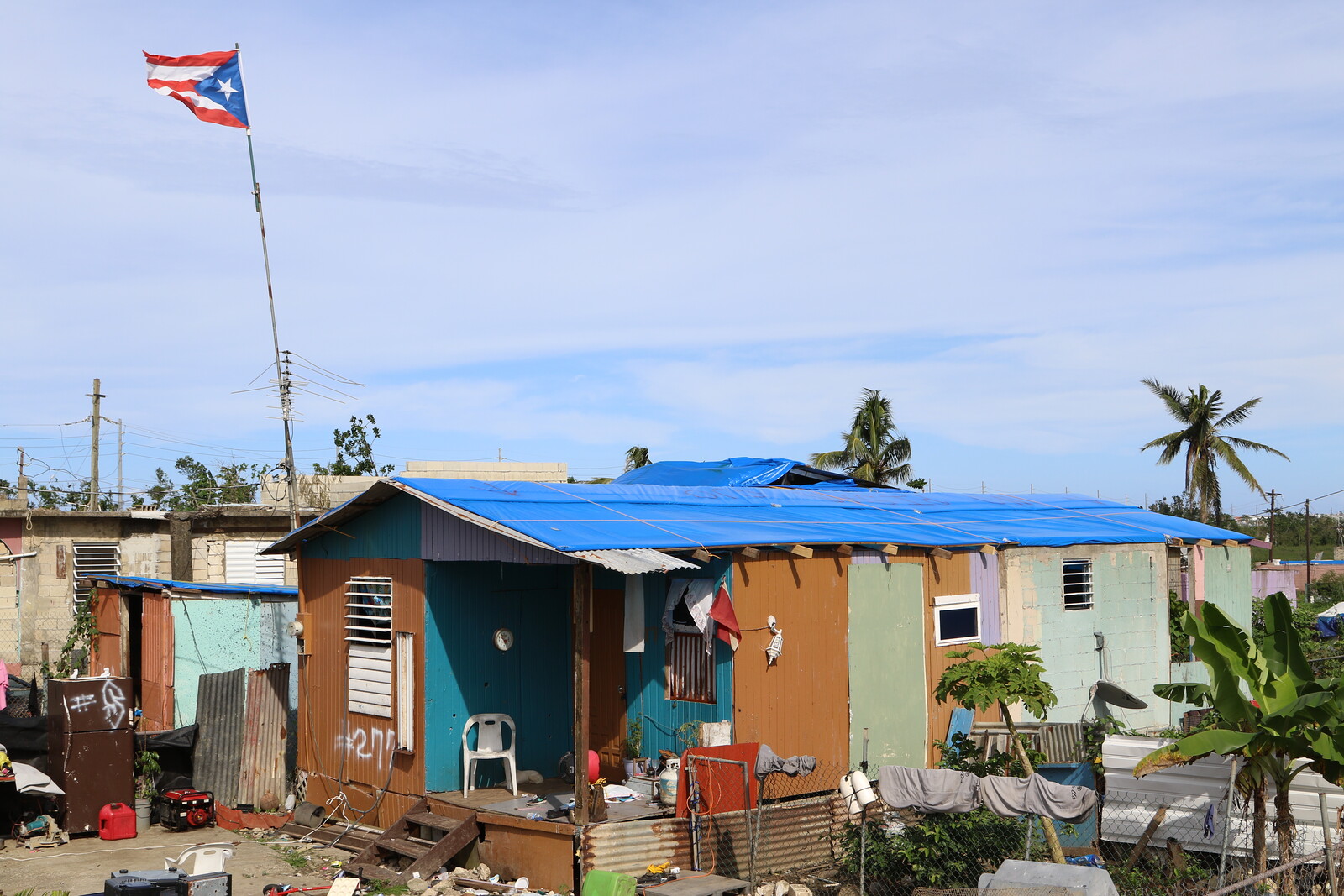

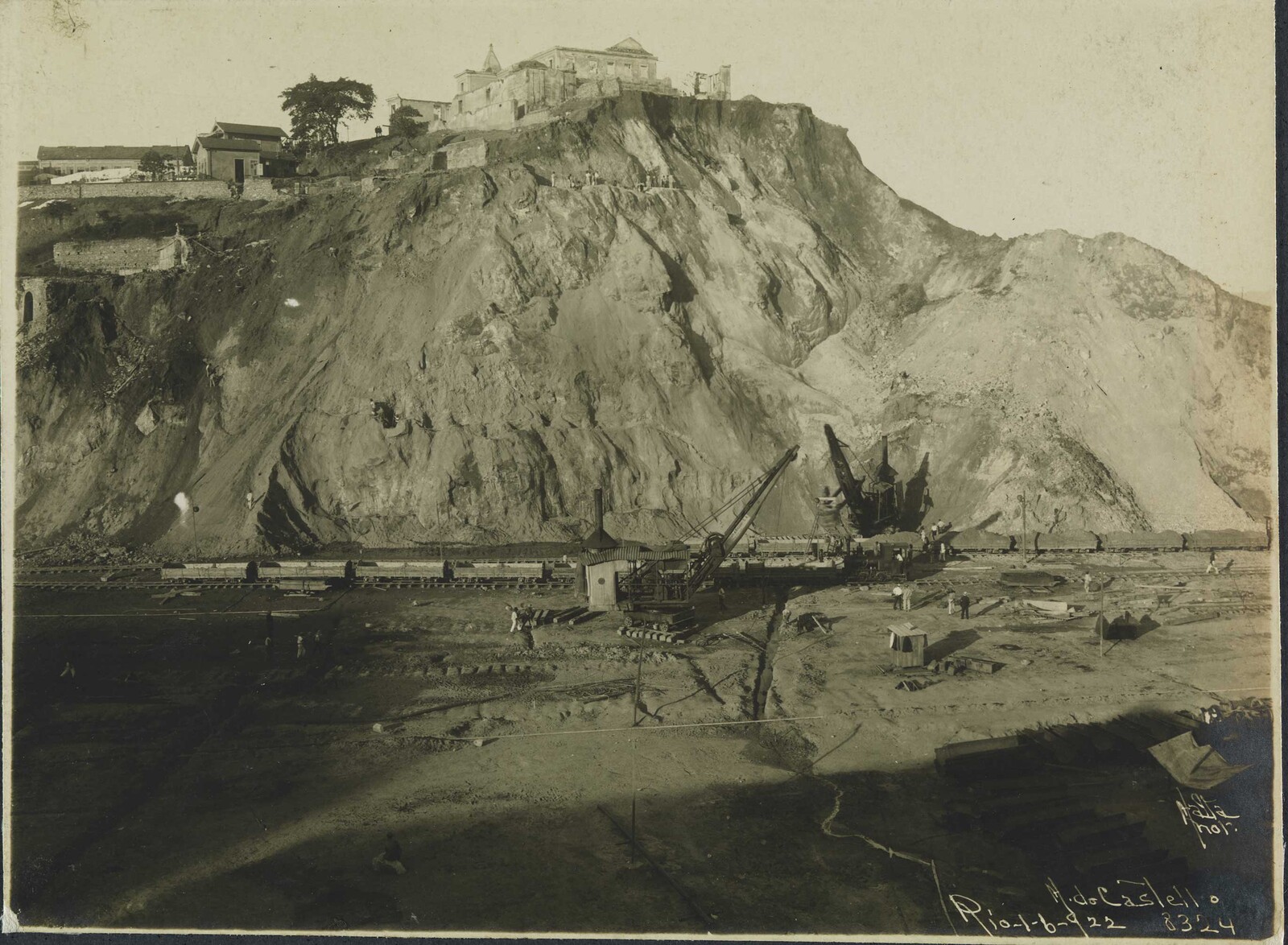
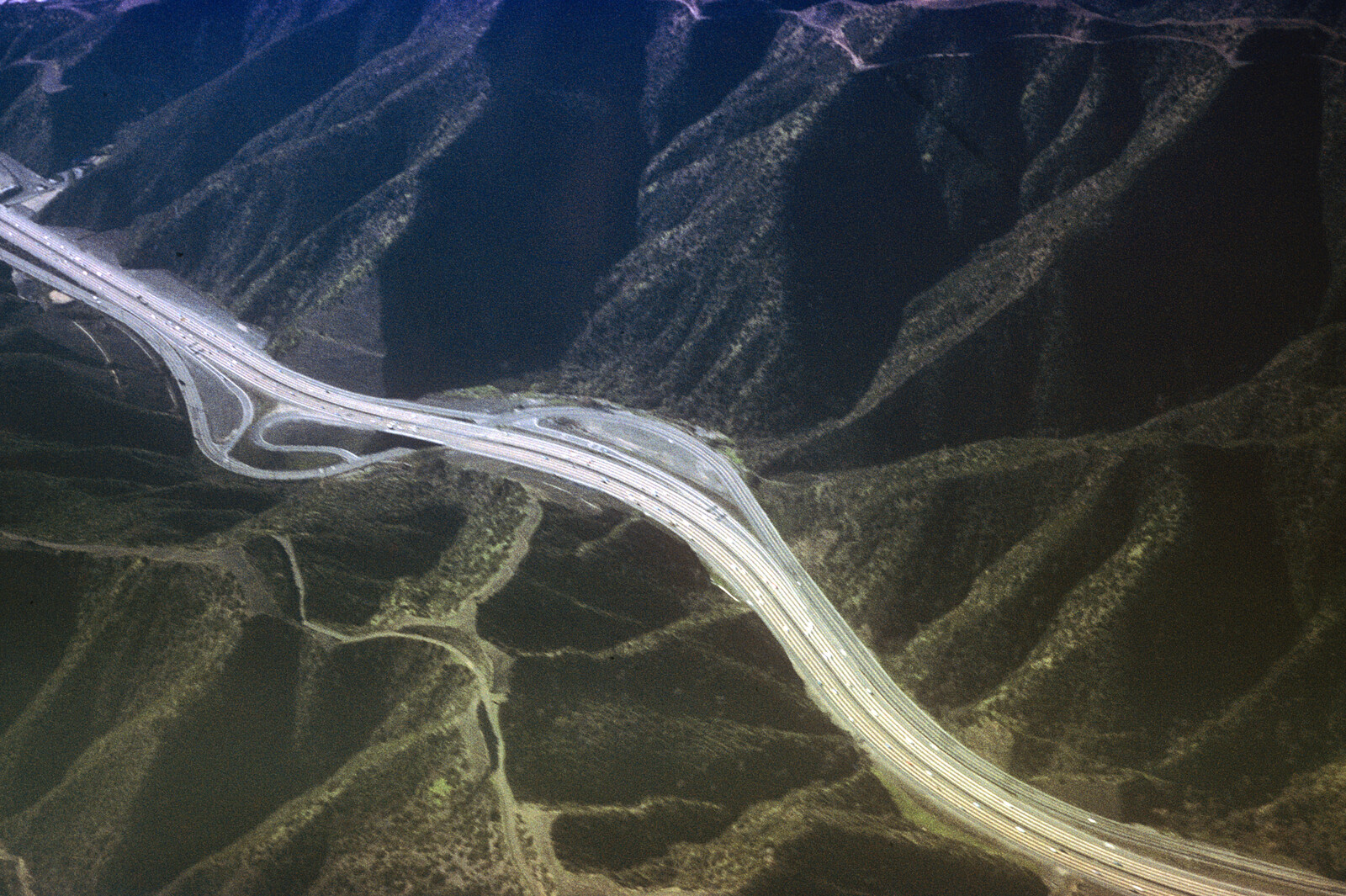
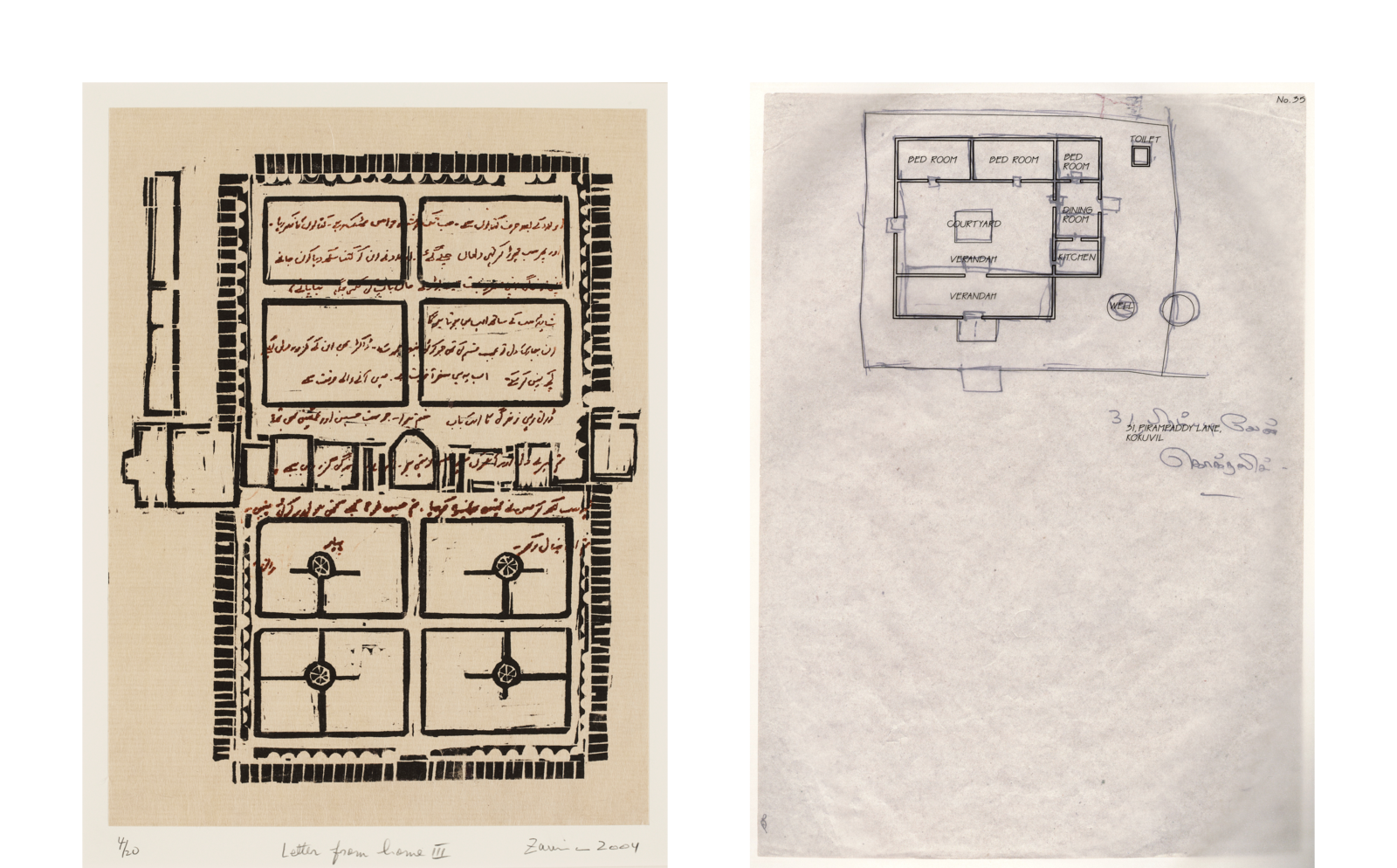
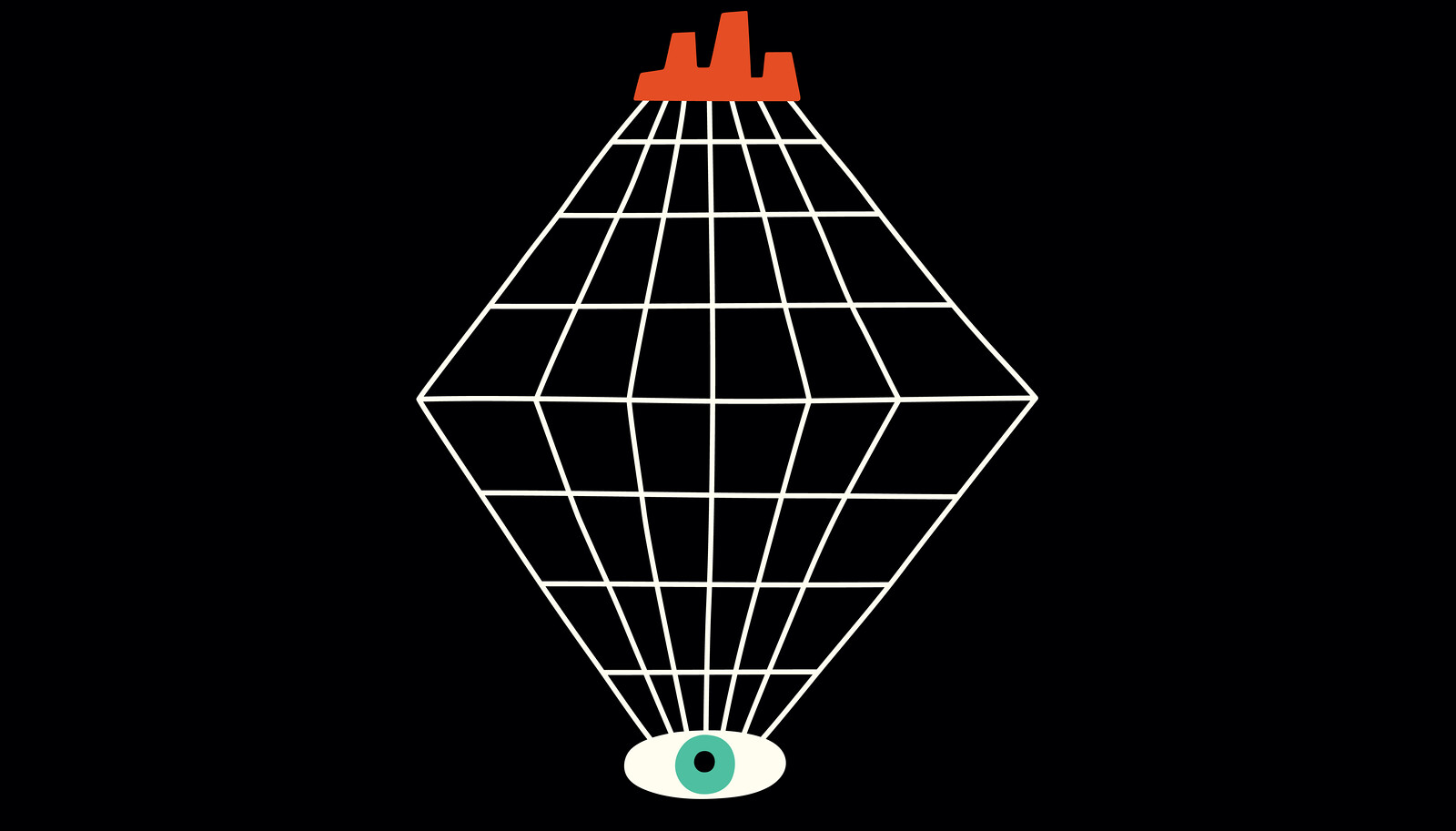



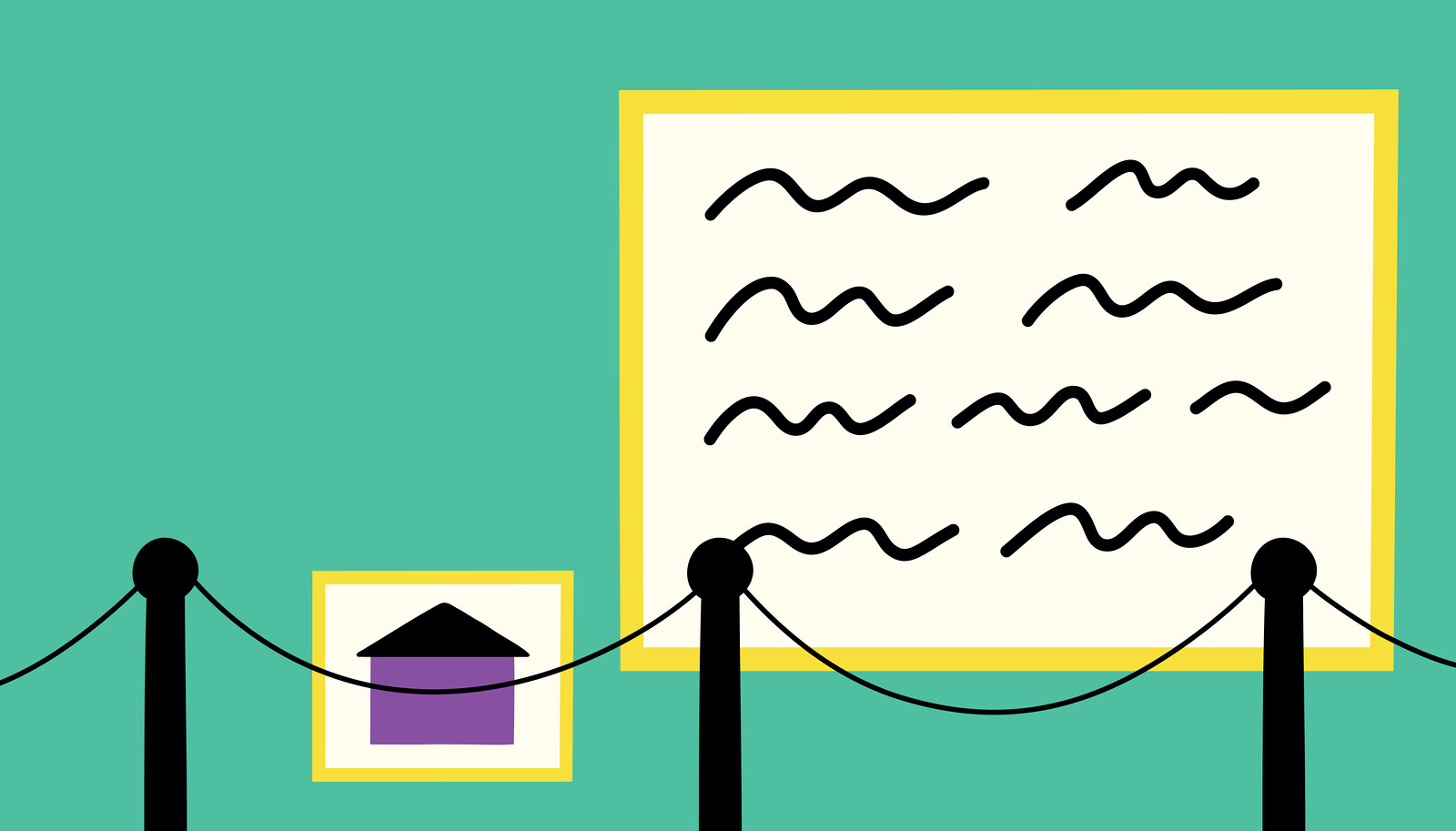
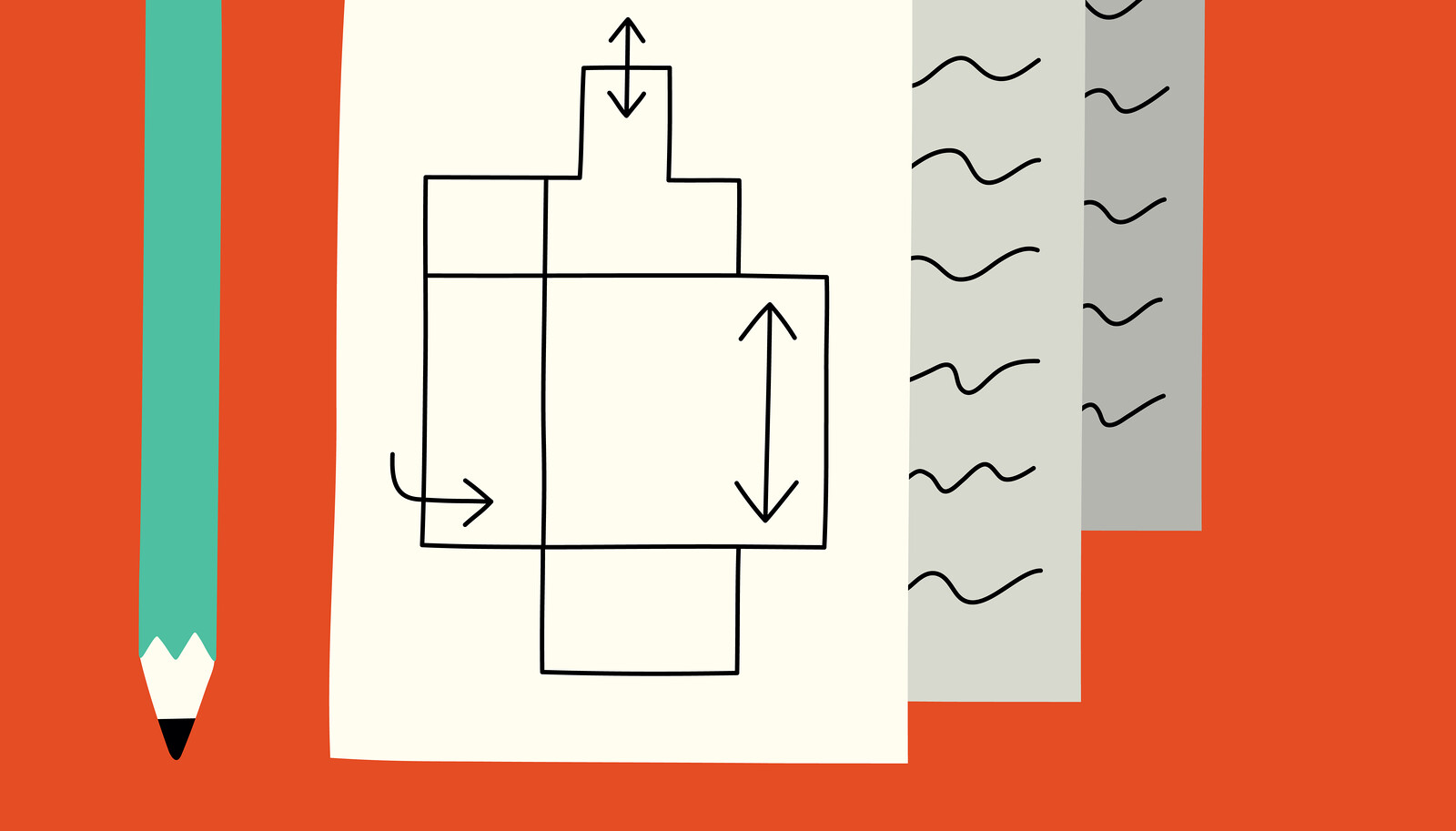
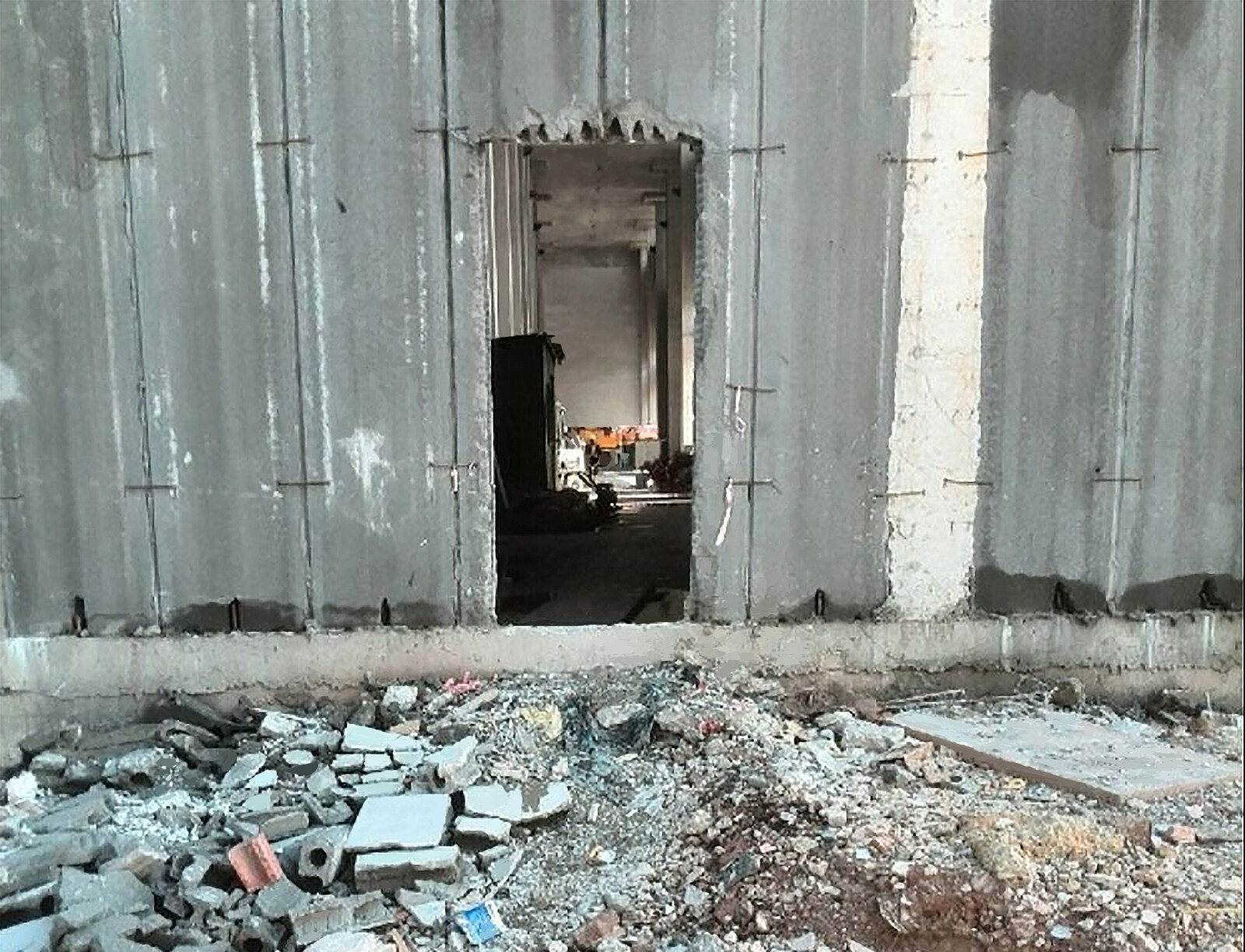
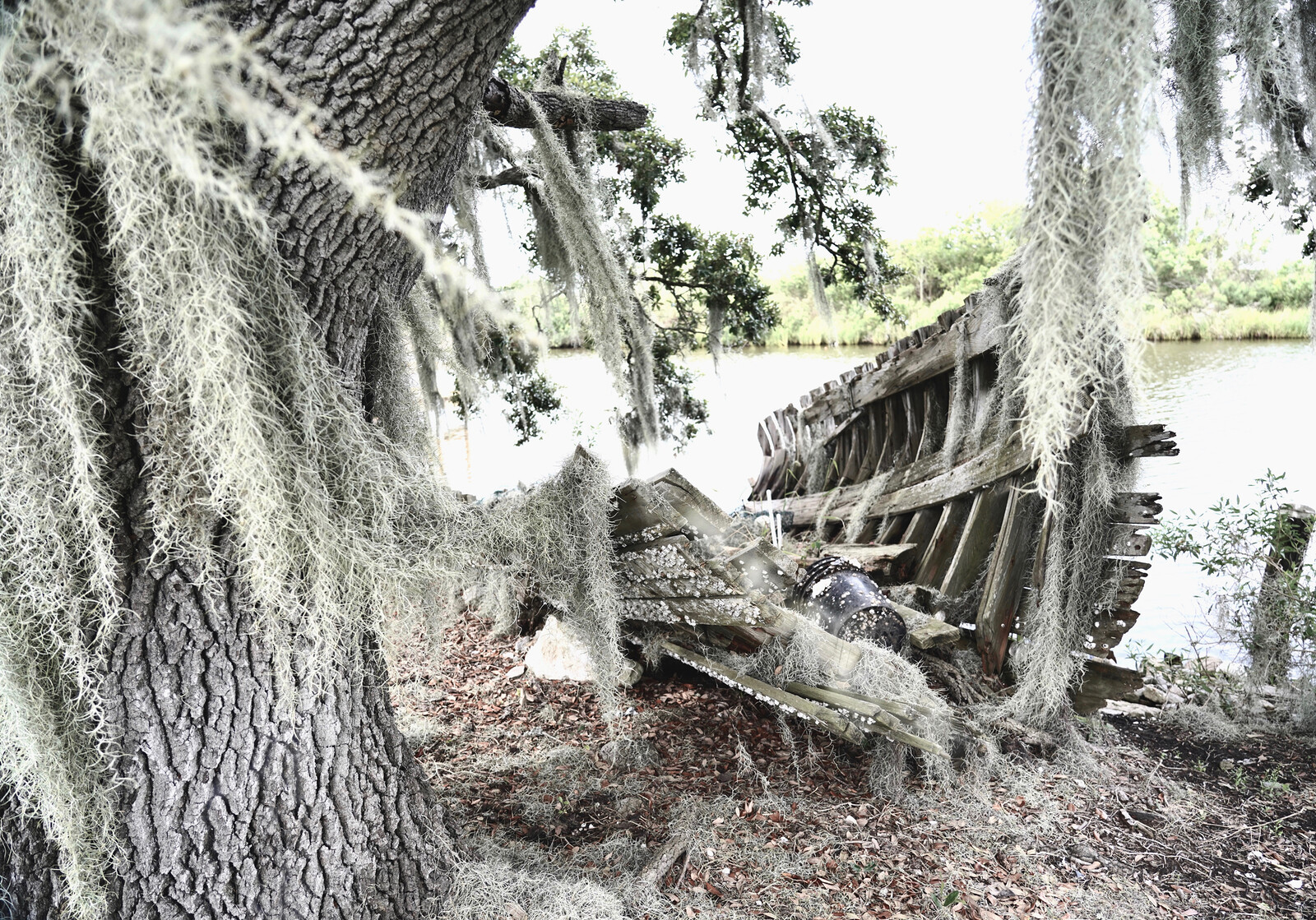
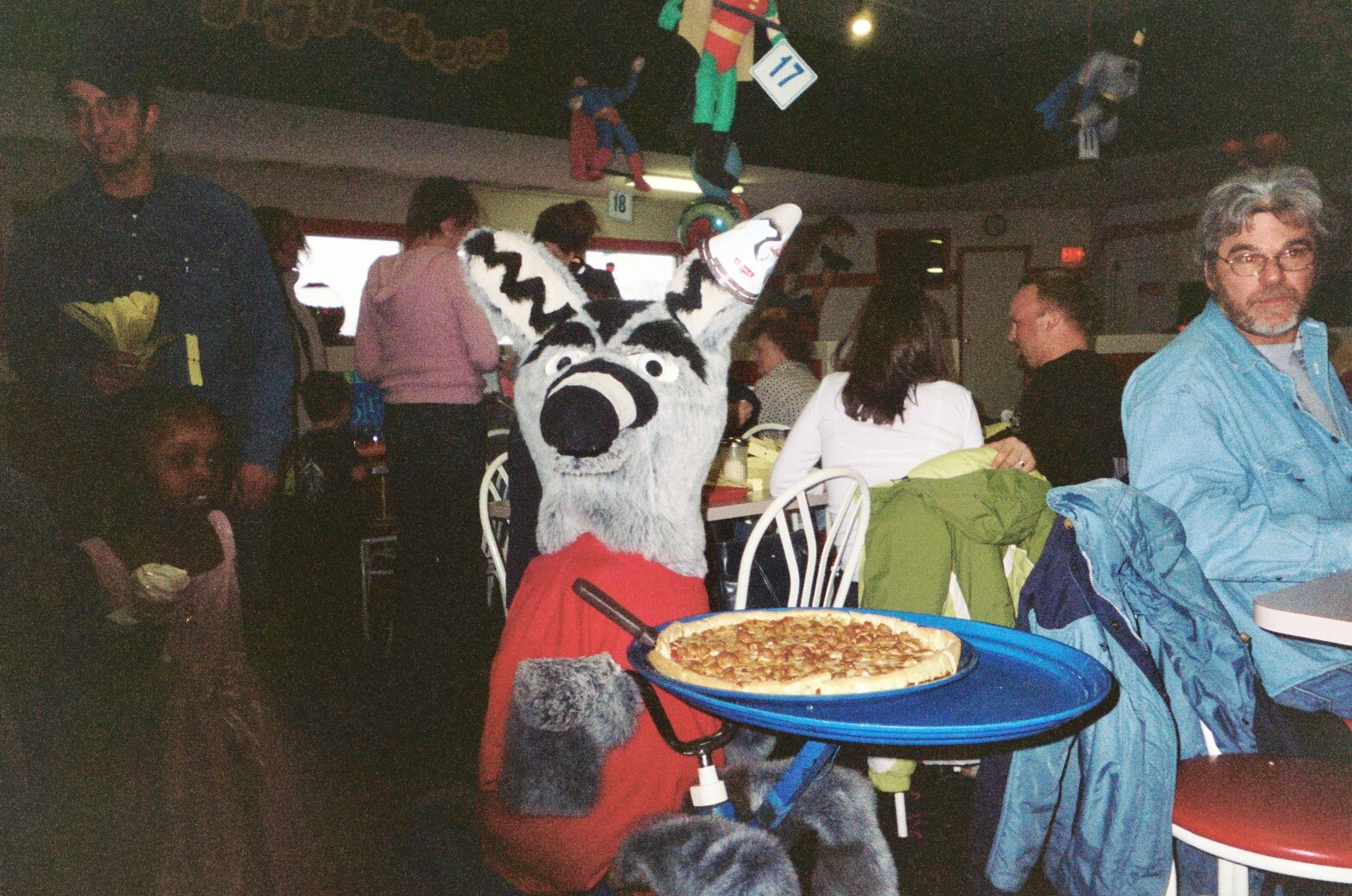
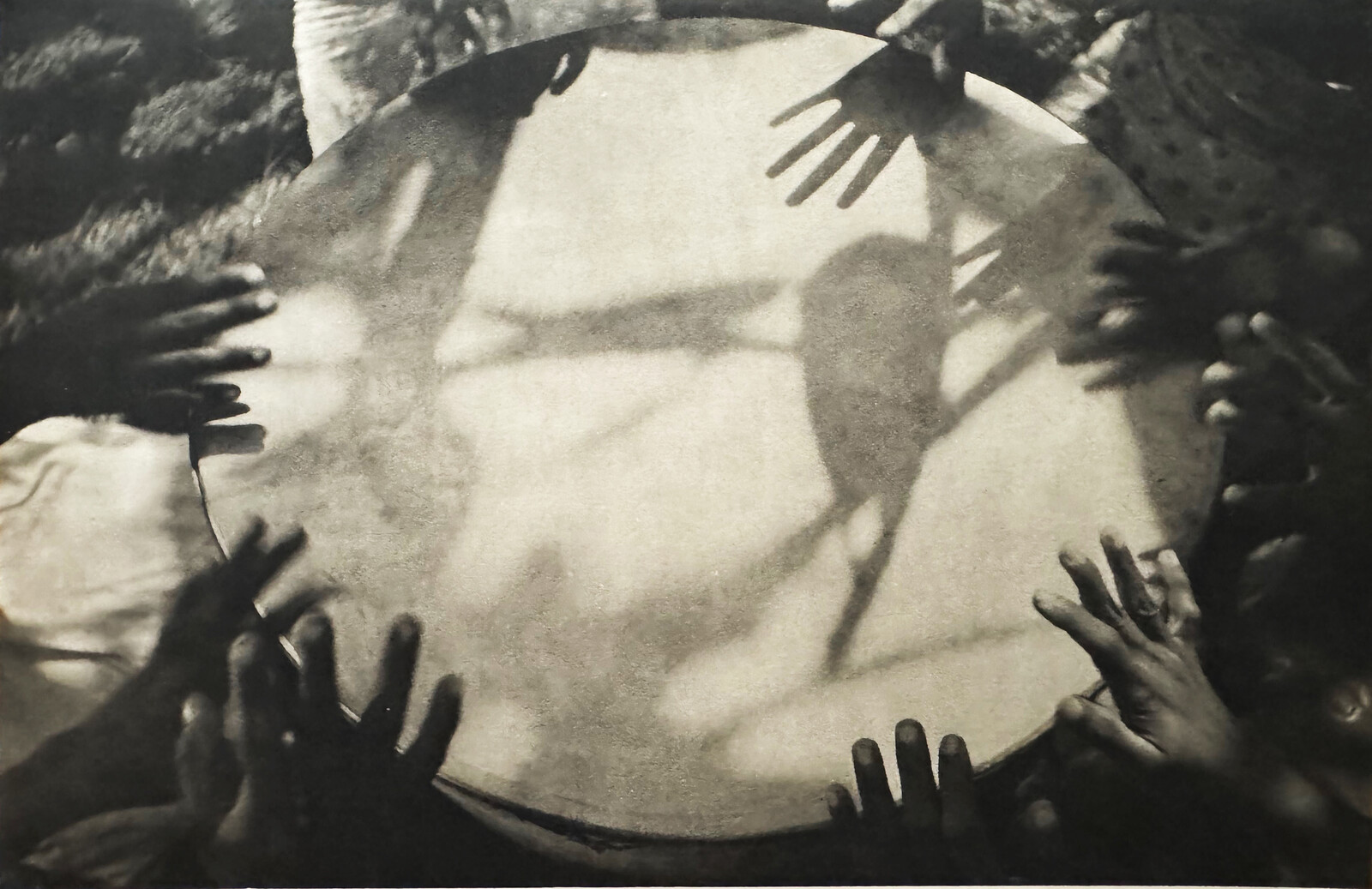
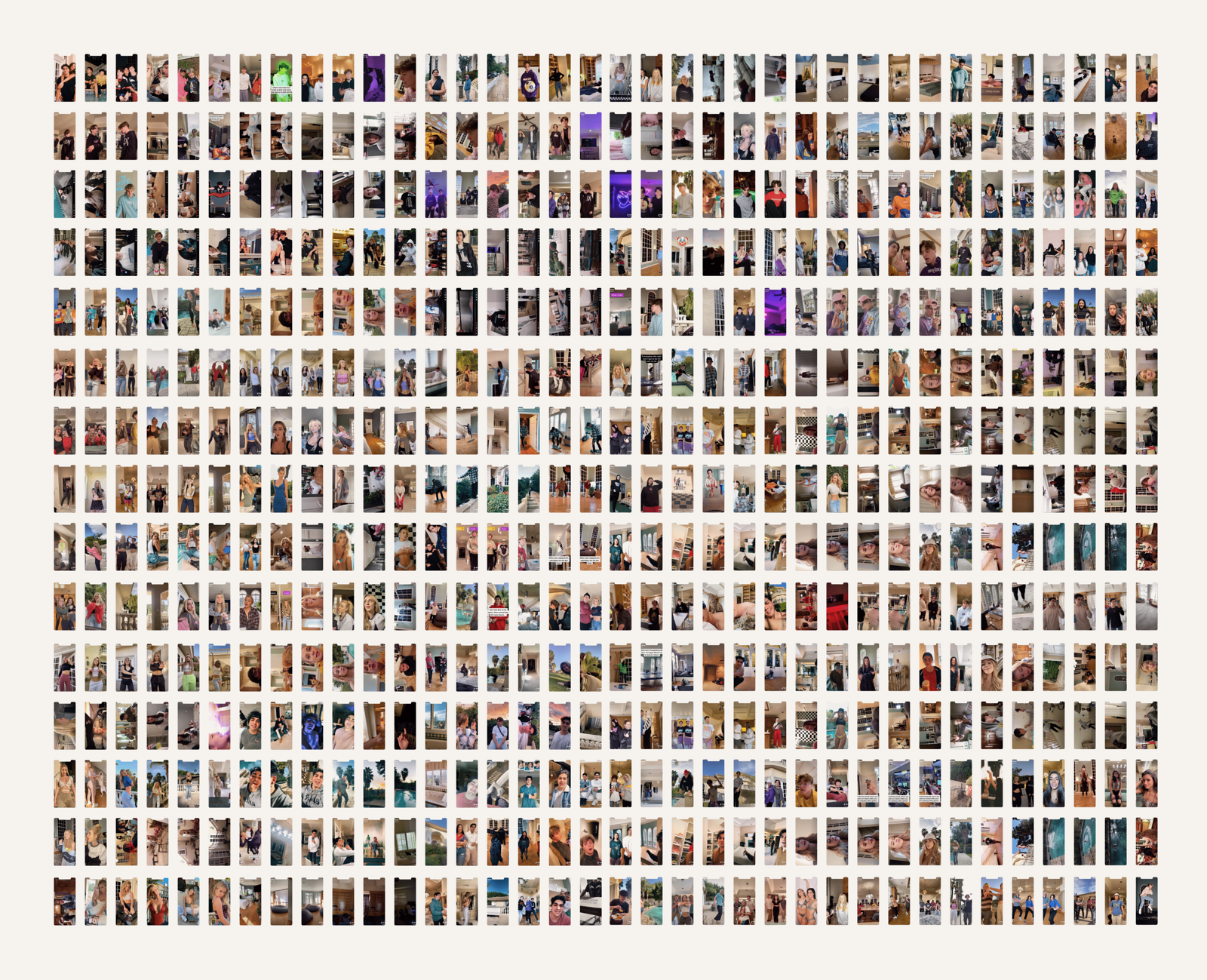
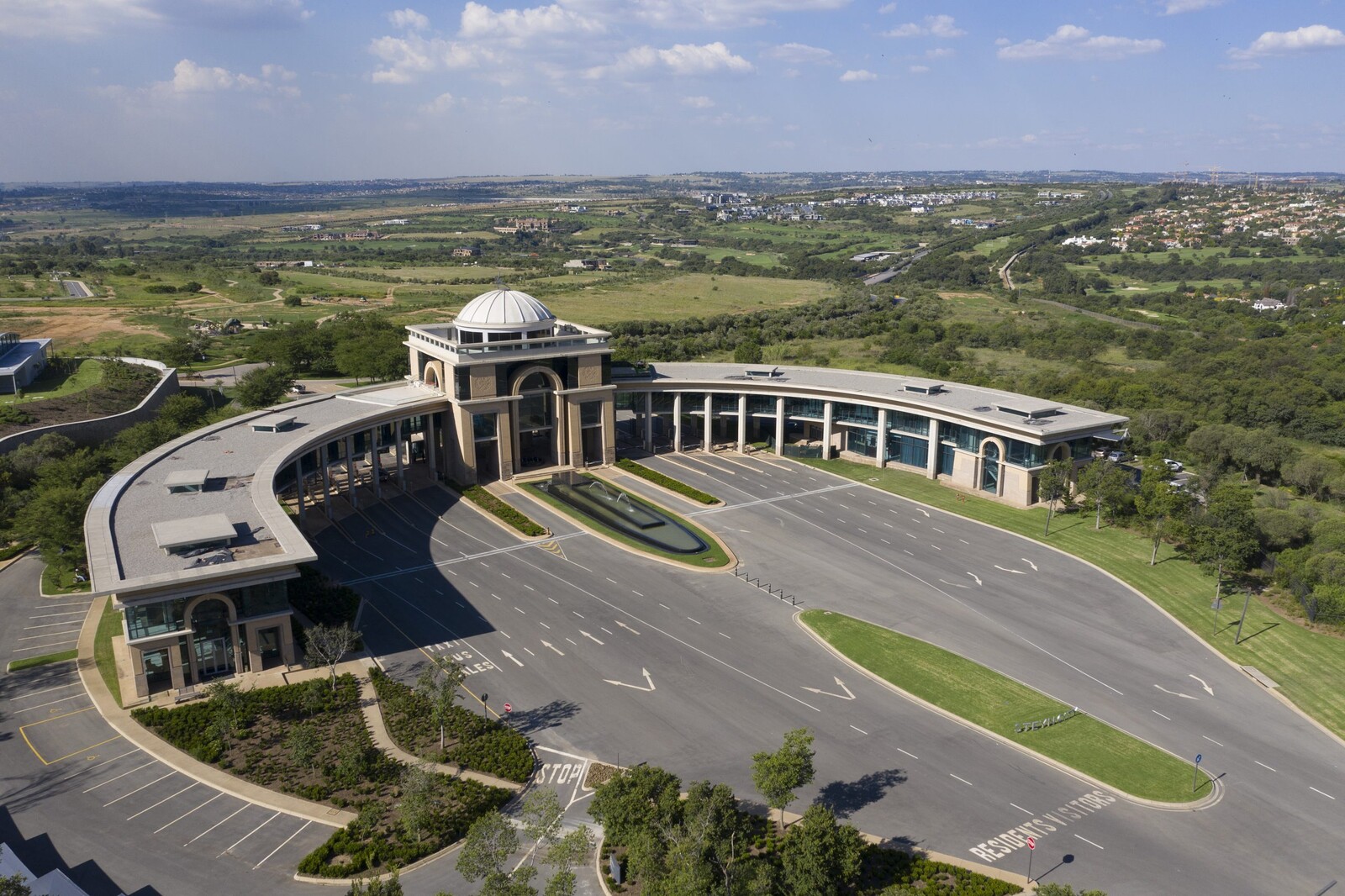
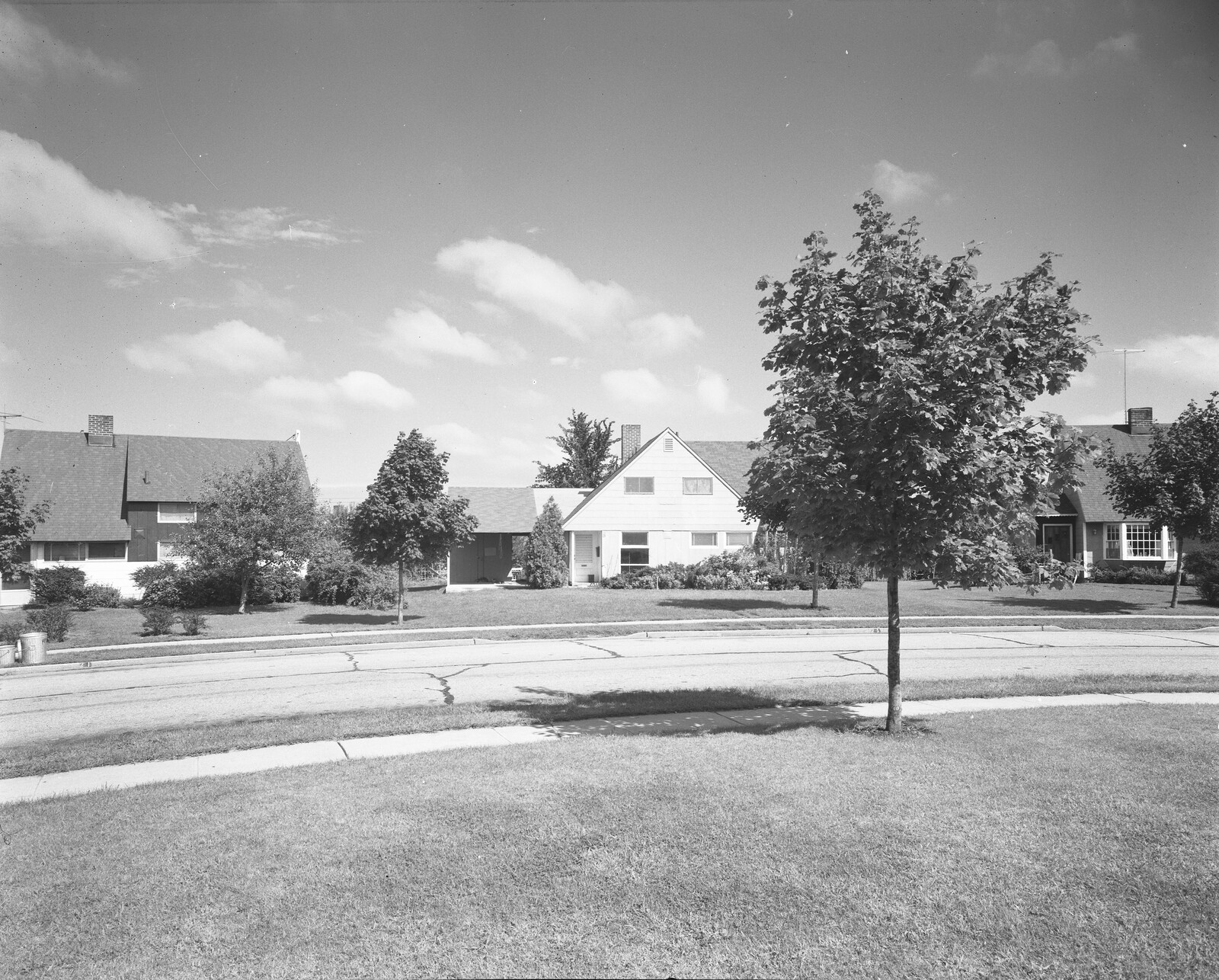
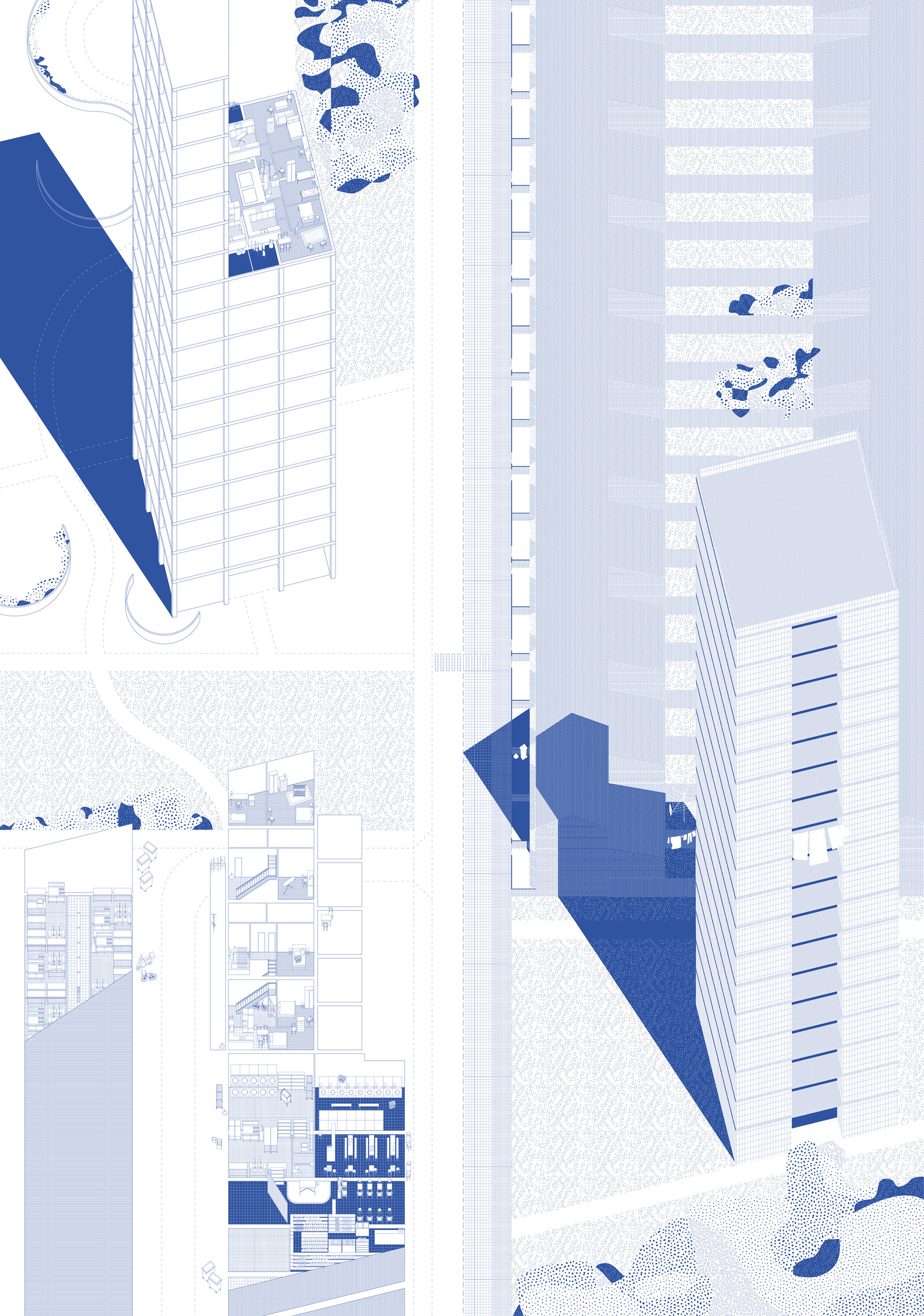
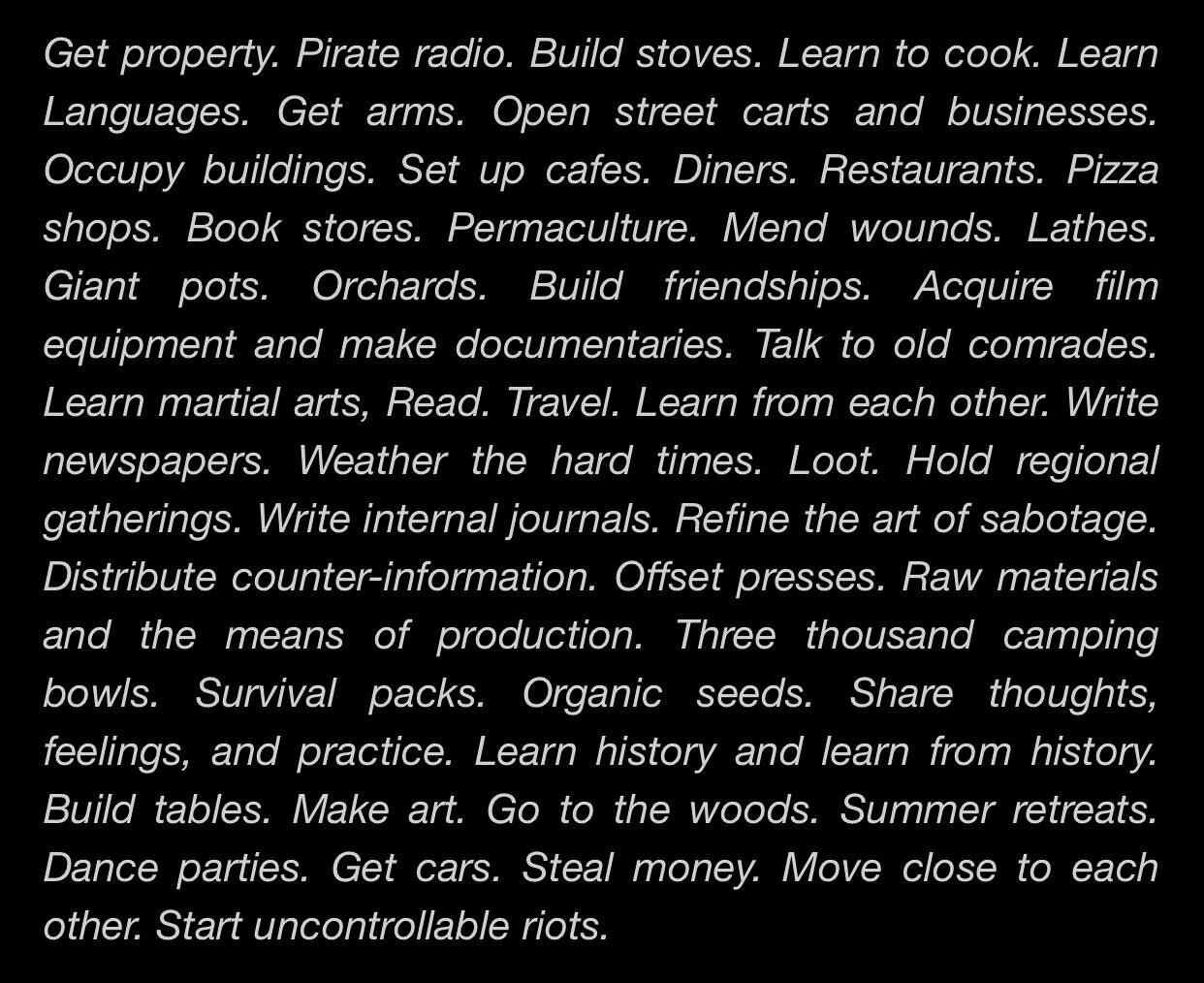
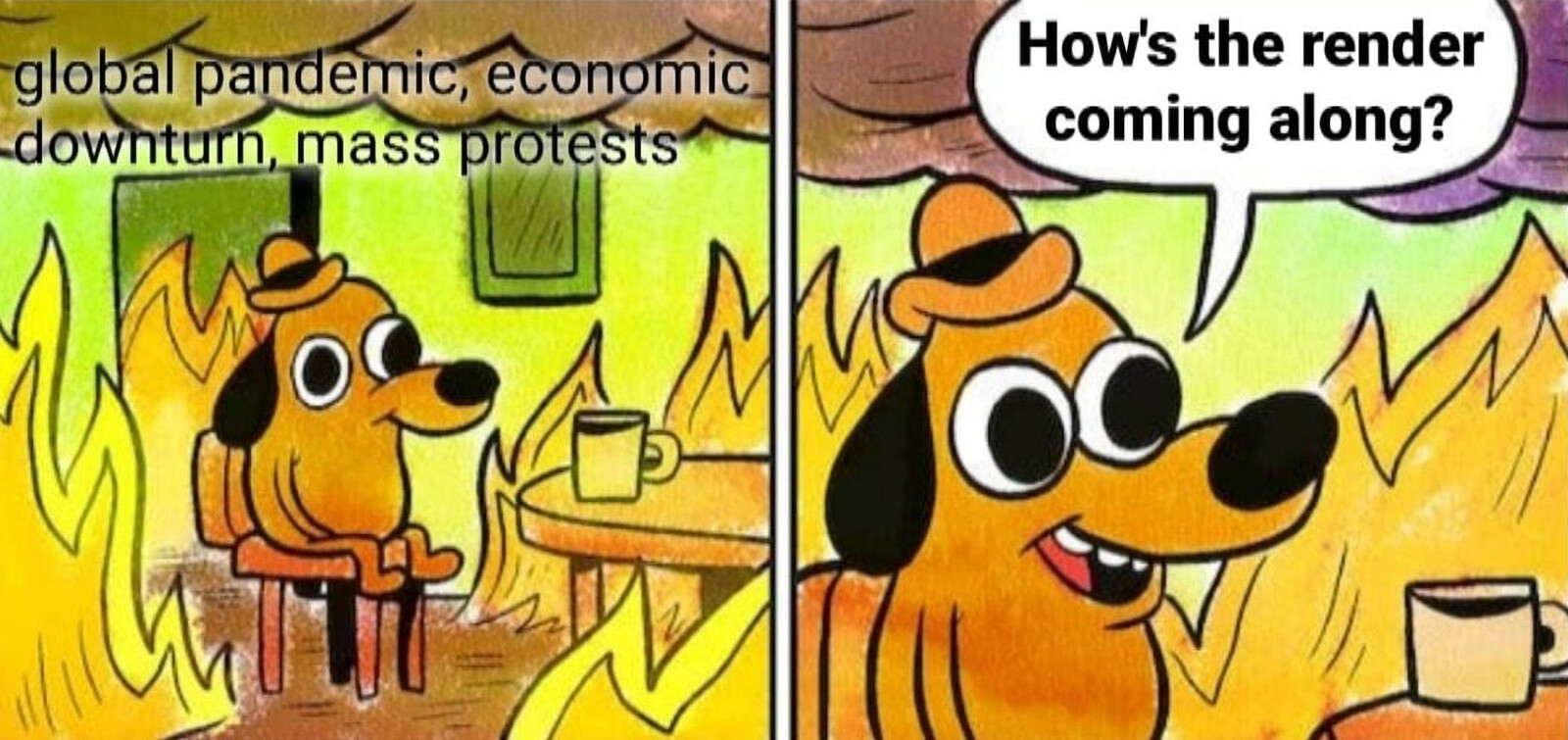
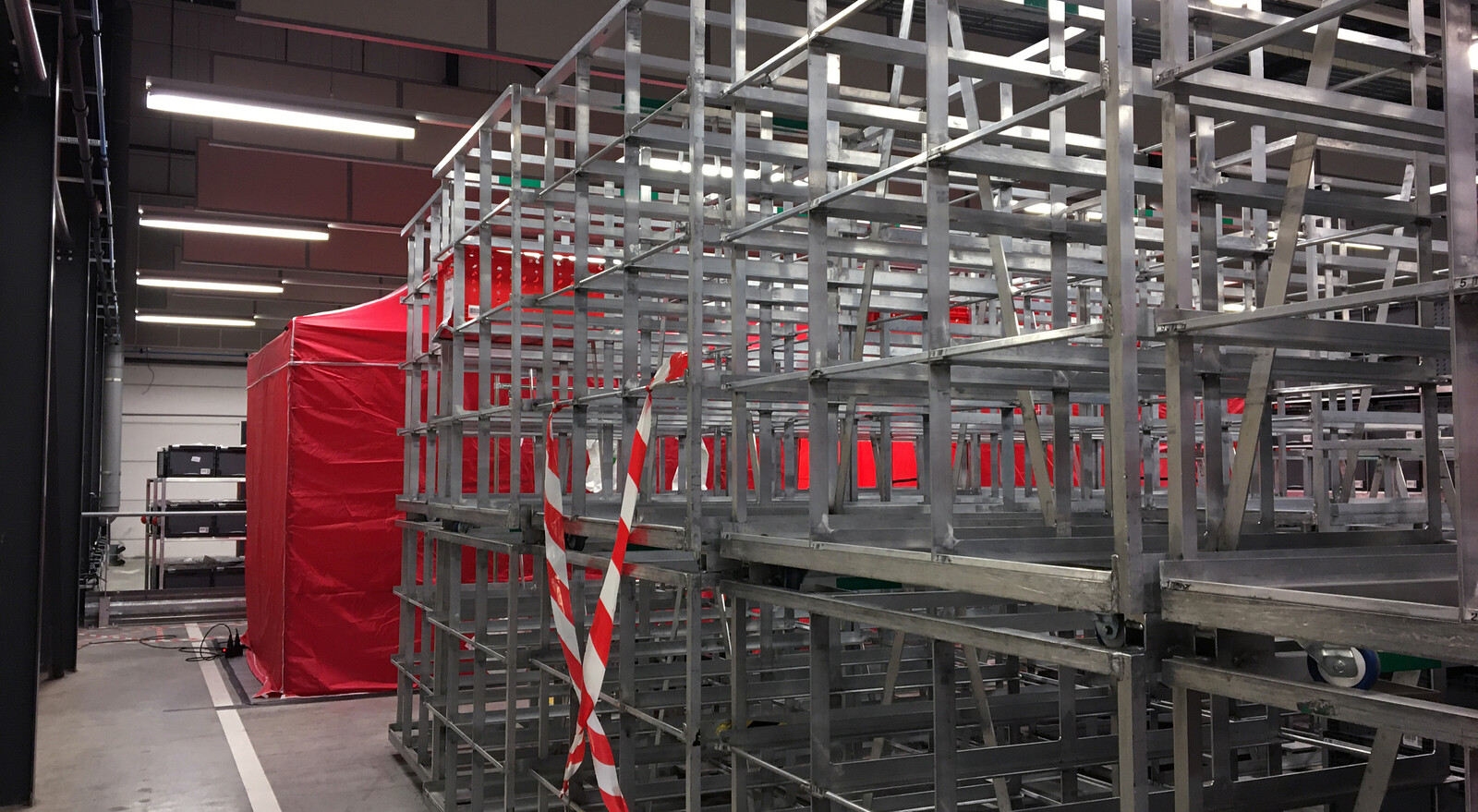
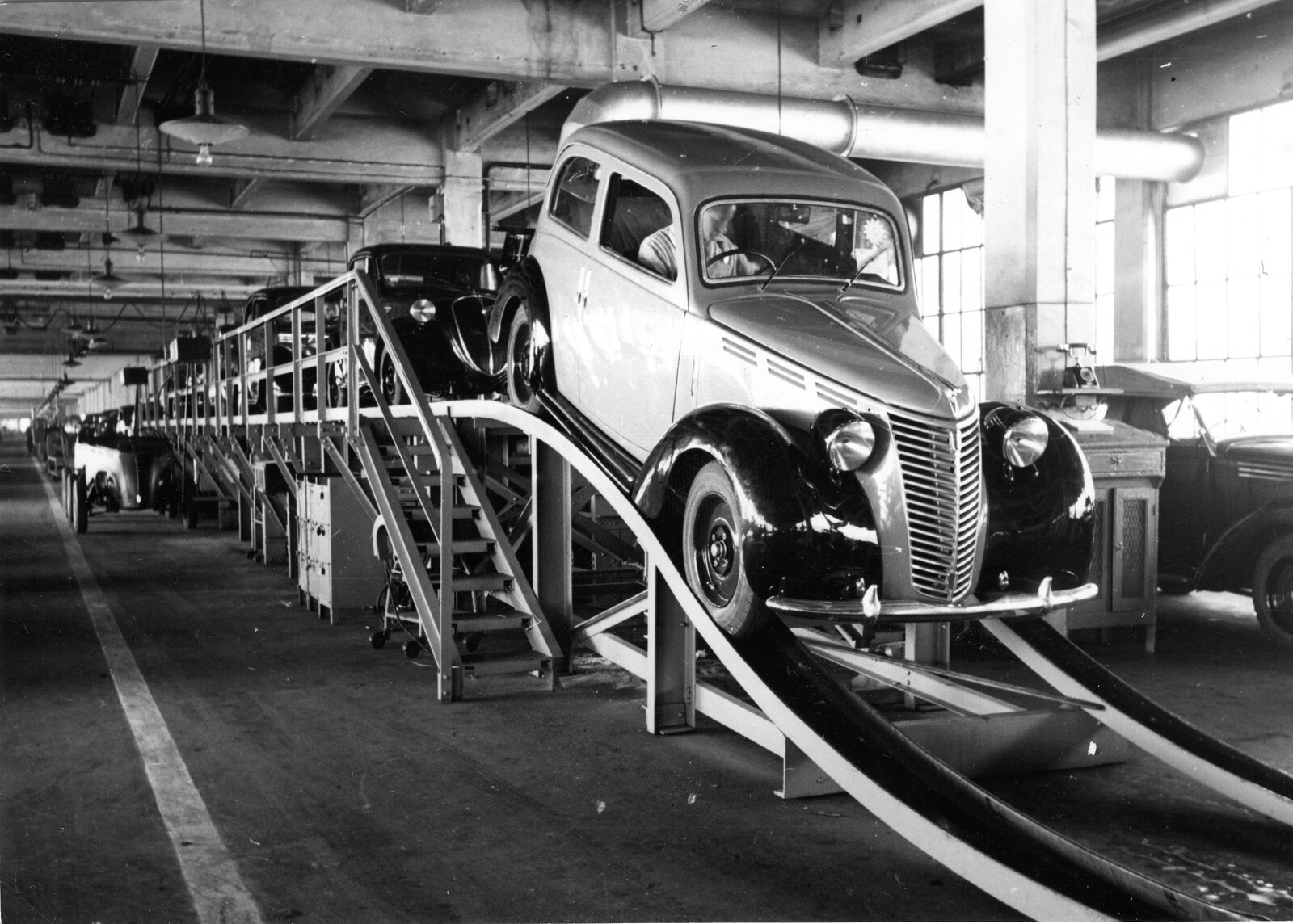
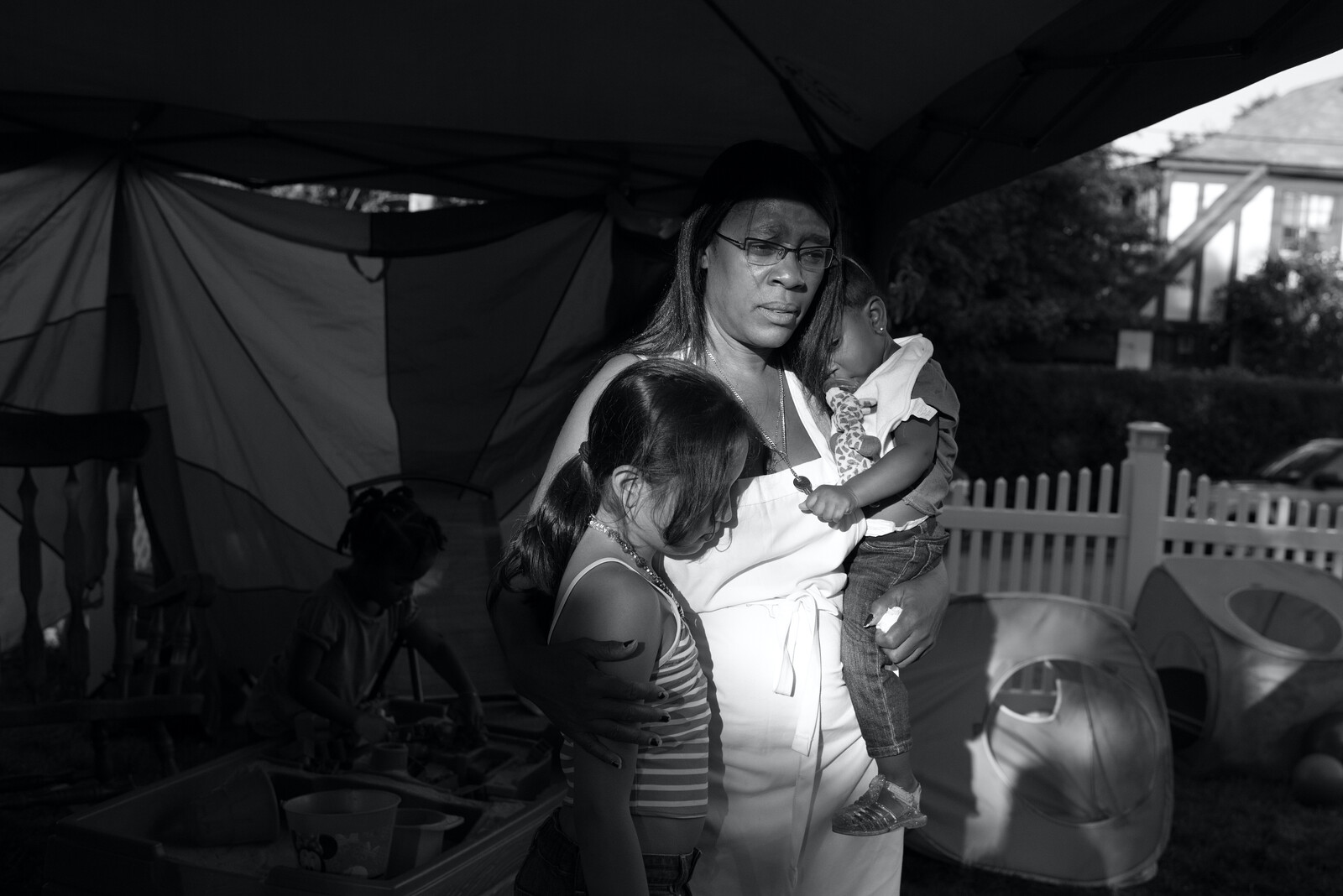
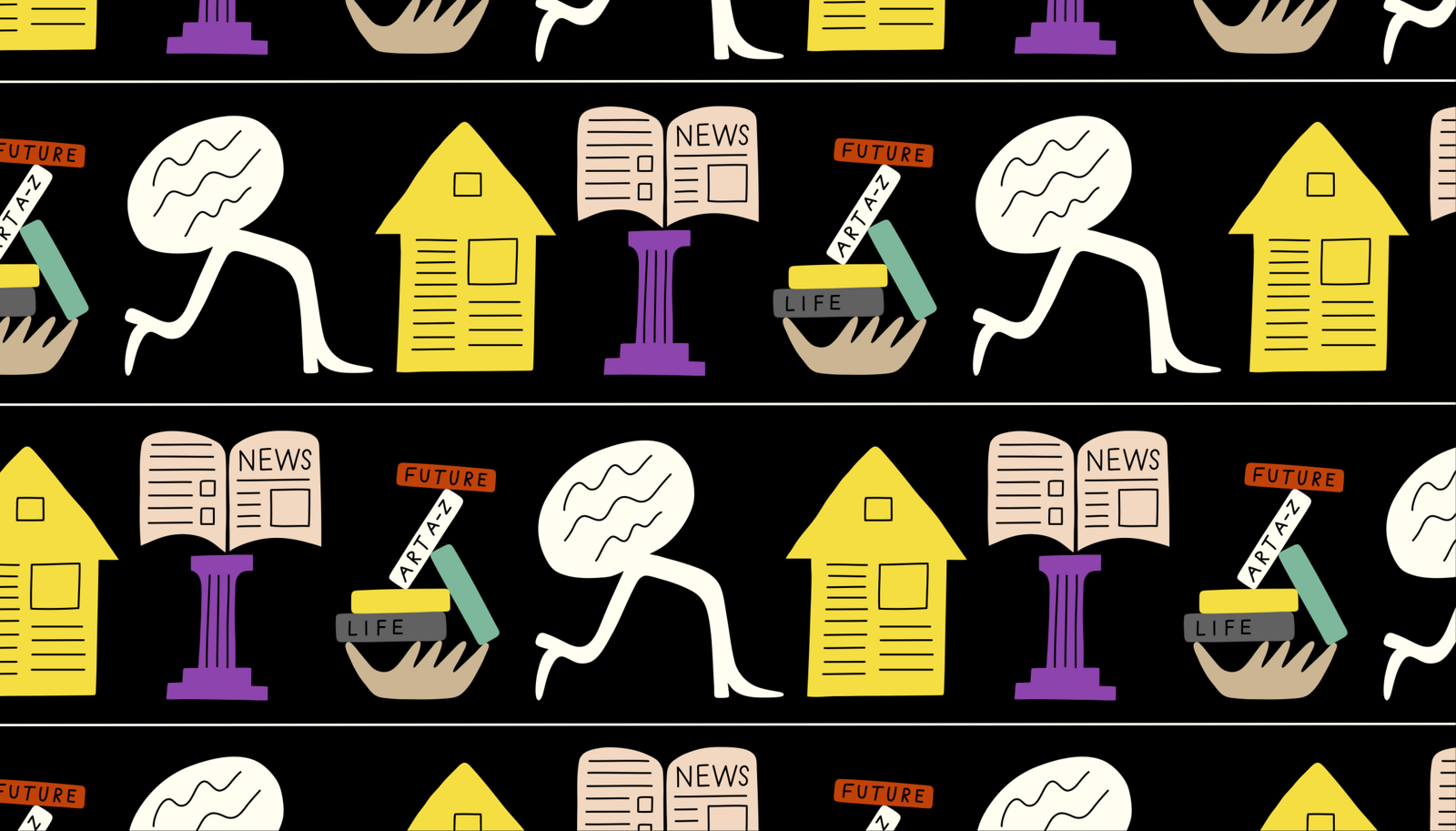
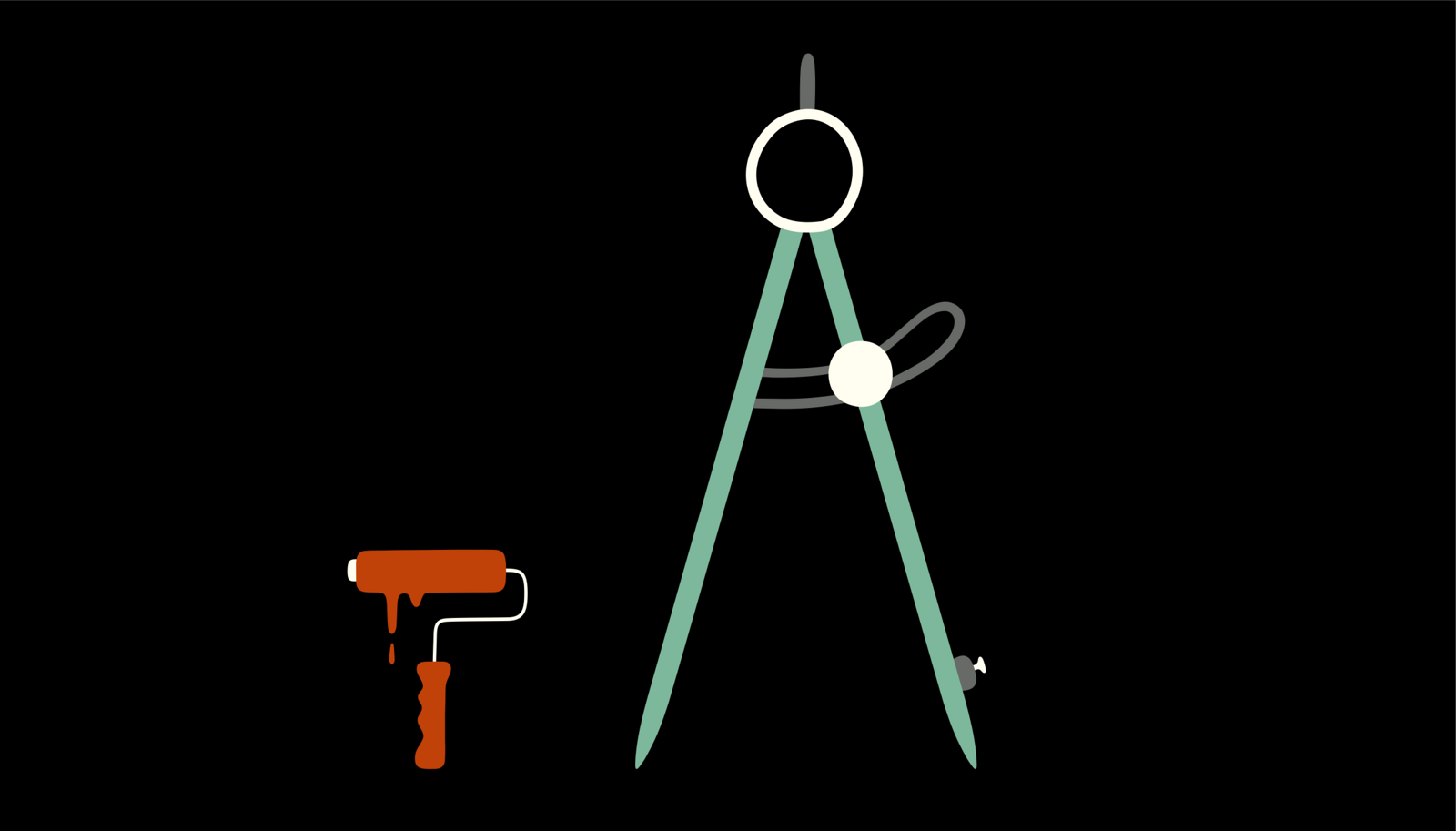
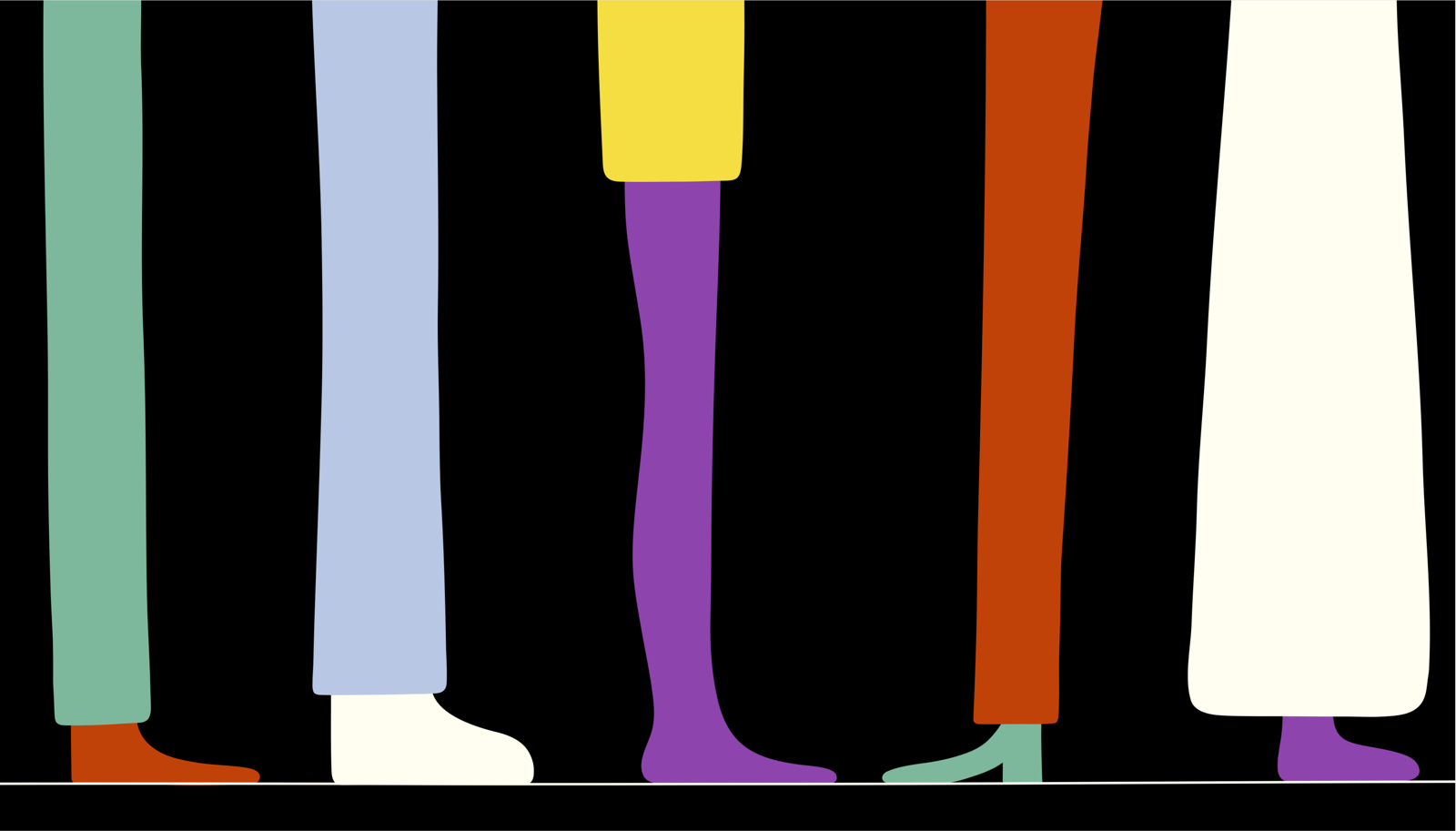
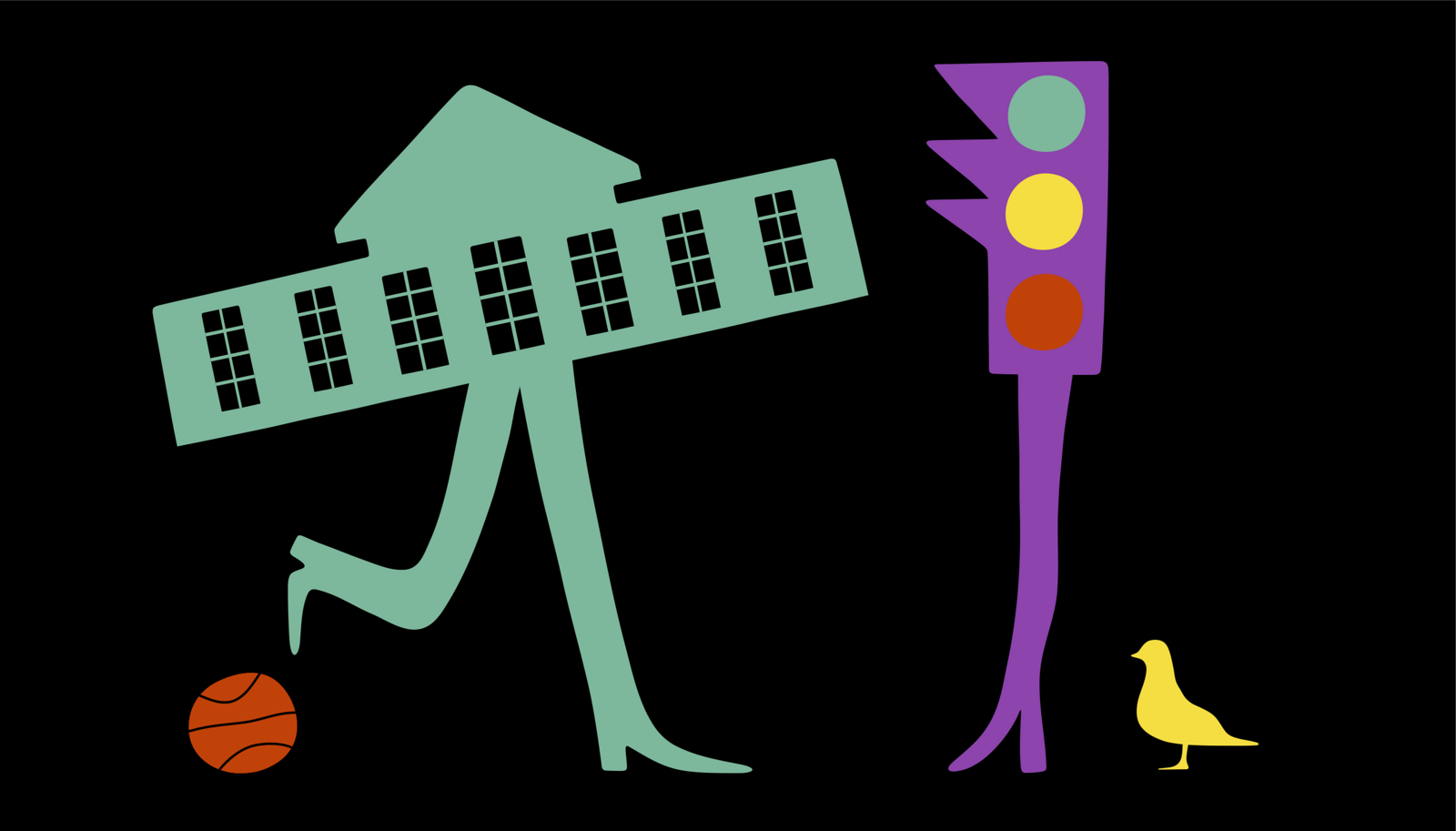

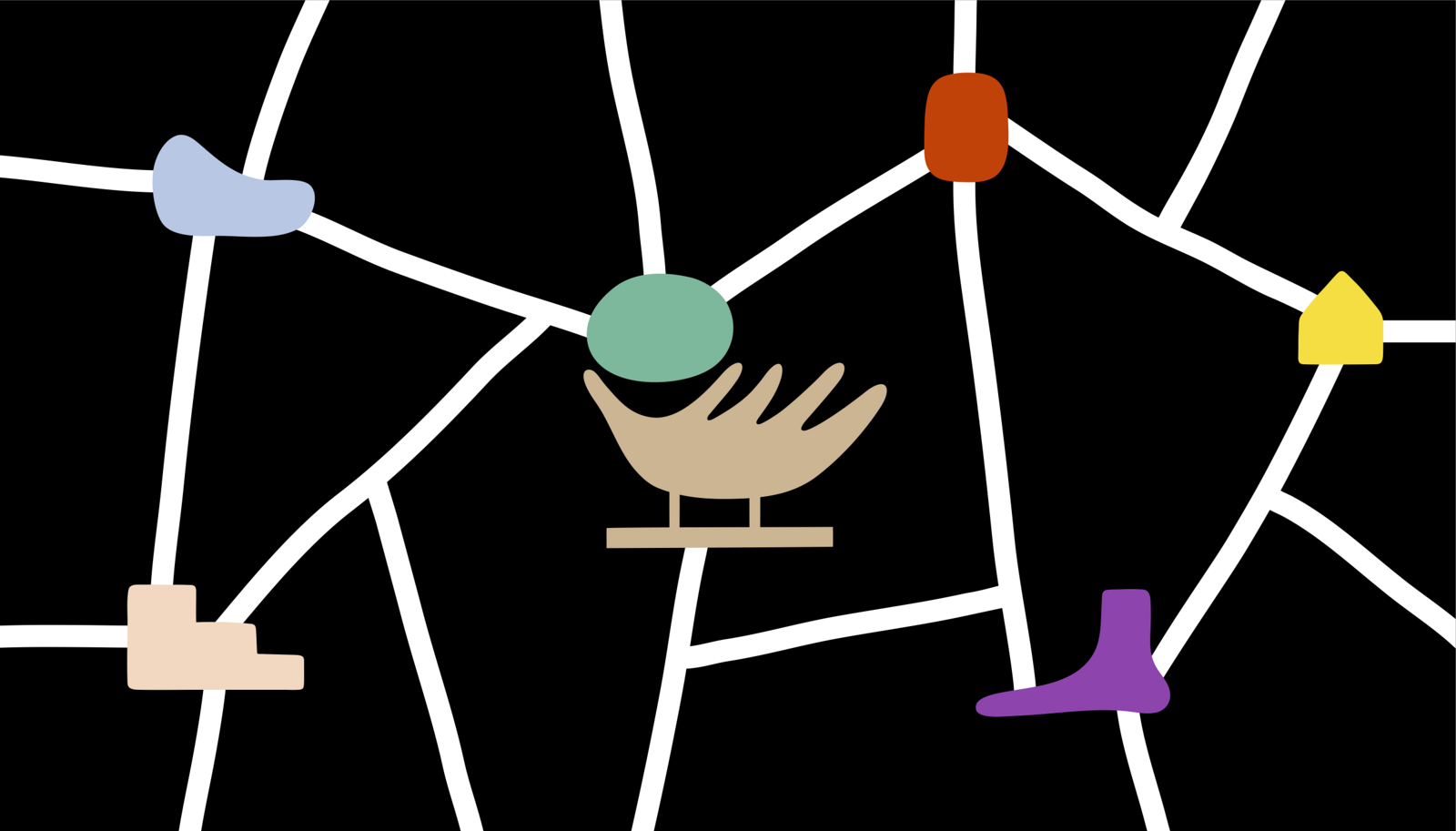
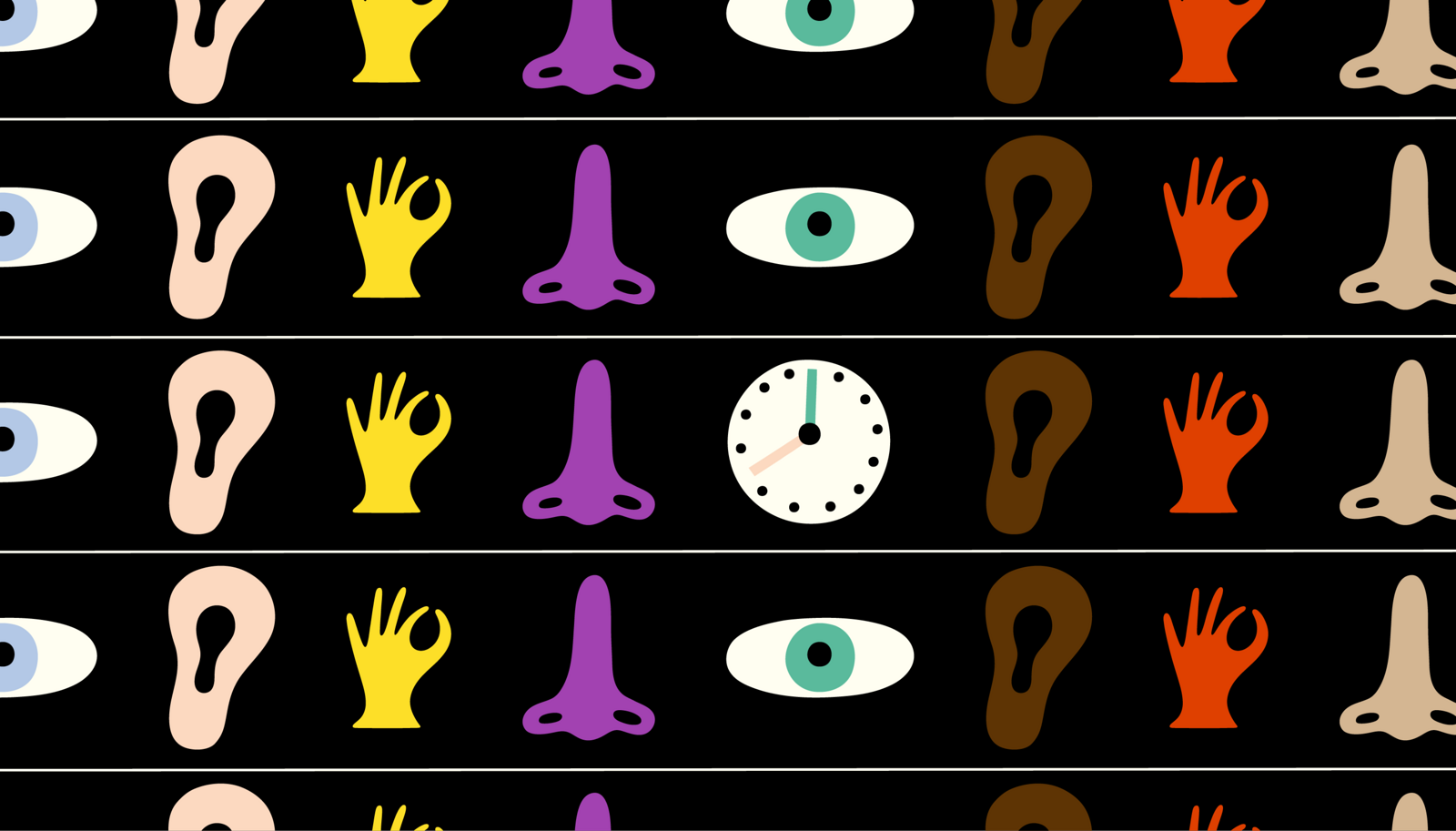
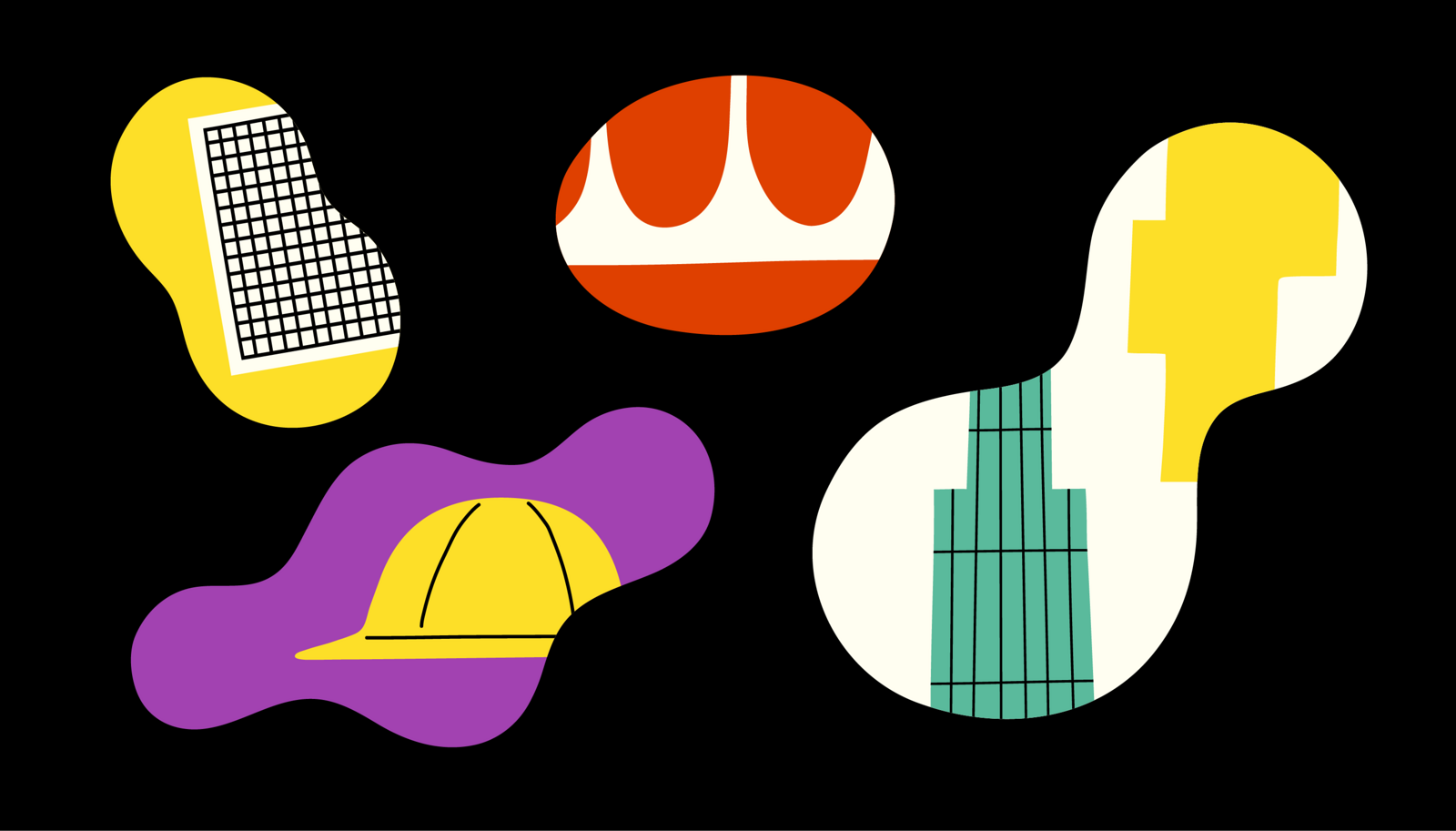
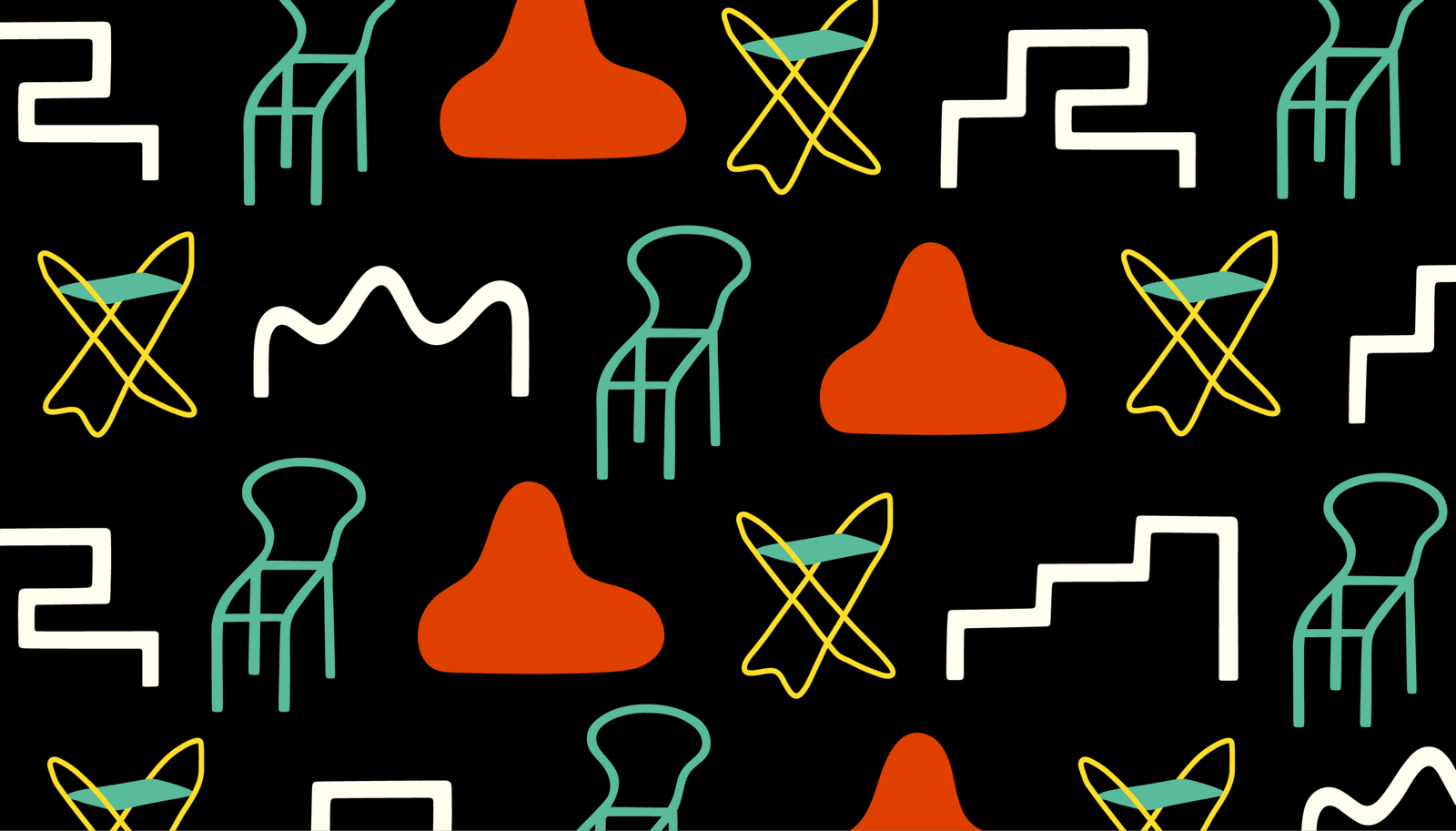

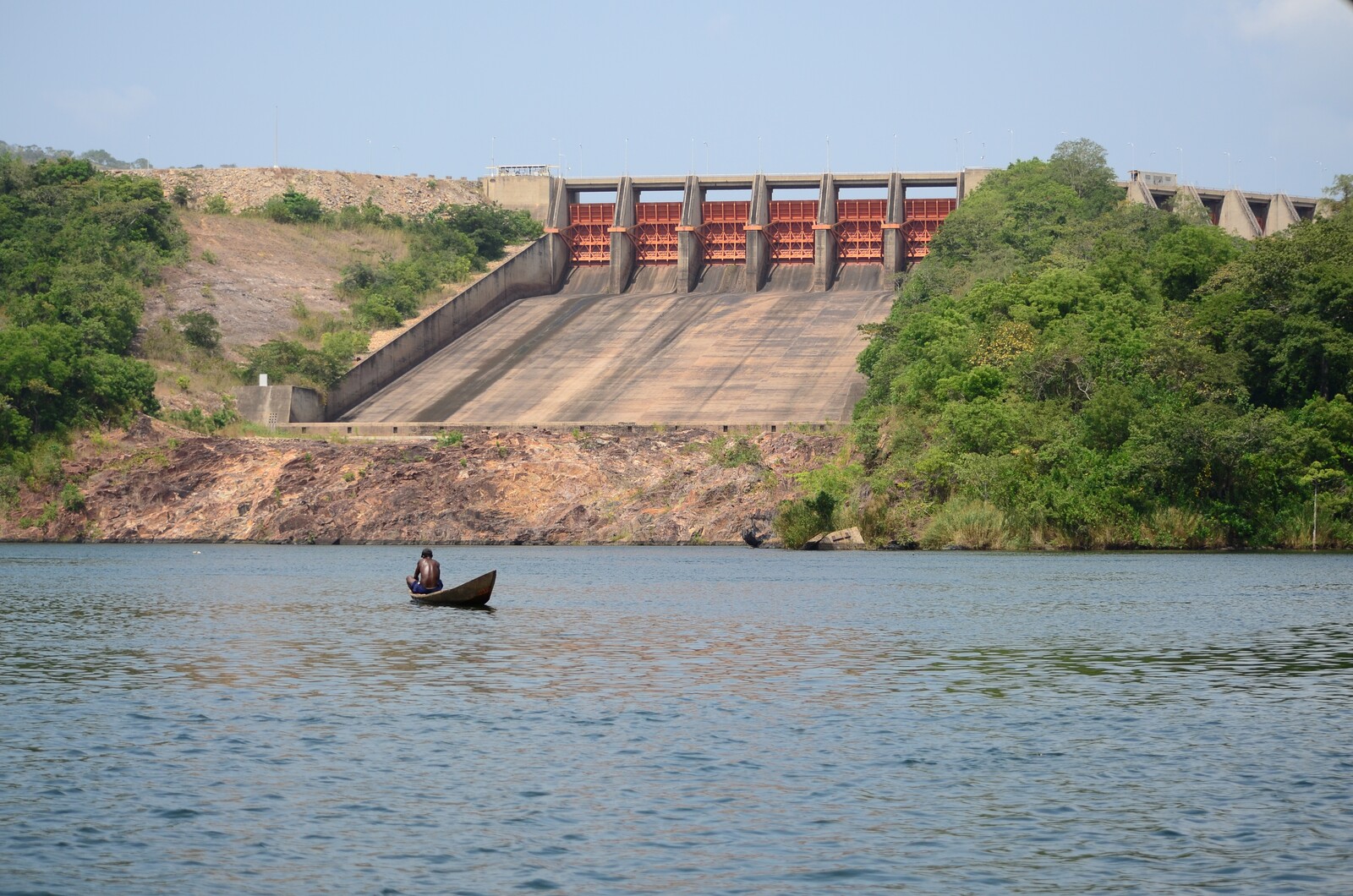
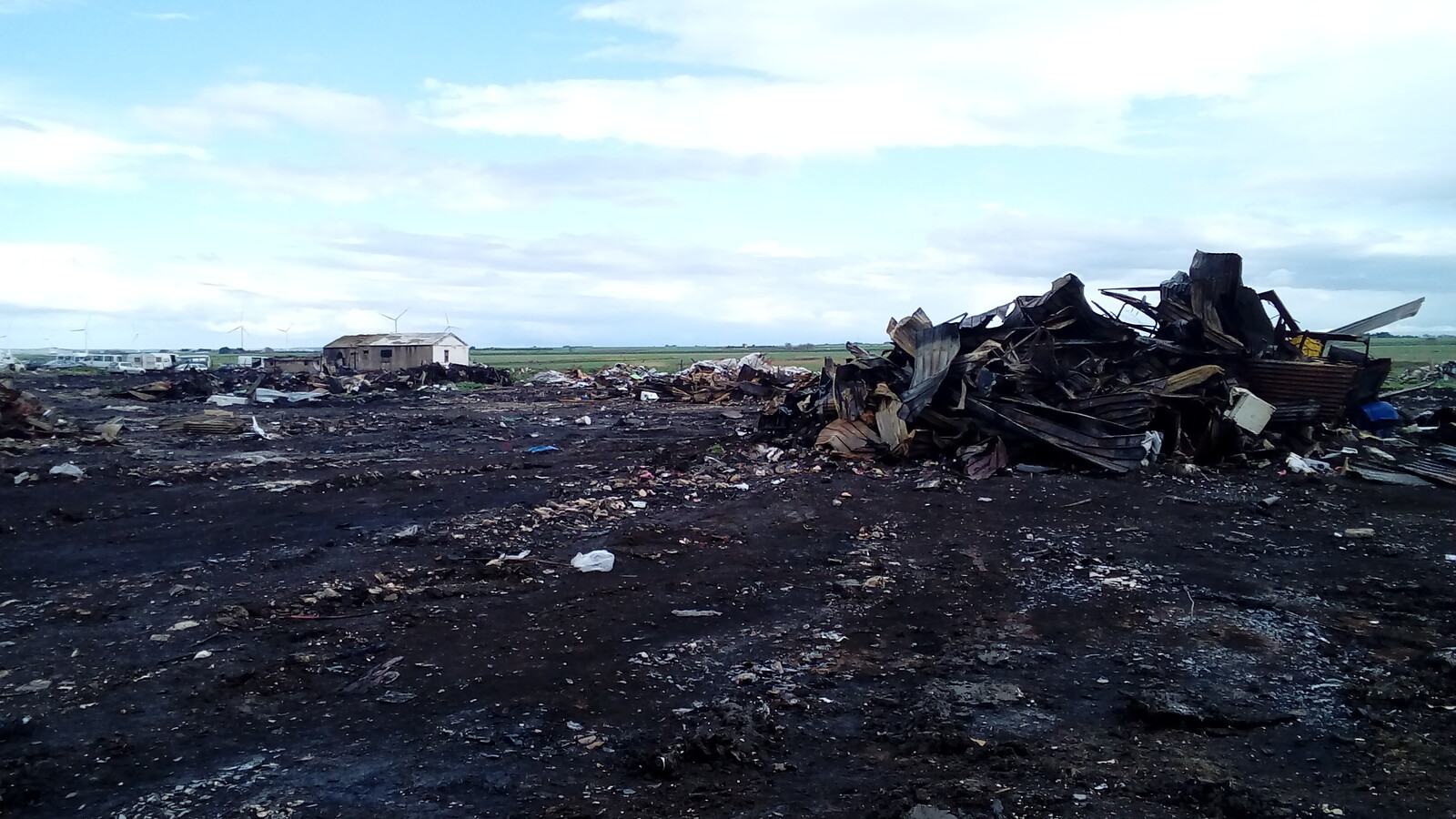
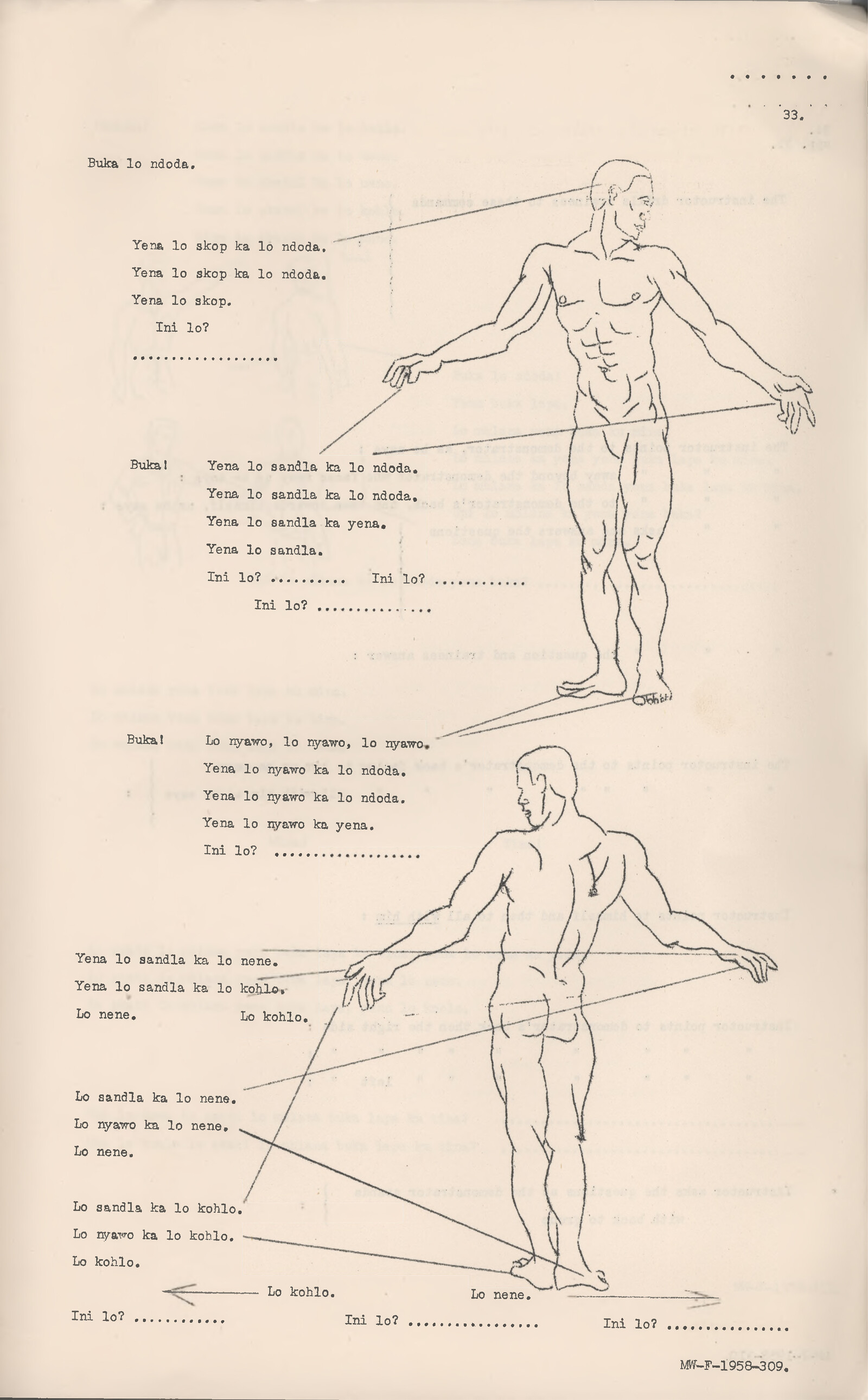
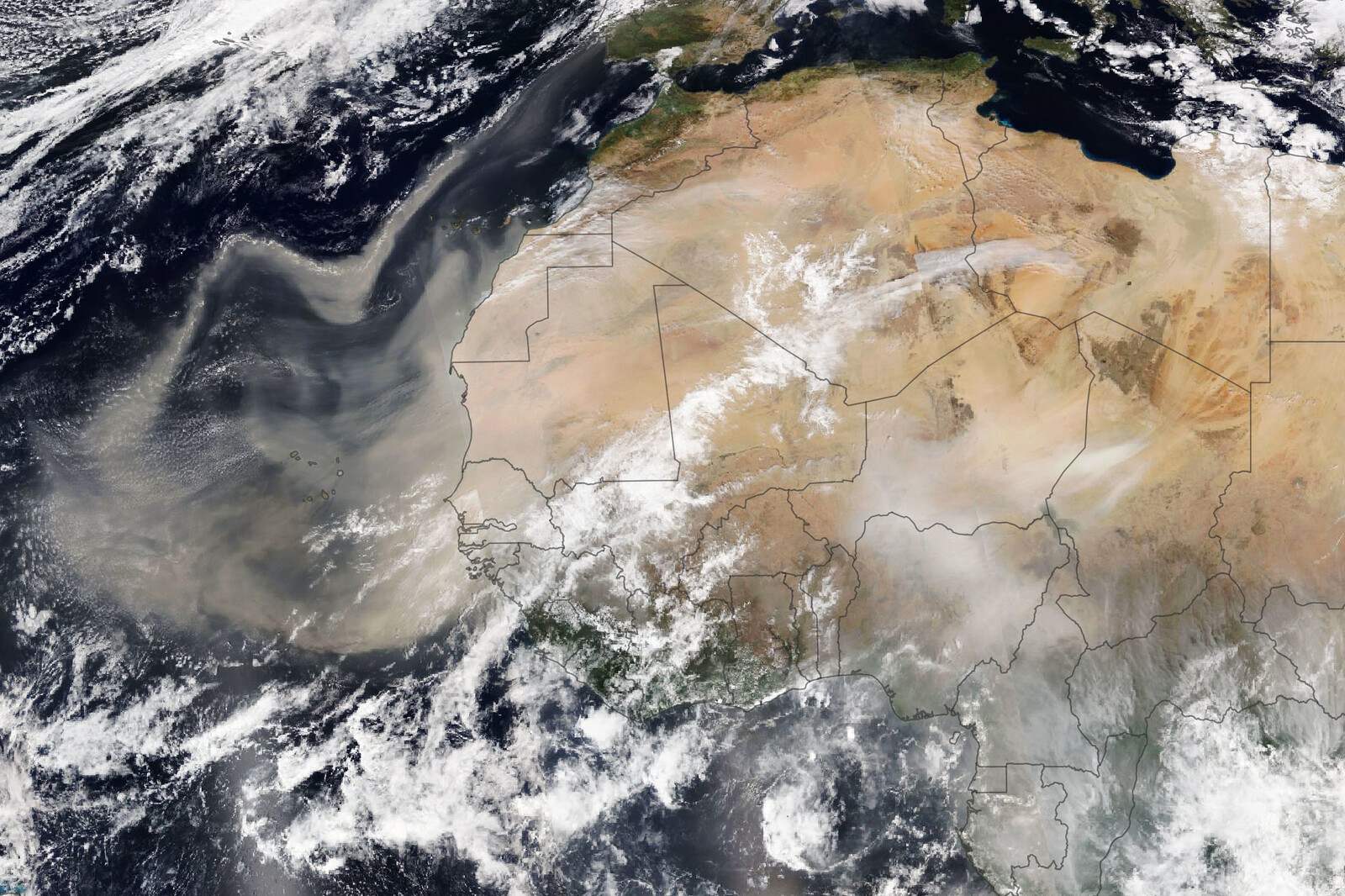
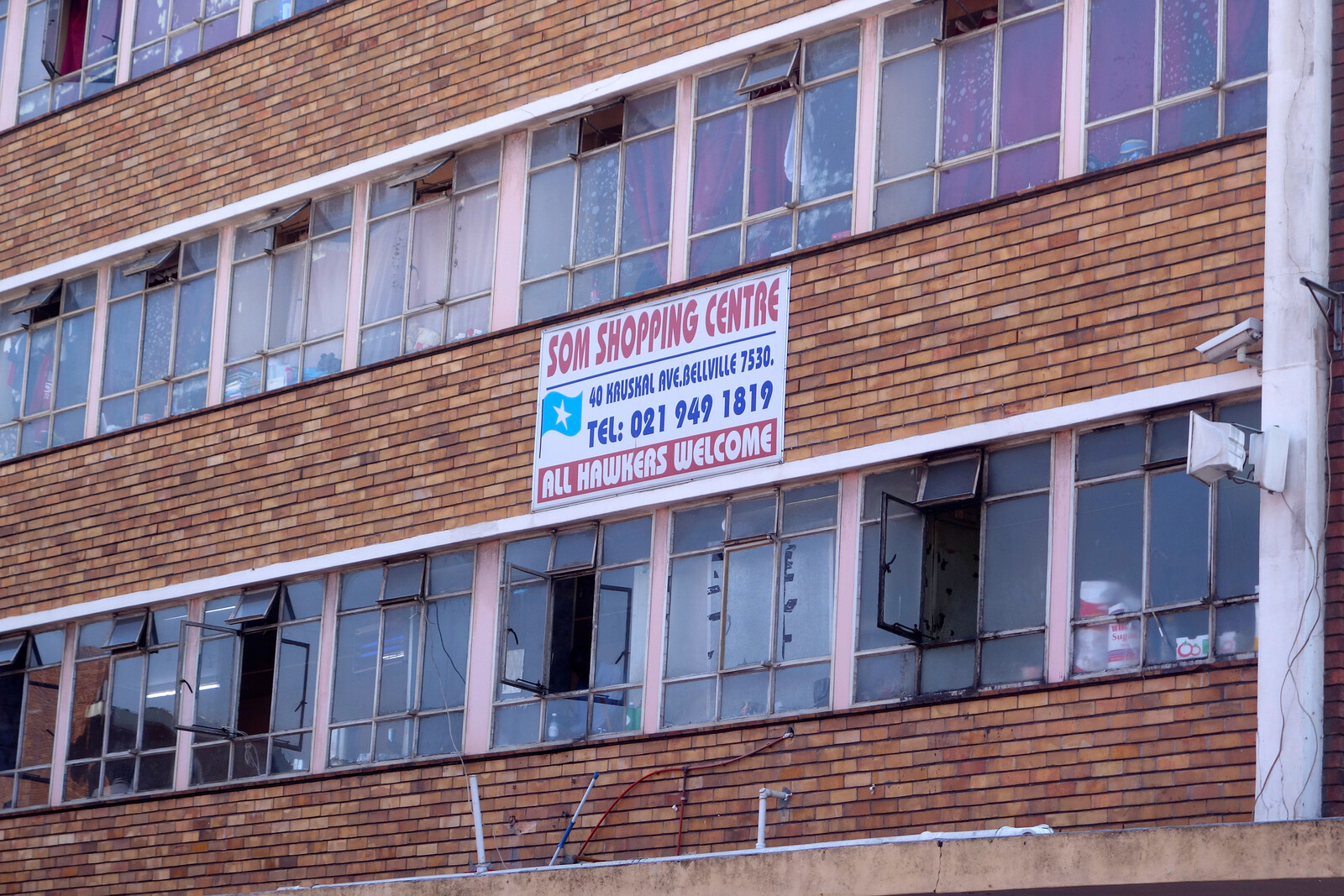
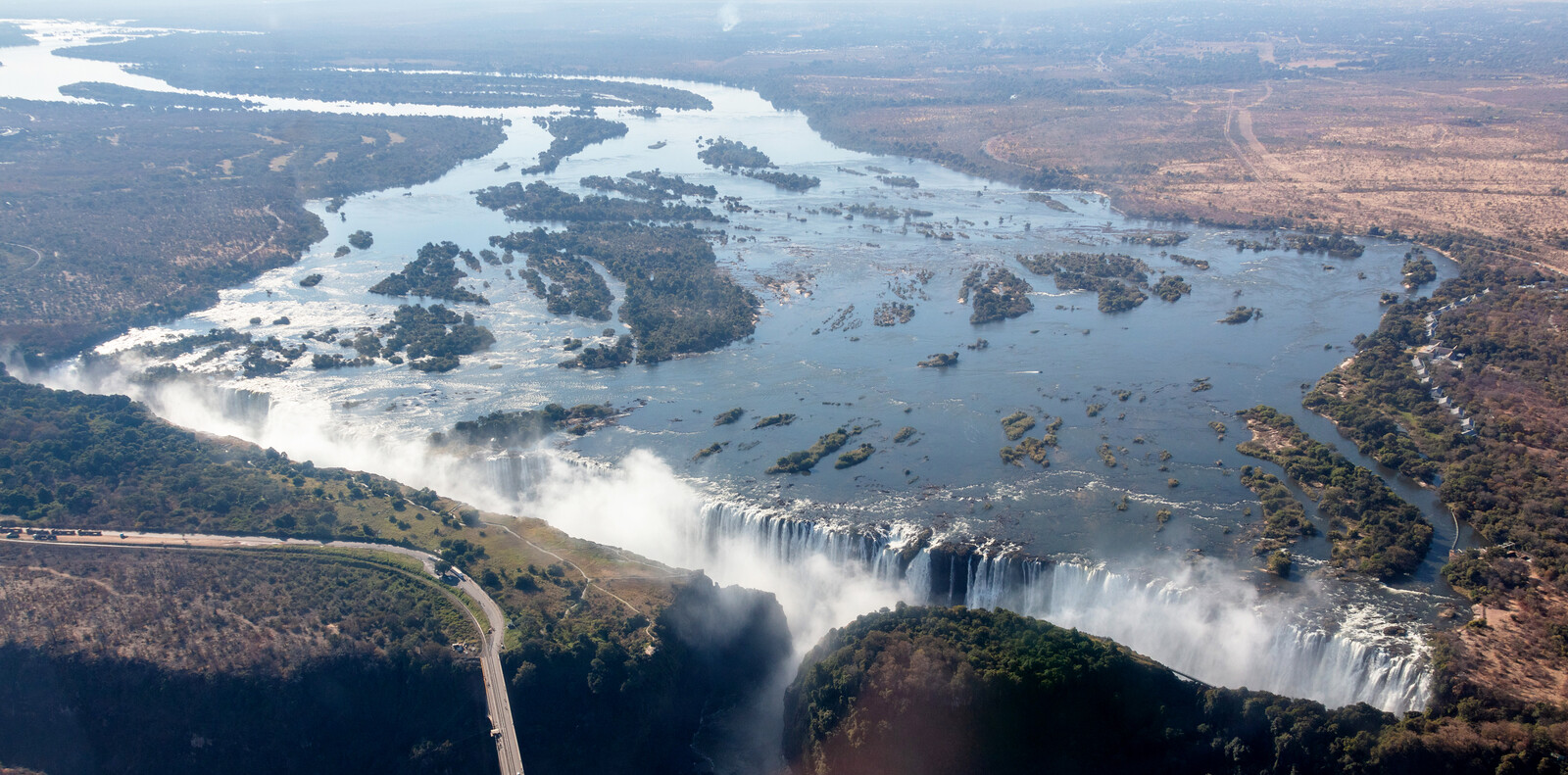
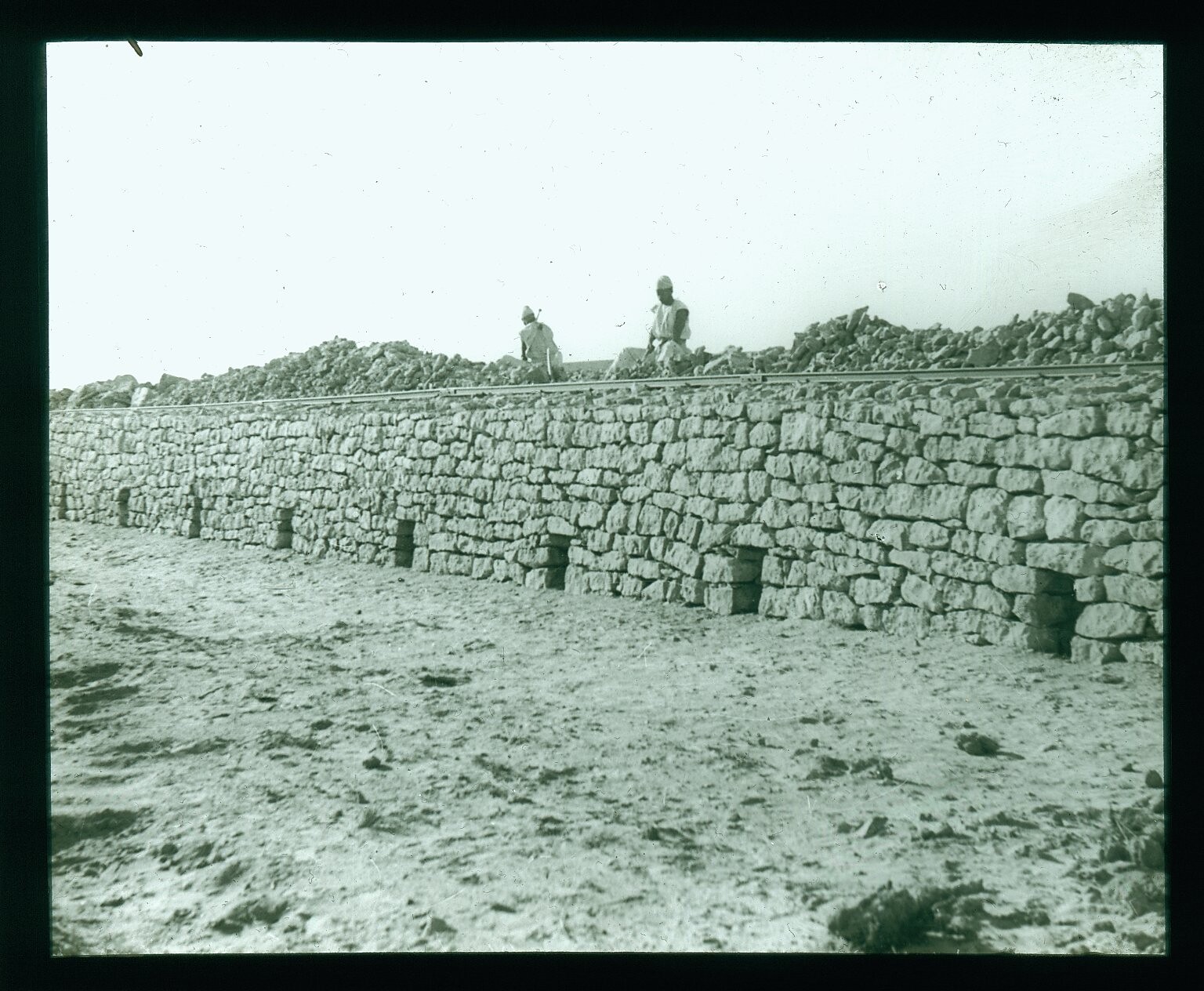
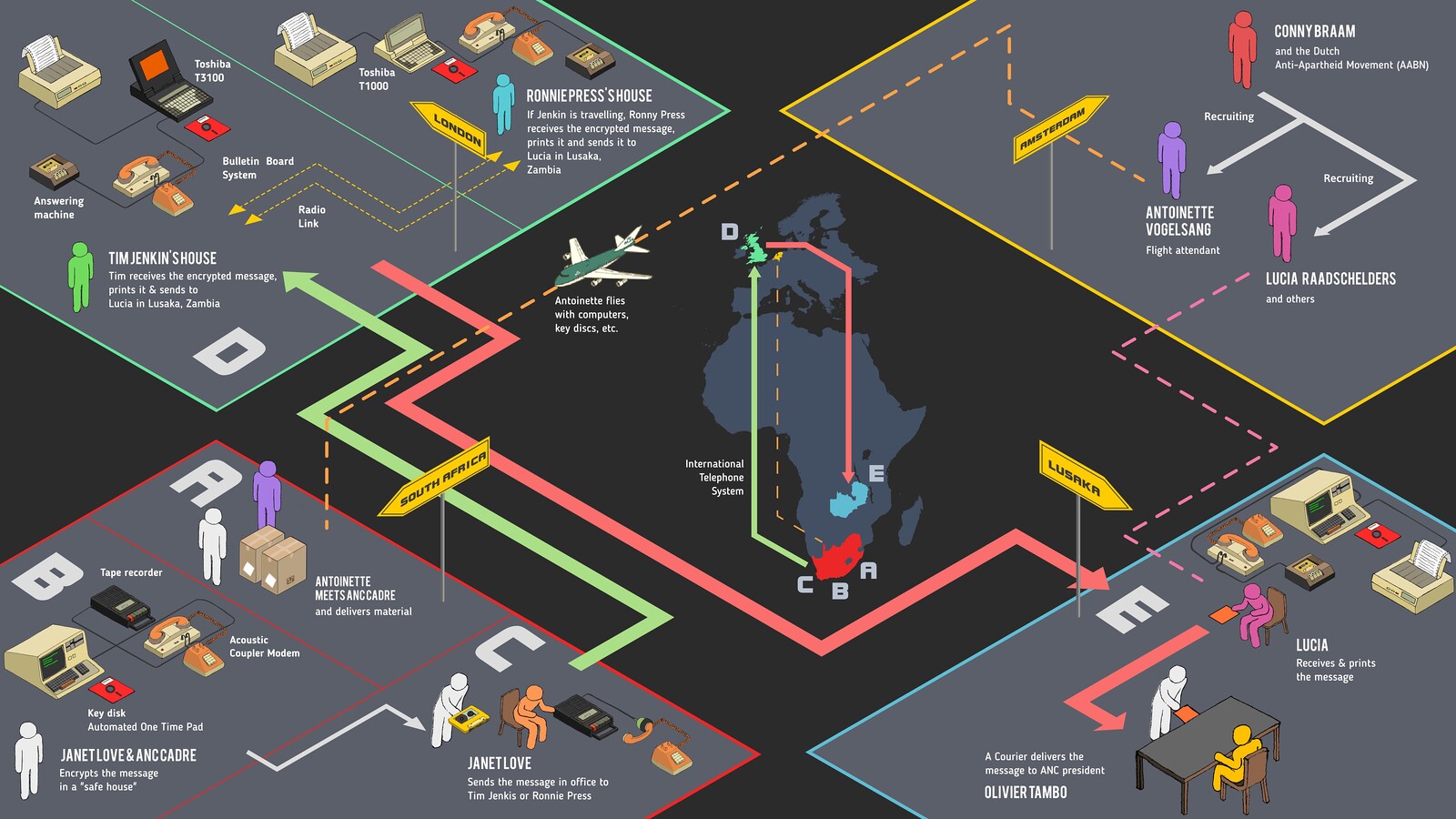
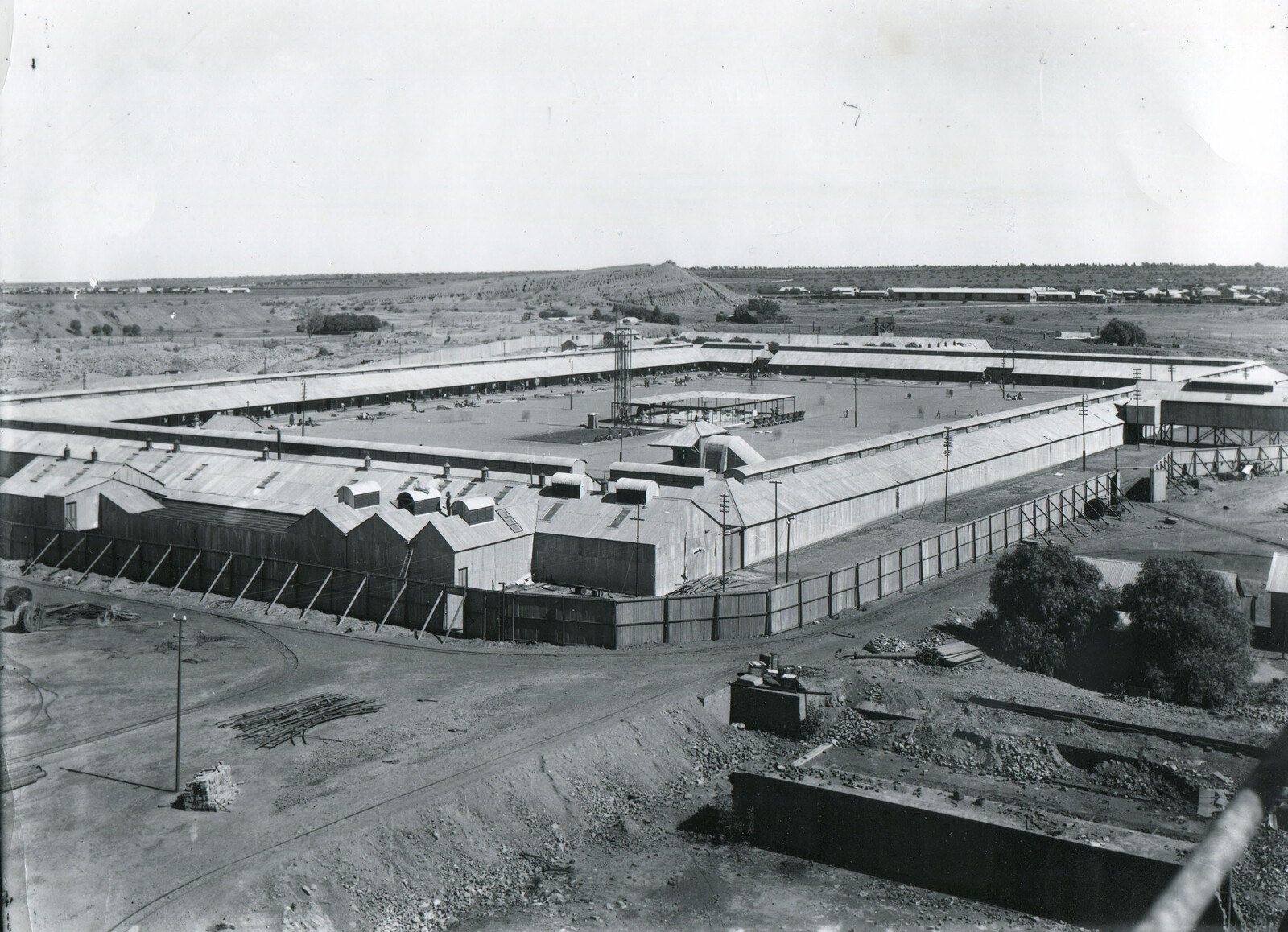
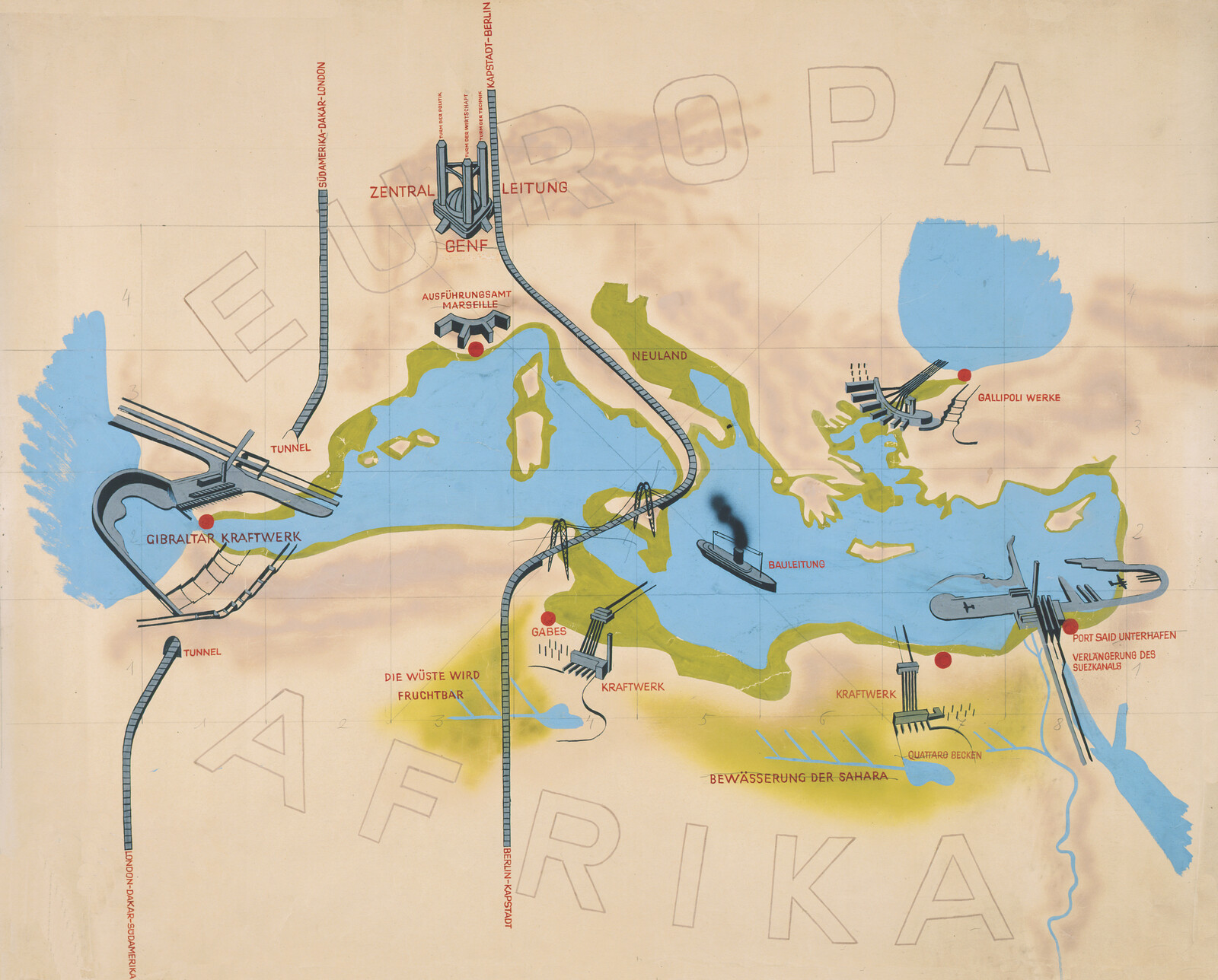
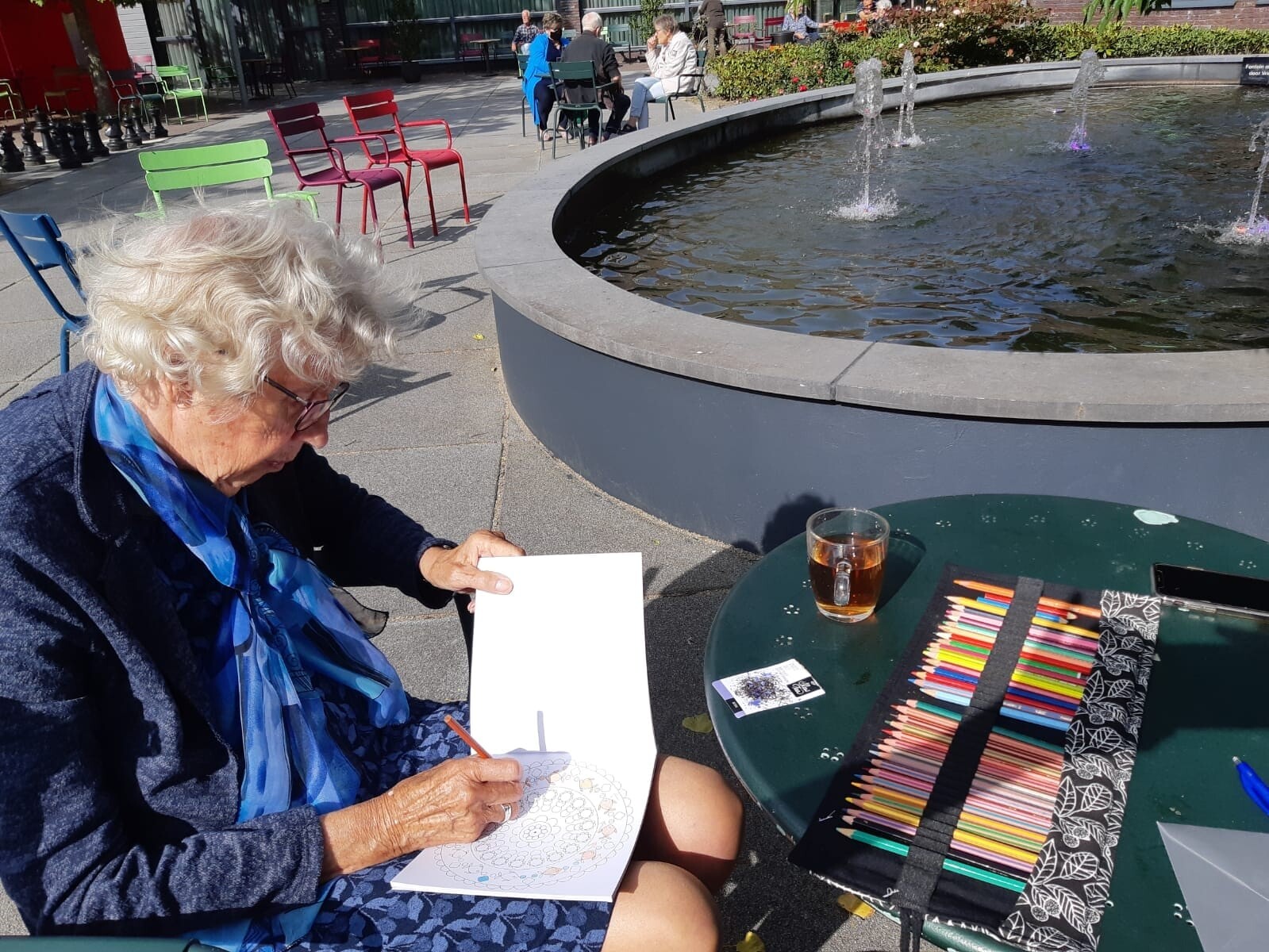
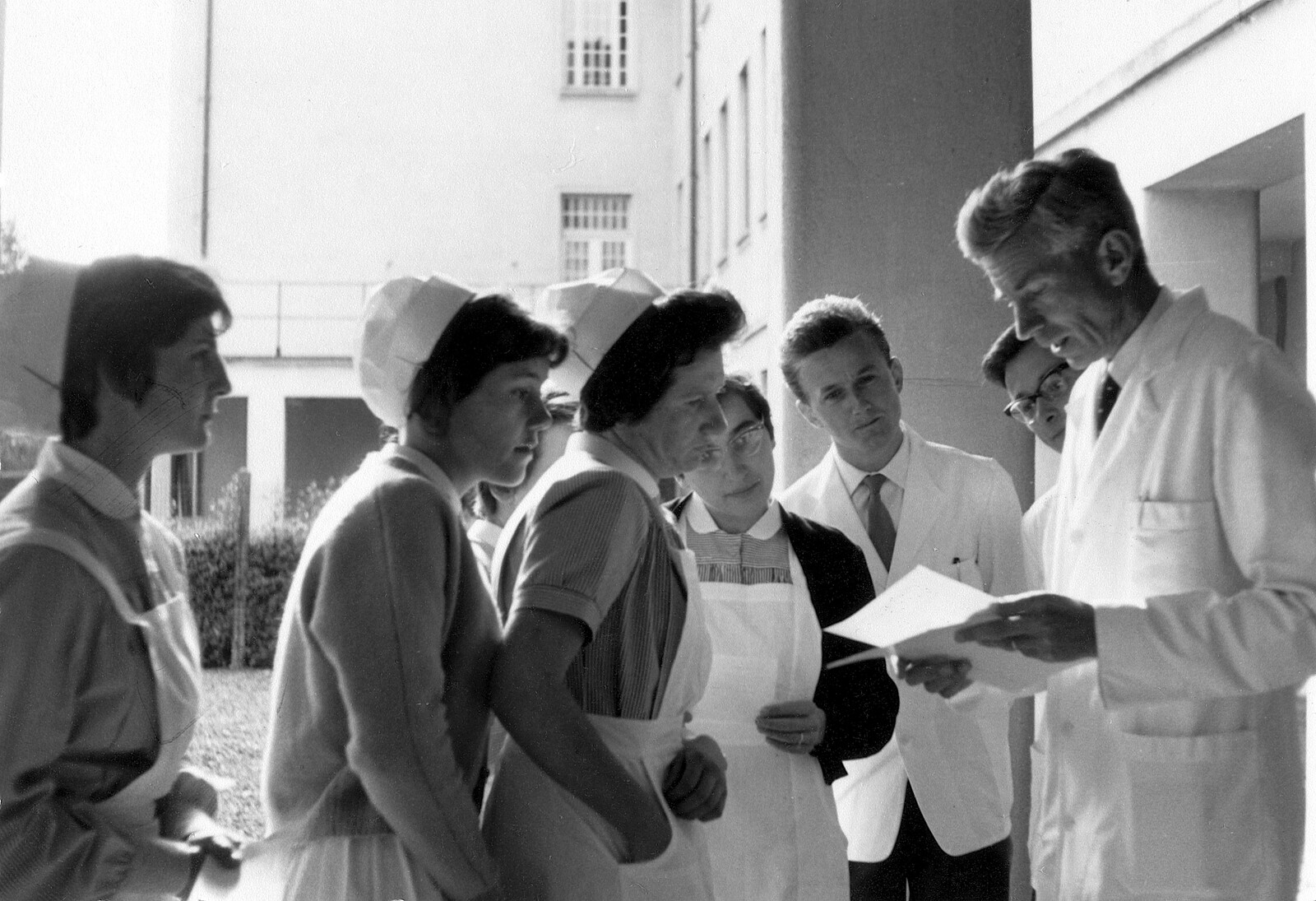
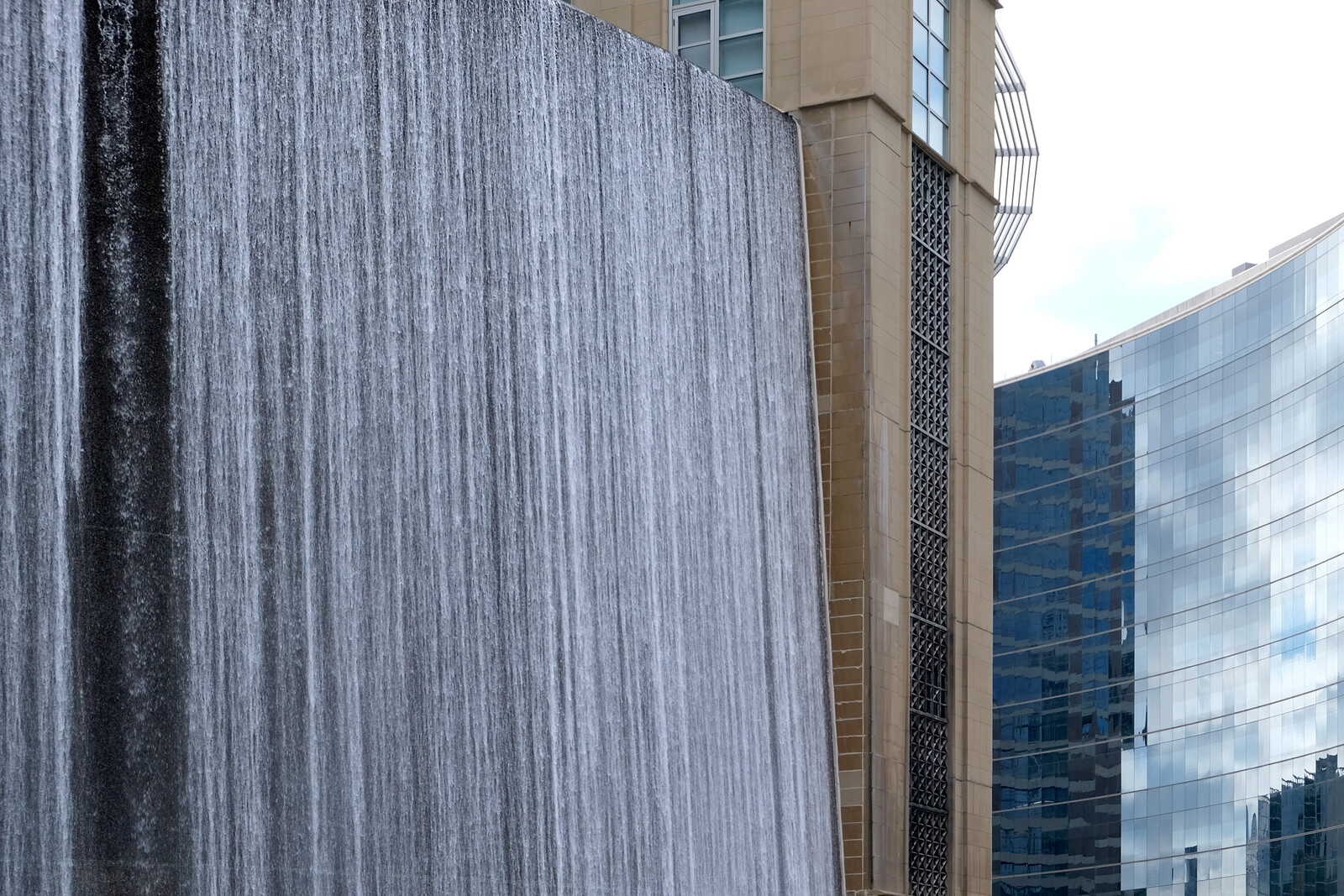

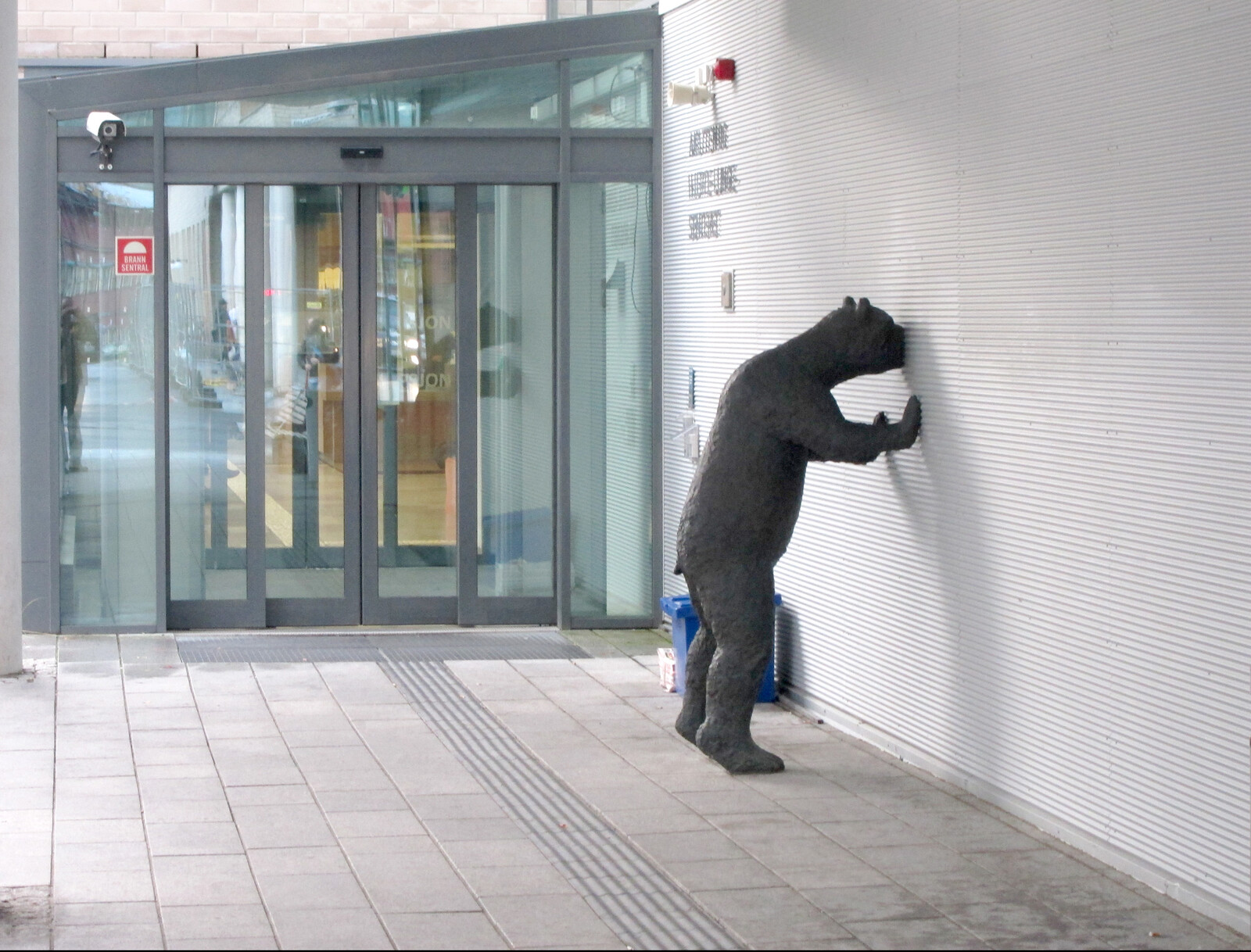

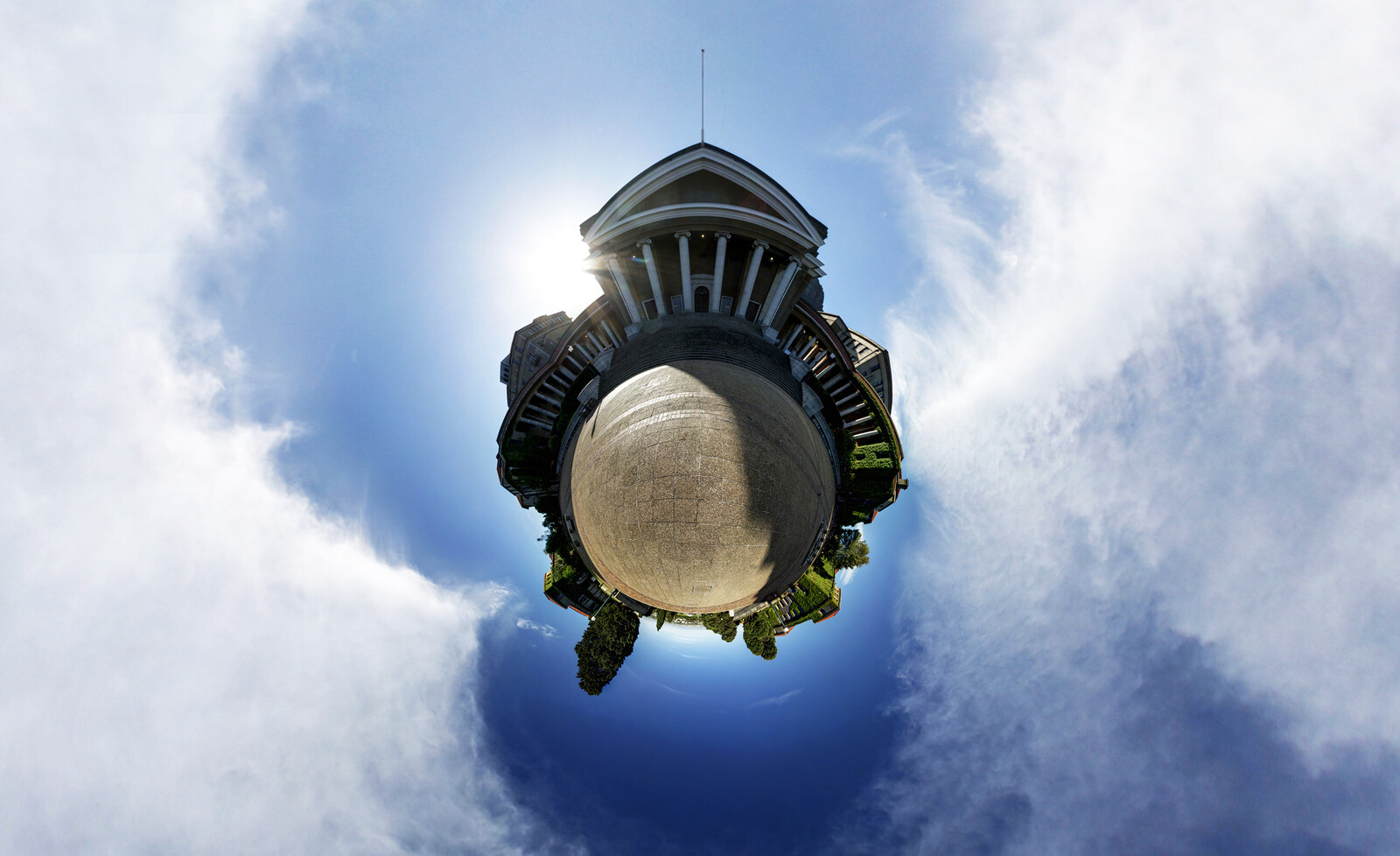
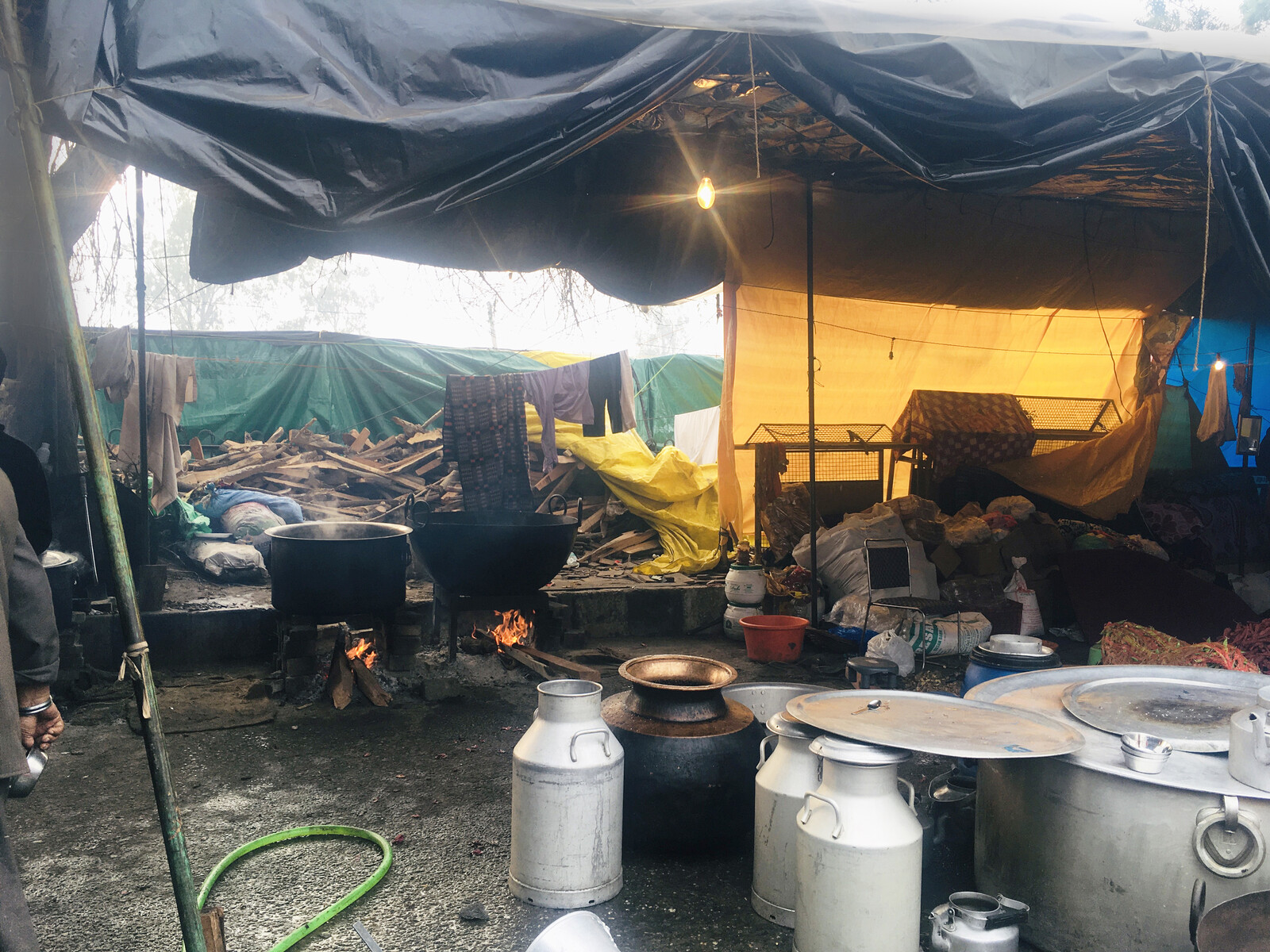

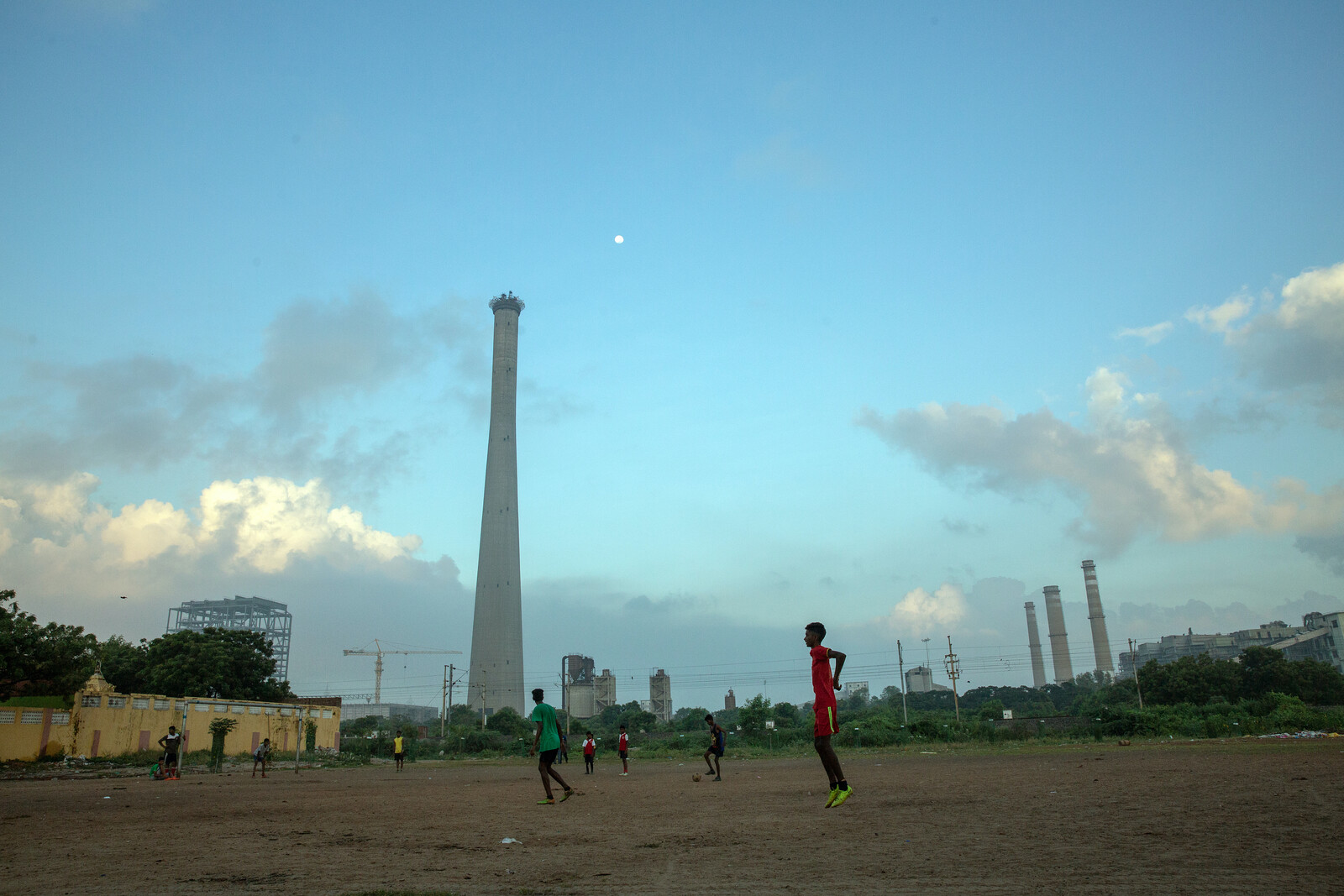
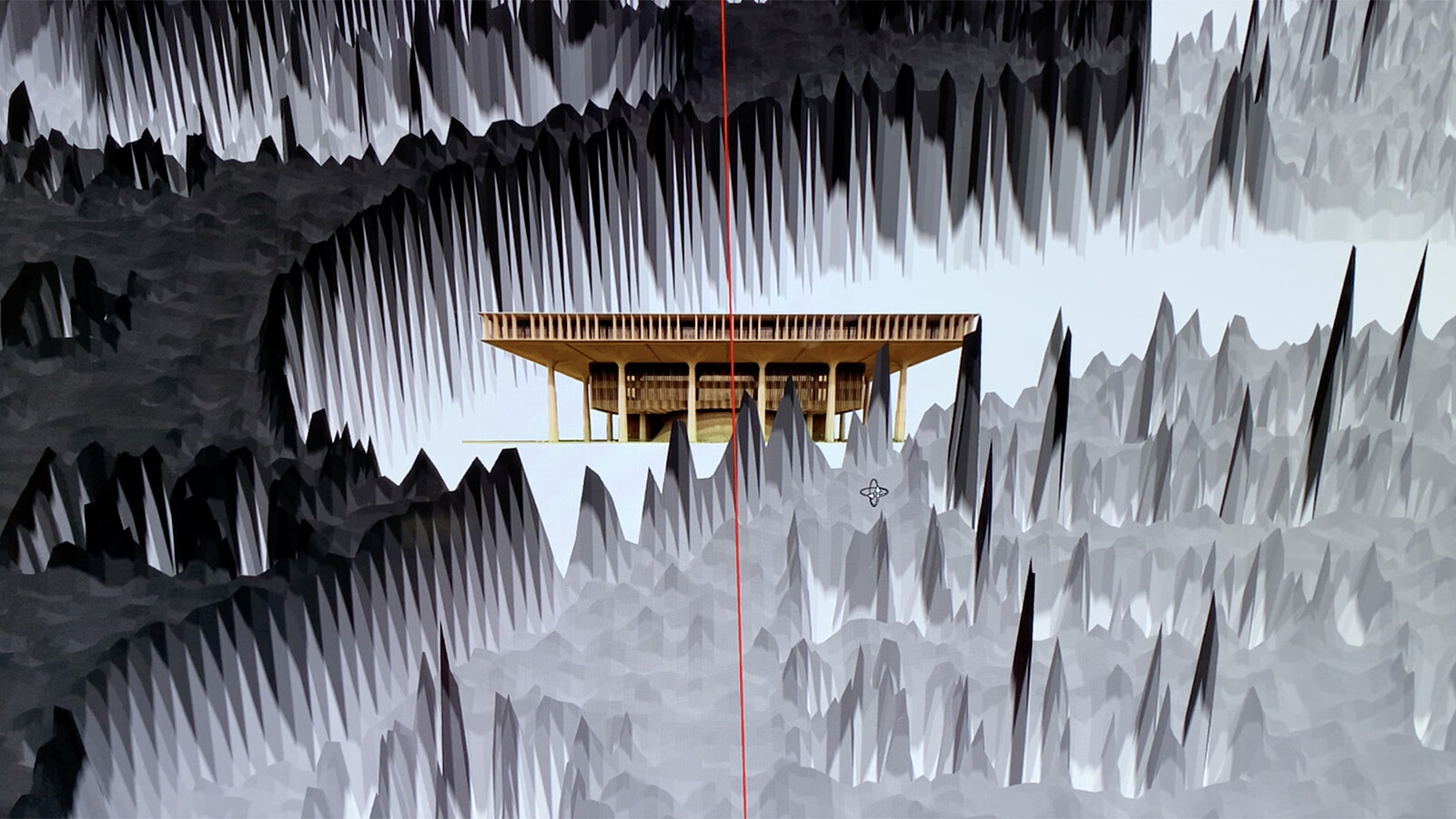
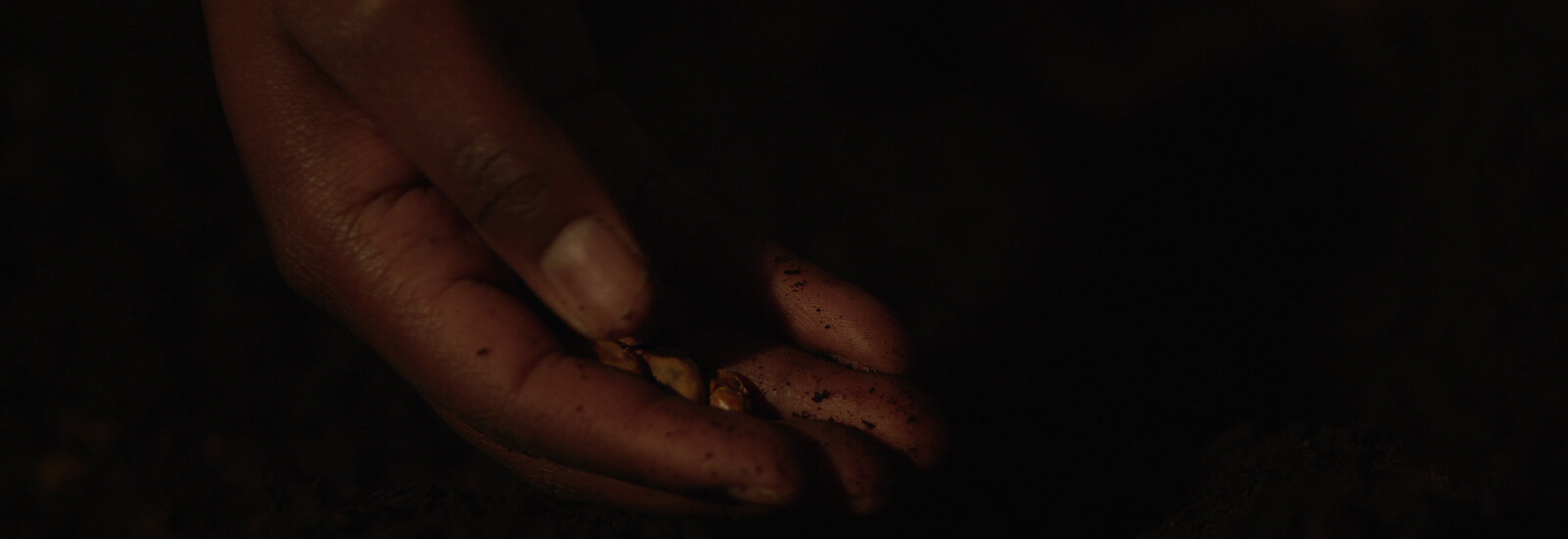


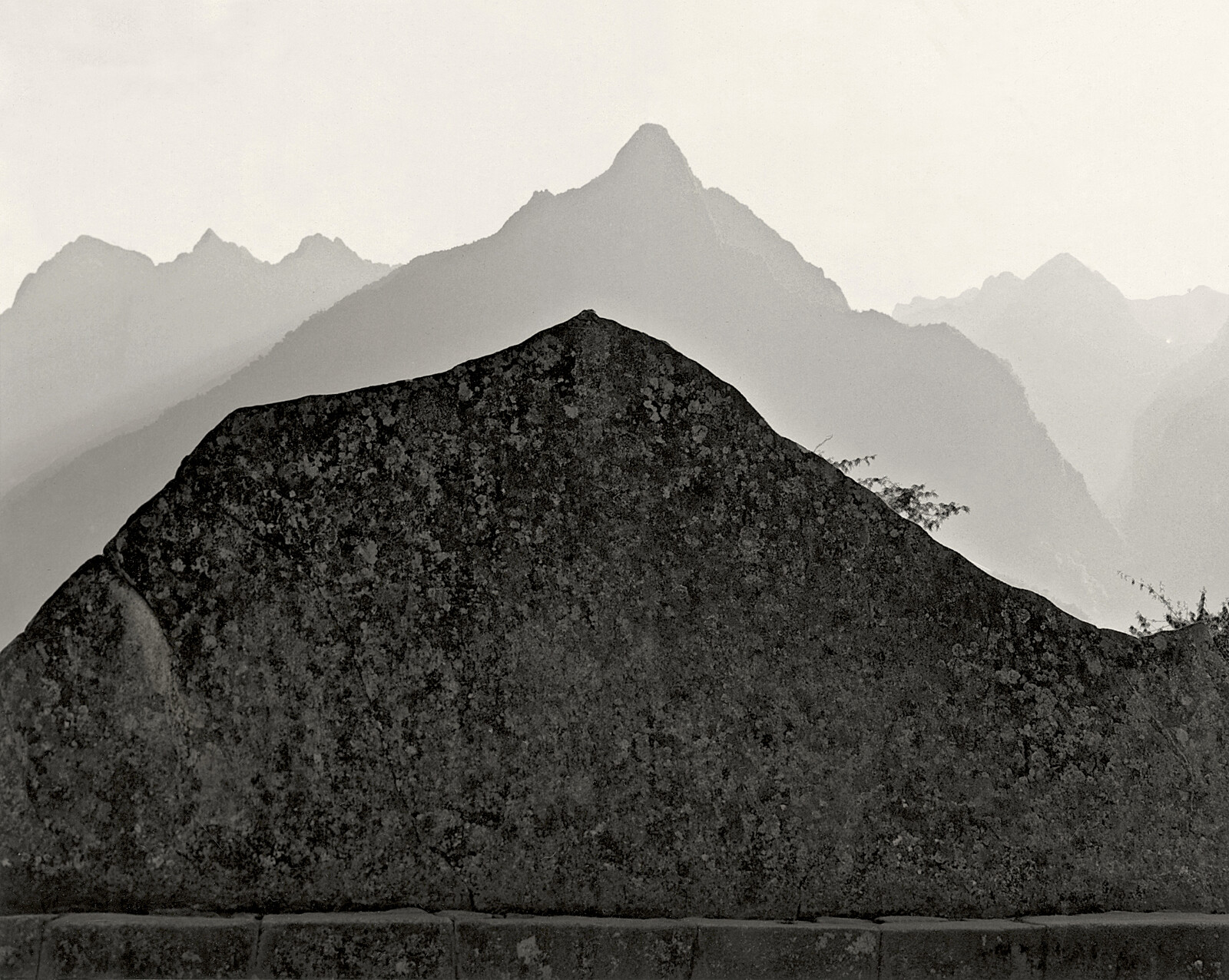
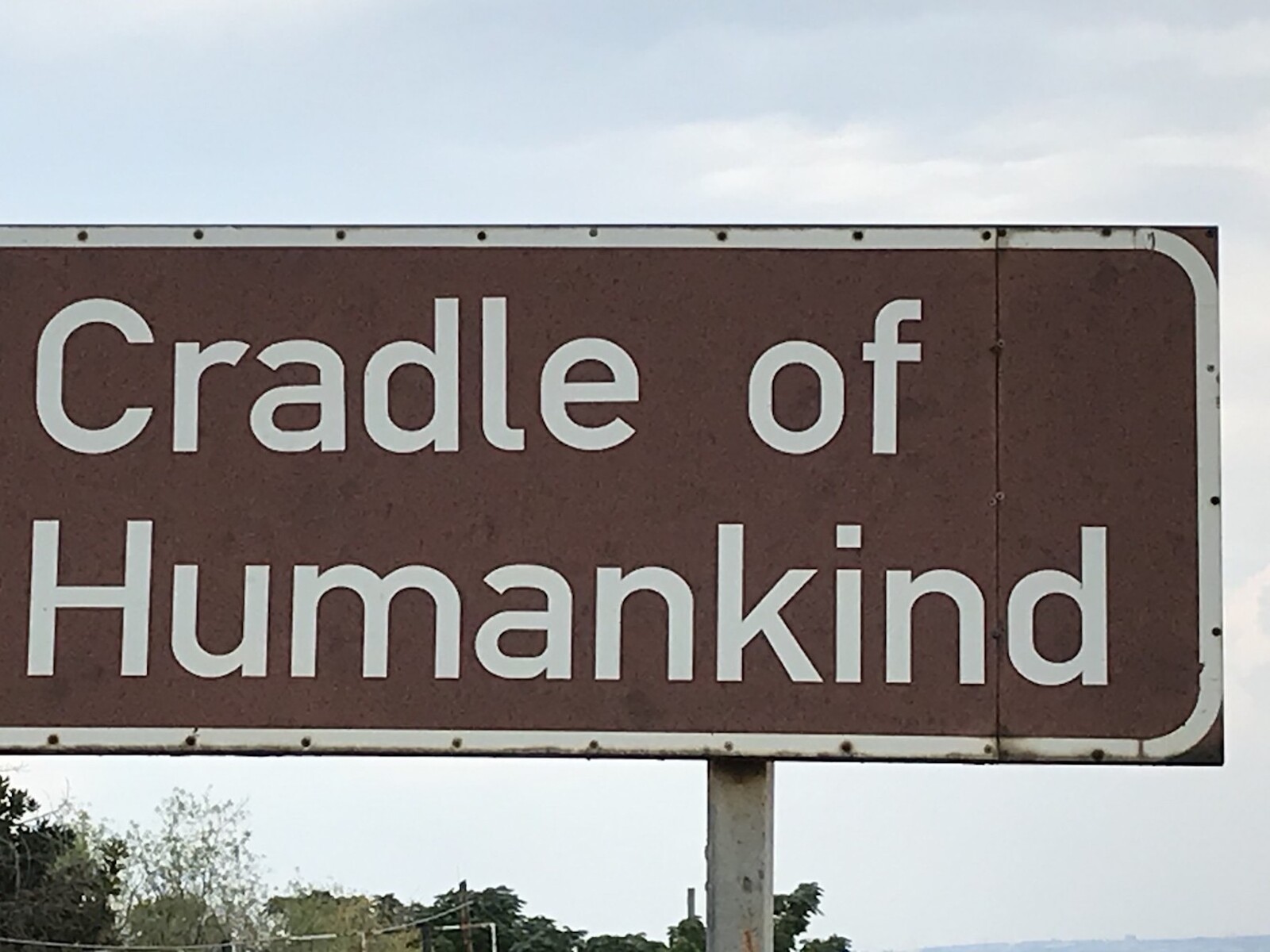
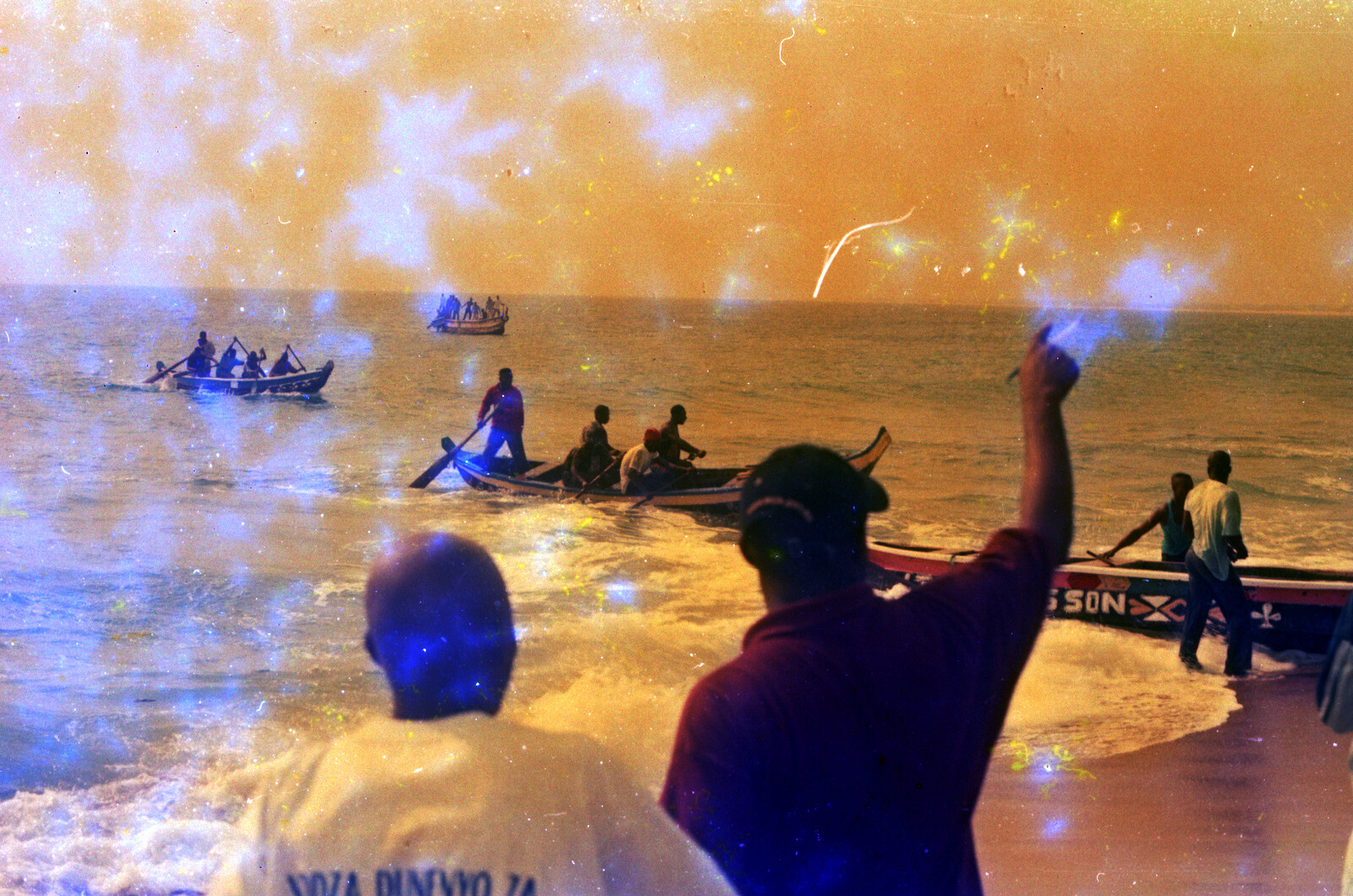
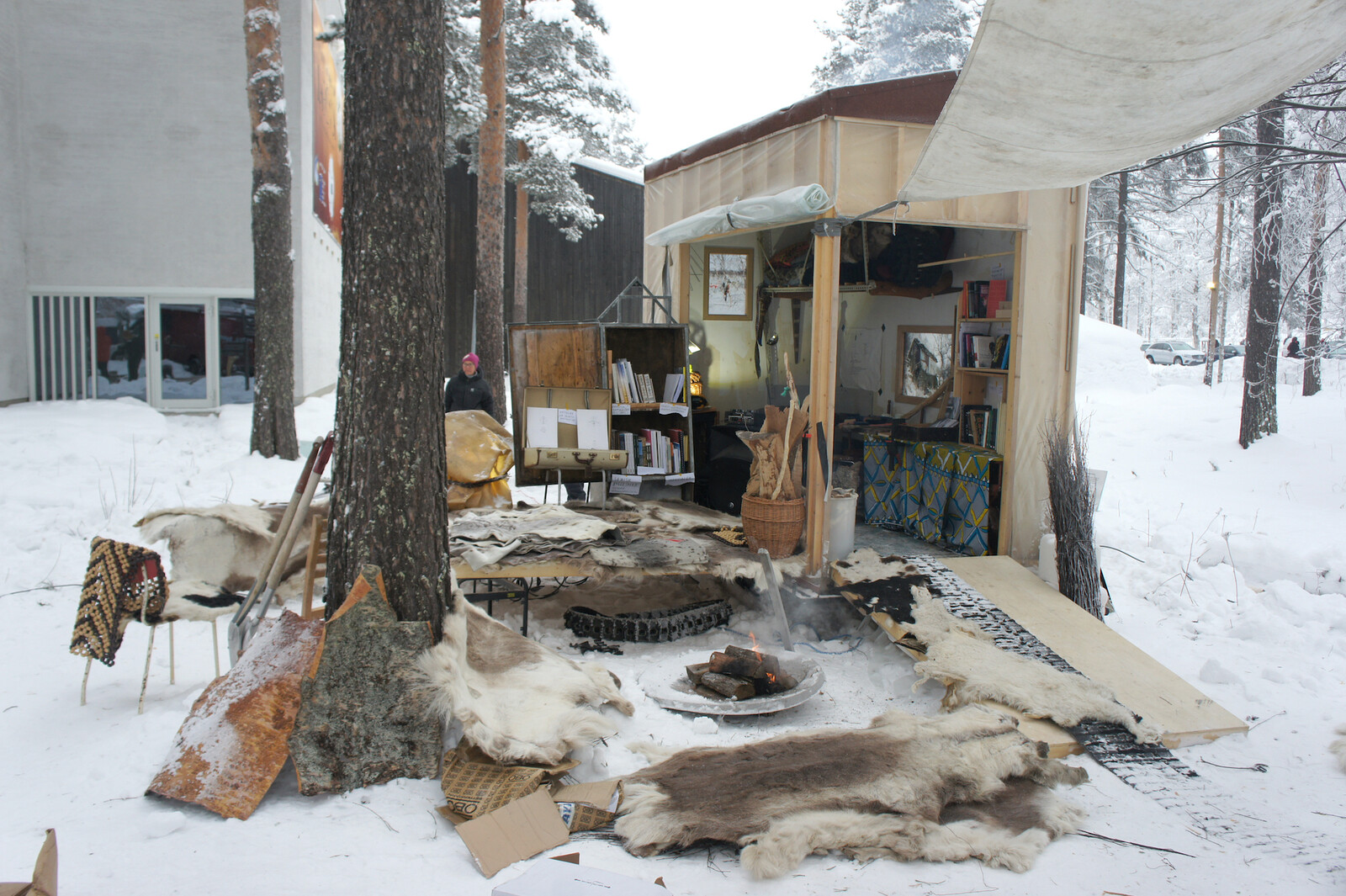
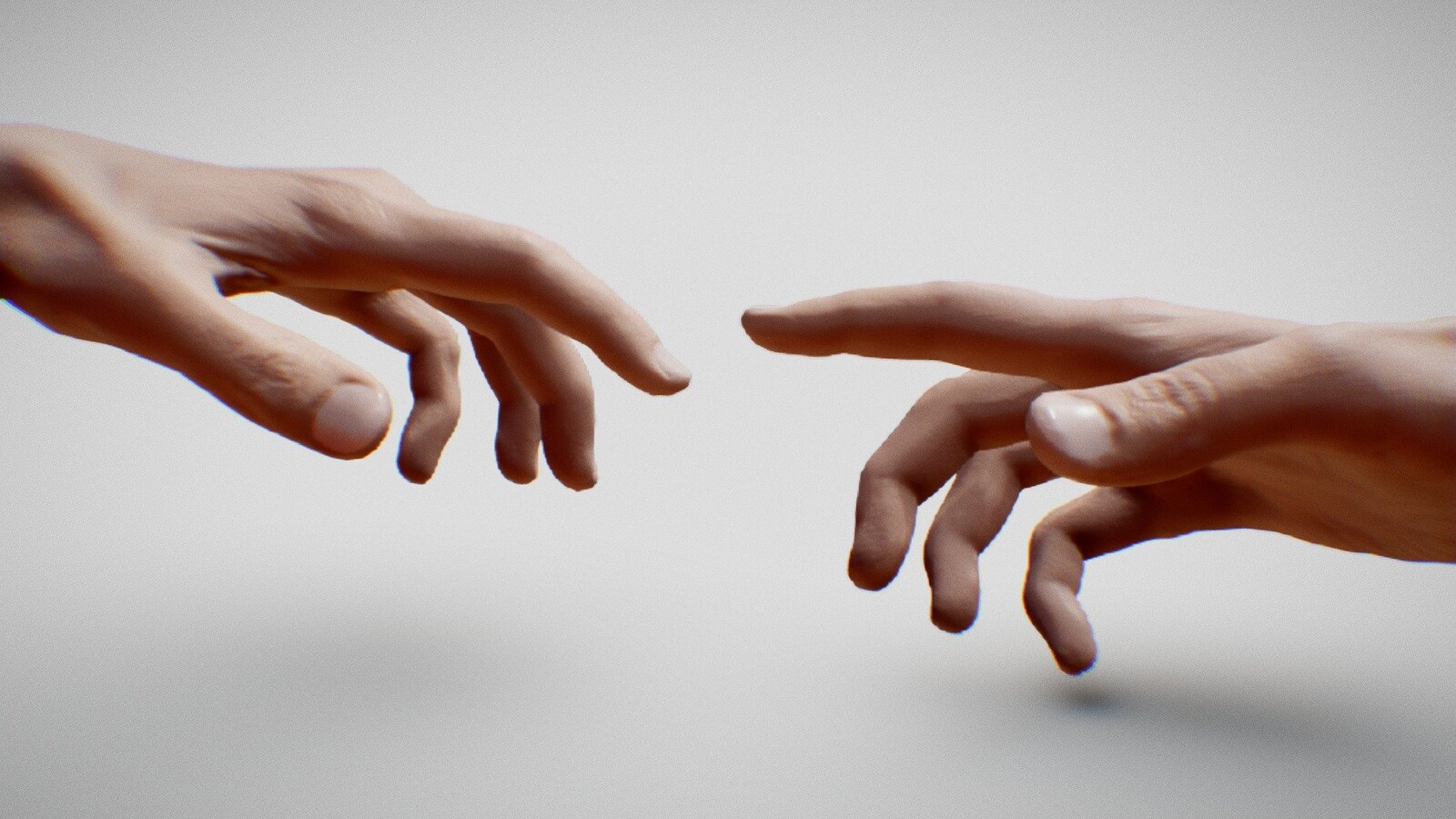
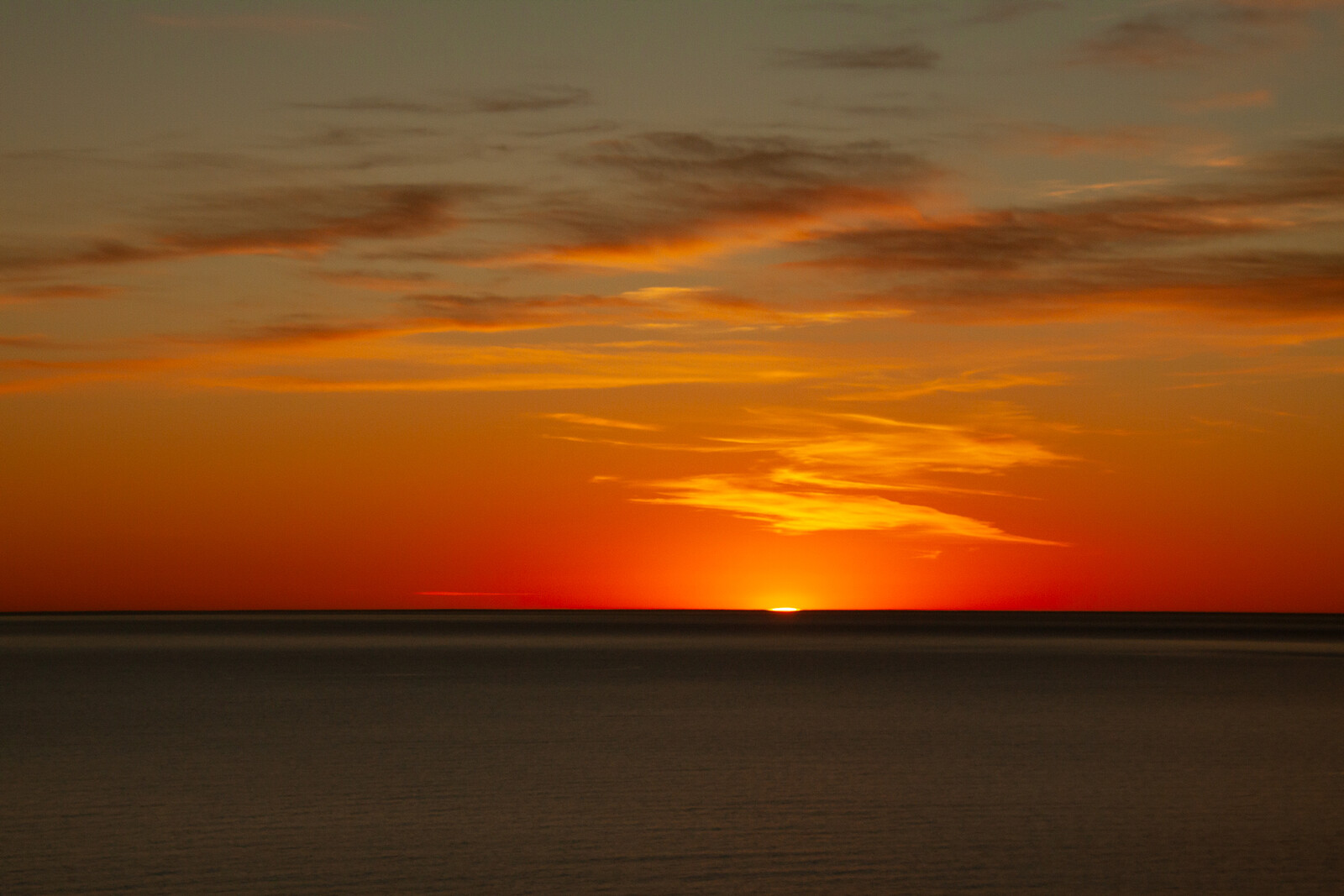
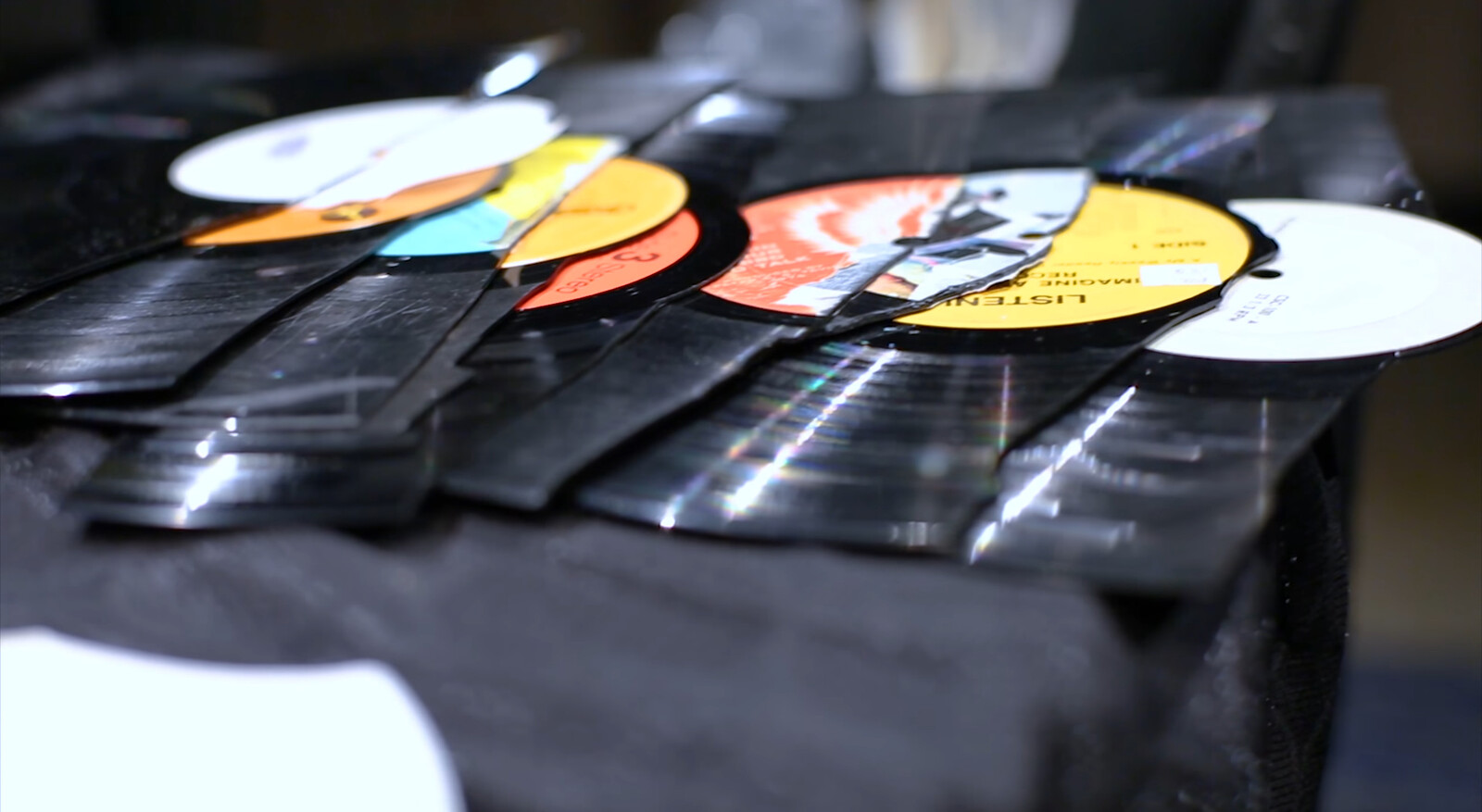

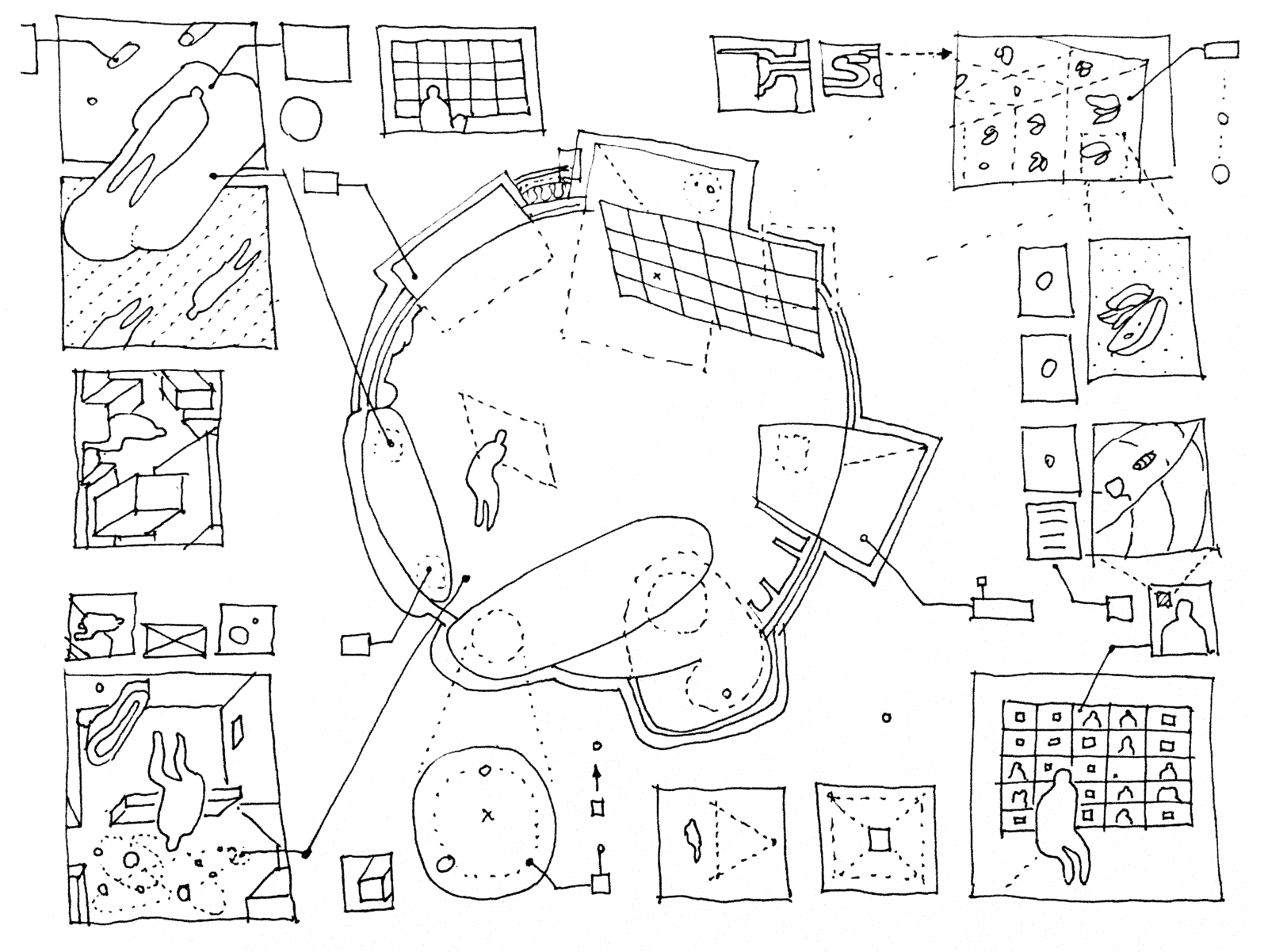

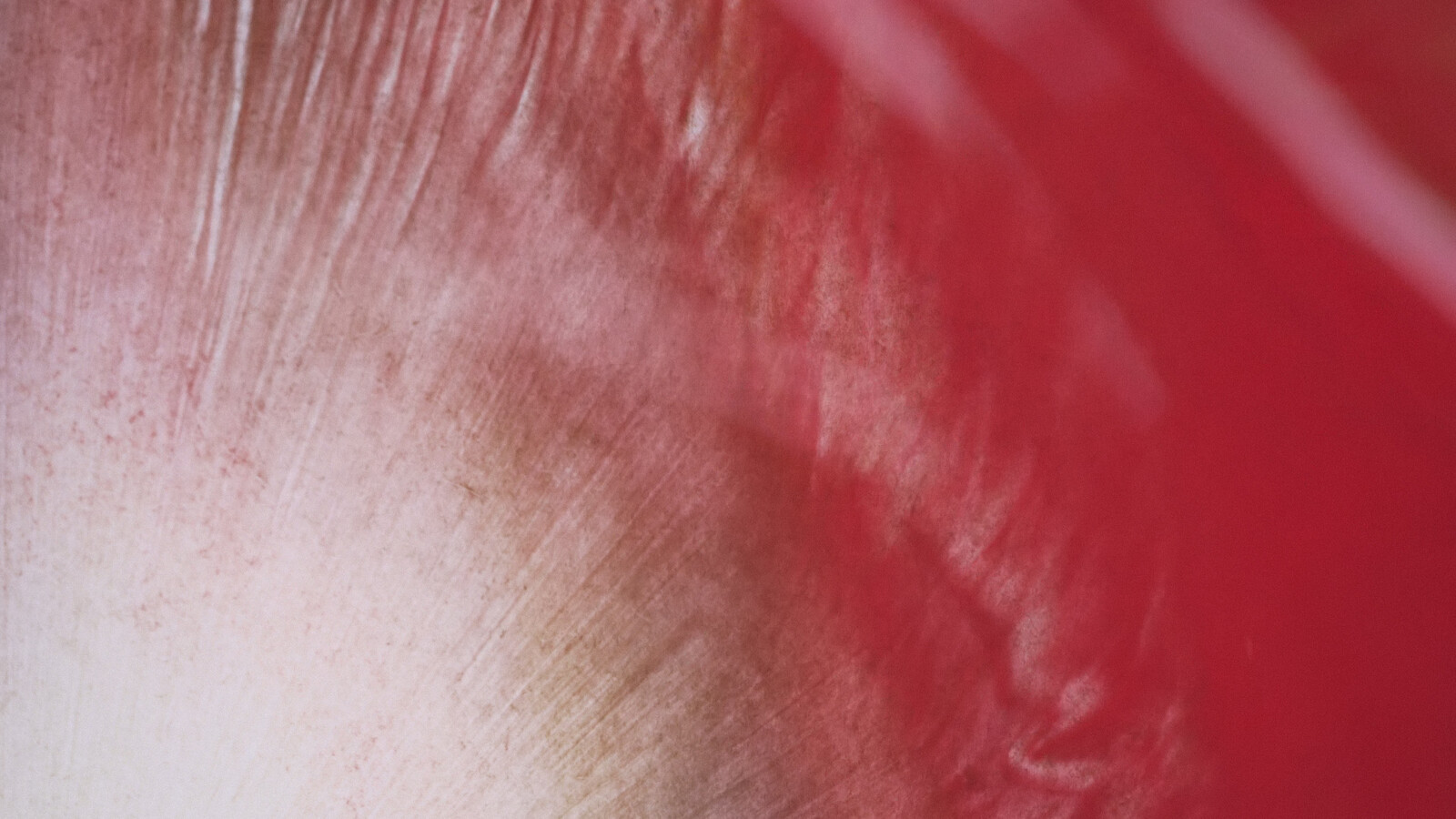
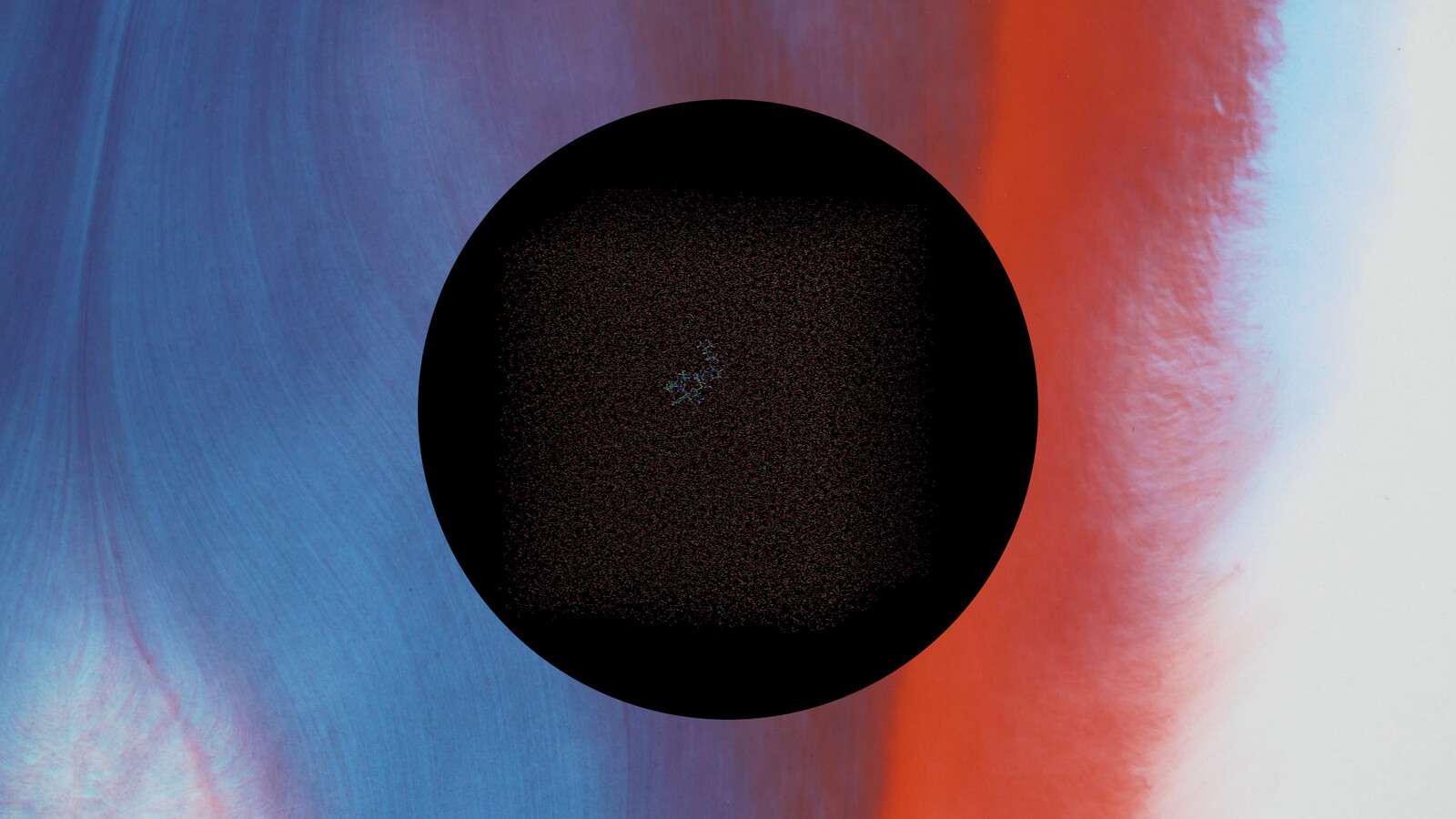

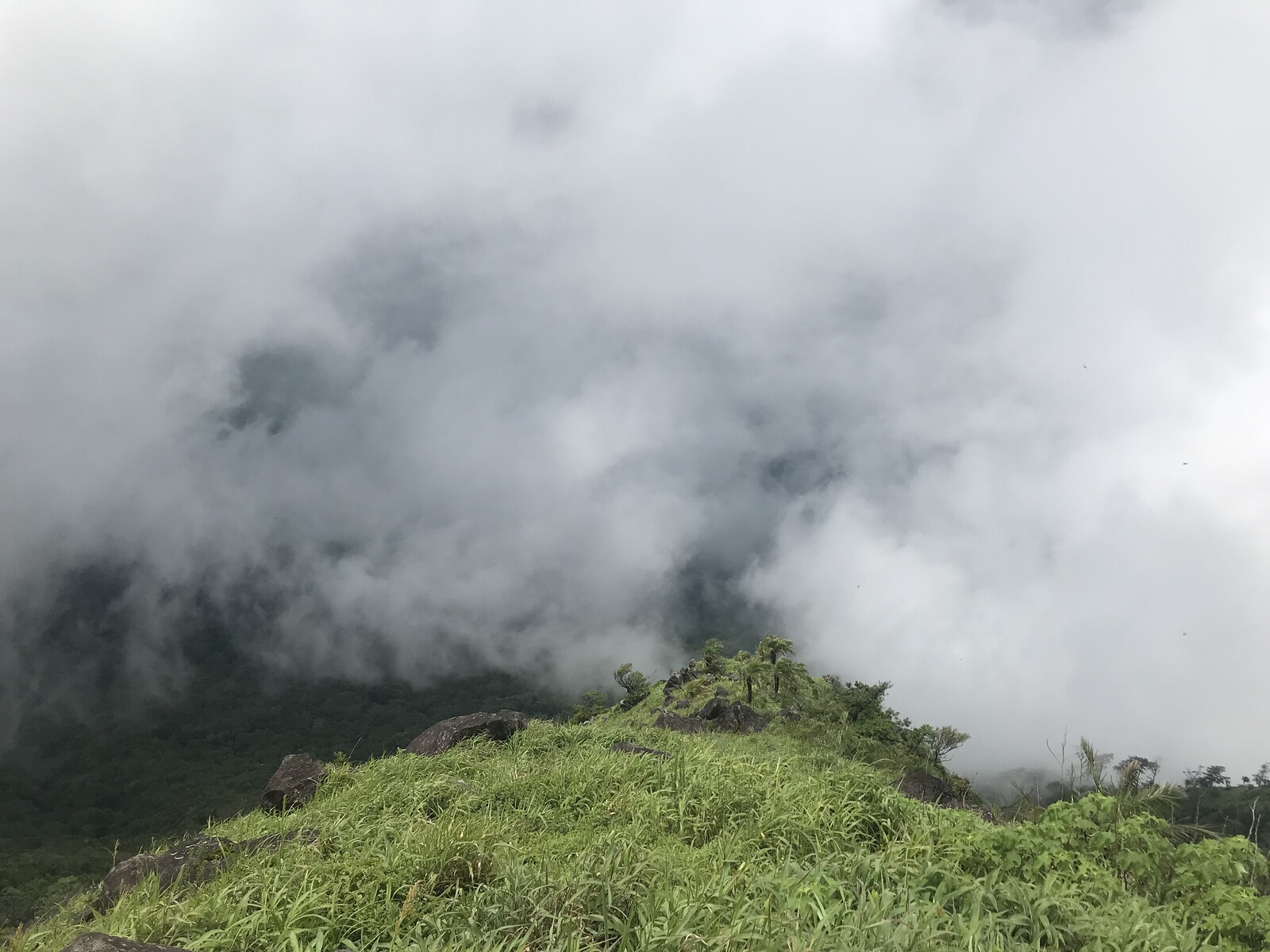
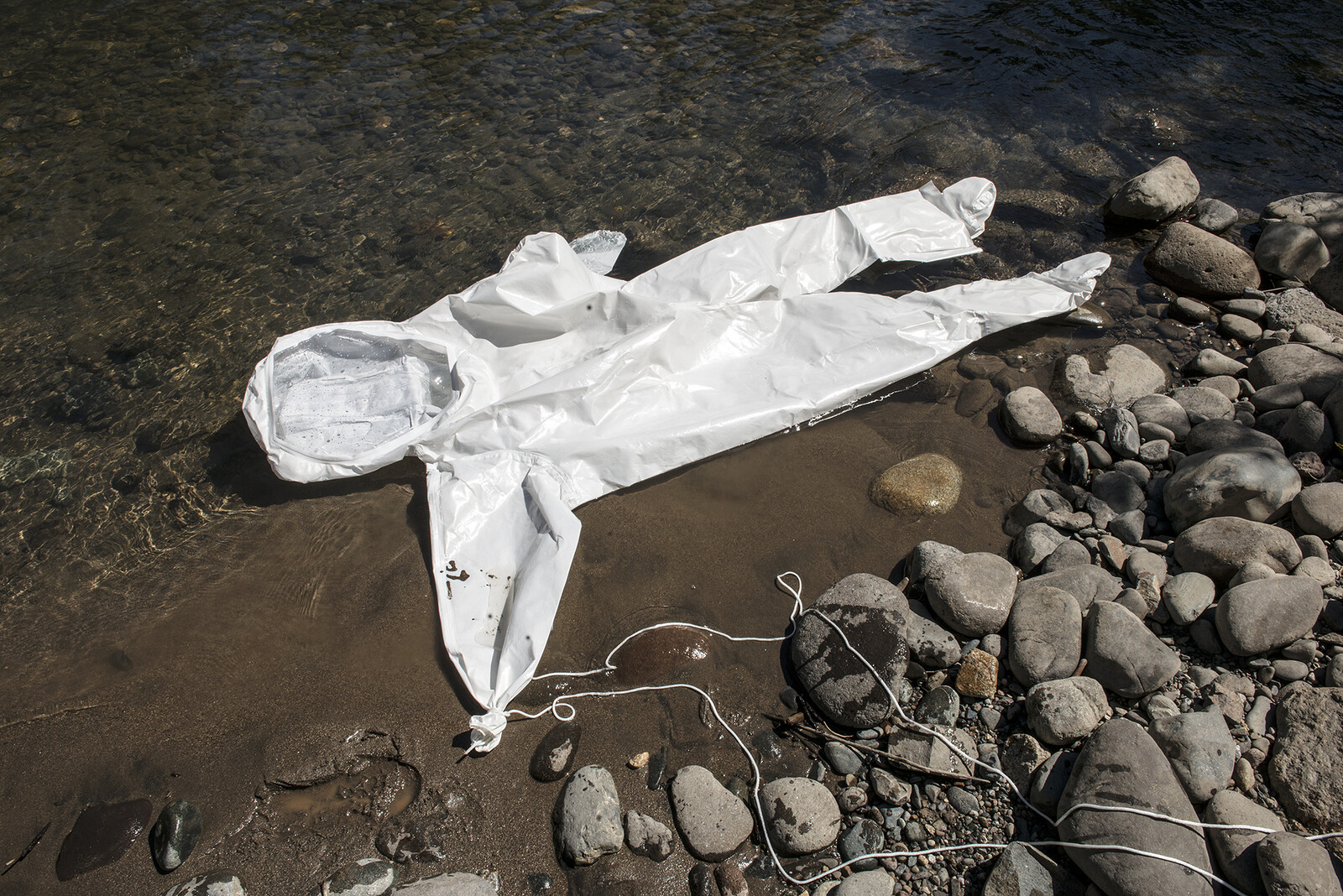
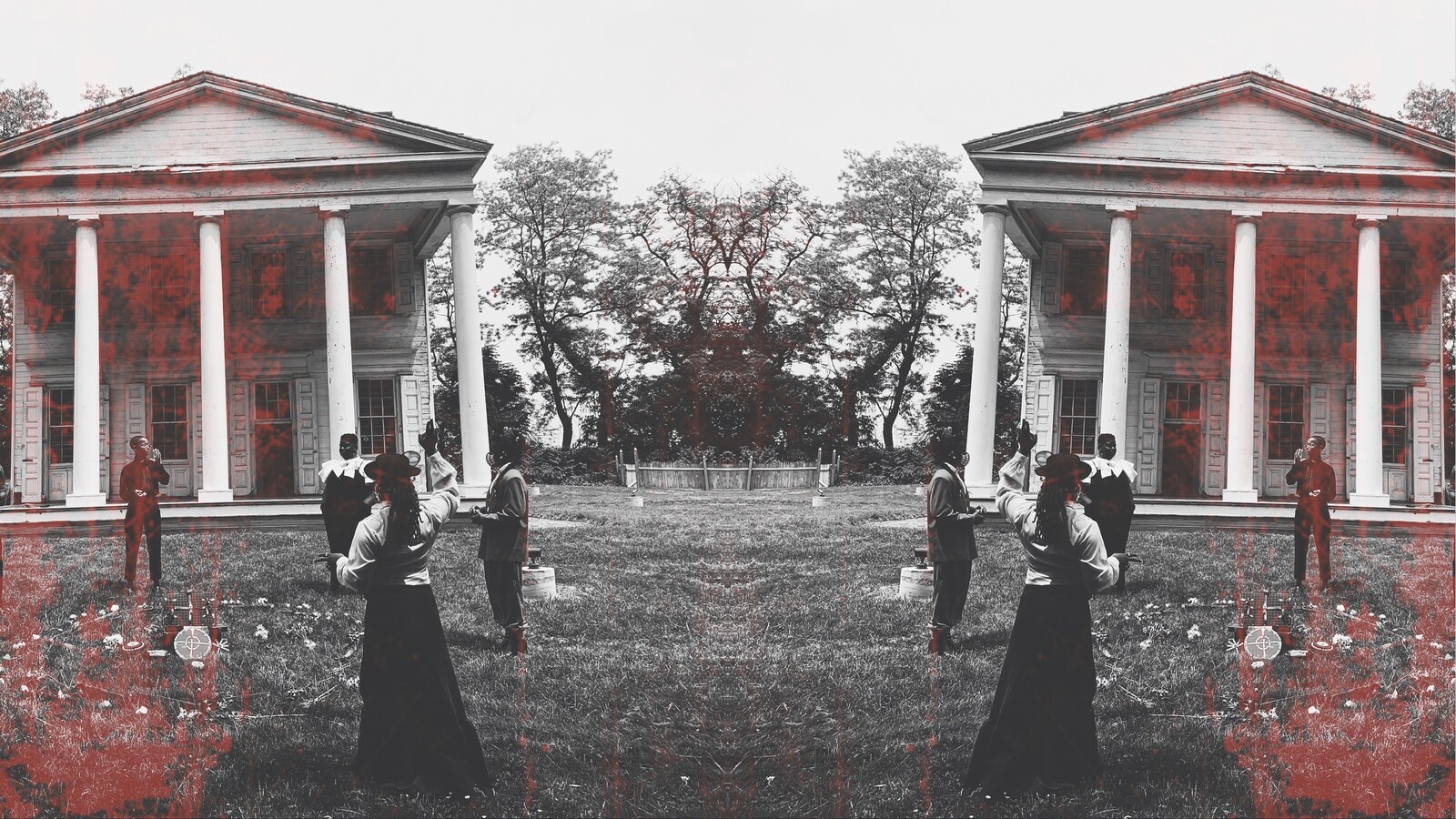
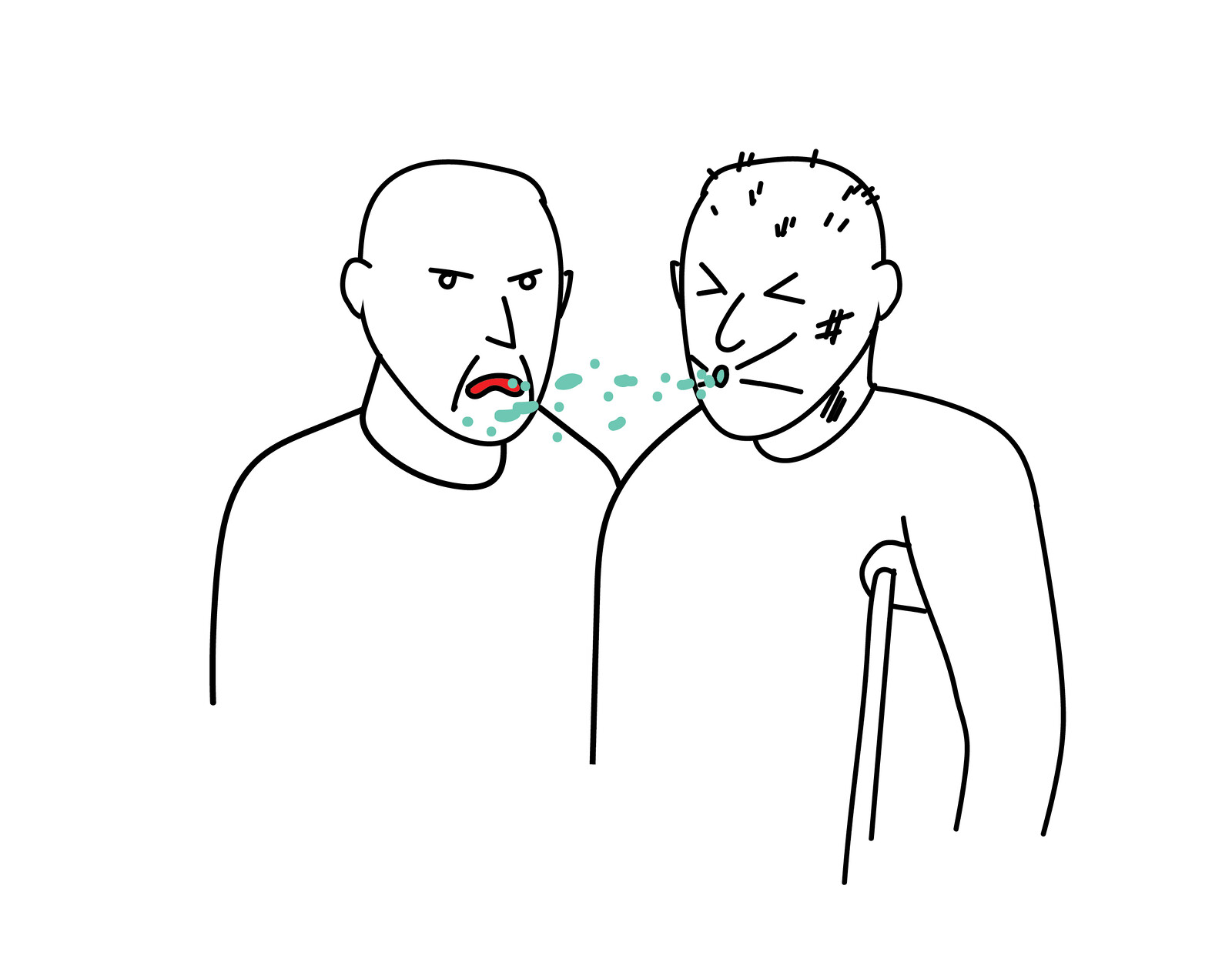
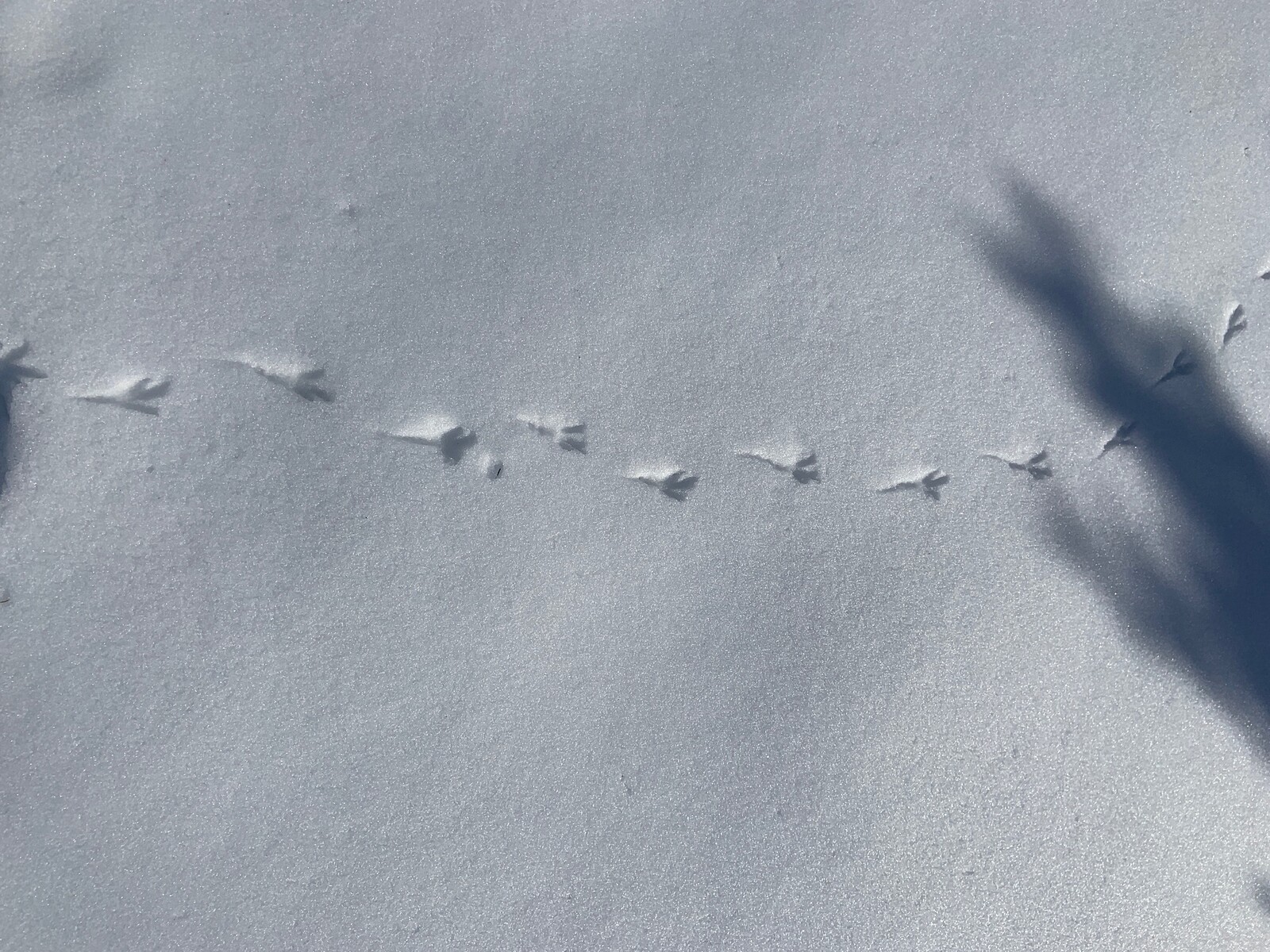
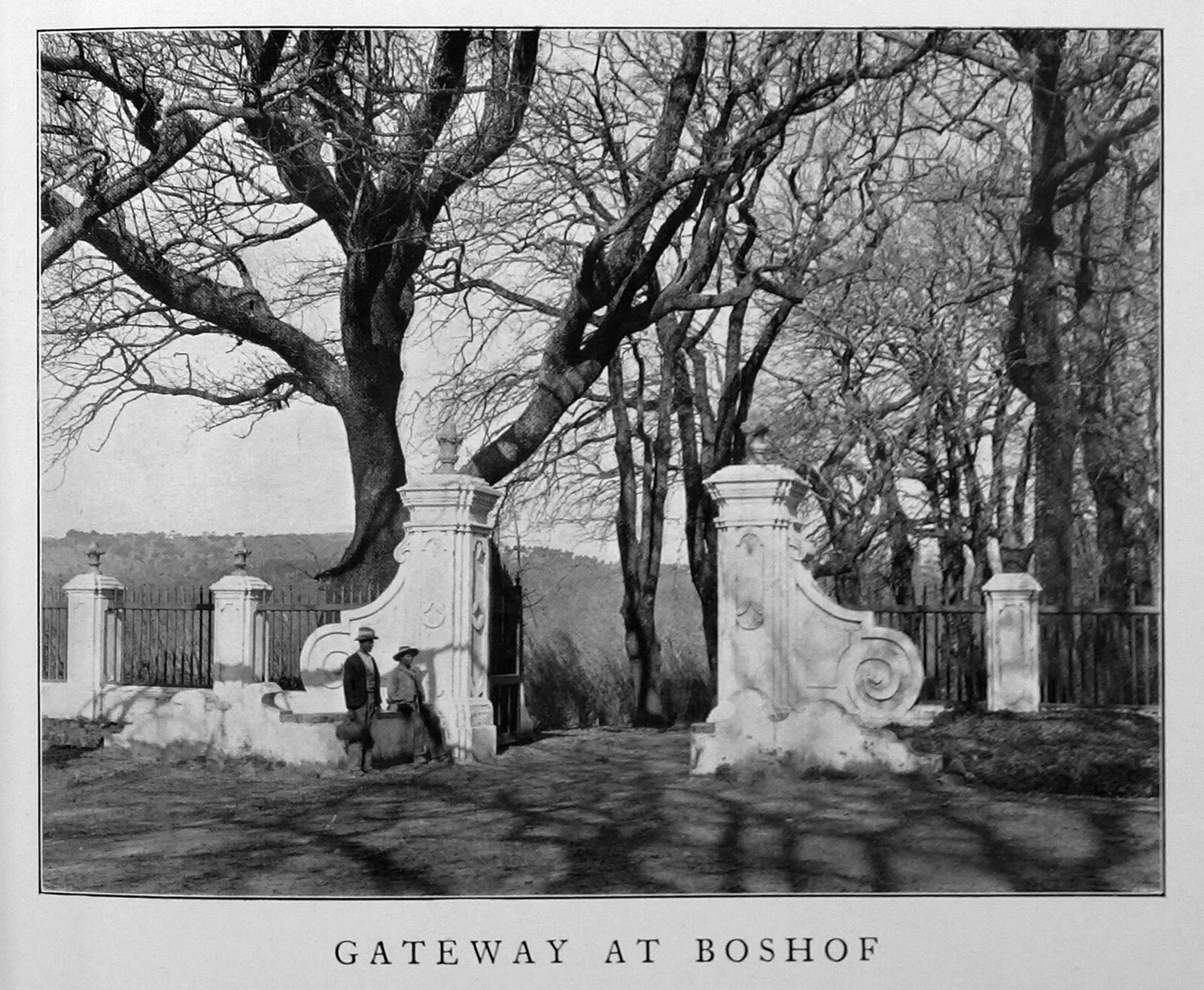
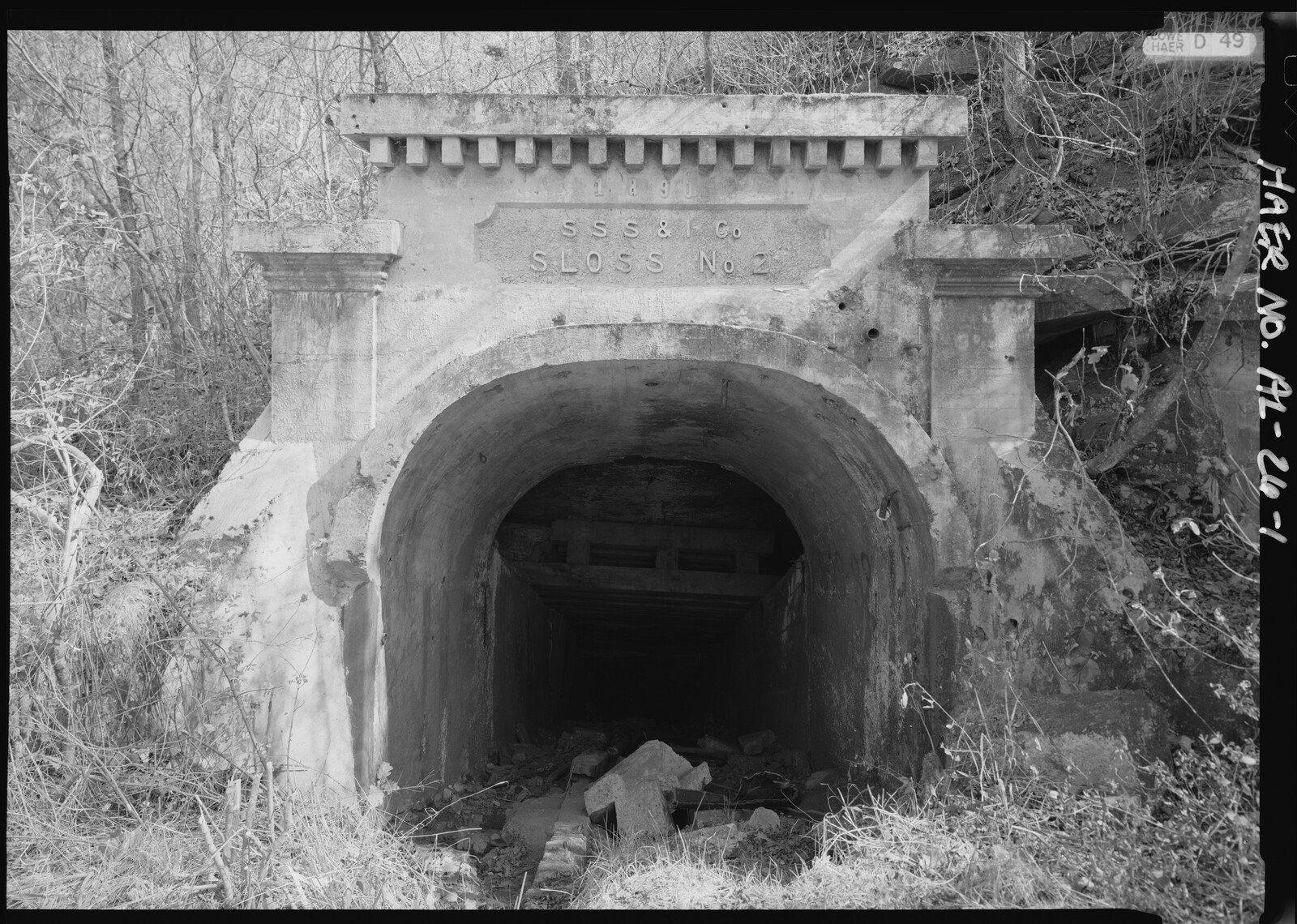
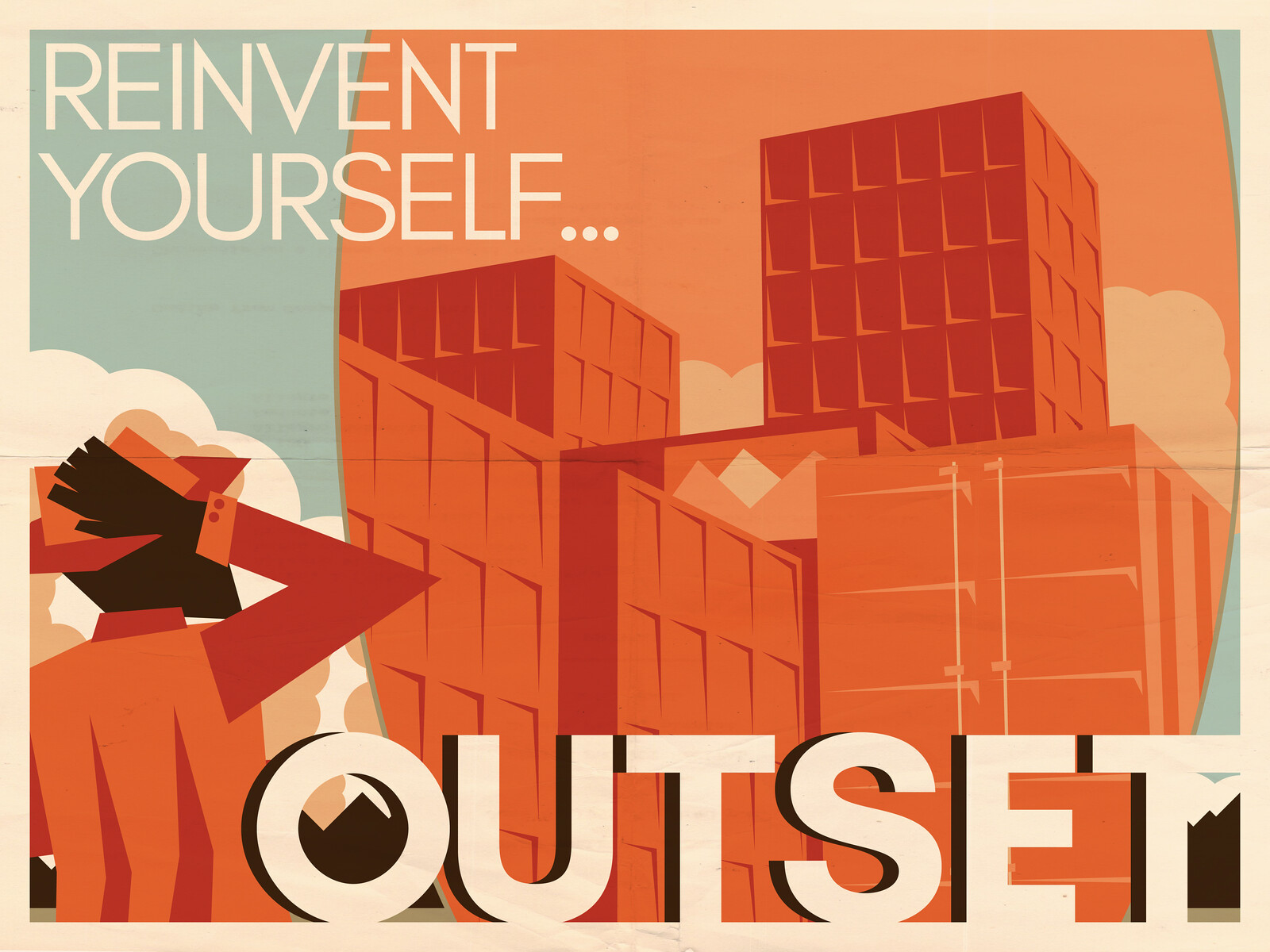
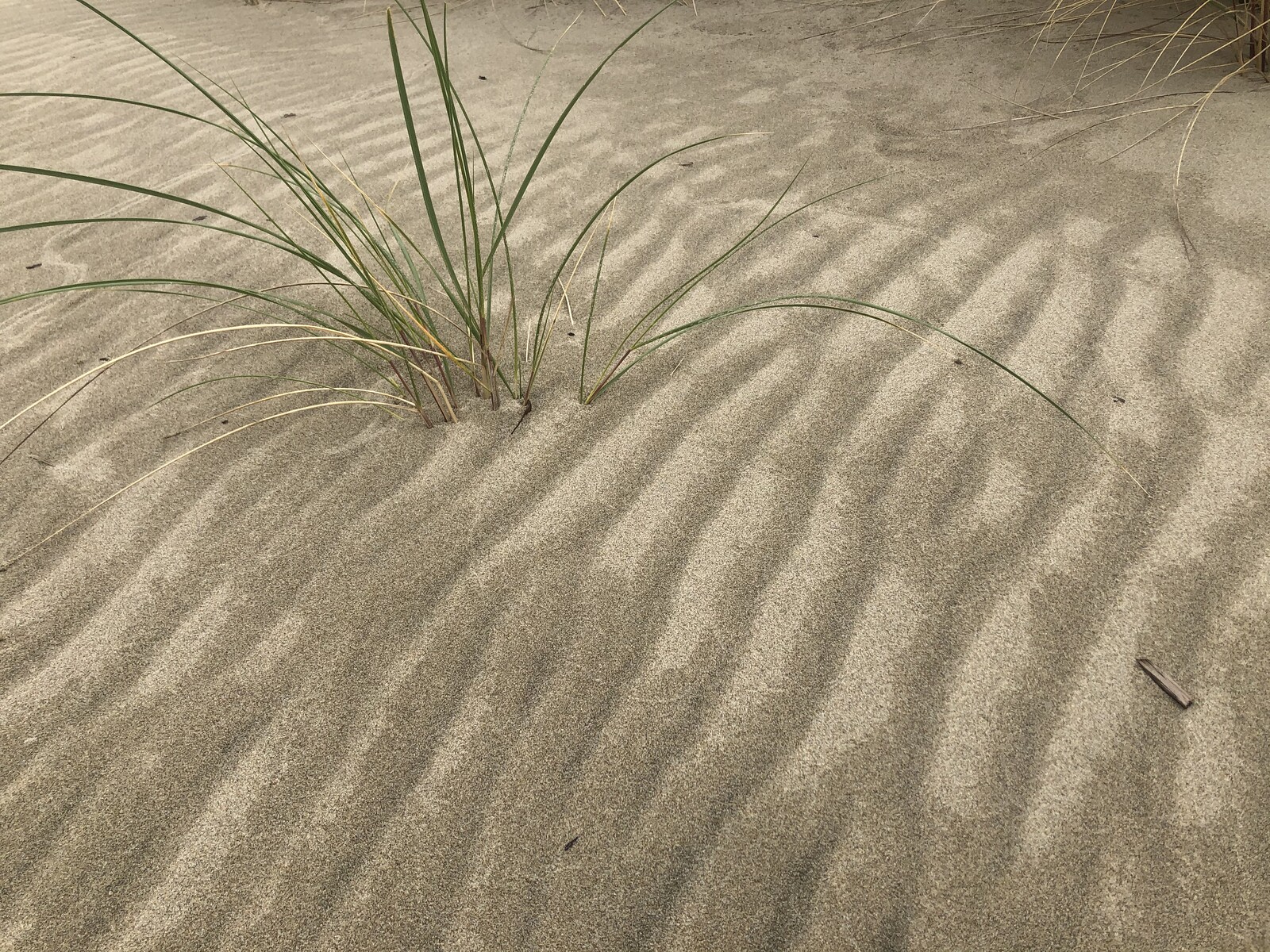
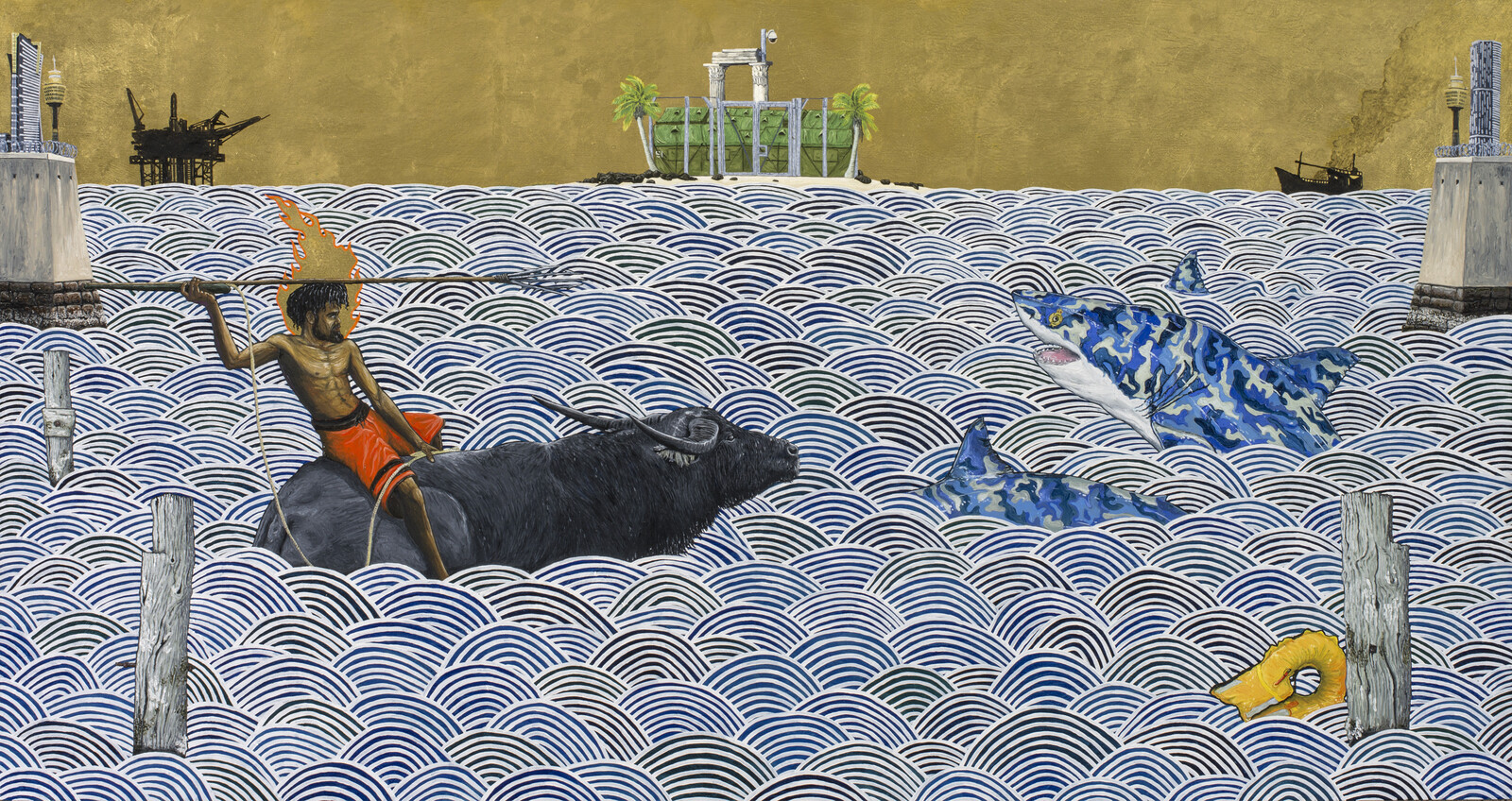
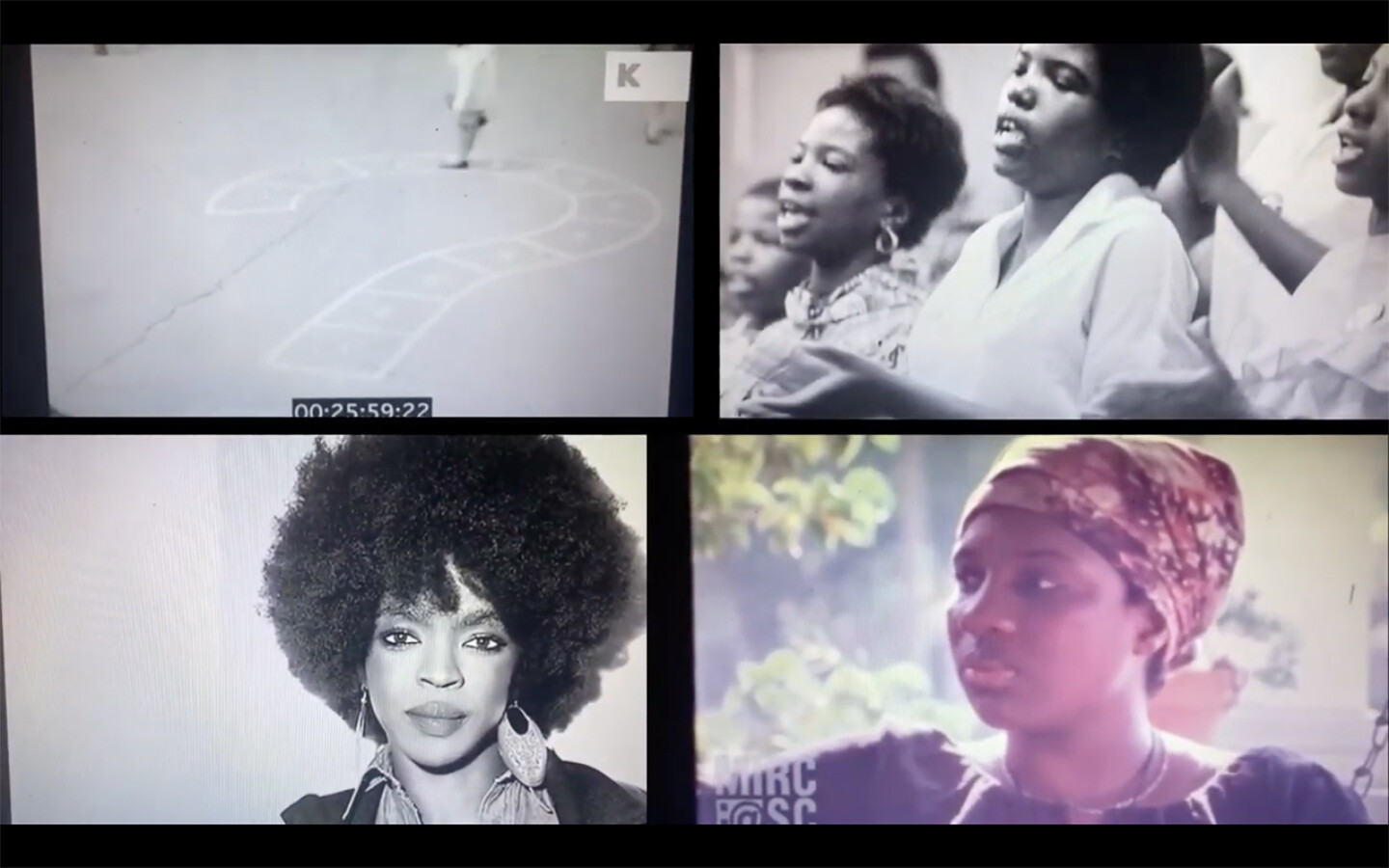
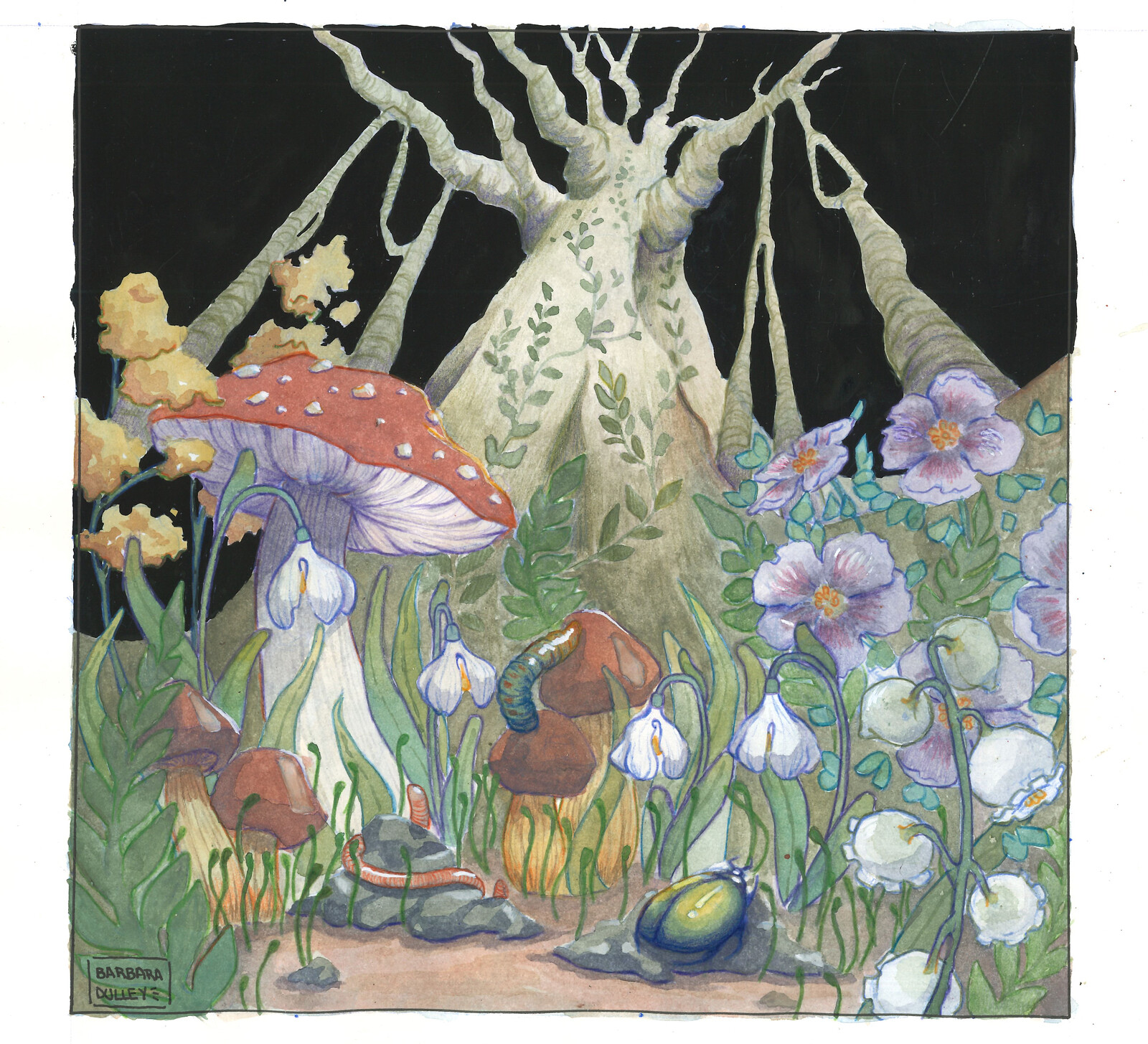

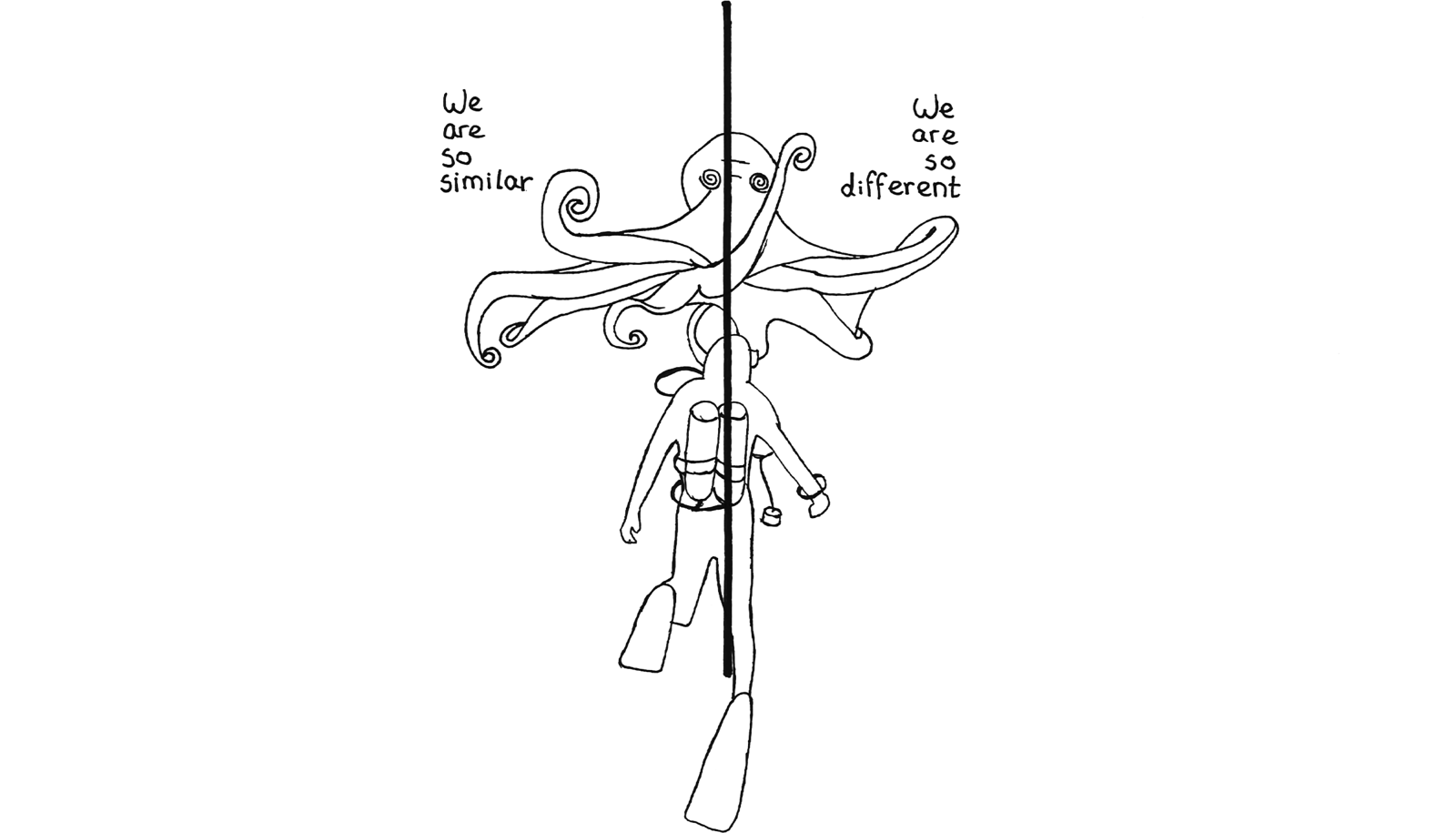

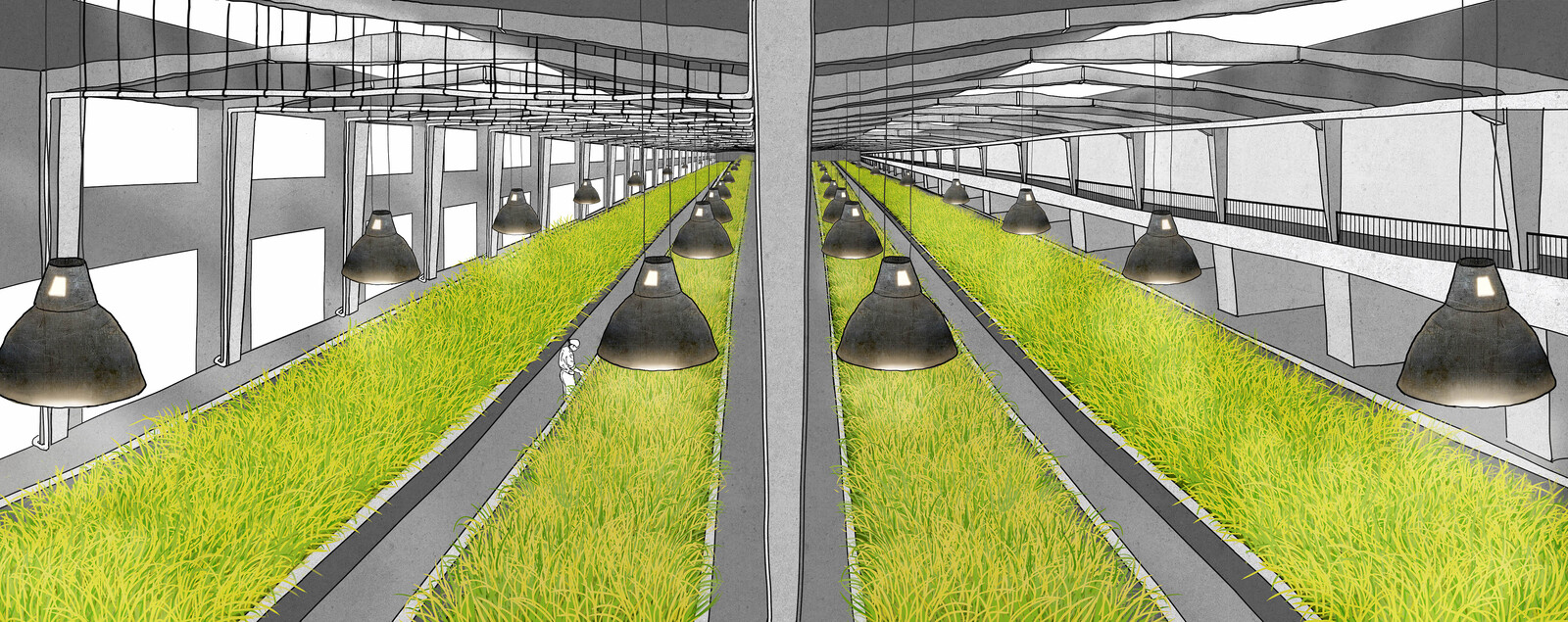

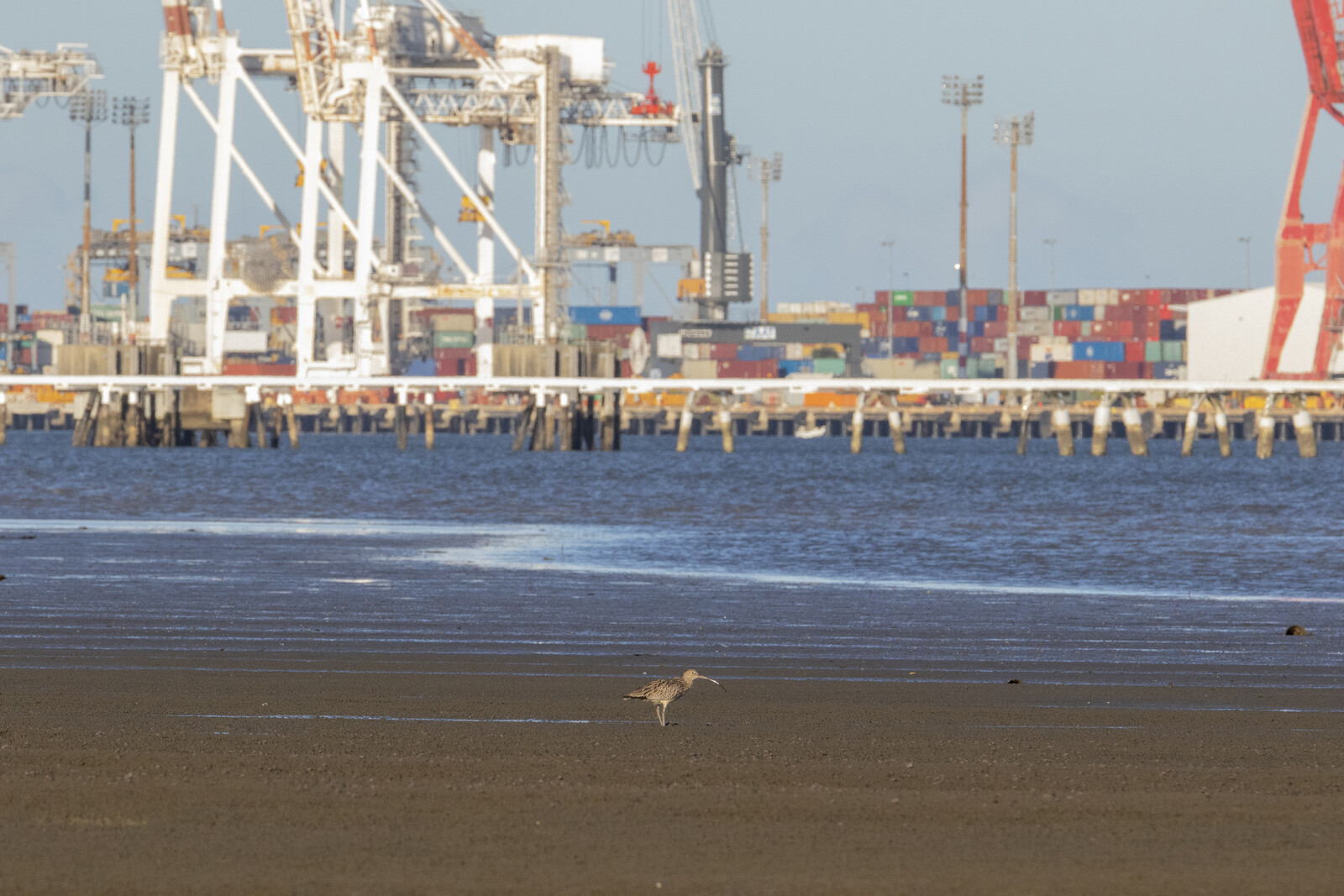
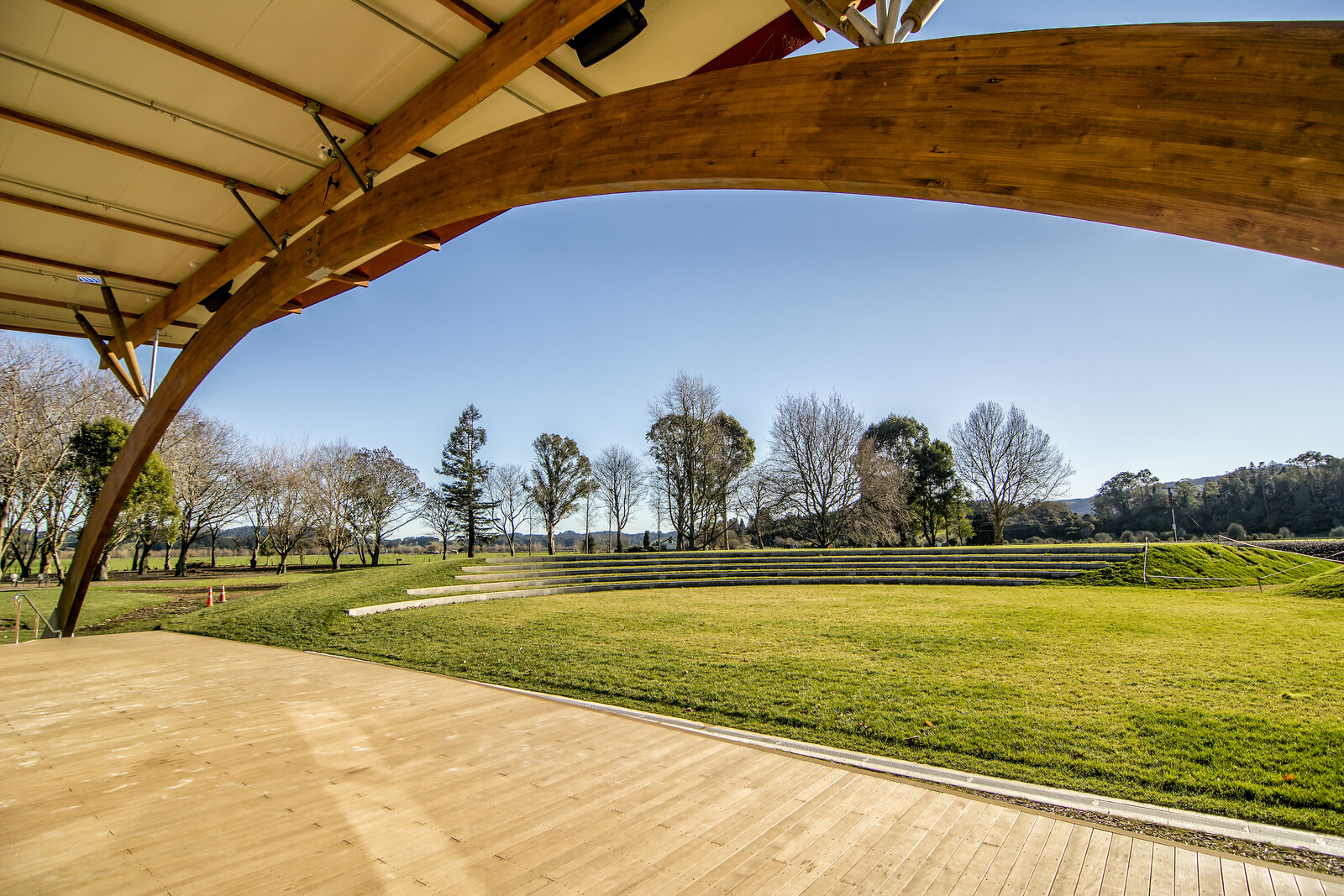
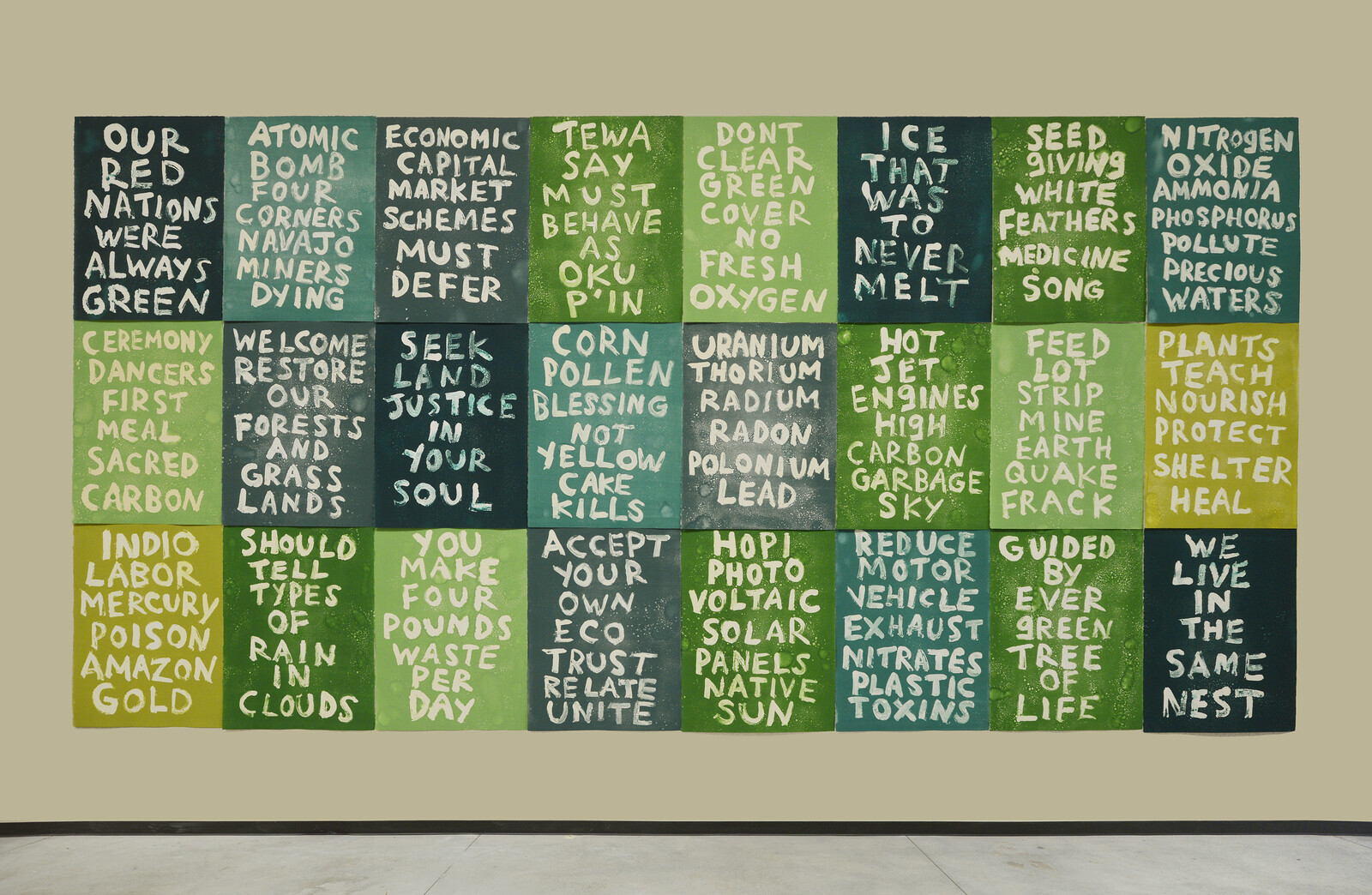
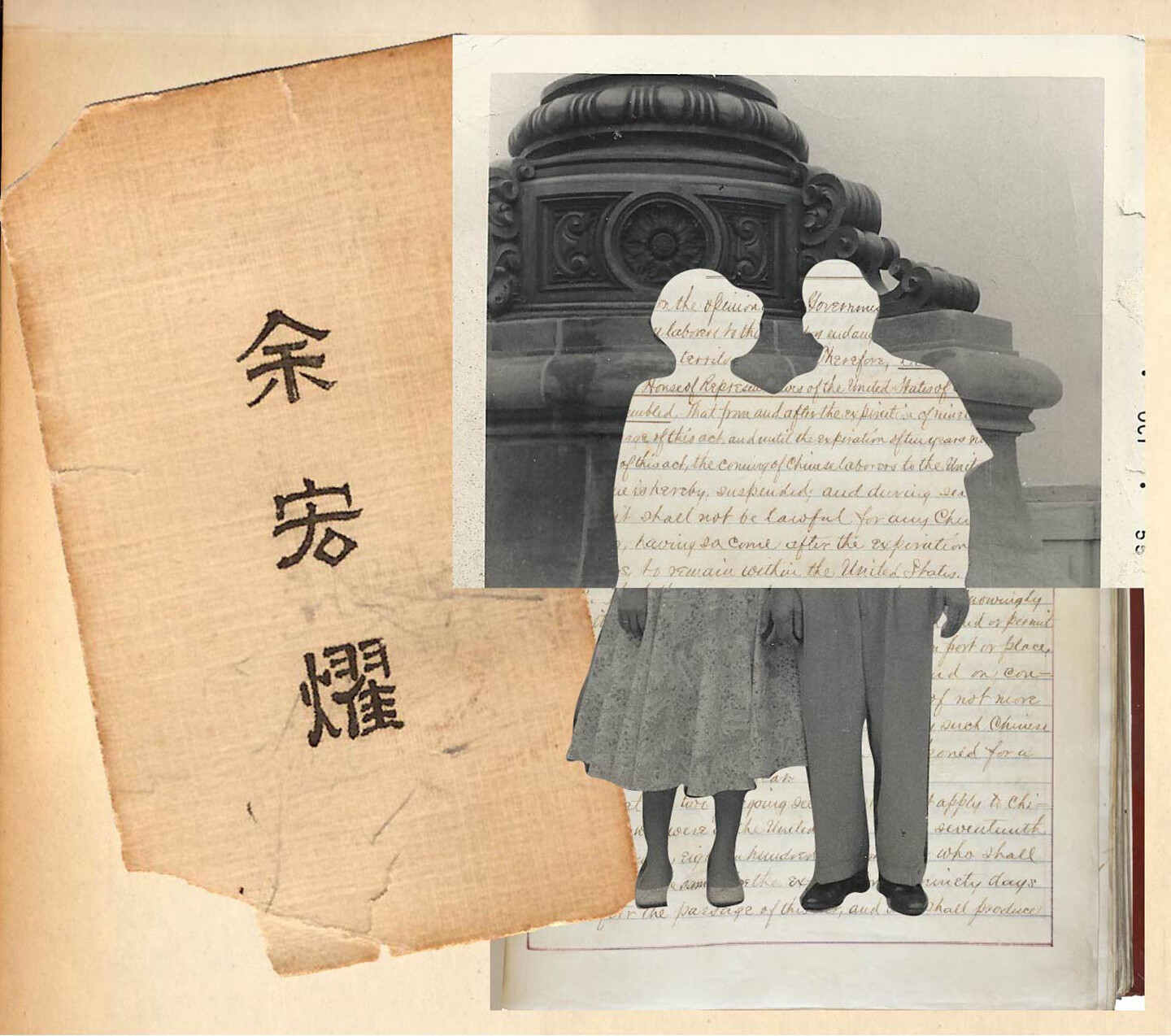
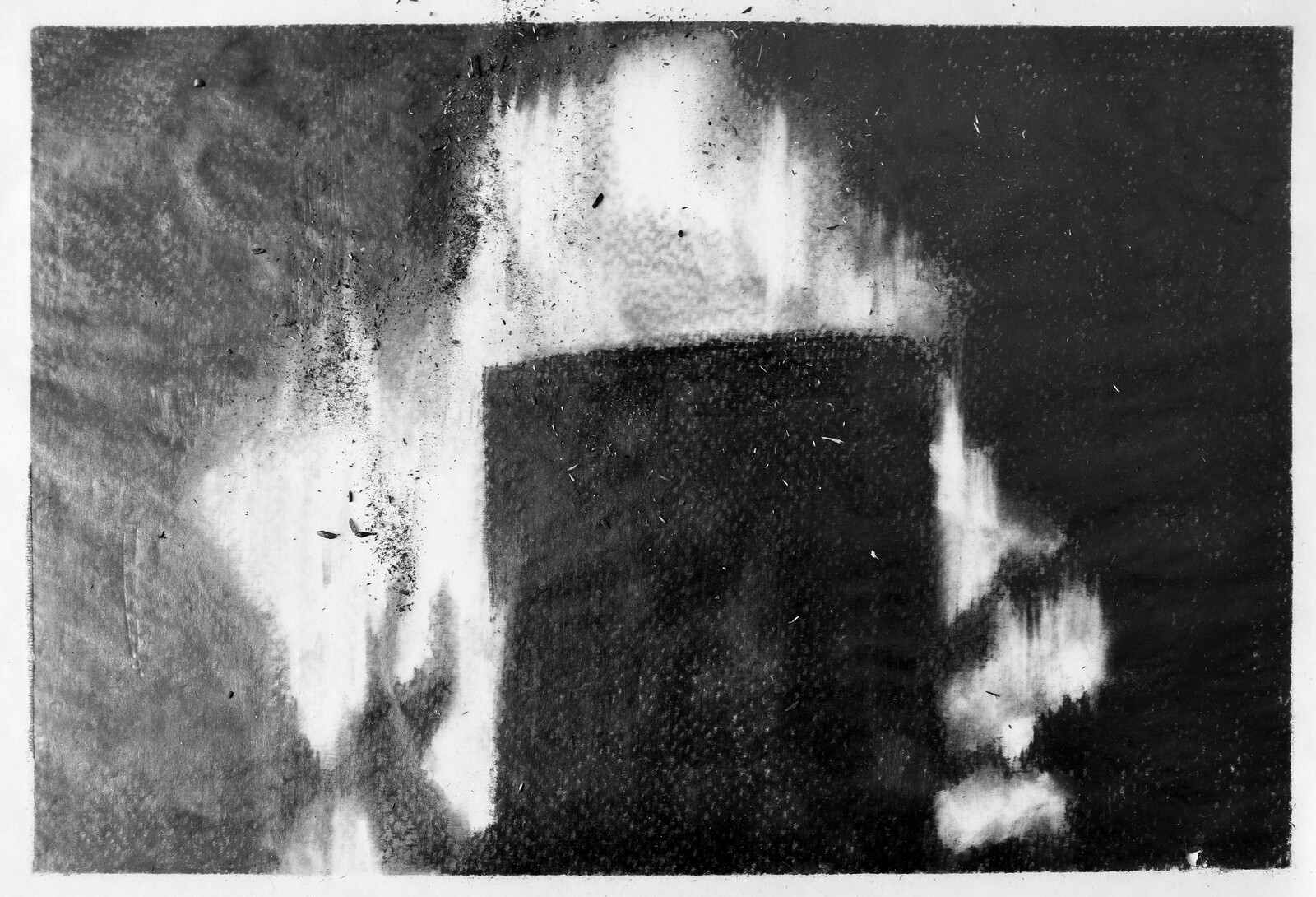
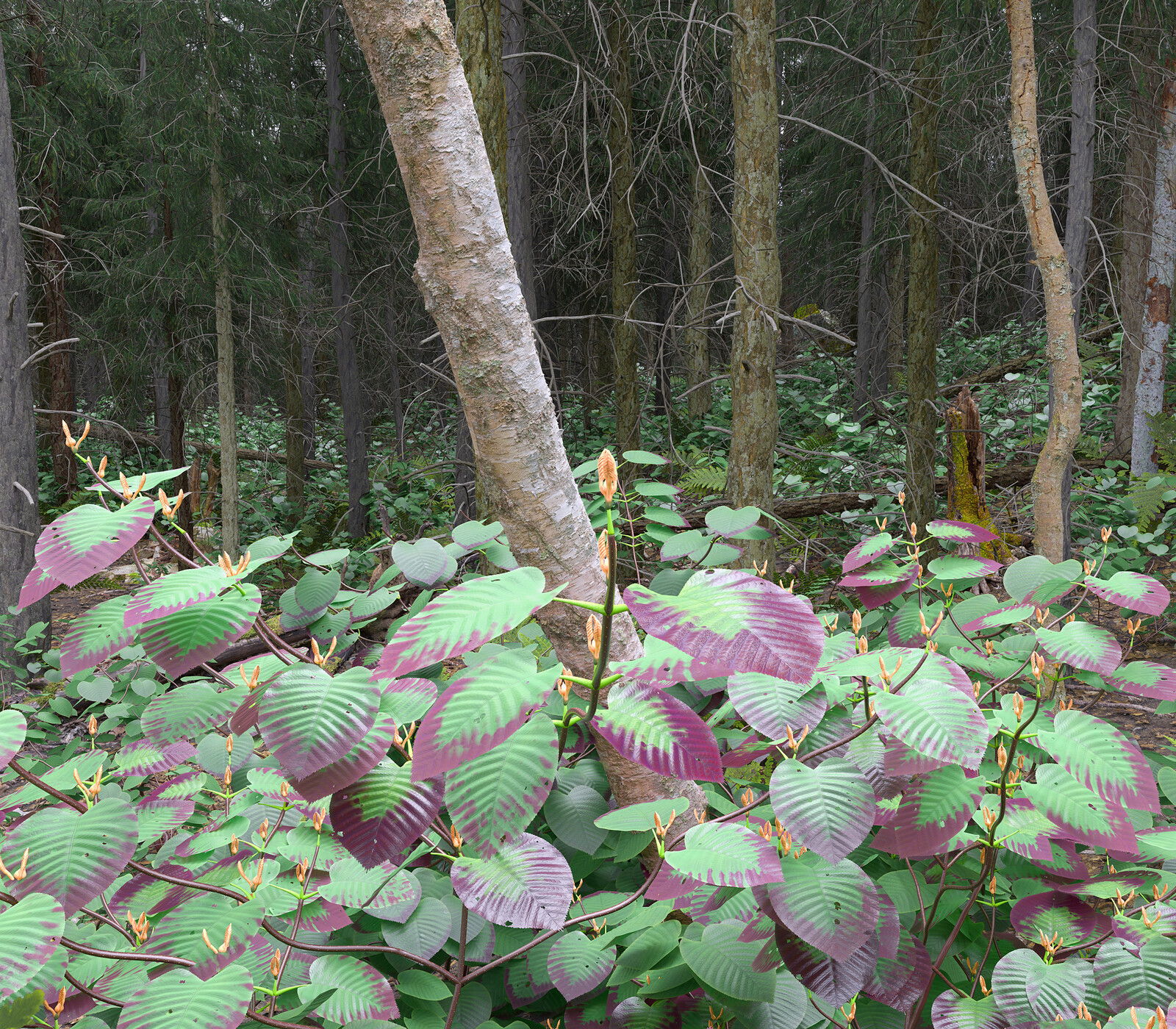
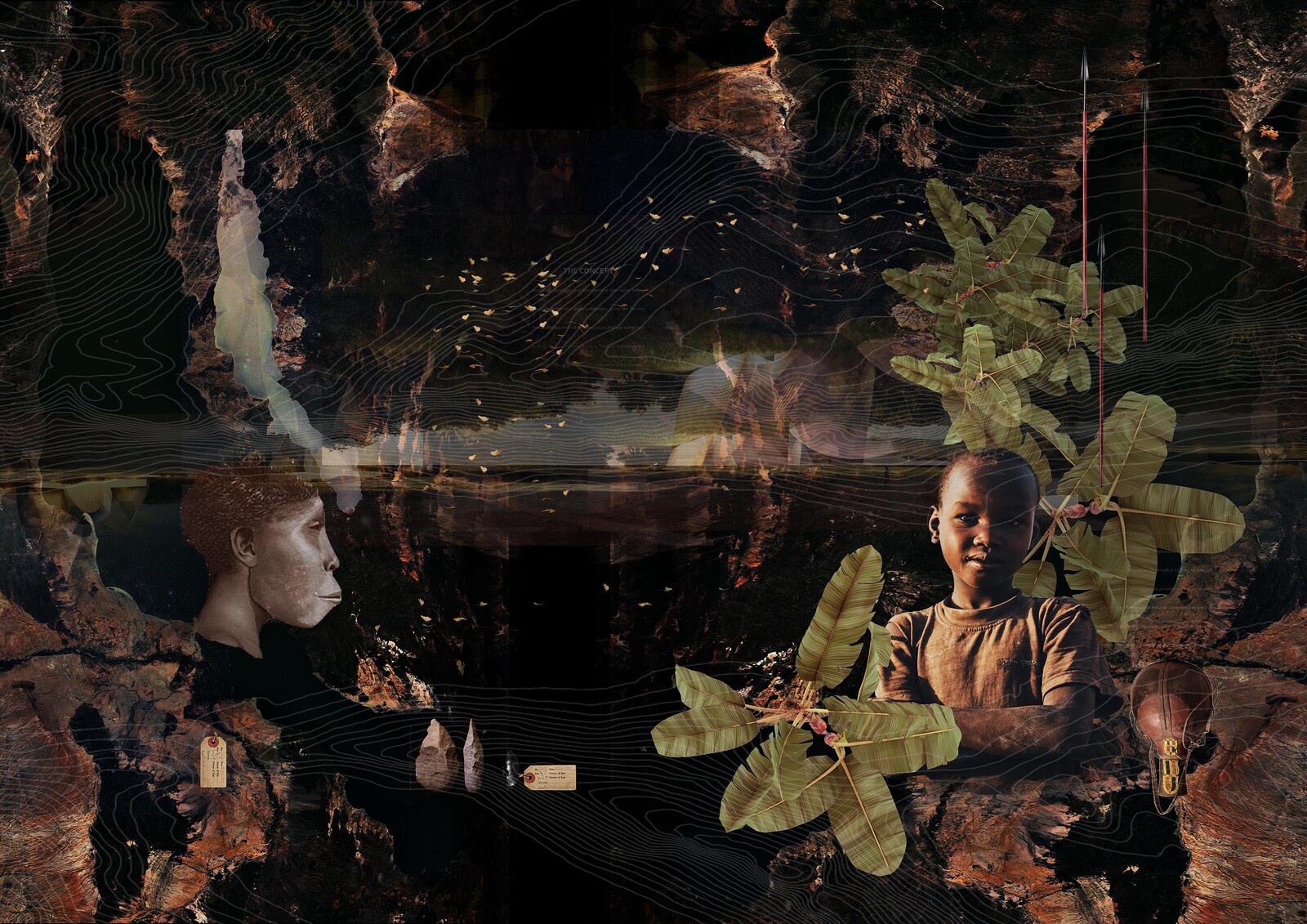
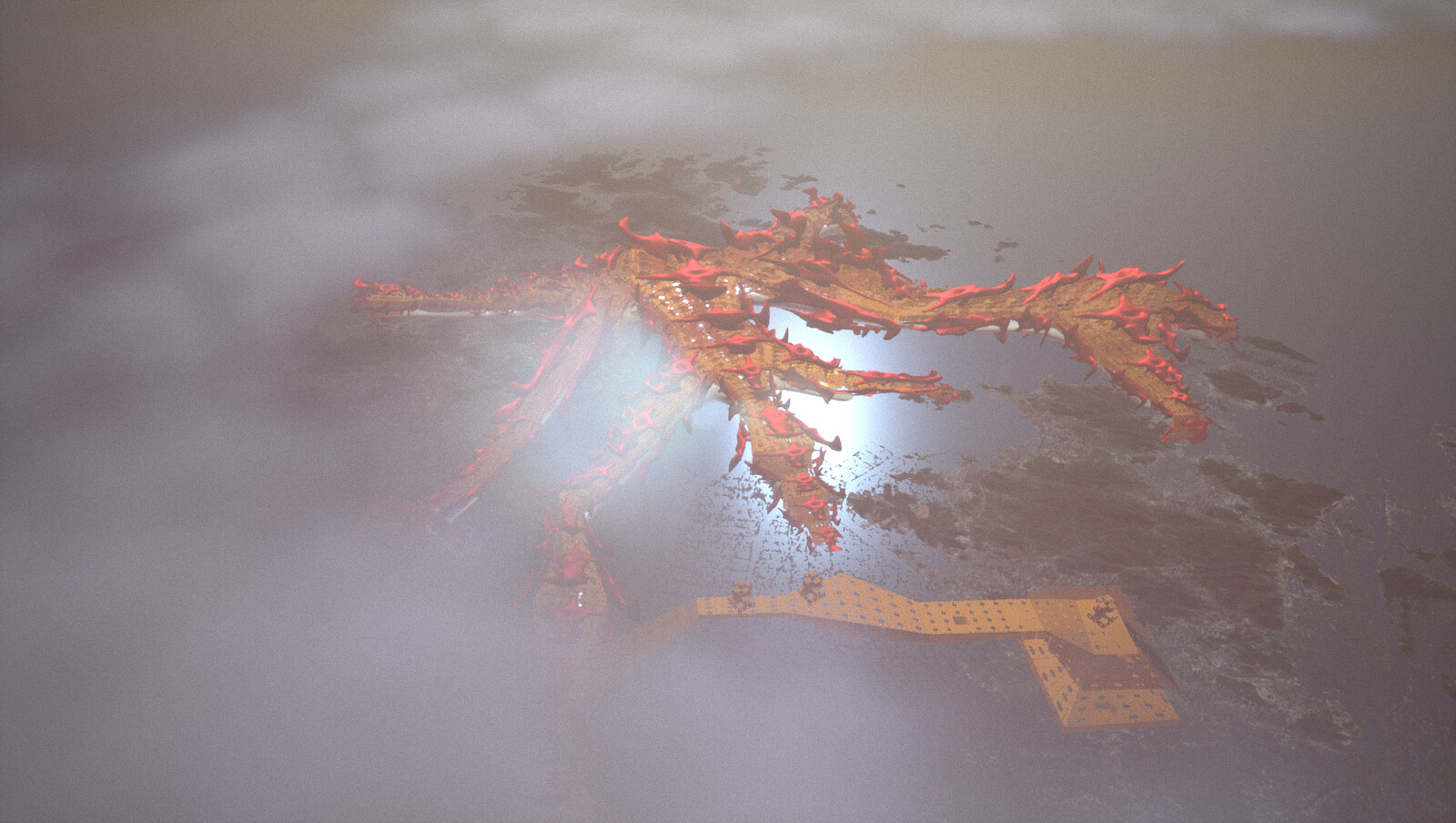
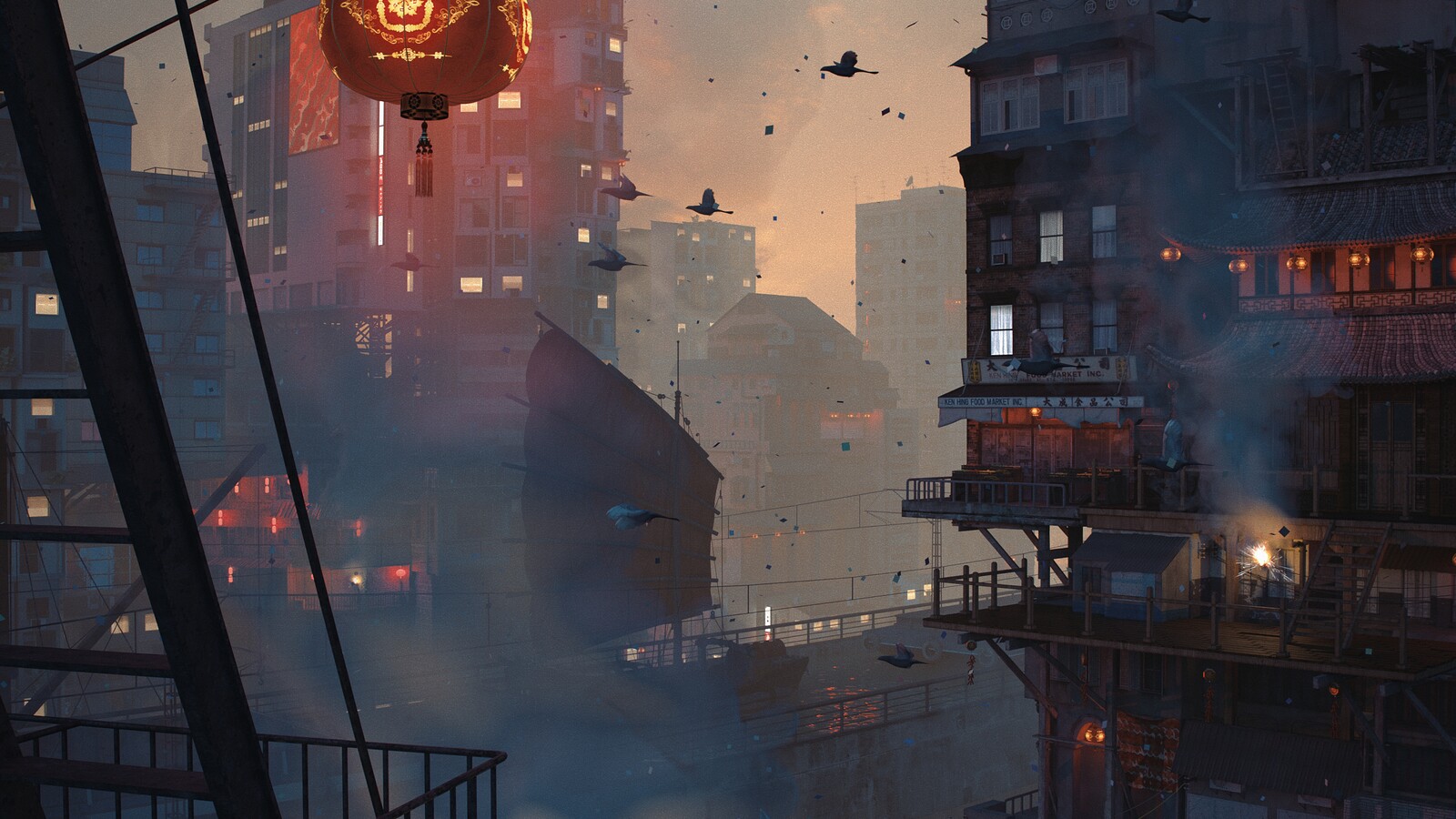
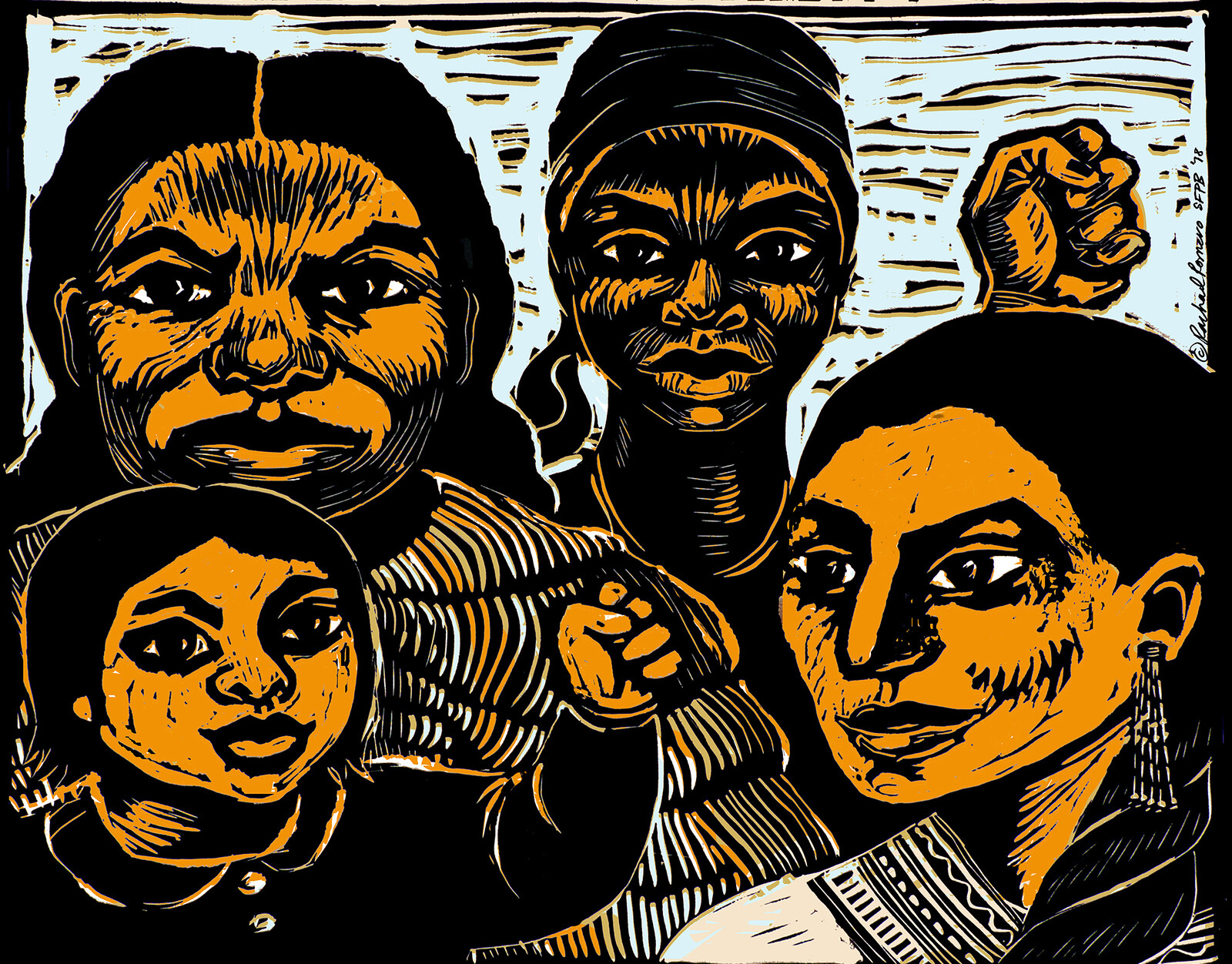
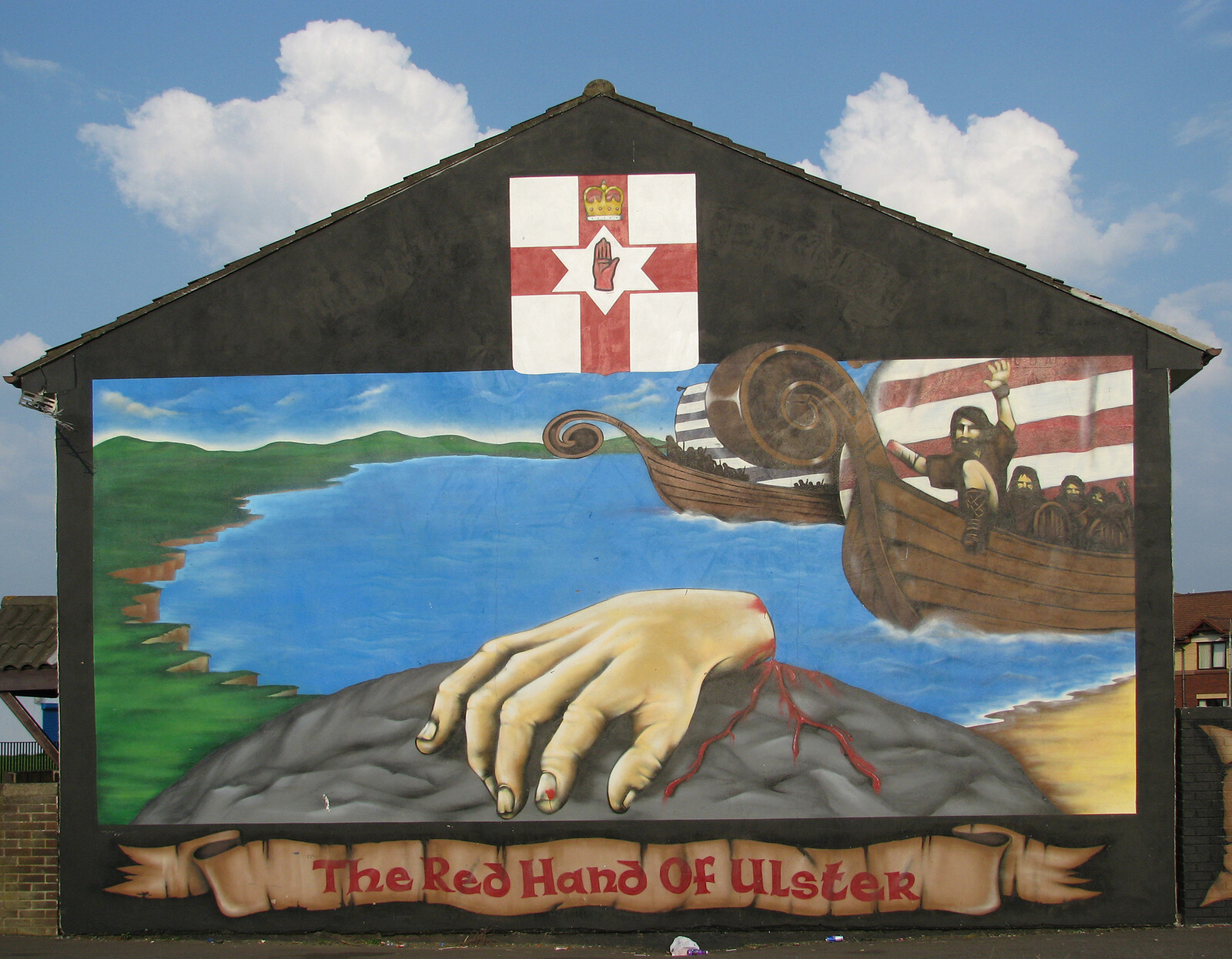
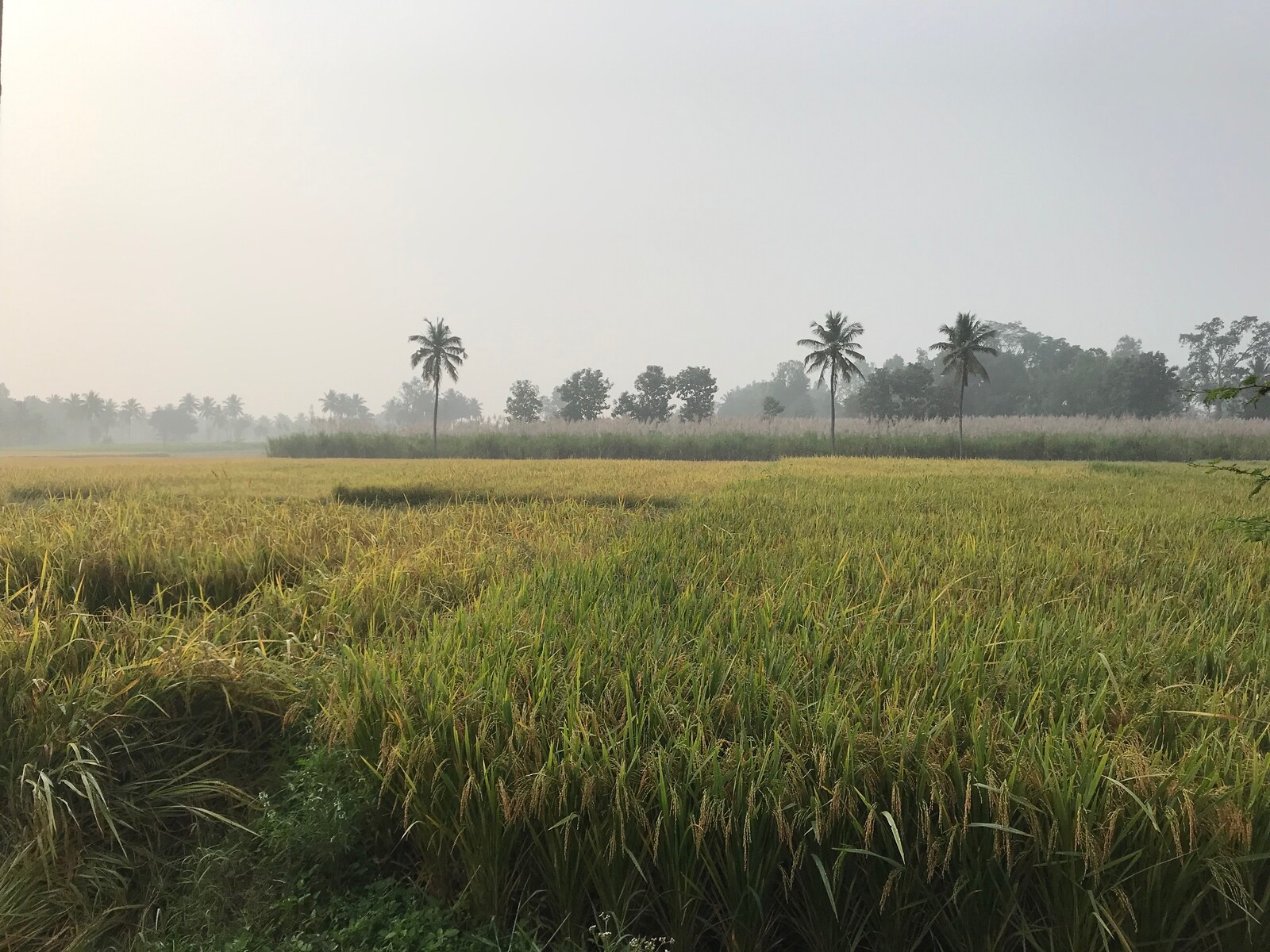
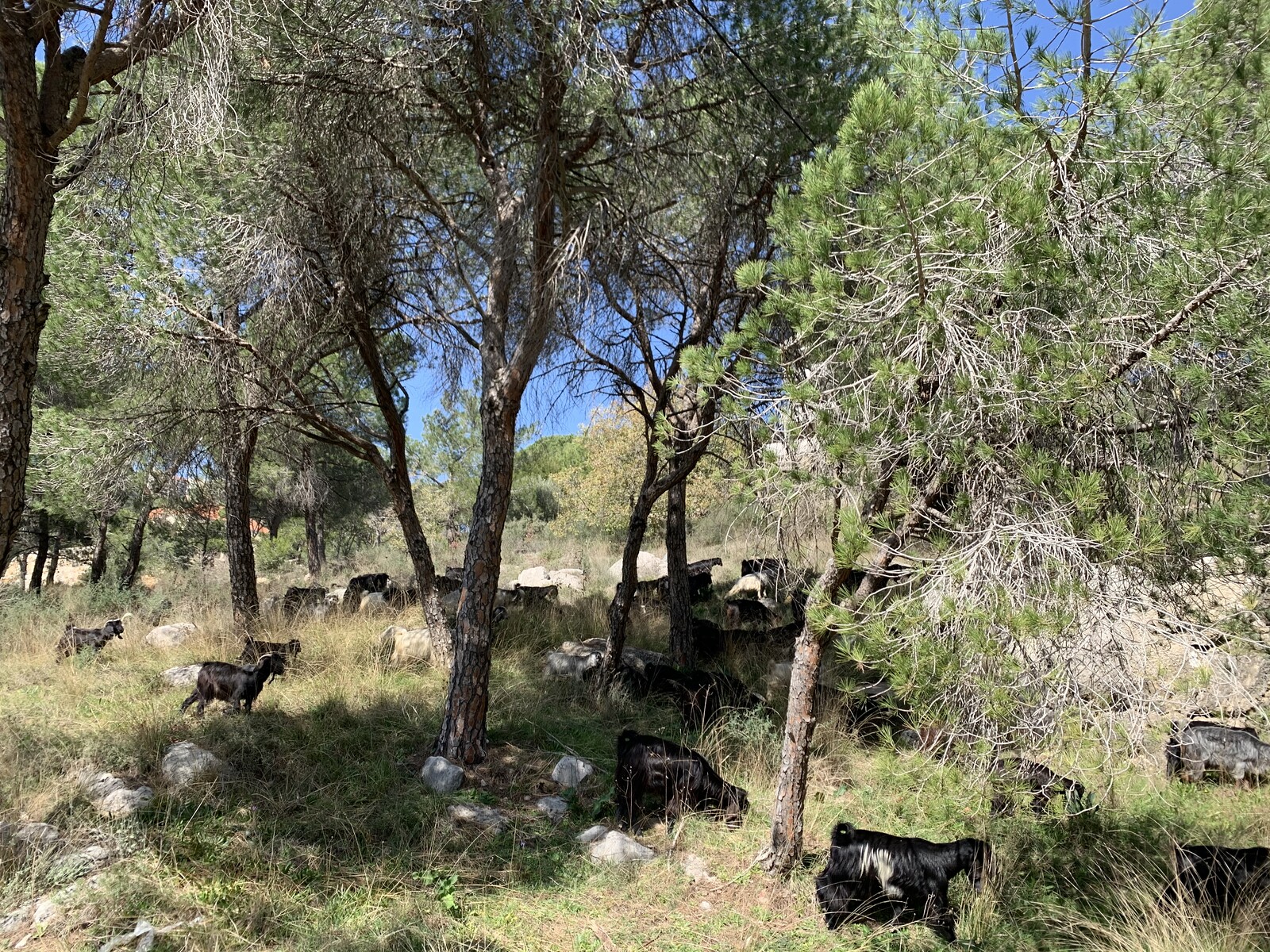
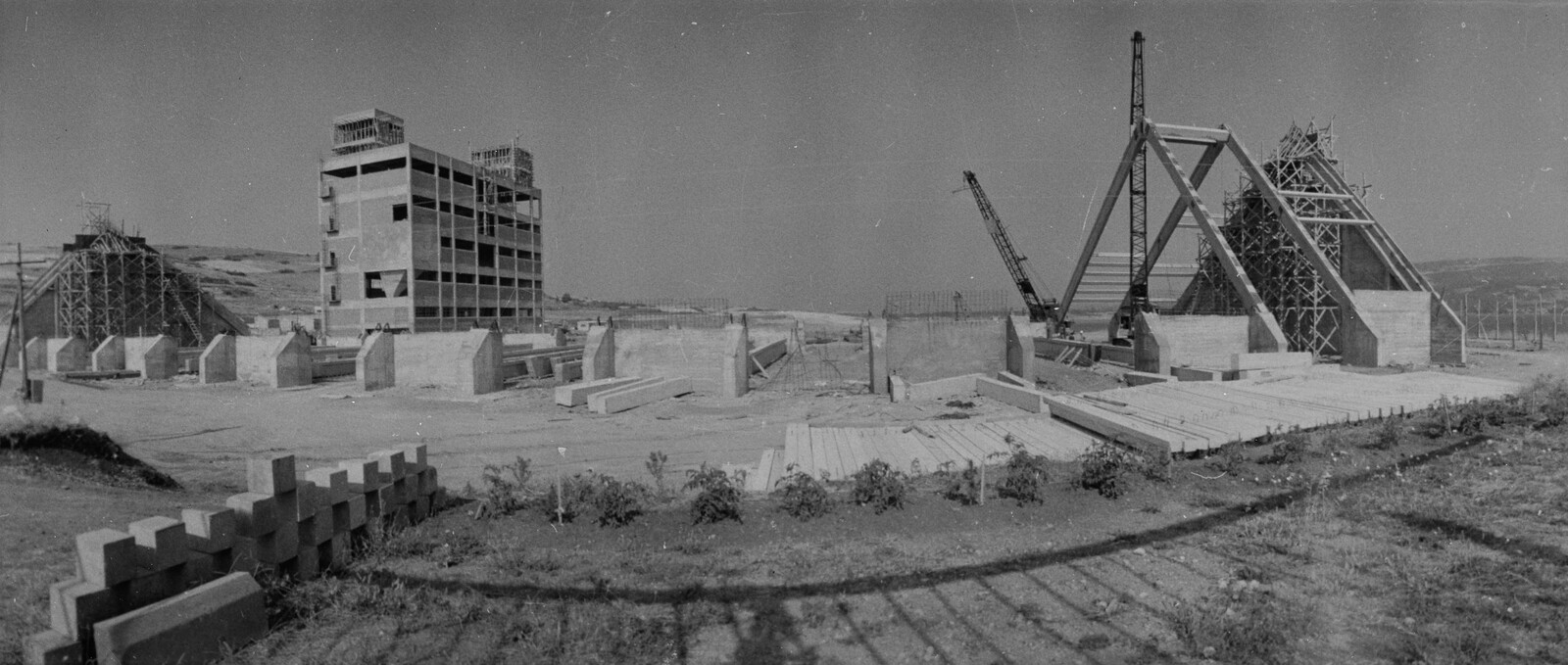
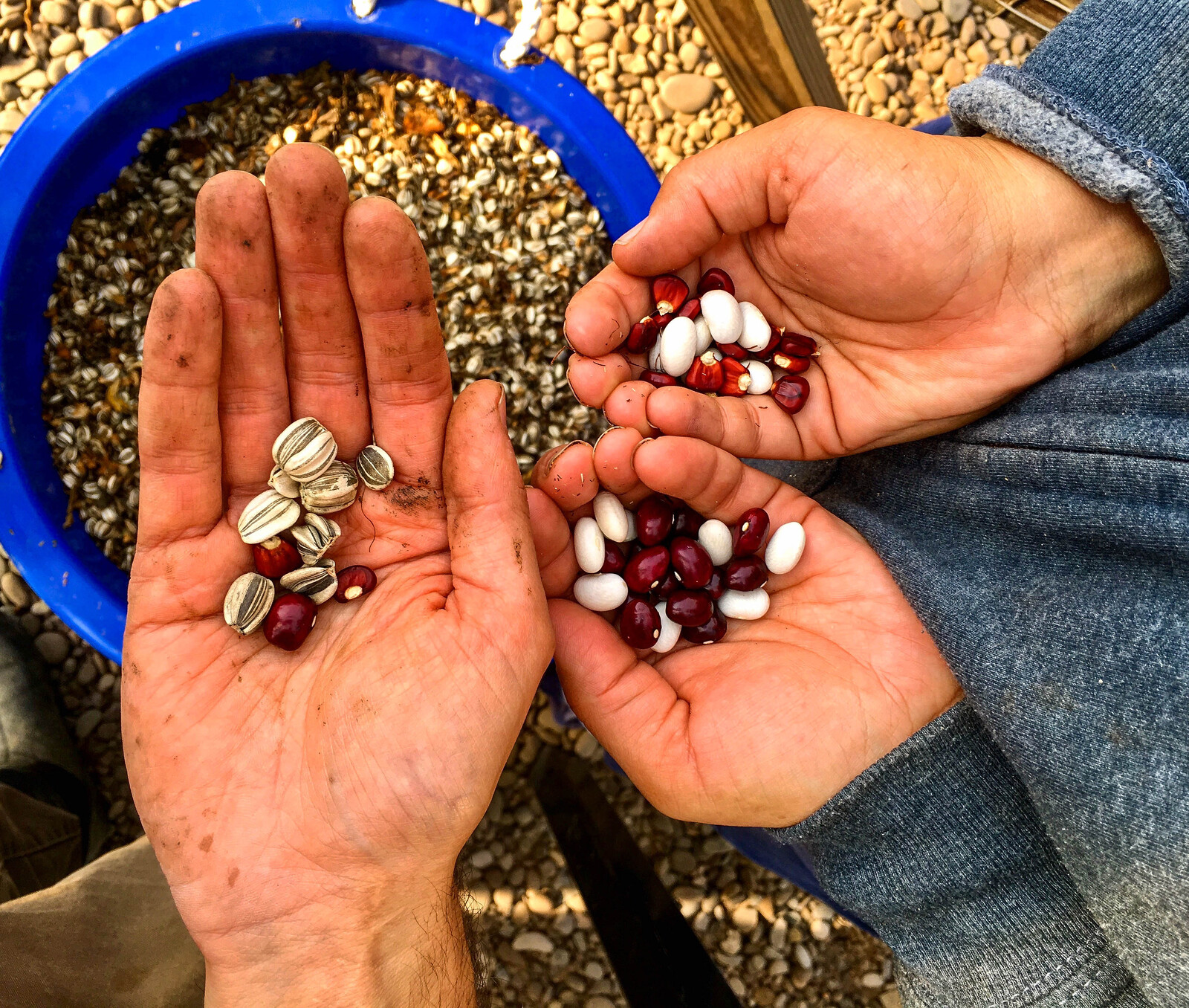
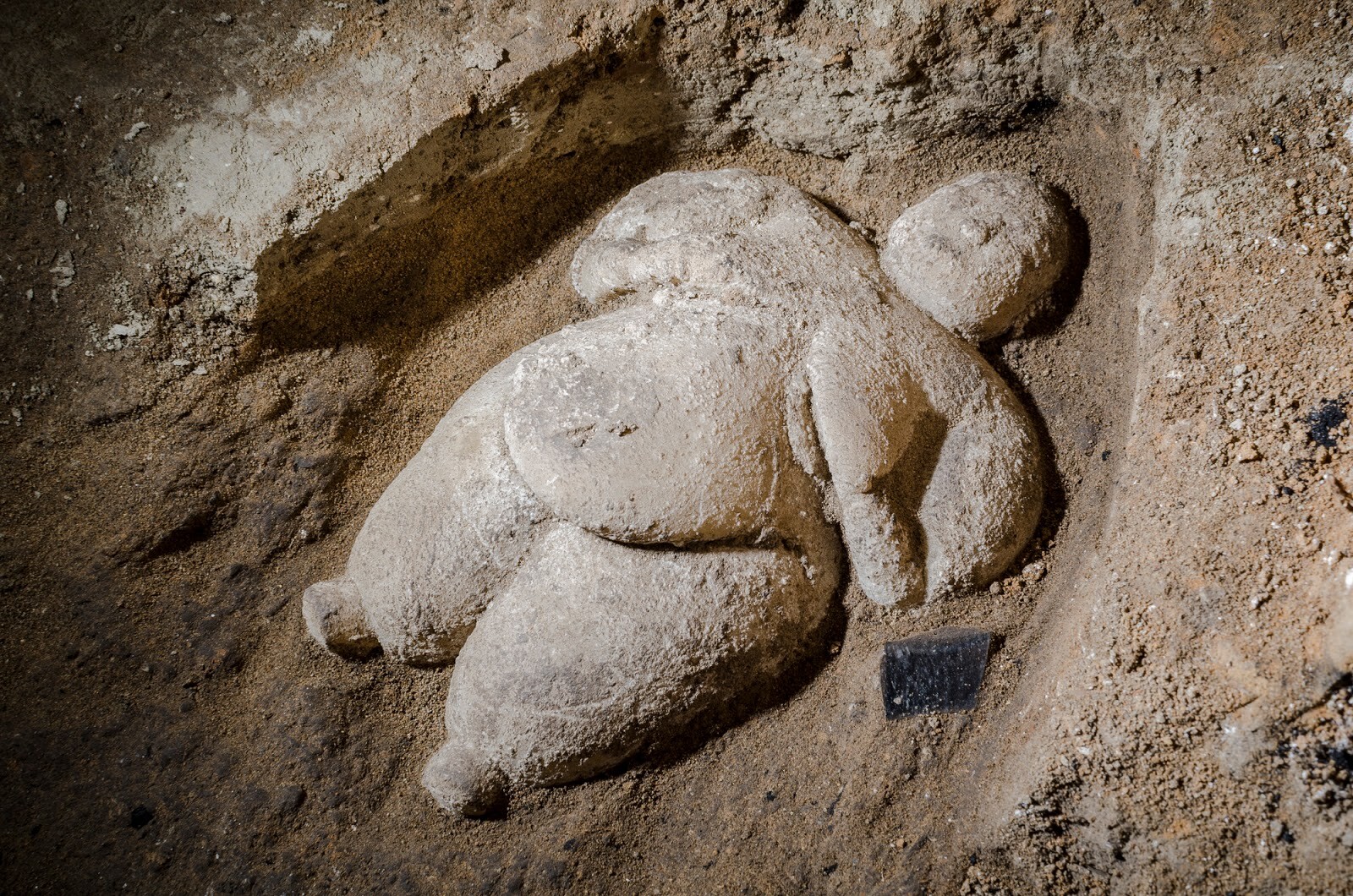
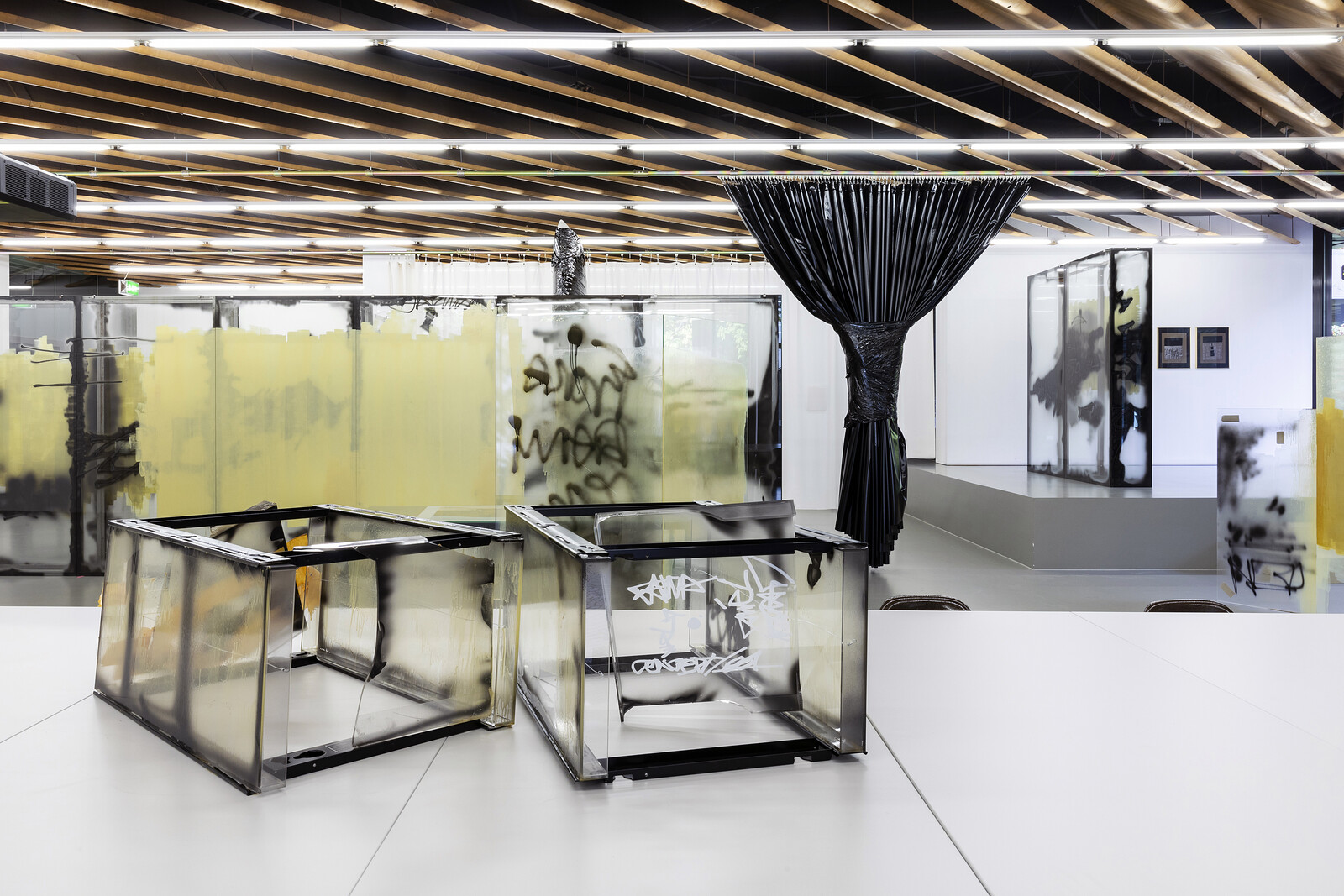
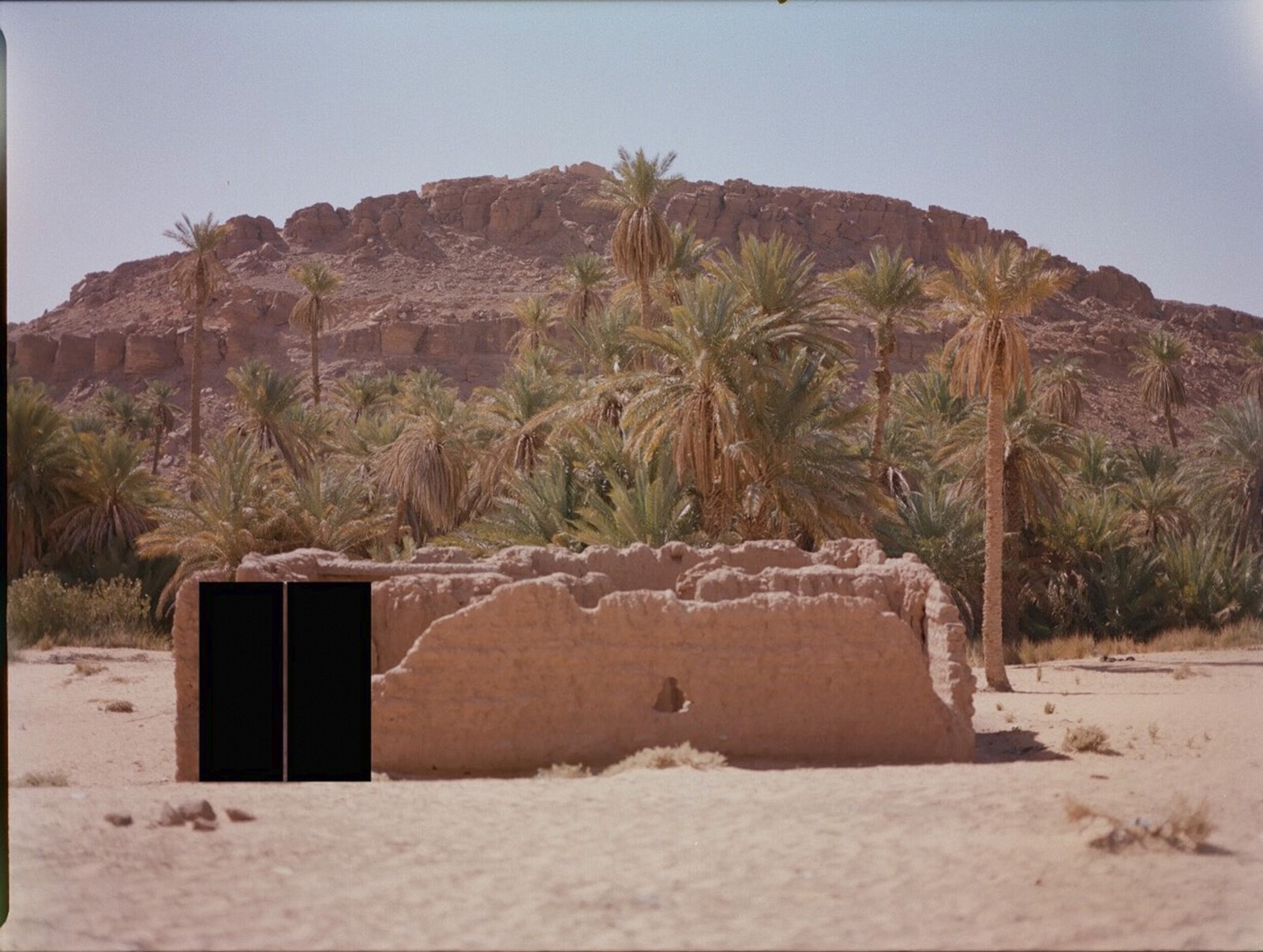
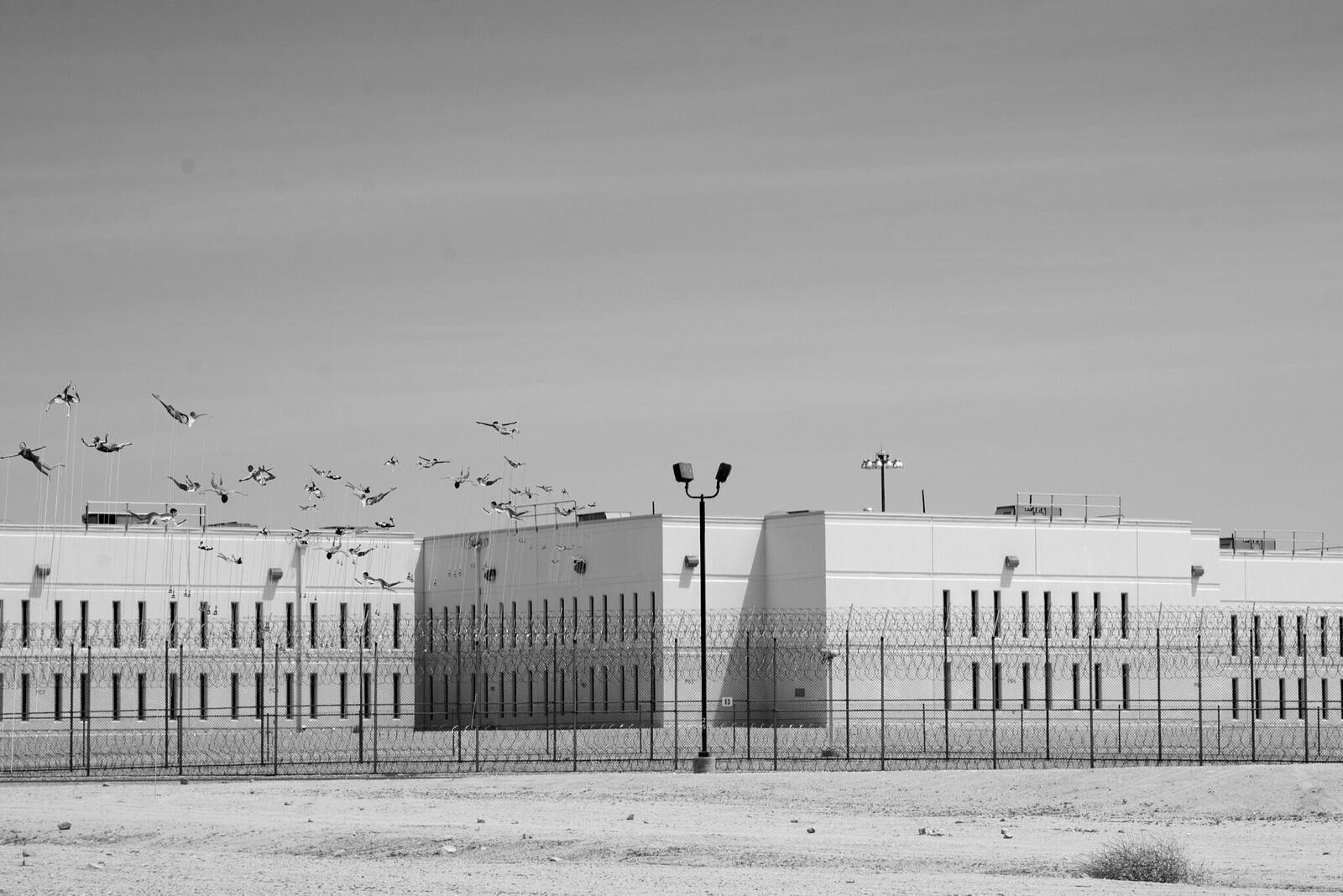
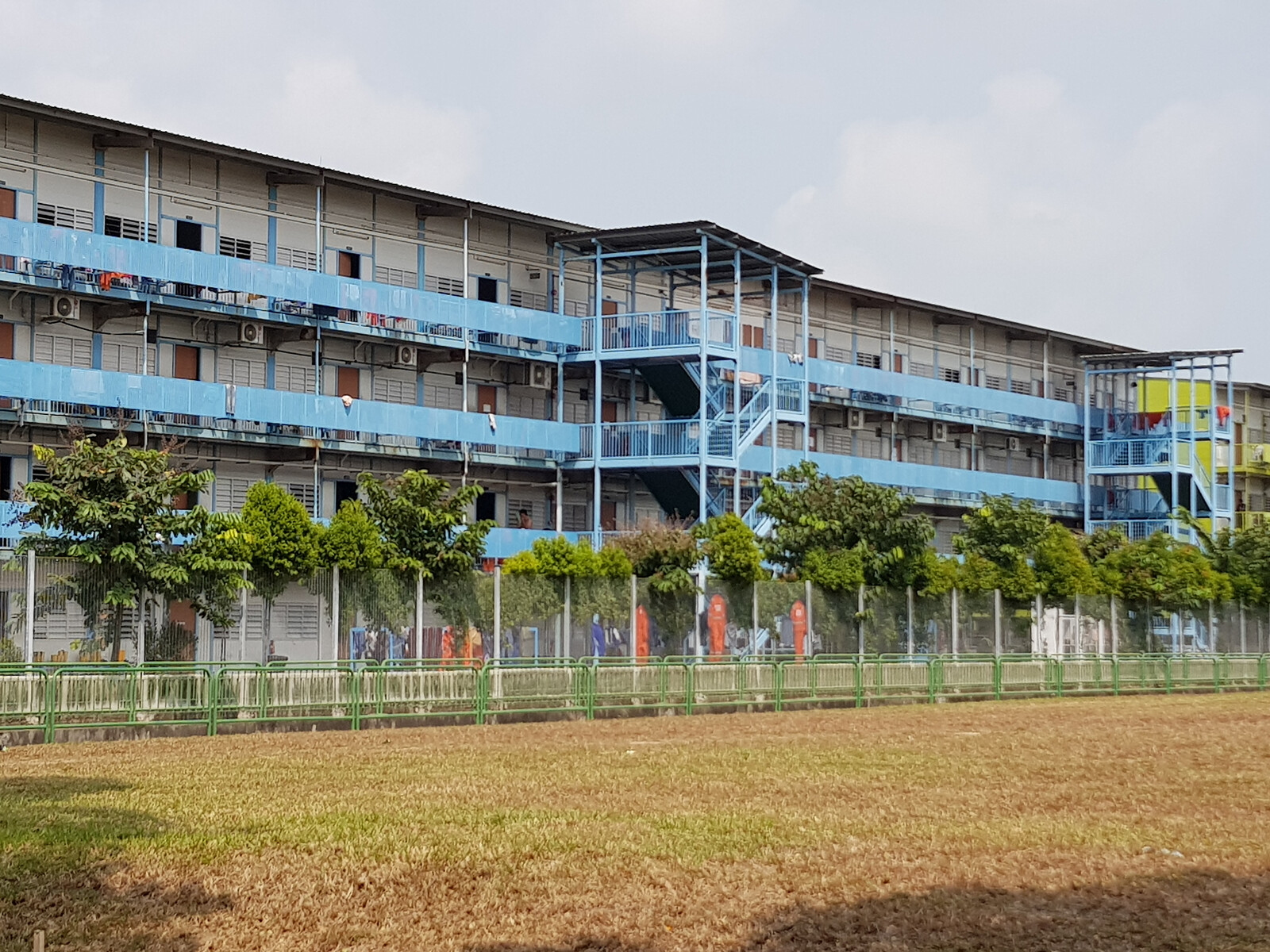
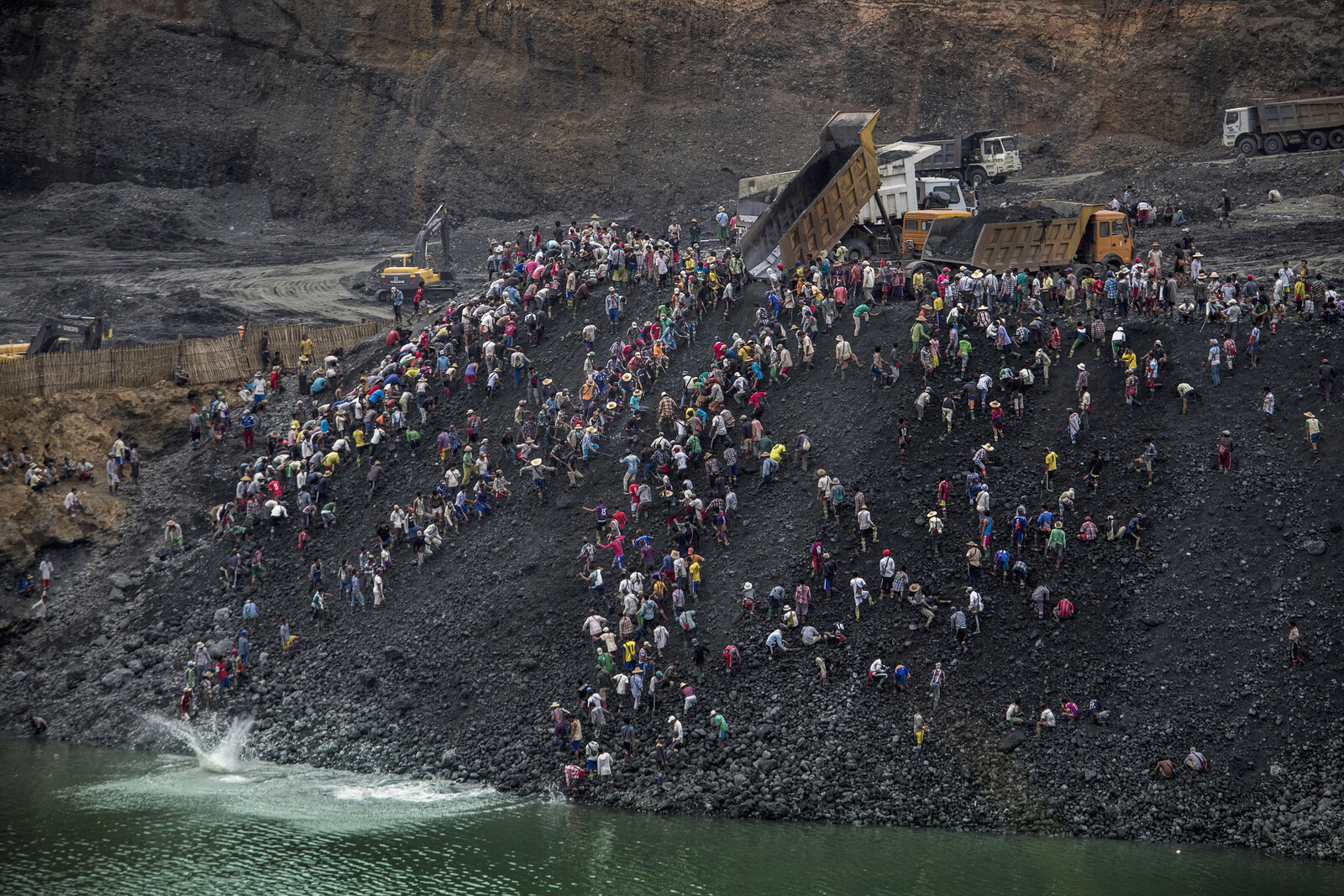

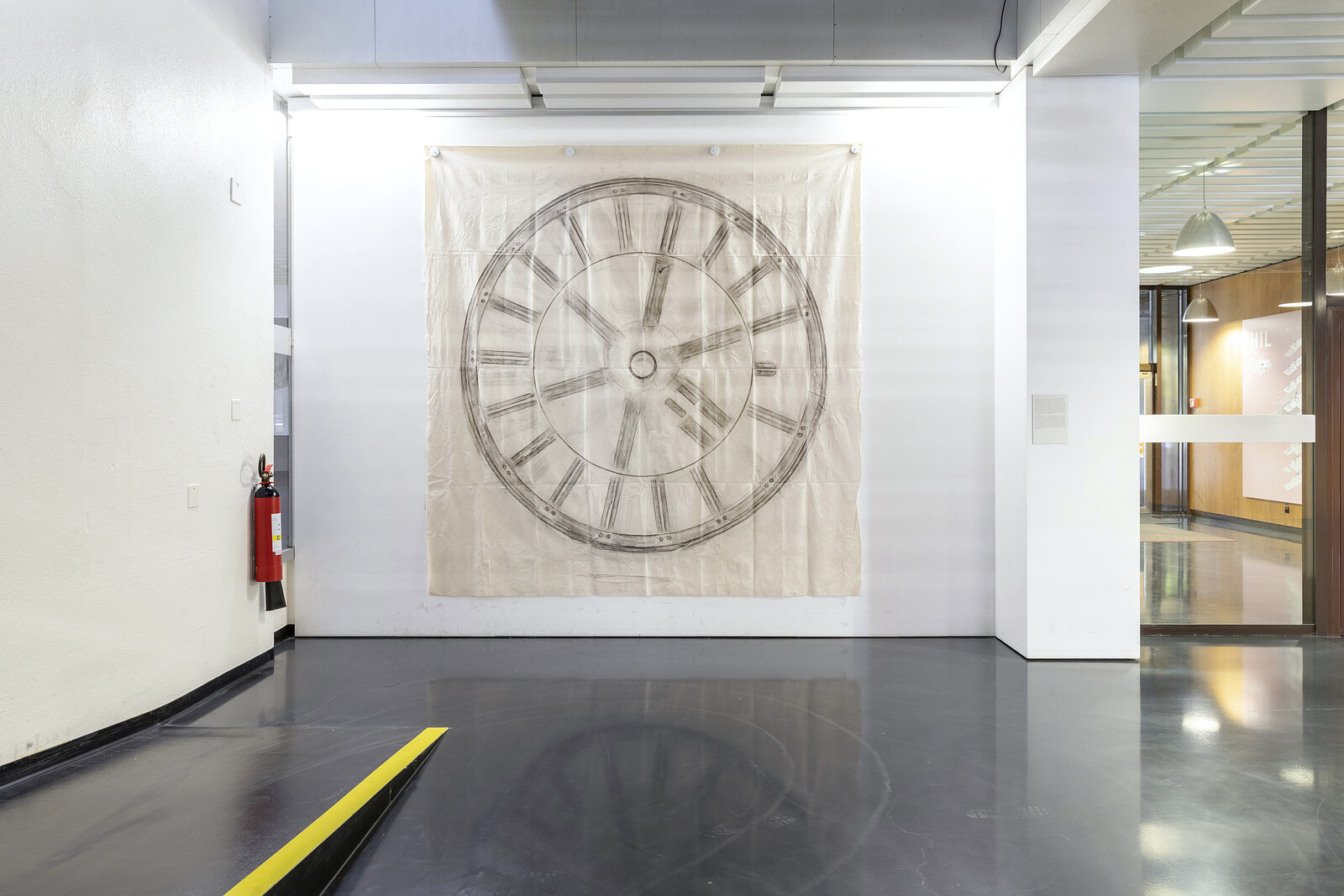
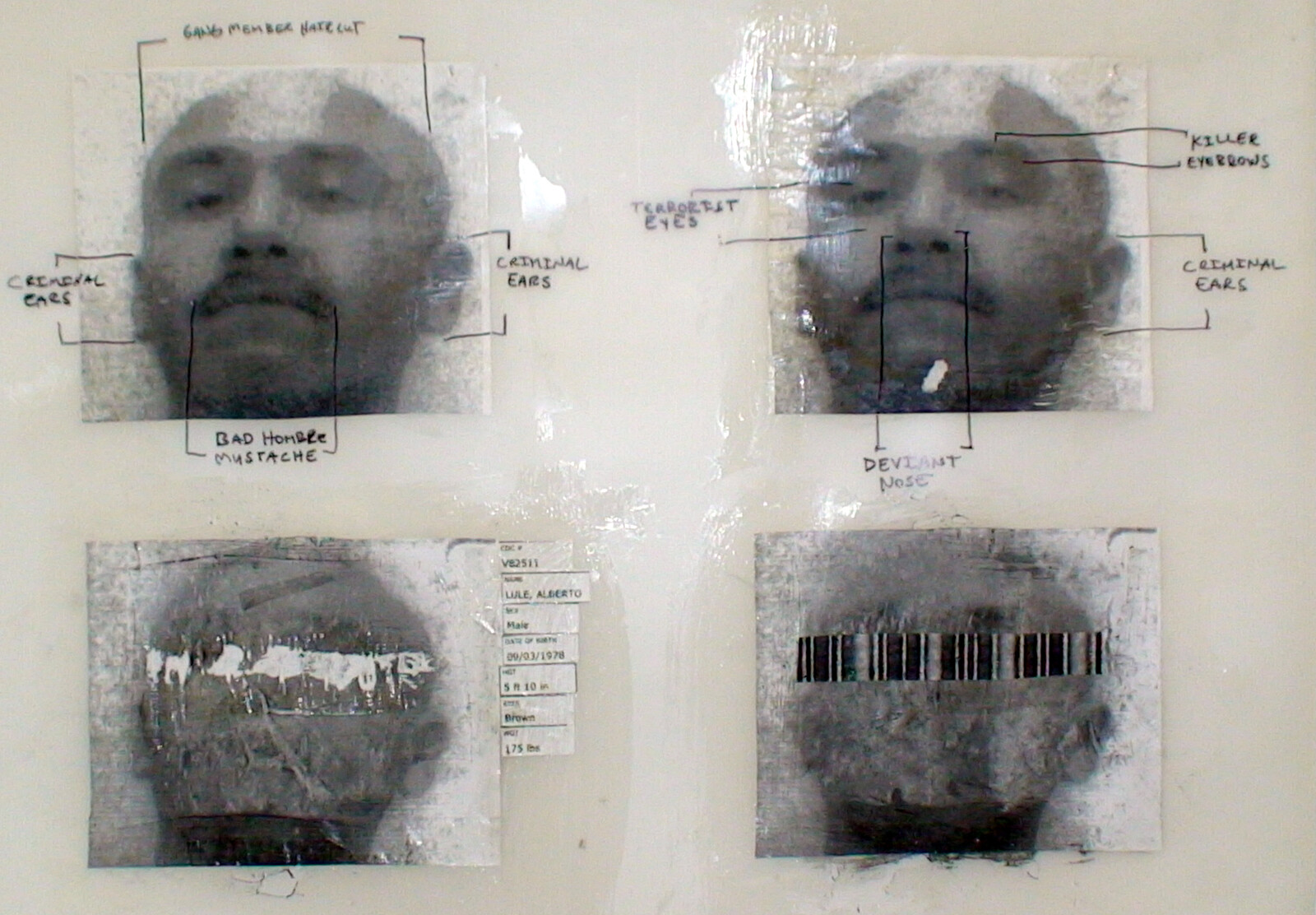
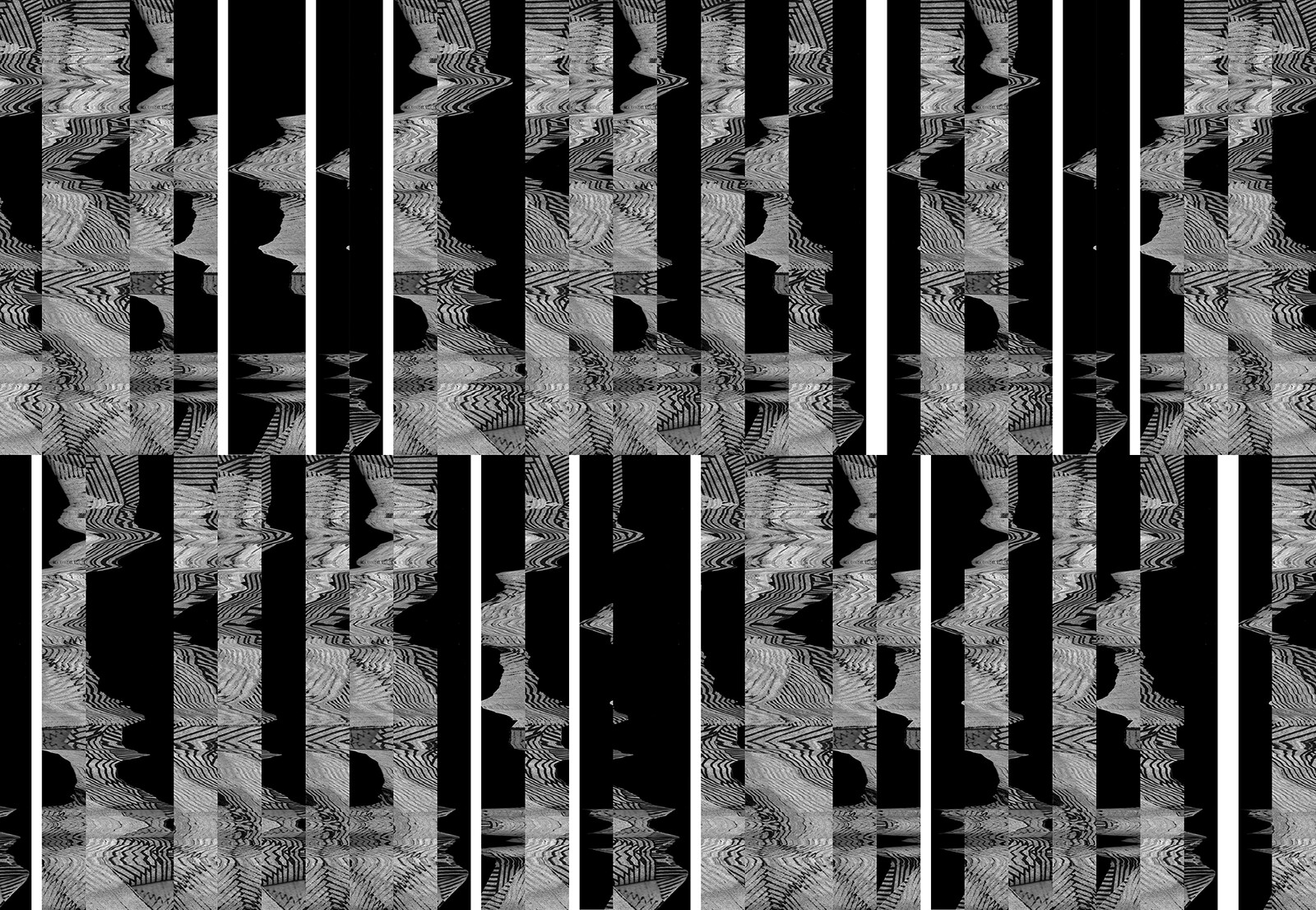

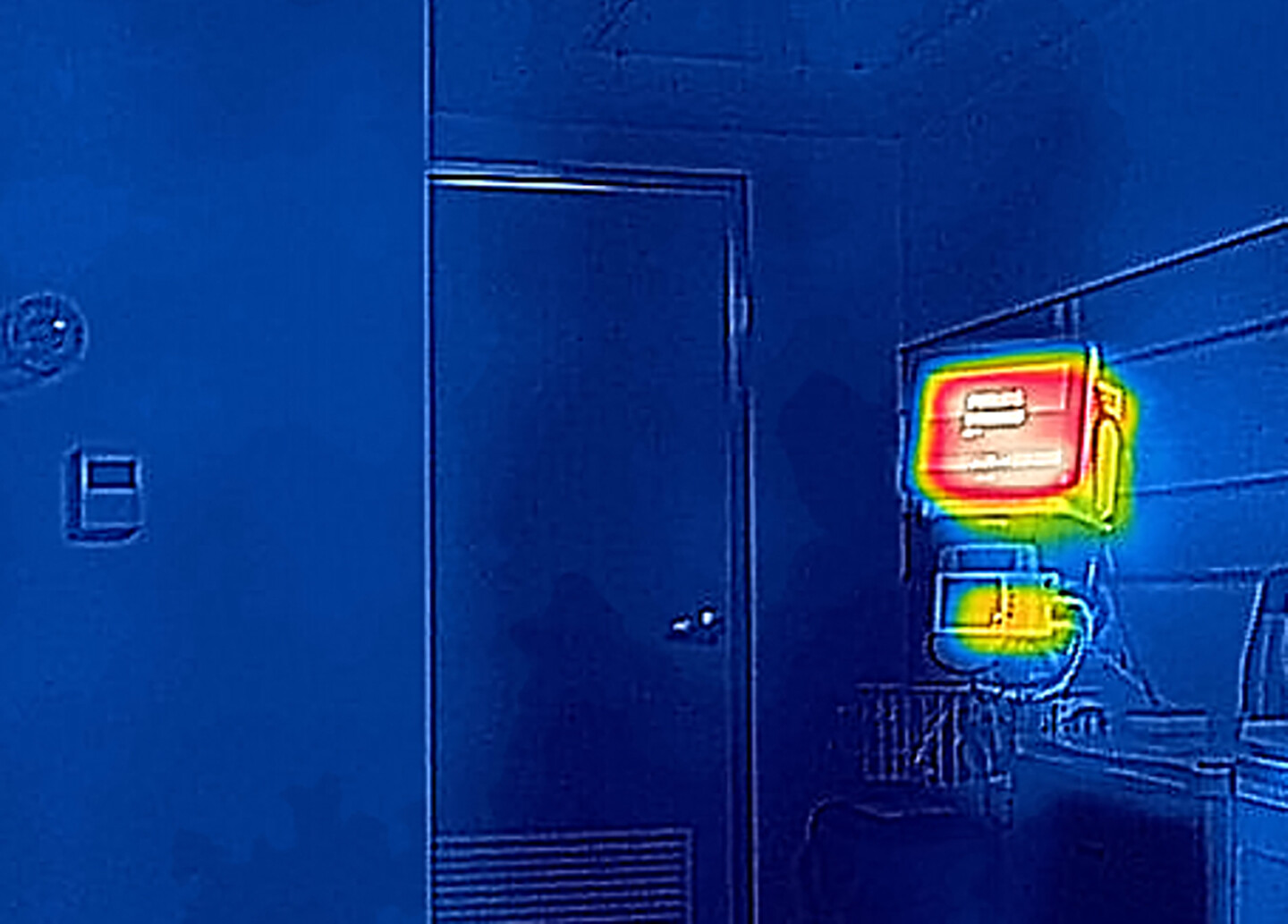
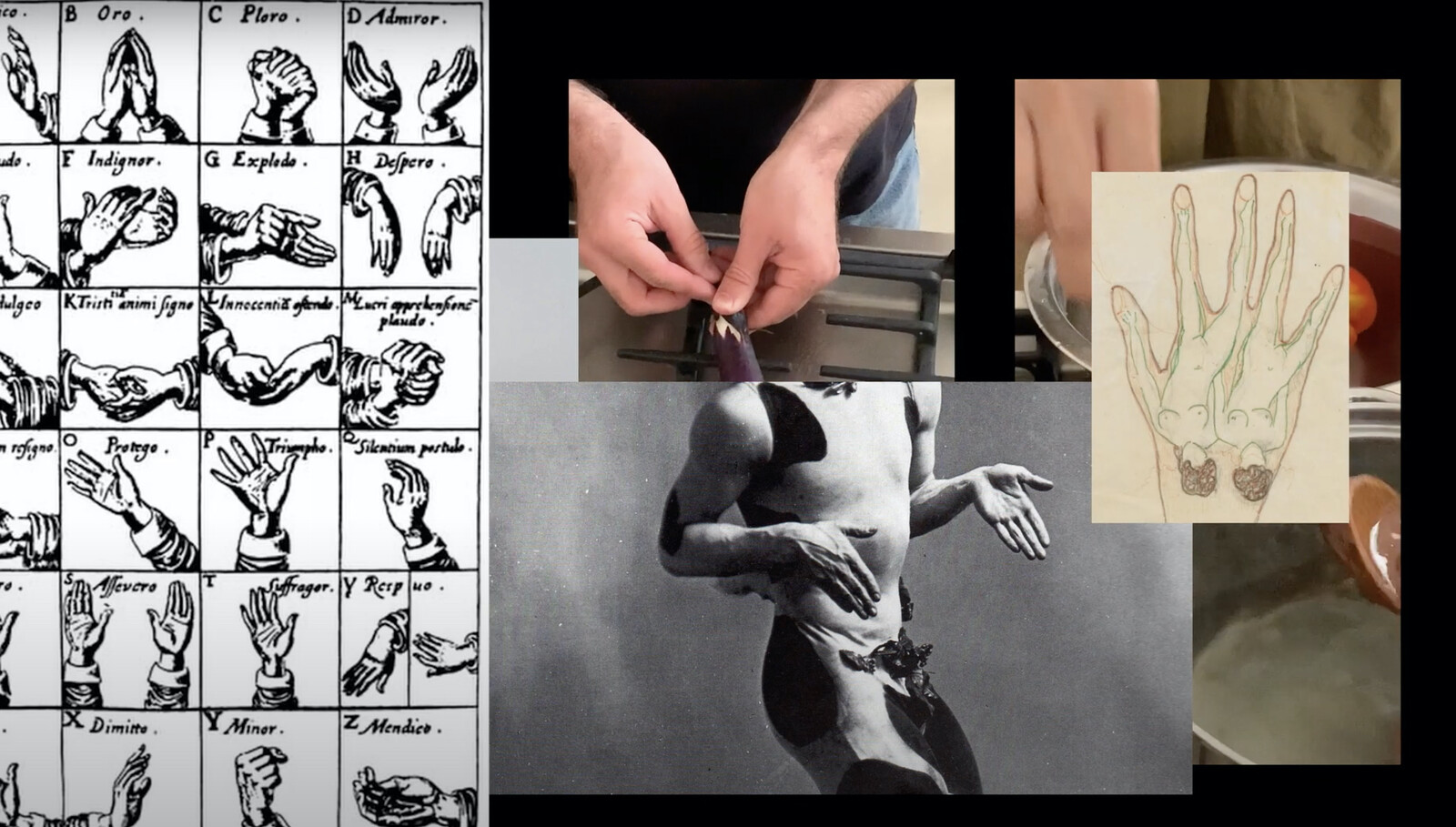
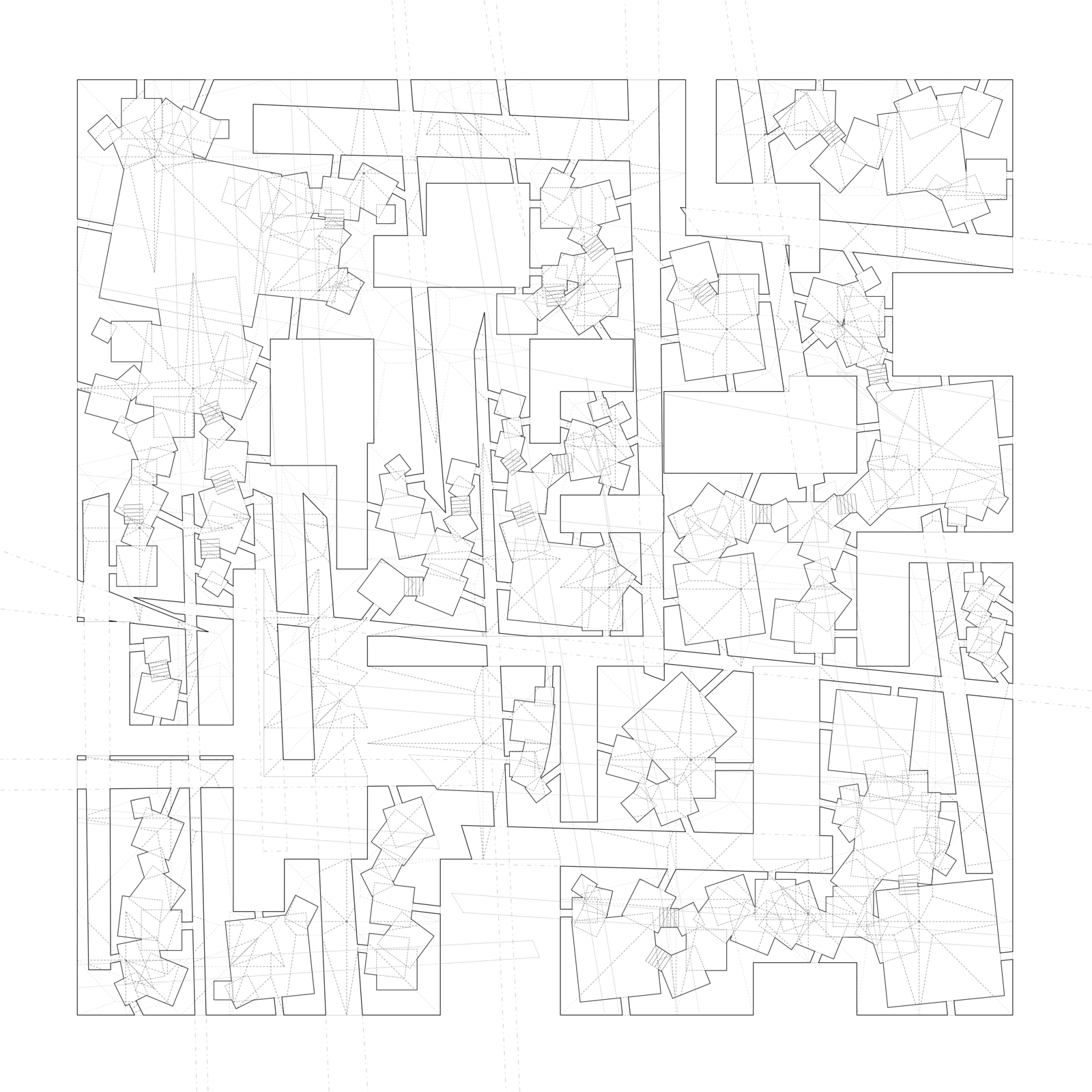
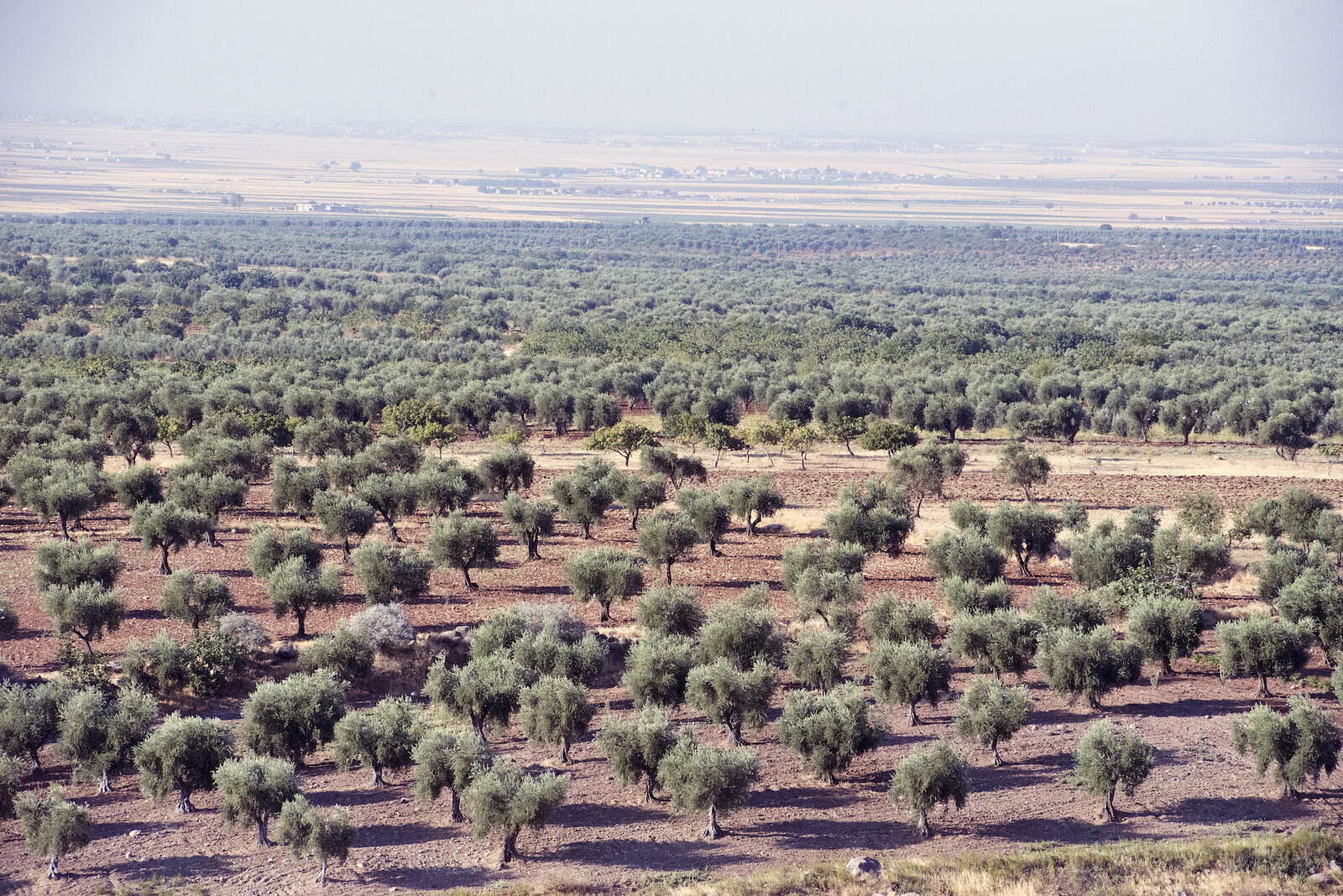

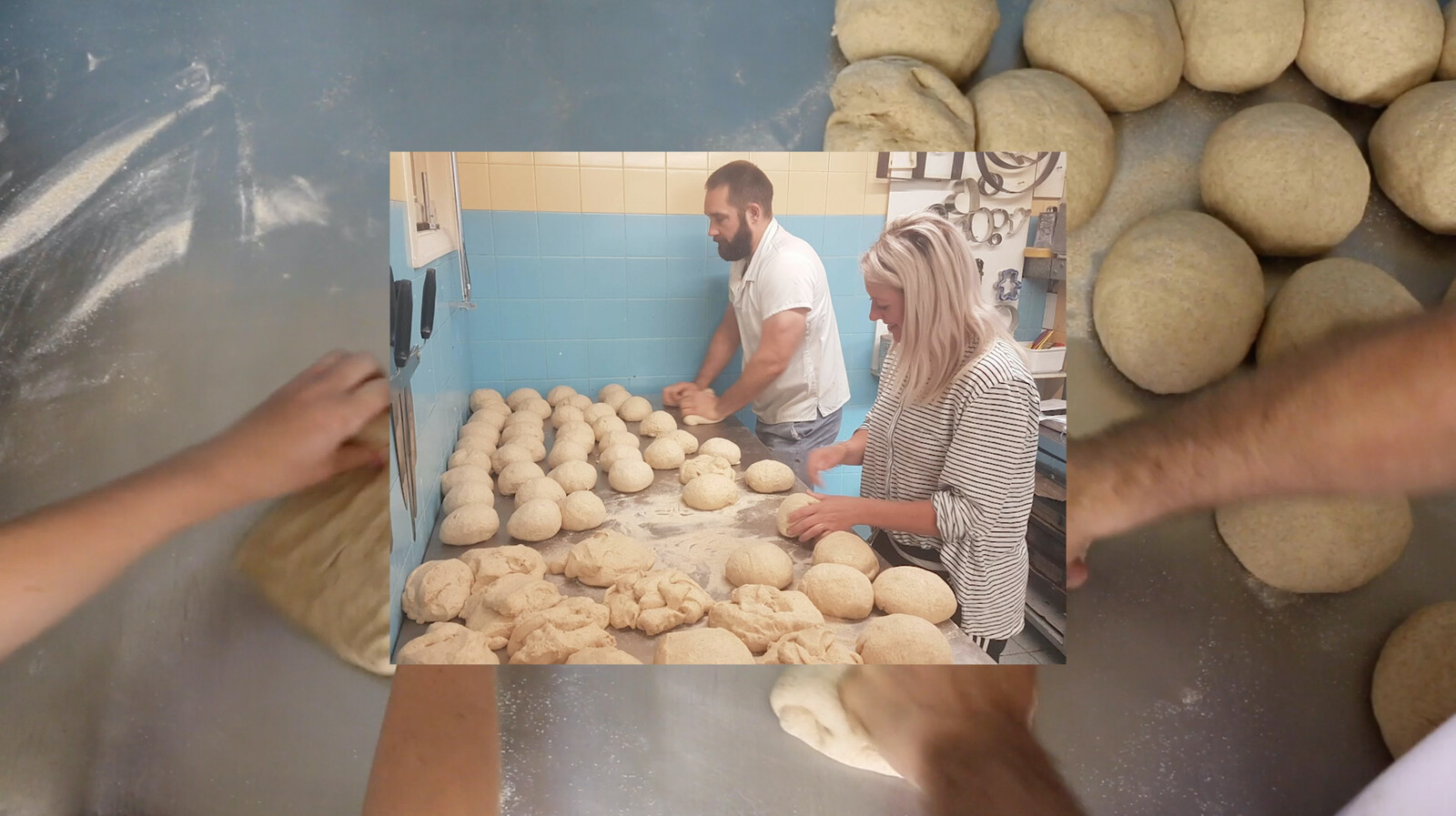
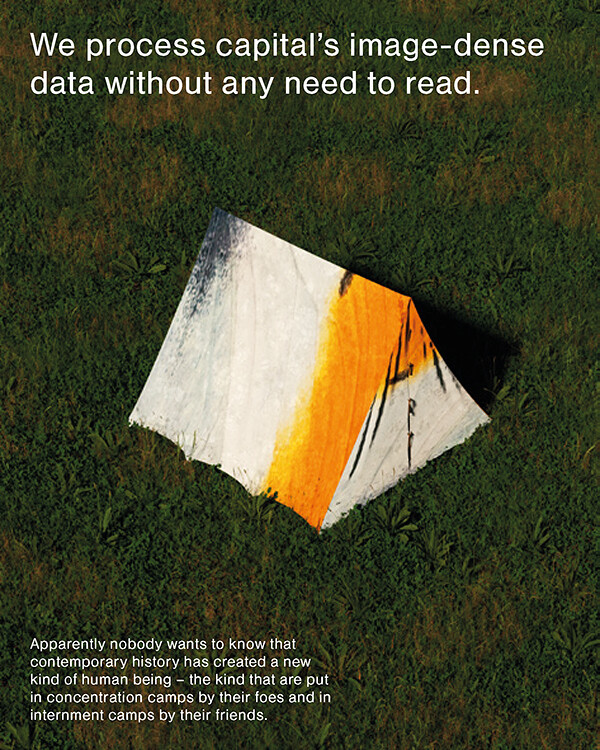
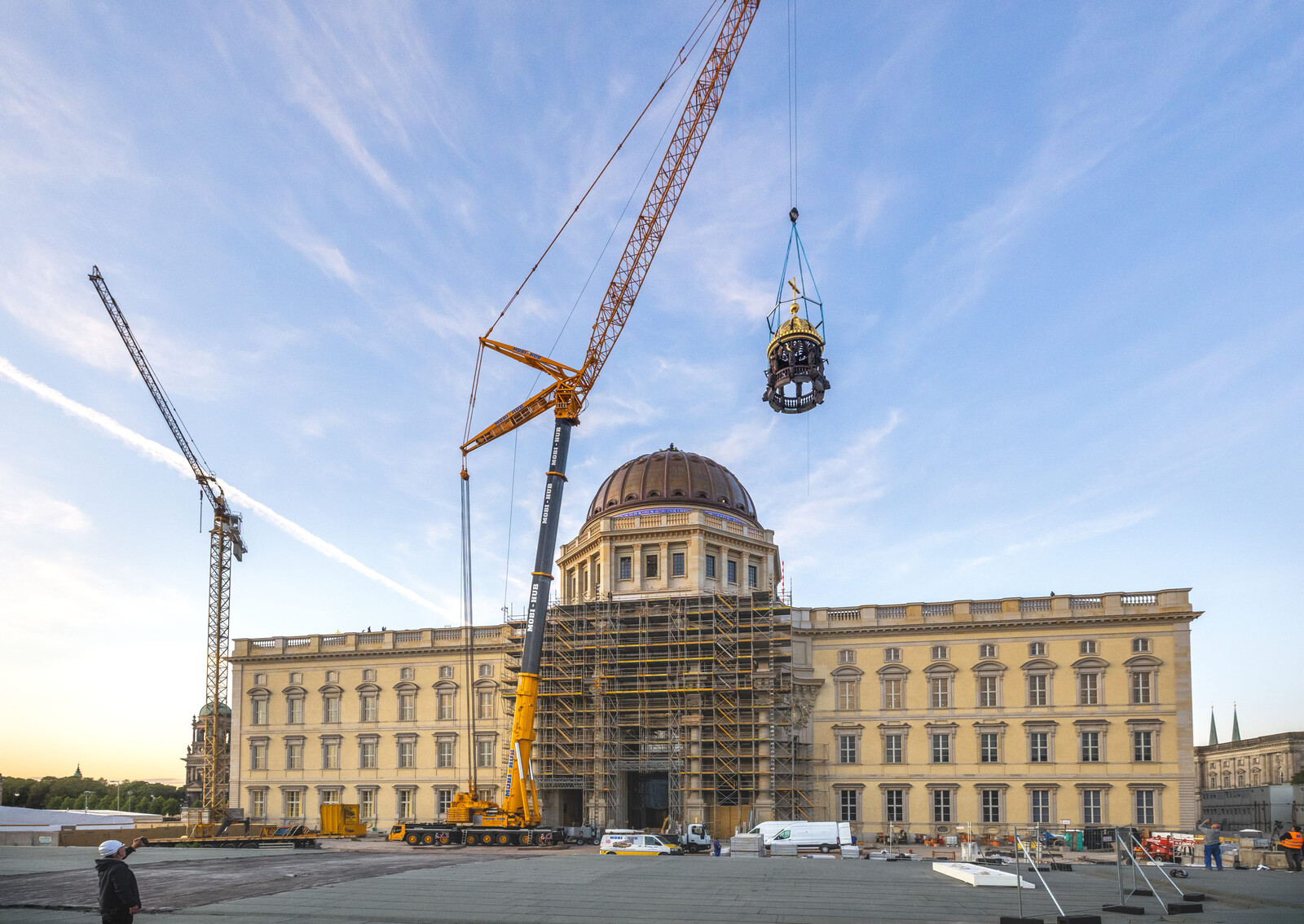
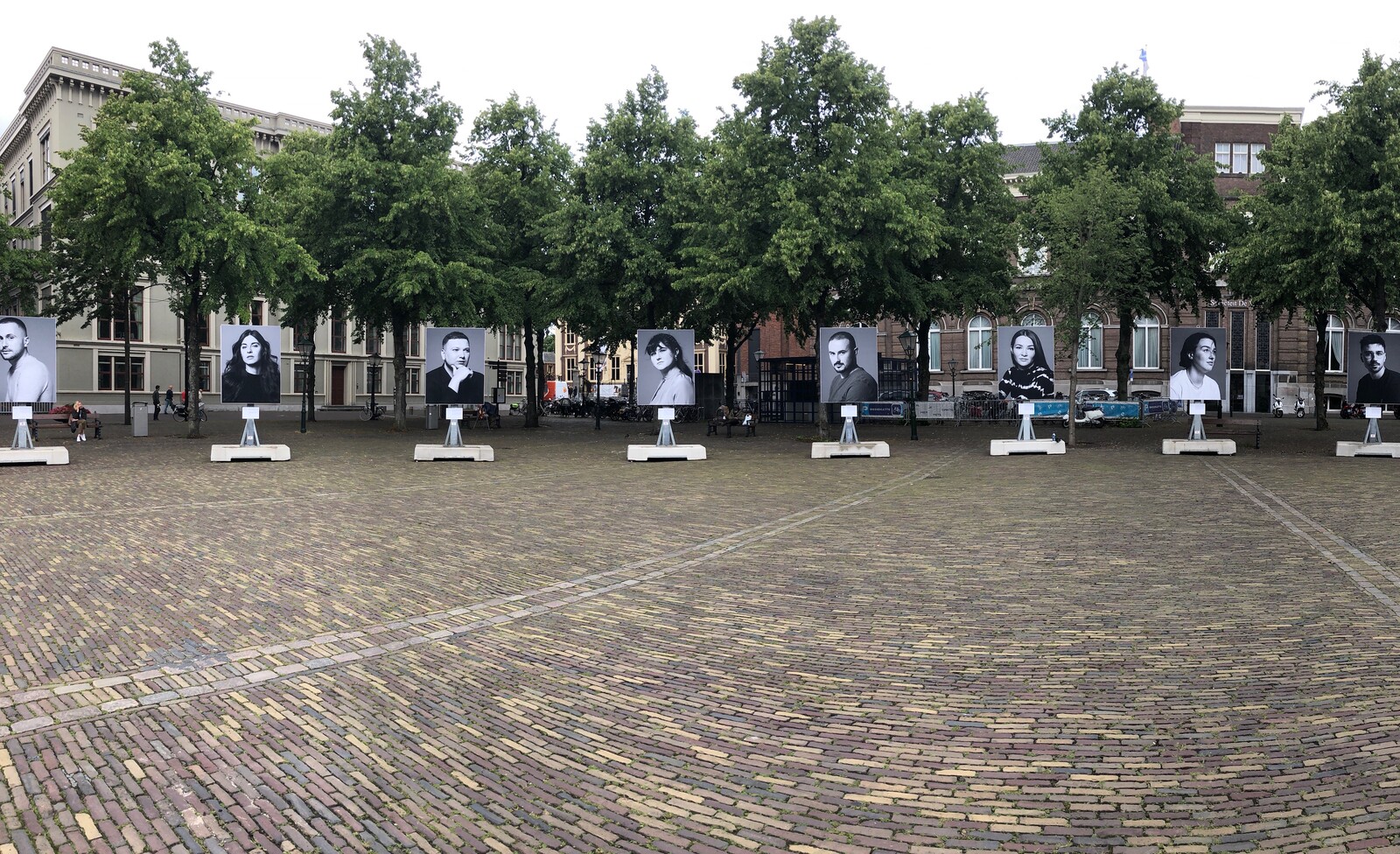

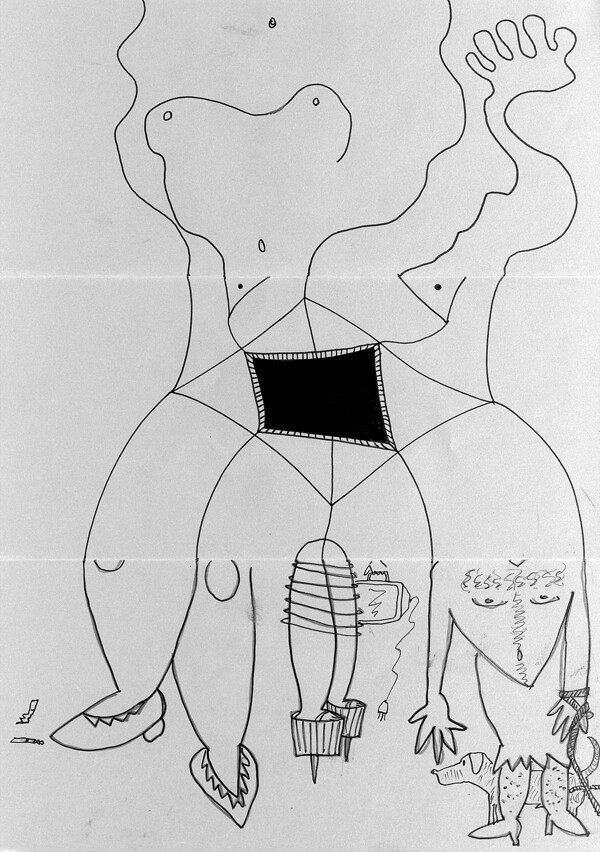
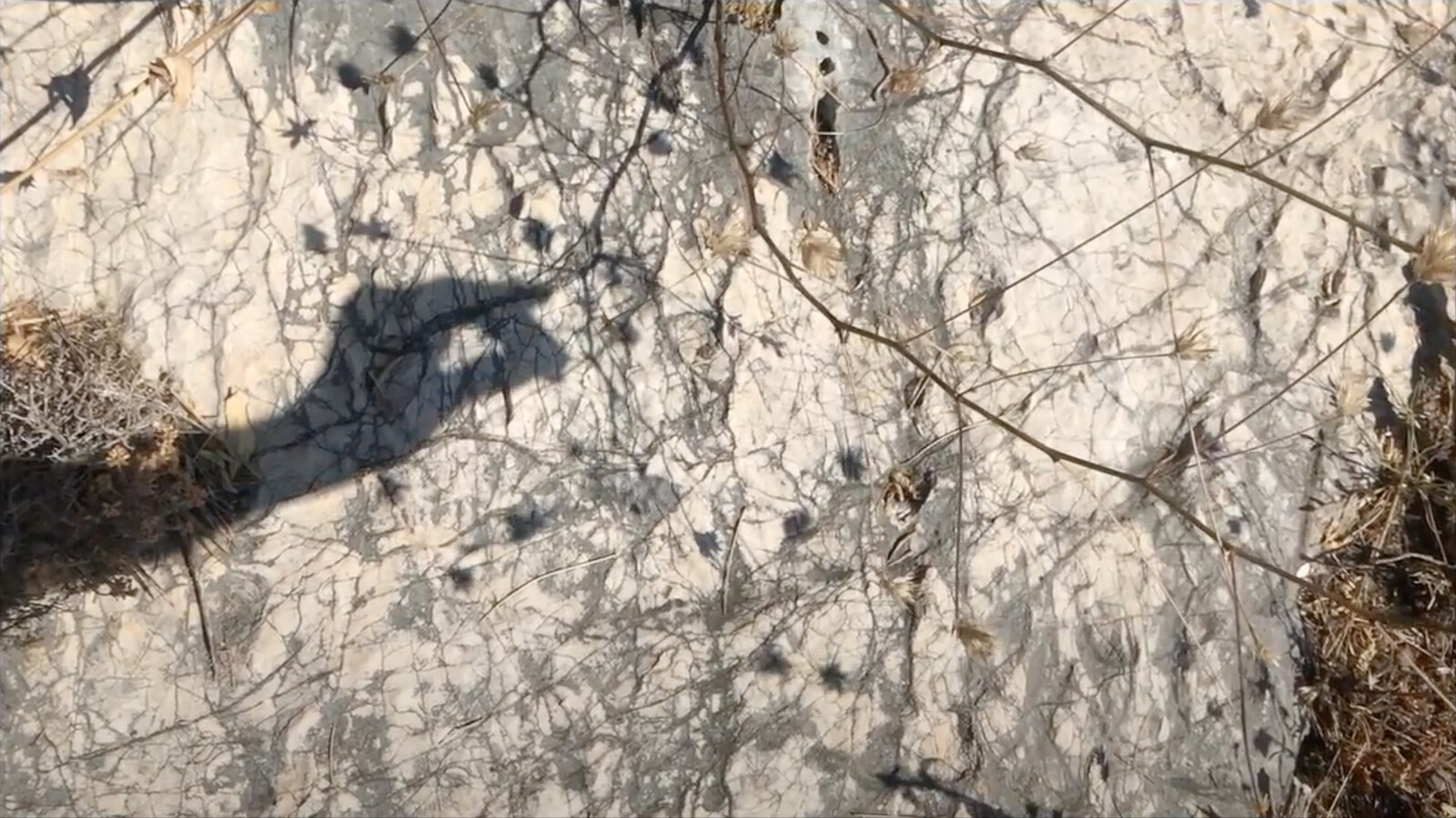
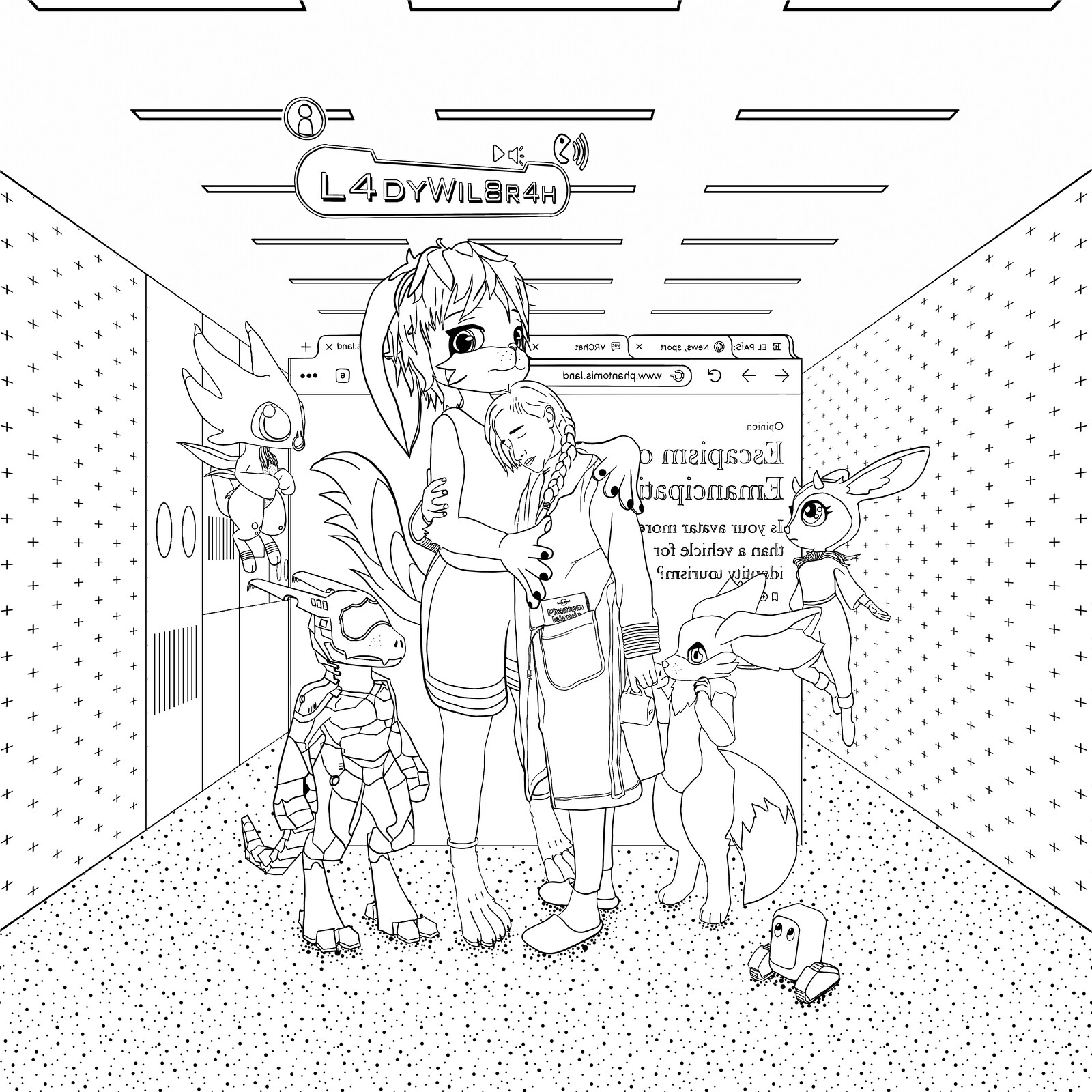

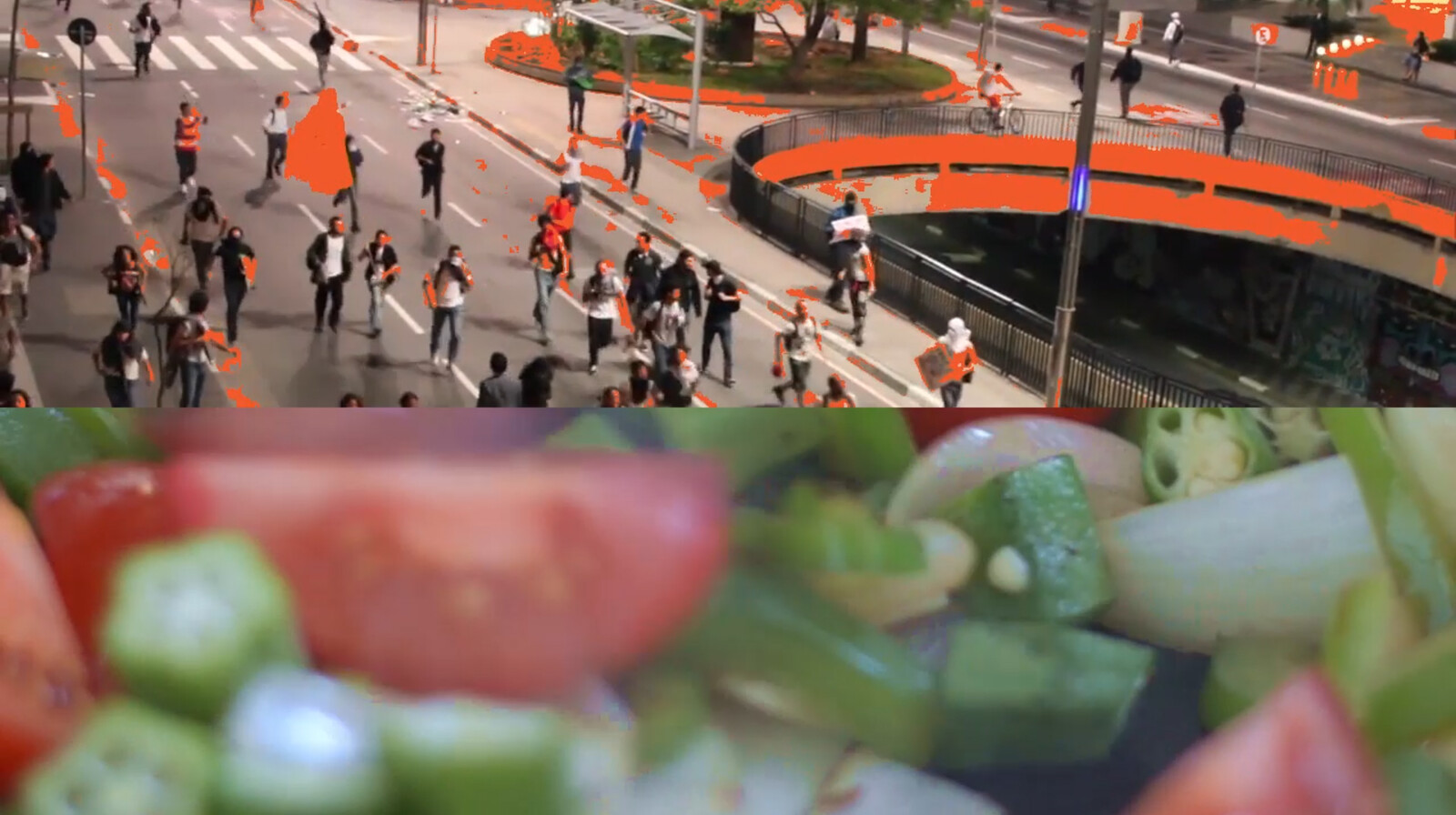
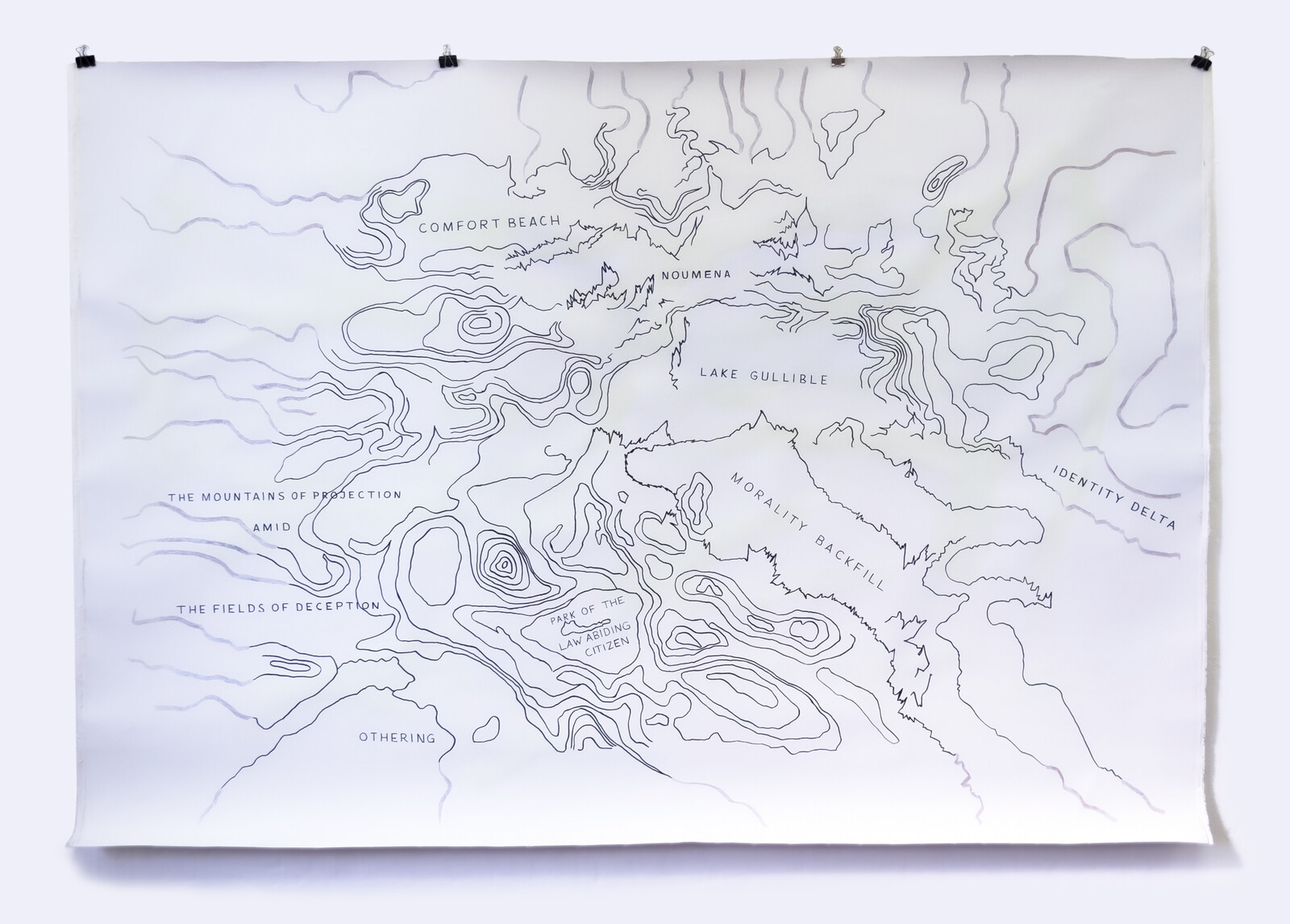
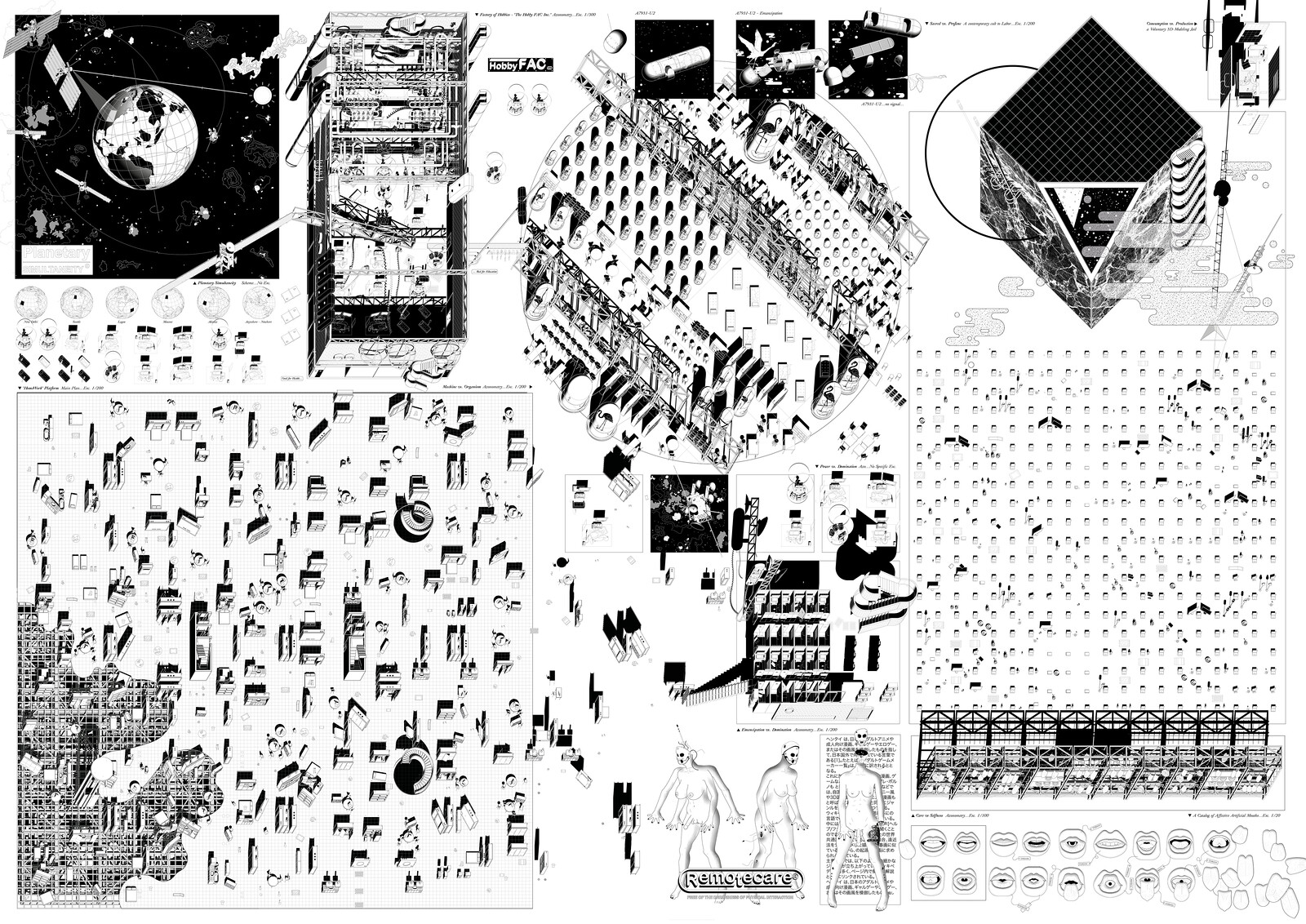
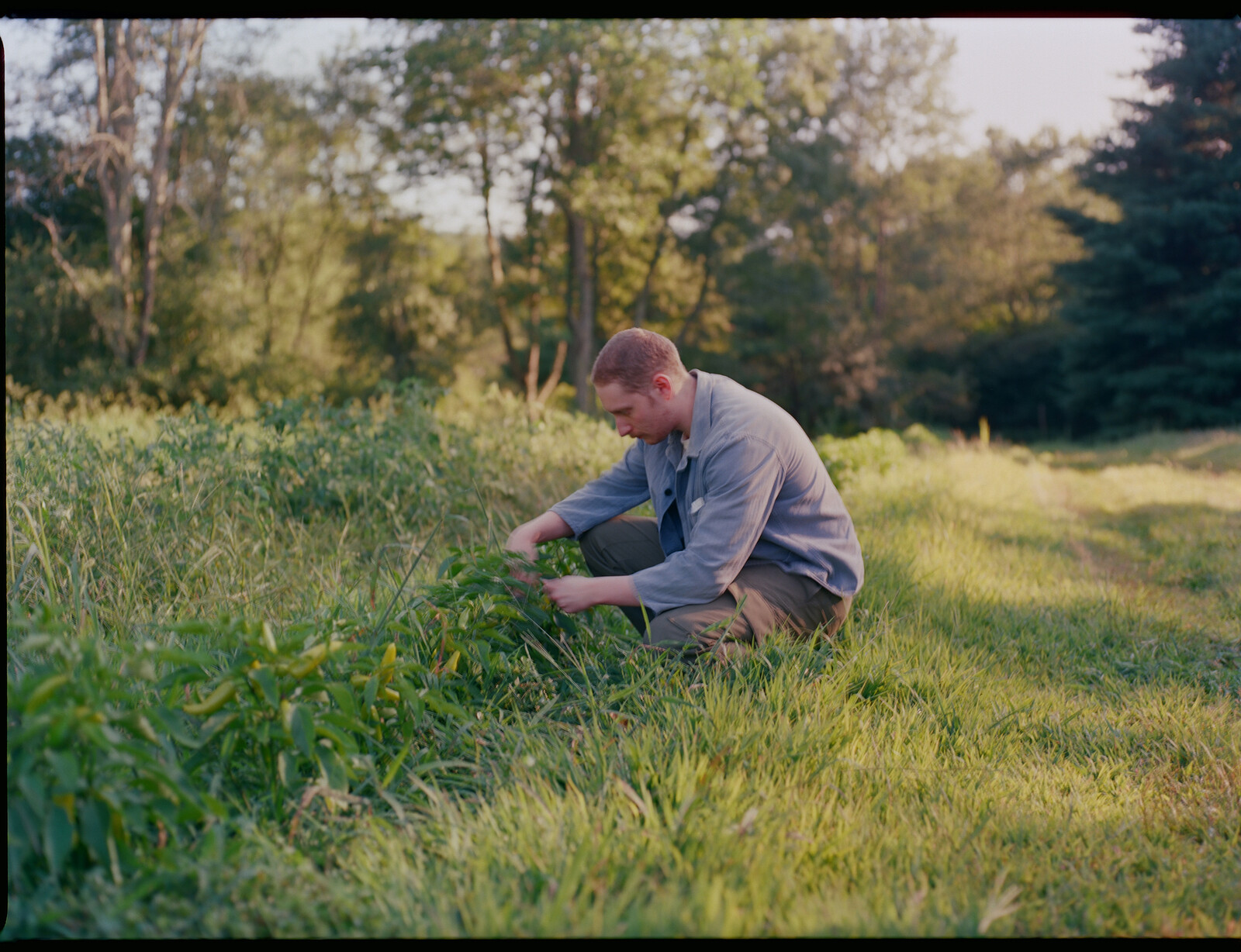
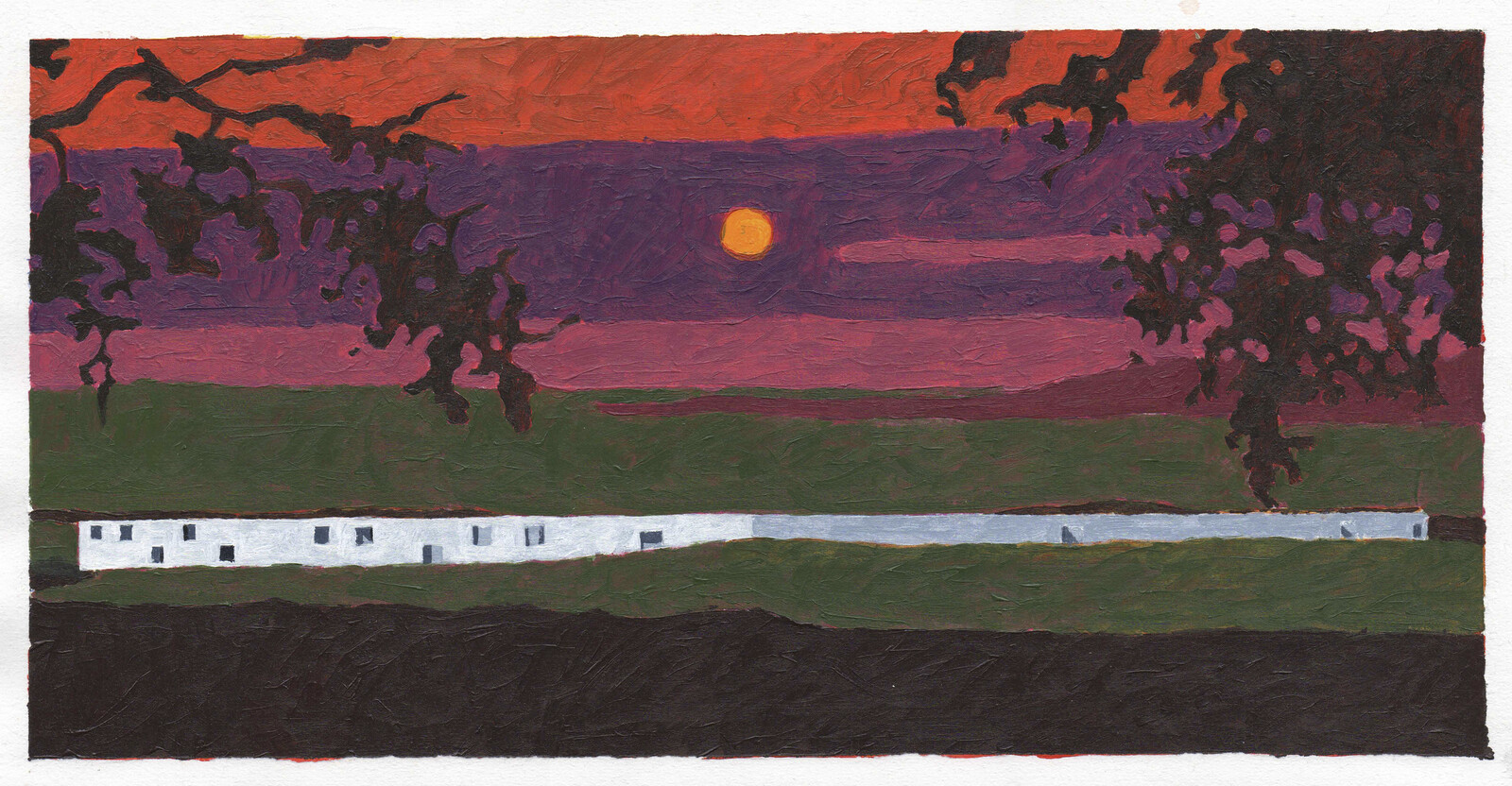
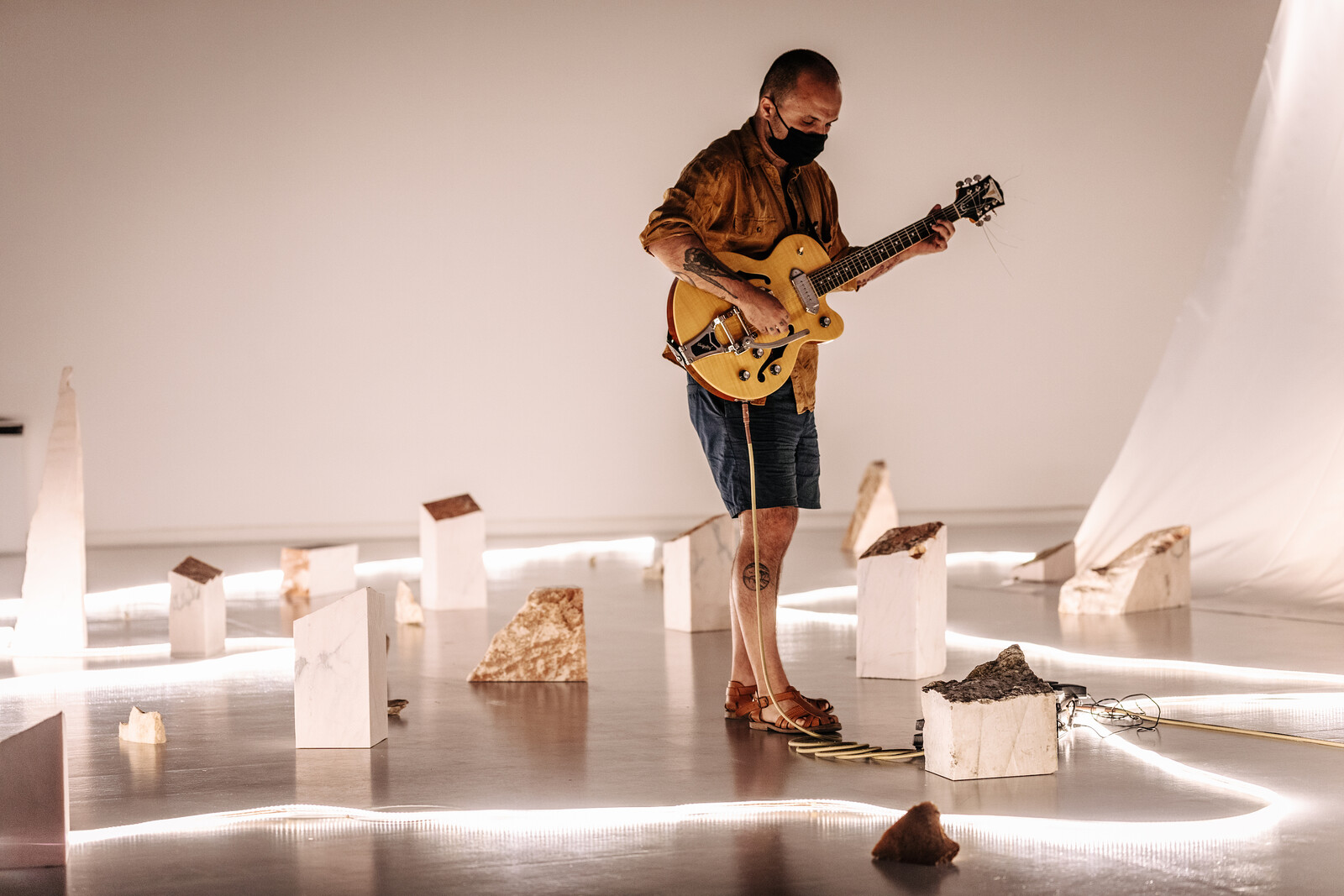
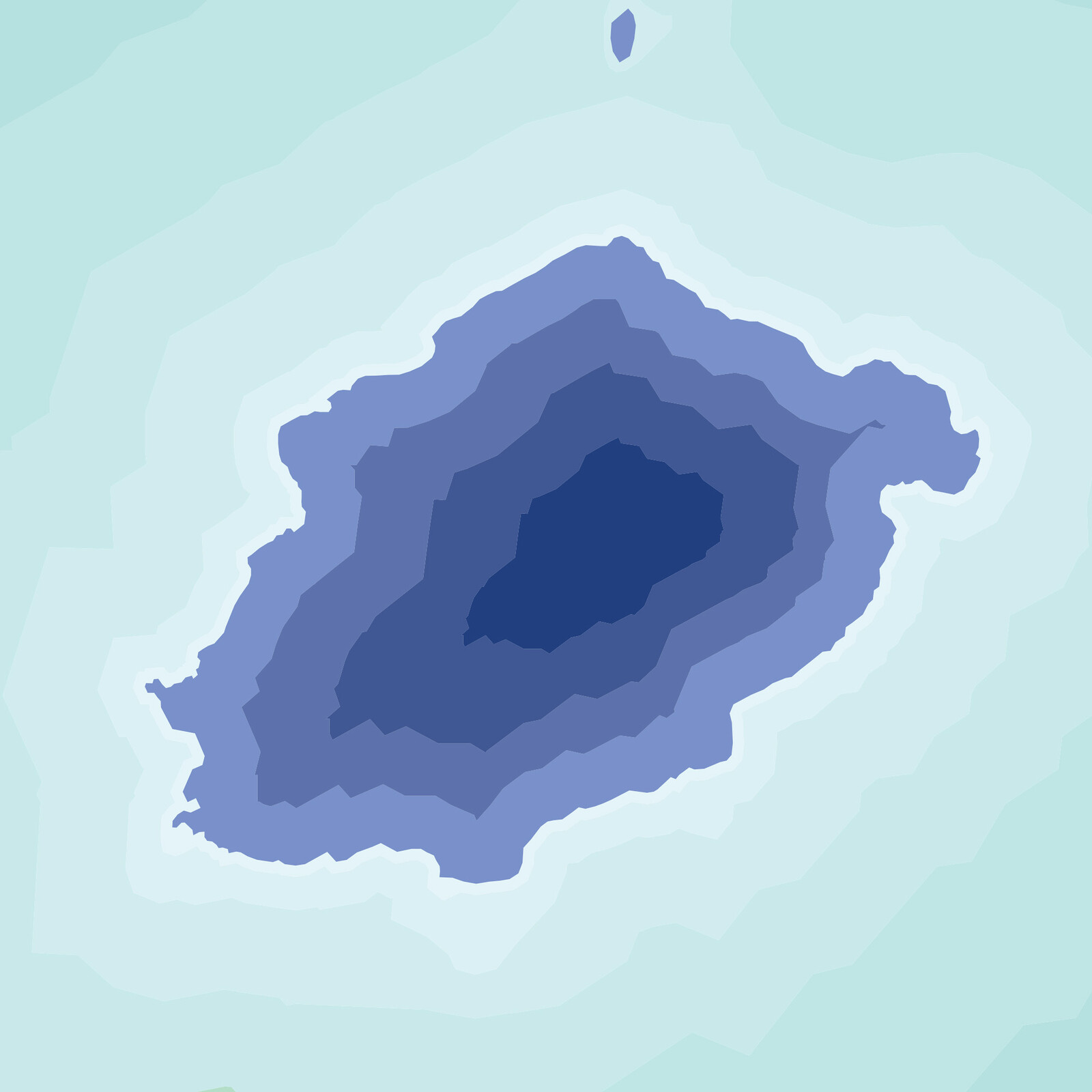
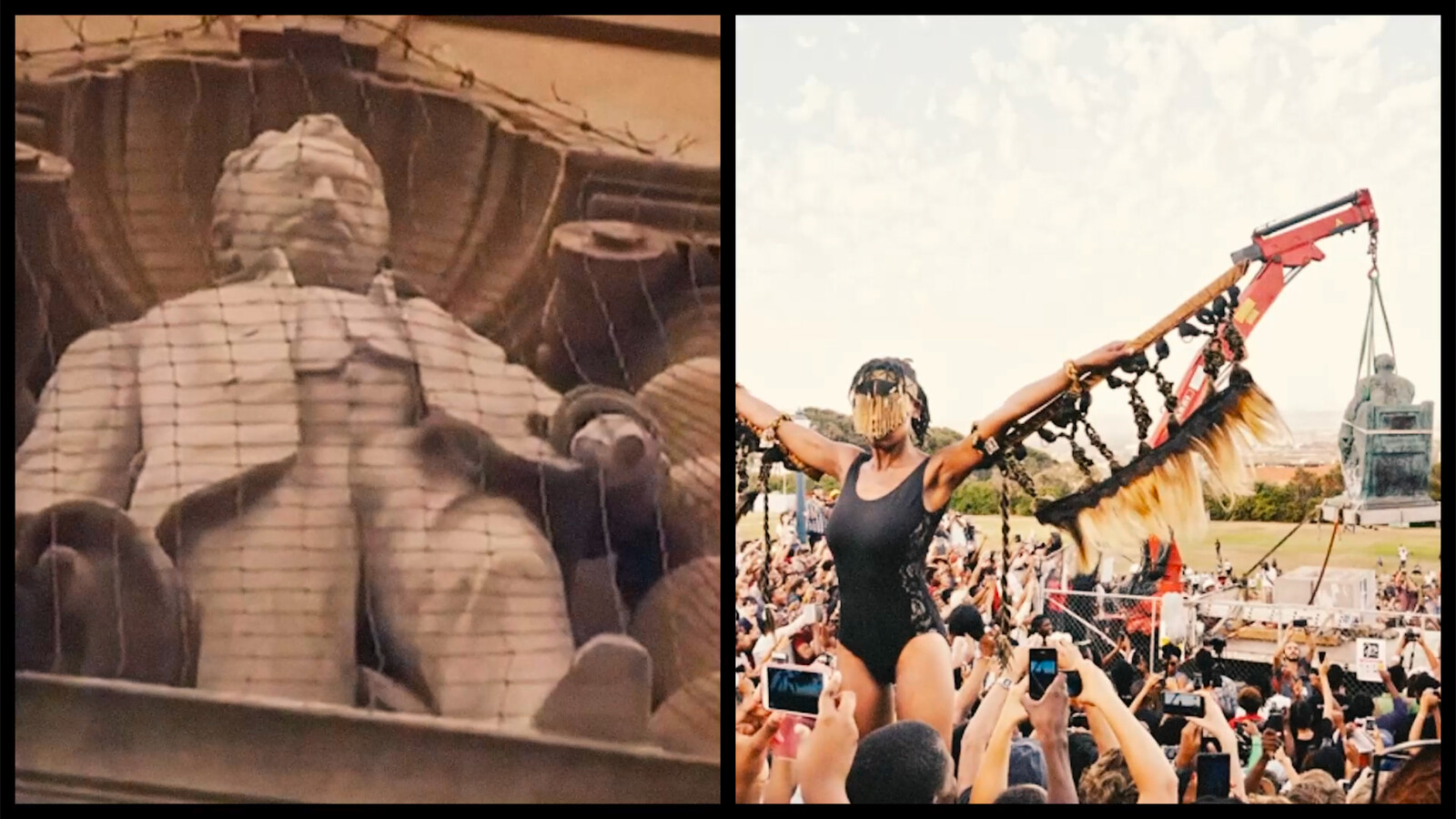
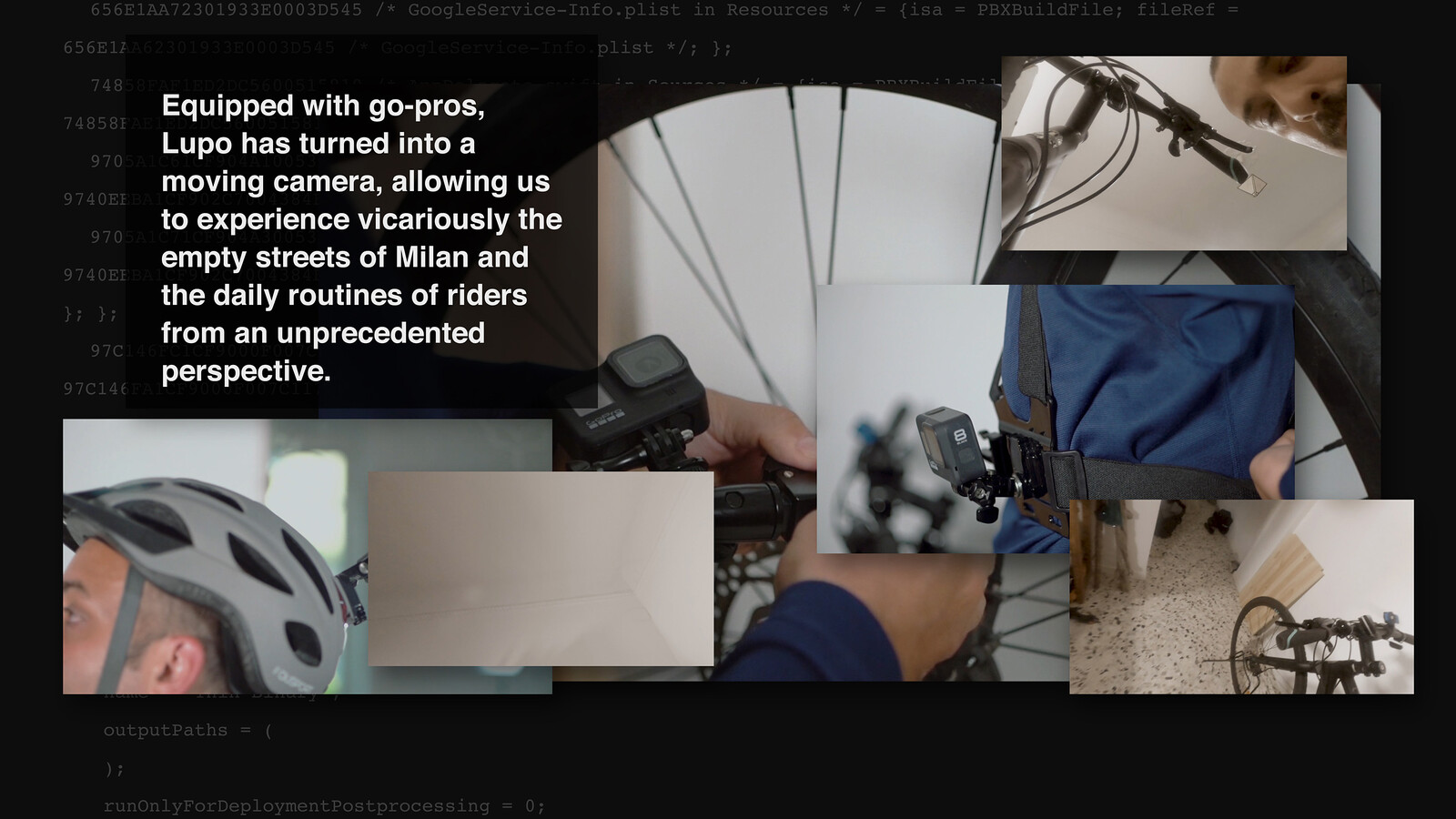
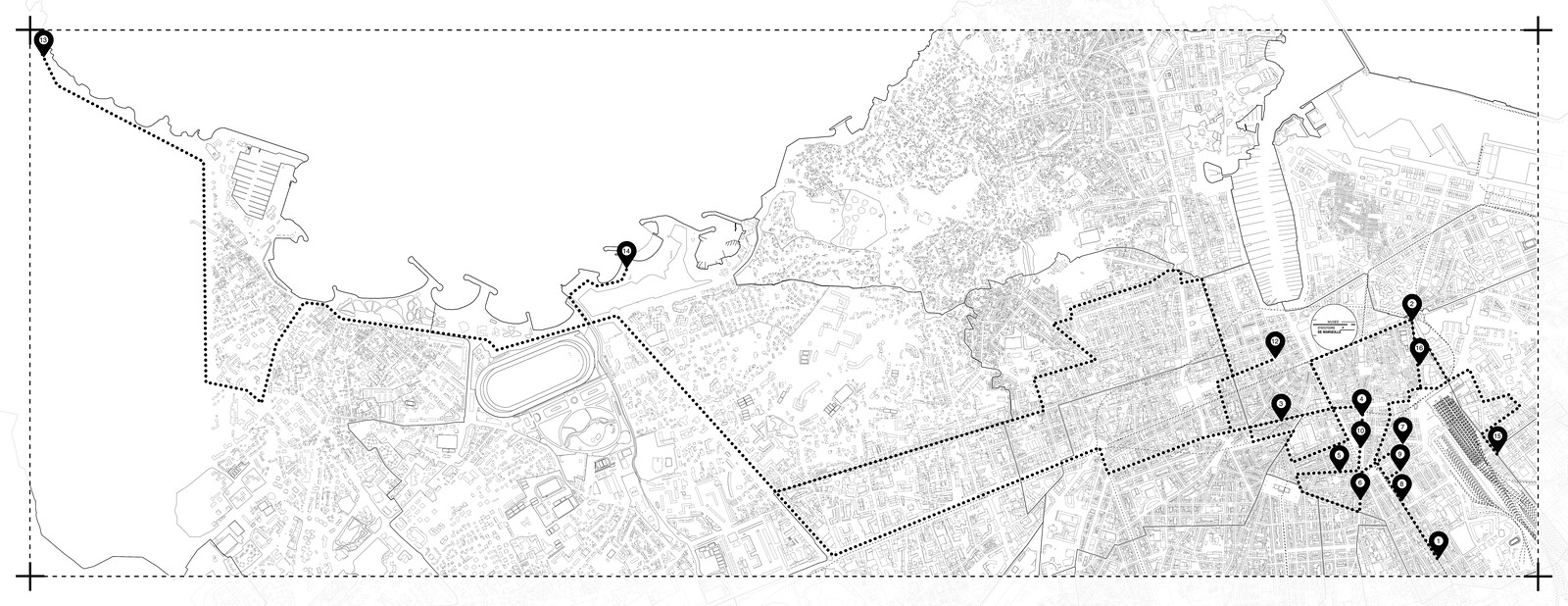

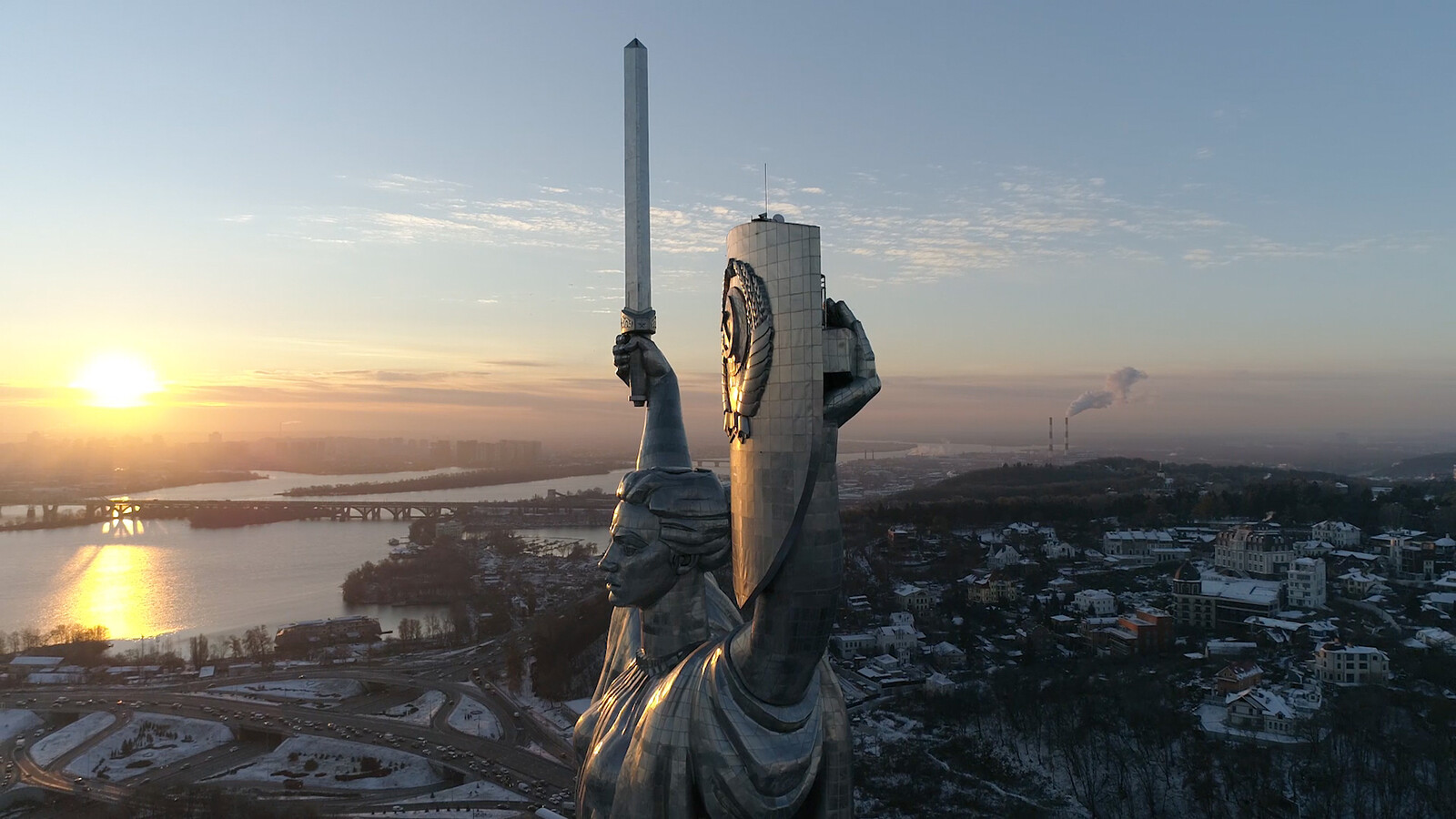


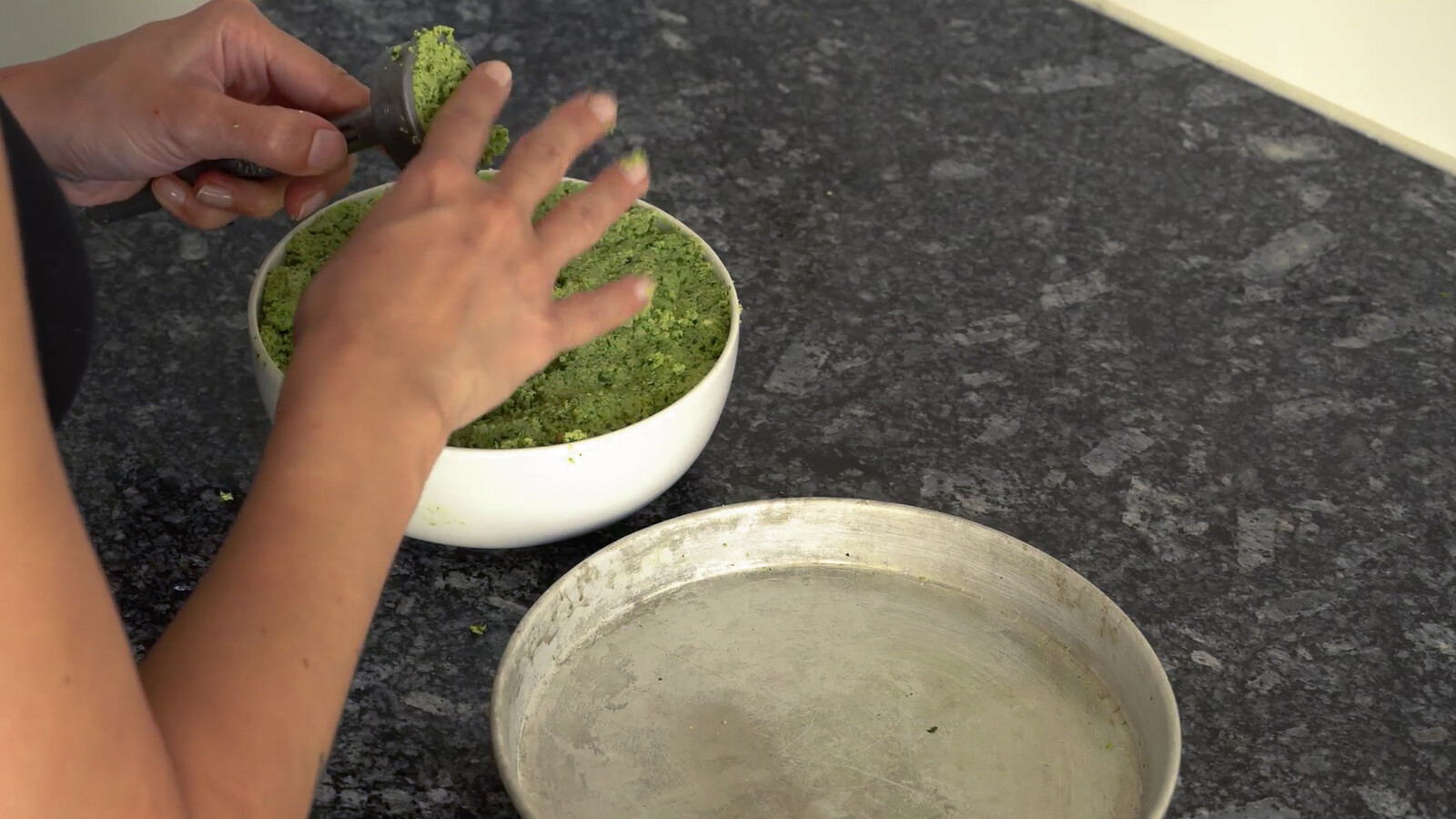
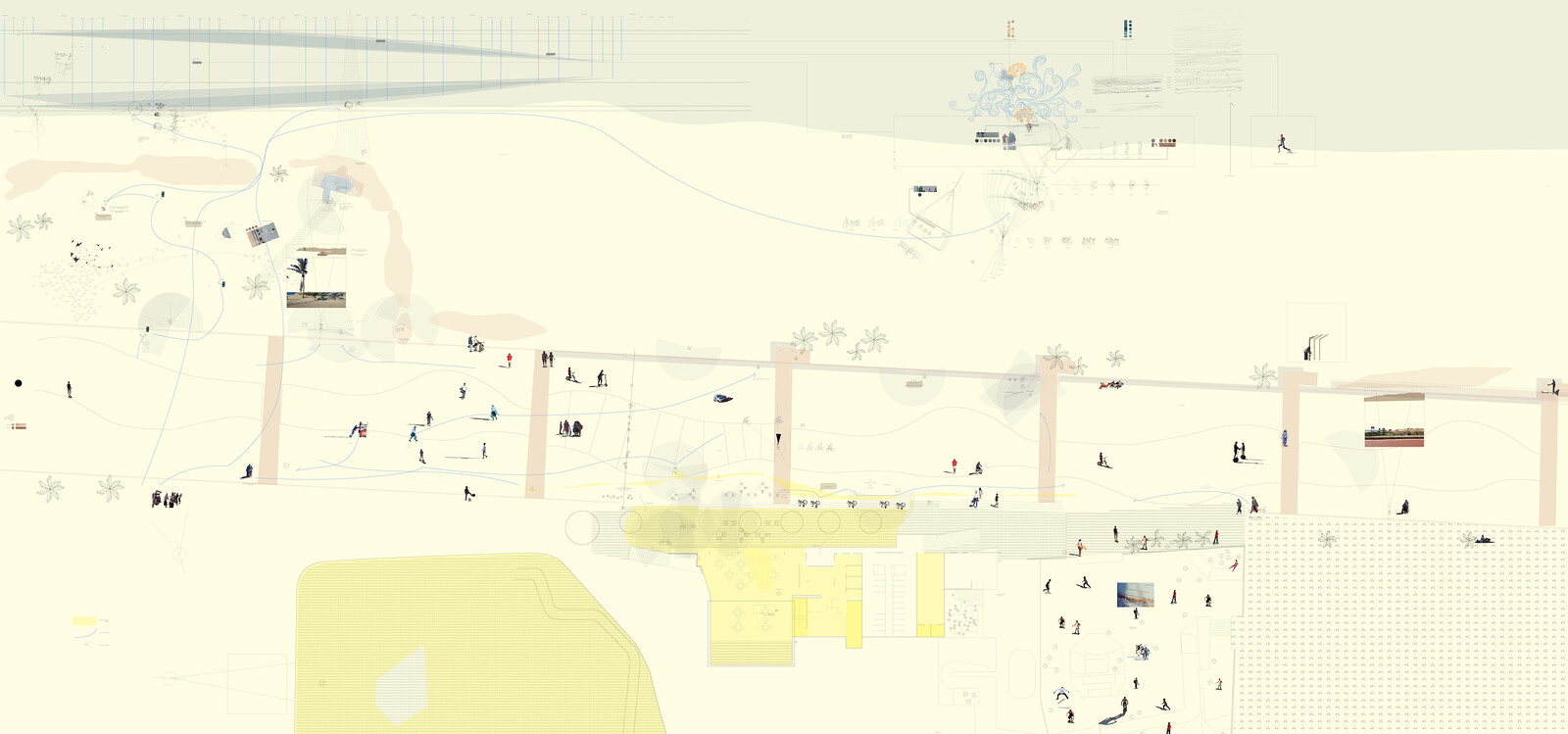
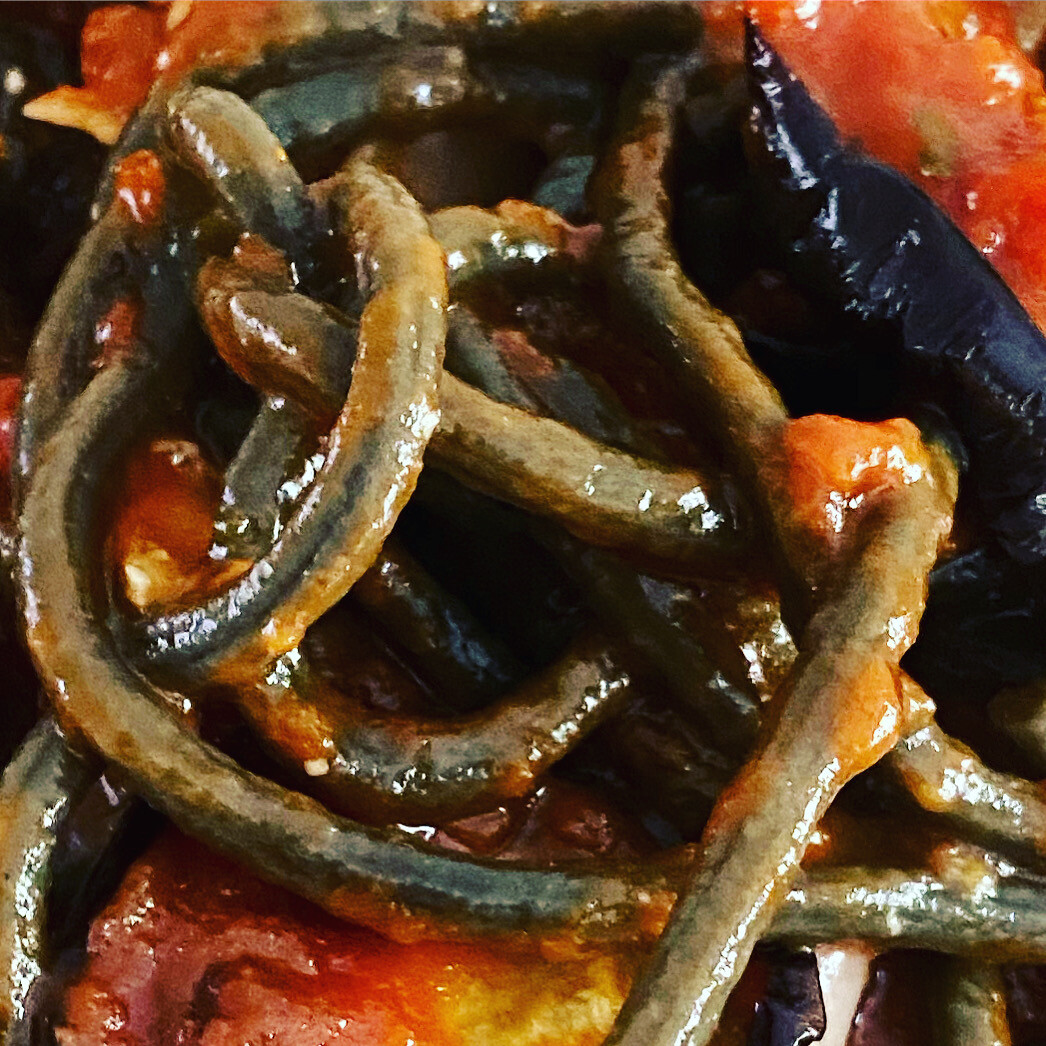
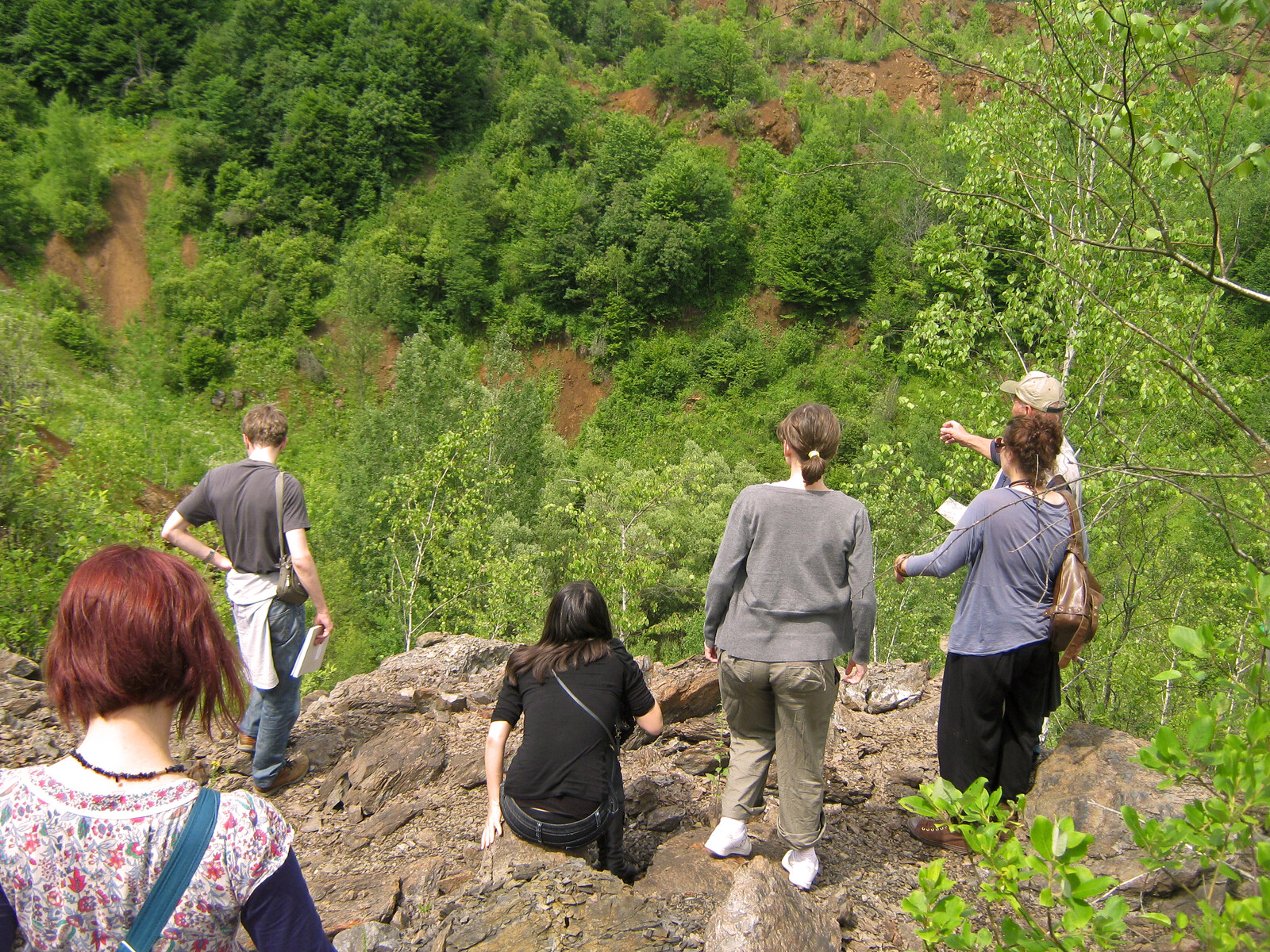
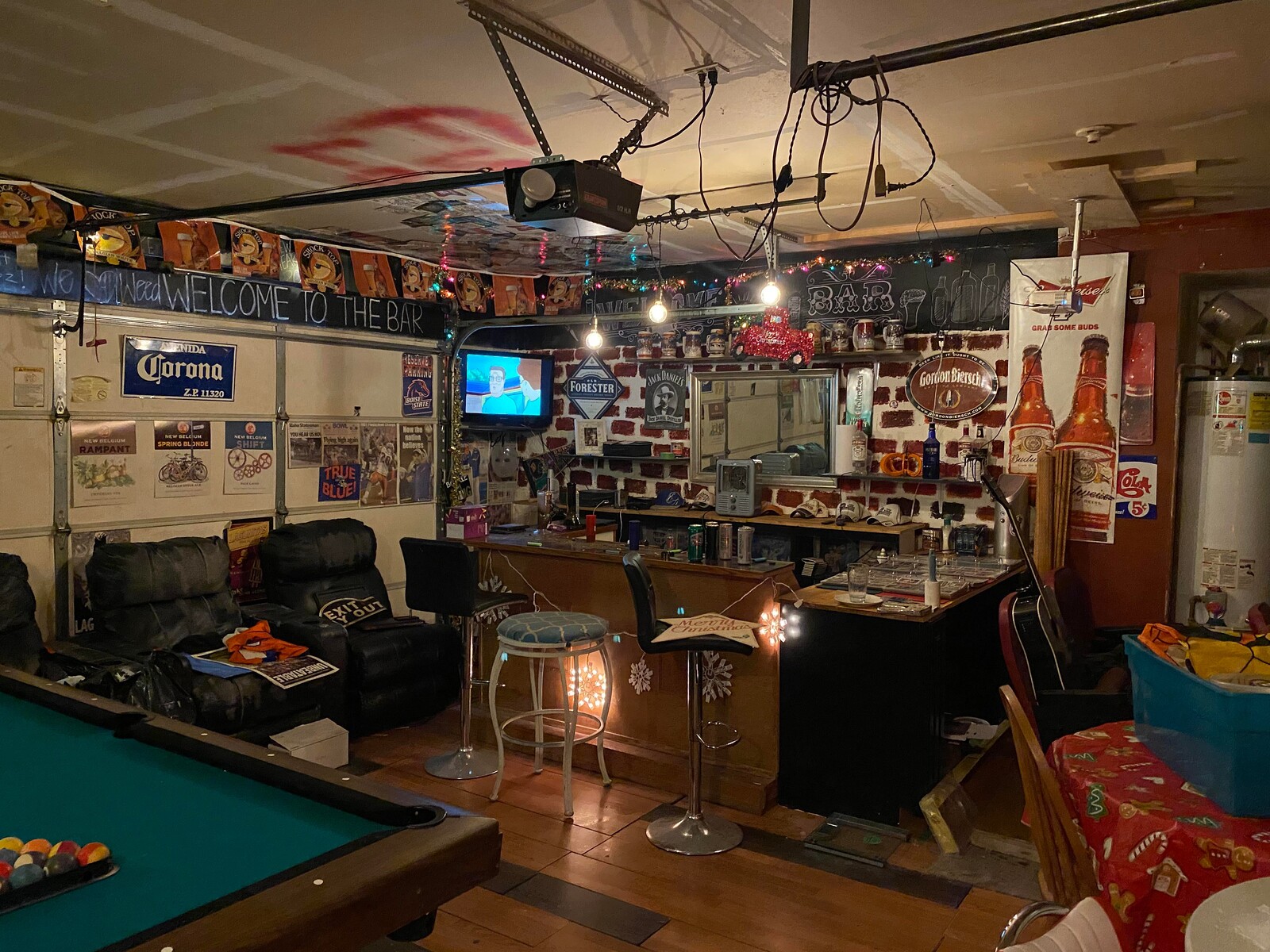

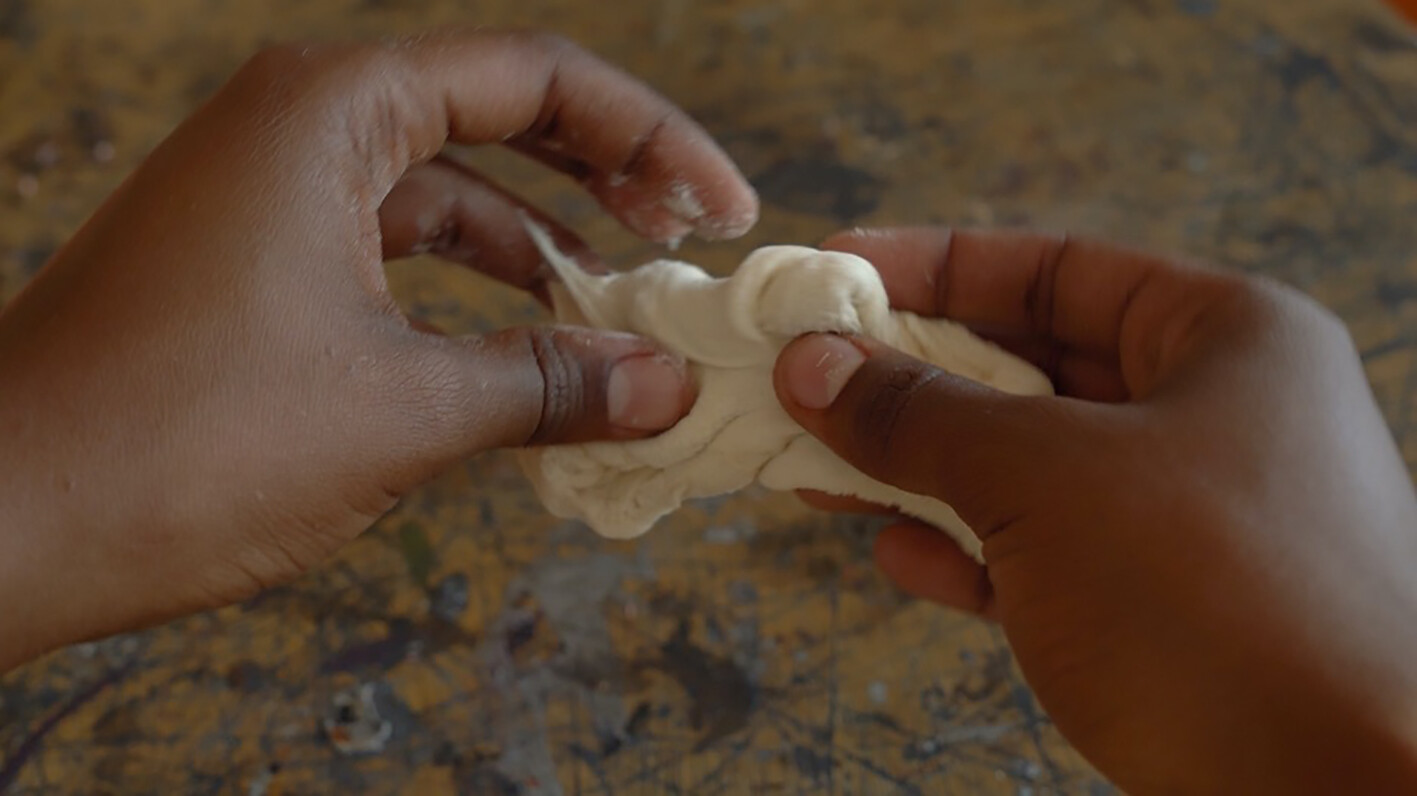
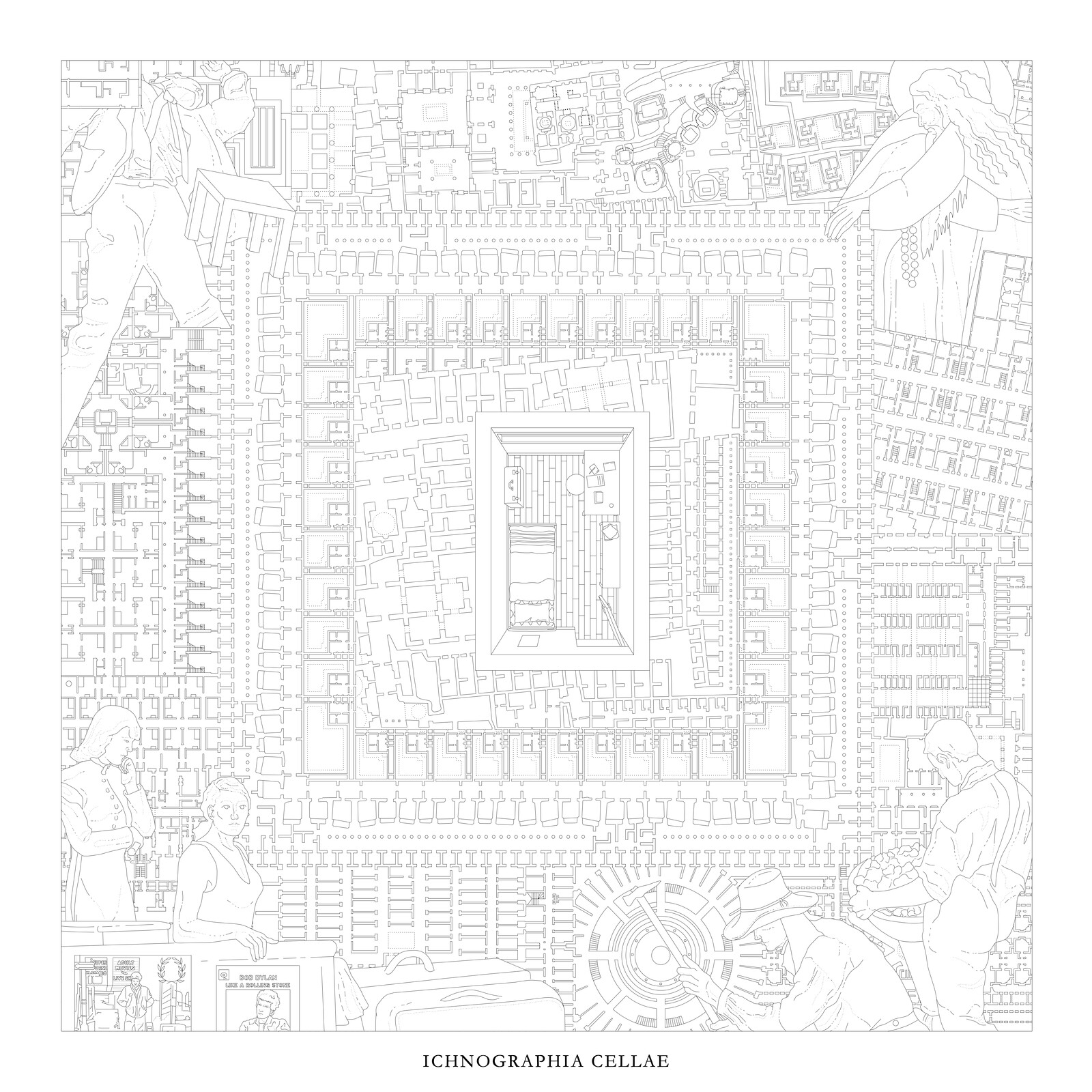
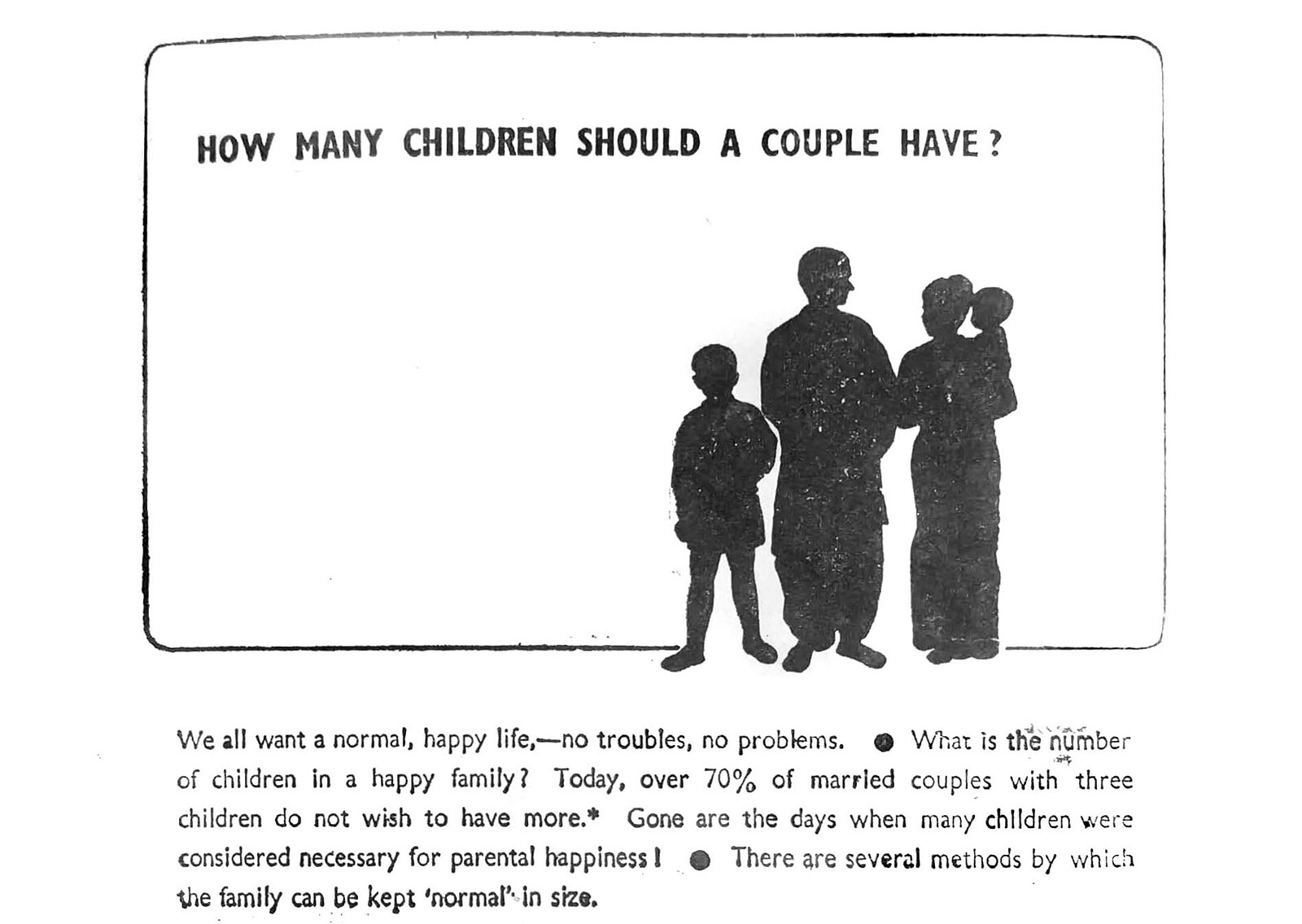
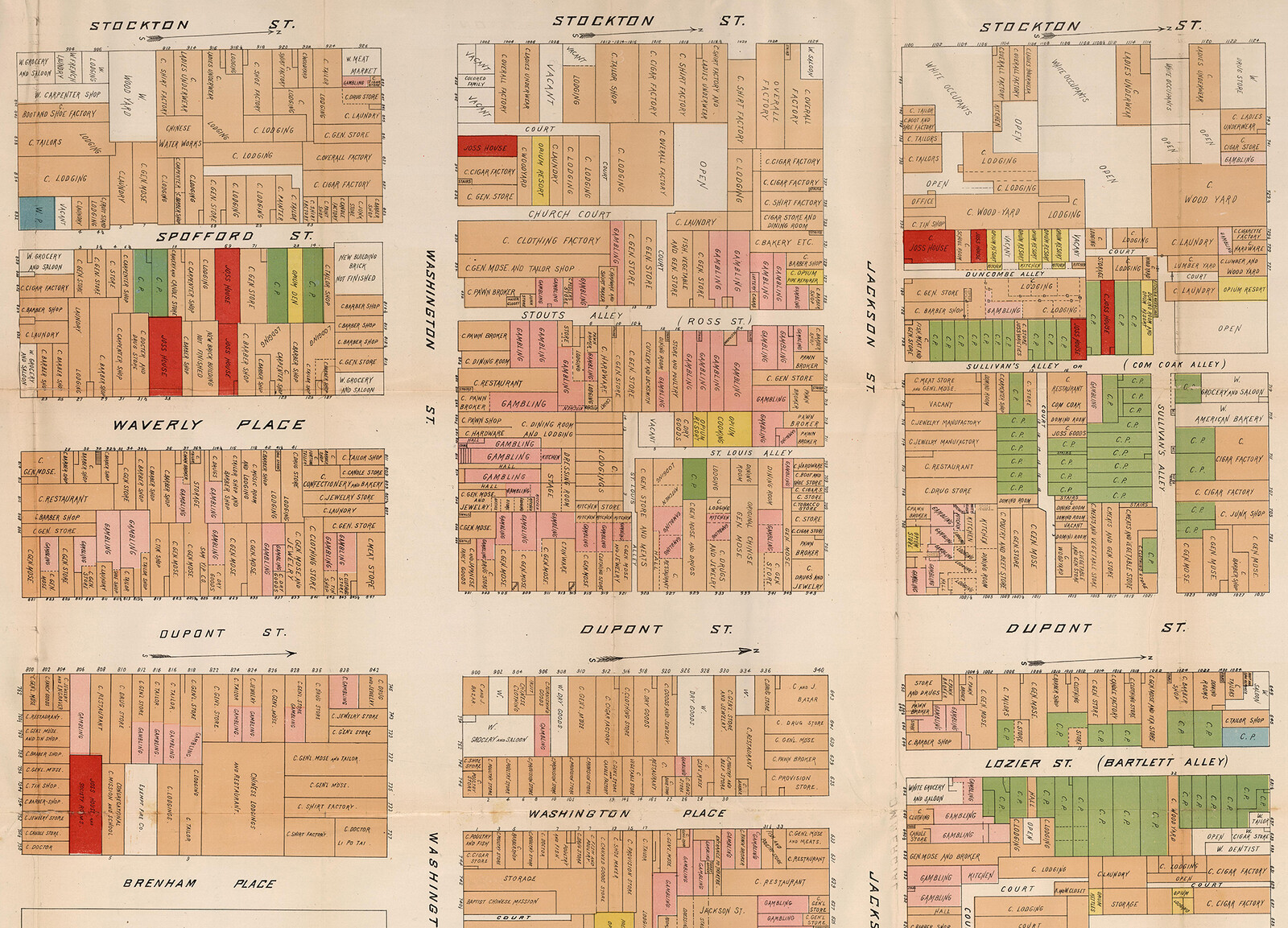
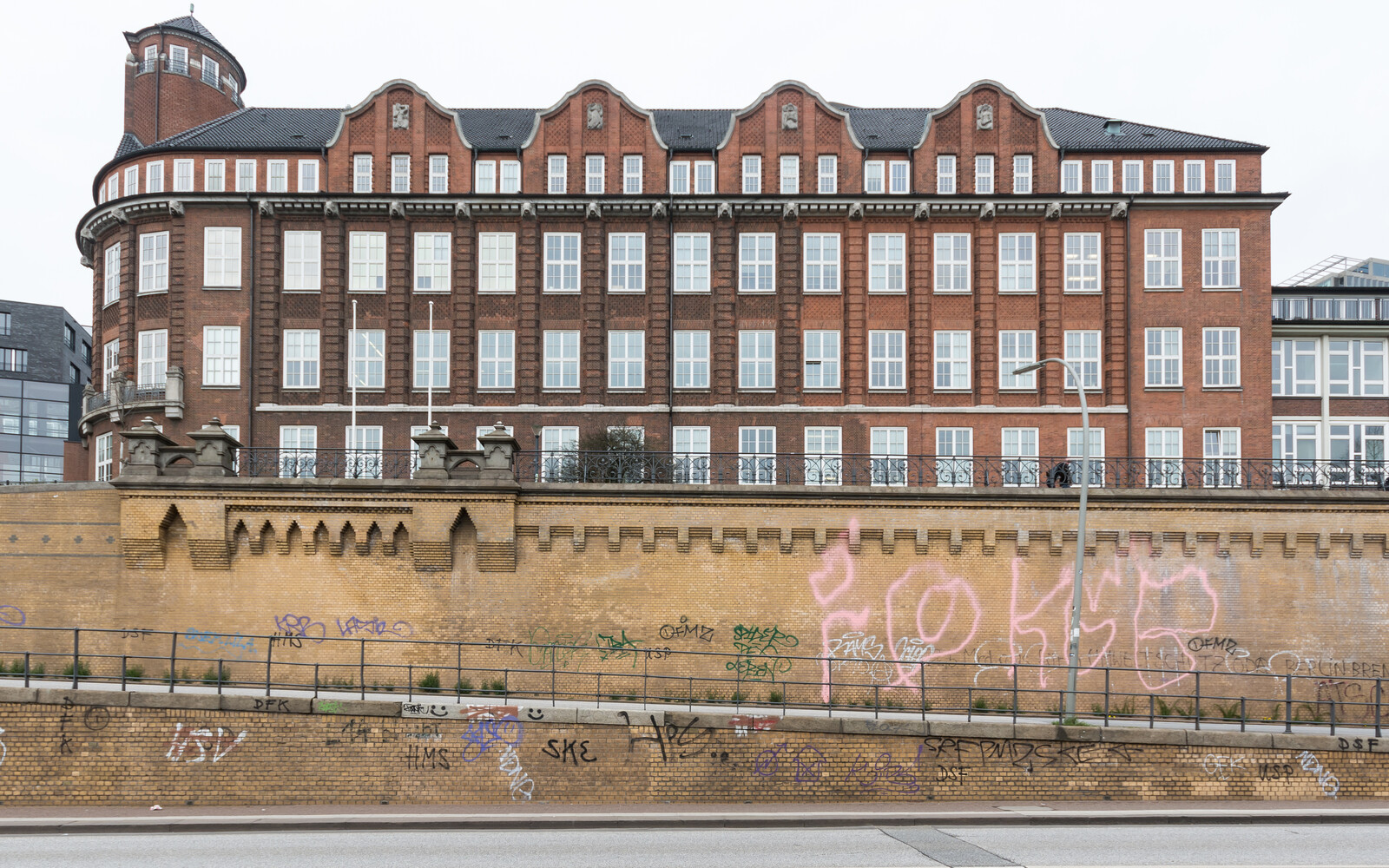
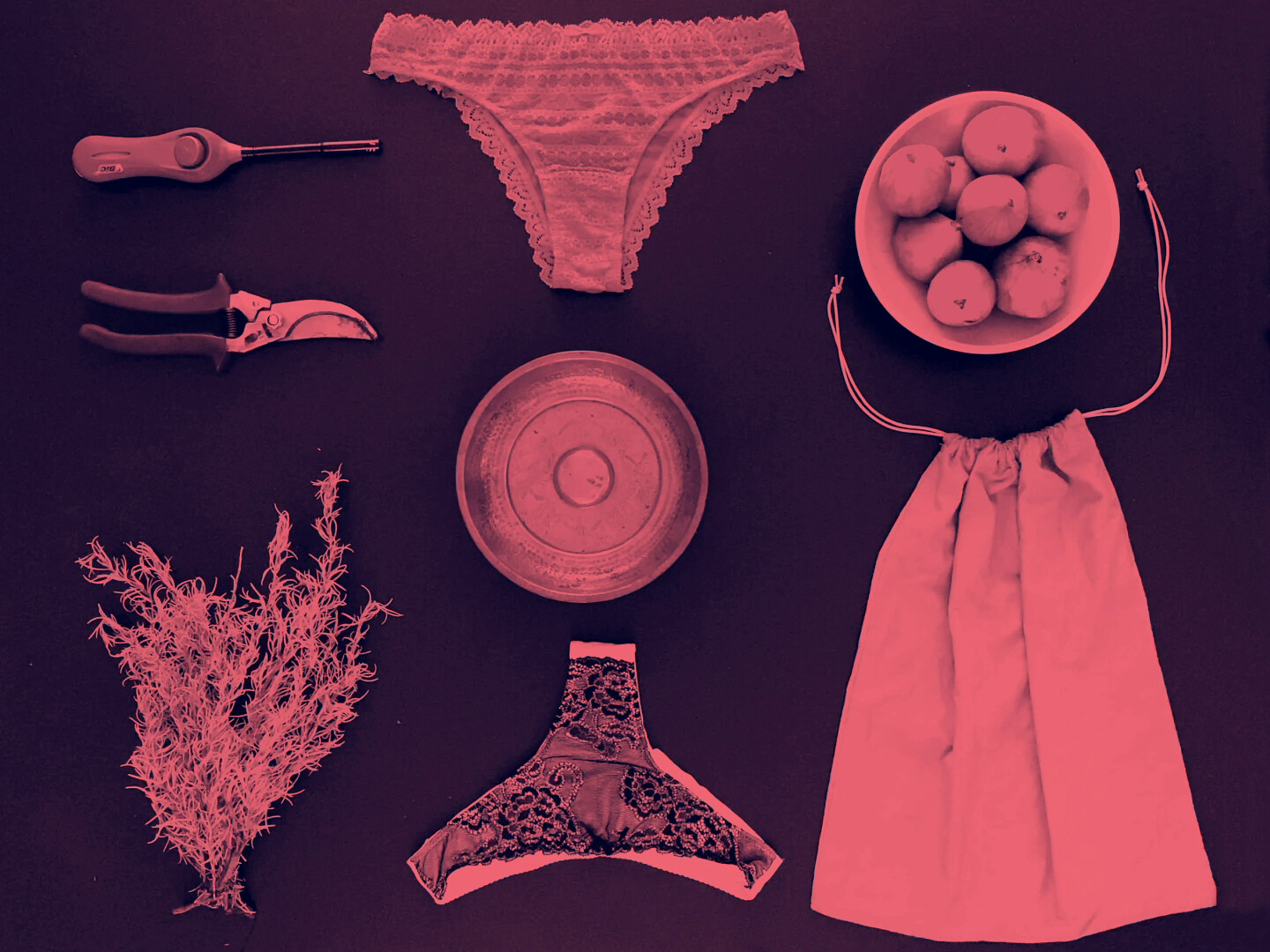
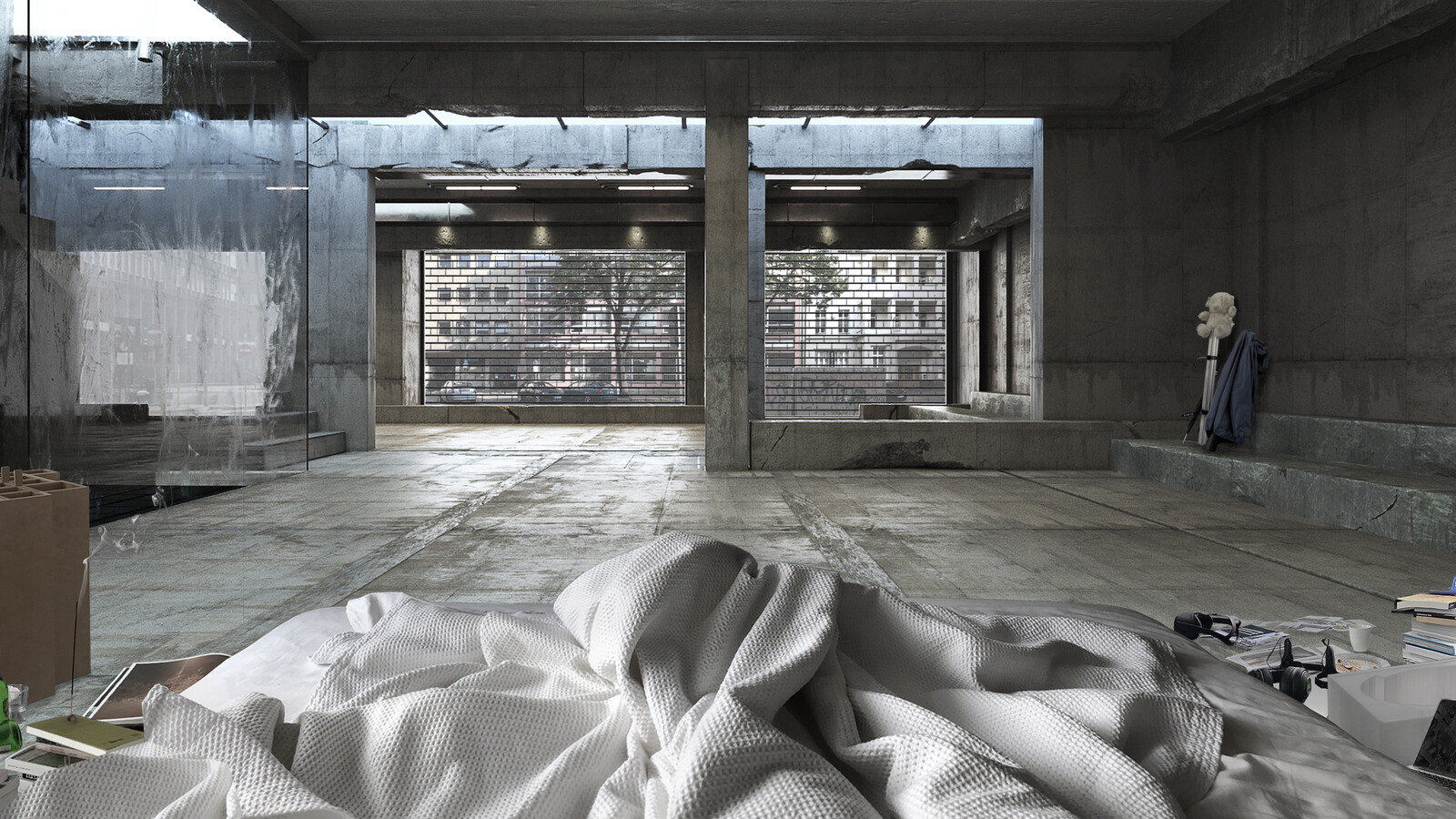
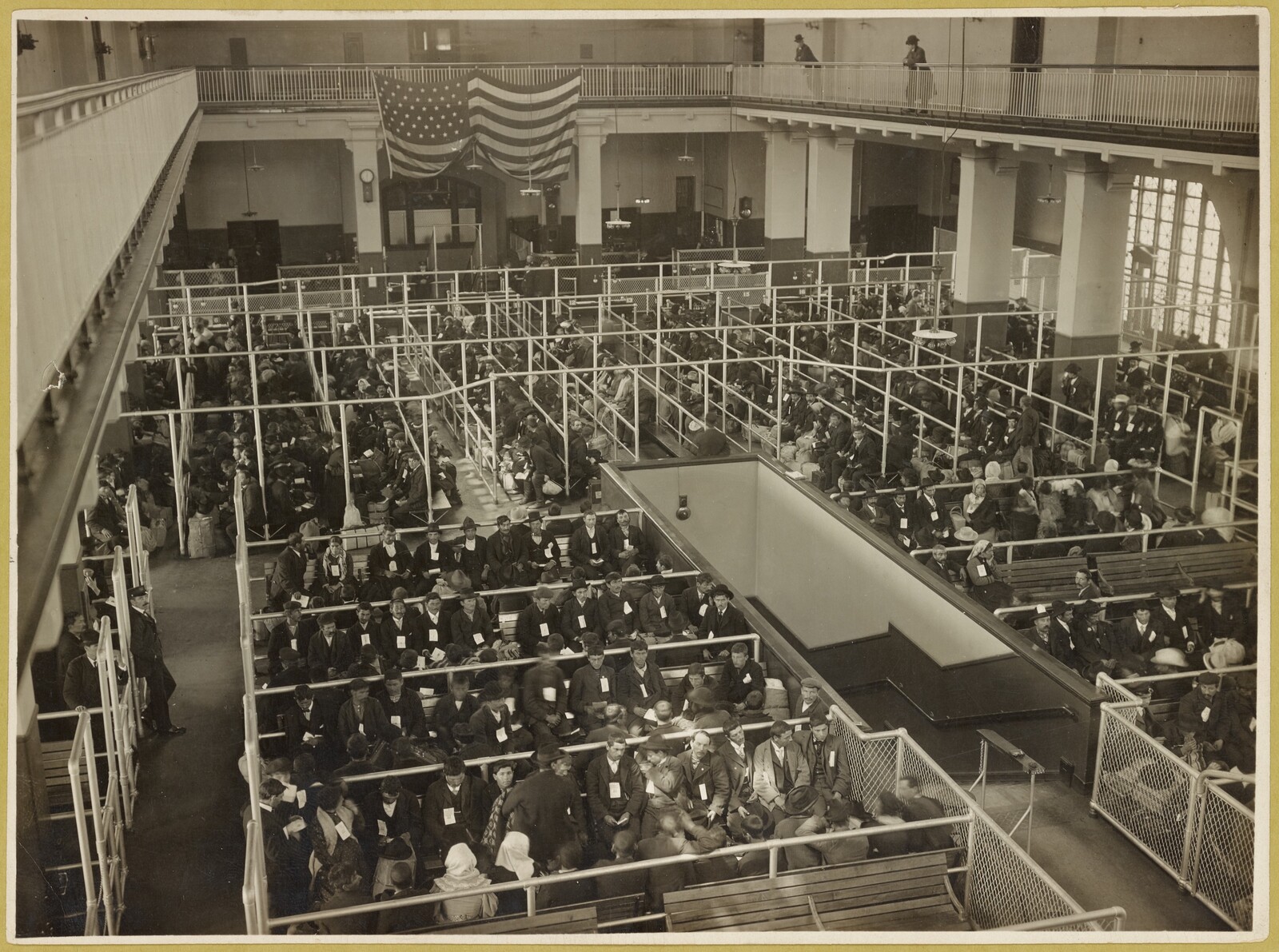
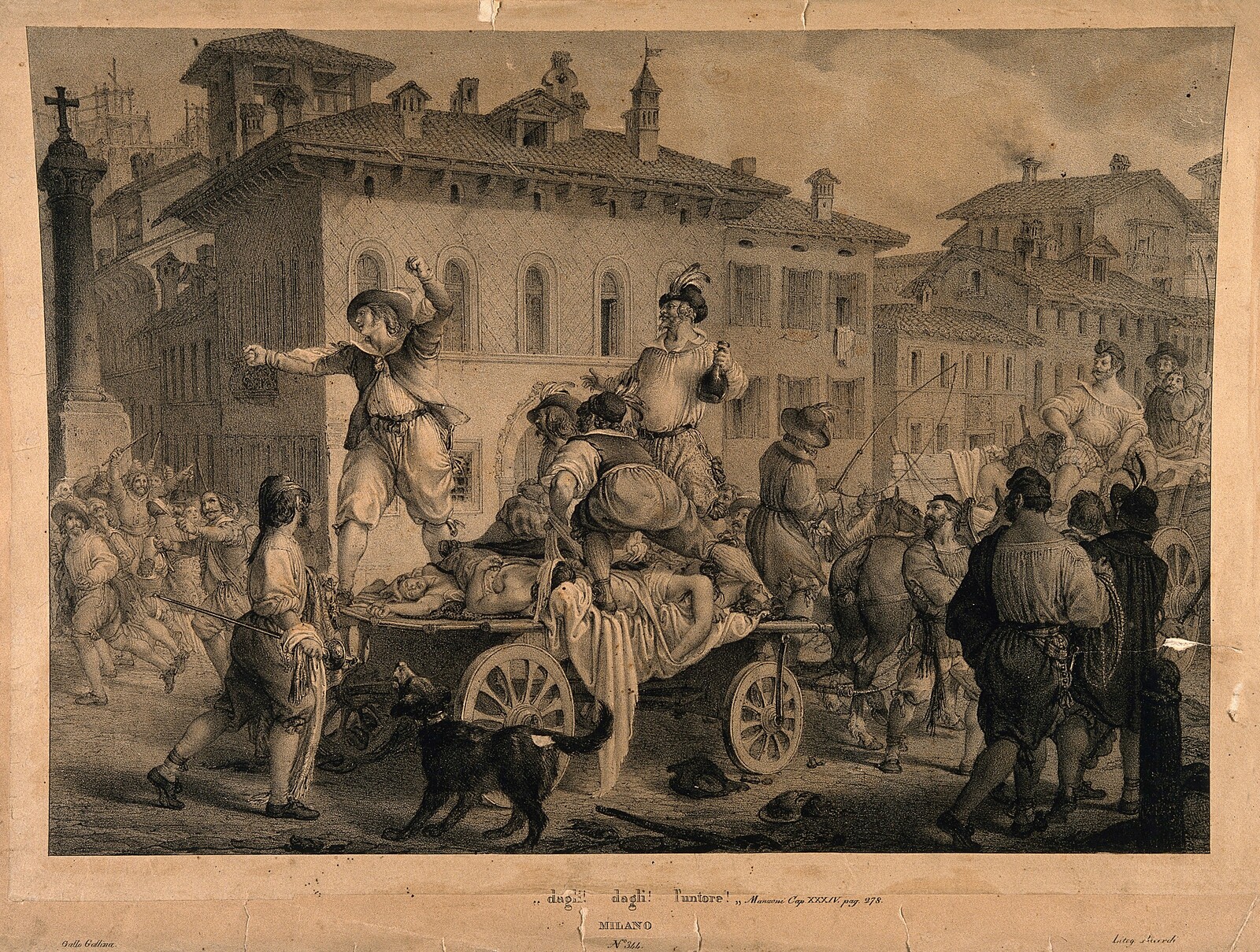
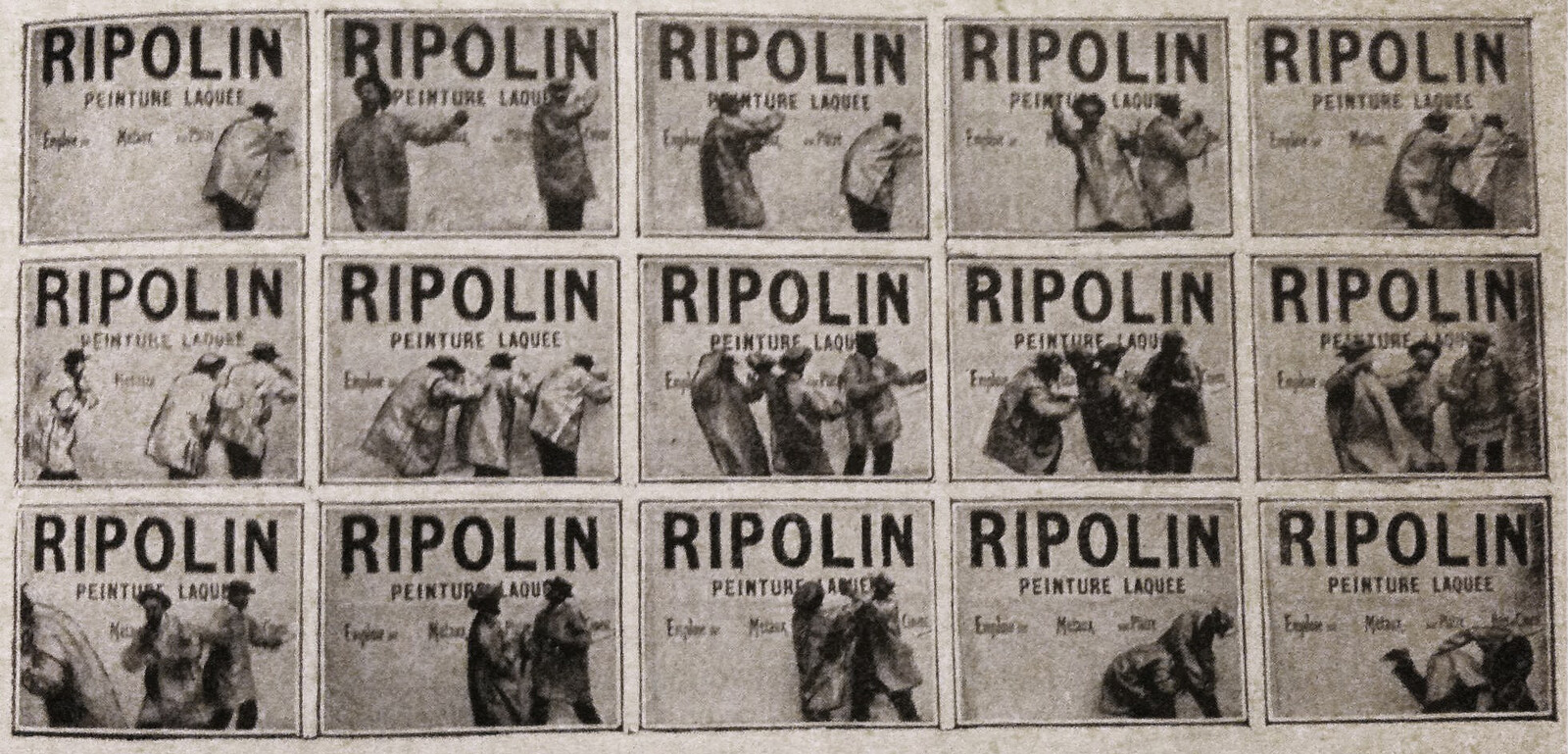
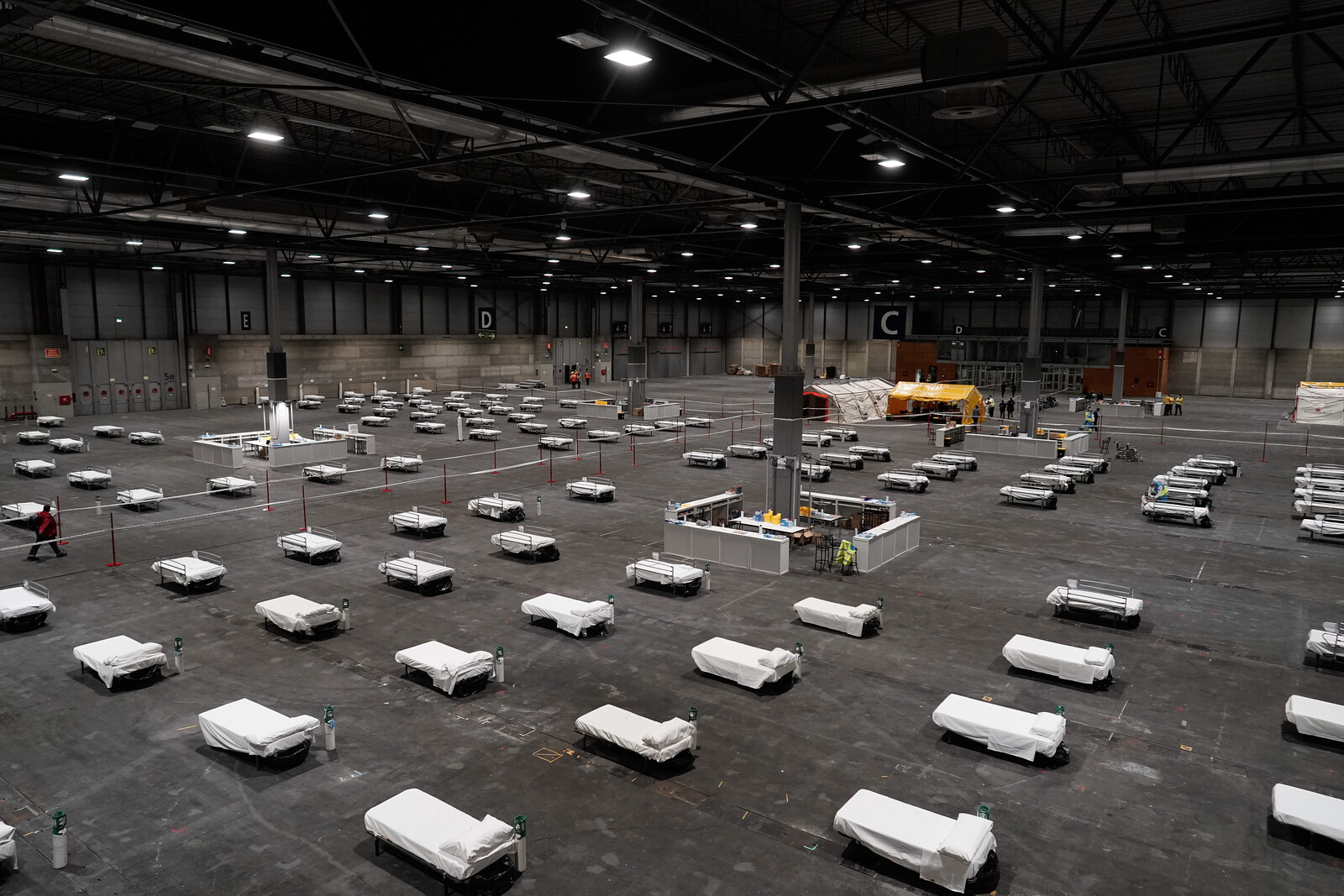
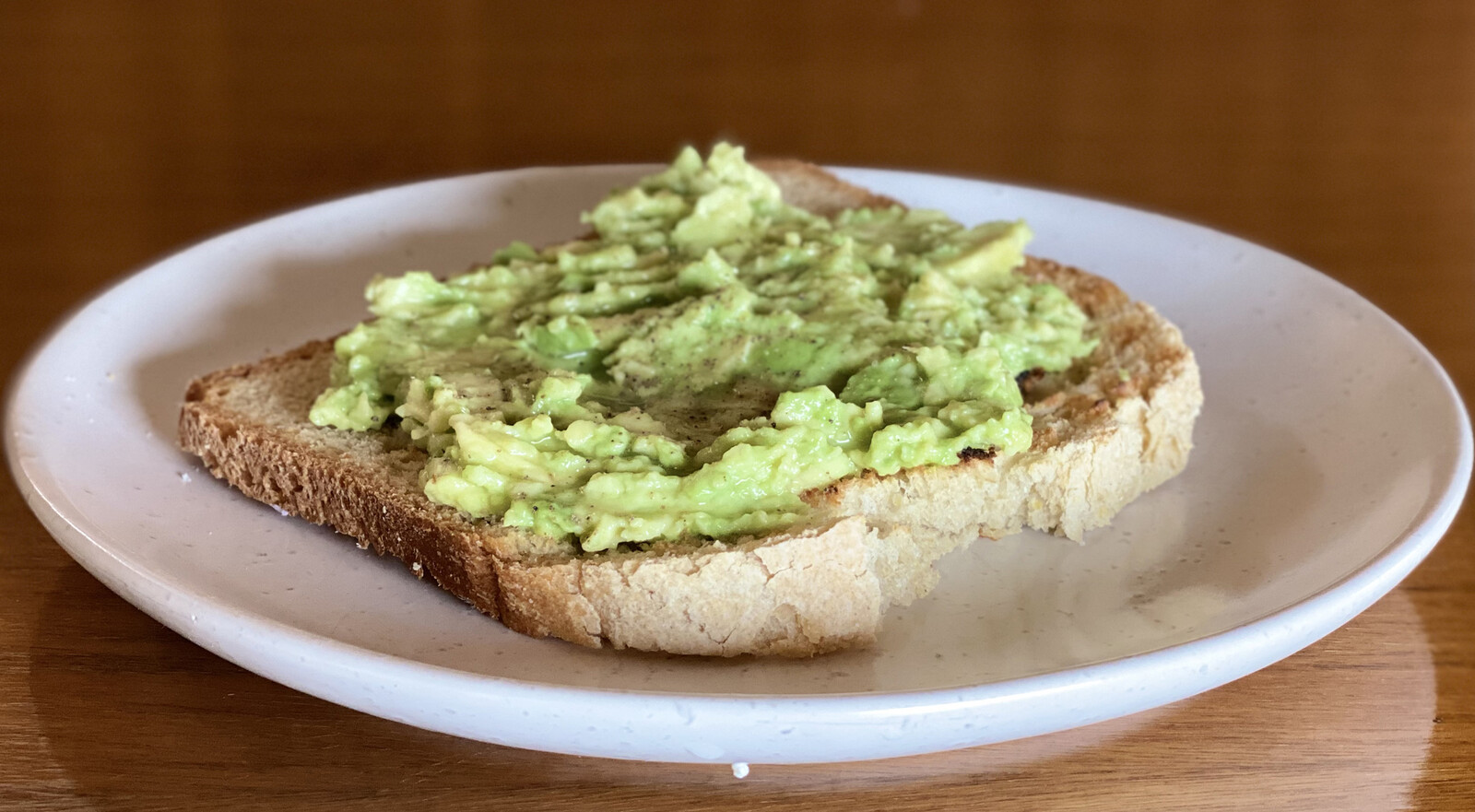
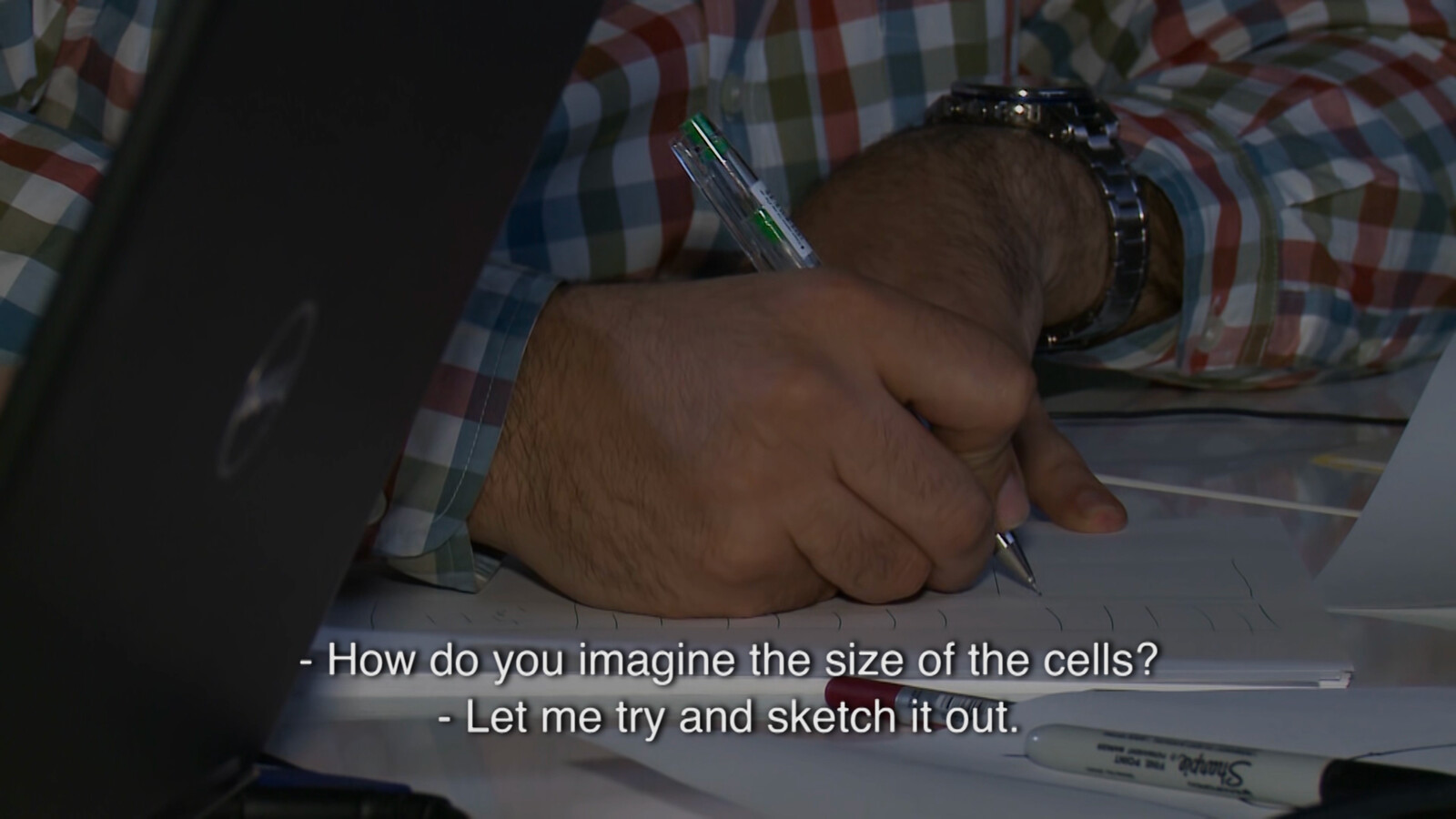
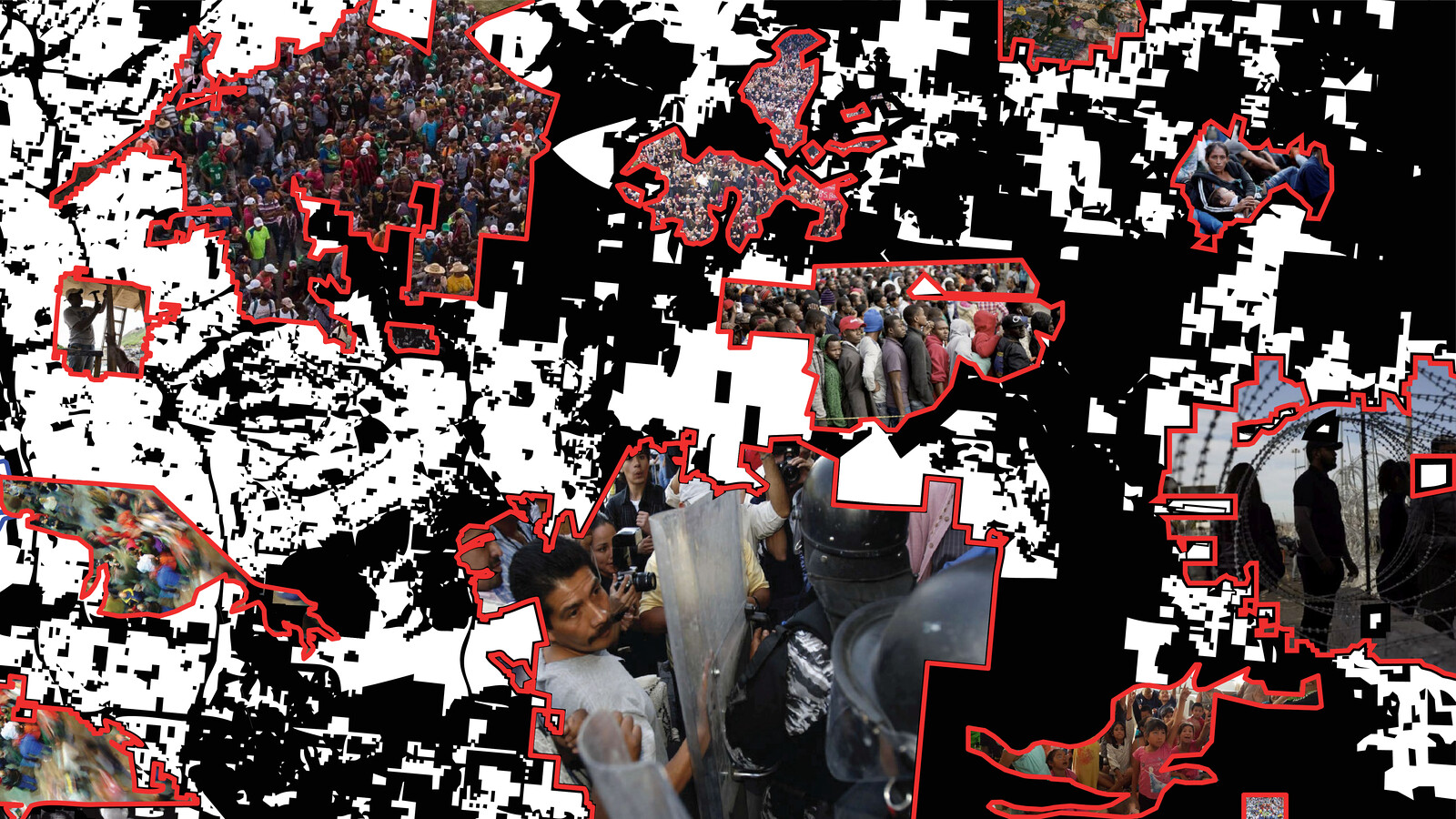
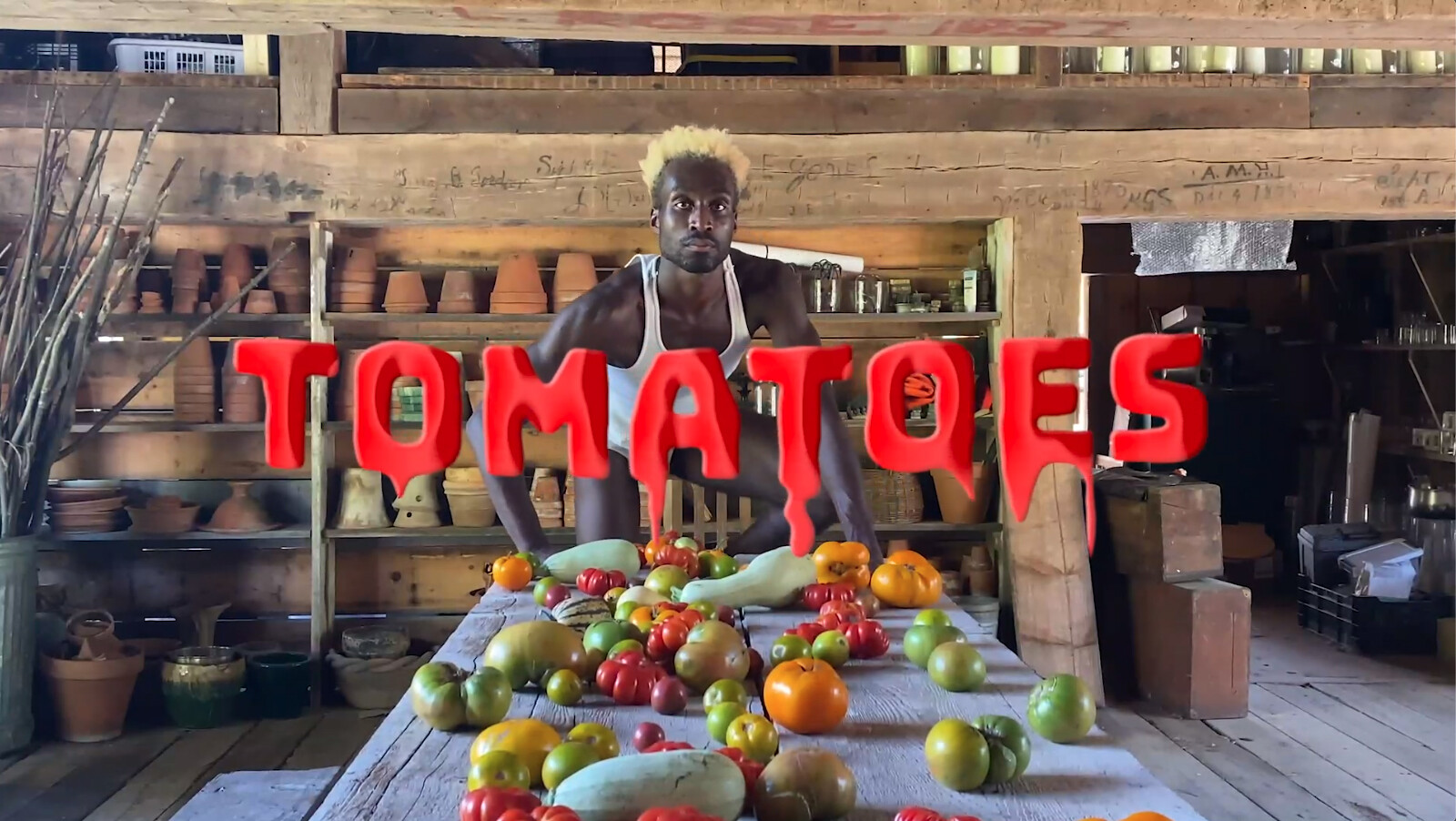


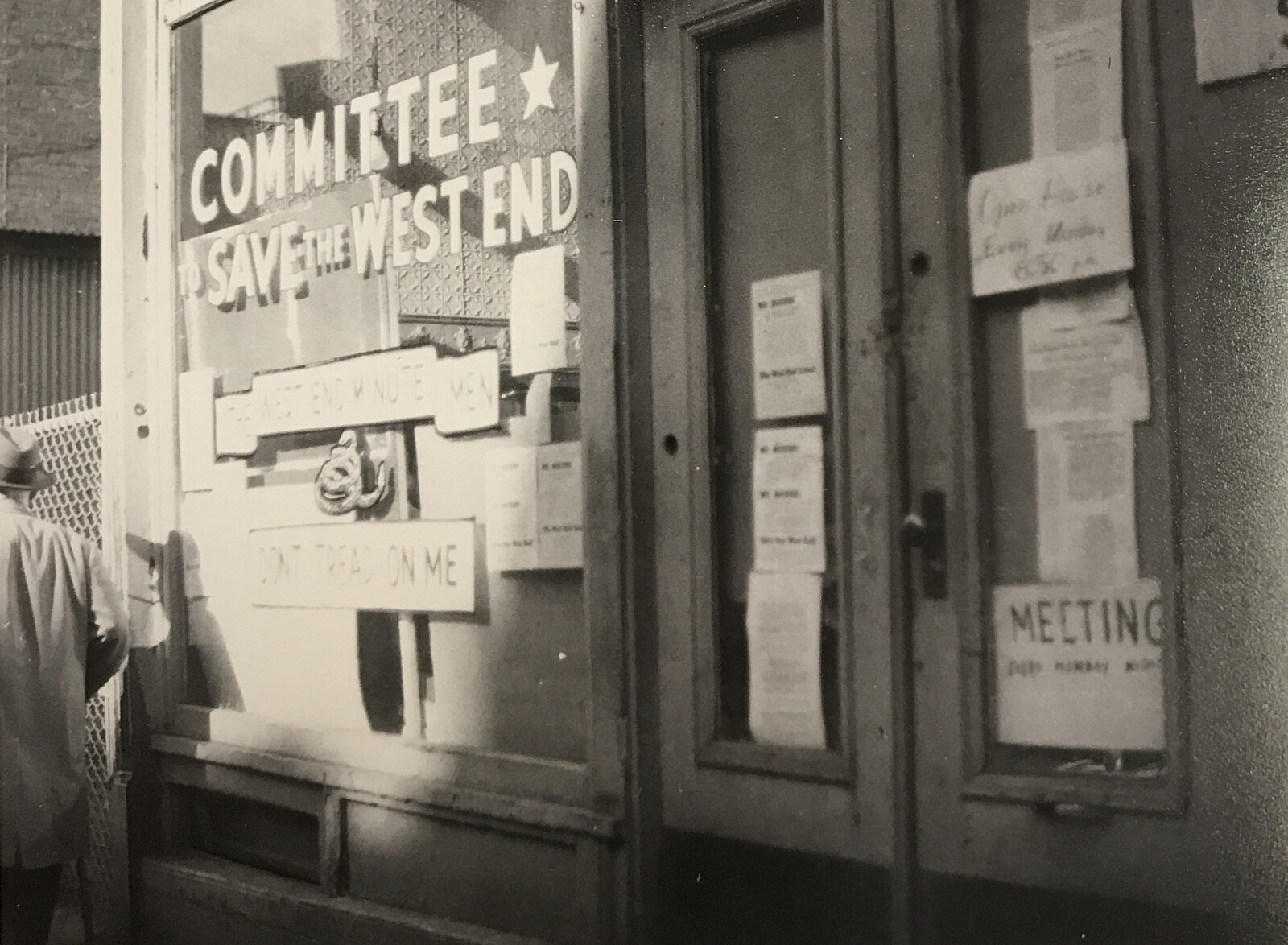
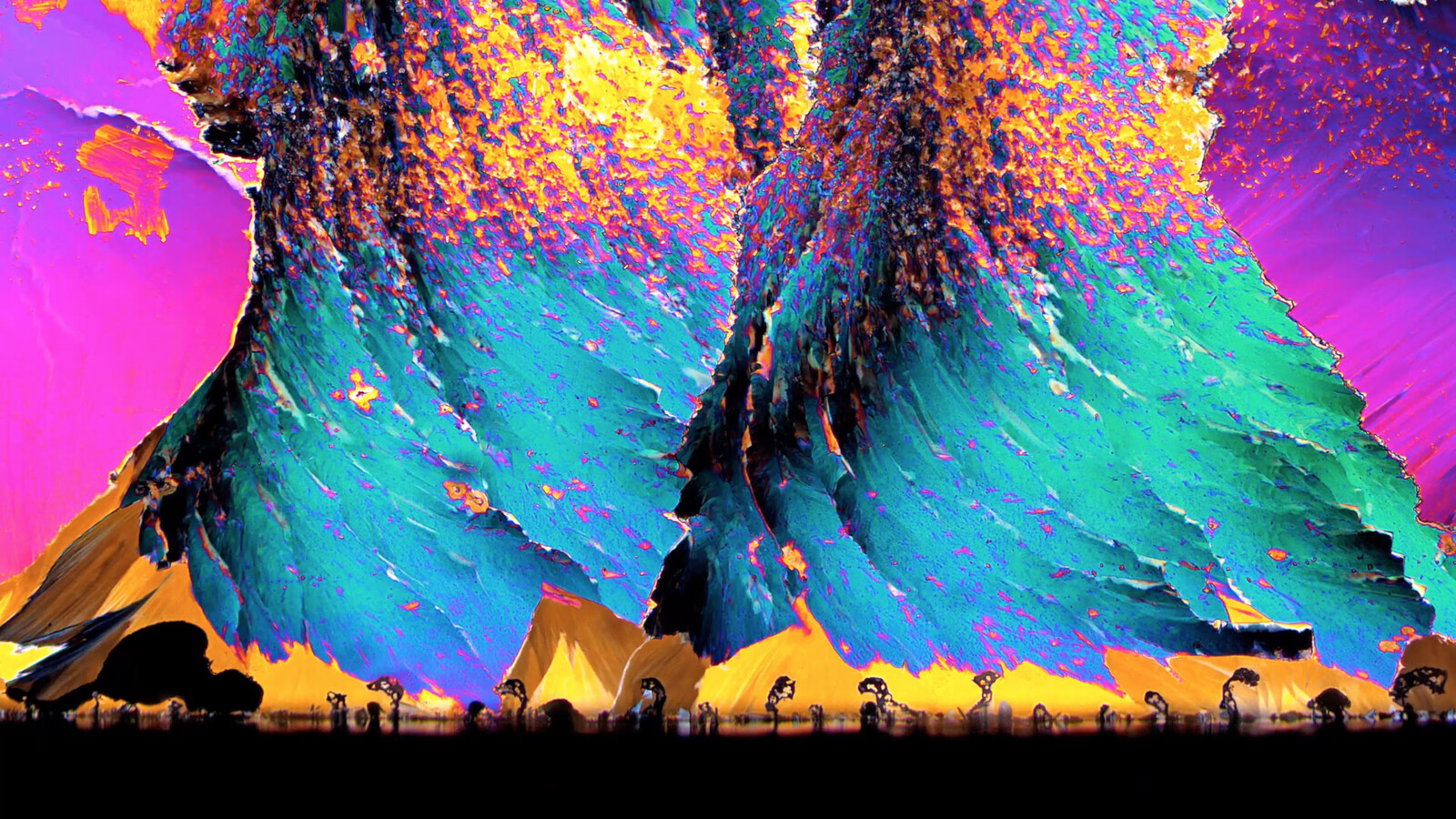
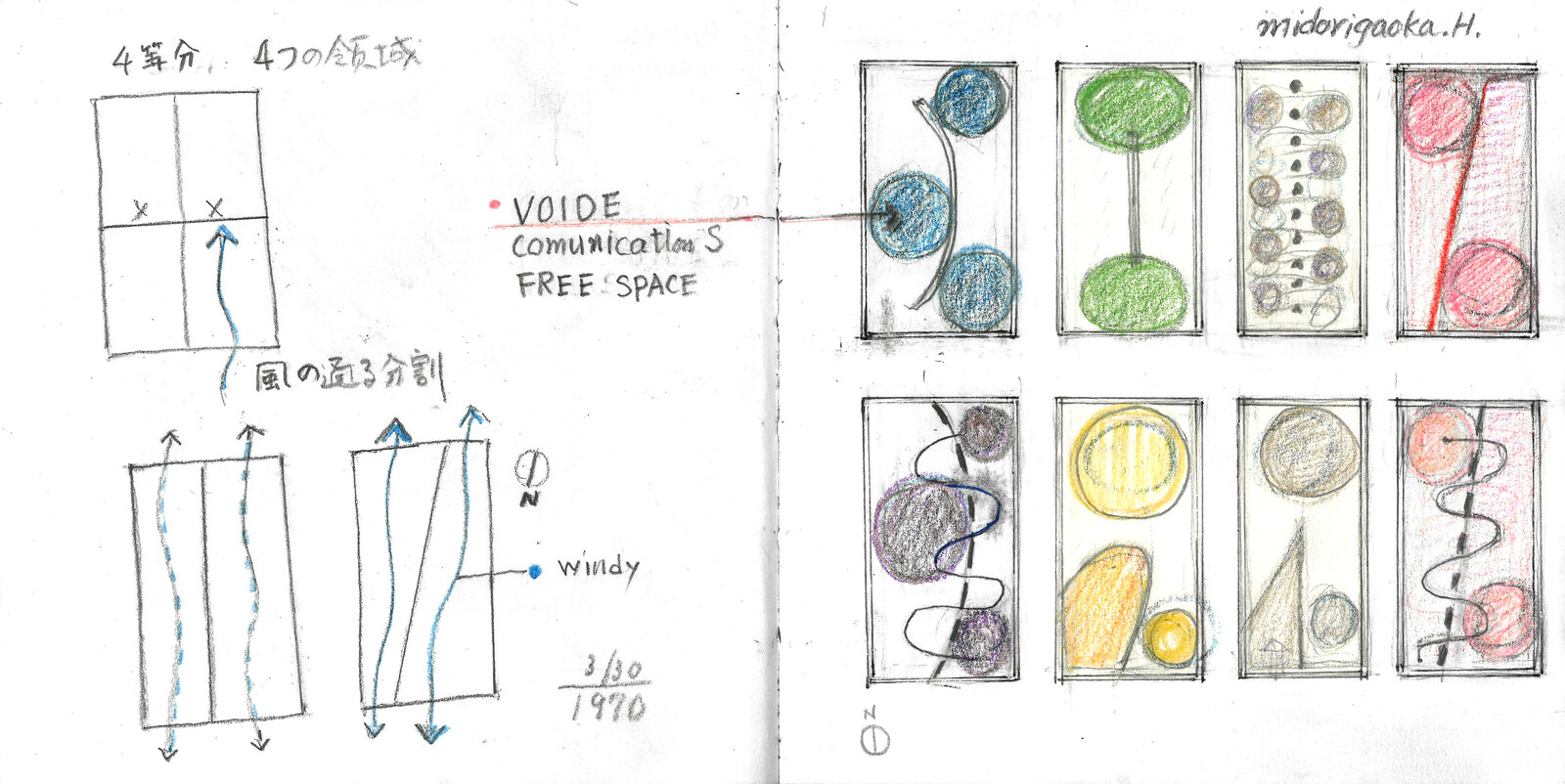
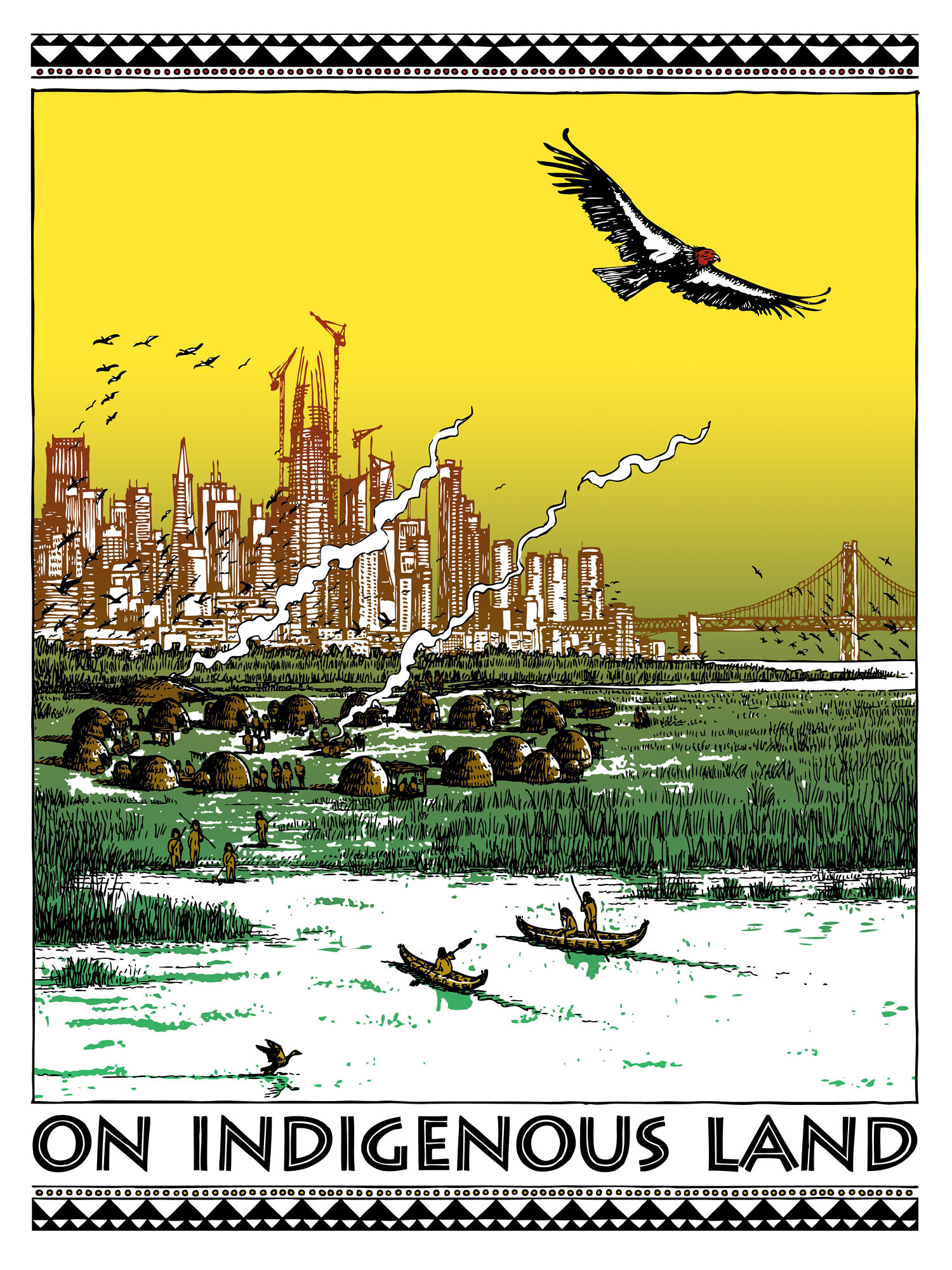


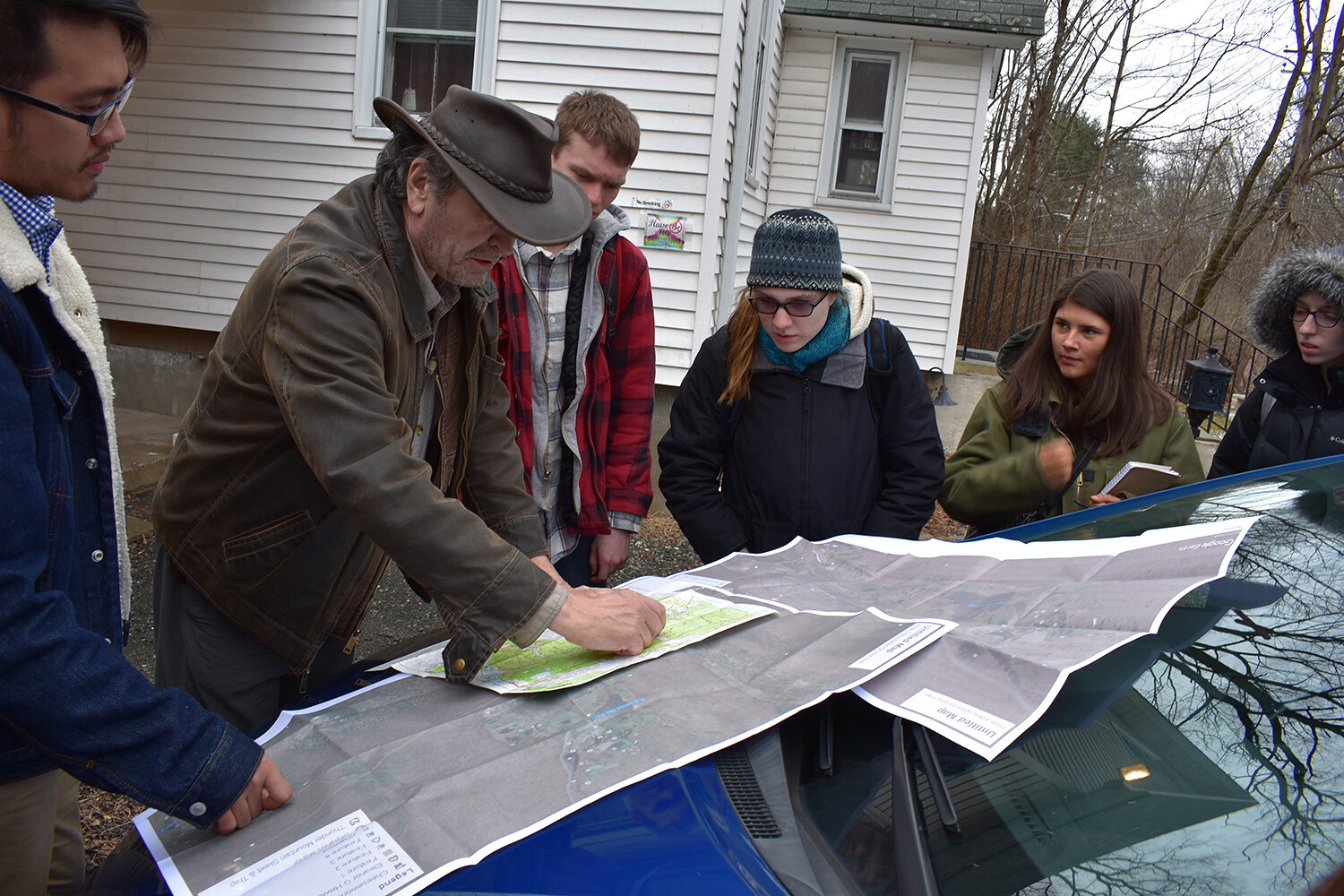
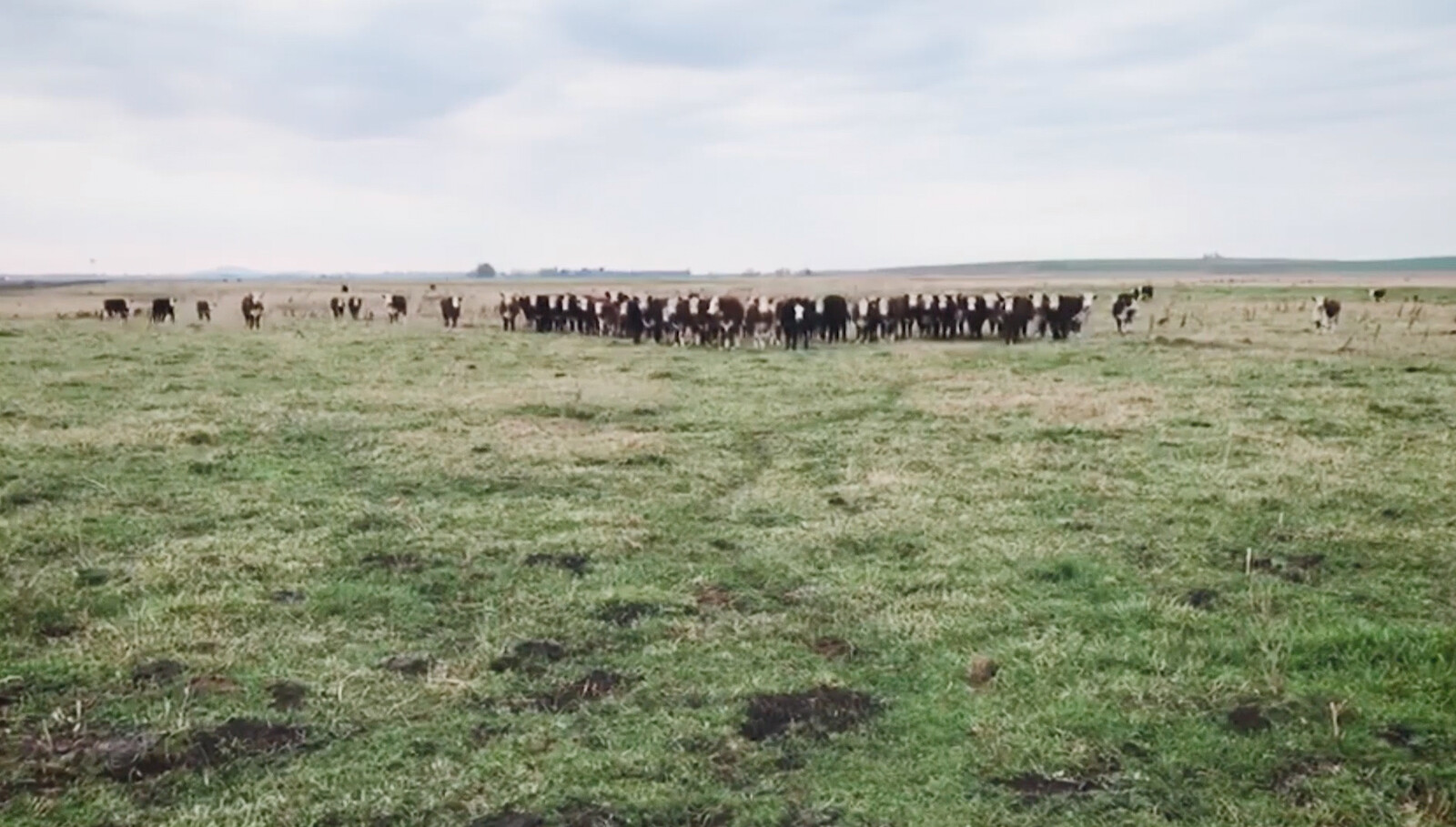

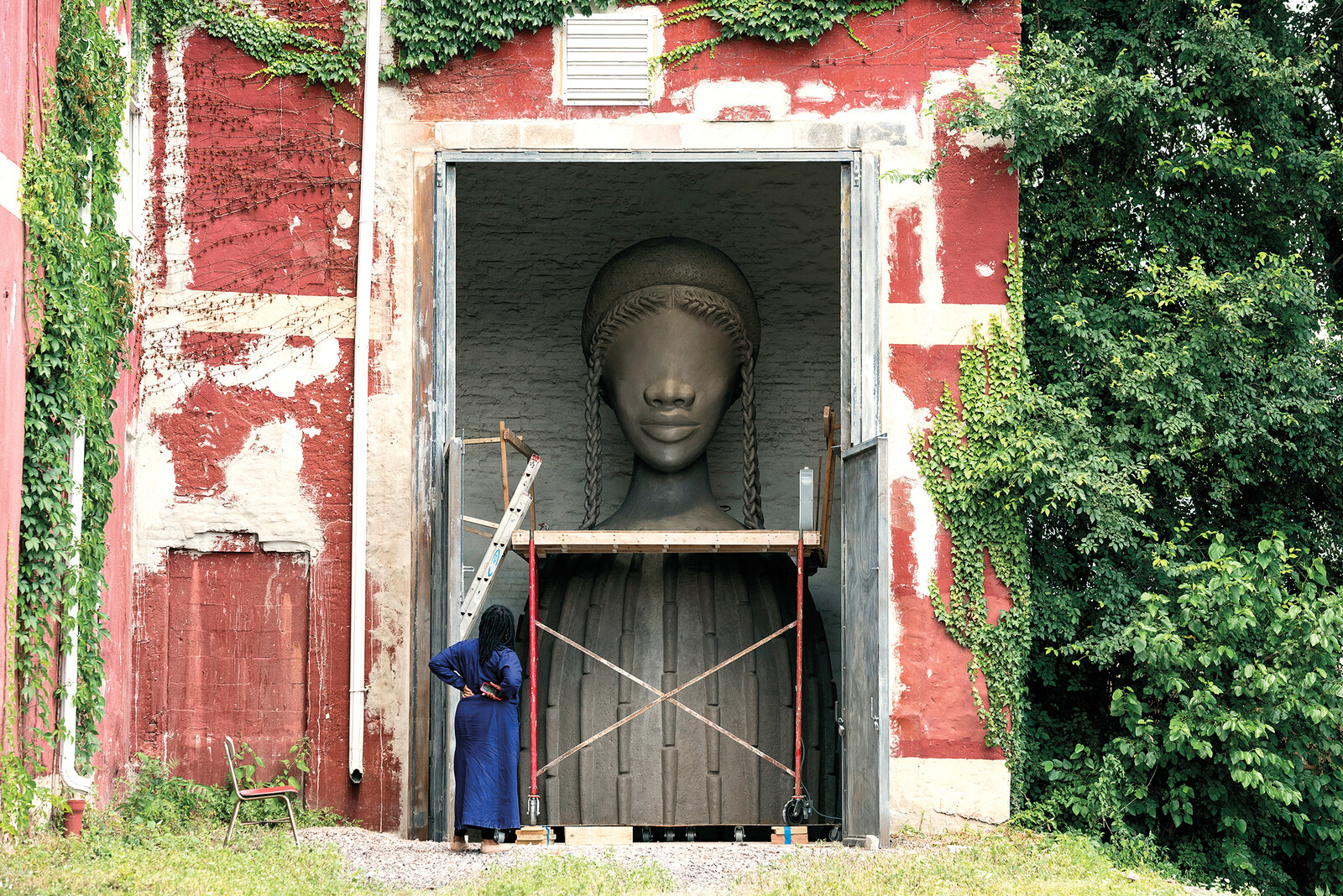
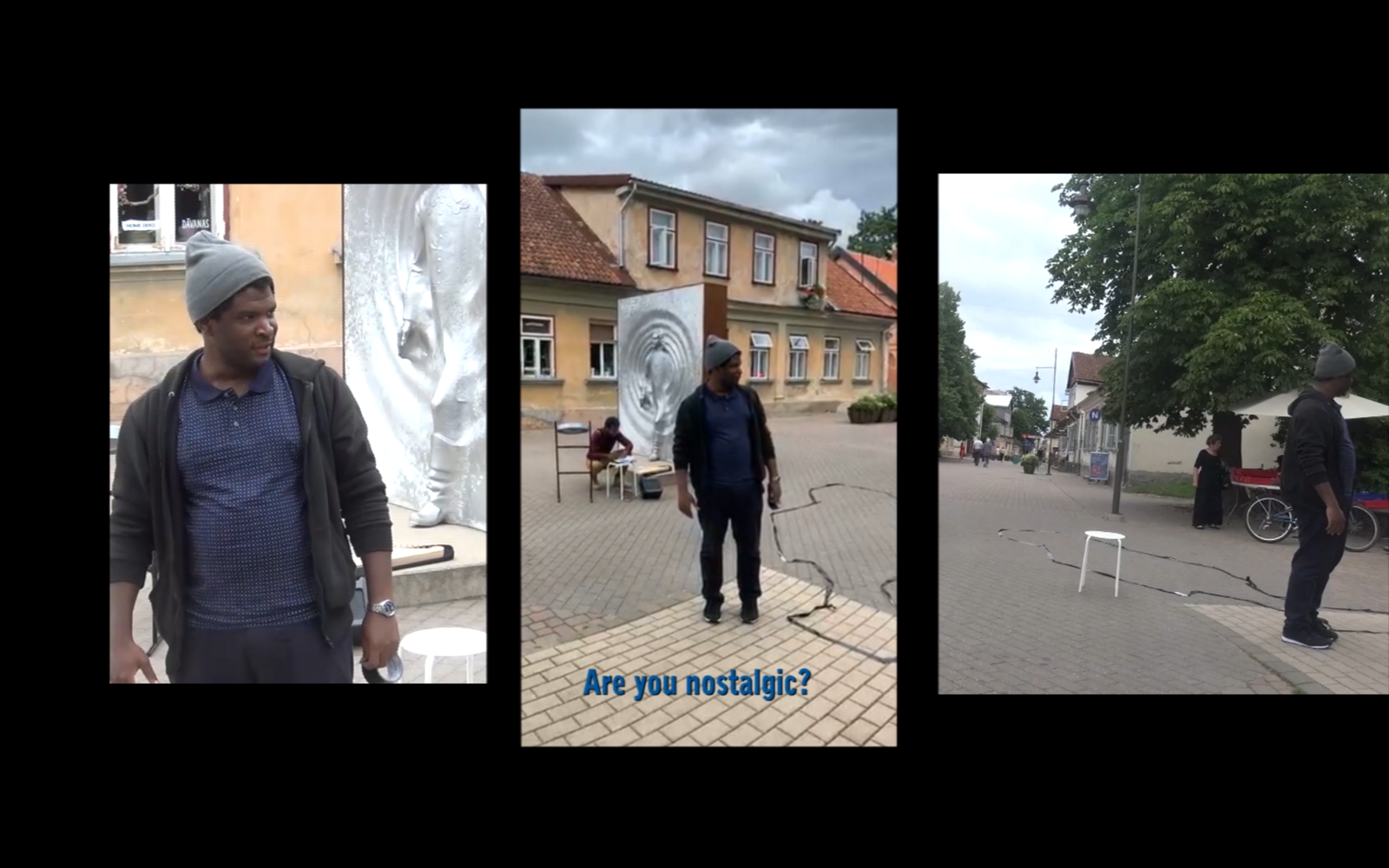
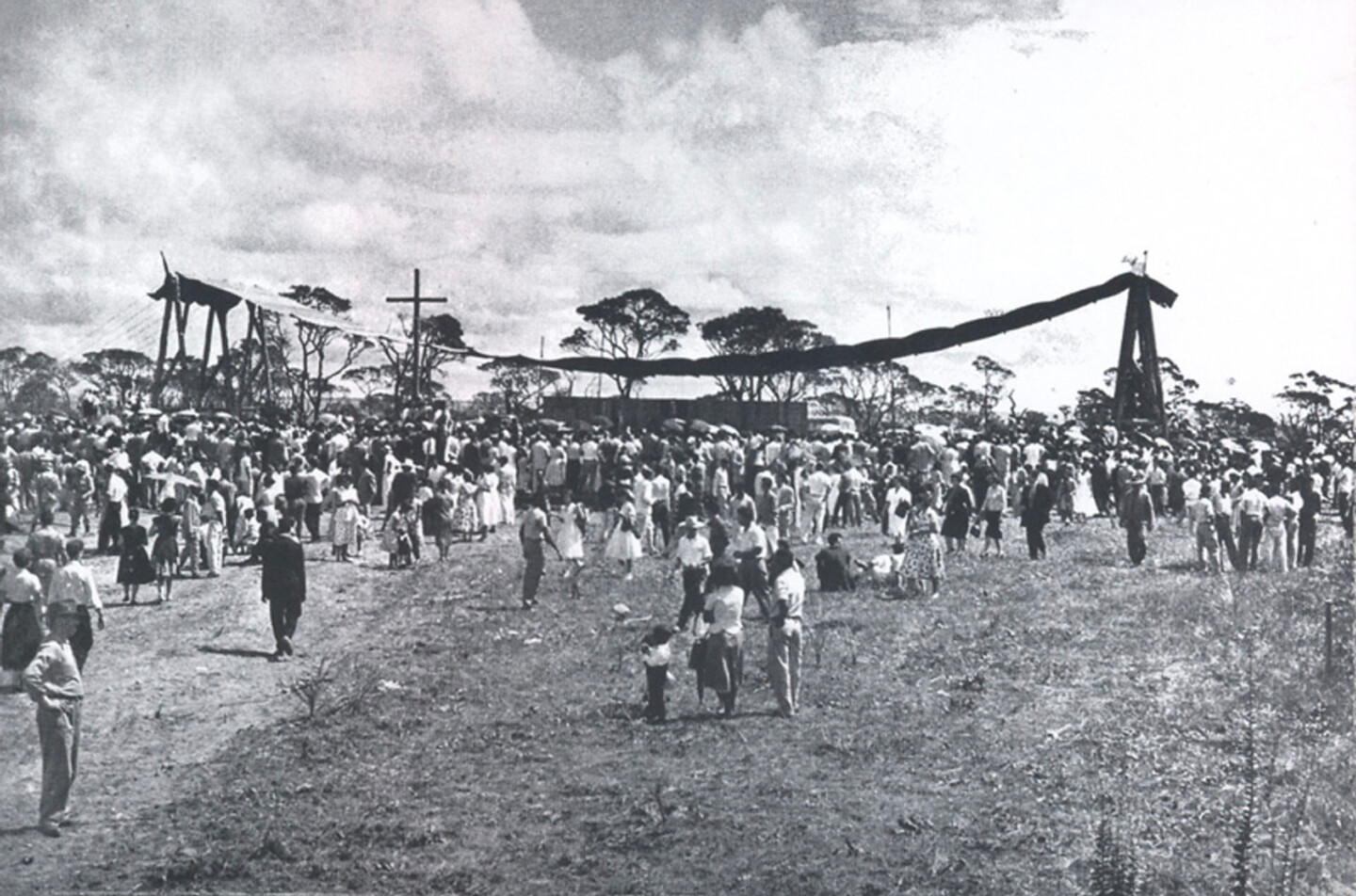
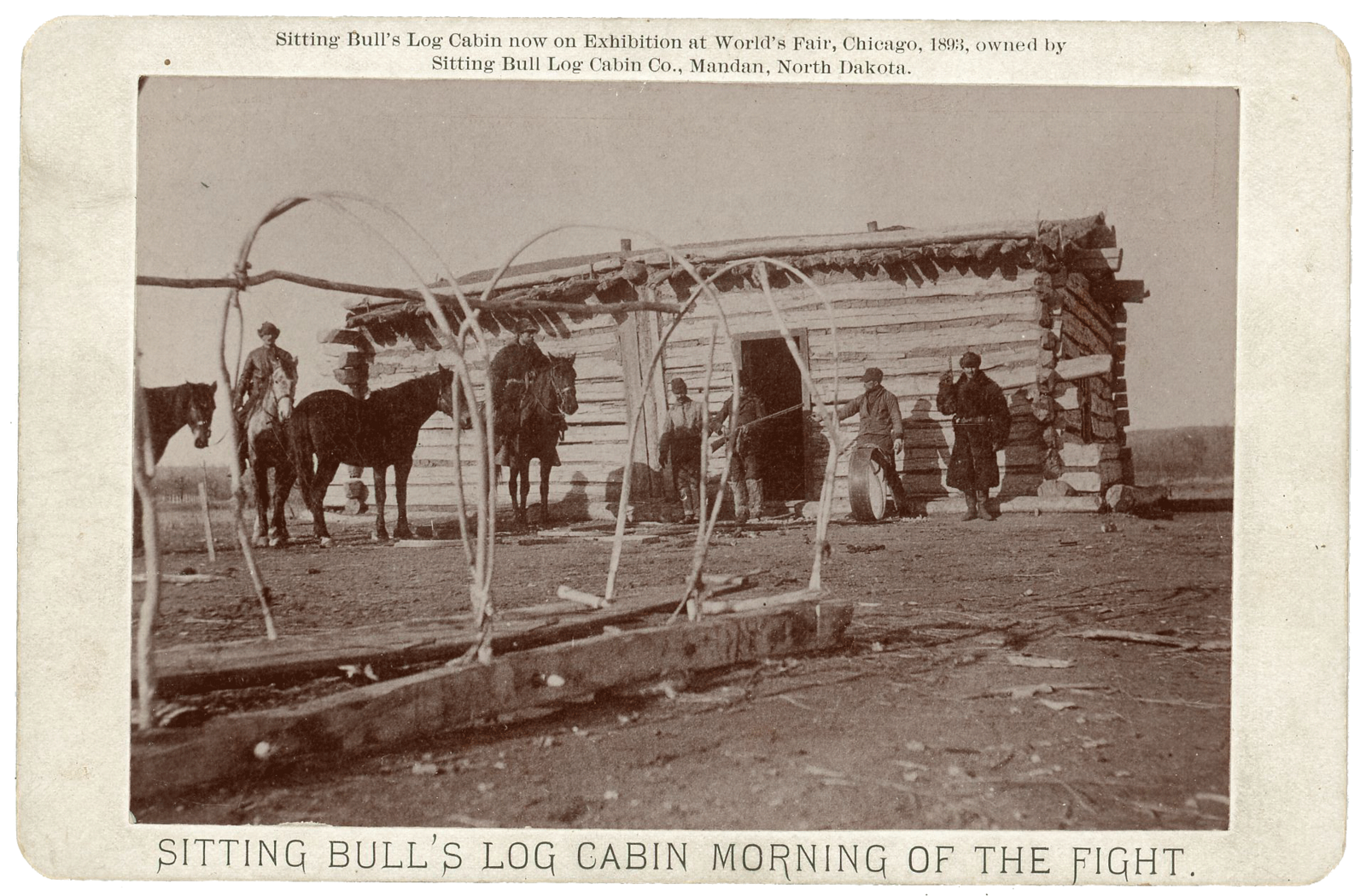


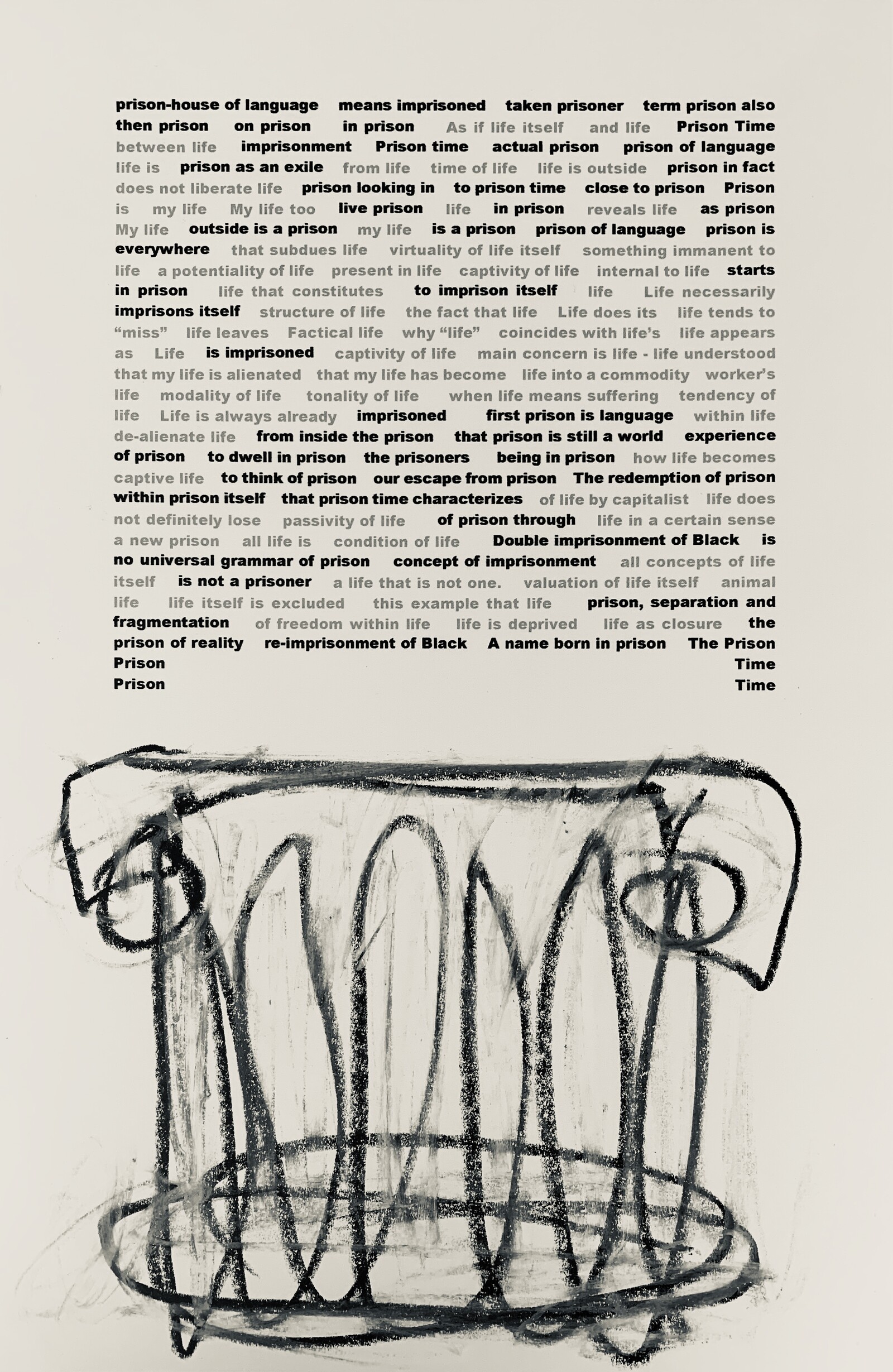
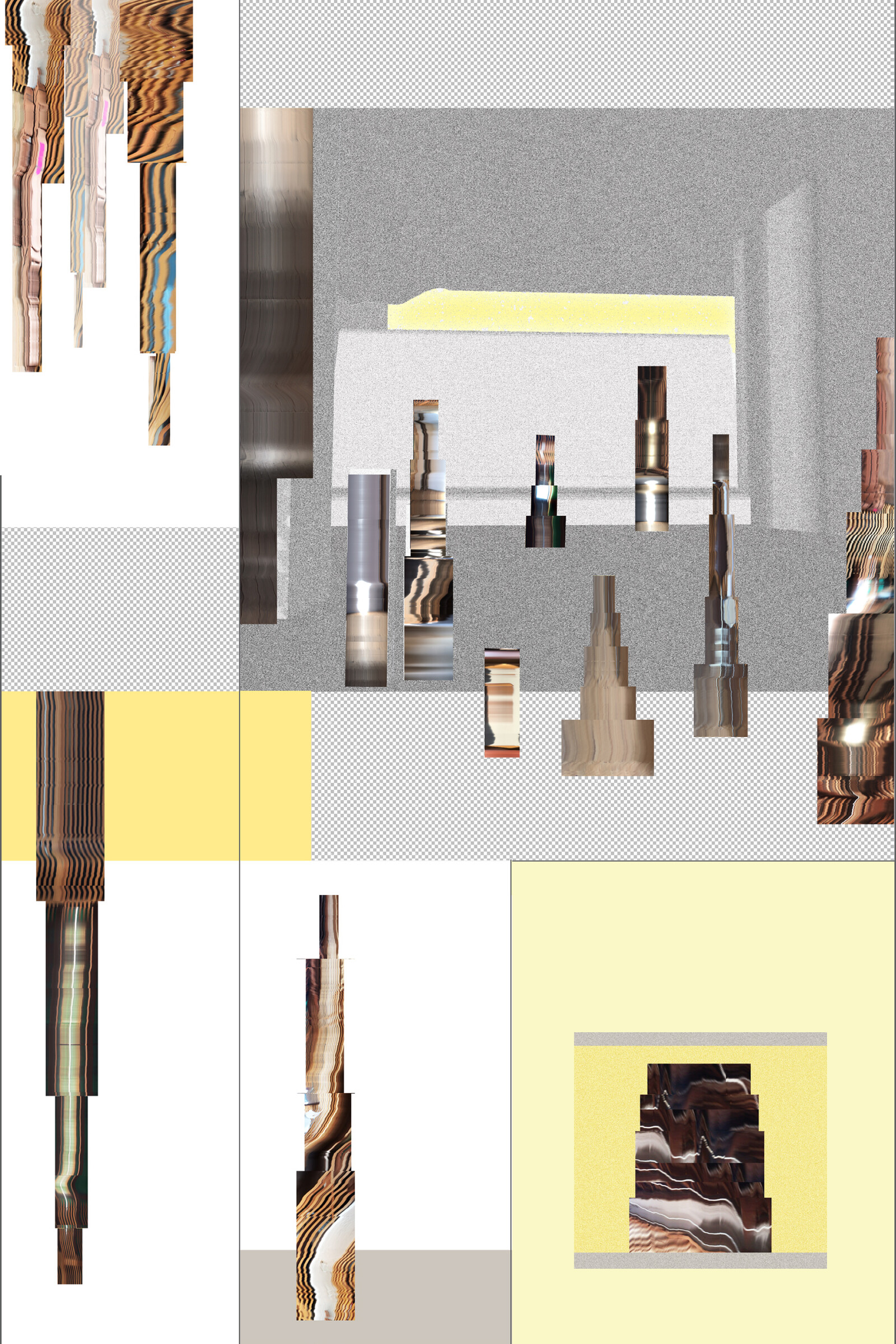
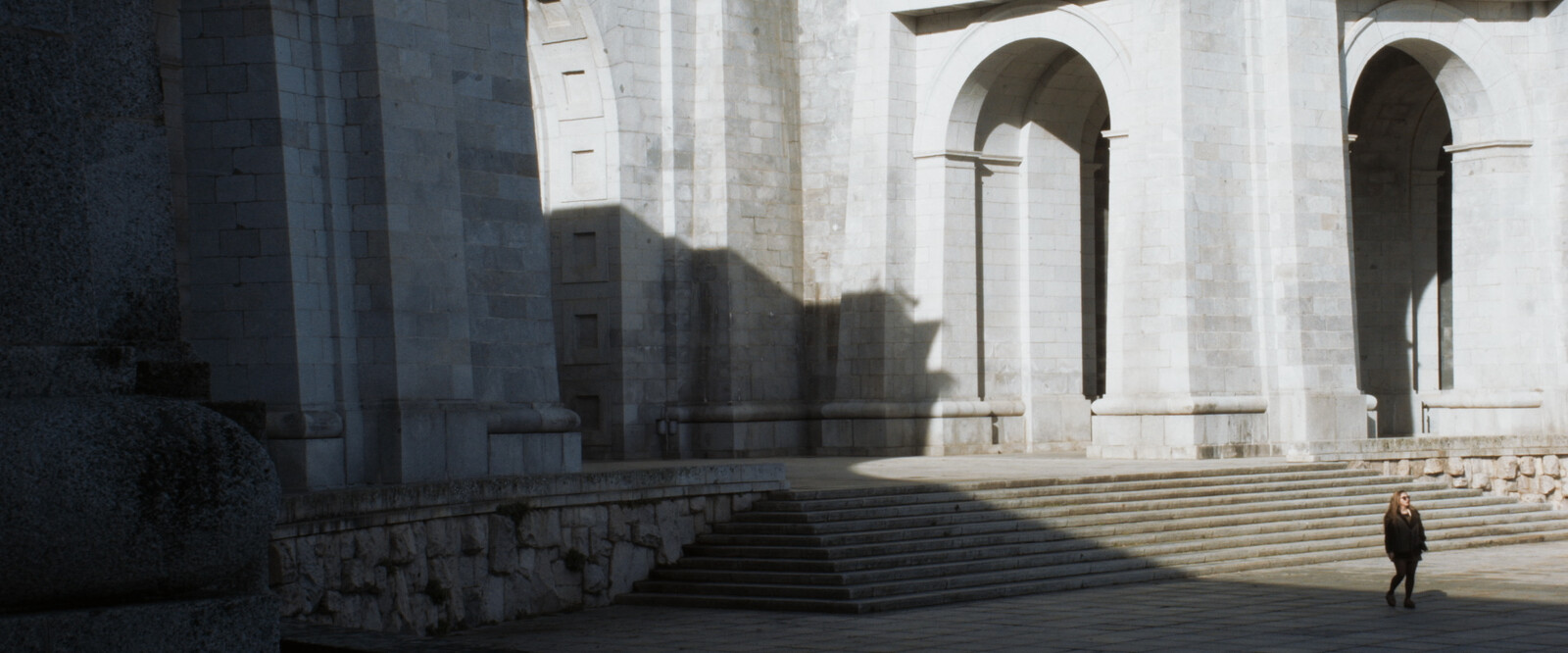
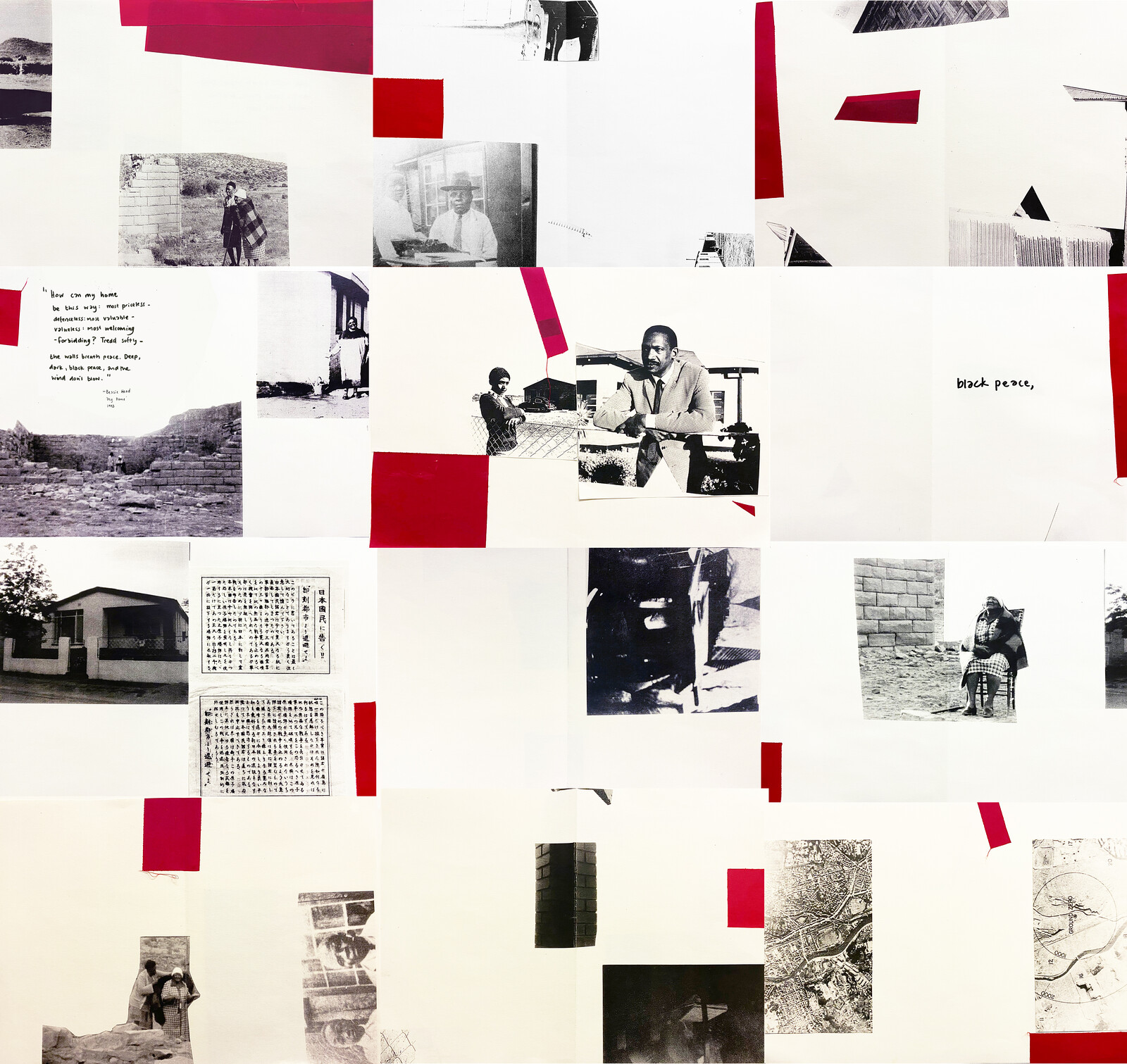
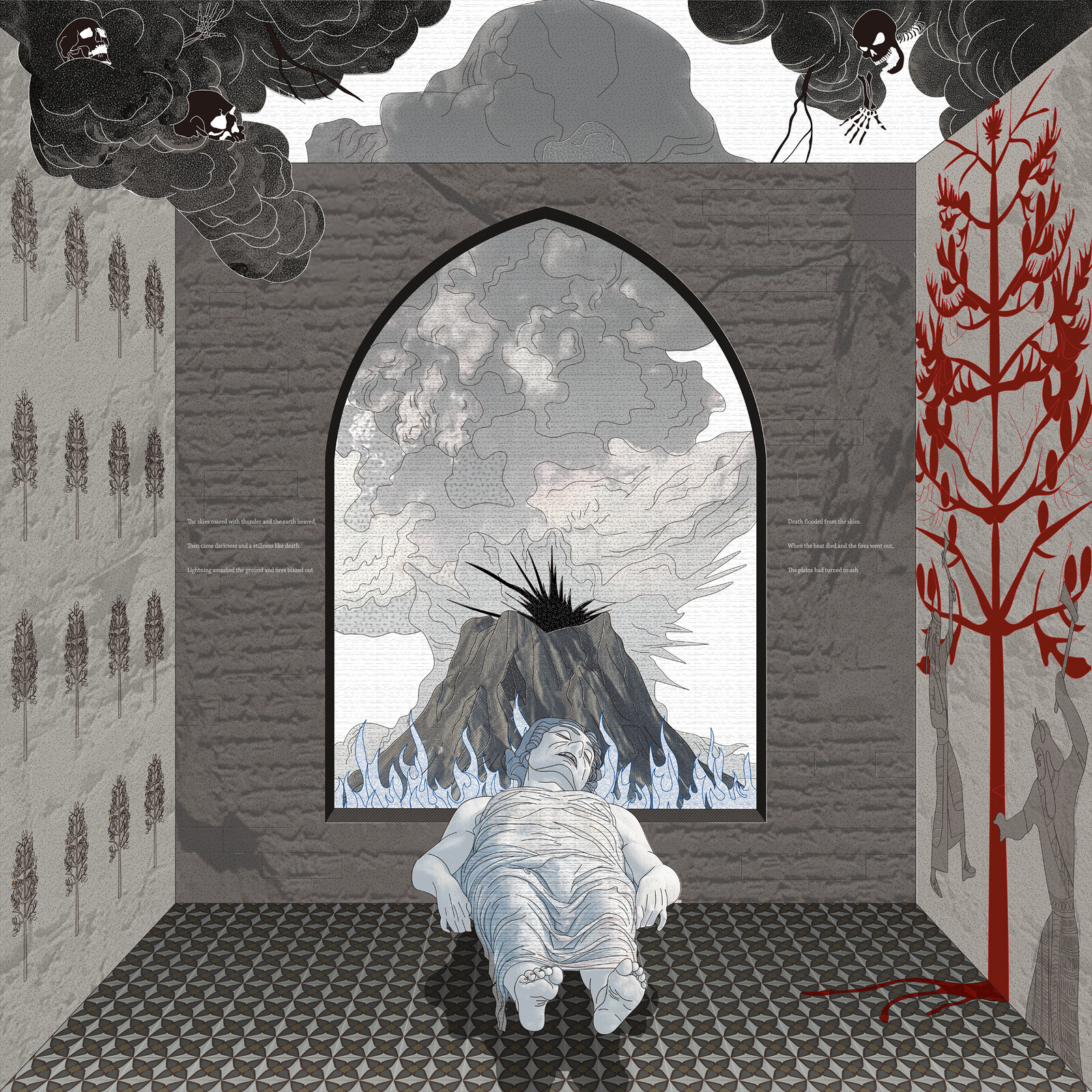
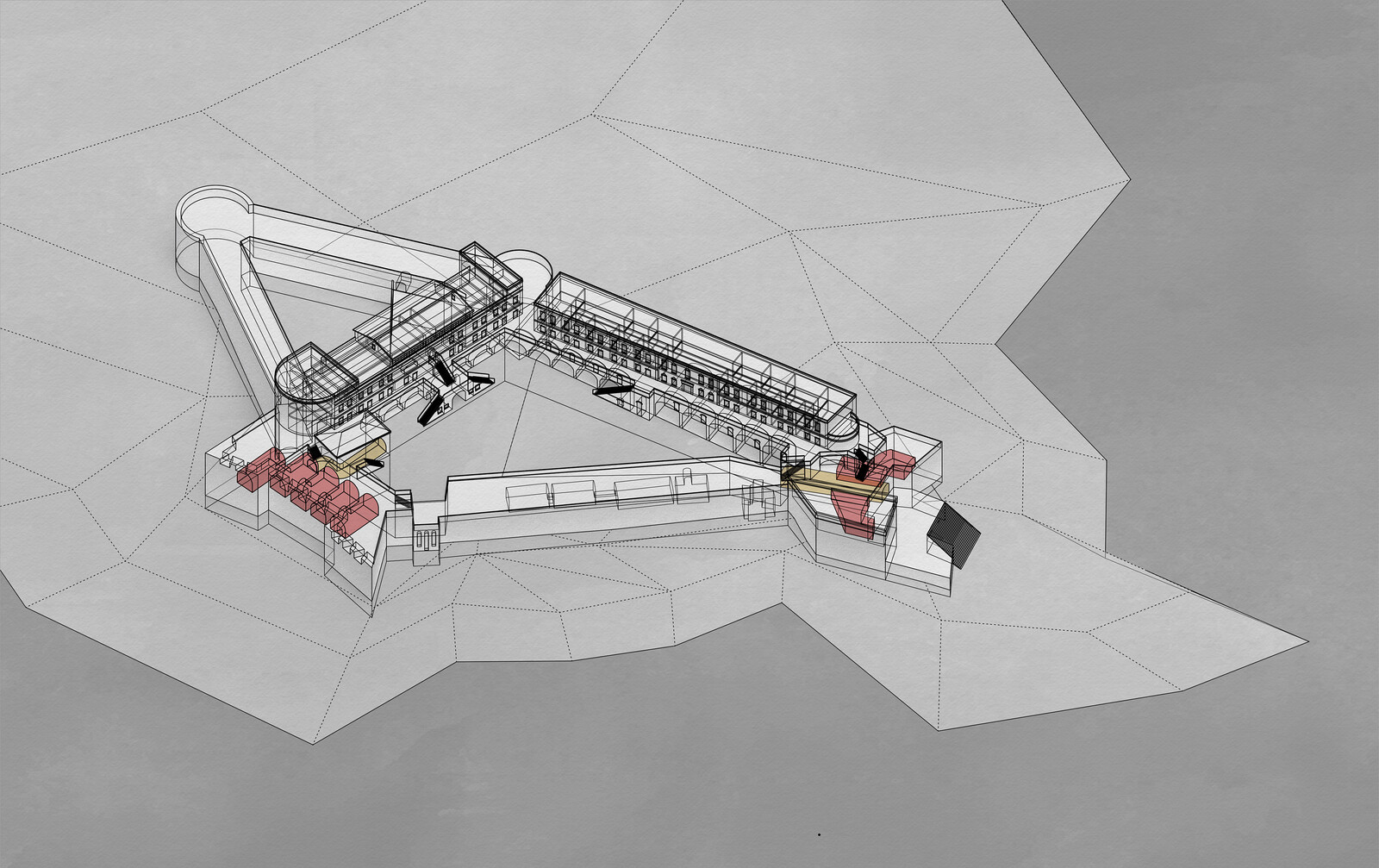
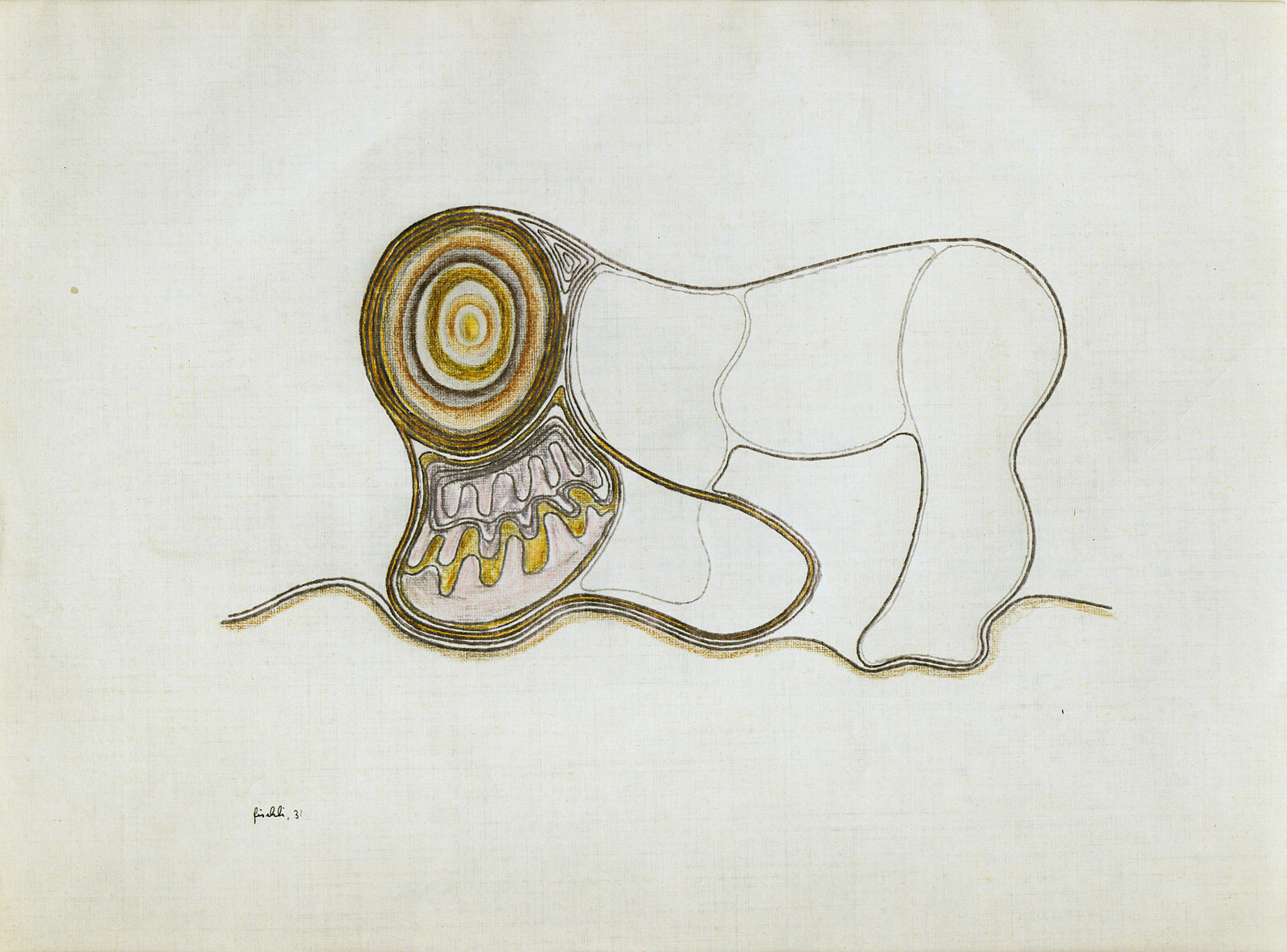
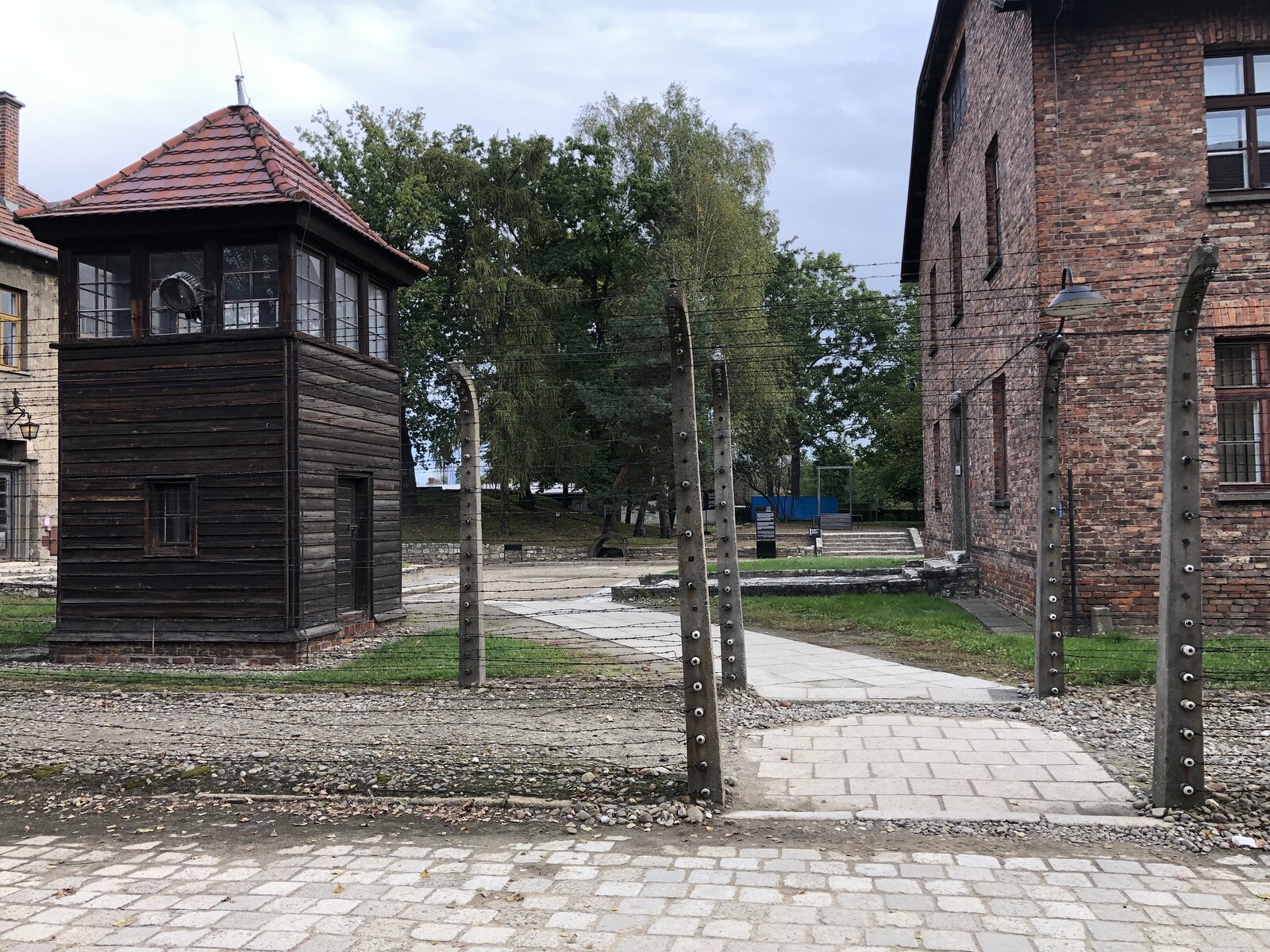
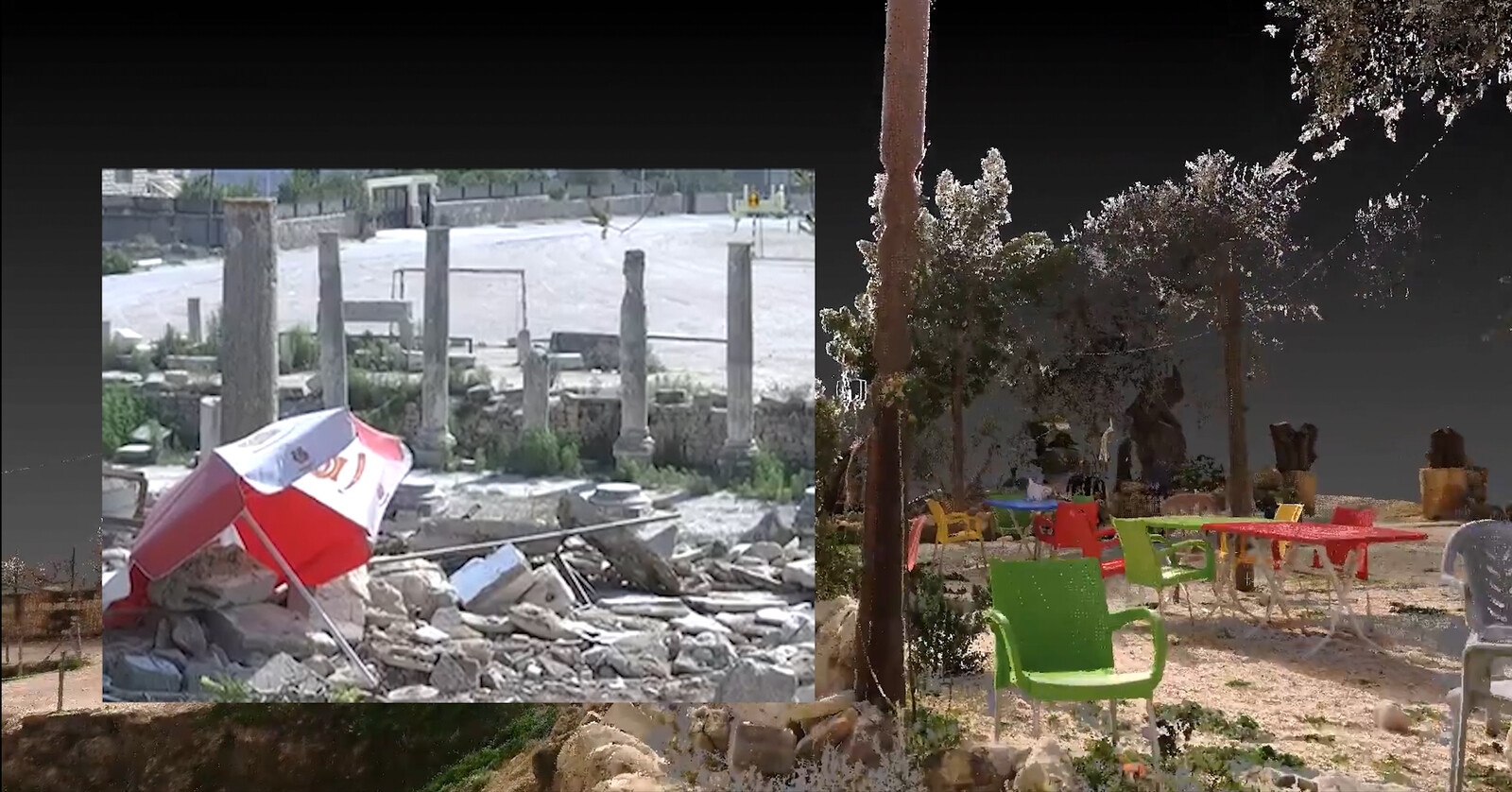

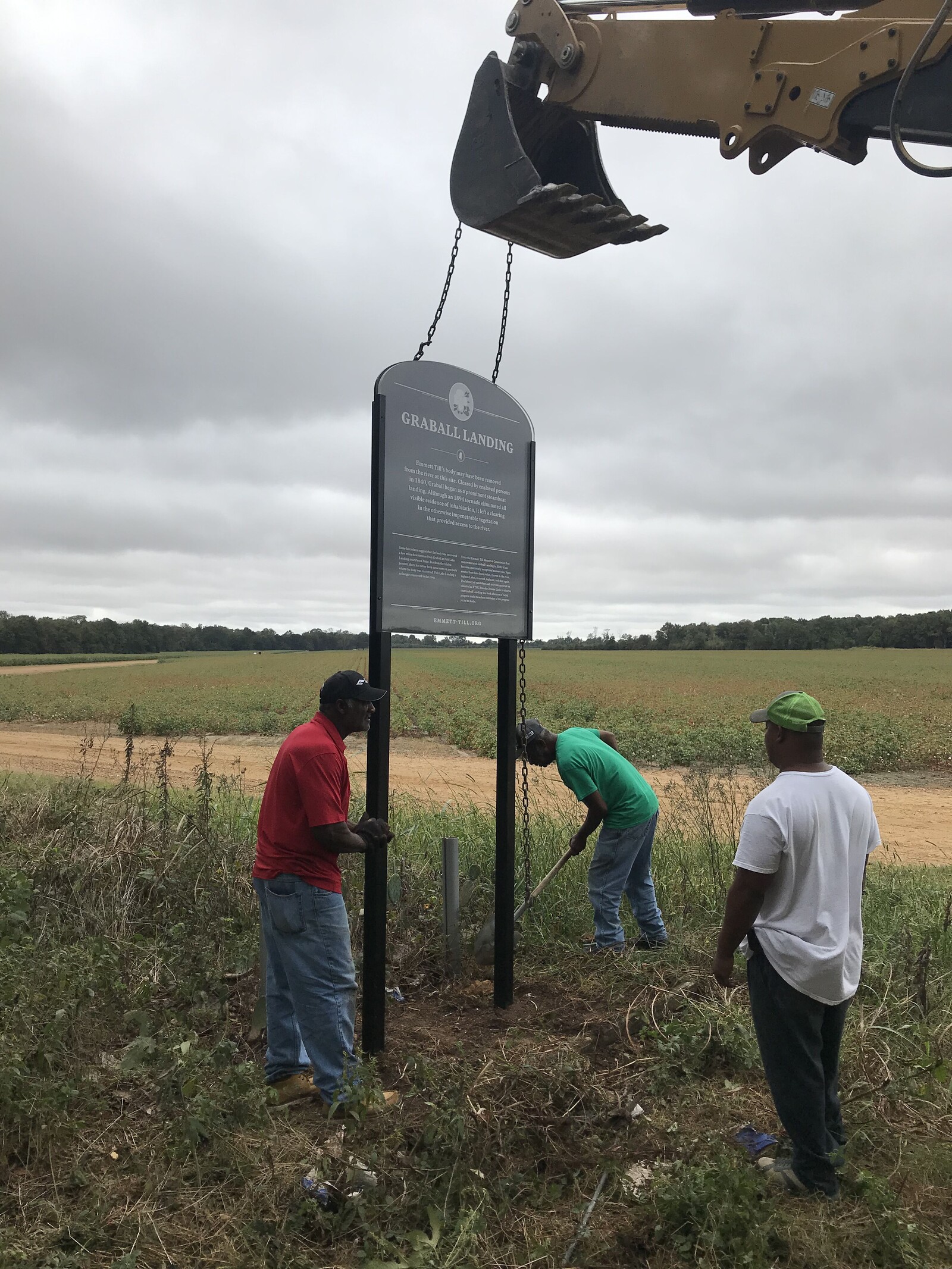
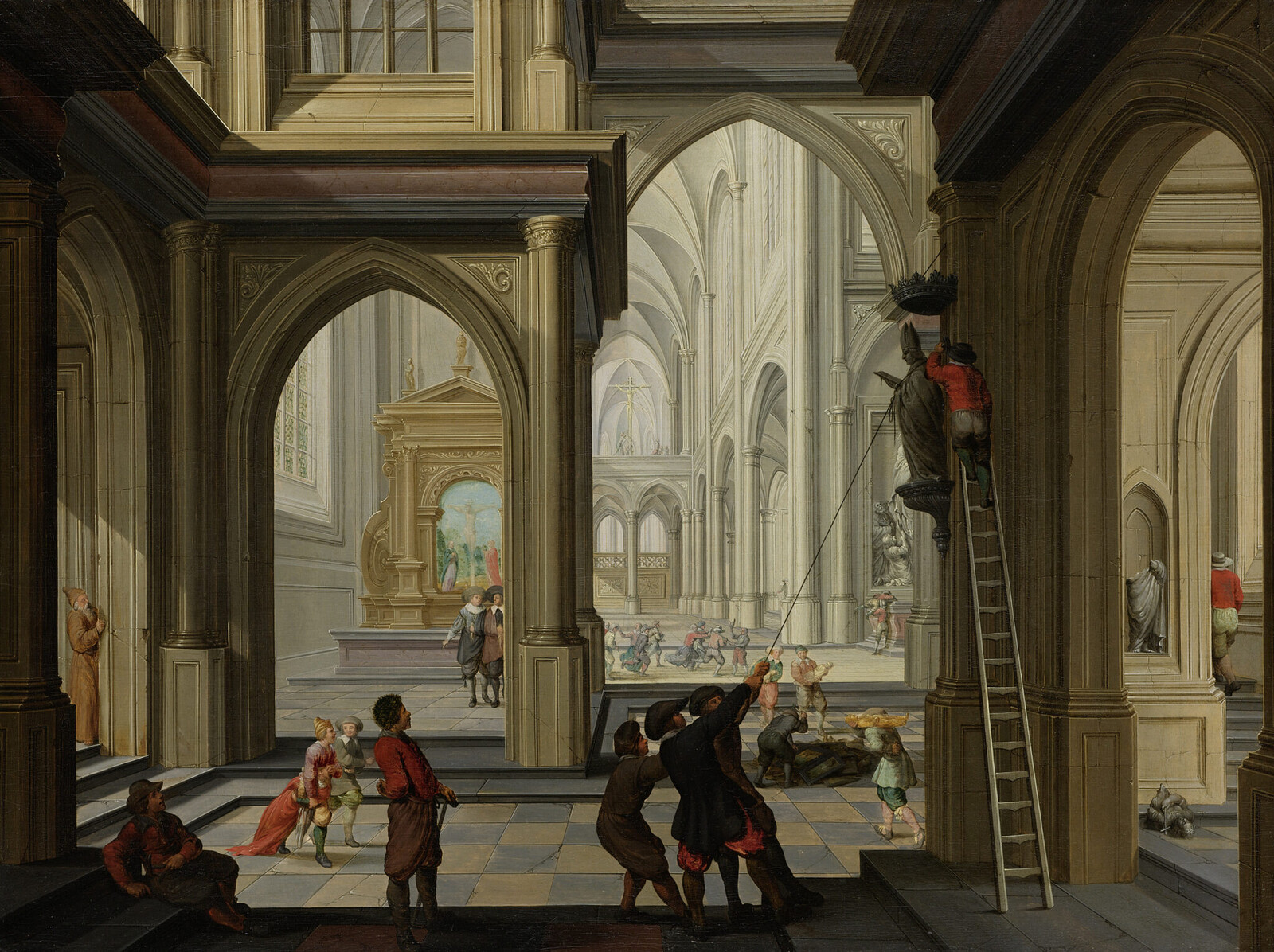
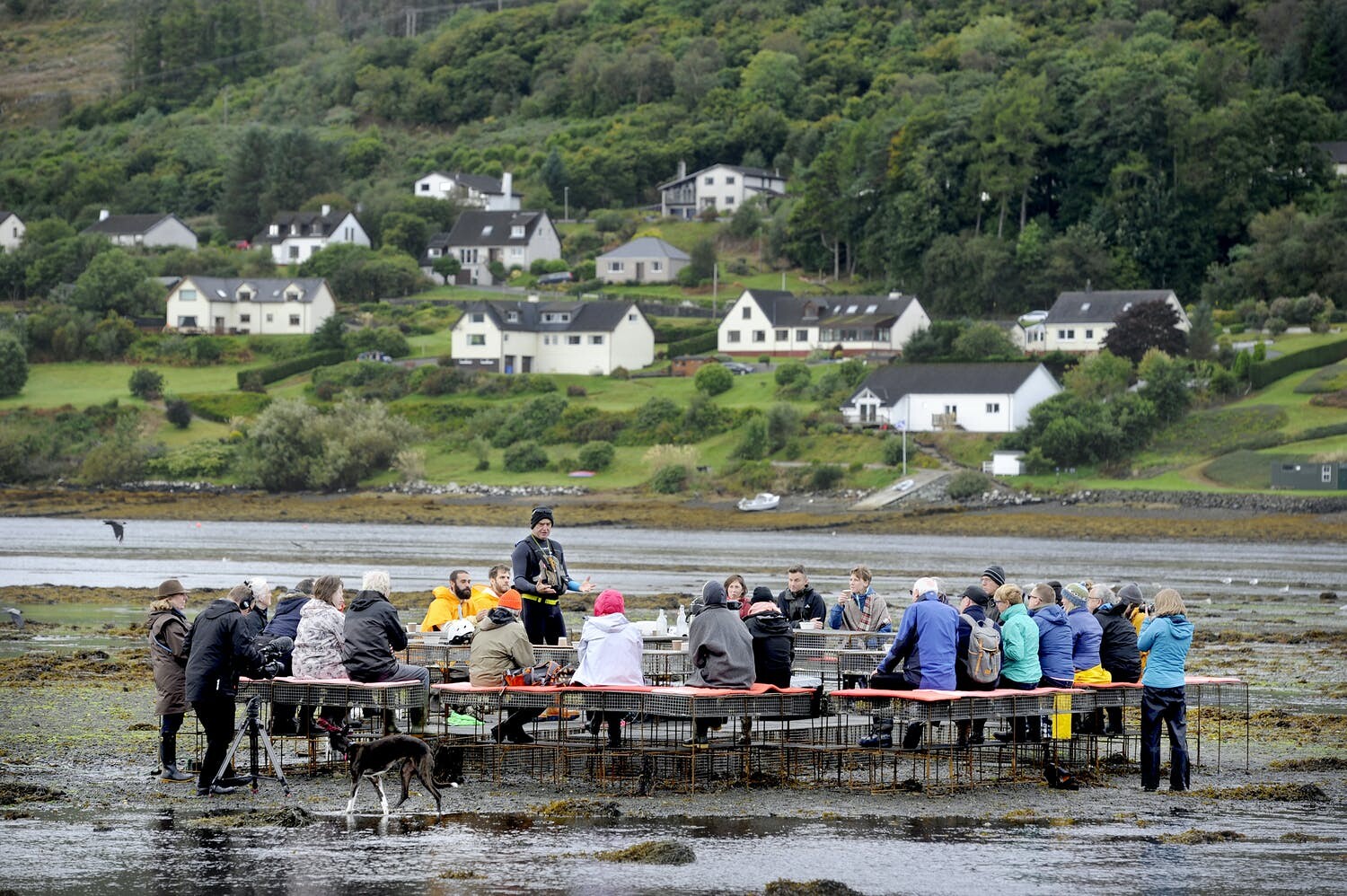
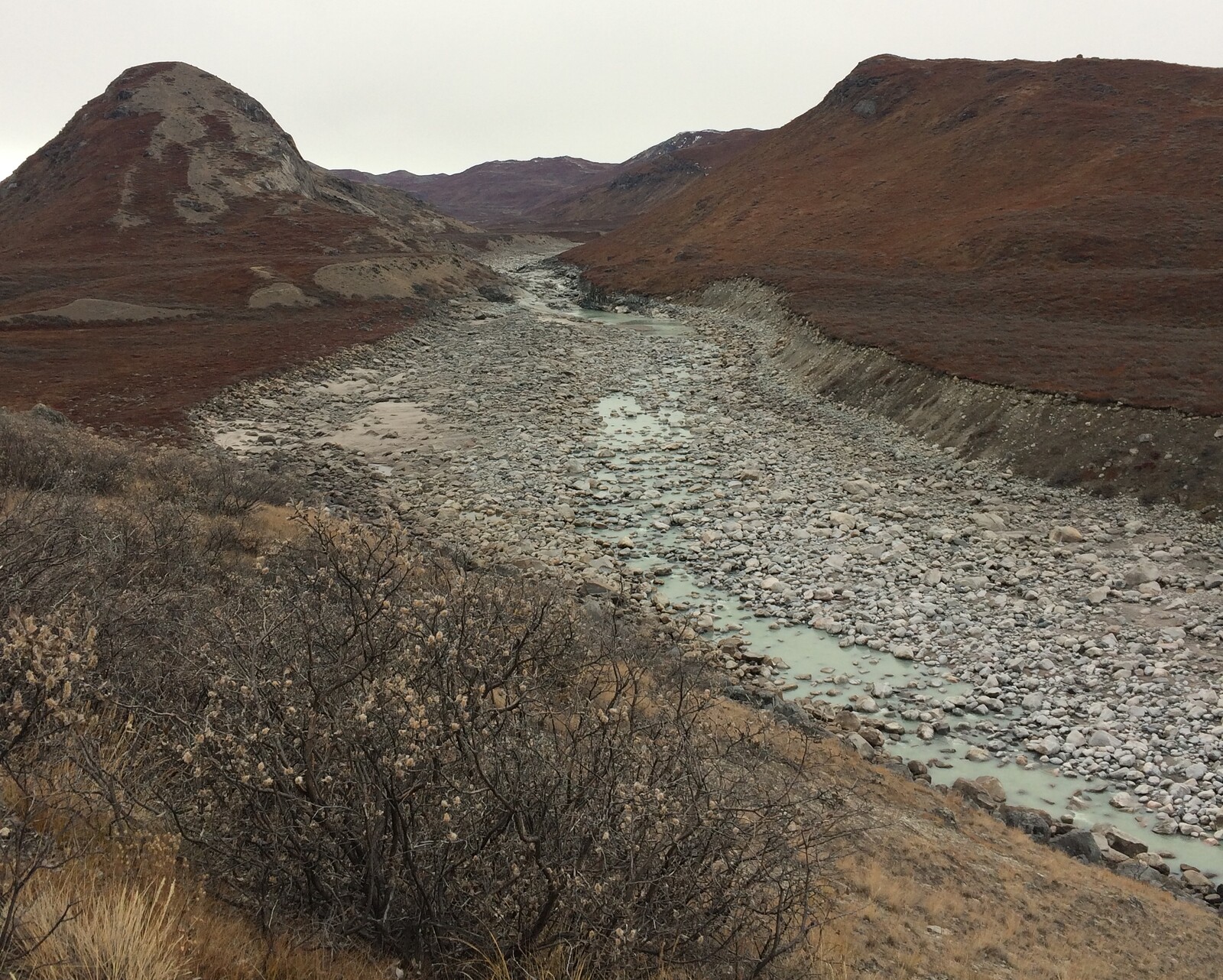
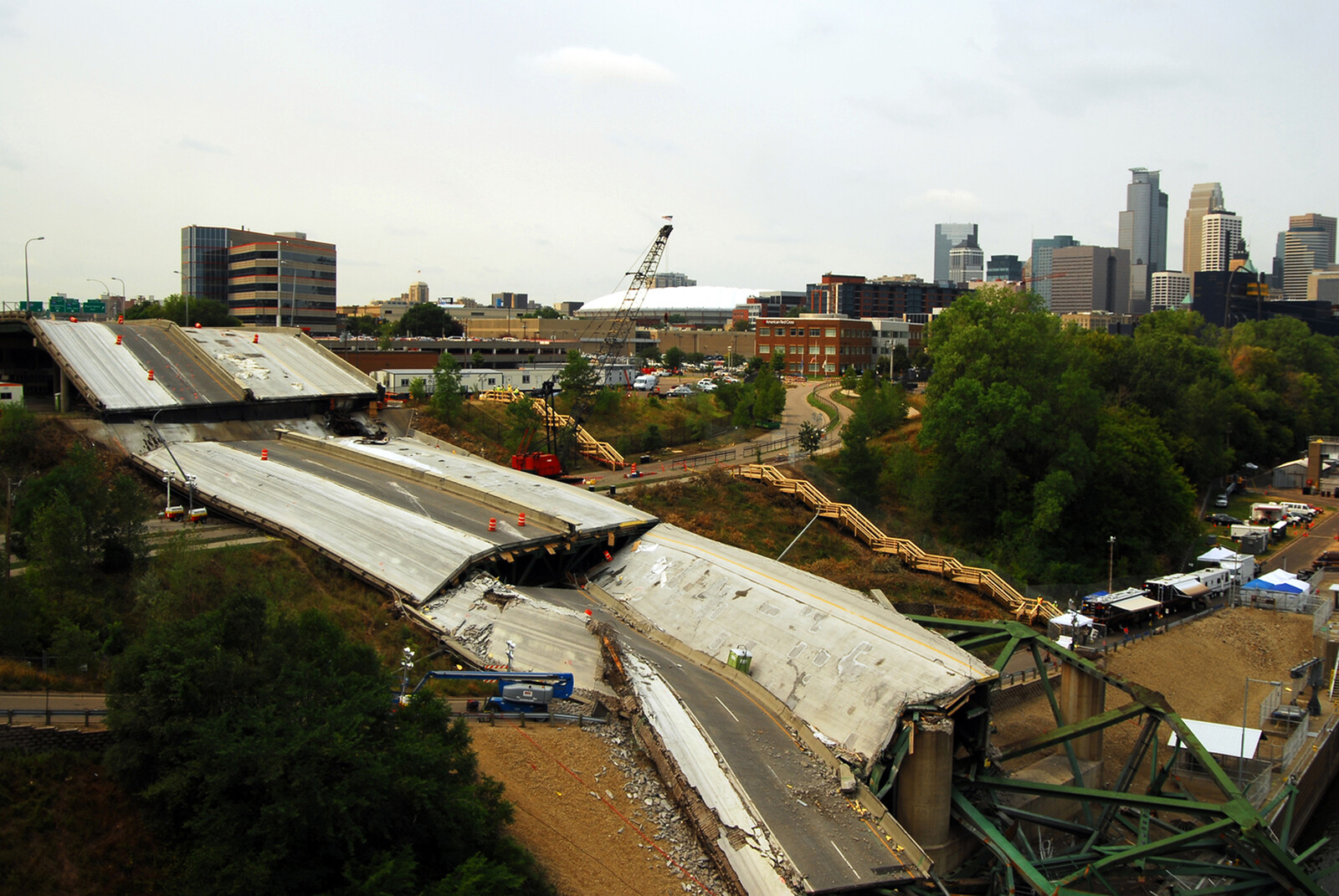
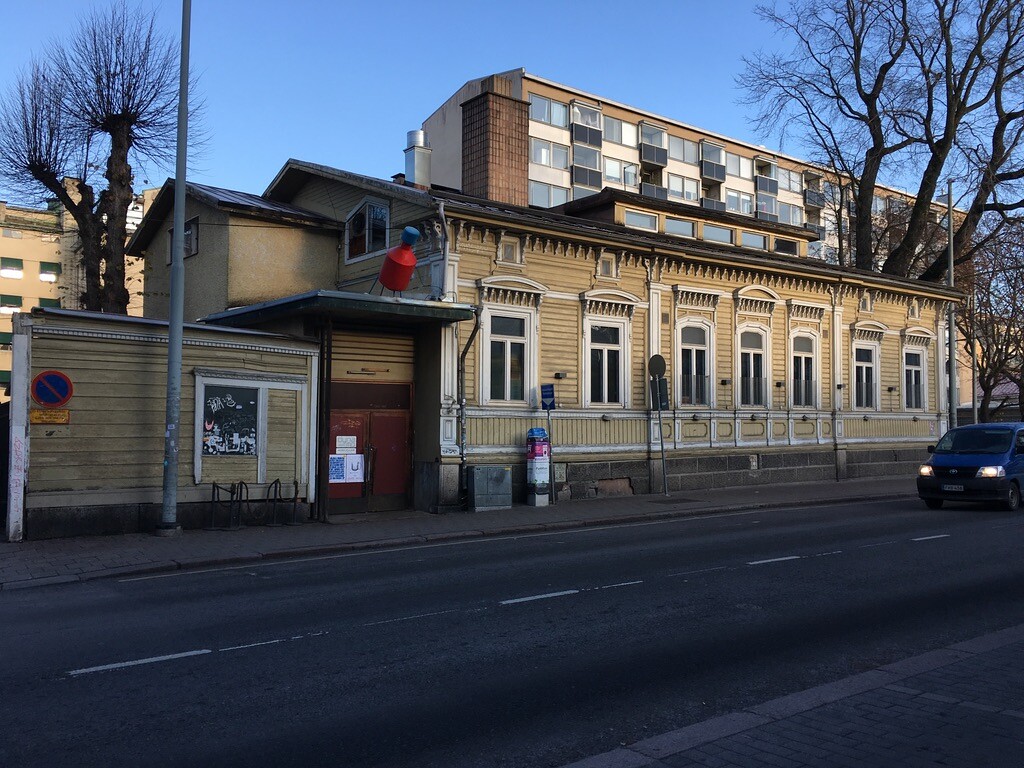
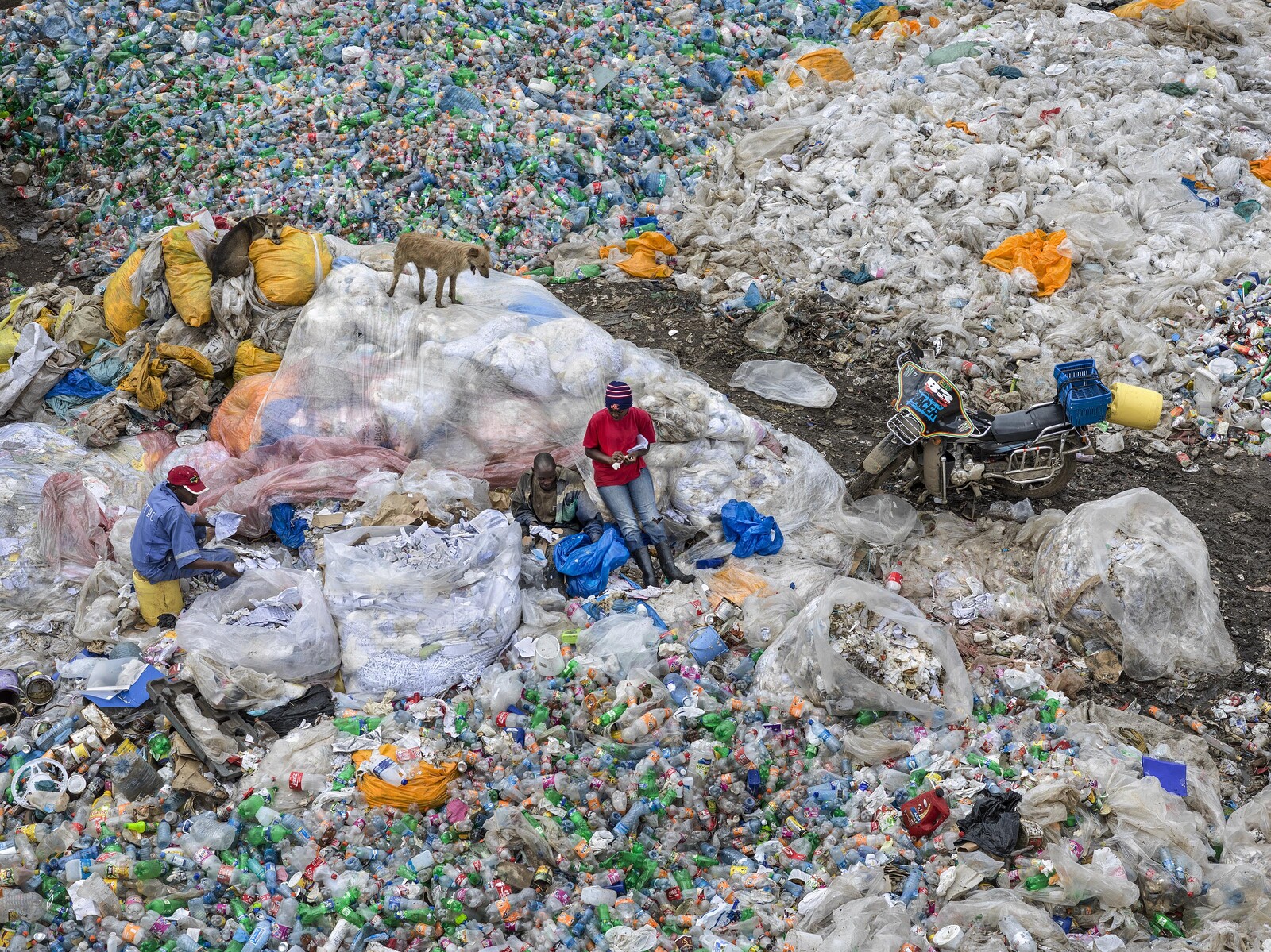
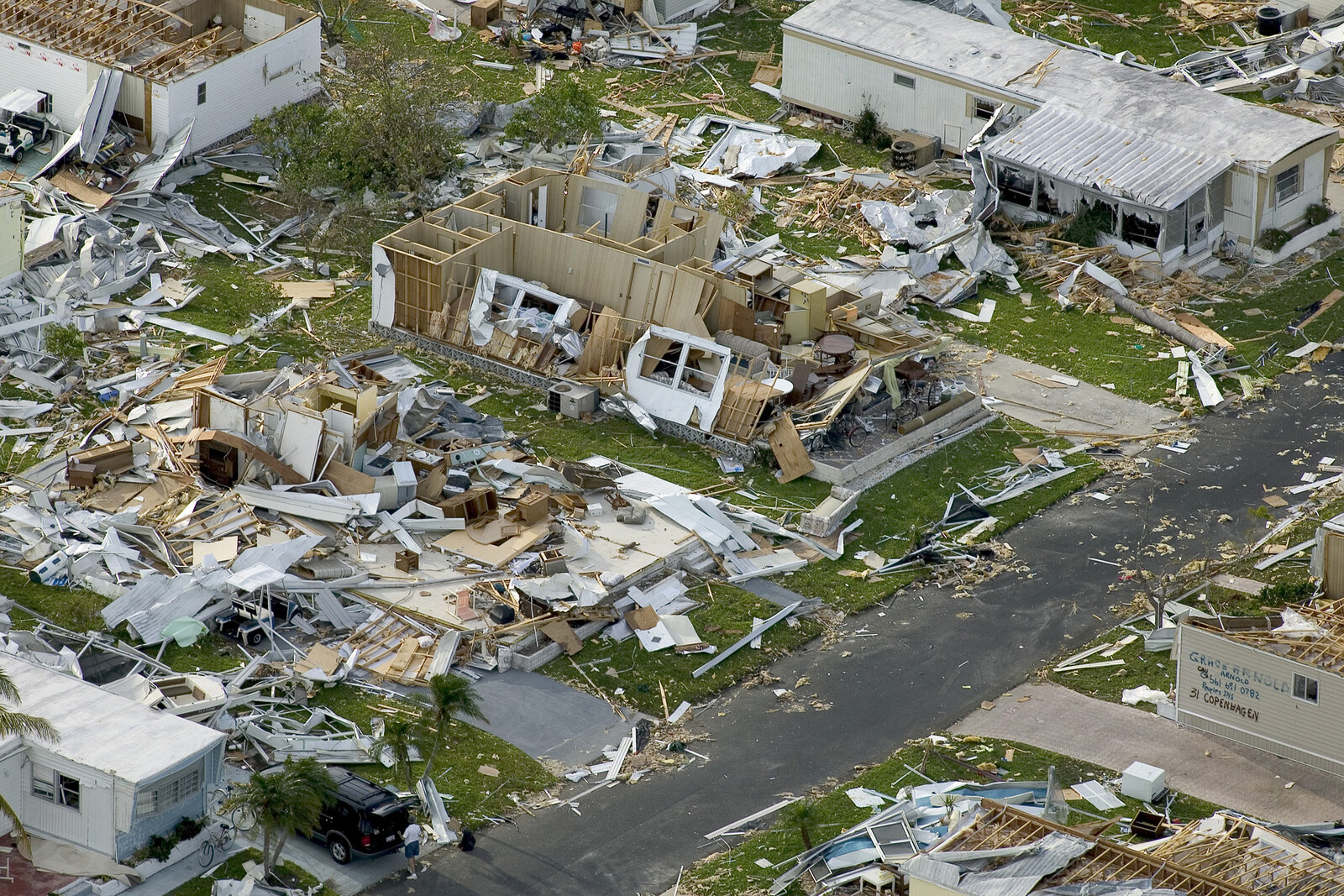
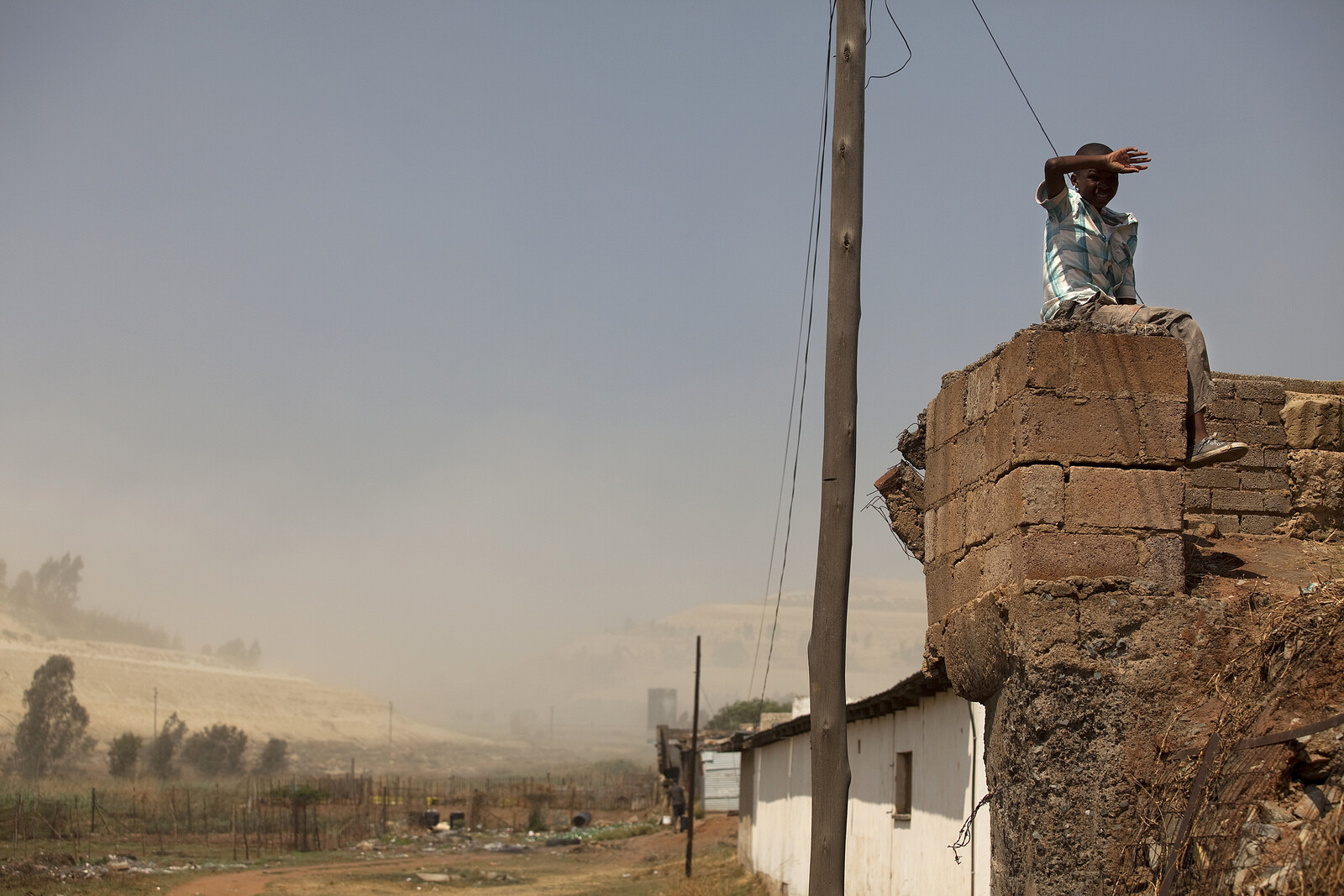

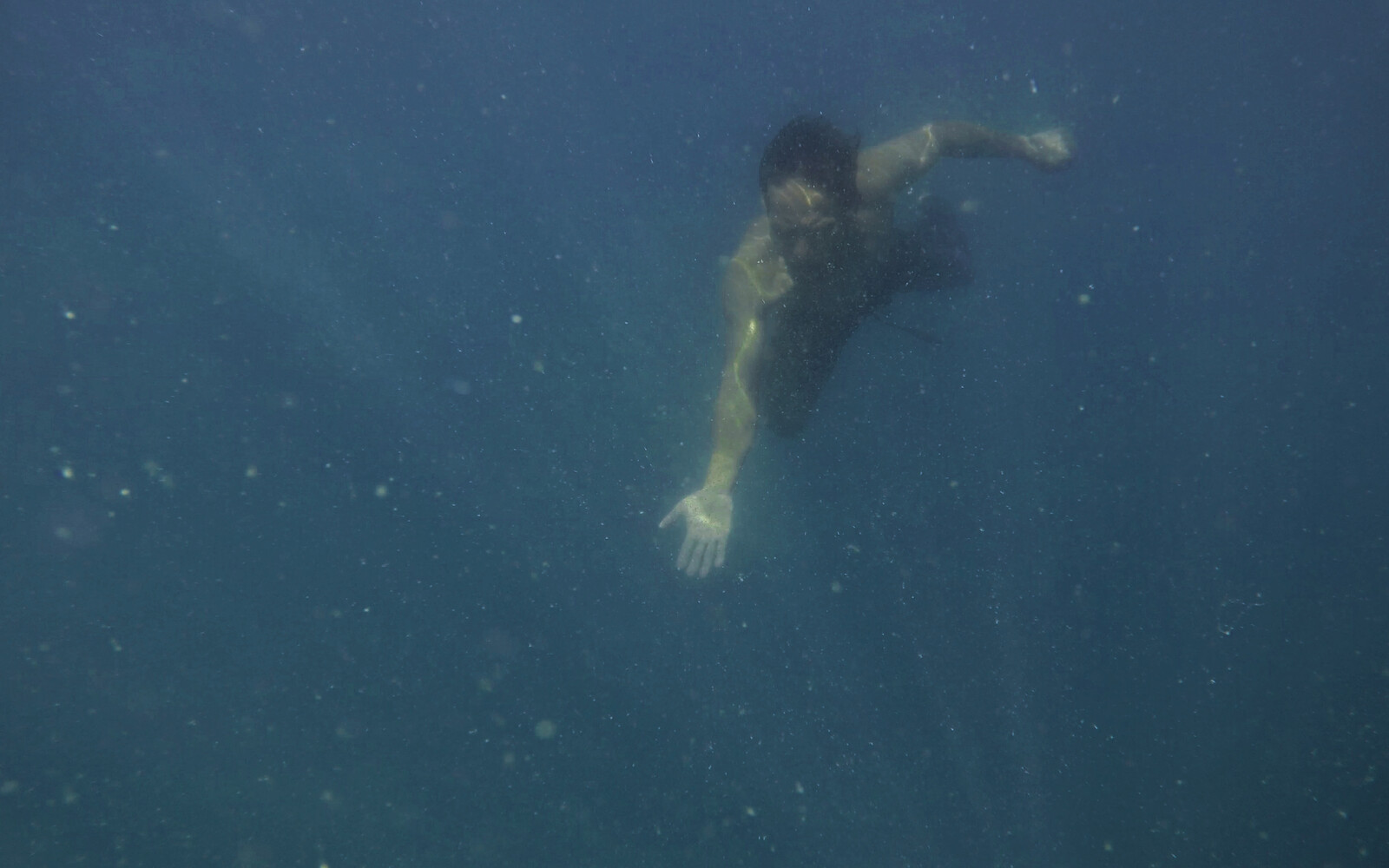
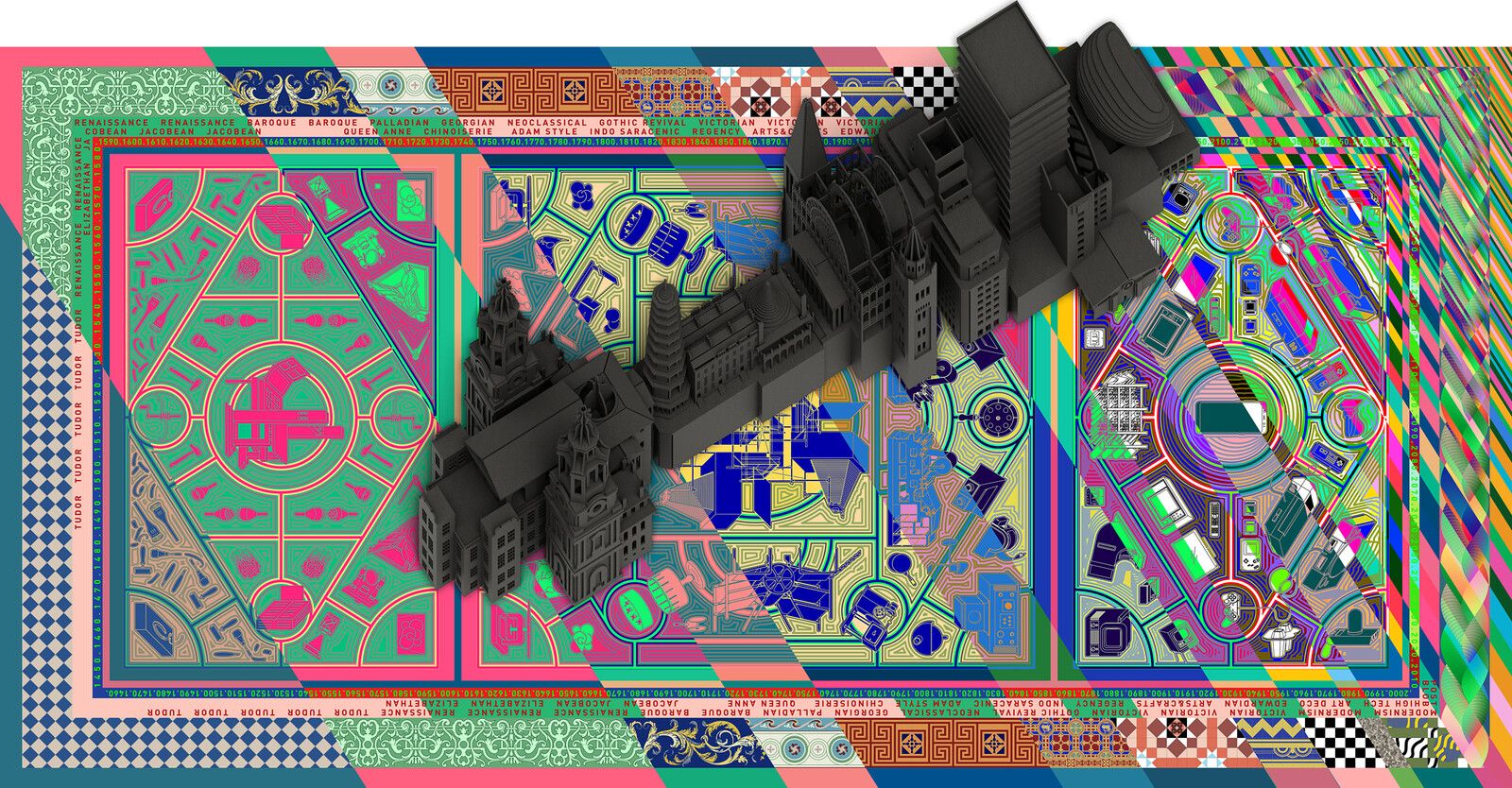

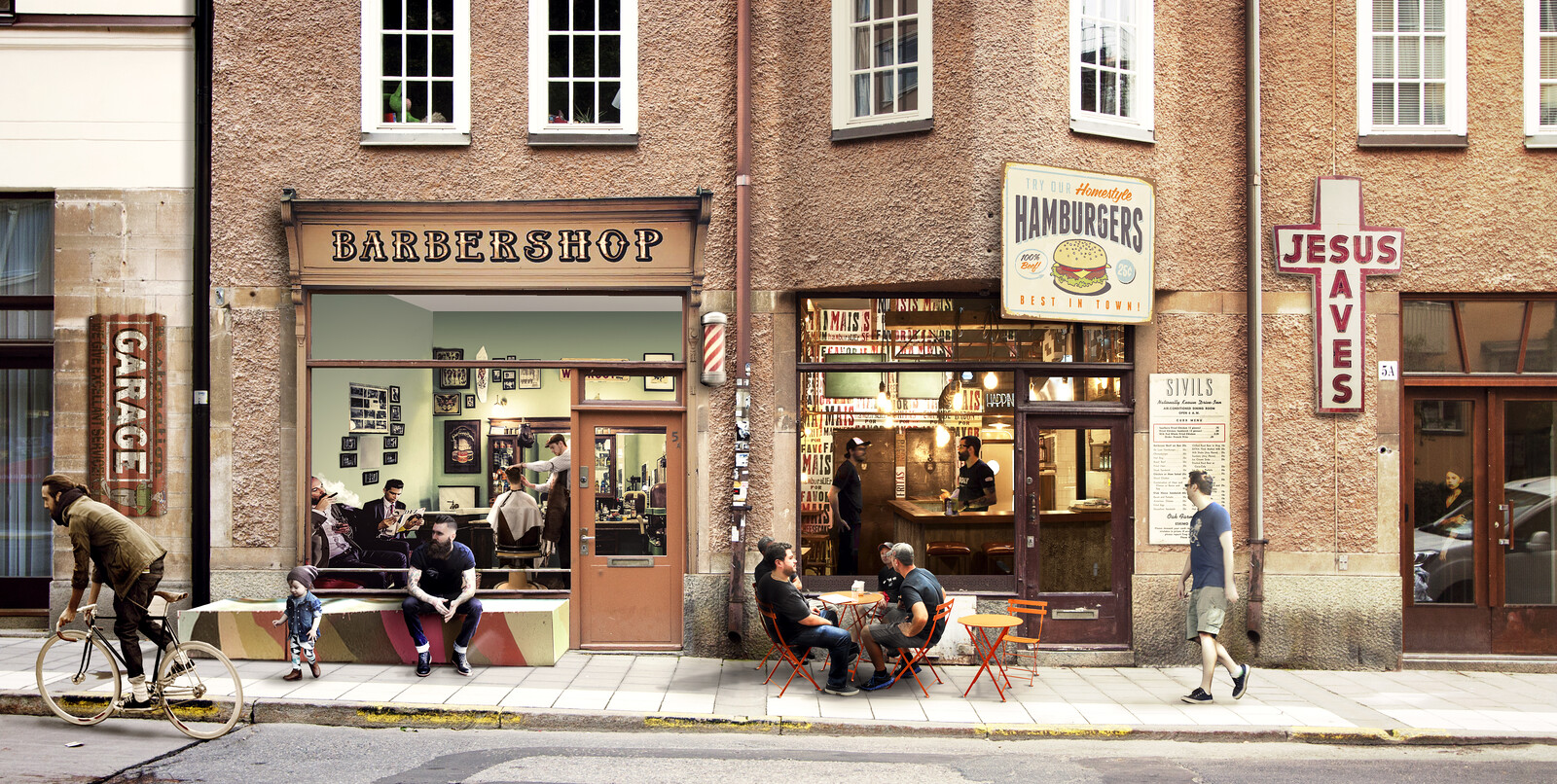
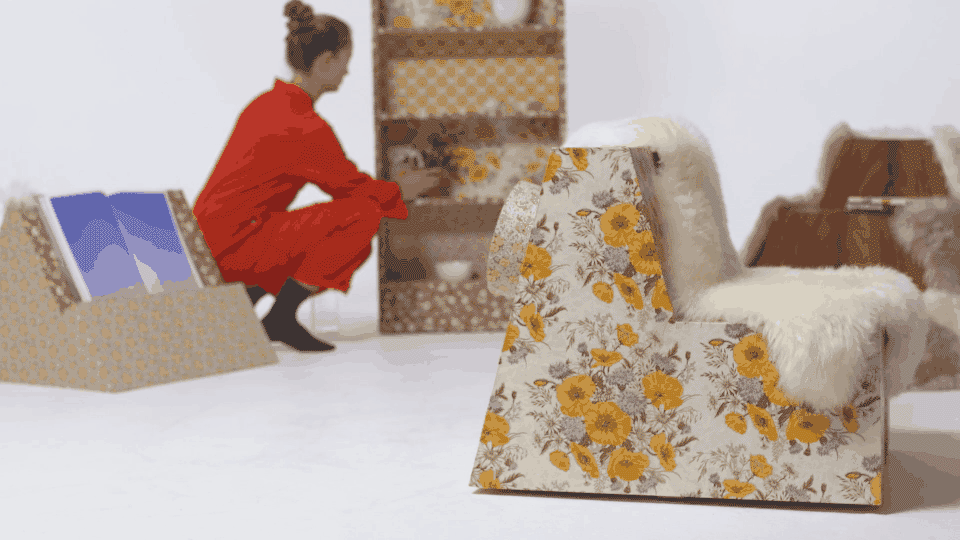
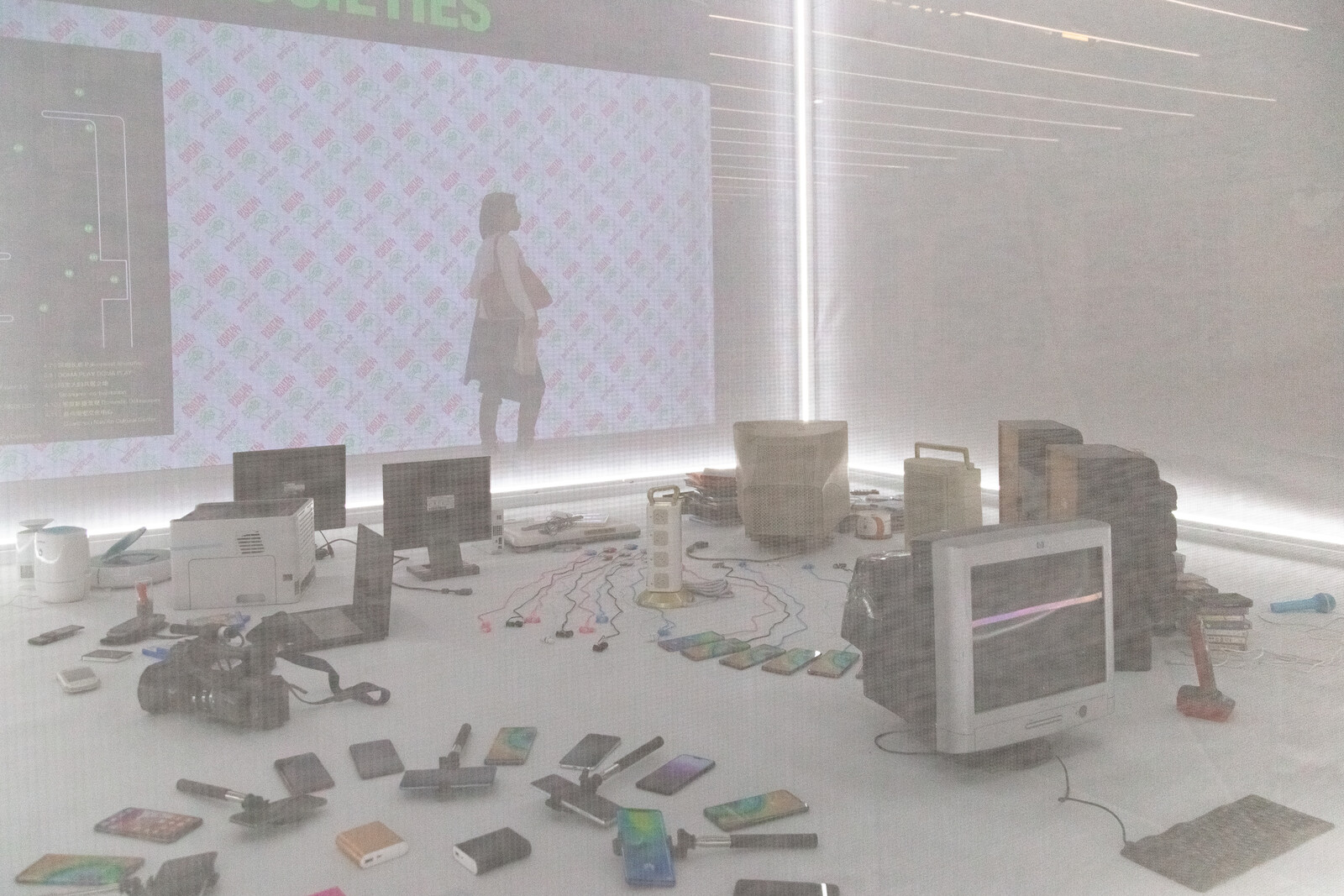

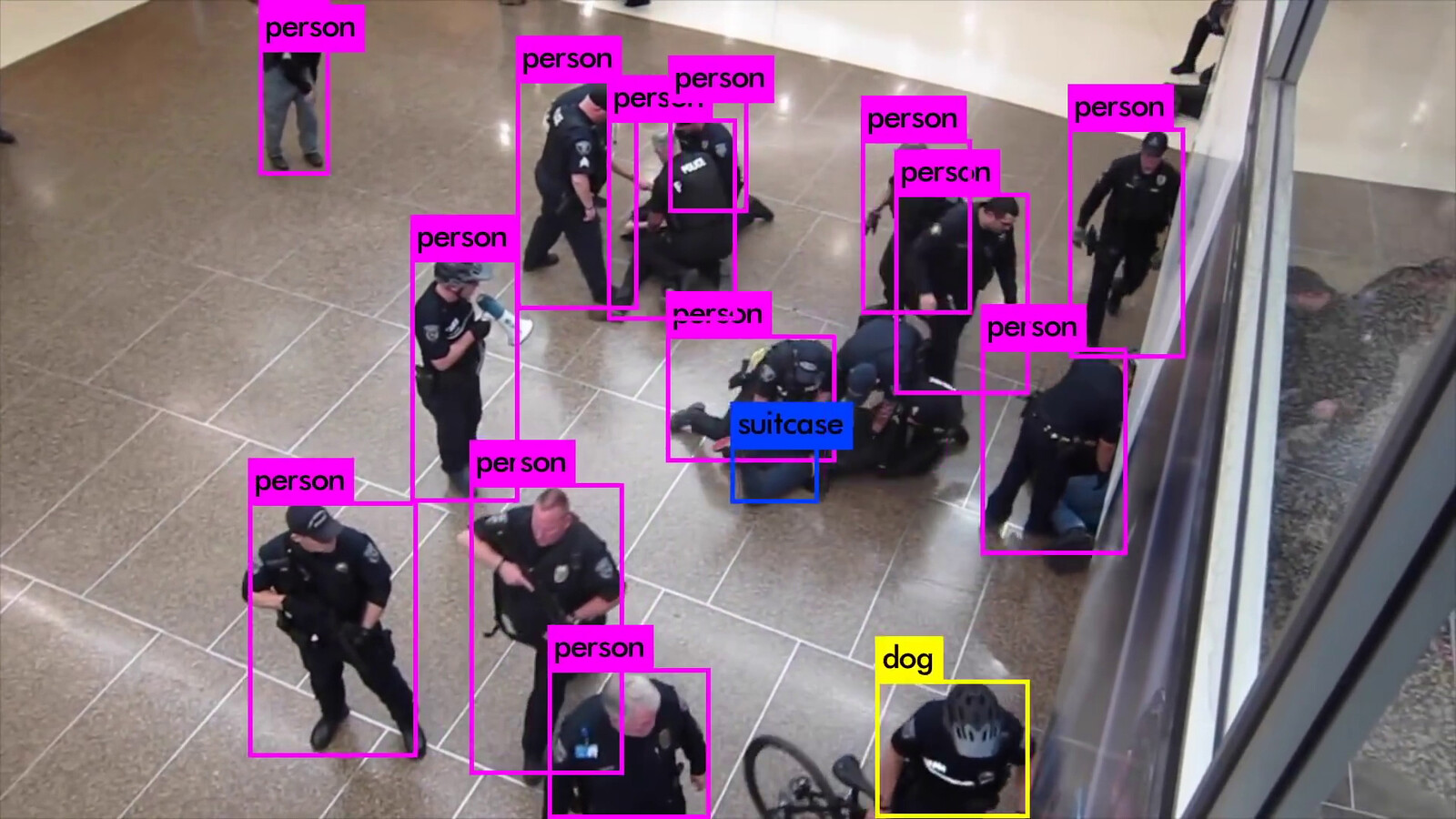
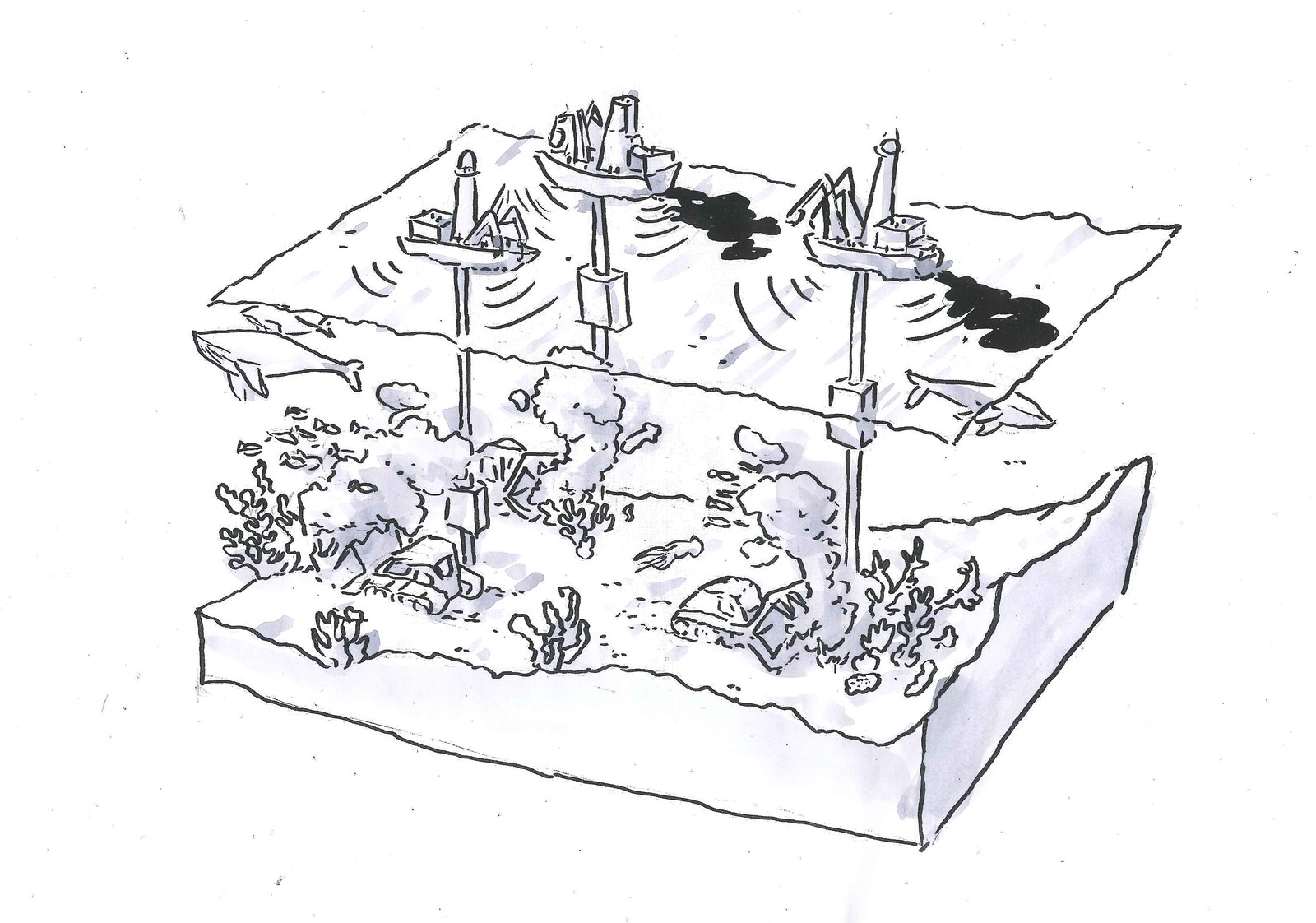
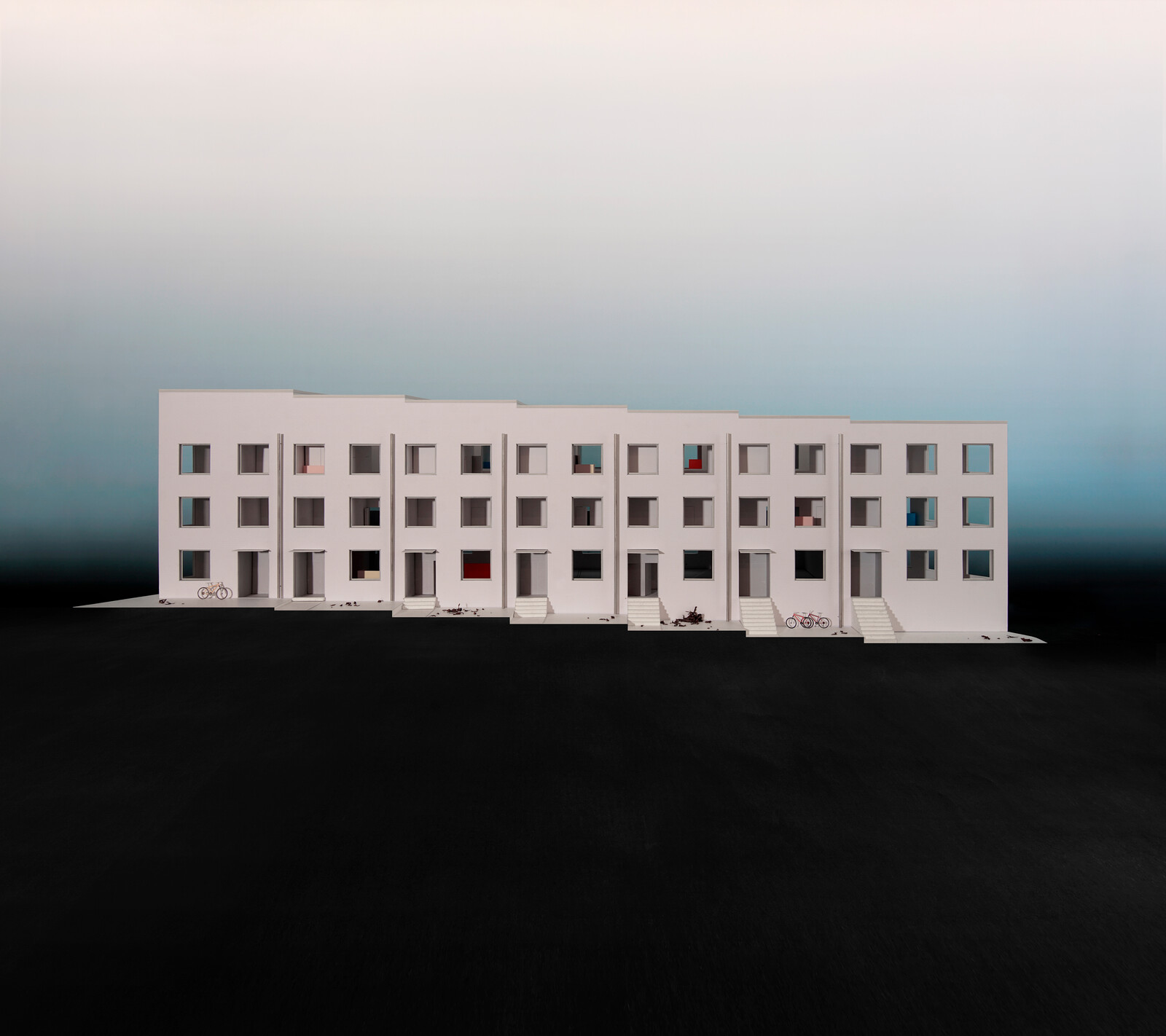
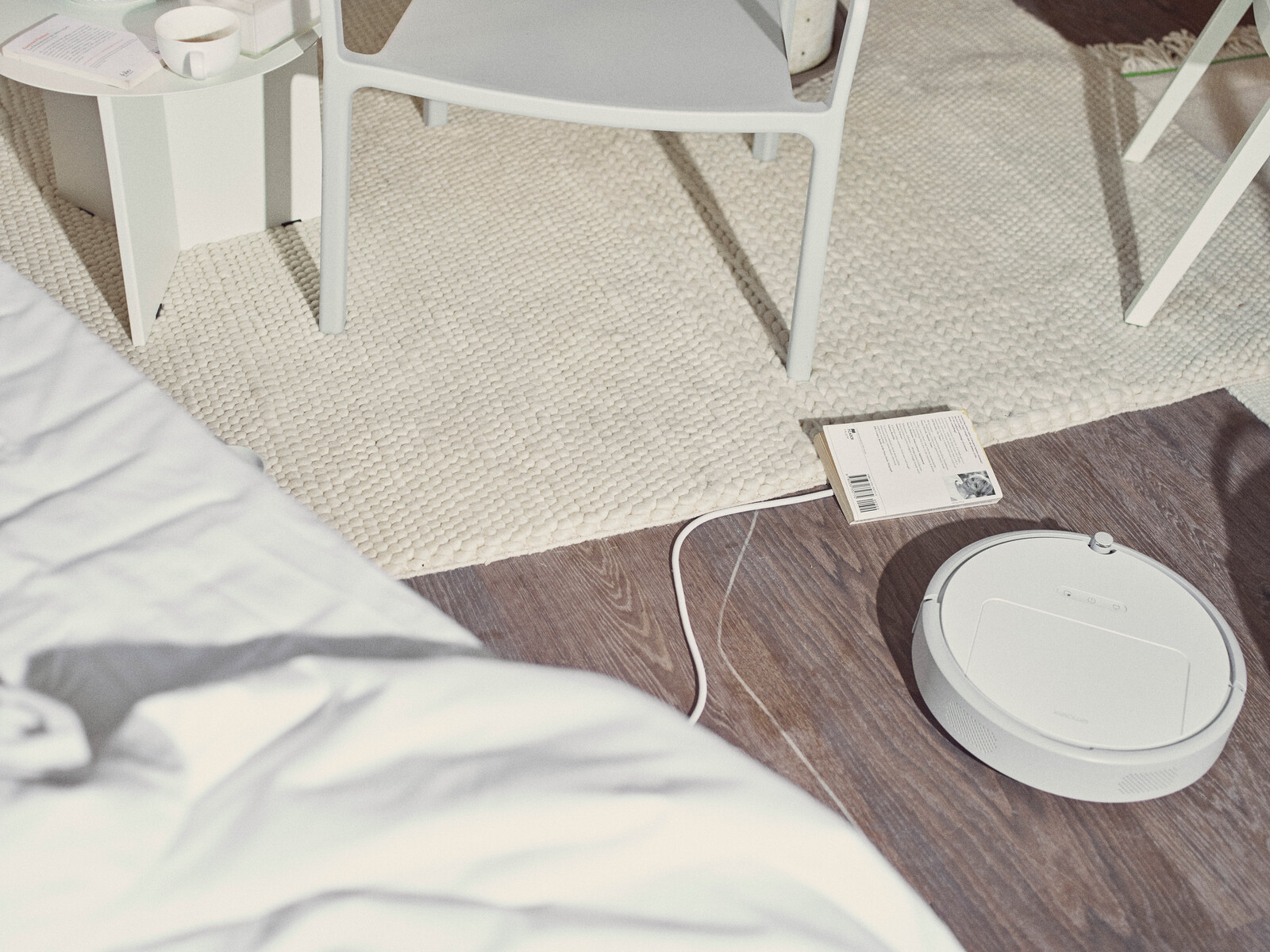
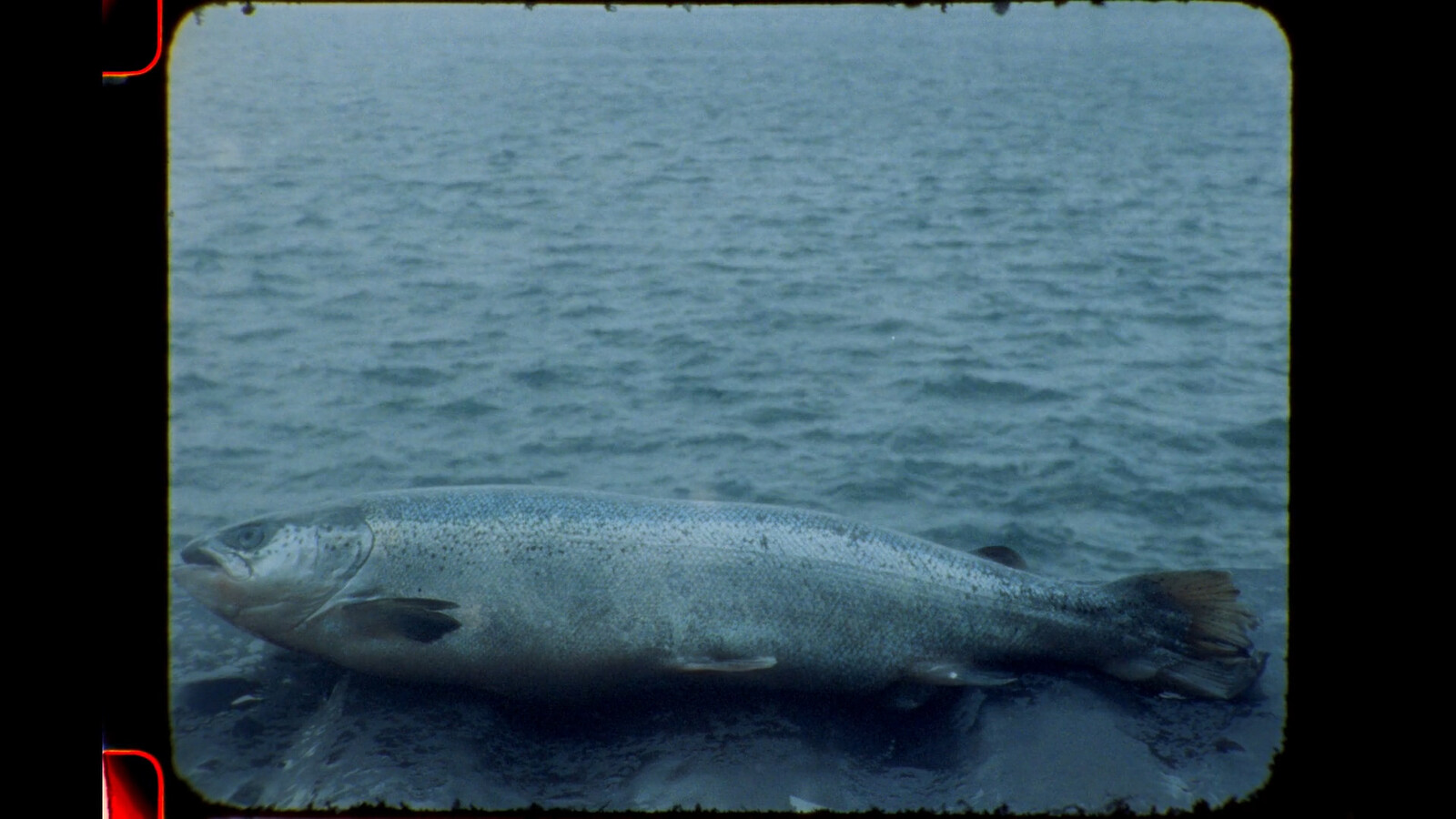
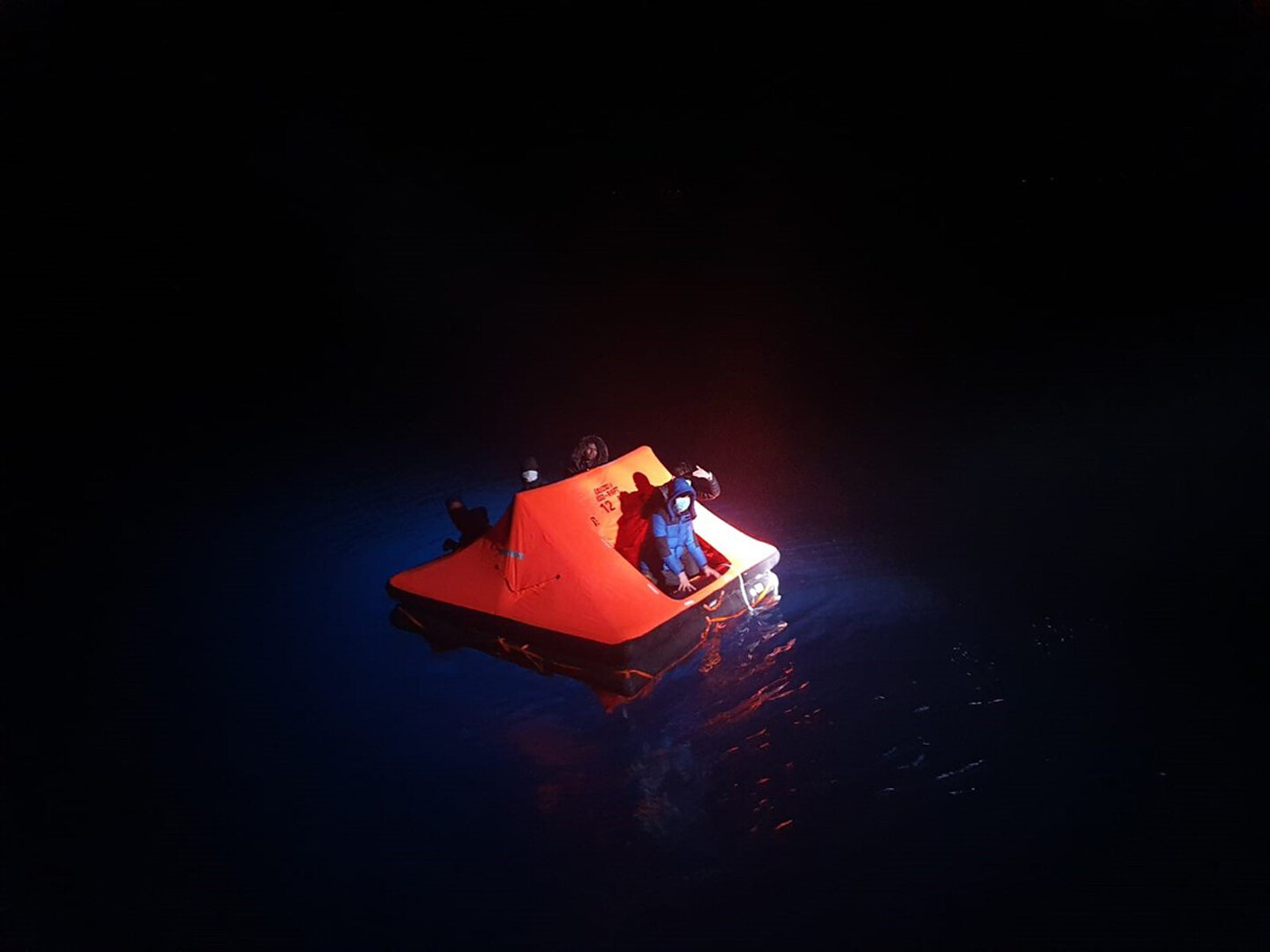
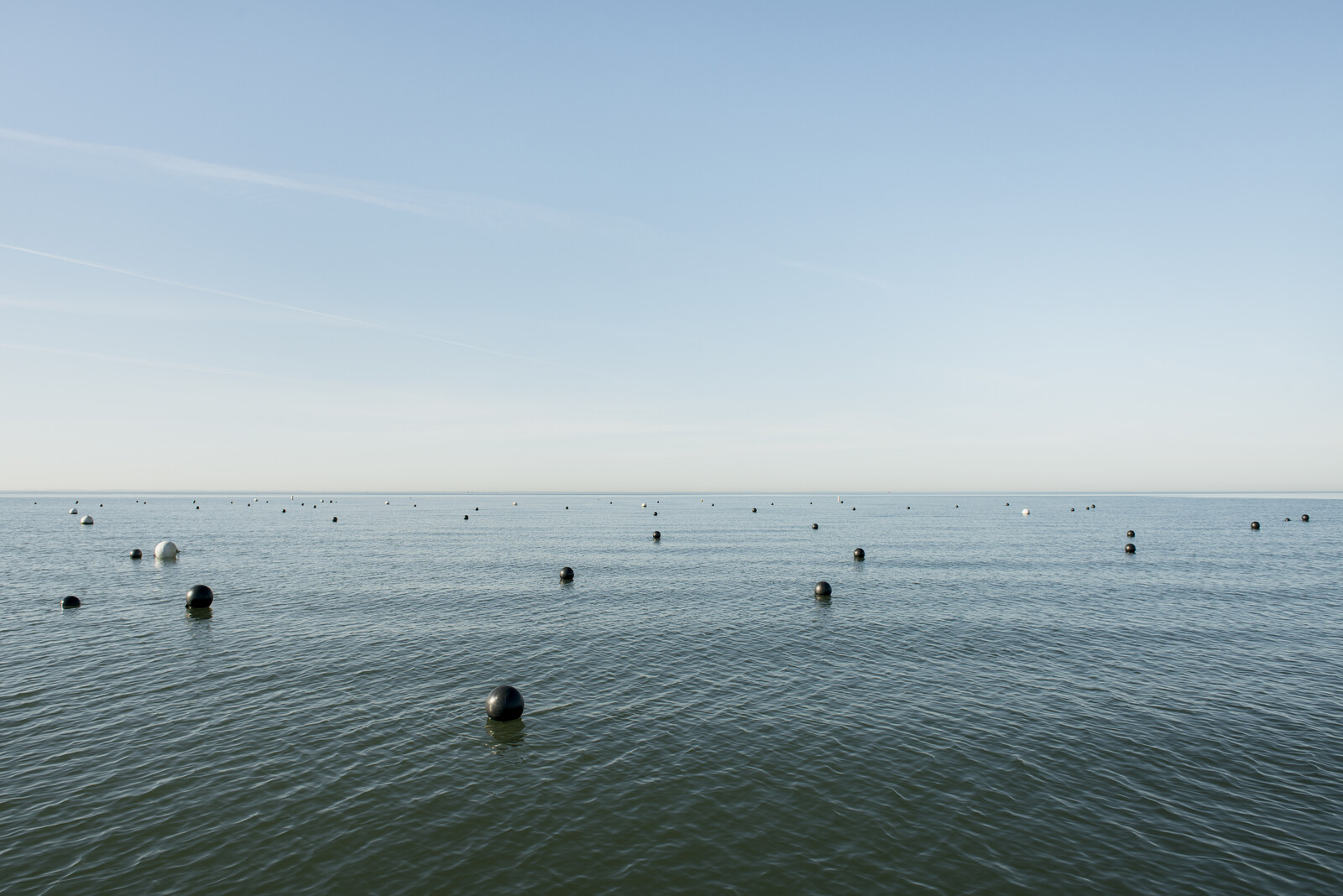
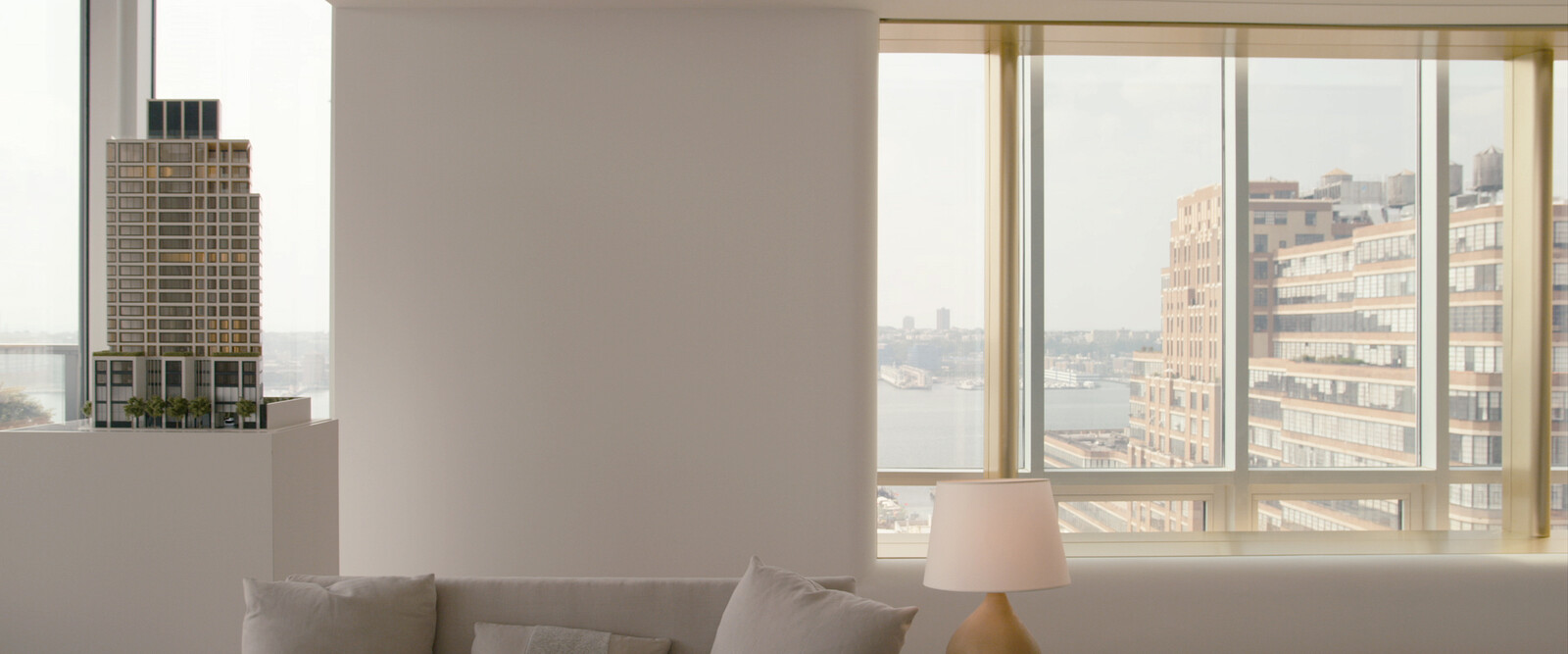
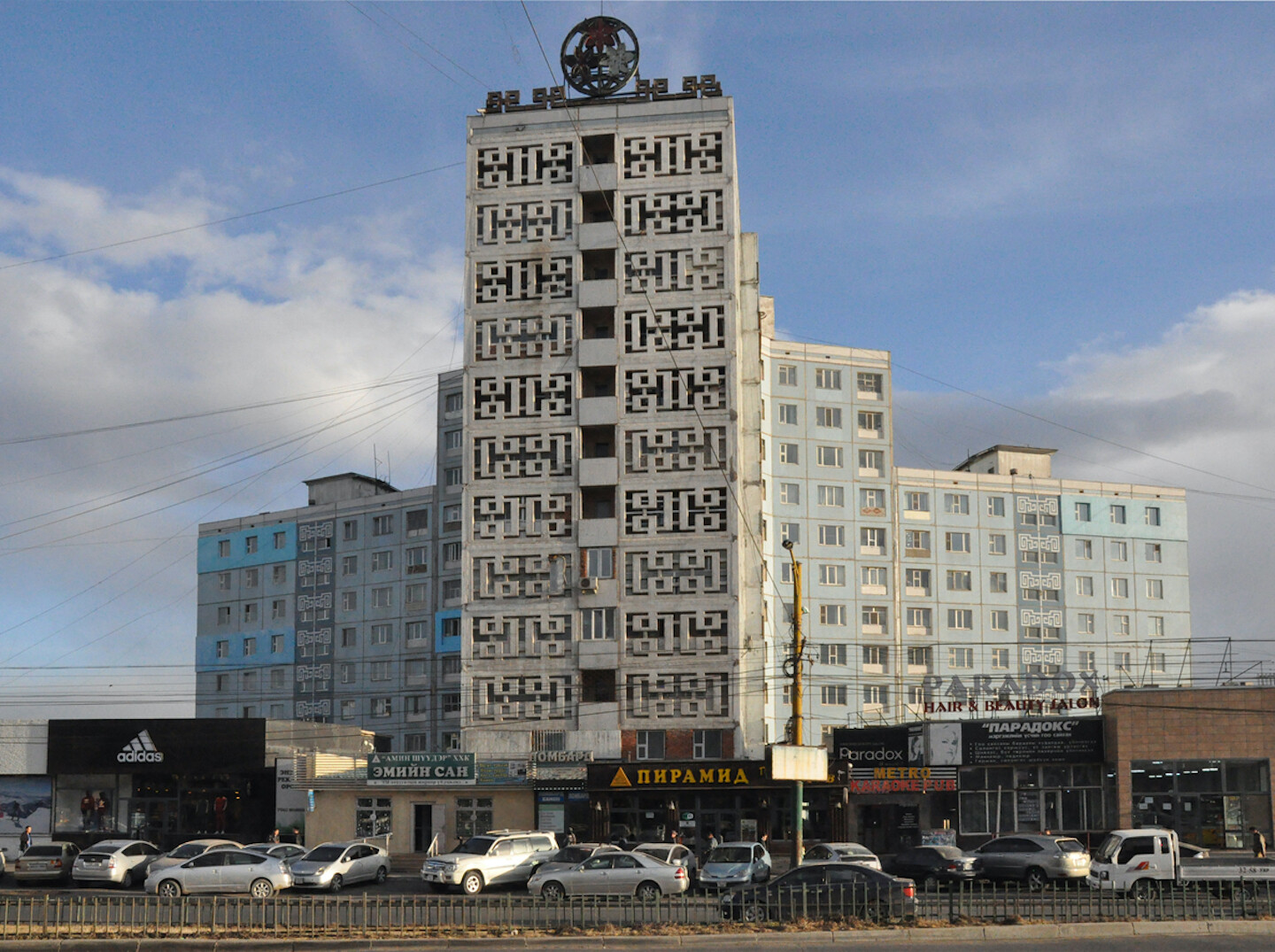
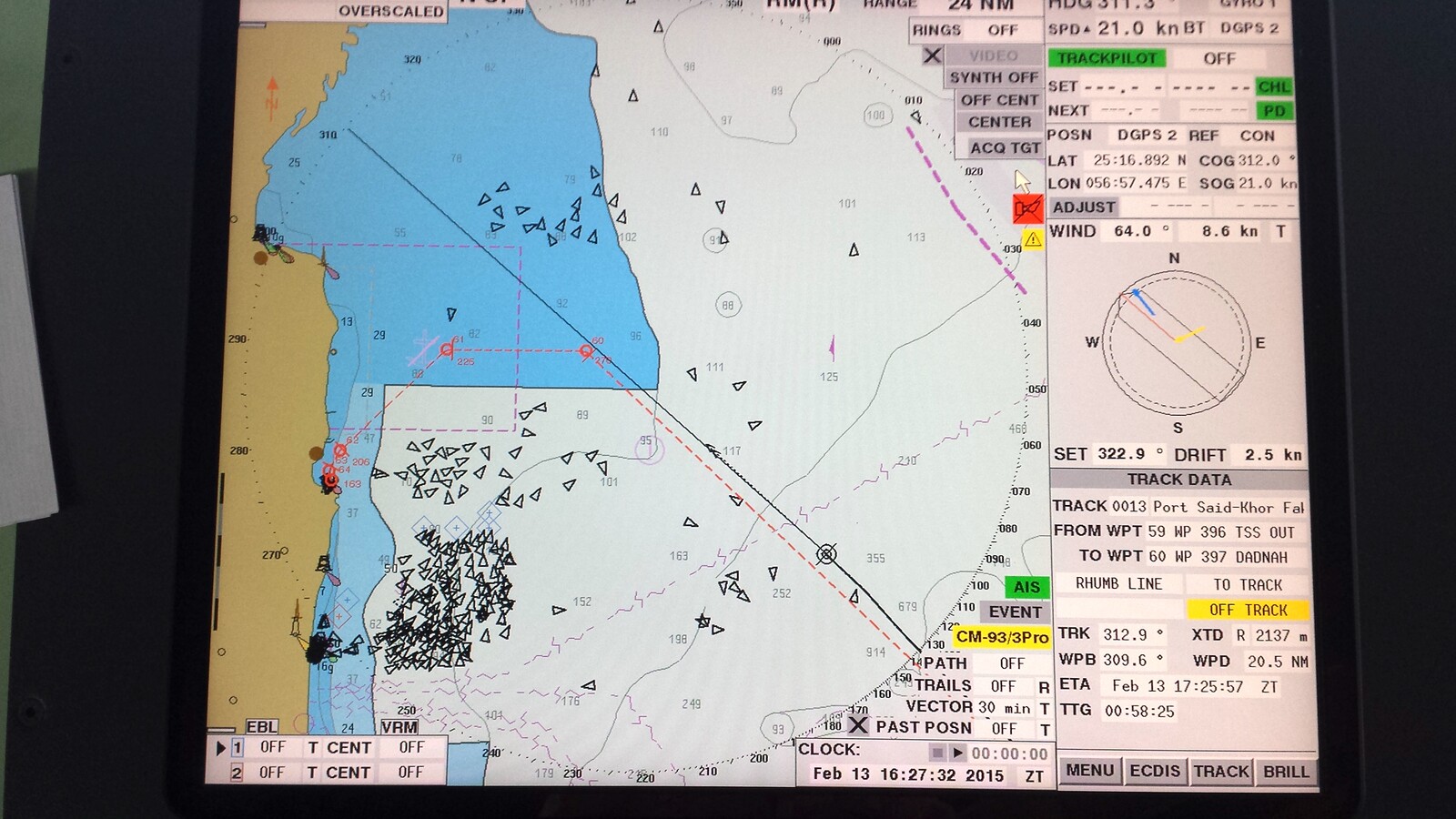
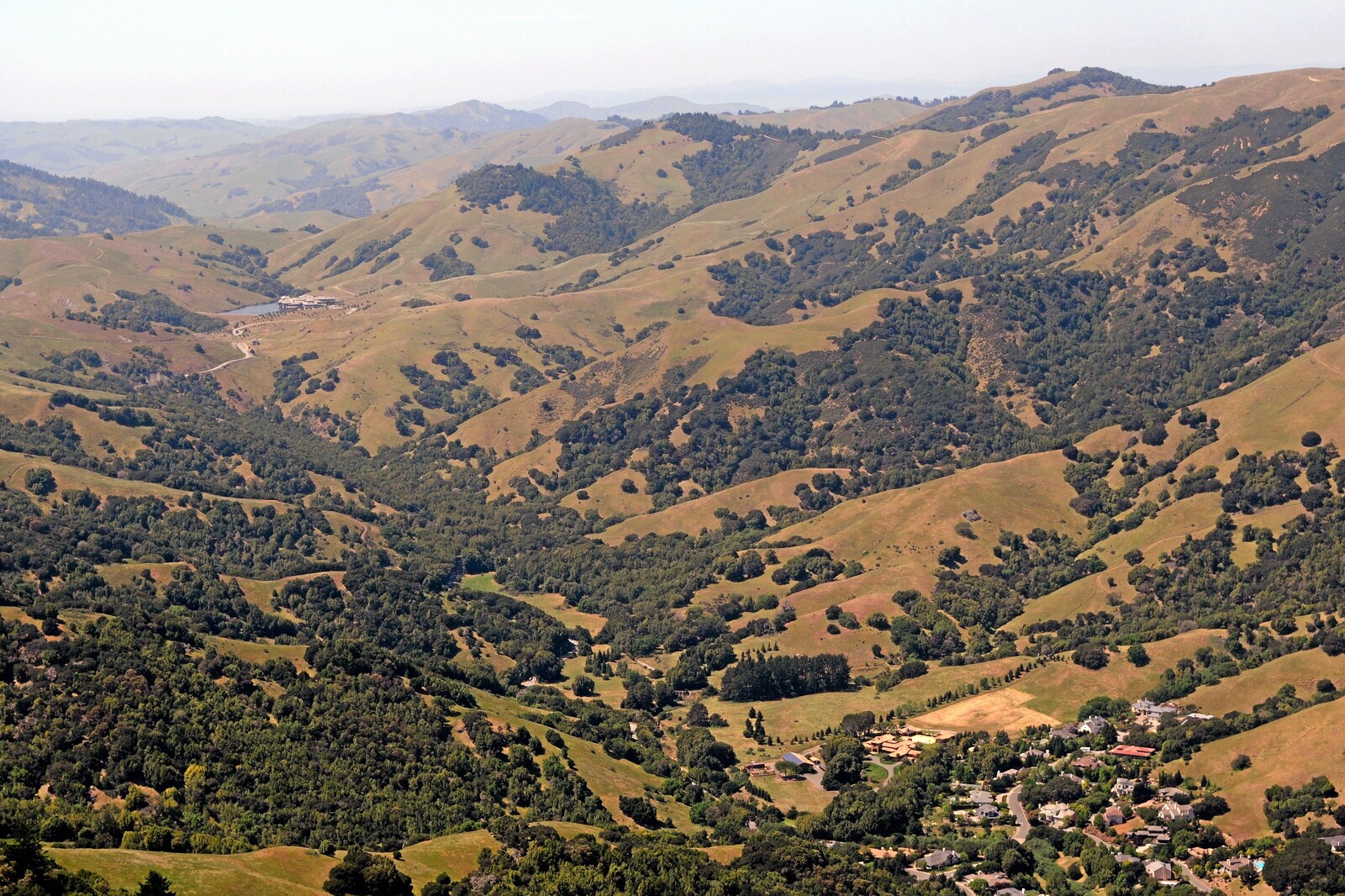
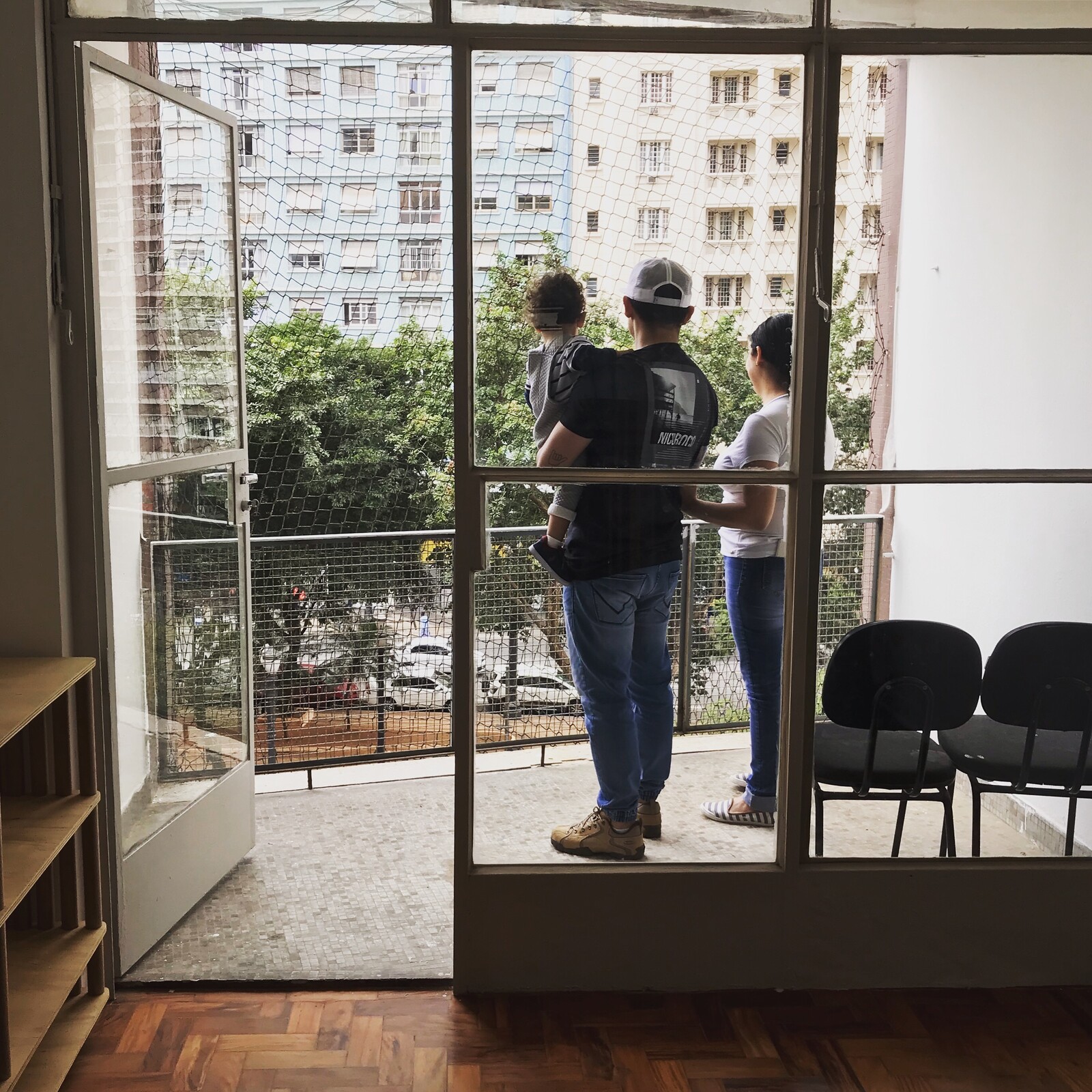
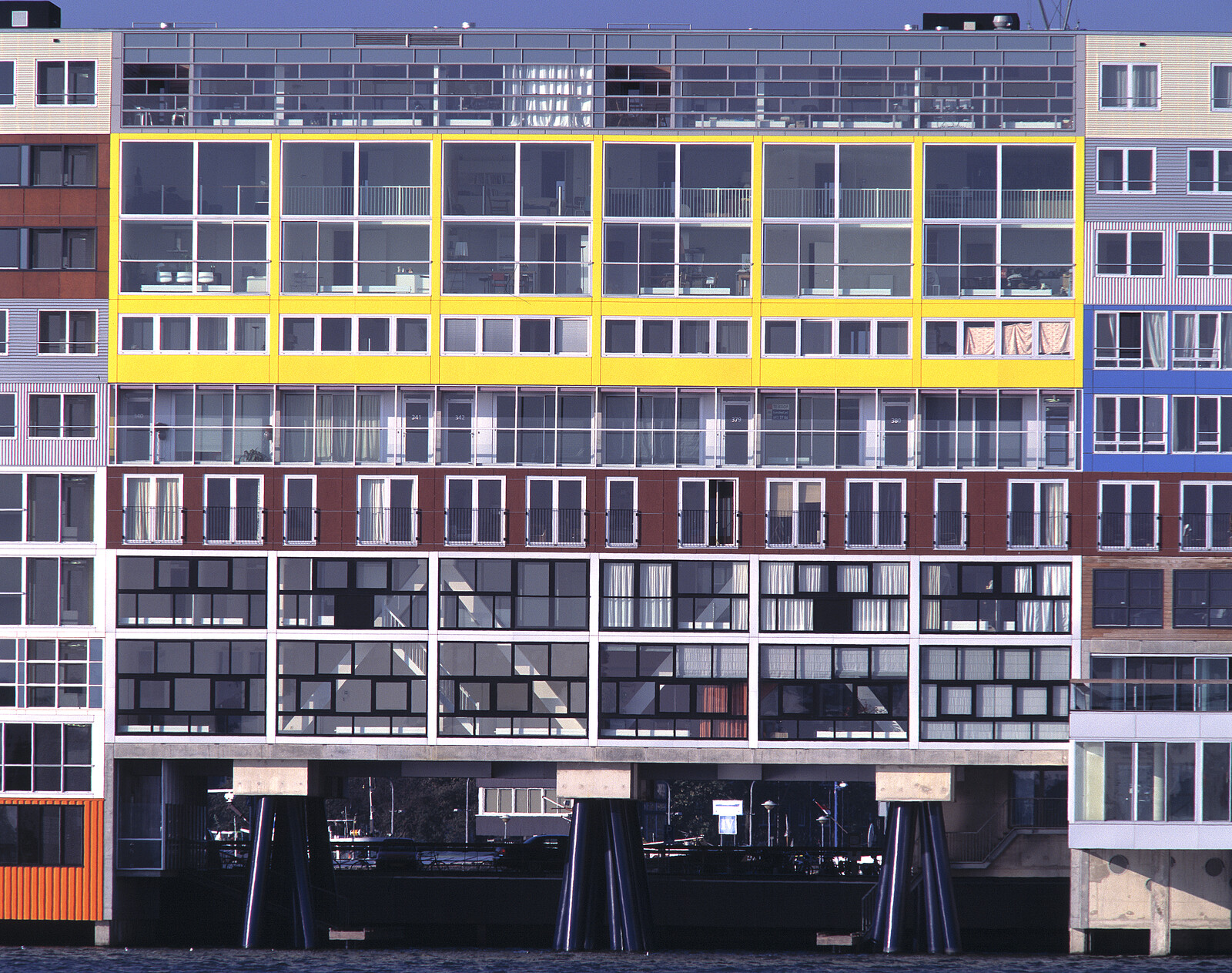

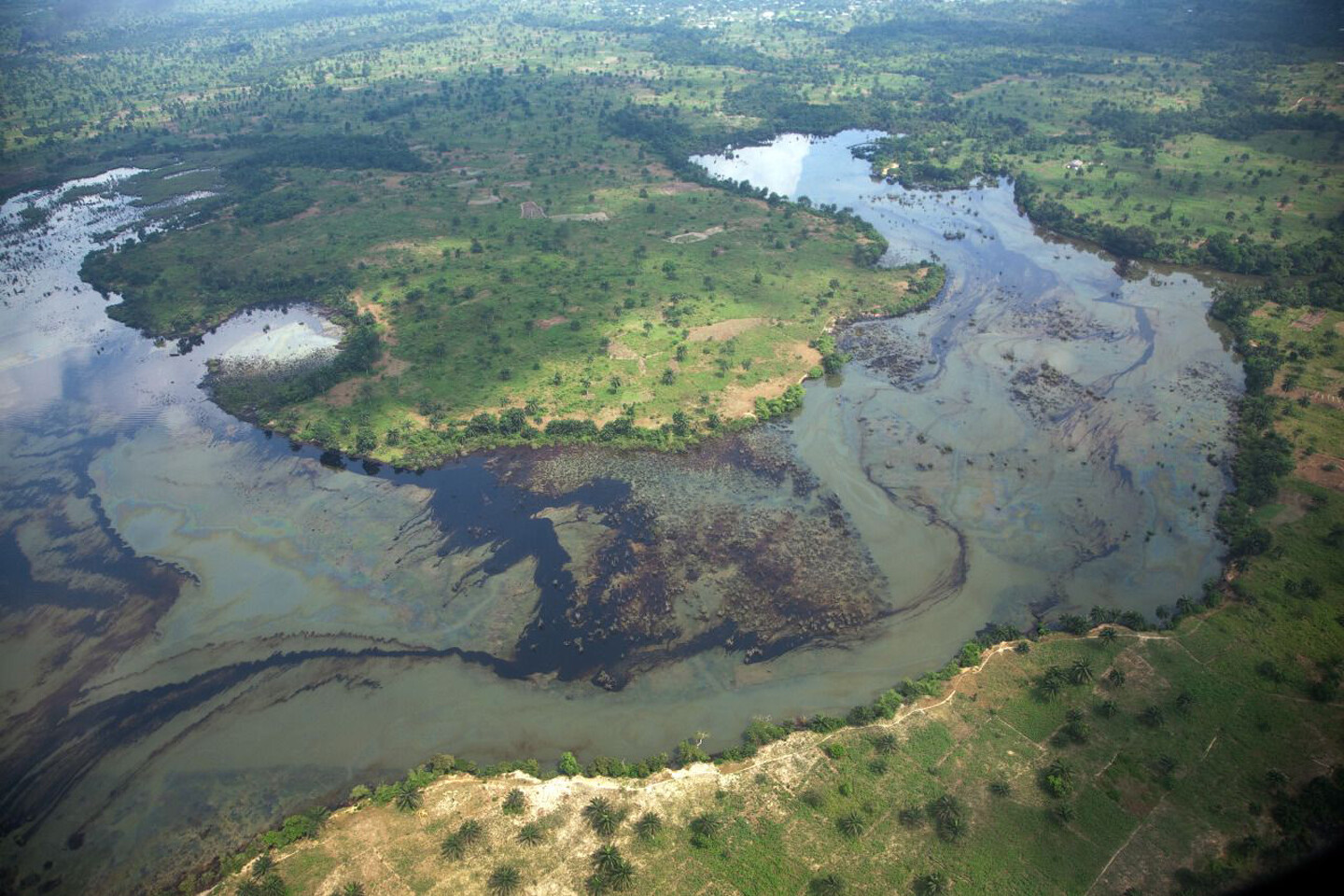
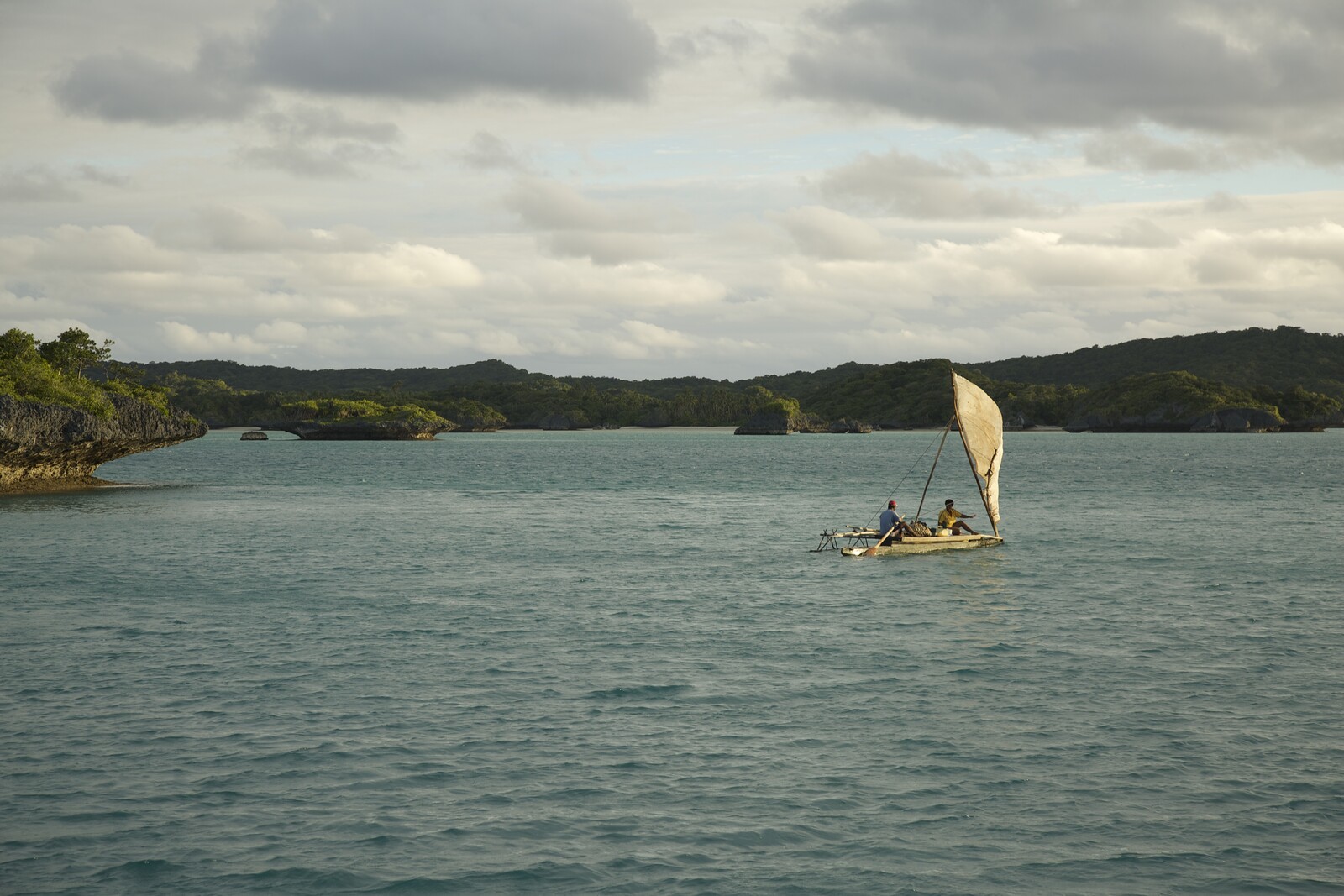
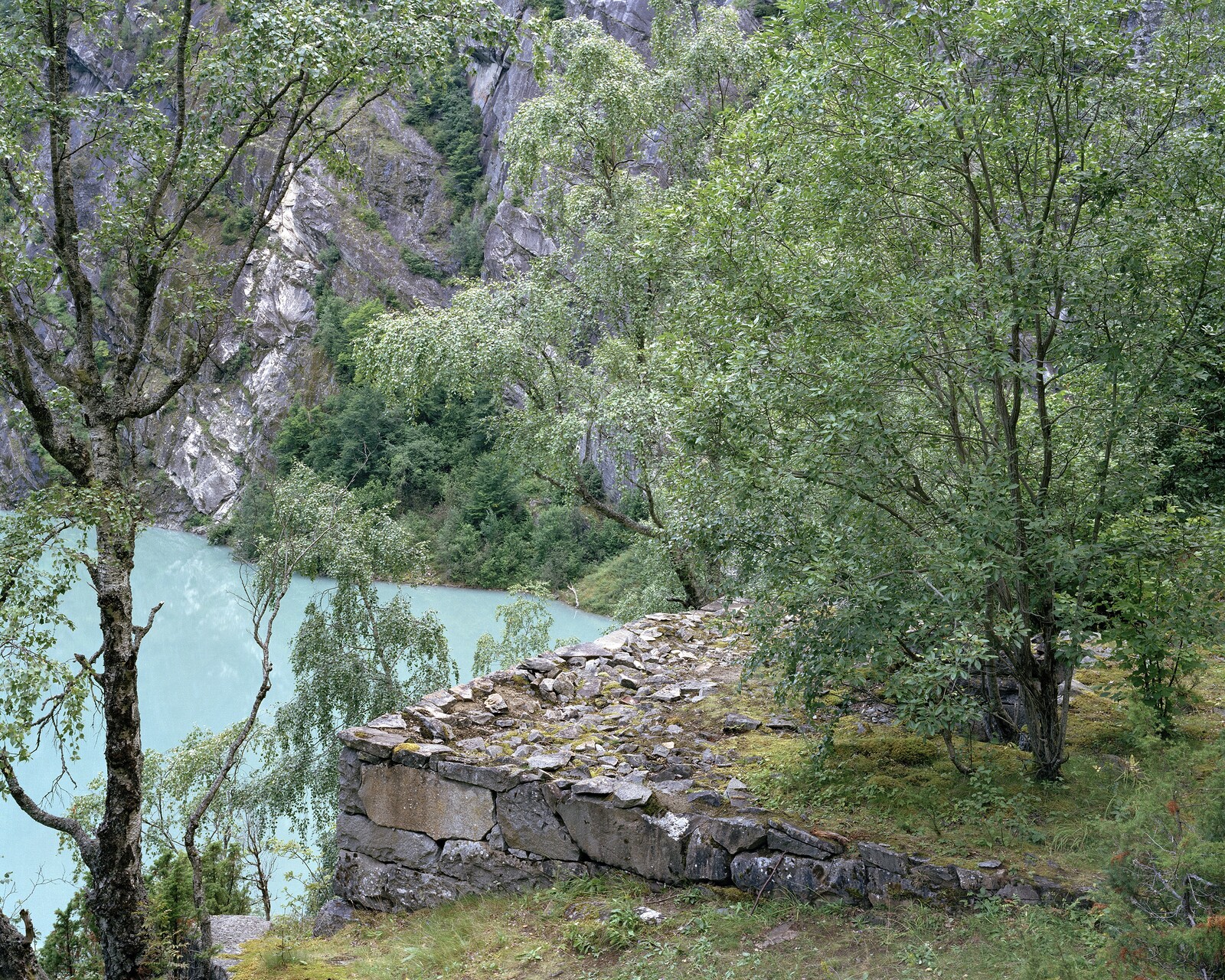
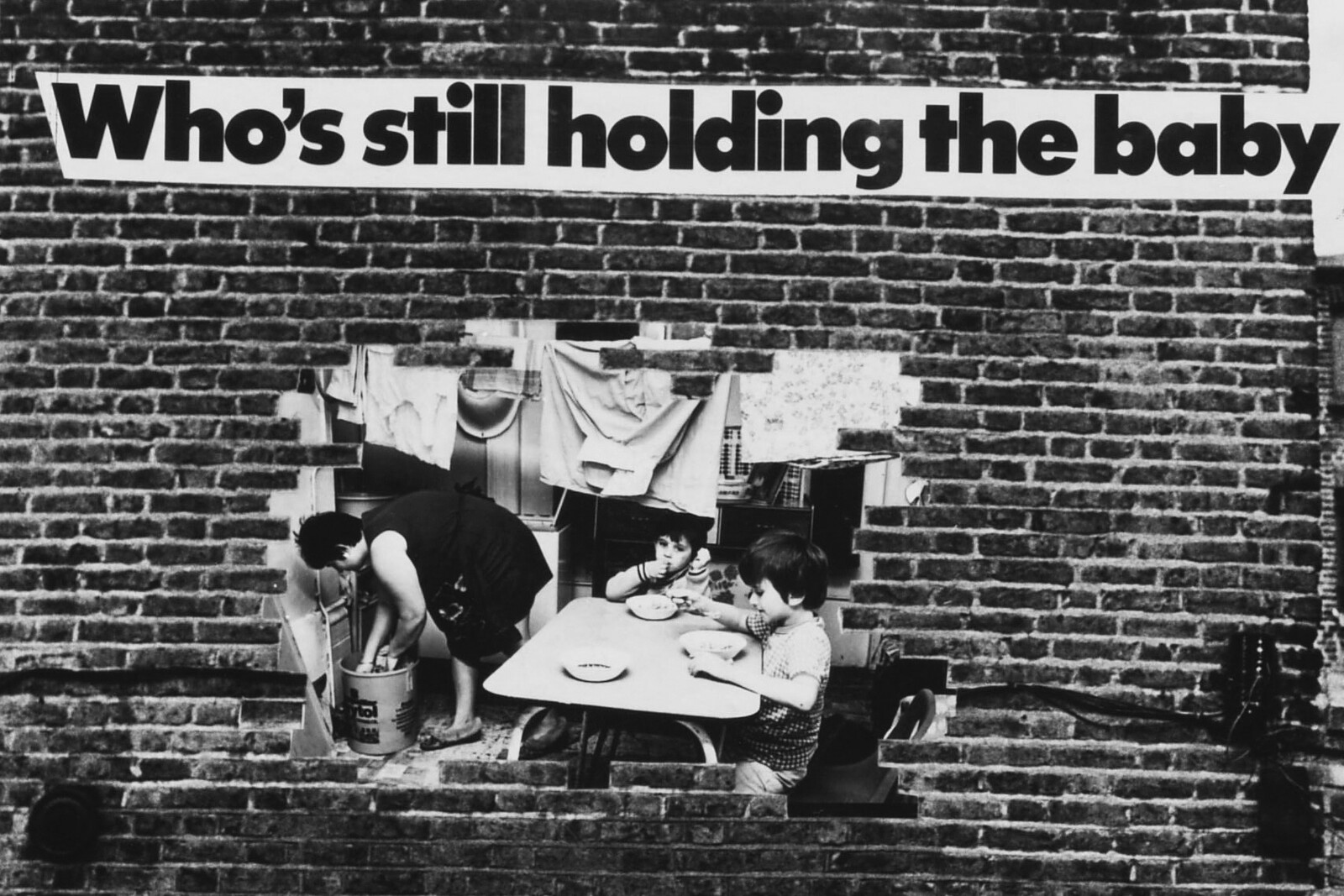
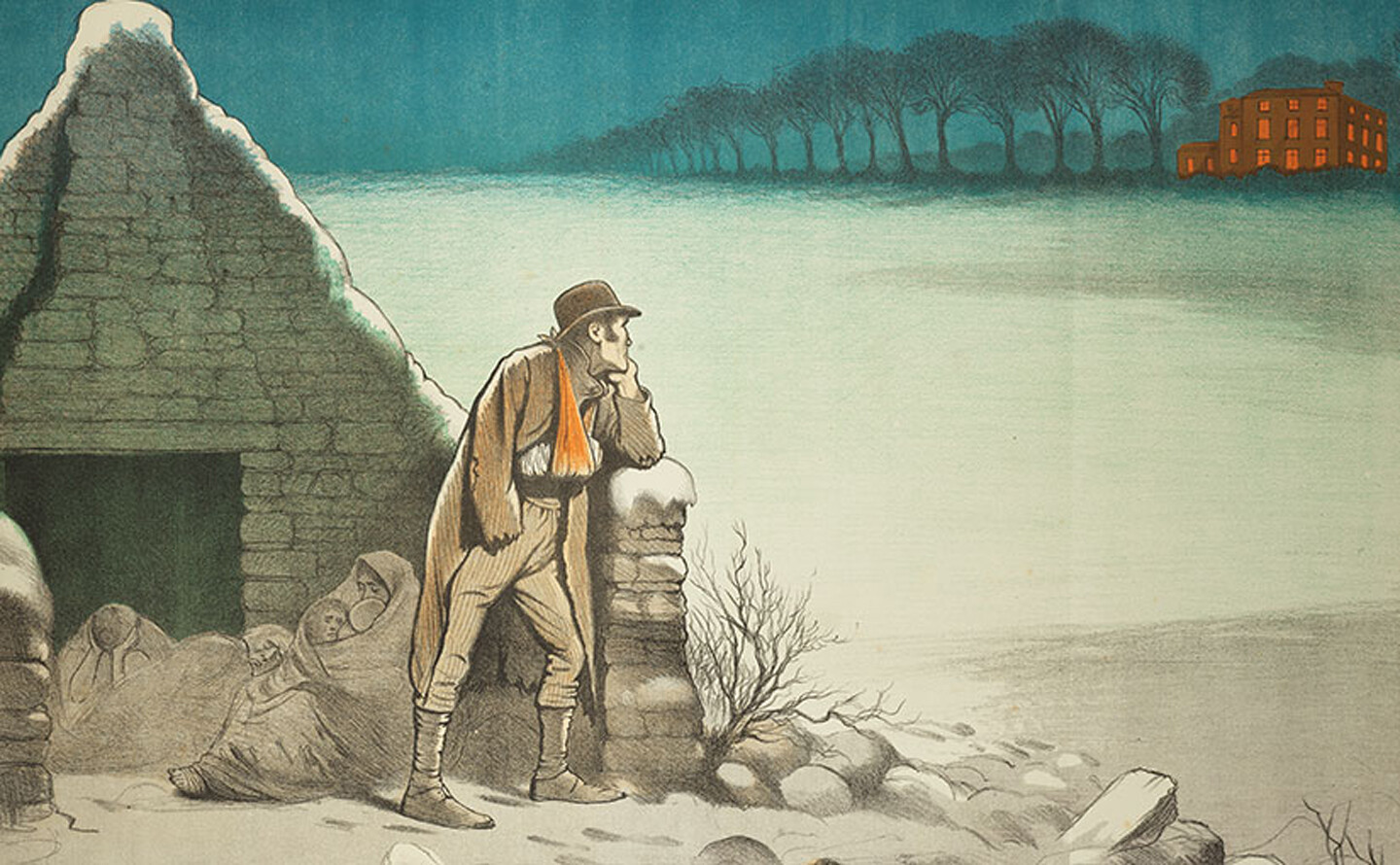
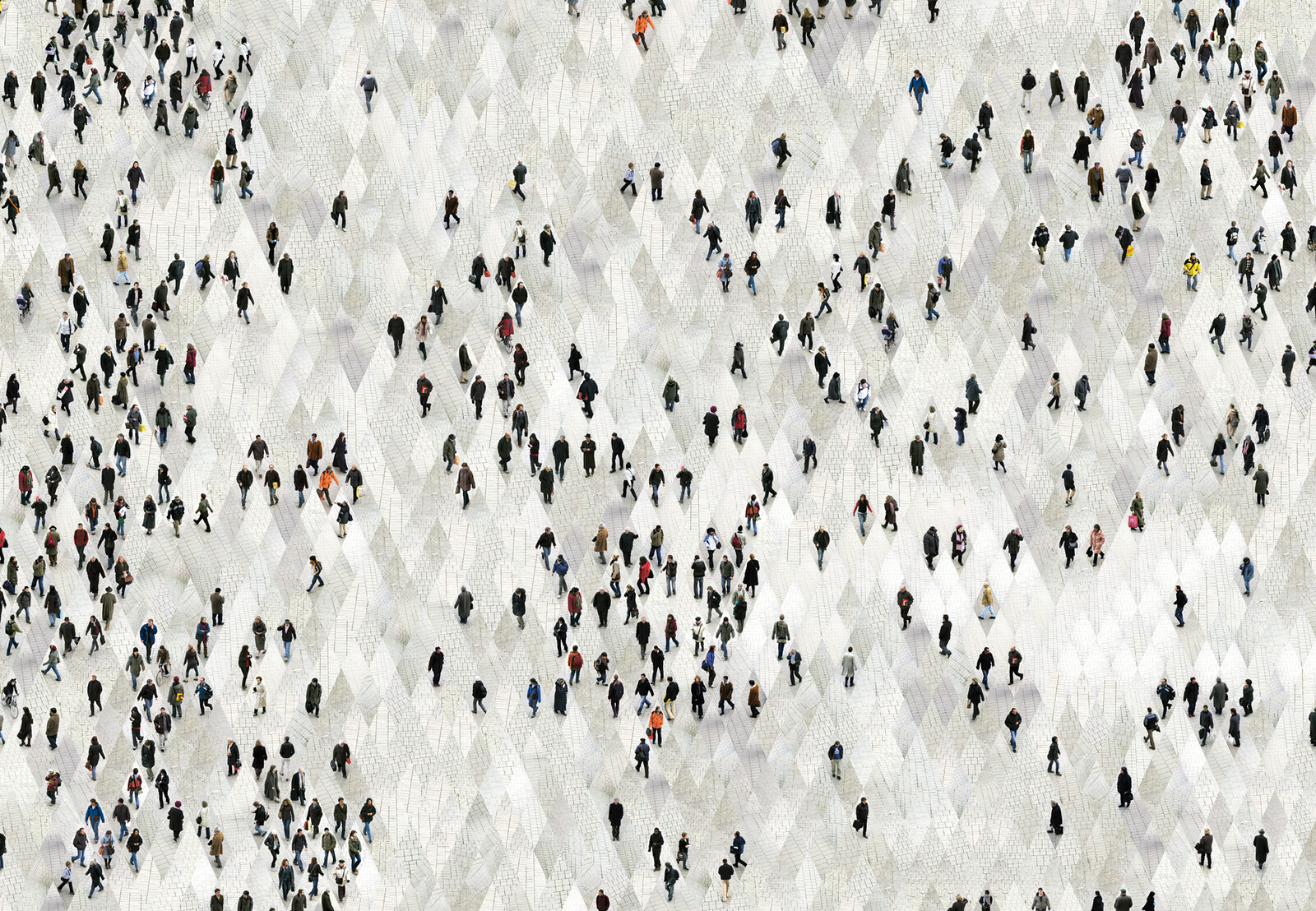

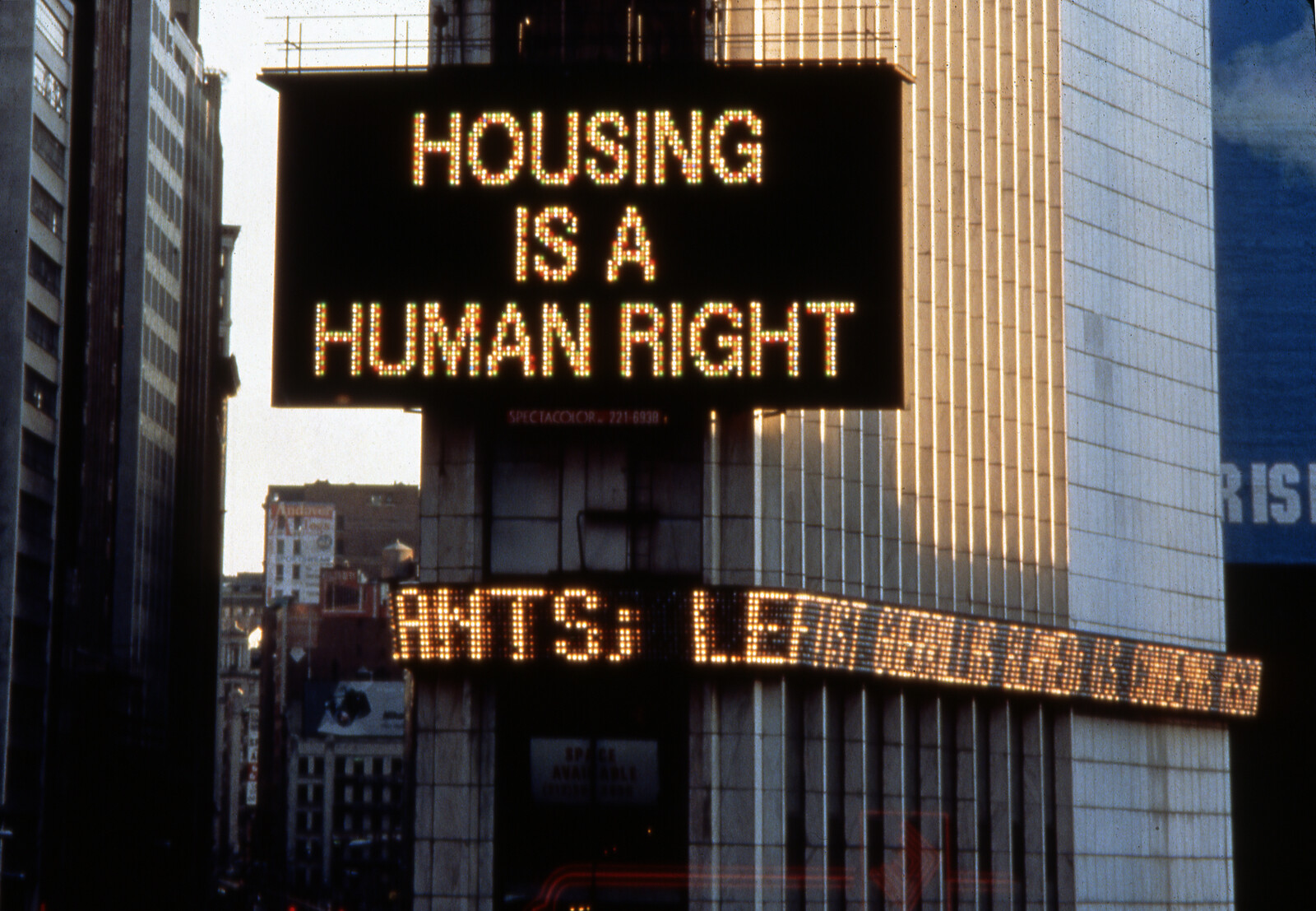

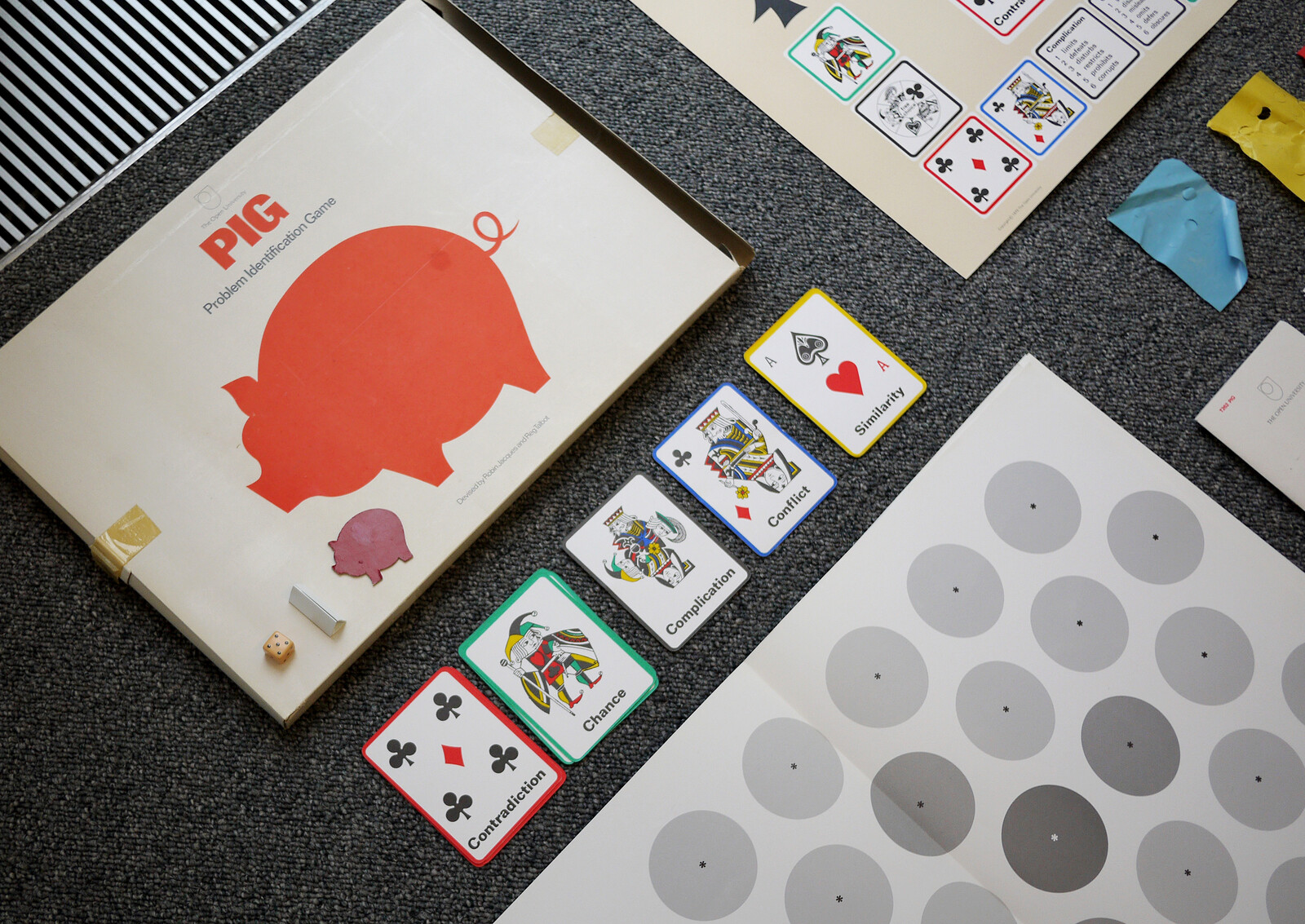
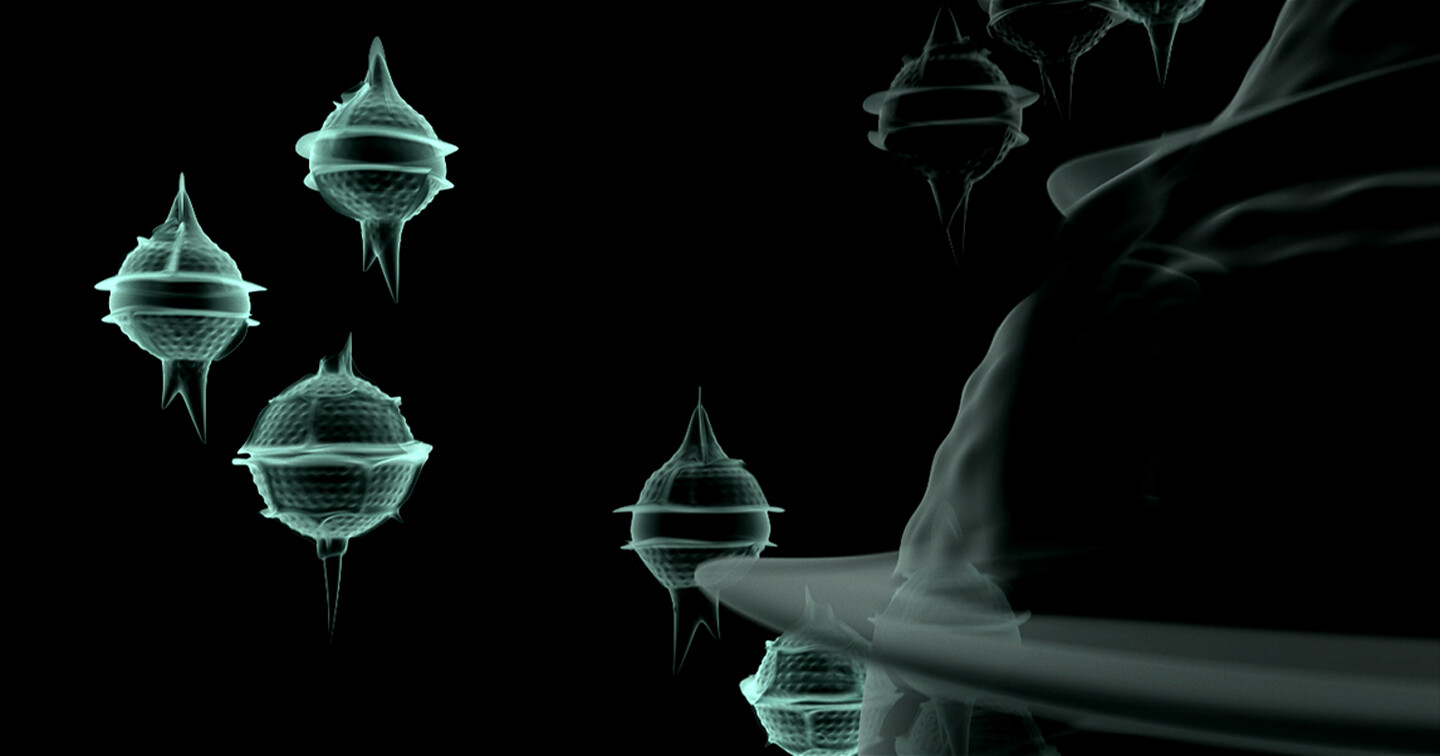
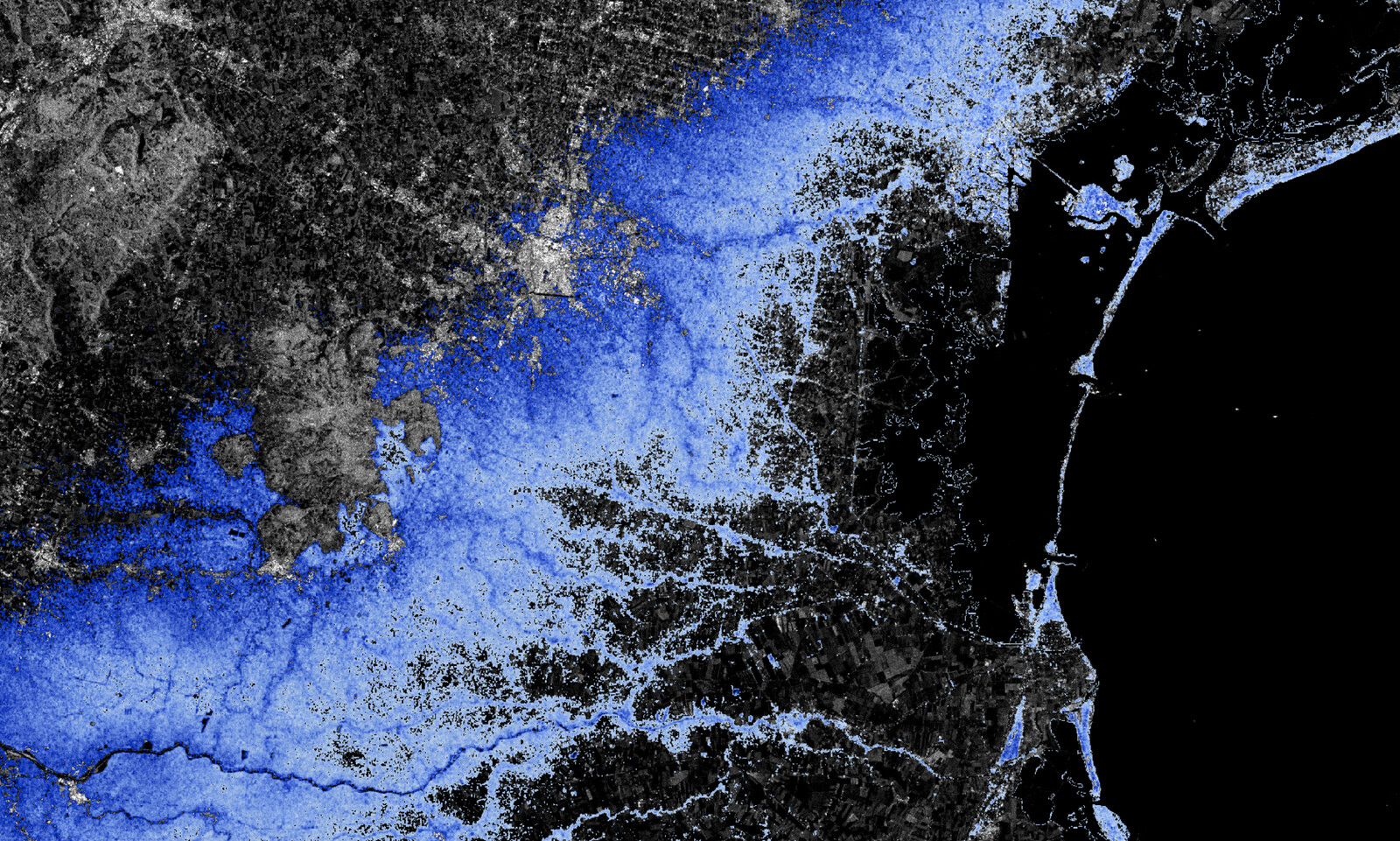

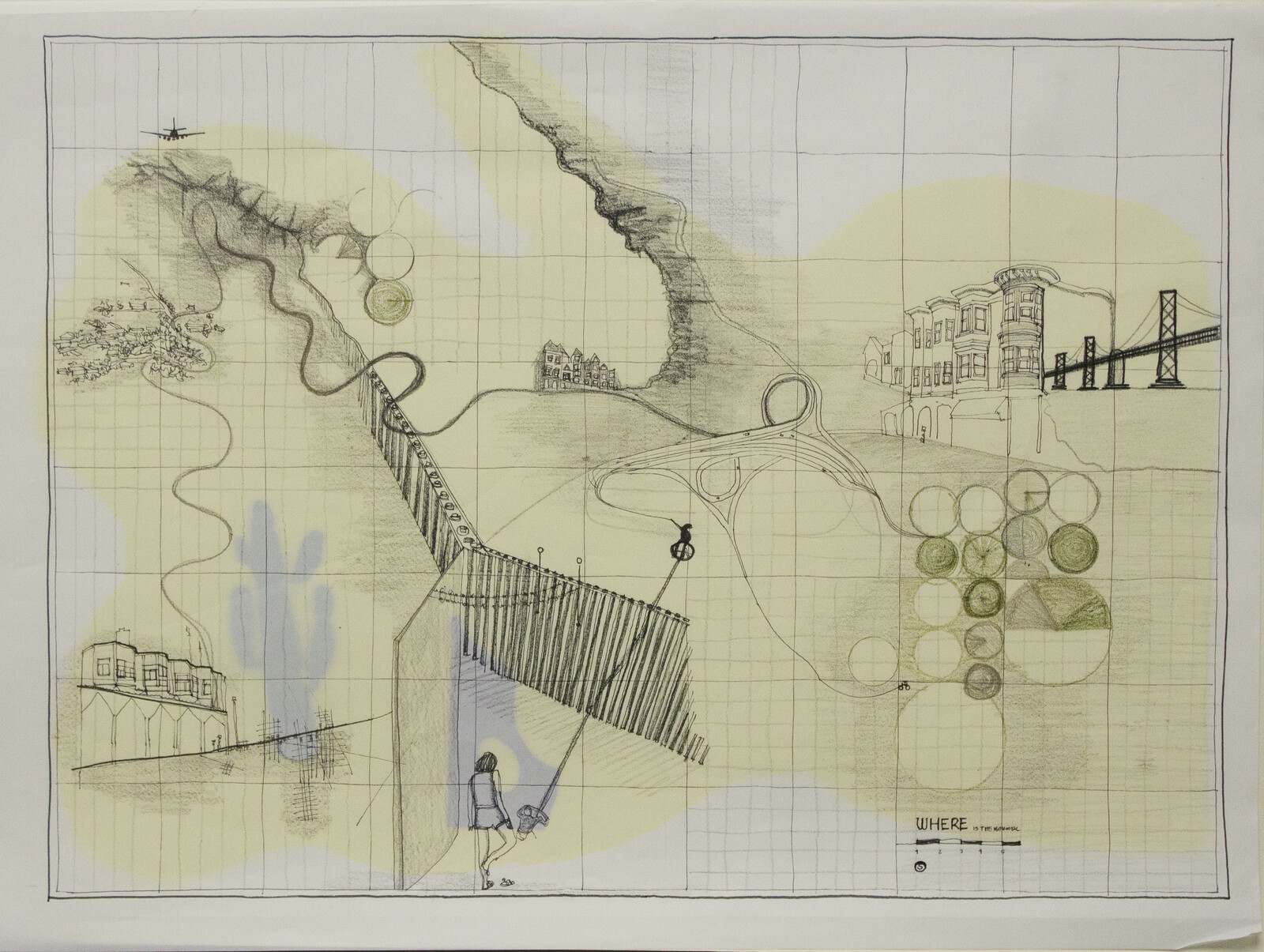

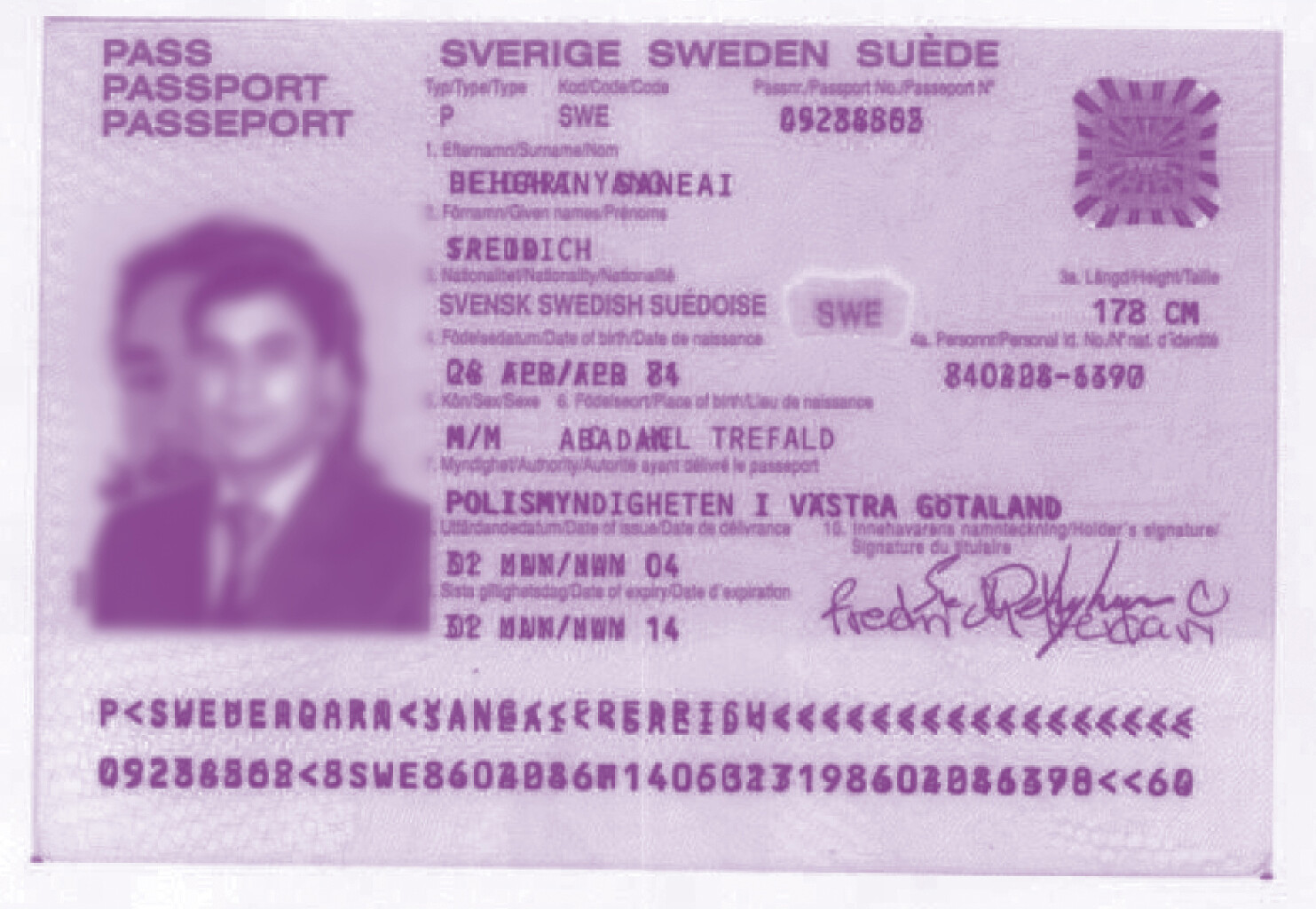
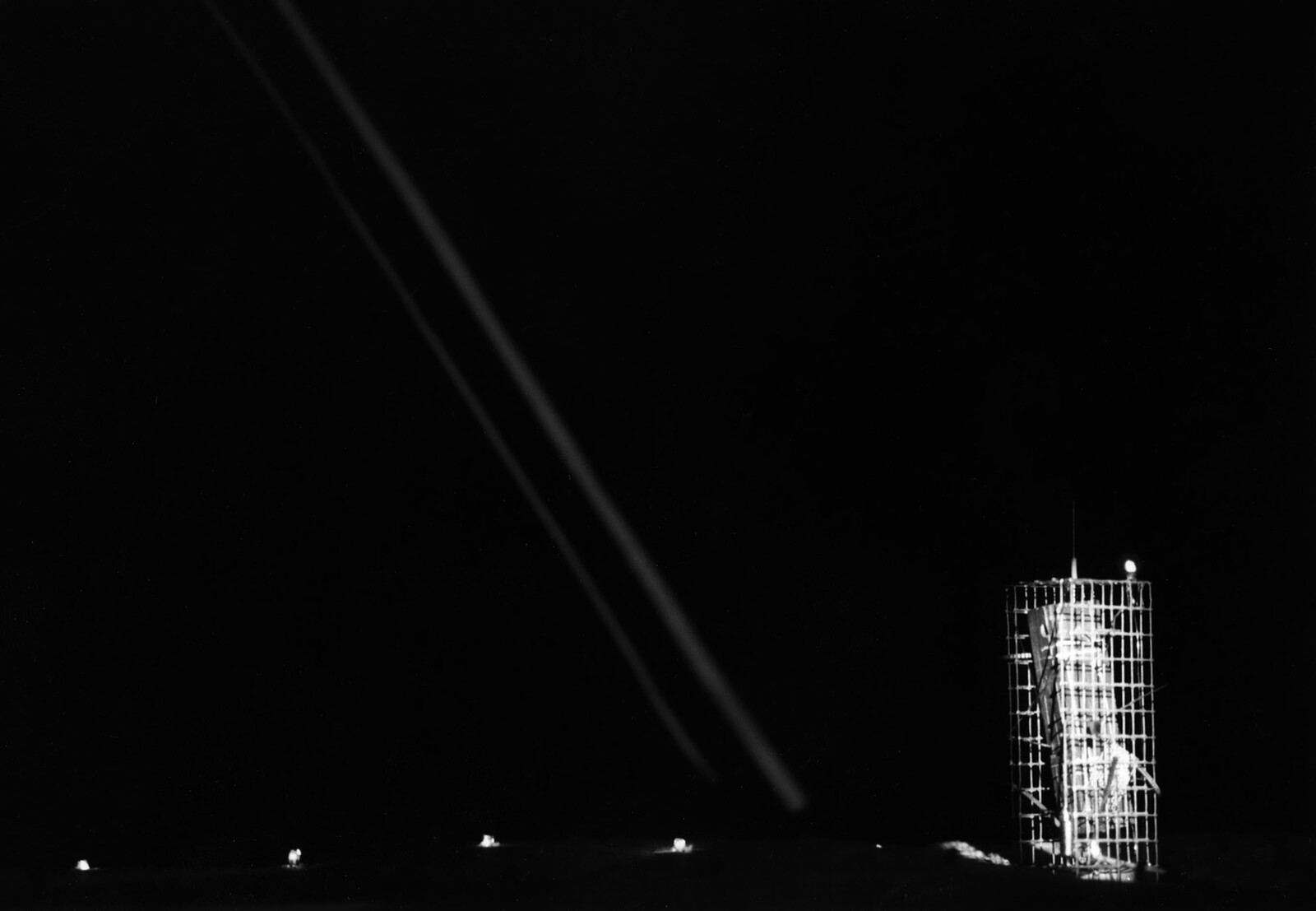
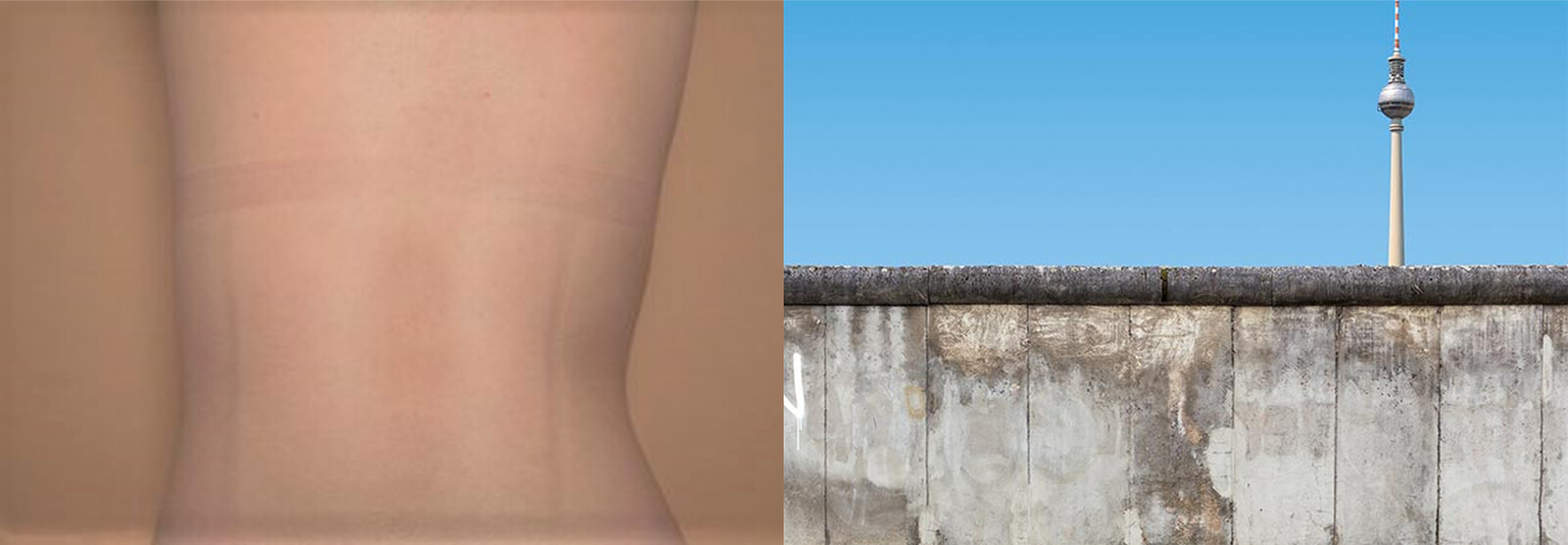
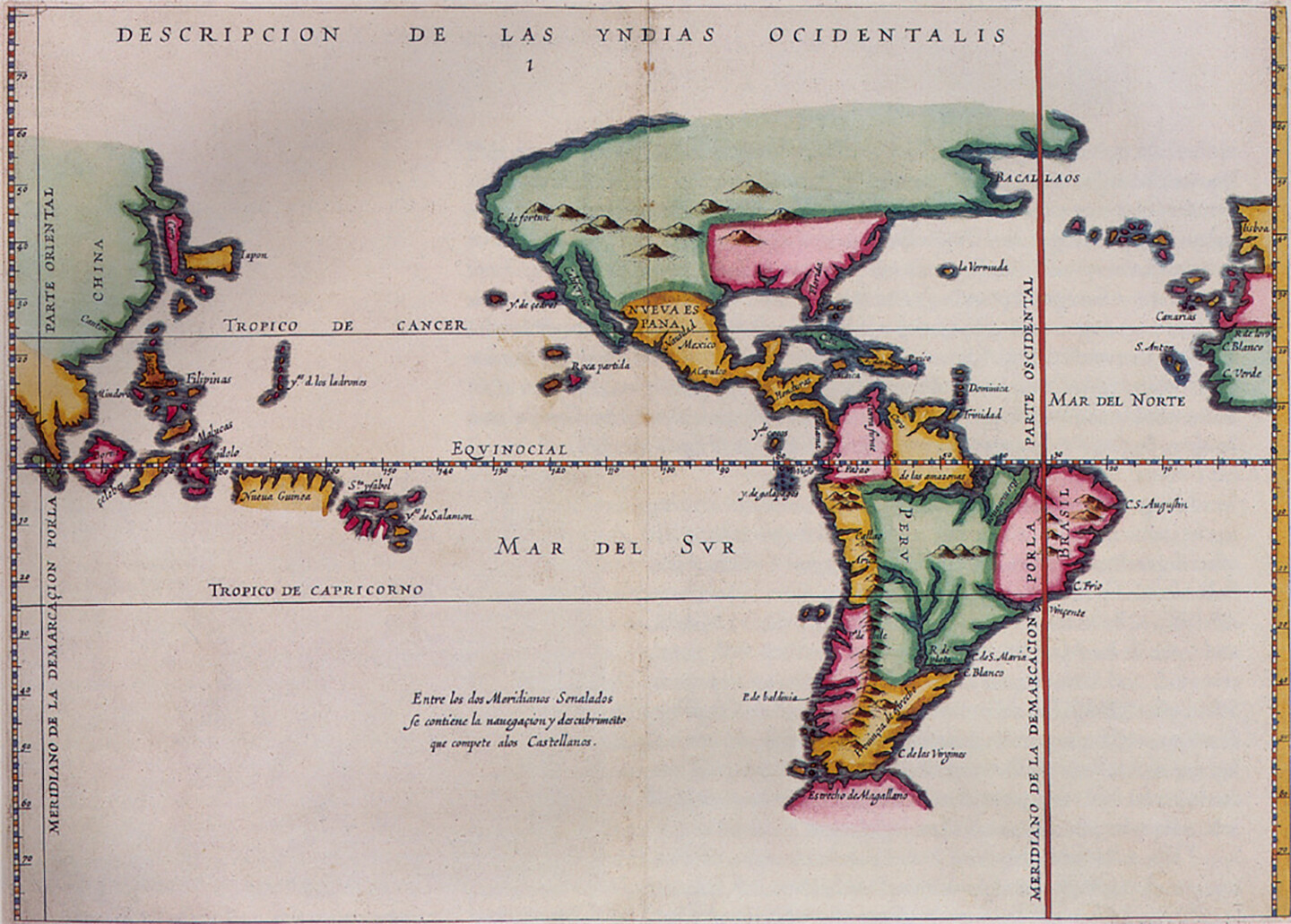

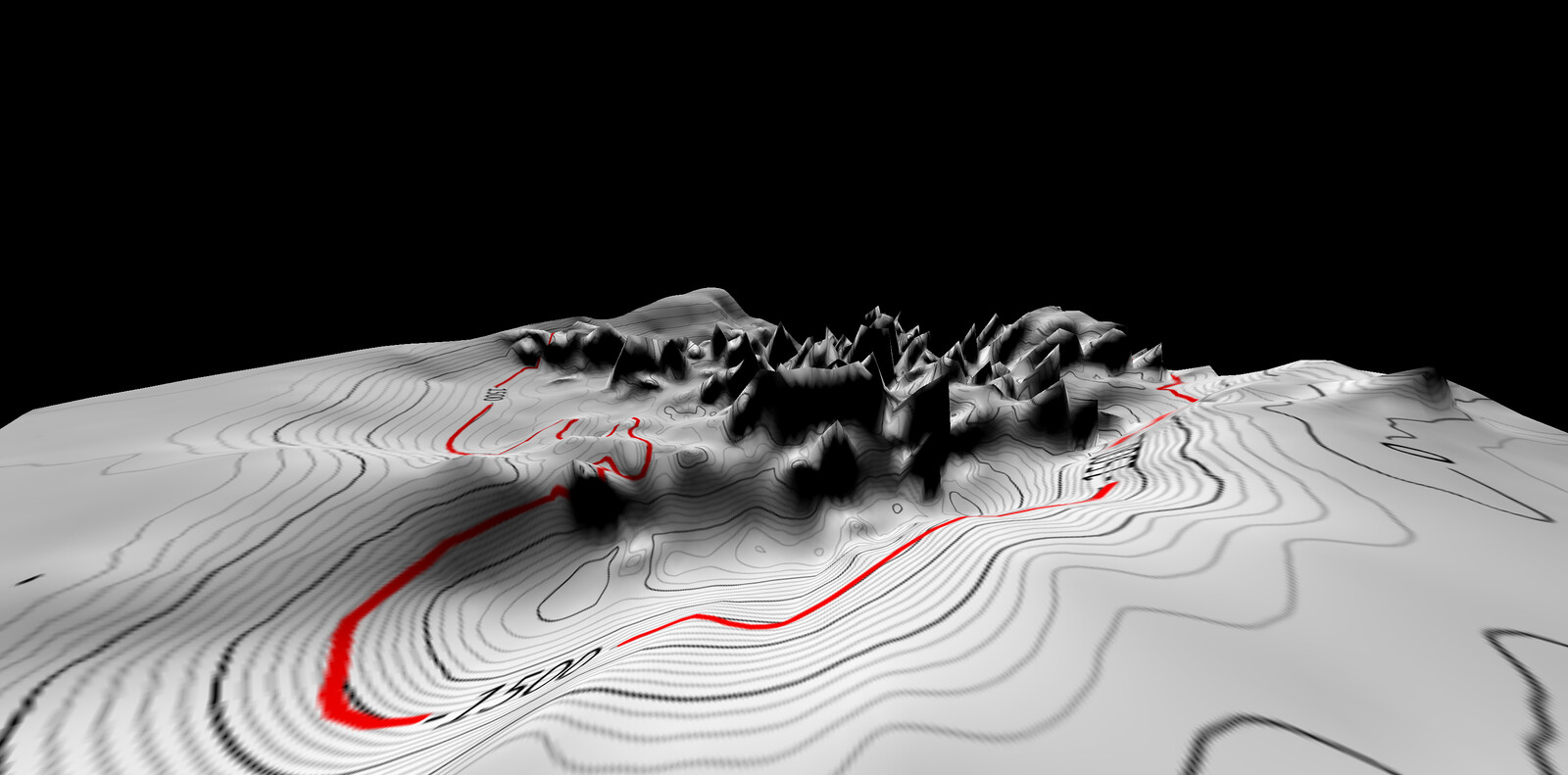
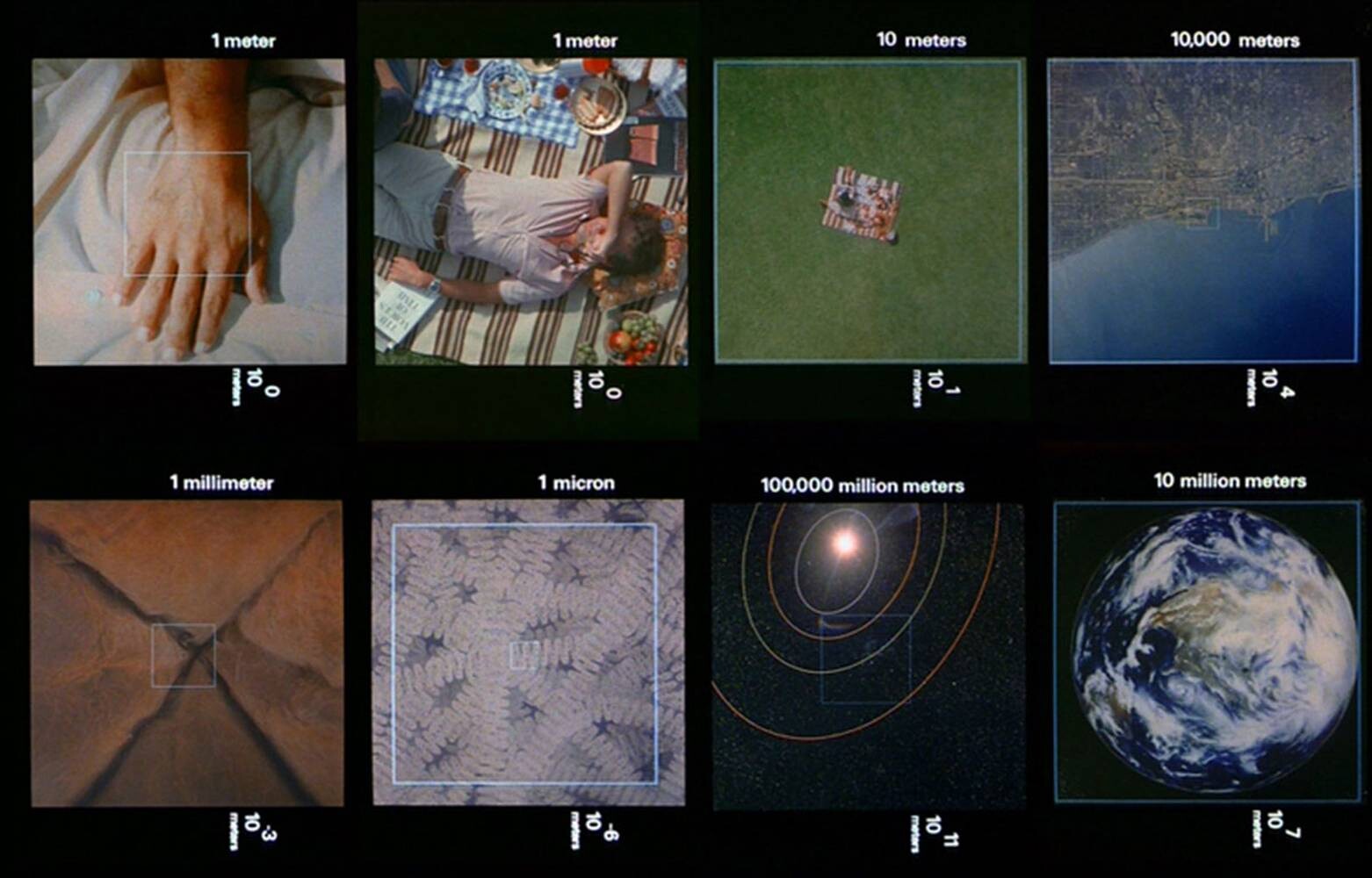
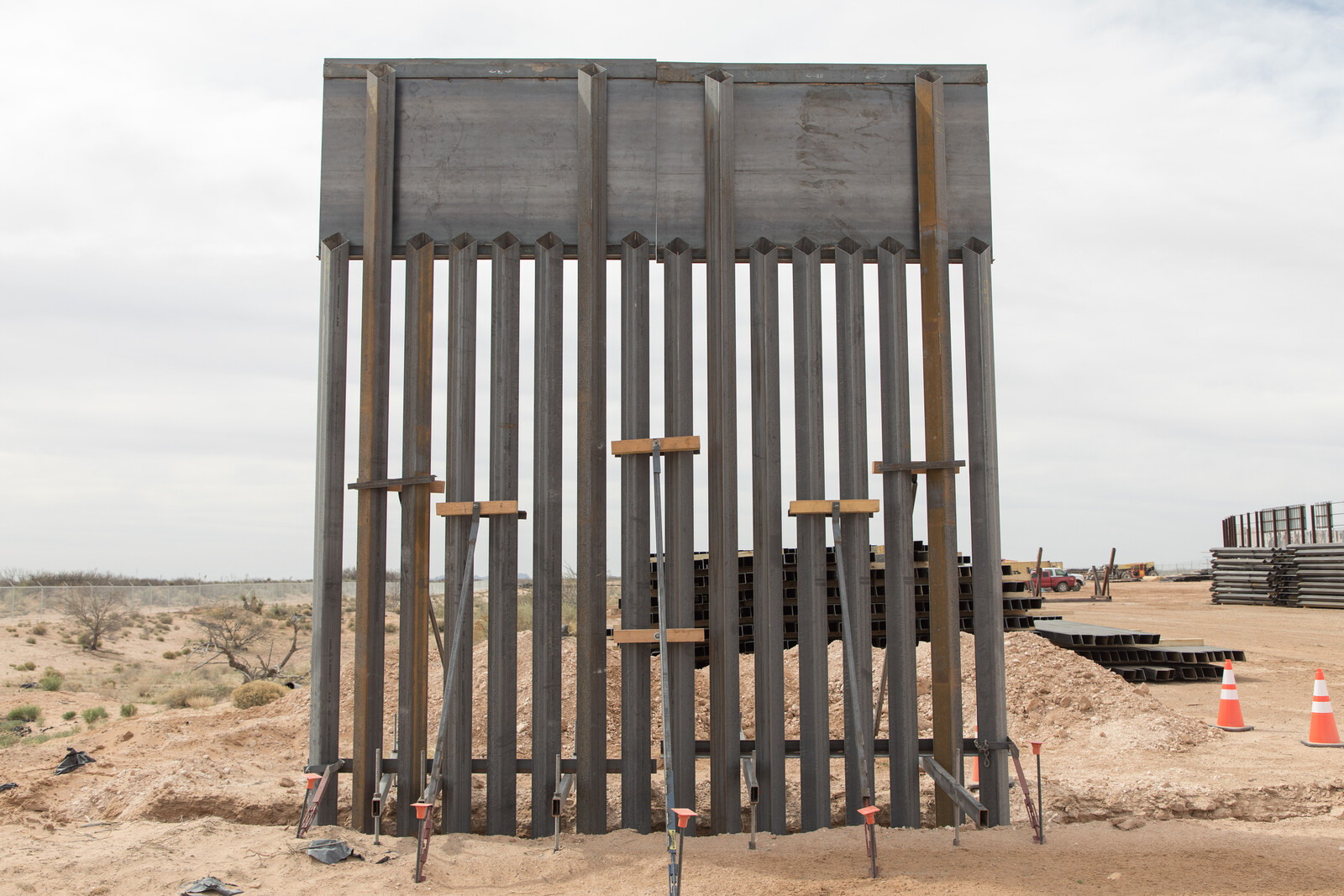
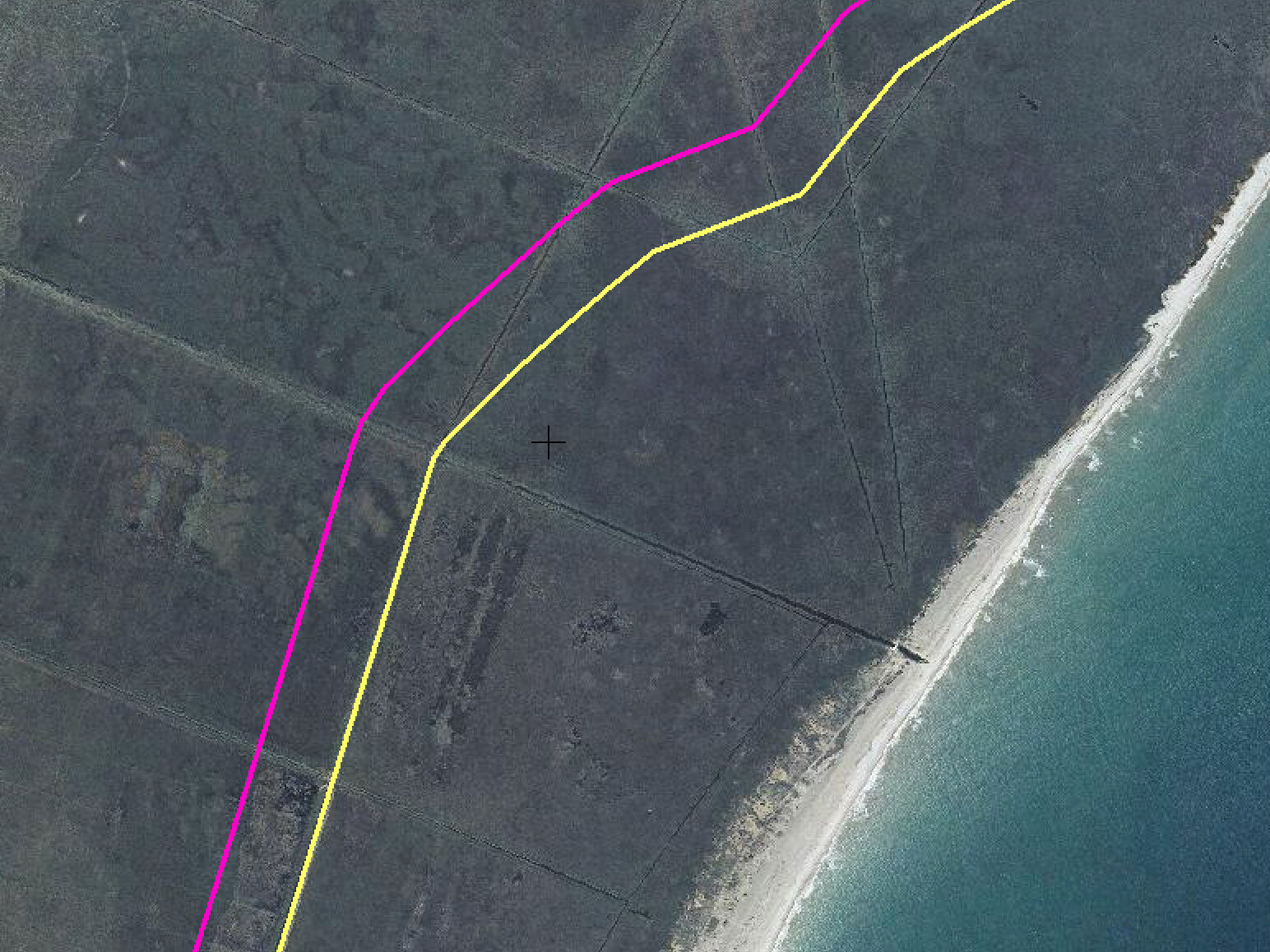
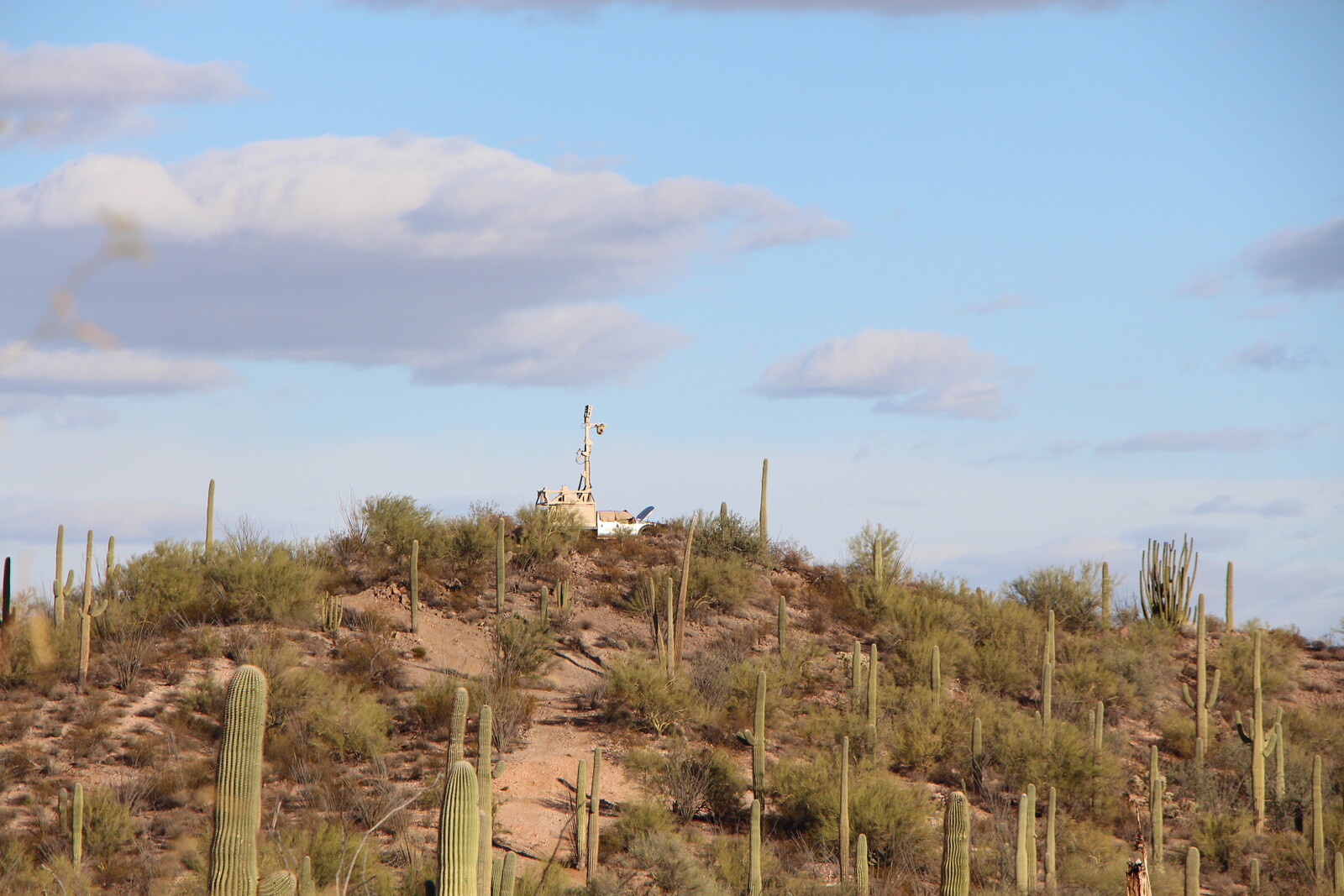

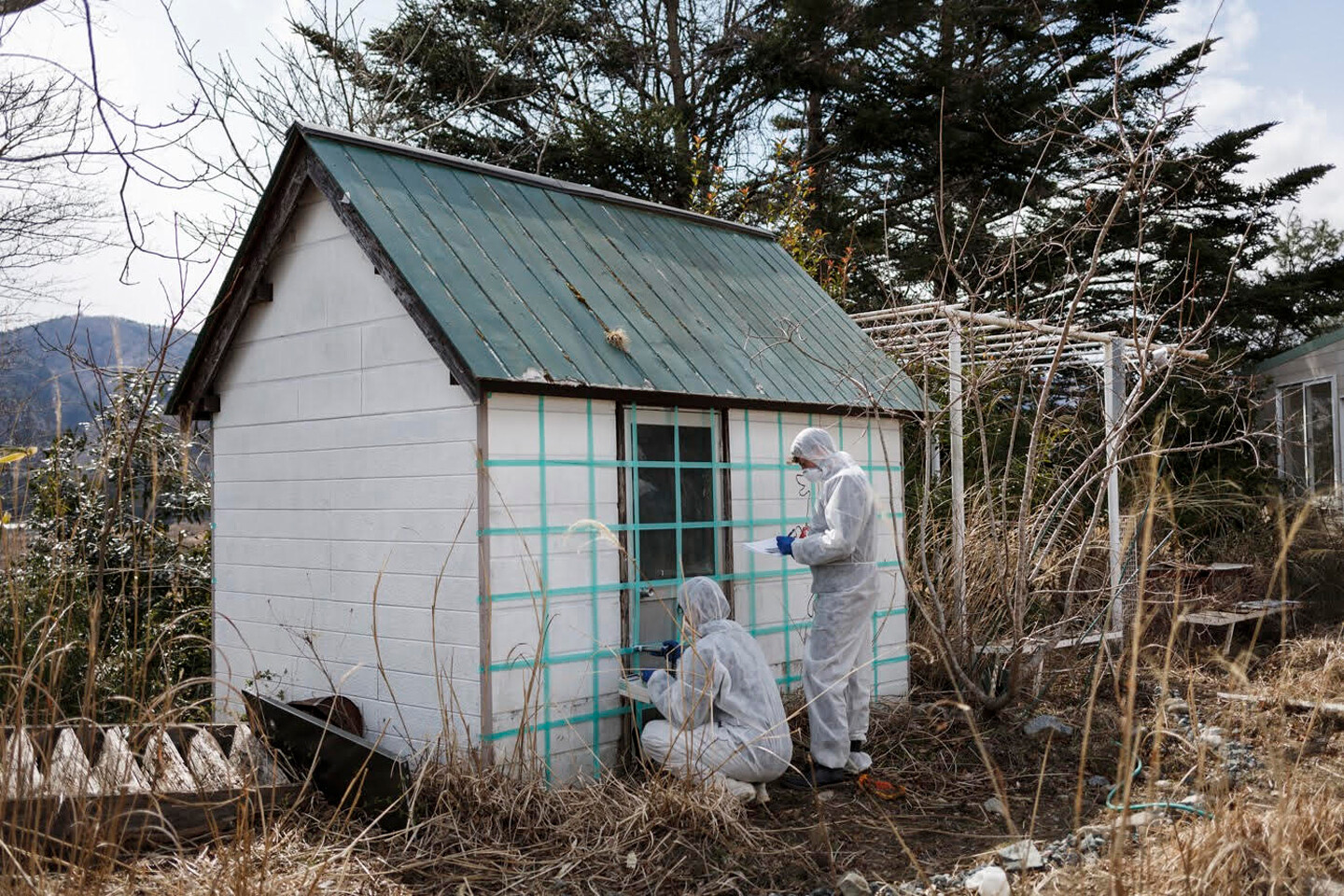
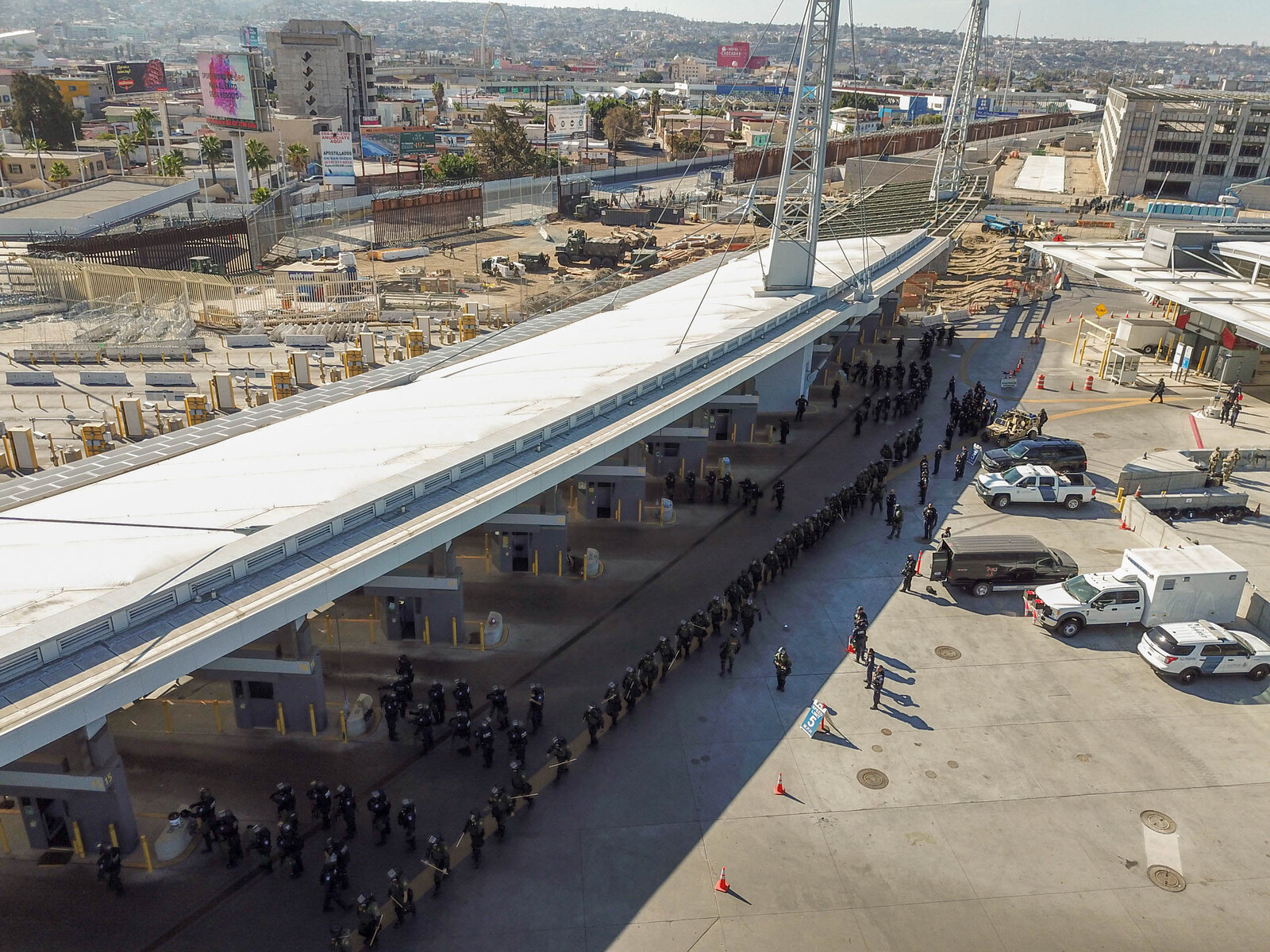
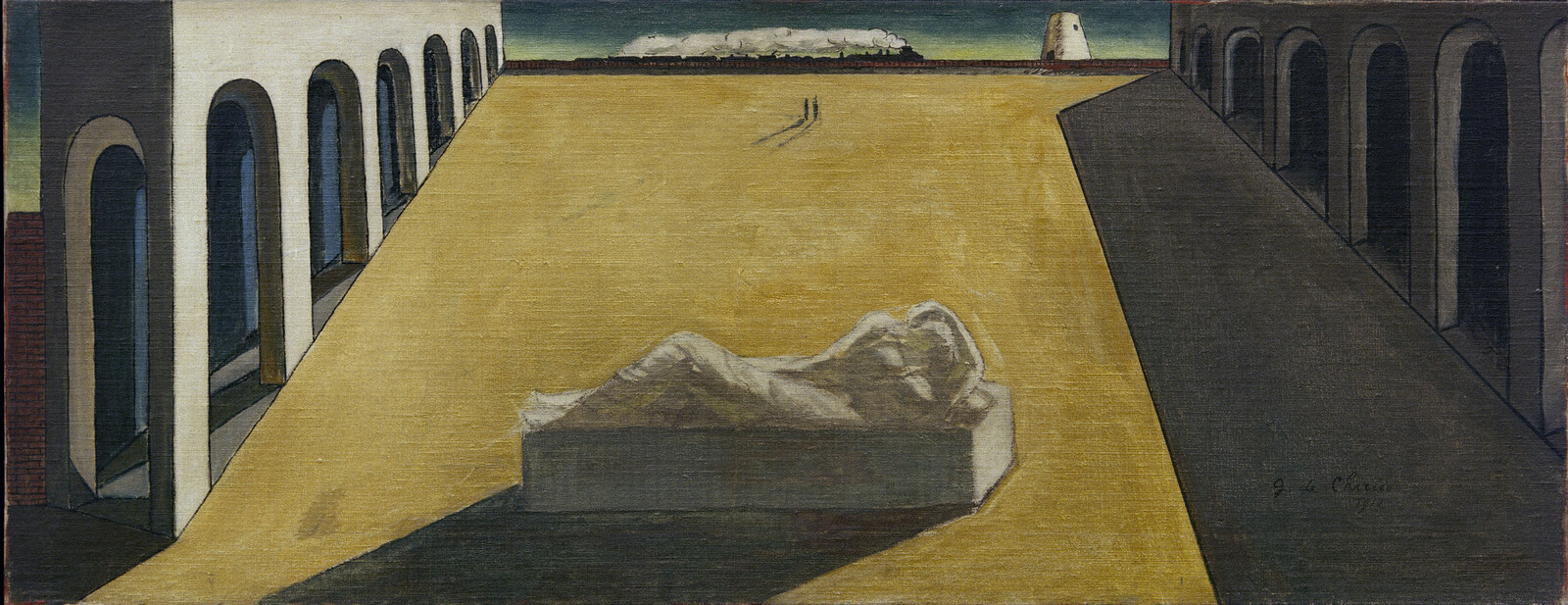
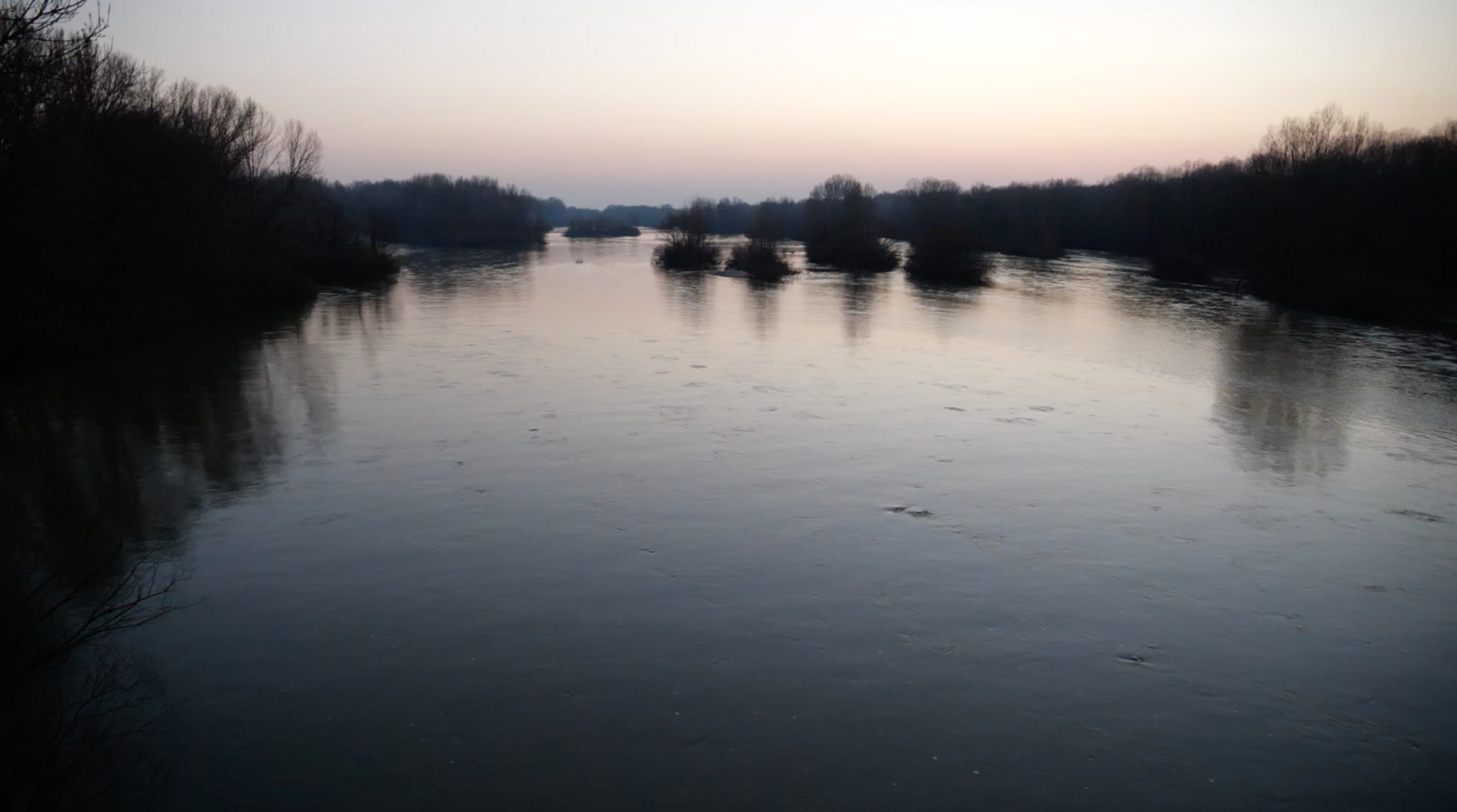
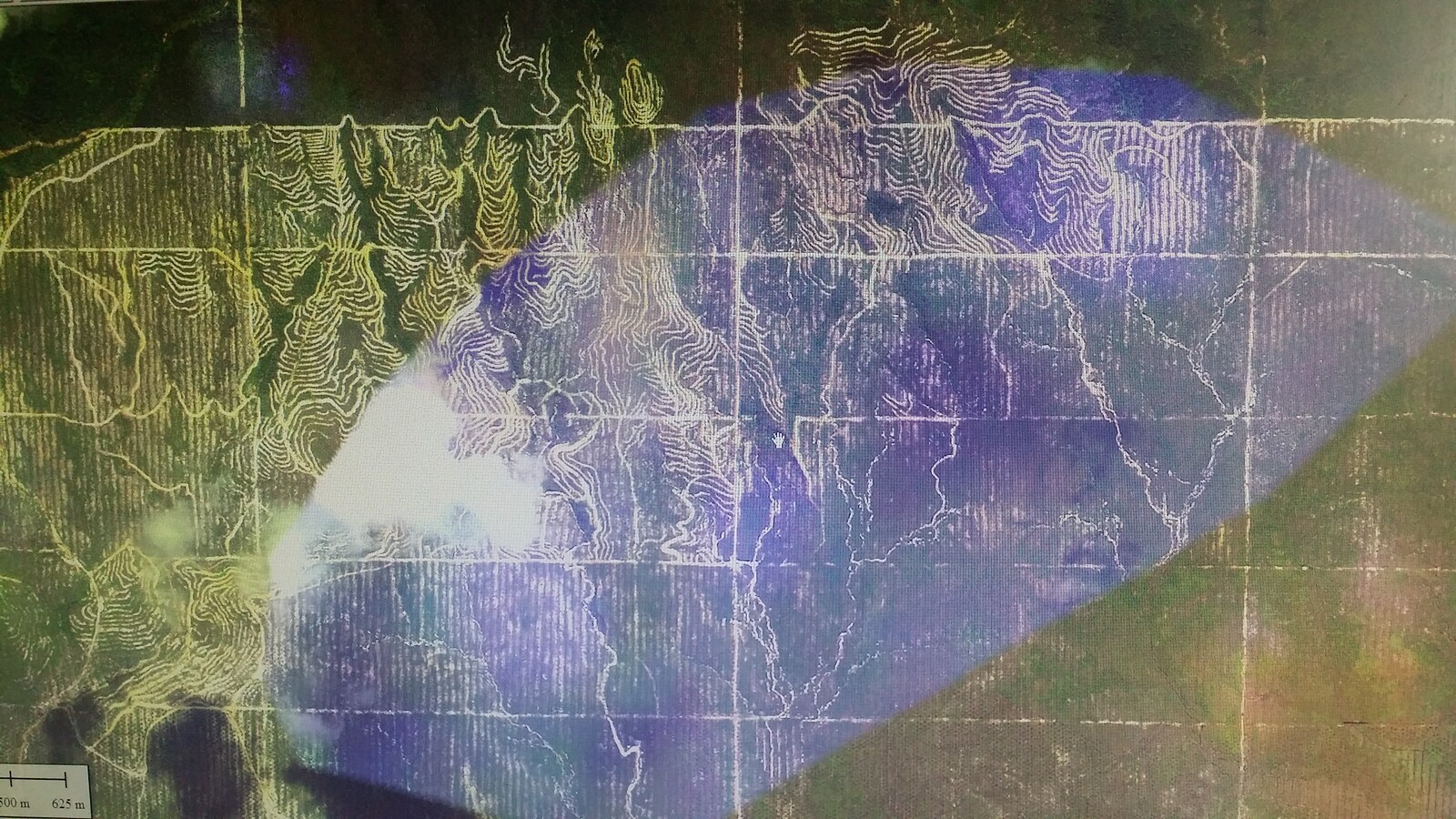
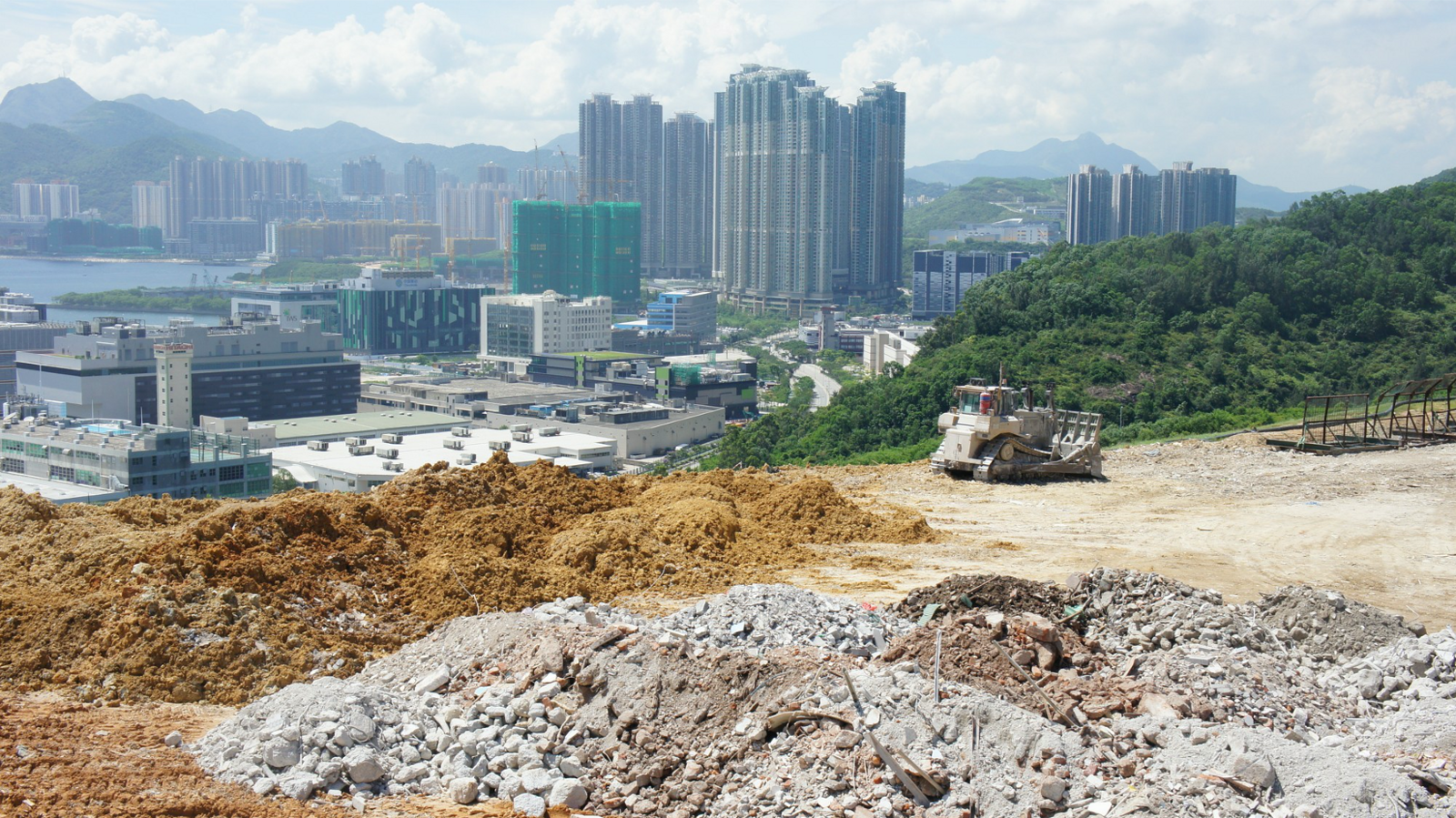
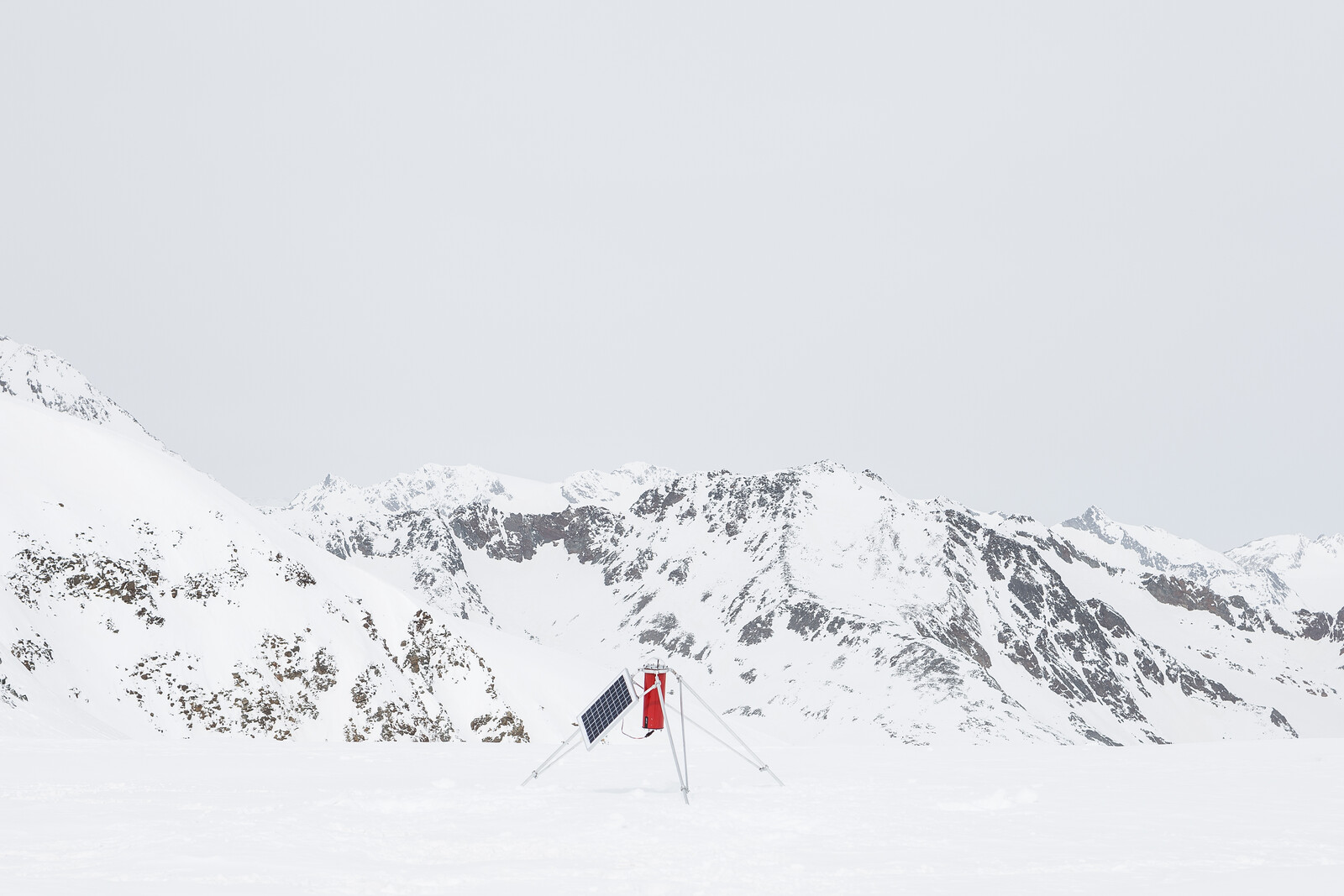

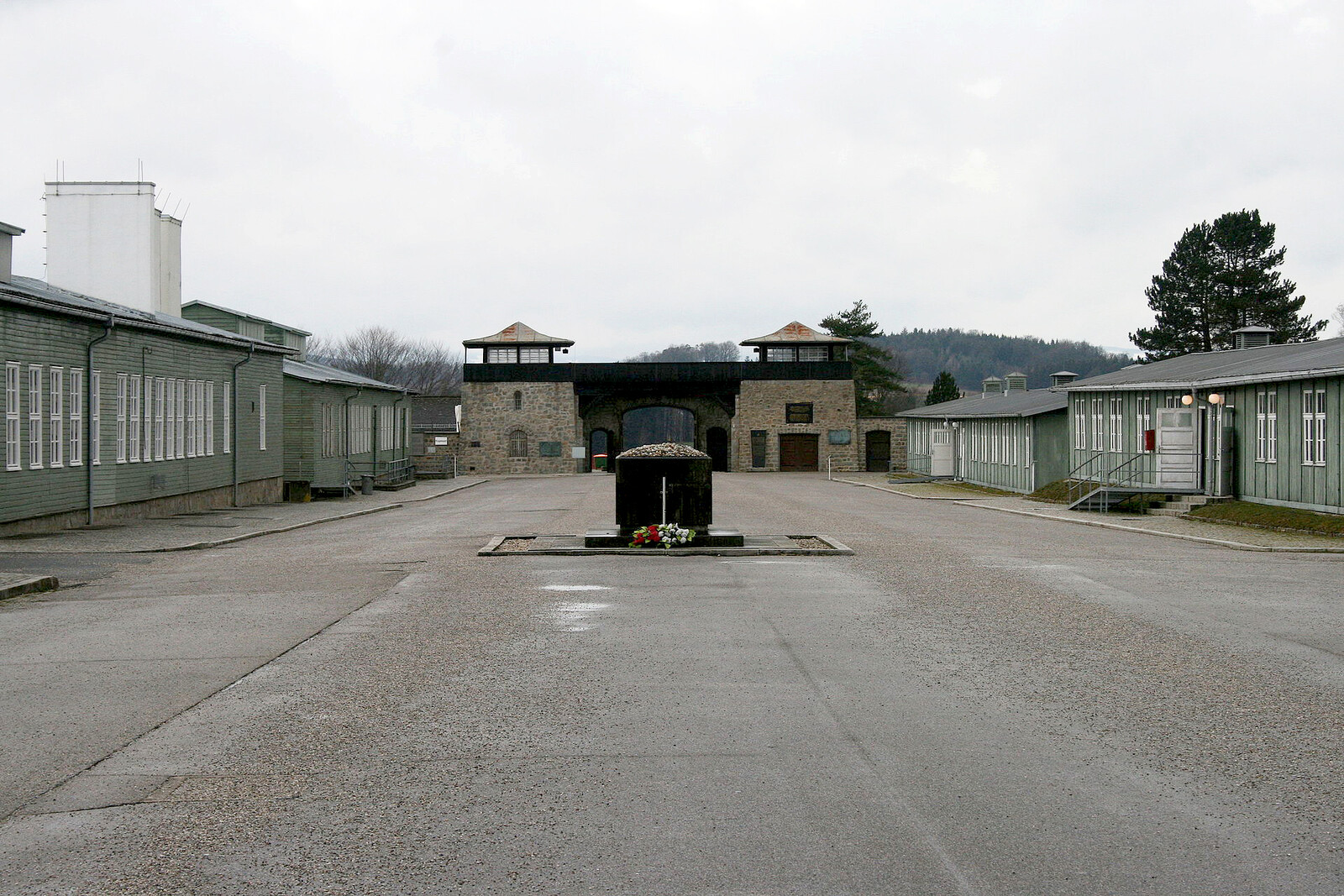
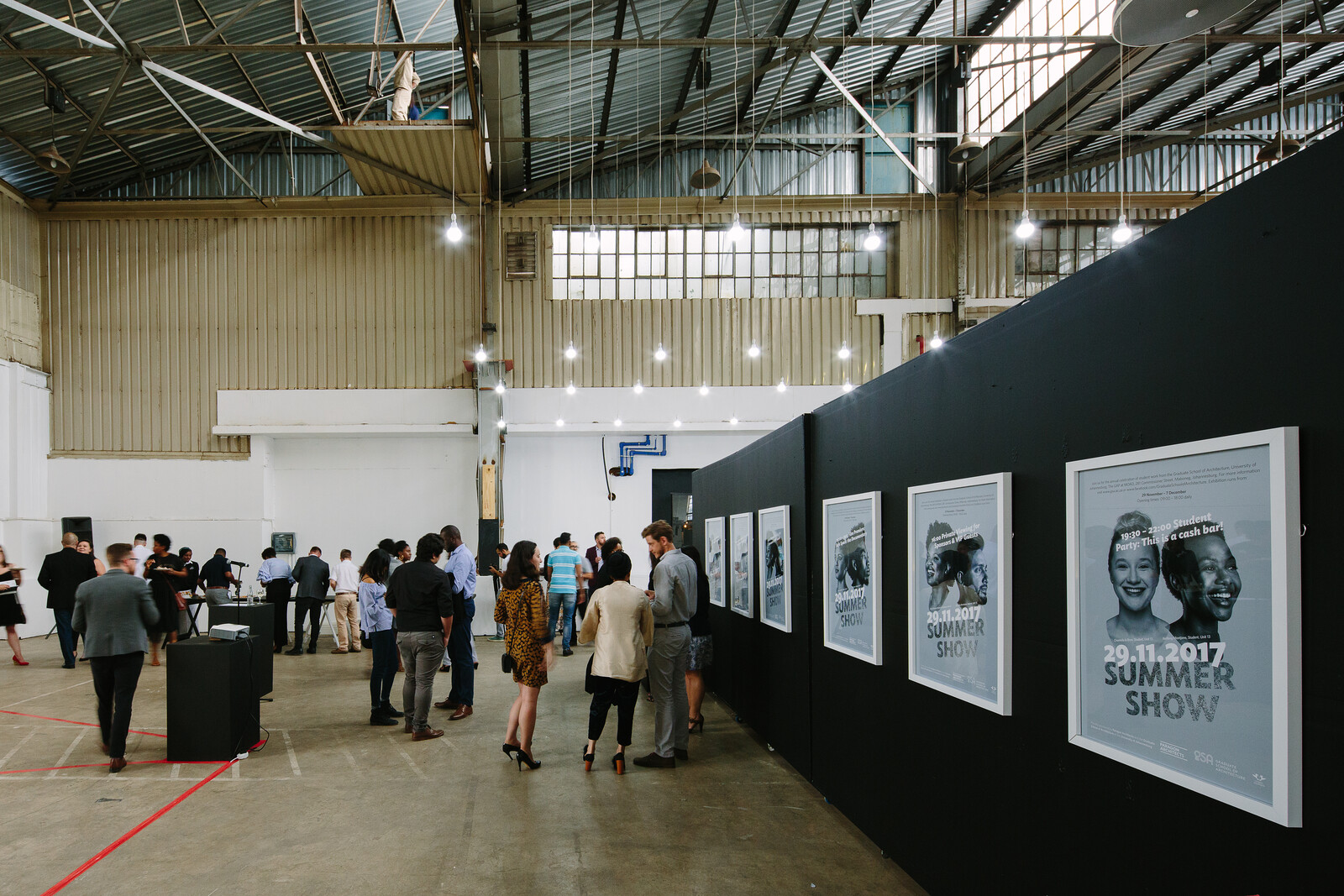
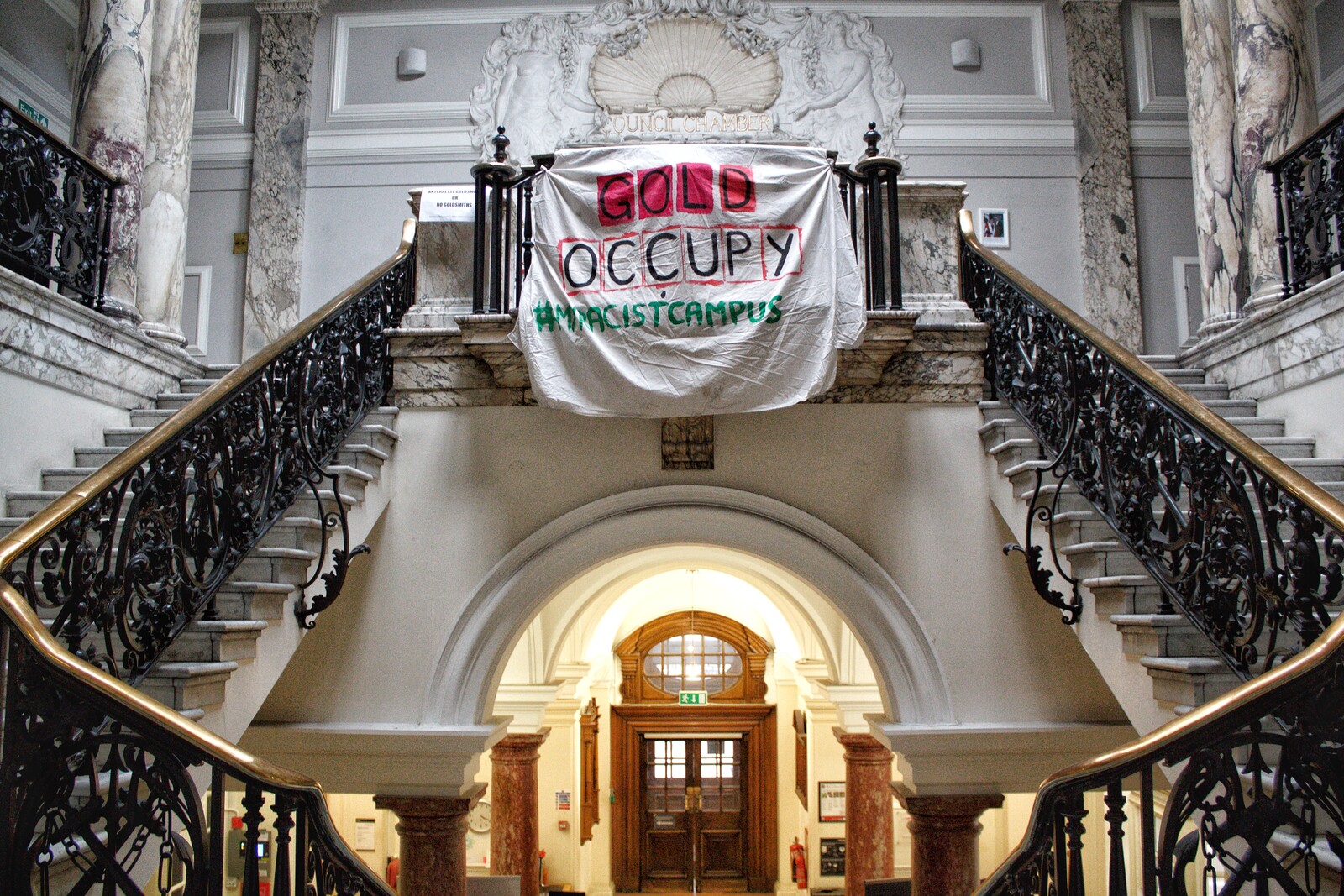
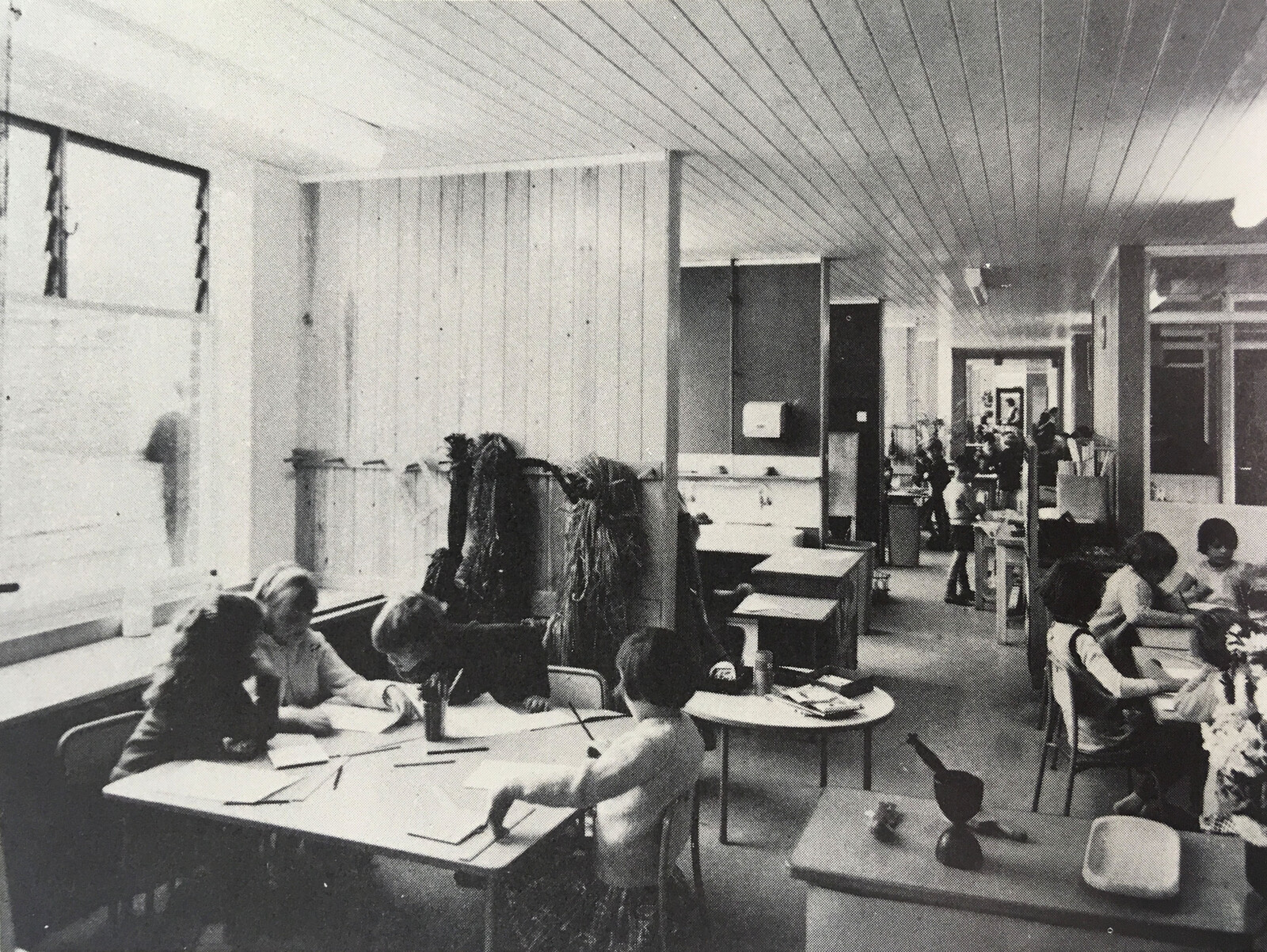
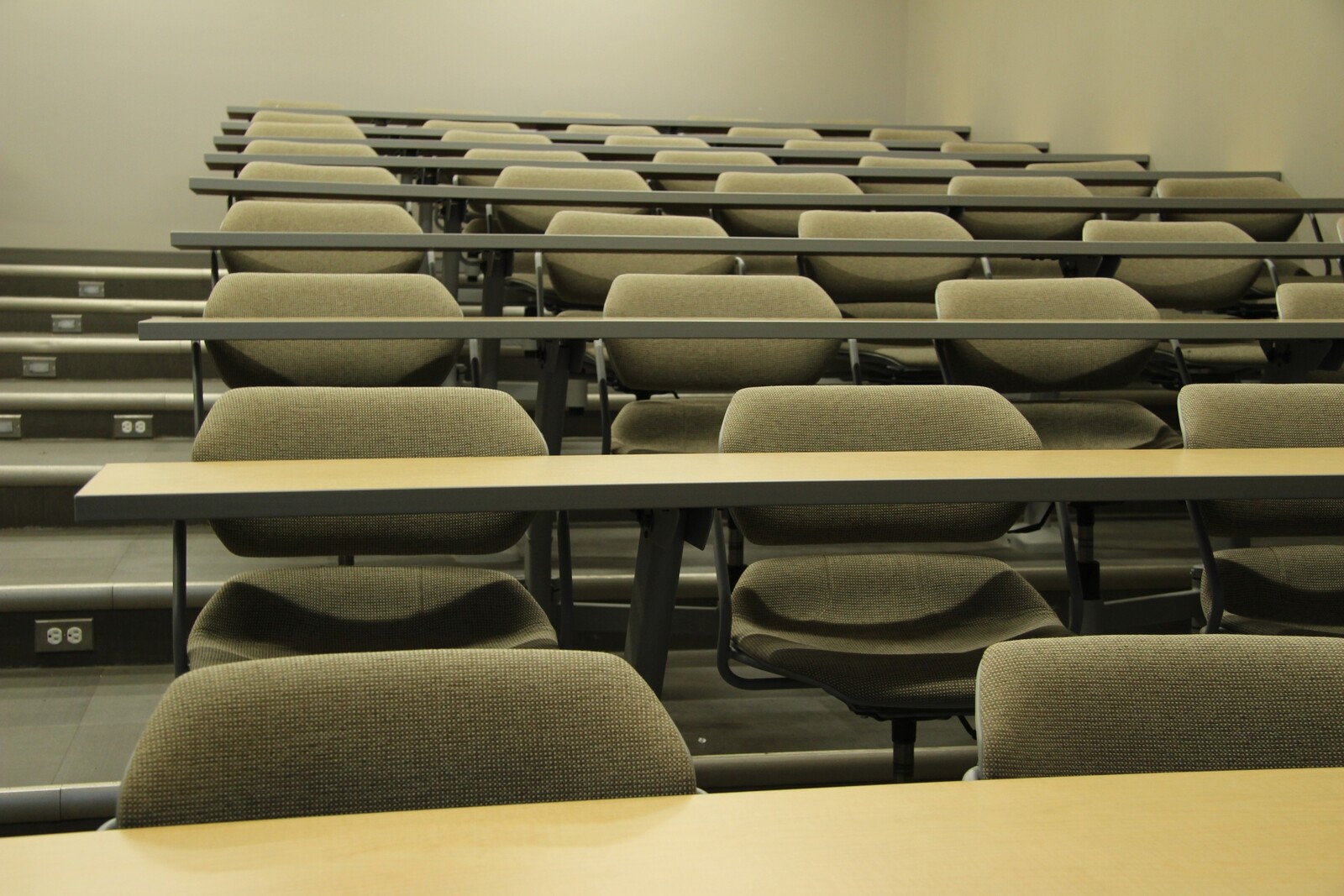
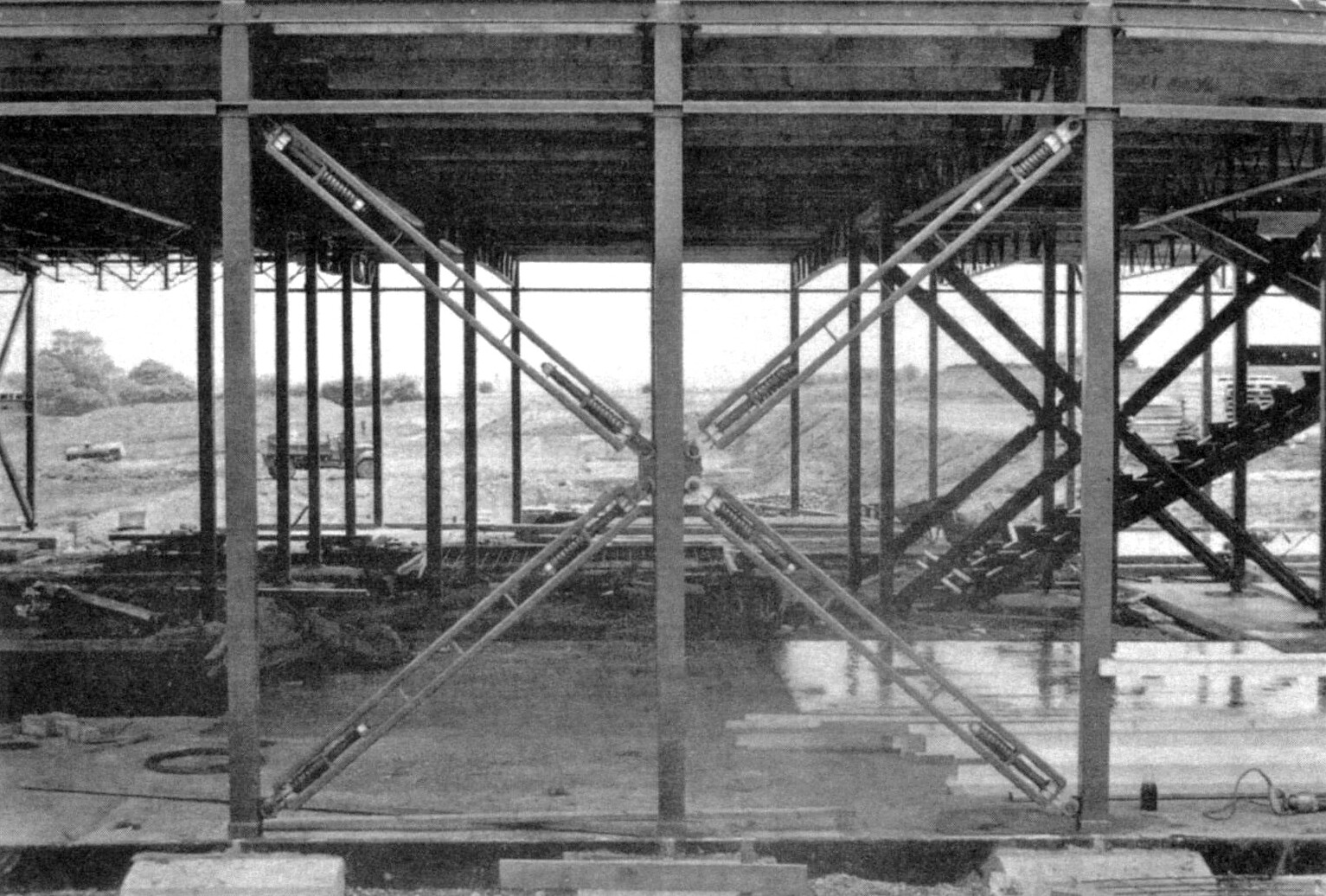
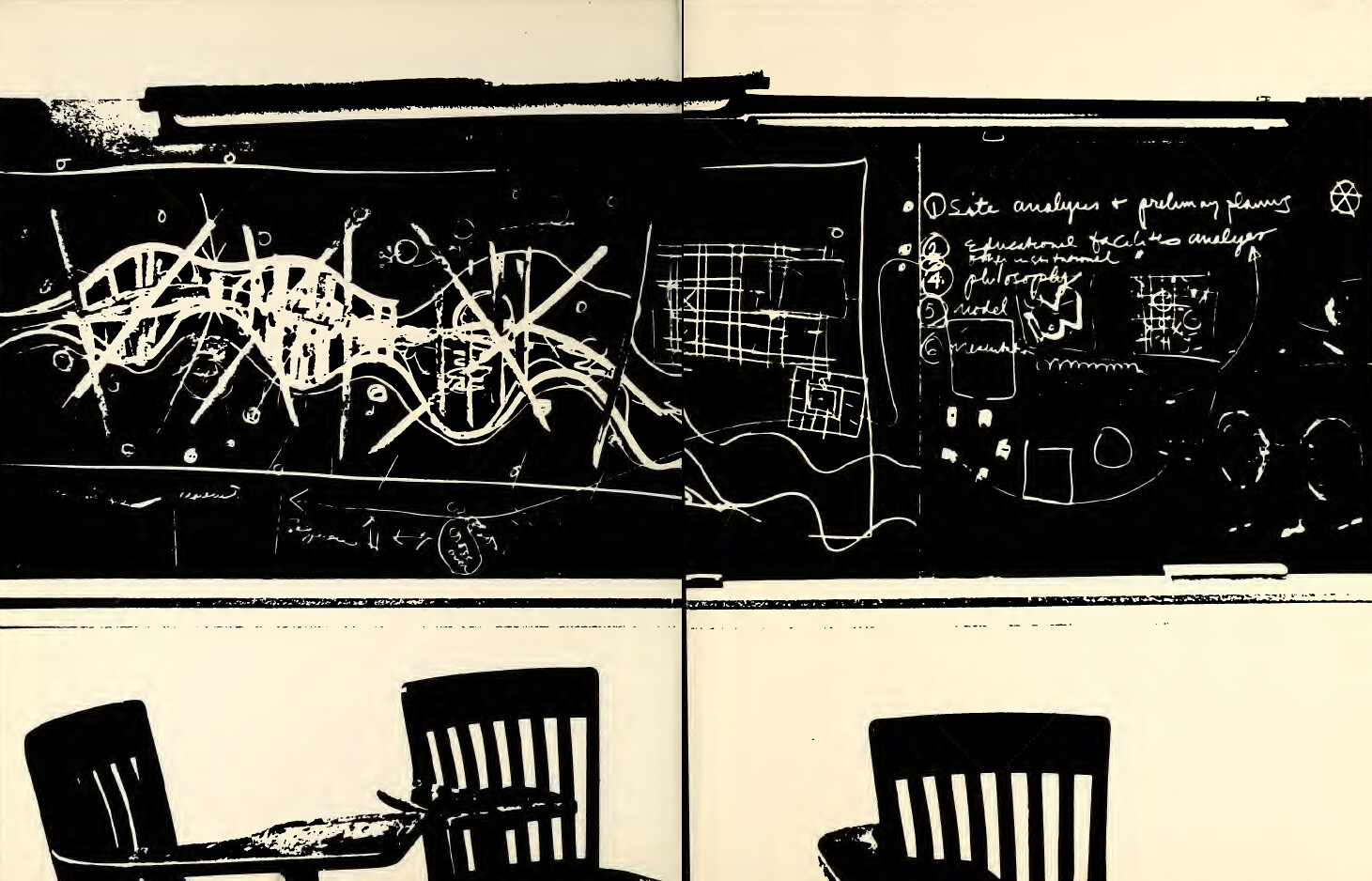
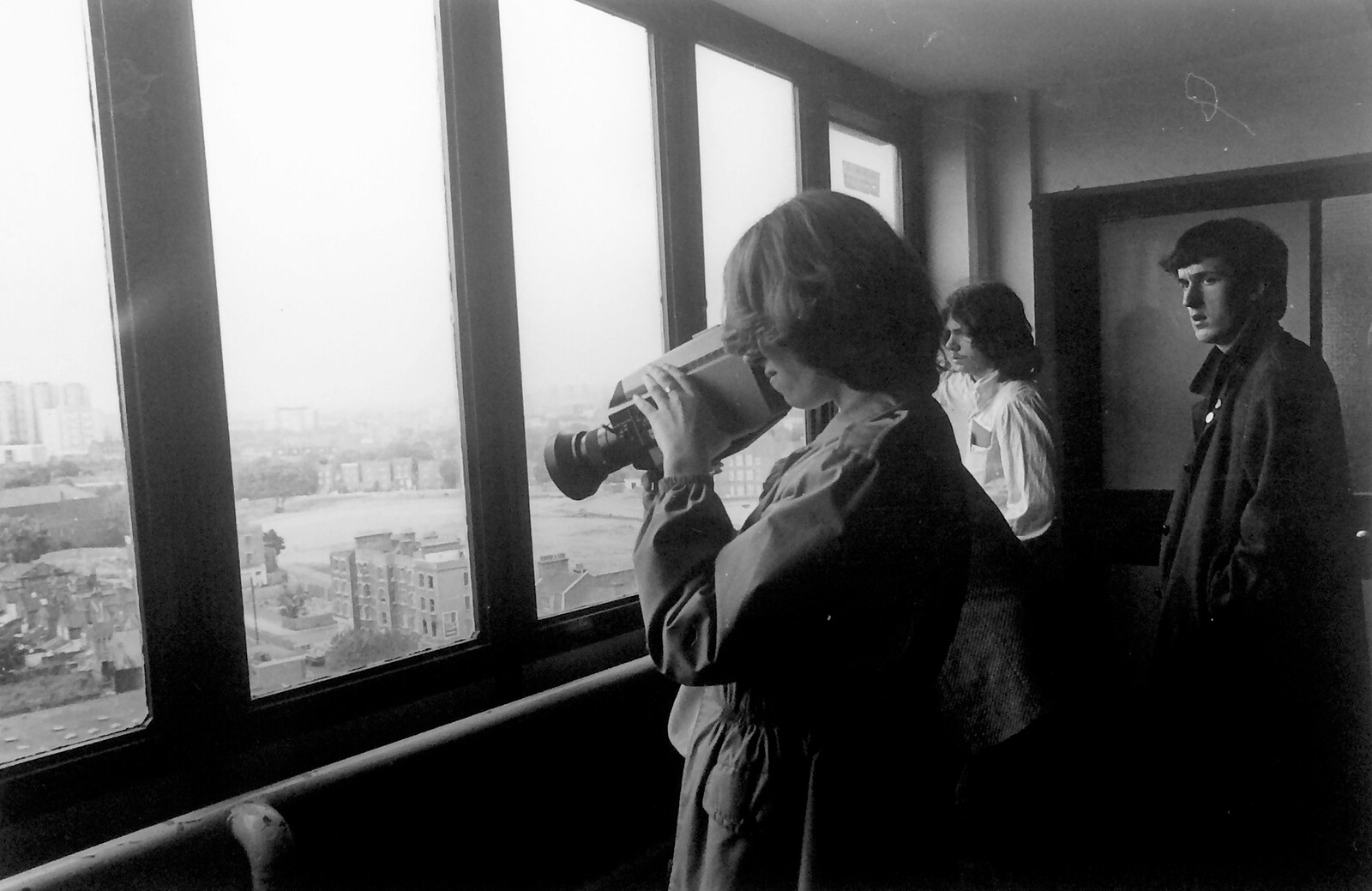
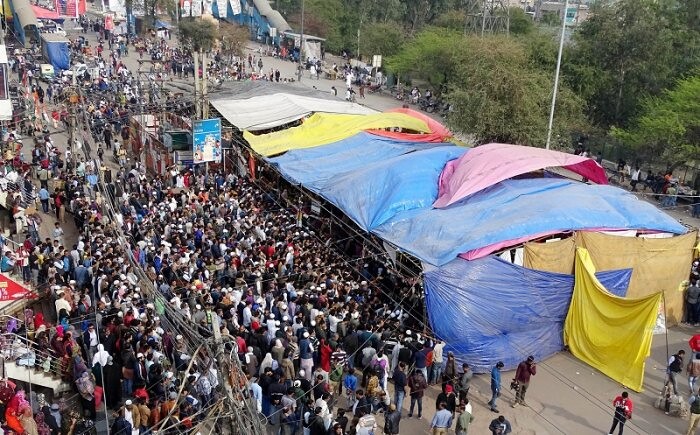
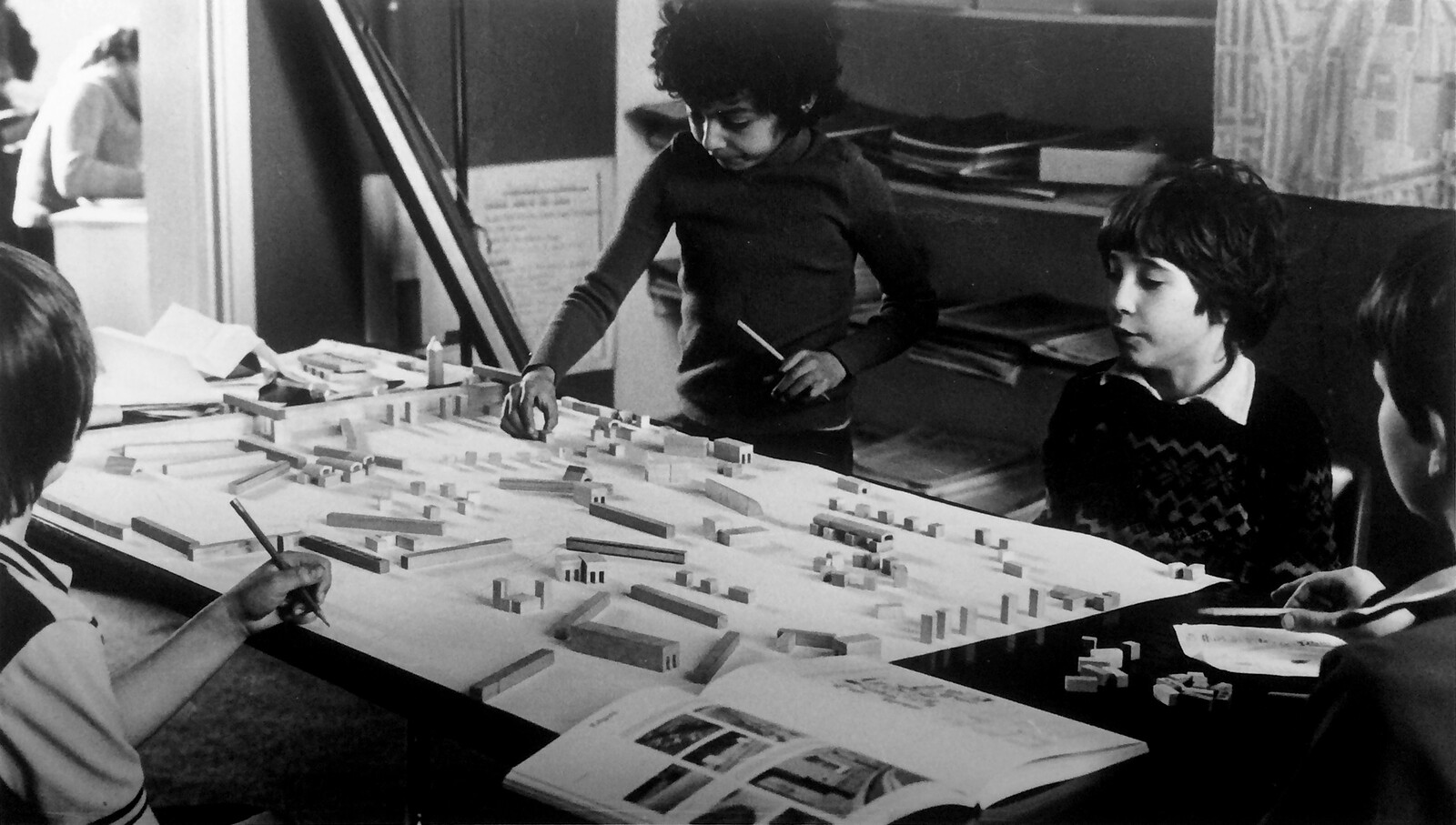
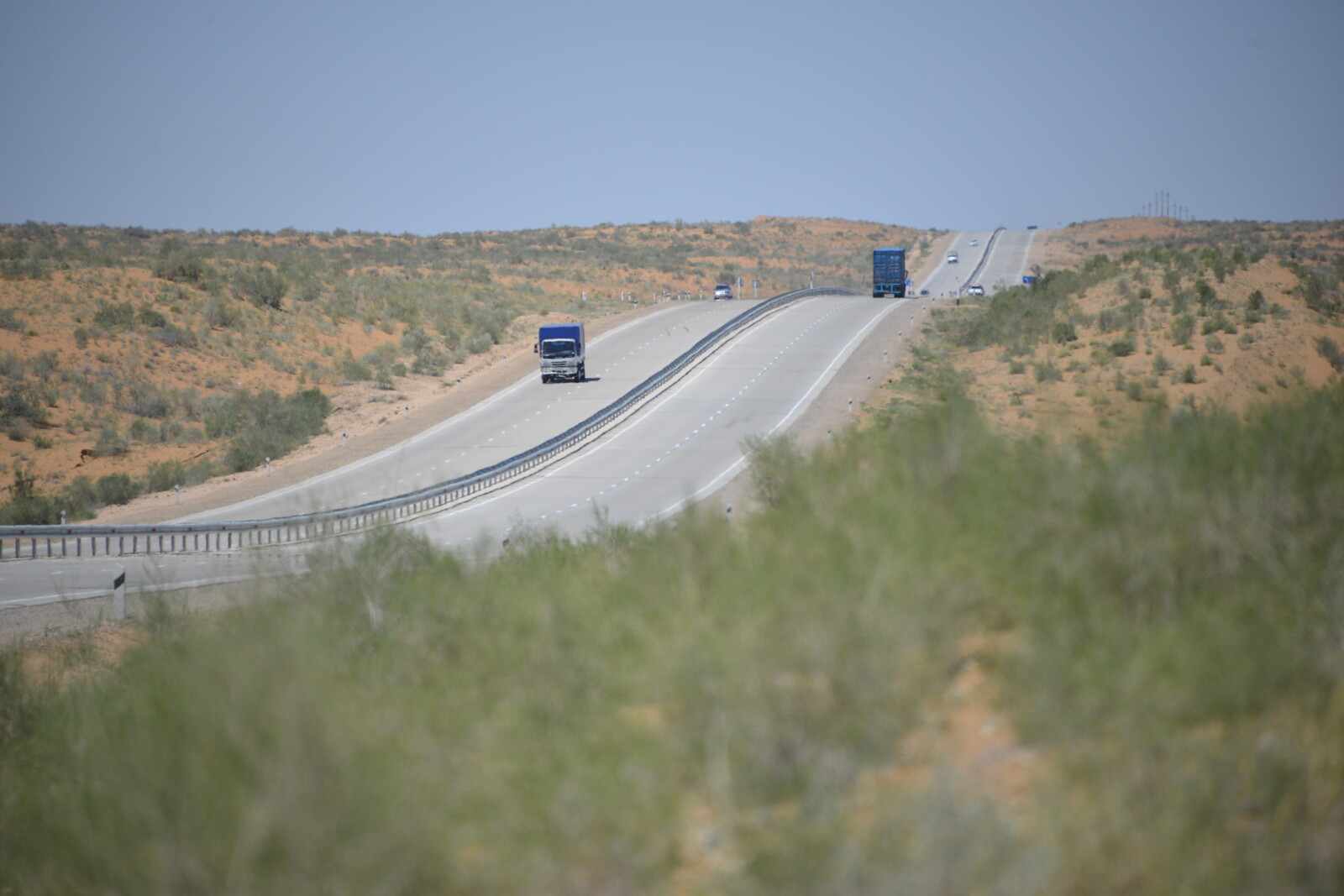
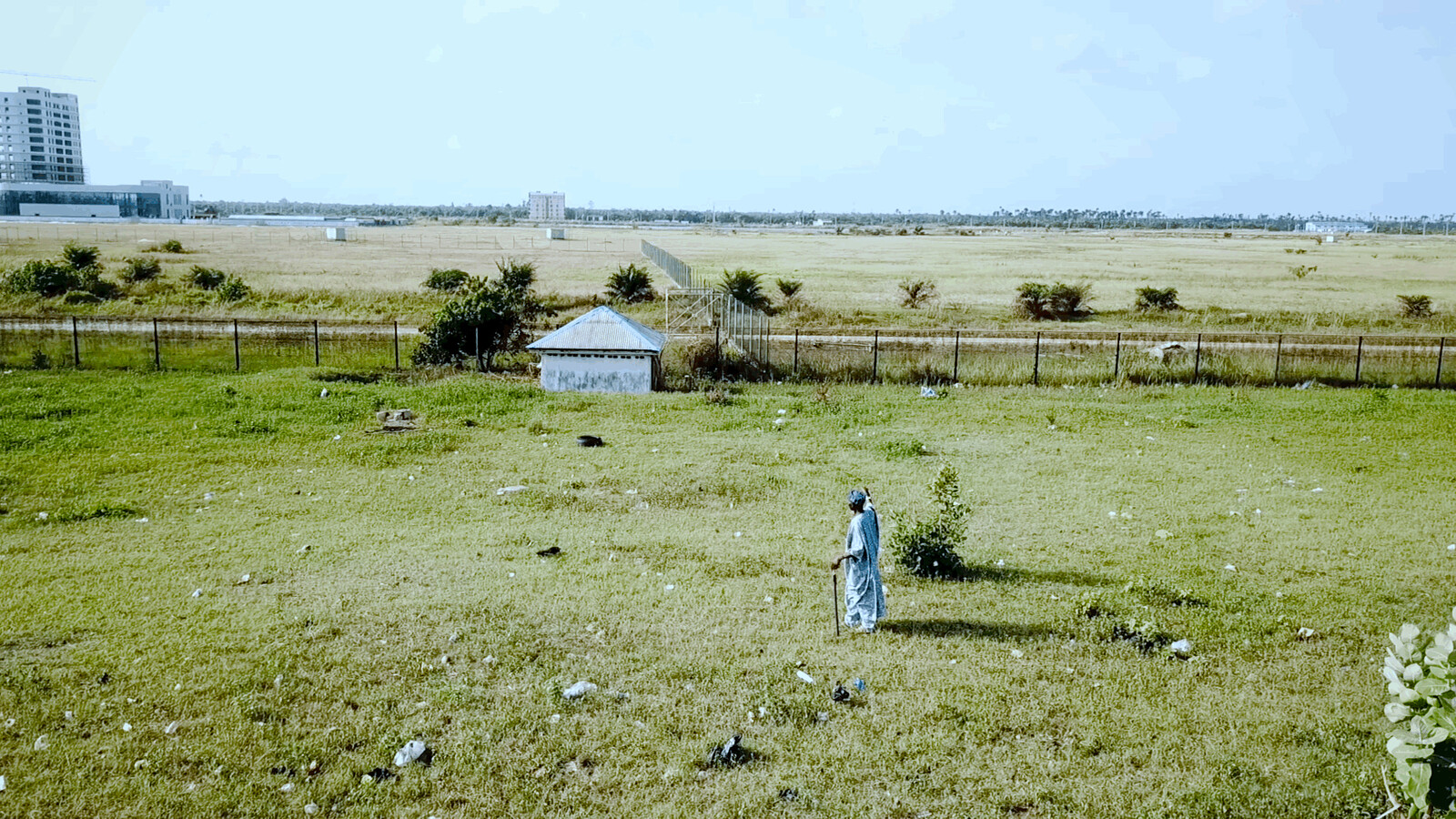


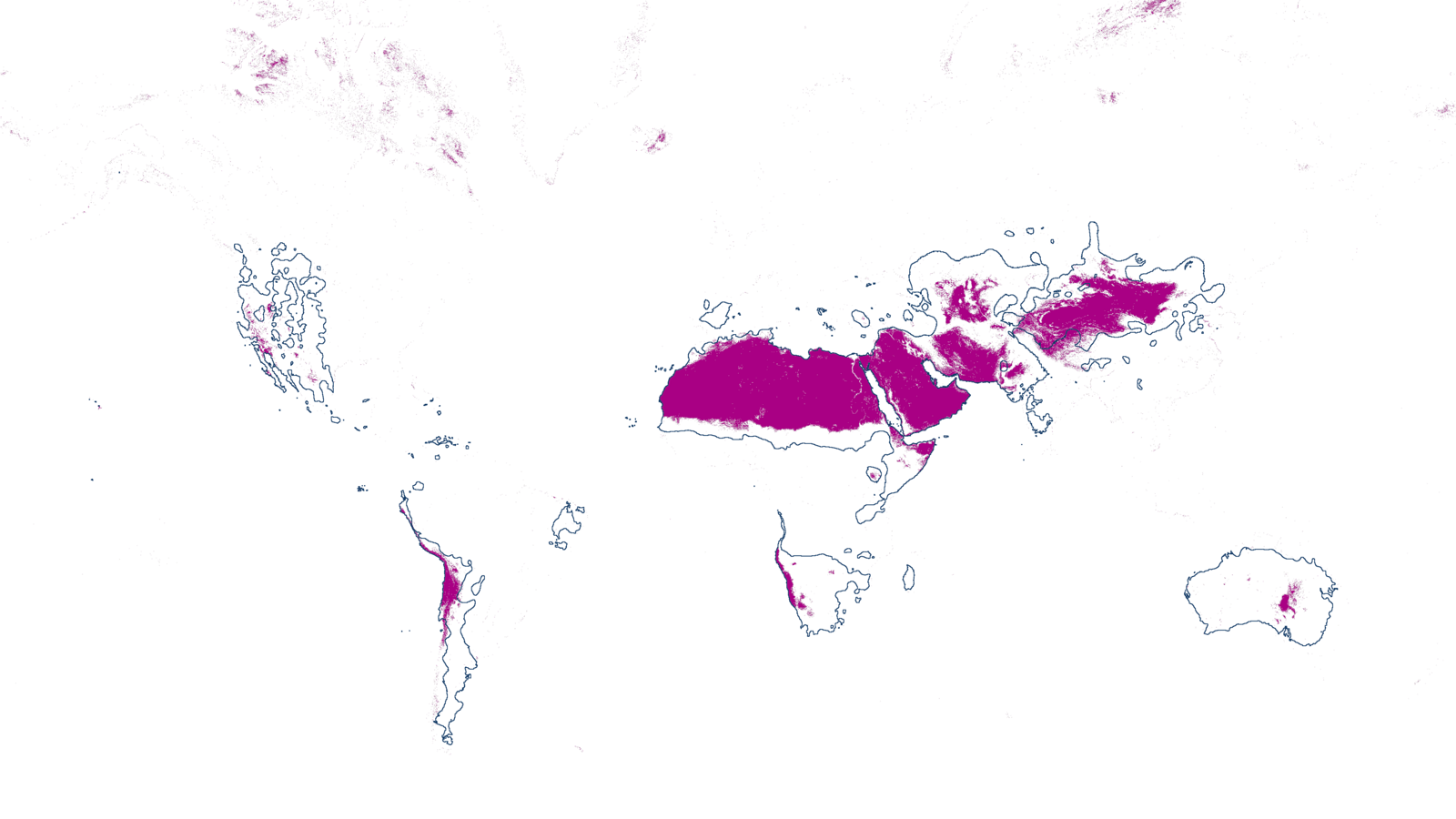
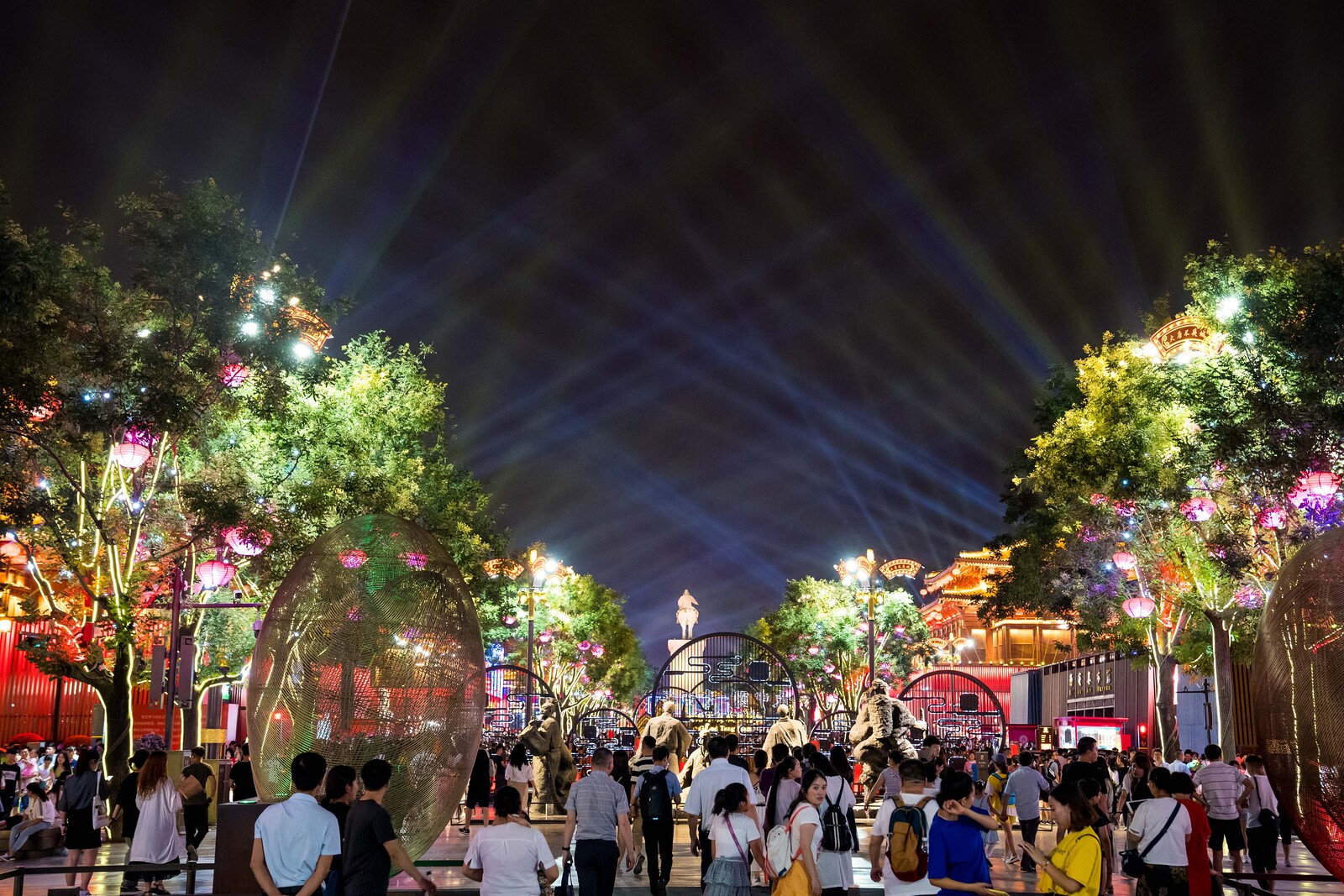
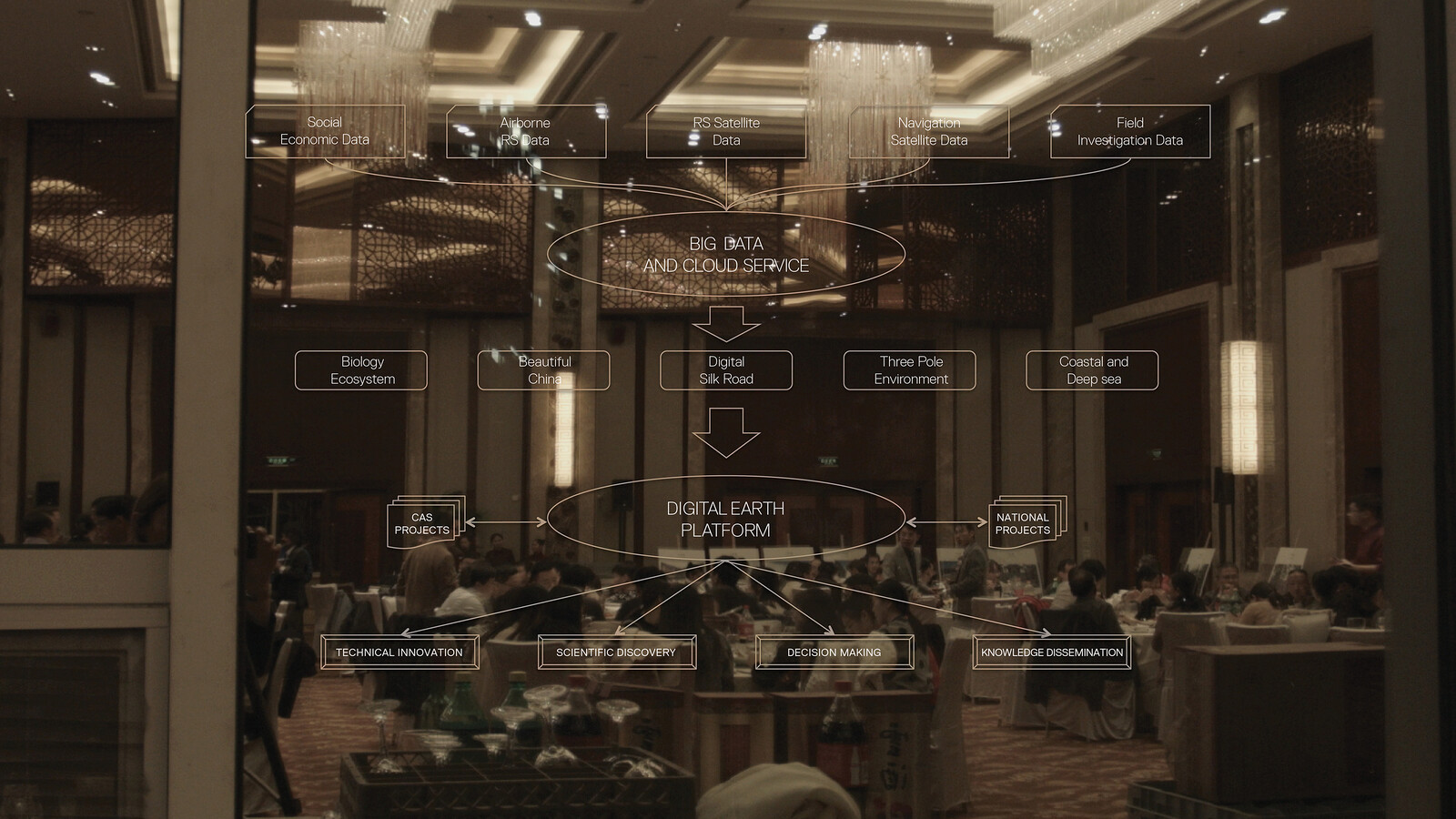
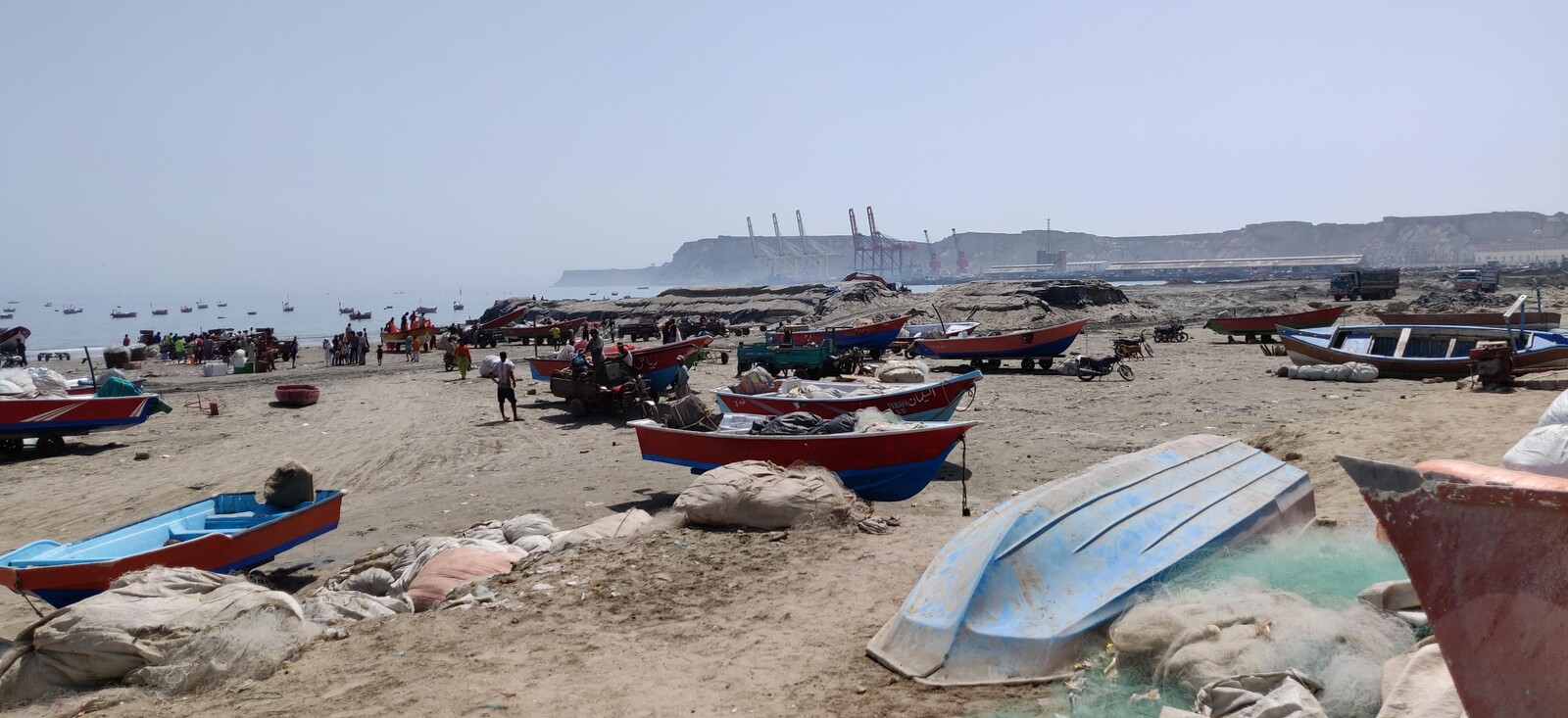
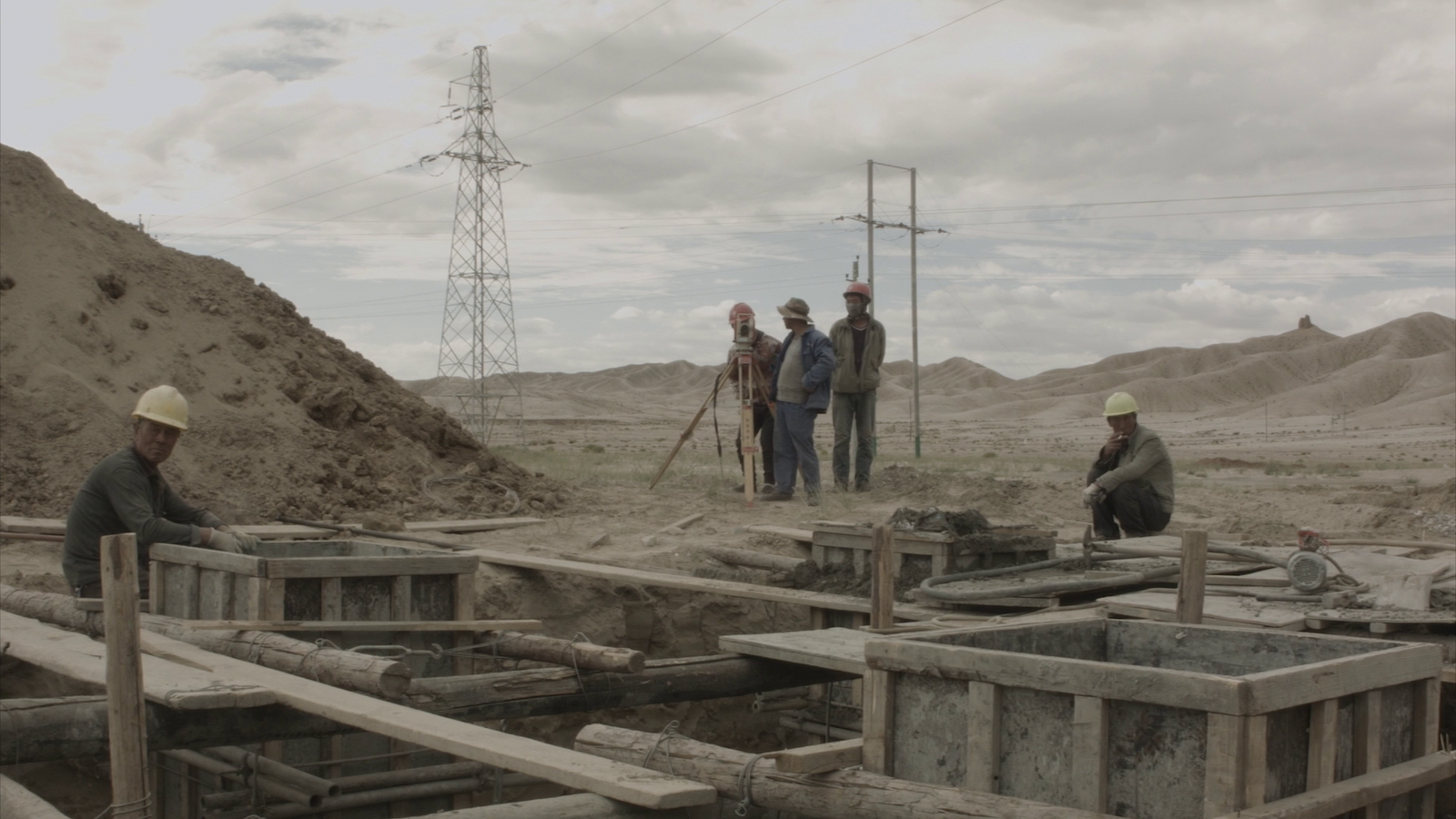
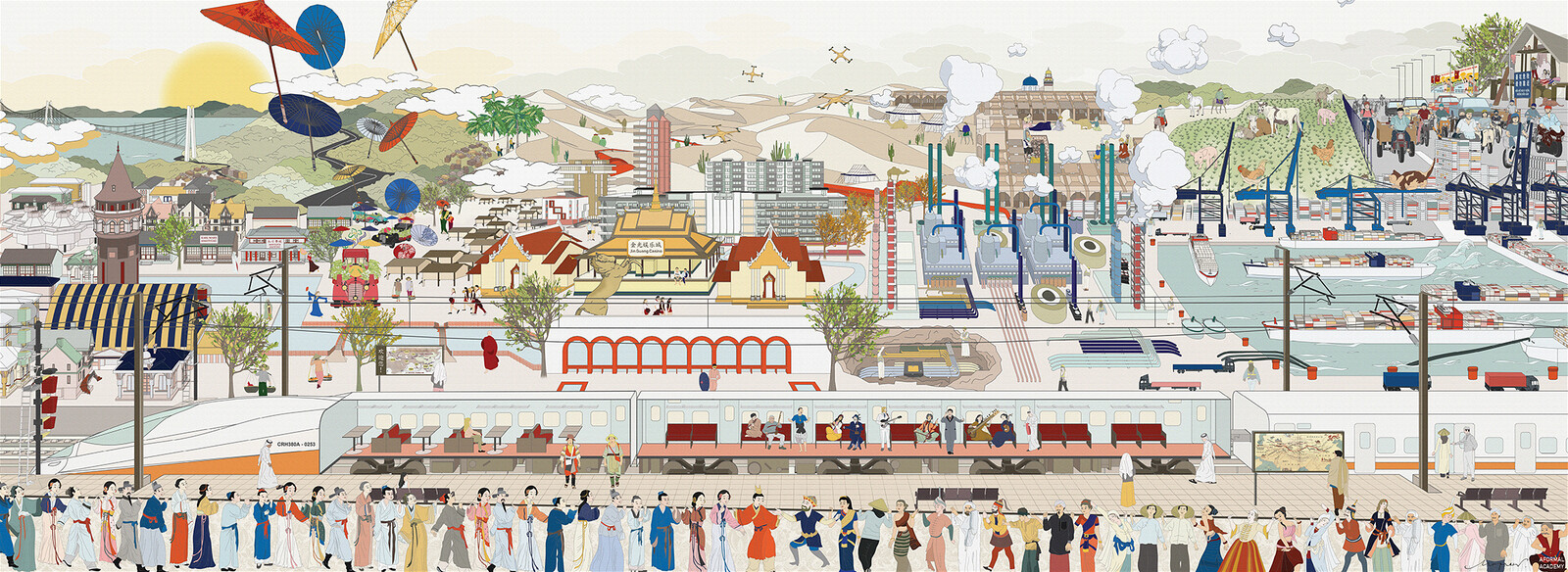
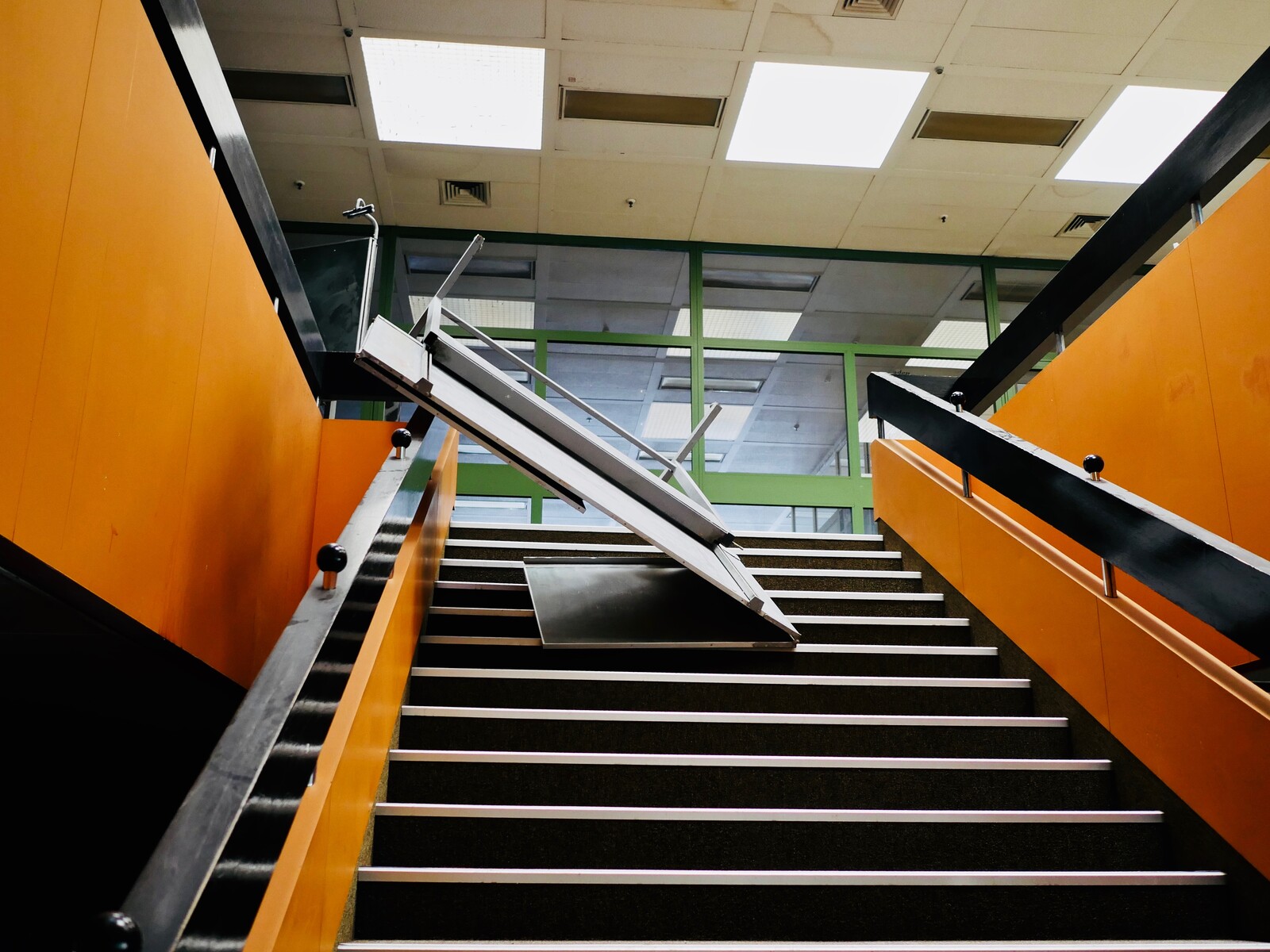
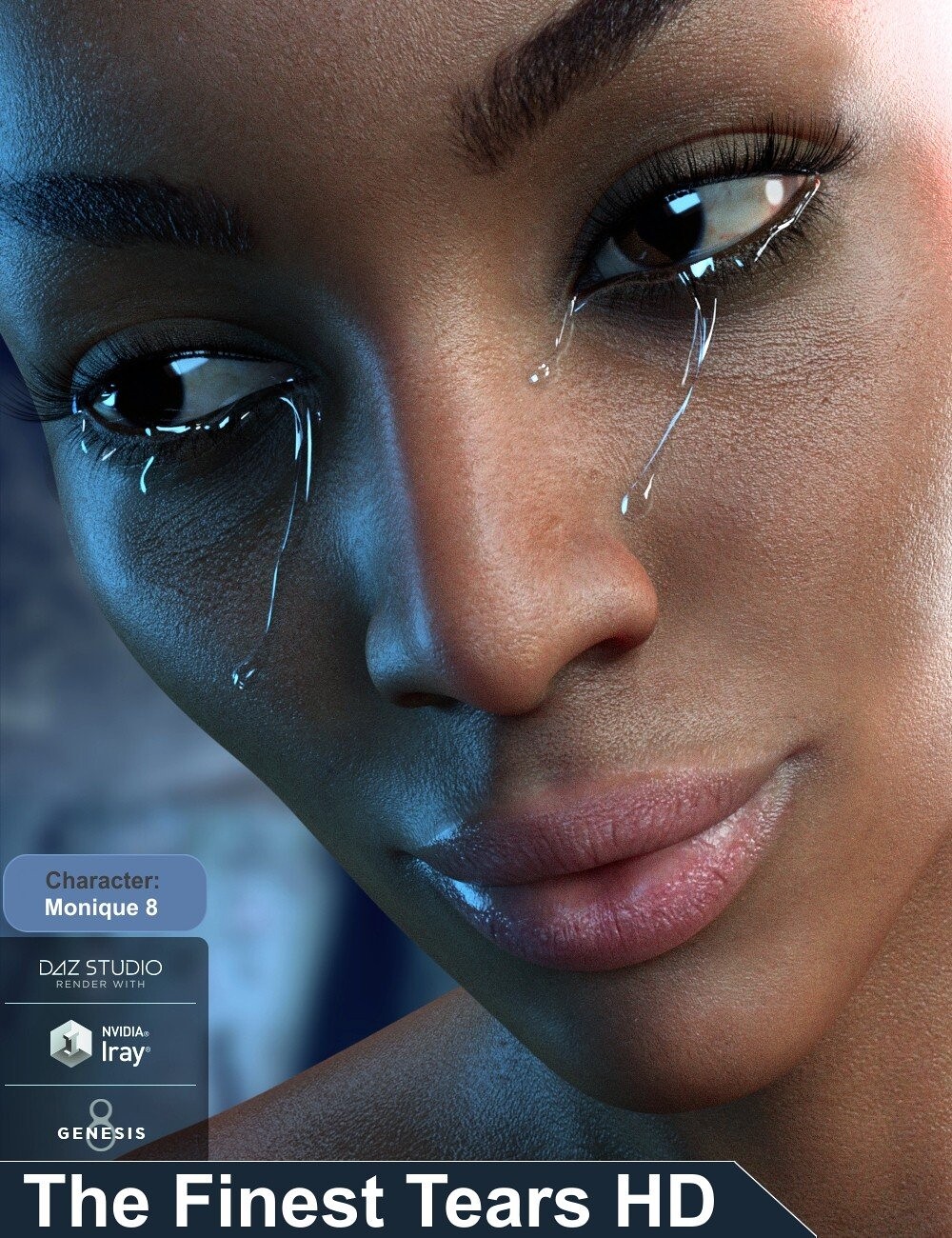
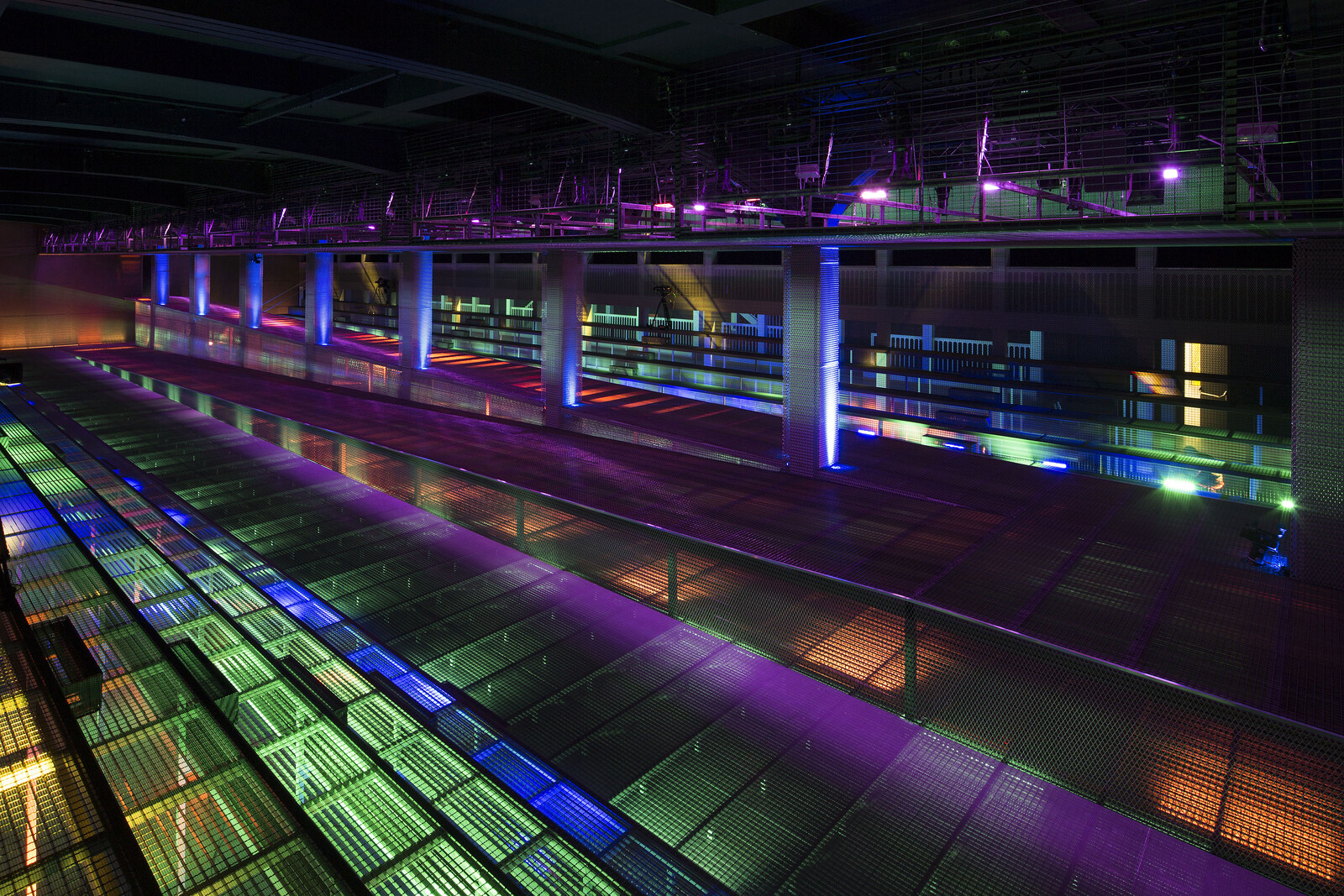
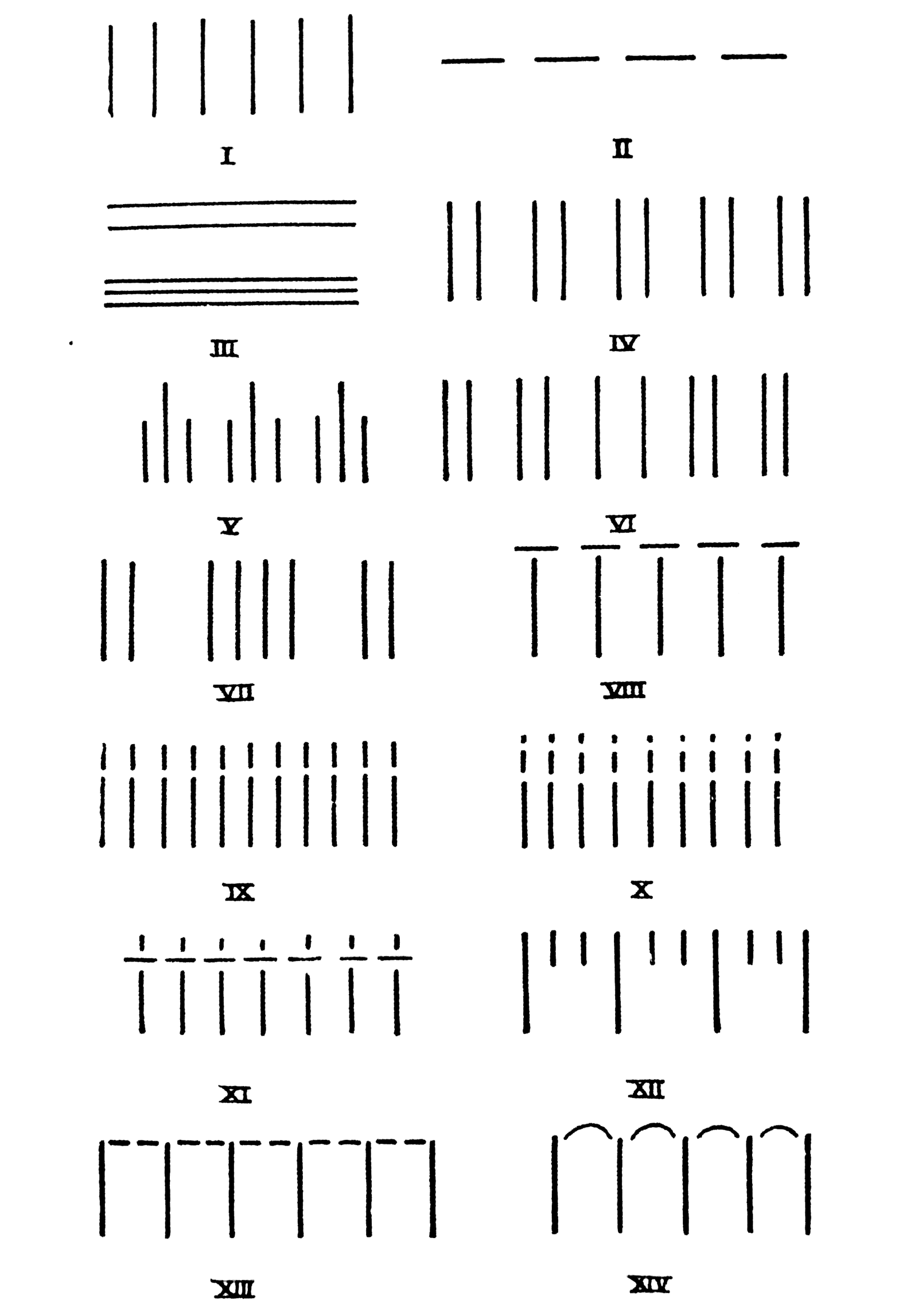
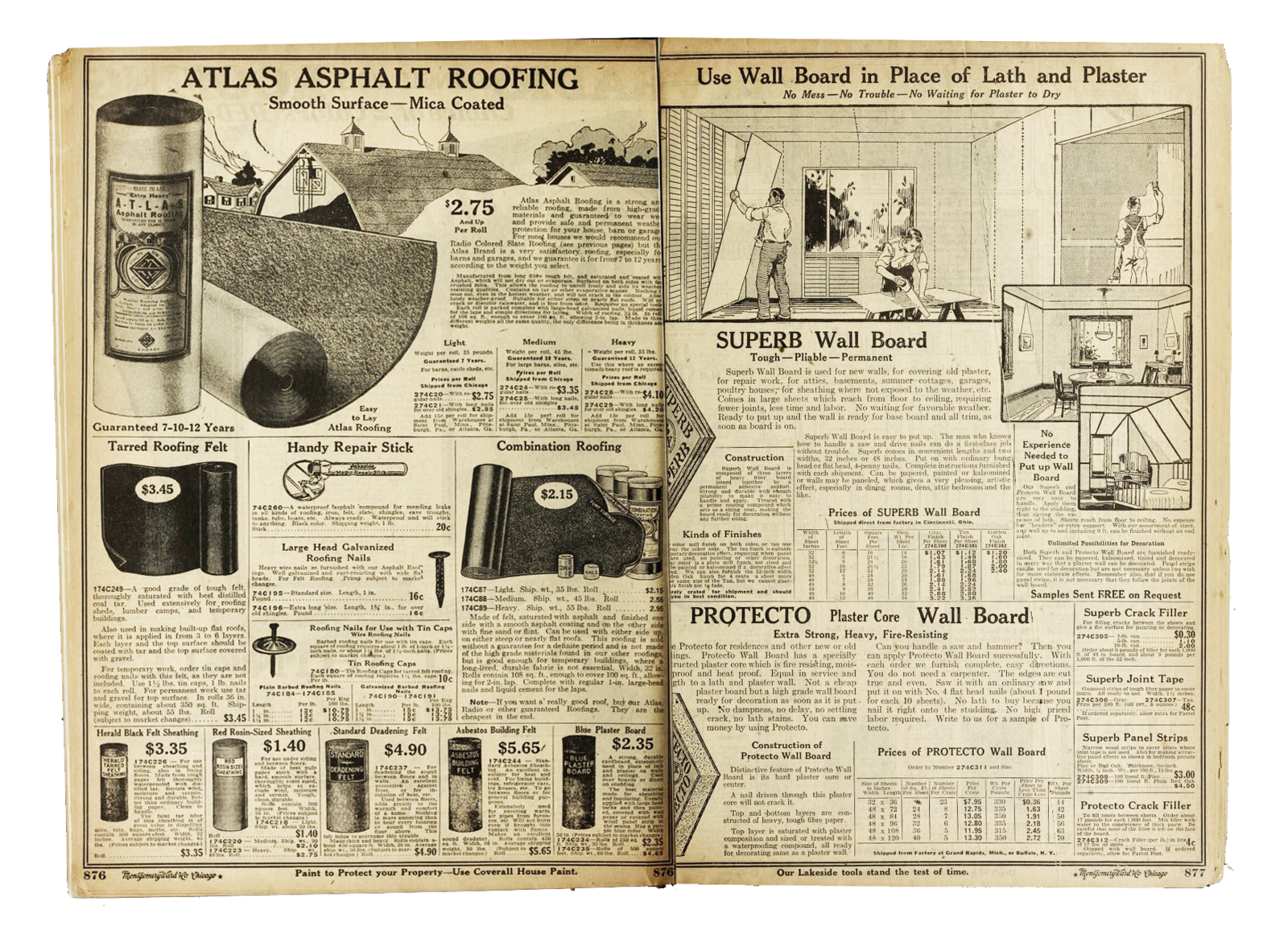

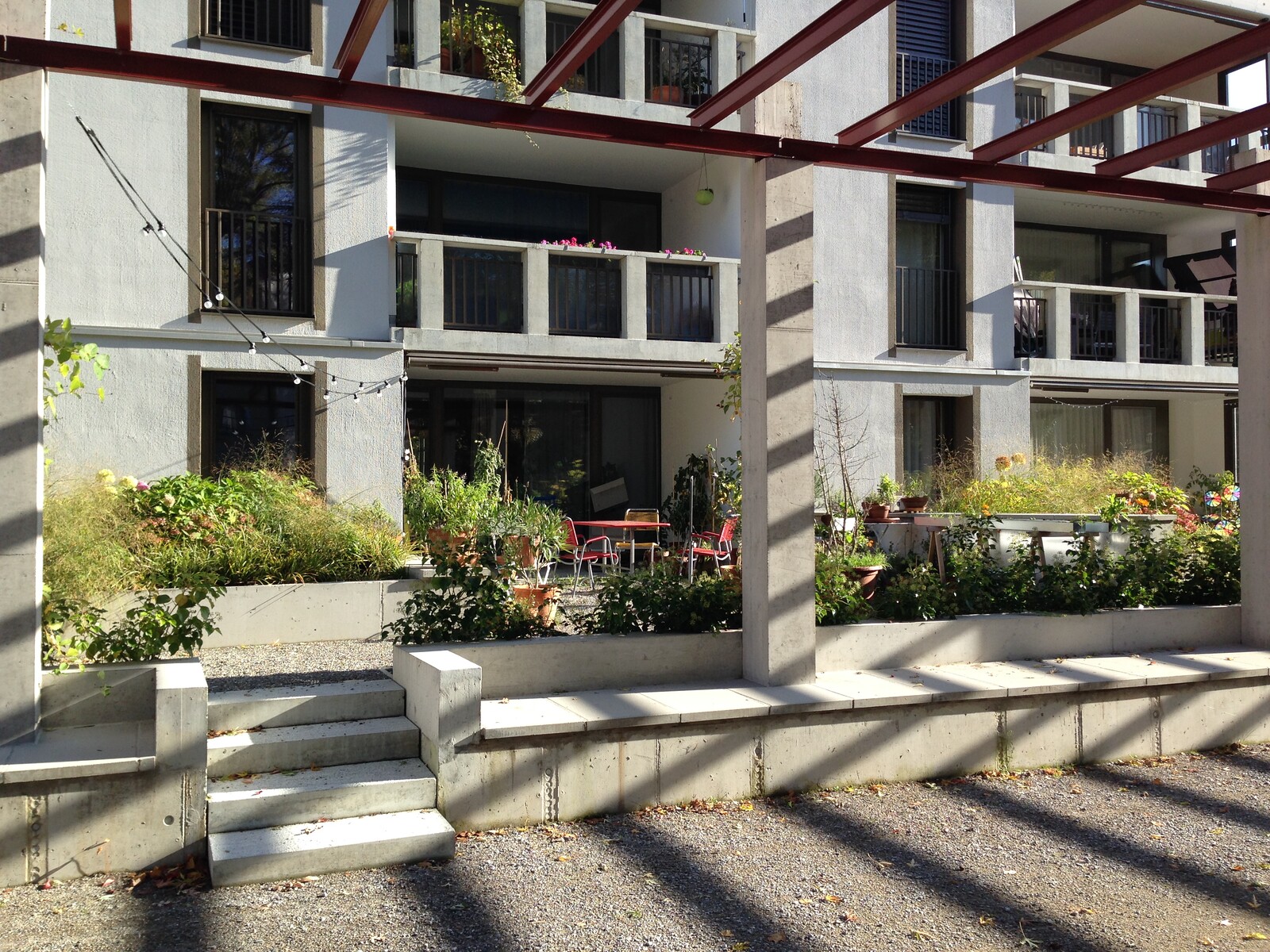
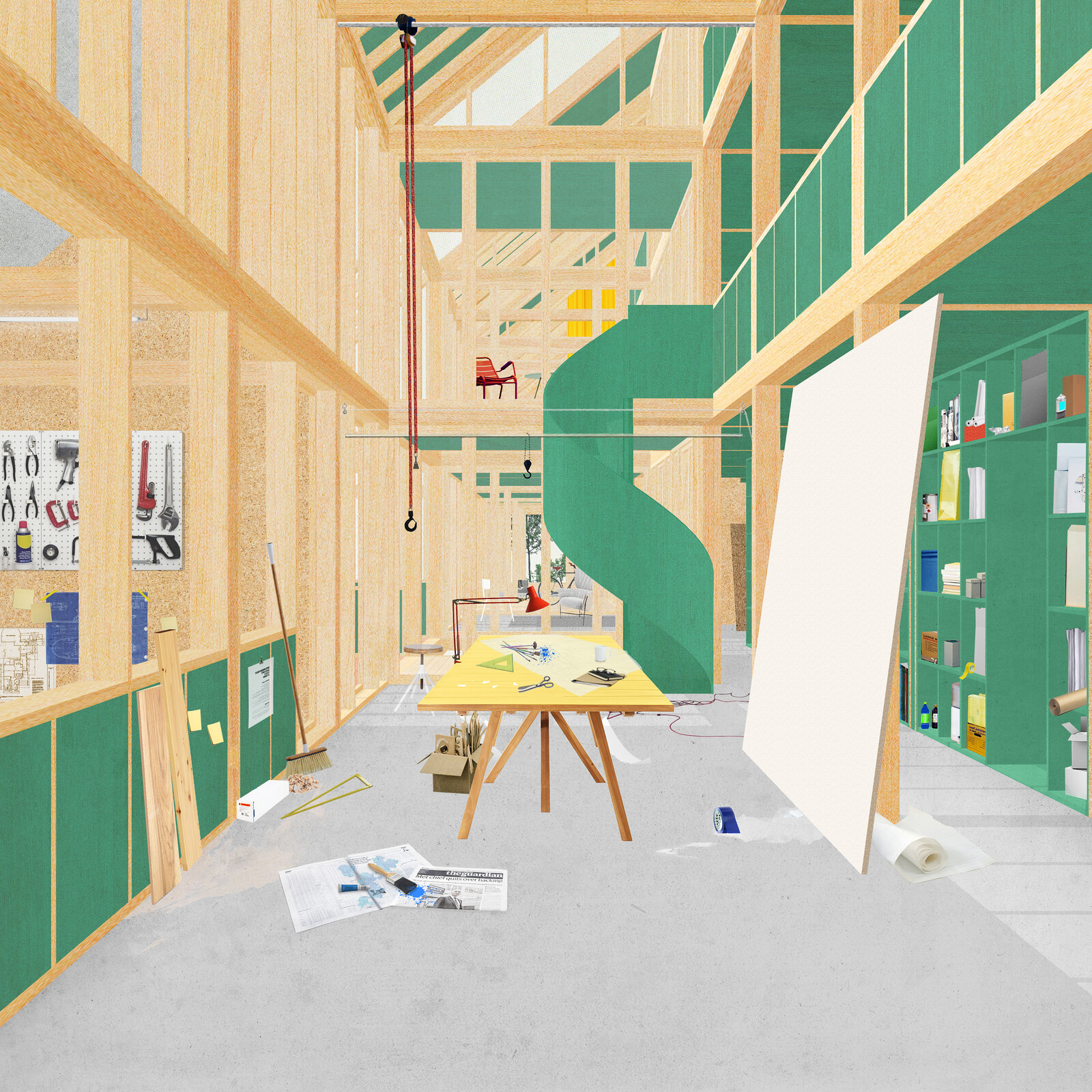
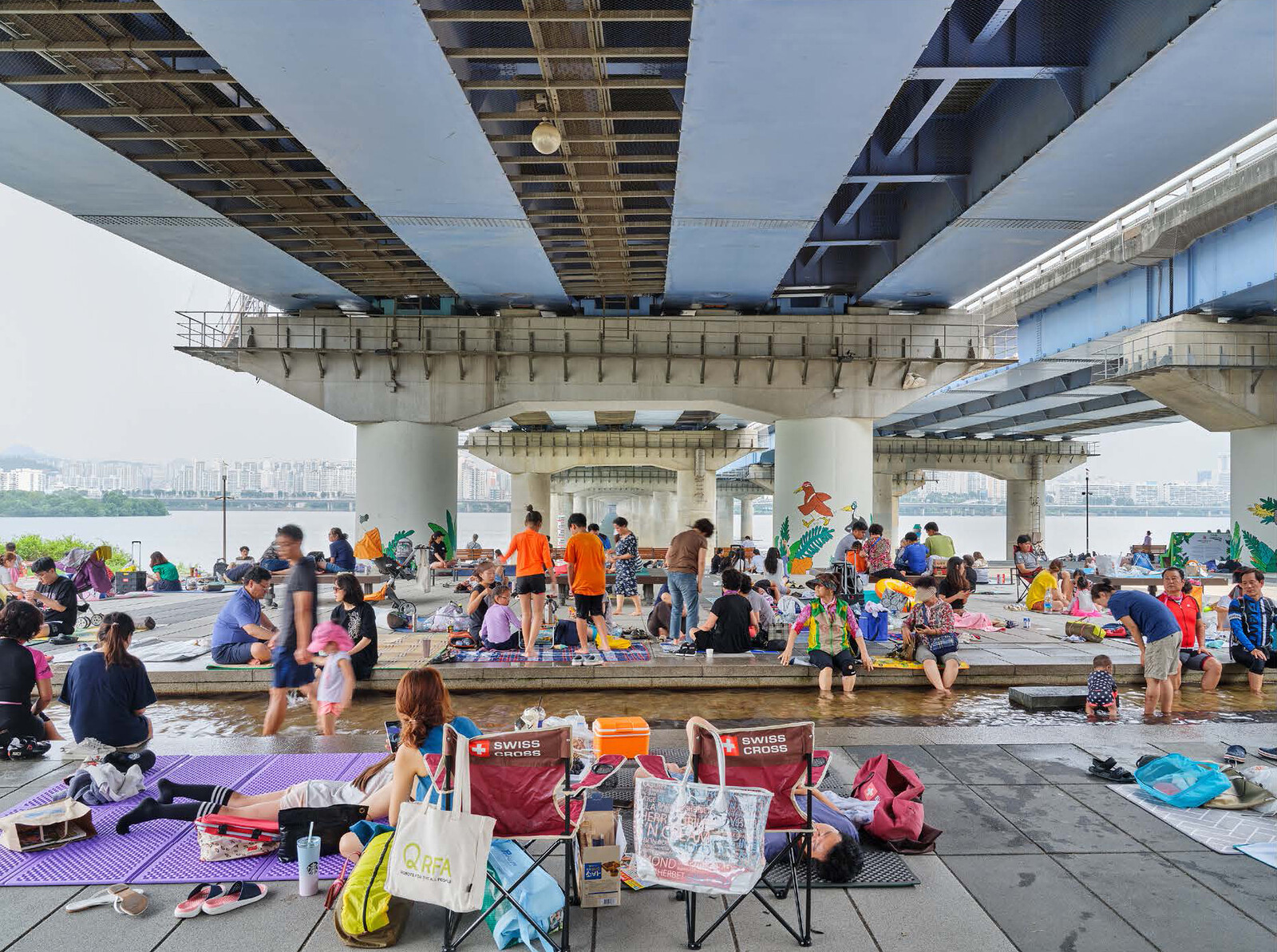
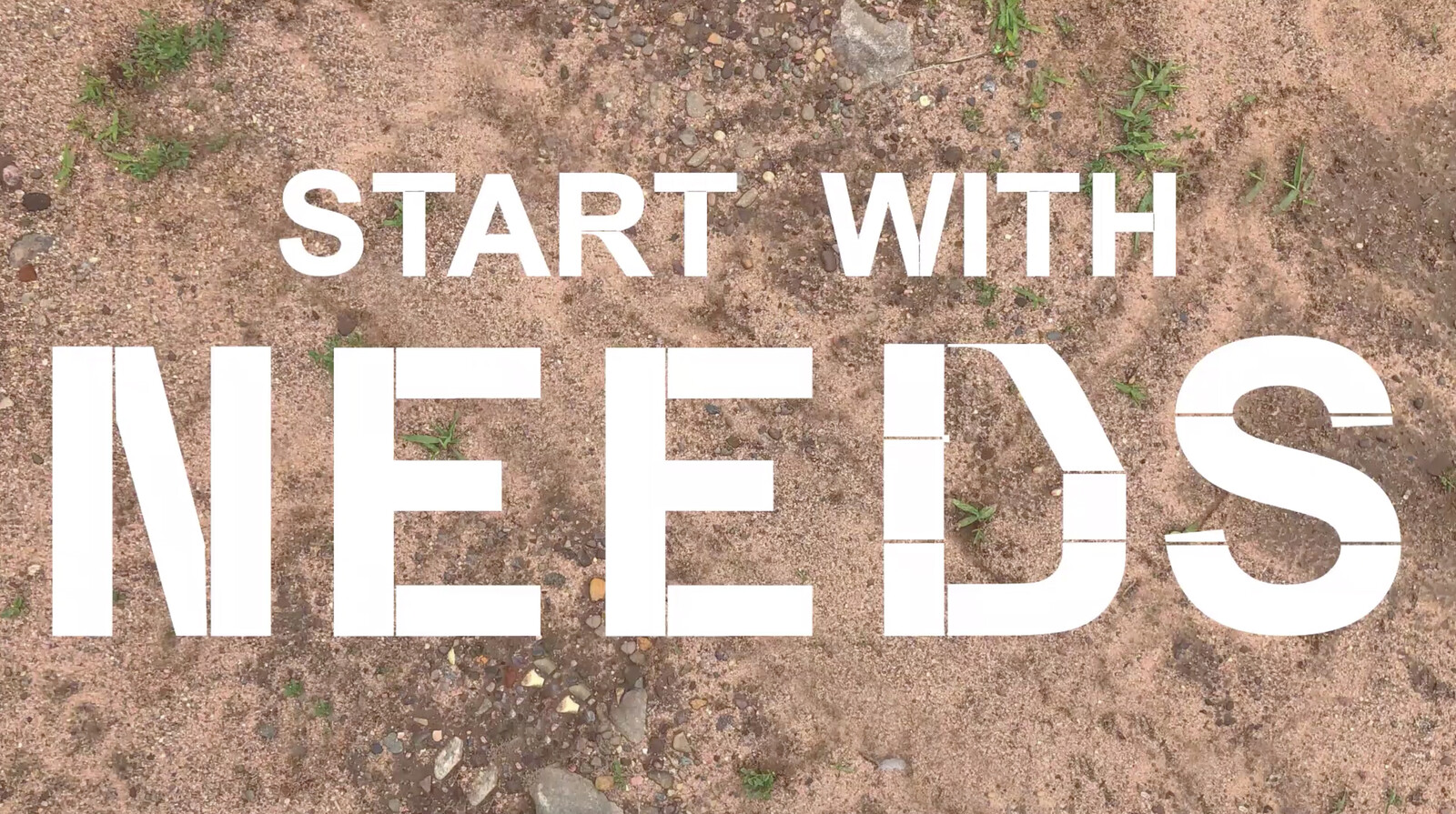
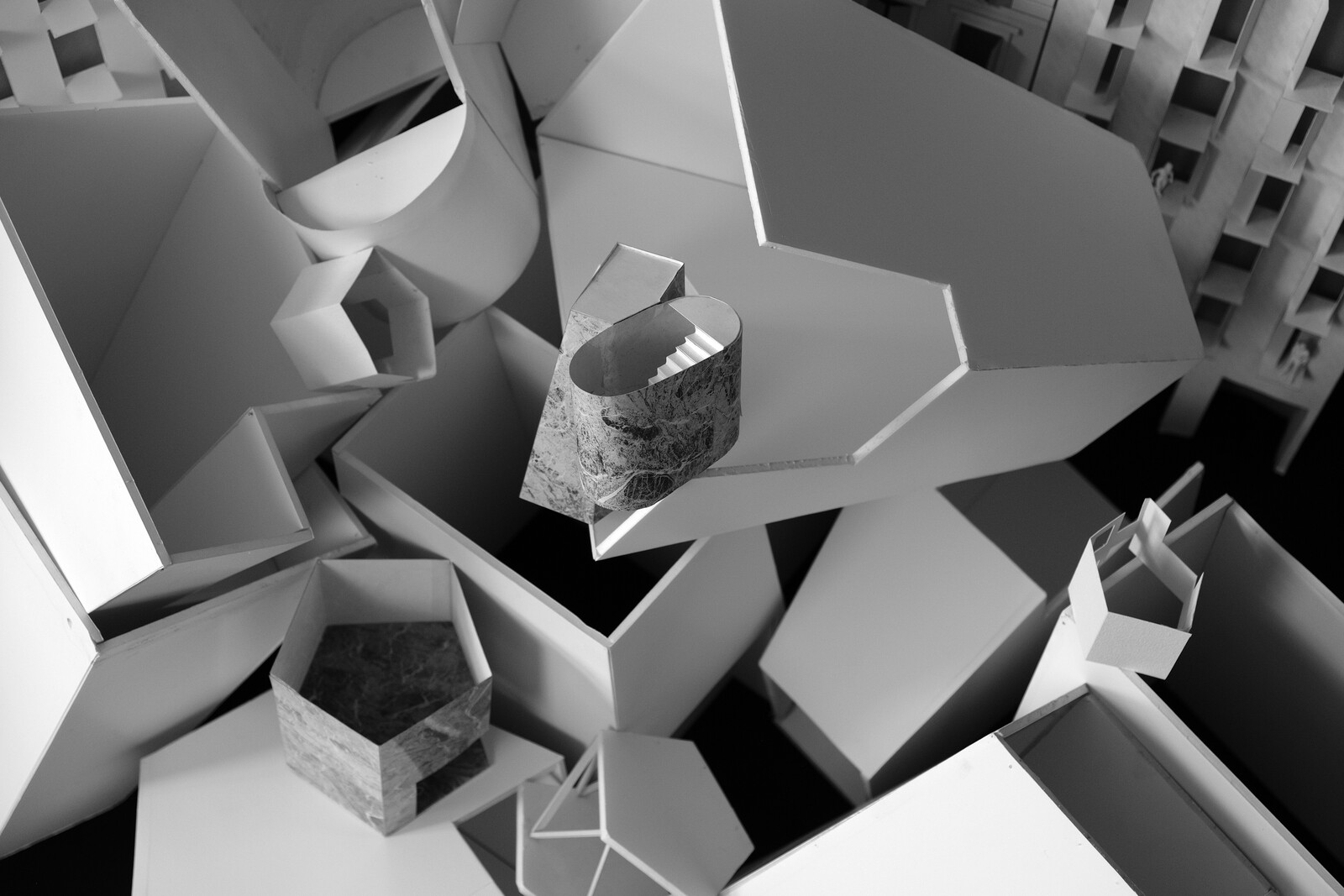
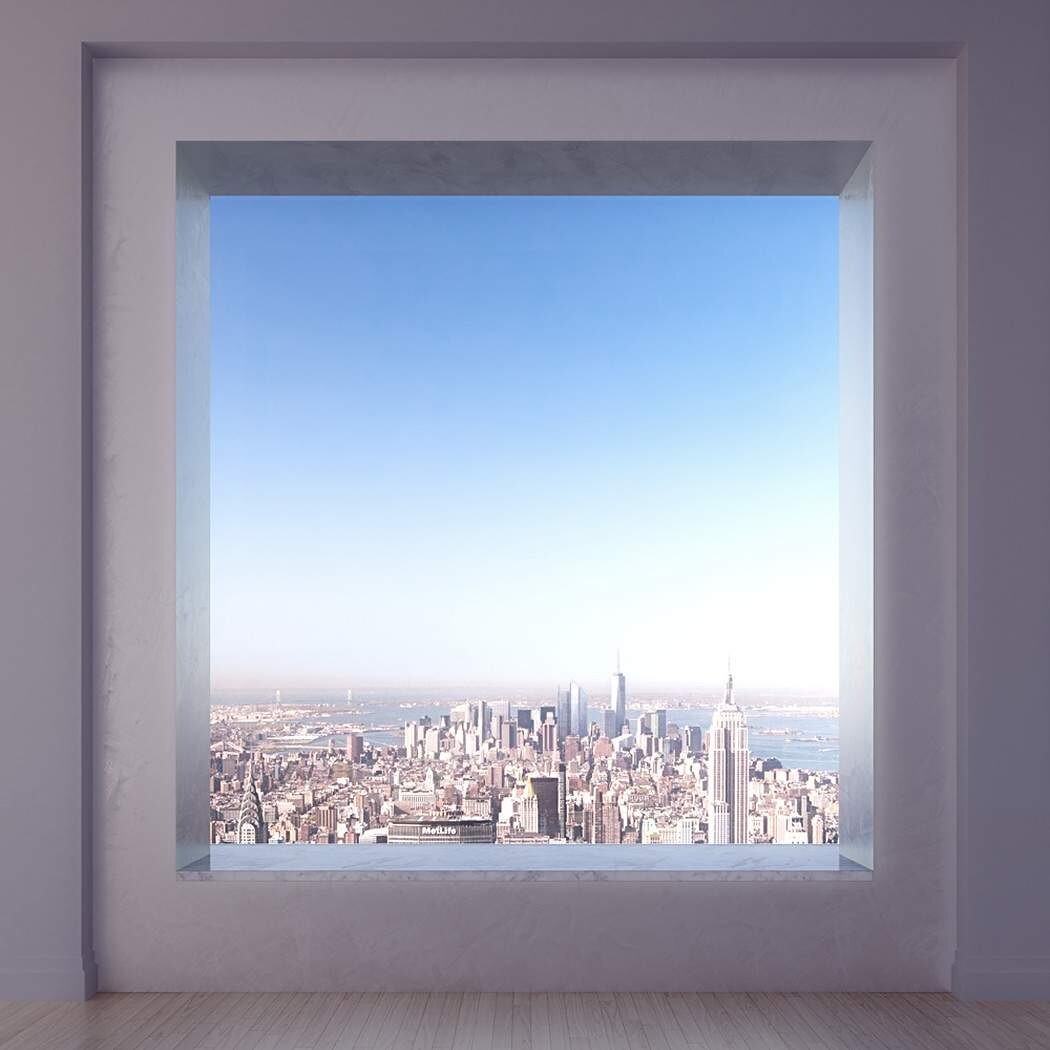
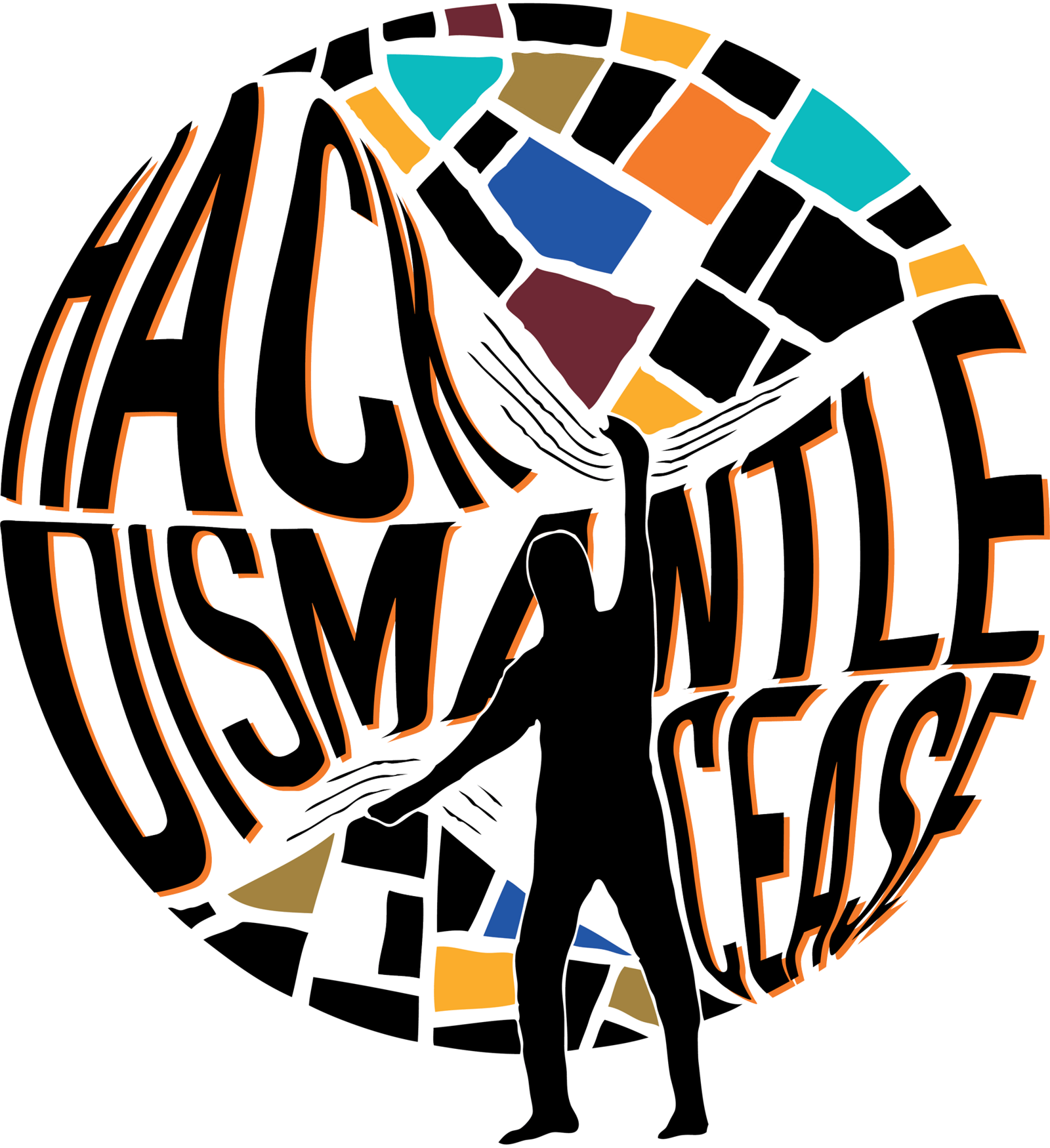
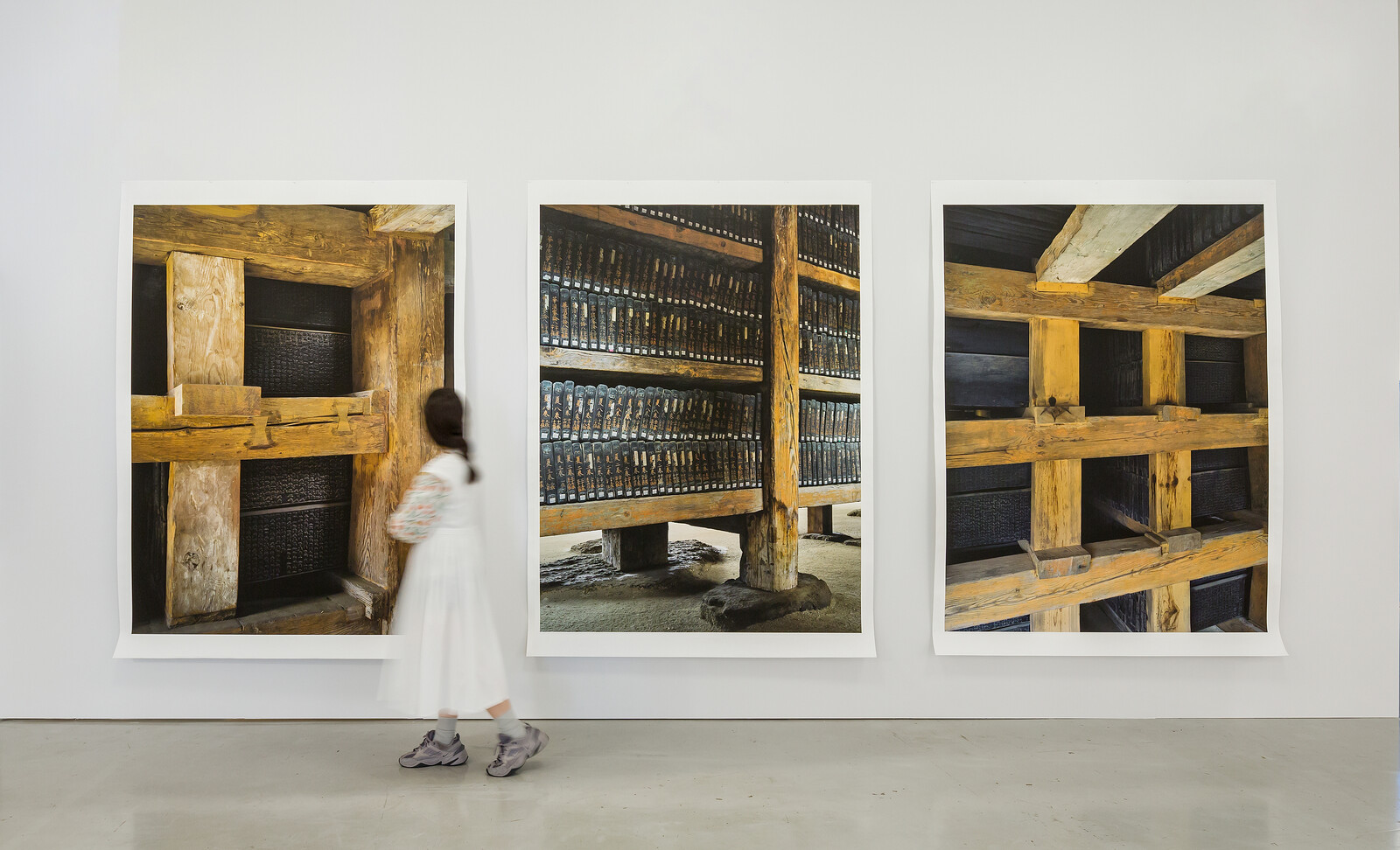
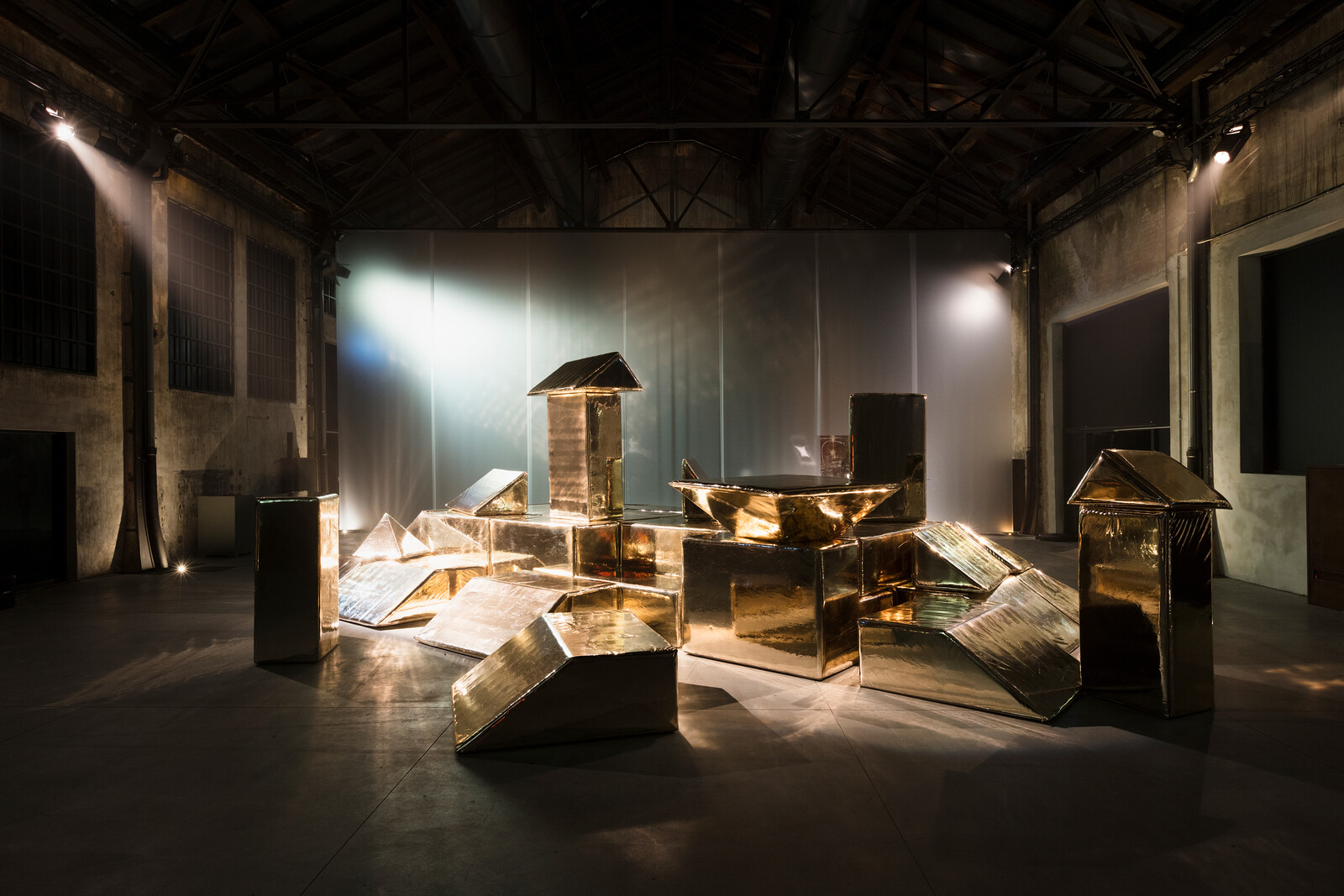
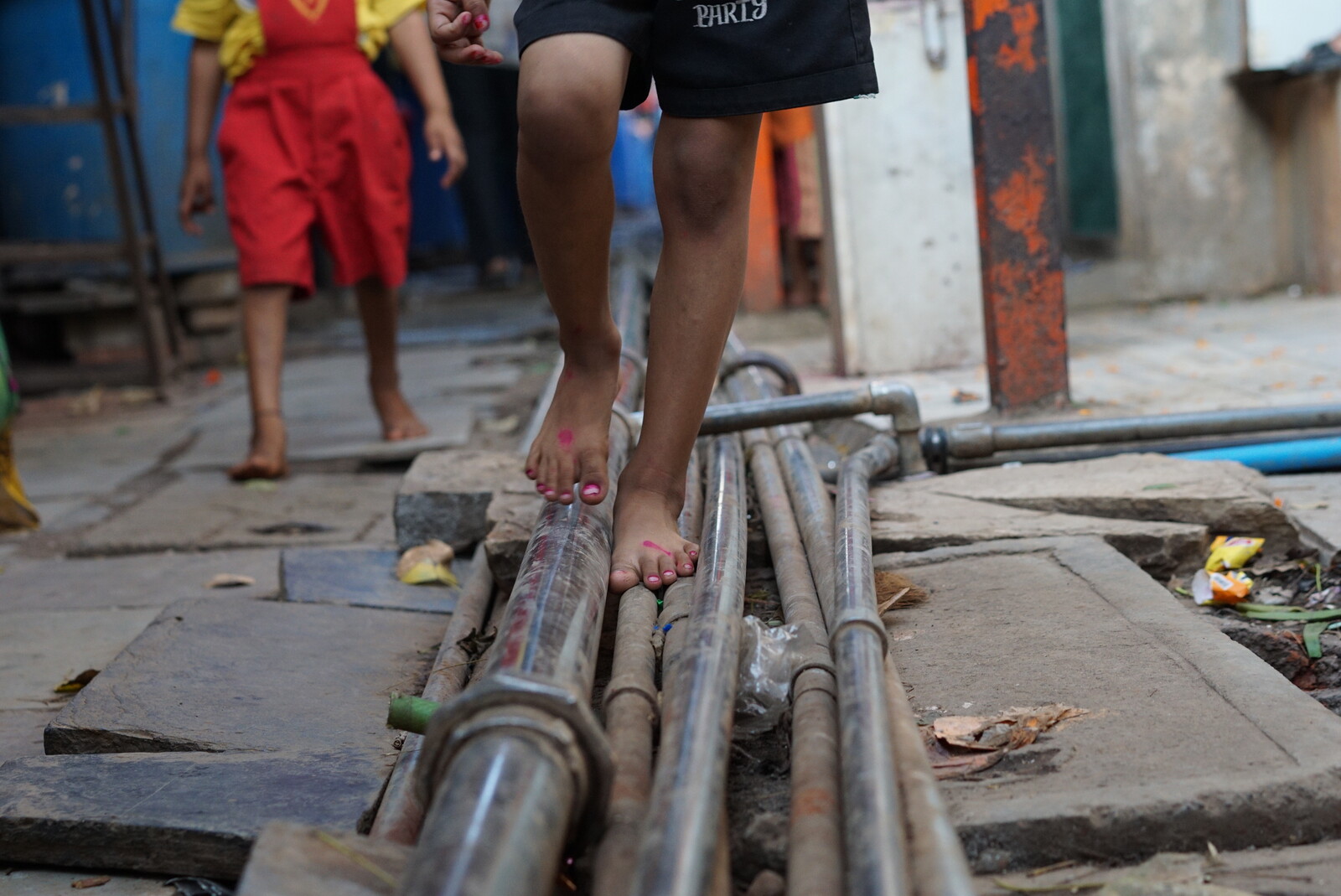
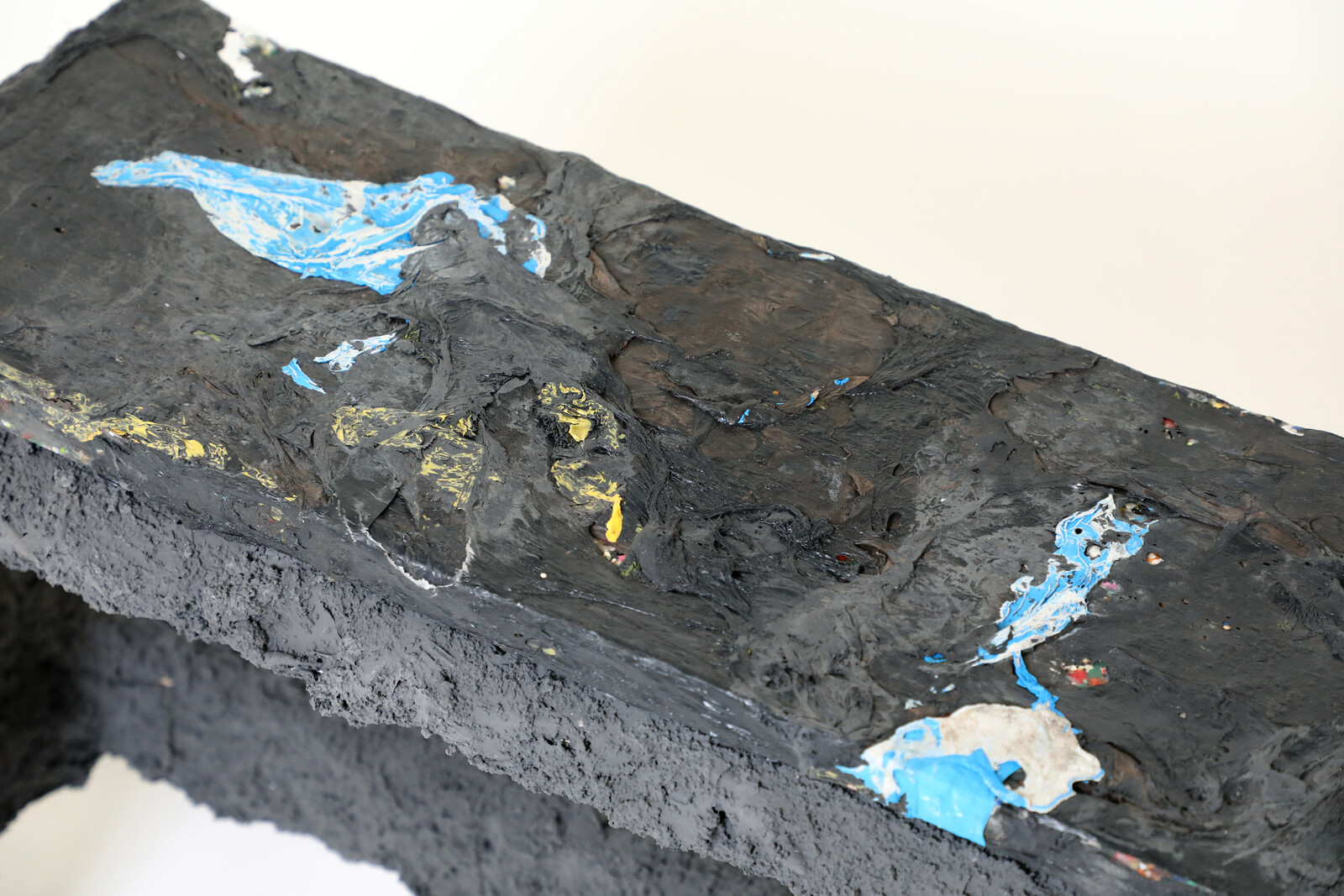
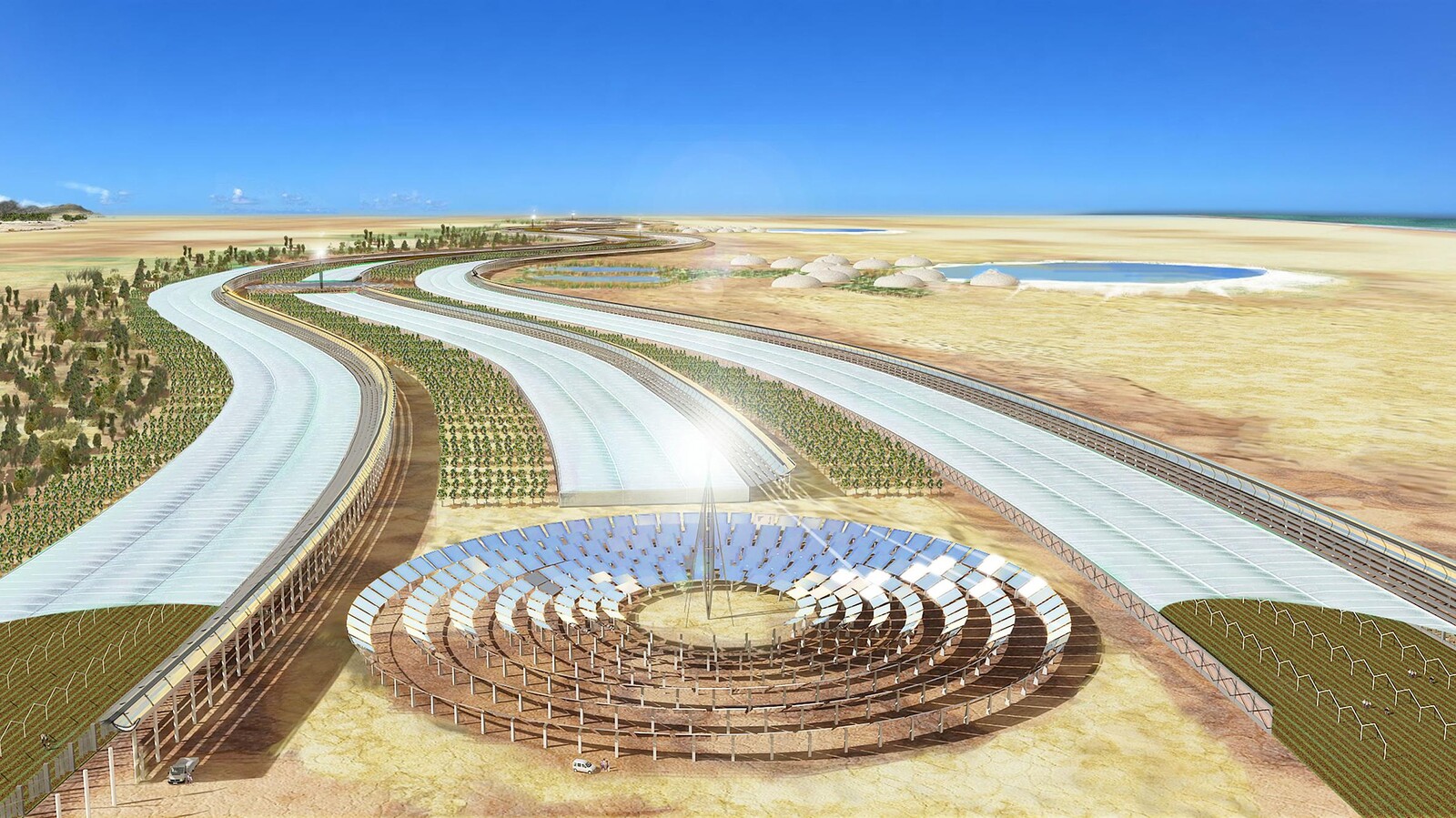
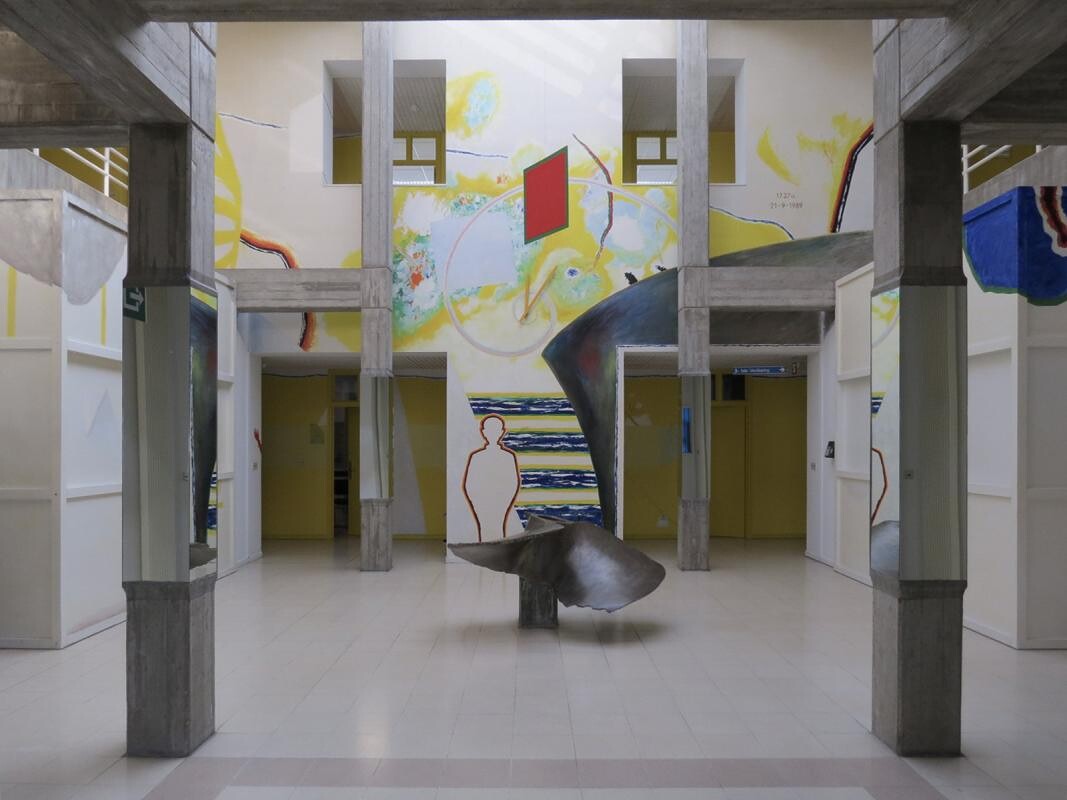
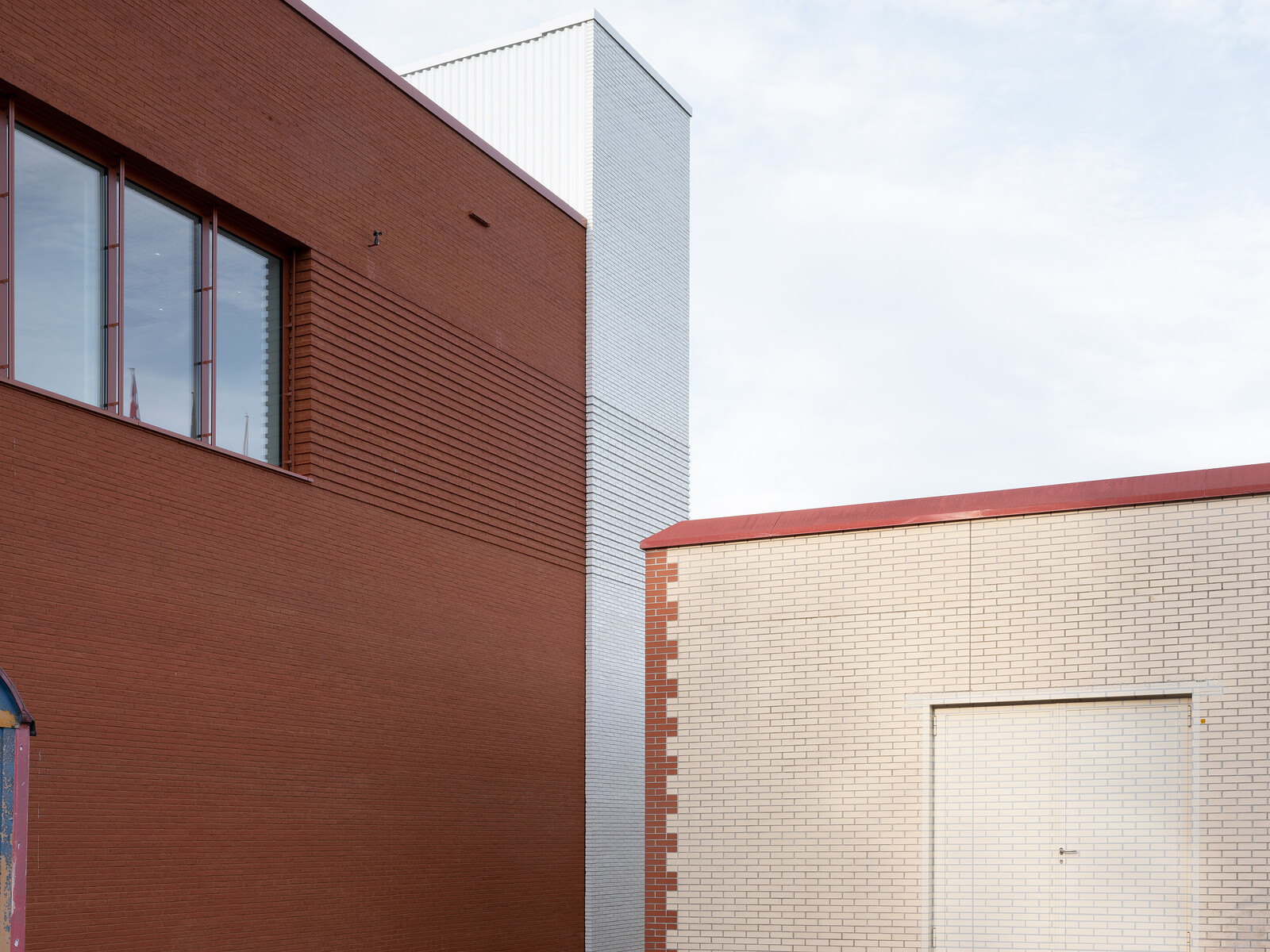
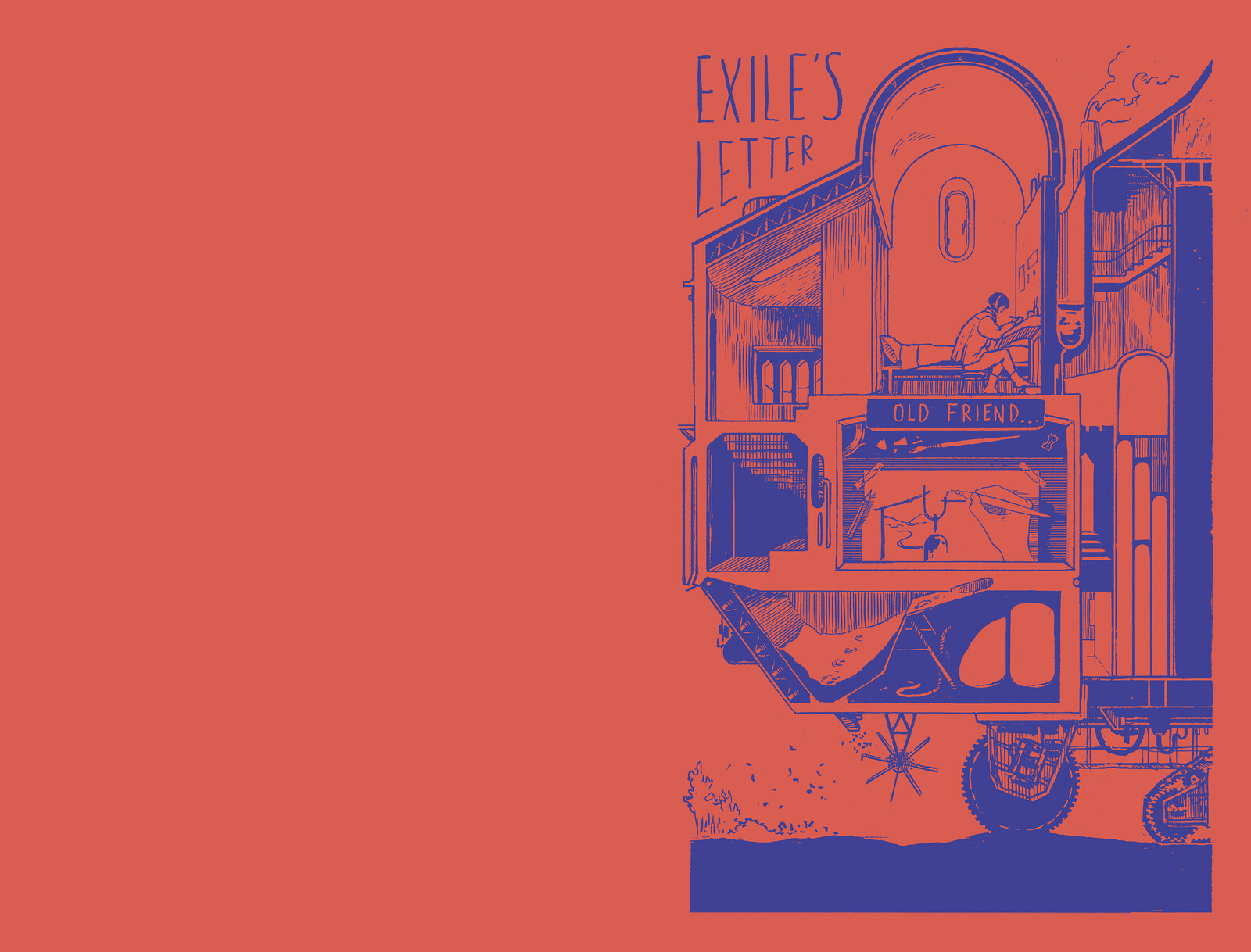

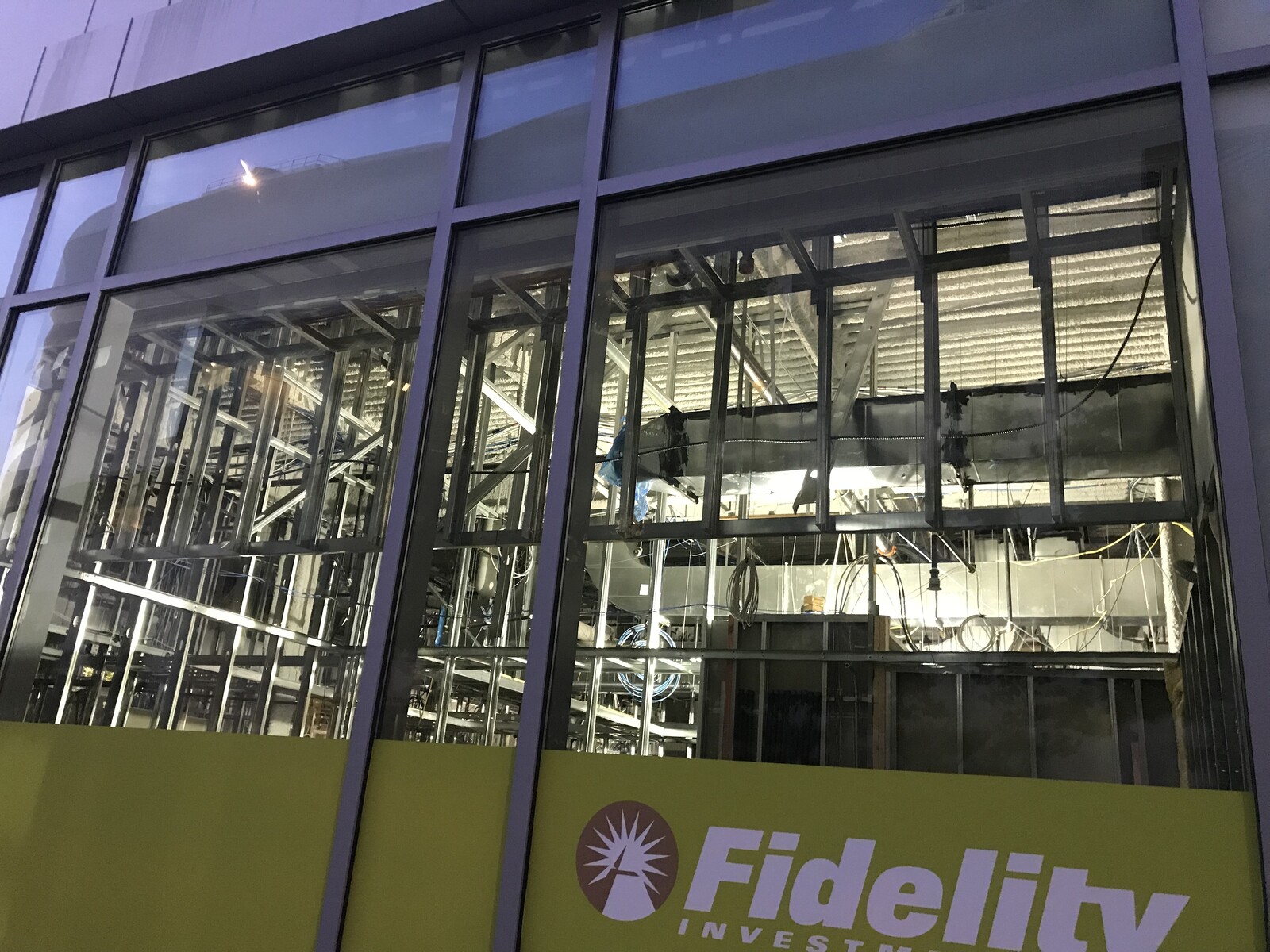
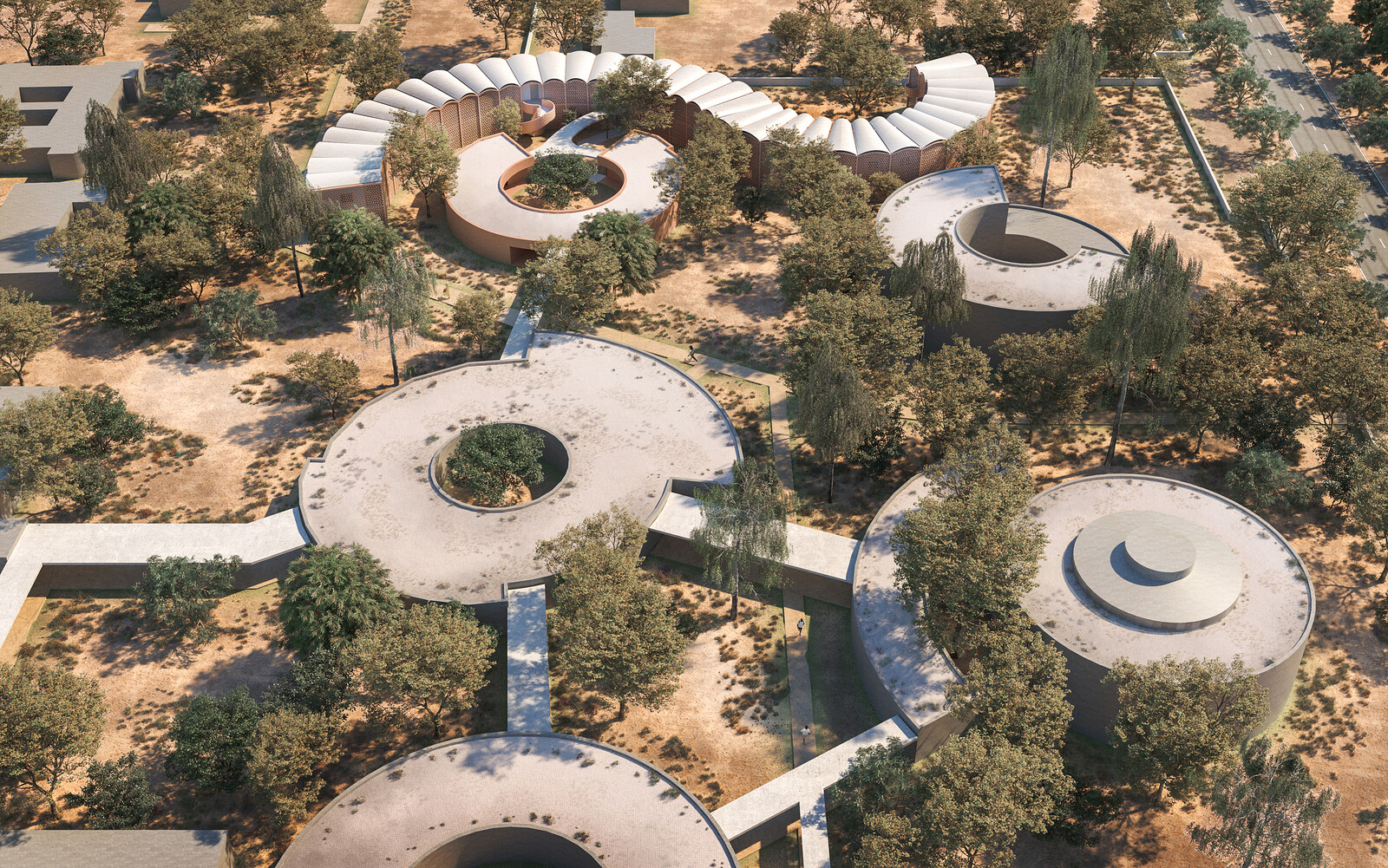

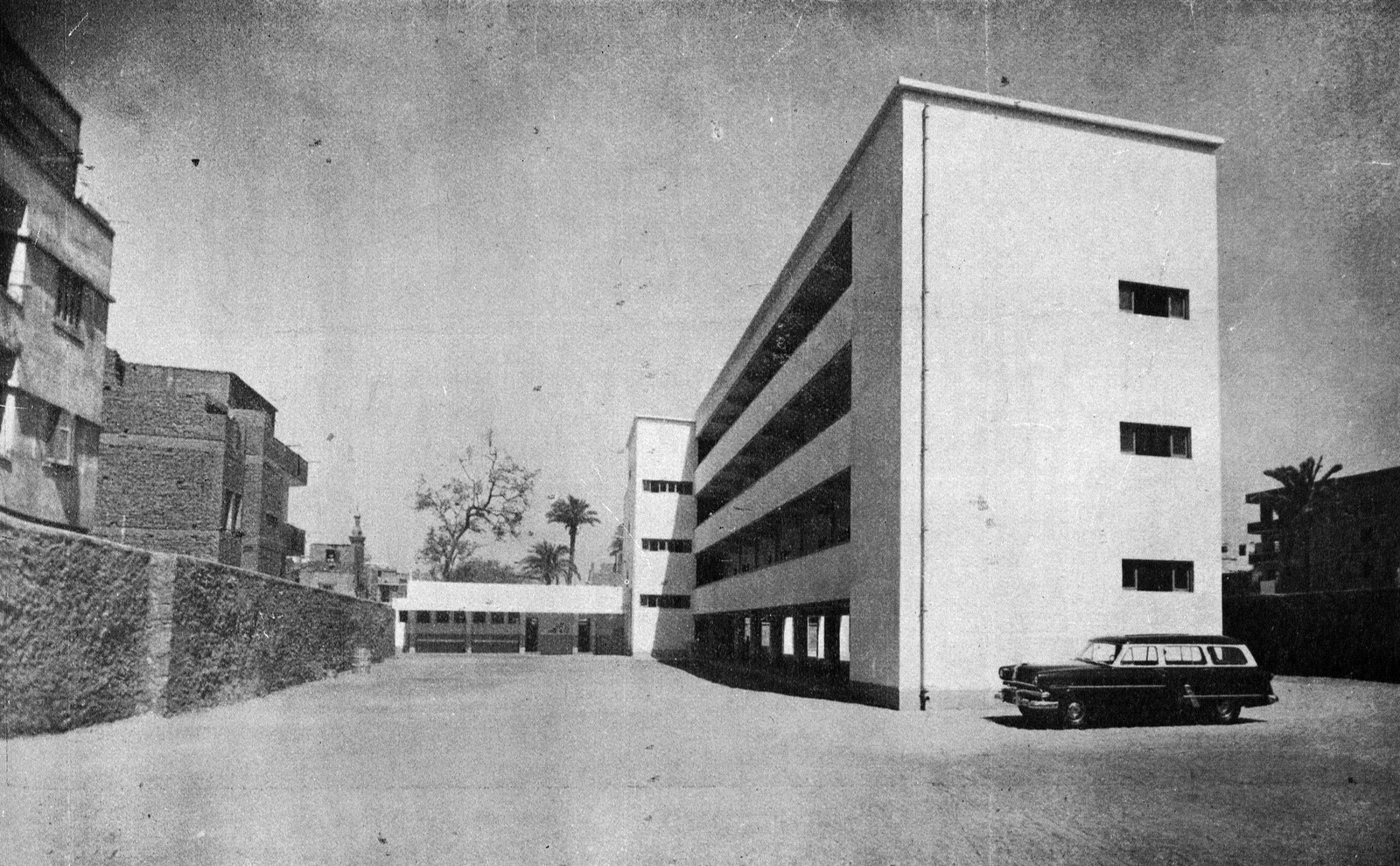

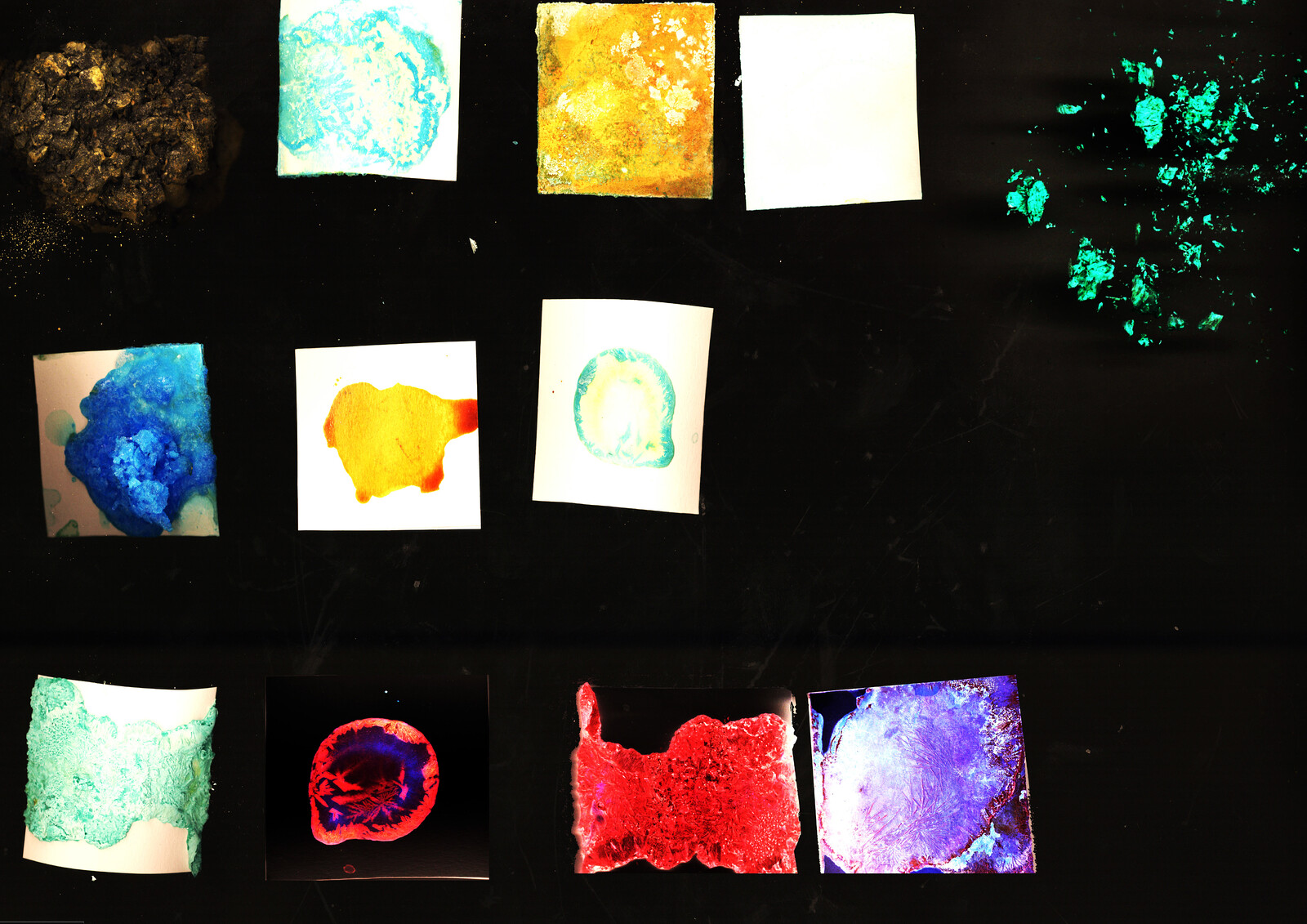
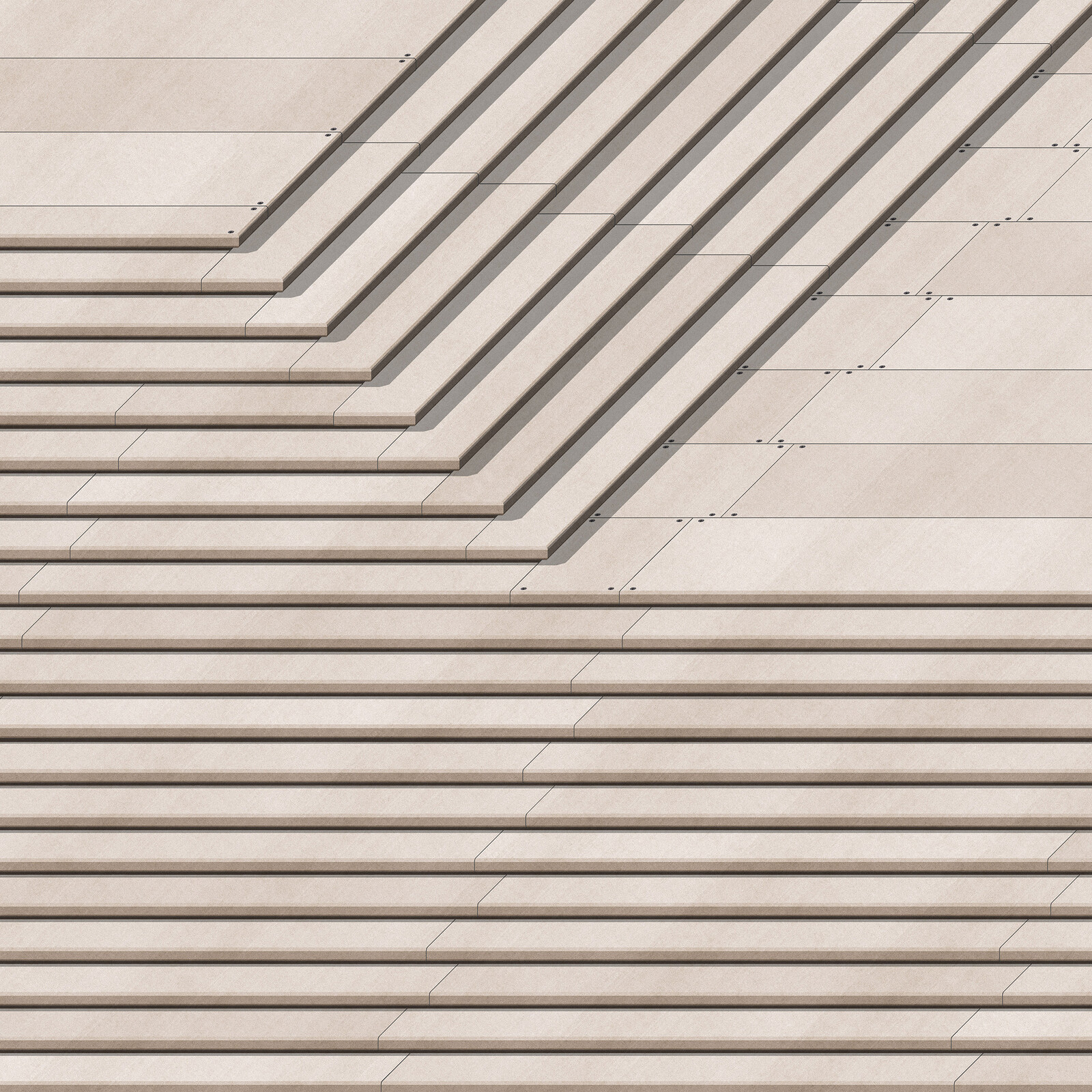
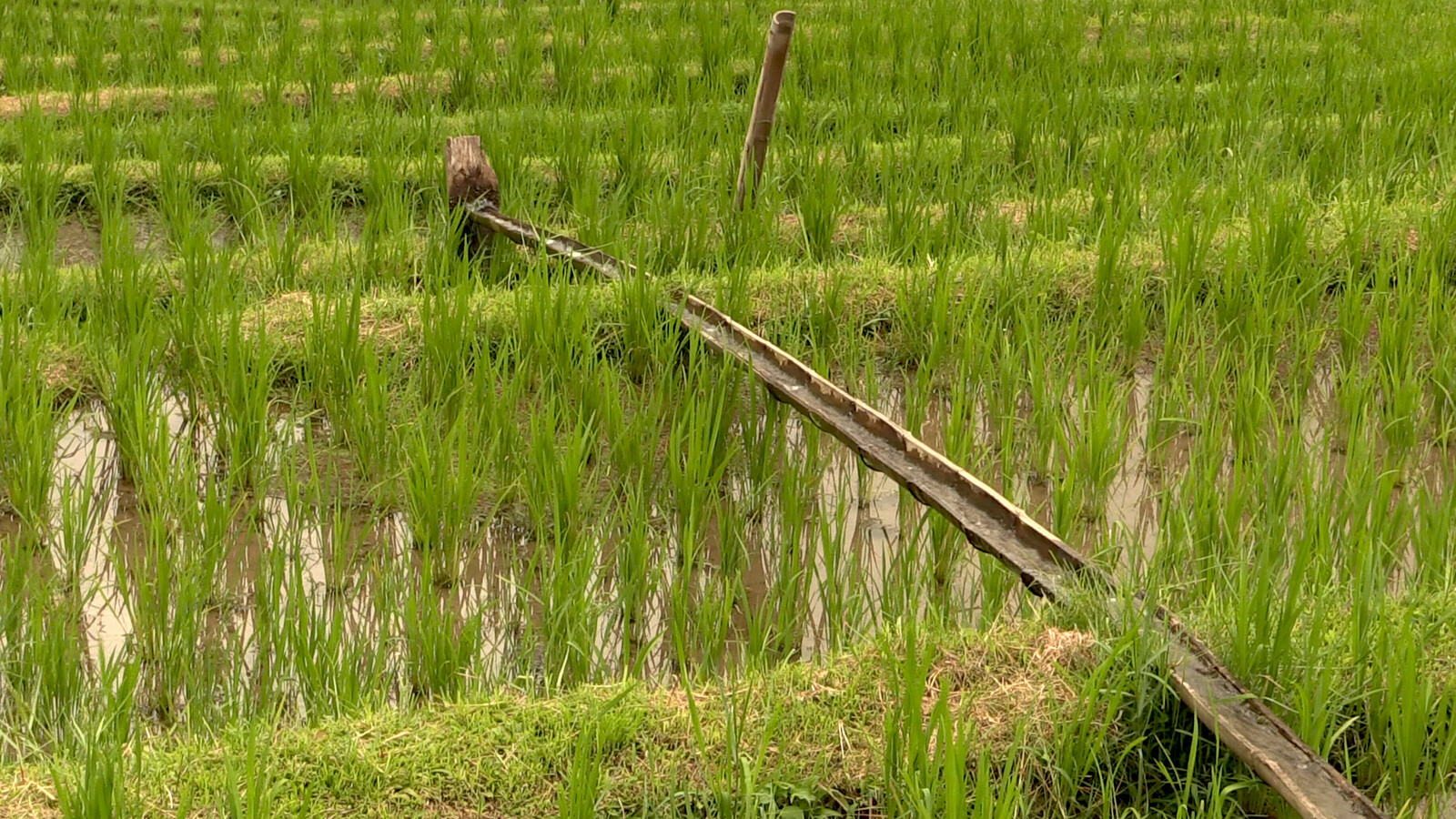
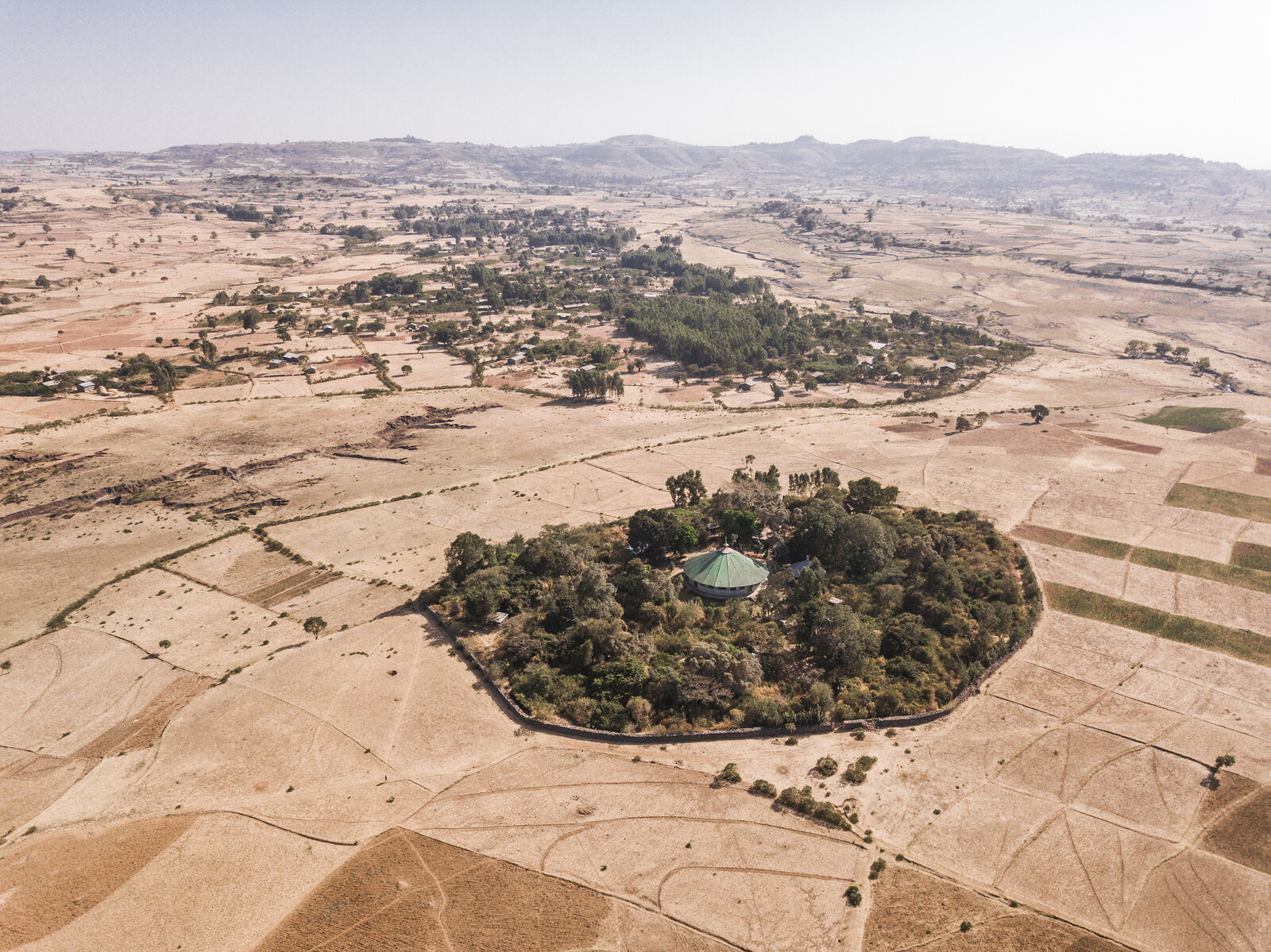

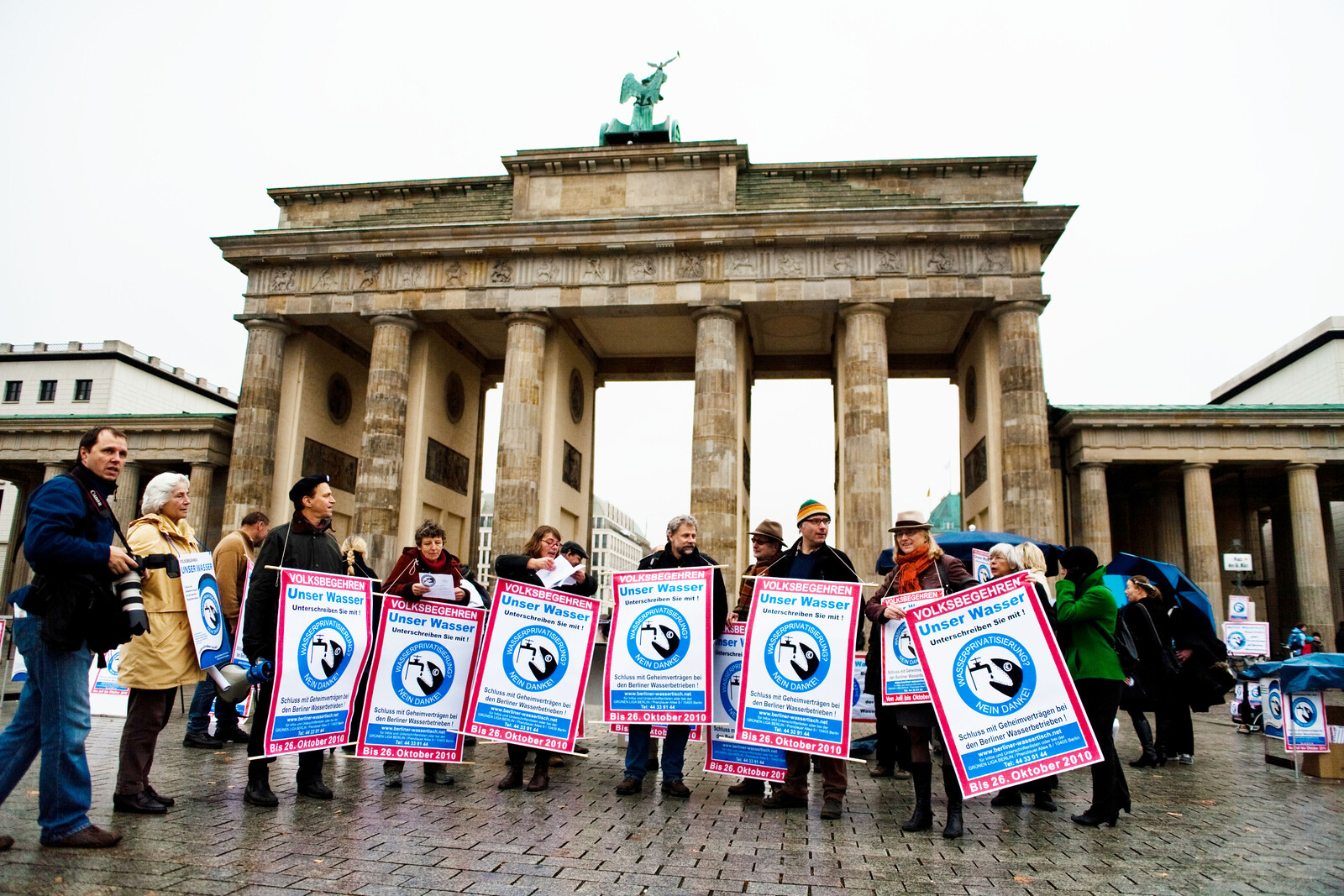
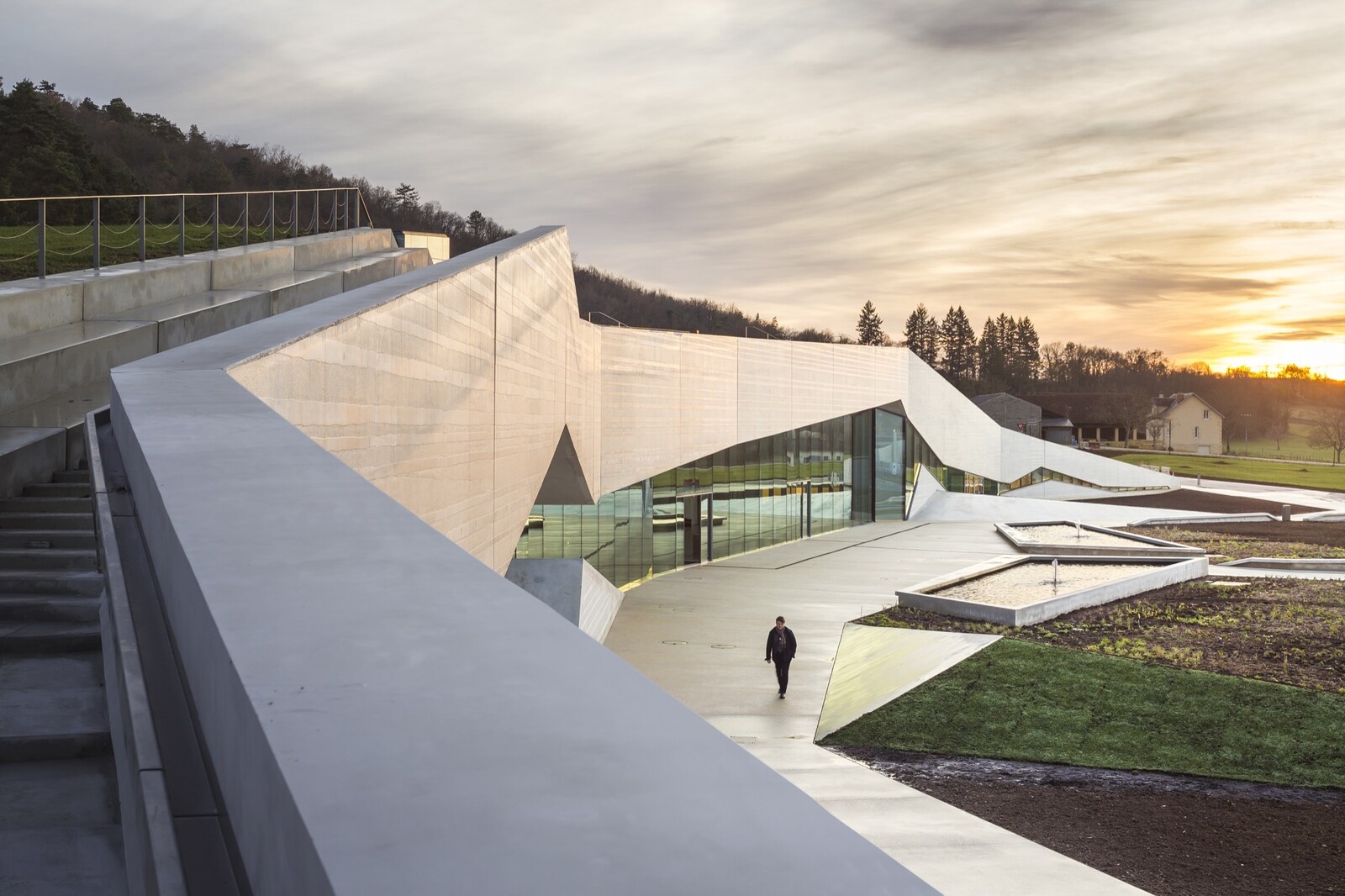
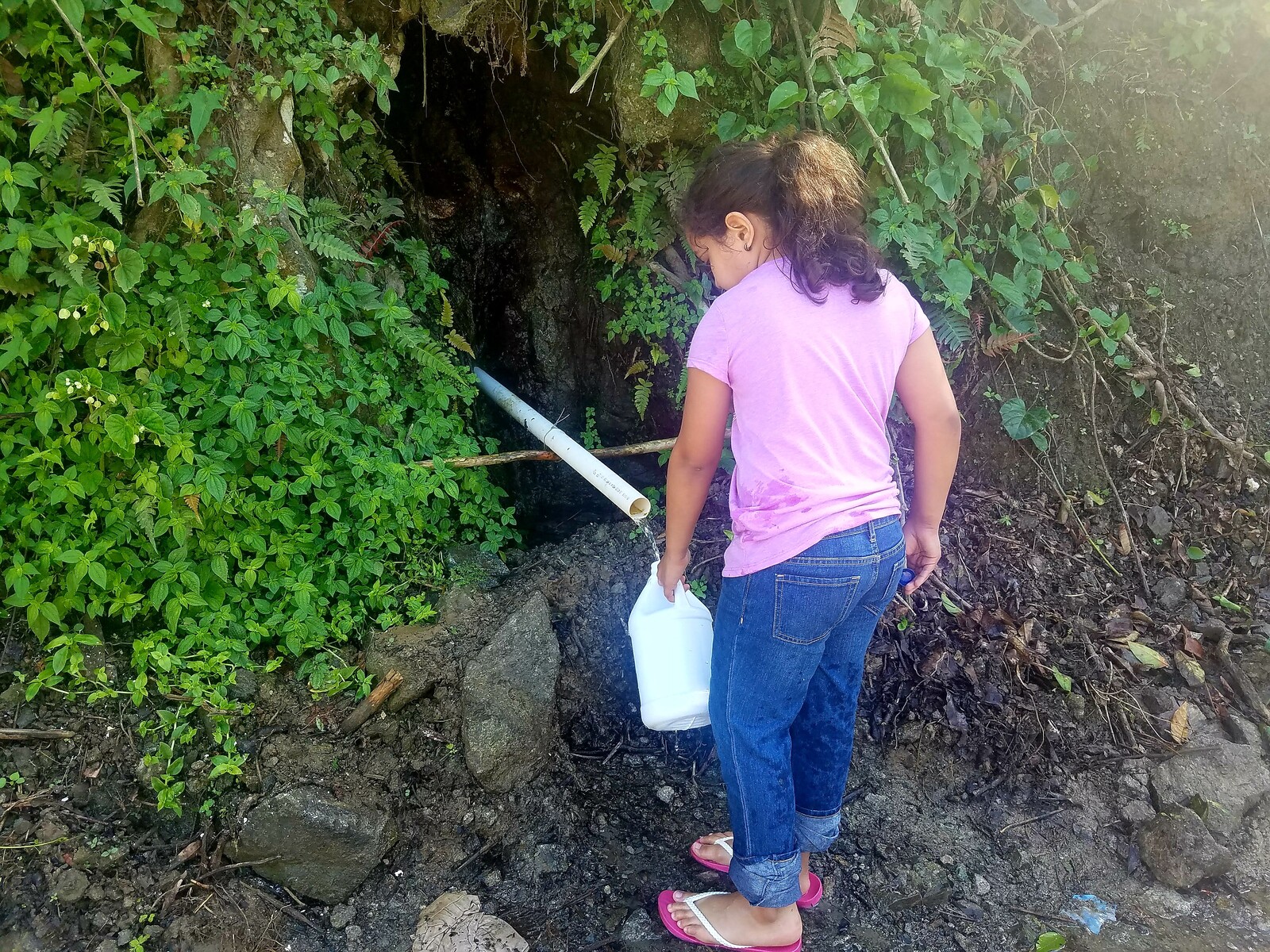
(2014).jpg,1600)

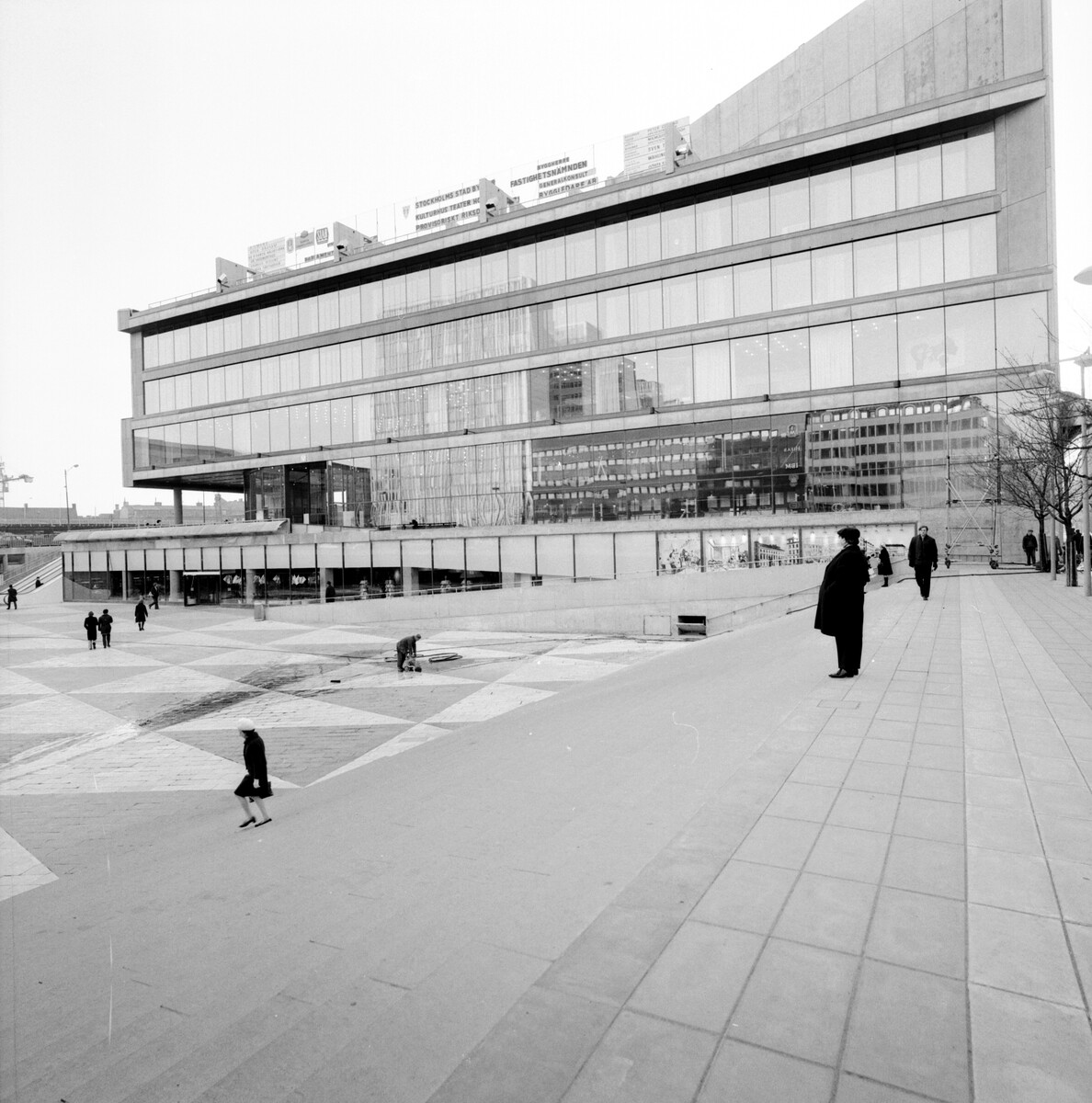

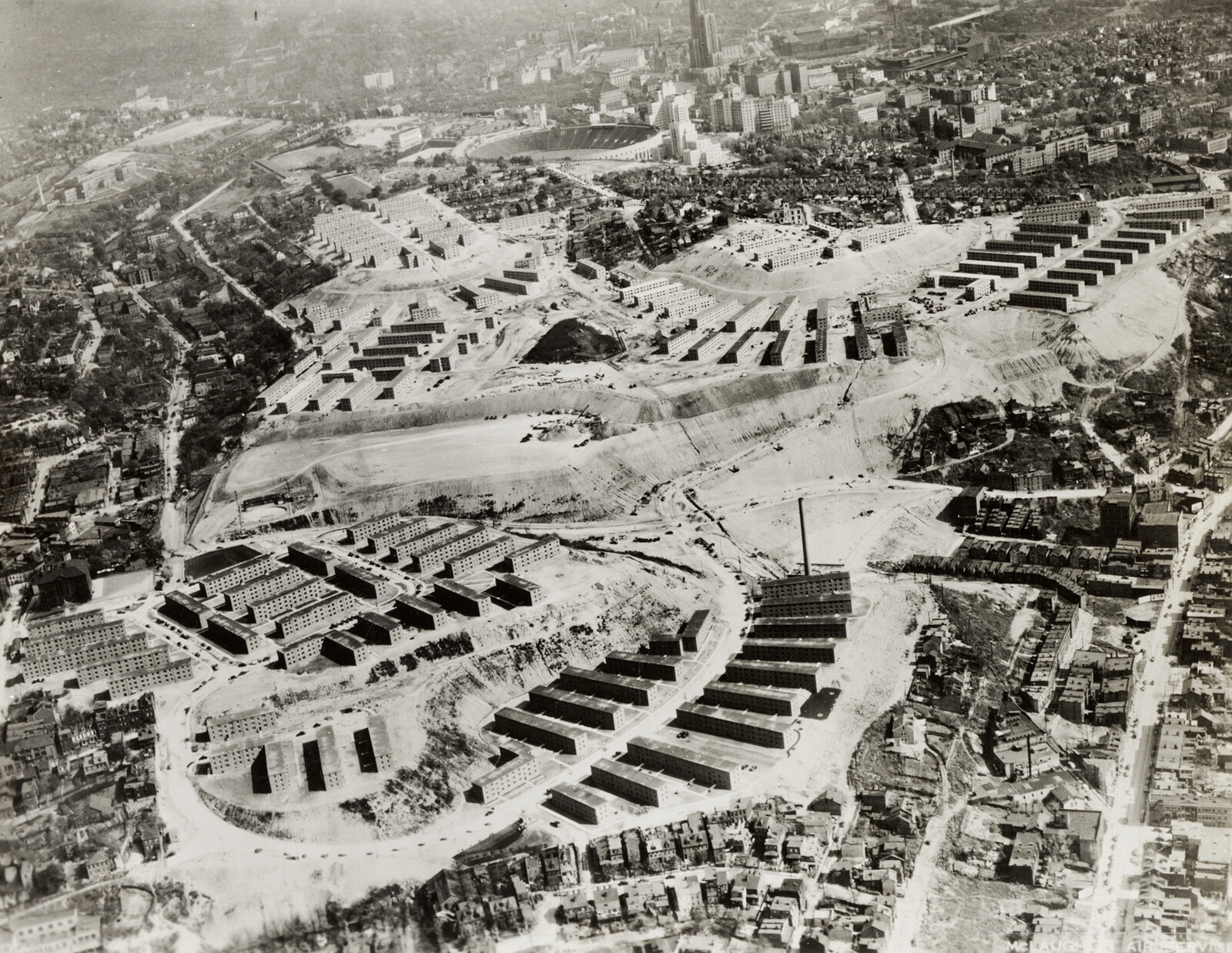
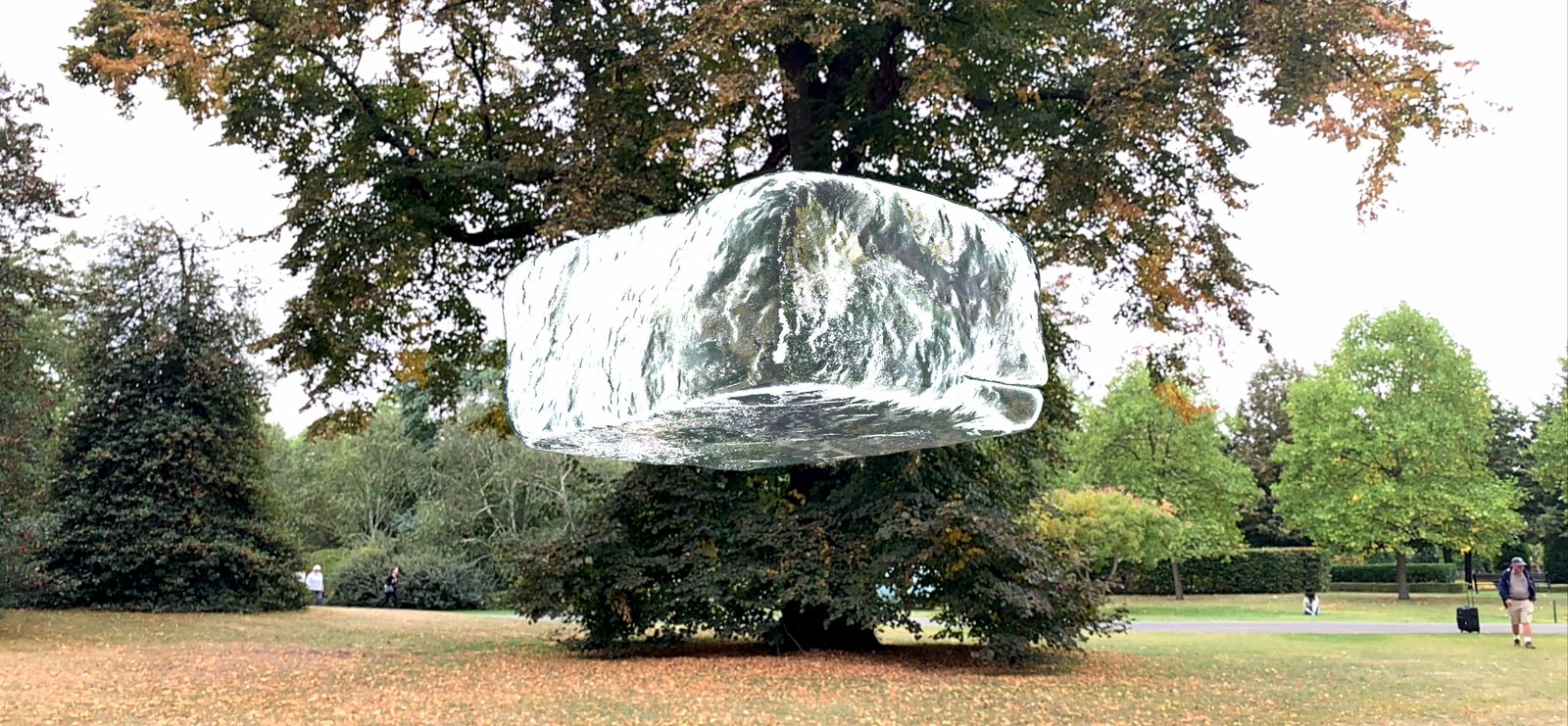
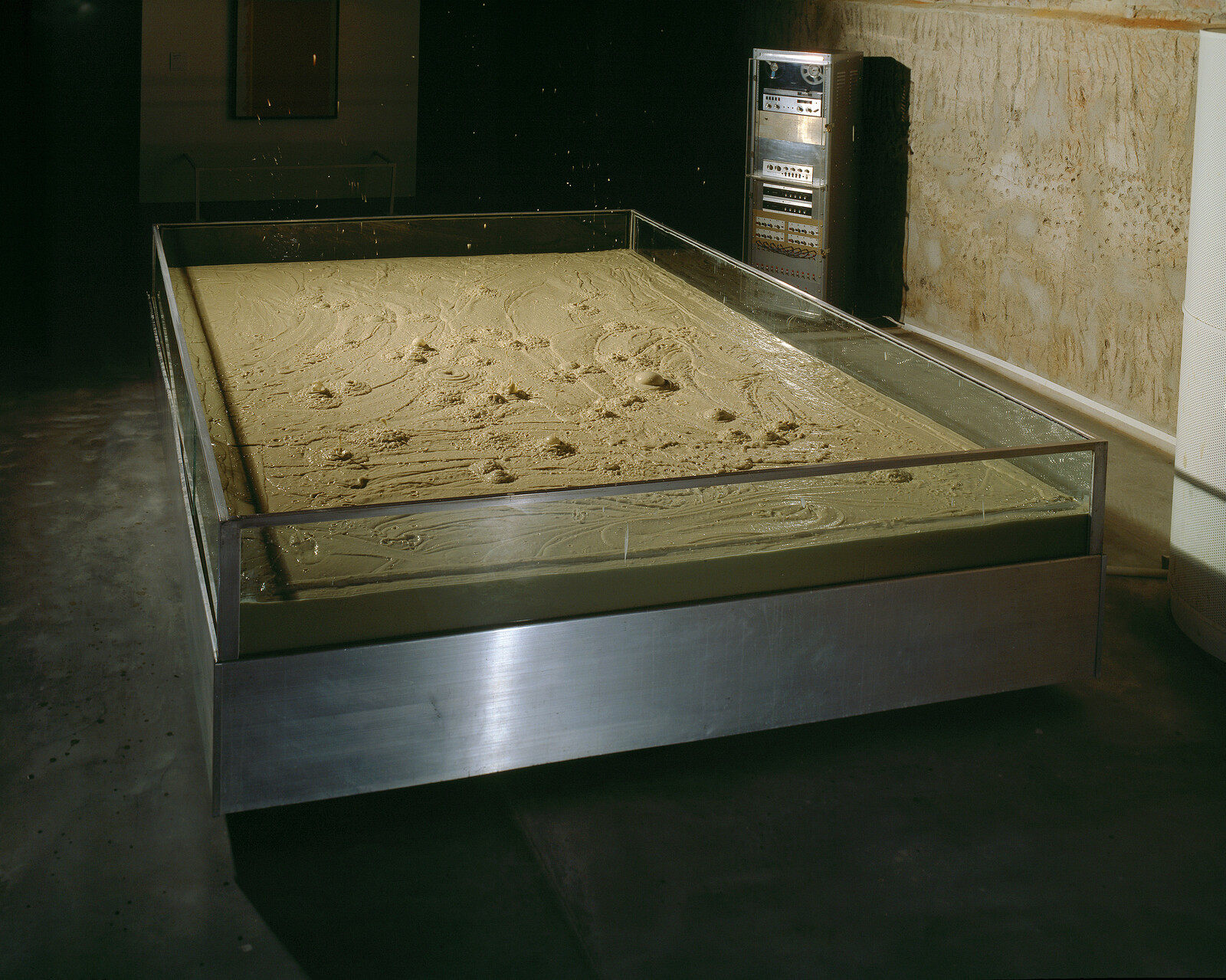
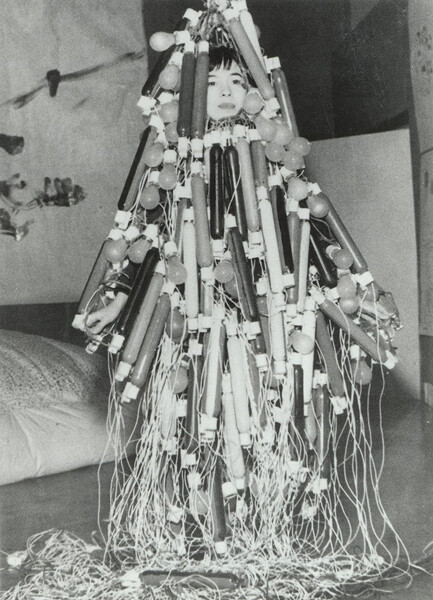
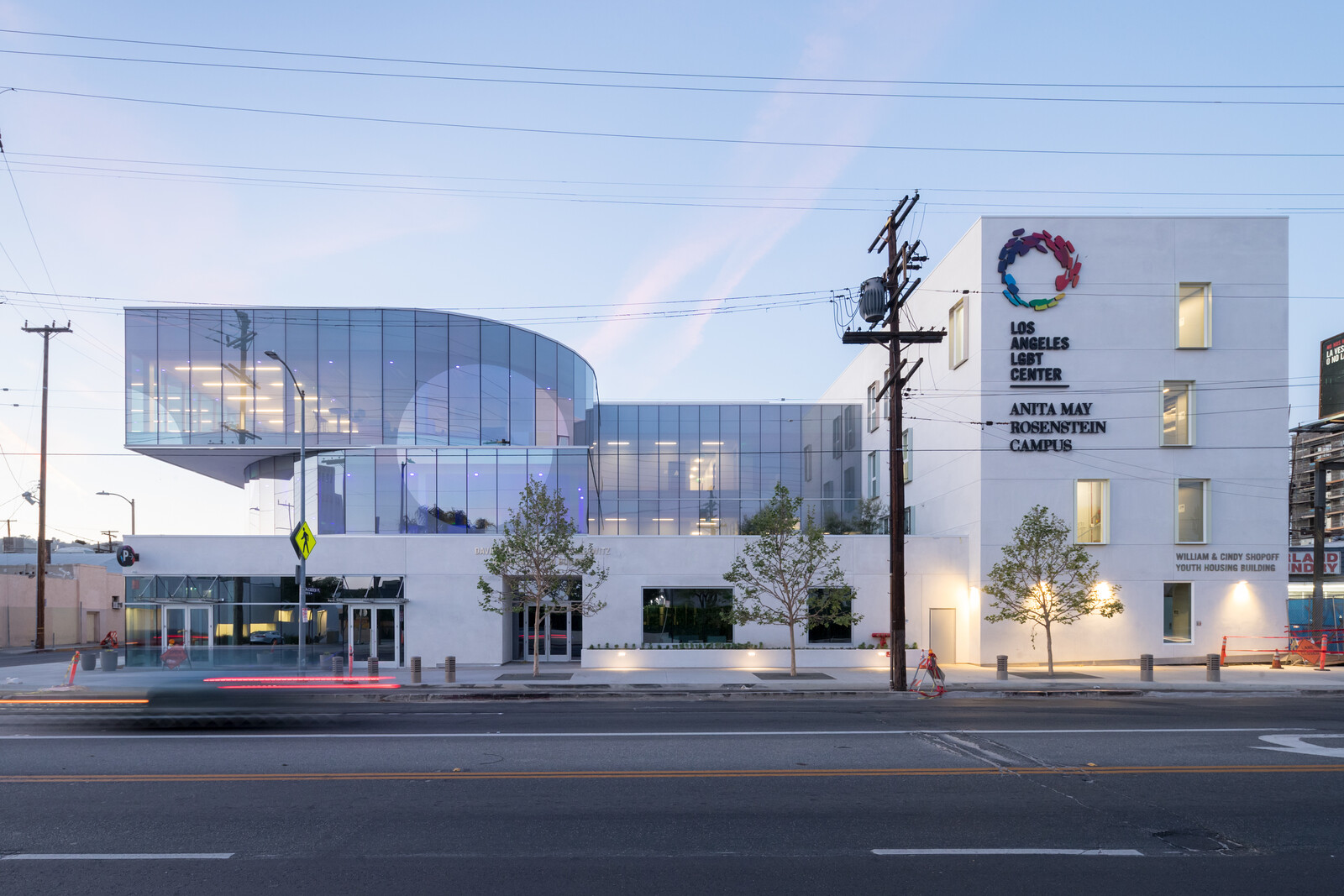

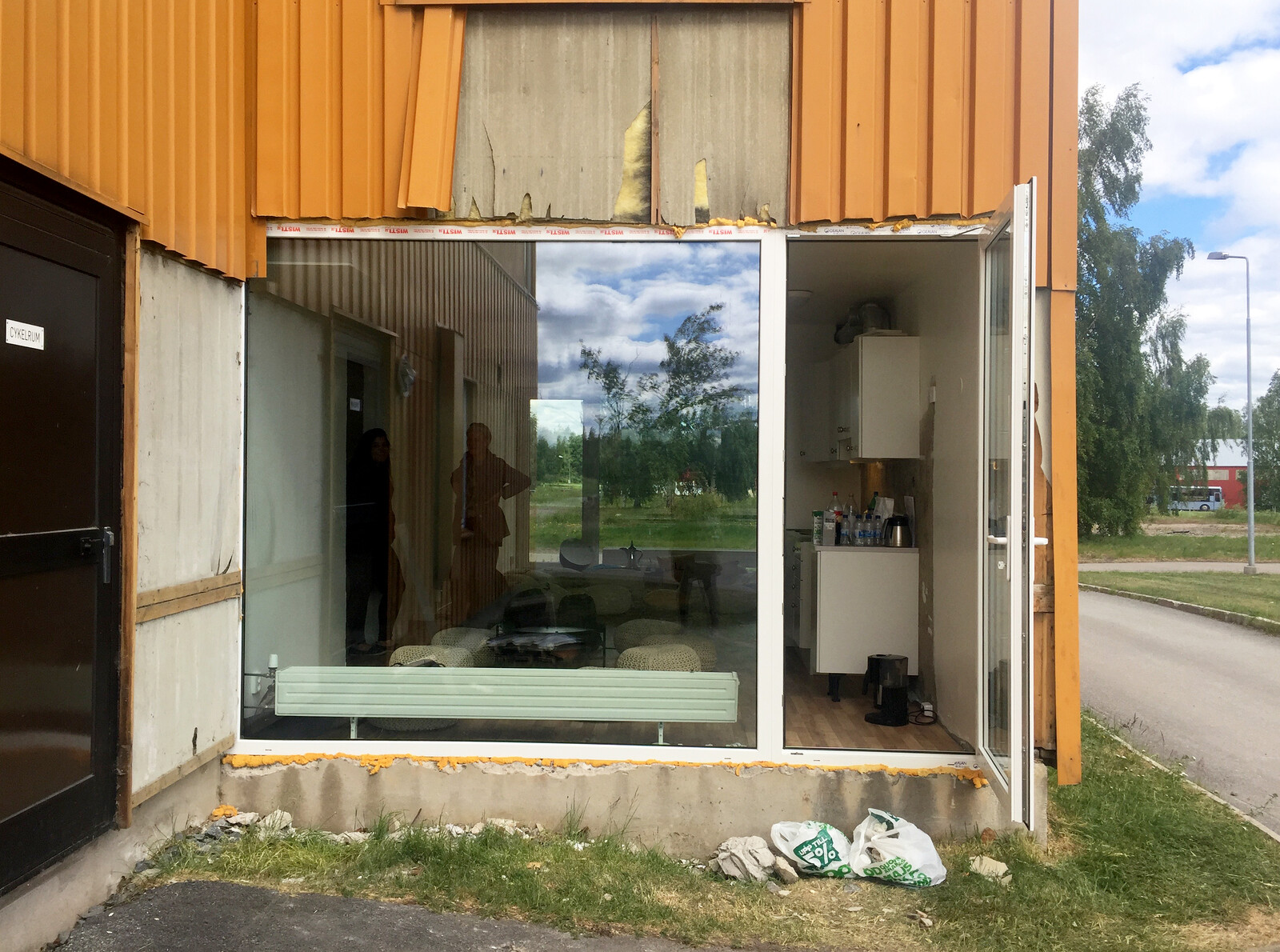
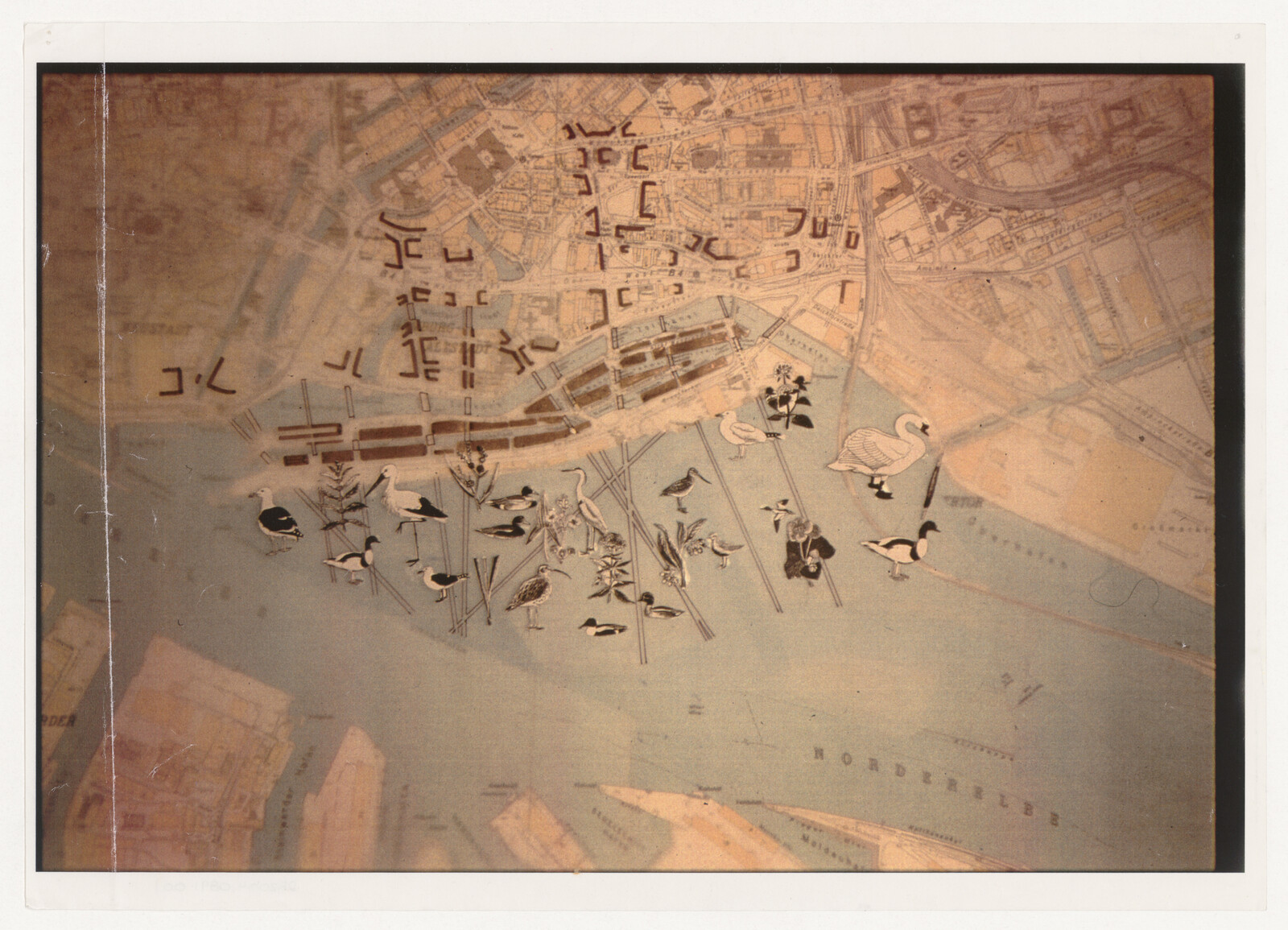
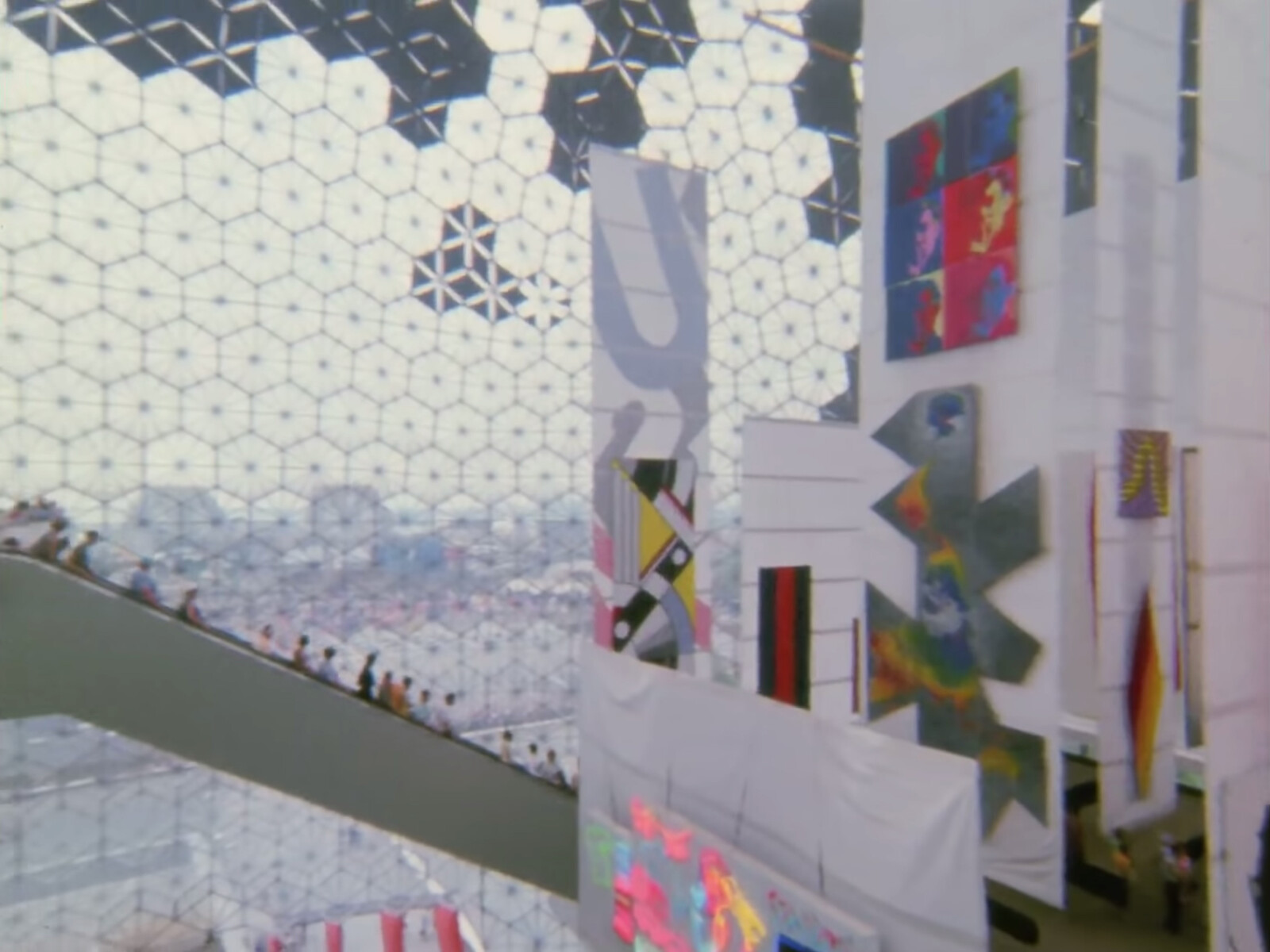

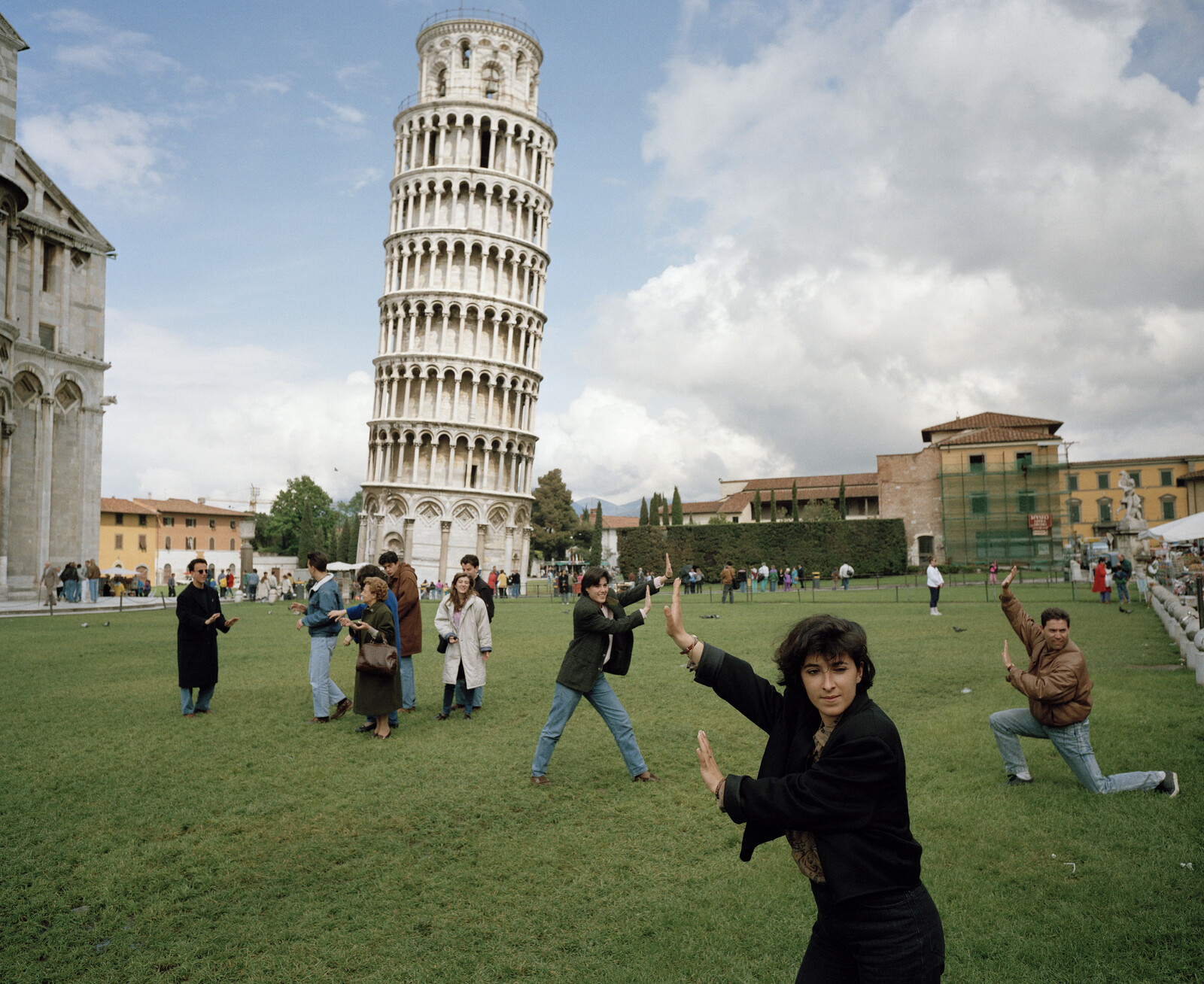
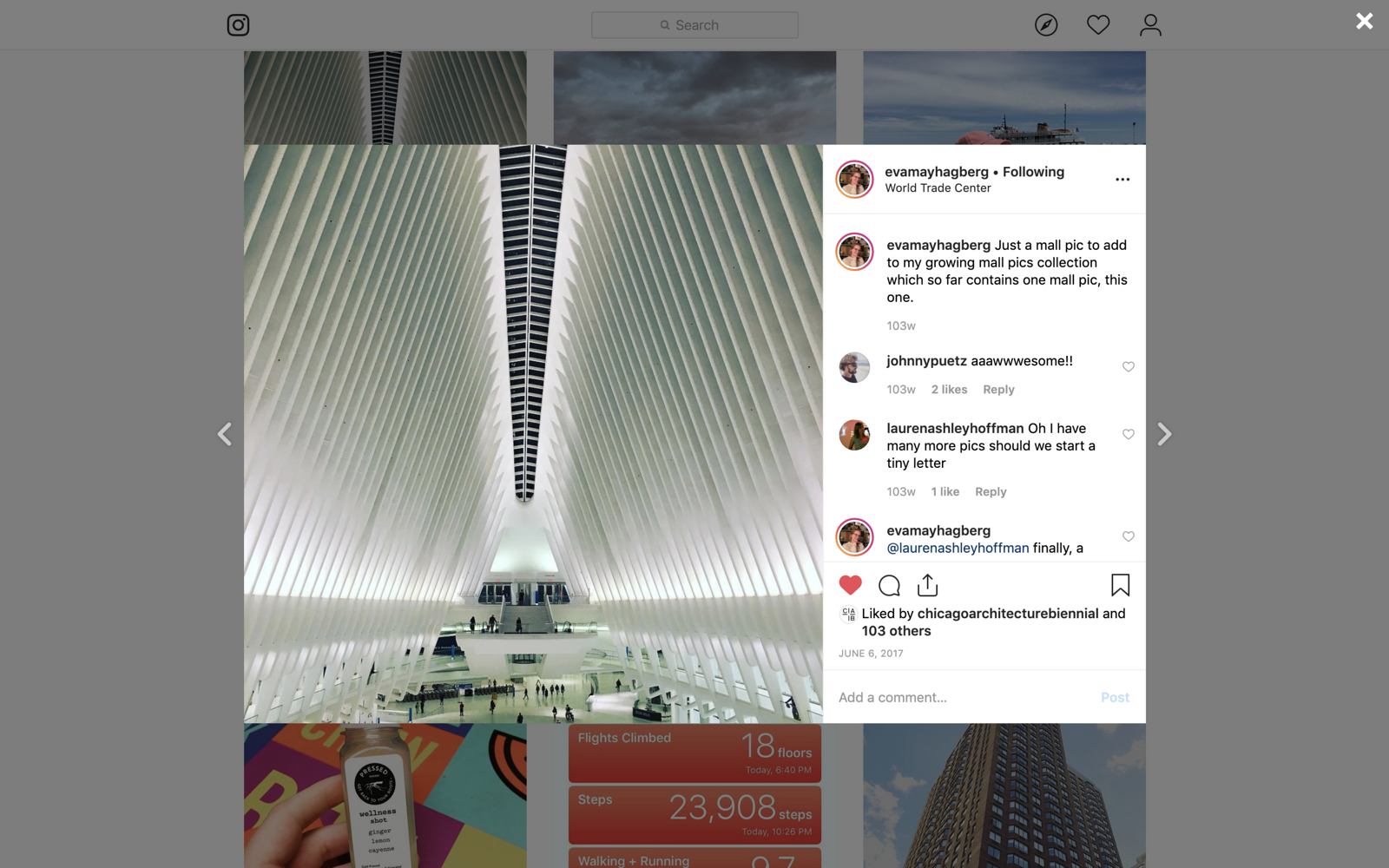

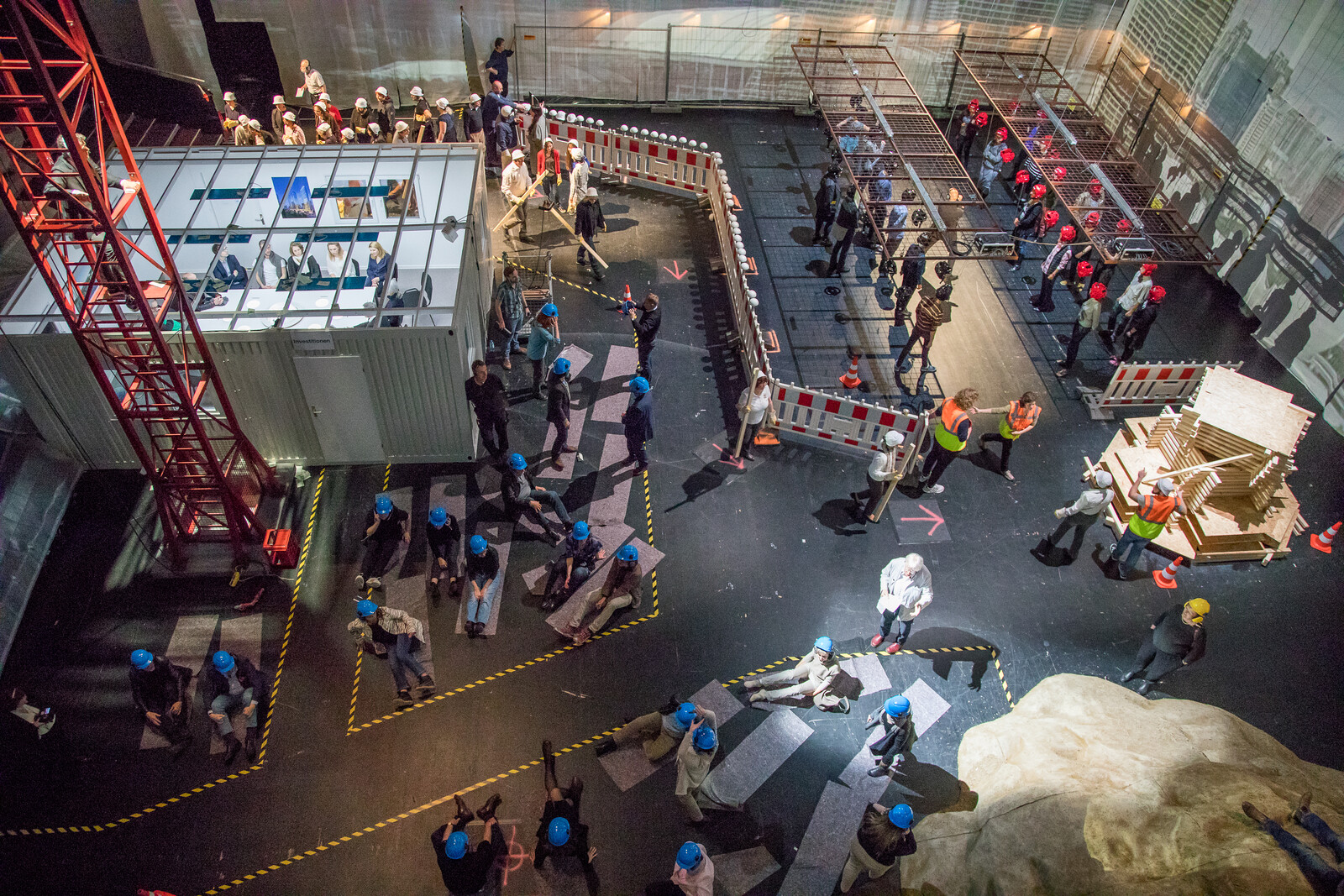
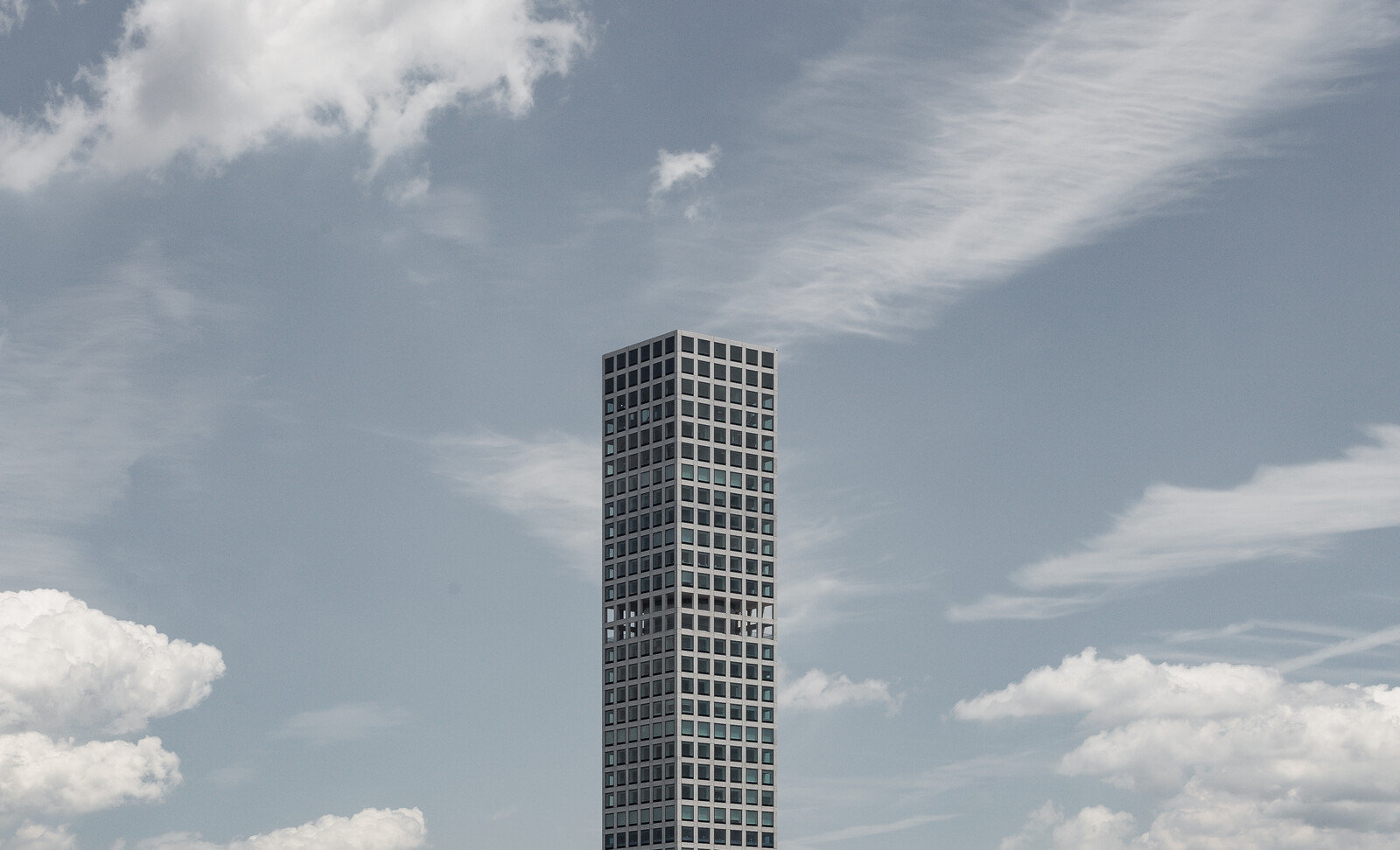
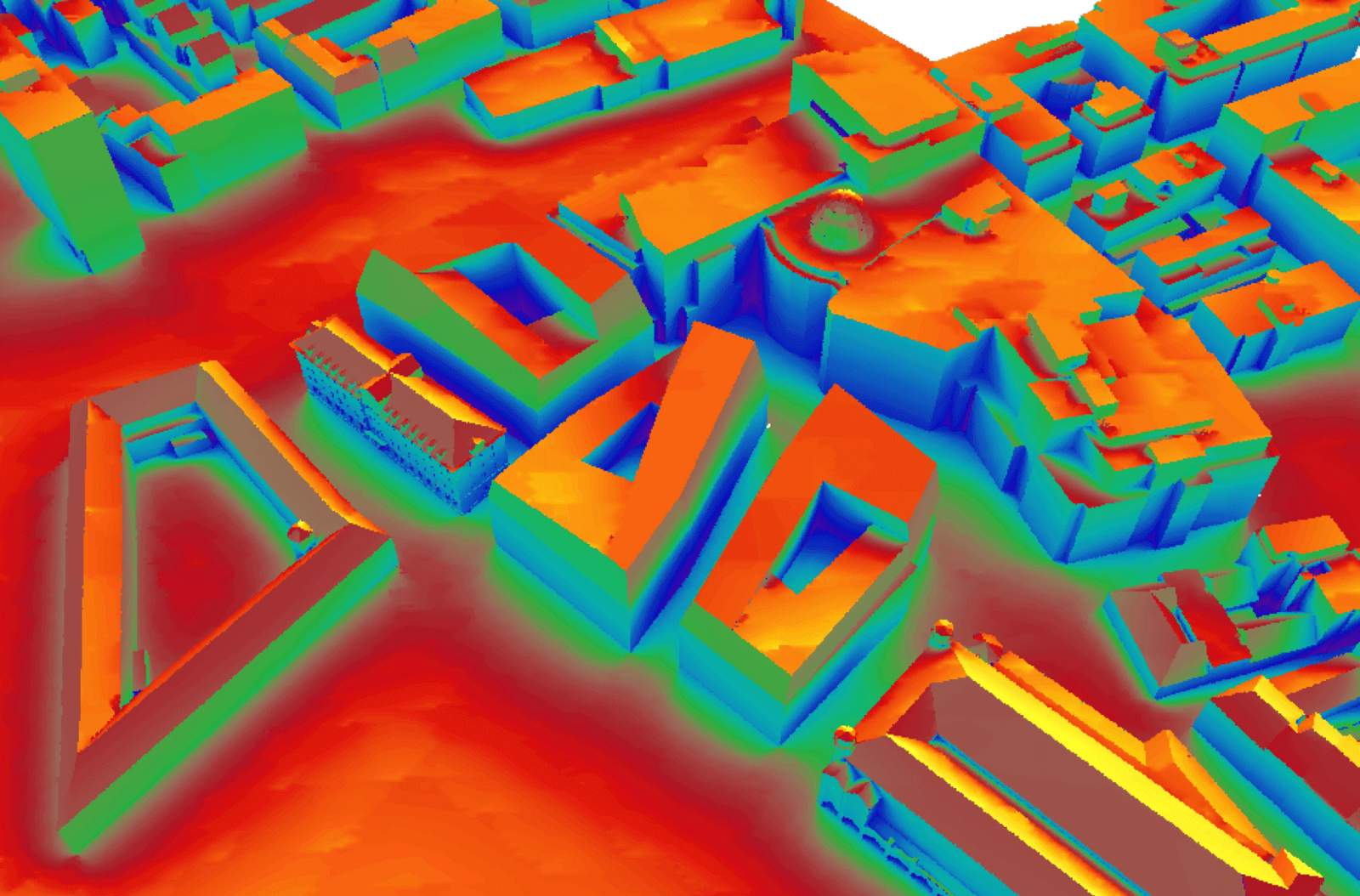
.jpg,1600)

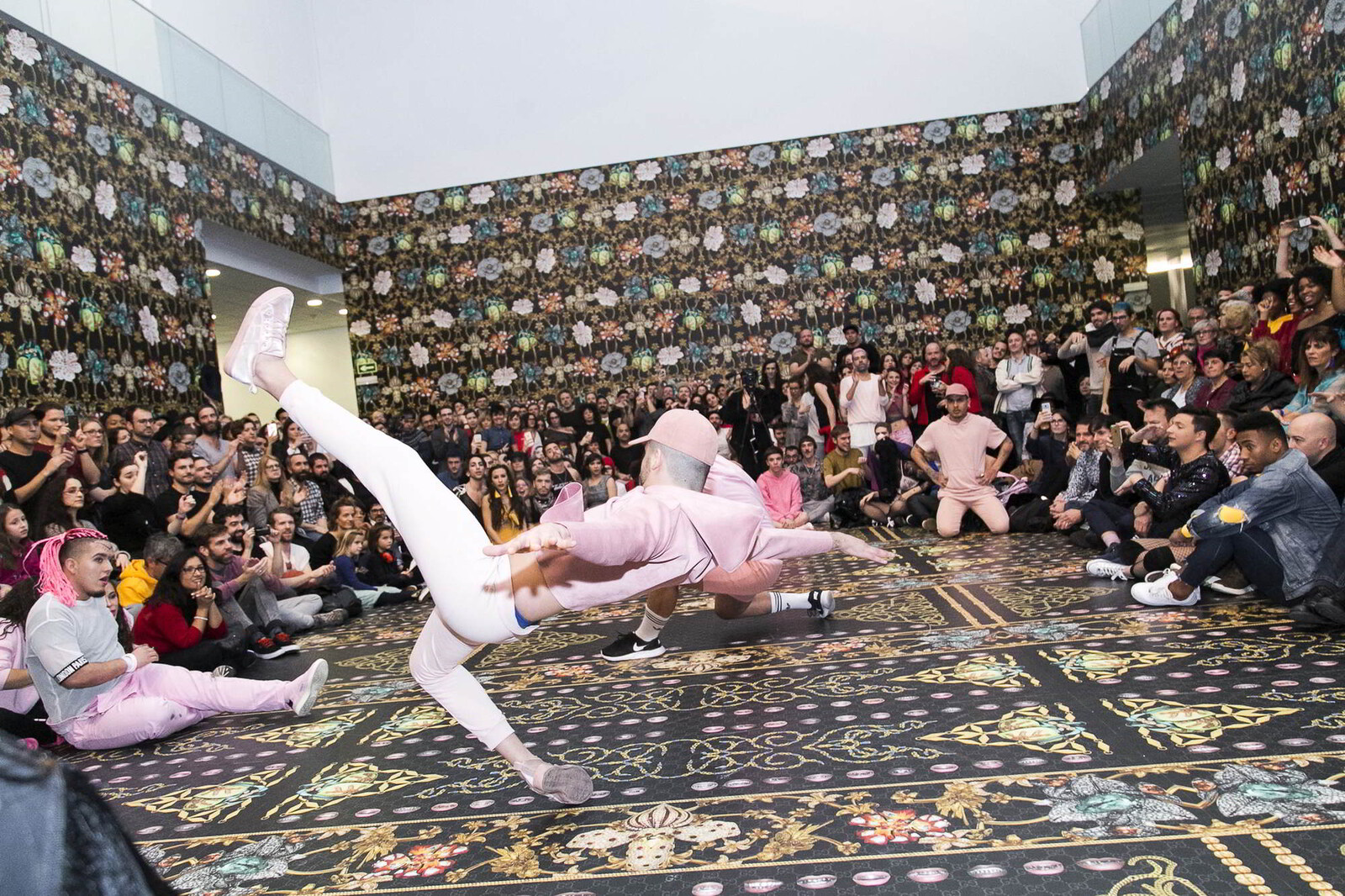
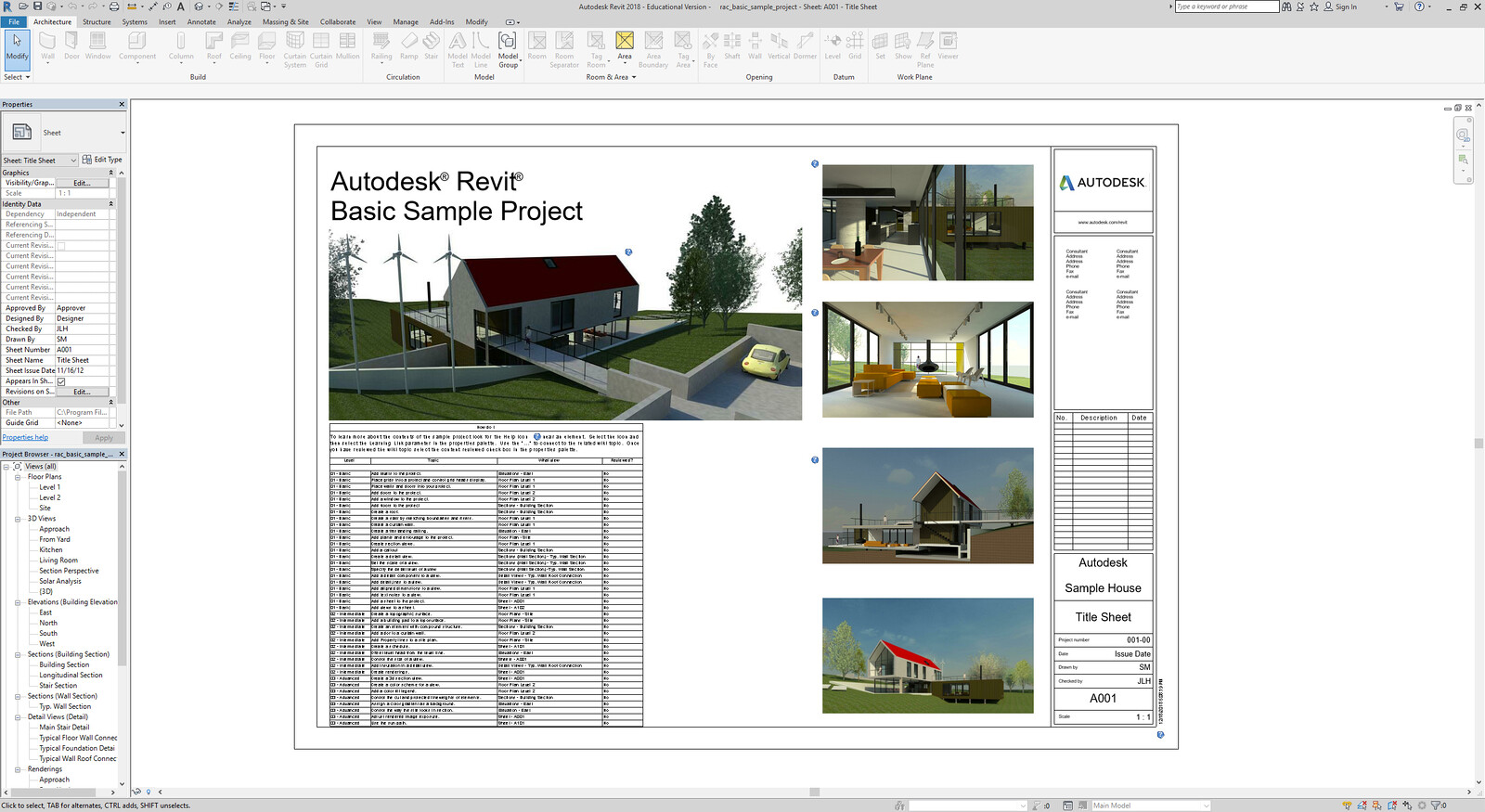

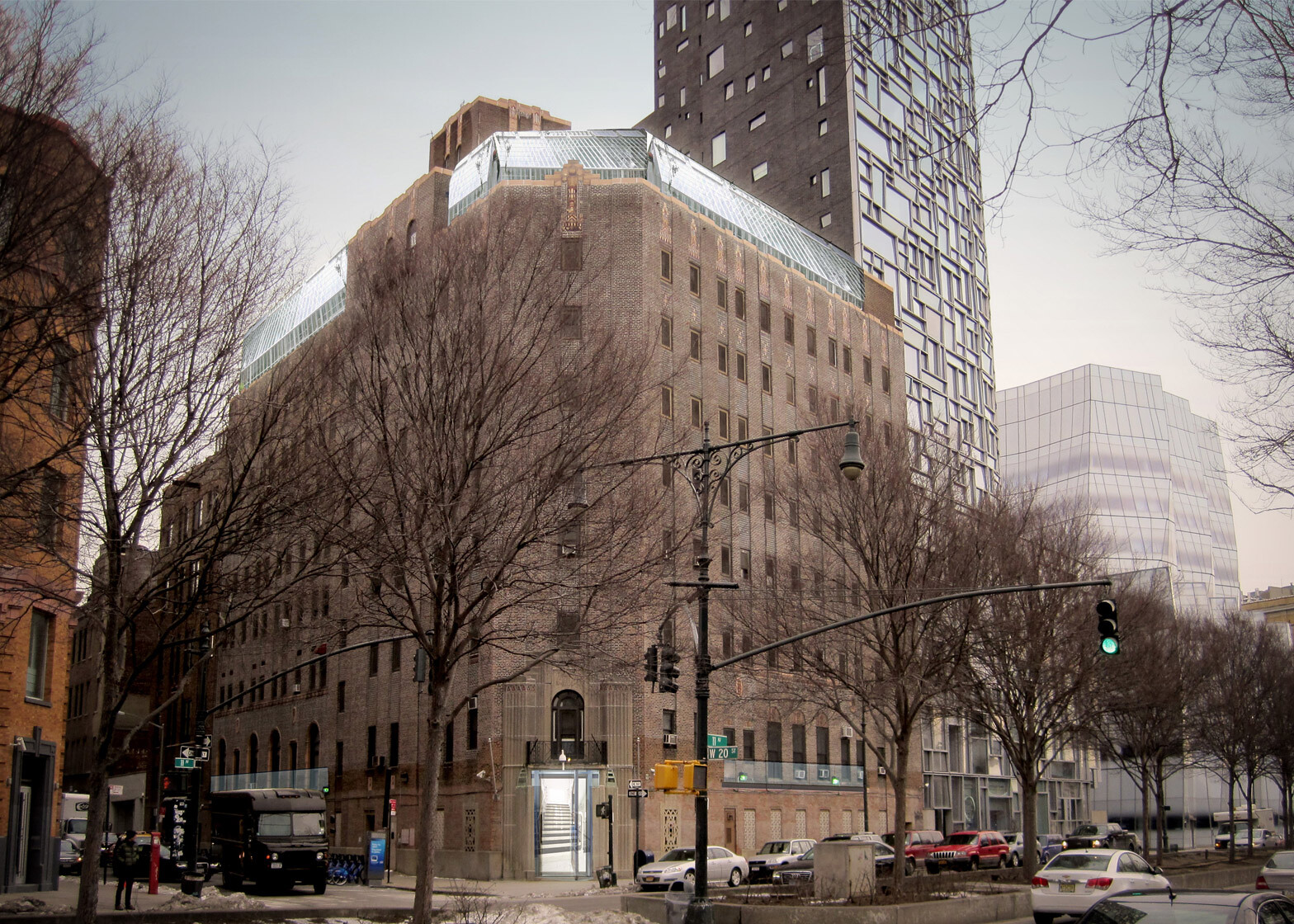

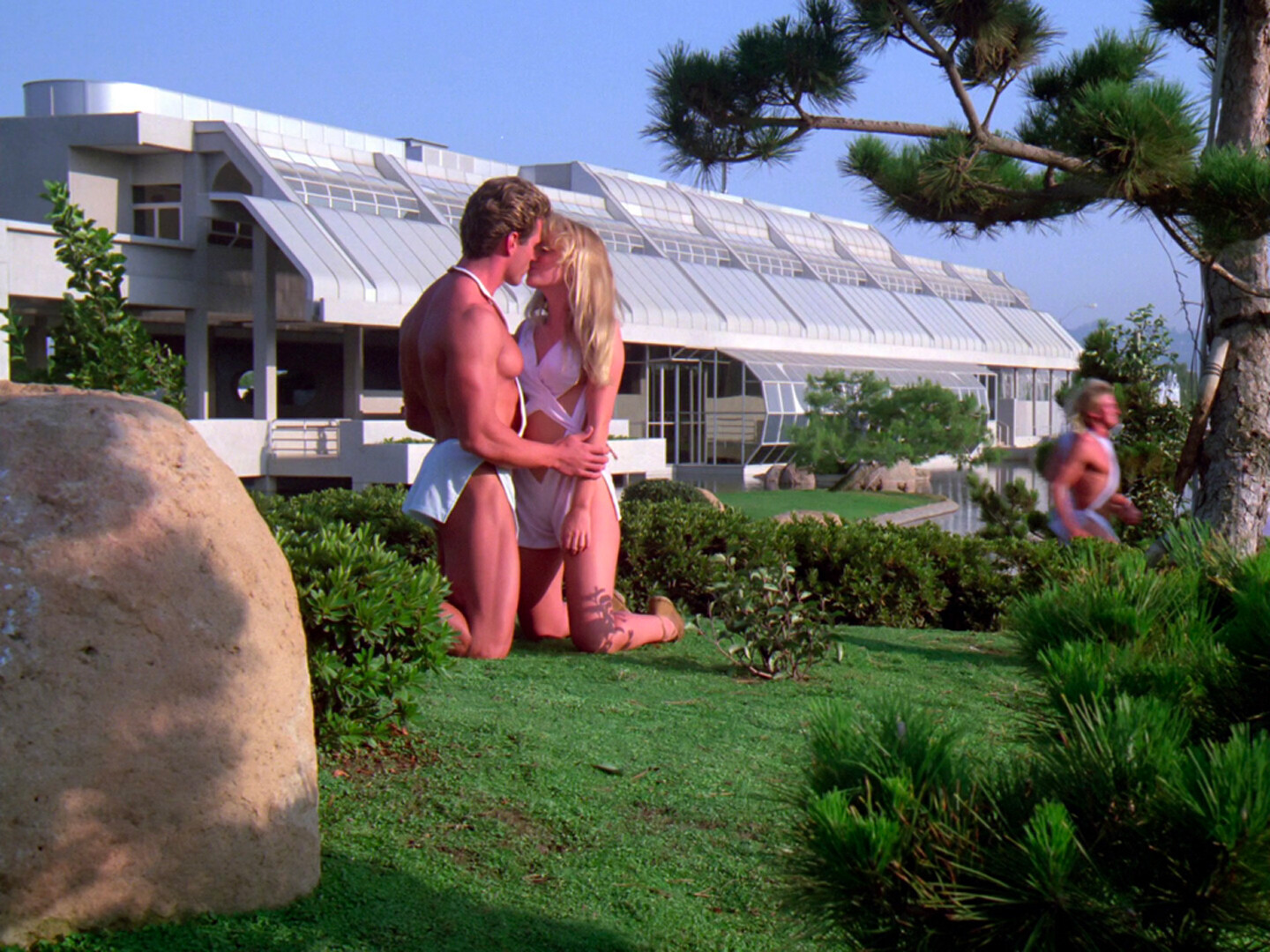
,-2003,-srgb.jpg,1600)
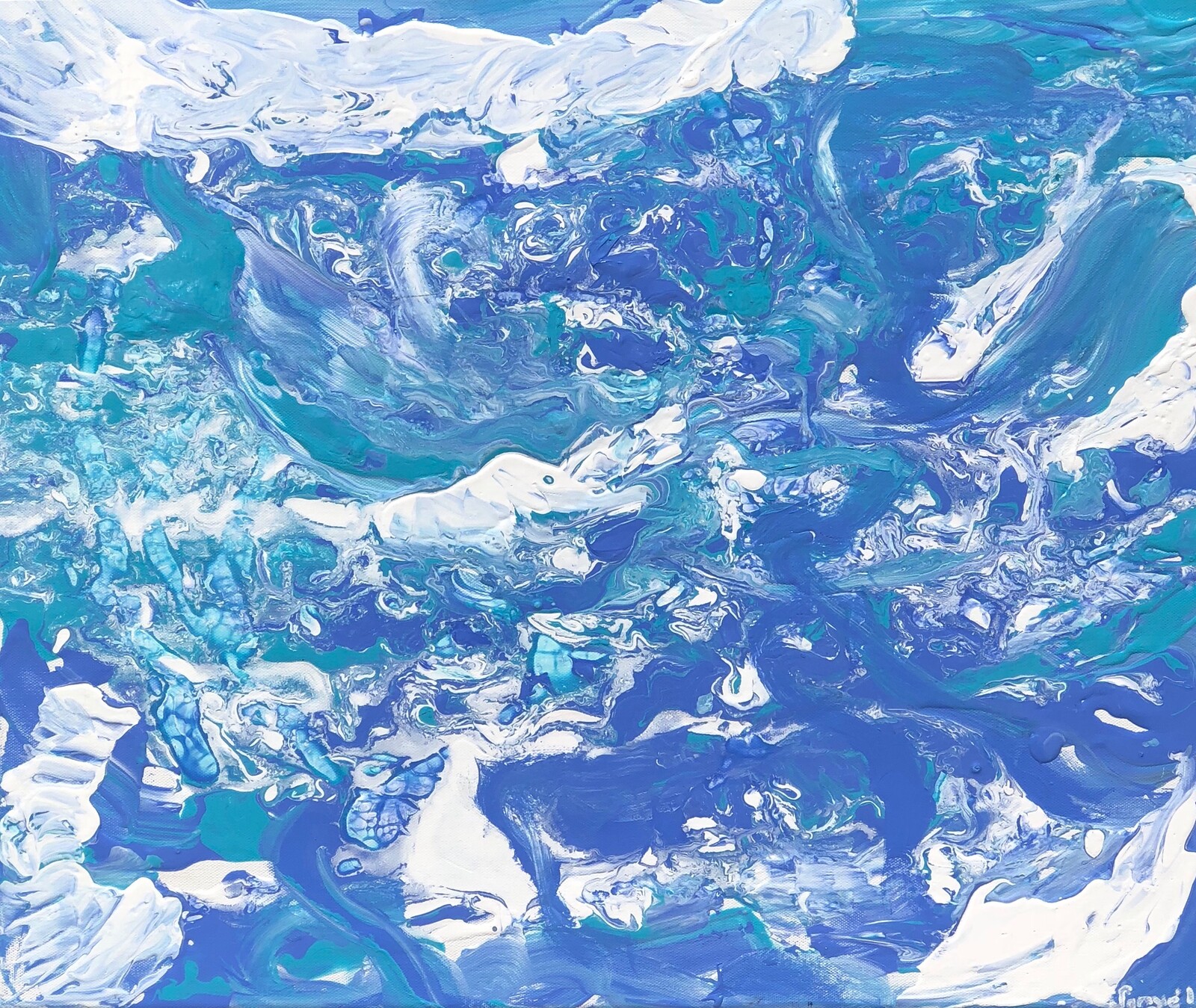
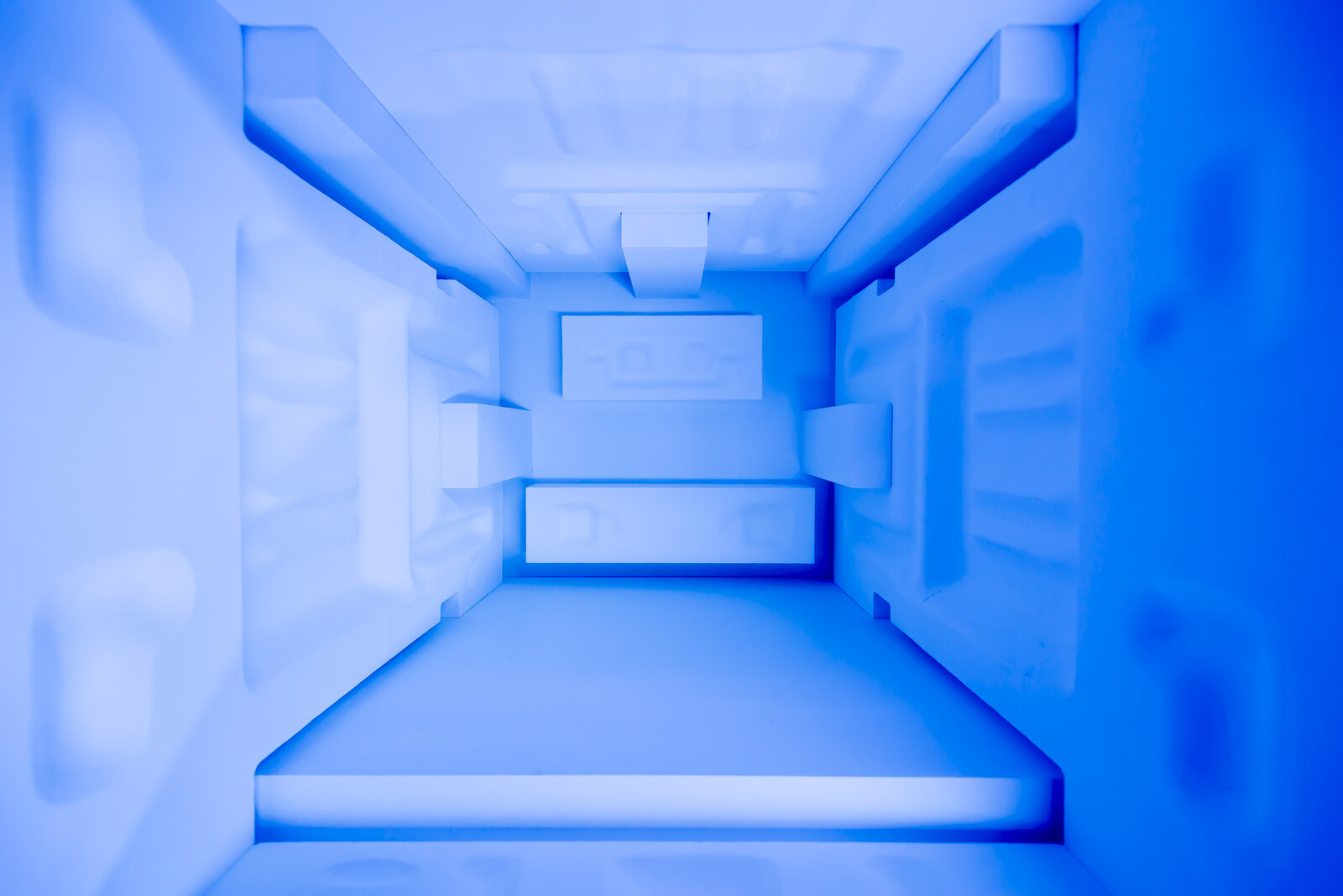
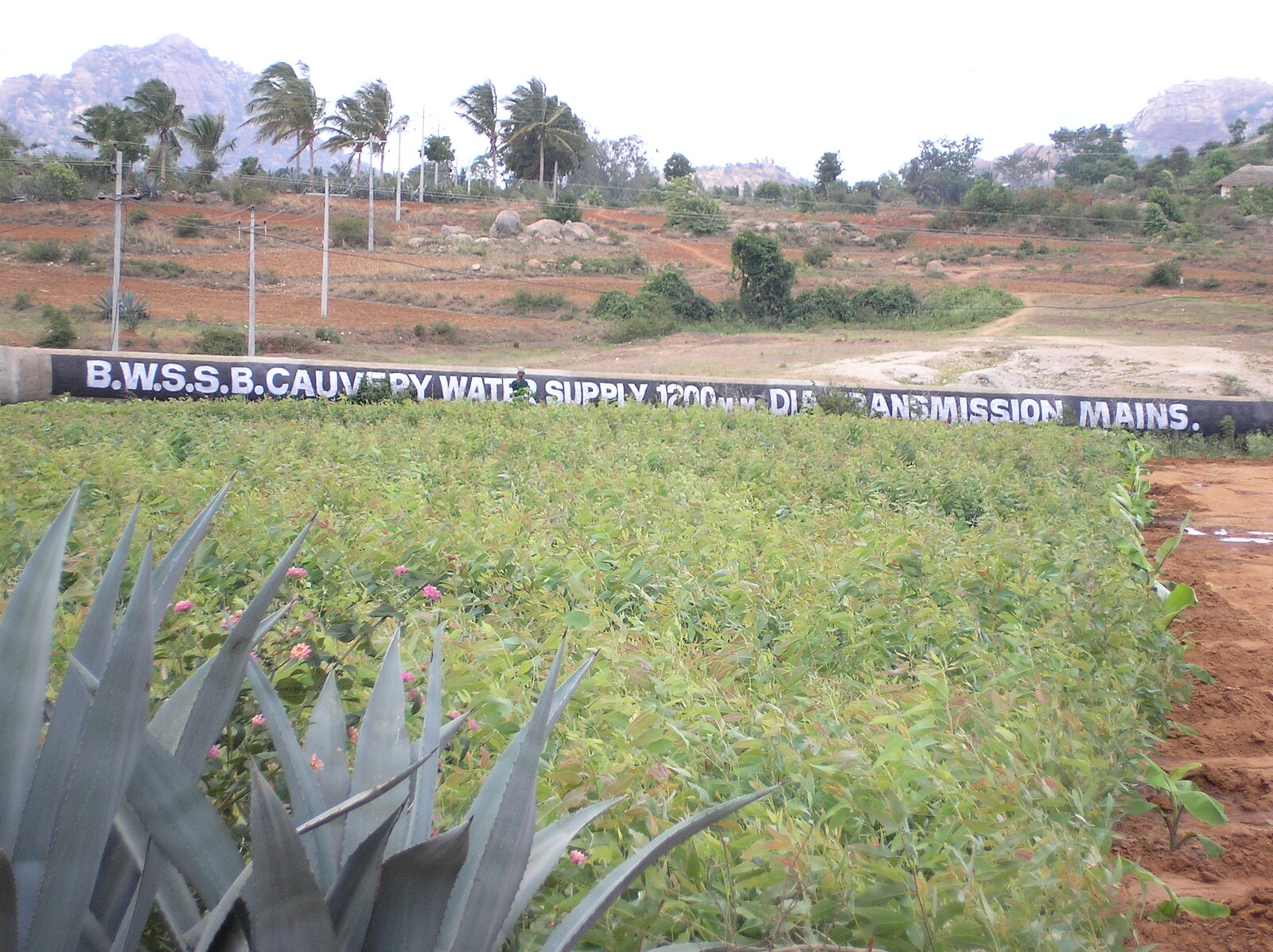
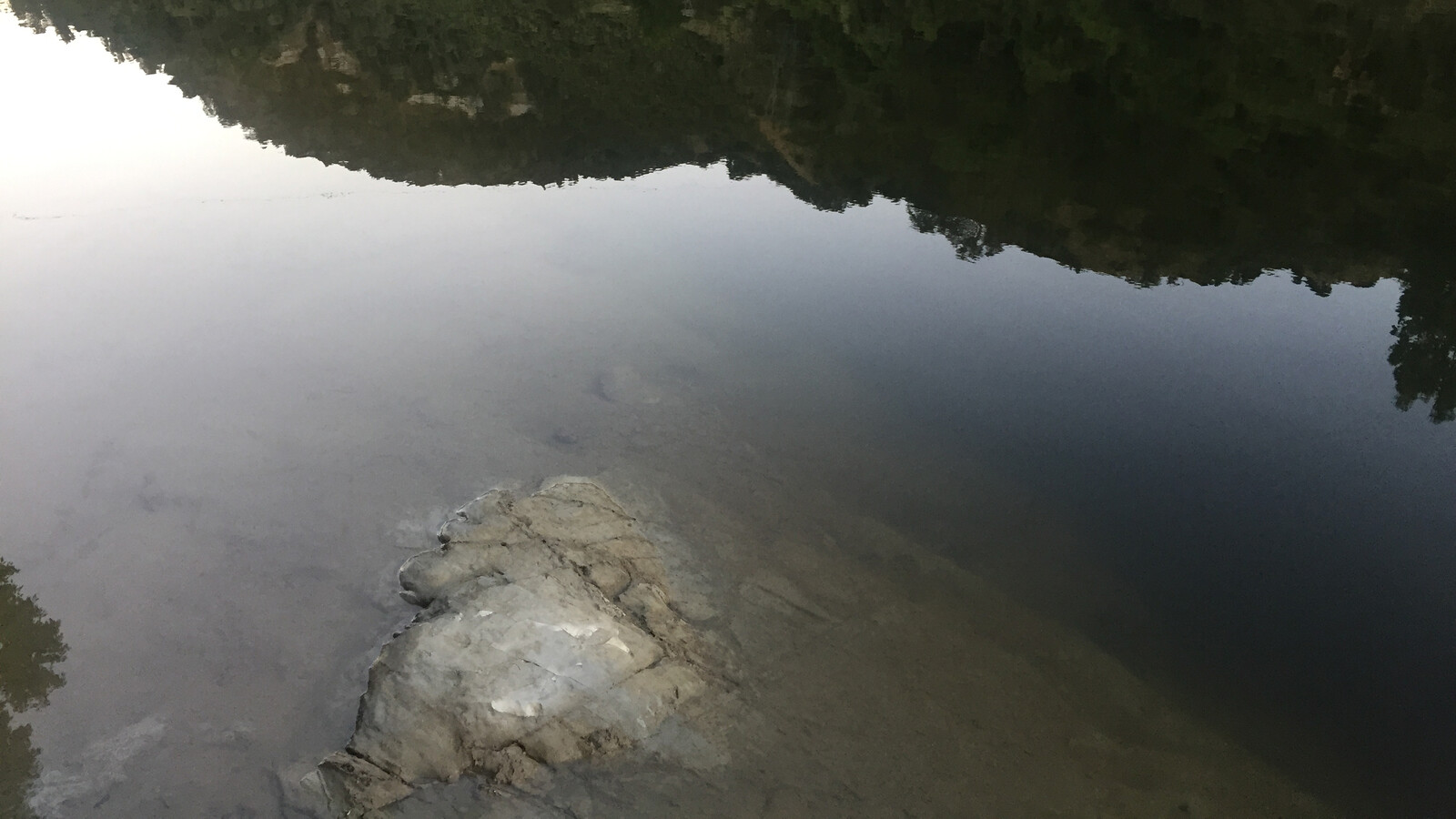
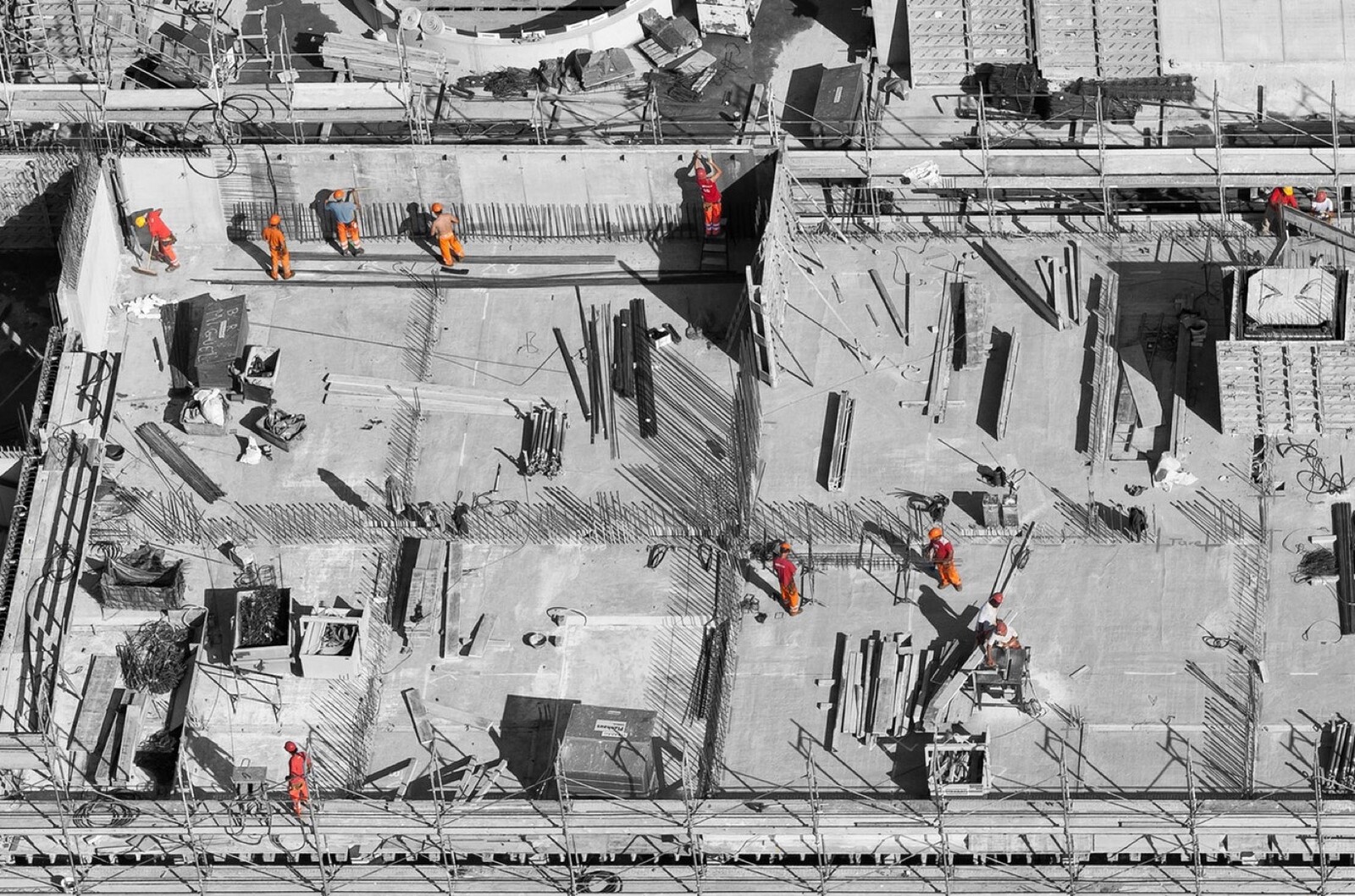
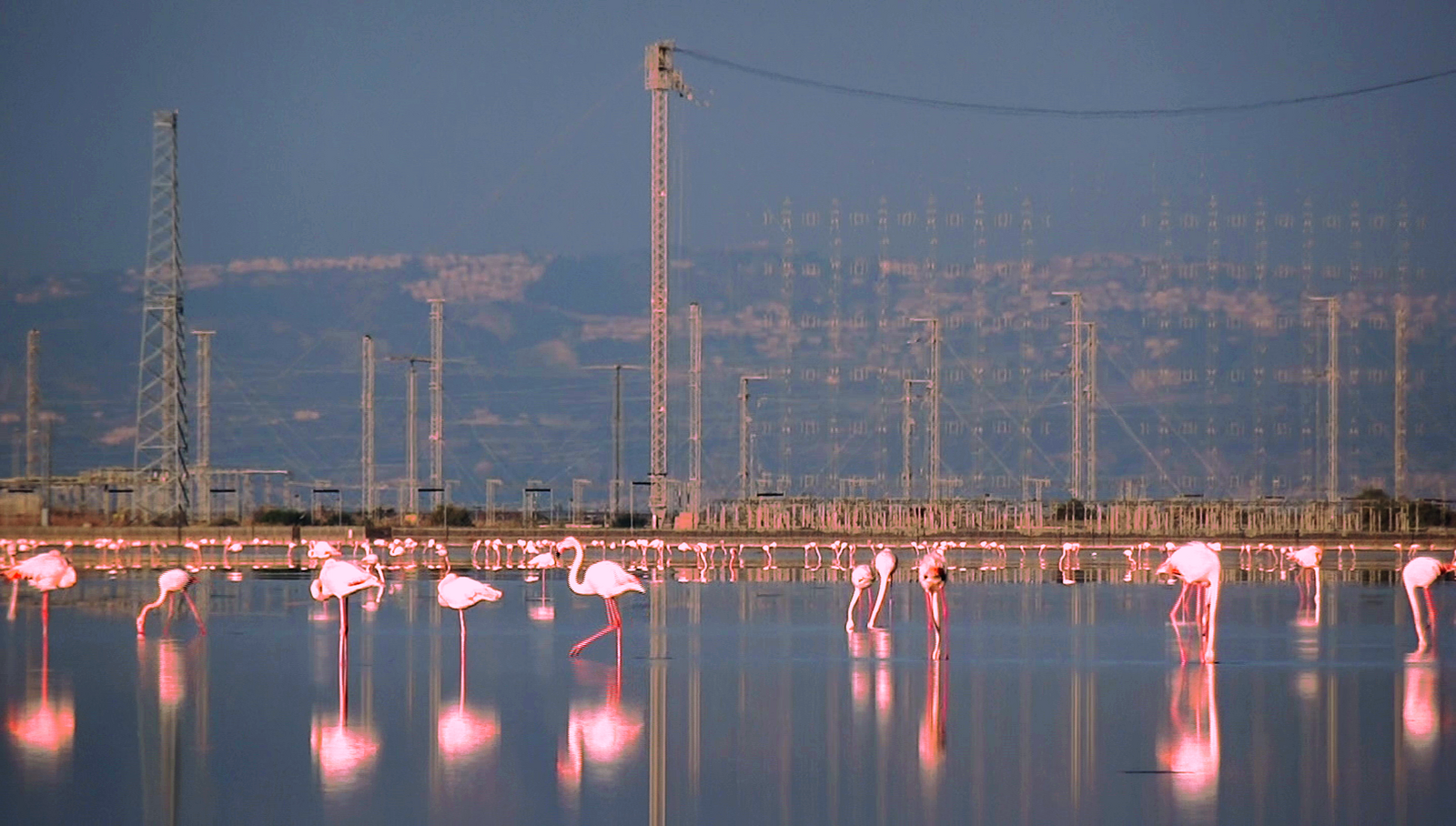
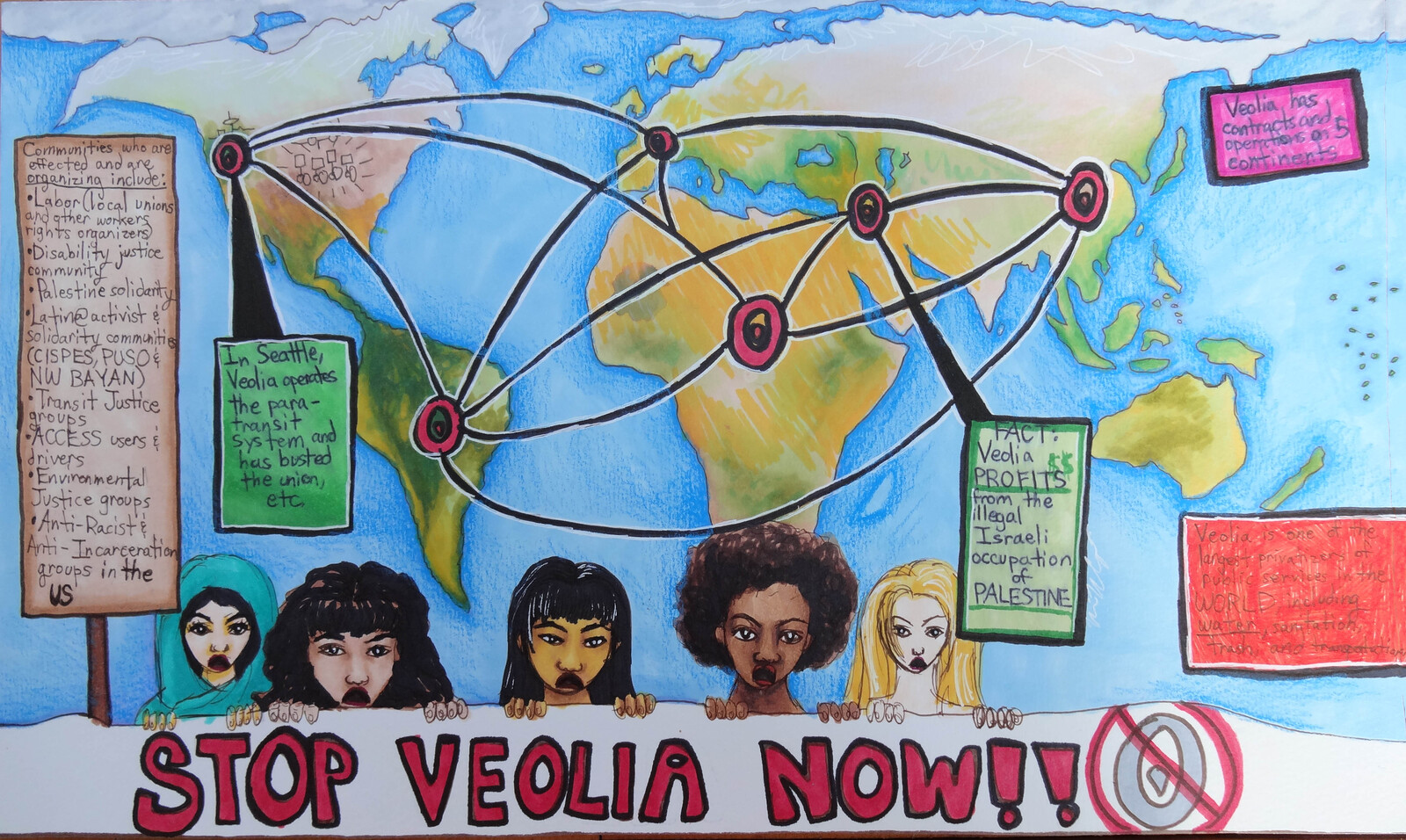
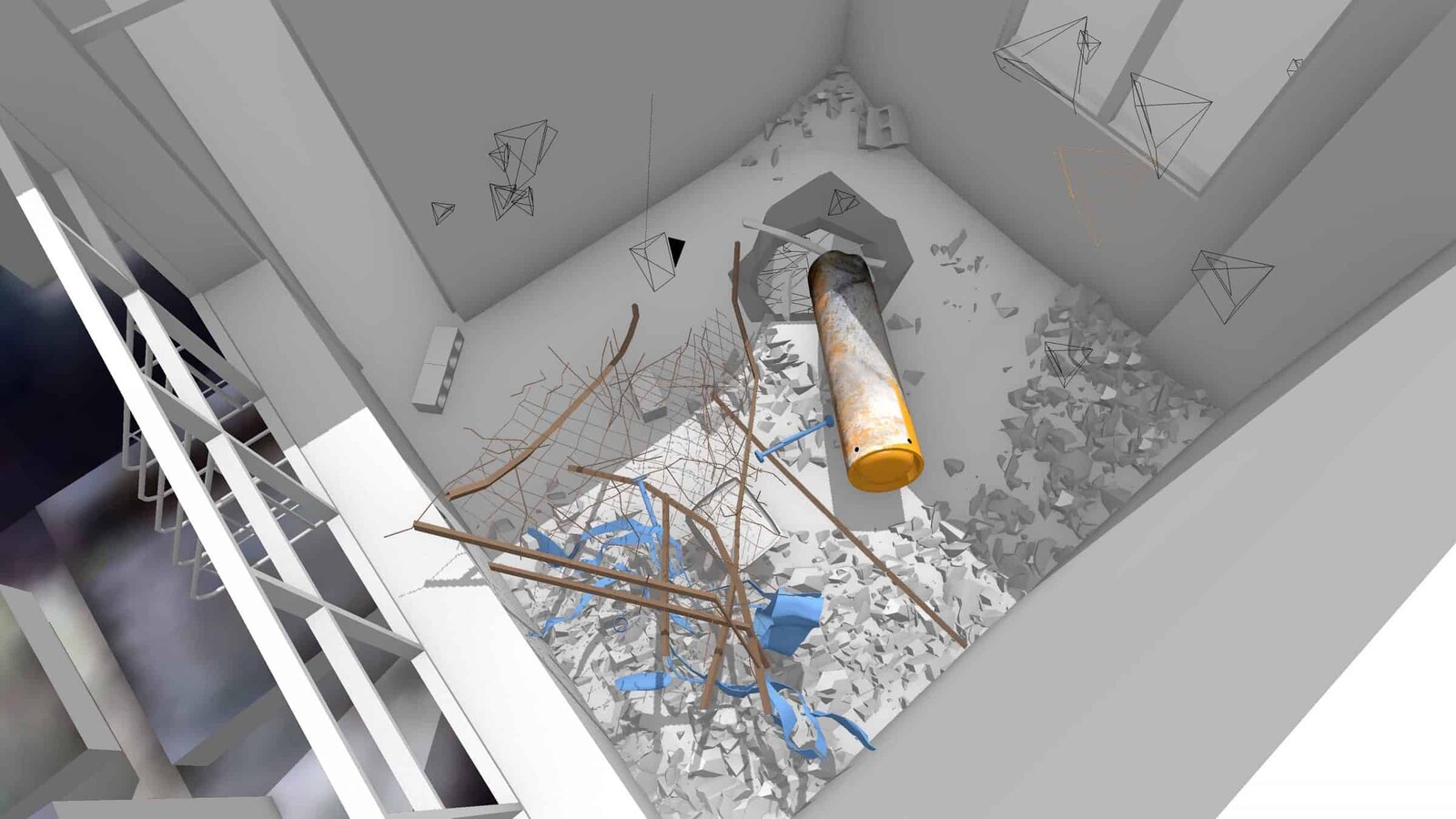
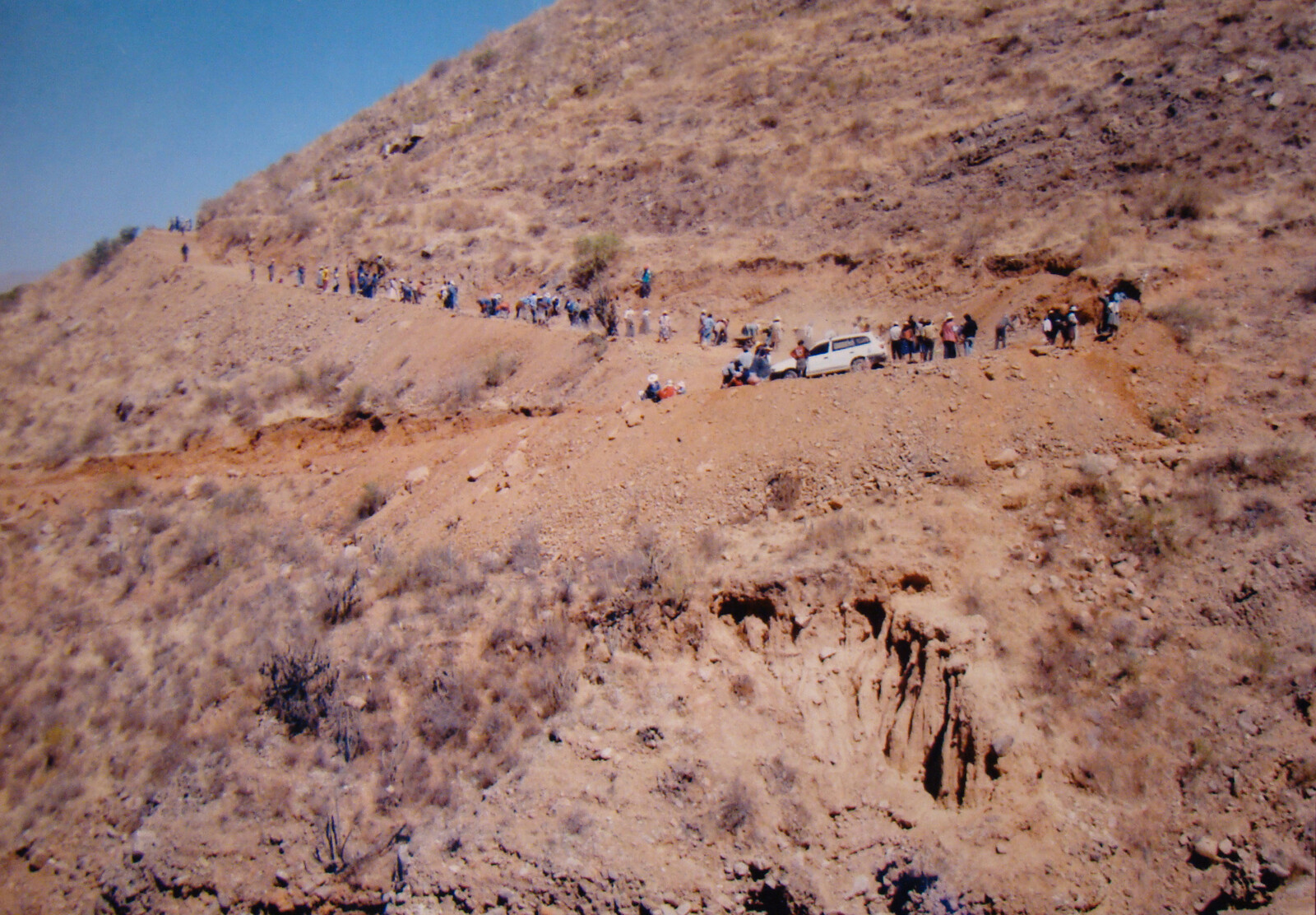
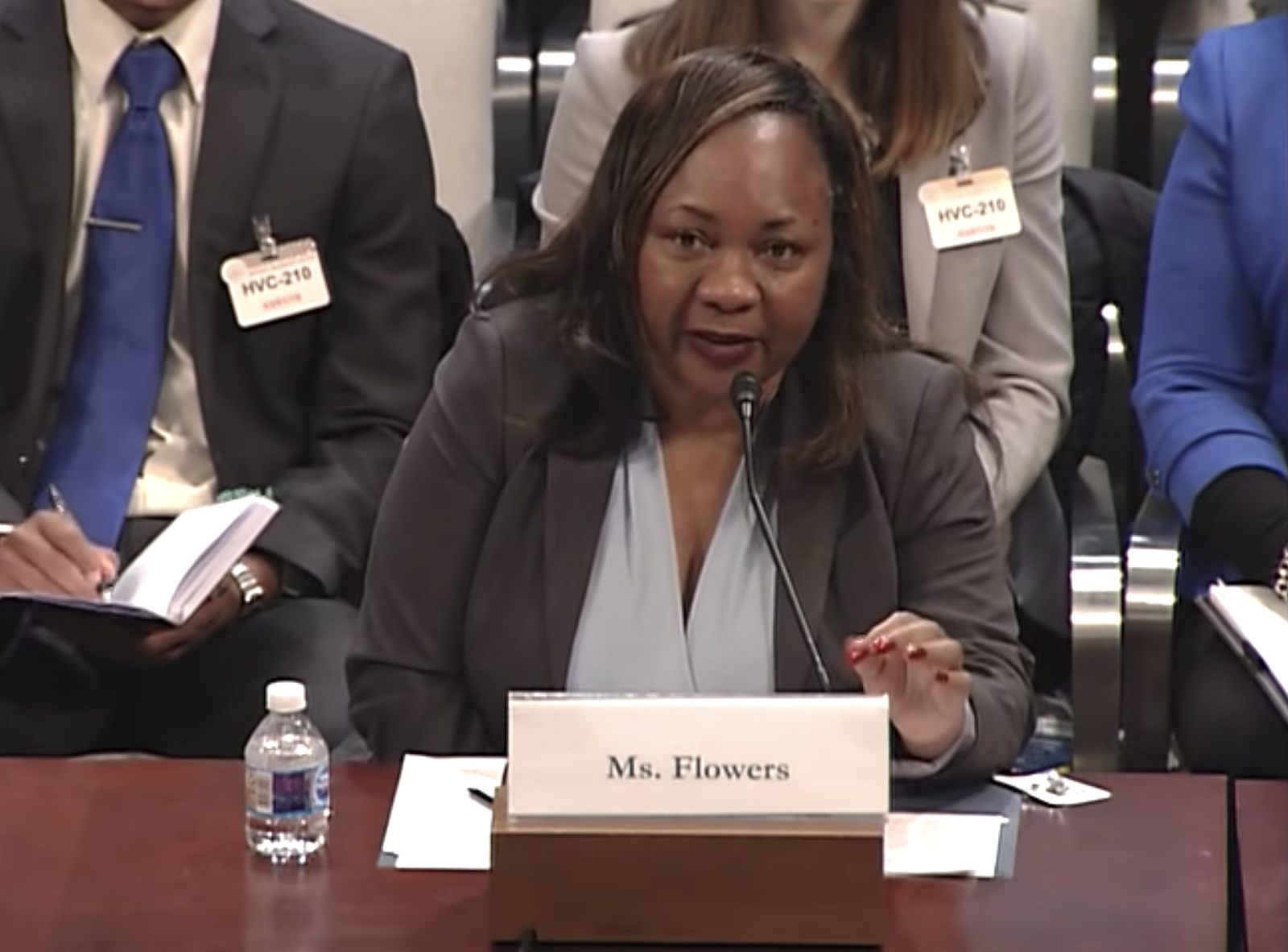
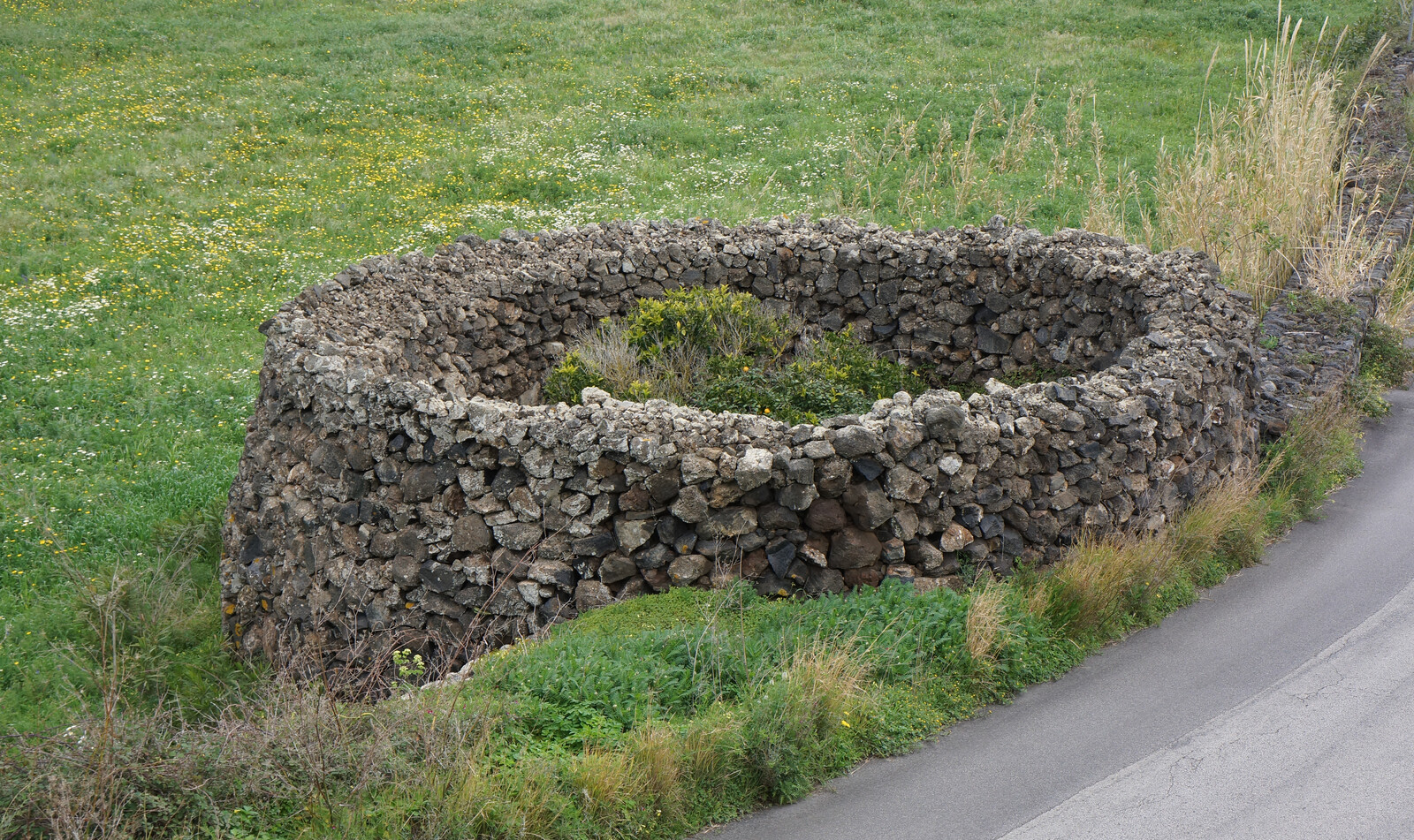
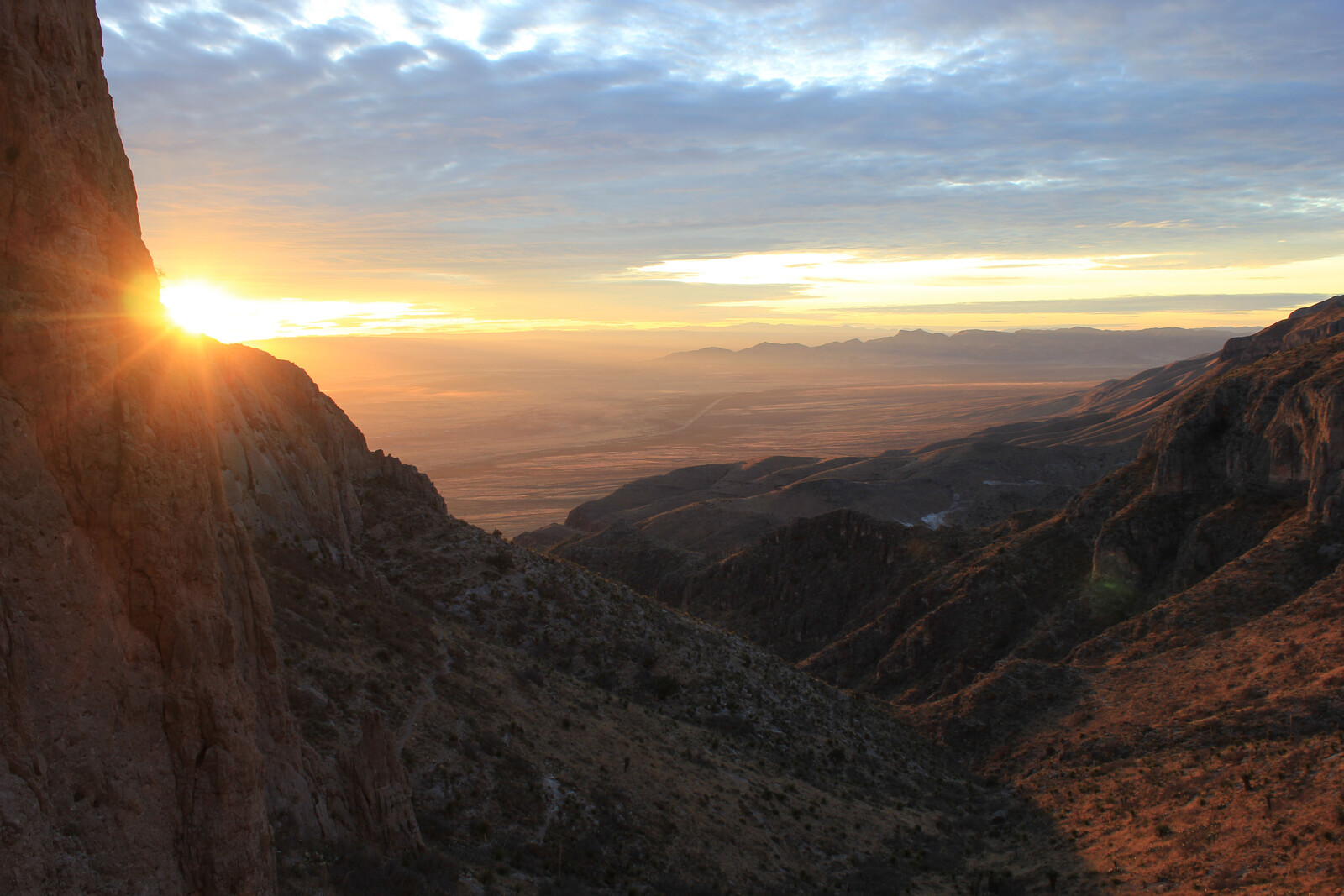
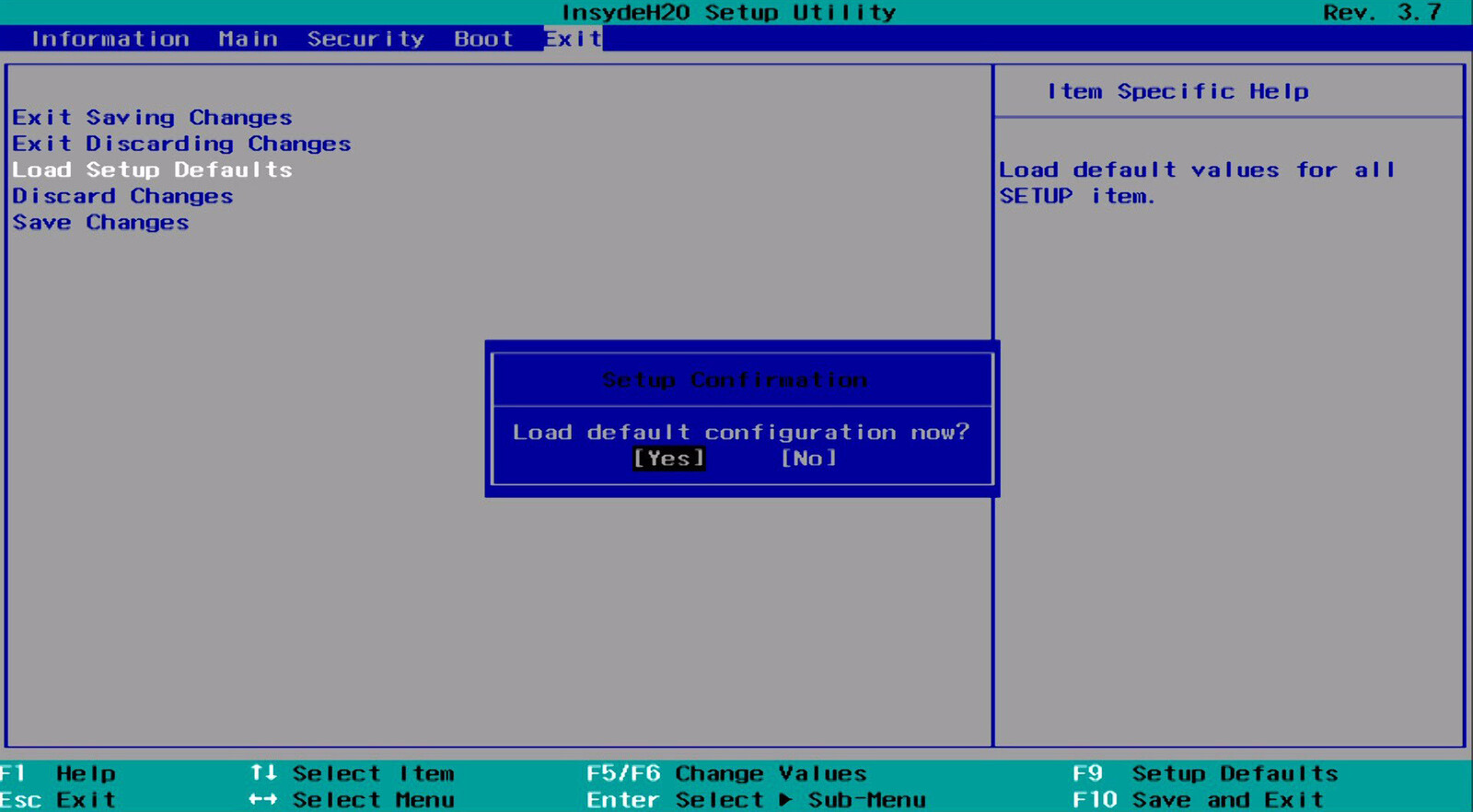
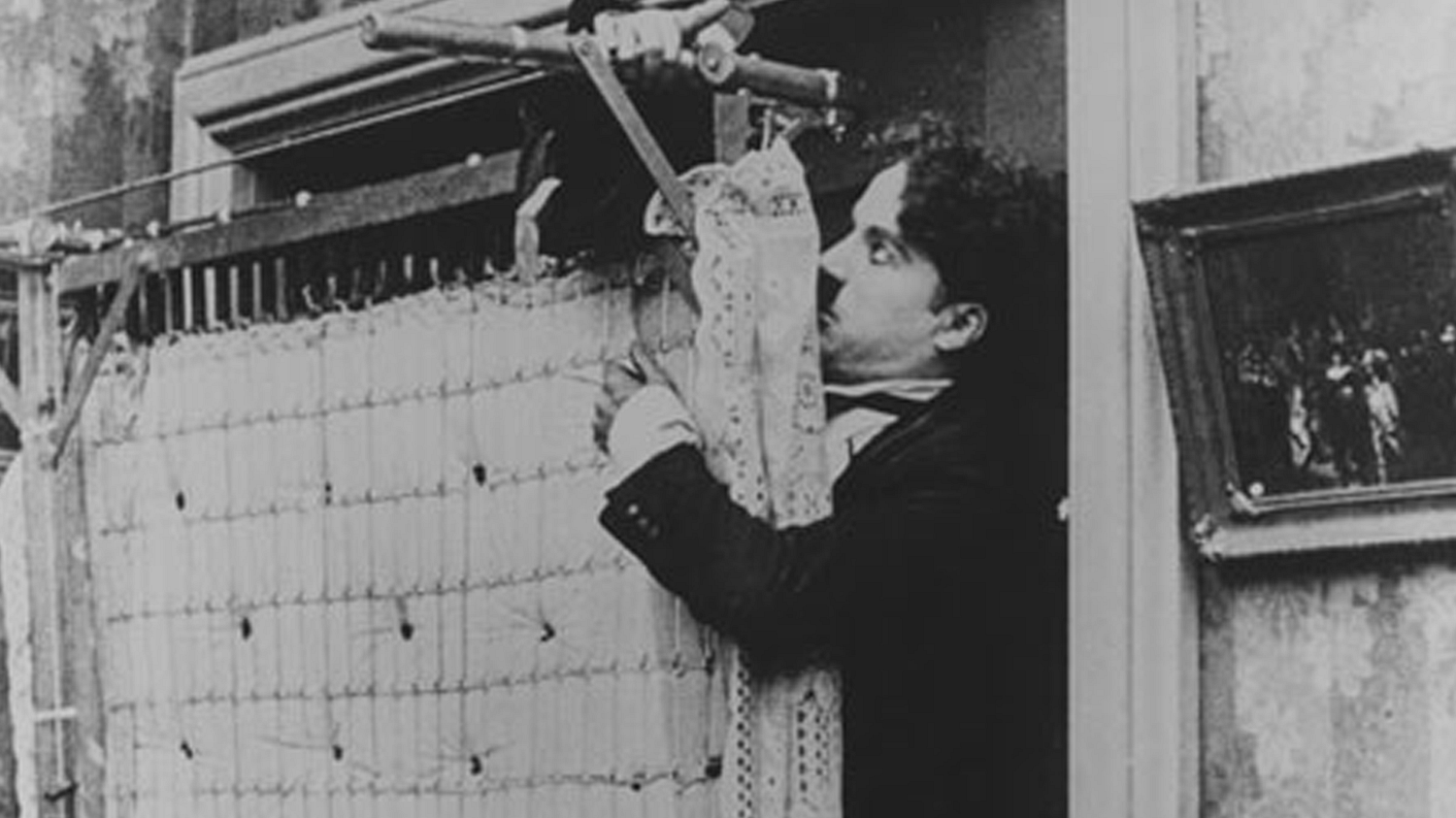

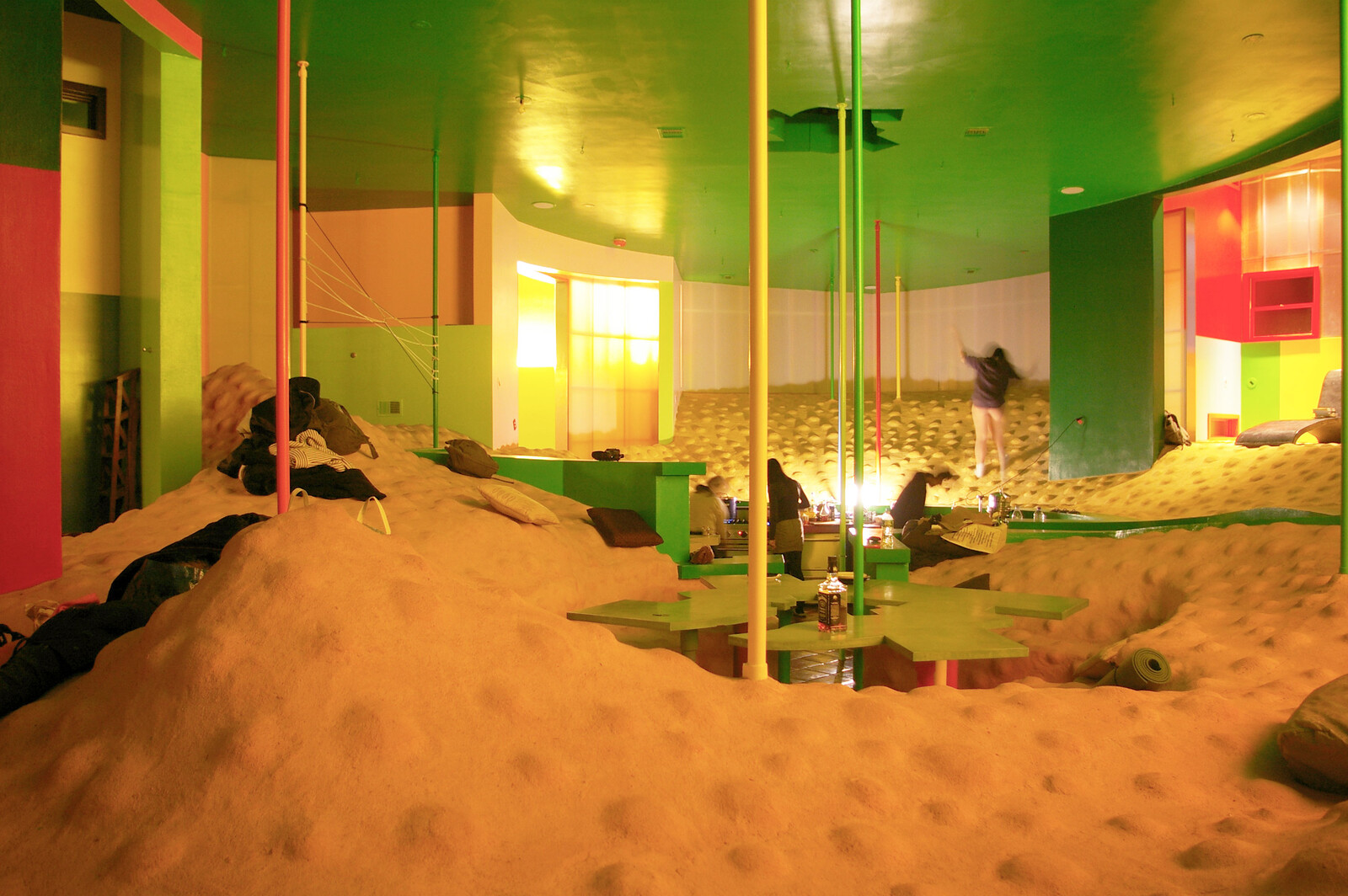
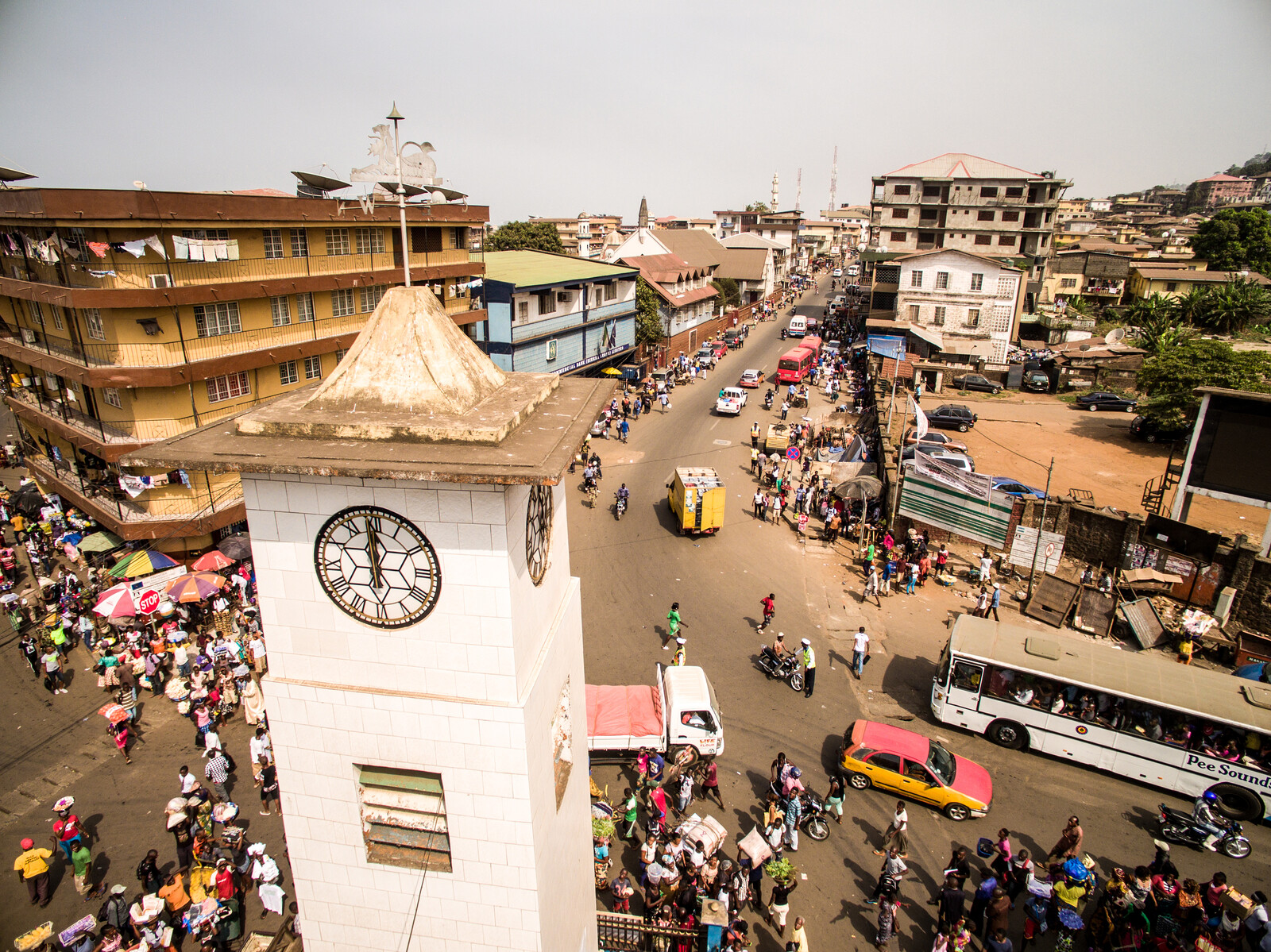
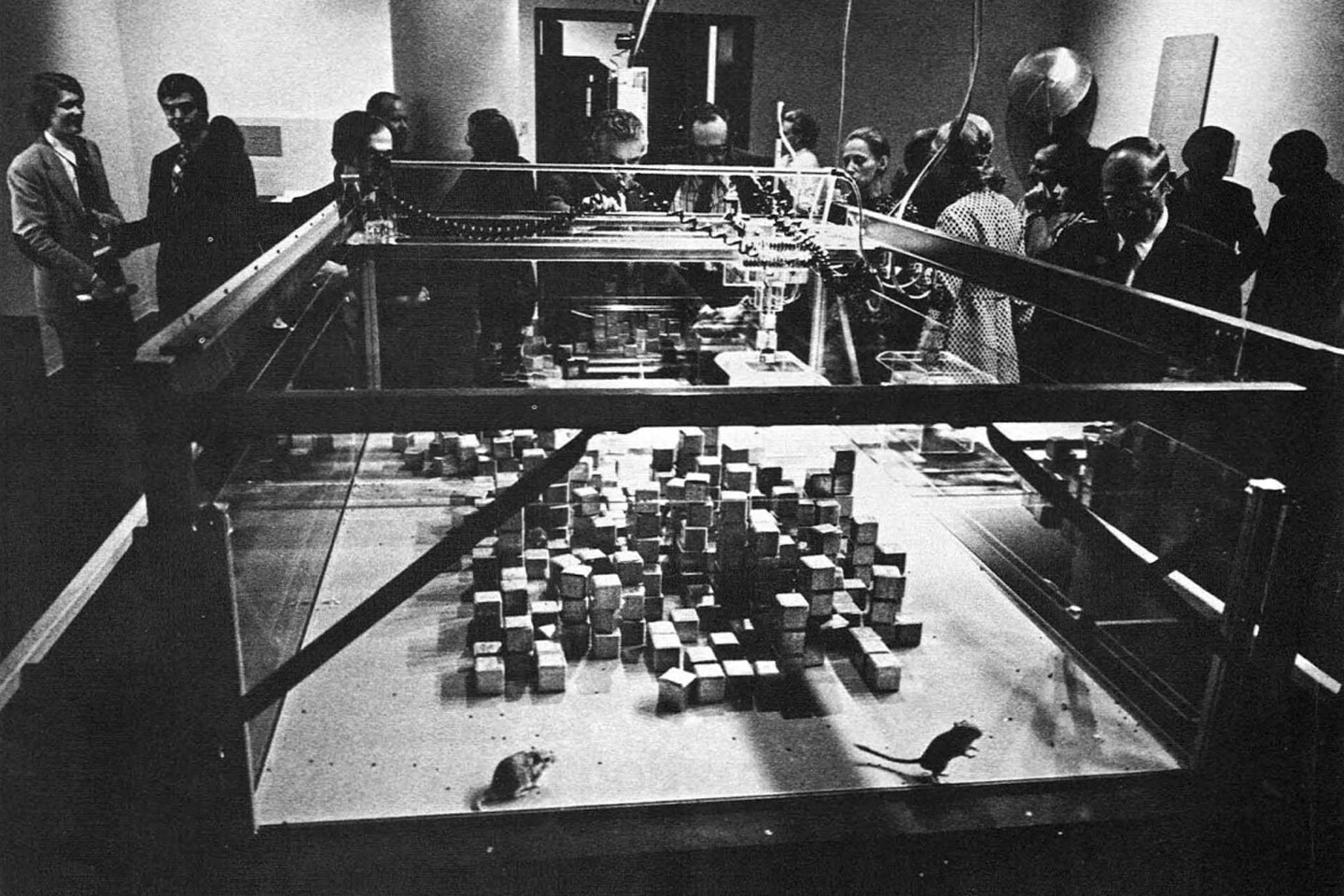
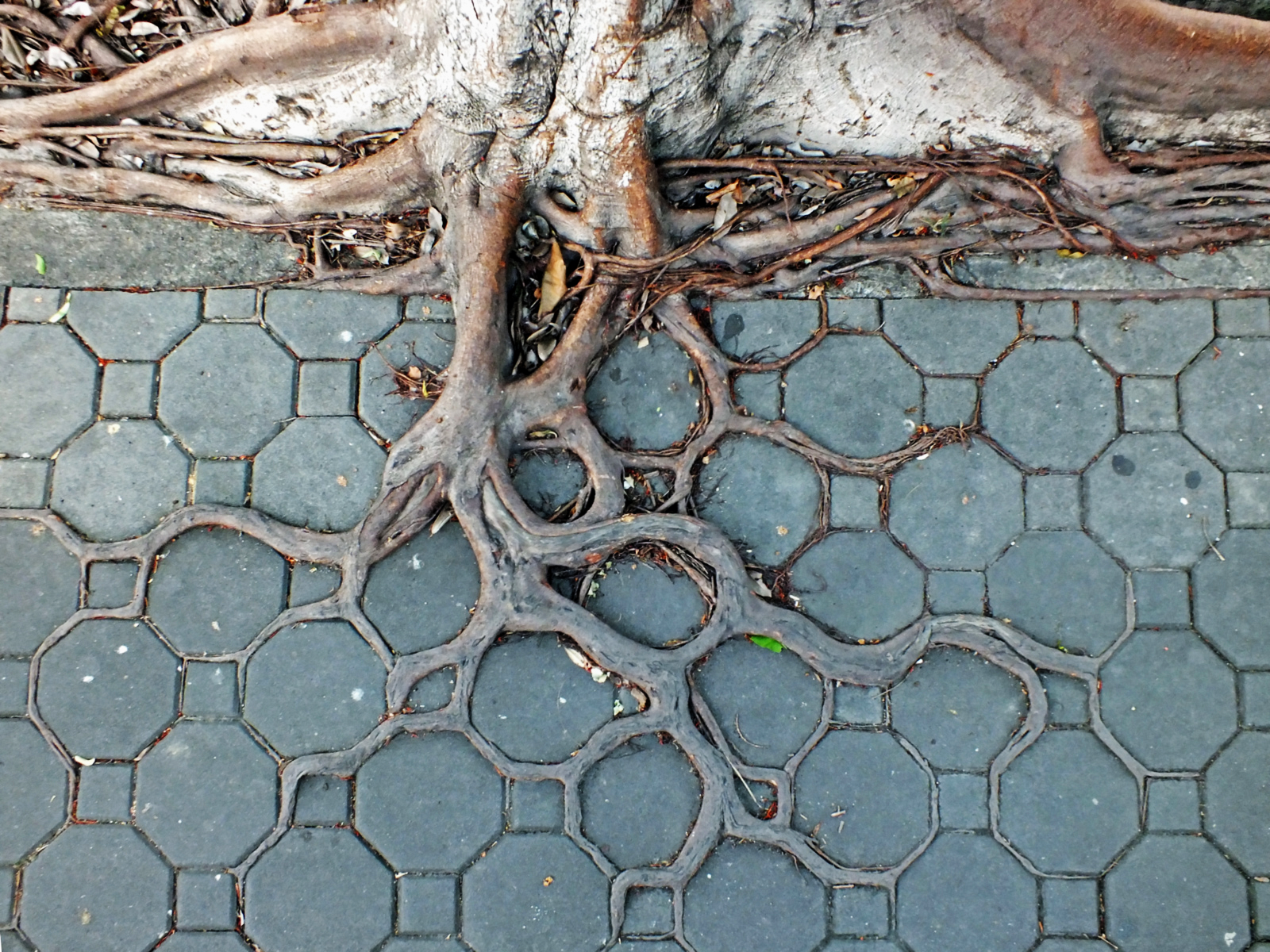

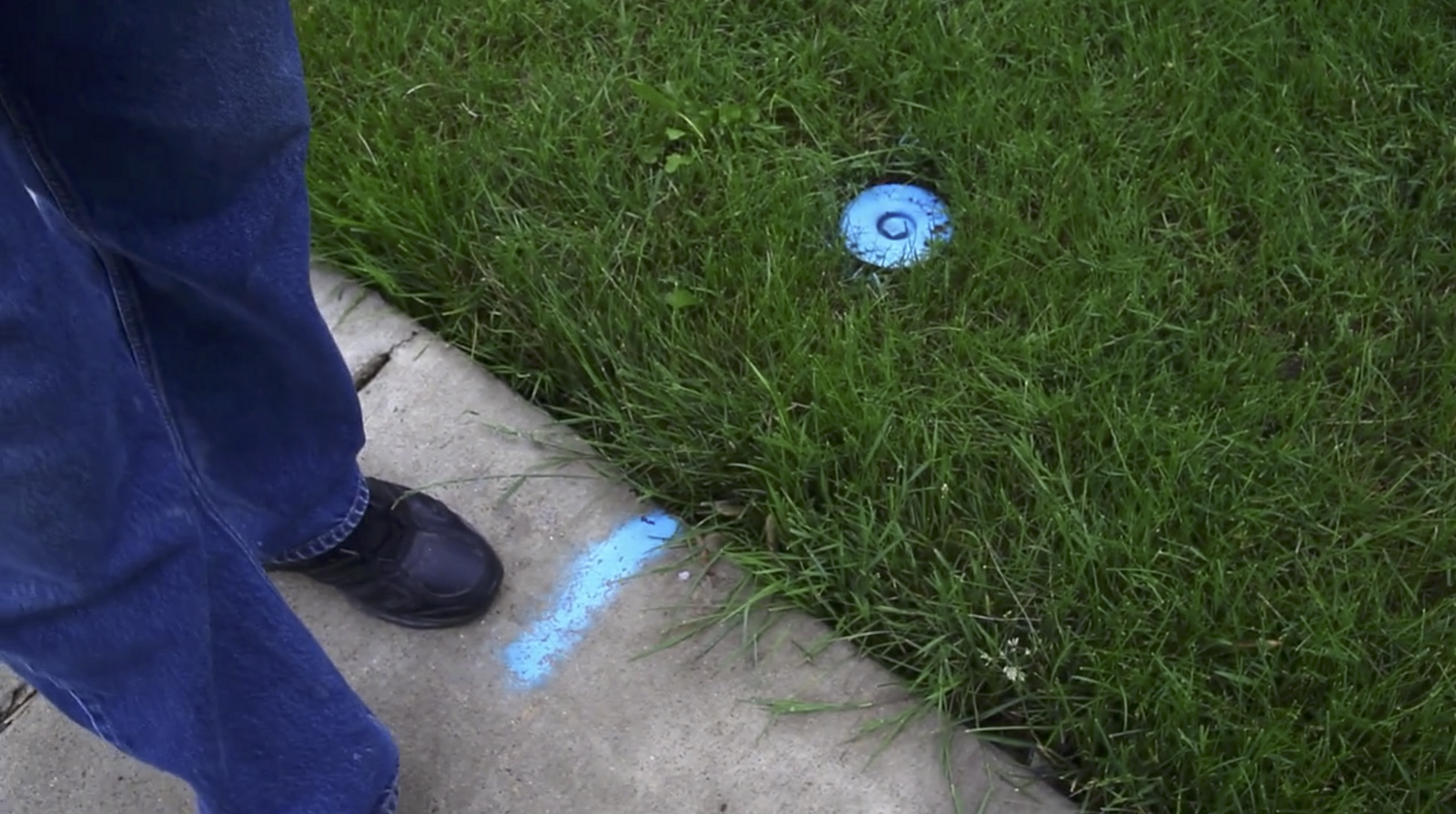
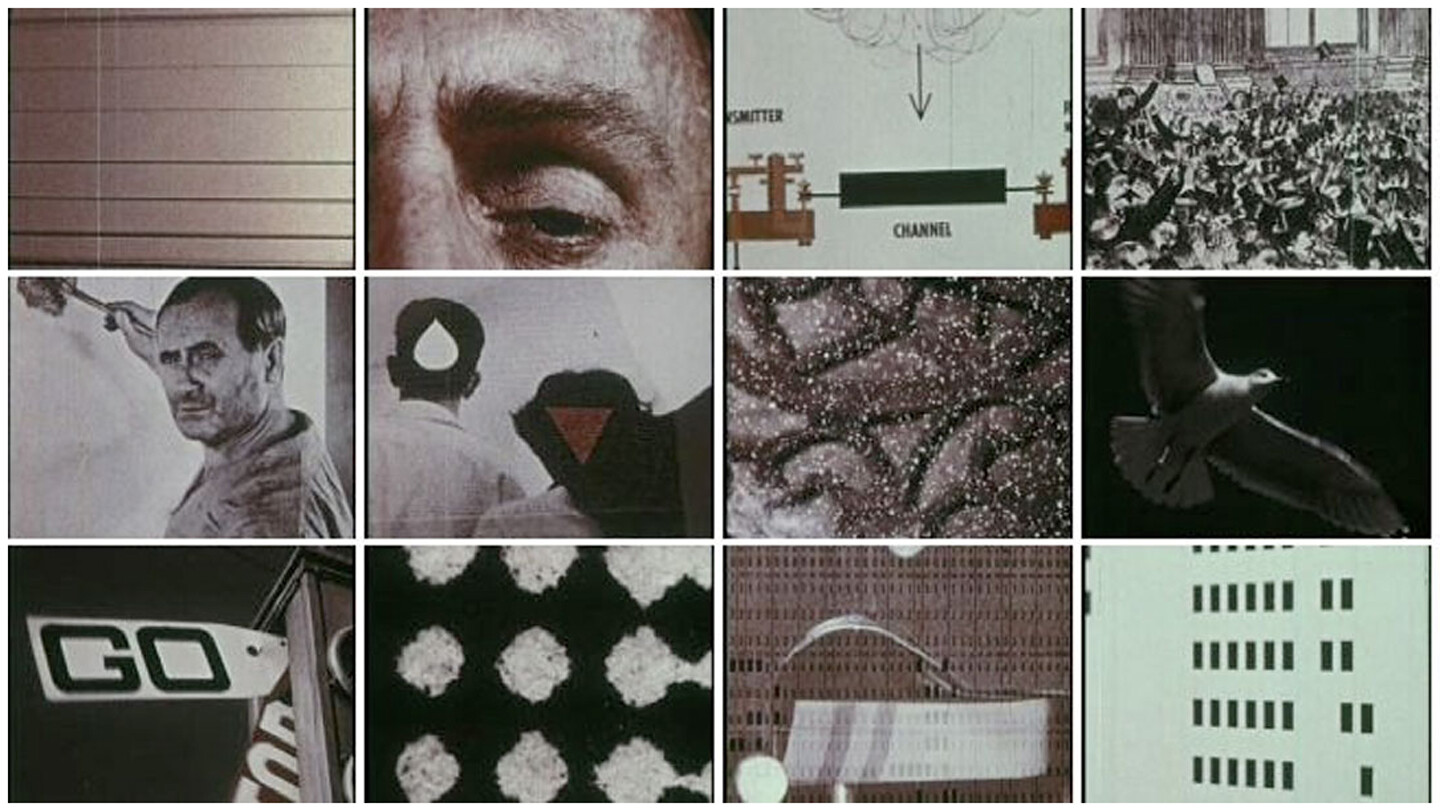
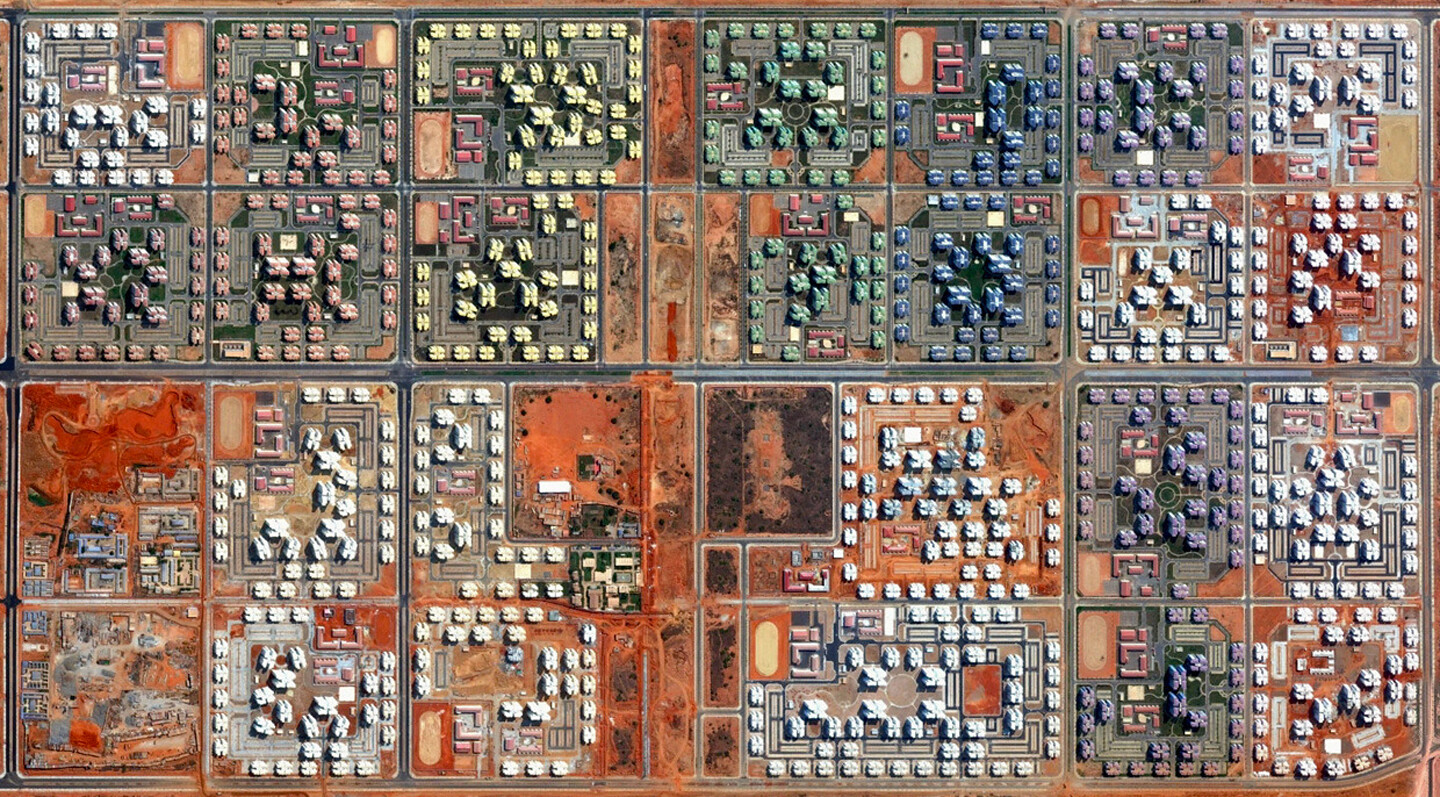
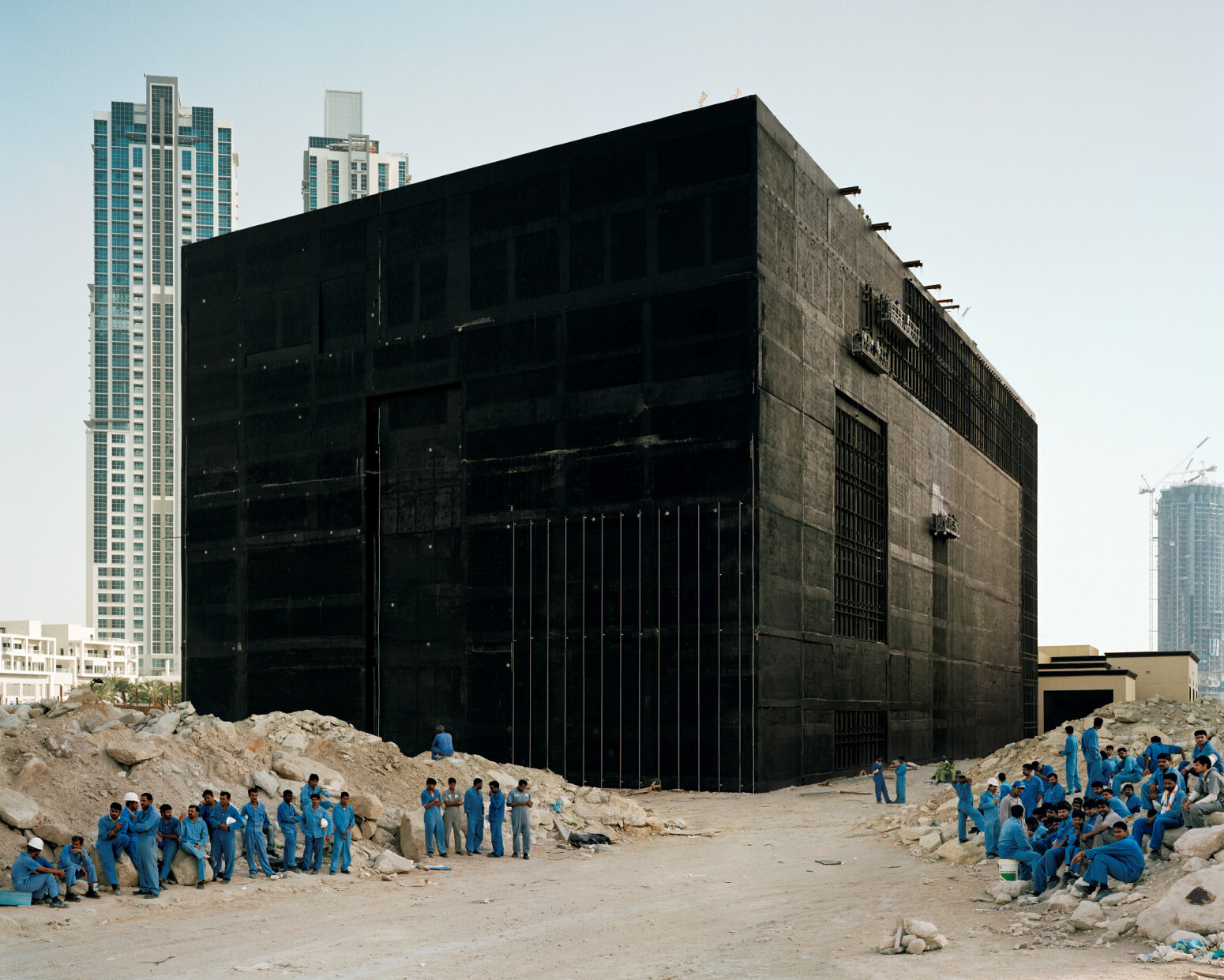

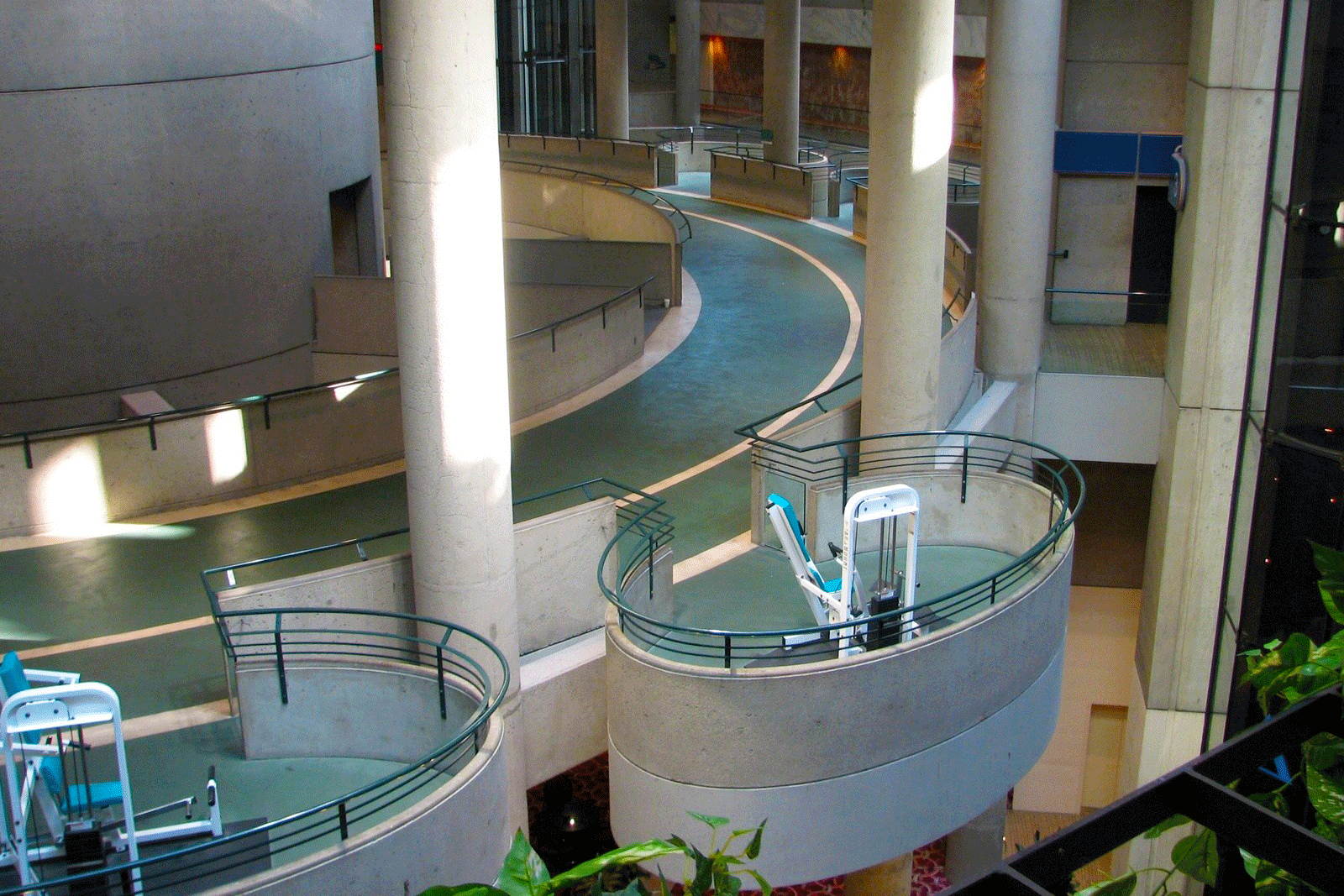

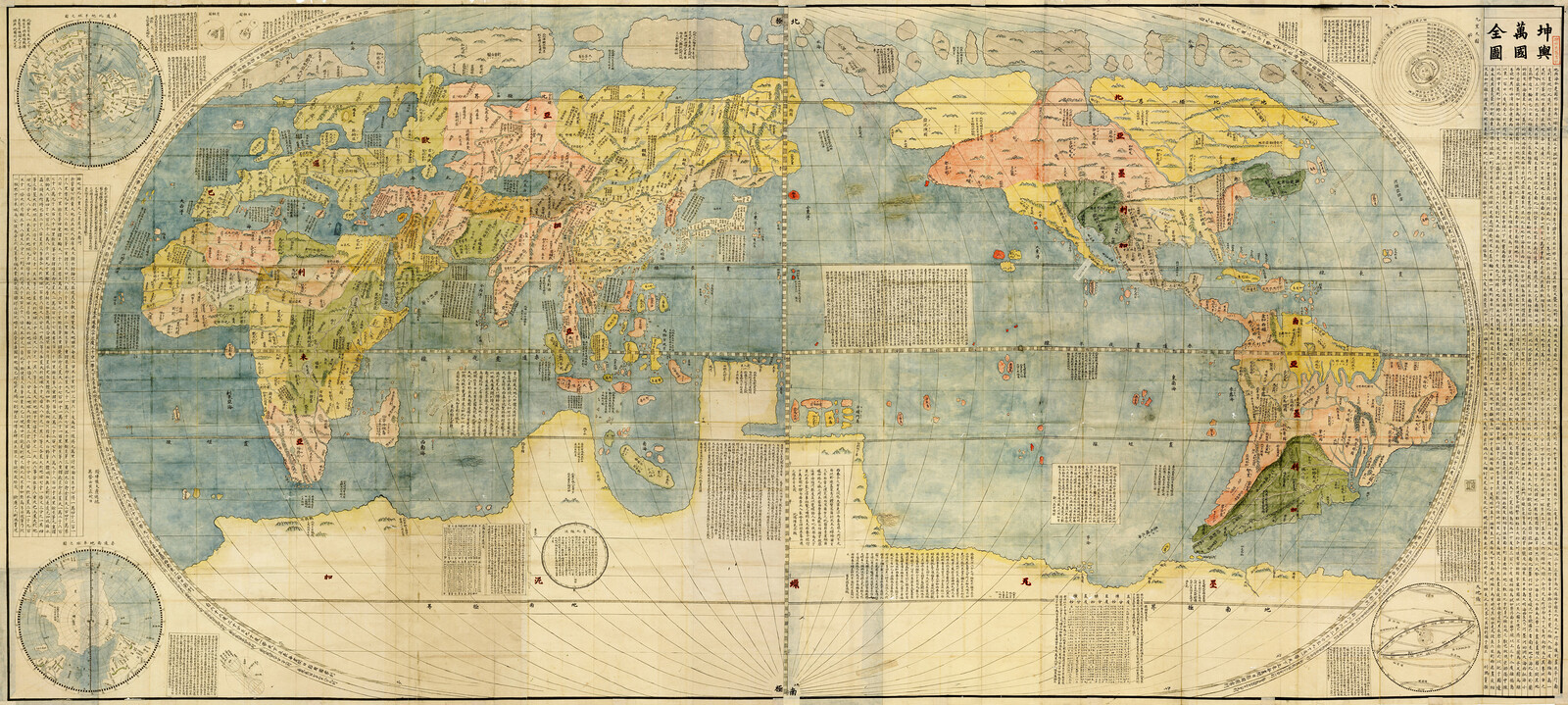
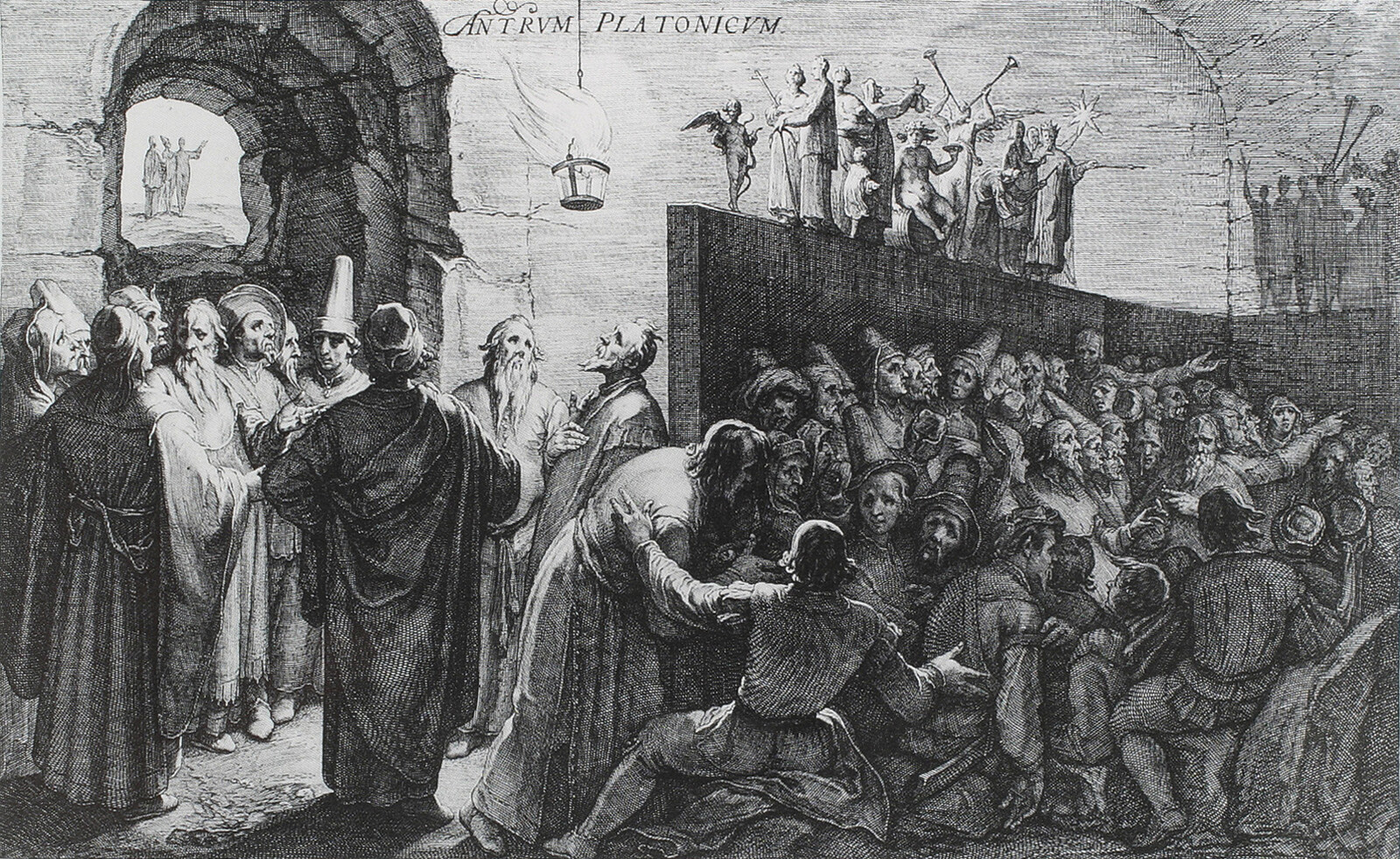


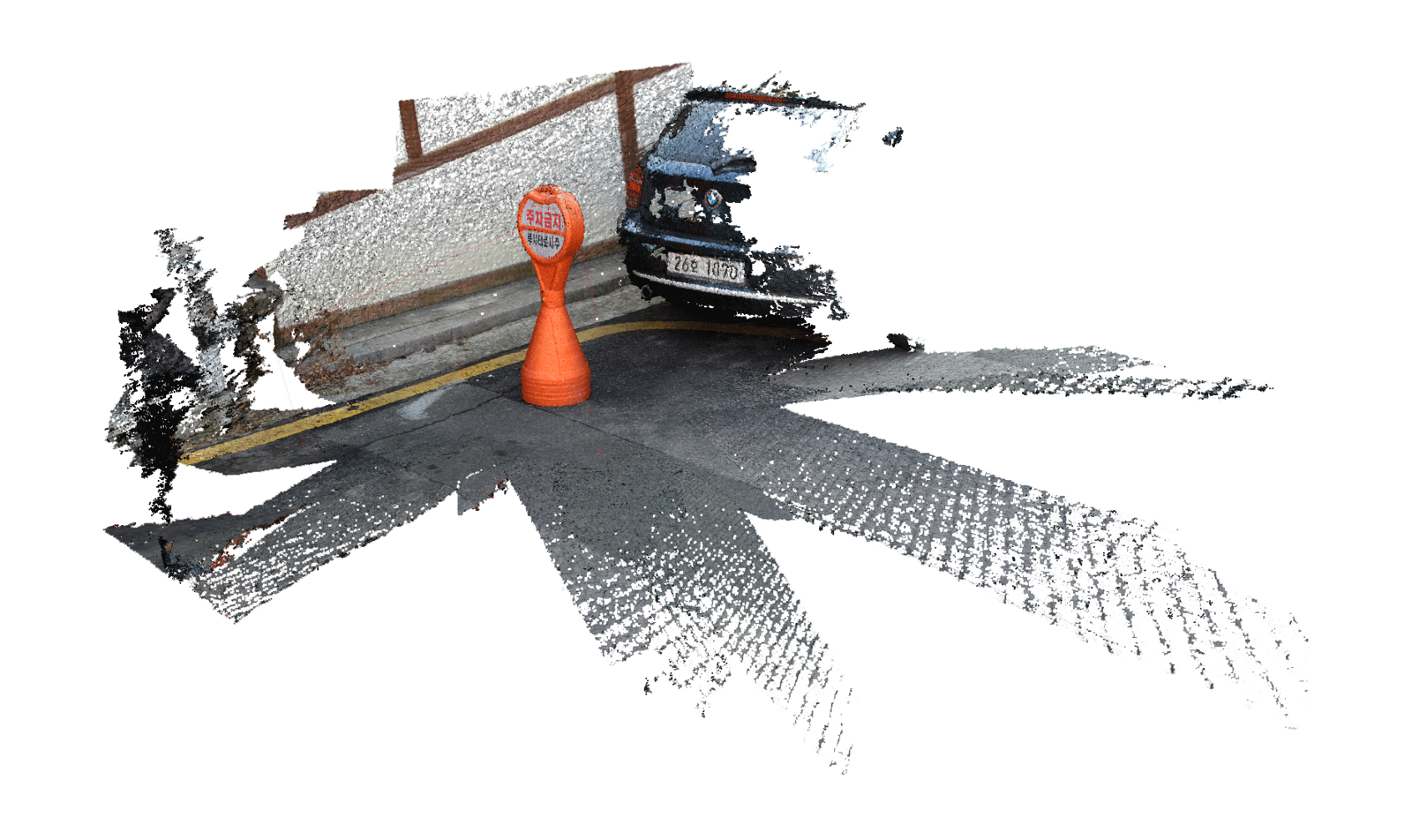
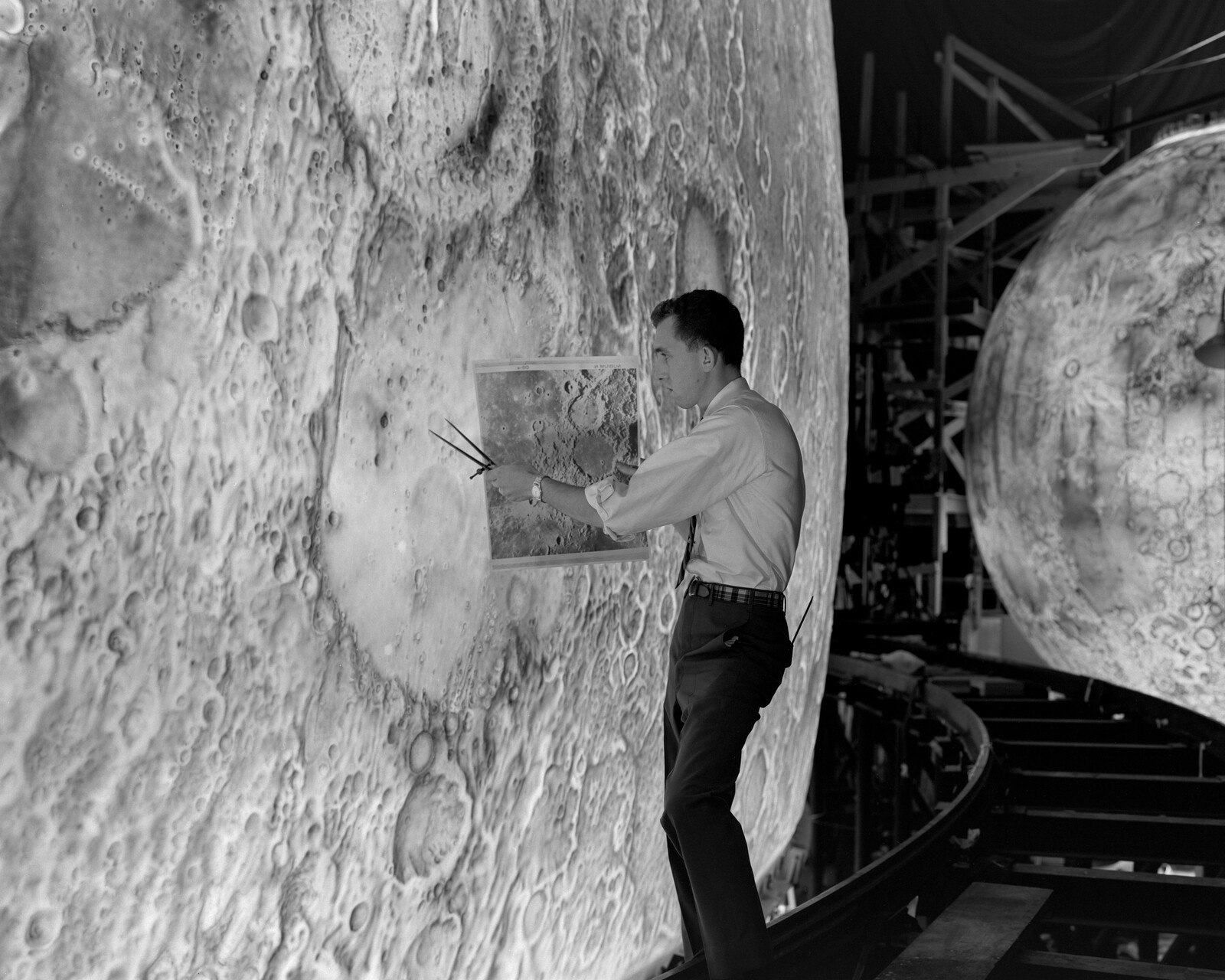
.jpg,1600)
.jpg,1600)
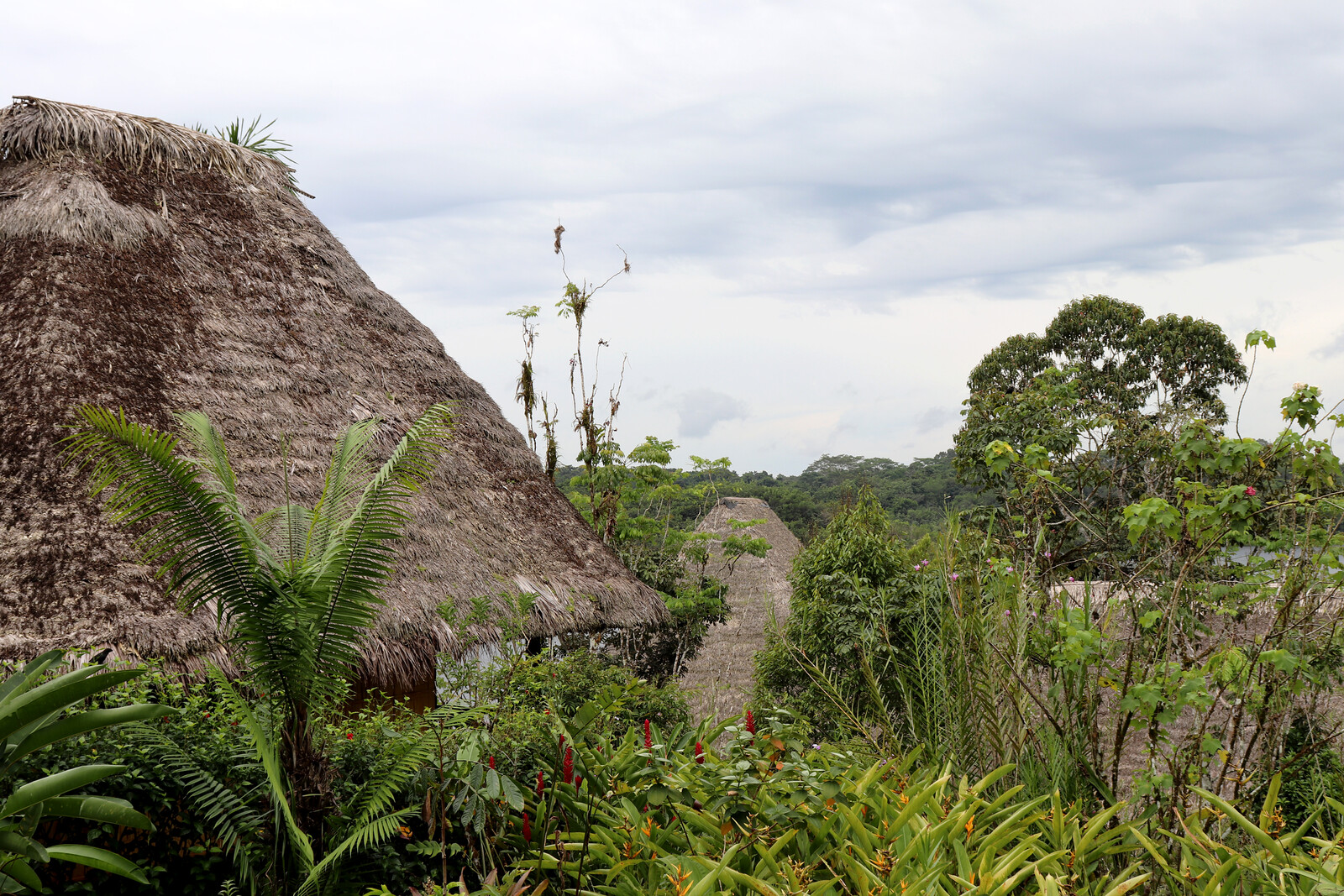
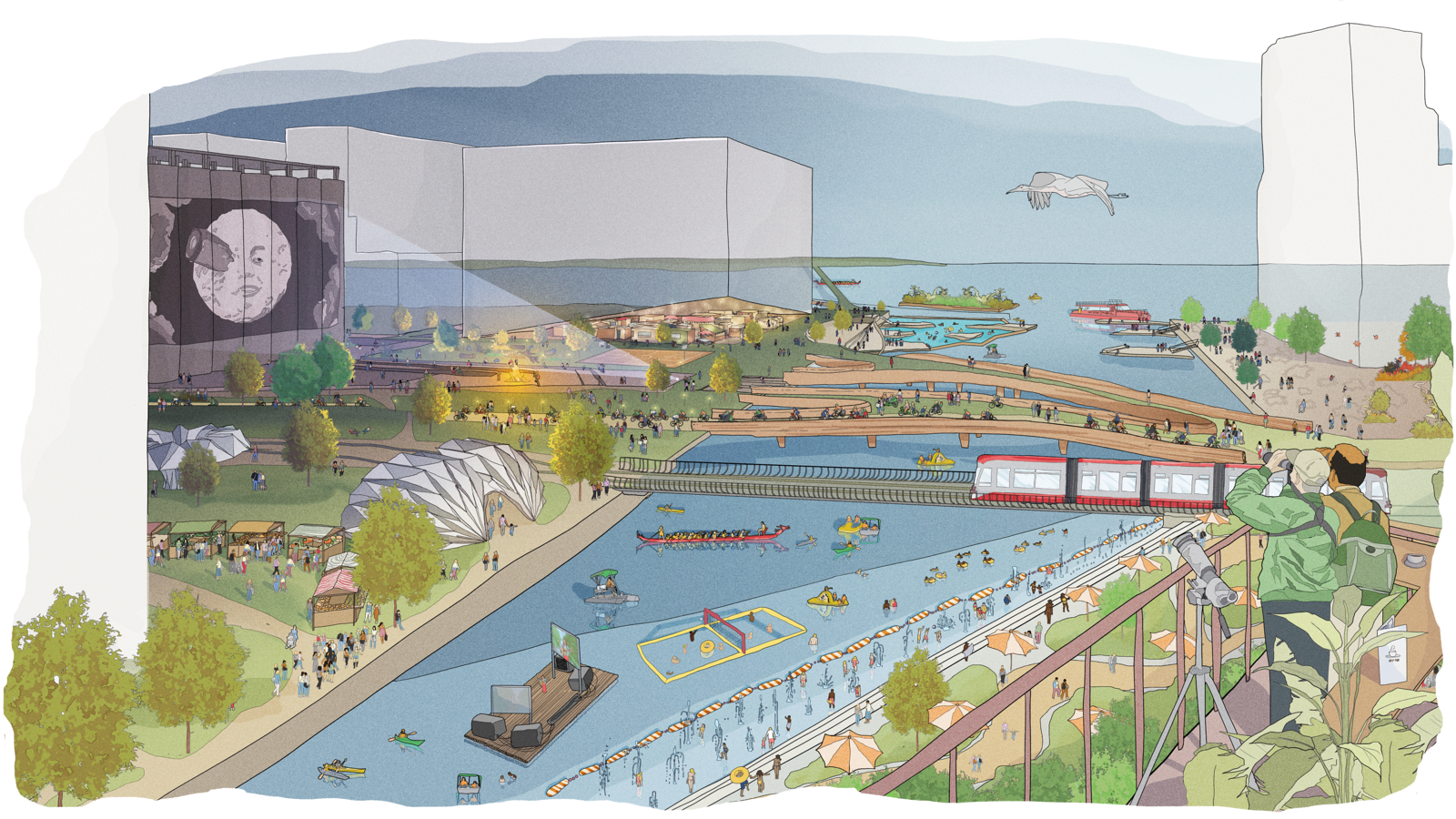
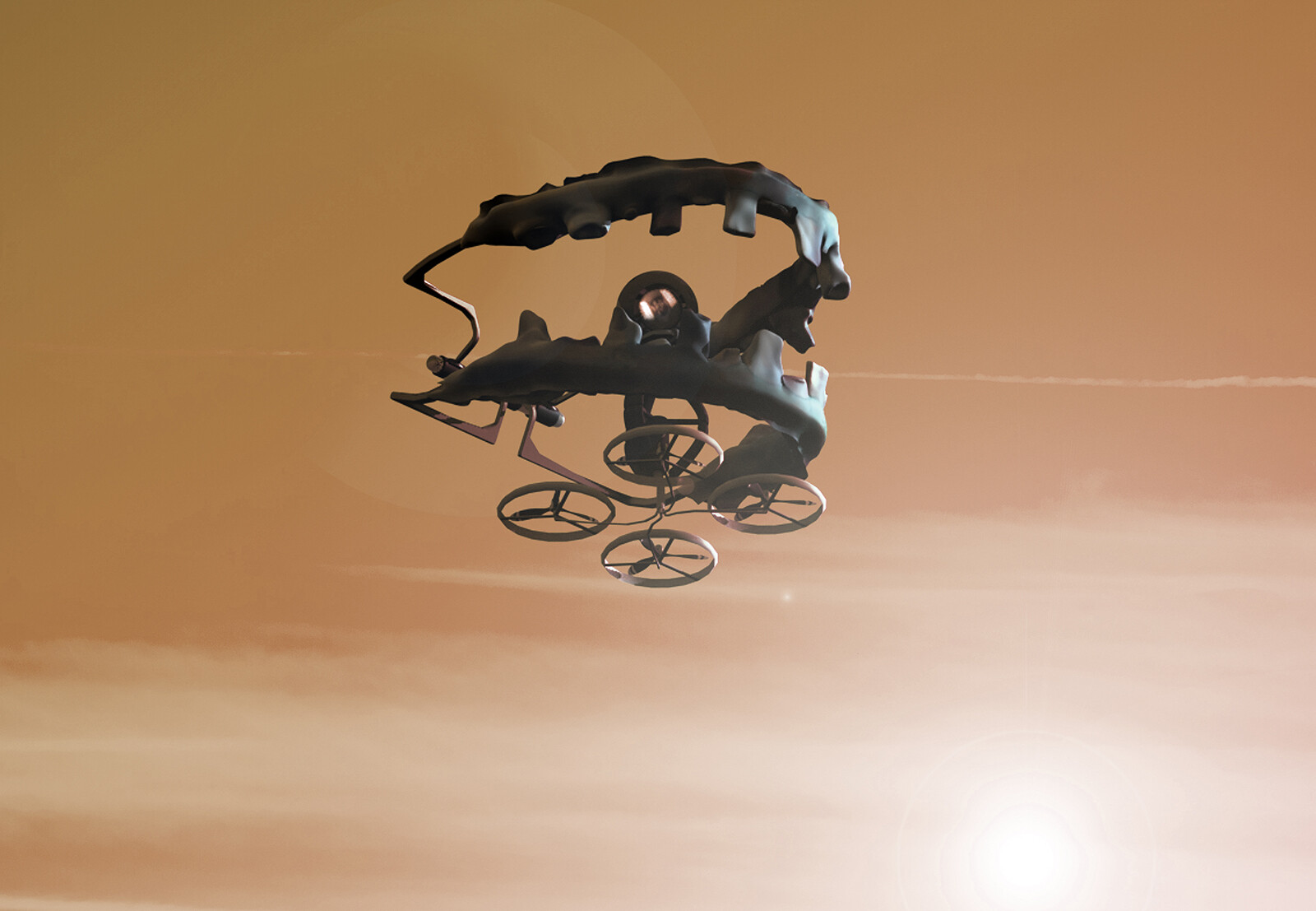
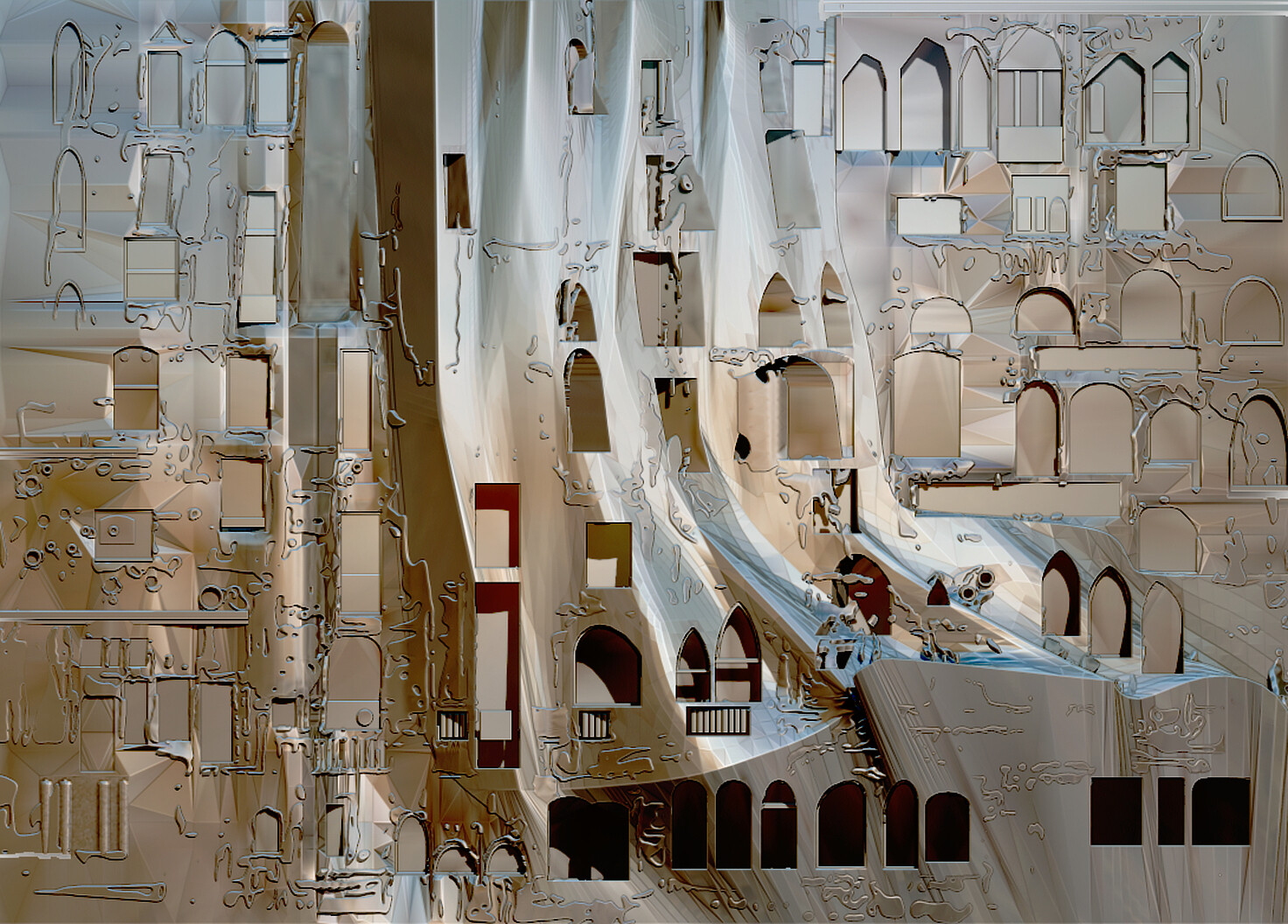
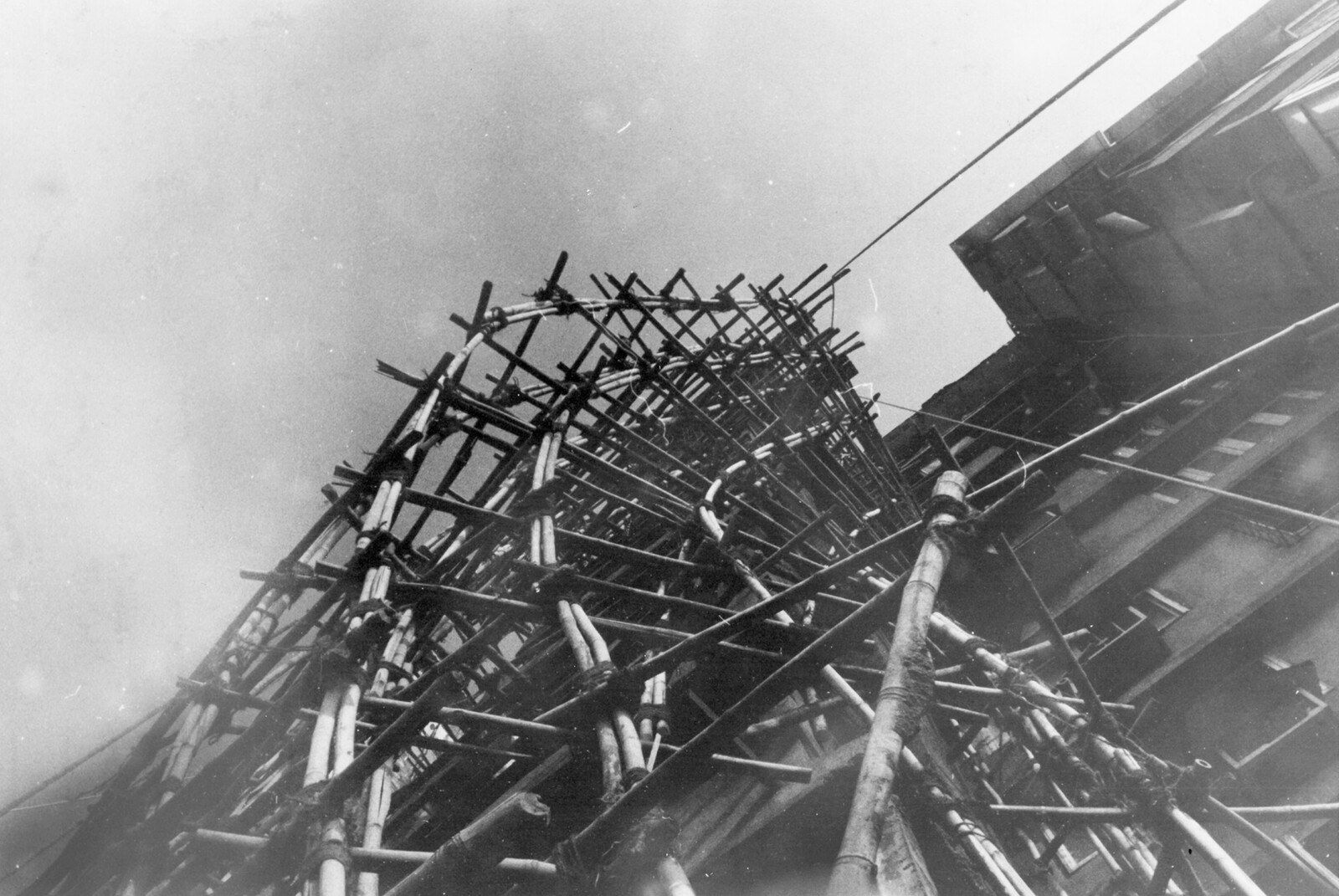
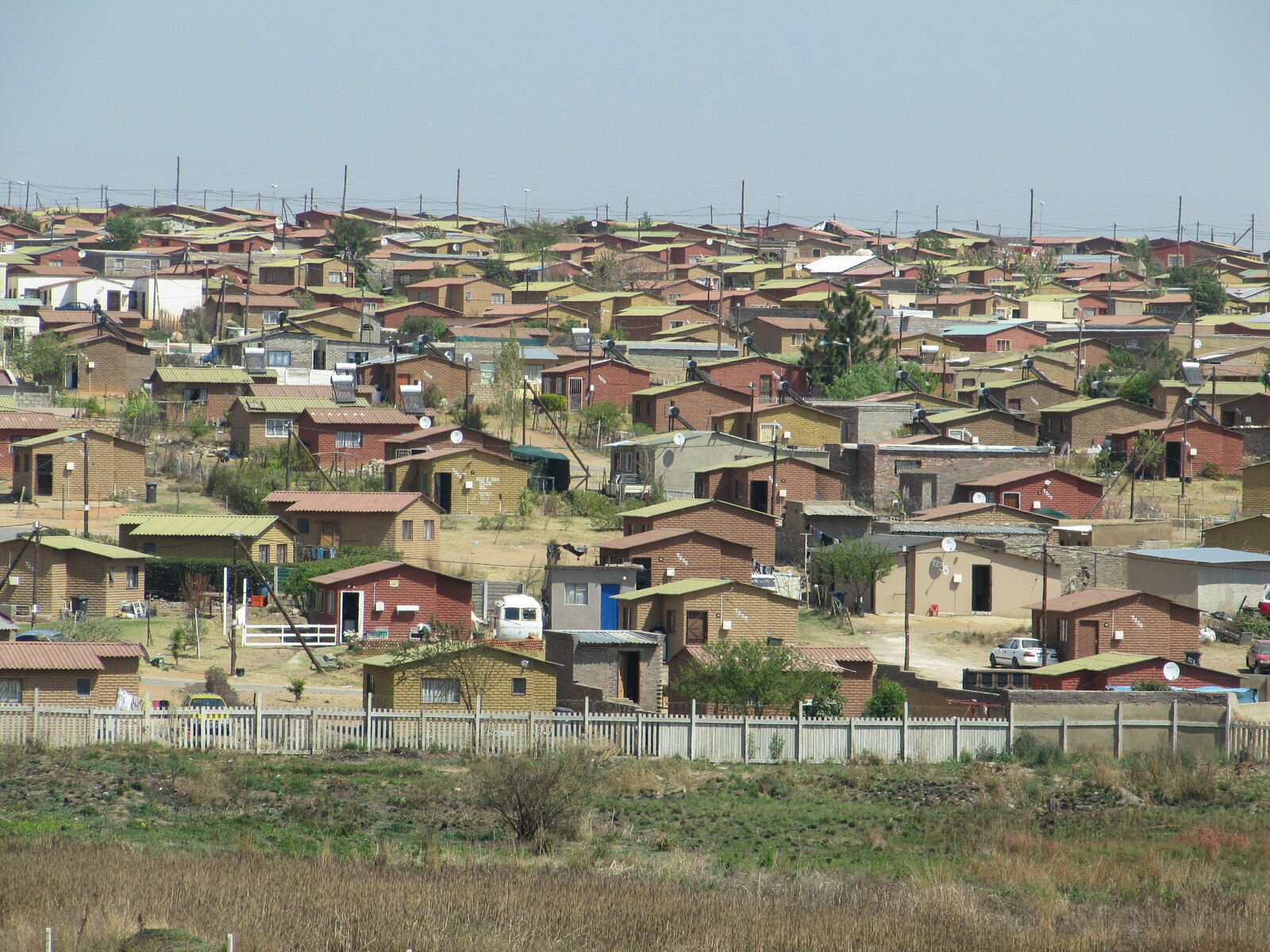
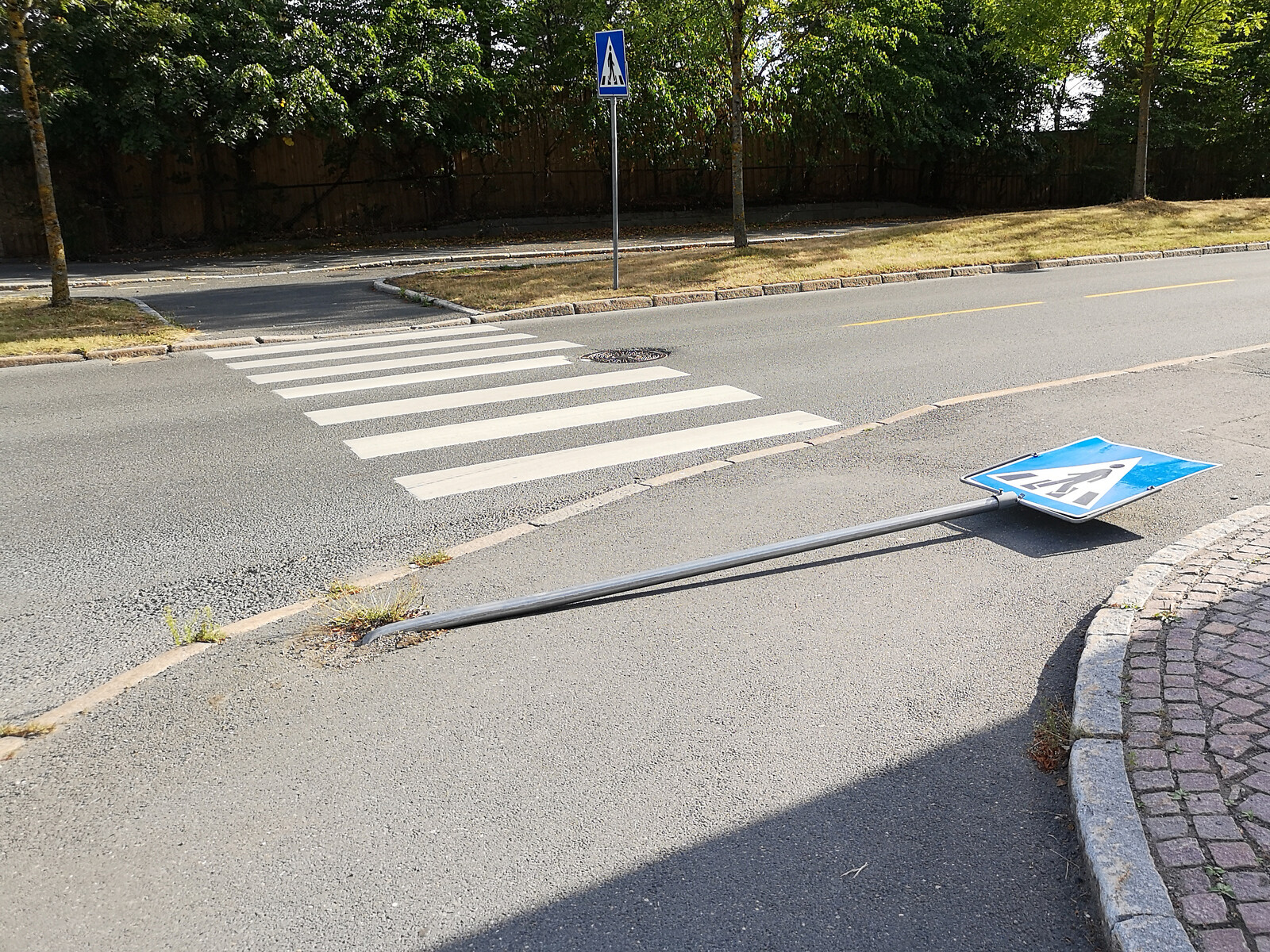
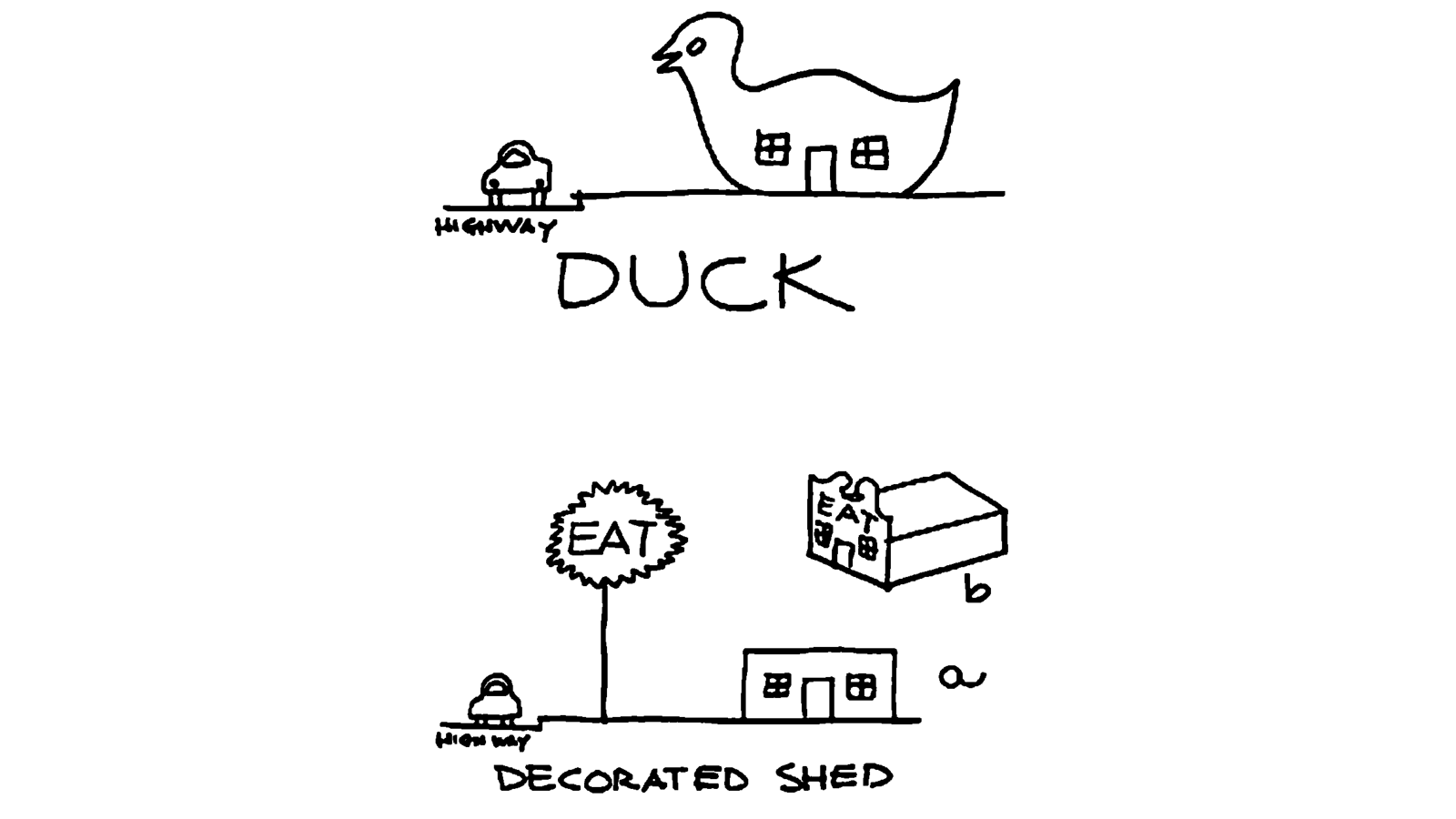
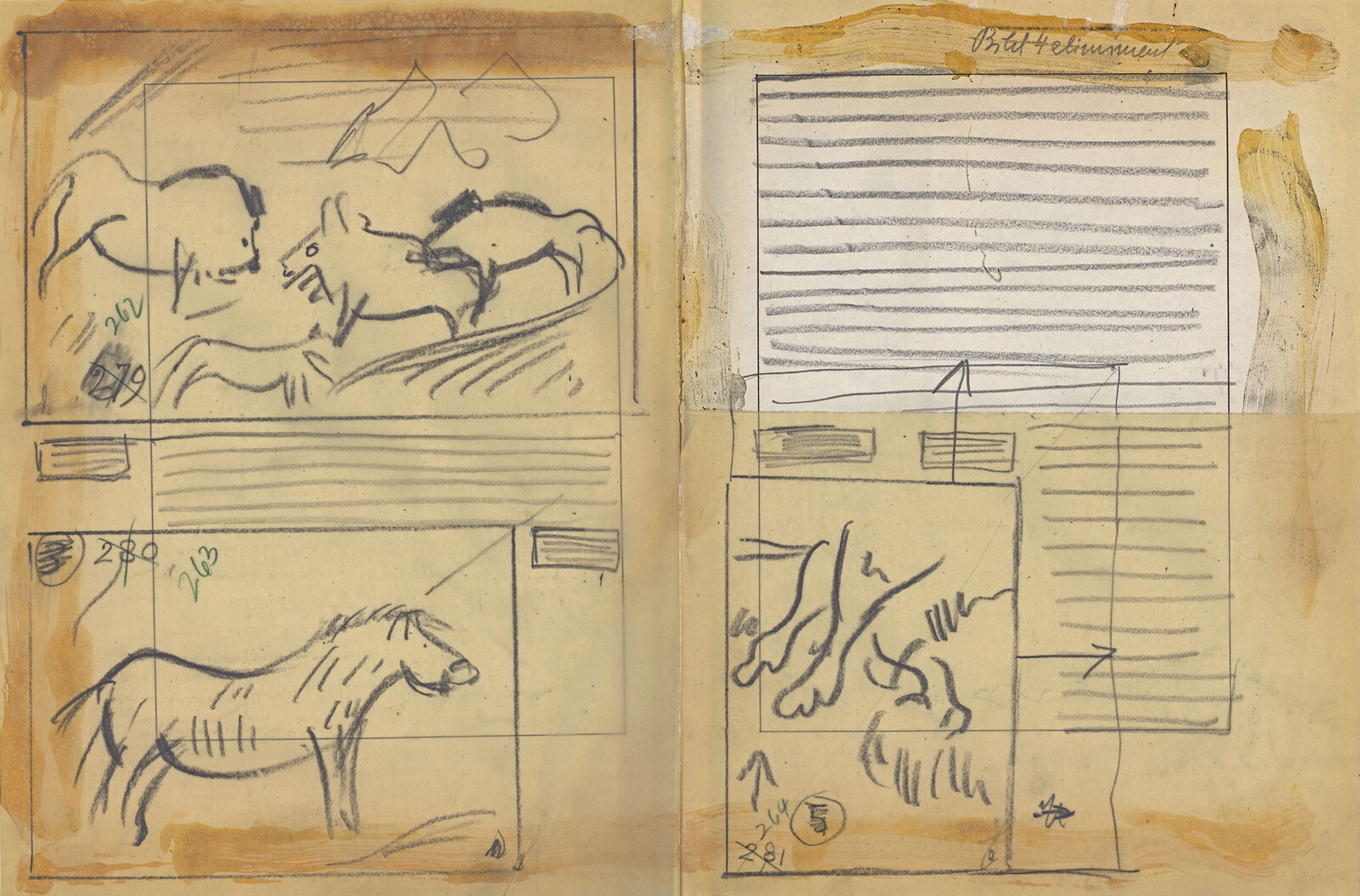
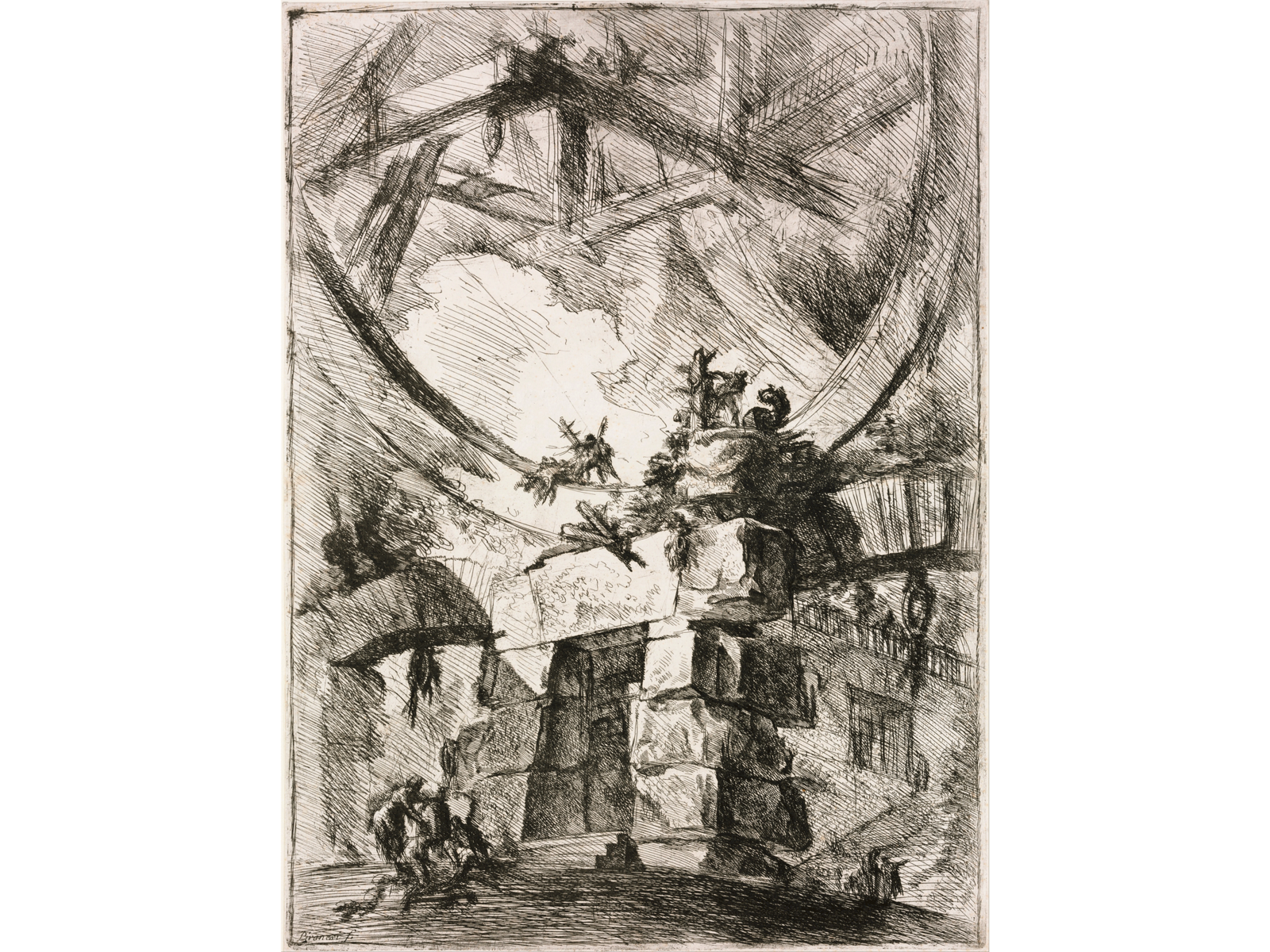
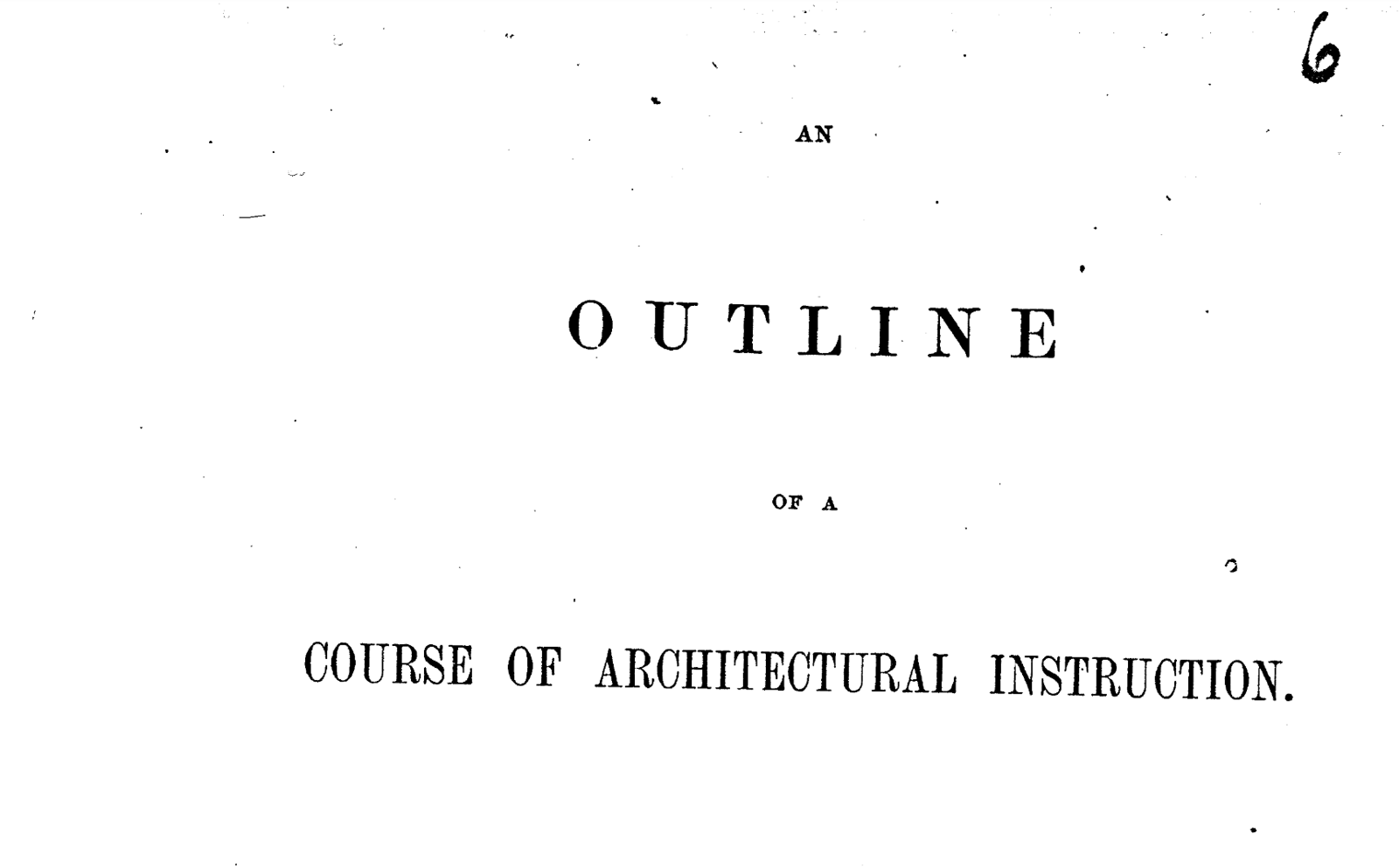
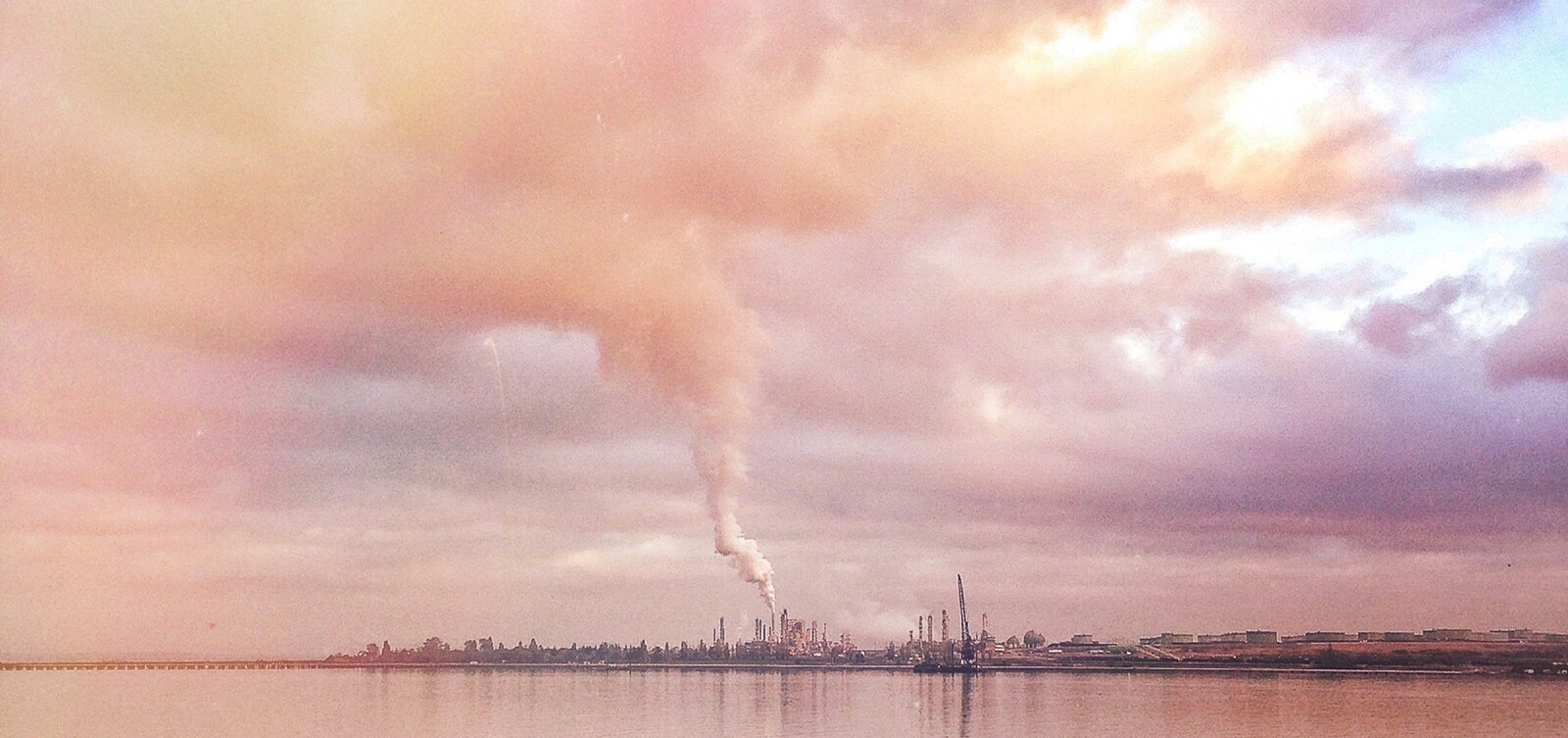
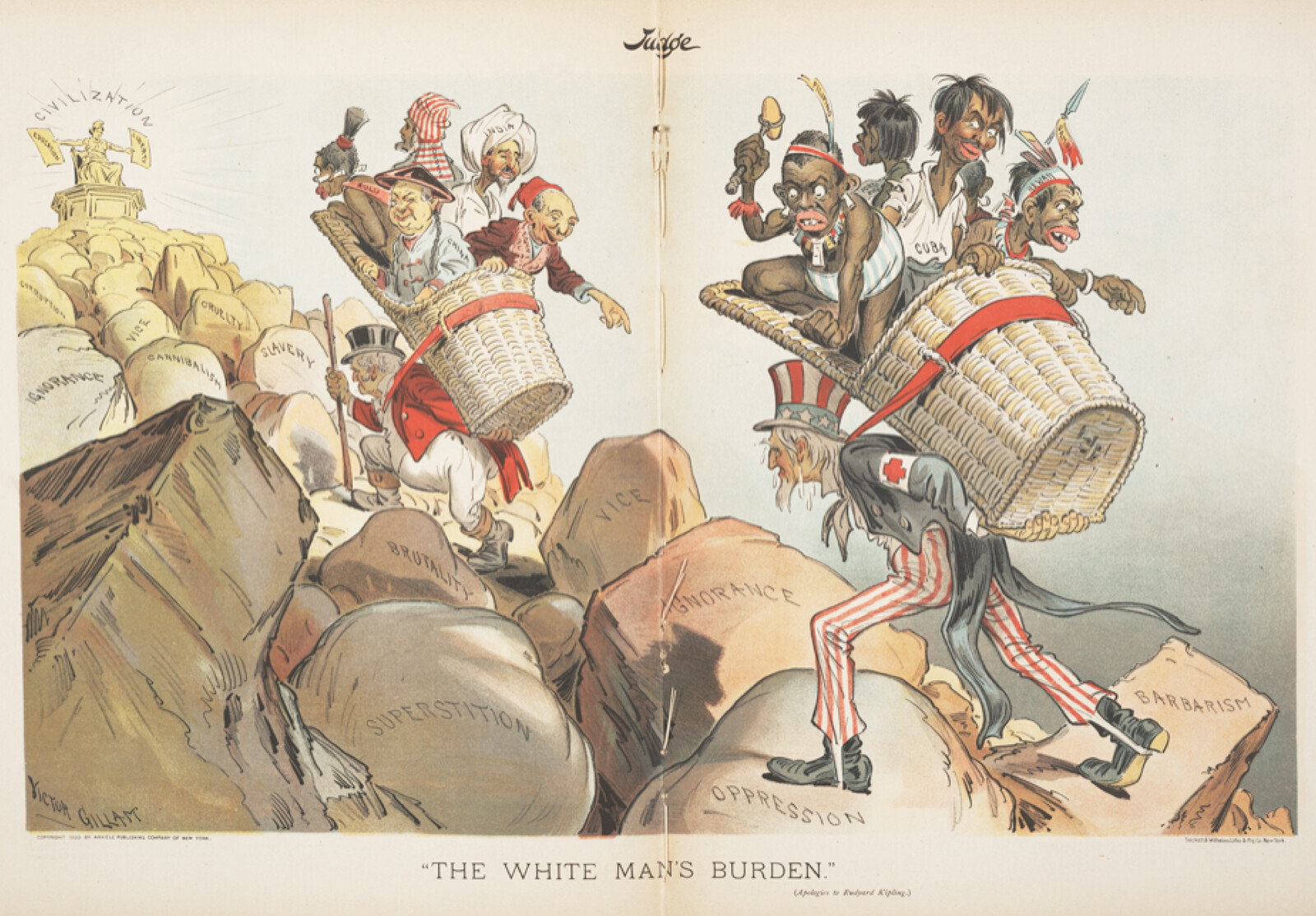
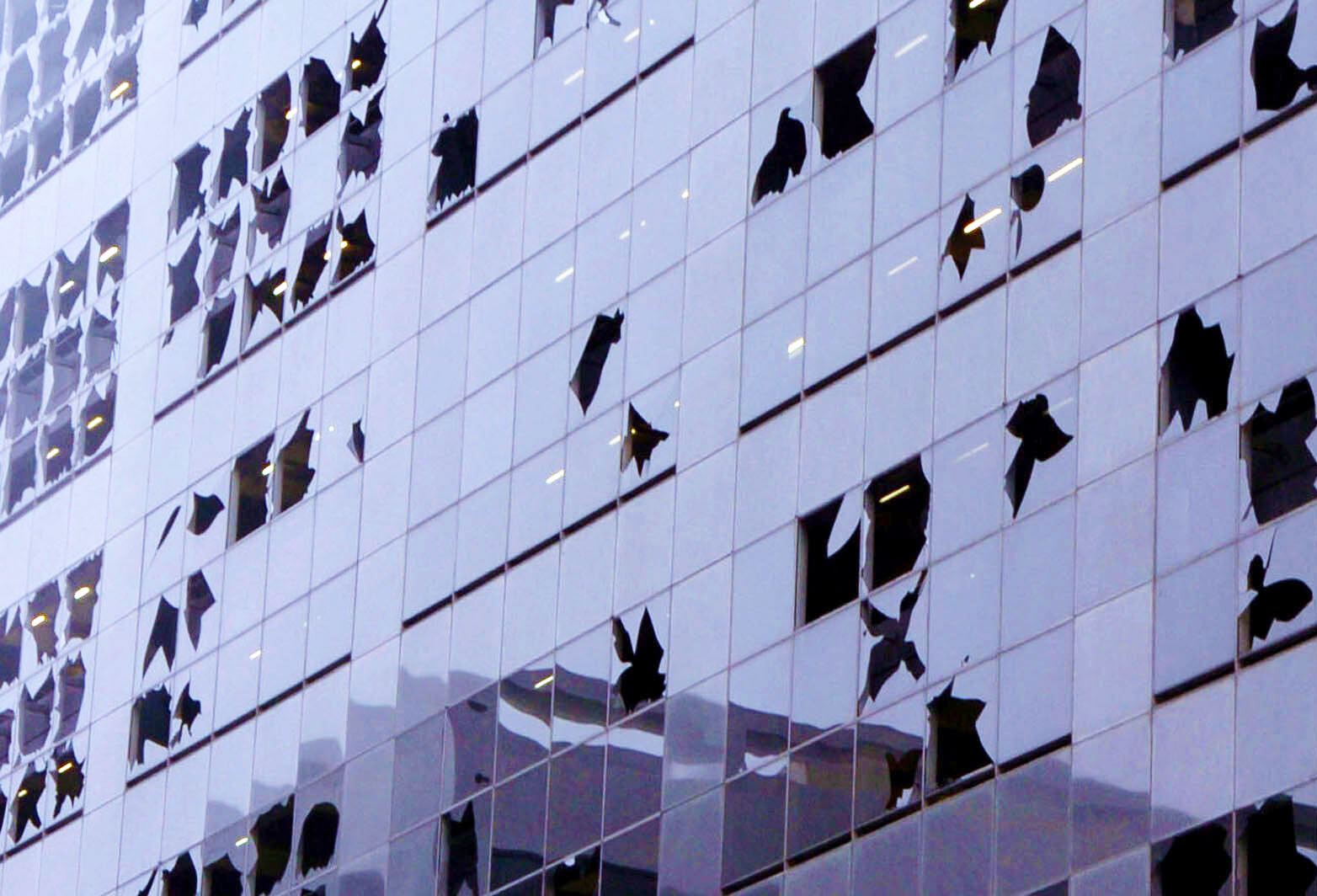
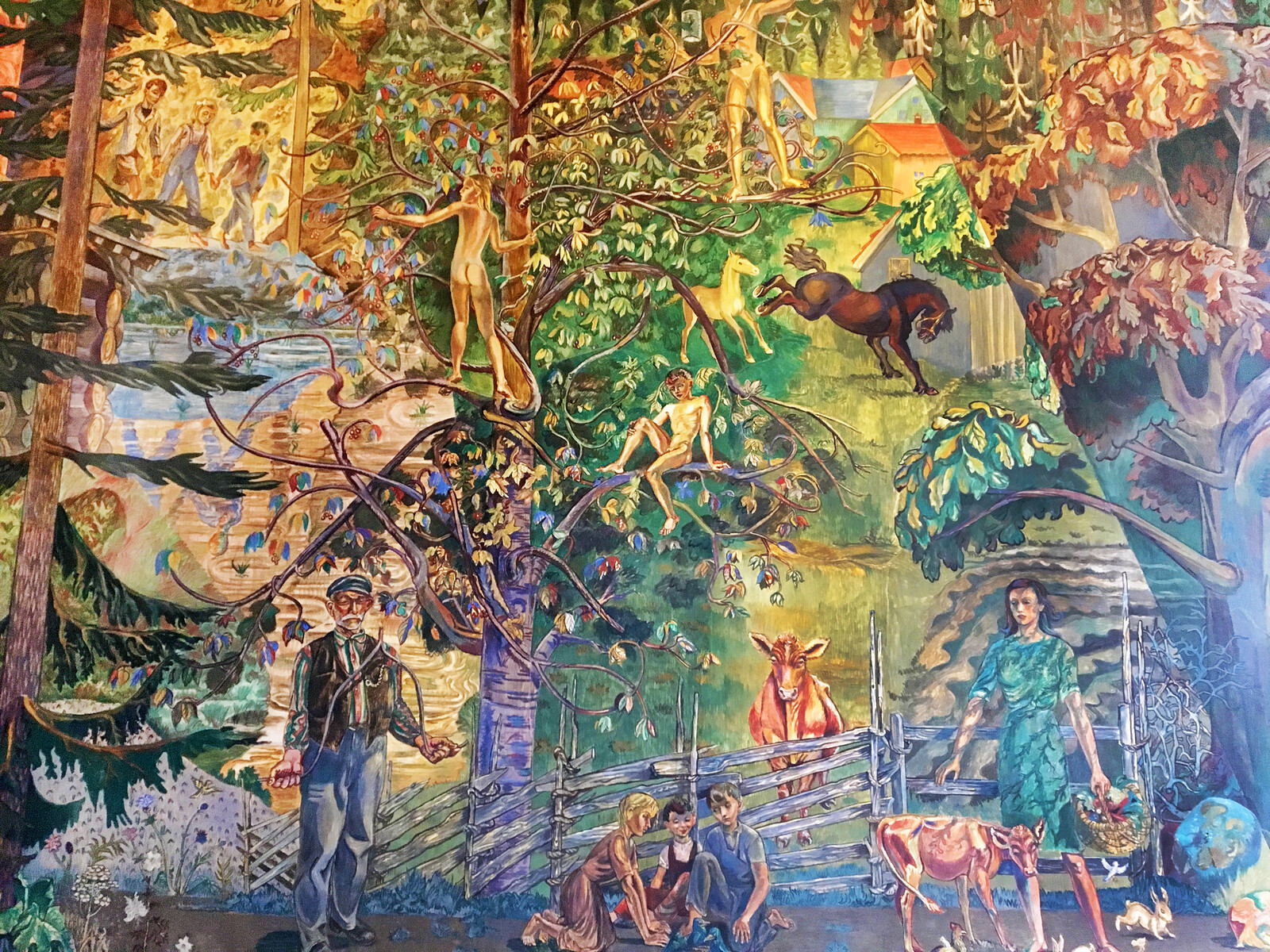
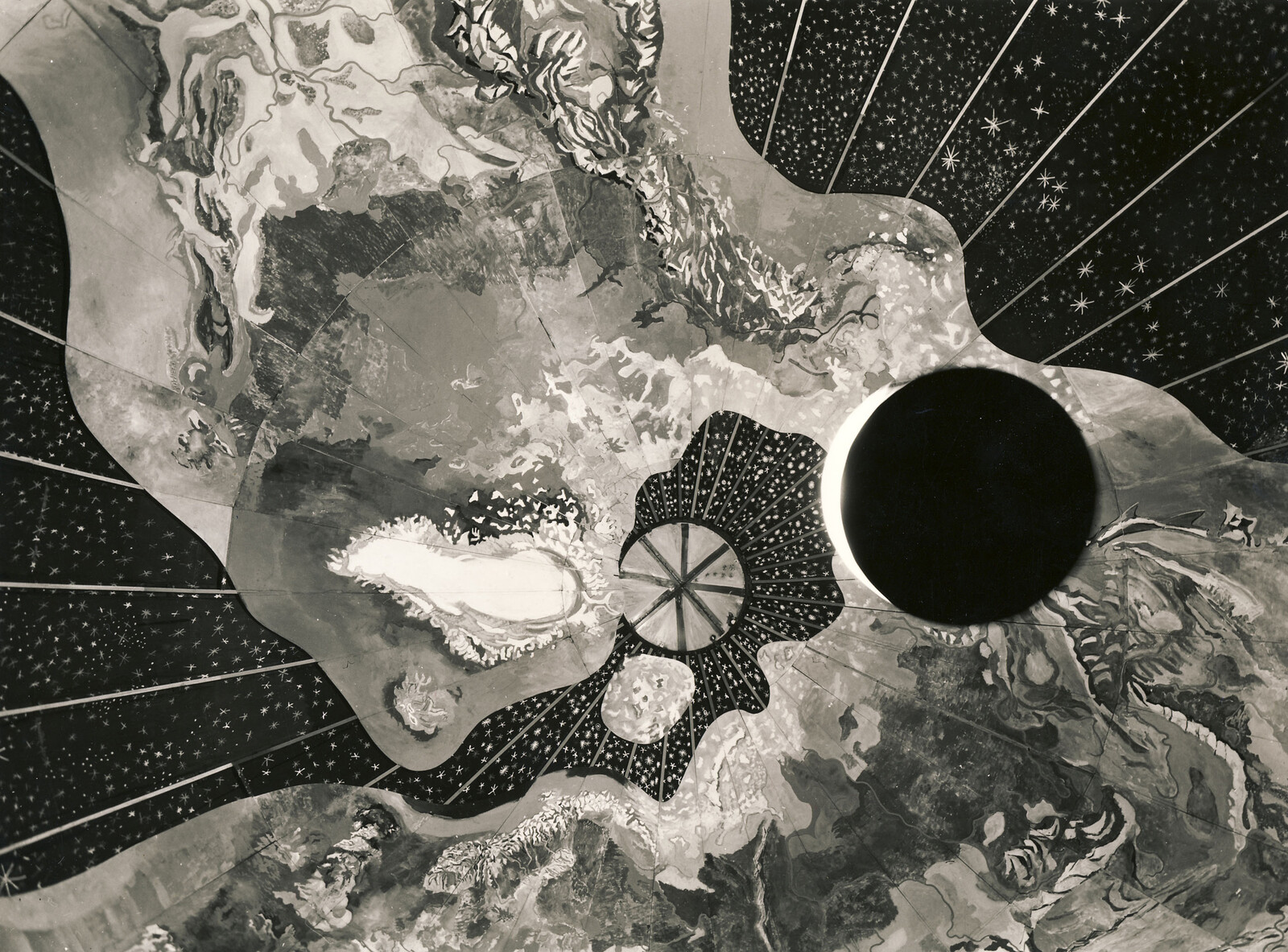
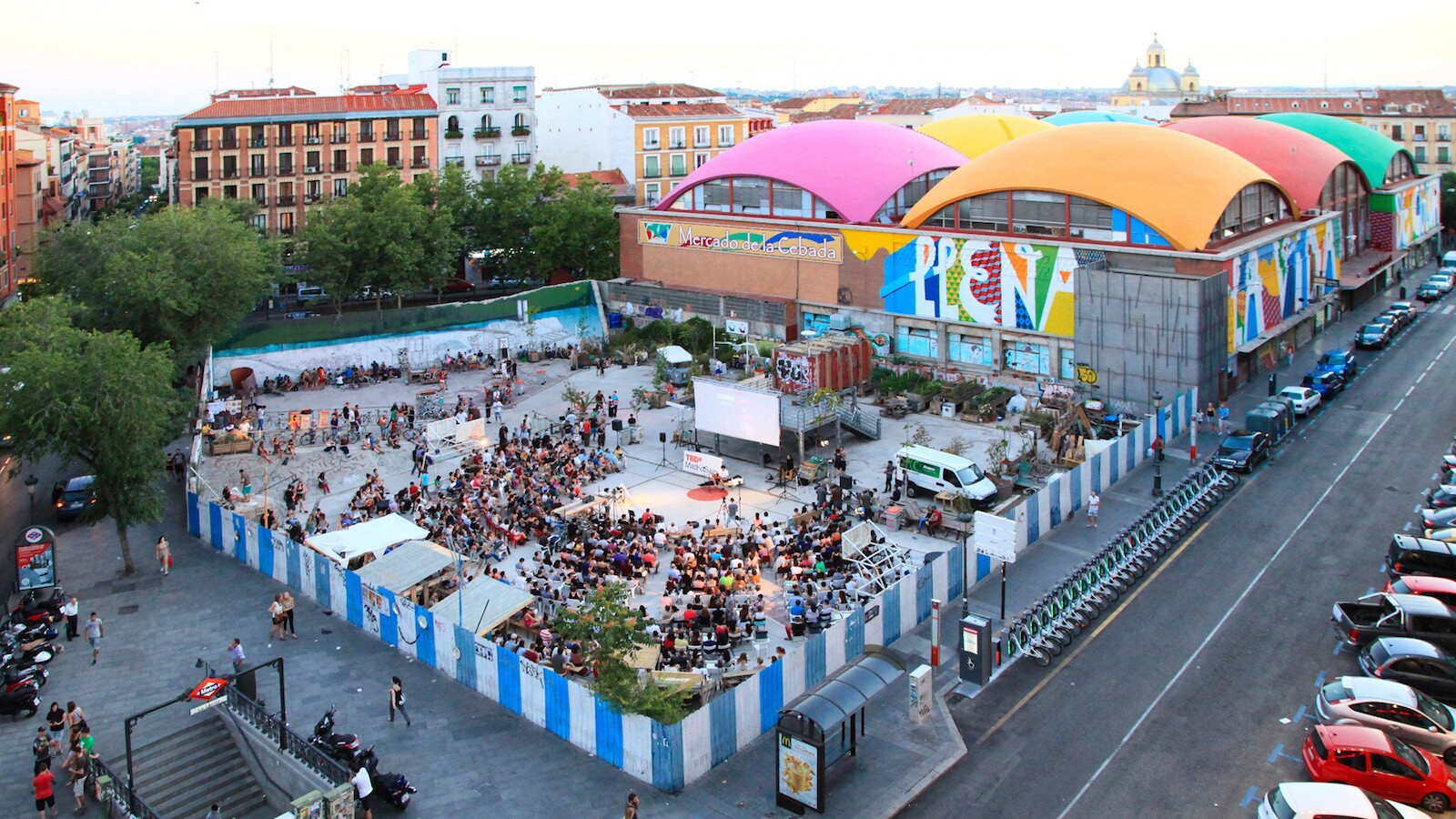
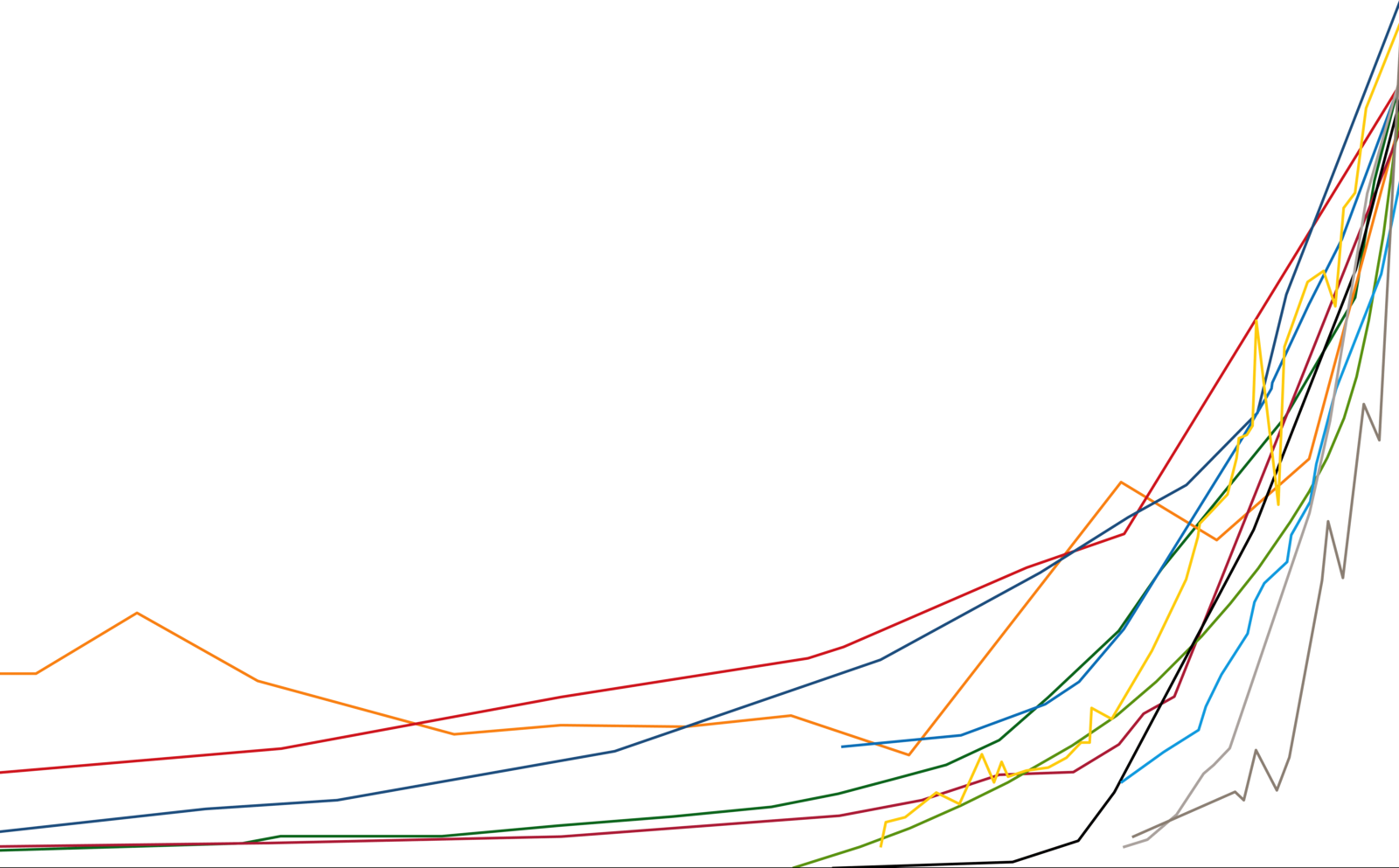
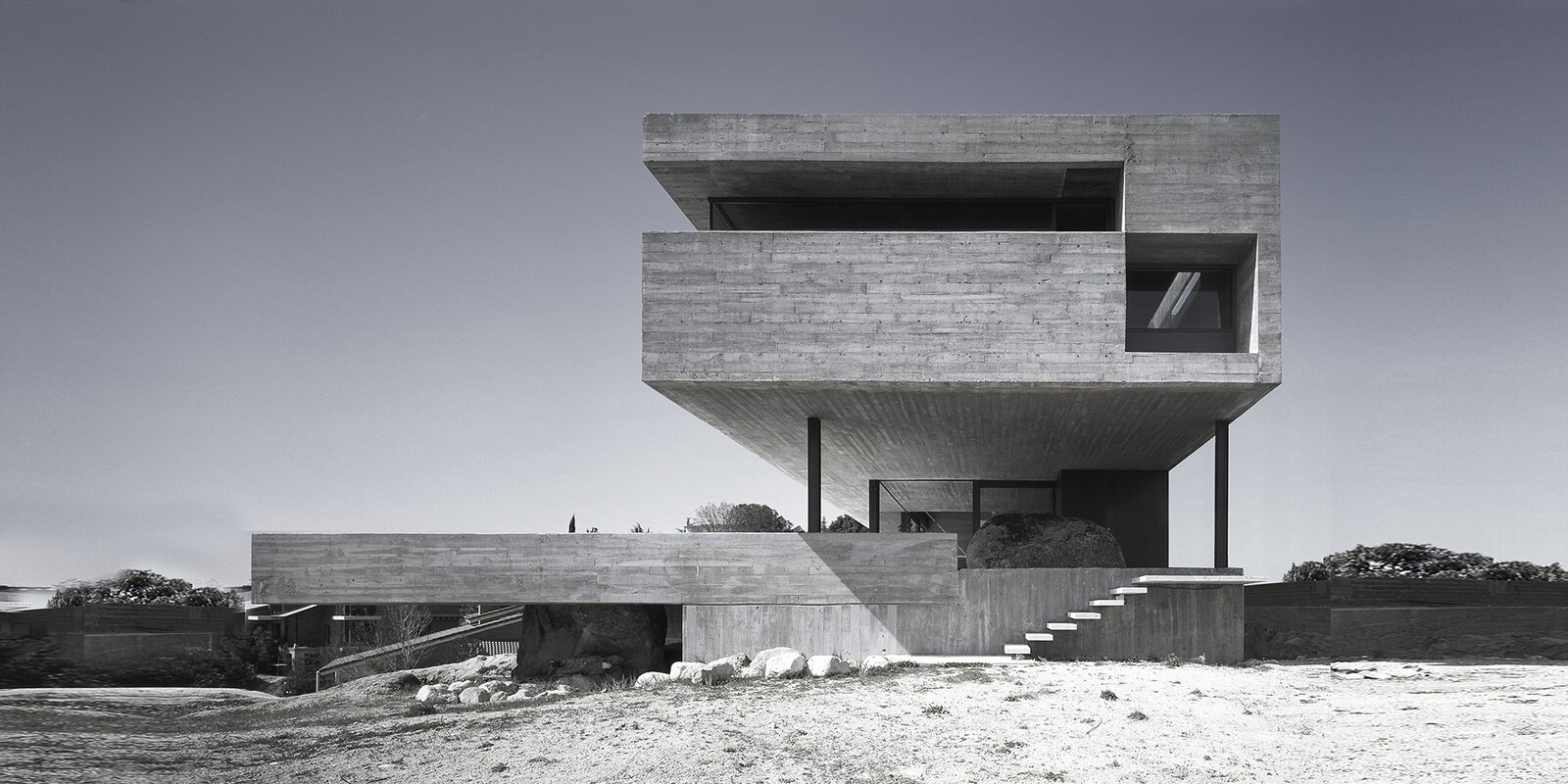
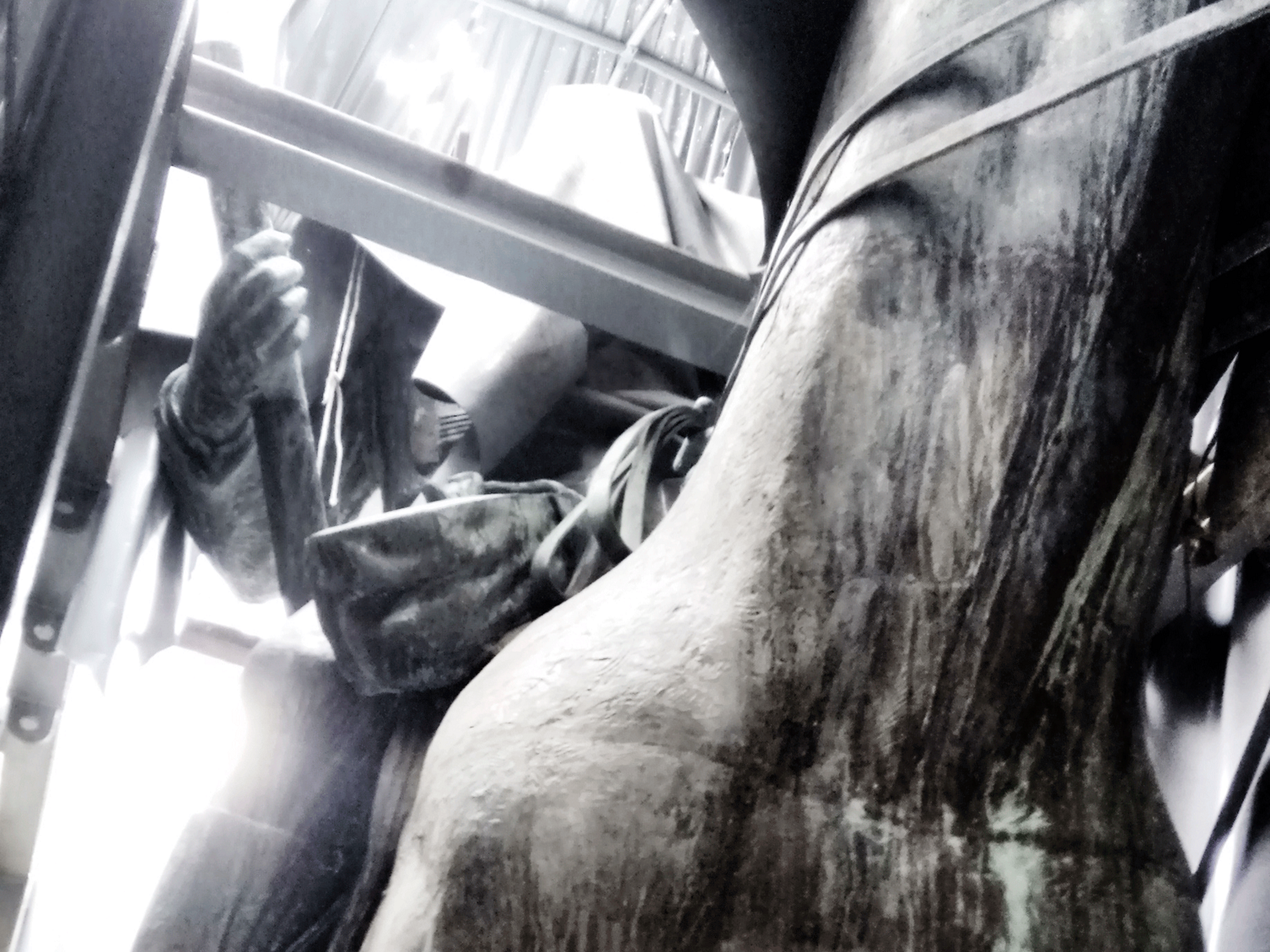
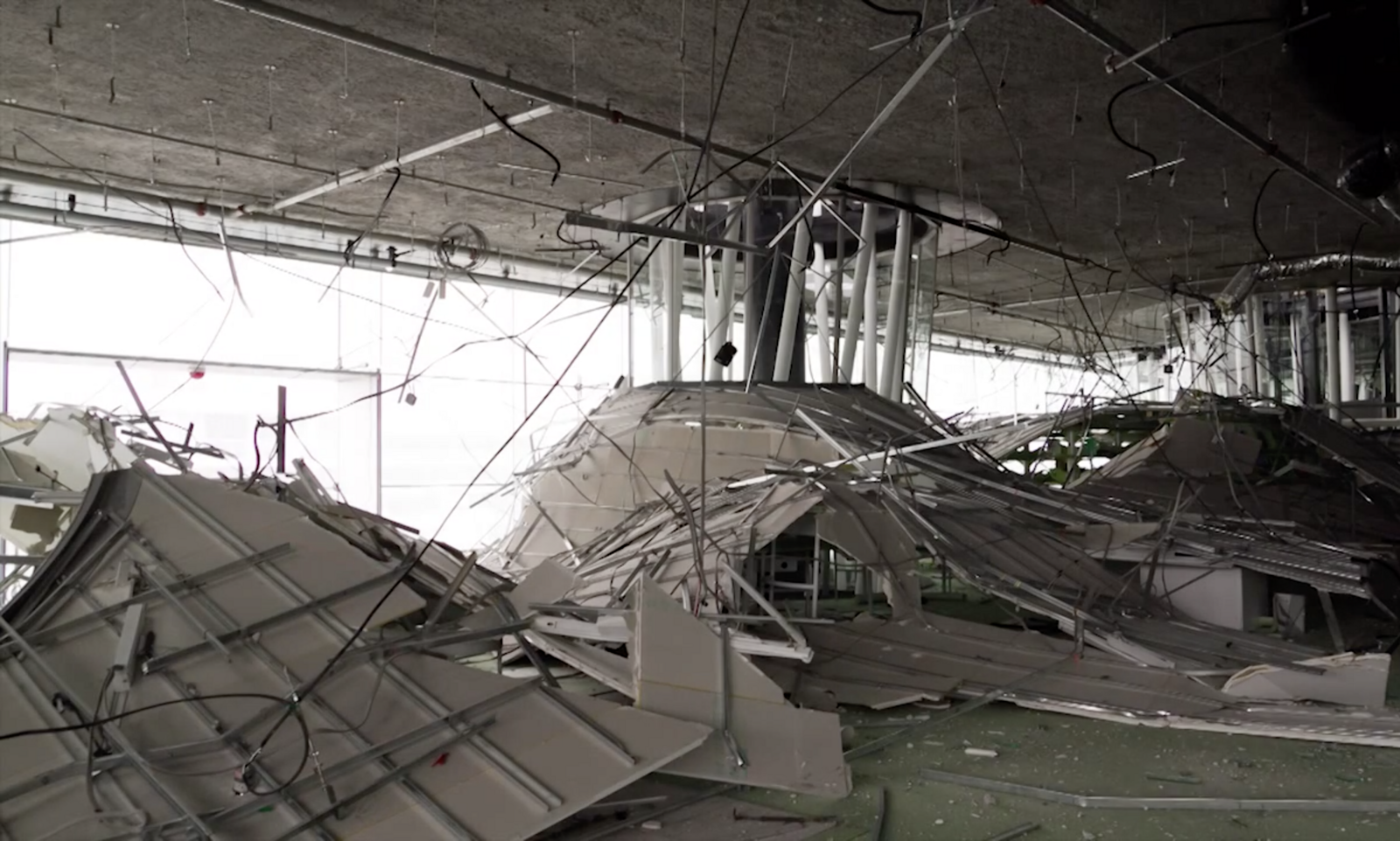
.jpg,1600)
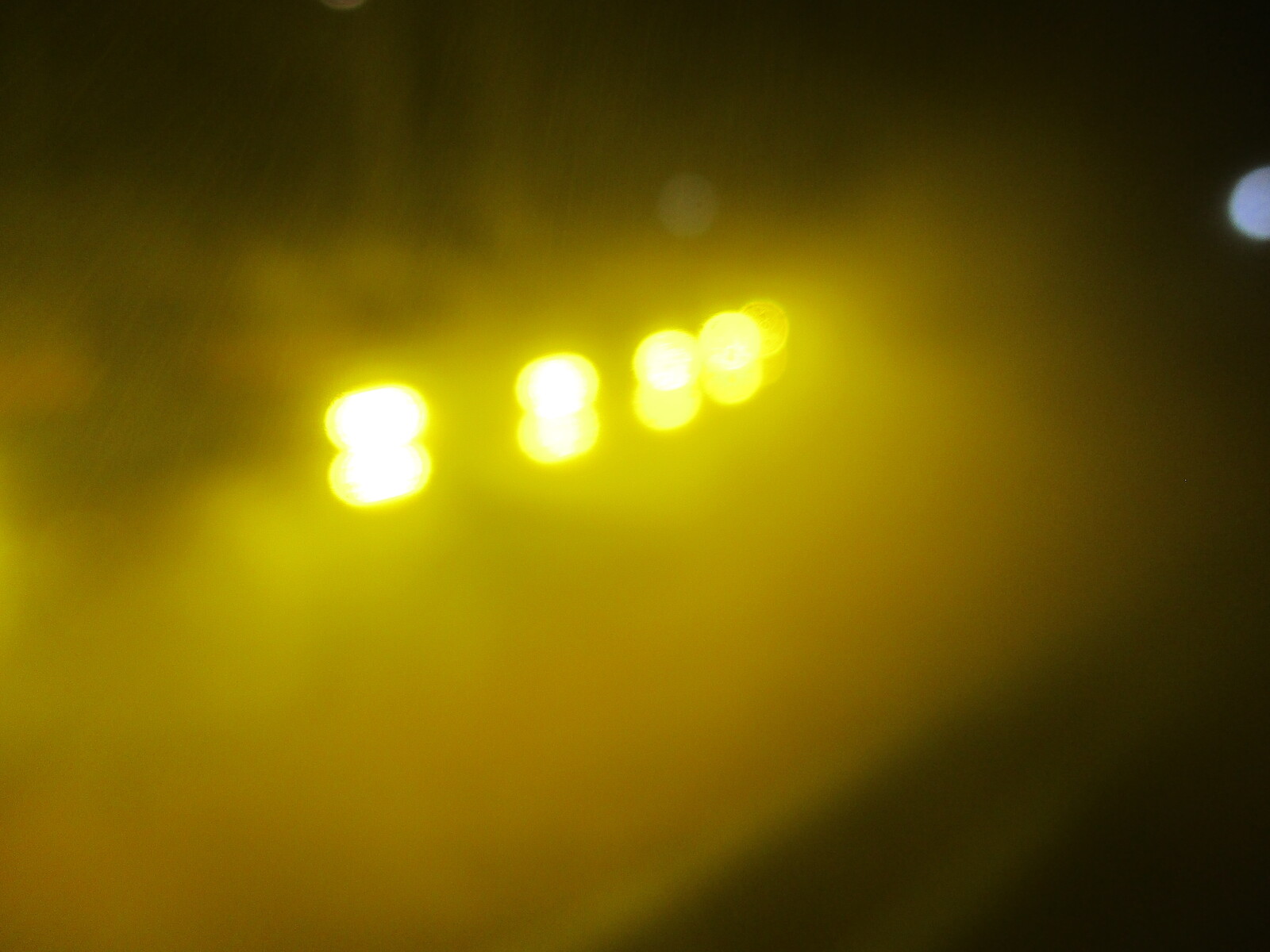
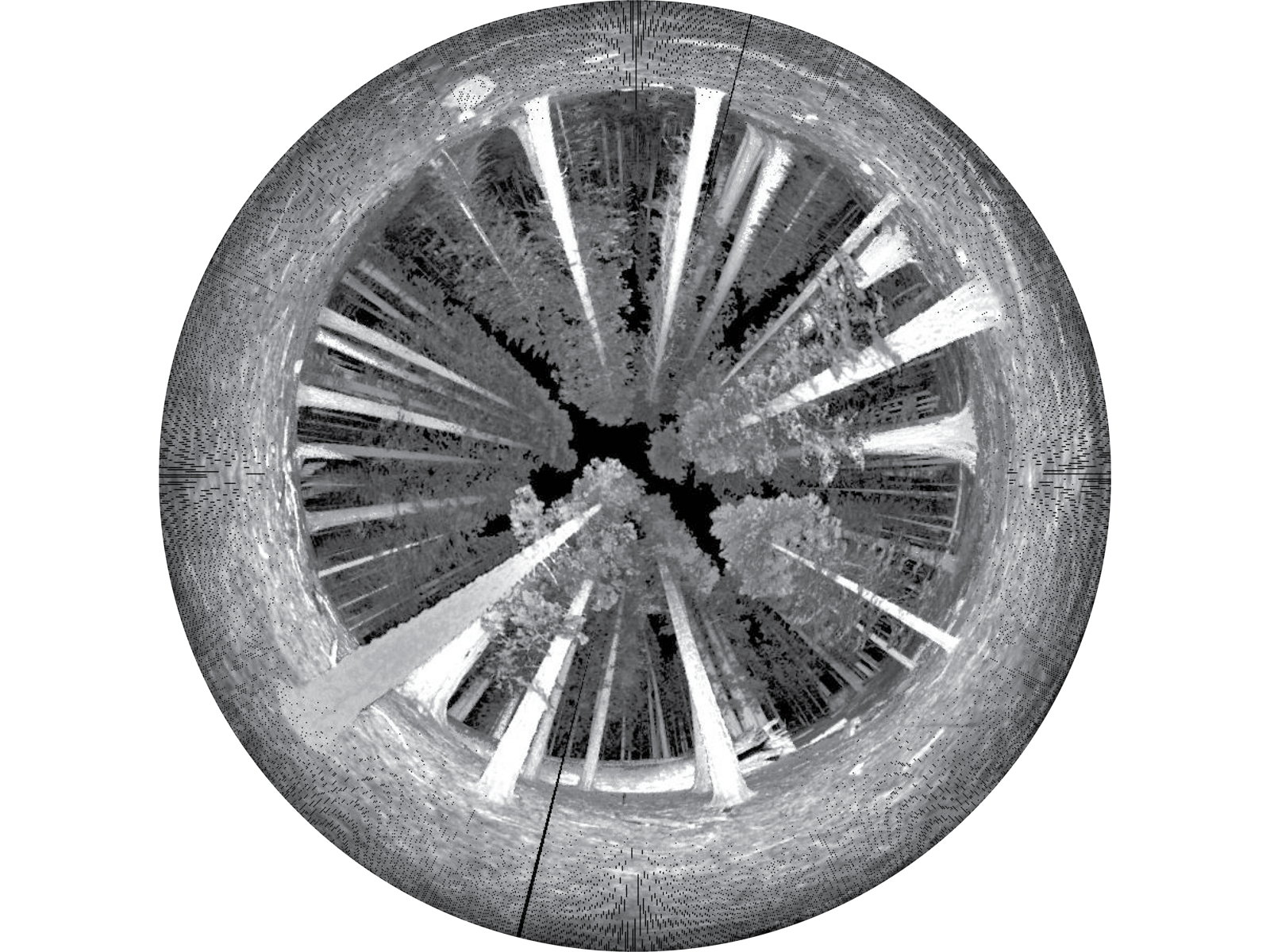

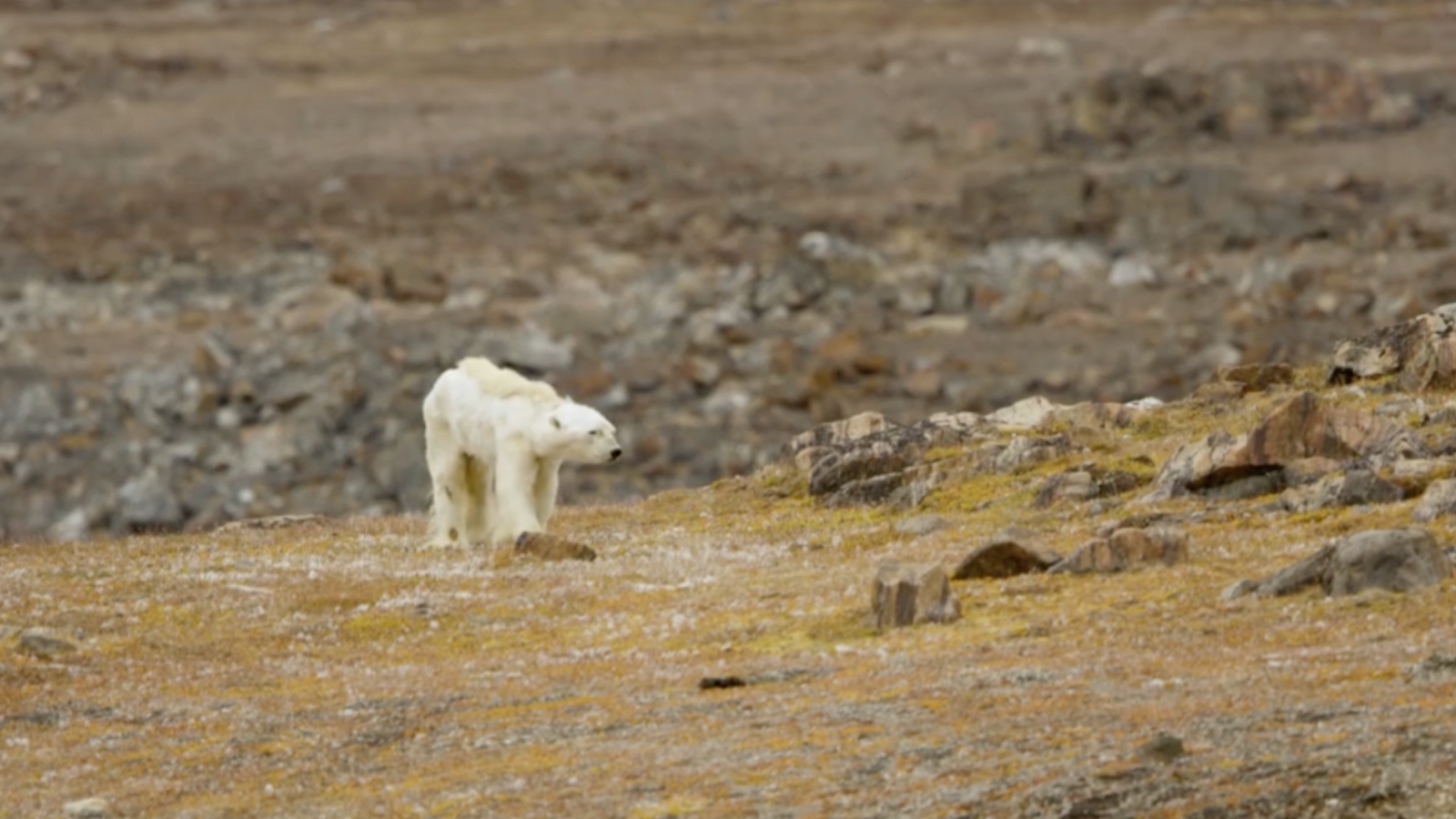
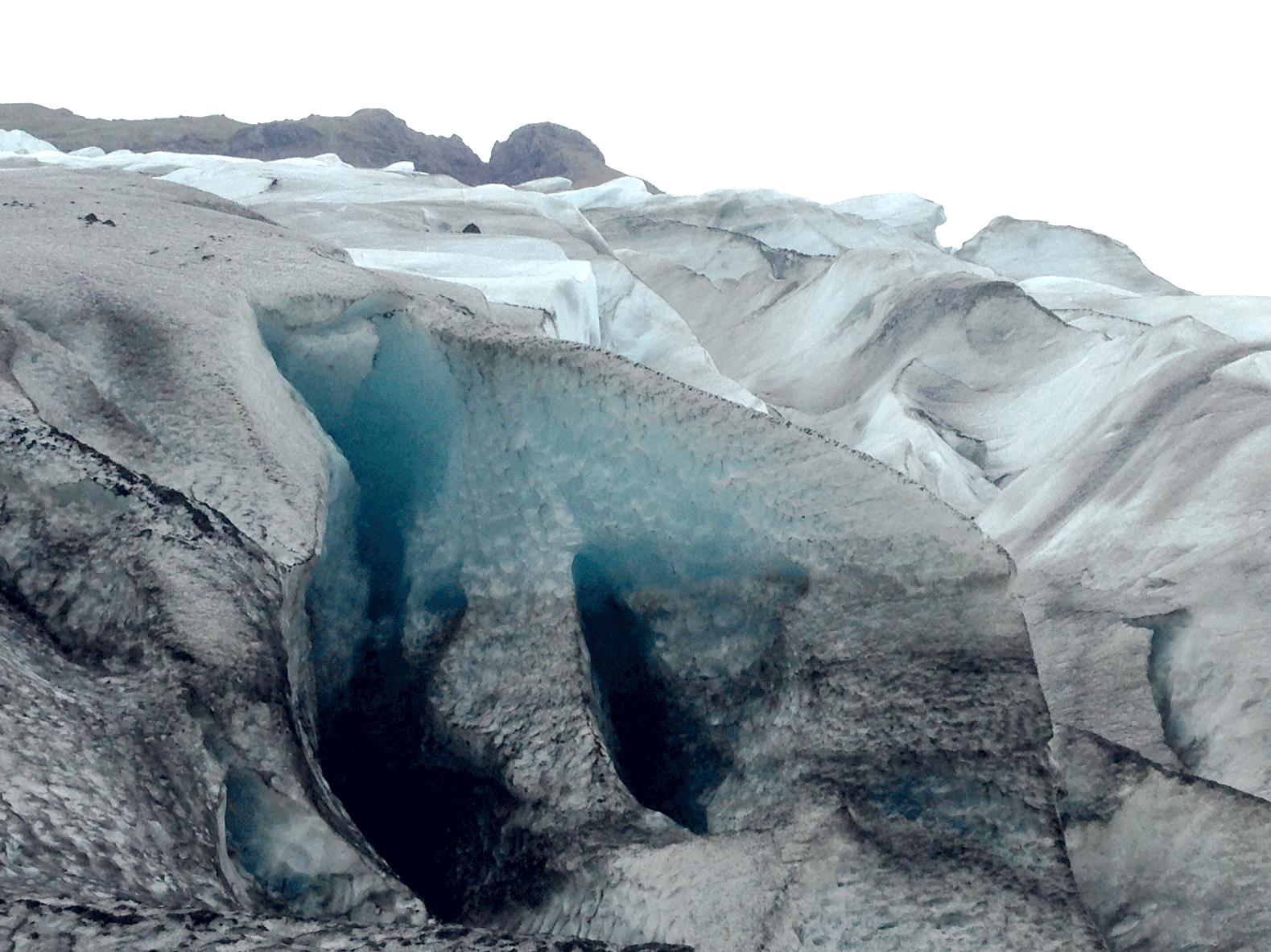
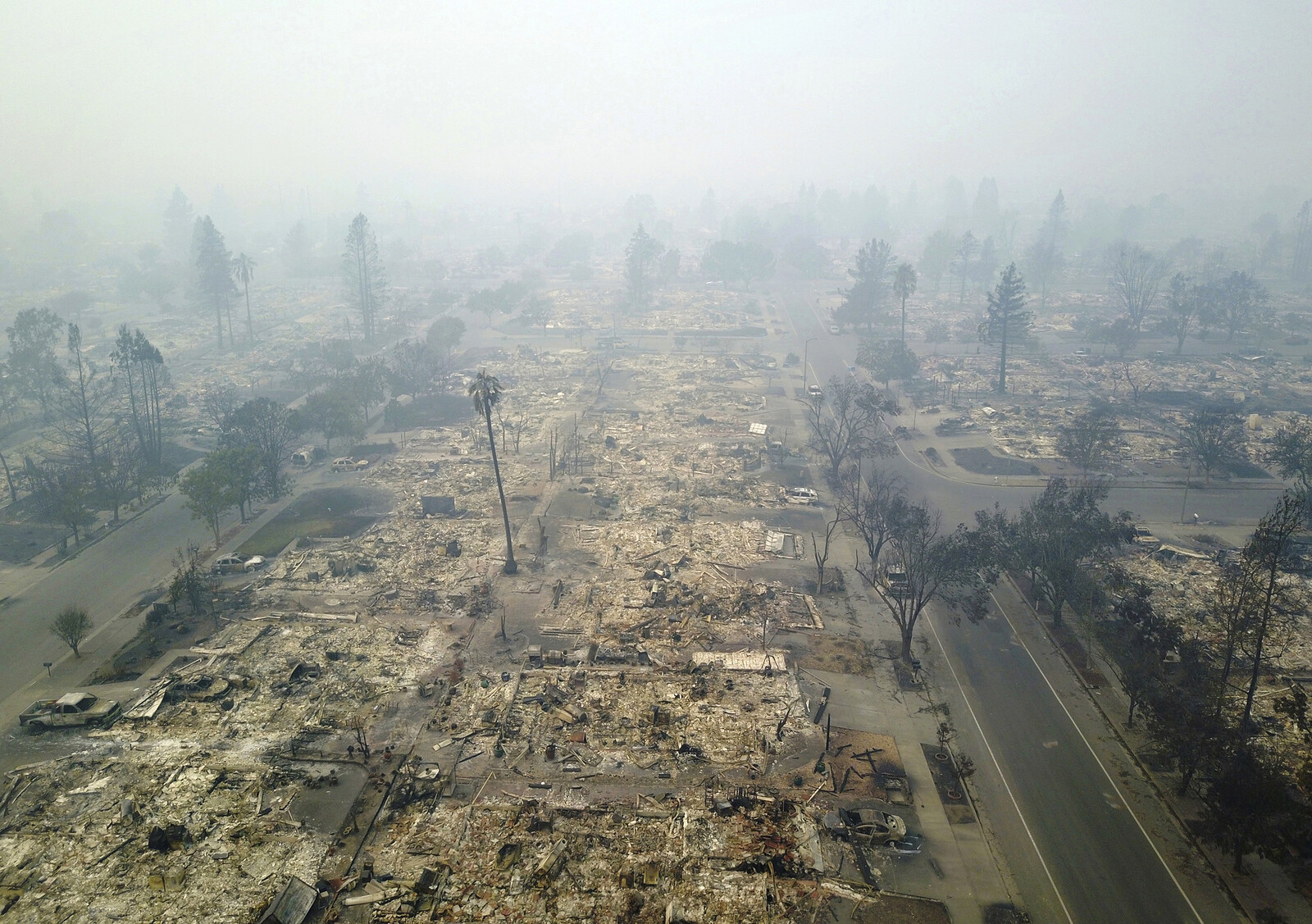
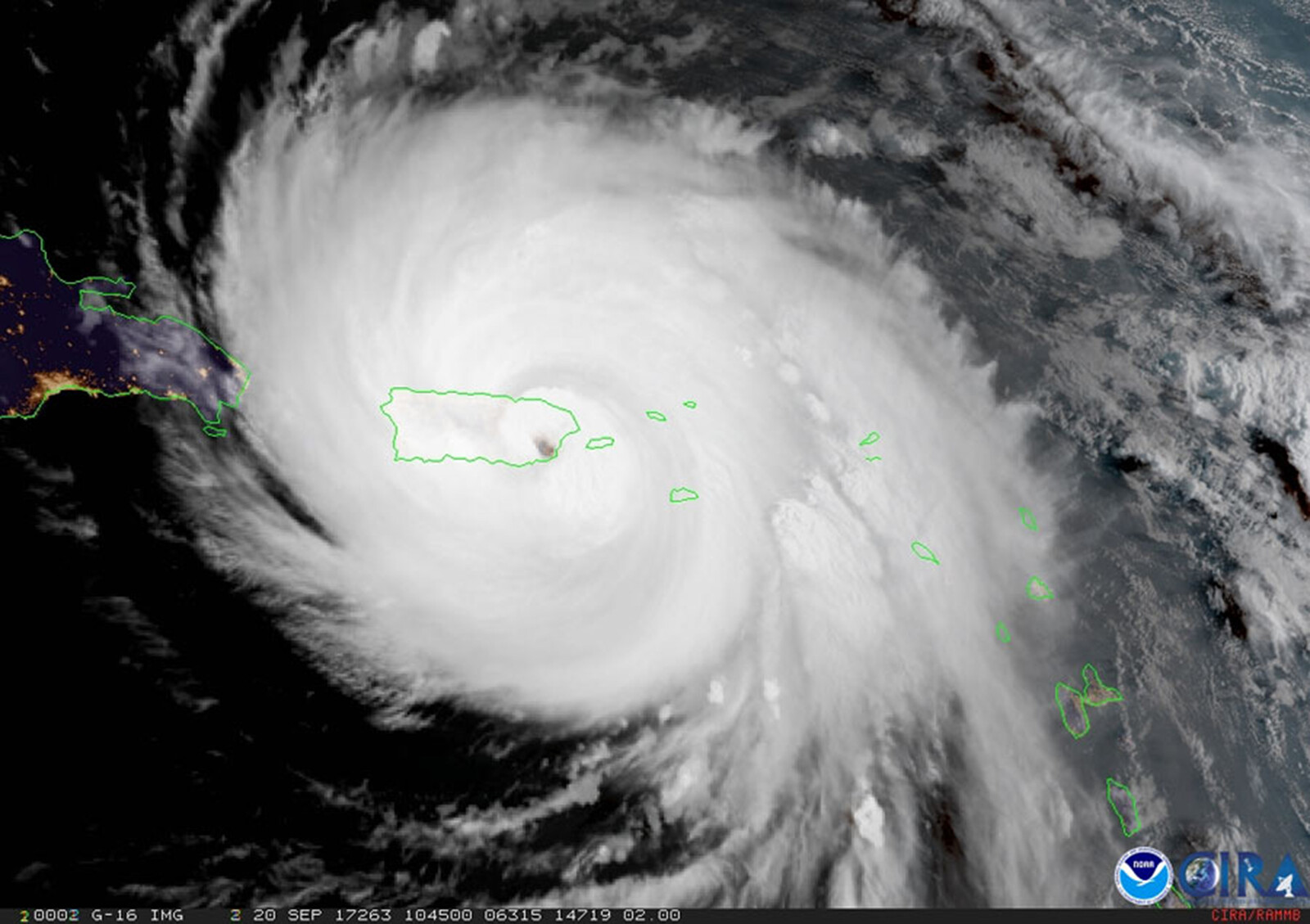
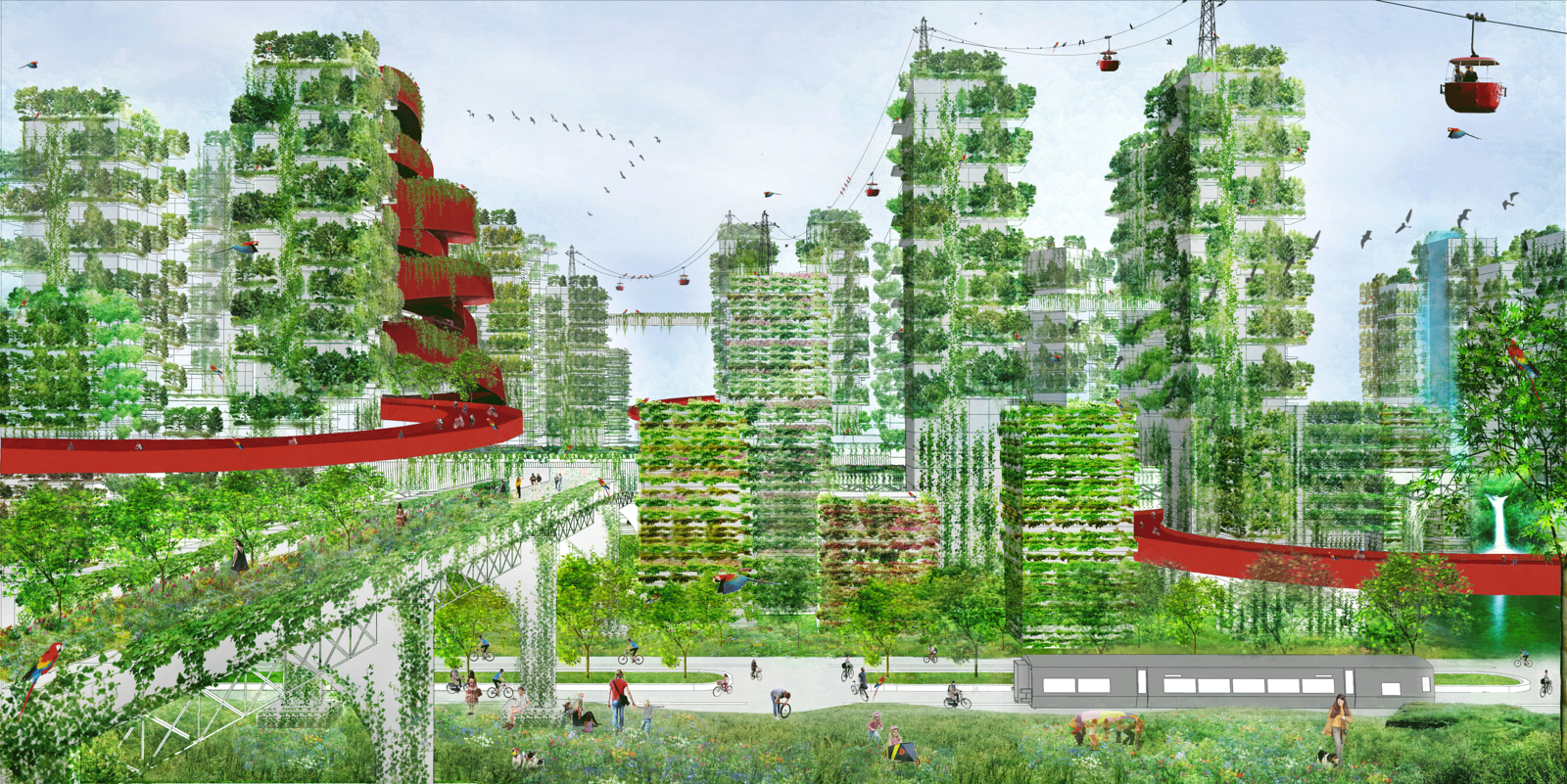
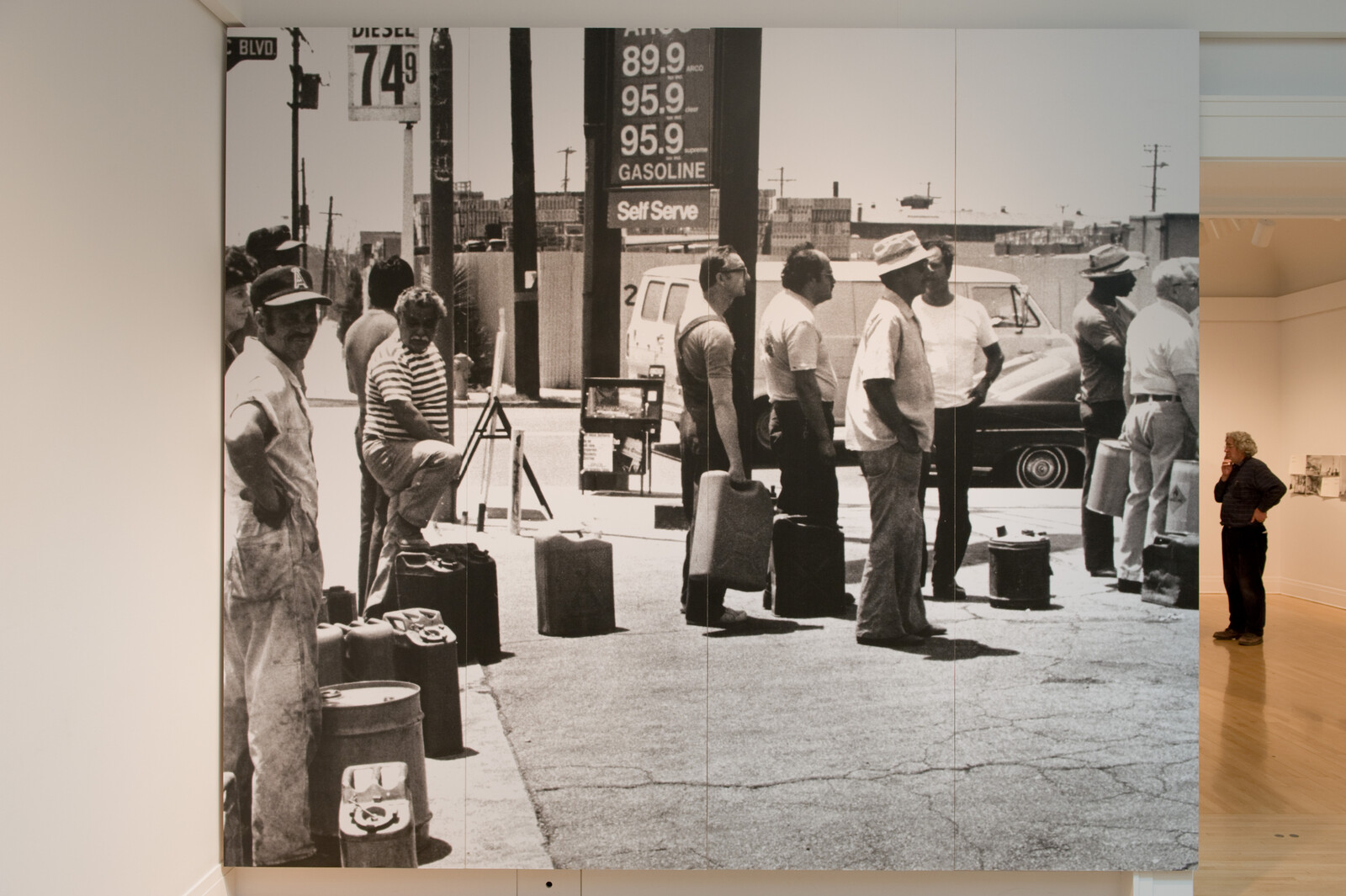
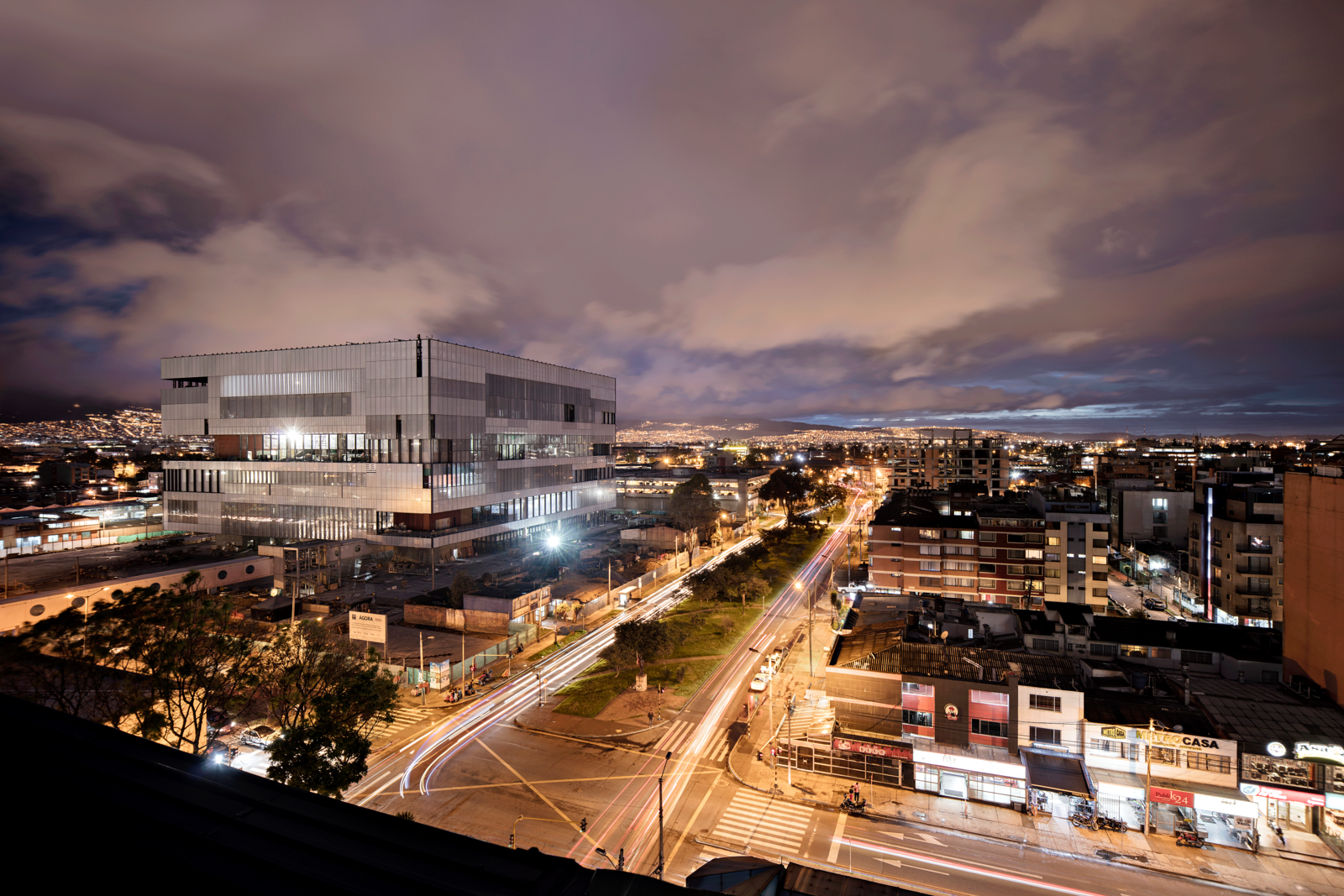
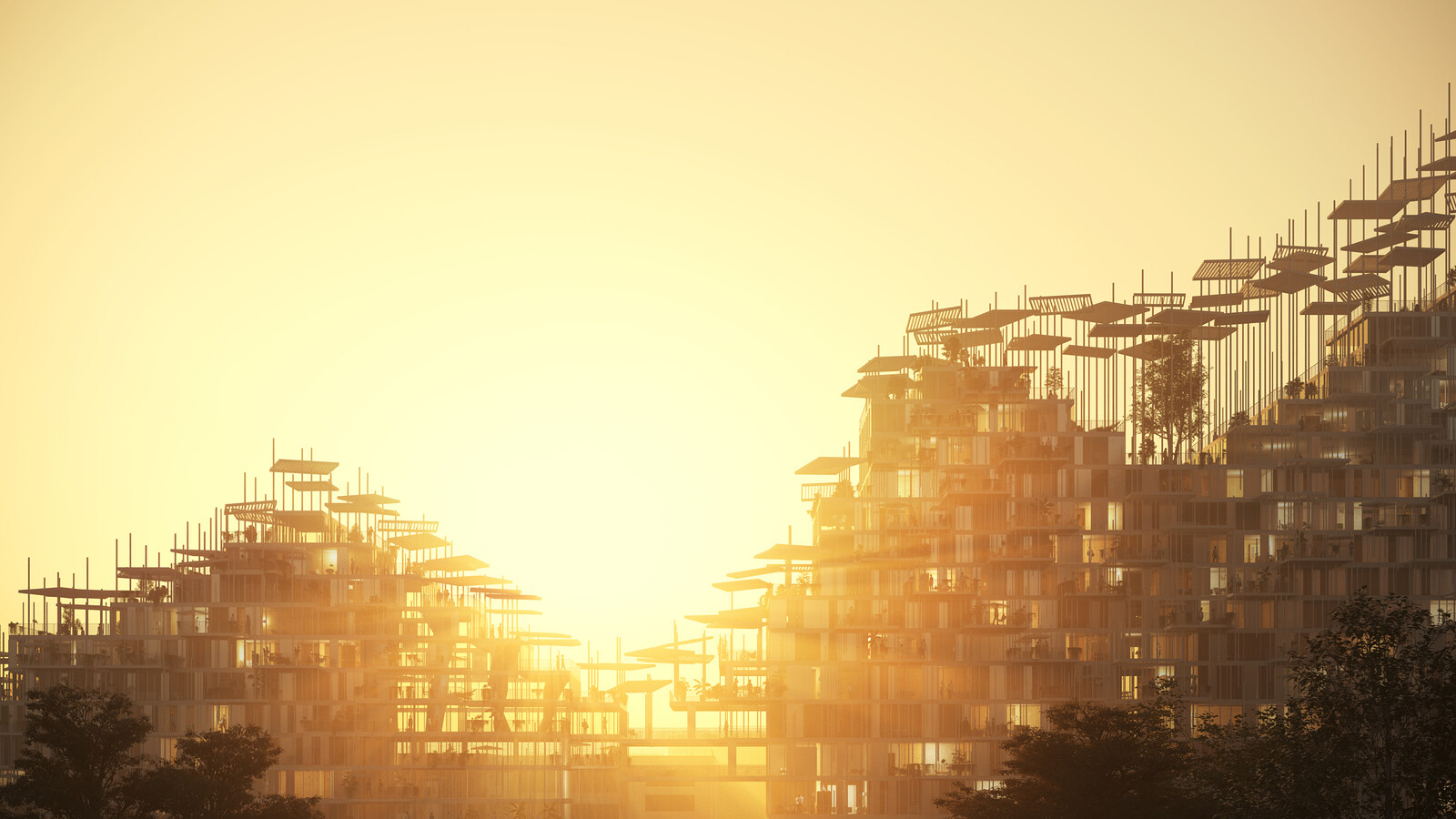
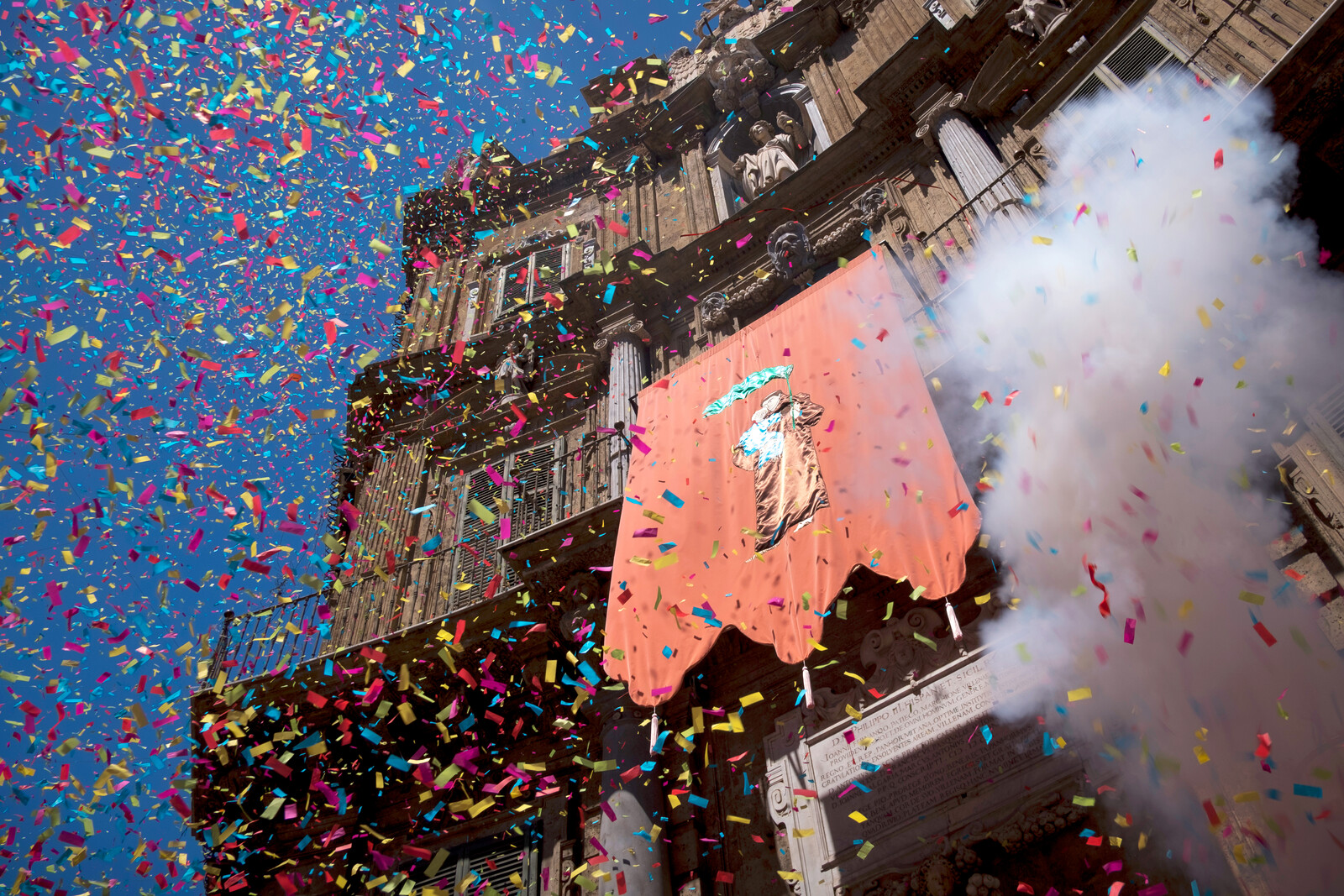
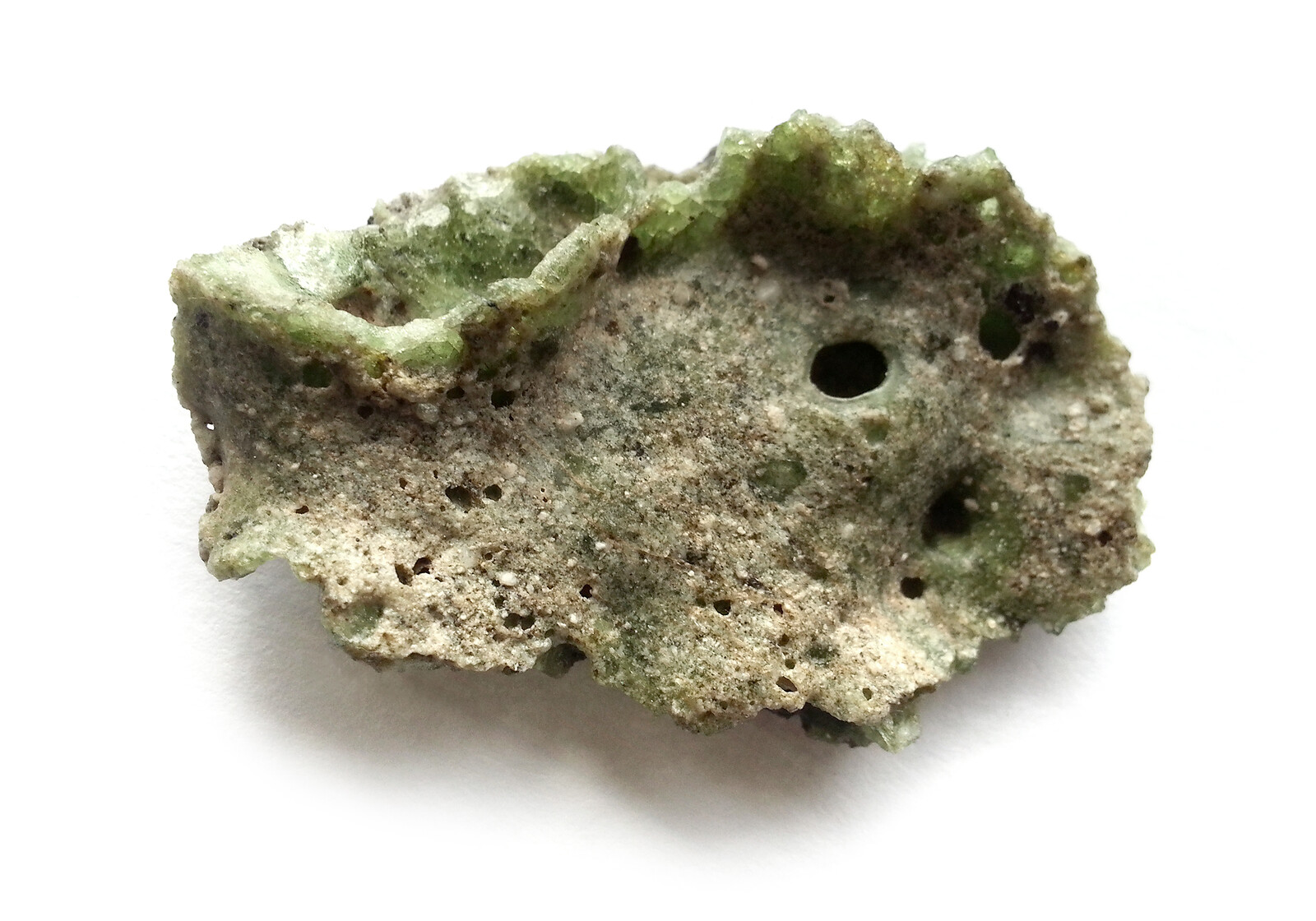
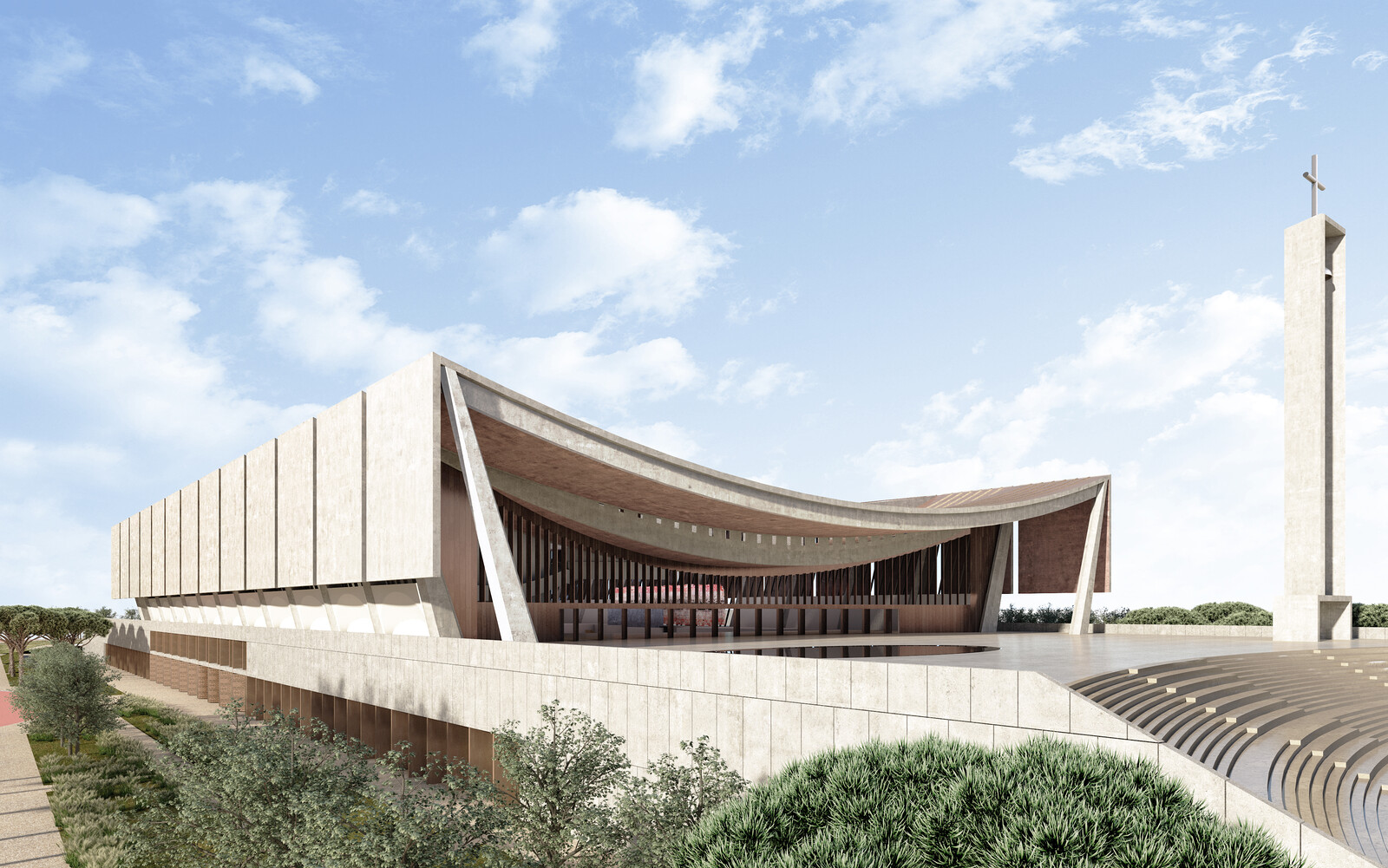
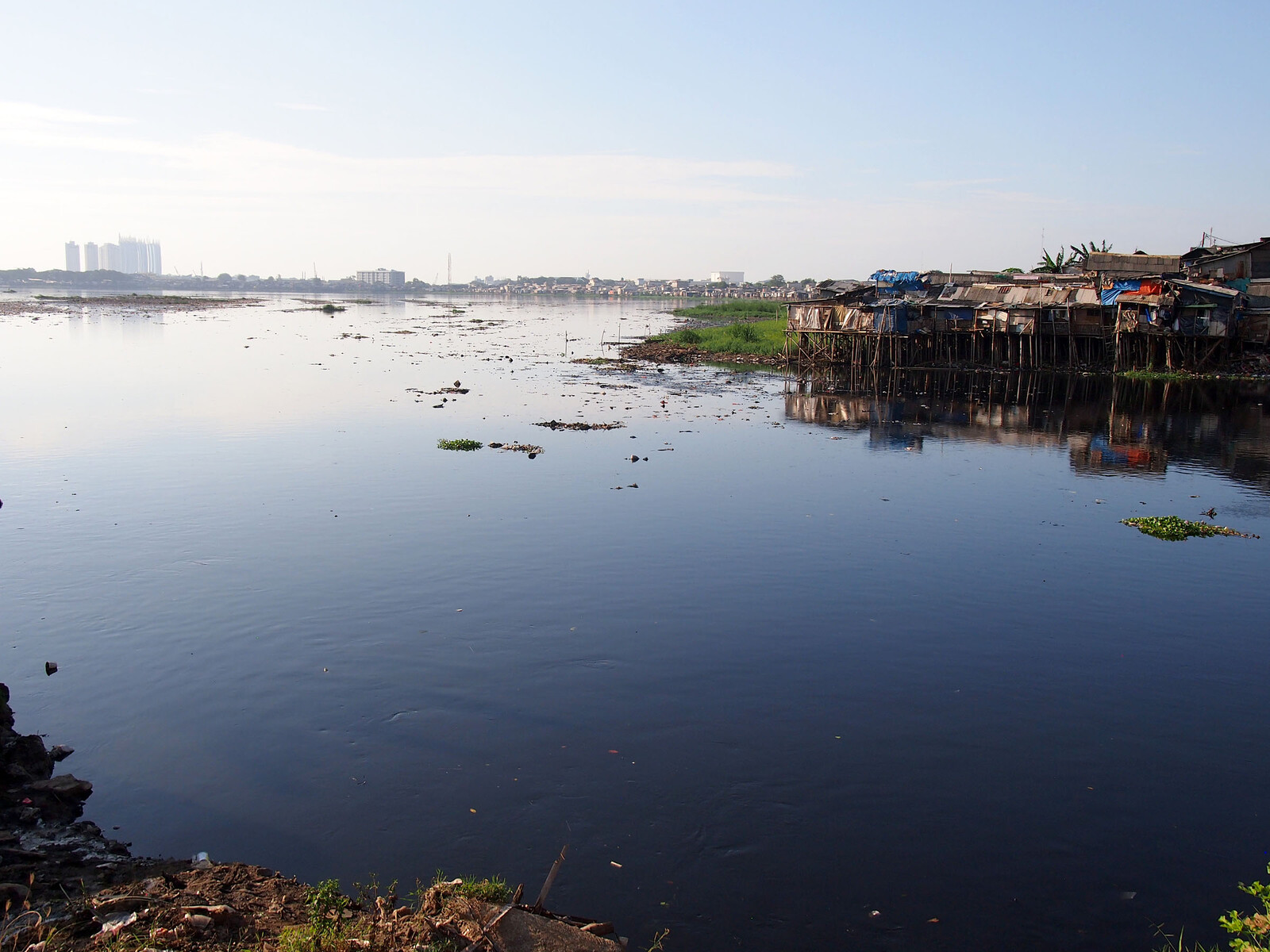
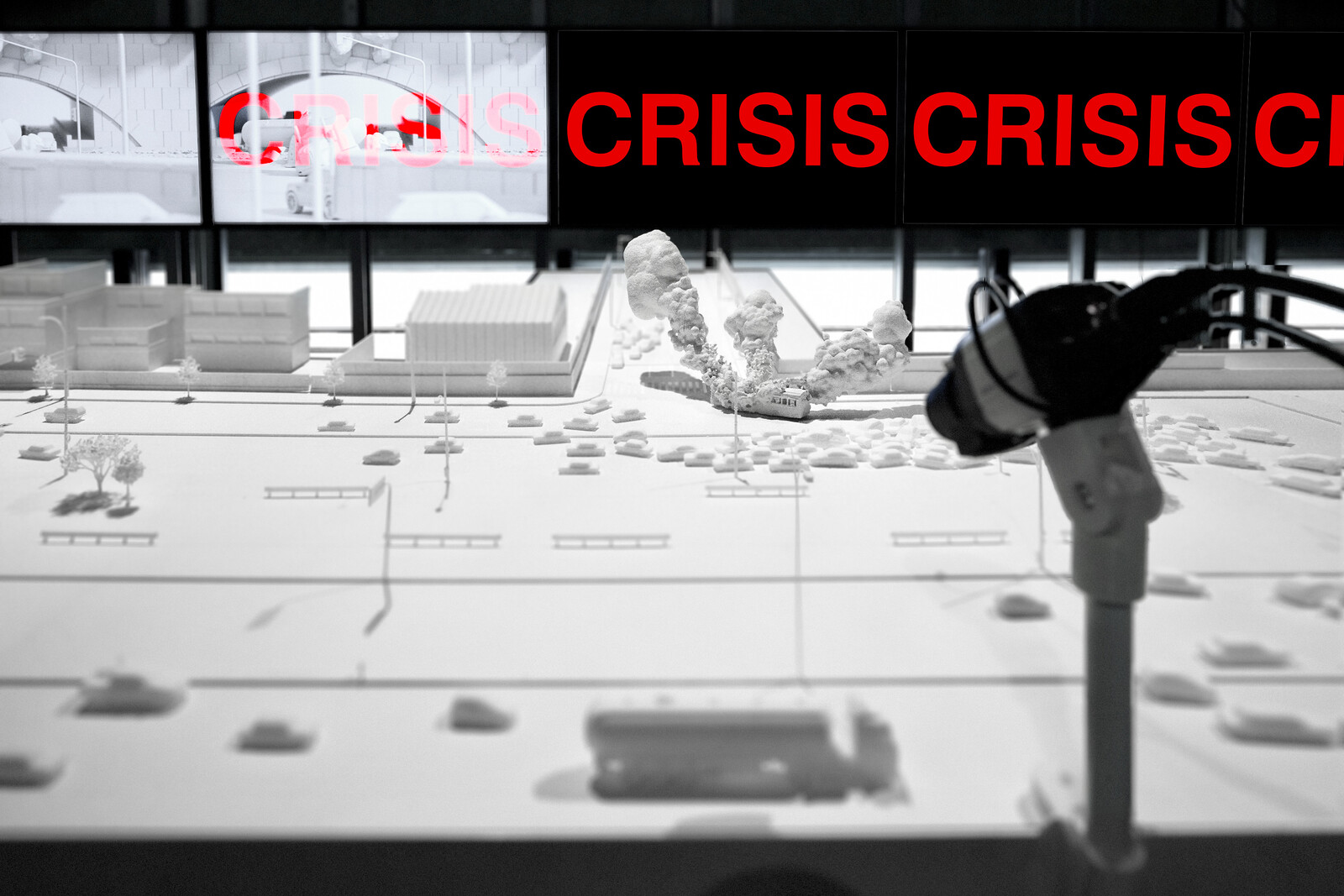
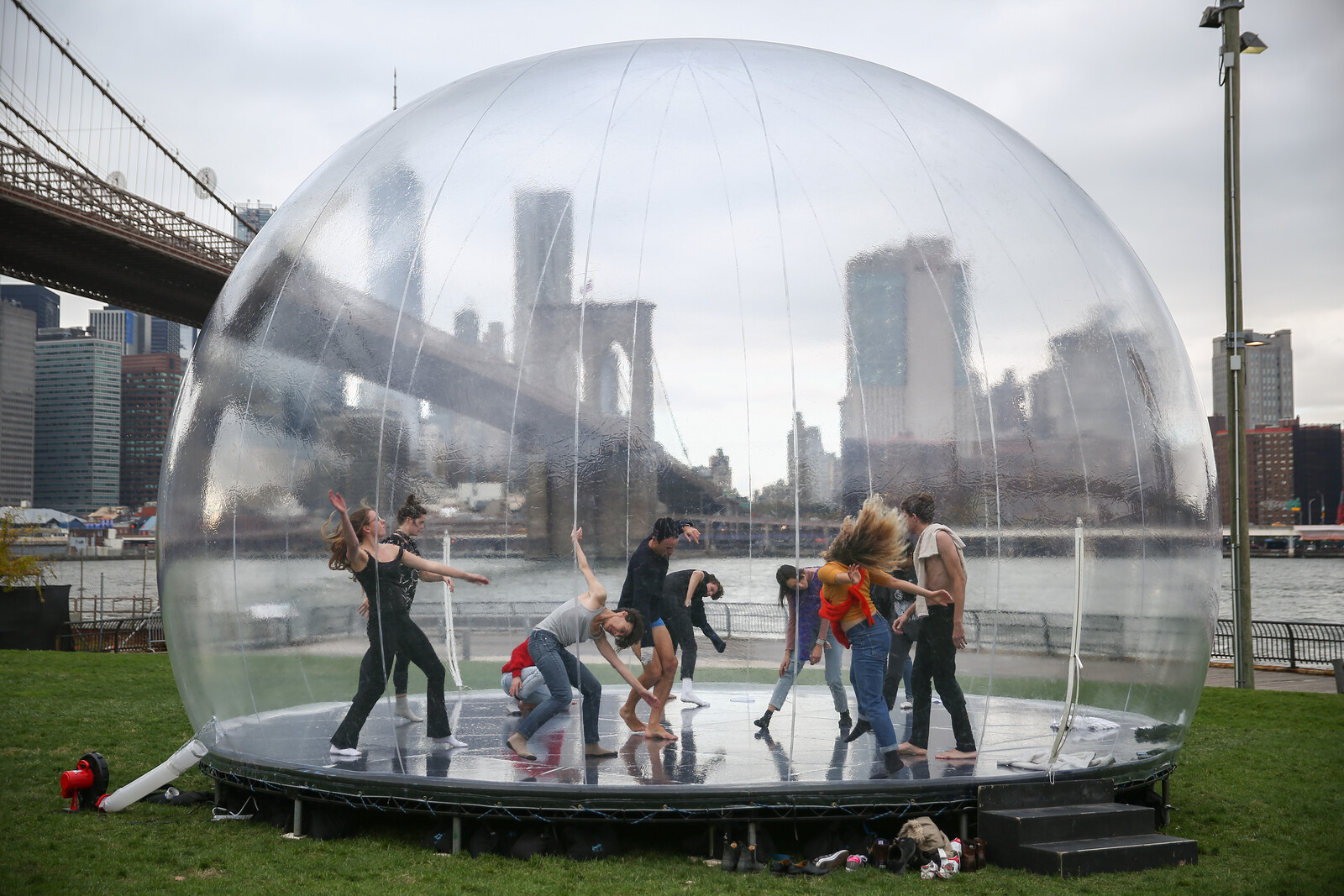
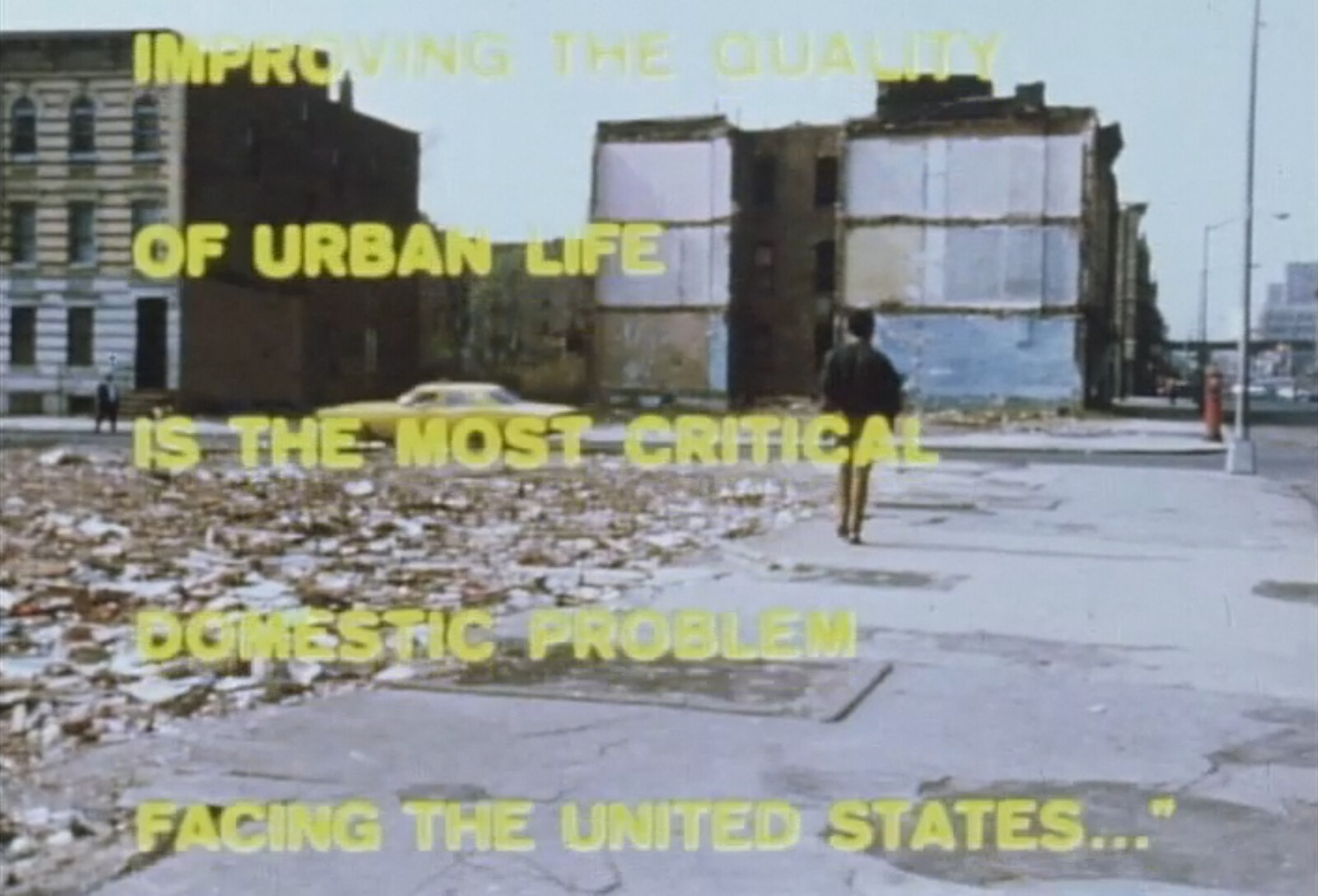
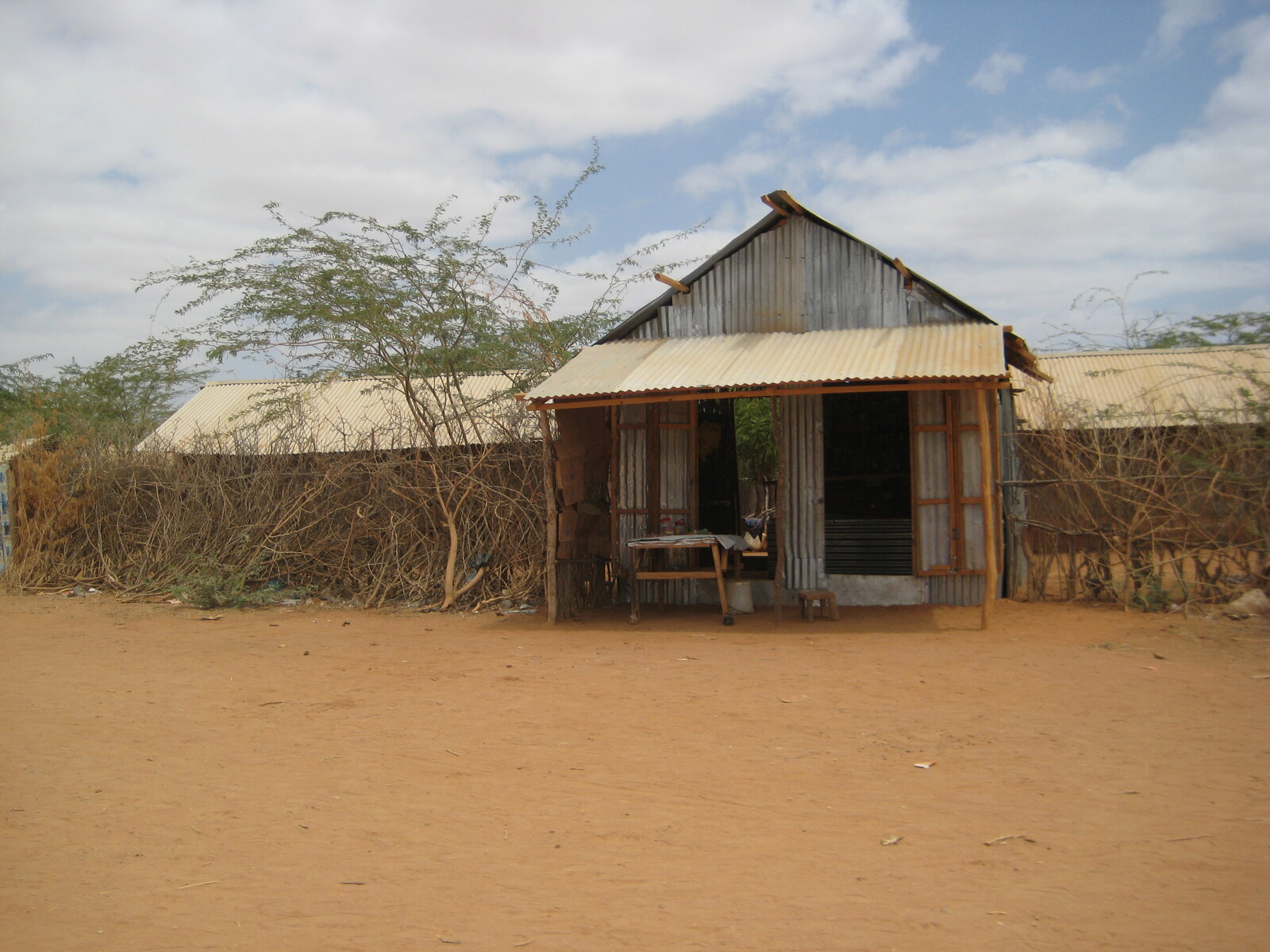
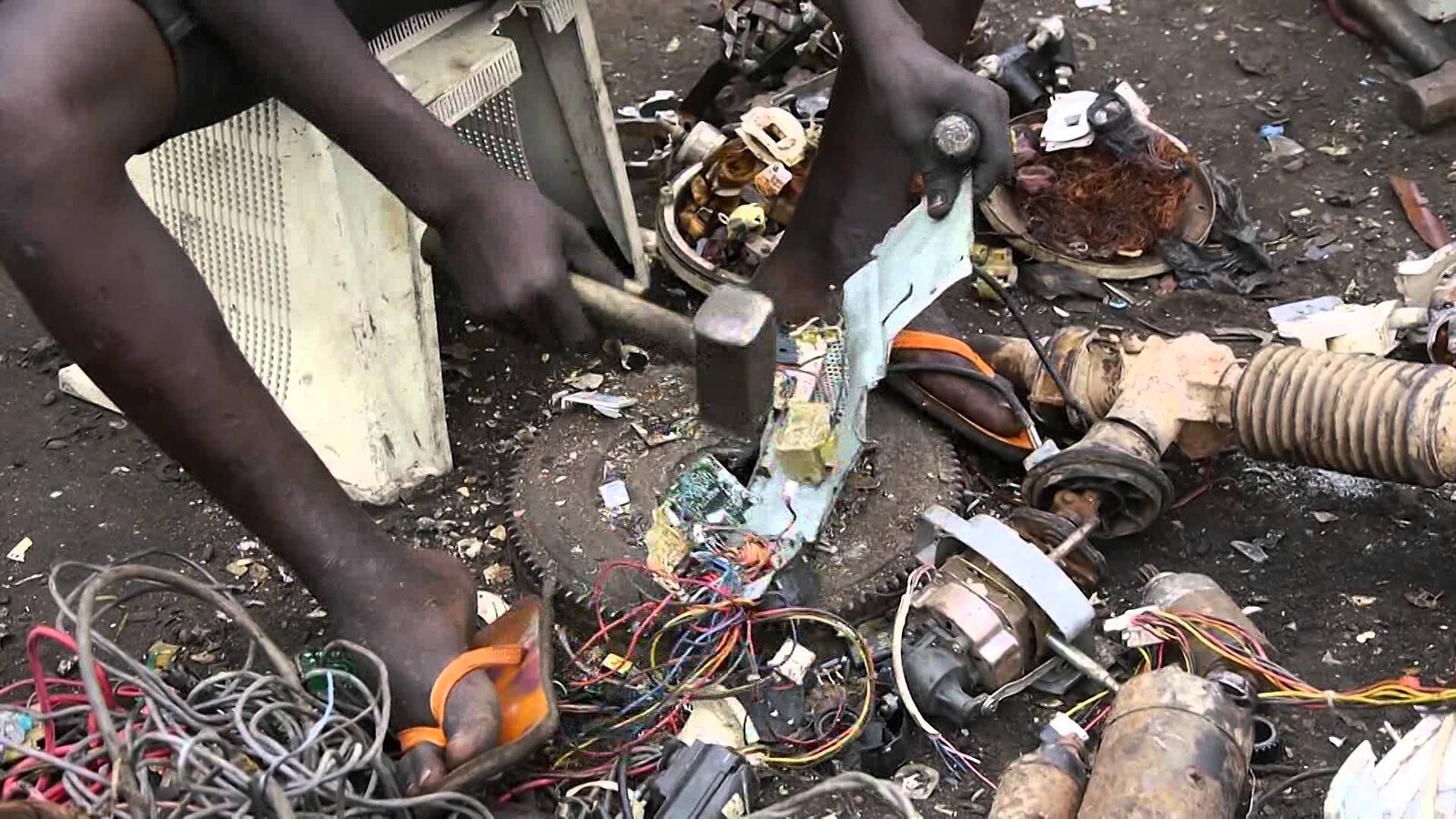

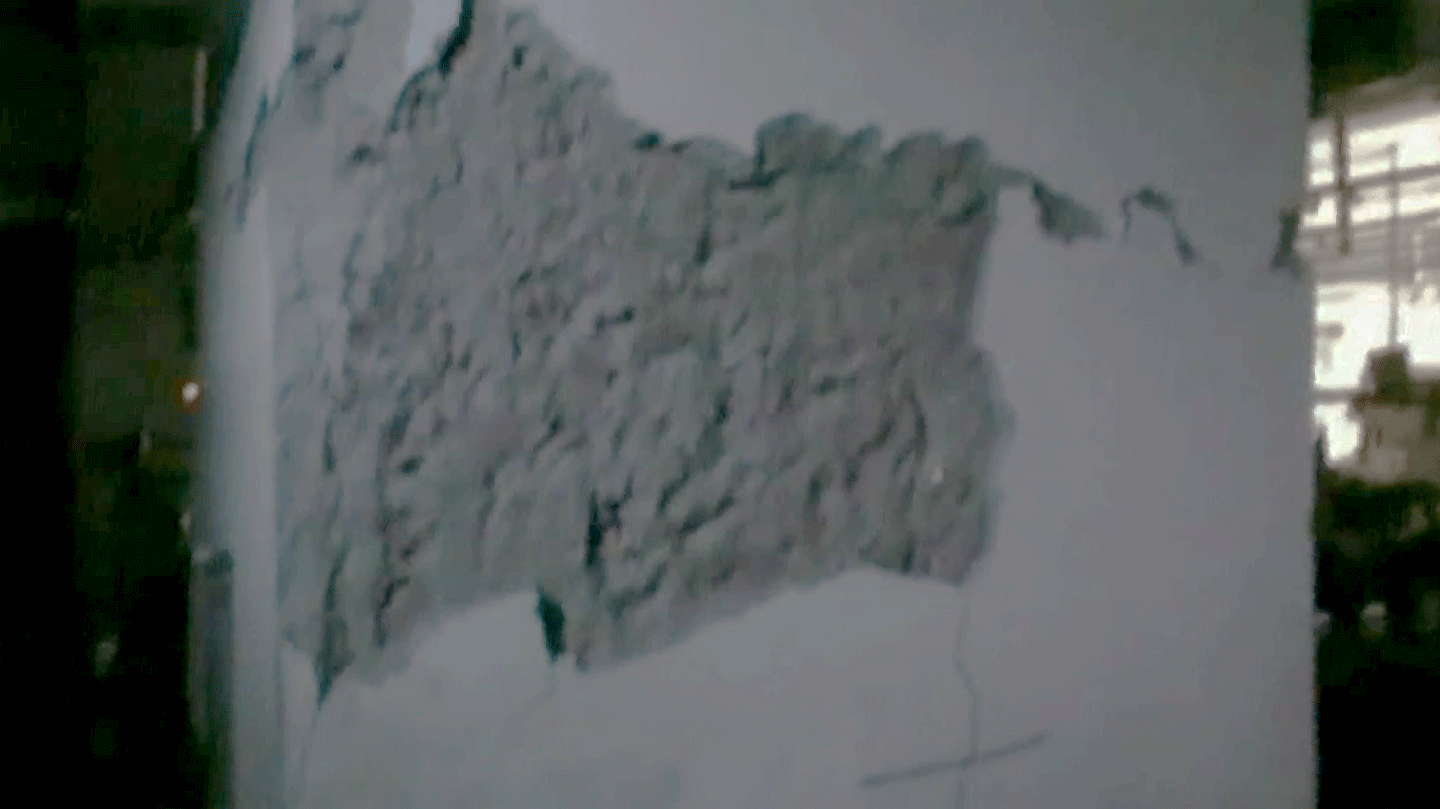

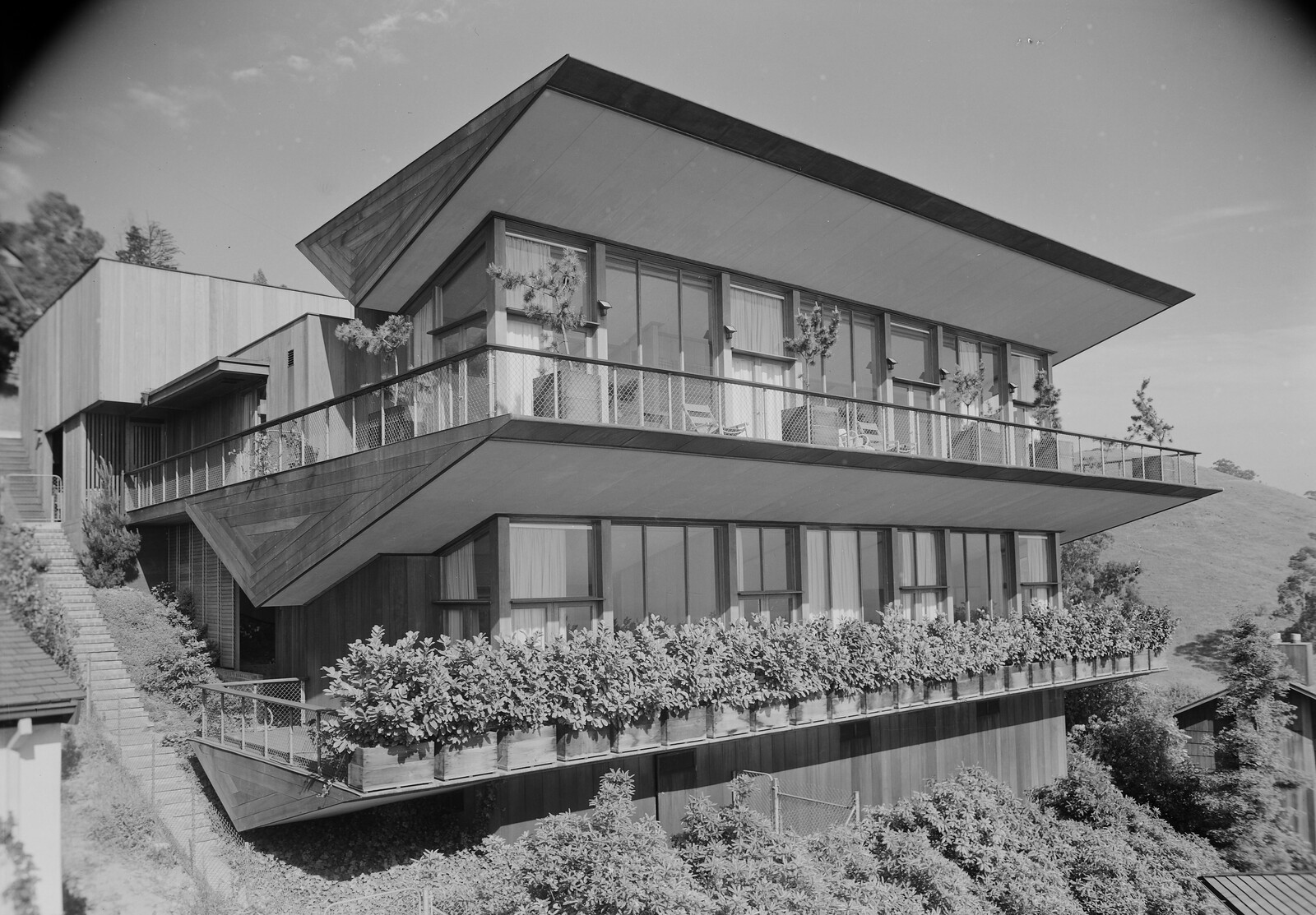

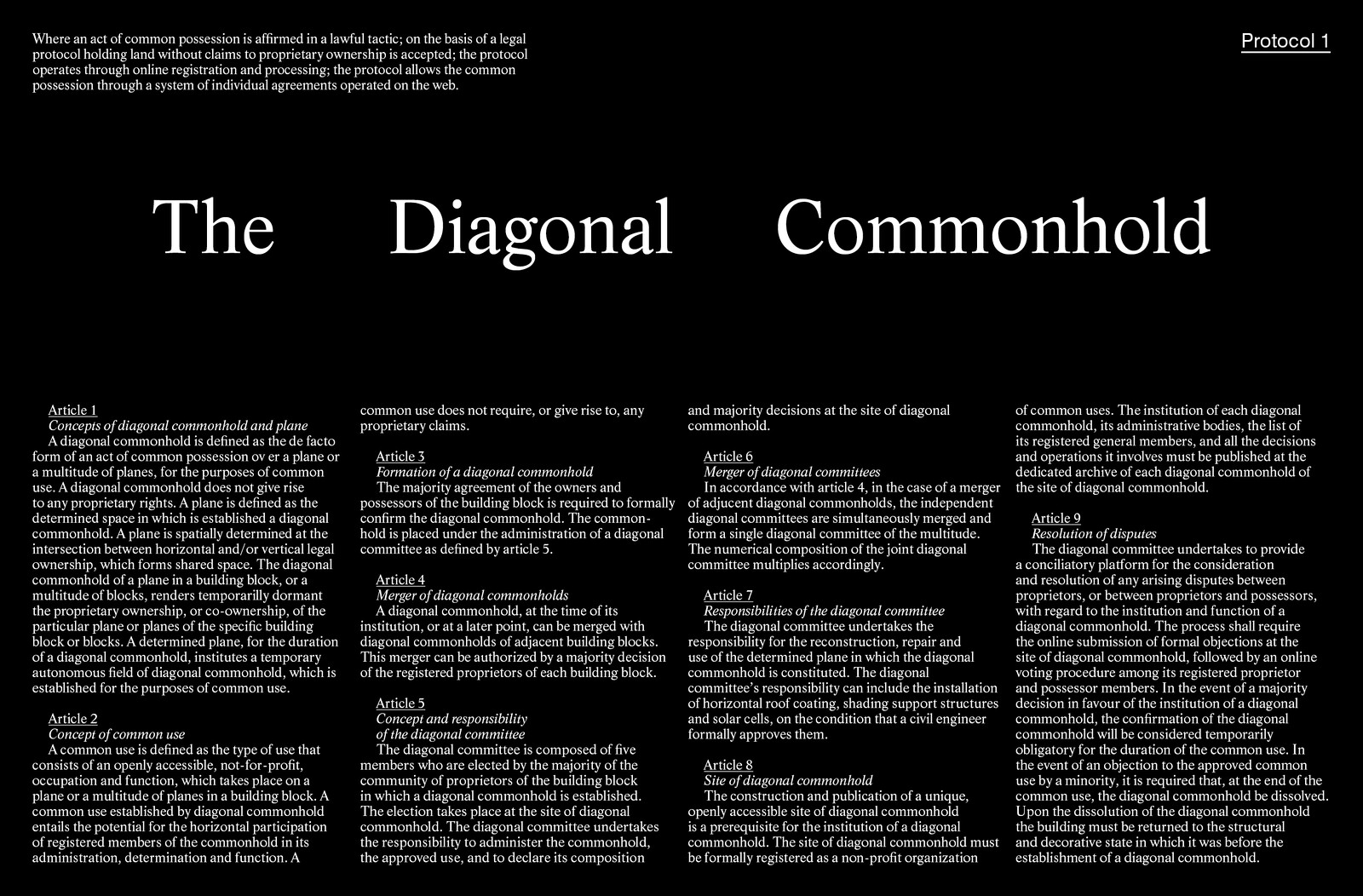
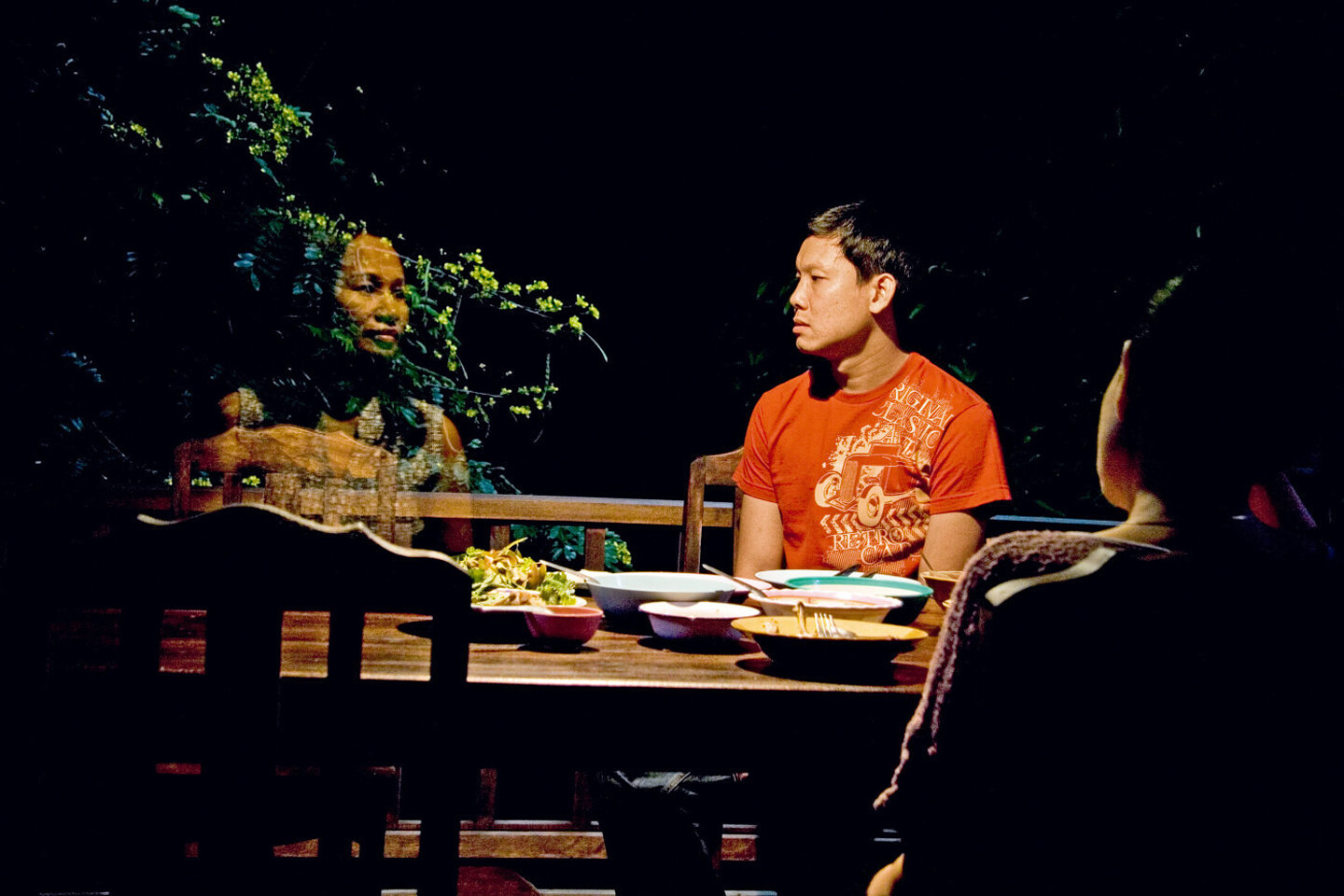
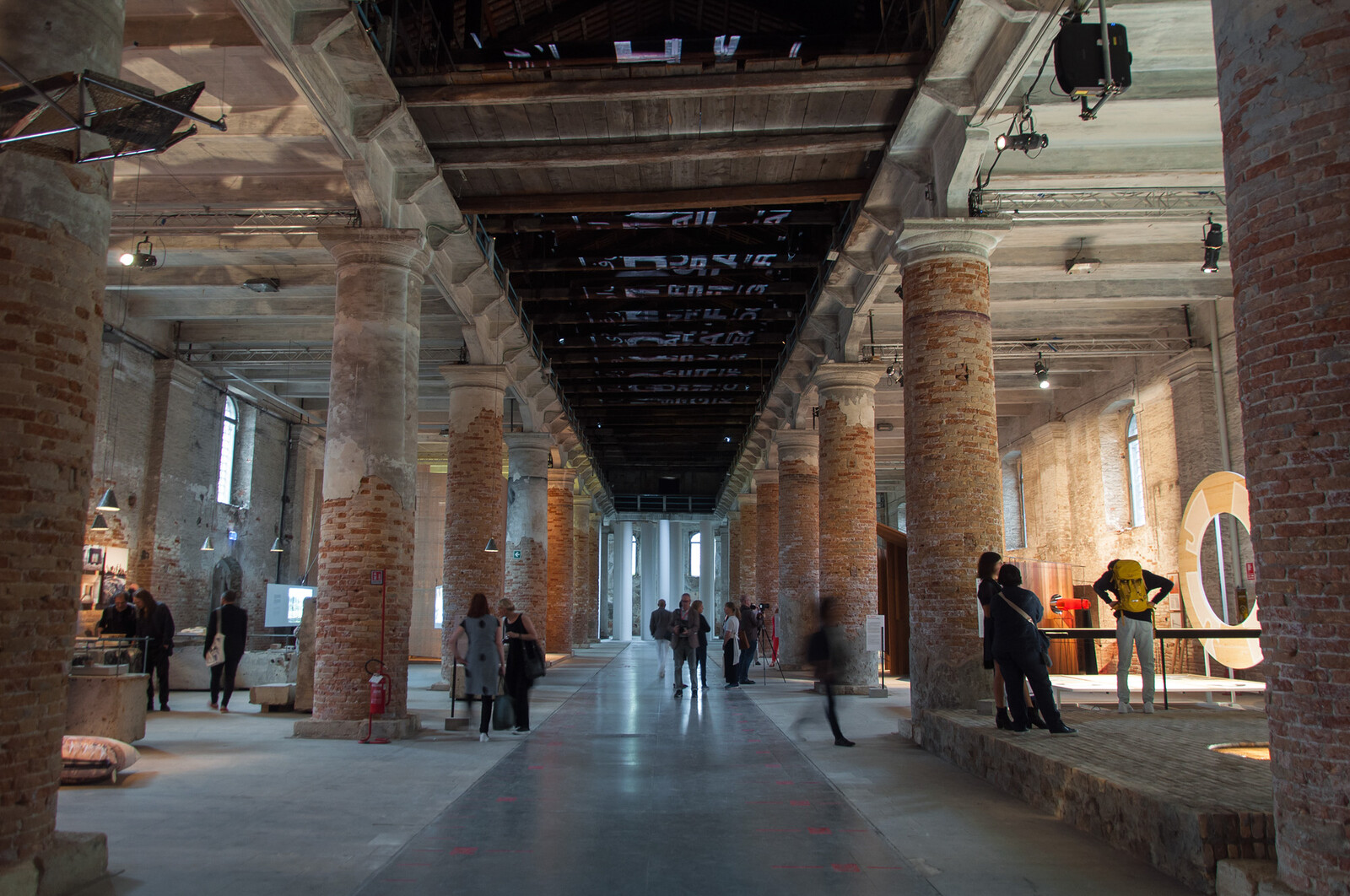
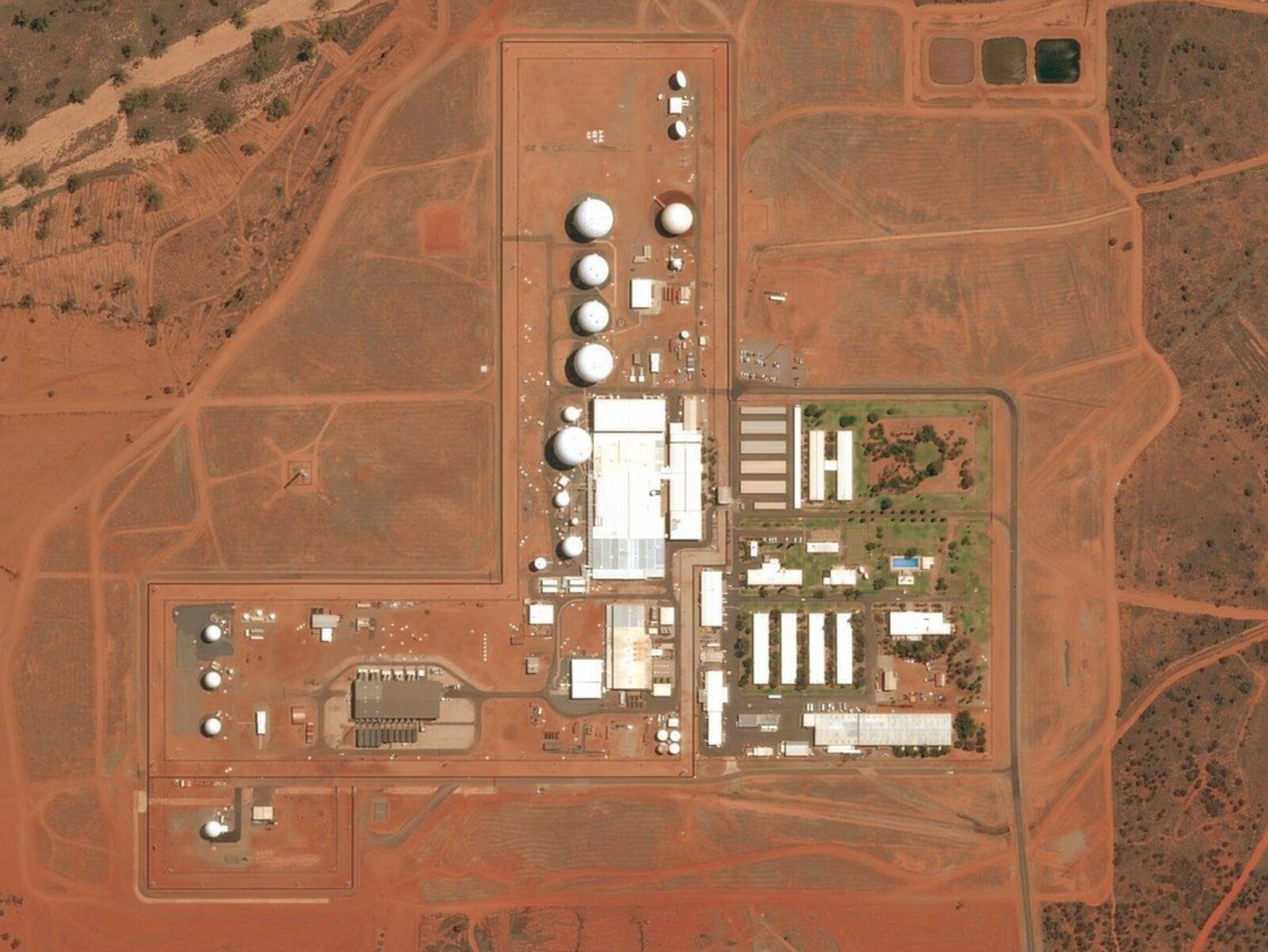

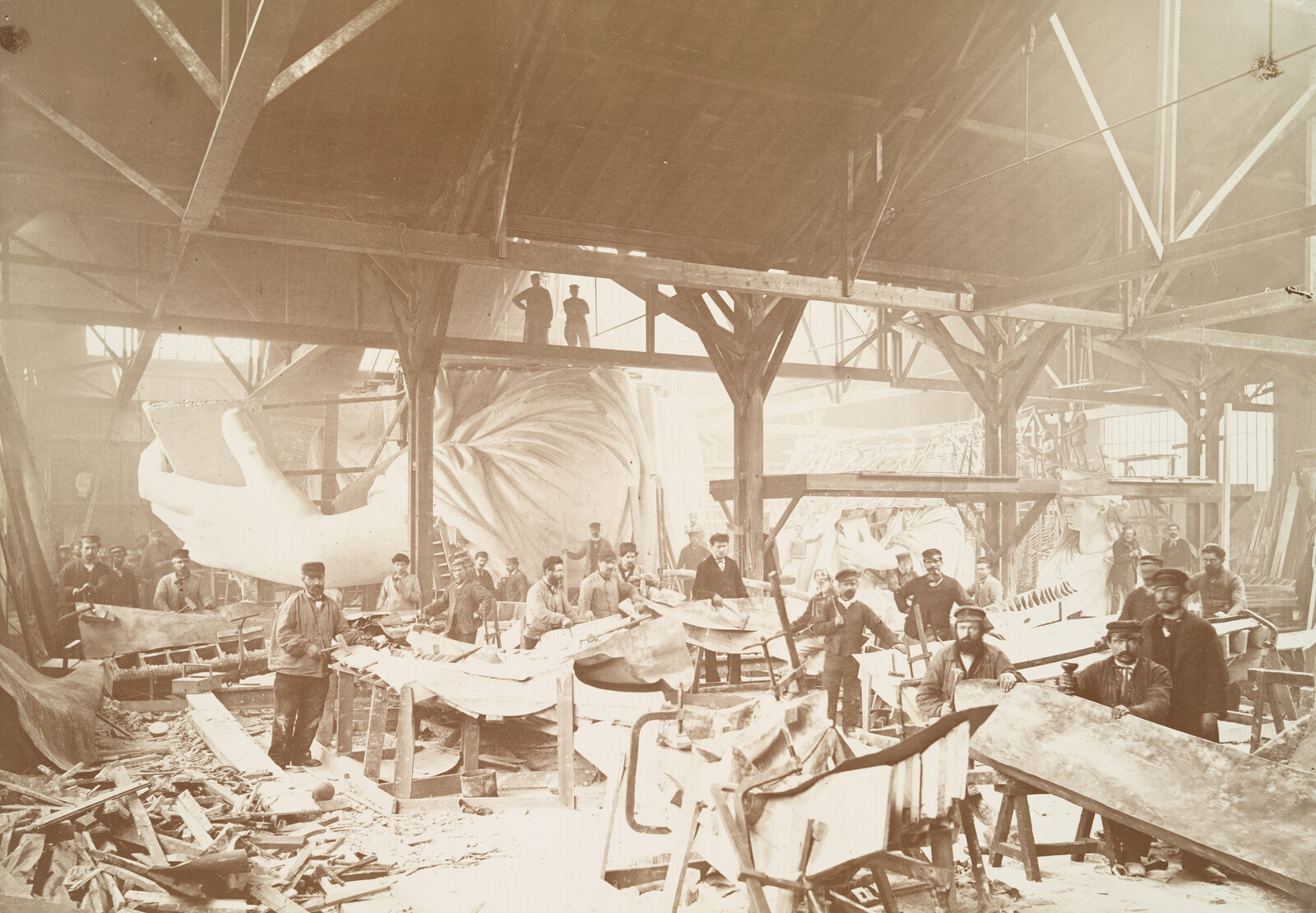
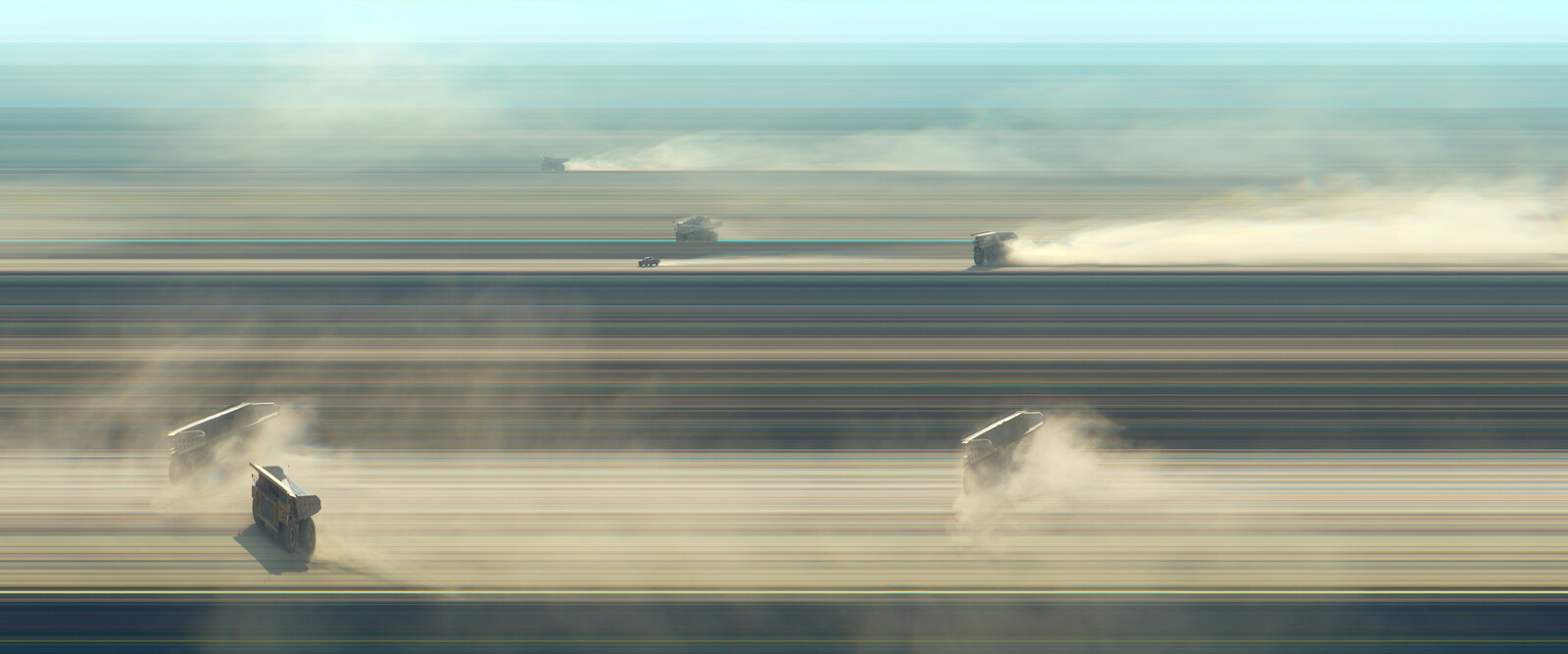
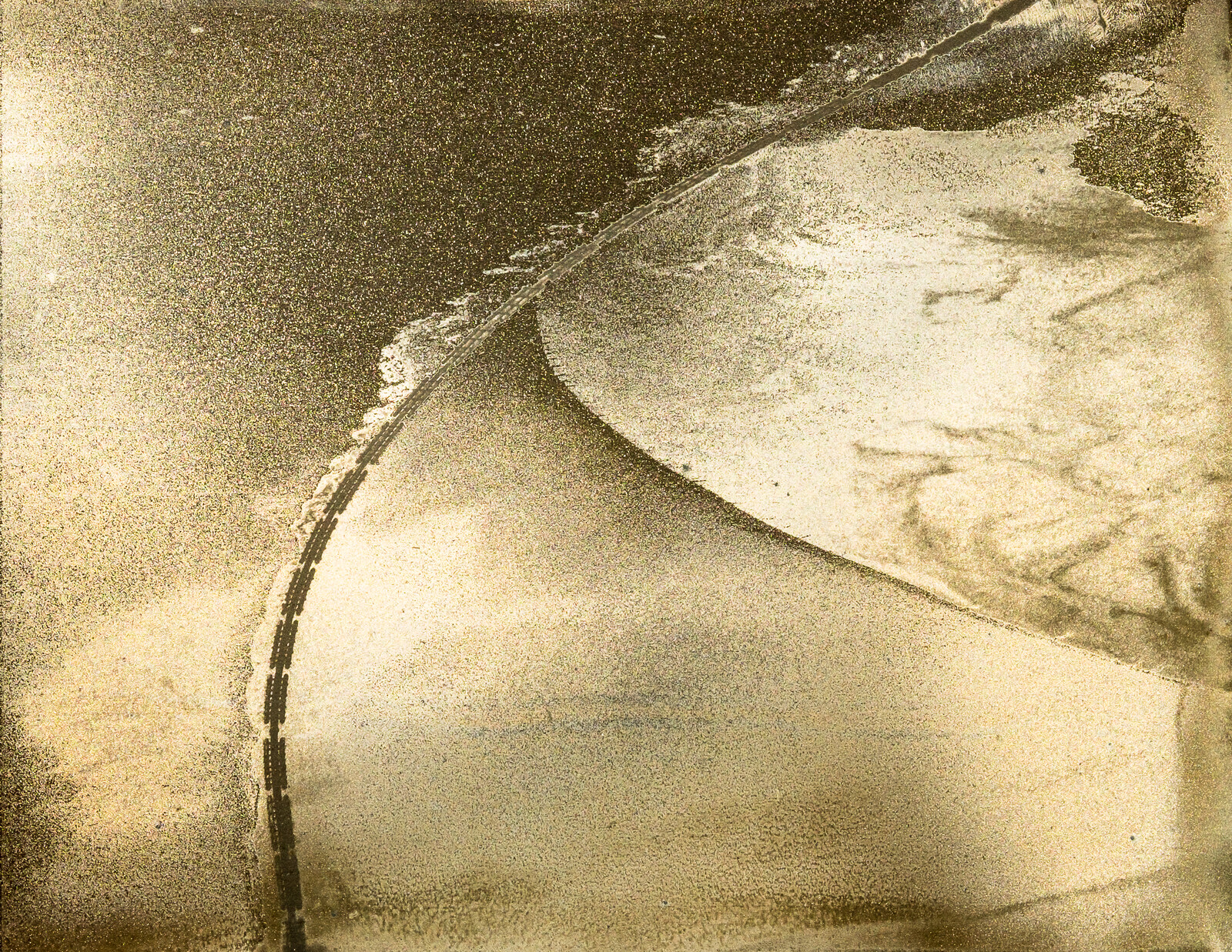
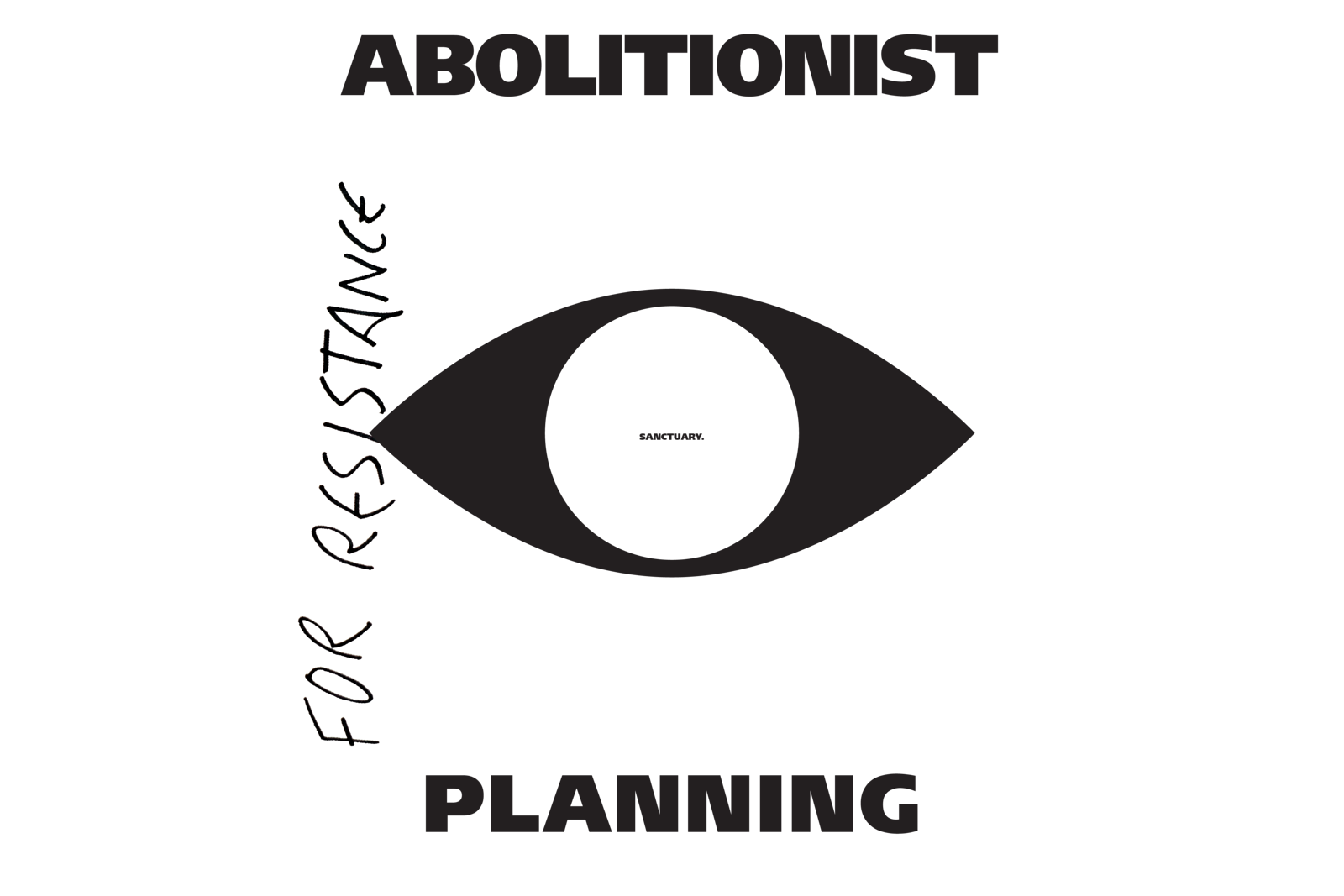
.png,1600)

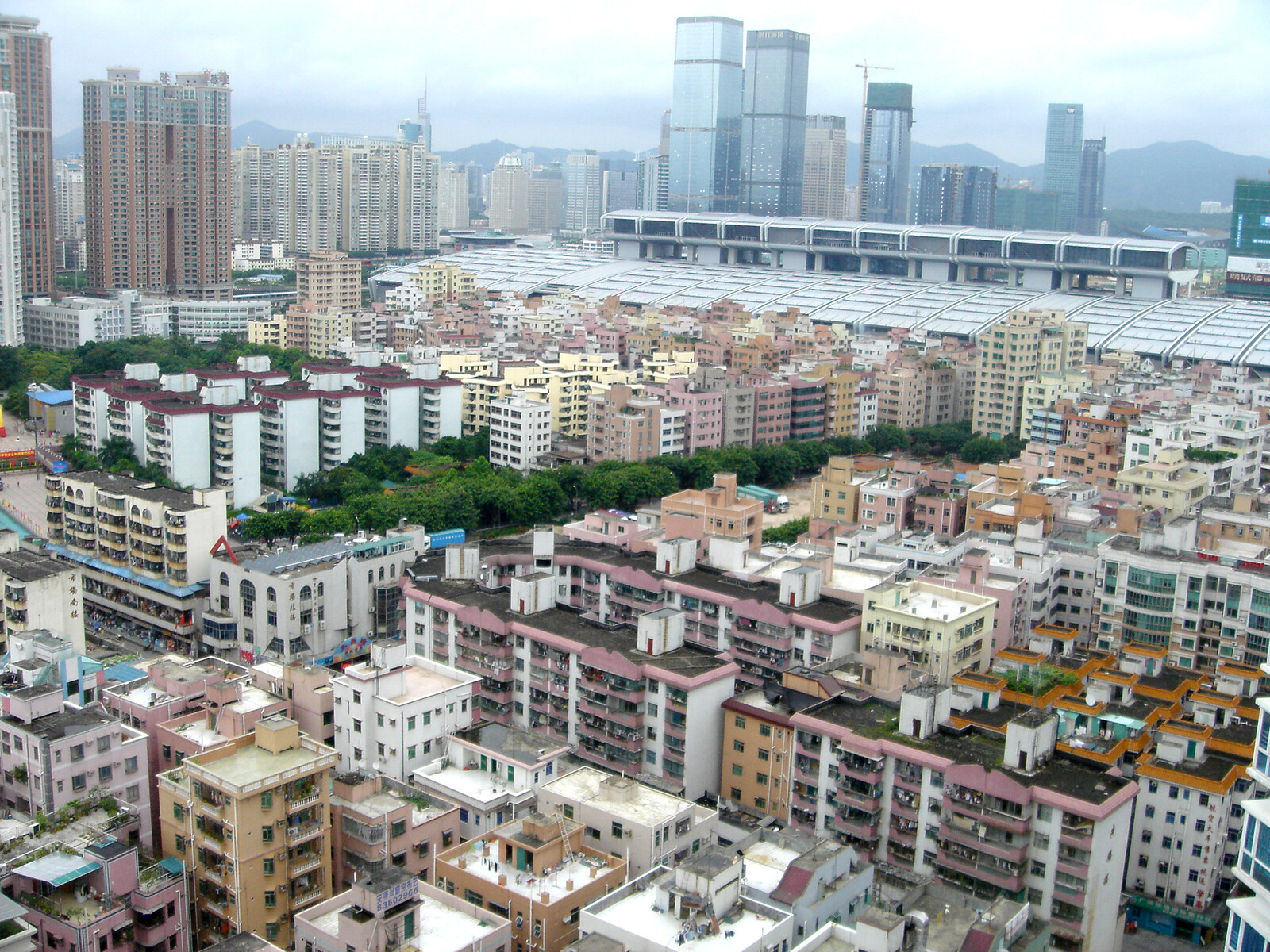
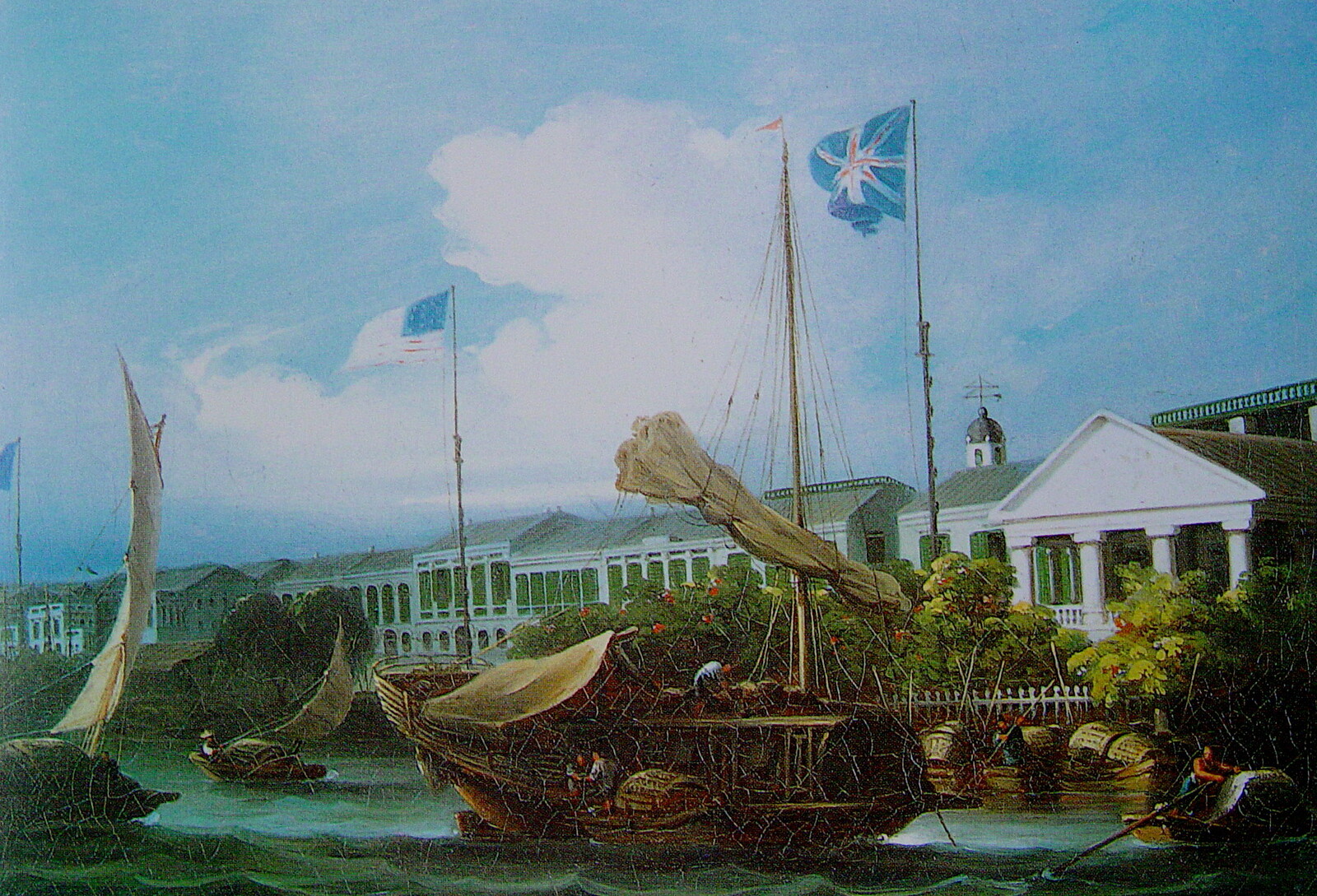
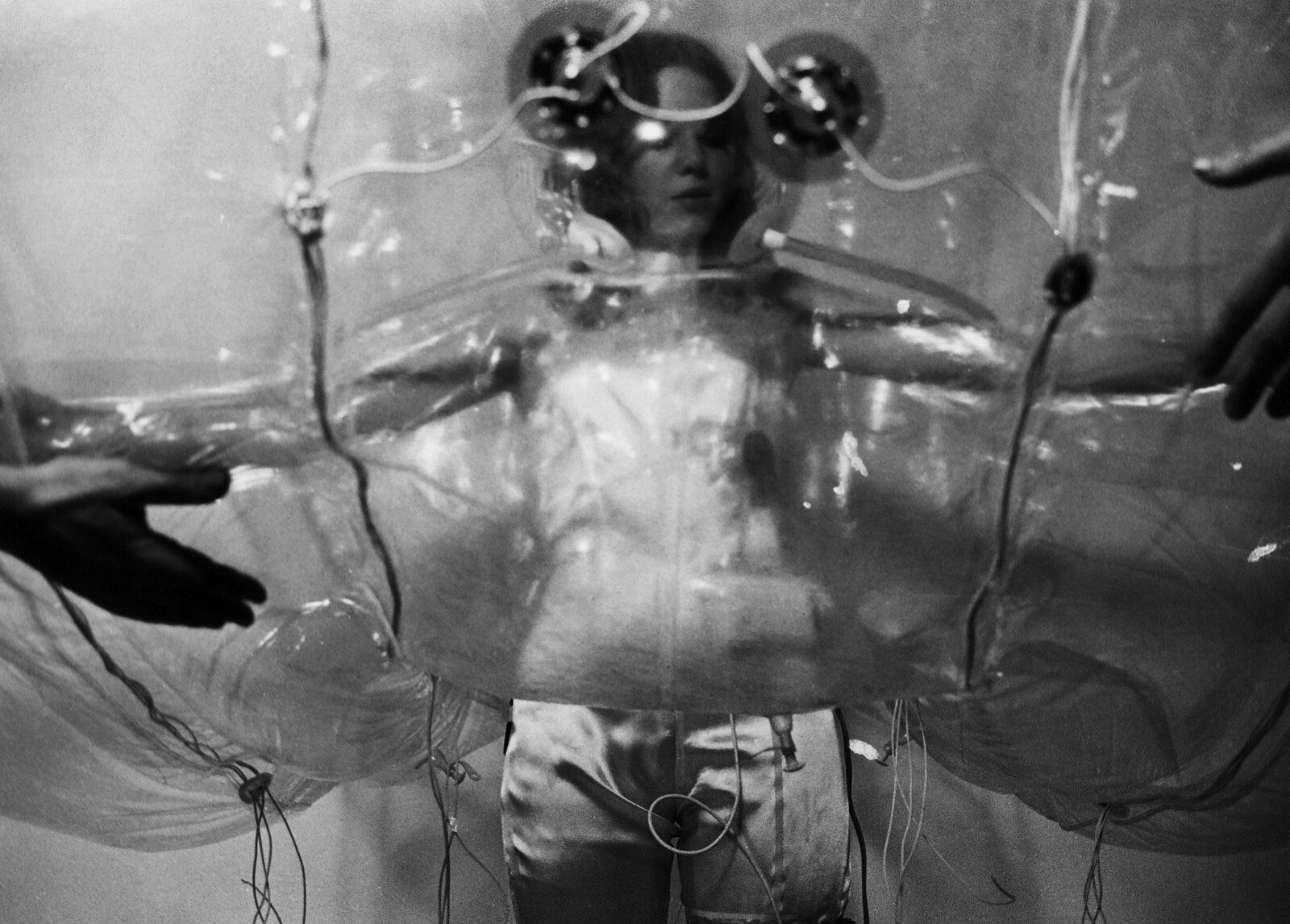
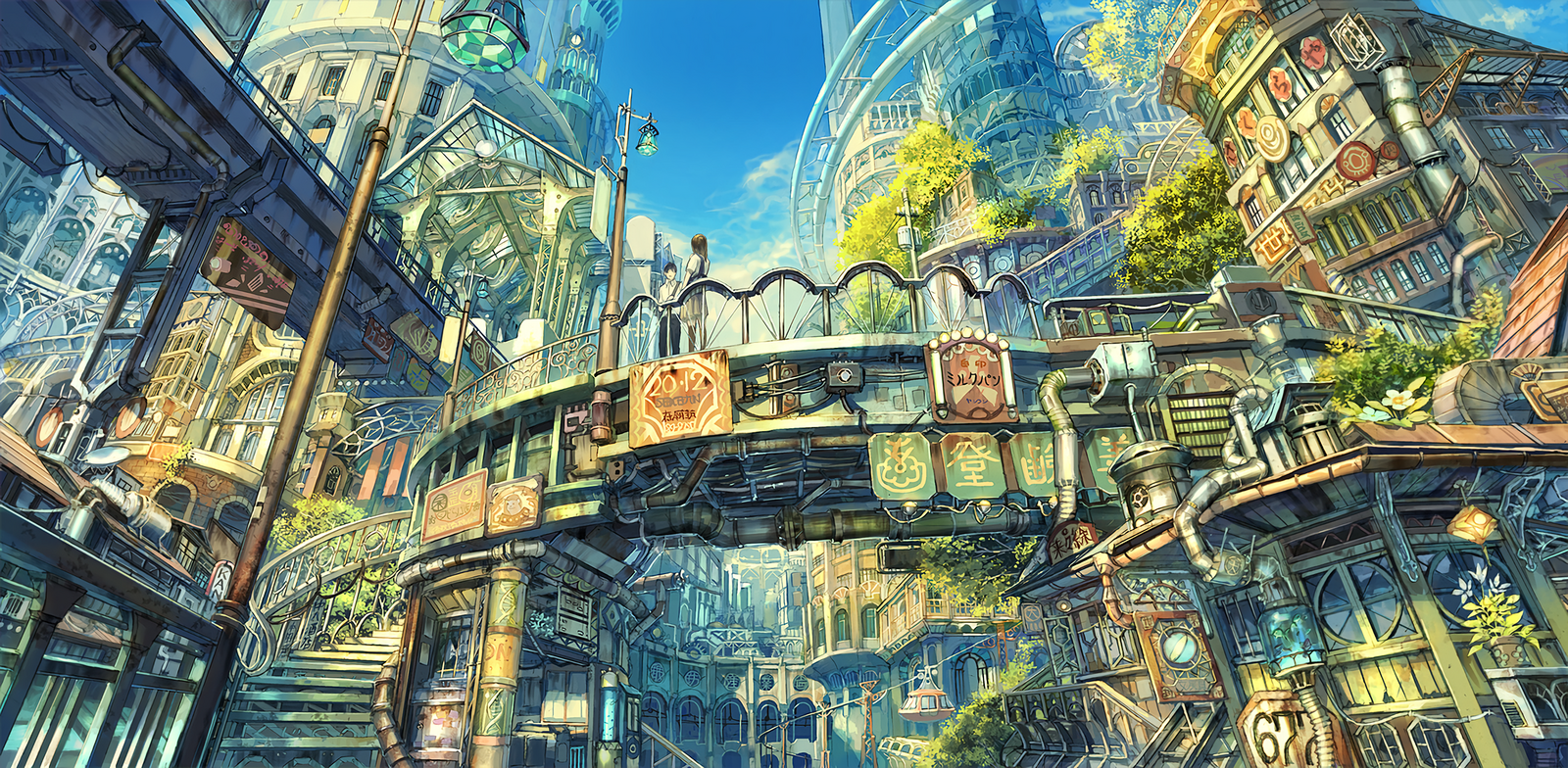
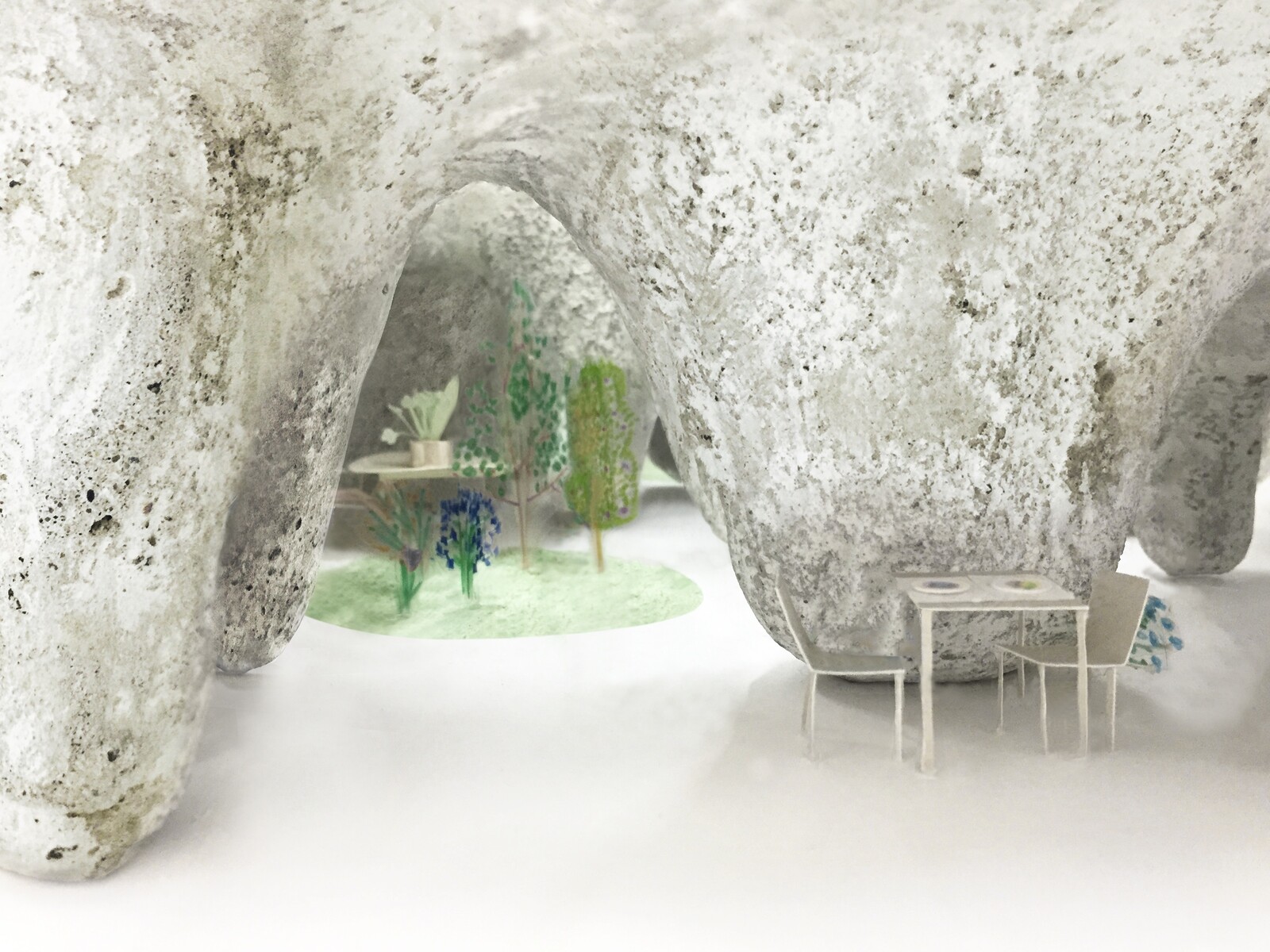
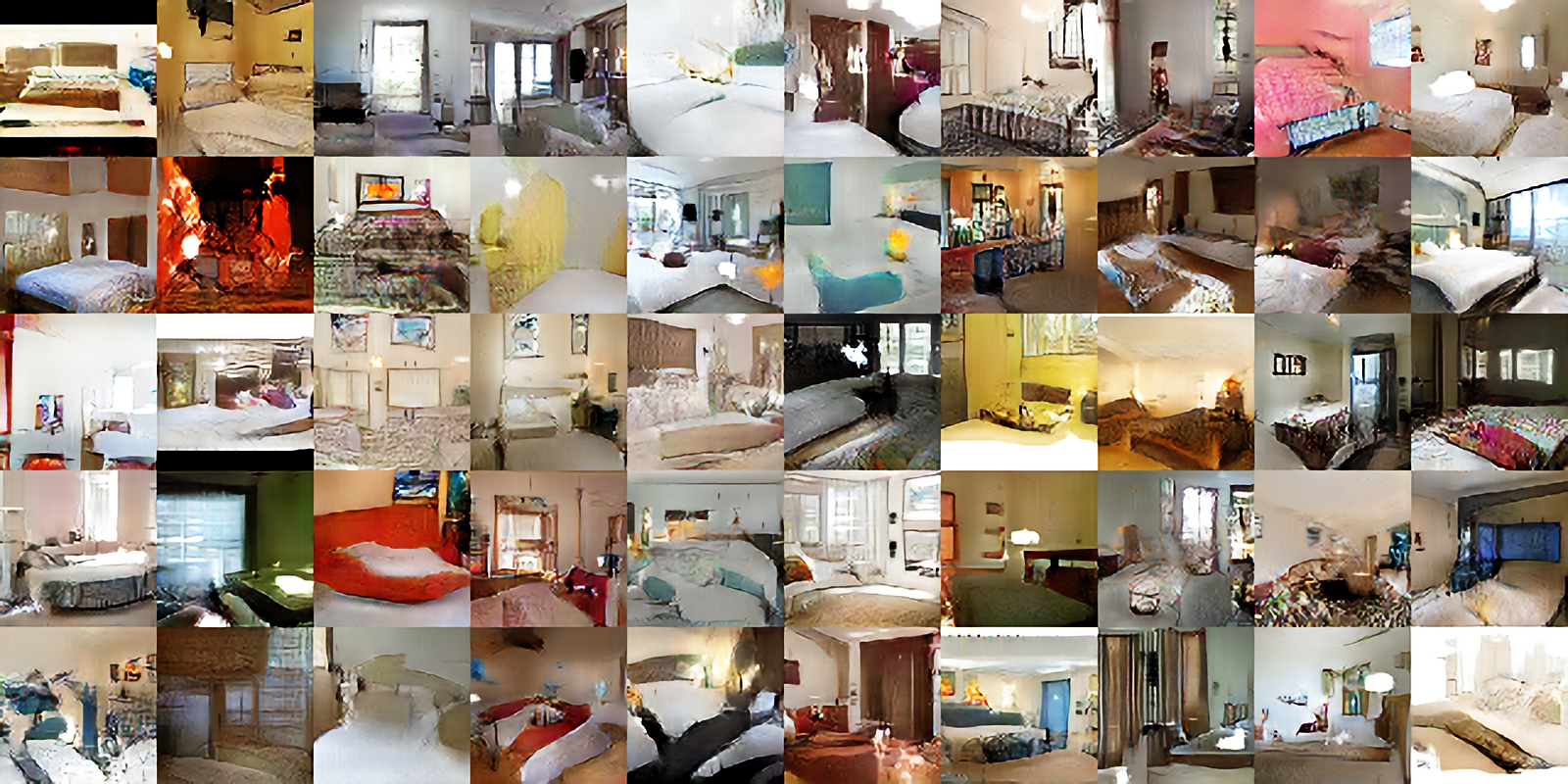
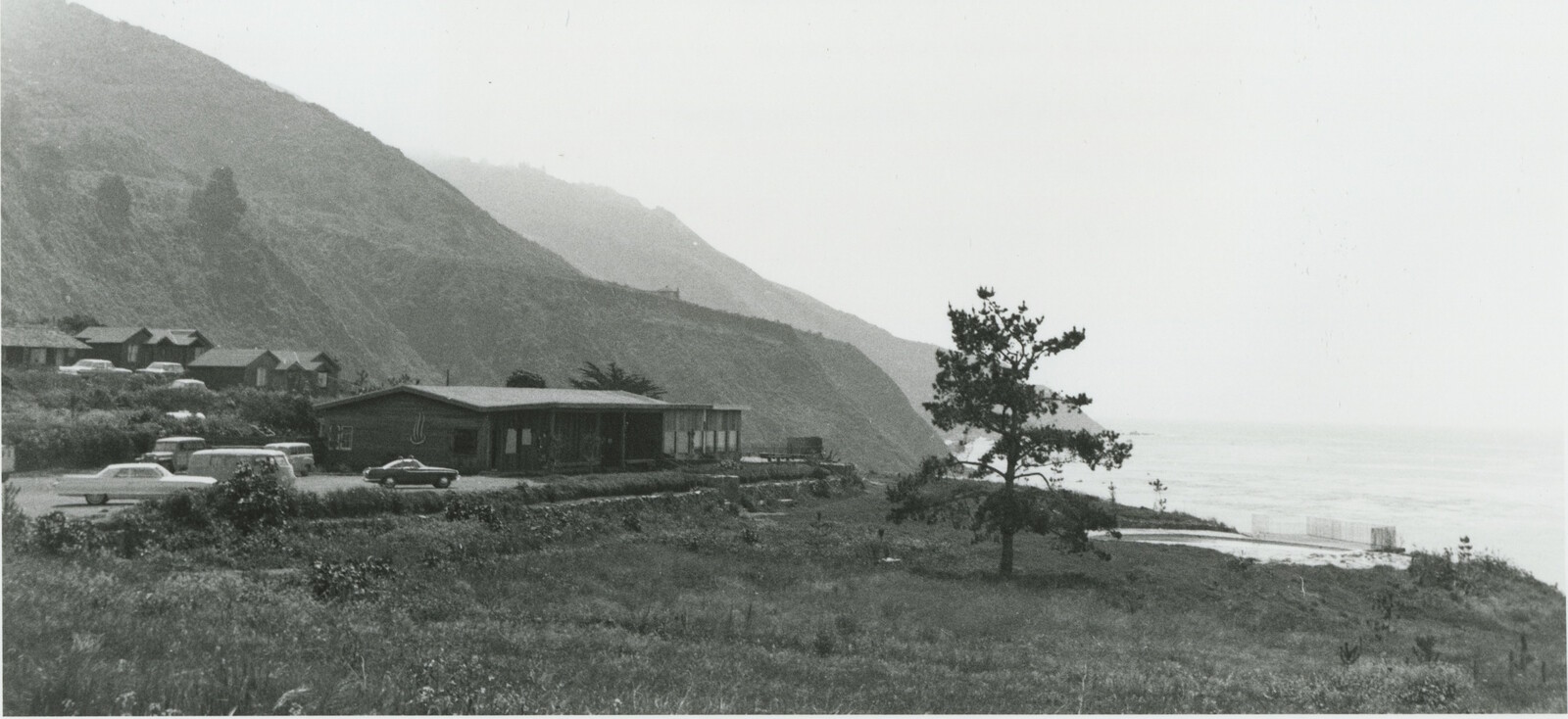
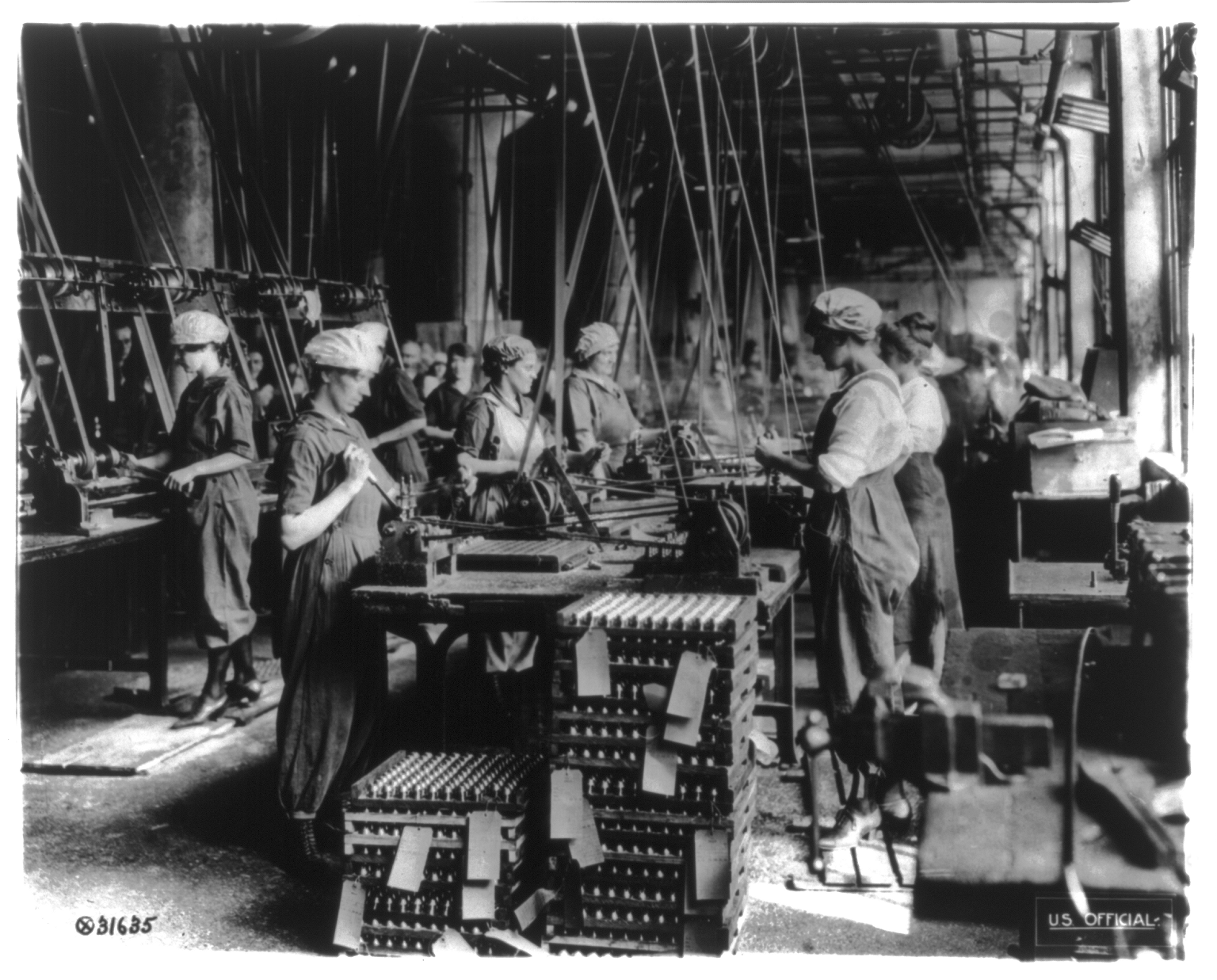
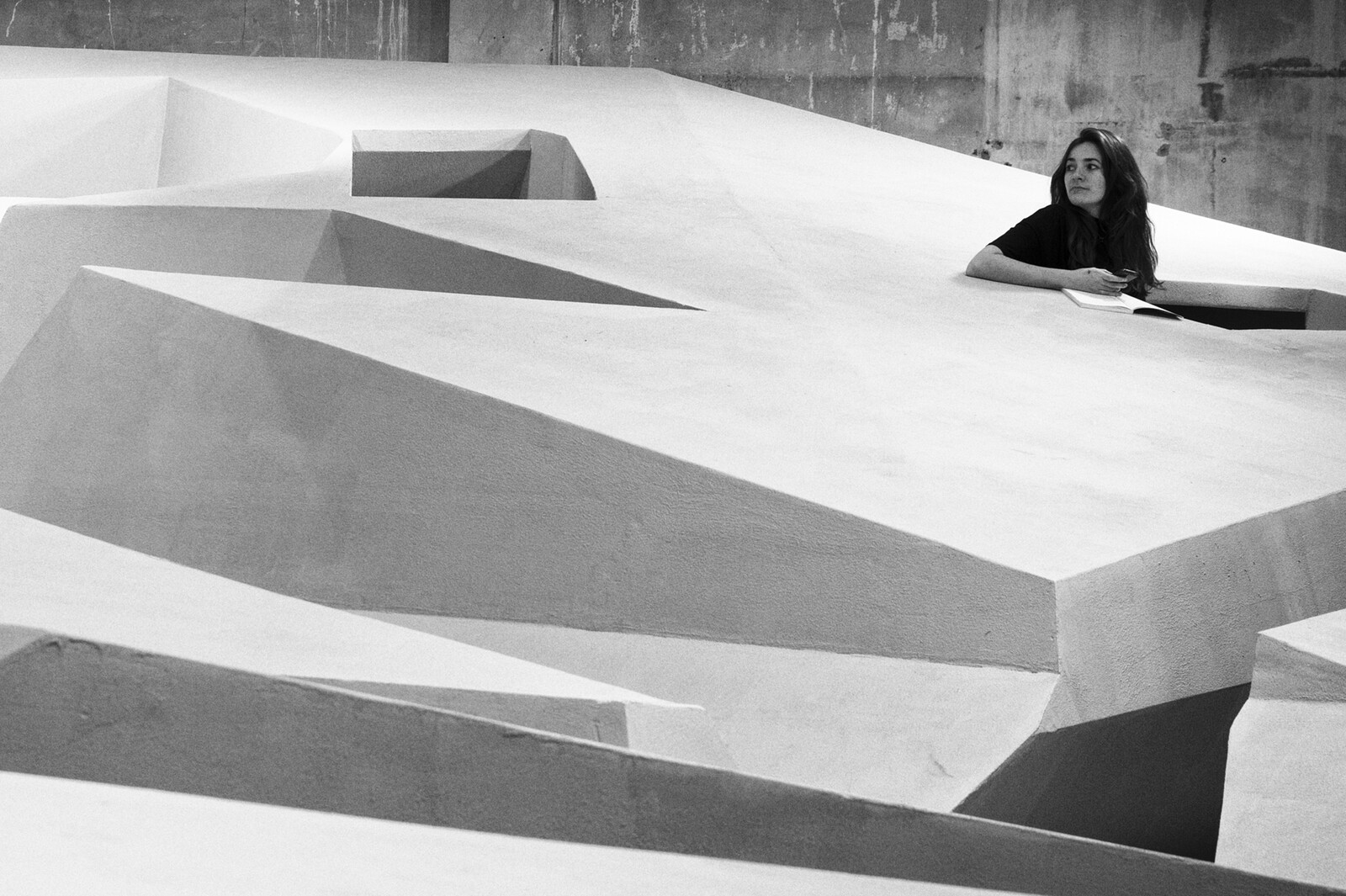
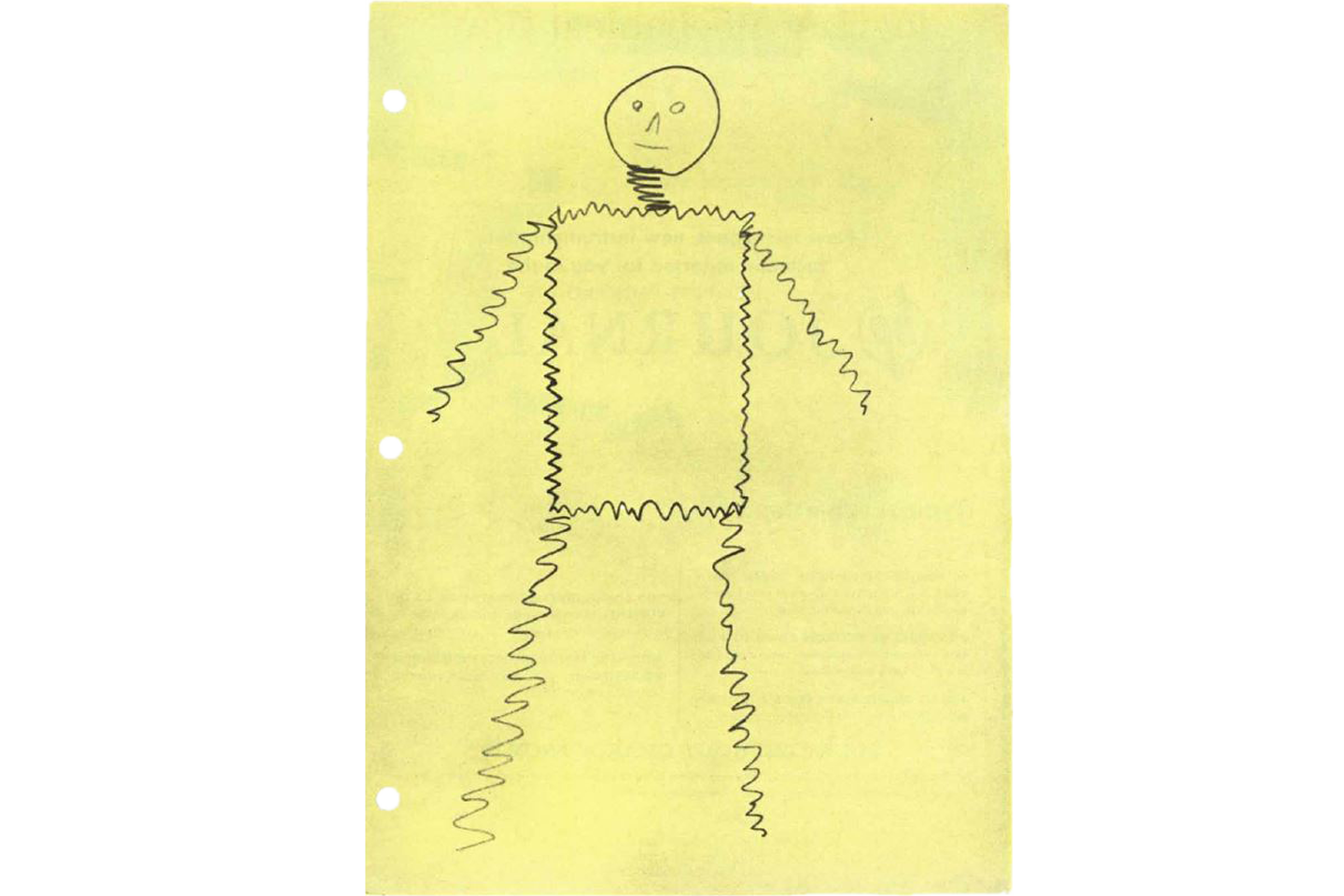
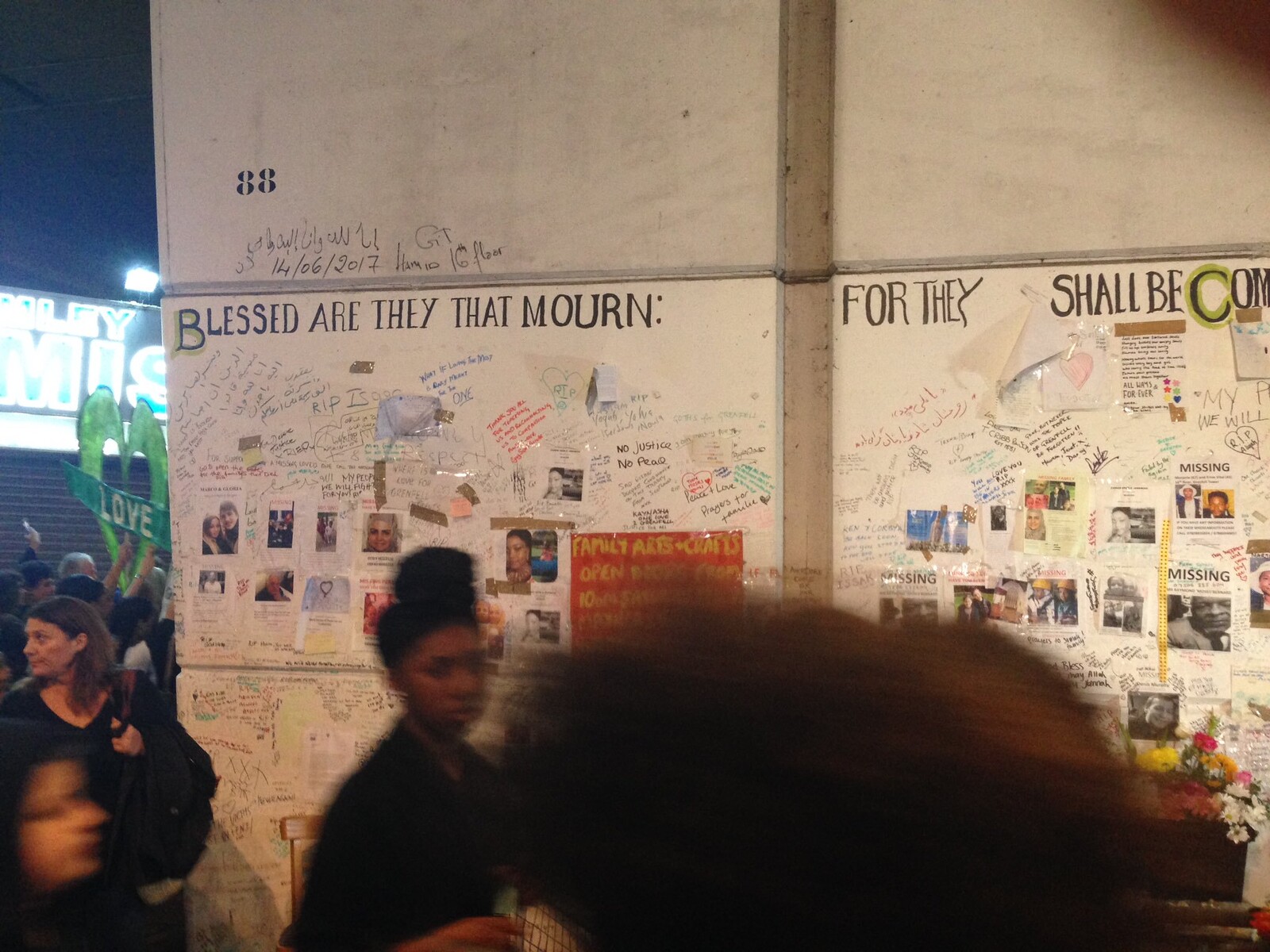
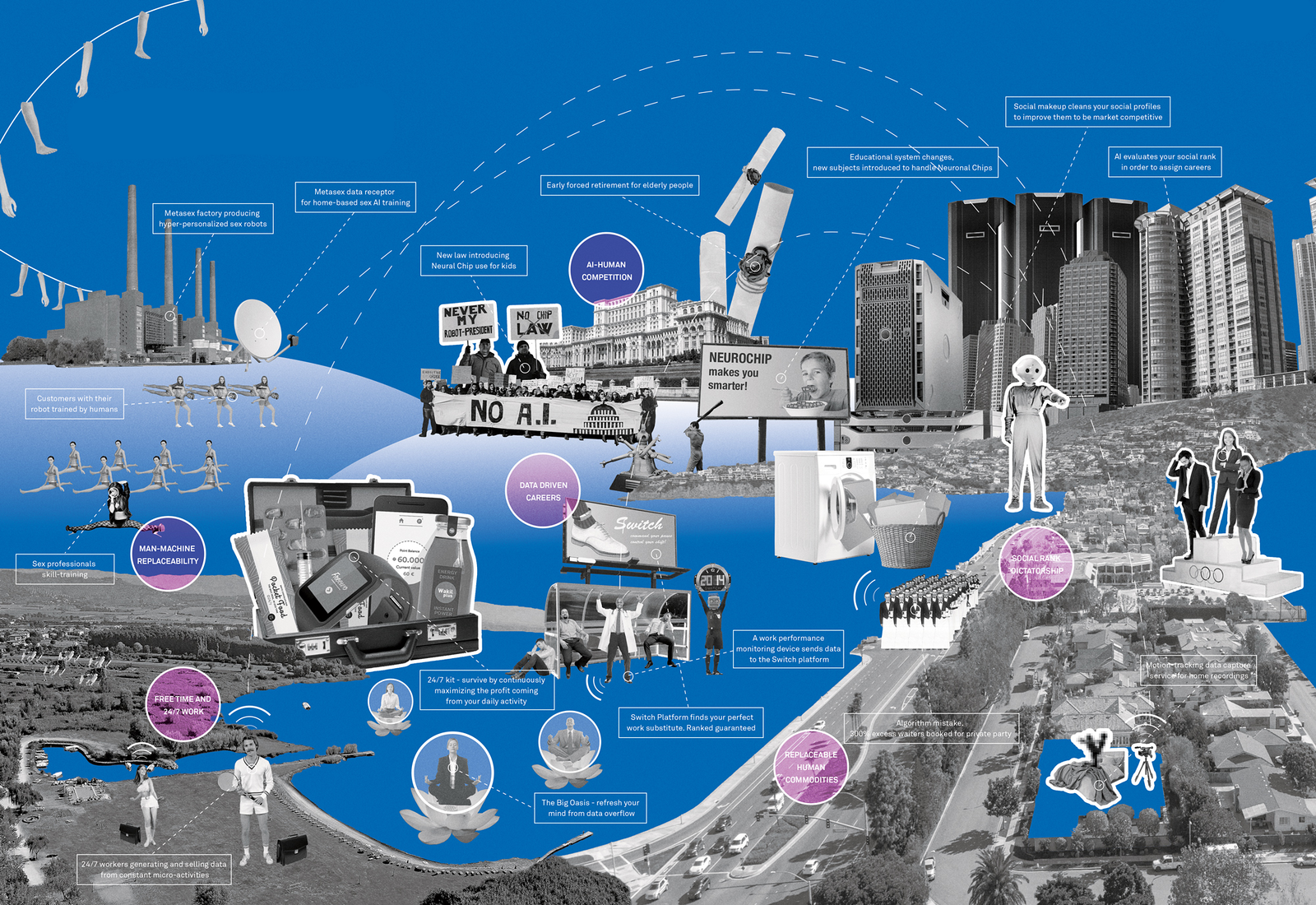
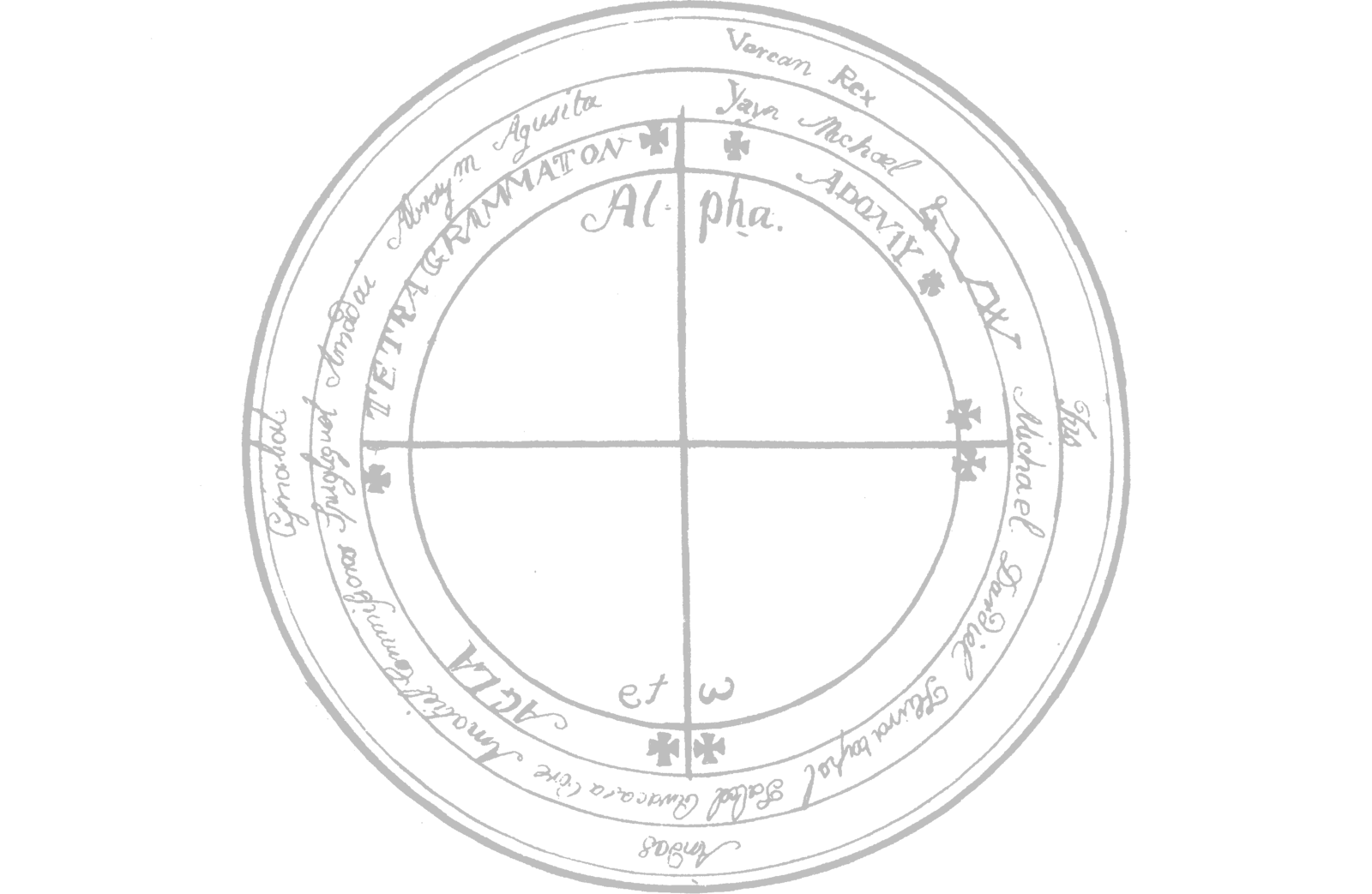


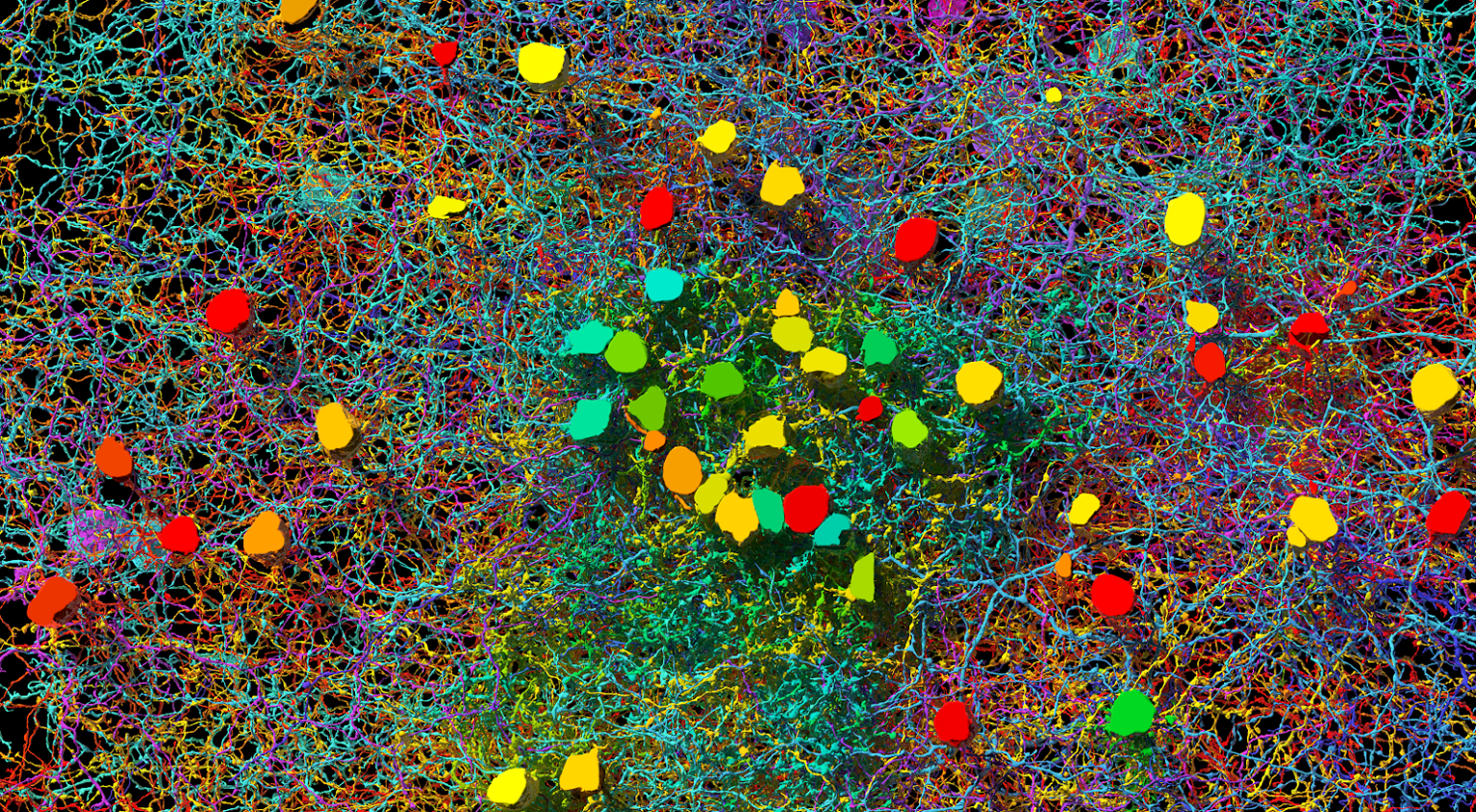
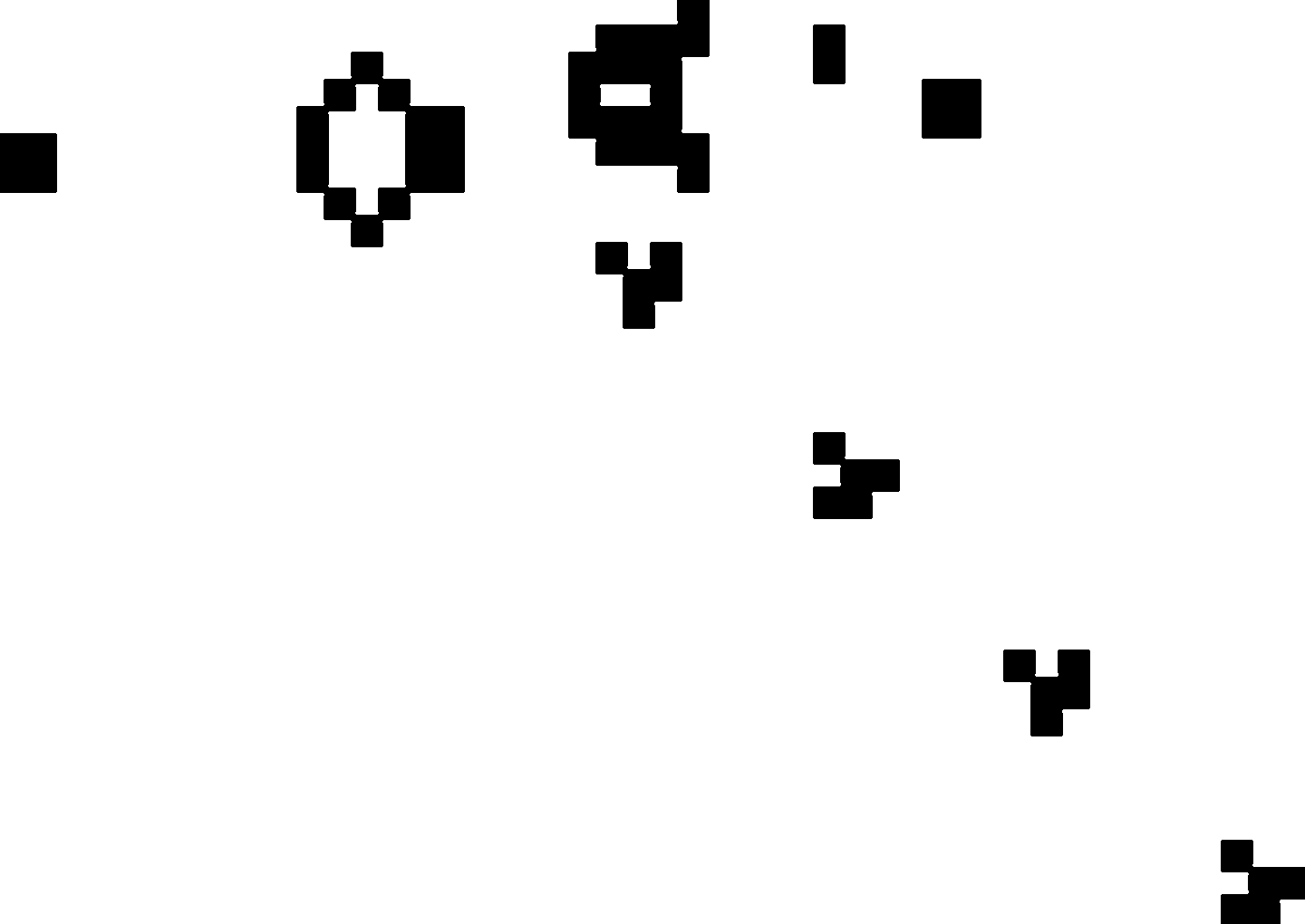
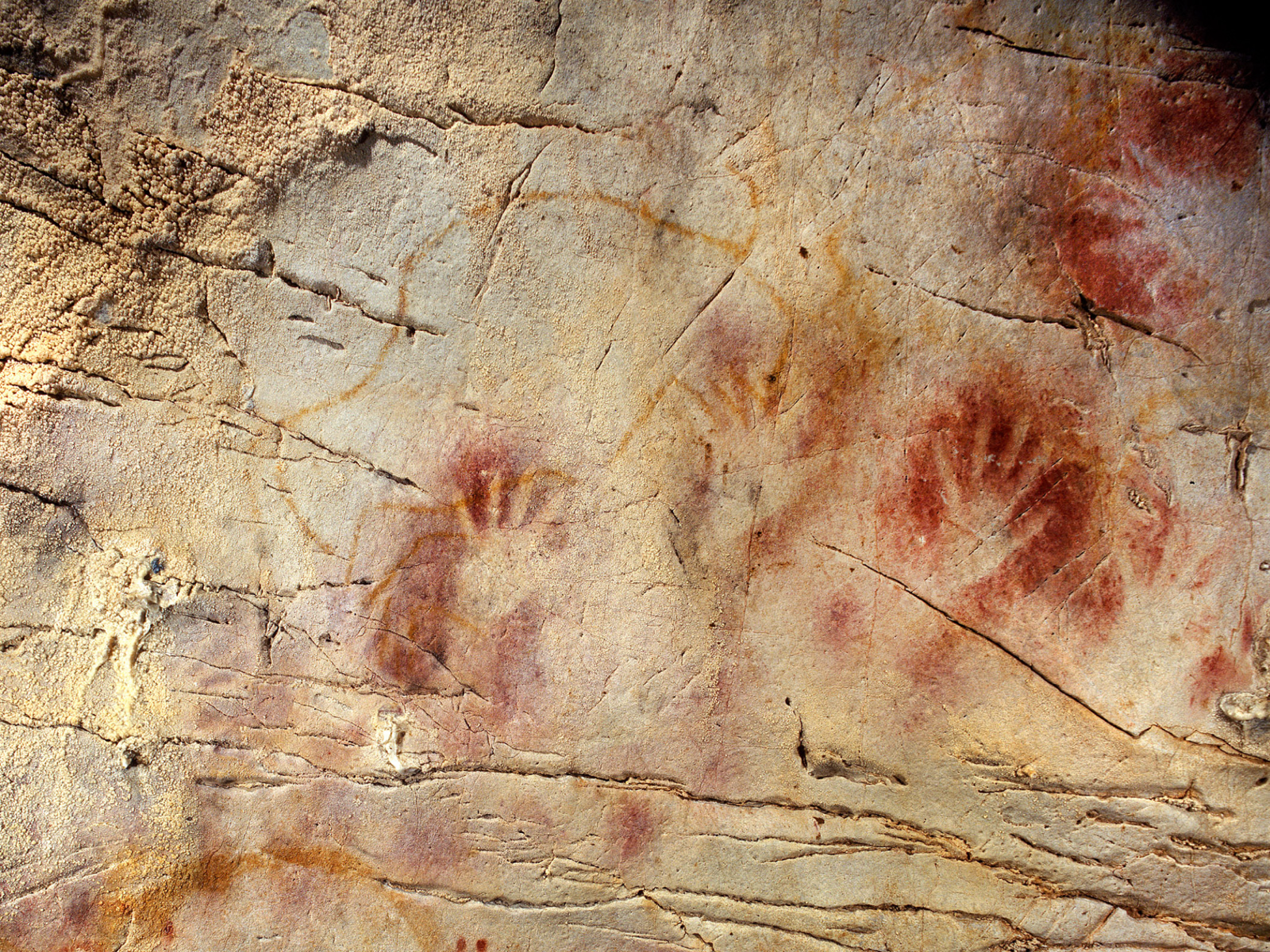

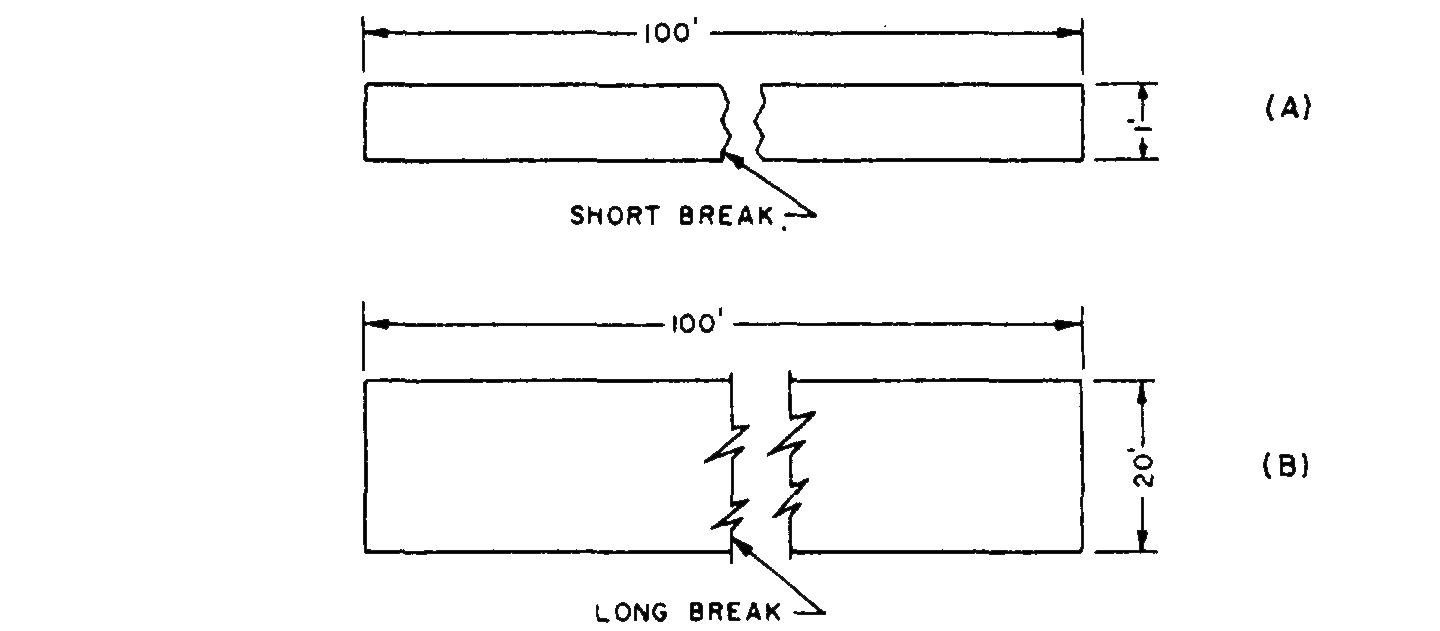

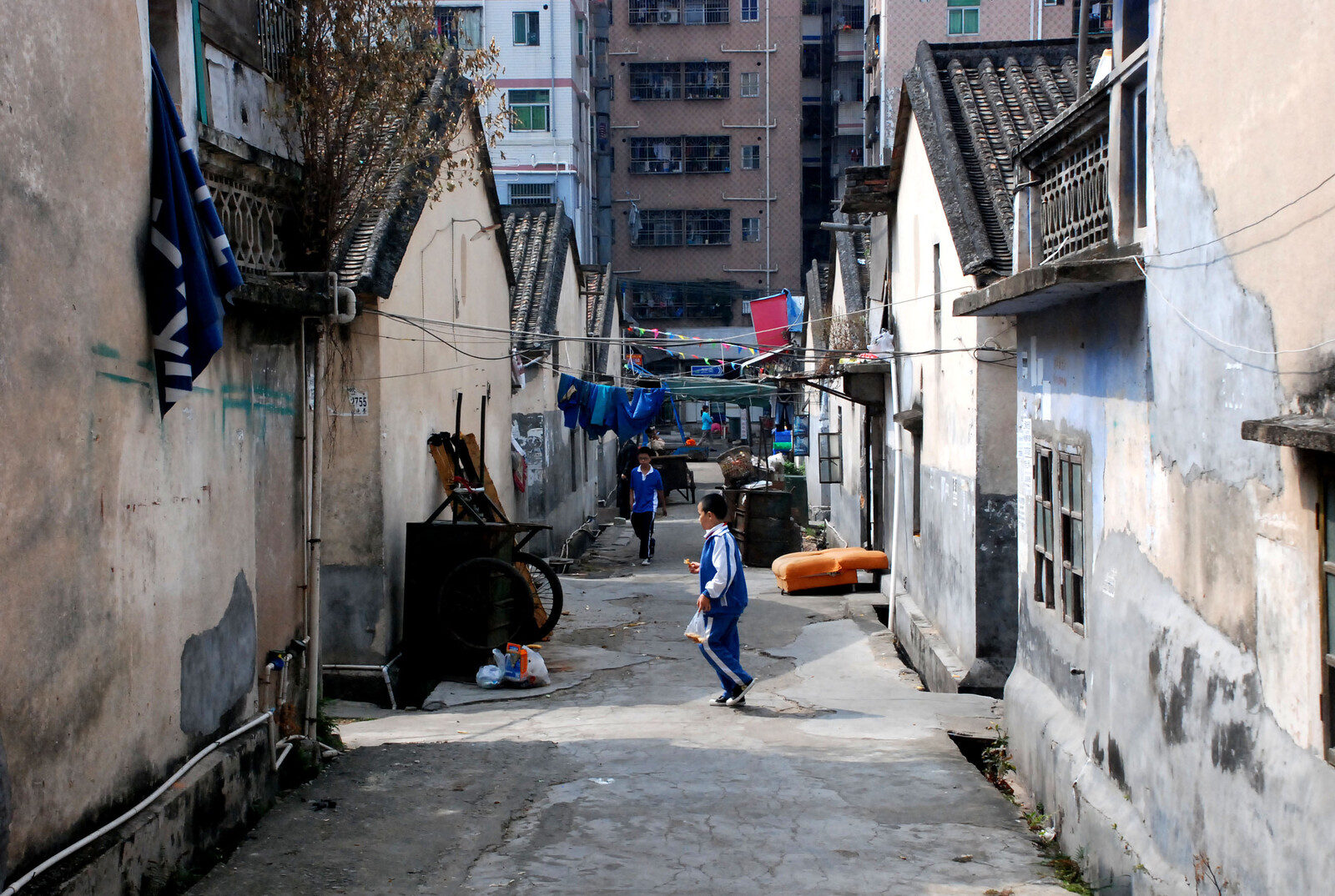
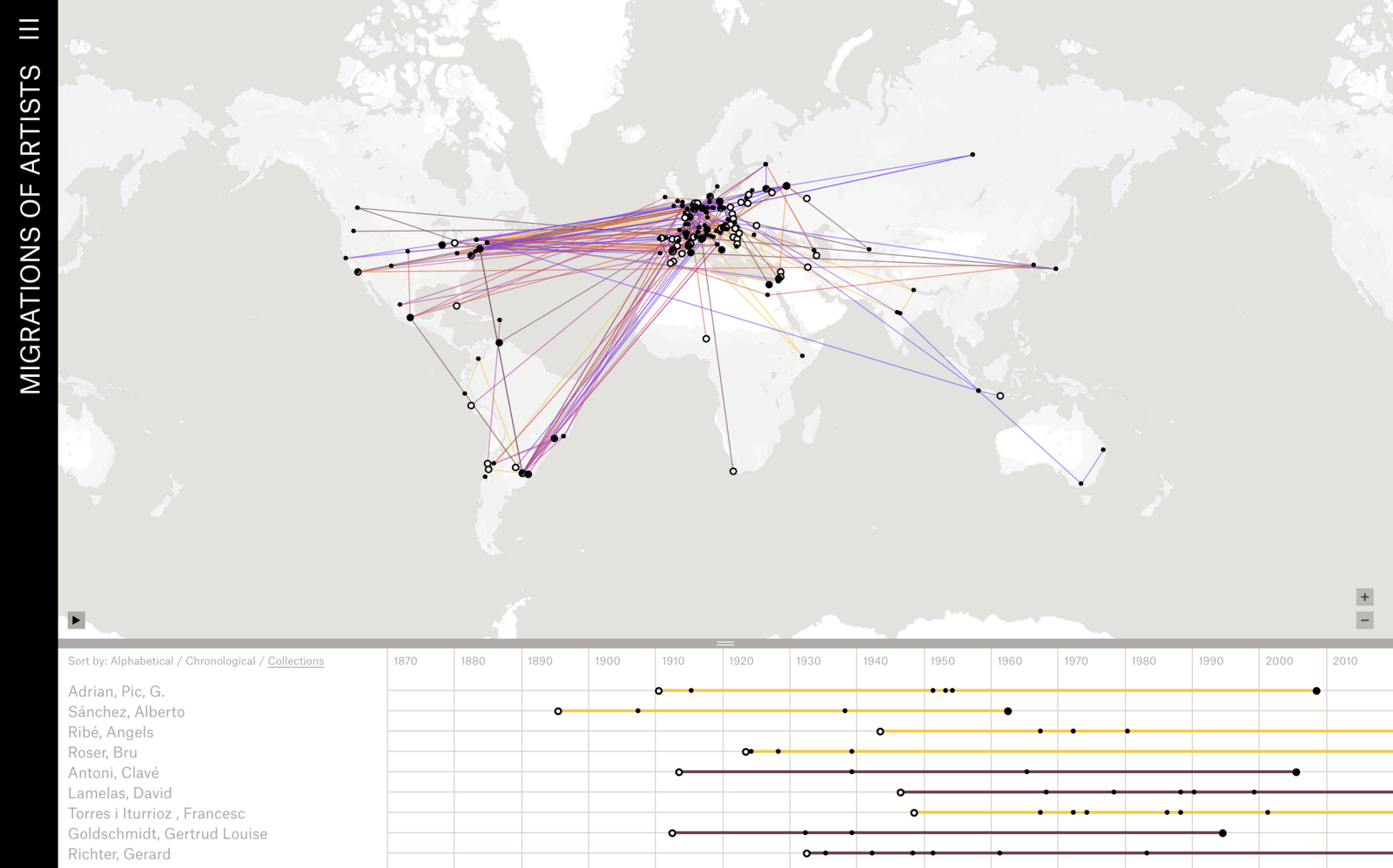
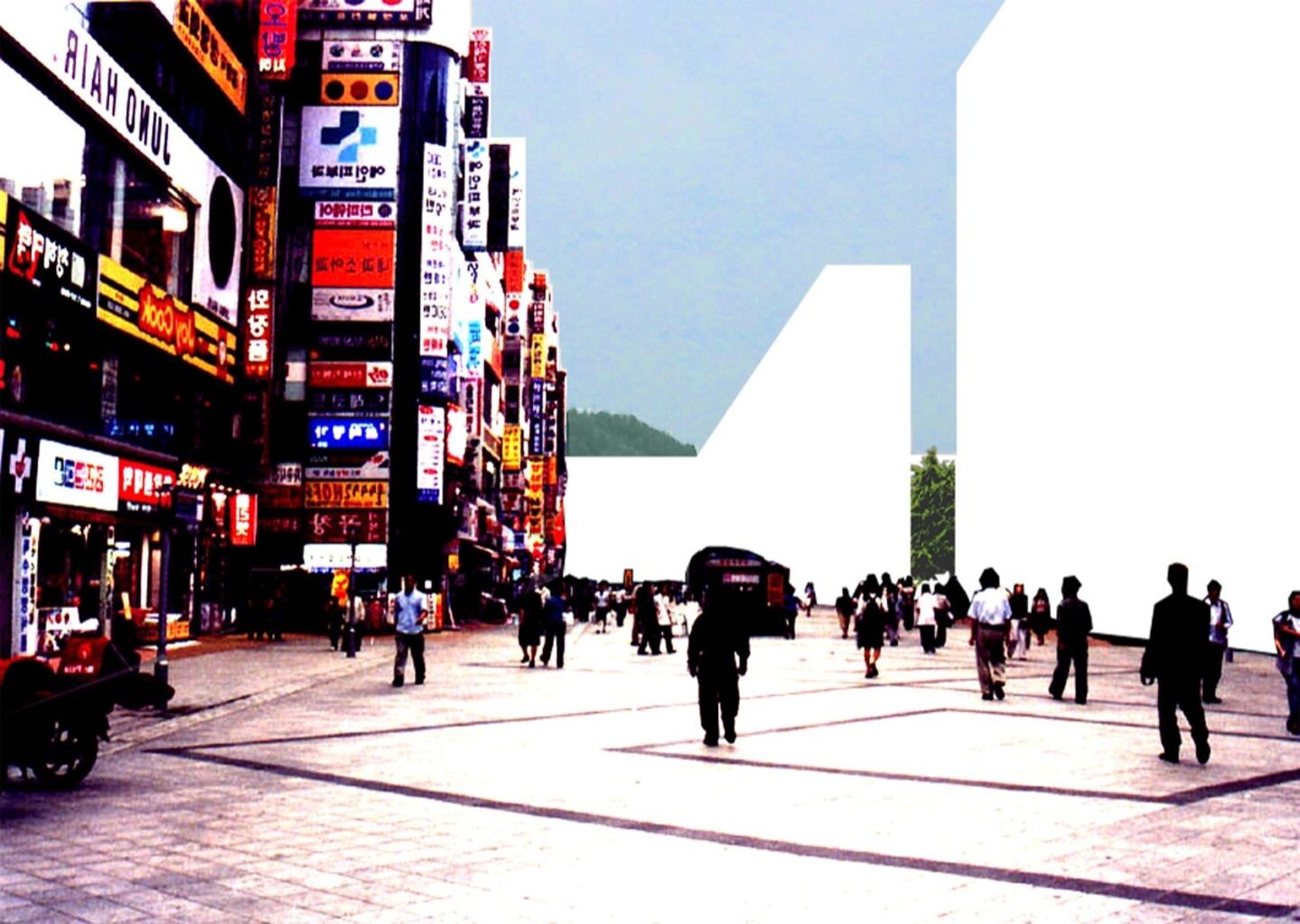
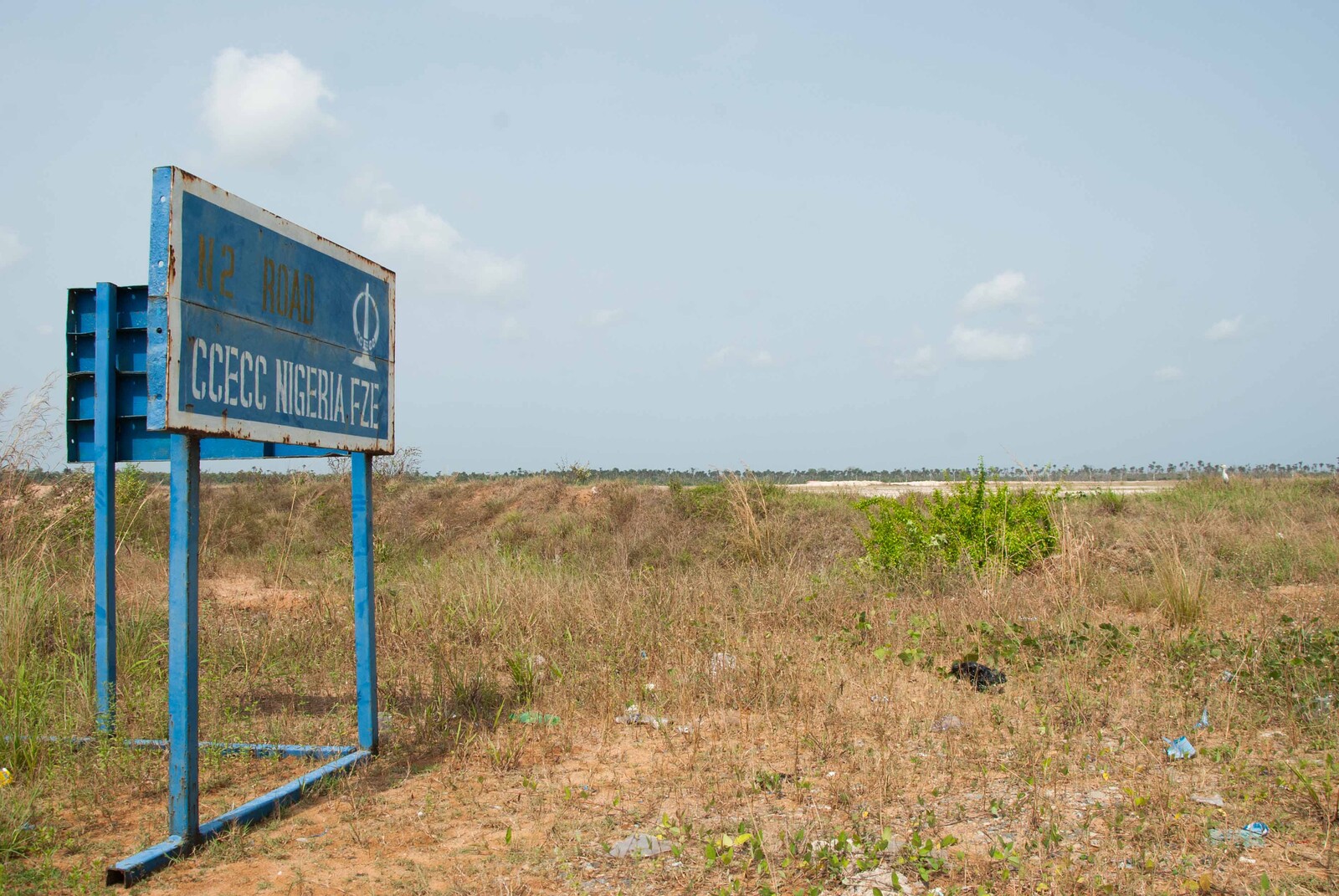
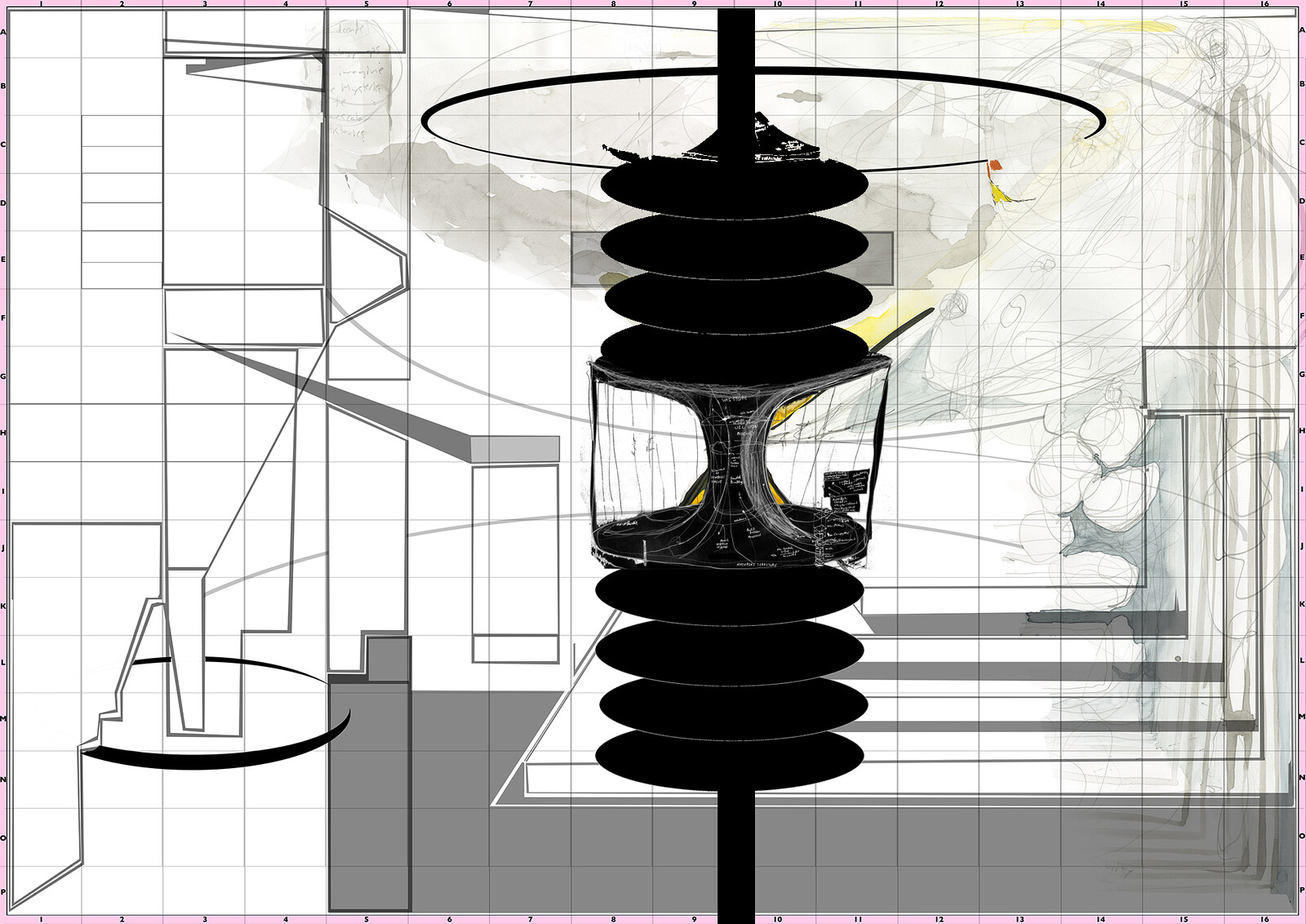
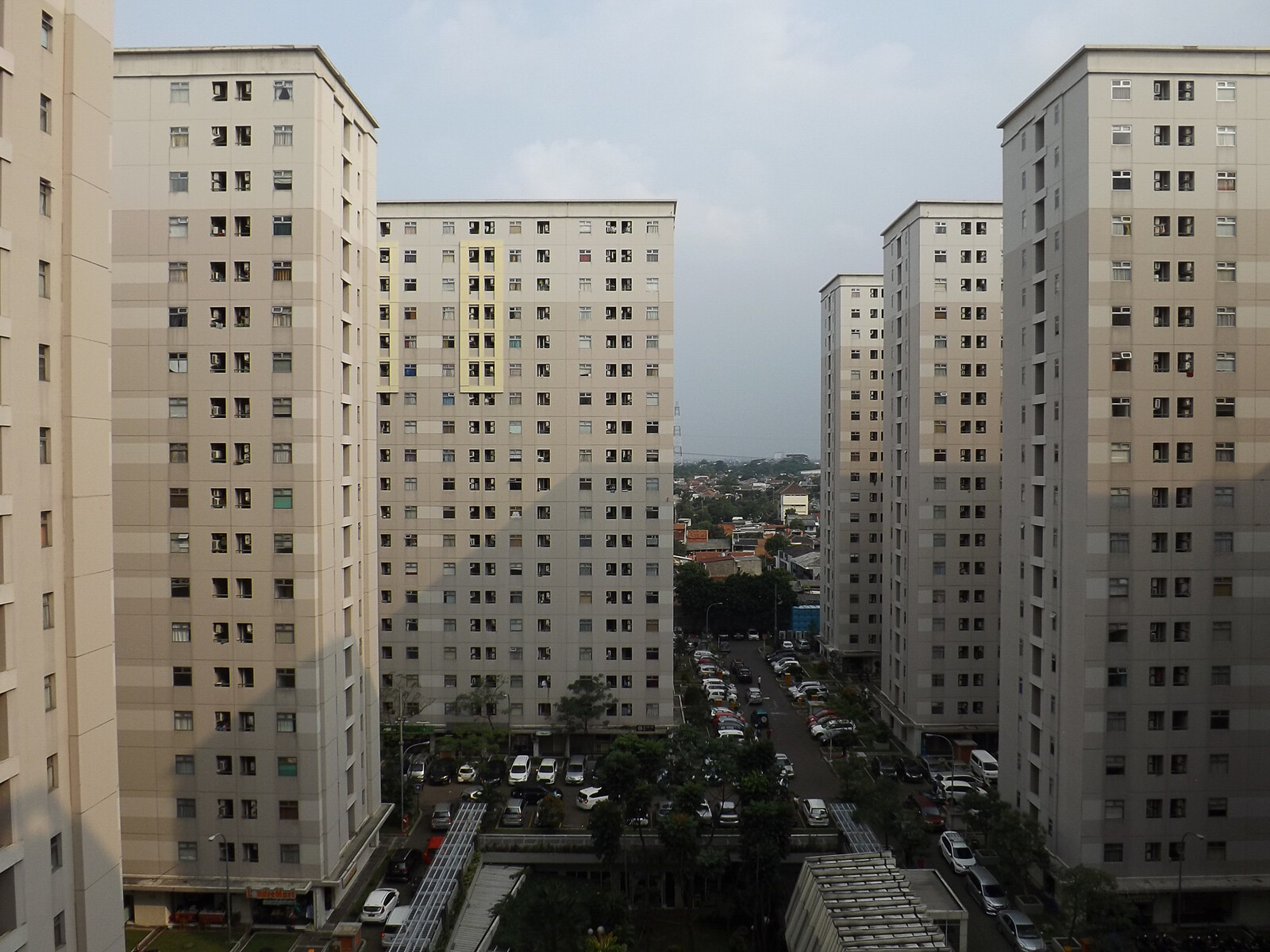
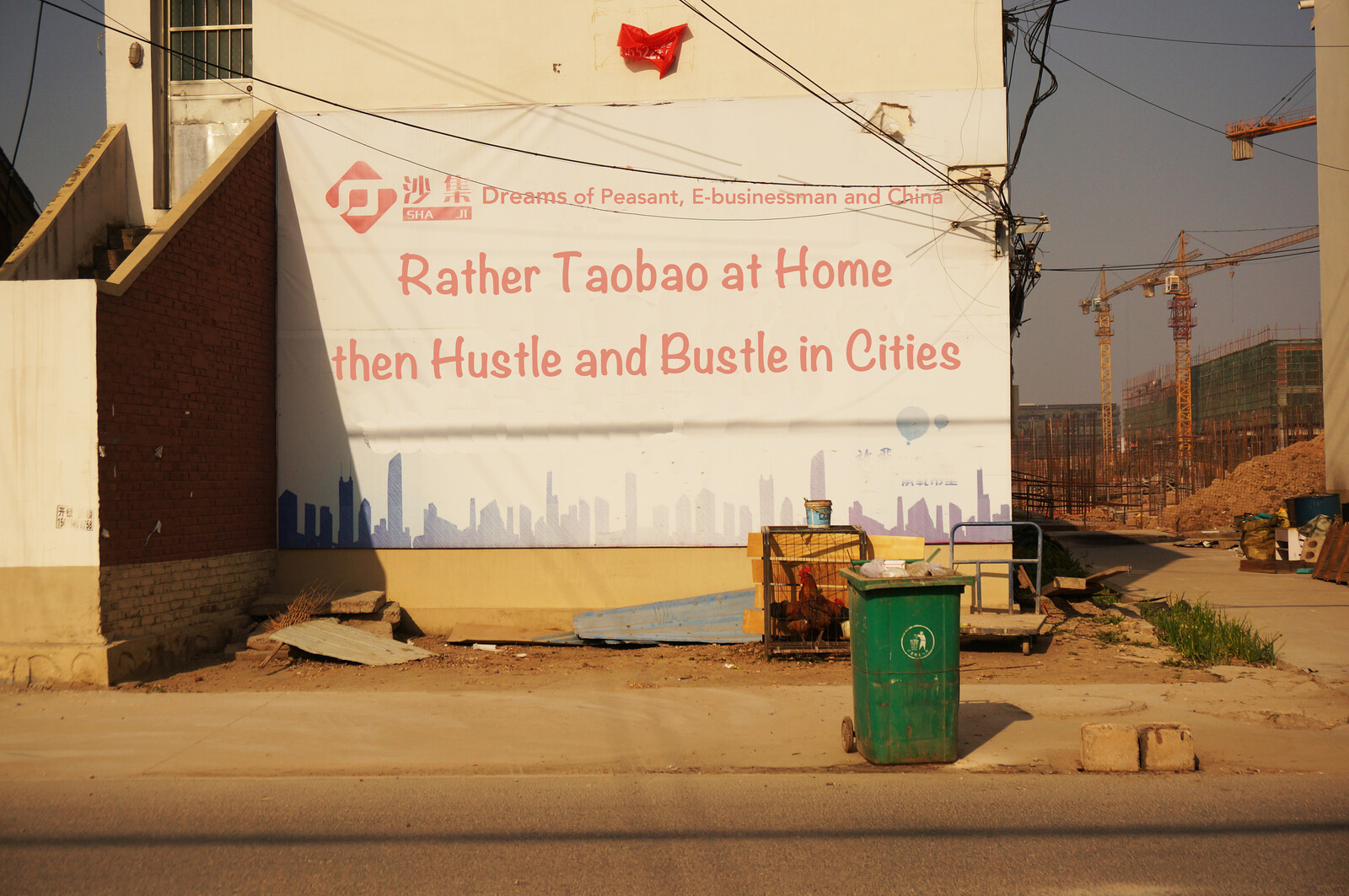
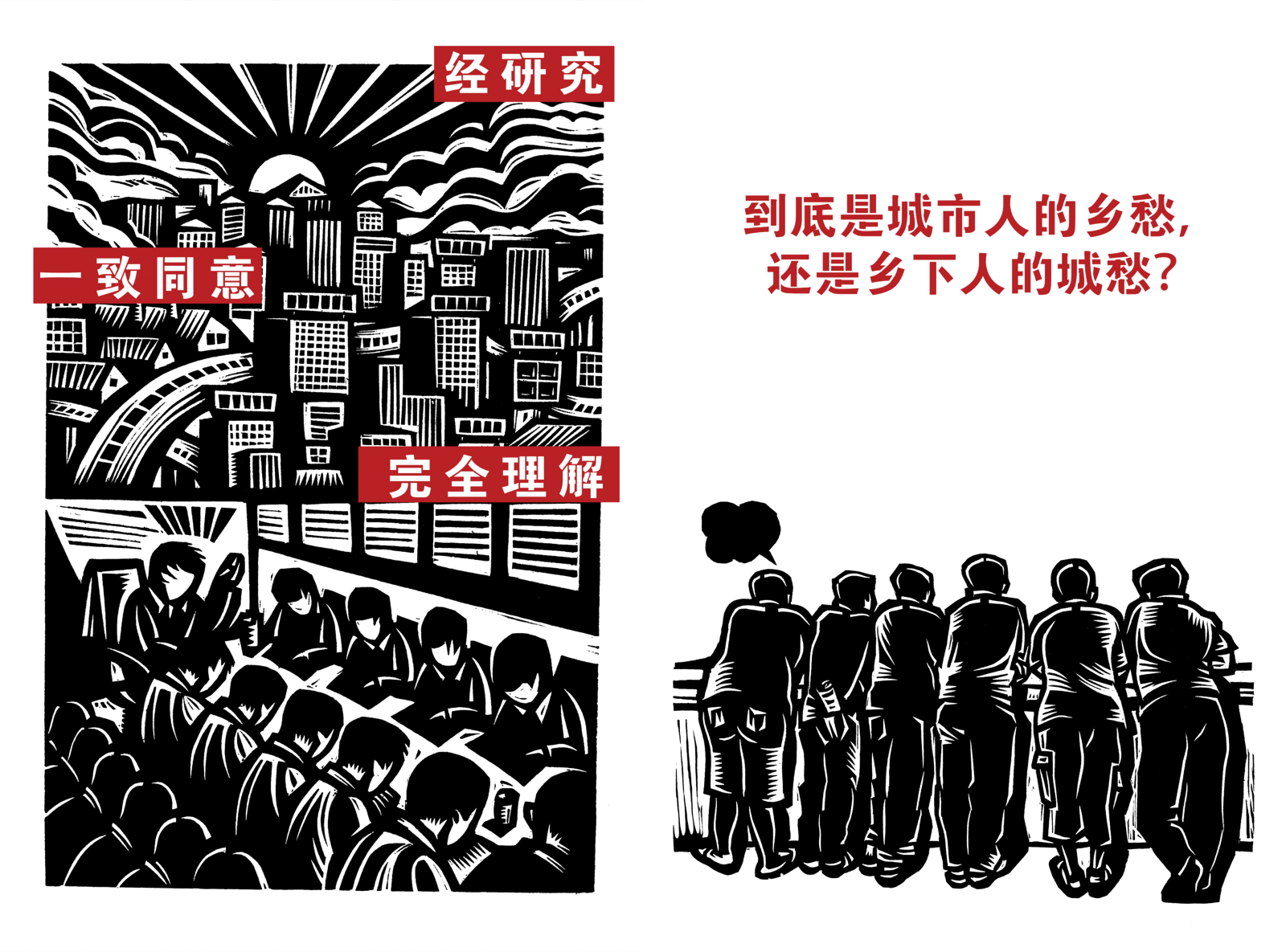
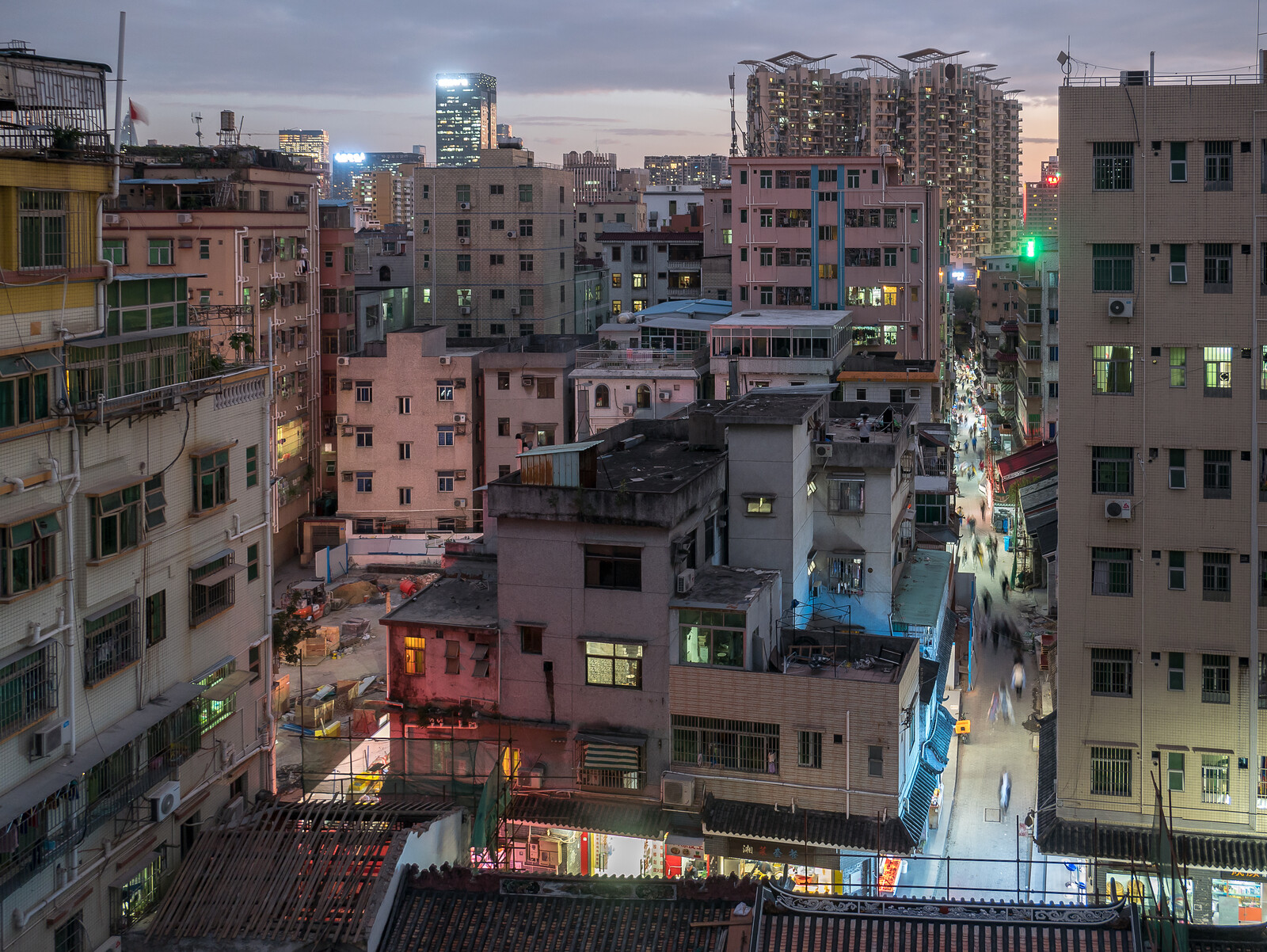
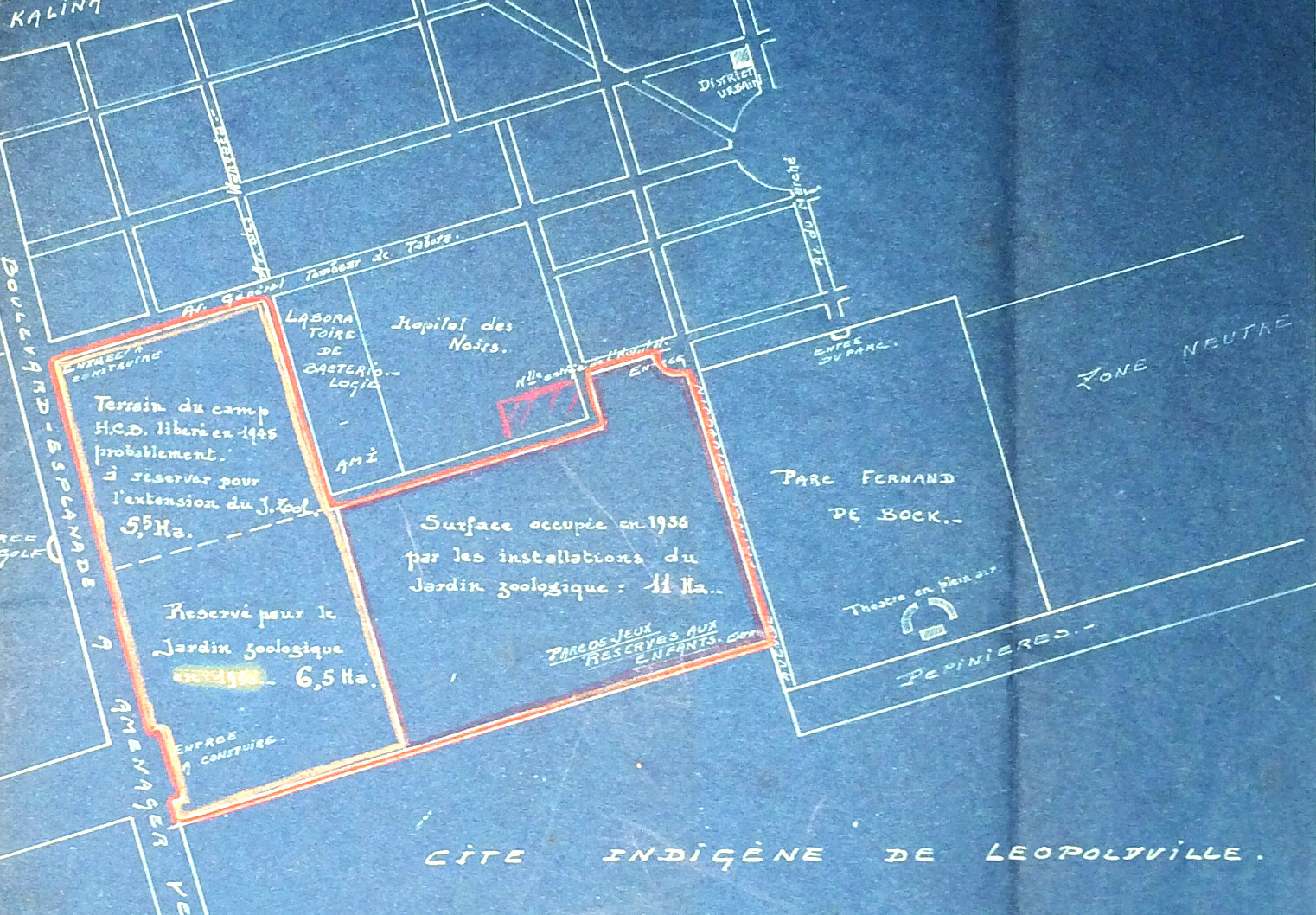
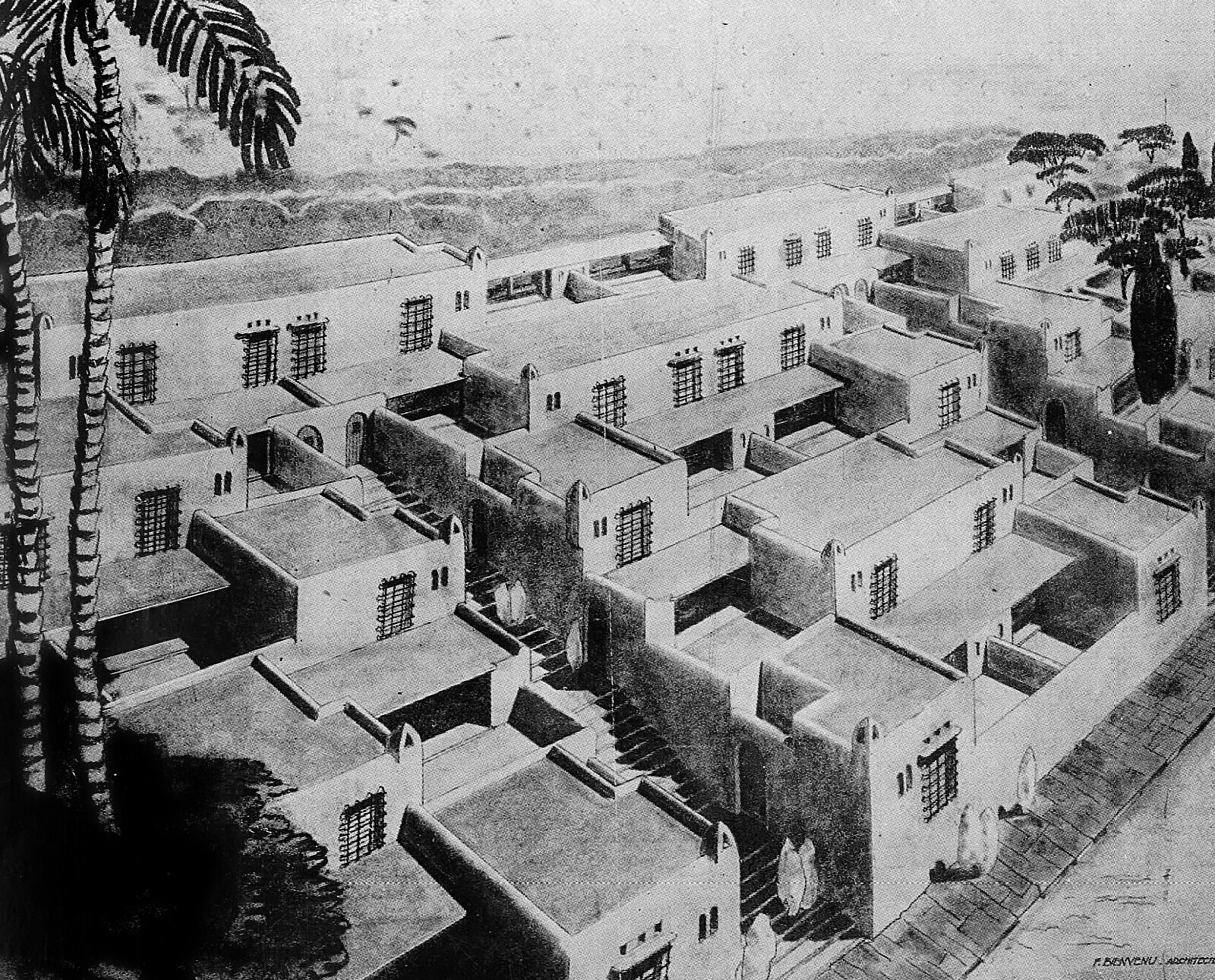
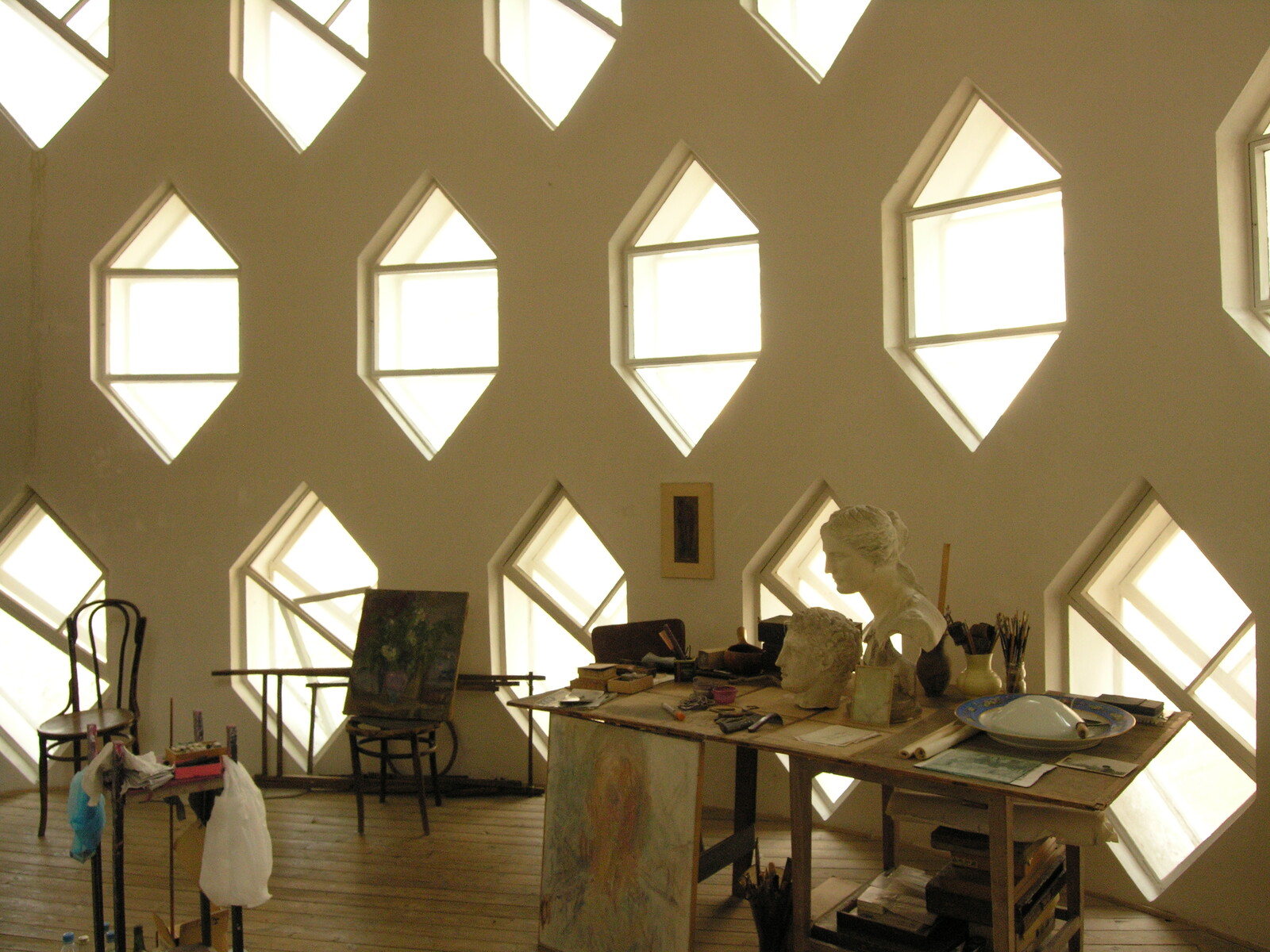
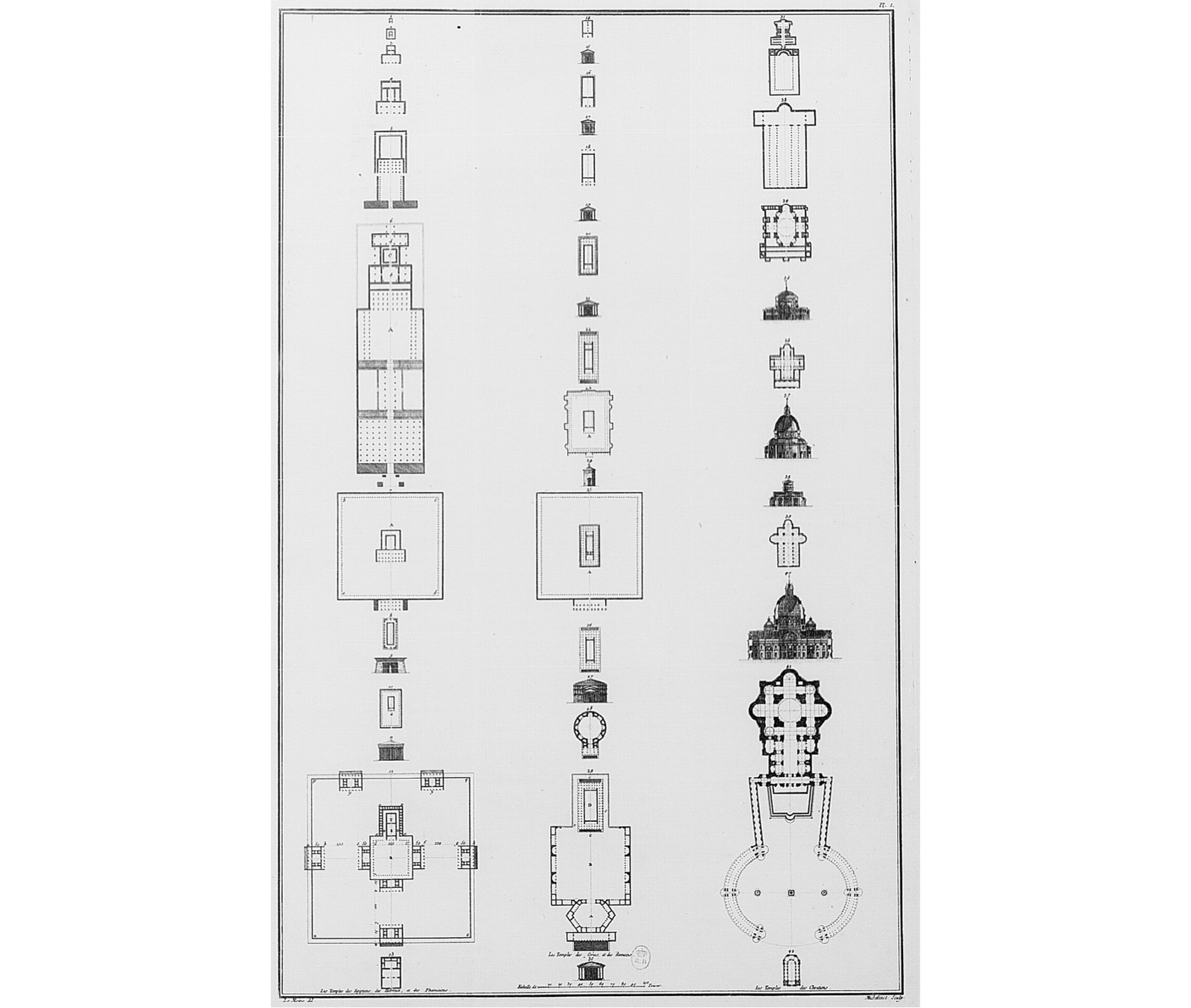
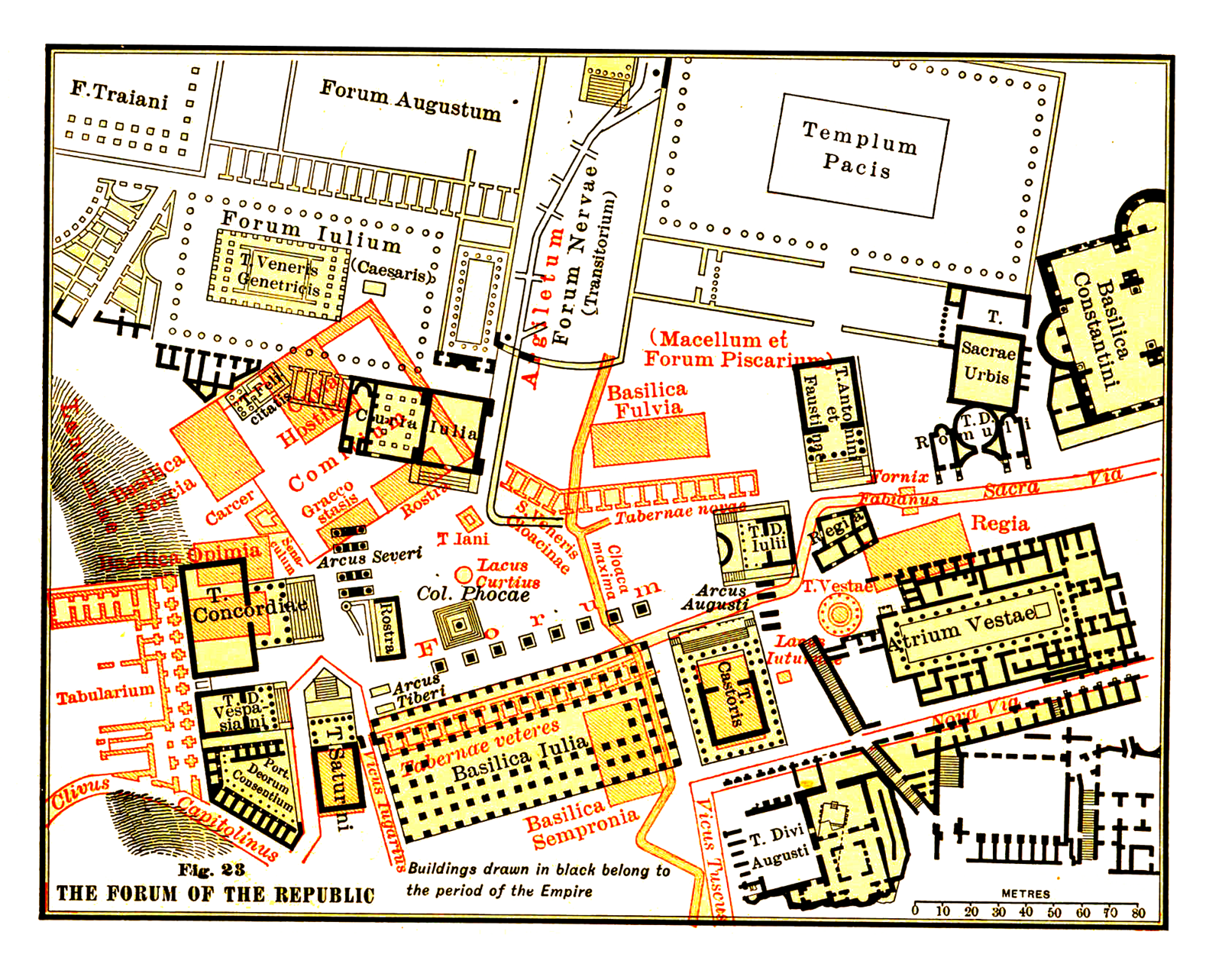
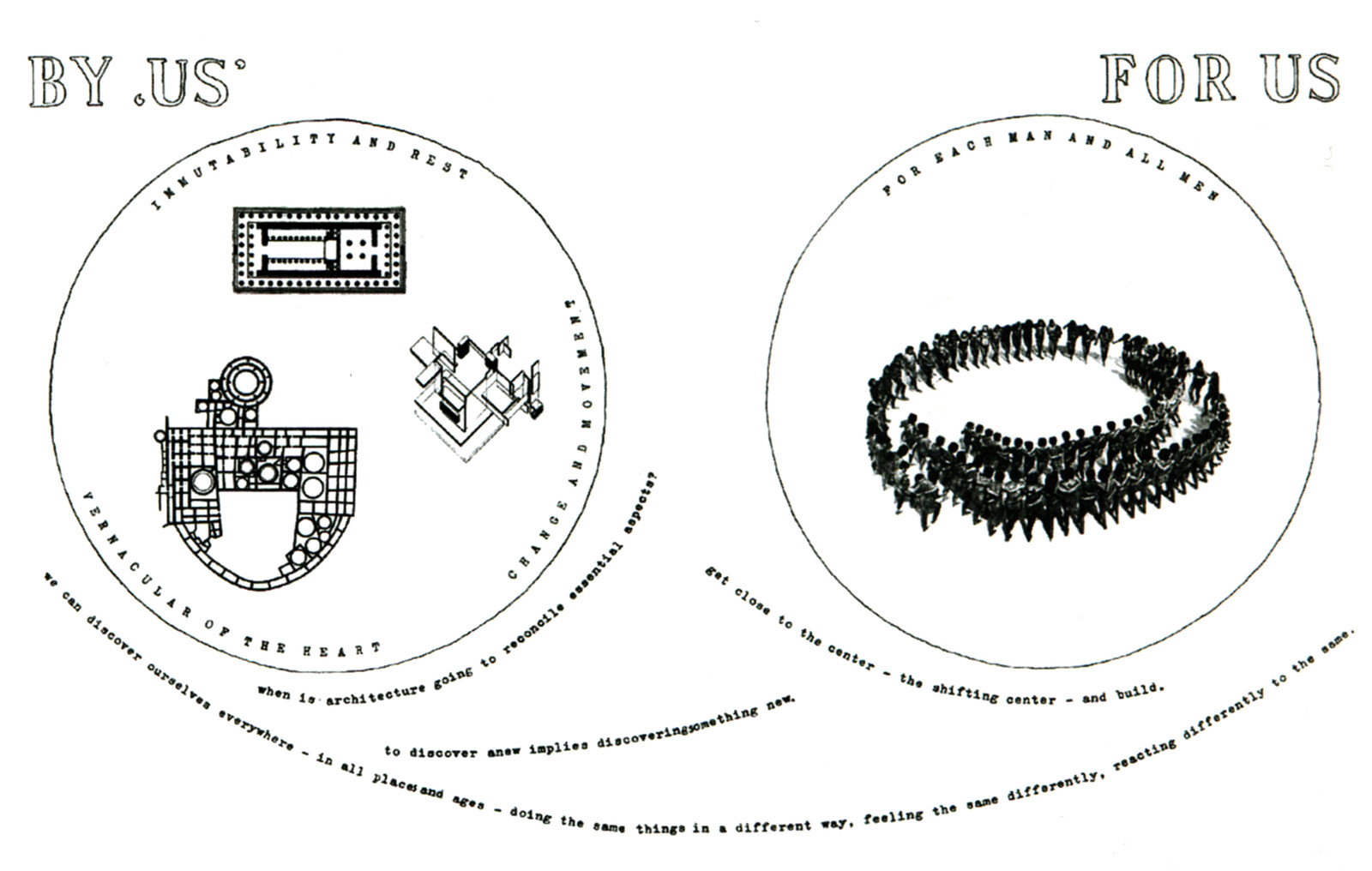


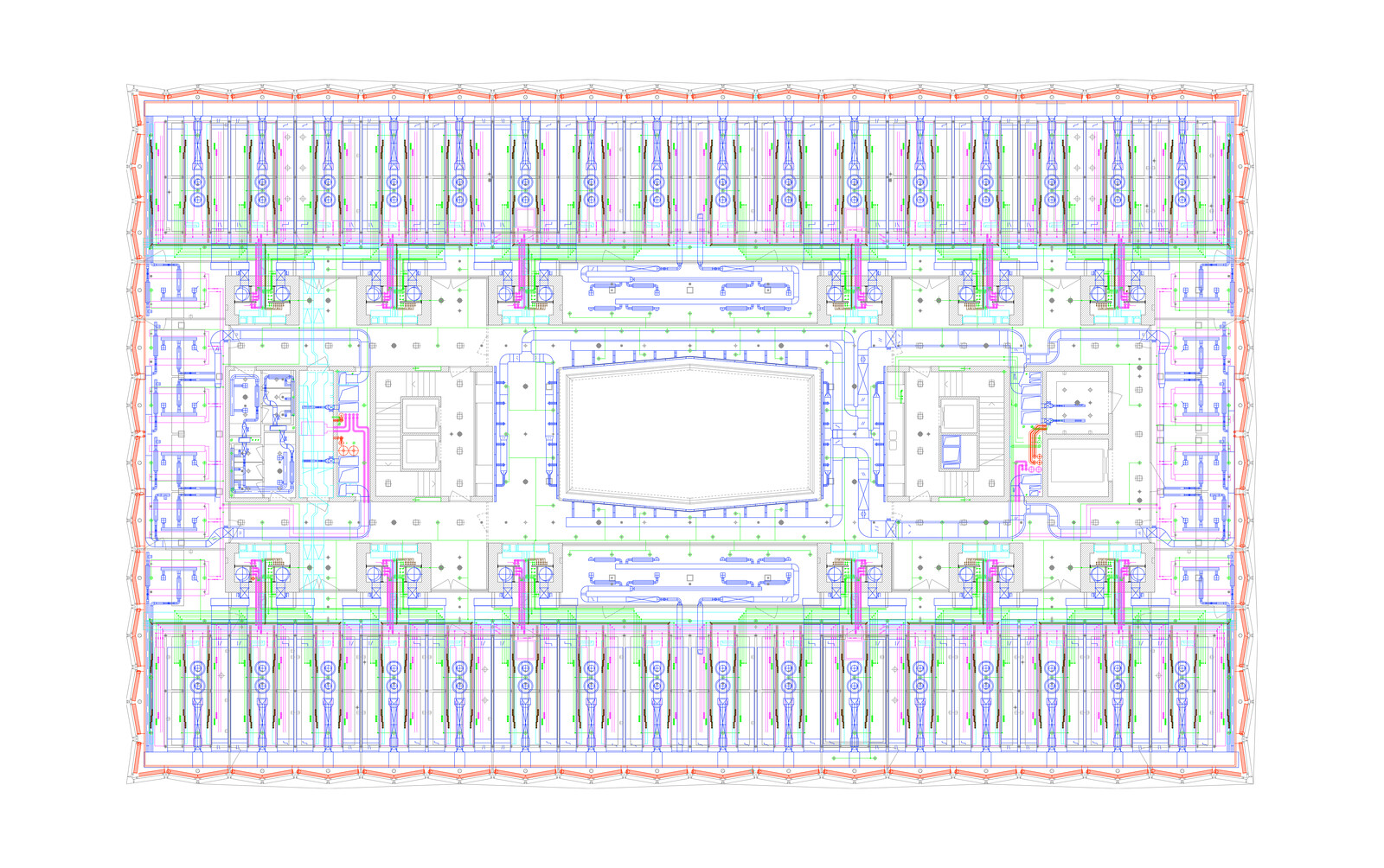
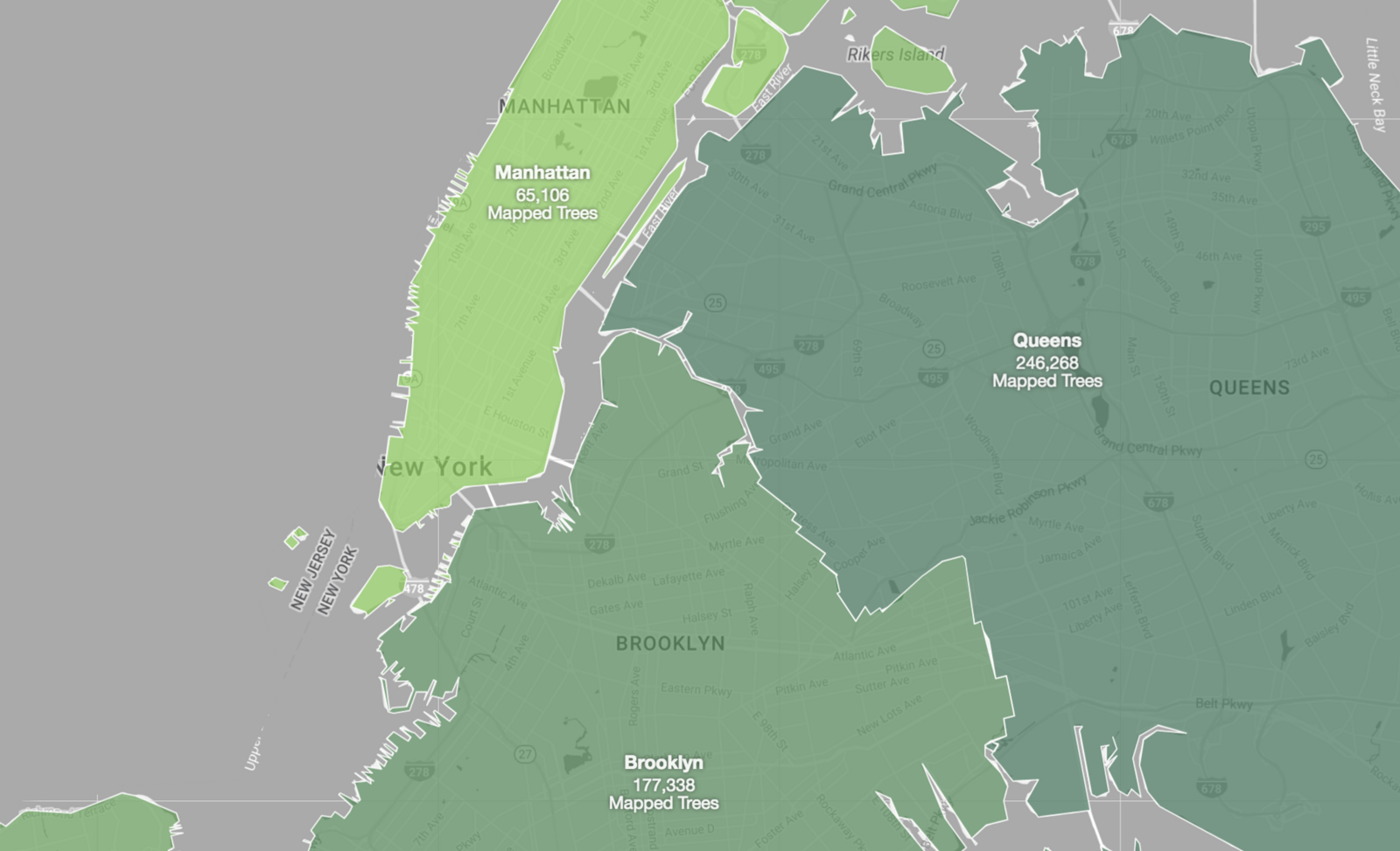
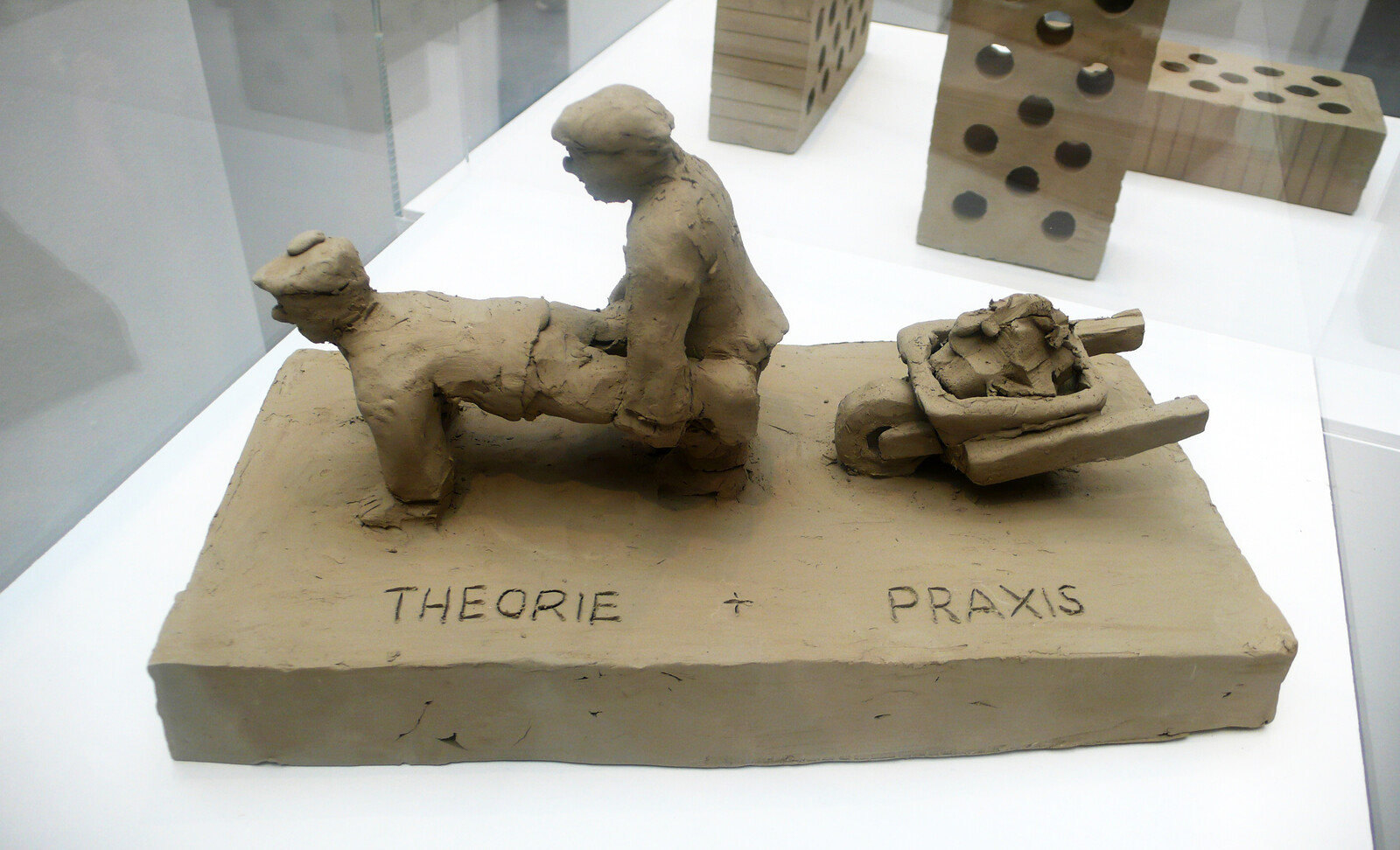
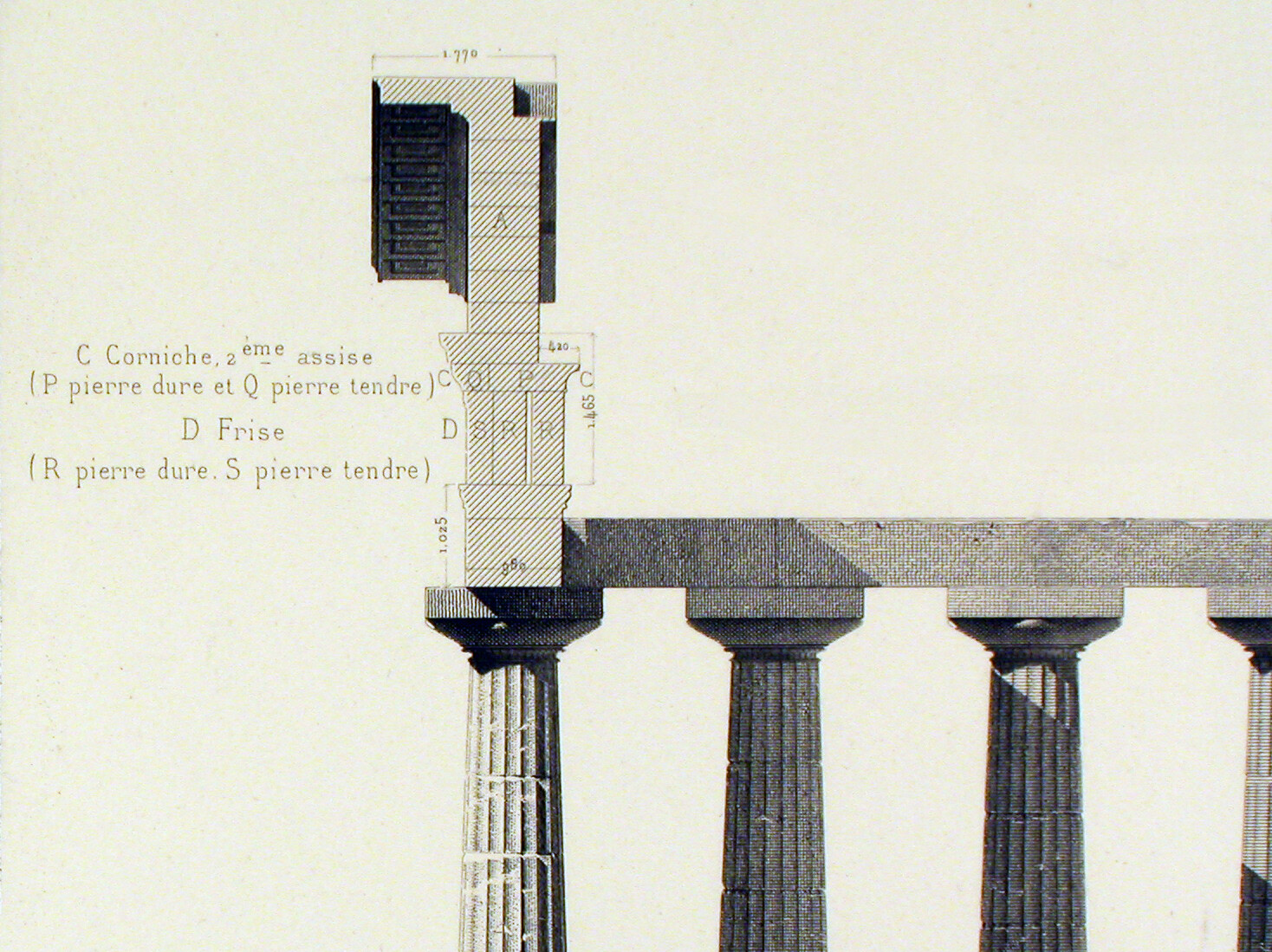
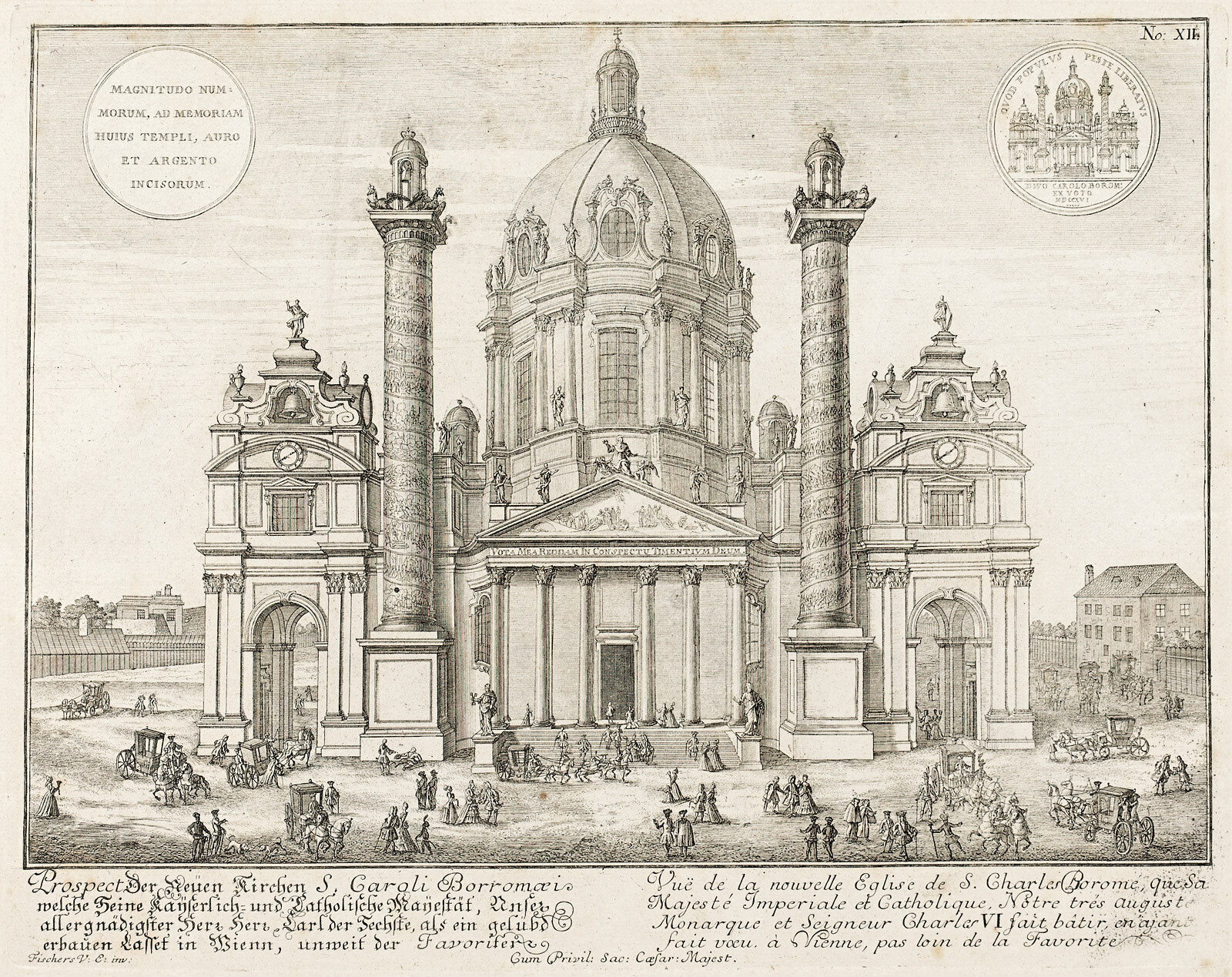
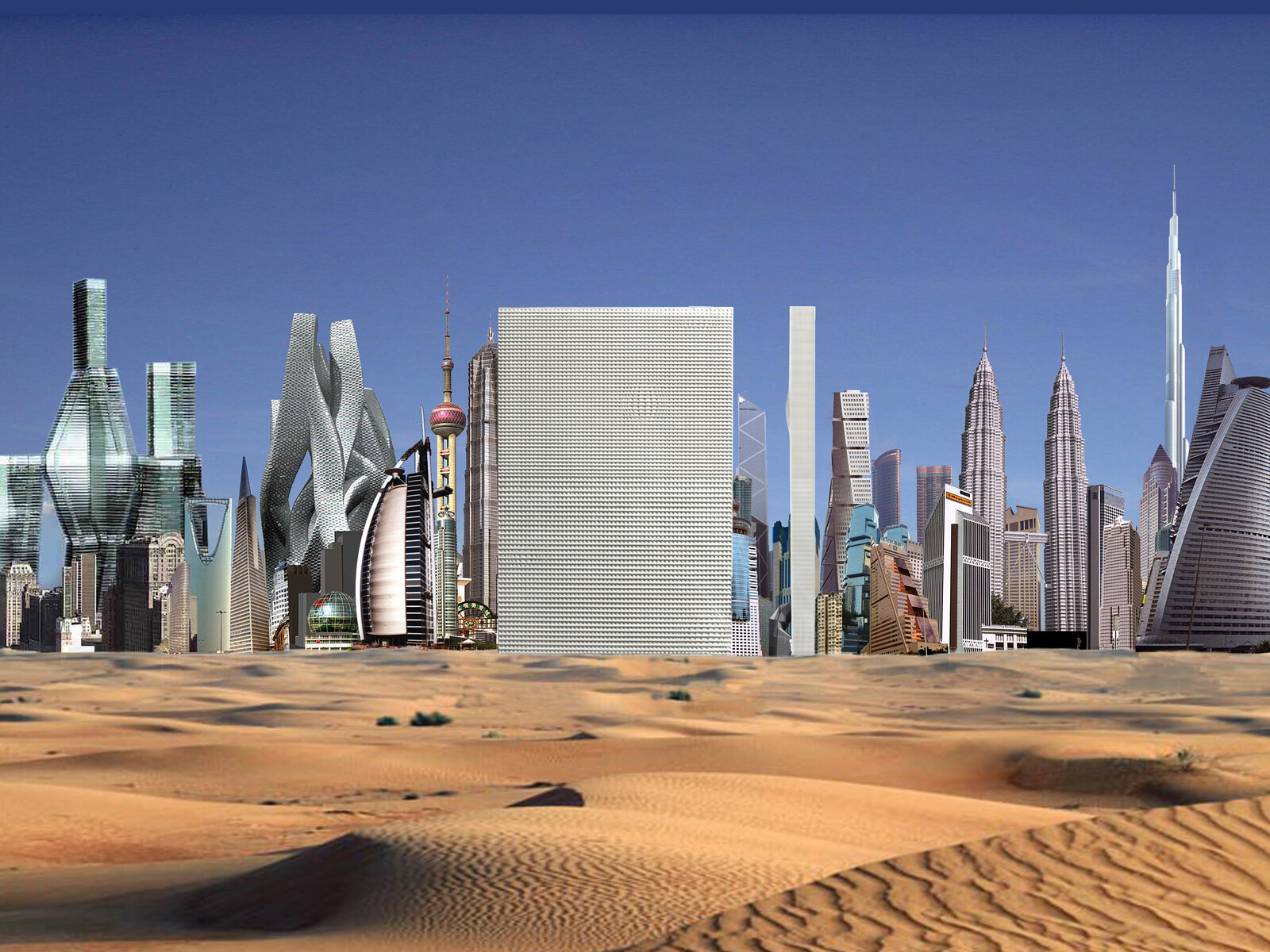
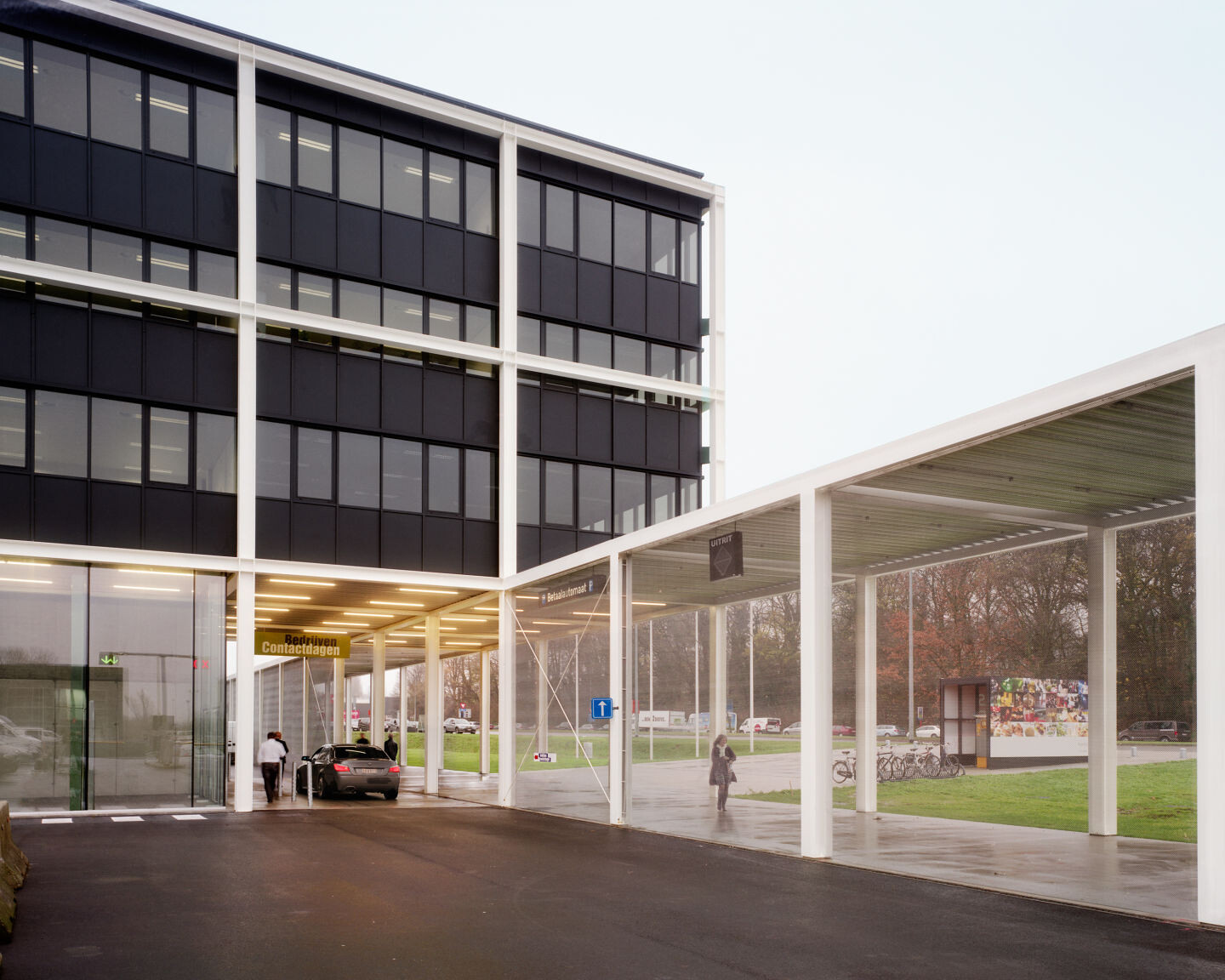
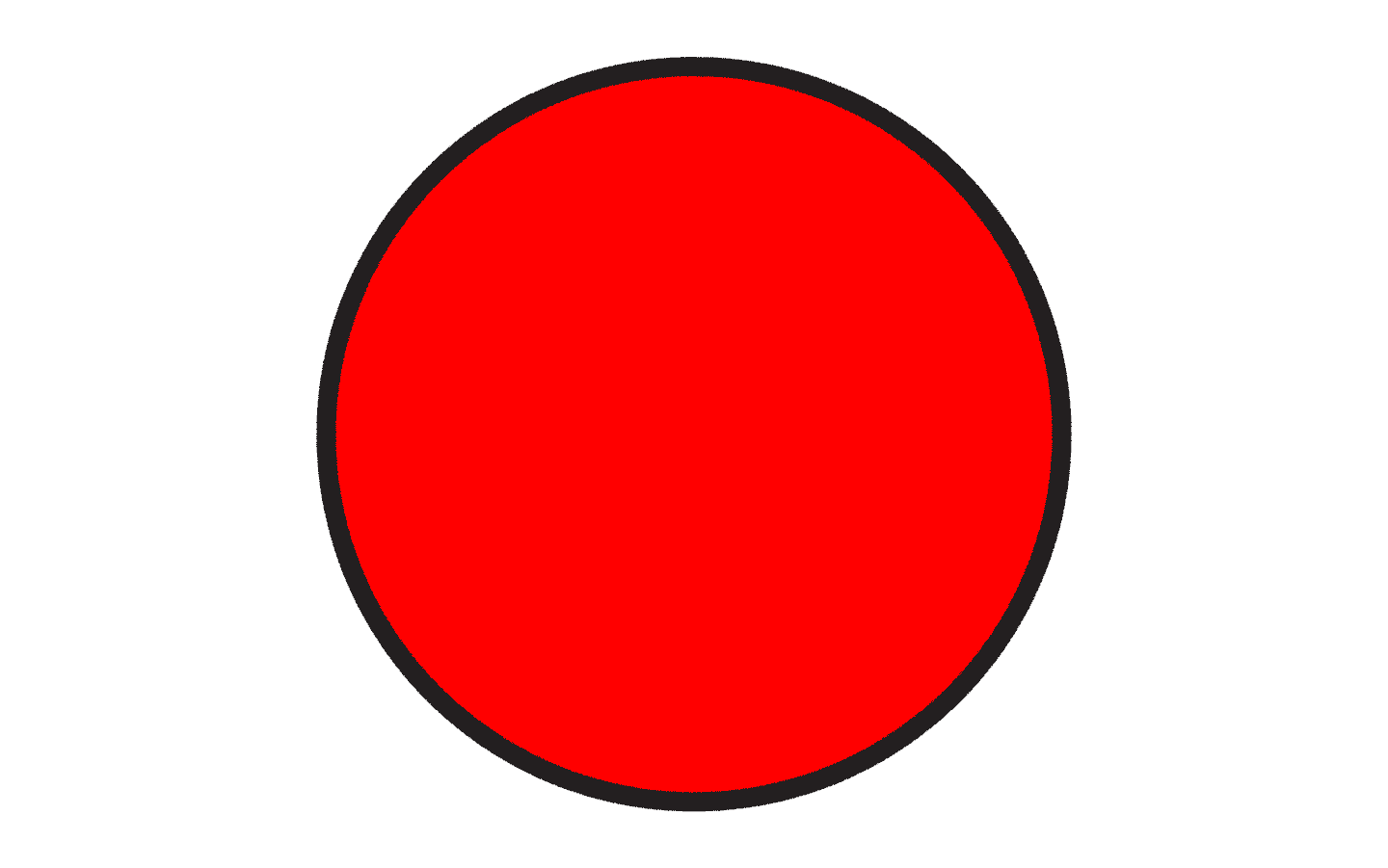


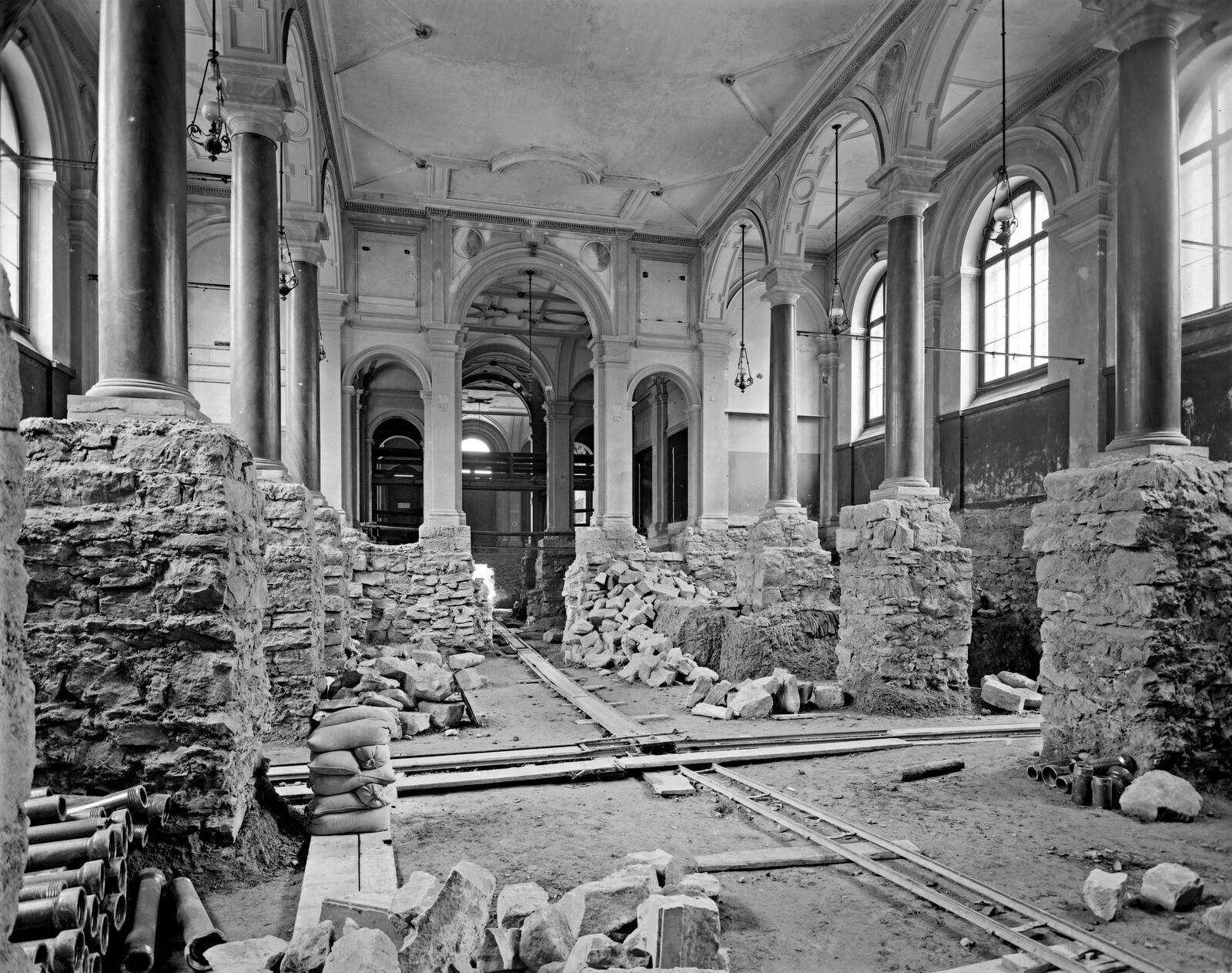
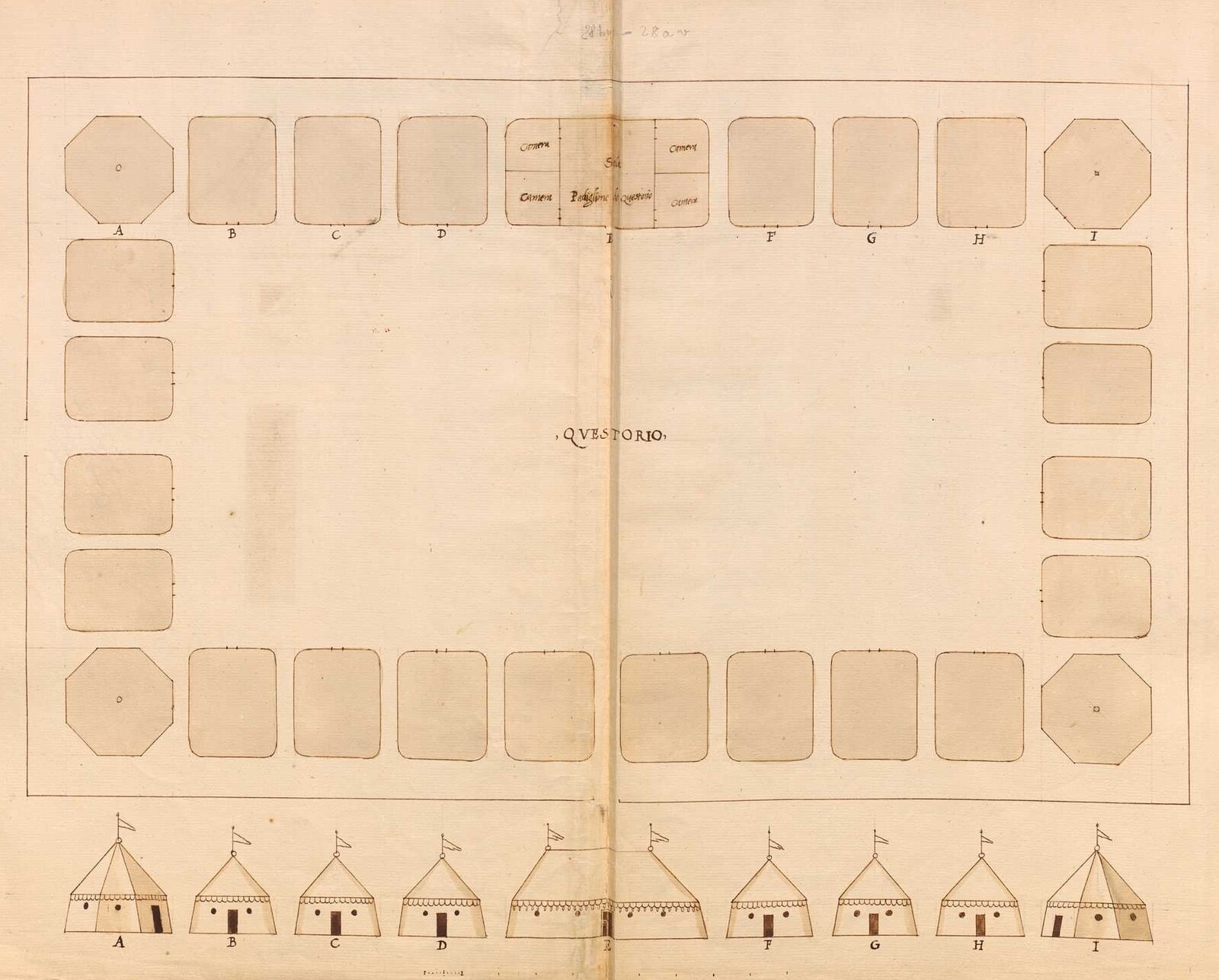

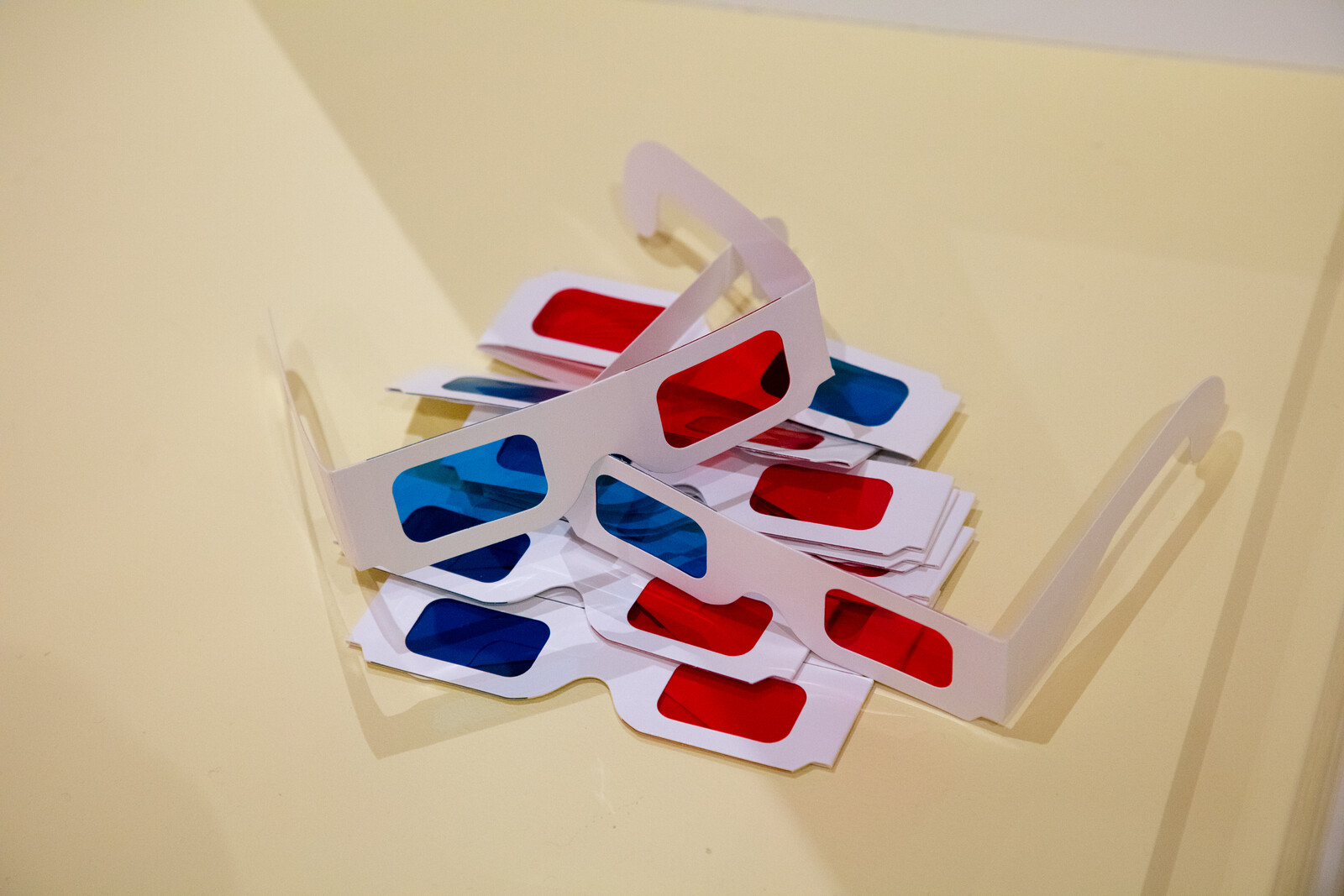
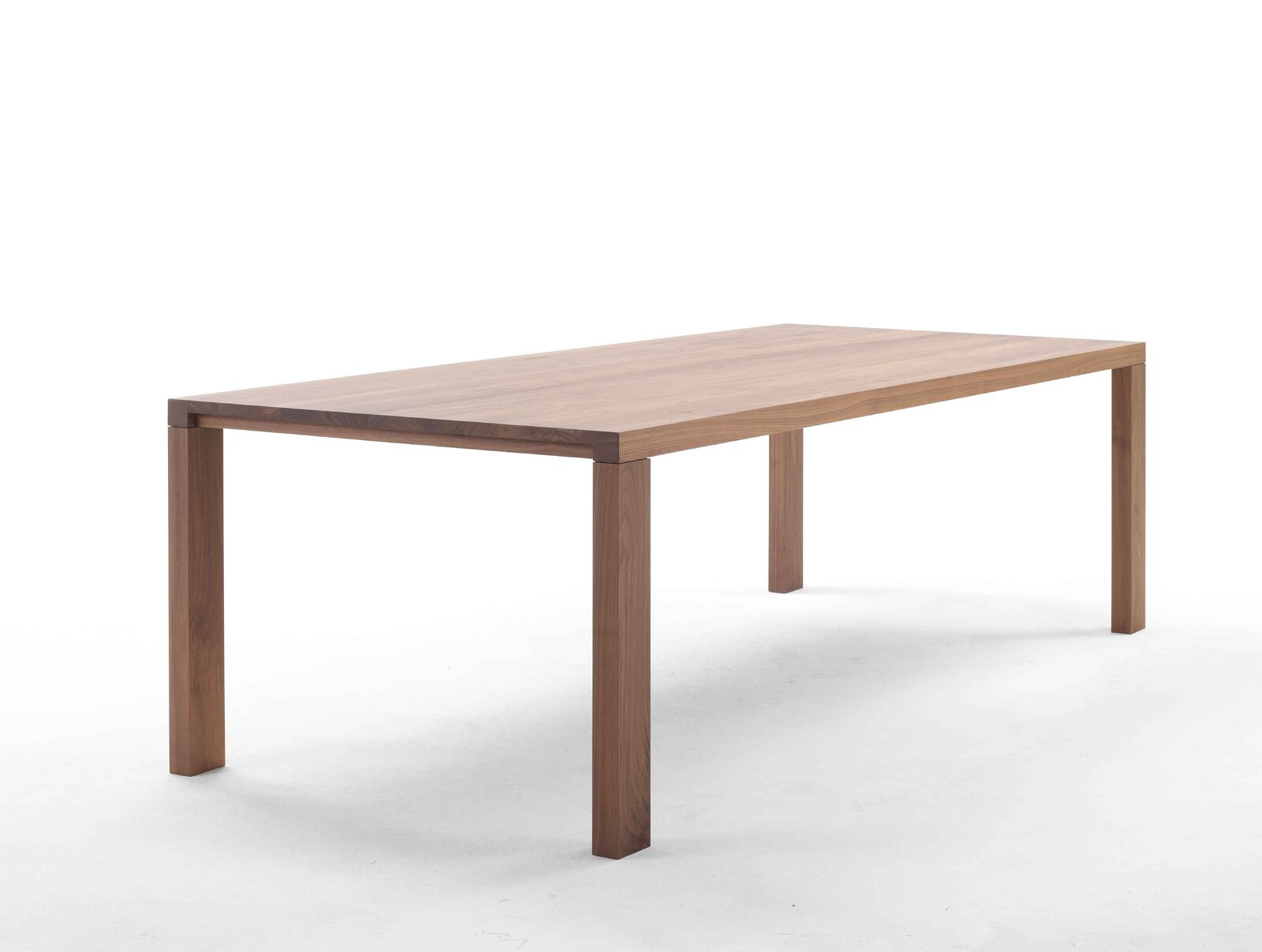
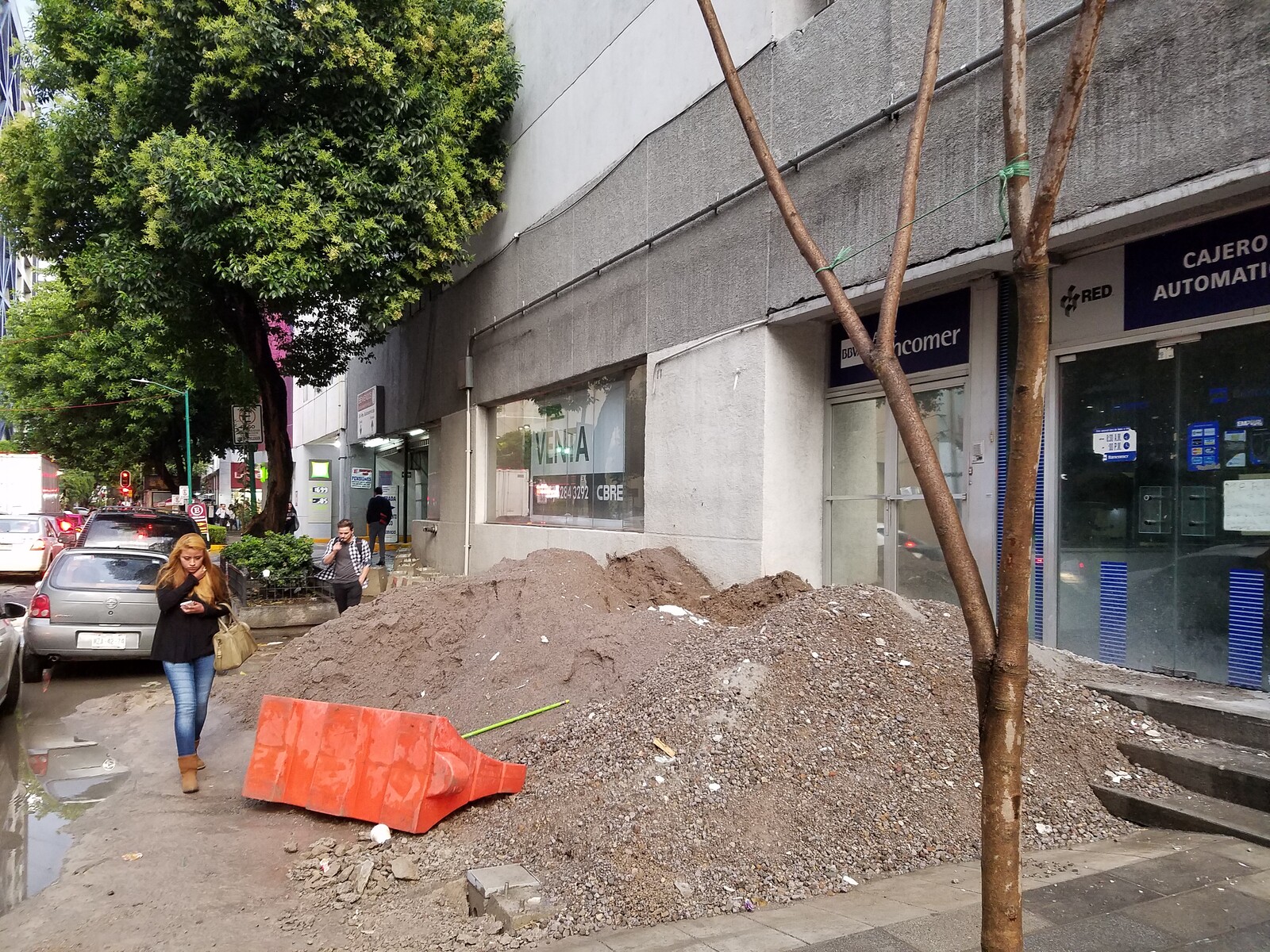
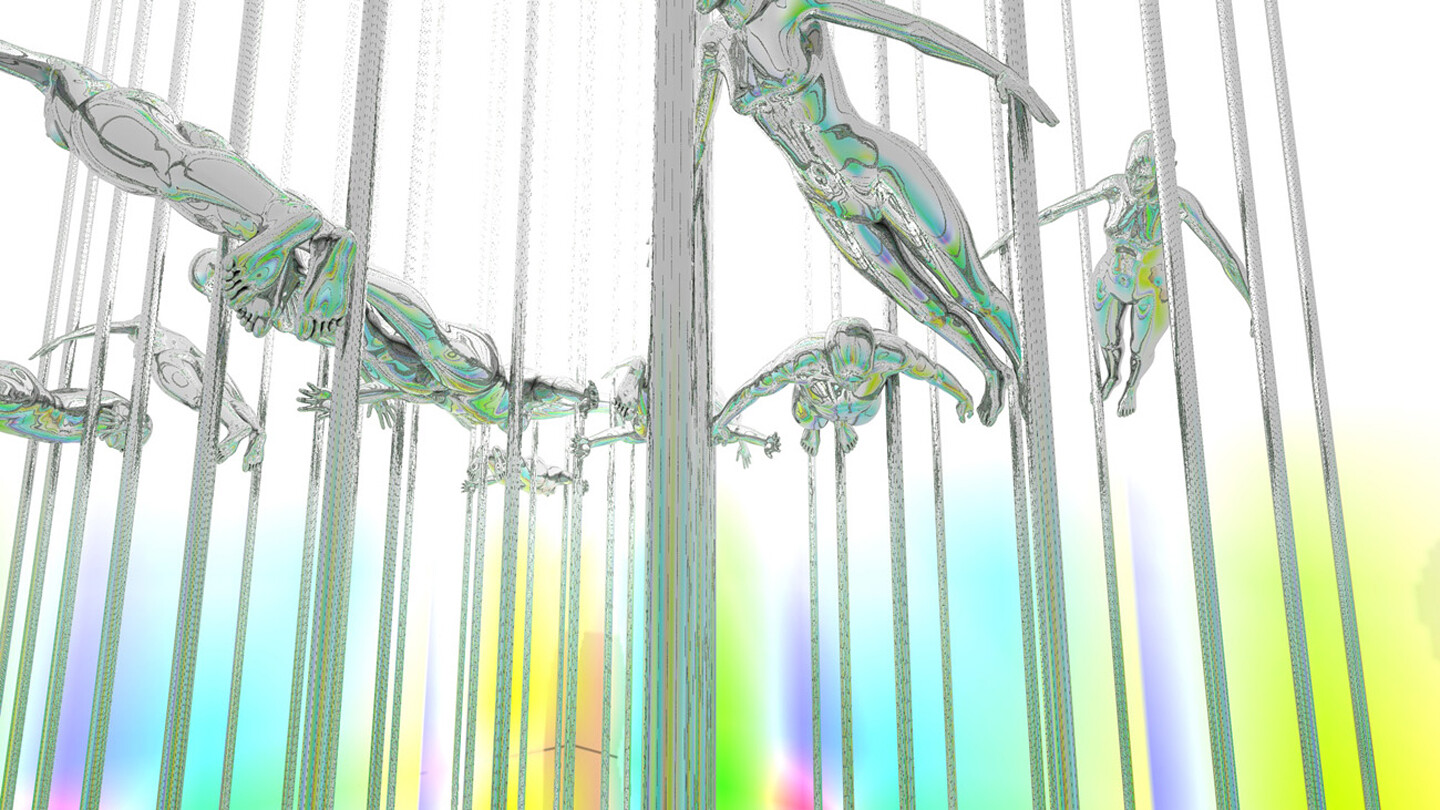
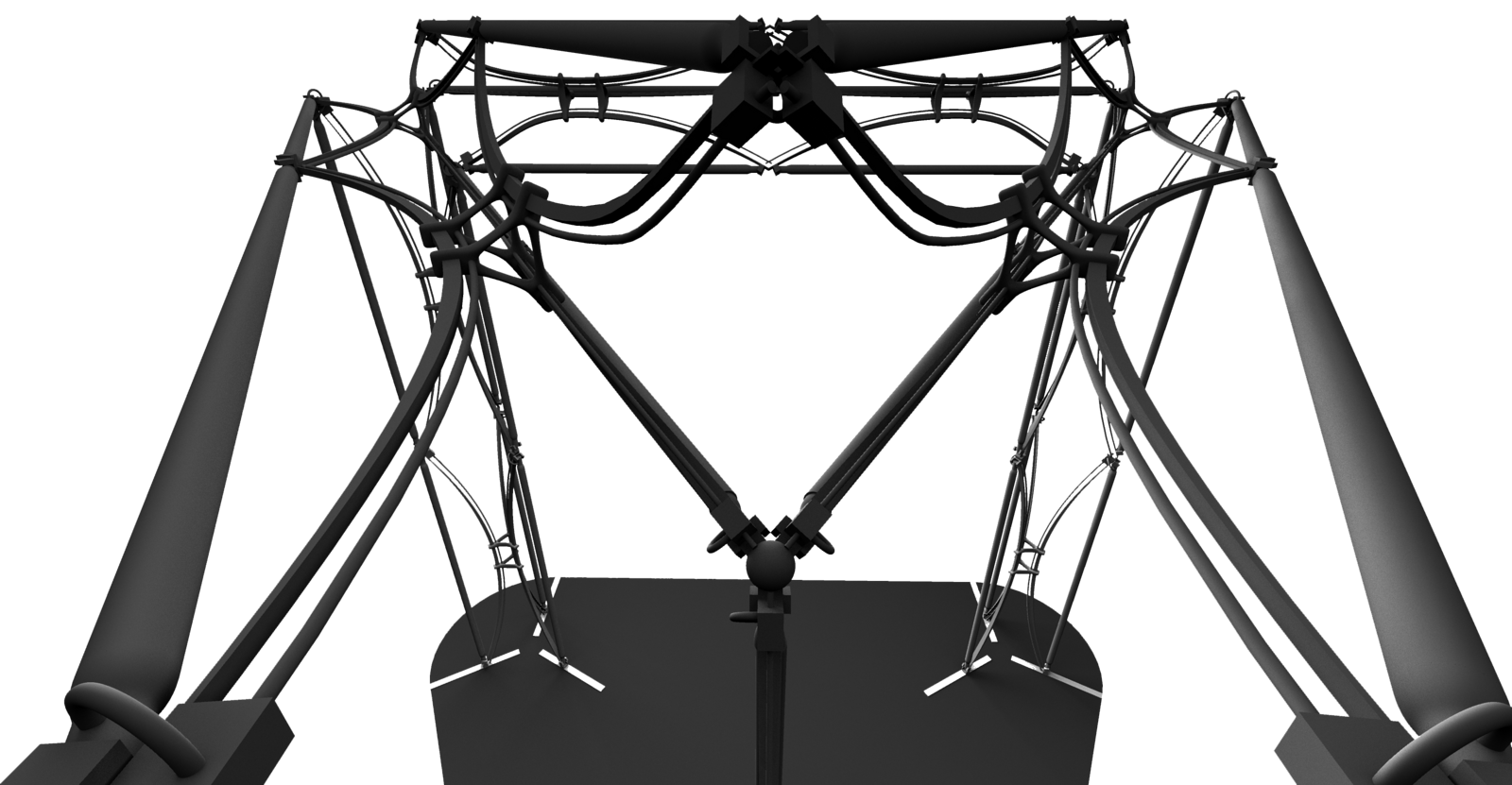

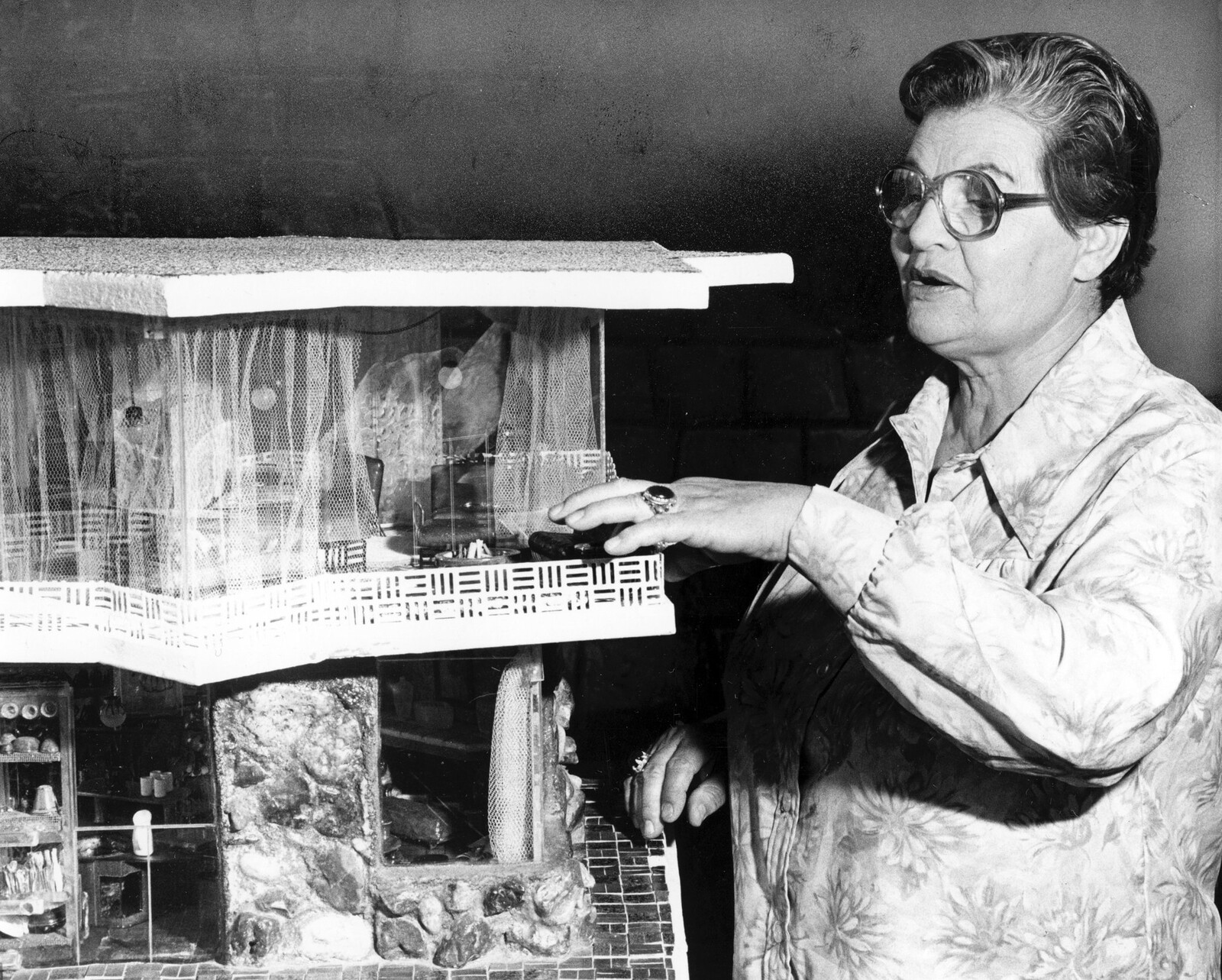
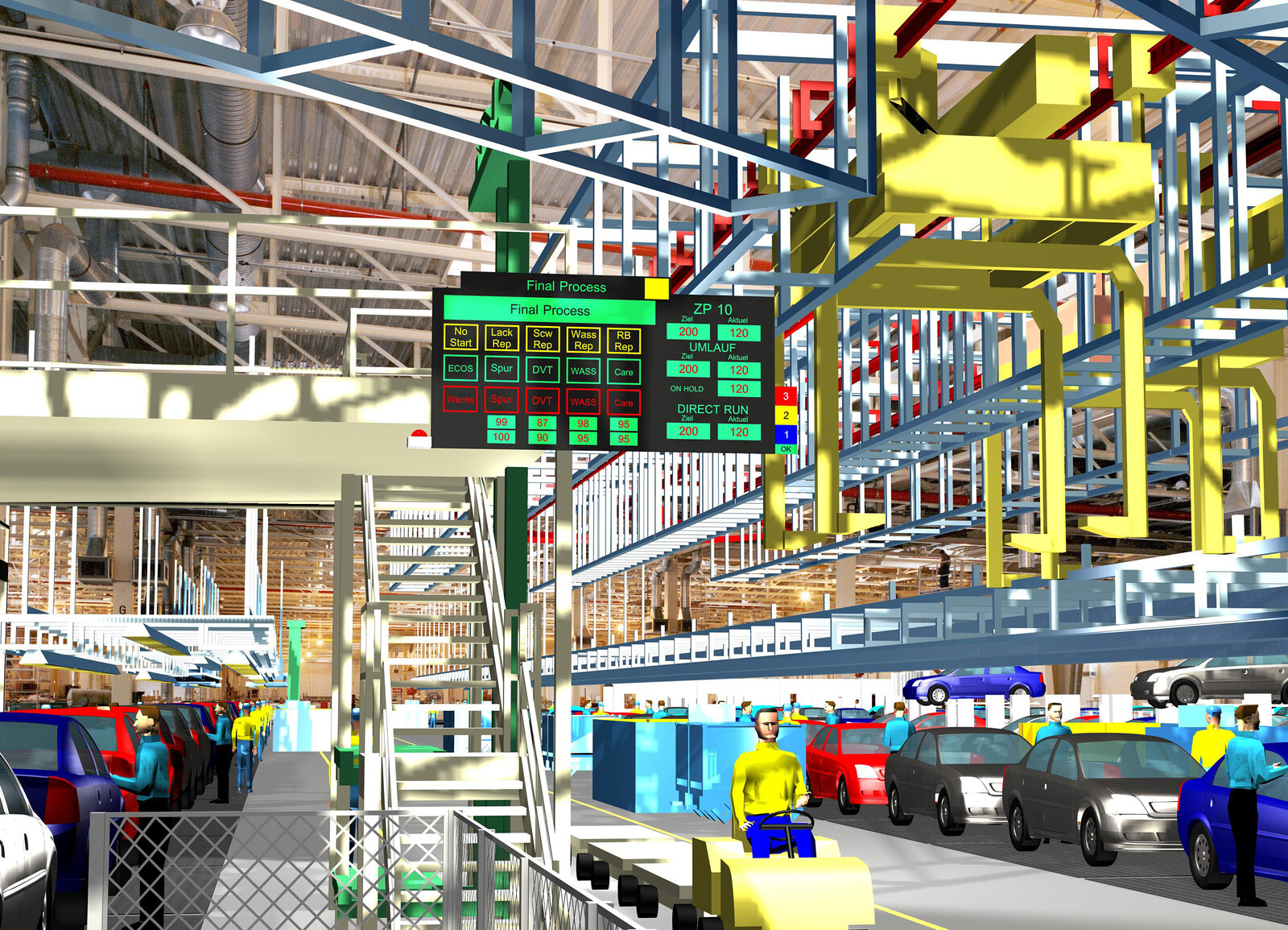
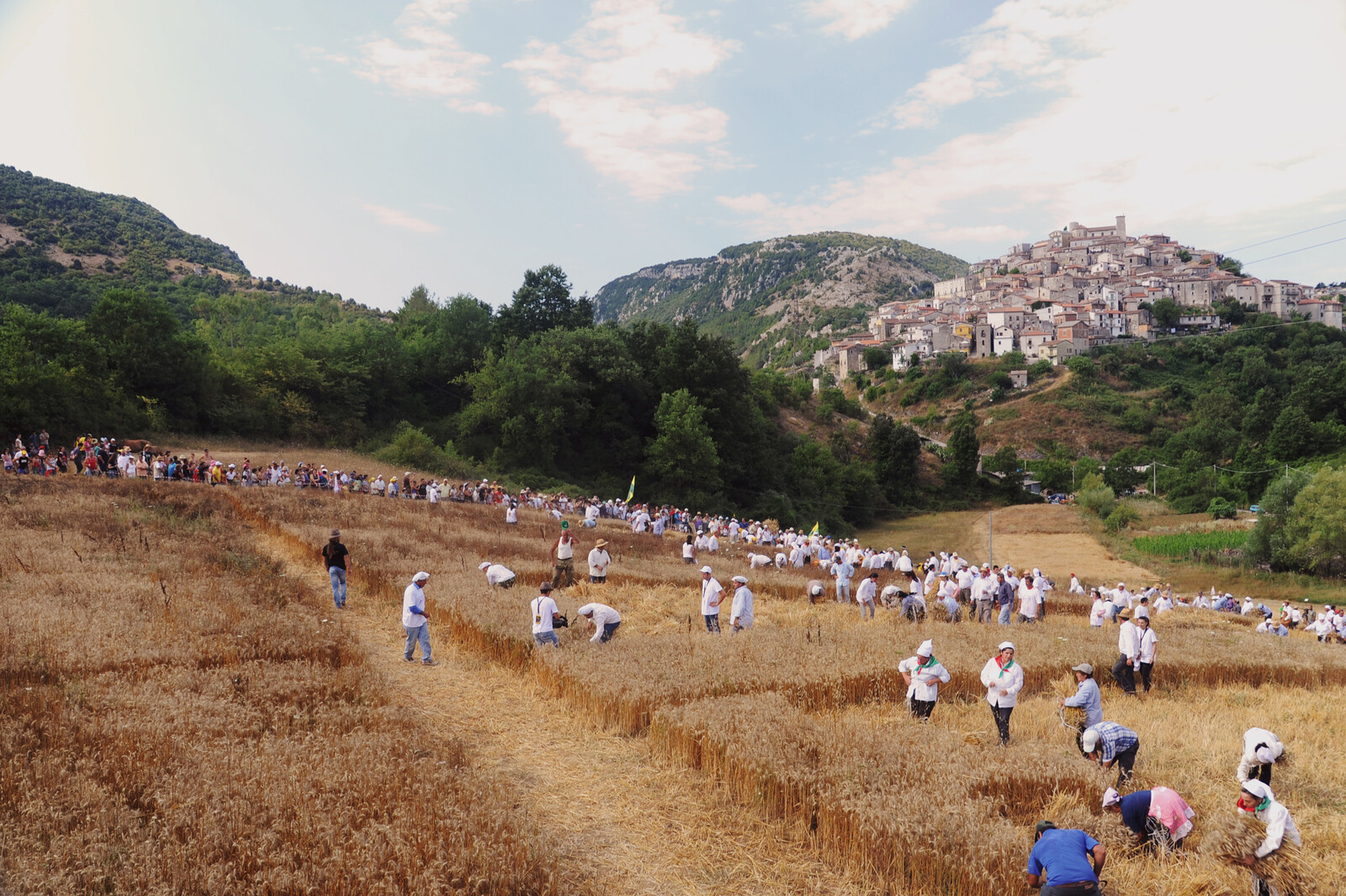
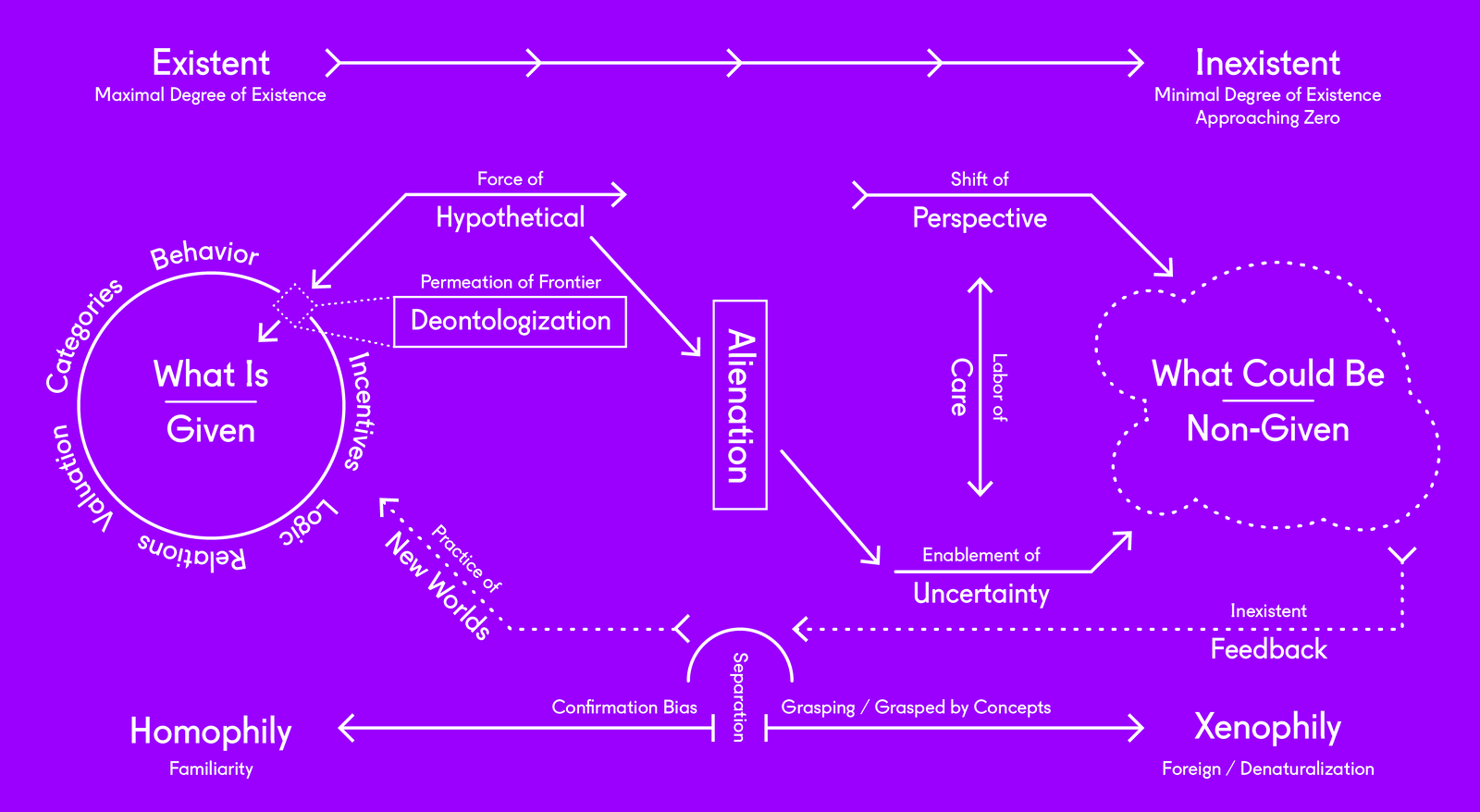
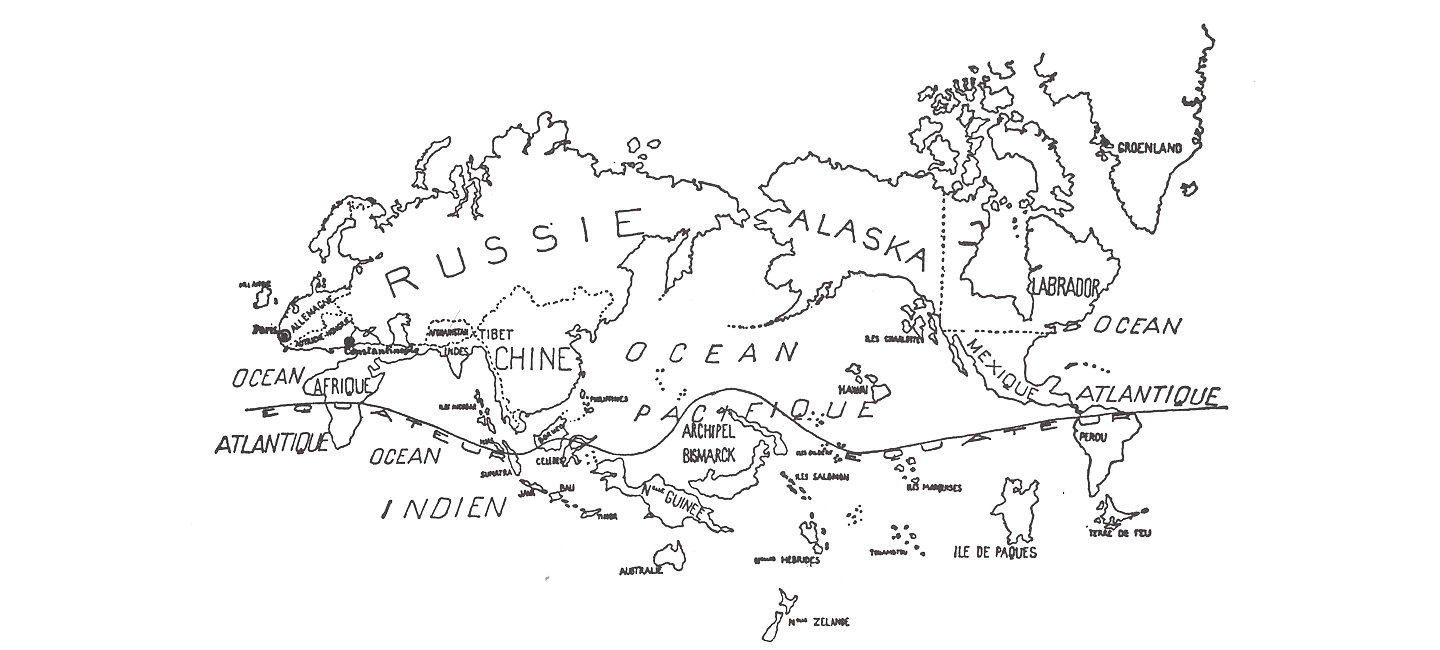
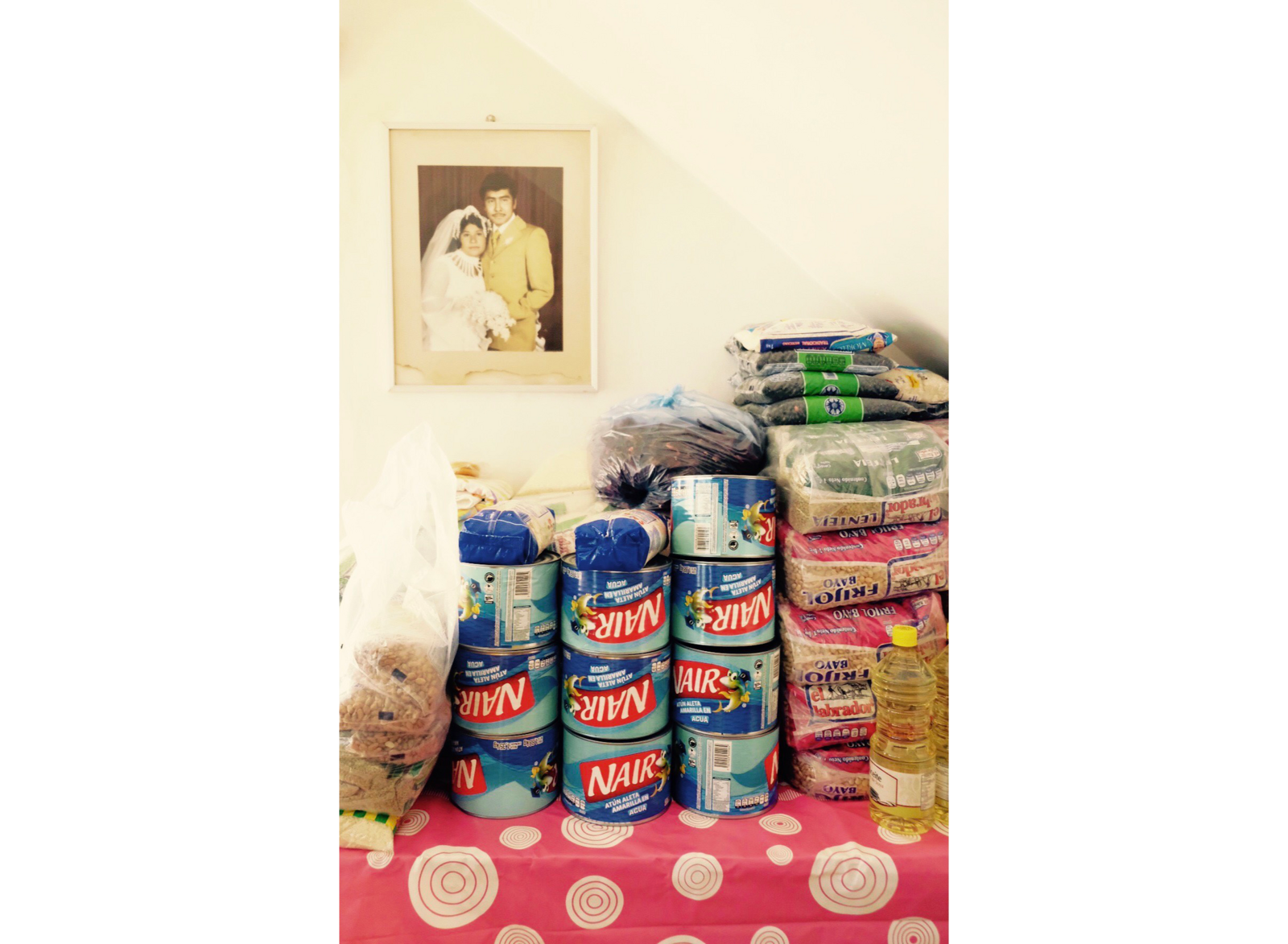
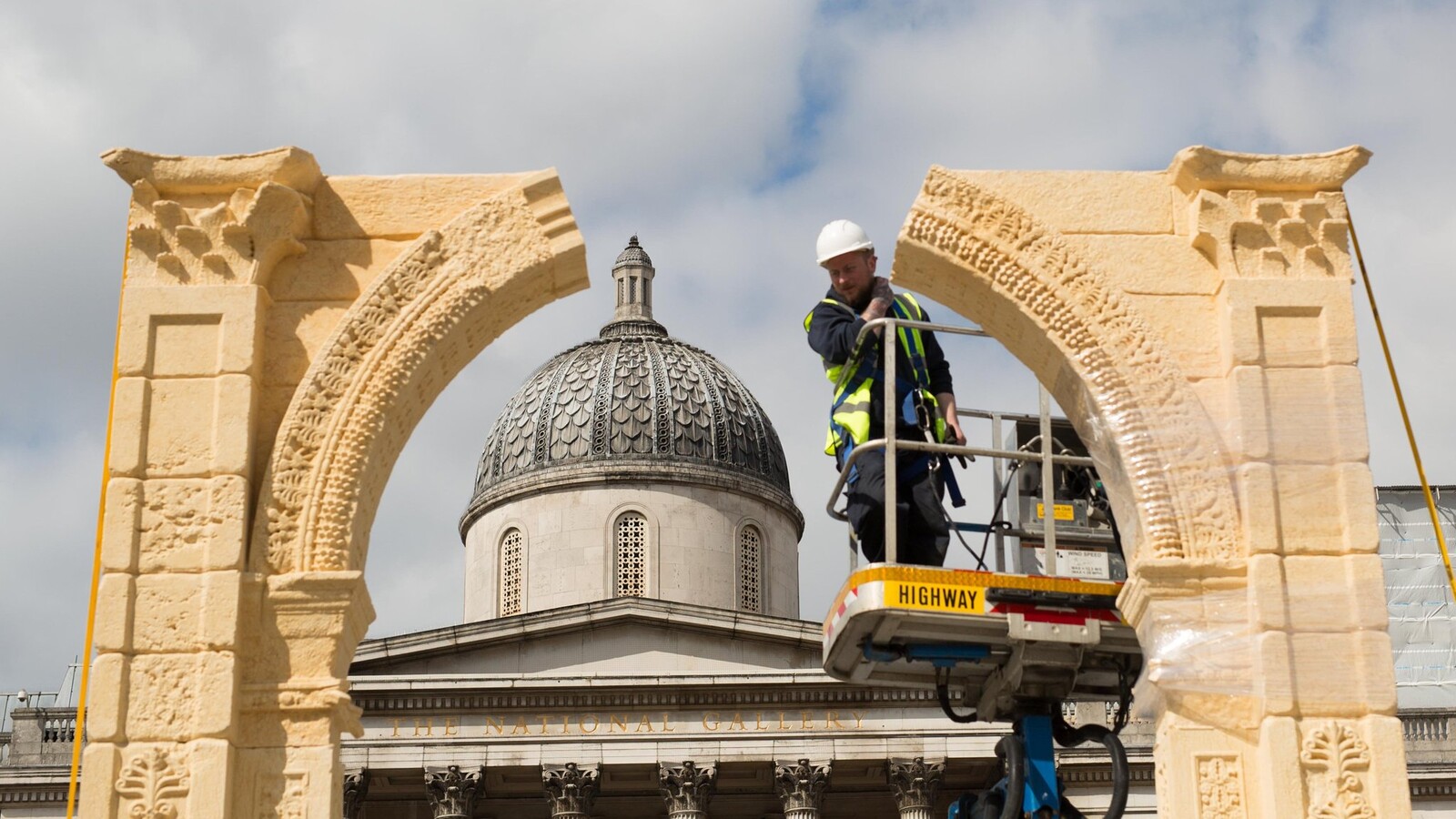
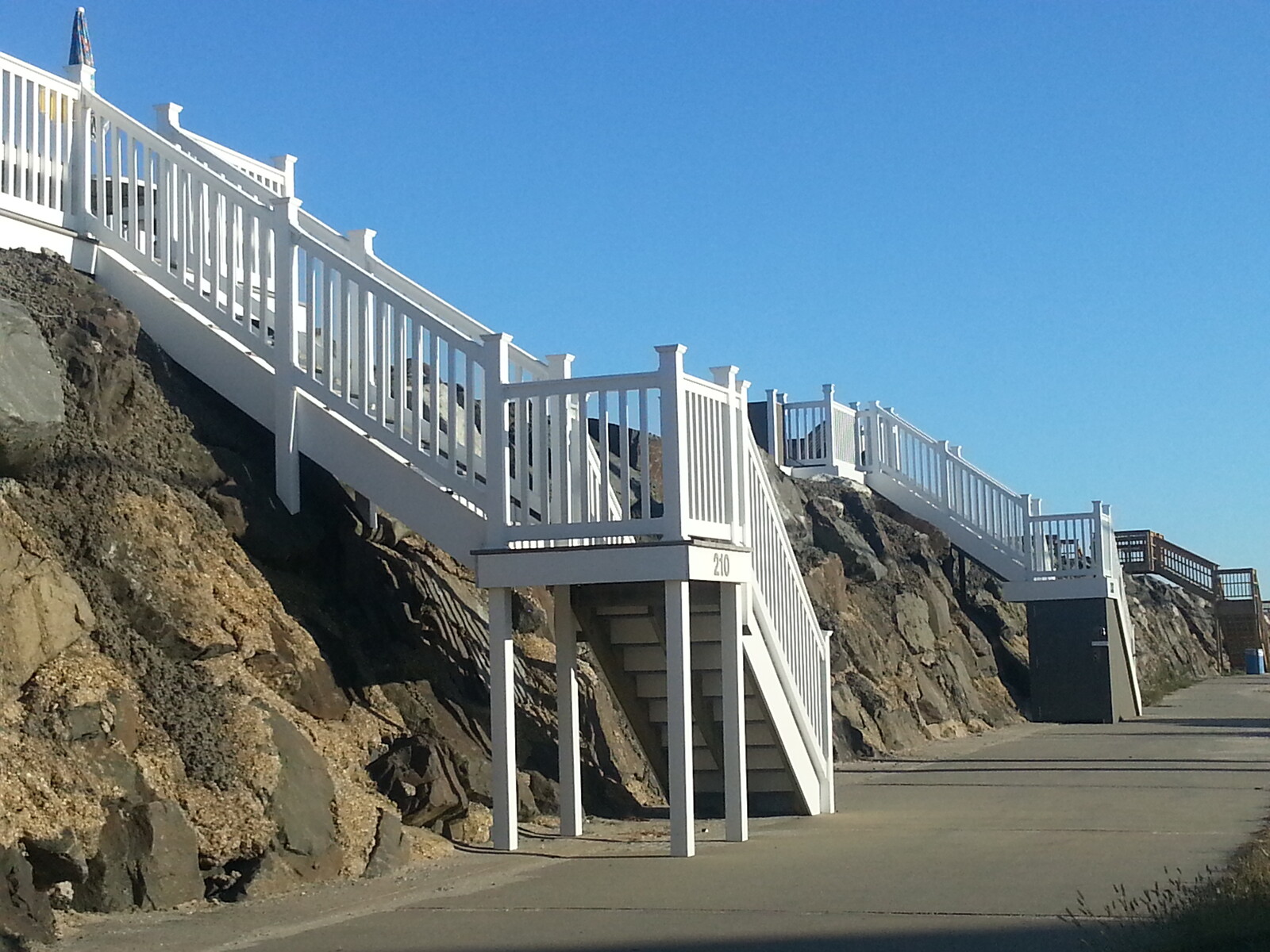


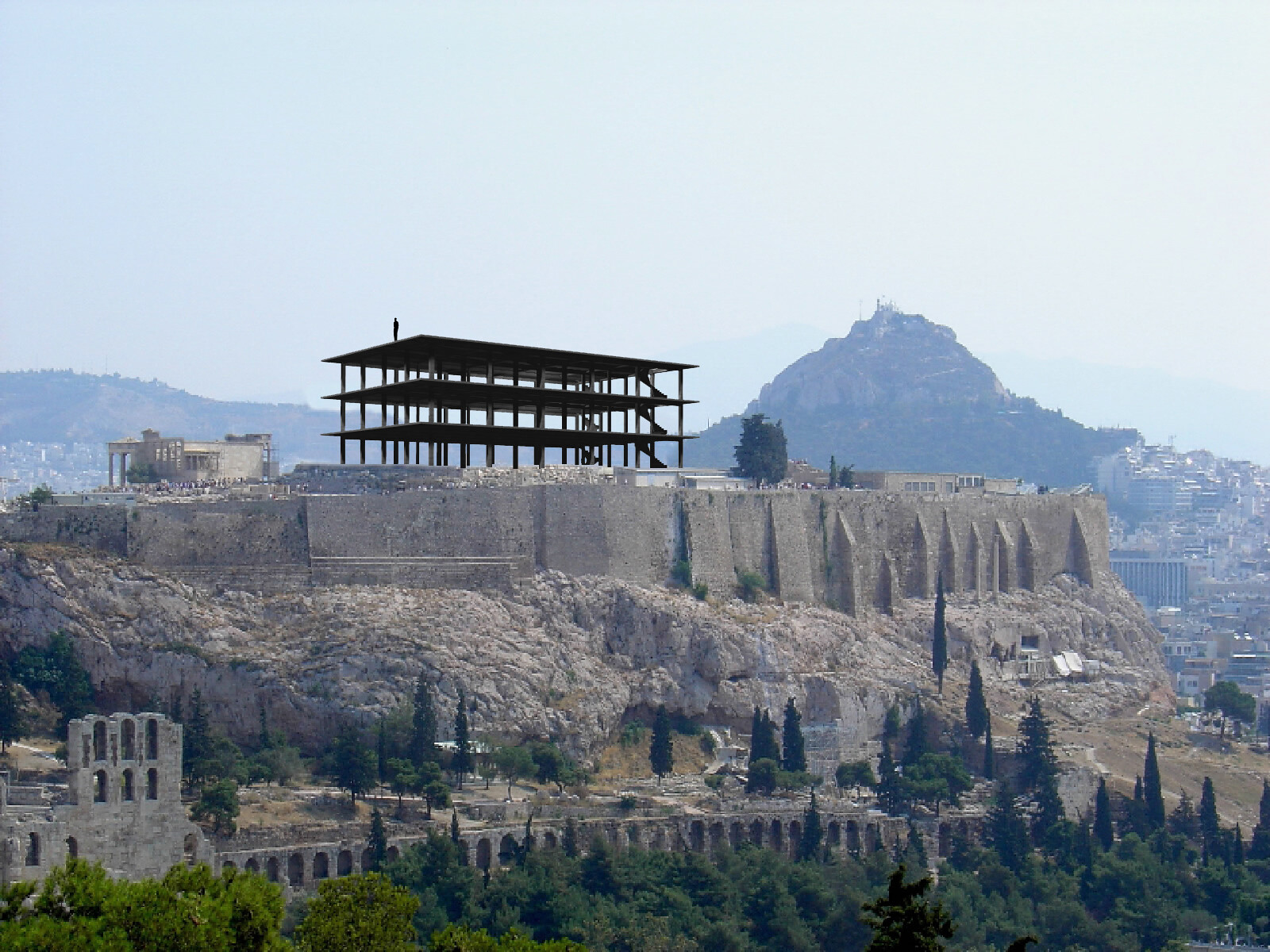
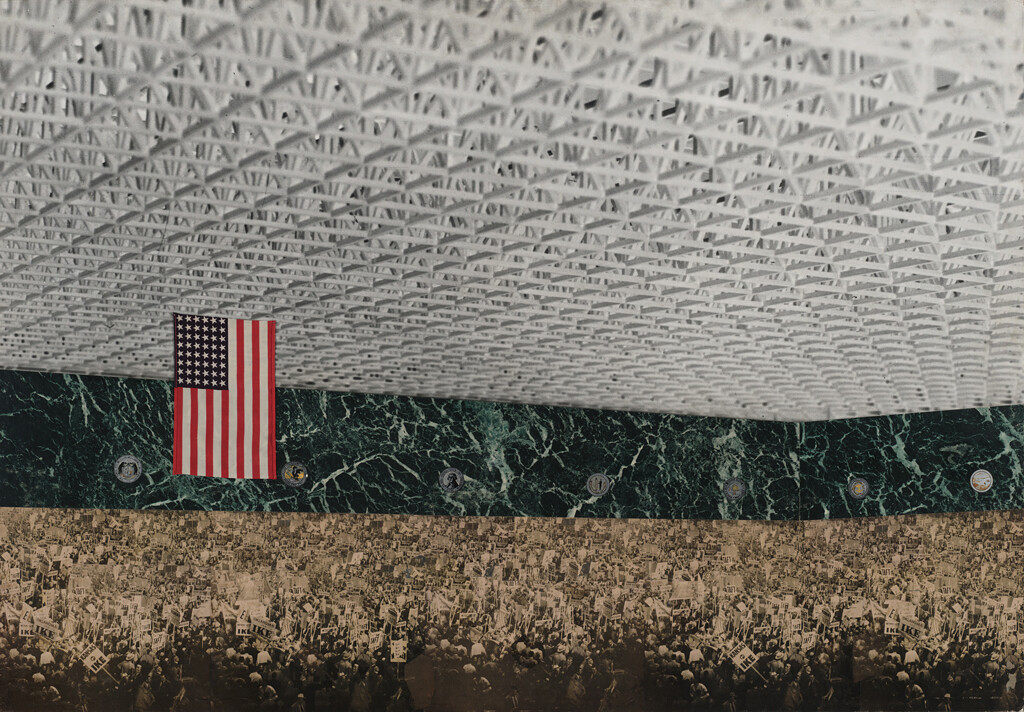
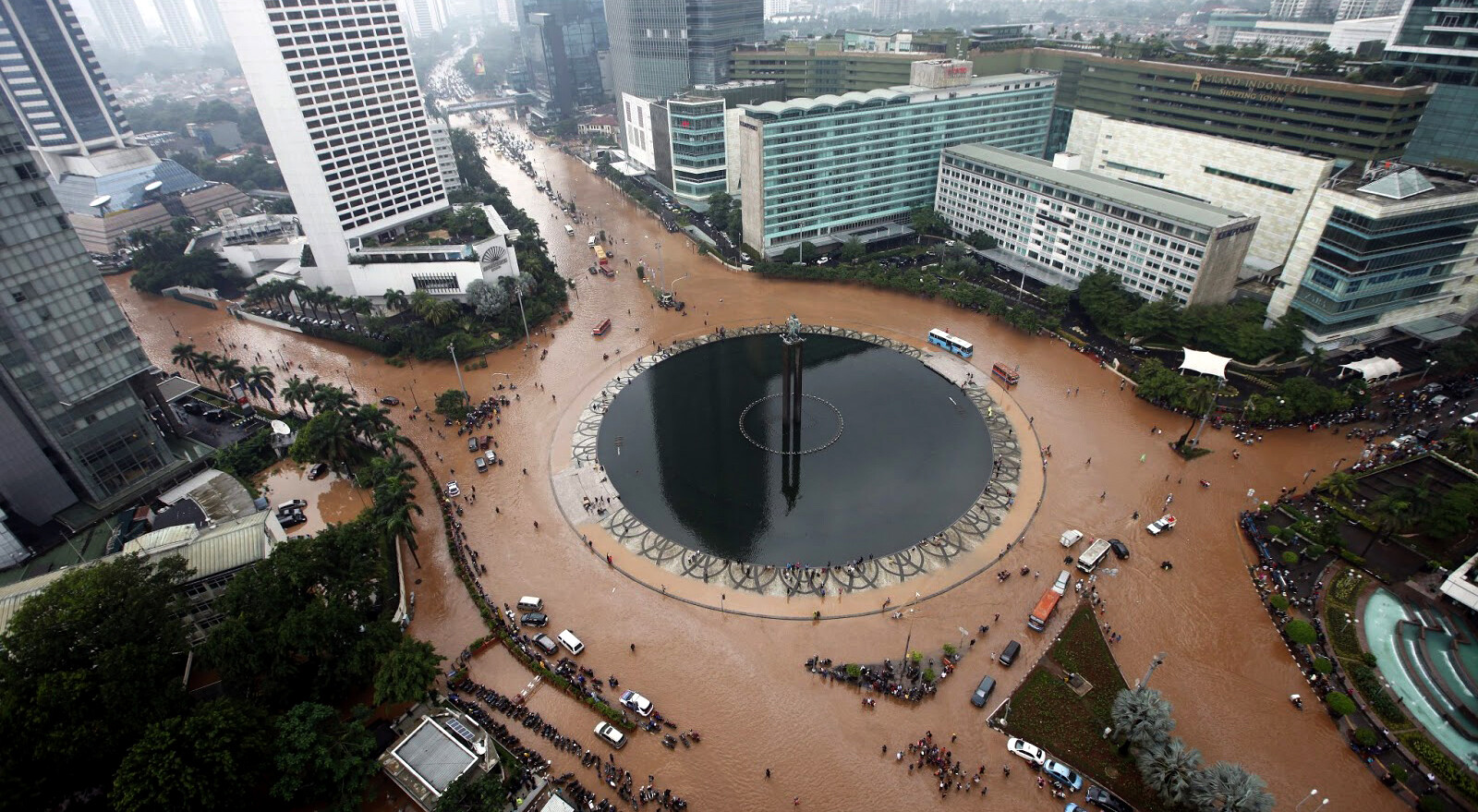


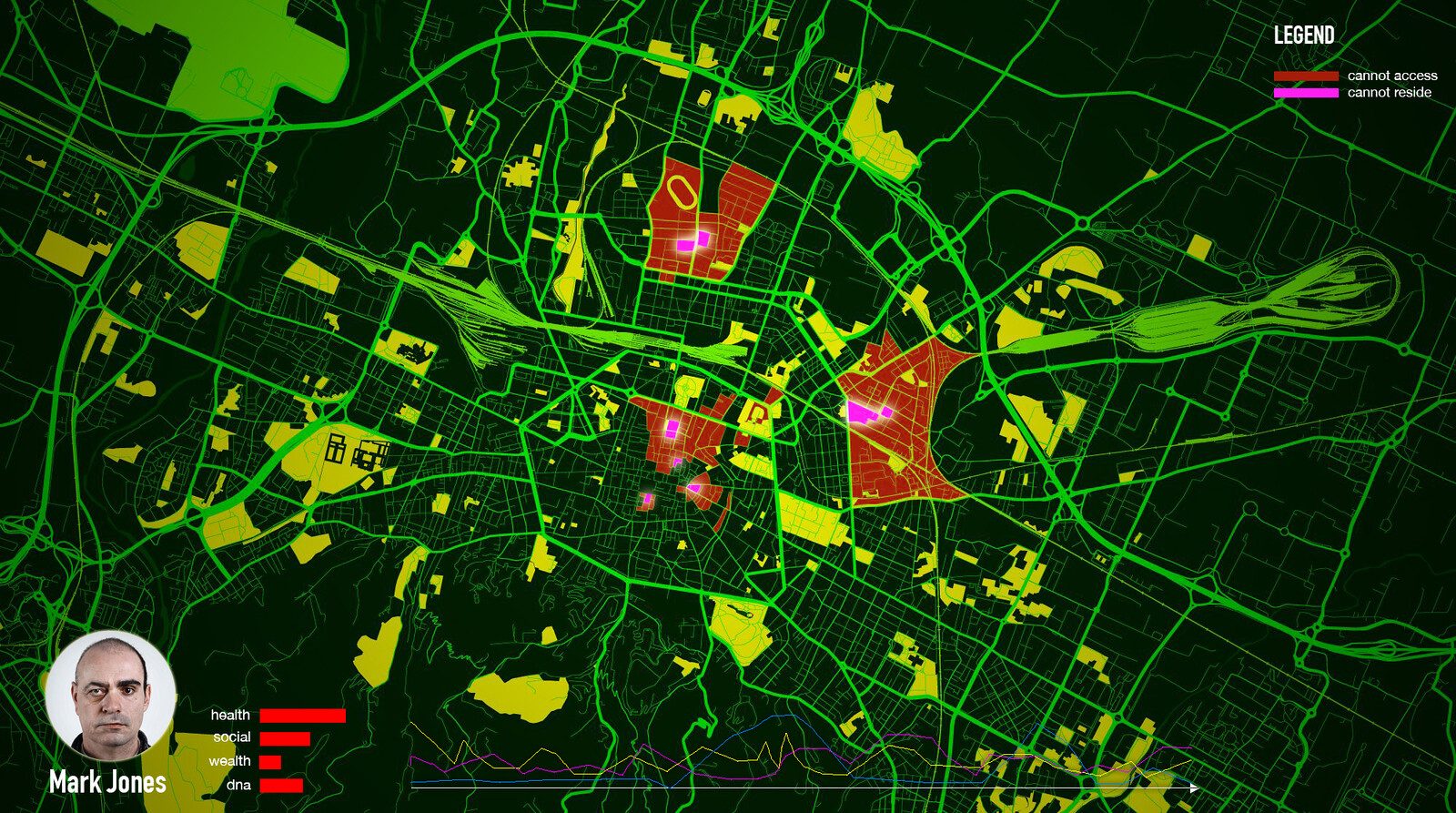
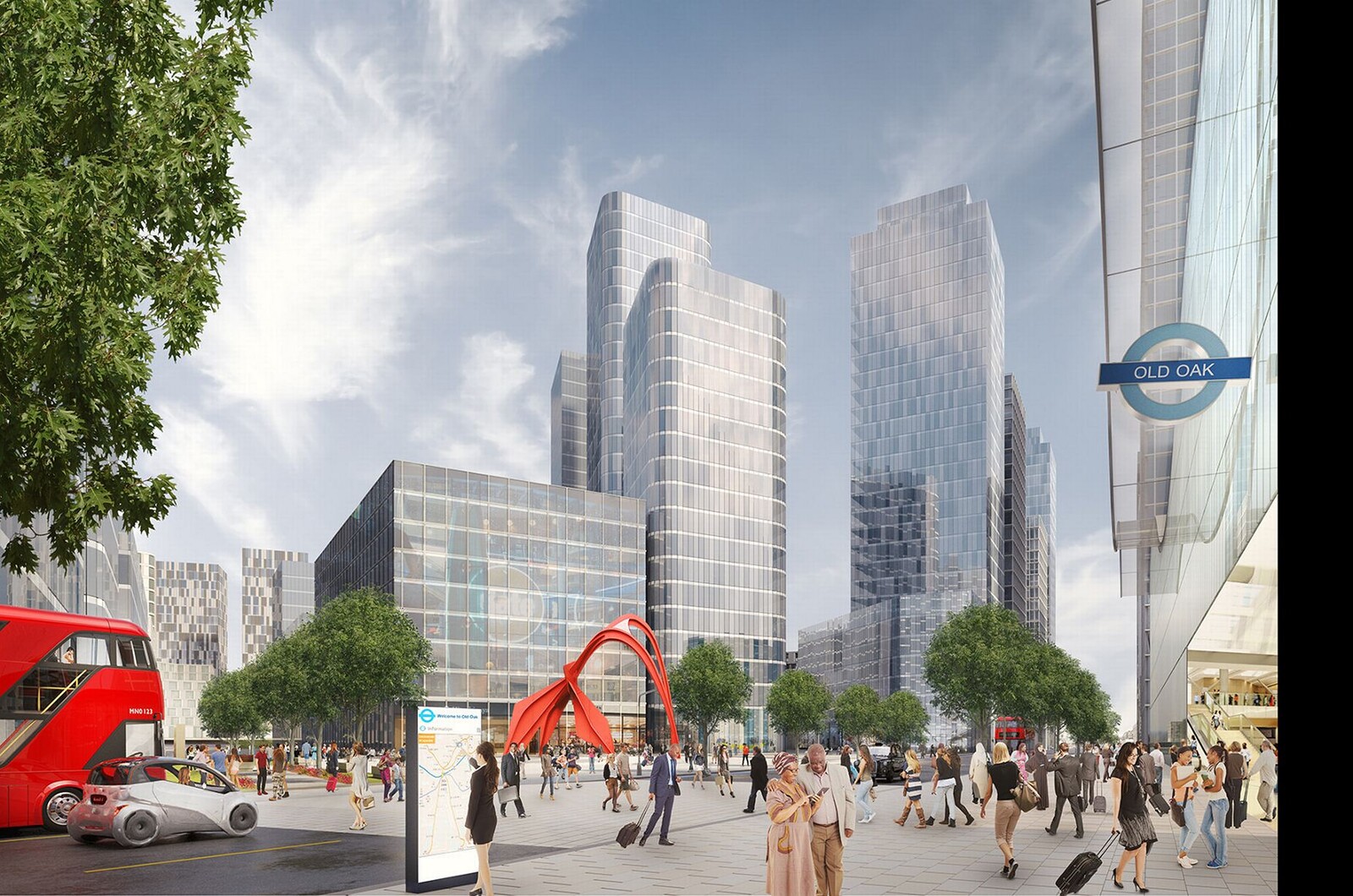

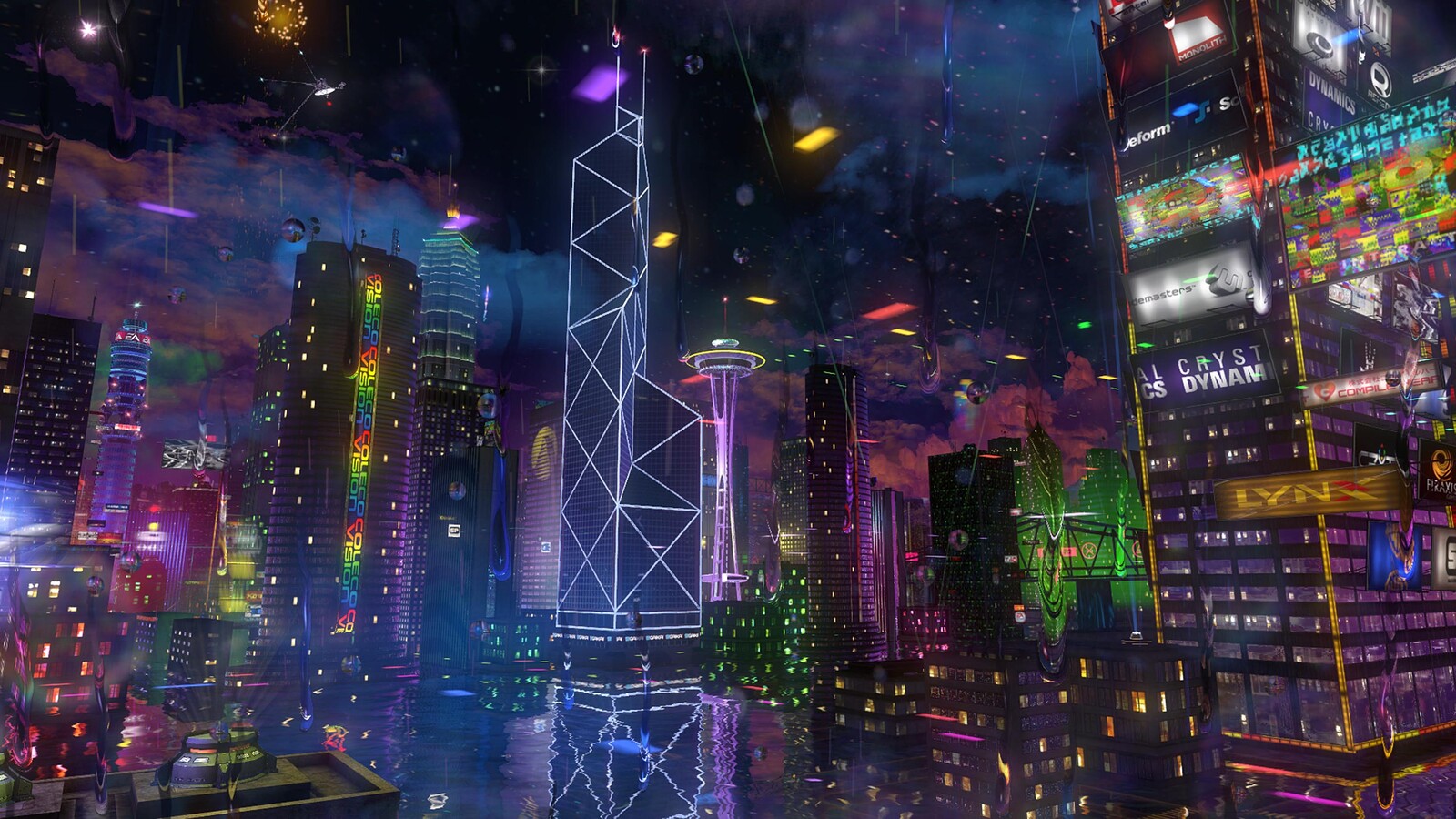
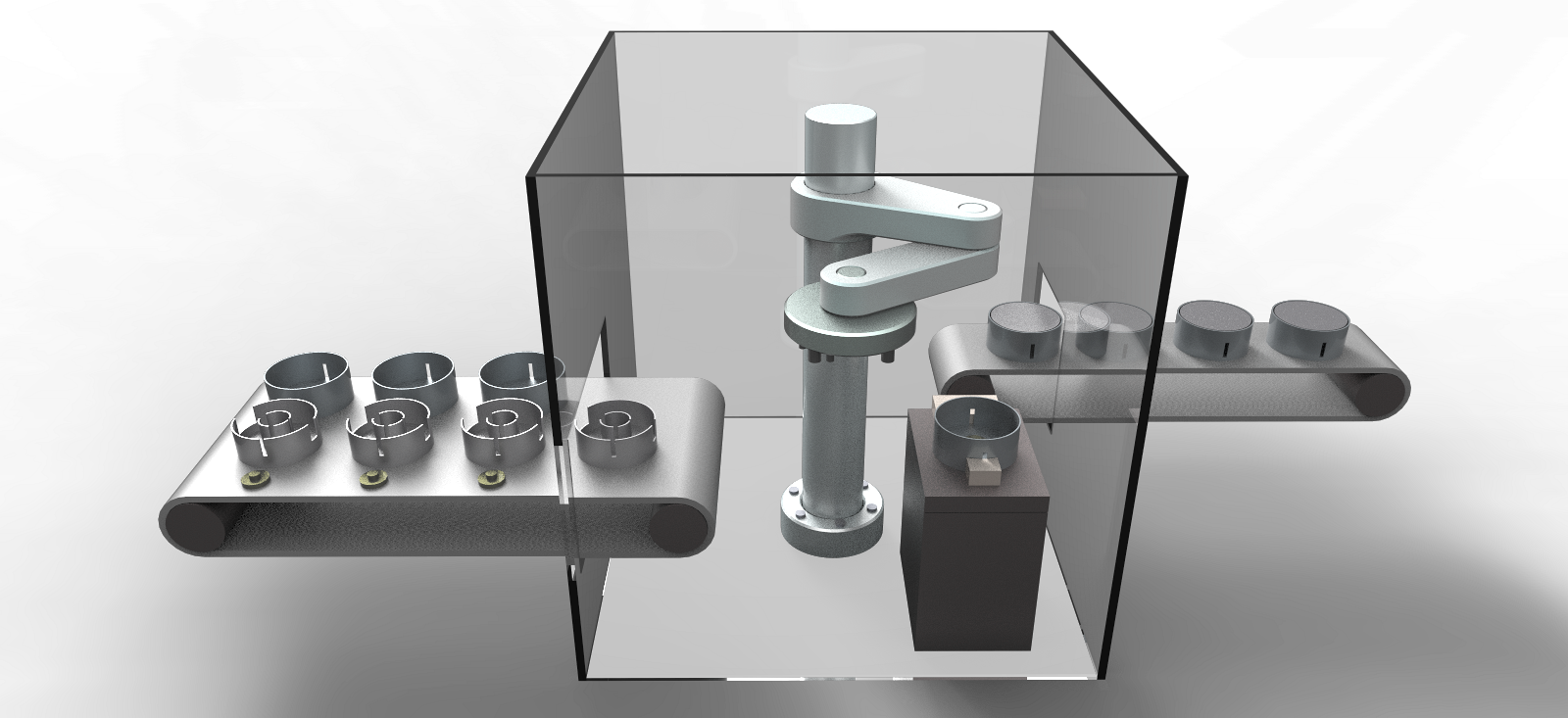
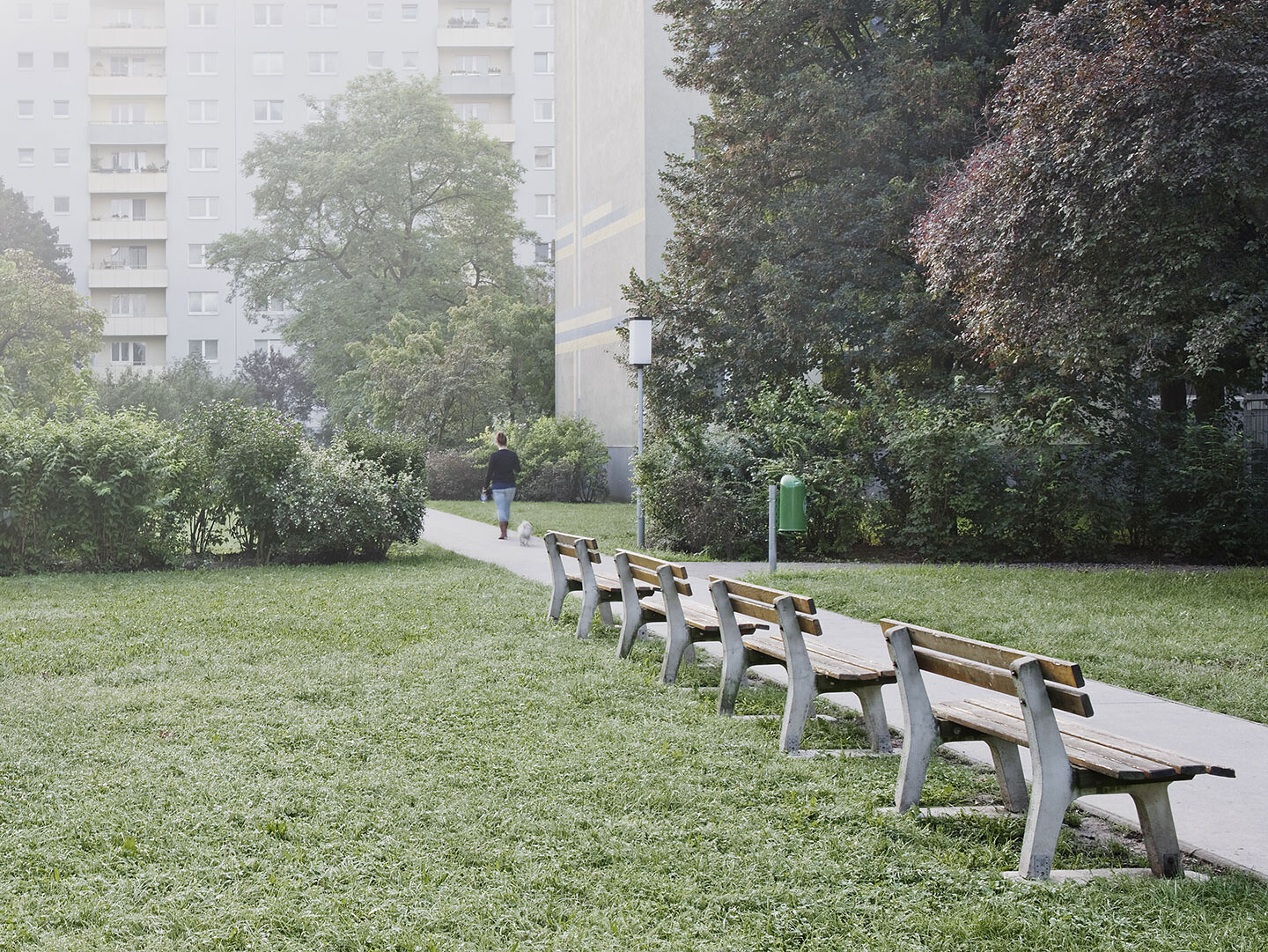
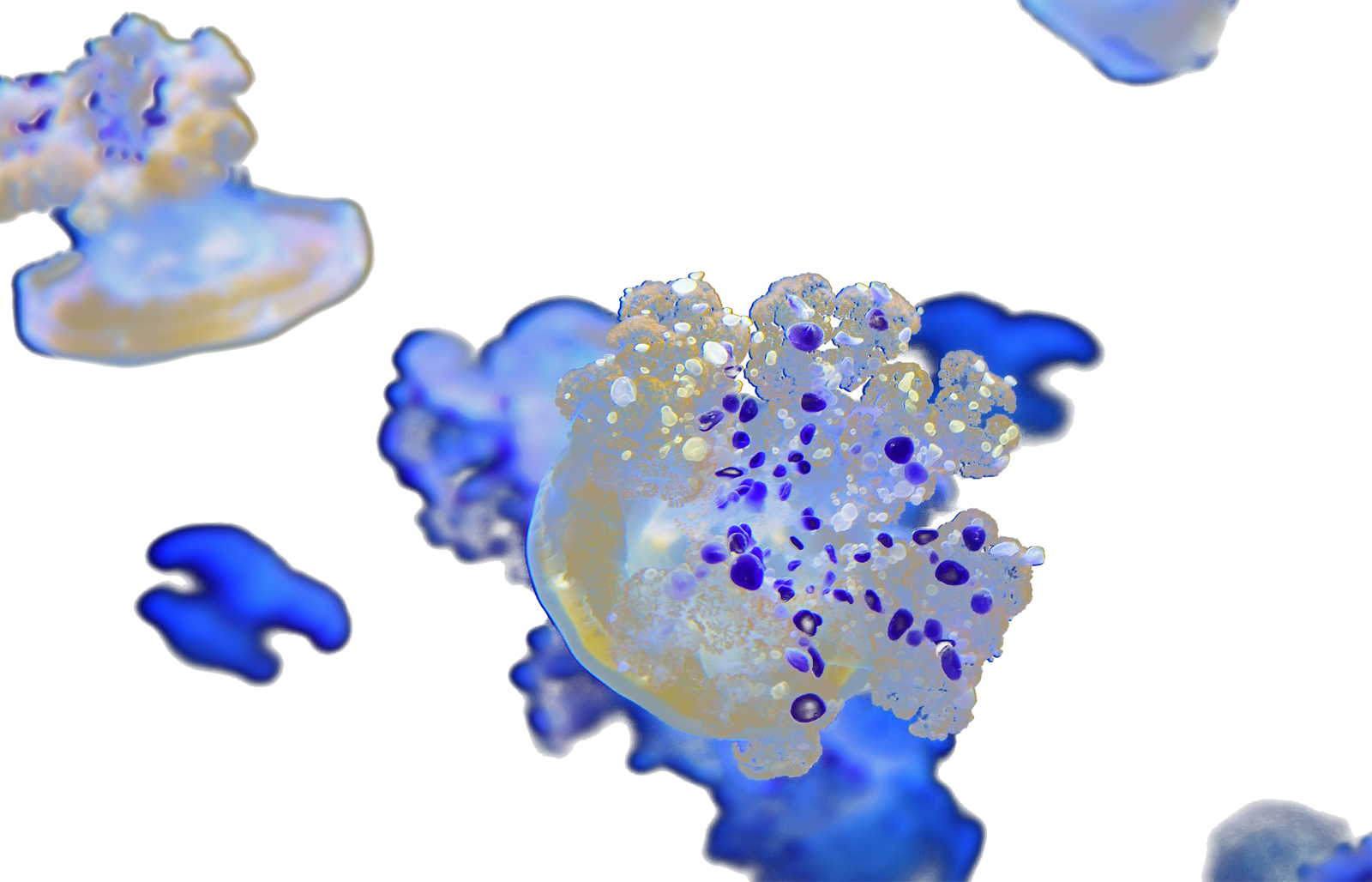
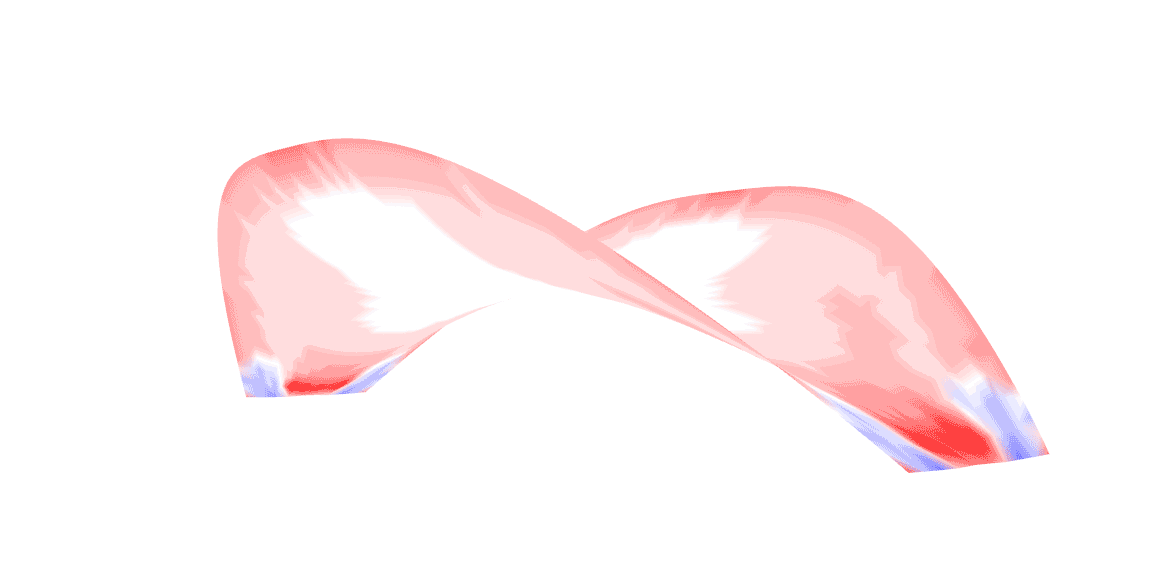
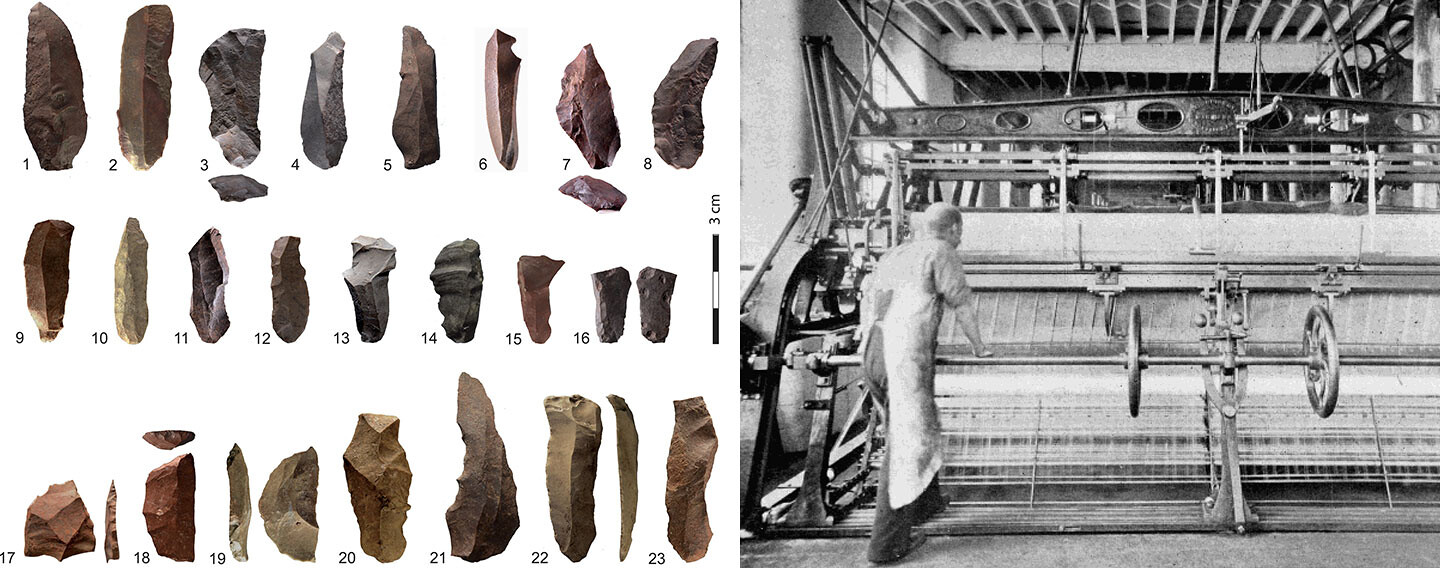
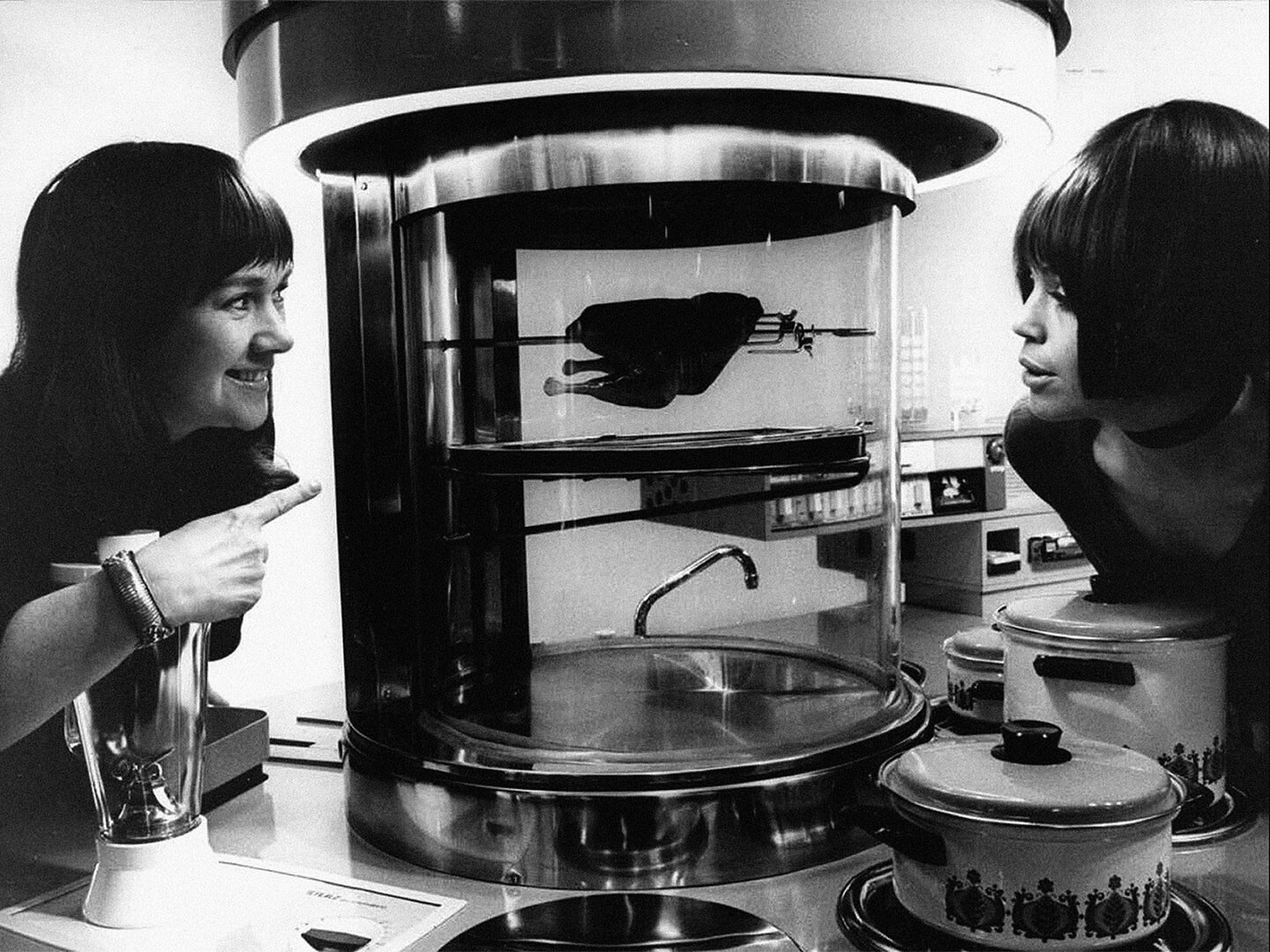
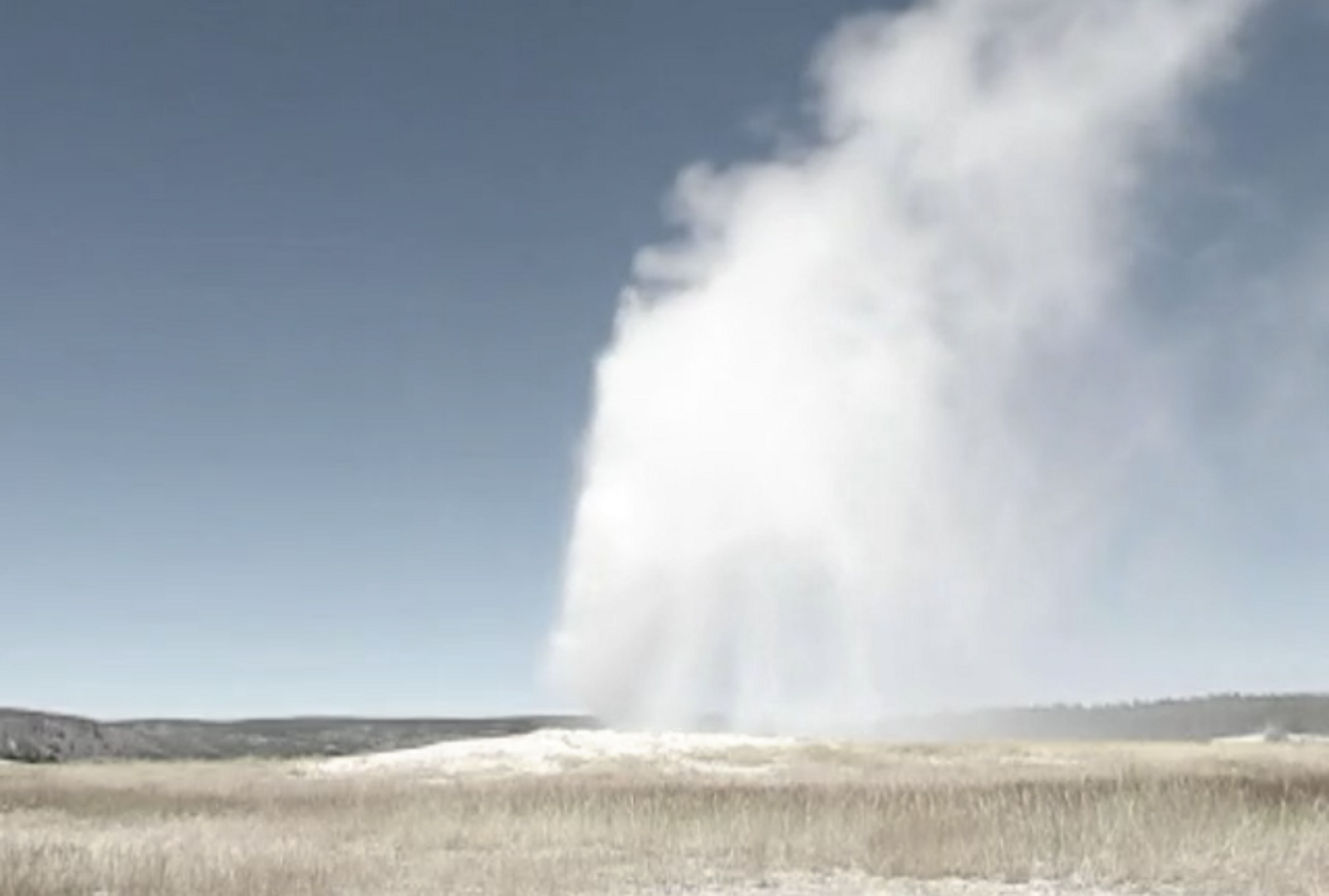
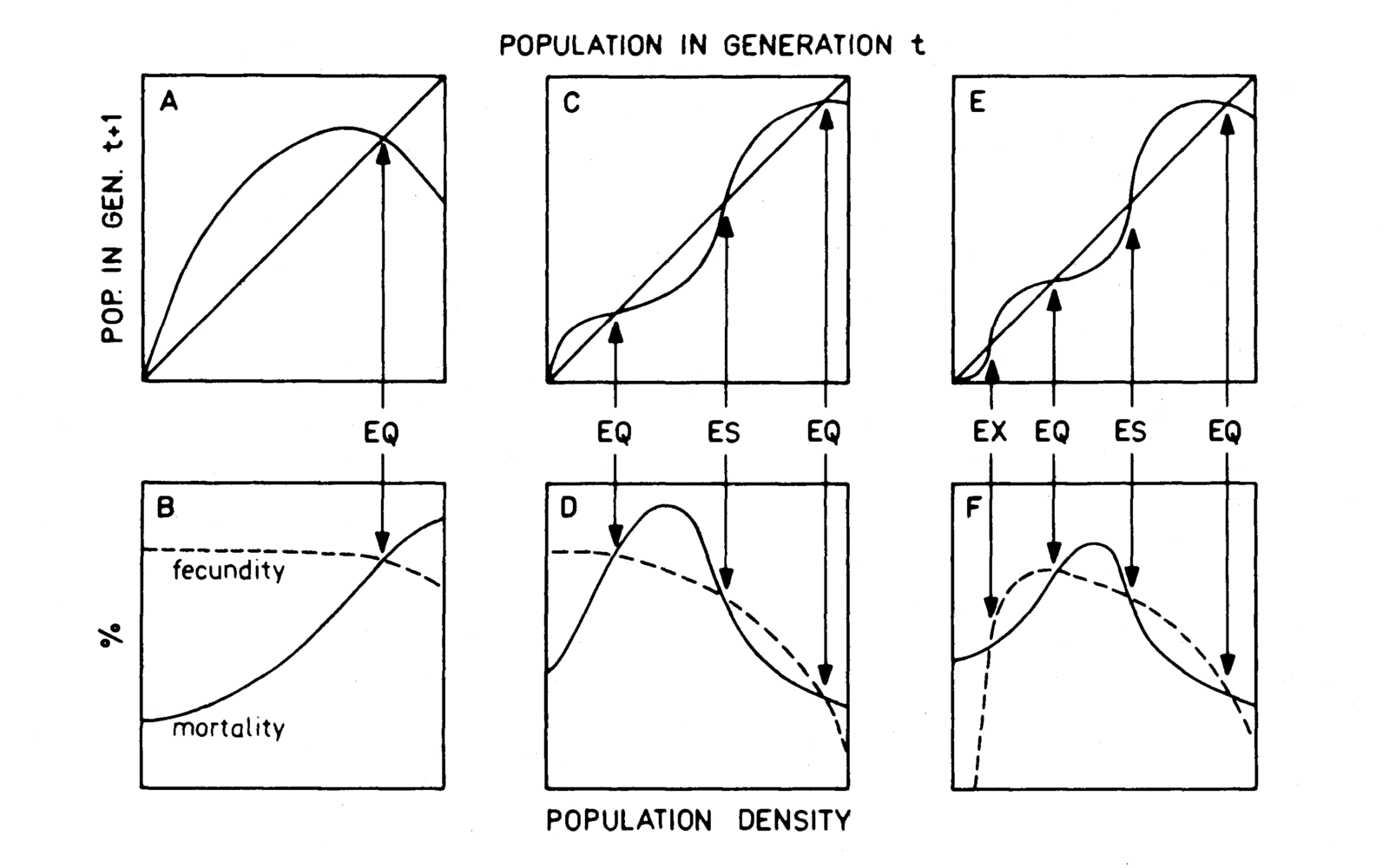
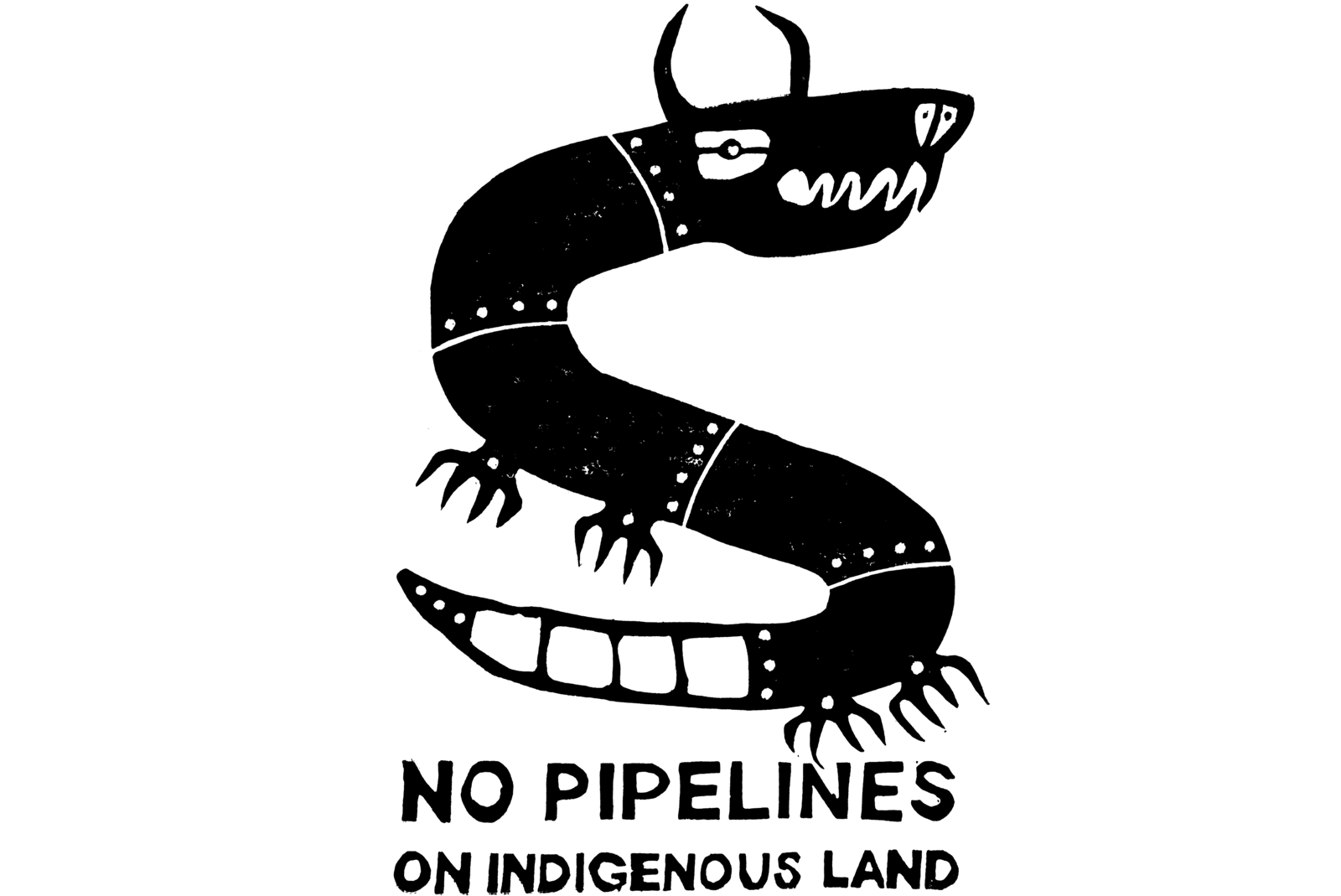

.png,1600)
